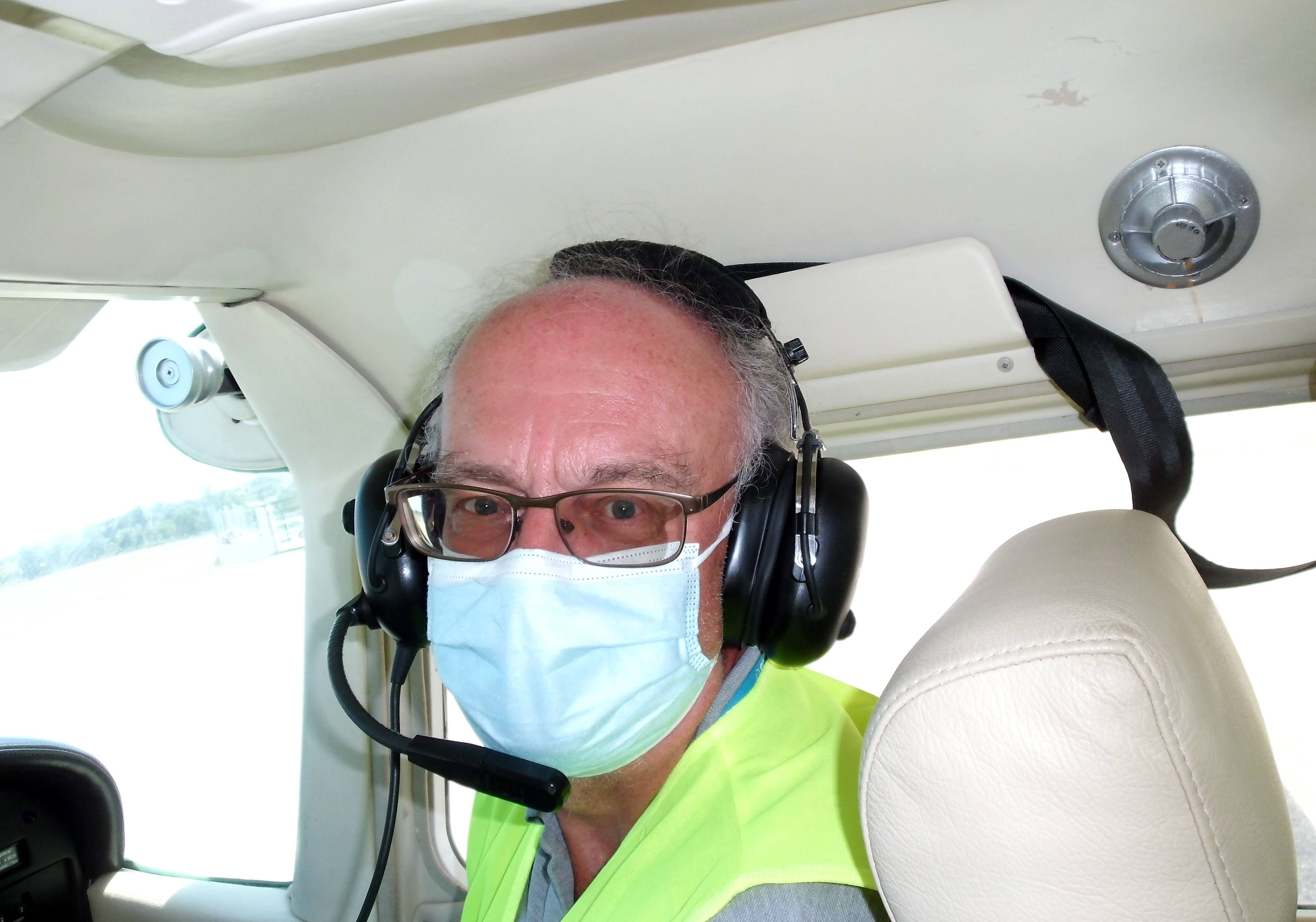Ed. Uppingham prev. a Manufacturer and Company Director prev exp 507 hrs. Owned a 1928 DH Moth G-AAAA, then a 1931 DH Puss Moth G-ABLG (which he bought from Margaret Fairweather) Address in 1939: 76 High St, Watford, Herts By the 6 Dec 1939, when he still hadn't started flying, he wrote to the ATA, "I was wondering if my Puss Moth (which is in tip-top order) would eventually be of use in the ATA, or do you advise me to try and sell it to be shifted overseas? I am still at the above address [Green Park Hotel, Bournemouth] waiting for your instructions when and where to report for duty." [His Puss Moth was impressed 18 Feb 41, and struck off charge for spares 12 Apr 44] Certificate of Commendation "After a satisfactory test flight at Kinloss, F/O Bush set off on the 19th December 1940, in a Boston for Prestwick. After about 25 miles the starboard engine failed and F/O Bush feathered the airscrew. He then returned to Lossiemouth and landed there. In spite of the fact that the brakes were out of action, the landing was made without damage to the aircraft. He had never flown the type before, and the ATA at that time could not provide handling notes." "He has beeen outstanding in the way he has worked, and the example he has set." "A competent pilot and a very good officer" 3 accidents, 1 of them his fault. d. 23 Nov 41 (Died in ATA Service) - Liberator AL562 engine caught fire and crashed into the sea south of Burrow Head, Wigtownshire, en route Prestwick to Hawarden. 2nd pilot, F/O EE Uhlich (USA) (q.v.) also killed. 'Gen' Genovese (q.v.) wrote later that "the ship was one of the first Liberators in England, but ... through some grim blunder on someone's part the anti-aircraft crew had not been advised of its being a new addition to the British Air Force. Elmer Ulich (sic) was shot down and killed by British anti-aircraft fire." The official accident report says "Insufficient evidence to establish cause but thought to be through bad weather causing aircraft to catch fire in the air." The ATA insurers paid his mother Edith and sister Violet £2,000. buried Maidenhead Cemetery |
A Bank Clerk in 1927; RAF Flying Officer 1928-30 m. Emily Mary Rawstron in May 1938: "The many Bedford sportsmen who remember R. D. Cotton, the Old Modernian, will wish him well in his married life. Last week Mr. Cotton married Miss E. M. Rawstron, of St. Anne’s, Lancashire, at the Parish Church, Lytham St. Anne’s. Ralph Douglas Cotton, who is a flying and physical training instructor, played Rugby football and cricket for the Bedford Modern School about twelve years ago, and was also prominent as an athlete. In the Public Schools Championships in 1926 he won the pole-vault challenge cup at nine feet, and four years later he pole-vaulted for England. On leaving school Cotton’s prowess as a centre-threequarter was soon recognised by the Town Club. He played many fine games for the Blues and also for the East Midlands. On moving north he won a place in the Lancashire fifteen. He has also played for the Royal Air Force, and is at present a member of the Fylde R.U.F.C. He is a member of the Blackpool and Fylde Aero Club. Mr. Cotton is the only son of the late Mr. J. B. Cotton, and of Mrs Cotton, 16 St. Leonard’s Road, Marton. His wife comes of a well-known St. Anne’s family, being the third daughter of Mr. Arthur Rawstron. Alpha House, St. Andrew’s South. Mr. and Mrs. Cotton will live at Old Farm House, Little Poulton, Poulton-le-Fylde." [Contract Terminated by ATA 7 Jun 1941 - Disciplinary Reasons] Flying Instructor in Egypt post-WWII Landlord of the Golden Cross Hotel, Marlbrook, near Bromsgrove in 1956 and of the Old Cock Hotel, Halifax, in 1961. d. Jan 1986, Bedford |
Father: Emile Beaumont d'Erlanger (French, naturalised British in 1890) Ed. Eton m. 1928 American pianist Edythe A [Baker],
[divorced] ; m. 1937 Gladys F [Sammut], 3 children prev. a Banker, Director of British Overseas Airways prev. exp. 670 hrs Address in 1939: Lane Farm, Cherry Garden Lane, Nr Maidenhead. 6ft 2in tall, 'scar on left side of neck' Postings: White Waltham Although he was the Creator and Commanding Officer of the ATA, d'Erlanger insisted that he (and all his station commanders) flew as often as possible. In fact, he was deemed responsible for one accident: - 31 Oct 1942: Typhoon Ib R7880 hit a ridge during take-off, he failed to control the resulting bounce and the propeller touched the ground. He flew 54 different types of aircraft during his time with the ATA; everything from a Horsa glider up to Sunderlands and a Catalina. His instructors reported him a "safe good average pilot", but said his "aerobatics were poor". However, he showed a "real appreciation of the difficulties that can be encountered on flying boats." CBE in 1943 Chairman of BEA from 1947; Chairman of BOAC from 1956 - he said his aim was to make it the "most formidable and outstanding airline in the world." d. 15 Dec 1962 - London |
Ed: Bletchley Grammar School, then Manitoba University 1914-16 3rd Canadian Mounted Rifles; 1916-1930 1st Lieut., Canadian Machine Gun Corps; prev. an aviation journalist, on the staff of 'The Aeroplane'; had flown about 110 types of aeroplane Seconded to AtFero 20 Mar 1941 d. 10 Aug 1941 (Died in ATA Service) - Liberator AM261 crashed into Goat Fell mountain on Isle of Arran after take off from Heathfield, Ayr (22 killed - 5 crew and 17 travelling as passengers) 9 of the victims were Canadian, 5 British, 7 American, and one was an Australian. 11 of the victims were pilots: Josiah James Anderson (Can), Daniel J Duggan (US), Watt Miller King (US), George Thomas Harris (US), Hoyt Ralph Judy (US), John James Roulstone (US), Harold Clifford Wesley Smith (Can), Jack Wixen (US), Capt. Ernest R. B. White (BOAC, ex-Imperial Airways), F. D. Bradbrooke, and John Evan Price (Aus). 10 radio operators, including Albert Alexander Oliver, George Herbert Powell and Herbert David Rees from BOAC, and one Flight Engineer, Ernest George Reeves (US), also lost their lives. Flight said: "Canada shares with Great Britain the loss of Capt. F. D. Bradbrooke, who, although born in Worcestershire, has spent many years in Canada, where he learned to fly in 1928. Several years ago he came to this country to join the staff of The Aeroplane, of which he became assistant editor. He left that post to become editor of a little journal called The Aero Pilot. On its formation he joined the Air Transport Auxiliary and ferried aircraft from factories to service units, and finally he joined Atfero. He was a very experienced pilot" "To say only that aeronautical journalism had lost one of its most important figures in the Atfero accident would be very much understating the case. Capt. F. D. Bradbrooke was much more than an aeronautical journalist. He was one of those amateur pilots who had helped to make private flying in this country, and was, at the same time, an "amateur technician " of no mean importance. He had a finger in every pie remotely connected with his primary interest and hobby, and was by way of being a humorist in his own inimitable way. "Brad" was one of the most enthusiastic persons anyone could possibly meet, and his enthusiasm was catching. As a member of the staff of The Aeroplane he was an unstinting supporter of everything which he felt to be a "good thing," and a somewhat vitriolic opponent of anything which he felt to be useless or silly. When, for instance, the tricycle undercarriage was considered merely as a peculiar kind of throwback, " Brad " was vigorous in his praise, and I was with him when he flew the first tricycle type to appear in this country. The machine in question was a " safety-first " type, and until "Brad" started to expatiate (with his usual lack of professional "tightness"), I had been interested only in the slots and things with which the machine was fitted. It was Bradbrooke, in fact, who helped to make this country "tricycle conscious." And that was only one of the many ideas which he had sponsored. What was more important is that he was prepared to put his enthusiasm into vigorous practice. In the course of his investigations he would fly almost anything anywhere. And I must say that in his search for truth (of the aeronautical kind) he risked his neck in one or two very queer contraptions so that he could at least give the designer an absolutely fair opinion—in print or otherwise. At the beginning of this war he was one of the founders of Air Transport Auxiliary, and here again his enthusiasm was terrific. Later, when the Atlantic ferrying business started, he was one of the first to volunteer for the work, and was thereafter - until he started on the work itself - to be seen, so to speak, with a sextant in one hand and a textbook on astronomical navigation in the other. At odd moments he would hoist the sextant to his eye and compute his position—though he knew perfectly well where he was. When there is peace and civil flying returns we shall miss "Brad", a very great deal. All this war-flying was only for him an interlude preparatory to returning to his greatest interest - civil flying. The only kind of flying which is really worth anything in the long run. Yes, we shall certainly miss him." A memorial service was held each year on the anniversary of the crash at Lamlash Cemetery, Island of Arran. ATA's insurance policy paid out £5,000 to his widow Joan, and £2,000 each to the families of the 3 radio operators. |
(Mother Margaret, née Eureka) Educated in Glasgow and Berlin; FCIPA, MIESS. Chief Petty Officer in the RNVR, 1915-19 prev. Assistant Air Attache in the Hague A Chartered Patent Agent - Cruikshank and Fairweather, 86, St Vincent St, Glasgow, with offices in London and Manchester. prev exp. 1456 hrs. Owned Leopard Moth G-ACXH * When Douglas took his test at CFS Upavon on 25 September 1939, he was graded 'D' [Douglas was rather overweight ...] and therefore 'unsuitable for ferry work'. His contract with ATA was therefore cancelled on the 1st November, and it took them until the following June to set up their Air Movements Flight and re-start his ATA career as its first C.O.. Douglas wrote to the ATA on 3 Jun 1940: "I think I am due you a line to thank you for keeping the Chester job open until Thursday on my account. The job which you offered is not only tempting but would prove to be more pleasurable than any other now in sight, particularly in view of the possibility that I might not be grounded completely. If the worst happens, I propose to train down to about 15 stone, so as to fit the RAF harness and go back to try my luck with Squadron Ldr. Cox at Upavaon. I have only to drop a pound a day to be ready for Cox in August, or for the Derby in 1945."
Early days at White Waltham, Anson taxi pilots - Ronny Malcolm (M140), Douglas Fairweather (M104), Jim Kempster and Harry Ellis (M139) (Brief Glory) He was off sick for 4 months in 1941 and had to have an orchidectomy; when he was recovering, Gerard d'Erlanger (Head of ATA) wrote to him: "It was nice to hear from you and I am glad that the surgeon is satisfied with your progress. Perhaps he has made a new man of you which will be cause for rejoicing all round". Took command of 4b Ferry Pool, Prestwick, from November 1941 to August 1942. "An excellent pilot and a most hard working officer who has never spared himself in the slightest. He has served me with absolute loyalty. He has a strong, somewhat excitable, character and a good heart. He has great influence, particularly with the American pilots whom he handles well. He is quite unorthodox and generally seems to get his results in a somewhat disorderly manner." Not everyone appreciated Douglas' sense of humour; his C.O. MWS Boucher reported on 19 May 1942: "I have today reprimanded Capt Fairweather for 'conduct prejudicial to the interests of the ATA' despite his good qualities... I have been influenced by numerous instances of petty indiscipline which although small in themselves cannot be permitted to accumulate unchecked by official censure. I have handed to Capt Fairweather a list of his typical shortcomings and discussed the matter with him in detail."
d. 3 Apr 1944 (Died in ATA Service) - Anson N4895 lost in Irish Sea on ambulance flight White Waltham to Prestwick to pick up patient (with Nurse Kershaw). His body was washed up on the west coast of Scotland on the 22nd April. "I was most distressed to learn that Douglas Fairweather was missing... He was such a great personality that his loss will seem a personal tragedy to many - as it does to me. I will of course write to his wife [Margie Fairweather q.v., who herself died a few weeks later]. How sad that he never saw the long awaited baby. My sincerest sympathy in the loss of such an old associate, such a fine pilot, and such a lovable character." Jack Keeling.
|
a Garage Proprietor in Hull in 1929; a Company Director in Dunswell E Yorks in 1936
d. 4 Aug 1940 (Died in ATA Service) - Miles Master flew into hill in fog and crashed at Burnhead Tweedsmuir Peebles Buried Maidenhead Cemetery:
|
Well-known motorcycle racer pre-WWII
d. 15 Nov 1941 (Died in ATA Service) - Airacobra AH598 caught fire in the air shortly after take-off from 12 M.U. and crashed nr Fingland, Cumbria. "Major fire occurred in engine. A/C stalled and crashed. Cause of fire cannot be established but two possibilities: 1. Engine was over-boosted and over-revved on takeoff 2. A/C may have been run up with mixture control in full rich." 'Gen' Genovese was of the opinion that Wal's accident in the Airacobra was due to the fact that American aircraft would allow the pilot to over-rev and over-boost the engine, unlike British-built aircraft which restricted the power to what the engine could take.
A memorial to Walter has recently been erected near where he crashed in his Airacobra after taking off from Kirkbride:
|
Ed. Charterhouse; FRGS prev. Director of a greyhound track in Brighton; Director of Marlow aerodrome; Director of a tourist bureau. A "most efficient and hard working pilot, with a keen sense of duty"
Far right, with Frankie Francis, Frank White, Doc Whitehurst, Klemens Dlugaszewski, Jim Mollison in Feb-42. On sick leave for 5 weeks in Mar-Apr 1941 after crashing a Hurricane in bad weather. d. Sep 1982, Wycombe Bucks |
prev pilot for Brooklands Aviation Ltd, and Flying Instructor in Civil Air Guard In Jan-41 he was demoted to Second Officer for 6 months, for "Seriously unbecoming conduct at the Grosvenor Hotel, Chelsea, London", but by May they reported that "his discipline was poor but has improved greatly of late", and by 1944 he was "an excellent pilot with a most cheerful manner. His long term as a civilian instructor is of great value to Training Pool and he has proved himself fully capable of taking entire charge of the Pool." Post-WWII, Marcus Hale's son tells me that "I knew him as a child, one of my father’s good flying mates. I often accompanied my father and Graham Head down to the local flying club at Sandown, Isle of Wight, and waited while they got plastered on G&T’s before going flying or flying through a fence, from laughing too much. The good old days. Graham was somewhat of a genius with aeronautics and made tiny paper planes with paper and paper clips, which, in a windless room he could get to do all sorts of aeronautical manoeuvres before landing back in his hand. I remember him doing this at the Air Club, back at Seaview and later in Bognor Regis."
d. Sep 1980, Hove |
WWI pilot; he lost an arm and an eye.
Commended for Valuable Service in the Air, 14 Jun 1945 d. Dec 1956, Cambridge |
prev. Scots Greys, Highland Light Infantry; RFC then RAF 1914-1919, 1921-22 (retired due to ill health) pre-WWII racing and professional pilot - about 7,000 hrs exp on light types
d. 15 Sep 1942 (Died in ATA Service) - Liberator III FK217 swung on take off at Boscombe Down, hit a hangar and caught fire. Flt-Eng FH Moseley also killed; 2 other aircraft damaged. Tony Phelps (q.v.), who was due to fly in the Liberator, wrote about it later: "Not Ken. It just couldn't be Ken. One of the Grand Old Men of flying. A founder member of the ATA and one of the best pilots who ever lived." His ashes were scattered off the coast of Scotland on 22 Sep 1942. |
An 'Automobile Engineer' in 1929 "A very steady pilot and a great asset to any ferry pool" Officer Commanding No 2FPP from November 1941, and ran it in "an extremely satisfactory manner". d. Dec 1974, London |
1918-25 Military Accounts Dept, Puna, India Director of Mason & Co, Military Bootmakers, Catterick Army Camp Yorks (click to enlarge) A "careful and conscientious, but rather nervous pilot"
d. 21 Nov 1942 (Died in ATA Service) - Typhoon Ib DN251 crashed at Banbury Farm, 1.5 miles SW of Burwarton, Shropshire in bad visibility This was his first accident, having safely delivered 482 aircraft. |
6ft 1½in. Educated at Radley, 1921-29 Learnt to fly at Stag Lane, 1928 Apprenticed to Petters Ltd, Yeovil 1928-29, then Ricardo, Shoreham 1929-30 Son of the famous engine-maker Montague. Competed in the King's Cup in 1929, 1930, 1931, 1933, 1934, 1937 "His one recreation apart from flying is the commendable indoor sport of darts. Believes that air-racing is good fun only when taken not too seriously.'' Technical Director and engine test pilot to Cirrus Hermes Engineering Co., and then from 1937 Chief Engineer (Engines) for Blackburn Aircraft Ltd. prev exp 1600hrs. Owned 1931 Avro Avian G-ABIB
d. 29 Apr 1941 (Died in ATA Service) - on 3 Jan 1941, his Blenheim L1100 swung on takeoff from West Raynham and hit a hangar. Investigation showed that Carill had neglected to tighten the throttle friction nut, which was a contributory factor. He was taken to Kings Lynn Hospital suffering from spinal, ankle and head injuries, then transferred to RAF Halton on the 8th February but died there from sepsis which led to heart failure. Fellow pre-WWII air racer Peter Richards said "He was always cheery and a first class companion. If I had any technical troubles he would take endless trouble to help me out." |
ed. Aldenham then Cambridge An antiquarian / art dealer in London prev exp 501hrs. Owned 1930 DH Moth G-ABBO, and "a Fairchild". ATA Contract terminated 1 Dec 1940; thereafter Leo continued as "Liaison Officer to ATA, without contract." He ws later (1944) fined £75 plus 10 guineas costs, for "wilfully obstructing PC William Davey in the securing of public safety", after refusing to move back from an area being cleared of bombs. He said "My name is Partridge, and I will not move for you or anybody else"; he had, apparently, been drinking, but "was not drunk". When told he would be arrested he said "I am a ferry pilot. I am not going for you trash". The judge was not impressed, telling him "You behaved extraordinarily badly. The difficulty is whether I am justified in keeping you out of prison. At times when there has been a raid, it is a very bad thing for a well-to-do man like yourself to behave in the outrageous way you did". The family firm founded by Leo's father still exists: see http://www.frankpartridge.co.uk/about-frank-partridge/
|
A 'Garage Proprietor' in 1933 d. 17 Mar 1941 (Died in ATA Service) - Hurricane I Z7010 flew into high ground at Bledlow, Bucks in bad visibility. |
Educated at Malvern, and Chillon College Switzerland A Stockbroker in 1937 m. 26 Apr 1940 in Chelsea, Angie [de Waltersdorff] Address in 1940: 47 Rossmore Court, London NW Left ATA in September 1942 and transferred to RAF Ferry Command.
d. 12 Nov 1942 in RAF Ferry Command, flying Catalina FP209 of 117 Sqn from Dorval which crashed in the Strait of Canso. Commemorated at Runnymede.
|
A journalist in Coventry in 1929 d. Feb 1985, London |
Address in 1939: 11 Boyne Hill Ave, Maidenhead prev. Engineer, Straight Corporation Lieutenant-Commander in the RNVR Ferry Pool: Hucknall [Contract Terminated by ATA 30 Jun 1940 - Disciplinary Reasons] but re-instated [Resigned] d. 2 Jan 1944, in Oxford MP299 from HMS Godwit (the naval air station at Hinstock, Shropshire) which spun into the ground at The Wrekin. |
Father: Frank White, Mother: Elsie Mary [Geatches] Ed. Mount Radford, Exeter Airline pilot at Bristol Airport in 1933 m. 1936 Fanny Dieudonnee 'Donnee' [Vallance] prev. exp. 350hrs Address in 1939: 63 Coombe Lane, Westbury on Tryn, Bristol One of the first 22 ATA pilots, who joined on the 11th September 1939. Postings: 1FPP, 4FPP(as CO, later demoted), 4aFPP, 6FPP (as second-in-command), 14FPP
He was relieved of his position as C.O. at Prestwick because (ATA Commanding Officer) Gerard d'Erlanger did not consider that Frank "exercised sufficient control over himself or his personnel". Jan-43, from O.C. No 1 F.P.: "This pilot is a most valuable member of the Pool, who has performed all his duties - flying and administrative - with very great distinction. I have nothing but praise for him, and can recommend that he be considered for promotion if a suitable opening be forthcoming. I am at a loss to understand why he did not succeed when he was O.C. No 4 F.P. Such shortcomings as he exhibited at Prestwick seem to have been completely overcome." 9 accidents, 1 his fault: - 28 Mar 1940, his Spitfire P9422 nosed over during taxying, due to an unmarked soft patch in the runway - 10 Feb 1941; forced landing in Hurricane I P3935 after an engine failure - 1 Jun 1942, a forced landing in Spitfire EM590 after suffering excessive oil pressure - 20 Jun 1942, the tail wheel of his Anson was damaged whilst taxying over rough ground - 9 Dec 1942, part of the fabric of the starboard wing of his Whitley III detached in flight - 11 May 1943, the tail wheel of his Wellington XH329 collapsed after a normal landing - 13 Jul 1943, his Beaufort I struck a lorry and subsequently landed wheels up at the destination - 1 Jul 1944, he could not lower the undercarriage of his Mustang I AG384 due to a stuck selector lever, and made a wheels-up landing
d. 7 Aug 1944 (Died in ATA Service) - Spitfire LFIX MJ413 stalled after take off and dived into ground at Ratcliffe. "It is considered that the pilot took off in a hurried manner, started a steep climbing turn immediately after becoming airborne, and whilst in a vertical bank the aircraft stalled and crashed."
Buried in Newton Abbott Cemetery:
His son tells me that "... the arrival of the telegram announcing his death is by far the clearest and most vivid memory of my childhood. My father had a few days leave, and so that he could see his parents as well as us, my mother had taken me to Newton Abbot. The telegram arrived when we we were at lunch. It was addressed to my mother, and she said “Oh, it’ll be from Ashton [as she called him] he said he’d let us know what train he’d be on”. ... although I was only 6, I can remember that room in every detail, and where each of us was sitting, my grandparents, my mother and I."
[Frank's wife Dieudonnee had a son, Philip Frank Vallance White, on 2 Jan 1945. She married Bruce Anstey White, Frank's younger brother, in 1948]
|
Ed. "Secondary School" m. 1927 Ethel Maud [Williams], 1 child prev. a Beer Seller and Hotel Manager; he was the landlord of the 'Robin Hood' in Lichfield from 1937.
19 Nov 1939: "LICENCE TRANSFERRED The temporary transfer of the licence of the Robin Hood was granted from Samuel Bert Yardley to his wife, Ethel Maud Yardley." Address in 1939: The Fox Hotel, Chaddesley, Corbett, nr Kidderminster Postings: Filton, Woodley, 1FPP, 2FPP, 4FPP, 6FPP, 3FPP, 16FPP Officer Commanding 16FPP from 27 Nov 1941, although to begin with Maitland Boucher thought that "The organisation of 16FPP has not stood the test of expansion. Commander Yardley tries to do too much himself." To help him, the ATA "robbed other pools of highly efficient Adjutants", and the situation gradually improved "undoubtedly largely due to the efforts of Commander Yardley" - to the extent that d'Erlanger then criticized him for not doing enough ferry work himself. OBE in 1946 d. 8 Nov 1949, Kidderminster
|
prev. an electrical engineer ATA Pilot Contract terminated 21 May 1943 - after an accident in Feb 1942, ("a great loss to us") he became Officer in Charge, Squires Gate and finally Adjutant, No 1FPP d. Sep 1972, Solihull |
A descendant of Henry VII prev. A Tea Planter m. 1936 in Liverpool, Joan Staveley [Boumphrey], 2 children (Gail b. 1946 and Gordon b. 1949) Joan also gained a pilot's certificate in Ceylon, in 1939:
Owned G-ADJN, a 1935 BA Swallow 2, which he wrote off in an accident at Lympne in September 1940. His younger brother, George Evelyn Farquharson, married Joan Ursula Newnham 'Jill' Rees, who was later an MT Driver in the ATA, in 1940. Postings:
Left the ATA to join the RAF - Pilot Officer from 6 May 1940, Flying Officer from 6 May 1941. AFC in January 1944 (when he was a Flt-Lt with No 46 Maintenance Unit, RAFVR) A Squadron Leader by 1946, when he and J.P. Obeysekara both flew Austers from the UK to Ceylon. Emigrated to Rhodesia in 1958 d. 25 Oct 1984 - Hillcrest, Natal, South Africa |
A 'Warehouseman' in London in 1928 record-breaking glider pilot at Dunstable pre-WWII; President of the British Gliding Association; ATA Director of Operations Feb 1942 - Dec 45 d. 16 Jan 1978 |
prev. civil pilot - 'B' Licence holder prev exp. 483 hrs on DH Moth, Puss Moth, Hornet, Leopard Moth, Tiger Moth, Tomtit, Avro 638, 640, 504N, Avian m. Oct 1934 in London, Norah [Penny or Ford] (one daughter b.1934) Instructor's Report (Nov 1939) says "has no outstanding faults and has flown the Harvard, Battle and Blenheim very satisfactorily. He should be capable of flying all types." Address in 1939: 'Crossways', Lower Babington, Wirral, Cheshire Address in 1940: Meads, Pinkneys Green, Maidenhead, Berks (the home of his brother Paul') Postings: Filton, 3FPP (White Waltham)
d. 25 May 1940 (the first pilot to die in ATA Service) - took off in Blackburn Botha L6160 from Yeadon but shortly after take-off, finding himself approaching two houses on high ground, banked steeply right and, in doing so, hit a stone boundary wall and crashed in Layton Rd, Horsforth, Yorks.. His next-of-kin (and Executor of hs will) was his brother, Lieut. Paul Clark, RN buried Yeadon Cemetery, Leeds, Yorkshire
The £2,000 insurance money was paid to his widow Norah in October 1940, but on 15 August 1941 she wrote to the ATA: "Dear Sirs, I am wondering whether you could advise me or help me in the following manner: I am left with a small daughter aged 7, and my living to earn, she will have to go to boarding school as I have no income coming in now. [Is there] a possiblility of my getting a small pension, if not for myself, for my little girl to help towards her education, my husband's family are in Australia and I cannot get assistance from them, could you in any way possibly put me in touch with the right source of approach to anyone who could help me in this matter. Thanking you in anticipation of a reply. Yours Faithfully Norah Clark (Mrs)" Nothing seems to have come of this, although an ATA Benevolent Fund file was opened for her (but not until July 1945).
|
A 'Director' in Birmingham in 1938 d. Mar 1973, Poole |
Address in 1939: 15 White Hall Parade, Cardiff RAF 1919-28, Sgt Pilot a Flying Instructor; Club Instructor at Newcastle, 1929 "An able and competent instructor but he should endeavour to use more tact and drive with the other instructors" Grosvenor Trophy, 1929, 1949 d. Sep 1972, Cardiff |
A garage proprietor in Newton, Porthcawl in 1935 d. Apr 1957, Blackpool |
Owned 1936 Foster Wikner Wicko GM1 G-AENU prev exp. 161 hr solo prev. a construction engineer d. 29 Aug 1940 (Died in ATA Service) - died from injuries received on 26th Aug; stalled when piloting Curtis Hawk AR666 which caught fire in the air. |
prev. London Scottish 1914, Border Regiment & R.E. 1915 RFC and RAF 1916-1919. RAF Overseas (Flt-Lt) 1924-37 One of the original 16 pilots of Imperial Airways; in fact, he was the pilot on its very first service on 26th April, 1924, flying D.H.34 G-EBCX from London (Croydon) to Paris (le Bourget). Resigned 30 Jun 1941 d. 12 Oct 1950, Manchester |
Flew with Major J.C. Savage's 'Sky Writers' at Hendon in the 1920s - borrowed an aeroplane to write a certain lady's name in the sky. She, of course, later became his wife. And, would you believe it, he was in charge of the 'Scandinavian Sky-Writing Expedition' in 1923-24. King's Cup in 1931 |
The youngest of four brothers. In 1933, a public schoolboy in Hythe, Kent; by 1936 a student at the de Havilland Technical School. ATA Contract Terminated 4 Aug 1940; he then continued as a part-time pilot until 10 Nov 1941. later, a test pilot for Fairey. d. Aug 1987, Poole |
RNAS, RAF 1916 to 1919 then Officer in Shropshire Yeomany to 1929. Resident Ardoch, Braco, Perthshire in 1916 Owned a 1927 DH.60 Moth, G-EBQW, then a 1934 Stinson SR-5 Reliant, G-ACSV Flight, June 23 1927: "Captain Eric Hayes has G-EBQW. He landed at Stag Lane one afternoon lately with his left arm in a sling, and he explained quite seriously that as he had dislocated his shoulder bone in a motorcycle accident, flying was now the only way he could get about the country." ATA Contract Terminated 25 Nov 1940 d. Mar 1959, Scilly Isles |
5 feet 5 in height, in case you wondered. "In England you can count on one hand the women who are making a living directly from flying. Probably foremost among them are the two girl flyers, Pauline Gower and Dorothy Spicer, who work in partnership at joy-riding. Miss Gower is the pilot and Miss Spicer the mechanic." Amy Mollison, writing in 1934 "Pauline Gower, one of the few women who has already achieved a successful commercial flying career, did joyriding last year in 185 different towns with a travelling air circus." Mary Bertha de Bunsen She was fined £222 in 1933, having taxied her Spartan into a stationary Moth at Cardiff while giving joy-rides in an air pageant (although she reckoned it had definitely moved since she checked where it was). Three years later, she was taken to hospital suffering from concussion and 'lacerations of the scalp' after she ... collided with another aeroplane on the ground, this time at Coventry airport. She owned: a 1929 Simmonds Spartan, G-AAGO, (the one which she wrote off in the taxying accident in Cardiff in August 1933), and then a 1931 Spartan Three Seater, G-ABKK, the one which she wrote off in the taxying accident at Coventry in May 1936. During her air-taxi career, she was reckoned to have piloted more than 33,000 passengers. In 1937 she, Amy Johnson and Dorothy Spicer invited "all women pilots interested in the idea of a central meeting-place for women aviators in London" to write to them, but I don't think it ever happened.
Founder and first Commandant of the Women's Section of the Air Transport Auxiliary in 1940; from 1943, a board member of BOAC. She had a narrow escape in August 1943 when 'Fortuna', an old Imperial Airways airliner, with her and 7 other BOAC officers aboard, made a forced landing near Shannon and was written off. Silver salver presented to Pauline on her wedding day on 2 June 1945, signed by over 90 of the women ATA pilots. (Lois Butler signed twice, though) Click to enlarge. Married Wing Commander William Cusack Fahie in June 1945, but died of a heart attack in March 1947 giving birth to twin boys, one of whom, Michael, later published 'A Harvest of Memories' about her. Pauline Gower and Dorothy Spicer - In Memory
by Claudia Parsons from "The Woman Engineer", Spring 1948 It is grimly ironical that Mrs Fahie, M.B.E., and Mrs Richard Pearse, better known as Pauline Gower and Dorothy Spicer, after the risks of their early youth and of the war, should meet death, the one through the age-old hazard of child-birth, the other as a passenger in an air liner flying to South America. It is also grimly tragic that these partners who risked, endured and enjoyed so much together should die within a year of each other. Though neither got further than the middle thirties they filled the brief interval between attaining majority and leaving life with a record of hard work, pioneering experience and fine achievement that was as gallant as it was short lived. Yet in using that word 'gallant' one hesitates, not questioning its truth but out of consideration for the two who achieved this record, whose aim was never more than to pursue a private ambition and to do it well. The word 'gallant' would have been held by them in derision. I feel honoured to write the appreciation of these two fellow members of The Women's Engineering Society, whose careers I always followed with particular interest since first meeting them on a tour of the Ford works at Dagenham, organised by the W.E.S. Mere babes they then seemed, the one very round of face the other with fairest hair, and it was only in the course of this visit that I learnt their names and remembered having read that Sir Robert Gower, M.P., had given his daughter an aeroplane as a twenty-first birthday present and that now, with Dorothy Spicer as her ground engineer, she was using the plane to give people joy-rides and for aerial taxi service. In the following years as I watched these two soar ever higher, in the metaphorical rather than the literal sense, I used to ponder this parental gesture which, so early as 1931, might have seemed to many to be rash and courting trouble, and reflected how often really enterprising acts were well rewarded and that here was one that had laid the foundation stone of two successful careers. In this I was not altogether accurate; this was the coping rather than the foundation stone. The gesture was indeed the greatest assistance but in no means were Pauline or Dorothy ever financed or given much moral support in their early ambition, which at first was viewed as a joke by their contemporaries. Like Madame Curie, and others of set purpose, before embarking on their careers they had to find the money with which to train, and in this interest Dorothy spent a year in a London store and Pauline gave violin lessons and lectures at schools. This was while still in their teens and before joining forces, in their twenties, at Stag Lane aerodrome where they decided to go into partnership. Already therefore, in 1931, in spite of opposition and setback, Pauline had her A and B Flying Licences and Dorothy had an A Pilot's Licence and Engineer's Licence, and one rather gathers, reading the pages of Women with Wings - the book the two of them later published - that the hand of Sir Robert Gower was forced rather then held out eagerly with the gift of a two-seater Spartan plane. The gift was advanced only in the face of the inevitable, and as a safety measure, Pauline so often coming home late for meals with harrowing tales of forced landings with hired machines. (The forced landings were not always the fault of the machine.) Indeed, in those early days of gaining experience, Pauline on a cross-country flight often came down to ask the way; there were narrow margins between forced landings and the petrol running dry; there was the occasion of flying the Channel at 250 feet and of making a forced landing at Brussels and finding it was Liege. Yes, there were many harrowing moments whose memory later made thri blood run cold, but there was also the exuberance and confidence of youth and a very decided will to conquer. It was perhaps typical that in her night flying test for the B Pilot's Licence, after two hours in the air, cut off from the earth by a ground fog that had formed, Pauline, determined not to become panic-stricken, suddenly remembered an old friend - her mouth organ - on which she played 'Show me the way to go home'. And she was shown. If these two started with a light-hearted attitude towards flying, their subsequent experiences in joy-riding, in joining up with Air Pageants and Air Circuses and in working in all weathers and cvonditions, gave them a far higher sense of respinsibility. They formed themselves into a Limited Liability Company - Air Trips, Ltd. - and worked for two seasons from a field near Hunstanton where they themselves camped beside their plane in a caravan. B~y the time she had carried 3,000 passengers Pauline was foremost among women air pilots in skill and reliability and had added to her A and B Licences a Navigator's Licence and a G.P.O. Wireless Operator's Certificate. Meanwhile Dorothy had had wide experience of servicing machines and in the winter, during enforced flying activity, had studied for her Engineer's Licences, the first woman ever to attain the A, B, C and D Engineering Licences. Pauline often stressed how much the safety of herself and her passengers depended on Dorothy's efficient care of the machine; her praise was equally divided between Dorothy's engineering ability and, on those long periods of camping, her excellent cooking. It is scarcely necessary to to remind fellow members of the later achievements of these two pioneers. With such experience behind them it is not surprising that they gave valuable service to their country both during the war and in the years preceeding it when they played a leading part in making the public air-minded. Members of the WES will remember papers read by each of them at the September Conference in 1937. In 1938 Dorothy joined the staff of the Air Registration Board and added to her qualifications a No 1 Glider's (Engineering) Licence. Later in this year, and with Pauline as her bridesmaid, she was married to Squadron Leader Richard Pearse who, when the war broke out, was in the RAF Coastal Command. Just before the war Patricia Mary was born and later Dorothy took up war work with the Ministry of Aircraft Production on research in connection with engines in flight. With her husband posted to her Flight, she had the unique opprtunity of working in war-time together with her husband. It was after the war, in December, 1946, and retired from their war activities, that Wing Commander and Mrs Pearse lost their lives in the air liner that crashed near Rio de Janeiro. Their daughter Patricia survives them. In the meantime Pauline, who in 1938, had obtained an Air Ministry's Instructor's Licence, had been appointed to serve on the Committee investigating the position of civil aviation in this country, and later was made District Commissioner for the London area of the Civil Air Guard. Of her activities in building up the Women's branch of the A.T.A., members of the WES heard her oqn account when, in 1946, she gave us an interesting talk on this subject, accompanied now by her husband, Wing Commander Fahie, RAFVR, to whom she was married in 1945. When invited to be Commandant of the women pilots in the A.T.A., Pauline stipulated that she must have a free hand in order to do this, a condition for which, interestingly, another great woman pioneer stipulated when asked to take over the hospital service in the Crimea. The fine achievement of the women serving in the A.T.A., their record, and the fact that some of them were finally ferrying heavy four-engined bombers, is a proof of how well Pauline used her powers. In 1943 she was appointed a member of the board of the British Overseas Airways Corporation. Pauline died on March 2nd, 1947, her twin sons surviving her. That is the record of what they did; a bleak summary of achievements is unavailing, however, unless some mention is also made of what they were. Impressive as their qualifications, achievbements and later honours might be, it was the human side that interested most people, it was their pleasant unaffected charm that everyone noticed. One can pay no higher tribute to Dorothy than to recall Pauline's description of her, referring to their partnership, as one whose 'business' reliability proved always as unfailing as her friendship. There is also the tribute paid by Amy Johnson, who was their friend of long standing and who finally worked under Pauline for the A.T.A. In the foreword she wrote for Women with Wings she refers to staying at Pauline's home at Tunbridge Wells and listening to her and Dorothy singing to the banjulele, and winds up: "I played the part of spectator, admiring the utterly unspoiled character of two girls who have done more than their bit in making aviation history." They owed their leading position in the field of aviation to hard work and often severe discomfort; they never set out on record-breaking or otherwise spectacular flights; they did what they did because they enjoyed it and it was the thing they had chosen and wanted to master. There was no intention of ending life swiftly and heroically; they had every hope of seeing this precarious century to its final chapter and Pauline in her book prophesied a time when she and Dorothy would be old ladies still flying an antiquated machine and the passengers in a rocket would lean out and say, "Look at those old girls in that pre-historic bus!" Alas, this is no longer a possibility but to what extent air transport has been influenced by the two who will never be old ladies, and whose memory will always be associated with youth, is impossible to measure. |
nee Harrisson Her father was a G.P. Dr. Ernest Henry Harrisson and they lived at 'The Priory' and/or 'The Shrubbery', St Neots. He was famous for bringing the St Neots [Miles] quadruplets into the world in 1935. She had an older brother [John Ernest McRae], a twin sister [Daphne Louisa], a younger brother George Granville, and a younger sister Muriel (b. 1912). Educated at Burchett House, Dorking m. Sep 1926 James Francis 'Frank' Crossley. In 1930 they lived in Mallowry, Riseley, N. Beds. They had 1 child, John James, b. 1929 (he apparently "often flew with her.") **
prev. exp 1866 hrs on 'most single engine types; slight knowledge of twins'. Owned a DH Gyspy Moth I in 1935. Learnt to fly at the Norfolk and Norwich Aero Club. prev. performed aerobatics with CWA Scott's 'Flying for All' Aerial Circus:
Mrs. Crossley, the Display's lady aerobatic pilot, with Master Rice (whose father deals with the publicity) and the Hillson-Praga Baby monoplane. [Flight, Apr 1936) 3 Sep 1936: (Flying for All) "Mrs. Winifred Crossley provides one of the most amazing features of the display. She is the first woman acrobatic pilot, and although she has only been flying for two years she has reached a surprisingly high standard." ... then the only woman pilot for Air Publicity Ltd, Heston from 1936, towing advertising banners; for example, in July 1937 she flew over Whitehall towing a banner reading "Give All Civil Servants Pensions". Lived in Gamlingay, Beds from 1932-39. Represented Bedfordshire at lawn tennis. Address in 1940: Newhaven Court Hotel, Cromer, Norfolk 4-engine (Class 5) pilot Postings: Hatfield, 5FPP, 9FPP, 6FPP, 4FPP
"General Conduct: Average. Qualities of Leadership: Not markedly good. A pleasant and amiable person who is friendly and helpful to her less experienced colleagues." "Has now cultivated a sense of responsibility. Very reliable pilot."
In 1944 Norman Whitehurst wrote: "A smooth and polished pilot. She is apprehensive of poor weather to an extraordinary degree for such an experienced and good pilot. Discipline is fair and her influence, which is considerable, is not perhaps always in the best interests of the unit. She has lately shown improvement in this respect. She is at all times an amiable person of great charm and is extremely kind-hearted."
Separated from her first husband Frank; in 1943 she married Canadian airline captain Peter Cleugh Fair, later General Manager of BOAC-owned Bahamas Airways in Nassau. Daily Record - Thursday 09 September 1943: "FLYING ROMANCE. Mrs. WINIFRED CROSSLEY, one of Britain’s finest women fliers, is spending a golfing holiday in Ayrshire with her fiance, Captain P. C. Fair, of British Airways. Slim, dark-haired, she is the daughter of the late Dr. E H Harrison, who brought the St. Neots quads into the world. She flew milk for the quads from London daily during the first weeks of their life. Captain Fair, who has been flying for 18 years, says that his bride-to-be is a better pilot than himself. She has done 4,000 flying hours, probably far more than any other woman in the world." Peter Cleugh Fair (b. 18 May 1906 in Ontario) had travelled to England in 1927 and joined the RAF. He was promoted to Flying Officer in Dec 1928, was stationed at Uxbridge in 1934, and eventually was placed on the retired list at his own request in April 1937. Andy Pickering tells me that "Peter Fair was an Imperial Airways pilot who lost a Lockheed model 14 Super Electra in the Mediterranean on Dec 21st 1939, G-AFYU. It seems it was the first ever BOAC loss, the company having only being formed a few weeks before. There were 6 survivors from a complement of 11, Fair being injured and rescued by a French ship off Sicily after a RN search."
In January 1955, when 'fun-loving royal' Princess Margaret flew from London to Trinidad for an official visit, she was piloted by "Captain Peter Cleugh Fair, 48-year old Canadian who has flown the Atlantic nearly 400 times.
Captain Fair is one of BOAC's senior commanders and has logged more than 13,000 flying hours." ** Sadly, her son died in 1950: "On November 18, 1950, at Bovey Tracey. John James Crossley, only son of Mr. Frank Crossley and Mrs. Winifred Fair" Western Morning News Western Times - Friday 24 November 1950: "LOSS TO PARISH.—The death of Mr. John Crossley has cast a gloom over local cricketing circles. Deceased was only about 22, and had been a playing member of the Bovey Tracey Cricket Club for some years. He lived at Harbertonford. His death came with tragic suddenness. He was at Bovey Tracey on Thursday night last, and, not feeling very well, went to bed. Returning to his home, he became worse, and on Saturday was removed to Bovey hospital, where he died soon after admission. Only a fortnight ago he received the president's bat for being the best all-rounder for last season. Mr. Crossley was a nephew of Dr. John Harrison, the president of Bovey Tracey Cricket Club. There was a large attendance at the funeral service held in Bovey Tracey parish church. The Rev. G. O. C. Duxbury, M.A.. vicar, officiated. Members of the club acted as bearers."
l to r Ann Wood-Kelly, Lettice Curtis, Ruth Ballard and Winnie, Nassau 1957 (ELC) They came back to the UK to visit Alan and Lois Butler in Studham in 1960. Peter died in 1961, and was buried with his mother [Sophia Meiklejohn Cleugh Fair] and brother [Howard Cleugh Fair] in Pennsylvania. Winnie moved back to the UK and d. 1984 in Aylesbury, Bucks. [Ultimate trivia fact: Winifred's younger sister Muriel married Peter Fair's brother Alfred!] |
Ed. Laurel Bank School, Glasgow. Father: Professor James Cunnison, of 19 Montrose Gardens, Milngavie, Dumbartonshire. 5 foot 2, eyes of, er, hazel. Veronica Inness described her as "a rather dour little Scotswoman" From May 1937, Chief Flying Instructor with the Strathtay Aero Club, Perth (the one in Scotland). She was only the second woman in Scotland to gain a commercial pilot’s licence, and the first to become a flying instructor.
"Miss Margaret Cunnison, flying instructress of Strathtay Aero Club, Perth, giving some wrinkles to a pupil" - The Courier and Advertiser, 13 Jul 1937
She married Major Geoffrey Bruce Ebbage, an ophthalmic surgeon with the RAMC, in 1941. She then became one of the 'First 8' women ATA pilots, joining on the 1st January 1940 as a Second Officer.
After couple of years at Hatfield, she was posted to Luton as an instructor; her report at the time said she "is a steady and reliable pilot. She works extremely hard and has proved invaluable as an instructor on light types". She was promoted to Flight Captain in Feb 1942, but suffered a bout of appendicitis from July to October, and then went off sick again on the 19th December 1942 and never returned to the ATA; her contract was terminated in March 1943. She did, indeed, only work on 'light types'; her log book shows 'Moth, Magister, Courier, Master, Oxford, Hart, Proctor, Rapide, Anson and Piper Cub'. d: 4 January, 2004, in Haddington, aged 89
https://en.wikipedia.org/wiki/Margaret_Cunnison |
4-engine (Class 5) pilot Mrs King-Farlow from 1925 to 1936; Mrs Fairweather from 1938. The eldest daughter of Lord Walter and Lady Hilda Runciman. Her brother Walter (co-Director, with Connie Leathart (q.v.), of Cramlington Aircraft, First Director-General of BOAC, Commodore of the Royal Yacht Squadron, OBE, etc, etc) became the 2nd Viscount Runciman of Doxford, and her sister Katherine ('Kitty') was adjutant for the Women's Section of the ATA from March 1941. I sometimes feel that Margie gets a bad press; she was, apparently, quiet and rather withdrawn, (nicknamed 'Mrs Cold Front') and, in photos, always seems to have that far-away look in her (green, btw) eyes. But, her ability, and her devotion to duty and to her friends, were never in doubt. She got her RAeC certificate in 1937. In fact, she acquired her first aeroplane from her brother Walter; a 1931-reg D.H. Puss Moth G-ABLG, which he had flown in two King's Cup races. She had married Roderick Nettleton King-Farlow in July 1925. Their daughter Ann was born in 1931, but they divorced in 1936, and she then married Douglas Keith Fairweather in March 1938. He was a businessman from Glasgow, and her complete opposite - outgoing, irreverent, and very eccentric. Margie then sold her aeroplane, and she and Douglas re-registered his Puss Moth G-ABYP in their joint names. Later they also bought a Leopard Moth, G-ACXH. She had a horrible experience in 1939 when her friend, Dr. Elizabeth Cook, was killed by walking into the propeller of the aeroplane Margaret was about to pilot; they were going to fly to Paris for a holiday, and the plane was standing with the engine ticking over.
So, prior to WWII she was one of the most experienced women pilots in the country, with 1,050 hours of civilian flying, and (from late 1937) was an instructor with the Scottish Flying Club. She had flown Miles Whitney Straights, D.H. Moths, Puss Moths, Tiger Moths, Fox Moths, Leopard Moths, Hornet Moths, Dart Kitten, Taylor Cub, Potez, and Percival Vega Gull, in Belgium, Holland, Germany, Sweden, Denmark, Hungary, Czechoslovakia, France Switzerland and Austria.
Not surprisingly then, she was one of the 'First Eight' Women ATA pilots at Hatfield, starting in January 1940. Her training went well: "The handling characteristics of the Service trainer were entirely novel to Mrs. Fairweather, but having once mastered the take-off, she had no further difficulty, and is now able to fly both Master and Oxford satisfactorily. Her cockpit drill is excellent'" Douglas also joined the ATA as a pilot. He was devoted to Margie; as Lettice Curtis says in Forgotten Pilots: he was once heard to say, "I love Margie, better than any dog I ever had," and then more thoughtfully, "or even a pig or a cat."
On the 3rd March 1941 she was one of the four women especially praised by Pauline Gower: "The following pilots during the past year have been outstanding from the point of view of hard work and have set an example to others:- Mrs M Wilberforce [exceptional devotion to duty], Miss M Cunnison [great devotion to duty], Hon Mrs M Fairweather [has shown great devotion to duty, and worked hard and conscientiously as a taxi pilot], and Miss J Hughes [has shown devotion to duty]." [Mona Friedlander, Rosemary Rees, Lois Butler, Gabrielle Patterson and Winifred Crossley also get a mention [they have 'worked hard and conscientiously'], and Pauline added that "had Miss Amy Johnson still been with us [she had died on the 5th January], her name would have been particularly mentioned".] In May 1941 Margie requested extra leave: "Dear Commander Whitehurst, As you know I have a daughter of twelve years of age. She is at boarding school during the term time, but for half of the period of each holidays I am responsible for her care. With the assistance of my family I have managed up to now fairly well without interfering with my work, but I now, owing to reasons of health and occupation I can no longer count on this help and paid help is almost impossible to come by. In these circumstances I am writing to enquire whether ATA would consider granting me an extra week's leave in the summer, and a fortnight's extra leave at both Xmas and Easter, it being understood that any leave so granted would be without pay." The request was granted, and Margie and Douglas took Ann for a holiday in a small farmhouse in Western Scotland [where they acquired a baby goat, which Douglas later took with him on at least one ferry flight.] She and Douglas were both posted to Prestwick (4b Ferry Pool, Northern Area) in November 1941. On the 14th December, she wrote to Pauline Gower: "Sunday, Dear Pauline, I was hampered in talking to you the other day by the crowd around the telephone, amongst which were persons about whom I wanted to speak. I am not sure we can make good use of the lady in question at this moment. We need a second ground person in this office but he or she must, as well as doing adjutant duties, be a good shorthand typist. Unless we combine the jobs there isn't sufficient to do. The lady's counterpart is doing 'ops' just now with only moderate success. It would be a pity to get her up here if that falls through. She is too 'choosy' for our mixed bag of aeroplanes to come only as a pilot. I am sorry we raised her hopes so high. Perhaps in a week or two the matter might be reconsidered if you have no other plans in view for her. I have at last caught a Wellington for myself. I flew it with great pleasure from Prestwick to Sherburne today and am now here on my way back with a Hurricane. I found it very like a big Anson, & I can see no reason why any of the normally hefty of us should find them too heavy. It was tough today & at slow speeds as when coming in to land you have to heave and push but forewarned there is no difficulty. I wonder who of the others have had one and what they think. We have had a tragedy already in no. 4b FPP. A charming American called Wiley who was posted to us left Speke on Wednesday afternoon & has not been heard of since. It is strange (or perhaps just a matter of psychology) how it always seems to be the nice ones that go and the toughs who remain. Living in the … hotel as we are doing amongst all the over-night ATA one gets a bit of a … about humanity. I was almost pleased to see Mary H[unter], & Veronica [Volkersz] yesterday by contrast! Douglas is in his element entertaining his visiting pilots; clearly our post war job must be public house proprietors with Douglas as 'mine host'. Please make Kitty write to me again soon. I loved getting your letters. When are you coming to inspect me? I wish you would. I would love to have a talk. Are you likely to be at W[hite] W[altham] without warning if I cadge an aeroplane to that point? with love, Margie." She was promoted to Flight Captain in February 1942, in charge of the Women's Flight at Prestwick. Her Commanding Officer said that she was a "very reliable and steady ferry pilot ... she has been a very real help to me." Shortly after that, she had her spat with Irene Arckless (q.v.) She also had an 'incident' on the 24th March 1943 - flying a Halifax (she was one of only 11 women cleared for 4-engine aircraft), the bolts securing an engine cowling broke away and fouled a propeller. Luckily, she was uninjured. However, she was in big trouble in May 1943 - some Flight Captain or other (I can't make out the signature) wrote to Pauline: "It is observed that F/Capt Mrs Fairweather is not complying with Standing Orders re. her hair. Also, this pilot still persists in wearing grey coloured stockings, whereas black is the order. Will you please be good enough to point out to this pilot that the Commanding Officer's Instructions in regard to 'Dress Regulations' must be complied with." There is a scribbled note "Is anything ever done?", but, indeed, no sign of anything else happening ... And then, on the 14th September 1943, (so, when Margie was nearly 42), and rather out of the blue , came this: "Flight Captain Mrs Fairweather is pregnant and I recommend that her contract is terminated with three months' pay in lieu of notice." [The ATA policy was that women who became pregnant would have their contracts terminated, to give them 3 months salary. However, Pauline soon discovered that Margie was "not interested in the financial aspect, but would rather have her contract suspended" and added,"I think we might well meet her wishes in this case."] So, her contract was suspended, and she duly returned back to work on the 15th June 1944. By then, sadly, Douglas was dead; he and ATA Nurse Kathleen Kershaw had crashed in the Irish Sea, on a mercy flight to Prestwick. Douglas and Margie's daughter Elizabeth was born a few days after his death. And then Margie herself died in another crash soon after, on the 4th August 1944. It happened on a communications flight in Percival Proctor III LZ801; the engine 'faded out', she force-landed in a field near Wrexham, but hadn't seen a ditch at the end of it. The aircraft went nose first into the ditch.
She, and her sister Kitty suffering from severe fractures to her right leg, were taken to Chester Royal Infirmary. Margie had serious head injuries; the third person on board, Lewis Kendrick, had minor abrasions. Margie died at 11 p.m., without regaining consciousness. The technical investigation showed that the vent pipe of the port fuel tank was completely blocked by a film of dope, causing the tank to collapse. "In these circumstances the petrol gauge is likely to have indicated that the tank still contained fuel, when in fact it was dry." Blame was heaped on everyone involved in ensuring the aircraft had been fit to fly: The Chief Engineer, and the Engineers in Charge at White Waltham, for failing to ensure that it had been serviced properly; the Officer-in-Charge Air Movements Bay; the Engineering Inspector, for failing to ensure that the fitters were competent, and the two fitters who failed to notice the blocked vent. The report recommended that procedures were changed, and Proctors modified, to prevent it happening again. The cause of death was 'extensive skull fracture'; I've not come across any reference to Margie's spectacles shattering and contributing to her death, although this has been suggested recently. She is buried, together with Douglas, in Dunure Cemetery, South Ayrshire. Near Prestwick.
28th August 1944 Dear Mr d'Erlanger, You will I hope forgive me for being slow to thank you for your kind letter & for what you say of Margaret's work, and I would like especially to thank you for all the kindness and consideration shown to my daughter Ruth & for all the arrangements made for the funeral which we could not have wished otherwise. I would be grateful if you could also pass on our thanks to whoever in the RAF was responsible for allowing her to lie in that little war cemetery beside Douglas. We very greatly valued the kindness that prompted that decision. I am afraid it will be a long time before Kitty is up & about, but we are glad to have no real anxiety about her. Hilda Runciman Margie's loss was "a great blow to ATA, for she was not only one of our best women pilots, but in her modest and enthusiastic manner set an almost unequalled example of unselfish devotion to duty." Oxford DNB : "Fairweather [née Runciman], Margaret (1901–1944), airwoman, was born at West Denton Hall, near Newcastle upon Tyne, on 23 September 1901, the second in a family of two sons and three daughters of Walter Runciman, first Viscount Runciman (1870–1949), and his wife, Hilda Stevenson (1869–1956) [see Runciman, Hilda]. Margie, as she was always known, was educated initially at home together with her younger brother Steven (later Sir Steven Runciman) by a governess who taught them Greek and Latin at an early age. She then attended a number of educational institutions including The Mount, a Quaker school in York, and Notting Hill high school, from where she went to Girton College, Cambridge. After a year she dropped out of Girton to study singing in Paris, though she never performed professionally. She married Roderick Sydney Nettleton King-Farlow (1900–1988), the son of Sir Sydney Charles Nettleton King-Farlow, at St Margaret's, Westminster, on 15 July 1925. A daughter was born in 1931. The marriage ended in divorce in 1936. In the autumn of 1936 Margie learned to fly at Newcastle Aero Club and was issued with her aviator's certificate (licence no. 14687) by the Royal Aero Club on 13 January 1937. She was planning to fly solo to Australia but changed her mind when she met a fellow pilot, Douglas Keith Fairweather (1891–1944), son of Sir Walter Fairweather. They were married on 28 March 1938. In that year Lord Runciman was sent on the ill-fated mission to Prague to mediate between the German and Czech governments. Fairweather flew out herself to visit him. During a European tour that same year she and Douglas, under the guise of tourists, photographed unrecorded German airfields. She also sent back letters to her brother Steven which seemingly contained only trivial domestic details. On her return, however, she decoded these to recover intelligence data. With the threat of war looming, in October 1938 the Civil Air Guard scheme was inaugurated to provide subsidized training of pilots through the civil flying clubs. As experienced pilots, Margie and her husband became instructors at Renfrew. Douglas Fairweather was one of the first to sign contracts with the British Overseas Airways Corporation (BOAC) for service with the AirTransportAuxiliary (ATA) in September 1939. Many women, qualified flying instructors with considerable flying experience, volunteered to serve with the ATA. However, the pilots enrolled by BOAC under the ATA scheme were employed in RAF ferry pilots' pools and the RAF would not agree to the employment of women in their ferry pools. This problem was solved in December 1939 when Pauline Gower (who became commandant of the women's ATA) was informed that a small pool of eight women based at Hatfield could be formed to ferry Tiger Moths to stored reserves. With over 1000 flying hours, Margaret Fairweather was one of that select band who signed contracts with the ATA on 1 January 1940. This departure from tradition caused a furore in a world in which professional women were still a novelty. Press and newsreel gave full publicity to the event and the so-called ‘ATA girls’ were under constant scrutiny. However, ferrying Tiger Moths from Hatfield to storage reserves, some as far away as Kinloss, Perth, and Lossiemouth, and returning by overnight train, often with no sleeper in midwinter, was not the glamorous occupation some imagined. In July 1941 ATA women pilots were cleared to fly operational aircraft and Margaret Fairweather was one of the first four chosen to do practice landings in a Hurricane. These four carried a burden of responsibility as the future of all women pilots in the ATA depended on them. Meanwhile Douglas Fairweather was joint commanding officer at Prestwick. In 1942 he was posted to no. 1 ferry pool, White Waltham, to take charge of the air movements flight. Margie was then posted to join him. For the rest of her time there she was engaged in communication duties and it was on one such assignment that she met her death—the only one not to survive among the original eight who served from the very beginning. Gradually more operational types of plane were being flown by women and the progression was made from single engine to twin aircraft to advanced twin, and eventually eleven women pilots were qualified to fly four-engined aircraft. Fairweather was one of the eleven. She was considered by her fellow pilots to be one of the most intelligent and able, though rather quiet and self-effacing. In fact, according to her daughter, her nickname was Mrs Cold Front. On 3 April 1944 Douglas Fairweather volunteered to go to Prestwick to collect an ambulance case requiring special treatment. In appalling weather, somewhere over the Irish Sea, the Anson came down and both he and the nurse travelling with him were lost. Margie gave birth to their daughter Elizabeth a few days later. Margie returned to flying only to be killed herself four months later. She was piloting a Proctor to Scotland on 4 August 1944 with two passengers on board when the engine failed near Malpas, Cheshire. All three were taken to Chester Royal Infirmary where Fairweather died soon afterwards. Her passengers were her sister, the Hon. Kitty Farrer, adjutant of the ATA, and Louis Kendrick of the Ministry of Aircraft Production. They recovered, escaping with injuries. Douglas Fairweather's body was washed up on the Ayrshire coast. Margaret Fairweather and he were both buried in the small churchyard of Dunure, Ayrshire." |
Father: Ernest Friedlander (German, naturalised 1909 - "founder and chairman of the well-known banking firm of Singer and Friedlander"). Mother: Vera(na) Educated 'abroad', (Vienna, Switzerland, Germany) and at the Royal School of Arts and the LSE in London (Commerce Examinations). 5 foot 5 inches tall; hair and eyes: dark brown. Religion: Hebrew (sic). Ken Waller taught her to fly Her uncle, V. Mansfield, was a Colonel in the British Army in WWI. prev. pilot for Air Taxis, Croydon, giving "5 bob joy rides" Mona was in the squad for the British Women's Ice Hockey teams who faced France in 1934 and 1935, but Britain lost the first and only drew the second. She was a defender, playing for her club the London Lambs; against France "probably the fastest skater on either side, and certainly the strongest".
In 1938, "Airwoman Mona Friedlander, who played left-back for England. was the most dashing player on the ice. Dressed in a short black split skirt and a blue and white jersey —the England uniform—she was all over the ice, leaving a trail of devastation in her wake. Her enthusiasm led her into trouble. She was sent off twice, but made up for it by scoring two of England's goals."
From 1st March 1939 to the end of November, she worked as an Army Cooperation pilot, flying in front of anti-aircraft batteries to help them with the aiming and ranging of guns and searchlights. The Sketch said "We take our hat off to Miss Mona Friedlander - for being an attractive night-flying target that no-one should miss"
She was then one of the 'First 8' women pilots of the ATA, joining on 1st January 1940 as a Second Officer. At the time, she had 600 hours experience, on 'most light types'. Postings: Hatfield, 5FPP She married Major Alan Forward, M.C. in June 1941; by then, she had had 3 accidents: - 4 Oct 1940, she failed to get the undercarriage of Oxford V3325 down and locked before landing; - 25 Mar 1941, she had a forced landing in Lysander P1727 when the engine failed, and - 29 Apr 1941, another forced landing Hawker Hind 4643, during which she collided with a cow in the field, which ended up costing the ATA £150. She was exonerated in all 3 accidents.
Her report says "First Officer Forward is a good pilot and a hard worker. She has been unfortunate in the matter of accidents but cannot be held responsible for those she has had. On one isolated occasion she showed bad airmanship - this has not been repeated" but added (rather strangely in view of her ice hockey-playing career before the war), "Physical endurance rather below average." She was promoted to First Officer in May 1942, but in September hit a parked Anson when taxying a Hudson, then in October suffered from carbon monoxide poisoning in a Typhoon, remained off sick until February 1943 and then resigned. During her ATA career, Mona flew 32 types of aircraft up to 'Class 4' (Advanced Twin Engined), including 20hrs on Wellingtons and 10 hrs on Mosquitos. post-ATA, Censor for the Ministry of Information Moved to Egypt. Flew one of a flight of 8 Fairchilds down to Johannesberg for £50. d. 24 Dec 1993 - Yeovil https://en.wikipedia.org/wiki/Mona_Friedlander IWM interview here: https://www.iwm.org.uk/collections/item/object/80009073 |
Father: Arthur Edward Hughes, a braid manufacturer,, mother: Lily Amelia [Lekeup] of Acreage, Harlow Common, Harlow, Essex Educated 'privately'. 5 foot 2, build: slight, eyes: hazel.
"Miss Joan Hughes, who will be sixteen in April, is working hard to become an efficient aviator" - The Sketch, Mar 1934
"Miss Joan Hughes, a schoolgirl, says her ambition is to run an air-taxi service in partnership with her brother" - Leeds Mercury, 4 Apr 1934
She celebrated her 17th birthday by qualifying for her RAeC Certificate, making her, at the time, the youngest flyer in Great Britain. She became an instructor with Chigwell Flying Club, then joined the Civil Air Guard at Romford in 1938. prev. exp. 620 hrs (at the time, the women needed 600 hrs to join ATA) Postings: 5FPP, AFTS, EFTS, 1FPP, 6FPP, 15FPP 4-engine (Class 5) pilot
Margaret, Mona and Joan in January 1940 The youngest of the 'First Eight' women ATA members who joined on the 1st January 1940, she mostly continued as an instructor, eventually at the Advanced Flying Training School at White Waltham. She did, however, ferry many types of aircraft, including Hurricane, Spitfire, Lysander, Typhoon, Mosquito, York, Fortress, Lancaster, Halifax, Liberator and Stirling.
She had 4 mishaps (one deemed to be her fault); - 12 Dec 1940, her Oxford skidded on loose ice on the runway - 22 Aug 1941, a forced landing in Hurricane N2588 when the undercarriage jammed - 4 Jun 1942, a landing accident when she was instructing Jocelyne Hotham in Hart K6486, which swung and tipped onto a wing, - 22 Dec 1944, another forced landing in a Stirling III, LJ506. This was due to "[Port Outer] No 12 cylinder induction elbow blowing off")
One of the iconic images of the ATA - Joan, dwarfed by a Stirling (Brief Glory) Her flying was always highly praised: "First Officer Hughes is an exceptionally good and level-headed pilot. She has worked extremely hard and conscientiously ... a capable pilot on the Stirling; of above average ability, who, in spite of her small stature, handled the aircraft in a most satisfactory manner. She is to be complimented on such an excellent performance." One small criticism, however: "her technical knowledge is a long way behind her flying ability & she should spend more time in study of this branch." After WWII Joan moved to the West London Aero Club in White Waltham, then the British Airways Flying Club at Booker. She coached Kenneth More for his role as Douglas Bader in the film 'Reach for the Sky' (1956). She was awarded her RAF 'Wings' in June 1954, the last of 5 women (all ex-ATA pilots) to do so when serving with the short-lived (1 Feb 1949 - 1954) Women's Royal Air Force Volunteer Reserve (WRAFVR). The others were Jean Bird, Jackie Moggridge, Freydis Leaf and Benedetta Willis. In 1956, Veronica Volkersz wrote that Joan was one of ".. only seven [women ATA pilots] are now flying commercially ... Five-foot-nothing Joan Hughes, one of the few ATA girls who did the Class 5 conversion, subsequently ferrying four-engine bombers and instructing on Harvards and Hudsons, is chief flying instructor of the West London Aero Club at White Waltham" She concluded that "The tragedy is that for women, commercial aviation is now - except, possibly, in Russia - a closed field."
n 1961 she was awarded the Jean Lennox Bird Trophy; she had trained more than 50 pilots during the year.
In 1965 she flew a replica of a 1909 Santos-Dumont Demoiselle in the film "Those Magnificent Men in their Flying Machines", and then a replica in simulated dog-fights for the film "The Blue Max". She later visited the US where she appeared on a television quiz show as a mystery guest. Miss Hughes was one of the display pilots at the Shuttleworth Trust during the 1960s: "These aircraft are wonderfully removed from scientific aircraft. Everything depends on the pilot's skill, so you feel more personally involved. Apart from that you are open to the weather". Bob Brion tells me that "Joan was my instructor at White Waltham in 1955 flying Tiger Moths... [She] treated me as an equal in what was a different world in the 50s. I have always had the greatest respect for her and her accomplishments. A great lady." She retired in 1985 with 11,800 hours in her logbook, 10,000 of which were as instructor, and "devoted herself to tennis, music and country walks". She died age 74, on the 16 August 1993 in Taunton, Somerset.
Download ATA Pilot Personal Record (.zip file): IWM interview here: https://www.iwm.org.uk/collections/item/object/80008455 |
Father: Malcolm Burr, a mining engineer, Mother: Clara Millicent [Goode] A lady with her own opinions, particularly about race handicapping, which you can read here. b. 6th July 1905 in Paddington, London, the eldest of four daughters; grew up in Dover, Kent, but her father was a rather peripatetic amateur entomologist and she was educated all over Europe, including Paris, Berlin, Budapest, and Vienna. Was very busy in 1931; described as a 'secretary' [actually, she was the Company Secretary of her mother's family firm of upmarket china and glassware merchants, Thos Goode & Sons], and living in Maida Vale, London, acquired both her aviator's 'A' Certificate (No 9752), and her husband, Mr Arthur L 'Pat' Patterson.
"Arthur Patterson, "Mrs Pat's " husband, and himself a distinguished aeronautical engineer, takes some of the weekly classes at Romford. Here he is giving instruction on rigging." The Bystander, 1939 [The 1932 Spartan 3-seater G-AWBO belonging to Romford Flying Club was damaged by fire in Feb 1940] At the same time (May 1931), she also competed in the Ladies event at Reading - the other competitors were Amy Johnson, Grace Aitken, Pauline Gower, Dorothy Spicer, Susan Slade, Winifred Spooner, Christina Young, and Fidelia Crossley - a historic gathering indeed.
Her son, Ian, was born in 1932 in Eton, Oxfordshire, but Gabrielle and Pat divorced in 1939. By 1933, she was the first woman (in Britain, at least) to hold an instructor's certificate. She entered the King's Cup Air Race in 1934, flying a Miles Hawk G-ACTZ designed by ‘Blossom’ Miles, wife of Fred Miles:
In 1938, she wrote an article on the subject 'Would women make good instructors in the event of war'. She, of course, was already a successful instructor, although admittedly her experience was limited, because "a man who is paying for his flying, and whose average age is probably a little greater on that account, is more amenable to reason than the youngster of eighteen to twenty, with his wild oats still unsown." She thought that women instructors would probably cope, though; "The instructor always starts with the advantage of his pupil's spontaneous respect for a (relative) master of his subject, coupled with a very natural wish to shine. The woman instructor has the added advantage that this respect is enhanced by her supposed greater difficulties in acquiring that (relative) mastery and with the instinctive desire of the male to impress the female. By tactfully and subtly indicating the conduct in the air and on the ground which does win her confidence and does impress her, she can obtain it in nine cases out of ten, and in the face of such a proportion she could certainly count on disciplinary measures for the tenth." But she worried whether there would actually be enough women to become instructors; her experience was that women didn't make such good puplis as men. "It is arguable that since of good men pilots only a few make good instructors, amongst women (where the number of good pilots is a lower percentage of pupils) the quantity of good instructors would be so small that there could be no justification for spending public funds in discovering them." The reason for this, she thought, was that "women pilots hitherto have consisted only of those with large enough bank balances". Flight reported her activities at the time: "19 May 1938: "ROMFORD. Miss Amy Johnson visited the Romford Flying Club last Sunday to present a flag and charter to the National Women's Air Reserve which operates there. There are 125 members of the Reserve, taking flying instruction with Mrs. G. M. Patterson." 15 June, 1939: "Mrs. G. Patterson's G.A.P.A.N. Appointment. All who have come into contact with her will wish to congratulate Mrs. Gabrielle Patterson on her appointment to the Panel of the Guild of Air Pilots and Navigators. This is the first time that a woman has received the appointment. Mrs. Patterson has been a flying instructor for some years and is now leader of the National Women's Air Reserve, the organisation which has been putting in a good deal of flying —and securing no little amount of newspaper publicity—at Maylands Aerodrome, Romford. Mrs. Patterson herself, it may be added, has always shunned any sort of personal publicity. She is, we believe, a first-rate pilot and an extremely capable instructor." She was living in Bristol, aged 34, with about 1,530 hours experience when WWII broke out in September 1939; her son was at Prep. School. She filled in the application form for the ATA that December; her 'types flown' at the time consisted of "Moth Major, Tigers, Avro Cadet, Avian, Cygnet, Hornet Moths, Cirrus I, II and III Moths, Gypsy Moths, Spartans, Puss and Leopard Moths, Klemm, Swallow, Civilian Coupe, Miles Hawk and Hawk Major, and Miles Whitney Straight" and she had owned "a Miles Whitney Straight, a Puss Moth, 2 Gypsy Moths, and 2 Swallows (Only 1 any good)". As well as in the UK, she had flown in Germany, Belgium, Holland and France. She gave her next of kin as Arthur Patterson RNVR. She started as one of the 'First Eight' highly-experienced women pilots at Hatfield the following month. After a while ferrying trainers at No 5 Ferry Pool, she had to learn to fly new types. Her instructors duly reported that she was "a good and very experienced pilot", and she was "keenly aware of her own limits , which I feel is an excellent feature of her character. Has the makings of a first-class ferry pilot."... "A polished pilot whose capabilities are limited by her physique. In view of her undoubted ability and experience I regard her as somewhat under-confident." She had 2 accidents; in December 1940, flying a Rapide X7322, (she was deemed to be 'at fault') and in May 1942, when the undercarriage of Spitfre Vc BP863 jammed in the 'up' position (she was 'not to blame'). During her time with the ATA, she flew these types: Moth (155 hrs); Miles Master (35 hrs); Oxford (105 hrs); Proctor (8 hrs); Hart (1 hr); Dominie (25 hrs); Magister (6 hrs); Harvard (8 hrs); Q.6 (1 hr); Lysander (6 hrs); DH86 (1 hr); Anson (42 hrs); Hurricane (26 hrs); Rapide (2 hrs); Spitfire (33 hrs); Blenheim (21 hrs); Douglas variants (1 hr); Defiant (1 hr); Fairchild (26 hrs); Hampden (3 hrs); Wellington (26 hrs); Hudson (6 hrs); Tutor (1 hr); Botha (3 hrs); Stinson (2 hrs); Whitley (1 hr); Beaufighter (2 hrs); Mosquito (2 hrs); Swordfish (4 hrs) and Typhoon (1 hr). However, her slight physique also let her down in other ways; she was off sick with measles for a month in Apr-May 1941, then 2 weeks in March 1942 with an infected elbow, then a month (Oct-Nov 1942), and finally (in Feb-Mar 1943) another month with 'bronchial cattarh'. Her contract was terminated in June and she left the ATA as a First Officer [which I always find surprising; she was never promoted to 'Flight Captain']. She died relatively young, sadly; having completed a degree at Manchester University in the 50s, she moved to France but fell ill with cancer, moved back to Little Missenden, Bucks, to live with her sister, but died there on 31st October 1968, aged 63. Her ashes were scattered from the air over White Waltham airfield in March 1969. |
Father: Sir John David Rees Bt, KCIE, SCVO, MP for East Nottingham d. 1922; Mother Mary Catherine [Dormer]
One brother, Richard (Ed. Eton and Cambridge, Lieut (SP) RNVR in WWII, author and artist) [Both her Royal Aero Club Certificate, and her ATA record, have her date of birth as 23 Sep 1906, knocking five years off her age] Ed. 'private' - she said "I had no proper schooling, except what I read in books and by listening to my parents" - followed by ballet school in Chelsea prev. a dancer (member of a dancing troupe which toured Ceylon, China and America - she later said "they were all very vulgar"); then decided to learn to fly, persuaded by Gordon Selfridge and instructed by Valentine Baker, and toured all round Europe:
During 1939, she worked for Army Co-operation, target towing prev. exp. 630 hrs, in 'most light types', throughout Europe; she owned G-ADBT, a 1935 Miles M.2H Hawk Major, which she sold to SJ Hawley and replaced it with a Miles Whitney Straight. She volunteered to fly Christmas presents to Prague in December 1938, for Czech refugees. Address in 1940: Hillside Cottage, Witheridge Hill, Henley-on-Thames Postings: 15FPP (as second-in-command), 1FPP 4-engine (Class 5) pilot She hated Tiger Moths ("beastly little trainers"), after her experience in pre-war monoplanes, but loved the 'darling' Anson Flew 91 types of aircraft with ATA One accident, her fault: - 20 Apr 1941, she 'employed the wrong landing technique' in a Lysander and damaged an undercarriage leg
"[operational ability] Excellent. A capable pilot who carries out her flying duties well". "an extremely intelligent and able officer", however: "... possesses all the potential qualities of leadership - courage, direct thinking and intelligence, but does not command the respect those qualities entitle her to ... she allows her personal wishes to play too large a part in the affairs of the Pool." Post-war, joined RAFVR m. 3 Nov 1950 in Westminster, Sir Philip Harvey Du Cros, (second baronet, Cavalry Officer in WWI, d. 1975) She continued flying; buying a war-surplus Percival Proctor, she gained her commercial licence and operated an air-taxi charter firm, Sky Taxi, for five years. Wrote her memoir 'ATA Girls' in 1983 d. 8 Mar 1994 - Little Bocombe, Parkham, N Devon 1986 IWM interview here: https://www.iwm.org.uk/collections/item/object/80009148 |
née Ogilvie-Forbes Father: John Charles M Ogilvie-Forbes, the 9th Laird of Boyndlie, Aberdeenshire, "a dour character who studied for the Anglican priesthood but was converted to Rome by Cardinal Newman and devoted most of his time after that to serving the Vatican as a Papal Chamberlain." - Dublin Evening Herald Mother: Anne Marguerite One of 7 children Ed. Convent of Jesus and Mary, Stony Stratford; Somerville College, Oxford (Agriculture) "At Oxford she took a keen interest in sports: she was an accomplished exponent of ju-jitsu and was a member of the women's mountaineering team. She also acted in the productions of the university's French Club." She owned G-EBQV, a 1927 DH.60 Moth, (withdrawn from use in 1936), and then G-ADMP, a 1936 DH.87b Hornet Moth which was impressed as BK837 on the 5 Sep 1940, and written off in 1941: "She used them to ferry livestock to and from her Essex farm, Nevendon Manor, sometimes from as far afield as Hungary."
She entered the Hornet Moth for the 1936 Cotswold Handicap Air Race, held to celebrate the opening of the Gloucester and Cheltenham Airport. "From 1929 she had also taken a keen interest in the work of the Fairbridge charity whose aim was to take orphaned children from overcrowded British cities and find them homes in agricultural communities in the Dominions. In the late 1920s and early 1930s she visited Canada and Australia to look over farm schools there. She continued her involvement in the Fairbridge Farm Schools until late in her life. Having no children herself, she often had Fairbridge children to stay with her for extended periods." m. 1932 in Ventnor, IoW Robert William Francis Wilberforce, a solicitor ["Her husband-to-be was for some time undecided between the state of matrimony and a vocation to the priesthood, eventually deciding to test the strength of the latter by spending six months in a monastery. When this period was over Marion was at the monastery gates to collect him" prev. Flying Instructor and Charter work for Southend Flying Club prev. exp 900 hrs One of the 'First Eight' women pilots in January 1940:
Postings: 5FPP (as CO) 4-engine (Class 5) pilot Off sick from 31 May to 10 Aug 1943 after a thyroidectomy 3 accidents, one her fault: - 8 Apr 1942, the hood of her Battle V1234 came loose and blew away - 25 Sep 1942, landing at Little Rissington in Tomahawk AH901, she swung off the runway to clear a vehicle and the aircraft tipped over - 23 Jan 1944, she collided with a Jeep in her Spitfire. She was not held to blame as "the jeep stopped within a few feet of her; she could not reasonably have seen it in these conditions." She declined an MBE. "Marion Wilberforce was the quintessential 'Atagirl': resourceful, daring and skilled, with more than a touch of eccentricity in her make-up." She carried on flying until she was 80, in the second of her Hornet Moths which she called the "Old Lady's Bath Chair":
She was also Master of the Essex Union Hunt in 1970, and had to apologise to a local family after their little girl's tabby cat was found dead near the route the Hunt had followed. She visited the family's caravan, apologised, offered sympathy and "offered to replace the cat."
d. 17 Dec 1995, aged 93 - Stroud, Glos.
Buried St Joseph Roman Catholic Churchyard, Bishop Thornton, Harrogate Borough, North Yorkshire, England
[Unacknowledged quotes are from her obituary in The Times]
|
RNAS and RAF in WWI, then joined Supermarine, followed by British Marine Co. as a flying-boat captain on the route from Southampton to Guernsey. When BMC became part of the newly-formed Imperial Airways in 1924, he was one of their 16 founder-pilots. In June 1927, he created a new record for big passenger aeroplanes, by flying from London to Cologne in one hundred and sixty minutes, at an average speed of 130 miles an hour. Address in 1932: 138 King's Hall Rd, Beckenham, Kent Postings: 2FPP
d. 6 Jan 1941 (Died in ATA Service) after he hit cables and crashed on 2 January, 2.5 miles NW of Wroughton ferrying Curtiss Mohawk IV AR658. G.P. Olley wrote in his obituary: "An atmosphere of gloom settled over the war-time base of British Overseas Airways Corporation when the tragic news came through that Captain H. J. Horsey ('Horse' to his friends, and that meant every one) had died suddenly from the injuries he had received in an accident some days before." Gordon reported that, a few days before, "poor old 'Horse' was concerned that he had broken his clean record - up to then, he had never had a major crash, or harmed a hair of the head of a single passenger." Herbert is buried in Hatfield Heath, Essex. |
RFC in WWI; with Instone Air Line before 1924 One of the original 16 pilots of Imperial Airways in 1924
January 1935: "AIR LINER PILOT IN MOTOR SMASH. Captain O. P. Jones, the well-known Imperial Airways pilot, was yesterday involved in a motor smash at Coulsdon, Surrey. Ten minutes later he was circling low over the scene of the accident in a Paris-bound liner. It was in Burton Road, Coulsdon, that Captain Jones' car came into collision with another, both vehicles being wrecked. Apart from scratches no one was hurt." Awarded Master Pilot's Certificate in 1935 17 May 1935: "PILOTS TRAGIC FLIGHT Knowing Widowed Mother Was Dead. With the knowledge that his widowed mother had met with a tragic death, Captain O. P. Jones, a well-known Imperial Airways pilot, had to complete a flight in the course of his duties before he could travel to Hove to identify her body. His mother, Mrs. Florence Effle Jones (80), had been found dead in the sitting-room of her flat with the gas tap turned full on. The police, who at once telephoned to Imperial Airways, got into touch with Captain Jones, who learned the news just before he had to undertake the flight. The police are stated to have found a note in which the dead woman said that loneliness and depression had been too much for her. Captain Jones was the first pilot in the world to cover 1,000.000 miles in the air. That means that he has spent about 10,000 hours in the air or more than a year's continuous flying. He has been apilot with imperial Airways for more than 11 years. He has often piloted royal passengers, including the Prince of Wales, and recently the Duke and Duchess of Kent." May 1935: "FATAL DEPRESSION. MOTHER'S LAST LETTER TO CHILDREN Mrs. Florence Jones (60), mother of Captain O. P. Jones, an Imperial Airways pilot, was found dead in a gas-filled room at her home at Cambridge Road, Hove, yesterday, and at the inquest at Hove to-day a verdict of "Suicide while of Unsound Mind" was recorded. In a letter to her son and daughter she wrote: "Loneliness and depression and money troubles have become too much for me. Love to all of you." Captain Jones said that his mother had had fits of depression since the death of his father in 1914. She had no need to worry over money, as she had a small income." Postings: 2FPP (As CO)
* File not seen |
Learnt to fly in 1936 at the Witney and Oxford Aero Club On the 8 Mar 1941, his C.O. wrote that he was amongst those pilots who "have been outstanding in the way they have worked, and the example they have set". d. 1999, New Forest, Hants |
Learnt to fly in 1917 at Bournemouth Aviation School (on a Caudron) while a Lieutenant in the RFC, then renewed his RAeC Licence in 1937 in Belfast RAF post-WWI MBE in 1943 His father (also Asa) was head of Lingard's Drapers in Bradford d. 1 Jan 1971, New Forest, Hants |
Ed. St Andrews College, then Madras College prev. Flt-Lieut in RAF 1932-38, then Lieut in RN 1938-39 Postings: 4FPP, 4aFPP, 8FPP, 14FPP Suspended for 2 days without pay in May-41 for 'continued unpunctuality' "Very good pilot, inclined to be careless with money ... he reported to No 8 F.P. with his uniform in a disgraceful condition." [Resigned] |
Read engineering at Jesus College, Cambridge, but left when his father died, and formed Air Log Ltd in May 1932, making instruments for aircraft and ships. Commissioned into the RAF in WWII, initially as a test pilot and then with 601 (County of London) Squadron AAF at Tangmere during the Battle of Britain. Later posted to Egypt. At least 10 victories. His 1942 DSO citation reads "Wing Cdr Mayers is an expert on bombing and machine-gun attacks and his tactical knowledge has contributed much to the success of long-range fighter operations. On two occasions in May this officer led a formation in attacks on aircraft bringing supplies to the enemy and destroyed many of them." Killed in WWII: 20th July, 1942 when a Wing Commander 250 Sqn RAFVR; commemorated on the Alamein Memorial. Mayers radioed that he was having engine trouble and was making a forced landing in the Qattara Depression. His aircraft was found and, there being no trace of him, it was presumed that he had been captured. Mayers was not heard of again and may have been lost in a Ju52, which was shot down whilst ferrying PoW’s to Germany. King's Cup in 1932, London-Newcastle race in 1932 |
His family had made their fortune in the mustard trade. Ed. Eton (left in 1921) Height: 6ft 4½ in. Fair hair, blue eyes. In 1931, he was Venetia Montagu's personal pilot when they decided to tour Persia and Russia in her DH.60G Gipsy Moth G-ABFW. They left Heston on March 27th, reached Budapest on April 1, made a forced landing at Nisch, Jugoslavia, but were able to fly to Constantinople on the 13th April. 20 days later on May 2nd, "when flying from Teheran to Moscow, their machine crashed near Sabzawar, Persia, and, although the machine was burnt, they were both unhurt.” It only took her a couple of weeks to find another aeroplane, however; she purchased a ‘Moth‘ in Iraq, and left for Astrabad, on the Russian frontier, on May 16. They arrived in Moscow from Tashkent on June 1st, and left for Berlin on June 3rd. In 1934, he was described as "a very well-known air pilot, of Papillon Hall, Market Harborough, Leicestershire". He was fined £10, plus 3 guineas costs, in 1936 for persistently smoking on board the Imperial Airways airliner 'Heracles'. He said at the time "I shall smoke if I like, I have always done so". The Times reported that Mr Bellville had joined the Auxiliary Air Force in 1926 and had flown "all over the Continent and all over Syria, Iraq, Palestine, Persia, India, Siam and China". The court was thinking about letting him off with a warning, but were put off by what they described as his "defiant attitude". In late August 1937, he got himself into the Spanish Civil War (on General Franco's side) and was briefly taken prisoner by the republicans. Apparently, he had (wrongly) heard that Santander had fallen to the nationalists, so he flew himself and the head of the Gonzales Byass sherry firm there, with "a few cases of sherry for the officers of the victorious troops". When they landed at the airport, he discovered his mistake and was taken prisoner and forced to fly to Gijon, while his passenger was held as a hostage. I don't know what happened to the aeroplane... or the sherry! Rupert was released 10 Sep, 1937, prompting a question in the House of Commons as to "in what circumstances, on whose authority, and at what cost a British destroyer was dispatched" to rescue him.
He sold Papillon Court the following year and thereafter gave his address as "White's Club, London." His son Hercules ** was born in San Diego in 1939 (Rupert's then-wife was American). He resigned from the ATA on 19 Nov 1940. He gave his profession in 1946 as (trust me) "a bullfighter". He was declared bankrupt in 1955. d. 23 Jul 1962, London His obituary said "Rupert's death will leave a gap in many places. He had a host of friends in London, Paris, New York, Spain, and wherever else his wanderings took him and these friends were of all sections of the community. Rupert's tragedy was that he was born in the wrong age. He would have been an ideal companion for d'Artagnan or would have been in his element helping Francis Drake to singe the King of Spain's beard. These things being denied to him in this material age, he nevertheless contrived to find adventure in every walk of life. He fought bulls in Spain and became a brilliant air pilot in the years before the war. He also took part in the Spanish Civil War. He loved to gamble and some of his happiest hours must have been spent at backgammon tables all over the world and at the bridge table. There were times, perhaps, when the world became too much for him but his many friends will remember him for his cavalier qualities and his companionship. To paraphrase the words from which his great friend Ernest Hemingway took the title of a book, "... never send to know for whom the bell tolls. It tolls for thee". ** His son Hercules, who became a famous film director and producer, died of lung cancer on 12 Feb 2009. |
Born in London but brought up mainly in County Monaghan, Ireland. Her family's home was Rossmore Castle, which was a grand affair built in the 1820s, with turrets, a vast drawing room and servants' quarters, not to mention about 20 cottages on the estate:
Here she is, with her brother Willie, and parents (Mittie and Derry) on a set of steps by the house, in 1913:
I visited County Monaghan in 2014 and asked in the local museum if they knew where the house was. 'Oh yes' they said, 'but it was demolished forty years ago'. It seems that it became severely infested with dry rot in the 1940s, was abandoned and, indeed, demolished in 1975. Anyway, here's all that's left of it now:
Mary married South African mining magnate and white suprematist politician Sir Abe Bailey in September 1911 (so, she was 21, he was nearly 47; his first wife had died in 1902 and he already had two children). They then had five more children - 2 boys and 3 girls. She learnt to fly at the London Aeroplane Club in 1926. She was the first woman to fly across the Irish Sea 'by the long route' from Chester to Dublin, the following August. The following March (1928) she began a solo tour to Cape Town, via Malta and then Cairo. Here, her plane was locked away by order of the Governor-General of the Sudan to prevent her from continuing alone, so she contacted Dick Bentley (who had flown to the Cape a few weeks before) to escort her in his own aeroplane over the "dangerous area of the southern Sudan". She then crashed in Tanganyika, writing off her aeroplane (she said it was her fault), but Abe made arrangements for a replacement Moth to be delivered from Pretoria and she continued, despite having 'flu. Abe was there to meet her when she arrived at the end of April. The return journey was made via the western 'French' route - the Belgian Congo, Angola and the French Congo. She finally arrived back at Croydon on 16 January, 1929, 10 months after she left. It was "undoubtedly one of the finest performances ever put up by a woman pilot." Lady Bailey was "so modest, so vague and so charming", and was "surprised that anyone should make a fuss about her journey". A Director of National Flying Services in 1929, (with Frederick Guest, Colonel the Master of Sempill, Alan Cobham, etc); she was also awarded the Brittania Trophy by the Royal Aero Club, and then made a Dame of the British Empire in 1930 for "services to aviation".
She was a guest at Amelia Earhart's reception at the RAeC in May 1932 - photo here. In early 1933 she gave everyone a scare by disappearing for several days on another solo flight to Cape Town; thankfully, she had only got lost, run low on fuel and landed safely in the Sahara. [Bert Hinkler, who disappeared at about the same time, was killed in the Alps]. She then flew back to England and almost immediately went down with a bout of typhoid, but recovered in time to compete in the King's Cup later in the year.
After that, she concentrated on looking after their horses, giving and attending loads more balls and receptions, and marrying off their many children. When Abe died in 1940, she settled near Cape Town (still keeping a house in Rutland) and died there 29th August 1960 aged 69. King's Cup in 1927, 1929, 1930, 1931, 1933 Lady Mary's aeroplanes were: a 1926 DH.60 Moth (G-EBPU), a 1927 DH.60X Moth (G-EBSF, the one she crashed in Tanganyika), the replacement DH.60X Moth (G-EBTG, which Abe bought in Nairobi); a 1928 DH.60G Gipsy Moth (G-AABN); a 1929 DH.60G Gipsy Moth (G-AAEE) and a 1930 DH.80A Puss Moth, G-AAYA. |
née Reed the "beautiful" [so said Harald Penrose] wife of Alan Butler. (Later, the 'Flying Grandmother') Her first husband (Lieutenant-Colonel Hugh William Knox-Niven) having died in 1923, she married Alan Butler in 1925; together they had a daughter and a son. 15th in the Women’s Combined Alpine Skiing at the 1936 Winter Olympics, skating for her native Canada (although she was a member of the British Team before that). Postings: 5FPP
Completed more than 1,000 hours, in 36 types of aircraft. 2 accidents, neither her fault: - 24 Jan 1942, the wing flaps of Hurricane AG202 were damaged by water from melting snow, during a precautionary landing at Abingdon - 6 Aug 1942, a forced landing at Cranwell in Anson DG761, after starboard engine failure Post-WWII, the Butlers moved to Rhodesia and bought a tobacco farm, but eventually moved back to Studham Hall, Bedfordshire. She owned a 1930 DH.80A Puss Moth G-ABGX, which was sold in France in December 1934, re-registered as F-AMRX and whose registration was finally cancelled in 1936. d. 17 Aug 1970 in Piraeus, Attiki, Greece from a heart attack while on holiday, and is buried in Studham. |
Father: Alfred Stephen Reed (d. 8 Oct 1939); Mother: Madeline Cecil [Murphy-Grimshaw] prev. Lieut. in Royal Artillery; BOAC Pilot Summoned in 1933 for "causing unnecessary noise with his car." He said to PC Durrant, who arrested him, "I don't as a rule try to square you people, but if you can see your way clear to overlook this I will have the car altered". However, the Chairman of the Bench was determined to stop "this nonsense of these horrible contraptions called sports cars" and fined him £1. Address in 1935: RA Mess, Fort Brockhurst, Gosport, Kent Address in 1940: Westover, Croyde Bay, Devon
d. 23 Sep 1940 (age 28) (Died in ATA) Beaufort swung on approach and wing hit ground at Dumfries * Personnel file missing |
Ed. N. Sydney C of E Grammar School Prev. Technical Director, Wicko and Foster Wikner Aircraft Companies: [e.g. here is his Wicko 'Wizard' from 1934:
and
'The Wicko over the River Trent' by fellow ATA pilot Stanley Orton Bradshaw (q.v.) ] m. Gertrude Violet (b, 27 Aug 1914, d. 21 Apr 1952 after an operation - Newcastle, NSW, Australia) Address in 1940: The Round House, Danes Rd, Romsey, Hants prev. exp. 500 hrs -------------- Postings: 2FPP, 1FPP, 5FPP, 6FPP, 15FPP (as Commanding Officer, from 10 Feb to 5 Dec 1941) "A keen, hard-working officer of considerable flying ability who has now delivered over 1,000 aircraft (61 types), as well as flying 524 hrs as a taxi pilot" Off sick from 10 Mar to 13 Jul 1943 after a flying accident, when his Typhoon suffered a complete engine failure during approach. Demoted from Flight Captain to First Officer for a month in Oct 1943 for "wilful disobedience of Standing Orders C.2 and D.21" Certificate of Commendation, 29 Aug 1944: he was "ferrying a Lancaster when a technical problem caused all four propellers to randomly feather and unfeather. He managed to recover the use of the port engines and make a safe forced landing." Feb-45: "This officer has the experience and ability necessary for leadership but he now has little ambition to hold any responsibility in ATA and is well content to only undertake such responsibilities as may be assigned to him from time to time. These he carries out in a capable manner" ----------- The Flight of "Waltzing Matilda"
Unable to get a passage back to Australia, Geoffrey bought a war-surplus Halifax to fly him, his wife and two children 13,000 miles "to see his mother and other relatives in Australia". He advertised for passengers willing to share the cost, and got about 500 replies, along with thousands of telephone calls. They decided to give priority to girls who wanted to be married in Australia, as they were "not allowed priority, like girls who are already married to Australians." The Halifax B.III was taken to Radlett and fitted out with canvas seats for 15 people, "and other modifications" (which, let's hope, included a toilet ... or two ...?) "Plotting their course: Captain and Trudy Wikner with their children Kynaston Val and Isabel Christina" - The Sketch, 23 Jan 1946 ----
Dr. C. B. Heald, who was intending to be the on-board medical officer, also pulled out in late March. June Newton, a secretary from Cheltenham who was originally 'thrilled' to be offfered a place, also dropped out in March; she changed her mind and decided to go by sea instead. Eventually, he took these 19 people with him, - wife Trudy, children [Kynaston] Val and [Isabel] Christina; - Audrey Joan Morgan (co-pilot). Audrey (q.v.) was also an ex-ATA ferry pilot, and said she wanted to go because she was "fed up with England"; - Charles B. 'Scotty' Scott, DFC, DFM (ex-RAF, Navigator), from Fife, and his 30-month old daughter Anne. His Australian wife had planned to go too, but died three weeks before take-off; - Horace Charles 'Bonny' Seccombe, (Flight Engineer) also ex-ATA, who Geoffrey said was "really the only crew member I could not have done without"; - Capt. Thomas 'Tom' Sulman (Flight Engineer), a well-known racing motorist, originally from Sydney, ex-British Army, who also helped with the conversion of the aeroplane. A widower, he went to see his 18 year old daughter and 80 year old mother; - Gordon Toye (Radio Operator), because he "held a PMG licence, although he had only worked in air sea rescue boats".; - Capt. A B Carter; - Mr E C Webb; - Inman Hunter, a British-born film editor who "hoped to make films in Australia"; - Mrs Ruby Colleano, an 'acrobatic dancer' from Melbourne, who was visiting Australia again after 20 years; - Mrs Eileen Rust, from Katinning, Western Australia, a 39-year old former WAAF corporal who had married in England. She wanted to visit her 76-year old mother, who was ill; - Mrs Winifred E Montgomery, who had married an Australian ship's engineer; - Mrs Morough Bernard, wife of a serving member of the RAAF; he saw her off at Hurn; - Lady Farwell; an Australian, b. Euphemia Leslie Russell Hope, the oldest passenger (aged 60), widow of Sir Christopher Farwell (a former English Chancery Judge, who died in 1943), returning to Australia after 30 years away; - Miss Noreen Brown, who acted as secretary for the flight; - Miss Freda Surridge, from Surrey, who went to meet her fiance, RAN Surgeon Lt. MacAlpine Mackay, in Sydney, and - Miss Mary 'Mollie' Bremner, who made the trip "for fun", and "because she wanted to see Australia". They took food, a tent in case of emergencies, and toys and games "to amuse the excited children". All luggage (each passenger was allowed 100lb) was stowed in the bomb bay and the passengers either sat in the canvas seats or were dispersed around the aircraft in the various crew positions.
(l) Charles Scott (Dundee Courier); (r) Val and Christina Wikner have their Mae Wests fitted by E C Webb, one of the passengers
(l) Mrs Morrough Bernard and Freda Surridge fitting on their lifebelts before the departure; (r) Ruby Colleano and Audrey Morgan walking to the plane for the take-off. They took off from Hurn airport at 10 a.m. on the 24 May 1946, and arrived, 73 flying hours spread over 22 days later, on the 11 Jun 1946. Lady Farwell was not on board by then; she flew from Brisbane to Melbourne by private aircraft. Geoffrey's parents (Major Wikner and Mrs M I Wikner) were the first to greet them on their arrival.
L to R: Val Wikner (9), Audrey Morgan, Capt. Wikner, Chrisabel Wikner (5 1/2) and Mrs Wikner. They got a rather a chilly reception when they arrived at Mascot; "no officials, either Federal or State, except Customs officers, greeted them and no refreshments were offered or were available, except a picnic meal supplied by relatives of Cap. Wikner, and laid out on rugs on a lawn near the control tower."
Geoffrey and Trudy set up Halifax Holiday Park, in Nelson Bay, NSW, and although Trudy died in 1952, Geoffrey ran it for 19 years. It recently celebrated its 70th anniversary.
[The Halifax? Well, "Geoffrey tried to sell the bomber to the RAAF for training purposes without success. It was even offered to the Canberra War Museum as a gift, but alas, was not accepted. It did make one final flight to Singapore though after being bought by some aviation enthusiasts. The commercial venture failed and it was finally sold at auction and cut up for scrap in 1948.
“It was a sad ending for such a wonderful aeroplane,” Wikner said." ] m. 1954 Patricia [Dunhill]
d. 27 Jun 1990, NSW Australia |
prev. with Mac Fisheries Ltd "5ft 10ins, build: medium, eyes: hazel". Father: William Thomas Lowe. Educated at Seaford College, Sussex. A salesman in 1932, when 'Flight' said he was 'in the wholesale fish business' (in fact, he worked for Mac Fisheries Ltd). For the 1938 King's Cup Race, (in which he came 9th out of 19), 'Flight' described him thus: "He has been a consistent competitor in air races, though last year - when he had the bad luck to retire at Glasgow in the eliminating contest - was his first King's Cup race. He won the 1937 Manx Air Derby. He lives at Twickenham, Middlesex, and plays golf and Rugby football." He also won the 1936 Portsmouth - Shoreham - Portsmouth race, averaging 126mph, in his Comper Swift (presumably the very lovely G-ABWE, although he later owned the Gipsy-engined [and therefore plug-ugly, imho] 'WW'):
He modified 'WW in 1938 to have a hinged racing windscreen and a fairing between the wing bracing struts, which are visible here. Them fairings must have made the visibility even worse... He married Enid Eileen Thirlwell in 1939, and they had a daughter in 1943. Stanley was very successful in the ATA, rising through the ranks to become a Commander by March 1945 and only leaving in November 1945, when the ATA ws disbanded. His recommendation for promotion in February 1945 reads like the appraisal I never got, praising his "excellent quality of leadership, occupational ability, punctuality, attendance, general conduct and discipline". In over 5 years he flew 41 types of aeroplane, up to and including all 4-engine types, without any serious incident. His instructors reported him to be 'a competent pilot, obliging, efficient, considerate of his brother officers, and attentive of his duties'... 'recent operations to the Continent indicate his ability to command, organise and improvise. As a pilot he sets an excellent example"... (I could go on, but I think we can agree that he deserved his O.B.E., awarded in the New Years Honours List of 1946). d. 1993; wife Enid d. 2002. |
Father: Major Arthur Gundry Coombs MC [d. 1937] prev. Pilot Officer, RAFVR & Civil Service. DPO Ministry of Mines, Reading 1937-40 4 May 1939, The Cornishman: "FALSE PRETENCES AT MARAZION Licensees duped by specious story. How the licensees of the Coach and Horses Inn, Breage. and the Godolphin Hotel. Marazion, were duped by a specious story was revealed at Helston, on Thursday, when Arthur Wesley Coombs, a young man. of Limetree House, Castle Crescent, Reading, was charged with obtaining £5 and £6 by false pretences from Mr. Wilfred Hope, licensee of the Coach and Horses Inn. Breage. There was a further charge against the accused of obtaining from Stanley Linscott Turner, of the Godolphin Hotel, Marazion, on January 27, £5 by means of a worthless cheque, with intent to defraud. Mr. Eric Thomas, who prosecuted, stated that on January 18 the accused called the inn and told Mr. and Mrs. Hope he was the owner of an air circus of six 'planes flying between Reading and Edinburgh, and made other statements which led Mr. and Mrs. Hope to believe he was a person of a certain amount of substance. He stayed at the inn as a boarder from January 28 to February 2. January 23 he borrowed £5 from Mr. Hope, giving a cheque obtained from a customer, changing the name of the bank to that of Bank of Scotland. The following day Mr. Hope lent him £6, and the same procedure was followed. On January 31 the cheques were returned marked "No funds." Accused pleaded "Guilty," and said he expected to have sufficient money to meet the cheques. As soon as he realised he was unable to clear them he sent Mr. Hope a payment on account. Mr. Thomas confirmed that Mr. Hope had received £4 from the accused. Accused asked the Bench to take the second charge into consideration when passing sentence. Accused pleaded ''Not guilty" to having obtained food and lodgings to the value of 19s. from Mrs. Hilda Hope, wife of the licensee, and the Bench dismissed the case. The Bench fined the accused a total of £12 including costs. The Chairman (Mr. 0. Rows), said the Bench had been influenced in their decision by the fact that accused was on the Royal Air Force Volunteer Reserve and that he would be reporting for duty on May 1. They had strained a point in not depriving him of his liberty." Address in 1940: 14, Castle Crescent, Reading (Mother, Ellie Maud [Wesley] Coombs) Postings: 3FPP Contract Terminated (Disciplinary Reasons) Post-ATA, Arthur said he "worked for the Ministry of Aircraft Production, as a test pilot then as Chief Technical Officer, from 1939 until 1946". He then claimed to have been "General Manager of an aircraft company", and to have operated his own aircraft company from Croydon and Eastleigh. From 1954 he was employed first as a wine salesman and then as a driving instructor. In 1954, he was convicted of stealing a typewriter. In 1955, he was sent to jail for 18 months for fraud and theft, again involving dishonoured cheques. During his trial, "Mr Guy Willett submitted that the accused was a man who, having been extremely successful, could not believe his luck had changed." d. 1979 - Portsmouth |
Father: Arthur Leopold Bambridge (d. 1923), Mother: Anna Charlotte Caroline [Siebert] Ed. Marlborough Royal Field Artillery (6th [Duke of Edinburgh's] Wilts Regiment, Commissioned 12 Apr 1915, in France from 28 Oct 1915), RNAS (Flight Sub-Lieut from 17 Sep 1917, 2nd Lieut), RAF from 1 Apr 1918 (Lieut) As a Flight Sub-Lieut. in the RNAS, he was seriously wounded in March 1918. This accident, according to research done by his grand-daughter, was "whilst serving as reconnaissance scout in RNAS 2nd Squadron based at Bergues. On 22 March 1918 he and his gunner were hit by anti aircraft fire over Ostende. Bam and gunner Harry Lovelock managed to crawl out onto the wings of the DH4 biplane and witnesses described seeing plane initially diving then fluttering down like a leaf then diving again. Tragically Harry lost his grip and fell at about 1,000 feet from the ground. Bam hung on the tail until a few feet above the ground when he threw himself clear. The plane on crashing rolled over on top of him breaking his legs in several places. The true account was hushed up for the sake of gunner Harry's parents feelings." In March 1919 he relinquished his commission on account of "ill-health (caused by wounds)" but was permitted to retain his rank. In July 1919, Flight said (presumably referring to an earlier accident): "Lieut. Bambridge, who had the distinction of losing the tail of his machine at 15,000 ft. in France, and descending on the top plane more or less successfully, was in charge of the ground operations" for an air display in Liverpool.
m. Jul 1926 in Steyning, Sussex Vera Maud [Fullick]
His patent No 338,495 for 'Improvements in or connected with Braking Means for Aeroplanes and the like purposes" was published in December 1930:
"The braking force is applied directly to the landing wheels and undercariage.... My invention admits of several modes of application and according to one embodiment a bracket or like device having slots in angular or other suitable relation is employed in co-operative relation with and at each end of the axle of the landing wheels."
Address in 1940: Waimate, Gordon Rd, Whitstable Postings: 6FPP, 1FPP, 4bFPP Suspended in Jan 1941 for nine days for 'Accumulative Misdemeanours' Suspended for 7 days in May 1941 for 'disregard of flying regulations at 33 MU Lyneham' 1 accident, not his fault: - 18 Jun 1941, the wheels of his Anson got clogged in long grass, 'which prevented the pilot obtaining sufficient height to clear an obstruction'. "This officer though limited in his flying activities for medical reasons has more than made up for it by his energy and organising ability in the Operations Room where he has proved himself a very great asset." Transferred to ground duties 31 Mar 1943. "Is a very conscientious officer. Unfortunately he is not good at handling his staff, and does not achieve a good team spirit." Or, "A first class organizer and highly efficient Chief Flying Control Officer." In September 1945 as the ATA was being disbanded, the Air Movements Flight held a 'Farewell Dinner'. The menu, and a 'poem' in the form of an ABC, have survived:
People mentioned: Aubrey Bower [M.758] Bill [Guy] Harben [M.18] Bragg Bam Toni Combi [M.588] Diana Hutchinson [W.107] Delia Fordie Ian Forbes Fitzy Ireen Garge Groupie Hill Georgei Hayman Harry Hamilton Jack Hollande Harry Harrison Johnny Jordan Joesph Smallbone Johnny Scarborough Joan Les Kemp H. C. Mason Mary Mac Peter Stan Pigott Tom Preston Paddy Eulalia Rodd Seaward Spratt Becky Sharp Len Thornhill Wendy Stan --- d. Dec 1966 - Elstree, Herts His grand-daughter Fiona kindly tells me that "Bam's mother, Caroline Charlotte Anna Siebert-Charters, was a German aristocrat. His father, Arthur Leopold Bambridge, was an artist who exhibited several times at the Royal Academy and was a Member. Bam's parents divorced when he and his elder sister Emily were small, in 1904. It was his mother who filed for divorce; she took Emily to Germany with her, leaving Bam with his father in England, apparently so that he did not get naturalised to being German. Bam went to primary school locally in Wiltshire, then later went to stay with his uncle William, who was a Professor of Music and organist for Marlborough College. Bam spent 2 years at Marlborough, although not very successful academically I was informed by their archivist. He joined the RFA in 1915, then RNAS. He was shot down twice in France, once whilst his passenger took aerial photos; the passenger was sadly killed, Bam was injured and thereafter always walked with a limp. Bam met Vera when he retrieved her Alsatian dog after it had run off in fields near Shoreham airport. When he inherited his mother's money, he and Vera lived the high life - skiing in Switzerland, Cannes for the casinos (Bam loved gambling), and were friends with the Benetti brothers (racing cars). 'Bam' worked as a stunt pilot, carpenter, admin for BOAC in a London office, and also sold sun lamps. Bam and Vera had four children, Angela, Anthony, Brian and John. John became a pilot in the RAF and also flew privately. My aunt, Angela, is the last one still with us Bam joined up in the early days of the ATA; a friend of his from Whitstable, Herbert Mason (q.v.) was joining so he applied. At first he flew planes, then later was promoted to Flight Captain. You can see his name in the marvellous poem written at the end of the war for their final evening dinner party.
Bam and Vera separated around 1940, and divorced after the war. Bam remained in Maidenhead (near the old White Waltham ATA base), living in a small flat, and used to visit the old ATA base, by then an Aero Club. He also avidly read flying magazines sent to him by his sister Emily. Bam died of tuberculosis in hospital in Herts in 1966. He was in contact with some of his relatives during those years including his cousin Philip whose wife told me how Bam lived a very simple life - "one plate, one cup,"less washing up", he said. He was fond of her small children, he was always a gentleman, had twinkly eyes and a lively smile. The ATA ladies, Joy Lofthouse and Mary Ellis both told me in 2011 that Bam was a gentleman. He was often to be seen standing at the end of the runway at White Waltham, looking up into the sky." |
Father: Frank Shults Ed. Secondary School RAF from 1937-38 (F/O), then FAA to Jul 1939 Sub-Lt, RN. m. Sep 1939 Joan Beatrice [Morris]; "Mr Shults is a keen rugby player, and both he and his new wife are talented pianists." Served on the aircraft carrier HMS Courageous, but was invalided out of the Fleet Air Arm 'due to a nervous breakdown'. [Just in time, too - Courageous was torpedoed and sunk in September 1939.] prev. exp. 400 hrs Address in 1940: Little Mancot, Hawarden, Flints Postings: 1FPP, 3FPP One 'pilot at fault' accident on 26 Dec 1940, in Anson N9933; he took off after sunset, ran into heavy mist and had to force land in a field. Off sick from 14 Jan to 28 Apr 1941 with Fibrositis "A good 'fair-weather' pilot", said his C.O. Walter Handley Contract Terminated 20 Sep 1941 Later the Headmaster of Apley Park Boarding School, Bridgnorth, Shropshire d. 10 Nov 1984 - Suffolk |
ed. at 'Public School'
m. 1934 Ellen Marjorie 'Madge' [Watson, LRAM], the daughter of the bloke that designed the Royal Yacht 'Brittania'. Children: George b. 1934 d. 2002, Hazel b. 1937, Lois and Tulip b. 1940 prev. a Flying Instructor Address in 1940: 'Vril', Ramsden Rd, Godalming, Surrey (Madge's house) Postings: White Waltham, 6FPP, 1FPP, 2FPP, 1FPP Off sick from 2 Feb to 1 Jul 1943 with a fractured ankle After a slow start ("Not very confident in bad weather conditions. Not one of my hardest workers, suggest you keep an eye on him in this respect"), he made steady improvement and became "a sound and hardworking ferry pilot. He flies well and is unduly modest about his ability which is greater than he thinks." He did confess he "hated the sight of aeroplanes" for a while, after an accident in June 1940. d. 8 Jul 1961 - Godalming, Surrey |
prev. a motor mechanic (Science Dept.) Address in 1936: 16 Ellys Rd, Coventry Postings include 8FPP
d. Jul 1993 - Waveney, Suffolk |
prev. a motor and marine engineer Address in 1934: 22 Clifford Ave, London SW14 Certificate of Commendation, 1940: "On the 7th October, 1940, FLt-Capt Henderson made a successful landing without damage in a Wellington aircraft in spite of the fact that the elevator control had broken off causing him partially to lose control, and that at the time the wind was strong and gusty" From 1941 until Dec-42, Chief Test Pilot in ATA's Technical Department, responsible for producing many of the early 'Pilots Handling Notes'. Certificate of Commendation, 1943: "On the 10th April, 1943, Flt-Capt Henderson was instructing on a Halifax aircraft. During the course of approach the up lock control handle of the undercarriage port leg broke off leaving the leg locked up. Flt-Capt Henderson thereafter displayed great initiative and ingenuity. With the only tool available - a crash axe - he chopped away the back of the rest bunk and made a hole through the fuselage wall, thereby laying bare the broken pull rod. The broken piece of the rod was then unscrewed from the tee handle by nipping it in the hinge of the armour-plate door. He then screwed the handle back on to the remaining threads of the pull rod and was enabled thereby to lower the undercarrige by the normal manually operated emergency system. The aircraft was then landed without damage, thereby saving a valuable aircraft and preventing possible injury to his crew." He celebrated his fifty-first birthday (15 Jan 1945) by beginning the task of delivering a Spitfire from Hawkinge in Kent to the French Air Force Wing at Luxeil. "When the pilots arrived to collect them [12 Spitfires] the landscape was covered in snow, the temperature was well below zero and a biting east wind blew in heavy gusts." BG d. 15 Jul 1947 - Logrono, nr Bilbao, Spain, in an air crash. "Hull Businessman die in Plane Crash Mr Meyndert S. Kamphuys, managing director of British Cocoa Mills, Ltd, Hull, and his brother, Mr Henry S Kamphuys, were both killed when a plane in which they were flying to Africa on business crashed in the Lumbreras Mountains in Northern Spain. Also killed was the pilot, Ralph Harold Henderson, well known in London flying circles. The plane had been privately chartered." - Hull Daily Mail |
Ed. Senior College of Preceptors m. Ivy Ellen RAF 1932-37 (Flt-Lt) Address in 1940: Cedarcroft, Sticklepath, Okehampton, Devon Postings: 2FPP, 1FPP, AFTS as Instructor, 16FPP "Good multi-engine pilot, though inclined to be nervous, particularly in bad weather." "Not over stable financially." Reprimanded for disobedience of Standing Orders on 3 Apr 1942 [Contract Terminated by ATA 11 May 1942 - Disciplinary Reasons] Died in a flying accident, 23 July 1942 when a Test Pilot for MAP. His Spitfire V W3958 of 1 CRU (Civilian Repair Unit) at Cowley crashed at Cumnor Hill, 3.5 miles West South West of Oxford. Buried Epsom Cemetery. |
prev. Farming, Engineering and Aircraft Operator prev exp. 700hrs He owned: G-AAHE, a 1929 Avro 594 Avian IV (which competed in the King's Cup, 1931); G-ACFH, a 1933 Avro 640 Cadet, and G-ACPB, a 1934 Avro Cadet, which he offered to the ATA.
Commended by his C.O. in June 1941 - "outstanding ... always willing to start at any time of the day for any destination. One of our best."
d. 30 Jan 1942 (Died in ATA Service) - Curtiss Mohawk AR671 stalled attempting forced landing at Pershore Aerodrome following engine failure. buried Capel Madog. |
Ed. Winchester, then BA from New College Oxford prev. Coldstream Guards 2nd Lieut. 1929-31 a Timber Merchant Address in 1940: Amberde House, Taunton prev. exp. 540 hrs. Owned 2 aircraft: - G-ACRD, a 1934 BA Swallow 2, and - G-AEUX, a 1937 Miles Whitney Straight. Postings: 1FPP, 2FPP, 6FPP, 7FPP, 9FPP (also seconded to AFTS, Air Ministry and RAE Farnborough) "An excellent ferry pilot, an admirable officer and a charming person. If his reactions to a situation are not always conventional, they are always sound and sensible." Feb-45: "His qualities are such that he has been appointed acting second-in-command of No. 9 Ferry Pool". |
Ed. 'HMS Conway' m. 1928 Elizabeth Murral [Doyle] prev. F/O RAF, 1925-32; a Seaman Address in 1939: 24a Denzil Ave, Southampton Postings: 1FPP, 2FPP, 3FPP Reprimanded twice: - 12 Oct 1940, suspended without pay for 7 days after landing at base without instructions; - 24 Mar 1941, again suspended for 7 days, this time for a "financial misdemeanour" 10 accidents, 6 of them his fault. Initial assessment was "a rough pilot, works hard, but has had careless accidents; discipline not very good" but by 1941 he was "becoming a useful pilot", and in 1943 was assessed as "a sound pilot of average ability". Off sick from 28 Mar to 25 Apr 1944 with "fatigue and hypertension", and then on 21 June he landed a Beaufort with its undercarriage retracted; when they examined the aircraft they found that he had mistakenly fired the fire extinguishers instead of the undercarriage emergency cartridges. On 2 Sep 1944 his C.O. wrote that "F/O Wilson has been with ATA for a very long time and has moved a very great number of aircraft. It is my opinion that he is losing faith in himself as a pilot and is troubled with nerves. He has been off sick a lot recently and should be given a very careful check before he resumes flying." Contract Terminated 24 Sep 1944 d. Apr 1978 - London |
RAF Jan 1919 to Jan 1927 prev. Ground Engineer and Instructor at Norwich Aero Club, Chief Flying Instructor, Sports Association Flying Club. In 1933, he and Miss Winifred Florence Hudd (Norwich Aero Club's first lady pilot) spent part of their holidays on a flight abroad in one of the Club's machines, DH60 Gipsy Moth G-ABAE.
"They intend to visit Berlin." m. 1934 Frances Anne Stewart [Henfry, d. 1981], one son Robert b. 1935 He advertised in 'Flight' in 1938 as follows: "Situation Wanted. EX-NORFOLK and Norwich Aero Club Instructor (Mr. A. Kirkby) seeks a position where his 19 1/2 years' experience of aviation can be made full use of; chief ground engineer to Norwich Club for 10 years, also 1,510 hours as pilot in charge of aircraft, including 910 hours instructional flying, accidents nil, experienced air photographer, with own equipment; age 35, married.— Address, Airport, Norwich." prev. exp. 1,933 hrs on "DH60, DH87, Puss, Leopard, Avians, Comper Swift, Miles Hawk, BA Swallow, Klemms, BA Drone, Dart Kitten, gliders various" in UK, Belgium, Germany and Iraq. Address in 1940: Leigh Vicarage, Sherborne, Dorset (Telephone: "Yetminster 85") Postings: 6FPP, 7FPP "A thoroughly sound and reliable pilot" who was recommended for the Class 3&4 conversion course but "expressed reluctance to undergo this training. At his own request, he was allowed to return to duty in Classes 1 & 2." Off sick from 4 May 41 to 2 Aug with pleurisy, from 17 Dec 1941 to 13 Mar 1942 with a dislocated clavicle, and from 30 Dec 1942 to 8 Nov 1943 with 'bronchial catarrh'. "His health is his greatest handicap." [Contract Terminated 17 Nov 1943] d. 1950, Ware, Herts |
Address in 1940: 3 Ashburn Gardens, Gloucester Rd, London SW7. Wife: Anne Hester Mary Layborne (nee Popham, m. 1939) lived at Carr House, Broxford, Hants, then later 22 Sefton Rd, Hook prev. 2nd Lieut. RNVR Sep-39 to May-40 Postings: 3FPP [Contract Terminated by ATA - Disciplinary Reasons] later m. 1954 Jean L Jorgensen, in Falmouth Mysterious. It looks like this Michael Porter, born in Bombay in 1912 or 1914, changed his name to Bruce-Porter between 1938 and 1939. Anne Hester Bruce-Porter is listed as next of kin on his ATA form; her marriage in June 1939 was certainly to a Michael F L Bruce-Porter. |
Father Brazilian, mother English Racing driver [1935 Le Mans winner] and sometime jailbird [spent 3 years in jail - convicted of manslaughter having killed a motorcyclist in a car accident whilst drunk]. Operated a speedboat firm in Torquay. Owned: 1935 Miles Hawk Speed Six G-ADGP and 1938 B A Eagle 2 G-AFKH
with his sister Ruth, King's Cup 1935 d. 12 Oct 1940 (Died in ATA Service) - while circling to land at Llandow, his Wellington R1156 struck a telegraph pole in Llysworney during a second circuit and crashed into a bank. Buried Mapledurham, Oxfordshire King's Cup in 1935, 1938 |
m. 1934 in London, Ida F [Sharman] m. 1942 in Eton, Bucks, Imogen D [Duncan] prev. Pilot Officer in RAF Reserve Mar-34 to Apr-35; RAF Apr-35 to Jul-38. Accident Report: On 10 Feb 1938 the pilot of Hector K9723 was on a night flying exercise when he became lost in bad weather whilst flying over the East Coast, he force-landed the aircraft in a ploughed field near Filey whereupon the aircraft overturned. It is not known whether there were any injuries sustained. The investigation reported: "The pilot...found difficulty in stowing the Verey pistol and as a result lost direction". Pilot - P/O Gerald Wilfred Pearson Derbyshire RAF. Probably uninjured. d. Jan 1970 - Devon |
prev. Commercial Pilot prev. exp. 625 hrs Postings: 6FPP, 16FPP "Has worked well, but entirely lacks any discipline." d. Feb 1985 - Eastbourne, Sussex |
Father: Maj. David Kinloch Michie DSO, OBE, DL, JP, Provost of Renfrew [d. 1949], Mother Jane Lumsden [Walker] [His ancestor, also Donald Kinloch Michie, was indicted in 1845 for 'wickedly and feloniously, and willfully, maliciously, and unlawfully" shooting at 4 people, "whereby they were wounded severely in the face, side, arms, and various parts of their bodies." He ran away, was caught, convicted and sent to be 'transported beyond seas for seven years." Not strictly relevant, I know...] Ed. High School, Glasgow and then M.A. Course, majoring in geography and meteorology (see later) m. prev. A Civil and Mechanical Engineer Lieutenant, Highland Light Infantry from May 1935 to Aug 1939 Address in 1940: Deanside House, Renfrew Postings: 4FPP, 14FPP, 16FPP, 4aFPP He was demoted from First Officer to Second Officer for 4 months from 20 May 1941, "to be re-instated subject to a favourable report from his C.O." I'm not sure entirely what happened; the record says "Allegations concerning weather met. reports not proved by Court of Enquiry." It sounds like he made some critical comments, (based on his prior knowledge, presumably), which were not found to be correct. In any case, his C.O. at 4 FPP (Frank Ashton White) reported in October 1941 that "After demotion to 2nd Officer, he has shown the right spirit and is an excellent pilot. Reinstated to 1st Officer after 4 months." Off sick from 14 Sep to 29 Oct 1942 with bronchial pneumonia, but 'made a good recovery' Class V ( Halifax, Liberator, Stirling and Fortress) pilot. Contract Terminated 11 Aug 1943 Post-WWII, Projects Manager for British Eagle International Airways until its demise in 1968. d. 14 Apr 1988 - Windsor and Maidenhead, Berkshire "Captain John Michie had a long and distinguished career in civil aviation during which his skill, knowledge and unfailing courtesy and humour have enriched the lives and experience of all he came in contact with. His many friends in aviation will long remember him." Flight |
m. 1933 Eloise [Edwards, divorced], 1939 Constance [Nye, 1 daughter b. 1940], 1965 Barboro [Norgaard or Lind] prev. RAF 1929-32, [dismissed after a court martial], then a pilot for Birkett Air Services prev exp. 3900 hrs Postings: 1FPP At first, "an excellent pilot, but not one to put himself to excessive discomfort in the execution of his duties.", but eventually "he performed the duties of Flight Captain with distinction and has show exemplary aptitude for the organisational side of the organisation. An influential and respected member of the pool." Post-WWII, a pilot for Scandinavian Airlines; in 1948, in New York, he refused to take a load of (dead) deer; "No soap", he (allegedly) said, "They smell too bad. It would keep the passengers awake. Take them off."
OK, this is the only other photo I could find of him. That's him on the left, explaining the controls to Governer Youngdahl of Minnesota before flying them from New York to Copenhagen in 1948. d. 21 Dec 1983 - Hurley, Maidenhead |
Special Characteristics: 'blue scar on bridge of nose' Ed. Sherborne College m. 1930 Doreen Isabel [Nicholls], 1 child; 1940 Gladys M [Wilson] [RAeC 1931, 1935 - photos missing] prev. of 'Independent means'. He did have a rather chequered past, particularly when it came to driving, or flying, dangerously: - in 1924, he was fined 40/-, 50/- and 10/- for 3 separate motorcycling offences, then - in 1925 he was fined £4 5/-, 1/-, £1 (for having no light), £5 , 10/- and then £20, with £3 3s. costs and disqualified for riding for two years, when he "travelled on a motor cycle at 70 miles an hour in a manner dangerous to the public, an allegation which he did not deny". In the last case, "Defendant, who did not seem much perturbed by the decision, was granted time in which to pay the fine." - In 1930, he was fined £20 or two month's imprisonment for flying an aeroplane dangerously at Parson's Hill Field, near Downe golf course, and fined £20 for flying an aeroplane without a pilot's certificate. A Mr Lane stated: "It came straight for me, so I threw myself to the ground. It went on and turned and came back, swooping down again only four feet above my head." ; - In 1931, he was sentenced to three months' imprisonment "in the first division, for driving a motor car in a manner dangerous to the public"; - In 1938, he was sentenced to four months imprisonment for driving dangerously at Bray, Berks. His licence was suspended for three years. This accident led to the death of a Mr Bernard Sprackling, an insurance clerk; his widow sued Gerald and another driver and they ended up paying £3,750 to the widow and her son, born posthumously. "Mrs. Sprackling's jaw was broken and she lost three teeth, and two more teeth had still to come out. Although she had made a splendid recovery, she underwent considerable pain and suffering. Mr. Justice Hawke said: 'She has suffered, poor creature, in a way for which she cannot get any damages.'" He served this sentence in Oxford Prison. Address in 1940: The Studio, Shiplake, nr Henley Postings: 1FPP, 6FPP, 4FPP, 3FPP, 9FPP, 12FPP (as C.O. then later as 2nd in Command), 5FPP (as C.O.), 16FPP, Air Movements Flight Class 5 (4-engine) qualified pilot "A keen and very capable ferry pilot and a loyal and efficient deputy" (Thomas Gale, OC 1FPP, 1944) "He is a competent and hard-working pilot. His administrative ability is not of the highest order, and I do not consider that at the present time he would be capable of handling a larger unit" One 'pilot to blame' accident amongst his 4 incidents; in Feb 1942 his Hurricane II "collided with a hangar support cable whilst manoeuvring in a confined space with a defective tail castor." "All the Ferry Pools began as small informal communities, but none more so than No 12 at Cosford, for Jerry Stedall - the first C.O. - was soon joined by his wife in the ostensible role as caterer." Brief Glory
MBE, 1946 He married once more, in 1965, to Jennifer K [Young]. d. Jun 1972 - Surrey |
Father: Charles Robinson Wilkes (d. 1933), Mother: Sarah Ann [Middleton] Ed. Beaufoy Technical College prev. Stock Exchange; RAF F/O Sep 1936 - 31 Jul 1939 One thing he might not have mentioned in the interview; he was dismissed from the RAF "by sentence of General Court Martial" on 31 July 1939
prev. exp. 383 hrs Address in 1940: Thicket Meadows, Maidenhead "Little finger of left hand permanently bent" Postings: 1FPP, 3FPP, 6FPP
2 accidents, 1 his fault: - 2 Oct 1940, an incident in a Spitfire - 28 Oct 1940, his Spitfire hit a Tiger Moth whilst taxying
Off sick from 4 Jan to 19 Jan 1941 with influenza, and from 1 Mar to 6 Apr 1941 with 'Catarrhal Jaundice' Demoted to 2nd Officer 17 Oct 1941 Resigned 31 Oct 1941 "Keen pilot, loud voice" m. Janet Bruce [Bowden] (b. 1914 in Quebec, Canada)
"Guest Speaker for the Wednesday dinner meeting of the Cincinnati Branch of the English-Speaking Union will be Mr. Norman Wilkes. Mr Wilkes' talk on "The British Tail Still Wags" will follow cocktails at 6:30 and dinner at 7:30 in the Queen City Club. English-born, Canadian-by-adoptation, Mr Wilkes is a travel consultant and pioneer aviator. An officer in the Royal Air Force before World War II, the speaker became a test pilot for Lockheed Aircraft. He was one of the first pilots to fly the Atlantic regularly starting as a Command pilot in 1941 and continuing into 1946. A new career began in Barbados when he purchased a travel agency. He sold this when the island became an independent state. He returned to England and became an expert consultant in travel and in freight movements. Subsequently this became the Norman Wilkes Tours." - The Cincinnati Enquirer, 6 Feb 1976
At one stage he teamed up with (ex-ATA Flight Engineer) Freddie Laker in a venture called "Britain with a Flair", which aimed to fly thousands of disabled Americans to Britain (according to the Daily Mirror in 1981).
d. 10 Jan 1985, one of eight casualties of a gas explosion at Newnham House, Manor Fields, Putney, London SW15 His wife Janet also died in the explosion. |
prev. a motorcycle speedway rider
Early days at White Waltham, Anson taxi pilots - Ronny Malcolm, Douglas Fairweather (M104), Jim Kempster and Harry Ellis (M139) Brief Glory
d. 29 Jun 1945 (Died in ATA Service) Anson I DG916 crashed into River Rhine en route Le Bourget to Pilsen due to bad weather.
Flt-Engineer Harry Race was also killed, and he is buried in Rheinberg War Cemetery, Nordrhein-Westfalen, Germany. Jim Kempster's body was never found.
Commended for "valuable service in the air", 14 Jun 1945 |
Father: Thomas Wardle (d. 1925), Mother Gabrielle Marie [Gueret] Ed. Bedford School; BSc(Eng) from Imperial College, 1929 m. 1930 in Kingston, Surrey, Doreen Patricia [Hemsley] Address in 1937: Kings Court Road House, Chandler's Ford, Hants RAeC Certificate 14803, 6 Apr 1937 at Hampshire Flying Club prev. Electrical Engineer; Airline Pilot (?); RAF 1939-40 prev. exp. 1400 hrs Address in 1940: (Mother); Windycote, Creddleton, nr. Leek, Staffs [Later, moved to 15a Berkesy Place, Wimbledon, London SW19] Next of kin (brother) Thomas Ivor Wardle Postings: 14FPP (as CO), 2FPP, 1FPP Class V (4-engine) pilot 1 accident, not his fault: - 4 Jan 1942, the landing gear of his Anson N9917 failed to lock and collapsed on landing
"His personnel are contented and he continues to justify every confidence placed in him. As a pilot he is excellent and flies sufficiently to set the example expected of a Pool C.O." Gerard d'Erlanger Address in 1982: Calle Palemere 24, Los Gigantes, Puerto Santiago, Tenerife d. 29 Mar 1982 - Tenerife, Spain |
Father: Thomas Holman Rowe; mother, Susan Kate [Rice] RFC in WWI; 2nd Lieut. in 1917 (RAeC Cert 5375, photo missing) Address in 1917: 28 Courtenay St, Newton Abbott, Devon m. 1925 in Gt Yarmouth, Rosalie Beatrice [Moore]; 2 children (incl. Pamela b. 1928)
In 1939, he lived at 162 The Greenway, Harrow, with his younger brother Leslie, and was a "Counting House Manager - Textiles" and RAFVR Address in 1944: 15 Nithsdale Rd, Weston-super-Mare, Somerset Postings: 9FPP
d. 15 Jun 1944 at Derbyshire Royal Infirmary, from injuries received in Albermarle I P1563, which crashed Into a barn during an attempted overshoot after landing at Ashbourne Airfield, Derbyshire. The co-pilot survived.
Buried Weston-super-Mare Cemetery
|
prev. pilot with Birkett Air Services prev. exp. 1053 hrs Address in 1940: 9 Heather Bank, Higher Bebington, Wirral, Cheshire with wife Flora [later changed next-of-kin to his mother E.H. Greenhalgh] Postings: 3FPP General Conduct "Good, with occasional minor lapses which are probably due to domestic difficulties." Leadership qualities: "Could do better if he tried harder." "a good Flight Leader and his discipline has been excellent." d. Apr 1996 - Honiton, Devon
|
RAF Flying Officer 1927-32 "An efficient pilot and excellent officer" [Resigned 15 Apr 1943, after sixth 'at fault' accident] d. Jun 1994, South Glamorgan
|
Ed. at Stowe, and Cambridge Next of Kin: (father) William Alfred Silcock Distinguishing marks: Phalange of third finger of right hand missing. prev. 'Catering' - his father was Managing Director of the Clarendon Hotel and Restaurant, Hammersmith Broadway. Owned - G-ABCT, a 1930 DH.60G Gipsy Moth; - G-ACLW, a 1933 DH.85 Leopard Moth (which, re-registered AX862, was taken over by the ATA and was written off (damaged beyond repair) on 18 Mar 1945 when the undercarriage collapsed on landing at RAF Carnaby), and - G-ADMX, a 1935 BA Swallow L25C Mk.2 Address in 1940: 5, Broadway, Hammersmith, London W6 m.1942 Margery P [Sansom] Postings: 1FPP Off sick from 17 Dec 1941 to 3 Jan 1942 with acute tonsillitis, then 15 Oct to 19 Nov with hemorrhoids, then 17 May to 1 Jun 1944 after a flying accident. "A sound and likable pilot, with an excellent record ... a splendid officer and one of the mainstays of the pool." He was reprimanded in March 1944 for 'taxying without due care' (his Anson's port wing hit a stationary lorry). His other 'at fault' accident happened in May 1944, when he and his Flight Engineer were taking off in a Lancaster. The Flight Engineer thought William told him to retract the undercarriage; unfortunately he was a bit premature, the aircraft sank towards the runway and William had to belly-land the aeroplane. They were both held equally to blame.
When his father died in 1953, William took over as Managing Director of the Clarendon Hotel. It became a famous music venue, but closed in 1989 and was demolished. d. Feb 1989 - Surrey |
A Pilot; owned 1932 Avro 504K G-ABVC (ex F8834), known affectionately as "Screaming Annie". "Mr. Chater, who has become well known locally for the amount of spare time he has put in at the [Cinque Ports Flying] Club building up an Avro 504 from spare parts. He has fitted an equally aged Bristol 'Lucifer' engine." (Flight, 1933) He advertised it for £225 in 1936, but it appears not to have found a buyer, and its registration was finally cancelled in 1945. Chief Instructor at the Kent Flying Club in 1939. Postings: 1FPP, 6FPP, 9FPP, 14FPP "A pilot of above average ability and a capable instructor. He does, however, easily lose interest and he would do well to show greater keenness and enthusiasm." (T A Gale, Chief Flying Instructor, Jan-43) May-43: "This pilot, although posted here with a somewhat moderate report has not shown any of the bad qualities he was reported to possess ... I find him a likeable individual." Address in 1944: 1 Glynde Ave, Hampden Pk, Eastbourne m. 1944 Susan Kathleen Speak Or Eastwood (an ATA driver at 6FPP) He was still interested enough in aviation in 1965 to write to 'Flight': "My wartime ferry pilot [colleague] Tom Brooke-Smith said that flying a VTOL aircraft was like coming down a ladder for the first time. I saw the Hawker Siddeley P. 1127 at Farnborough last summer and decided that this sort of aviation was here to stay. Having been a commercial pilot for 30 years I know that nothing annoys a customer more than unpunctuality at either end of the line. Whether you do 200 or 2,000 m.p.h. doesn't matter if he can't keep his appointment." |
Address in 1940: Thirlmere, 12 Greenway, Anlaby Pk, Hull Postings: 1FPP, Prestwick Suspended from all duties for two days in early May 1941 for "continued unpunctuality". [Contract Terminated 25 May 1941 by ATA - Disciplinary Reasons] d. 25 Sep 1942 when a Sub-Lieut., RNVR, in Fairey Fulmar II DR636, 795A Squadron Tanga, which force-landed on hilltop in darkness 45 miles south of Tannarive, Madagascar.
|
Ed. Bedales School (Head Boy) and Downing College Cambridge (1st in Agriculture) "Peter started flying in 1933. In 1936 he flew a Short Scion to India where he tried to interest the Maharaja's in the plane. He also took part in an air race from Madras to Delhi and flew over the Himalayas saying they would try to see how high they could fly before passing out! His first date with Cicely involved flying upside down in a small private plane - but she got her own back in her beloved Herbert - an Austin 7 which is still in working order!" nickimason
m. 1938 Cecily 'Dil' [North], 2 daughters prev. a Fruit Grower Address in 1940: 'Farthings', Kirdford, Sussex Postings: 1FPP, 2FPP, 3FPP, 6FPP, AFTS Within a few weeks of joining the ATA, he was told to deliver a Fairey Batle to the BEF in France; "I was still in civilian clothes, but someone produced a uniform three sizes too small for me which was better than nothing, as even in those days it was considered a bit risky to go to France looking like a farmer... Early on 13th June three of us went to Andover to collect our aircraft. We were told we could get maps from there, but when we arrived we found that they could only produce one set between us. Belville got the map, and Robin Hood and I followed on behind." Brief Glory Having got there, they were stuck until the RAF offered them three unserviceable Hurricanes; "Belville and Hood had flown Hurricanes before, but I had not even seen the cockpit of one." They later heard that the Germans had occupied the airfield less than 12 hours after they left. "As second-in-command of 1FPP and later as O.C. of 6FPP, Cmdr Mursell proved outstanding as a pilot and officer & as a leader. This officer is first-class in every respect; both as subordinate and executive, he has proved himself entirely reliable and efficient. " G d'Erlanger Member of the Royal Commission on Local Government in England, 1966 "After the war, his passion became boats and he and his wife had a 50 foot narrow boat named after his mother Fanny Grace, which they kept for 23 years." "Kirdford Cricket Club originated in 1889 playing at the present football ground. After the War cricket was played on the Recreation Ground (which was donated to the village by Sir Peter Mursell)." 29th October 1974 "The Queen has been pleased to approve the appointment of Sir Peter Mursell, M.B.E., to be Vice Lord-Lieutenant for the County of West Sussex to act for Her Majesty's Lord-Lieutenant during his absence from the county, sickness or other inability to act." d. 23 Aug 2008, Sussex Lots more photos at https://www.flickr.com/photos/phoebebright/sets/72157607166972073/ and stories at http://petermursell.blogspot.com/
Download ATA Pilot Personal Record (.zip file): IWM interview here: https://www.iwm.org.uk/collections/item/object/80009781 |
Mrs Mollison from 1932 to 1938 Amy was 'a slight young woman with heavily lidded eyes, dentured teeth, a shy smile and a soft Yorkshire accent' [she later developed a rather fake upper-class BBC one, possibly under her husband Jim's influence].
By 1929, a secretary (albeit one with an economics degree, and an engineer's licence to go with her aviator's certificate) turned solo record-breaking pilot and all-round nation's sweetheart. Married for six years to Jim Mollison (which was a Big Mistake). On May 26th, 1932, after her solo flight from America, Amelia Earhart was the guest of the Royal Aero Club in London, and amongst the ladies in attendance were Lady Bailey, Amy, and Winifred Spooner (less than a year before her untimely death). "First combined aviation with work in a law office, but specialized on the former and in 1930 made a solo flight to Australia by way of learning her job. Has established a high reputation as a long-distance navigator-pilot in flights, many of which were records, to various parts of the world. Has not done much racing yet" [1936] Amy originally applied to join the Air Transport Auxiliary on 29 February 1940. At the time she gave her address as the 'St George and Dragon Hotel, Wargrave', and quoted her previous experience as 'approx 2,000 hrs day, 500 night'. 'Types flown' were 'Most light types, several twins, Ford Tri-motor - about 50 in all'. The form also had a space for "have you any foreign experience?", in which she wrote 'Nearly all except S. America.' She was, shall we say, not your typical ATA applicant. After being made redundant, like Joy Davison (q.v.), when National Air Communications closed down, she spent the next few months trying to find something better, but to no avail. On the 20th April, ATA Womens Commandant Pauline Gower wrote to her to ask if she was still interested in joining, and, if so, "I shall be glad if you will forward us by return your log book and licence for inspection". Two days later Amy sent the documents, but asked if they could be returned as soon as possible, as she needed them for her medical examination on the 7th May. A week later, Amy received a circular letter: "Dear Madam, We are holding interviews and flight tests here on Monday next, the 6th May, at 11a.m. Kindly let us know if you intend to be present". She wrote a short note back on the 2nd May:"I note the arrangements for Monday at 11a.m. & will be there". This was the famous occasion when Amy turned up and saw another applicant "all dolled up in full Sidcot suit, fur-lined helmet and goggles, fluffing up her hair etc - the typical CAG Lyons-waitress type." ... "I suddenly realised I could not go in and sit in line with these girls (who all more or less looked up to me as God!), so I turned tail and ran." Luckily for her, when she telephoned ATA to make some excuse about having the 'flu, they said the job was being kept open for her anyway, the test was just a formality, and she could start when she liked. Which she duly did, on the 25th May, as a 2nd Officer. Her initial instructor's report was OK: "A good average pilot who had no difficulty in converting to both Master and Oxford aircraft. Should be suitable for modern single engine service types and multi-engine trainer types. With a further period of dual should be quite suitable for Blenheim type." Despite her extreme reluctance to join the ATA in the first place, clearly thinking it was beneath someone with her great experience (she thought she could have had Pauline Gower's job, "if I had played my cards right and cultivated the right people"), Amy settled well into the job and "worked hard and conscientiously". She was promoted to First Officer on July 1st 1940. She was killed 5th January 1941, aged 37, after baling out into the Thames Estuary from Airspeed Oxford V3540. It seems likely that she was run over by the boat trying to rescue her.
A flurry of urgent telegrams and letters hurtled around on the 5th and 6th January, as everyone tried to find out what had happened to her: ADDRESSED TO ALL RAF FLYING UNITS AND WESTON SUPER MARE FROM AIR MINISTRY: OXFORD V3540 MISS AMY JOHNSON LEFT SQUIRES GATE 1045 HOURS 5/1. REQUEST NEWS OF ANY SUBSEQUENT LANDING IMMEDIATELY. ALL UNITS TO ACKNOWLEDGE. They all replied, along the lines of this one from No 3 Ferry Pool, Hawarden: REGRET HAVE NO INFORMATION REGARDING F/O AMY MOLLISON OXFORD V3540 (They obviously forgot she was divorced). By the evening of the 6th, the concern was for the second of the two people thought to have been on board: IDENTITY OF PASSENGER OF OXFORD V3540 PILOTED BY MISS A JOHNSON WHICH LEFT SQUIRES GATE 1045 5/1. TWO PEOPLE BALED OUT IN THE ENGLISH CHANNEL IDENTITY OF SECOND UNKNOWN It was headline news in all the papers, of course: Gloucester Citizen, 7 Jan 1941: "AMY JOHNSON DROWNED. BALED OUT OVER THAMES ESTUARY. Amy Johnson, the airwoman, is feared to have drowned after baling out of her plane over the Thames Estuary on Sunday. A woman passenger with her in the plane also baled out, and they came down some distance from a boat. An Officer who jumped into the sea in an effort to save them is also believed to have drowned. Just before Miss Johnson baled out her plane was seen to dive towards the sea. A speedboat put out immediately, but the men aboard failed to find her or her passenger. The flight authorisation papers from her machine were, however, picked up from the sea. A Good Swimmer. Her father. Mr. W. Johnson, a Bridlington fish merchant, was telephoned by Miss Pauline Gower, head of the Air Transport Auxiliary, saying that the wreckage of his daughter's aeroplane had been found in the sea. Mr. Johnson told our reporter:— " Everyone knows Amy's skill as a pilot. If there had been any chance of getting the machine down safely she would have done it. She must have been injured, too, before she landed in the water, for she was a good swimmer. 'We were looking forward to having her home at Christmas, but she had to cancel her visit because of flying duties. I spoke to her last Saturday night. She was very cheerful. She joined the Air Transport Auxiliary six months ago. She knew it was a risky job, but she felt she had do something for Britain, and flying was the job she knew best. Our one comfort is that she gave her life for her country.'" The mystery of the 'passenger' was addressed by Pauline a few months later: Hull Daily Mail, 27 Aug 1941: "AMY'S LAST FLIGHT Miss Pauline Gower, Commanding the Women's Section Air Transport Auxiliary, stated yesterday at a London luncheon that she had checked Johnson's last flight and had "absolutely no doubt how she died" in the Thames Estuary last January. The famous airwoman, Miss Gower said, ran short of petrol in bad weather, and when she baled out "it was just bad luck that she happened to be over water. In baling out the type of 'plane she was flying it is often necessary to jettison a door, and this door coming down may have given rise to the rumour that there was another passenger aboard." Pauline wrote to Amy's parents on the 10th January: "Apart from the loss to the Nation of one who, by her achievements, had endeared herself to all, we are suffering our own particular loss. Since she had been with me, she not only proved herself to be a pilot of the calibre one might expect, but we had come to rely on her and she had made friends with all and sundry." Amy's aircraft included: a 1928 DH.60G Gipsy Moth (G-AAAH) which she named 'Jason', and is now in the Science Museum; a 1930 DH.80A Puss Moth, G-AAZV, 'Jason II'; a 1930 DH.60G Gipsy Moth, G-ABDV, er, 'Jason III'. After 1930 she owned: a 1932 DH.60G III Moth Major, G-ABVW, ... ummm, let me guess... yes... 'Jason 4', and a 1932 DH.80A Puss Moth, G-ACAB, 'The Desert Cloud'
Commemorated on the Runnymede Memorial:
|
Father: Thomas Edward Smith Ed. Bedford School; Chelsea College of Aeronautical Engineering prev. aircraft engineer - British & Continental Airways, Croydon from 1934; pilot for Air Despatch Ltd Address in 1940: 31 Liverpool Rd, Chester Postings: 8FPP Suspended for two days with loss of pay in Apr 1942, for "flying in bad weather against orders" 2 accidents, one his fault: - 1 Mar 1942, he stalled his Beaufighter during a crosswind landing and damaged the port wing - 30 Apr 1942, after landing in a Boston, a tyre burst.
"above average. A very capable and experienced pilot" later Chief test pilot for Short Bros. and Harland "Mr Brooke-Smith is married and has two children, Simon and Selina. His principal hobby is shooting, and he also plays golf" 1951 d. 1991, Poole
|
nee Holmes Address in 1940: Woodland Rise, Seal, Sevenoaks, Kent Next of kin: husband, Anthony Brown MC. [d. Dec 1954. He was English, 16 years older than her, described as a 'Managing Director of a Printing Company' [Brown, Knight and Truscott], and they met in South Africa in the 1920s. He was there on business, she ran a driving school, they married and travelled together from South Africa to England in March 1926. They lived at 'Broomhill', Southend Rd, Beckenham, Kent, and had one son, Philip, b. 1930; he later became a commercial pilot, encouraged by Grace.]
"Mrs. Grace Brown flew for Air Dispatch (Mrs Victor Bruce's airline)". "Air Dispatch Ltd was founded on 9 July 1934, and in 1935 started operating weekend freight (later also passenger) services from its base at Croydon Airport to Le Touquet and Le Bourget, Paris. In April 1935, Commercial Air Hire started passenger shuttle services between Croydon and Heston airports, under the name Inner Circle Air Lines, using GAL Monospar ST-4s. In 1935, Commercial Air Hire purchased an Avro 642 Eighteen16-seat airliner (G-ACFV) for newspaper delivery contracts, and Air Dispatch shared its use for bullion-carrying, excursions, joy-riding flights and scheduled passenger services, until mid-1936. [Mildred] Bruce was co-managing director, with Eric E. Noddings, of both closely linked companies, that were merged in 1936 as Air Dispatch Ltd. Wikipedia In 1935, she flew Redhill Aero Club's Puss Moth to Brussels.
She was an early recruit for the ATA in May 1940 (actually, she joined just as the evacuation of the BEF from Dunkirk was taking place) but soon had to discontinue ferrying due to "getting into a poor state of health and being unfit for flying duties" - a confidential note some two years later says that "between ourselves, a little elbow-lifting was attached to it" She asked for 3 months unpaid leave, on the understanding that ATA could offer to continue with her services at the end of it. In the event, when she started back in December, she wrecked the port undercarriage leg of an Airspeed Oxford by selecting 'Undercarriage Up' instead of 'Flaps Up' after landing, and was dismissed shortly afterwards. [Contract Terminated by ATA 28 Dec 1940] During WWII, "Mrs (Grace) Brown astonished RAF pilots when she landed at an advanced airfield in France during the German attack, carrying consignments of blood for the wounded." An Illustrated History of the RAF (BoB 50th anniversary edition) by Roy Conyers Nesbit. Her grand-daughter kindly tells me that "She was actually the first woman to fly to the Front, flying blood to the British Expeditionary Force as it retreated to Dunkirk. She was one of the first six female pilots to hold the 'B' Licence (Commercial) in the U.K. She was also a huge character:-) After the war, I don't think she flew again. She seemed to enjoy buzzing around the country lanes in the sidecar of a motor bike, driven my by father. When Anthony died they had huge death duties to pay so had to sell up and move to a small house, still in Sevenoaks. She died in 1956, I believe. " |
Father: Samuel Reid Armstrong (d. 1936), Mother: Charlotte Matilda [Sheircliffe] Ed. Diocesan School, Dublin prev. RAF Sgt Pilot 1919-31, but "it was not until the last four years of his service that he became a pilot." "Isle of Man Airways pilot before the war and later Officer Commanding the Belfast Ferry Pool; one of the best-known characters in the ATA - and in many a corner of his native Ireland." - BG "It was the glamour of the first Atlantic flight by Alcock and Brown in 1919 which overcome his father's objections to Paddy joining the Royal Air Force as a pilot. This portion of his career lasted to 1931, taking him to Egypt, Iraq, India, 6:lrmo and South Africa. In 1931 he obtained his commercial flying licence arid joined lona National Airways in his native Ireland. Captain Armstrong's next venture was on air service of his own which performed the essential function for the Irish —of flying evening newspapers with the racing results from Dublin to Then came a spell with West Coast Air Services until he joined Aer Lingus in 1936, piloting that company's very first flight, five passengers from Dublin to Bristol in a de Havilland Dragon." - Birmingham Weekly Post
m. 1938 in Kensington, London, Vera Alice [Long] Address in 1940: 31 Upper Bagot St., Dublin Postings: 3FPP, 1FPP, 6FPP, 8FPP (As CO), 4FPP, 3FPP Suspended without pay for a month on 3 Aug 1941, for 'neglect of flying duty"
4 accidents, 2 his fault: 31 Jan 1940, an incident involving Hempden AD746 - 1 Jan 1941, Commended for incident involving Manchester L7292 - 21 Mar 1941, an incident in Wellington W2749 caused by the the aerodrome being in an unserviceable state - 8 Mar 1941, the emergency parachute exit of his Stirling N6011 was accidentally opened by the Air Gunner after landing - 19 Aug 1941, forced landing near Jurby, IoM, after the starboard engine failed in his Blenheim V5374. See the account by James O'Halloran (who, along with John Milne Greaves and Peter Twiss, was injured) - 22 Jan 1944, whilst taxying 'without due care', the starboard propeller of his Wellington X HE755 struck a petrol bowser.
"I am very pleased with the way in which Cmdr Armstrong has always run this remote and difficult Pool (8FPP, Belfast). - MWS Boucher " When he cut the cake at the Aer Lingus 21st birthday party at Elmdon last week it was said of Captain Oliver Eric Armstrong that few men have done more for aviation in Britain. He hos done it quietly and unostentatiously, but the facts prove the contention - 15,000 hours, or nearly two years of his life, spent in the air piloting more than 100 different types of aircraft, while his log book during and following the Second World War shows daily flights to destinaions all over Europe, with a journey to South Africa by way of variety. "Paddy" Armstrong is now mainly chairborne, as commercial manager of Don Everall (Aviation) Ltd., but as the hum of aircraft penetrates his office at Elmdon Airport what memories it wings of life in the clouds. After the war he was with various air services at Bristol before corning to Don Everall (Aviation) Ltd. in Birmingham for whom together with charter flights and services to the Isle of Wight, Jersey, Palma and Perpignan, Captain Armstrong has done as many as 40 short pleasure flips in a day. Now, from his desk, he remains in touch with the flights he once piloted and with such unexpected cargoes as pigs from Glasgow to Paris, and corpses from Birmingham to Ireland. Still aviation is Captain Armstrong's life for, asked about his other interests, he will reply, " If you fly, all your time is involved." " - Birmingham Weekly Post
d. 26 Dec 1959 - Birmingham "OBITUARY Capt. Oliver Eric Armstrong Capt. Oliver Eric ("Paddy") Armstrong, one of the best-known aviators in the Midlands, died on Boxing Day in a Birmingham hospital. He was 58. As soon as he was out of uniform he joined lona National Airways in Ireland as a pilot, and then started an airline of his own. BAN: newspapers from Dublin to Galway. After a period with West Coast Air Services he joined Aer Lingua in 1939. When the Second World War broke out, Captain Armstrong, being too old for the RA.F.. joined the Air Transport Auxiliary. " Paddy* and his men at Belfast ferried aircraft in all kinds of weather. He flew nearly 100 different types. After the war he returned to civil aviation, flying for Morton Air Services and Cambrian Airways. He came to Birmingham to fly for Don Everall (Aviation), Ltd., and piloted charter flights and scheduled services to such places as the Isle of Wight, Jersey, Palma and Perpignan. He also took many Midlanders for "joy flights" round Elmdon Airport. Later he was appointed commercial manager of Don Everall at Elmdon, and left the airline early in 1968. He leaves a daughter. Patricia. aged 11. The funeral will be at Yardley Cemetery on Thursday." - Birmingham Daily Post, 28 Dec 1959
|
Father: Manoel Gonsalves da Silva, Mother: Helena [Ferreira] 3 sisters, 3 brothers; the family sailed to the UK in July 1919, when Francis was 4.
RAeC Certificate,12403, dated 16 Oct 1934, at London Aeroplane Club Address in 1934: 25 Holmstall Ave, Burnt Oak, London prev. Ground Engineer Postings: ---
Pilot Officer, RAF, from 25 Sep 1940; F/O from 25 Sep 1942; Sqn Ldr from 6 Jan 1945 DFC DSO in 1945: "This officer has operated with considerable success with bomber and fighter aircraft. On one occasion, while patrolling an enemy airfield, he attacked two Messerschmitt no's, destroyed one and damaged the other. In September, 1944, he was detailed to attack a certain objective. On reaching the target the port engine failed Height was rapidly lost but Squadron Leader Gonsalves refused to abandon his aircraft. When his height was only 1,000 feet he restarted the port engine and found that it was working sufficiently well to allow him to maintain height. In this condition he crossed the North Sea and executed a successful landing with only sufficient oil remaining for a few minutes flying. Squadron Leader Gonsalves displayed great skill and devotion to duty. " - London Gazette No. 36799, Dated 1944-11-17" Wing Cmdr, 1946 m. 9 Oct 1948 in Seaford, East Sussex, Elizabeth [Simpson] (d. 1954)
"Plane skims children's playground
WHILE two airmen struggled to avoid crashing in Dukes' Meadows Chiswick W.. last night, children below swarmed on slides and swings and four men played bowls. The plane, a two-engined [Airspeed] Consul, returning to Croydon from Southport. Lancs, had run out petrol. The radio-operator, Eric Astle of Shirley, Southampton, said afterwards: 'The pilot. Francis Gonsalves, had get down quick. He looked for a piece of open ground. We skimmed across allotments and crashed through railings. He did magnificent job to save lives'. The airmen were not seriously injured" - Daily Herald - 16 July 1949 Following this incident, he was prosecuted by the Ministry of Civil Aviation for failing to ensure the plane had sufficient fuel. He pleaded guilty, and was fined £30 plus 5 guineas costs.
m. Jul 1954 in Chelsea, London, Jean M [Love]
Emigrated to Canada in 1957 Address in 1972: Cranmore Rd, Victoria BC. He is listed as a "Manager, Car Rental" and Jean as a Teacher
d. 18 Jan 1954 - Victoria, BC, Canada Buried Royal Oak Burial Park Cemetery, Victoria, BC, Canada * Personnel File Missing |
Ed. Laneshew Council School Father: Samuel Shoesmith Next of kin: A Dyson (uncle), 28 Blenheim St. Colne, Lancs prev. a motor mechanic and bus driver; he was fined £2 in 1928 for "having exceeded twelve miles an hour with a heavy motor bus". He did better than that 2 years later: Lancashire Evening News, 1930: "SPEED OF MOTOR COACH. PRESTON CONSTABLE'S ESTIMATE OF 52 MILES AN HOUR. COLNE MAN FINED FOR DANGEROUS DRIVING. 'That speed may be all right in the wilds of Cumberland or Wales, but in Preston it is dangerous, and particularly so where there are schools and entrances to parks’ said Mr. A. L. Ashton, Preston Borough Police Court, to-day, when prosecuting Joseph Shoesmith, motor driver, of 38, Brown-street, Colne, who was summoned for driving a motor coach with 30 passengers on board at a speed dangerous to the public along the Moor Park length of the Blackpool road." This time, he was fined £2 plus 2 guineas costs.
In 1936, he demonstrated a Hillson Praga at the Midland Flying Club's 'at-home', and at the Bristol and Wessex Aero Club's Garden Party. According to Flight: "There were demonstrations, and most enlightening they were. First Mr. Shoesmith in the Hillson Praga, with its unimpeachable flying qualities at both limits of the speed range." He entered a Praga (on behalf of the owners, F. Hills & Son) for the Cairo meeting in February 1937, and also [not the same aircraft, as its registration was given as G-AEUN, which was only registered in March 1937] for the Tynwald Air Race at the Manx Air Derby in May 1937, in which he came second. Postings: 14FPP, 4aFPP, 4FPP, 6FPP, 1FPP Second-in-Command of 14FPP from 1942, and 6FPP from 1944 Qualified on Aircraft Classes 1-6 (i.e. all types, including seaplanes) "He always sets an excellent example. He is a loyal and trustworthy officer. He is intolerant of second-class material and therefore fails sometimes to make the best use of this."
Commended for "valuable service in the air", 14 Jun 1945 Naturalized in the US in 1955 and d. 1981 in Los Angeles. |
A Publicity Manager for Wakefield Oil (Castrol) in 1933 ATA Chief Test Pilot in 1945: "Captain Watson's work as Flying Technical Officer and subsequently Chief Test Pilot has been of the highest order. His enthusiasm for the job and continued cheerfulness have been an inspiration to all concerned." d. 1994, Norwich |
Father: Frank Dickinson, a Merchant, Mother: Sarah Jane [Bayley] 2nd-Lieut, RFC, RAF in WW1; Pilot Officer, RAF from 20 Nov 1923 He was one of two pilots who inaugurated the Belfast to Liverpool Daily Air Service in April 1924 (the other was Alan Cobham), He started out at 05:30am in his D.H. 50, but the weather was so bad he could get no further than Southport Sands. m. 18 Nov 1923 in Richmond-upon-Thames, Marjorie Winifred [Lloyd-Still] (1 daughter, Katheen b. 1926) Elected a Member of the Royal Aero Club in June 1925 Formed Aero Hire Ltd in 1927, based in Birmingham, to "establish, maintain and work lines of aeroplanes, seaplanes and taxi-planes and aerial conveyances, etc." (later co-owned, with L W van Oppen,) Competed in the King's Cup in 1929, flying G-EBTH, a DH.60X Moth. He was forced to retire at Blackpool. prev. Hon. Secretary and Chief Instructor, Hertfordshire Flying Club, St Albans in 1932 He owned G-EBZZ, a 1928 DH60 X Moth, which crashed at Stansted Abbots 23 Jun 1934 One reported accident: - 14 Mar 1939, flying G-AEDD, a 1936 Avro 504N belonging to Publicity Planes Ltd; he hit a fence and crashed at Calderfields Farm, Walsall, after engine failure. Address in 1939: 'Muree', Queen's Rd, Sandown, Isle of Wight Postings: ---
Post-ATA, a Sub-Lieut in the Royal Navy from 15 Jul 1940 Address in 1962: 10 Oakwood Rd, Rayleigh, Essex d. 3 Sep 192 - London
* ATA Personnel file missing |
A Secretary in 1931 In October 1933, he and his wife, and Mr. Gifford Hallam, made "a successful journey to Paris and return", and in 1934 he was a close runner-up to Alan Goodfellow in the Senior Landing Competition at Woodford. Address in 1940: Flat 39, Parrawood Court, Didsbury, Manchester Postings: 1FPP [Resigned] |
m. 1934 Dorothy M [Deller], 1 child prev. an Artist; Flt-Lt, AAF Aug-26 to Aug-31, Flt-Lt in RAFO from Aug-31 to Aug-36; Aircraft press advertising; air traffic control officer; assistant test pilot Address in 1940: Seafield Drive, Ayr, Scotland Address in 1942: c/o Mrs Deller, 5 The Maples, Upper Teddington Rd, Hampton Wick, Middx Postings: 4FPP, 4aFPP, 16FPP, Marston Moor 12 Dec 1941 - Suspended for 1 day after going AWOL "Carries out his duties as a Flight Leader in an efficient manner and is a very good all round officer." He was involved in two recorded accidents: - 7 October 1942, when he landed a Spitfire Vb wheels-up on the runway; he had forgotten to lower the undercarriage; - 9 Feb 1943, when the engine of his Typhoon caught fire when starting, and a member of the ground crew was injured. He apparently had at least one other unreported accident and suffered concussion, and then, on the 22 Apr 1944, he had what was described as a 'fit' which later proved to be 'epileptiform in nature'. On the 25 May 1944, ATA's Chief Medical Officer (Commander A Buchanan Balfour), recommended it was essential that Gareth permanently give up his flying duties. ATA considered offering him a non-flying job, but "in view of the difficulty which he seems to have found in making both ends meet on pilot's pay, it seems doubtful whether he wold accept a lower rate of pay for an administrative post." They decided that, in view of the fact that Wallcousins was "an old ATA employee who has done us very well", they would offer him the option of resigning, working for BOAC, or undertaking training as an Operations Officer-cum-Adjutant. However, eventually his contract was terminated with 3 months' notice. In 1949 Gareth became seriously ill with a brain tumour and died on the 10 Dec in Henley Hospital. His widow Dorothy, (having been left with two daughters), claimed compensation from the Ministry of Pensions, feeling that his death was due to the after-effects of his ATA service. Commander Balfour agreed with her, but the claim was initially turned down. She carried on applying, but it took another 6 years for the Ministry to agree to give her a pension.. Afterwards Dorothy said "Perhaps I shall not get much - £2 or £2 10s a week." |
Pre-WWII, pilot for LOT - he is mentioned as being a 'half-million-kilometer pilot' in 1934: "With our brave pilots the second "millioner" will be Mr. Długaszewski, who will complete his million probably this summer, and then pilots Mitz, Płonczyński, Karpiński and Witkowski, who are missing more or less 100,000 km. In [order] then go pilots Dmoszyński, Barciszewski and Tokarczyk, who completed half-million in 1932, pilots Klisz, Jakubowski, Pecho - half-million in 1933, pilots Bocheński, Satel from 1934, pilots Świtalski, Sławiec, Lewicki, Kotarba, Nartowski and Bargiel from 1935." Quite possibly he is in this photo, showing "P. Kazimierz Burzyński (with flowers) surrounded by fellow pilots and the managers and officers of the P. L. L. "Lot" airline" in 1936.
The majority of PLL LOT staff were evacuated in September 1939. Leonard flew Lockheed Electra SP-LMK with 10 passengers to Perth, Scotland, arriving 21 Sep 1939.
Lockheed L-14H Super Electra SP-LMK - one of 10 aircraft of this type purchased by LOT Polish Airlines and then operated in the years 1938–1939 Address in 1939: Flat 4, 29 Nottingham Place, Marylebone, London Postings: 3FPP
d. 28 Oct 1940 (Died in ATA) "On October 28, 1940, I was a five-year-old pupil at Castle Road School, now Lightwoods School, Warley, on the Wolverhampton Road near to the old Warley Odeon. As we were leaving school that afternoon there was an explosion, and a column of smoke could be seen down the hill beyond the Odeon. I saw a body lying at the side of the road covered with some kind of blanket. I picked up a couple of pieces of metal, which I still have, from the wrecked aircraft. One of the men shouted at me, and I ran off to my home at 284 Hagley Road West, about 200 yards away. The aircraft was a Blenheim Mark IV bomber. One of its wings had been severed when it struck the cable of the barrage balloon located in Ridgeacre Road, Quinton, causing the aircraft to crash. In recent years, I have confirmed that the pilot, the sole occupant of the aircraft, whose body it would have been that I saw at the crash site, was First Officer, Leonard Satel of the Air Transport Auxiliary. He lived in Maidenhead and was based at White Waltham Aerodrome, Berkshire. He was Polish.
First Officer Satel will never enjoy the publicity attached to the spitfire women of the Second World War. He will never receive the recently-announced award acknowledging his service with the Air Transport Auxiliary. The fact that he was Polish speaks for itself. He was fighting his war against Nazi Germany, the aggressor who had torn his own country apart, and against whom England had declared war. It was ironic and a tragedy that in the year following the invasion of his homeland First Officer Satel, all the way from Poland, should lose his life by misad-venture in Quinton." JOHN SANDERS, Stourbridge Buried Brandwood End Cemetery, Birmingham "NOTE: The name of L. Satel did not find its rightful place on the Monument to the Honor of Polish Aviators who died in 1939–1945, located in Pole Mokotowskie in Warsaw. It is also permanently omitted in the vast majority of statements of airmen who paid tribute to their lives during aviation activities during World War II. That is why the figure of Leonard Satel (1901–1940) and the memory of his aviation achievements deserve special attention and respect." http://zszachownica.blogspot.com/2018/07/piloci-komunikacyjni-na-niebie.html Probate (for his effects, £110 13s 2d in England) was finally granted on 16 Feb 1954 to "Stanislaw Zebrowski, Head of the Legal Department of the Polish Consulate General in London, and Franciscek Morenc, Consular Attache, attorneys of Tadeusz Leonard Tabenski." Tadeusz Tabenski was also a pre-war LOT pilot. |
prev. Polish Army and Air Force; from 1925, one of the first five pilots of LOT. In September 1939, he flew LOT's Lockheed Electra SP-BNF from Finland, bringing Alexandra, the wife of Marshal Józef Piłsudski, and their daughters Wanda and Jadwiga. Klemens and Jadwiga both joined the ATA. Post-WWII, rejoined LOT. d 3 July 1985 and is buried at the Powązki Cemetery, Warsaw. |
Father: William Lindsay Lindsay-Hogg, 1st Baronet, Mother: Nora Cicely [Barrow], of Hayward's Grange, Jarvis Brook, Sussex His father was made a Baronet in recognition of his work in small horse breeding. Anthony became Second Baronet in 1923 when his father died. He appeared in the movie "Dark Red Roses" (which is presumably where he met Frances Doble, who also appeared in the movie).
m. 16 Dec 1929 in St Margaret's Church, Westminster, London, Frances Mary Hyde [Doble] , "The young Canadian actress"
"Since the groom, who is 21, is in mourning for his mother, Mrs Nora Lindsay-Hogg, who was killed recently on the hunting field [she was found drowned in a swollen stream after her return from a meeting of the Eridge Hunt], no reception was held after the ceremony" - Edmonton Journal They were divorced in 1934 on the grounds of adultery by Sir Anthony "with a woman whose name was not mentioned." They had separated in 1932, and in 1933 she received a letter from him, in which a hotel bill was enclosed. She was granted custody of their son William, who later became the 3rd Baronet. In 1937, she was reported to have joined General Franco's army organisation in Spain, serving in an ambulance unit in Salamanca. "Apart from the humanitarian instinct which no doubt prompted Miss Doble, she is an ardent supporter of General Franco's cause". Frances, Lady Lindsay-Hogg, died 12 Dec 1969 in Spain. "She was by no means a great actress, and her range was certainly limited. But what she acted, she acted perfectly" - The Stage Postings:
Address in 1949: 1, Hanover Sq, London
d. 31 Oct 1968
Buried St. Denys Churchyard, Rotherfield, Wealden District, East Sussex * ATA Personnel file not yet available |
Father: James Rudge Preston ("a Surgeon Dentist, of Harley Street"), mother Elizabeth Mary [Munn] One younger brother, Michael Rudge Ed. Malvern College prev exp: 168 hrs on Tiger Moth, Hornet, Klemm, Swallow, Piper Cub Address in 1939: 111 Queen's Court, Queensway, London W2 Postings: 15FPP, 6FPP, 7FPP
6 Accidents, 2 her fault: - 18 Mar 1941, landed downwind in Master N7954, due to a signal error - 25 Jan 1942, the tail of her Hampden AT175 was damaged when the tarmac collapsed under the port wheel while taxying - 11 Apr 1942, forced landing following engine failure in Botha W5134; she crashed into trees and was seriously injured - 30 Dec 1942, she failed to control the landing swing in Spitfire Vc EE740 and the undercarriage collapsed - 1 Jun 1943, forced landing in Argus FK340 after engine failure - 22 Jul 1943, she overshot the landing in Mosquito III HJ863
"A keen and steady pilot. Her cheeriness is a great asset and she is coping with Wellington and larger aircraft excellently"
m. 2 Jun 1943 in London, Captain William Graham 'Willie' Metcalfe, also of the ATA:
Contract terminated by ATA the following October (her son, Graham, was b. Apr 1944)
d. 6 Feb 1975 - North Cotswold, Glos. |
Father: Arthur Matthew Cecil Scott, a farmer. Mother: Mabel Dorothy Mary [Hardy] Ed. King Edward VI School, Stratford-on-Avon RAeC Certificate 10357 dated 9 Mar 1932, at Liverpool Aero Club in an Avian. He owned G-EBWU, a 1928 Avro 594 Avian III, which had competed in the King's Cup in 1930 and 1931. Address in 1932: Moor House, Totnes, S. Devon m. 3 Jul 1937 in Christ Church, Surrey, Sheila Eileen [Roberts] (2 children)
prev. Airline pilot (Gravesend Aviation, Provincial Airways and Air Despatch; Imperial Airways from 1937).
Postings: Transferred to AtFero "During the war he carried out operational flights over Scandinavia and with the North Atlantic Ferry Service. To-day he commands a 8.0.A.C. Stratocruiser airliner with which the Corporation operate their service across the North Atlantic to New York and Montreal."
In 1955, the first British pilot to have flown the Atlantic 500 times:
d. 1984 - N. Dorset * ATA Personnel File Missing |
prev. Lt-Cmdr, RN from 1917; Flt-Lt, RAF from 1923 m. 1922 in Portsmouth, Gladys Irene Rochford [Shaw-Yates] (d. 1941) A member of the 'Caterpillar Club', having made use of his parachute in 1930 in Egypt. RAeC Certificate 17034 dated 9 Feb 1939 on a DH 60 Moth at Wiltshire Flying Club Address in 1939: High Post Aerodrome, Middle Woodford, Salisbury, Wilts Postings: ---
Rejoined the RAF as Pilot Officer, 5 Aug 1940 m. 1949 in Hammersmith, London, Mary V [Gilder] d. Jul 1964 - Chelsea * Personnel File Missing |
Father: William Wyndham Gore, a mining engineer; mother: Martha [Lord] Ed. Bedford High School (but mainly grew up in Ireland, until 1929). Having made her first solo flight in Nov 1938 at Romford Flying Club, she was one of the Assistant Instructors there by the following September, along with Gabrielle Patterson (whose husband Pat also covered the 'theory' side of things) and Joan Hughes prev. Secretary, British Reinforced Concrete, then at Smithfield Market Postings: Hatfield, 15FPP, 1FPP On the outbreak of WWII, she was one of the second batch of women pilots for the Air Transport Auxiliary (ATA), starting on the 25 June 1940 as 'W.10' - the 10th woman pilot. She was consistently praised, both for her flying and her organisational ability: "First Officer Gore is a very steady and reliable pilot and has undertaken responsibilities in the office which she has carried out well." Eventually, she was promoted to be Officer Commanding, No 15 Ferry Pool of women pilots at Hamble - one of only two women to achieve the rank of 'Commander', the other being Marion Wilberforce.
She was also one of the 11 women cleared to fly 4-engined aircraft, which she did so from May 1943 - "A keen and confident pilot of above average ability", but once she took over as OC Hamble, she cut down her flying hours considerably, prompting the Head of the ATA (Gerard d'Erlanger) to write "In her capacity of Commanding Officer, No 15 Ferry Pool, Commander Gore runs her Pool in an eminently satisfactory manner. However, I am very surprised that she has only done some 5 hours flying in seven months on ferry types. There may be some reason for this of which I am unaware, but if not she must make every effort to put in time." And finally, she was one of only 6 women to get a medal for her service in the ATA - an MBE in 1946. [The other MBEs were Felicity Bragg, Pauline Gower, Joan Hughes, Roy (Mary) Sharpe and Rosemary Rees, although Phillippa Bennett, Victoria Cholmondley and Elisabeth May got 'Commendations'.]
In 1947, she signed on as 'Recruit No. 1' for the Women's Auxiliary Air Force Volunteer Reserve (Flying) List, designed to train pilots for non-operational duties in emergencies. Joan Nayler, another ATA Woman pilot, was No. 2. She then became Managing Director of the West London Aero Club.
In 1948, she was called by the prosecution at the court martial of her elder brother, Colonel Thomas Gerard Gore DSO, OBE, on charges which alleged that he had received money from a Mr Newman, knowing it came from the sale of stolen arms.
Margot testified that "her brother had never been very good at business affairs or, anything that demanded a high degree of intellectual effort." [Ouch] Colonel Gore was sentenced to be cashiered and serve two years imprisonment. Major-General James D Dennlson, Director of Ordnance Services at the time of the Invasion of Normandy, told the Court that he had referred him as "a problem child," but said that Colonel Gore was a first-class leader in war-time."
In 1952, aged 39, she passed out as Gold Medallist (of course) at the British School of Osteopathy and later practised as an osteopath, eventually becoming (of course) its Chairman. In retirement Margot was "an enthusiastic golfer". I bet she was good at that, too...
d. 28 Aug 1993 - Sue Ryder Home, Nettlebed, Oxfordshire.
This is her memorial in Maidenhead Cemetery:
Download ATA Pilot Personal Record (.zip file): IWM interview here: https://www.iwm.org.uk/collections/item/object/80009075 |
Her parents were Capt William Henry Nicholson and Sybil Wigham. Educated at Roedean, got her 'matric', and went into welding research as an engineer, working for Arc Manufacturing Co. in Shepherd's Bush. She married John Lambton in March 1934, and they had one son, Peter. ** In 1937, she and the Hon. Ruth Cokayne took a 'light-hearted summer tour' to Budapest (via Brussels, Cologne, Munich, and Salzburg) in a Gipsy Moth; a trip which they reckoned cost them about £55 each in total.
They muddled along in a breathless, schoolgirlish sort of way. In Frankfurt, all their possessions were confiscated but then 'we found ourselves in the officers' mess, where the entire squadron shook our hands with the utmost solemnity, clicked heels, Heiled Hitler and gave us lunch! Another round of handshakes, our belongings were duly returned to us, and we Heiled Hitler gratefully ourselves as we took off'. She was an early recruit to the Air Transport Auxiliary (ATA) in 1940, starting on the 25th June as W.20 - the 20th woman employed by the ATA. (Ruth Cokayne also joined the ATA, as W.40, in April 1941). They admitted that she 'flew very well indeed and was exceedingly keen', but pretty soon, she had her first accident. In November 1940, she landed a Fairey Battle and ran into an unmarked drainage ditch. The problem was, she wasn't cleared to fly the Battle at all, it being 'out of her class', and she was suspended for 5 days with loss of flying pay. Her husband John was killed on active service in Gibraltar in 1941, and she then met and married an American, First Officer Edwin Dana Ballard, also of the ATA, in 1942. Things were going better (for a while); in June 1942 she was considered a 'good steady pilot, handling the larger types of aircraft excellently'. However, she was actually demoted to Second Officer (for three months) in August 1942, for landing a Mustang in dangerously bad weather conditions. She was suspended (again) for a week in February 1943, for taking off in a Spitfire with the hood open. Her instructor said she was 'a very high spirited officer who finds discipline somewhat irksome, and as a result is subject to occasional outbreaks. However, if handled with a little extra understanding & consideration these outbreaks are at no time serious or to the detriment of her work. As a pilot her keenness and desire to get work done are exceptional'. The following month, March 1943, she taxied a Tiger Moth into an oil bowser, and was held responsible: 'taxying without due care'. Nevertheless, in mid-1943 she was put on the conversion course to fly 4-engine (Class 5) aircraft; unfortunately, her training ws suspended after 3 days as 'it was considered that the Stirling was proving too much for her to tackle under emergency or adverse conditions.' In 1944, another instructor (presumably less understanding & considerate than the previous one) agreed that she was 'an excellent pilot who works hard and efficiently' but 'her sense of discipline is poor and she is uncooperative and frequently obstructive'. She tried again in May 1944 for Class 5 and this time was successful, eventually flying Halifaxes for a total of 9hrs, Lancasters 31hrs and Stirlings 5hrs. She was one of only 11 ATA women cleared to fly 4-engine aircraft. She made it right through until 1945, but then pushed her luck too far. In January, she and Edwin were hauled before a disciplinary court for 'drinking during an unauthorised period in spite of a warning by a senior officer' and 'insubordination'. The Court was inclined Not to Overlook the Offences. "After considering the evidence, and after hearing verbal evidence given by Commander Whitehurst and Captain Rome the Court reached the conclusion that the charges were fully substantiated, and after reviewing the record of both these officers, who as pilots have undoubtedly done a good job, the Court nevertheless came to the conclusion that their disciplinary record throughout, as disclosed by the History Cards, has left a great deal to be desired, despite repeated warnings, and that this incident is so bad as to warrant their instant dismissal". She and Edwin were duly dismissed, on the 23rd January 1945. They moved to the USA (to Edwin's home town of Hadley, MA), had 2 more children and then moved to Nassau, Bahamas.
l to r Ann Wood-Kelly, Lettice Curtis, Ruth and Winnie Fair, Nassau 1957 (ELC) She died 25 July 2003; both hers and Edwin's log books are now in the Maidenhead ATA Heritage Centre.
And her 1930 MG M-Type, which she acquired at the age of 16, still exists!
** Her son Peter joined up with ex-ATA pilot Austin Young in 1959, in a CIA plot to overthrow Castro. They went to Cuba, but were captured almost immediately, and Peter was sentenced to 25 years jail.
When released in 1963, he declared flatly that the charges against him were true; "I tried and failed to help destroy Castro and I have no regrets." |
Christened Alys Helen Mary Parsons, but always known as 'Joan', and sometimes spelt her first name as 'Ailiss' LRAM is 'Licentiate of the Royal Academy of Music', which is a licence to teach music. 5ft 7in tall, green eyes Father: Rev. Randolph Cecil Parsons (d. 1941), Mother: Florence Emily [Ashton] (d. 1946) Her elder brother, John Cecil Lawrence Parsons, b. 1905 in Bournemouth, also had a pilot's licence:
prev: 'Domestic At Home'; piano teacher She advertised in the Leamington Spa Courier, 8 July 1930: "MISS JOAN PARSONS, L.R.A.M. (PIANISTE). Pupil of Mr. Evlyn Howard-Jones. Is open to Public and Private Engagement and visits Pupils. Address; 19, Avenue Road, Leamington Spa."
Having gained her Royal Aero Club Certificate in 1933, she was "thwarted in her ambition to follow a career as a commercial air pilot" as, when she had put in the necessary 200 hours solo and took the examination. she was not passed. She later said that, on insisting upon an explanation, she was told that 'although her flying was up to the required standard, her health was the obstacle". Nothing daunted. she took up "an intensive course of physical culture, and eventually improved her health sufficiently to be able to pass the test. But then, having temporarily relinquished her solo flying, she discovered, to her great disappointment, that she was unable to fulfill the condition of the requisite number of hours in the air." She then worked for a while at Hayling Island aerodrome.
In 1938, she used a legacy "from an elderly relative" to buy G-ADNL, a Miles M.5 Sparrowhawk, first registered 12 Aug 1935 to Phillips & Powis Aircraft Ltd.
It had competed in the King's Cup in 1935 (flown by Frederick Miles himself), coming 11th/29, 1936 (flown by Patrick Maxwell, an Instructor at the Phillips and Powis Civil Training School), coming 9th/26, and 1937, (flown by Wing-Cmdr Frederick William Stent, who died 28 Jun 1938 in the crash of the Miles M.11C G-AEYI), coming 7th/27.
In May 1938, she started a "lone, and almost unprepared" flight to Cape Town and back. It was her first flight outside England or Scotland. She left Lympne, without telling anyone except her parents, on 7 May 1938. Her father said he had absolute faith in his daughter. "I am sure she will accomplish her objective," he said. " She is not out to break records. but to gain experience. She is full of the spirit of adventure. Flying is in her blood." Major J. E. Bonniksen, of the Leamington, Warwick and District Aero Club, said Miss Parsons, who was taught to fly by Tommy Rose, deserved real encouragement. "She is made of the right stuff," he said.
Things went smoothly to begin with: "... in 75 minutes I arrived at Le Bourget. I cannot describe the thrill I felt as I zoomed over the Channel. 1 thought of Bleriot and all the pioneers of flight who had opened up the pathways of the air — and I felt ashamed when I realised how insignificant I really was." ... " After undergoing the usual formalities at Le Bourget, I flew towards St. Etienne and arrived there in a couple of hours. It was raining and I had to spend the night there. Next morning I went on to Marseilles, and 40 minutes later I was at Cannes." Then the first hitch: "In Cannes I learned that it was impossible to fly over Rome because of Hitler's visit. That was that! I had to spend two days at Cannes. Eventually I left for Rome at three o'clock in the morning arriving five hours later. I had no time to lose, so immediately after the customs formalities I took to the air again and at 11 a.m. I was in Athens. What scenery I saw!" "I continued on my way some minutes after my arrival, and at 2.45 p.m. I landed at Amscat, Lybya. Having a flat tyre, I had five hours to wait. At last I got going again, and landed the same day at Dekheila. I spent the night at :Alexandria before starting off again the next morning for Almaza." [What she failed to mention is that a) she had to make a forced landing on 19 May, due to shortage of petrol, at an aerodrome at Khalkis, (which she described as being "all ridges") some distance short of Athens, and b) she had only two hours of daylight to fly from Amscat in Libya to Alexandria.] She then spent a few days sight-seeing in Cairo.
After that, frankly, the catalogue of mishaps continued ...
She made another forced landing, on 24 May, at Victoria West, running into a barbed wire fence which wrapped itself round the propeller and damaged the fuselage. The local garage mechanics had never worked on an aeroplane before, but eventually fixed it in five days. However, she finally reached Capetown, and stayed there until 1 July when she started back, "following the old Imperial Airways route ... she expects to take 8 days. She hopes to reach Broken Hill, Rhodesia, tomorrow" She left Mpike, in Northern Rhodesia, on 4 July for Mbeya, in Tanganyika Territory. By the 6th July, the newspapers reported "NATIVES SEARCH FOR MISSING LEAMINGTON WOMAN - Nothing heard of her since Monday - Concern for safety of former music mistress" ... until ... 9 July 1938: "BRITISH AIRWOMAN STILL STRANDED. Motor Boat Has Not Yet Reached Her. Dar es Salaam. Tanganyika, Friday. Miss Joan Parsons, the Leamington airwoman. who was found by natives yesterday after she had been missing for three days, is still stranded in the bush near the Rufijii River, some 200 miles north of Mbeya, Tanganyika. Miss Parsons, who came down while on a flight from Capetown to London, is believed to be unhurt, though her plane was wrecked [sic]. The District Officer for Kiberege (Mr. Theodore Pike), well known Irish Rugby international, who has gone to her rescue by motor boat up the Rufiji, has not yet reached her. An official Government communique issued here to-night says: There has been no further news of Miss Parsons, but this is not surprising as the District Officer has not yet been able reach the position where her aeroplane is reported to have crashed.” An R.A.F. machine left Mbeya to look for her this morning, but visibility was very bad because of cloud and the plane returned to Mbeya." Her father said "We were getting rather frightened. It was such a shock to hear that Joan was missing and then to hear nothing further" Her mother added "She will be ordered home. She will not be allowed to go on more flights of this nature" [Good luck with that...] By the 12 July, more of the story emerged: "Plane Runway Cut in Bush for Air-Girl. A solitary native road worker who witnessed the landing in the bush of Miss Joan Parsons, the Leamington airwoman, ran 30 miles to inform the district officer, Mr. Theodore Pike. He set off at once by moonlight for the Rufiji River in a motor boat, and is now assisting to cut a runway through the long grass where the plane landed. Miss Parsons may take off for Iringa, 80 miles away. She was given native foods, tea and sugar by Christian natives after landing. She sent no SOS, but merely asked for petrol and oil." She arrived back at Nairobi on the 15 July and was hoping to leave for the UK the same day, but the "Authorities" insisted that she be escorted over the Sudan, and she had to wait for some RAF machines which were flying to Egypt. She landed back in Lympne on 8 August, then reached home in Leamington Spa on 11 August 1938 Despite the plans which had been made to give her a triumphal return home, bad weather forced a delay to her final leg from Reading, so the civic reception waited for hours, eventually presented the bouquet to her brother and then went home.
Home at last, with Maj. Bonniksen and H C Everitt, of the Leamington Spa and Warwick Aero Club
Afterwards, she said her chief anxiety was "to save sufficient money to make a flight to India"
She had other plans, too: 2 Sep 1939 - "Miss Parsons is as keen as ever on aviation, and she recently purchased an Airspeed Courier six-seater machine which was used by Sir Alan Cobham on his India flight. The machine is being refitted by the makers, and Miss Parsons will, in all probability, use it for passenger work." She bought G-ABXN, a 1932 Airspeed AS.5 Courier formerly owned by North Eastern Airways Ltd, based at Croydon: However, Britain's Declaration of War the very next day put a stop to all that; the aircraft was requisitioned in June 1940 and only lasted until September, when it was scrapped.
Contract Terminated by ATA after 1 month] "Leamington's Airwoman of African Fame" "AIRWOMAN FINED FOR QUITTING JOB Complaint About Workmate "Exaggerated" Joan Parsons, who made a name for herself 1938 by flying solo to the Cape, was fined £5 to-day at Leamington, Warwickshlre, for falling to comply with a Ministry of National Service direction to work in an aircraft factory. Mr. W. A. Coleman, prosecuting, said that after being at a bench for two days Miss Parsons wrote to the firm complaining that she had been molested by a labourer, who repeatedly jabbed her under the arm. This so played on her nerves that she could not continue, and she left, declining to return for fear of further aggression. ''Of African Fame" The letter was signed, "Joan Parsons, Leamington's airwoman of African fame." The complaint was grossly exaggerated, said Mr. Coleman. The labourer was a reputable workman, who thought he was encouraging the defendant by a playful act. Gilbert Stackhouse, shop foreman, said the labourer just touched Miss Parsons on the shoulder and said: "It won't be long now." 'I knew what he meant, but she didn't." added witness. "I told her that the man was trying to keep her happy, and instructed him not to go anywhere near her again." The "Rough Man" In evidence Miss Parsons said her father was a clergyman. The "rough man" who irritated her wanted to tickle other girl employees. The man leered in her face and was very objectionable. She kept away from the factory because she feared an act of revenge. Mr. Coleman: But surely you have had some experience of the world and meeting people? Miss Parsons: Yes. I have been treated very well abroad, and natives in territories on which I have had forced landings in Africa have looked on me as a goddess”. Mr. Overall, defending, said it was not everybody who reacted favourably to being jabbed in the ribs every two or three minutes." - The Yorkshire Post, 8 November 1943
d 20 Sep 1989 - Weston Super Mare, Somerset, leaving £118,000
[Her Sparrowhawk G-ADNL was later converted into the sole Miles M.77 Sparrowjet:
... and on 13 July 1957, it won the King's Cup with a maximum speed of 228 mph. https://en.wikipedia.org/wiki/Miles_Sparrowjet ] |
Father: Bertram William Chetwynd Talbot (a member of the familty that included the Earls of Shrewsbury and the founder of Talbot motorcars) Address in 1931: 361 Spen Lane, Headingley, Yorks m. 1929 in Wiltshire, John Raymond Micklethwait
Lived at 'The Old Mansion', Bisley, Stroud, Glos 1951-53 Husband John d. 1966 in Rhodesia d. 1 Jun 1992, Mutare, Zimbabwe |
Father: Capt. Philip Dennis Bennett (5th Bn, Royal Warwickshire Regiment, an architect, m. 17 Aug 1915, d. 24 Feb 1919 from influenza) Philippa was born 9 months after her father died. Mother: Doris Mary [Lowe, m. 1922 Ian Forbes Panton, he d. 1935] Philippa's elder brother Dennis Labron Bennett was b. 20 Nov 1917, BA (Cantab), d. 25 Oct 1942 at El Alamein Ed. Westonbirt School, Glos Address in 1937: Ash Cottage, Harlington, Hayes, Middx She was engaged to Francis Richard Bevan, RASC (previously a 'Mountie' with the RCMP) in May 1940. Postings: 5FPP, 15FPP Class 5 (4-engine) pilot
7 accidents, 3 her fault: - 7 Sep 1941, in Hurricane W9124 at Hatfield, she collided with a Tiger Moth due to 'gross carelessness' - 20 Oct 1941, she failed to control the landing swing of Tomahawk AH808, and ground-looped (at Colerne) - 18 Nov 1941, a forced landing in Anson R3340 after port engine failure - 20 May 1942, she taxied Anson AX537 into a narrow parking space, ignoring the signal made by a member of the ground crew, and the tail hit a starter trolley - 9 Sep 1943, a forced landing in Halifax II BB135, after a battery exploded - 28 Oct 1944, another forced landing, this time in Walrus I W3008 after she lost all brake pressure - 8 Jun 1945, a fourth forced landing, in Barracuda II DR202 when she noticed the batteries were overheating (due to incorrect voltage adjustment).
Commended for "valuable service in the air", 14 Jun 1945 26 March 1946: "26-year-old Miss Philippa Bennett has been flying planes ever since she was 17. For 5 and a half years she flew with the Air Transport Auxiliary service, when she piloted all types of planes from 4-engined bombers to Spitfires. She got her B Licence in 1938. Now she is proposing to make a business out of what was her hobby and her war work; she has bought two high wing monoplanes with which she is starting her own air taxi service at Southampton Airport. She hopes to specialise in aerial photographic work. Photo Shows: Miss Phillippa Bennett in her taxi monoplane at Southampton Airport" The three aircraft Philippa eventually owned included the Foster Wikner Wicko GM1s G-AFJB and G-AGPE (the latter used for spares)
"When Geoffrey Wickner purchased a surplus Halifax bomber with the intention of returning to Australia he sold the Wicko to Philippa Bennett who used the aircraft in her air taxi service again out of Eastleigh. During that time the machine was extensively damaged in a forced landing, caused by bad weather when it ran over the edge of a cliff, fortunately without injury to the occupants. After repair the aircraft was sold but again was registered to Philippa and Lettice Curtis who raced the aircraft at a number of events under the race number 39. The handicappers were unkind to the Wicko and her pilot and the aircraft was not too well placed at any event. " "Although exciting and fulfilling, it was not a financially viable enterprise"
m. Jul 1947 in Winchester, Wing Commander Maurice Booth DFC (3 sons) "She later settled in the village of Durrington in Wiltshire where she owned and ran the village shop" - The Telegraph
d. 24 May 2007 - Salisbury |
||||||||||
Father: Horace John Maurice Drummond Sale-Barker (d. 10 Nov 1914 in Surrey), Mother: Florence Dyer [Ledgard] (later Mrs. H S Brookes)
prev: a ski Instructor - here she is in "the ski-ing school opened by Lilywhite's in what was previously a dance hall in Piccadilly", in 1931:
In January 1933, she and Joan Page crashed on their way back from the Cape, and had to be rescued from the South African bush near Lake Magadi, 40 miles south of Nairobi, "amongst lions, elephants and buffalo" The machine was wrecked and rescue parties sent out. Joan suffered a broken leg, Audrey had a cut on the head, and they waited two days by the wrecked machine before being rescued. (They had flown to the Cape "to stay with Lady Bailey" and had crashed on their way there as well, but escaped unharmed.)
She was Captain of Great Britain's ladies' ski-ing team in 1934 and 1935. "Sun and Snow at St. Moritz. Miss Audrey Sale-Barker (r, with Miss Patricia Lowry-Corry) has been appointed ski-ing instructress at the Corvegia Club this season. Her mother is an aunt of Lord Inchiquin" - The Tatler
"The Cresta Party at the Dorchester - Miss Audrey Sale-Barker and Wing-Commander Walter Wilson" - 3 Jan 1940 - The Tatler Postings: 15FPP
One of the ATA's 'two Audreys' [along with Audrey Macmillan] Mary du Bunsen says "The two Audreys, who were very good pilots, had a special line of feminine vapours. "My dear," one or the other would exclaim in the mess, "I've got my first Hudson (or Mitchell, or whatever it might be) and I know I shall crash and I've got a pain (cold, temperature, etc)". And they would totter out, leaving a trail of handkerchiefs, lipsticks, handbags, etc., which would be picked up by willing (male) hands. They would then fly whatever it was superbly to its destination, where they would be assisted out of the aeroplane and the same pantomime would take place. " Off sick from 7 to 24 Feb 1941 with influenza; 17 Oct to 11 Nov 1941 with "torn ligament in foot"; 15 Feb 1943 with "defective vision", and 1 to 28 Nov 1943 with haemmorhoids.
One accident, not her fault: - 30 Jul 1942, the port undercarriage leg of her Wellington II W5426 collapsed on landing.
Her contract was terminated 13 Jun 1943 in medical grounds, but she was re-instated.
m. 6 Aug 1949 in Edinburgh Cathedral. George Nigel Douglas-Hamilton (the Earl of Selkirk):
"Scotland's biggest society wedding of the season", with over 1,500 (or it might have been 4,000) guests
d. 21 Dec 1994 |
Father: Hugh Miller Macmillan, a shipbuilder Address in 1934: Ferniegar, Helensburgh Postings: 15FPP, 5FPP, 1FPP One of the ATA's 'two Audreys' [along with Audrey Sale-Barker] Veronica Innes says that "Audrey had an adorable white pekinese puppy, named Wun Wing Lo, which she used to carry around in a parachute pack. He must have been the most air-minded dog of his generation." Mary du Bunsen says "The two Audreys, who were very good pilots, had a special line of feminine vapours. "My dear," one or the other would exclaim in the mess, "I've got my first Hudson (or Mitchell, or whatever it might be) and I know I shall crash and I've got a pain (cold, temperature, etc)". And they would totter out, leaving a trail of handkerchiefs, lipsticks, handbags, etc., which would be picked up by willing (male) hands. They would then fly whatever it was superbly to its destination, where they would be assisted out of the aeroplane and the same pantomime would take place. " At least 5 accidents, 1 her fault: - 28-Nov-42, she collided with a petrol drum while taxying in Fairchild EV809 - 15-Jan-43, a forced landing in Mosquito IV DZ427 after a hydraulic failure meant the undercarriage would not retract - 5-Aug-43, the tail wheel of her Argus HM182 collapsed whilst taxying - 11-Nov-43, she bent the undercarriage of Mosquito VI LR291 during a crosswind landing - 24-Dec-43, another Mosquito, another undercarriage problem: Mosquito XVI MM277's undercarriage collapsed on landing. The previous pilot (who happened to be Senior Commander Philip Wills, the Head of the Accidents Section of ATA), had made a heavy landing earlier but not reported it - he was blamed. m. 1944 in Glasgow, Neil Campbell Mackenzie (divorced, 1 daughter b. 1946)
In October 1947, she was an early recruit for the newly-formed WAAFVR:
m. 1952 in Dunbartonshire, Sir Philip Lee Brocklehurst [b. 1887; he had been a member of the Nimrod Expedition in Antarctica of 1907–1909, led by Ernest Shackleton] and became Lady Brocklehurst They lived at 15 Belgrave Mews South, London SW1, and Swythamley Park, Macclesfield, Cheshire. "By all accounts, she never really settled in Swythamley. At one point she tried in vain to rescue her father's ship-building business and finally ended up living in London." - Swythamley Historical Society, via Alan Weeks
Sir Philip d. 28 Jan 1975
d. 13 Aug 1975 - St Marylebone, London, leaving £350,323 |
Father: Rupert Gustavus Muntz, a clerk (b. 1863 in Kenilworth, Warwickshire, England, m. 1906, d. 1914); Mother: Lucy Elsie [also Muntz] (d. 1955) m. 1933 in Chester, William Fettis 'Frank' Davison, an 'engineer (railway rolling stock)', later owner and manager of Hooton Aerodrome in Cheshire:
Co-Director, with Frank, of Utility Airways Ltd 'B' Licence holder. Prev. Exp: 1,265 hrs [divorced] Elsie Joy Muntz, who was always known as Joy, and signed herself as ‘E. Joy Davison’, originally wrote to Pauline Gower in early December 1939: “My Dear Pauline,
Six months later, and things had moved on somewhat:
Joy started on the 1st of July, 1940.
Exactly one week later, unbelievably, tragically, she died in a crash.
The accident report said that the aircraft made a ‘spiral dive’ (not a spin) at about 600-700ft. "It continued in this spiral until it hit the ground and eye-witnesses, who are experienced pilots, state that they had no reason to consider that it was out of control but, for some unknown reason, it remained in the spiral until it hit the ground."
Her many friends were aghast; Jennie Broad, who had also just joined the ATA, wrote to Pauline the very next day (9th July): Pauline wrote straight away to Joy’s mother: Cremated at Bristol. Nearly a year later, on the 4th July 1941, Joy’s sister, Hope Muntz, wrote to Pauline Gower, asking her if possible to ‘write a few lines to my mother on the 8th…. If you could give any news of the ATA and of Jenny Broad & Mrs Patterson I know she would be so pleased.”
Postscript: Frank had married fellow aviator Margaret Ann Longstaffe in 1939:
and 3 years after he was killed in a sailing accident in 1949, she became the first woman to sail solo across the Atlantic. |
* King's Commendation for valuable service in the air
Charles' brother (see below) Next of kin: Father, Lt-Col James Huntly Sherborne, 6th Baron Sherborne, Sherborne Park, Cheltenham, Glos. Ed. at Stowe prev. Foreign Office (Communications) Aug-39 to Jul-40 prev. exp. 250 hrs Postings: 1FPP, 2FPP, 15FPP "A pilot of exceptional ability, and a successful Flight Captain, inasmuch as his high qualities as a pilot set a good example to others. His quiet disposition and lack of natural aptitude for leadership prevent him from being an outstanding Flight Captain as well as an outstanding pilot." m. Joan Doreen East 1945; Pauline Stewart Robinson 1959 d. 21 July 1981, Hereford |
Father: Walter Septimus Curtis, The 'Lord of the Manor', Denbury Manor, Newton Abbott, Devon; mother, Eleanor Frances [Master] 6 siblings, inc. Robert M (b. 1920), and 4 sisters inc Lillias Marion, (b. 1902), Rosemary (b. 1905), Adelaide Gabrielle (b. 1909), and Evelyn (b. 1922) Ed. Benenden School, Cranbrook; St Hilda's College Oxford (BA Mathematics) prev. exp. 440 hrs on "Puss, Leopard, Tiger & wooden Moths", Swallow, Hornet, Spartan prev. C. L. Surveys Ltd., Southampton Postings: 15FPP, 6FPP, 5FPP, 1FPP 4-engine (Class 5) pilot Off sick from 23 Apr to 7 May 1944 after her flying accident in the Typhoon 4 accidents, one her fault: - 22 Aug 1942, brake failure when landing in a Havoc II - 18 Jul 1943, starboard engine failure in an Anson - 10 Jul 1943, she opened the throttles of her Mosquito VI too rapidly and the aircraft swung - 22 Apr 1944, she crashed in a Typhoon after complete engine failure when approaching to land.
"Flying exceptional. Discipline greatly improved. When in her best mood her behaviour is impeccable but when in her worst, Oh Lord!" "Shows a tendency to disregard the interests of others"
In August 1948 she set a new international women's record for the 100-kllometres closed circuit of 313.07 mph (flying a Spitfire XI owned by the United States Embassy) In the Lympne high-speed flying handicap, beating Jacqueline Cochran's 1940 record. wrote:
- 'The Forgotten Pilots' (1985); - 'Winged Odyssey' (1993) - 'Lettice Curtis - her autobiography' (2004) d. 21 Jul 2014
https://en.wikipedia.org/wiki/Lettice_Curtis |
Father Harry M. Glass, 9, Whitehall, London SW1. Educated 'privately'. A well-known pre-war racing aviator; prev. exp. 523 hrs on Avro Cadet, D.H. Moth, and B.A. Eagle, in "Egypt, Italy, France, Hungary, Germany, and the North African Coast." Mabel, her sister Sheila and their pet tortoise, at the Tynwald Air Race in 1938 (they were disqualified for making a wrong turn at the start.) And their pet tortoise's name was George. Owned 1931 D.H. 60G Moth G-ABOE, then 1934 B.A. Eagle G-ACPU. prev. a WAAF, A/C/W 2 from 22 Sep 1939 Address in 1940: 'Arnlui', Cranley Rd, Guildford She answered the question on her ATA application form "Are you prepared to serve?" with "Very much so!" Postings: 15FPP, 6FPP, 5FPP, 16FPP, 12FPP "F/O Glass is a very good pilot and exceptionally keen. She has worked hard and conscientously but is inclined to lack imagination when flying. Her tendency to push through very bad weather has now been checked." "A very keen strong pilot. No work is too much for her." However, she was reprimanded twice for taxying without due care; once when her Anson hit a parked Spitfire after skidding on a wet runway, and then when her Hudson ground-looped and sustained damage to its port rudder, flap and aileron. On the second occasion she was docked 3 days pay. Post-WWII, Mabel, Sheila and their mother settled in Kwazulu Natal, South Africa.
National Library of Australia
Mabel continued to compete in aviation races until her death. d. 4th Nov 1967 - Westville, Durban, South Africa.
|
prev exp 350hrs. Owned a Stinson A Company Director. Son of the famous financier. He wrote to Gerrd d'Erlanger: "I am told that I have an opportunity of joining the Fleet Air Arm, but as I have offered my services to you and I have two friends, Leo Partridge and Rupert Bellville, in the ATA, I would naturally prefer to join your organisation." Address in 1940: Woolley Grange, Littlewick Green, Nr Maidenhead Next of Kin: a) Mr Jack Misonne, Villa Begonia, Biarritz, France, b) Mrs Burnaby, Thorpe Satchville, Melton Mowbray, Leics. Waived his ATA salary: "It is my opinion that everyone who is in a position to undertake war work without remuneration should do so. Therefore I suggest my salary be paid towards the start of a charity fund for the pilots [and dependents] of the ATA."
d. 29 Mar 1941 (Died in ATA Service) - Blenheim V6263 stalled and crashed on undershot approach to White Waltham. "PILOT-OFFICER LOWENSTEIN Millionaire Buried At Twyford Fellow-members of the Air Transport Auxiliary attended the funeral last Thursday of Pilot-officer "Bobby" Lowenstein, the millionaire owner of the Pinfold, Thorpe Satchville. who met his death as the result of accident at an air port. A requiem mass was held In the early morning at Melton Catholic church, and during the afternoon a service for Protestant friends was conducted by Father A. E. Bermingham. The coffin lay in state in front of the altar, draped with the Belgian flag and the Union Jack By it was a hoseshoe of flowers in the Belgian colours. After the service the coffin was taken to Twyford. for the interment. It is believed that Pilot-officer Lowenstein had only two relatives alive, an aunt and an uncle, now in Biarritz, who escaped from Belgium at the time of King Leopold's capitulation." Grantham Journal, 10 Apr 1941 |
Next of kin: (father) Dr. Cecil Edward Last, c/o Queen Mary Hospital, Carshalton, Surrey (he was a surgeon there) Ed. Lancing College m. 1933 Margaret Lillian Burton [Leach] [divorced c.1940] prev. - 1926-28 Tea Planting in Ceylon (and a rifleman with the Ceylon Planters Rifle Corps); - Director, British Air Transport (Croydon and Redhill), and - BOAC Stores Dept. Address in 1940: 32 The Waldrons, Croydon, Surrey Postings: 1FPP, 4FPP, 14FPP, 16FPP, 5FPP A less-than-stellar ATA career, on the whole; he was: - Suspended without pay three times; -- for 2 days in Feb 41 for flying a type of plane for which he was not classified; -- for 3 days in Apr 41 for flying in unsuitable weather, causing him to make a forced landing, and -- for 4 days in Apr 43 for unauthorized aerobatics near Luton Airfield; - Reprimanded in Feb 42, for "not starting a delivery flight until after 11:45", and - Posted to 16FPP in Jun 42, at the request of the Officer Commanding 14FPP "on account of unsatisfactory discipline." Off sick from 27 Sep 1942 to 8 Jan 1943 after a motor accident. "This officer, after a somewhat tempestuous start, settled down enormously and has become a most efficient and hard-working pilot." "Discipline poor." Contract Terminated 15 Apr 1943 - Resigned.
m. 1973 Brenda N [Baxter] d. May 1991 - Worthing, W Sussex |
prev. a builder and estate developer
d. 9 Feb 1941 (Died in ATA Service) - misjudged landing approach to Stoke-on-Trent in Spitfire P7960, stalled and the starboard wingtip and tail hit the roof of a house. |
m. 1937 Simone E B [Hogben] [divorced 1958], 1958 Beryl Sylvia [Brown] prev. Pilot Officer, RAF (74 Sqn, Hornchurch Jan 1937-Feb 1940) prev. exp. 960 hrs Address in 1940: The Drive, Ray Mill Rd, Maidenhead Postings: 1FPP, 7FPP Off sick 3 times: - 30 Jan to 30 Mar 1942, with influenza - 28 Jun to 16 Jul 1943, and then 3 Nov 1943 to 26 Jan 1944, with Dental Sepsis. Suspended for 7 days in October 1942 for 'Disobedience of Standing Orders D.8 and D.21', and reprimanded in May 1944 for Loss of Ferry Pilot's Notes. 6 accidents, one and a half of them his fault: - 26 October 1940, his Oxford nosed over in soft ground; - 19 Mar 1941, a mechanical fault meant that the undercarriage would not come down; - 20 Jan 1943, he landed his Spitfire when he smelt something burning (later found to be an electrical short-circuit); - 28 Feb 1943, he braked too heavily and his Proctor nosed over; - 5 Apr 1943, he hit a picketing block while taxying in an Oxford. He and Ground Control each got half the blame; - 18 Sep 1943, the port undercarriage on his Walrus failed to lock down and collapsed on landing. Not his fault. "A good pilot, but nervous. Keenness leaves something to be desired." "A capable pilot who has made good progress. He still does not show an excess of keenness but this may be due to his somewhat retiring nature." His perceived lack of zeal meant that he was actually given three months' notice in August 1943, but this was rescinded when he showed that "he has ability and can, if he wishes, be a ferry pilot of above average ability." d. 31 Dec 1994 - Honiton, Devon |
Ed. Glasgow High School prev. a flying instructor and Assistant Aerodrome Manager: "MIDLAND AIRCRAFT CO. (REARSBY), LTD.—Private Company, registered April 29. Capital, £1,000 in 1,000 shares of £1 each. Objects: To carry on the business of manufacturers and repairers of aeroplanes, balloons, airships and flying machines of all kinds, etc. The permanent directors are : Stirrat Love, Assistant Aerodrome Manager; Frank B. Gardner, tobacconist; Henry M. Scottoni garage proprietor." Flight, May 1939 "Mr. Love has been associated with the County Flying Club almost since the outset. Before he became one of the keenest of flying men, Mr. Love had some interesting adventures afloat - an ordinary seaman, he sailed to Durban, South Africa, to Hongkong, and Dairen. He also made trips to Canada and India, and then joined a whaling vessel for a journey to the Antarctic. He is a native of Glasgow." Leicester Daily Mercury, 1939 In 1939, he injured his right hand when it was struck by a propeller: "he was swinging the propeller before taking off again when the engine suddenly fired and a blade of the propeller struck the back of his hand. The force of the blow lifted him from the ground. He was taken to the Leicester Royal Infirmary with a badly lacerated hand." Address in 1940: 99 Millbrae Rd, Langside, Glasgow Postings: 1FPP, 4FPP 5 other accidents, 2 of them judged to be his fault. "Fair pilot" but "After considerable experience this pilot shows no ability to concentrate on fast aircraft" MBE in 1971; "recently retired trom his post as operations control superindendent for B.E.A. in Germany" |
Ed. University College London m. 1923 Victoria Mary [Emberson, d. 1991], 1 son b. 1927 1926: "DANGEROUS MOTOR-CYCLING. Guy Lovell Pickering, 14, Mount Park-Avenue. Purley Oaks, was fined £3 at Epsom Petty Sessions Monday for driving a motor-cycle and side-car dangerously at Epsom on Sunday, August 15th. —P.C. Rose and P.C. Weeding estimated defendant’s speed at 33 to 35 miles an hour. —Pickering pleaded guilty to exceeding the speed limit, but he denied driving dangerously. He estimated that he was driving at 28 to 30 miles an hour. He mentioned that he had never been involved in an accident.— There were eight previous convictions against Pickering, two for speed." prev. an Advertising Agent; RAFVR Sgt. (Link Trainer Instructor) Feb-Jul 1940 Address in 1940: 62 Eastdean Ave, Epsom, Surrey Next of Kin in 1940: [wife] Lorna Geraldine Pickering Postings: 1FPP, 15FPP, 14FPP, 6FPP, 7FPP, 9FPP, 1FPP 6 accidents (4 his fault) "A keen pilot, but at the moment [Feb-42] rather nervous and lacking in judgement, probably as a result of recent accidents. A good officer." "Has been employed on instructional duties. By his hard work coupled with a cheerful disposition he has contributed a lot to the high standard of pupils who have passed through IFTS." [Oct-43 - Feb-45] d. 4 May 1947 at the Groote Schuur Hospital Observatory, Cape District, S. Africa |
Father: Joseph Short, (a blacksmith for the railway company, d. 1938 in Hull Mental Asylum); Mother: Jane Hannah [Atkinson] Ed. Boulevard Nautical College m. Oct 1934 in Yorkshire, Vera Annie [Ryder] (one son, Bernard Ryder Short, b. 1 Sep 1938, d. 2016; they divorced in 1943) prev. 'Business Proprietor (this may mean 'Newsagent'); Engineer (presumably for North Eastern Airways, who flew Couriers, Envoys and Rapides), 'short time spent at sea'. Sergeant pilot in the RAFVR from Dec 1938 to Jul 1940 prev. exp. 400 hrs on 'Avian, Moth, Hart, Hind, Audax, Blackburn B.2, BA Swallow, Puss Moth, Wellington' (He also said he had spent 50 hours 'as passenger' on DH Rapide, Oxford, Airspeed Envoy, Avro 504, Avian, Vega Gull, Anson and Stinson - so presumably he wasn't ever a pilot for North Eastern Airways.) He was awarded his RAF 'Wings' in 1939, flying Wellingtons. Also said he owned an Avro Avian, but I can't find any registered in his name. Address in 1940: 26 Chamberlain Rd, Hull Grounded in Jan 1940 by the RAFVR for a 'defective left eye' and although he said he had specialist treatment and "can now pass all medical examinations", he was released. Postings: 1FPP, 14FPP His flying in Nov 1940 was considered so poor that, rather than training him to fly Class III and IV aircraft as requested, they sent him back for a refresher on Class 2 twins and said that he was "not capable of flying twin aircraft." He did, however, subsequently pass for Class III in January 1941, and Class IV in May. His personnel file contains details of one week's flying in June 1942 - 12 different aircraft types, 25 hours as pilot and 4 hours as passenger.
He did manage to rack up 11 accidents, 6 his fault: - 9 Sep 1940, he misjudged the landing in a Lysander and hit a boundary wall - 29 Nov 1940, an 'error of judgment' in a Hurricane (details missing) - 28 Feb 1941, forced landing in an Oxford after engine failure [Off sick from 29 Feb to 6 Mar 1941] - 20 Mar 1941, commended for behaving 'with extreme coolness in a difficult situation' after a technical defect in an Anson - 30 Aug 1941, he 'failed to make a successful takeoff' in a Leopard Moth, after making a forced landing in it the previous day - 1 Oct 1941, his Oxford X6976 swerved off the runway during landing at Burtonwood, and collided with a pile of tarmac. He was held responsible but in mitigation he was examined and found to be unfit. "I interviewed him and told him that in view of his accident record he would have to go very carefully. He is a very keen pilot but rough and it occurs to me that he may be in a nervous condition... I also discussed with him the need for having his tonsils attended to... " - ATA's Chief Medical Officer - 20 Feb 1942, an unknown object 'fouled the propeller of his Walrus W3070' (? - --- [The Walrus was "the only aircraft I actively disliked", said ATA pilot Mary Wilkins (later Ellis). She went on, “It flapped about all over the sky. On land it was like a penguin but apparently it was good on the sea. It had a mind of its own.“]
- 6 Oct 1942, the cockpit hood of his Spitfire V W3773 blew off in flight, due to incorrect insertion of port jettisoning pins (not his fault, apparently) - 2 Apr 1943, another Walrus I, X9482, in which he ground-looped at Kirkbride by trying to turn off the runway too early [Demoted to First Officer for one month from 1 Oct 1943 for 'wilful disobedience of Standing Orders C.2 and D.21'] [C.2 - Flying an aircraft without proper authority; D.21 - Intermediate landing without Authority" referring to his ferrying of Lancaster DV266 on 1 October] - 19 Oct 1943, a forced landing at Wheaton Aston after the exhaust manifold joints blew, causing damage to the ignition harness of his Barracuda II DT824
"A quiet, likeable and hard-working pilot"
d. 24 Jan 1944 (Died in ATA Service) - Halifax II JP182 (Merlins) flew into Eel Crag 4 miles SW of Braithwaite, Cumbria, during a snowstorm. "The cause appears to have been an error of judgement on the part of the pilot who, instead of attempting to take a course round the coast, attempted to fly over mountainous country at a height which only gave him a small clearance over the peaks. He was flying in a snow shower against a 60mph head wind and probably encountered a strong down current." Flt. Eng. Arthur Bird also died in the crash. One of the search party said: "I knew it was absolutely impossible for any one to be alive amongst the tangled wreckage ...the weather was very bad. Whilst I was on top of the Crag the body of the plane was blown over by the wind, and it rolled down the crag side."
Buried Ringway St. Mary and All Saints Churchyard, Altrincham
Postscript Bernard's will stipulated that his estate should be divided: - one half in trust for his son, and - one-twelfth each to his sister, cousin, 2 brothers, a John Short, and his friend John Potter. Nothing, therefore, to Vera ... |
prev. a Wholesale Fruit Merchant |
George Dutton's brother Physical Defects: No right arm [the result of a congenital defect, not amputation] Next of kin: Father, Lt-Col James Huntly Sherborne, 6th Baron Sherborne, Sherborne Park, Cheltenham, Glos. Ed. at Stowe He worked in the Finance Department of the Hospital Savings Association, and was a Temporary Assistant, Ministry of Economic Warfare, Apr-40 to Jun-40 Postings: 1FPP, 9FPP, 12FPP He got a Certificate of Commendation, in 1942: "On the 29th April, F/O C Dutton (a one-armed pilot) was ferrying a Spitfire from Lyneham to Biggin Hill. When he had got about a mile beyond Kenley he experienced complete engine failure due to a broken connecting rod. He succeeded in lowering his undercarriage and flaps and in landing his aircraft at Kenley (runway aerodrome) in a high wind without further damage." "This officer has been flying consistently well and keenly ... a most likeable person whose discipline is good." Lettice Curtis described him as 'a particularly English pilot'; "One day, in an honest effort to excuse something which American instructor Charles Smith had said or done, he said to all and sundry 'Remember he's just an American'." m. Joan Molesworth Jenkinson, also an ATA pilot, in 1943: Despite his disability, Charles ferried 541 Spitfires, 14 Mustangs, 232 Typhoons, 4 Fireflies and 47 Tempests during his time with the ATA. He duly became 7th Baron Sherborne in 1949, on the death of his father. He then farmed in Gloucestershire and was a member of Gloucestershire County Council for some years. d. 25 Dec 1983 |
Ed. Bedford College m. Violet Irene Agnes [Morton] prev. a wine merchant; pilot for Air Dispatch Ltd.; Sgt Pilot RAFVR (Nov-36 to Jul-40) prev. exp. 730 hrs on DH 60, 80, 82, 85 and Stinson Address in 1940: New House Farm, Balcombe, Sussex Postings: 3FPP, 6FPP, 4aFPP, 14FPP, 4FPP, 7FPP, 2FPP, 16FPP 4 accidents, 1 his fault (Jul-43, in a Blenheim, when he selected 'undercarriage up' instead of 'flaps up' after landing.) "His excellent work as an experienced pilot has been of great value to this Pool. Due to lack of discipline in small matters, however, he has failed to become correspondingly useful in his capacity of Flight Captain." Certificate of Commendation for "displaying exceptional initiative in giving assistance to the survivor of an a/c crashed in mountainous country on 7 Aug 1942." [Desmond was ferrying a Defiant from Lossiemouth to Edzell when he noticed a pall of smoke which turned out to be a crashed Wellington on fire. He dropped cigarettes, matches and a map to the sole survivor, with a note telling him that he would report the crash, and then flew in the direction of the nearest road to show the way. The survivor stated that it was "mainly through this assistance that he was able to find his way."] Resigned 8 Nov (effective 19 Oct 1943), giving 3 months notice. He died 2 months after leaving the ATA; d. 18 Mar 1944 - Oakmere, Northwich, Cheshire "BALCOMBE. SAD NEWS. We regret to state that news was received Saturday that Desmond Roy Huxley, elder son ol Mr. and Mrs. D. R. Huxley, of Little Strudgates, had been killed. At the outbreak of war he joined the Auxiliary Transport Association, and held the rank of Captain [sic]. Latterly he had been a test pilot for an aviation company. He was educated at Ardingly and Bedford Colleges. Prior to the war he was in business as a wholesale wine merchant in London, and was a Liveryman of the Vintners Company. A married man, he leaves a widow and a five-year-old son." Mid Sussex Times |
RAF from 1935 Sailed to the UK from Lourenco Marques, Mozambique in Jan 1938; stationed at RAF Mount Batten, Plymouth m. Jan 1940 in Birmingham, Thelma Ellen Palmyra [O'Connor] ATA Postings:
Address in 1959: Church Cottage, Church Walk, Maldon, Essex d. 9 Aug 1959 in the crash of Percival Prentice G-AOPW belonging to Aviation Traders Ltd, during an exhibition flight at Barton Aerodrome, Manchester. "The plane was giving a low-level flying display across the landing ground ... it appeared when doing a roll to nose-dive into the ground. There was a loud crump and the plane burst into a mass of flames." - Nottingham Evening News * Personnel File Missing |
Address in 1940: 214 Pullman Court, Streatham, S.W.2 prev exp. 300 hrs A Commercial Traveller in 1934 Postings: 1FPP, 14FPP
Early days at White Waltham, Anson taxi pilots - Ronnie Malcolm, Douglas Fairweather (M104), Jim Kempster and Harry Ellis (M139) Brief Glory " A first cass ferry pilot... albeit one who does not always take too kindly to regulations." "He is still inclined to be somewhat controversial." d. May 1989 - Slough |
Father: Charles Cecil Broad (a farmer and inventor, m. 1939 Daisy [Bigglestone], d. Nov 1941), mother Dorothy The family moved to Sussex in Jan 1922, when Jennie was 9 Ed. Bournemouth High School Flight, April 1937: "The chief attraction of the weekend was a demonstration of the Hillson Praga monoplane by Miss Jennie Broad. After she had put the machine through its paces, numerous members took the opportunity offered of going up with her in the machine." According to the Blue Mountains Advertiser (Katoomba, NSW), Fri 18 Nov 1949: “Miss Jennie Broad first graduated as a pilot in 1934, and to add to her experience qualified as a ground engineer. By this she helped to meet her flying instruction expenses in overhauling engines for airline companies and working as a club engineer. She had many jobs in aviation, including flying passengers to air rallies in Holland and Belgium and demonstrating and selling light aircraft. Through the experience she gained in this field, she became England's first woman test pilot." prev. Ground Engineer, W.A.A.F, (transport driver, then Assistant Section Officer, code and cypher). prev. exp. 250hrs on Whitney Straight, Miles Hawk & Falcon, DH Moth & Puss Moth, Hillson Praga, Avian in Hololand, France and Belgium as well as UK. Address in 1940: Hillside, Tongdean Rd, Hove, Sussex Postings: 5FPP, 15FPP Class 3 pilot Off sick from 19 Mar to 1 Apr 1941 with 'Pyrexial Debility'; 25 Jul to 9 Aug 1941 with 'Neuralgia & septic throat'; 25 Sep to 19 Oct 1941 with 'Pharyngitis' and 9 Feb to 6 Mar 1942 with 'Psychasthenis' Contract terminated by ATA (twice, actually - firstly on 5 Mar 1942, reinstated 23 Nov 1942, then 11 Jun 1943, on Medical Grounds) 4 accidents, 3 her fault: - 8 Dec 1941, her Dominie X7449 nosed over, for reasons unknown - 15 Dec 1942, a heavy landing in Spitfire Vc JG716 caused the port undercarriage leg to collapse - 27 Mar 1943, she collided with a distributor trolley being towed by a tractor [Reprimanded] - 21 May 1943, taking off in long grass, for some reason she thought the undercarriage of her Barracuda P9787 was "collapsing", so she selected 'Undercarriage Up'. "No fault found" "A keen and intelligent pilot of good average ability" "She then joined a welfare organisation for the Royal Air Force and after a few weeks' training in Germany went to the Middle East, where she operated clubs on R.A.F. desert stations in Egypt and Iraq.” After WWII, Jennie moved to Australia 'as a refugee from British bureaucracy' (reportedly saying "Australia is the only country in which to live these days"), and in 1951 joined the WRAAF as a 'Flight Officer, Administrative'.
By then, she had made her political views perfectly clear; she didn't like that there Socialism: "In August 1948, I returned to England." she said. "When I had left, the country had had five years of the toughest time. They had had all the horrors of the blitz bombs, the doodlebugs and so on. But I had returned expecting to find my country free of some of the rules and directions of war. When I left the people had a tremendous hope for the future and were proud of the part their country had played. I spent two of the unhappiest months of my life there. Gone was the spring in the step of the people. They were tired and content to accept the rules that had been laid down for them. The queues were longer than ever. The people were living mainly on whale meat and fish. We got one egg every six weeks. I could not understand it at all. But slowly it came to me. It was in 1945 that the Socialists took over. They came with the old Labour Party understanding on the part of the people. But it was not long before Mr. Attlee had nationalised everything he could lay hands on. Taxes were on such a scale that the worker found it paid him better to stay away from work at regular intervals. A large number of girls in the Post Office admitted that they had deliberately lost a day a fortnight because it paid them better to do so. In 1947, we introduced the 'Engagement Order.’ In 1735 compulsory labour was abolished in England but it rested with a Labour Party to re-introduce it. To-day there are at least three men who are serving terms of imprisonment because they refused to accept the work that was offered to them. Refusal to take the job offered means imprisonment. You see the people are gradually again being enslaved. In England, owing to the nearness of war, we had gone further along the road to compulsion in everything and Labour was presented with an already working scheme for the carrying out of their policy. In that regard the Labour Party in Britain was in a better position than was the case in Australia. We have our identity cards. If I move from town in town I have to register and re-register. When I return to England if I go abroad I have to register again. I decided to leave.it. We had won the war but lost our freedom. Nobody is allowed to follow his own will. If he works overtime, he is summoned and fined. In Australia they had been in danger of going along the same path but they had recovered in time and realised what it meant” The Biz (Fairfield, NSW), Thu 15 Jun 1950: "MEET JENNIE BROAD Fairfield residents have noticed an attractive young woman chatting with women in the shopping centre. It was Miss Jennie Broad, one of those courageous women who was a test pilot in Britain during the war. Charming and feminine, Jennie Broad has proved herself courageous during the war; and no less now is she displaying courage of a high degree. Knowing the pitfalls of socialism in Great Britain, and the hardships it has brought upon the people who should now be enjoying a measure of relief from wartime restrictions, Jennie Broad came to Fairfield, when she heard 'a woman was standing for Parliament to oppose Socialism'. Although Miss Broad belongs to no political party, she says that she has seen the ill-effects of Socialism on family life, and she felt it her duty to come to Fairfield, meet the family people, and warn them to shake Socialism from their backs before it is too late.' Miss Broad speaks from personal experience, and she says she will address any gathering of women who, want to know the facts about Socialism and how it affects working people."
Mary Elllis wote: "I did hear that Jennie had married a Frank Roche of Bush Pilot Airways in Cairns, Australia and that in 1954 they both flew a Dragon Rapide from England to Australia. The aircraft was to be fitted out as a special flying ambulance to help those in need in the rural parts of South Australia. Frank Roche was killed the following year in a crop-spraying accident and Jennie, then a widow, moved away."
d. 30 Jun 2005 on Norfolk Island, Australia
"Jennie Broad 28 Jun 1912 to 30 Jun 2005. Pilot, Air Transport Auxiliary"
Di Ennew kindly tells me that "I spent 2 years on Norfolk Island, a small Australian territory (pop.approx.1600) about 1800km east of Australia in the Pacific Ocean. We bought a house there and by strange coincidence Jennie Broad, one of your ATA pilots, was my direct neighbour. |
Father: Emil Sorour (originally French, poss. Arthur Emilien Sureur, naturalised British, d. before Jackie's birth) 5 ft 2½ in tall, dark brown hair Mother: V [remarried a Mr Helling when Jackie was 6 months old], of 136 Schoeman St, Pretoria, SA Brought up mostly by her grandmother; first flight at age 15 (and first parachute jump at age 16) in South Africa. Moved to the UK in 1938 and learnt to fly at the Aeronautical College, Witney, Oxon.. She has talked about the shock of meeting a "cultured, educated negro" at Oxford, "I'd never met one before". prev: WAAF ACW/1 from Sep 1939, stationed at Rye as a radar operator Postings: 5TFPP, 15FPP, 4FPP, 6FPP Reprimanded for "inattention to airfield control signals at Cosford", 30 Mar 1945 5 accidents, 1 her fault: - 30 Jun 1942, she over-ran the runway in a Seafire and hit a fence, after one flap failed to lower - 27 Jan 1943, she had to land her Spitfire VIII with the tail wheel retracted, after it failed to lower - 19 Feb 1943, in an Anson; she overshot the landing due to an error of judgement - 18 Oct 1943, another Spitfire's tail wheel failed to lower and lock - 10 Jan 1944, her Spitfire was struck by a vehicle following behind her when she turned
"Has shown exceptional keenness all the time she has been with this Ferry Pool" ... "A keen, hardworking pilot.; should endeavour to use more common-sense in flying. Discipline, excellent" King's Commendation for Valuable Service in the Air, "for having ferried more aircraft during the war than any other man or woman." m. 12 Jan 1945, in Taunton, Somerset Capt. Reginald Moggridge RE "the elder son of the well-known Taunton builder" (2 daughters, Veronica (Jill) b. 1946 and Candida b. 1961)
"A housewife with a hobby that keeps her in the air" - With daughter Jill in 1949 (Coventry Evening Telegraph)
Jean Lennox Bird Trophy in 1951 Awarded her RAF 'Wings' in 1954, one of 5 women (all ex-ATA pilots) to do so when serving with the short-lived (1 Feb 1949 - 1954) Women's Royal Air Force Volunteer Reserve (WRAFVR). The others were Jean Bird, Benedetta Willis, Freydis Leaf and Joan Hughes "When she is at home she takes part in local amateur acting"
In 1956, Veronica Volkersz wrote that Jackie was one of only 7 women flying commercially: "Jackie Moggridge lives in Taunton with her husband and a ten-year-old daughter. For the past year she has been ferrying Spitfires from the Middle East to Burma" and concluded that "The tragedy is that for women, commercial aviation is now - except, possibly, in Russia - a closed field." Published her autobiography, "Woman Pilot" in 1957: "This autobography of a pretty and distinguished woman is romantic and in places extraordinarily moving, perhaps because Jackie Moggridge shines through her writing as a courageous, honest and really nice, if very determined, personality" - Truth Pilot for Channel Airways from 1957-1960, then Meridian Air Maps in Scotand.
On 29 April 1994, she flew in Spitfire IX ML407 to Duxford (with Caroline Grace at the controls, it was converted to a two-seater post-war) to deliver it to Johnnie Houlton DFC - exactly 50 years after she had originally delivered it to ... Johnnie Houlton at Duxford. Reg d. 1997 d. 7 Jan 2004 - Taunton, Somerset: her ashes were scattered over Dunkeswell Aerodrome by Caroline Grace, flying Spitfire ML407
Wikipedia story here: https://en.wikipedia.org/wiki/Jackie_Moggridge Download ATA Pilot Personal Record (.zip file): Listen to a 1984 interview with Jackie here: https://www.iwm.org.uk/collections/item/object/80008464 |
Address: 174 Court Lane, Dulwich, London SE21 prev. pilot with Western Airways (BOAC) In 1934, when he was 19, Homi had been fined 40 shillings, and ordered to pay witnesses expenses of 32s, for driving a car without due care and attention; he tried to overtake a lorry near Bank Bridge. Tarleton, and "as a result an approaching coach had run against the bridge wall to avoid a collision." Postings: 1FPP, 2FPP Flight Captain from Feb-42 to Oct-43, when he was demoted to First Officer: "was party to a breach of Standing Orders C47 and C38" "He has had difficulty in winning the confidence of pilots under him, which has impaired his efficiency as a Flight Captain. ... his record as a pilot has been exceptionally good." [Resigned] d. Dec 1982 - Bromley, Kent |
His father Tracey Percival Rogers [d. 1957] was "Head of a Brewery Company" [Messrs W.J. Rogers Ltd., Jacob St. Brewery, Bristol] in the 1911 Census.
Albert and his brother Gerald Percival Vivian Rogers lived with their parents and a housemaid, an under housemaid, a cook, a parlourmaid, a groom and a nurse. ed. at Stowe prev. a poultry farmer; member of Civil Air Guard prev. exp. 142 hrs on "Most types DH Moth, Avro Avian, Miles Magister, Cadet" Address in 1940: Cleave Hill, Manaton nr Newton Abbot, Devon Next of Kin: [brother] Capt Hubert Percival Rogers, Friezewood, Ridgeway, nr Bristol Postings: 1FPP, 2FPP Suspended once and reprimanded twice: - suspended without pay for 1 day in Jun-42 for "Loss of Ferry Pilot's Notes"; - reprimanded in Oct-43 for colliding with marker flags while taxying an Anson, and - reprimanded in Jul-44 for "Loss of ATA Handling Notes (Mosquito)". 5 accidents, two of them his fault. "An extremely conscientious pilot who has done good work. Discipline good" d. 9 Jan 1968 - Exeter, Devon. Buried All Saints Churchyard, Compton Greenfield, Glos. |
m. 1922 Bernice [Lyles], 1 child Army Air Corps in WWI; "Sergeant King landed in France Sept 1918, but never saw active service owing to his immediate transfer to the officers training school at Camp de la Valbonne, France. He was recommended for a commission but the armistice was signed before any action was undertaken." [Marshall Messenger, 11 Mar 1919] Chief Pilot for National Airways, Detroit, from 1929 to 1931 Address in 1940: 843 31st Ave, San Francisco
After ATA, he and Gene Moraga "went to the aid of the British a second time, this time as an instructor with the Royal Canadian Air Force", [Oakland Tribune, 29 Oct 1940]
d. 8 Apr 1953, buried San Bruno CA |
prev. Air Pilot; 12 years with Curtis Wright Flying Service prev. exp. 3000 hrs Address in 1940: 1701 Thurber St, Burbank CA d. 28 May 1964 - Houston TX |
A stunt flyer in the movie "Hell's Angels" Address in 1940: 409 W Pear St, Compton CA m. 1943 Dorothy Mae [Roderick] Later Major, USAF d. 9 Jul 2004 - Palmdale CA
|
Father: Frank I Cramer Ed.: 4 yrs High School, 1 yr Cornell University m. 1929 Vida Pearl [Hewes, divorced, later Dolamore] prev. a Commercial Pilot. Manager of Oneida Airport. He had to swim a mile and a half after his seaplane crashed following engine failure and then an engine fire, at Onodaga Lake, Syracuse , N.Y. in Jun 1930. Address in 1940: Baldwinsville, NY Postings: 6FPP, 1FPP He was commended for his forced landing after an engine failure in a Short Scion on 8 Dec 1940, but blamed for another forced landing in a Fairey Battle when he continued a flight in failing light and bad weather on 5 Jan 1941. Seconded to Atfero 20 Mar 1941 Contract Terminated 31 Oct 1941 d. 8 Jan 1945 - Port of Spain, Trinidad, in Martin M-130 'China Clipper' of Pan American Airways.which crashed while landing in darkness. 10 of the 13 crew, and 13 of 17 passengers died in the accident.
|
Father: Adam Kolendorski (American), mother: Katherine (Katy) (Polish) He "excelled in woodwork and other manual arts subjects, and learned to fly a plane while working as a 'grease monkey' at a field near his home. He moved to California, and became a pilot for an air service." m. 1938 Charlotte Mae [Reynolds] Address in 1940: Star Route, Lakehurst, NJ His wife was granted a divorce in Los Angeles on 3 Feb 1940, on the basis that he "spent most of his time at an airport and finally went to Canada to join the Royal Air Force." Travelled to Liverpool from Montreal on the 'Duchess of Bedford', arriving 10 August 1940. ATA Contract Terminated 3 Sep 1940 - Joined the RAF as part of the 'Eagle' squadron of American volunteer pilots. It sounds like Stanley carried on hoping for a reconciliation with Charlotte; on the 27 Oct 1940 "According to Stanley Kolendorski,of Lakehurst, NJ. the thrill of training to fire a shot for his ancestral Poland almost compensates for the threat of his wife to divorce him when he joined up. He is hoping she will reconsider her decision when she gets a picture of him in his British uniform - her picture, in her wedding dress, is the sole mural decoration of the little cubicle that is his exile bedroom tonight." Asbury Park Press, NJ, 21 May 1941 - "After receiving word that their son, Stanley, is missing after a flight from England during war operations [on the 17th May], Mr. and Mrs Adam Kolendorski are anxiously awaiting further word from the British Air Ministry to learn whether the youth is dead, a German prisoner or has returned safely." The full story emerged later. "After being scrambled early in the morning in Hurricane Mk IIb Z3186 (71 (Eagle) Squadron) to intercept Ju88's and He111's coming across the channel, at 20,000 ft they came across escorting Bf 109's of the II./JG 53 "Pik As" over the Thames Estuary. Mike Kolendorski turned his aircraft sharply to intercept a pair of Bf 109s, when a second pair opened fire on him. A warning was given over the R/T, but too late for Kolendorski. It would seem that he was killed in his cockpit as no attempt by him to bale out was observed. Other 'Eagle'-squadron pilots saw his aircraft crash land in the water and reported Stanley Michel Kolendorski KIA after they had returned to their airbase. F/O Kolendorski's body was washed ashore in the Netherlands on 13th August 1941 near 'Paal 16' at the beach of Rockanje / West-Voorne, Voorne Putten island, Zuidhollandse Eilanden region. His remains were buried at the General Cemetery "Maria Rust" in Rockanje, municipality of West-Voorne."
He is also one of 13 WWII and Korean War dead who are commemorated on the Asbury, NJ, War Memorial, dedicated in 1954. d. 17 May 1941 (age 26) |
ed. New York University m. Marion [Bushnell] prev. US Air Corps 1924-31 prev. exp. 3900 hrs Address in 1940: 9706 Barwell Terrace, Brooklyn, NY Originally started with the ATA on the 3 Aug 1940, but left to join the RAF Eagle Squadron (where he served as a Pilot Officer, based in Abingdon) shortly thereafter.
Returned to ATA in July 1941. Postings: Training Pool Fined one day's pay in Sep 1941 for turning up at the aerodrome 40 mins late "and forgot to sign register" Off sick from 12 Sep to 30 Sep 1941 with acute gastritis "Has proved to be a reliable and steady pilot" ATA Contract Terminated 2 Dec 1941 - Medical Grounds d. 15 Feb 1961 - Elizabeth, N.J.; "Former Air Force Colonel and believed to be the first American to enlist in the RAF during World War II, died after a long illness. He was one of the first to encourage women to take an interest in flying."
|
Father: Walter (a builder); Mother: George B [Yes, his mother's name was apparently George] prev. Instructor for Aero Corp of California Address in 1940: 1019 W 102nd St, Los Angeles CA m. Sep 1940 Dorothy Lillian [Hayward], from Bath, in Bristol (Blimey, he was only here for a month) "Wanting her baby to be born an American citizen, Mrs Bryson made arrangements for her passage over, without telling her parents." Their daughter Christina was born in Los Angeles on 3 Mar 1943. In December 1942, an employee of Lockheed; by 1945 the Douglas Aircraft Co. representative assigned to Sedalia Army Air Field, Missouri. The 3 of them travelled back to the UK in the "Queen Elizabeth" in Feb 1947 and stayed until Aug 1948. d. 21 Jun 1991 - Los Angeles
|
Volunteered in 1916, a year before America entered WWI, to go to France as an ambulance driver and stretcher bearer: "He worked his way across the Atlantic, paid all his expenses for uniforms, had trouble wioth the customs officials in France, but finally got to the front lines where he remained until an exploding shell at Verdun caused hime to return to the United States." Tampa Bay Times, 2 Aug 1931 In 1931, Chief Instructor for the St. Petersburg Aeronautic Association, Florida. |
Father: Richard Carreras Ed. "High School, Spain" m. Maria Josefa [d. 2004], 2 children prev. a Civil Engineer and pilot in Spain Took his Royal Aero Club Certificate in a Tiger Moth at Luton Flying Club, on 4 May 1939. Travelled to the UK from New York in December 1939. Address in 1940: "Ardvana", 17 Ronaldsshaw Park, Ayr, Scotland Postings: 4FPP, 3FPP Certificate of Commendation: "On 22 Apr 1943, Flt-Capt Carreras was instructing on a Catalina aircraft. Through no fault of his own the aircraft crashed on to the sea and the crew were thrown into the water. F/O Gibbs lost an arm, and but for Flt-Capt Carreras's efforts would have lost his life. Flt-Capt Carreras also made the utmost efforts, but just failed, to save Flt-Engineer HFP Waldron from drowning, and helped other members of the crew to safety. He himself had experienced considerable shock and bruising." 3 accidents, none his fault. "A pilot of considerable experience who sets a fine example to his fellow officers." "I spoke with 38-year-old Flight-Capt. Jose M Carreras, a stockily-built Spaniard from Barcelona, who has flown in various countries, and was with the Republican Army during the Spanish Civil War. He has been flying since he was 18. Capt. Carreras has ferried over 1,000 ‘kites” to all parts of the British Isles. His logbook tells an interesting story. He has flown 120 different types. over 2,000 hours, and 300,000 miles, since joining the A.T.A. in 1940." Daily Record, Oct 1945
d. 20 Aug 1982 [age 75] - Epsom, Surrey
|
Address in 1935: 20 Great North Rd, Newcastle-on-Tyne prev. an Engineer |
"A fifth generation descendant of the pioneer California family. He was a descendant of Jose Joaquin Moraga, for whom Moraga Valley is named." US Air Corps 1917-19. "A pilot in the Signal Corps during World War I" 1921-23 Forest Patrol, US Government Dept. US Air Corps again 1925-38 First Lieut. m. Virginia Gretchen [Arthur]. [divorced 1937]
Gene with sons Gene Jr (5) and Nacio [or Don] Jose (2) in 1931 Address in 1940: 2125 Carelton St, Berkeley CA "He was formerly a 2nd Lieutenant in the Air Corps and was stationed with the 91st Observation Squadron at Crissey Field in San Francisco. He was later transferred to Fort Lewis, Wash." according to the Oakland Tribune, 29 Oct 1940 " Mr Moraga joined the Canadian Royal Air Force in the second world war, first as a ferry pilot and later as an instructor. He later joined the US Air Force Reserve as an instructor and was then transferred to the Air Transport Command. Following the war, Mr Moraga taught mattress crafting at Dueul Vocational Institute." d. 20 Feb 1975, Altaville CA "Mr Moraga is survived by his wife Lenore of Altaville, three sons and five grandchildren." |
m. 1938 Clara [Gregory] prev. a Commercial Pilot; "he has been flying for the last 10 years as a hobby", then an Instructor in the civil aeronautics authority student programfor the last six months. Address in 1940: 869 N Idaho St, San Mateo CA ATA Contract Terminated 12 Sep 1940 - Inefficiency d. 2 May 1994 - San Diego CA
|
m. Address in 1940: Key West, FL "Mr. Wood's experiences in England includes air raids, dodging Nazi raiders, and on one occasion while on the ground a 1,000-pound bomb fell near him but failed to explode. Mr. Wood also verified that the Germans have tried to invade England. "The Nazis did manage to land about 250 men while I was there and the civilians cut them into very small pieces before the troops could get at them." [The origin of this particularly gruesome story is not clear] m. 1942 Enid Mae [Johnson], 1951 Ana Dalao [d. Mar 2019] d. 22 Feb 1990 - Pinellas, FL |
Father: Col. George Alexander Malcolm DSO Ed. at "Public School" m. 1938 Margaret Peggy [Jones] prev. RAF Reserve 1928-33 (F/O); aircraft sales and manufacturing company.(M.L. Aviation) Adddress in 1940: Orchard Corner, Littlewick Green, Maidenhead Postings: 1FPP, White Waltham [as Station Commander]
Early days at White Waltham, Anson taxi pilots - Ronnie Malcolm, Douglas Fairweather (M104), Jim Kempster and Harry Ellis (M139) Brief Glory "As a pilot he has always been safe and reliable."
"Thoroughly reliable, honest and diplomatic. Runs his station very well indeed."
https://www.ancestry.co.uk/family-tree/person/tree/49406236/person/12982442343/gallery
Post-WWII, continued at White Waltham Airfield with the West London Aero Club. d. 20 Nov 1947
|
m. Margurite prev. Kansas National Guard Address in 1940: 714 N.N. St., Lawrence, Kansas (father) Contract Terminated 1 Dec 1940 - Transferred to Atlantic Ferry Organisation [AtFero]
d. 10 Aug 1941 - Liberator AM261 crashed into Goat Fell mountain on Isle of Arran after take-off from Heathfield Ayr (22 killed - 5 crew and 17 travelling as passengers). Victims included F D Bradbrooke (q.v.)
|
Address in 1940: 580 S 9th St, San Jose CA After returning to the US, Fred said that here was plenty of food available in England, and that London is so large that damage from bombing attacks had been compartively small. "I think the people of England would like to see Hitler make an attempted invasion. They believe he hasn't a chance of winning." Post-WWII, Airline pilot for Pan American d. 22 Jan 1964 - San Francisco CA |
m. 1931 Dora [Clarke, divorced 1943], but gave his sister, Lucy Isobel Gleave, as next-of-kin in 1940 Ran his own motorcycle business: "Gleave Motors", and developed his own 'Syd Gleave Special' motorcycle. With this he competed in races from 1928-35.
See http://reddevilmotors.blogspot.co.uk Syd owned 1930 Avro 616 Sports Avian G-AAYU, which had flown in the 1930 King's Cup Race piloted by Jack Cantrill. He bought it in February 1936, flew it in the 1936 London to Isle of Man Race (coming fifth out of 20 starters) and the Manx Air Derby (coming 13th), but he wrote it off at Cheltenham later that year: "PILOT'S DRAMATIC TALE The wreckage of an aeroplane perched on top of a Cotswold hillside field to-day remained as evidence of the dramatic and almost miraculous escape of two airmen from death. The pilot, Mr. Sid Cleave, of Macclesfield, well-known T.T. rider and survivor of a remarkable racing crash a year ago, is today out and about, showing litte sign of the experience. His passenger, Mr. Geoffrey Males Holt, of Manchester, is in Cheltenham General Hospital with a compound fracture of the right ankle and injuries to the head. Mr. Gleave last evening told the "Echo" his dramatic story of the crash during the fog which enveloped parts of the Cotsvvolds as he and his friend were flying from Bournemouth to Macclesfield. "The visibility was nil," he said, "and as we were flying down a valley a bank of clouds came down in front of us. Although we attempted to turn we went into it, and the wing tip hit the top of the hill." Mr. Gleave has recently recovered from a terrible accident while riding in the T. T. last year. He was thrown when travelling at about 110 miles hour. He was hurtled along the road and finished up by crashing into wall. It was found that he had no fewer than 44 bone breakages." Fleet Air Arm 1938-40 In 1939 he was one of two golfers who played five games of golf within 24 hours on courses in Scotland, Ireland, England, the Isle of Man and Wales, for a £100 bet. He and professional golfer Ernest Smith flew 1,000 miles, walked thirty miles, and "went hungry". They started at 3.30 a m., by the light of road lamps, at Prestwick, Ayr, and then flew to games in Newtonwards, Ulster; Castletown, Isle of Man; Blackpool, and Hawarden, North Wales. "A condition of the wager was that Smith should average under eighty over the five courses. He won with an average of seventy two." Address in 1940: 388 Buxton Rd, Macclesfield Postings: White Waltham, Ratcliffe, Ringway [Contract Terminated 2 Mar 1942] "in order that you may undertake the post of Test Pilot with AV Roe & Co. Ltd." As 2nd pilot in a Lancaster with Bill Thorn and Roy Chadwick in 1942 (Flight) d. 11 Sep 1944 in Lancaster III PB579; one of every 10th aircraft that was checked to its terminal velocity dive speed of 375mph to verify control effectiveness and ease of recovery. During the dive the fuel jettison pipes tore off, hit the tailplane and stripped the elevator skin. The aircraft dived vertically into the ground at Alderley Edge, three miles south of Woodford. This was the only fatal accident involving a Lancaster out of the 3,958 tested at Woodford. "To assist in the identification of two men who lost their lives in an aeroplane crash near a Midlands town on September 11th, pieces of clothing, a tie and a pen-knife, were produced at the inquest at Wilmslow (Cheshire) to-day. The men were identified as Sydney Gleave, 39, test pilot for Messrs. A. V. Roe and Co., Ltd., and a former racing motor cyclist, and Harry Lewis Barnes, 41, a flight engineer, of Wilmslow. Charles Stewart Riseley, member of the Observer Corps, who plotted the plane, said it was flying about for half an hour, and the first indication he had of anything being abnormal was when he saw it in a power dive. It came out of the sun with engines running, and dived almost vertically at a speed of between 500 and 600 miles an hour." Sydney, his parents, and 3 of his 4 sisters are commemorated together |
Father: William Leonard Kleaver Ed. High School m. 1936 Mary Lee [Speight] USA Pilots Licence No 5639 In 1929 he flew his grandfather "William Kleaver of Scott River" and his uncle H.J. Kleaver "Superintendent of Schools at Dunsmuir" on a air trip round Scott Valley and Marble Mountain.
"When pilot Ken Kleaver's motor quit cold 1,500 feet above Eureka, Calif., he was left no alternative but to land. Two nurses riding as passengers were uninjured when Kleaver picked a soft spot in the mud alongside a slough and gently nosed the ship over. Kleaver was not hurt. Here's the way they landed." Arizona Republic, 23 Nov 1930 He then did barnstorming and stunt flying for the 'Crusading Flying Fleet', "well known transport flyers, who have thrilled many crowds with their feats of danger and daring. Also, they will carry aloft any passengers who are looking for thrills." By 1936 he owned one of only two Fokker C-2 Tri-motors in the USA, and offered 14 passengers a joyride from Bend Airport, Oregon in his '$92,000 airplane'. Address in 1940: Yreka, CA Postings: 1FPP, Hawarden, Ringway, 2FPP Suspended without pay for a week in Jan-41 for 'General Misdemeanour' He and Ralph Canning were nicknamed the 'California Prune Pickers' by their English counterparts. RAF Ferry Command from Apr 1942 In 1956 he was reunited with a schoolfriend from Dunsmuir, Eugene Babb: "The human interest angle is that, in the meanwhile, both men have been girdling the globe many times over, Babb as skipper for various shipping companies, Kleaver as captain for airlines all over the world. Each had been in and out of the same port many times, unknown to each other." "Kleaver is the Calistoga representative for the Valley Chevrolet Company." d. 2 Jan 1962 - Shasta County, CA |
Ed. High School m. R, 2 children prev. "Aviation" Address in 1940: 1823 2nd Ave, Sacramento CA "Ken Kleaver, Ralph Canning and Fred Du Puy ["Berkeley World War Aviator", later a Lt-Col, USAAF], all from California, en route to Canada where they will serve the British Government" Postings: 1FPP, 2FPP Suspended without pay for a week in Jan-41 for "General Misdemeanour" [as was his fellow 'California Prune Picker' Ken Kleaver] Off sick from 21 Feb 1941 Contract Terminated 8 May 1941 d. 1969, Texas
|
Ed. at South Pasadena High School, CA Took his US Commercial Pilots Licence in St Louis, MO, in 1928 prev. pilot for Chicago & Southern Air Lines prev. exp. 7000hrs He and Harold Phillips were reported "killed in combat with Nazi attackers over London" and/or "killed when his Spitfire crashed into a barrage balloon" in October 1940, but by mid-December his sister told the newspapers that she had received a letter from him, dated November 1. In November he also wrote to Bruce Braun, the VP of Chicago&Southern in November 1940: "I guess you blokes (pipe the lime) think I've shot my wad. Well, Chief, you never can tell how far a frog will jump by looking at him. Things here are what I would call nice going, never a dull moment. Believe me, Bruce, I take my hat off to these Englishmen. The bull dog is most certainly symbolic of them. Their spirit and courage will triumph no matter if the war lasts a hundred years." He went back to New Orleans to visit his family in February 1941, and "refute in person the reports of his death."
In 1947, described as a "transient", he was reported to be "in the [Sacramento] city jail facing charges of passing fictitious checks in three downtown department stores." d. 9 Dec 1950 |
Described as 'mild-mannered, shy and slightly-built'; part Cherokee Indian. Little Earl was the subject of a custody battle between his parents after they divorced in April 1914 when his mother, Nellie, who had left him with her mother when she was off in Kansas working as a 'designer of fancy gowns', applied for custody. Earl's father (also Earl) meanwhile, was granted custody of the child and packed him off to Columbus Ohio, to live with his parents Benson and Mary Ellen 'Ella' Ortman, but then accidentally got himself drowned in the Grand River near Fort Gibson, aged 37, leaving assets of $1,500 and debts of $3,500. Earl was brought up (from the age of 7, anyway) by his grandmother Ella; they moved to California in 1930 so he could learn to fly, but she died the following year. He then earnt himself a substantial amount of money in the 1934 National Air Races. This is Earl with the Keith (later renamed the Marcoux-Bromberg) R-3. He set a record in 1935 in this aeroplane by covering the 1,400 miles between Vancouver BC and Caliente, Mexico in just over 5 hours. [The R-3 was an interesting aeroplane, originally designed for the 1934 MacRobertson Race but not ready in time. It somersaulted on its first take-off (or landing, according to one report), killing test pilot Jim Granger, but was only superficially damaged and was restored. More at http://www.airminded.net/mbspecial/mbspecial.html] Ortman and the R-3 came second in the 1936 National Air Races; second in the 1937 Bendix trans-continental Race (to Jackie Cochran), and then second in the 1937 Thompson Trophy, this time to Roscoe Turner. In 1937 he also did the racing scenes as the stand-in for Clark Gable in the MGM film 'Test Pilot', and then won the Golden Gate Exposition Trophy Race, clocking 273mph - the only time the R-3 ever finished first. Address in 1940: 141-25 Northern Boulevard, Flushing, N.Y. Next of Kin: (Uncle) Fred H Ortman, of 148 N June St,. Los Angeles, CA m. Apr 1941 Maryette [Richer], later an airline stewardess After the ATA, Earl sailed back to New Brunswick on the 15 Jan 1941, got married in Montreal, returned to the UK, then sailed back to New York from Liverpool on the 1st May 1941. He was later employed as a test pilot, by Douglas and Lockheed, in Tulsa, Oklahoma. He was a heavy smoker. d. 27 Feb 1953 [aged 41] in Miami Florida, following a heart attack. |
divorced 1928 m. Sep 1937 Irene Katherine [Matthews] in Delaware, Indiana Address in 1940: Anderson, Indiana Transferred to AtFero Jan 41 Back for a brief vacation on 26 Jan 1941, Paul said that "flying American-built bombers across the Atlantic to England is safer than ferrying planes to the fighting squadrons." "Although he has flown a British Spitfire fighter as fast as 400 miles an hour, Miller said the British fighter currently considered the best is a type lnown as the bullfighter [sic], powered by two 1,200 hp liquid cooled engines." :-) "Paul T Miller, formerly connected with the Muncie Airport, is now engaged flying Lockeed-Hudson planes from Canada to England for the British. Miller was paid $1,000 for delivering two of the planes to England and was given a $500 bonus for safe arrival." |
Ed. Harvard Medical School WWI, 1917-18 "First Great War flyer and pilot on the first New York to Bermuda flight in 1930" d. 6 Oct 1979 - Iron Mountain, MI |
Royal Navy and RFC in WWI Address in 1946: Waypost House, Whitstable, Kent Postings: Air Movements Flight Certificate of Commendation, 1941: "When calling in at Squire's Gate on a delivery trip in March 1941, Flt-Capt Mason discovered at least 20 machines in various stages of unserviceability. On reporting this to HQ ATA he was instructed to go to Squire's Gate, make a thorough inspection and fly and dispose of aircraft as and when they became serviceable. Flt-Capt Mason found a total of 41 aircraft unserviceable at Squire's Gate and between 6th March and 16th April he succeeded in moving all these, with the exception of two. Being unable to obtain any co-operation from the RAF there in getting these machines repaired and ready for flight, Flt-Capt Mason had first to underake any work on them himself before he could fly the aircraft away. His energy and knowledge of airframes and engines were undoubtedly responsible for saving many valuable aircraft."
d. Sep 1974, Canterbury, Kent |
Father: Benjamin (Benno) Aron, a hat and cap manufacturer, d. 1 Jul 1941. Mother: Kathleen Hannah [Jacobs] B.Sc. Changed surname to Allen c. 1939 m. 1925 in Amersham, Bucks, Amy L [Townsend] RAeC Certificate 9487 dated 4 Oct 1930, taken at London Aeroplane Club Address in 1930: 55 City Rd, London EC2 prev. RAF from 1933 (Resigned 14 Mar 1939); Engineer; Probationary Temporary 2nd Lieut, RN Postings:
2nd Lieut, Royal Army Ordnance Corps from 9 May 1942 Surname reverted to Aron c. 1959 m. 1959 in Kensington, London, Jane [Webster] Address in 1964: 23 Palace Gardens, Kensington
d. 31 Mar 1980 1980 - London Buried Willesden United Synagogue Cemetery, Willesden, London Borough of Brent, London * Personnel File not seen |
Private in US Army in WWI m. 1931 Margaret 'Bessie' Clara [Mitchell] prev. Operations Manager and Airline Pilot Address in 1940: 5018 Bryan St, Dallas, TX "James Laudeman, Texas flier who has been in the ferry service of the Royal Air Force in England will speak at the Tuesday night meeting on current phases of the air conflict between Britain and Germany." Dallas Morning News; 15 Dec 1940 Returned to New Orleans from Honduras, 5 Dec 1941 (ie 2 days before the attack on Pearl Harbor) d. 7 Oct 1946 from cerebral hemorrhage - found unconscious on a sidewalk near his hotel in Galveston, TX. |
"He has been flying since he was 18". prev a a stunt-man and crop-duster. 1933-4 instructor to 60 Chinese pilots of the army of General Chang Kai-shek m. to Mary E (d. 1986) [arrived in Manchester 5 Sep 1940] [Transferred to AtFero, probably in Mar 1941] "His name was scratched from the crew list for a ferry flight to Montreal, so that he could return to London to renew his papers.The bomber flew into the side of a mountain, and all 22 of the crew were killed and the ship completely destroyed." [This was Liberator AM261, on the 10th August 1941. See also F D Bradbrooke (joined 1939) and George Thomas Harris] "Lt. Edison helped to bury this group of fellow fliers, immediately after which he received an assignment to leave for another trip. On this day, one hour before take-off, and while en route to the airdrome, there was an air raid and while the taxi in which he was riding was waiting, there was an automobile accident that resulted in two broken ribs for the lieutenant, sending him to the hospital instead. Before getting away, however, he saw the ship in which he was supposed to leave run off the runway, catch fire and all 22 of the fine American pilots which made up the crew were burned to death. [This was Liberator AM260, on the 14th August 1941. To be precise, 12 pilots [9 of them American], 8 radio operators, 1 flight engineer and 1 civilian were killed. See also Elbert Anding, Philip Lee, Buster Trimble and Martin Wetzel,] He says he made his next journey with fingers crossed - but safely." Later joined the US Navy and was Chief Aviation Pilot at Stanford Naval Air Station, FL, in 1943. d. 28 Apr 1945 in PV-3 (ex-RAF Lockheed Ventura) which crashed after hitting trees shortly after take-off from NAS Lake City, FL. |
Ed. 3 years of college m. [divorced 1939] prev. Pilot for Southern Air Transport "on the Dallas-Brownsville run" Address in 1940: 830 Schley Ave, San Antonio, TX "McAlister was in London during several German air raids. He was cut on the head by a piece of flying shrapnel from an anti-aircraft gun. The railroad station by which he was leaving the city had its roof blown away. 'We looked up and could actually see the bombs coming. I just knew one had my name on it, but the nearest one landed a block away." 26 Nov 1940. Joined AtFero? Drafted into US Military 26 Aug 1942 d. 18 Apr 1950 - Fort Worth, TX |
Father: Thomas Headley Leathart, a Lead Manufacturer, mother: Janet Ruth Grant "Five foot three and of generous proportions" (Lettice Curtis);
[Check] "a very experienced pre-war racing pilot and ... looked like George Robey" (Mary du Bunsen). [I'm not so sure this is fair ... here's a picture of George Robey for comparison:
Hmmm...] "One of the first 20 British women pilots to obtain the RAeC certificate, and the first outside London" [Amazing - as Connie got her certificate No. 8,085 in 1927, 14 years after the first woman pilot Hilda Hewlett - but true; she was only the 12th woman to get an RAeC certificate. And the previous 11 women had obtained their certificates at one of Hendon, Brooklands, Northolt or Edgeware, all more-or-less London]
l to r Edith Chalmers, Adelaide Cleaver, Sir Sefton Brancker, Rosalind Norman and Connie before the start of the 1930 Heston Spring Flying Cruise to Germany In the late 1920s and early 1930s, with Leslie Runciman (q.v.), she ran Cramlington Aircraft, a company which repaired damaged aeroplanes. She also designed and flew her own glider.
Leslie Runciman and Connie (centre) She was educated at Cheltenham Ladies College, and then Ethelburgas School back in Newcastle. By 1939, her mother had moved to Ottery St Mary in Devon, but Connie was still in the north-east, at Morpeth in Northumberland. In December 1939, aged 35, working in the map department at Bristol Airport, she applied to join the Air Transport Auxiliary (ATA). Her experience at the time was over 700 hours, making her one of the most experienced women pilots in the UK, so she started as soon as they could sort themselves out (Pauline Gower was only allowed to take on 8 women to begin with) ... which turned out to be August 1940. Connie owned
Address in 1940: Mill Greens, Angerton, Morpeth, Northumberland
Mary du Bunsen says that "Connie hated to fly high, because she said it was further to fall ... she was reputed to make most of her approaches from below ground level if possible". She ended up serving for nearly 4 years, her contract being terminated in June 1944. Postings: 15FPP, 12FPP Her initial report said that she 'flies well and although rather lacking in polish she is perfectly safe and has useful experience behind her'. In fact, her flying was always described as reliable and steady, and she was cleared for Class 4 (advanced twin-engined) aircraft from May 1942, and promoted to Flight Captain in March 1943. She had three accidents, none of which were her fault: - 2 Jan 1942, the undercarriage of her Blackburn Skua L3020 collapsed after a normal landing; - 5 Jun 1942, the tail wheel of her Wellington was bent after taxying over rough ground, - 3 Dec 1943, her Spitfire 1a X4244 tipped onto its nose after its port wheel sank into an unmarked hole. Her health let her down after her third accident, it seems. Having only been off sick for a bout of tonsilitis in early 1941, followed by 'flu that December, she was then off sick continuously from 4th December 1943 until 10 June 1944. She returned and did a perfectly satisfactory Class 1 ("only") check, and was posted to 12 Ferry Pool 'for ferrying and maps and signals work' on the 13th. Her short time at 12 FPP went well, apparently; she was "most helpful" and showed great "knowledge of all departments", so they employed her as an Operations Officer. It's clear that Connie wanted to stay on. She wrote to the ATA on the 17th June: "Dear Captain Mead (HQ ATA), Thank you for your posting notice but I believe you should have put "etc"; I find I am temporary adjutant as well, although we hope to get assistance from Ratcliffe on Monday. Mrs Wilberforce now suggest I should stay on Operations during Miss Jeffery's leave, i.e. 8 weeks from the 27th June. As you know my contract expires on the 1st July and I wonder if you can possibly extend it, in some form, for another fortnight, after which, if there are any further suggestions for my future, I should come to White Waltham and talk to you about it. I know this is not exactly the usual way to go about such things but I did Operations fairly often during my two years at Hamble and feel that, if I can be of further use here, the problem of how to pay me ought not to be insuperable. I like the work here and have already got in some flying so I do hope you can resolve whatever difficulties may crop up." The ATA refused, and wrote back on the 19th June: "I am instructed to say that it is not possible to consider any extension of this officer's current flying agreement. If she wishes to sign a new flying agreement, under which she would revert to the rank of Third Officer on her present flying classification, she may do so. Alternatively, an administrative contract is also available to her as an Assistant Operations and Maps and Signals Officer, with the rank of Second Officer (Admin) at a salary of £300 per annum, plus 15s 6d cost of living bonus. It is however understood that Miss Leathart is not desirous of accepting an operations post." Obviously, Connie didn't fancy starting all over again as a Third Officer, either. So, eventually, she was grounded (they cancelled her insurance on the 30th June) and told to report to White Waltham and return her uniform and equipment on the 7th July. So ended, on a rather downbeat note, Connie's wartime ATA career. Her log shows that she flew "Moth, Magister, Hart, Proctor, Harvard, Master, Oxford, Lysander, Anson, Battle, Dominie, Albacore, Fulmar, Gladiator, Hurricane, Spitfire, Swordfish, Walrus, Henley, Skua, Courier, Blenheim, Airacobra, Beaufighter, Fairchild, Hampden, Wellington, Whitley, Hudson, Albermarle, Auster, Beaufort, Envoy, Ventura, Barracuda, Boston, Mosquito, Manchester and Mitchell" aircraft - a total of nearly 800 hours. Lettice Curtis says "Although she never became senior in the ATA she was definitely superior in experience and in later years her common sense, stability and lack of fear of her superiors, many of whom she had watched learn to fly, made her a valuable friend and adviser." The Times wrote "She continued flying until 1958 when, reluctantly, she finally disposed of the last of her aeroplanes. Connie Leathart remained a reserved, private person who shunned any form of publicity. In a sense this was a pity as many of her feats went unremarked. In retirement she farmed in Northumberland, where she bred Kyloe cattle[actually, it seems that "she did not breed Kyloe cattle; she did once have a couple of them, but both were bullocks"] and raised sheep. An accomplished horsewoman throughout her life, she continued into her fifties to ride regularly to hounds with the Morpeth and Tynedale hunts. She never married." A friend of hers tells me: "I knew her for the last 20 years of her life, she was my parents' employer and my grandparents' before them. An amazing and eccentric and very kind lady." Died 4 November 1993 in Northumberland, aged 89, leaving £518,086 ... and John G D 'Jack' Armour (q.v.), who was her first flying instructor in the ATA, was her cousin(!)
|
Father: Sir John Francis Bodinnar J.P., The Old Palace, Chippenham, Wilts [Sir John Francis Bodinnar (1880-1958) was a Company Director (of, among others, the West of England Bacon Company, Ltd) and Mayor of Calne from 1925-27. "On the site of the Old Palace stood the house in which King Alfred is traditionally said to have burnt the cakes."
The Old Palace was bought by the Town Council in 1942 for new offices; it is now the Chippenham Museum.] Mother: Mabel Frost [Latham]. [d. 1948) Ed. Malvern College prev. "various, including fruit growing and engineering" - spent 1926-35 in Canada. Address in 1940: 5 Alexandra Court, Wembley Pk, Middx m. 1937 in Kensington, London, Sheila Frances Grace [George, d. 1979] Next of kin: (wife) Sheila, c/o "Branksome", Old Woking Rd, Pyrford, Surrey Postings: 1FPP Suspended for 2 days in Dec 1940 for infringement of flying regulations 2 accidents, 1 his fault: - 6 Feb 1941, he hit a concrete block whilst taxying a Leopard Moth, having to avoid an approaching Hart
d. 3 Apr 1941 (age 35) (Died in ATA Service) - Hurricane Z3166 flew into a ploughed field at Gorse Lane, Tarleton, Lancs, in poor visibility. He was held to blame for the accident, having persevered too long in bad weather. Douglas Fairweather was flying in the same area on the same day, and confirmed that the weather was so bad he had to curtail his own flight. He had flown 98 hrs in delivering 105 aircraft for the ATA. Buried in Maidenhead Cemetery, Sec. D. Row L. Grave 7
Sheila wrote to Gerard d'Erlanger: "May I send you my very sincere thanks for your flowers and sympathetic letter on the occasion of my husband's death. Your kind remarks made me feel very proud of him and I am sure he would not have wished for higher commendation." |
m. 1921 (divorced, remarried 1934) Charlotte [Blair] prev. a racing, joy-ride and test pilot Address in 1940: Pawhuska, Osage, Oklahoma ATA Contract Terminated 2 Oct 1940 The ATA's Administration Officer wrote to him: "You called here yesterday afternoon with a Medical Certificate to the effect that you were unfit for duty and I instructed you to take it to the Chief Instructor and collect my letter, which you did not do. As a result of this failure to obey instructions in addition to the complaints about you referred to in my letter, the Minister of Aircraft Production has decided that you are unsuitable for the duty for which you were brought to this country" d. 23 Apr 1944 - Kansas City, MO
Buried Pawhuska City Cemetery
|
Next of kin: (mother) Mrs Esther Spath of Nunn, Colorado m. 1933 Mabel Irene [Boyd] Address in 1940: 1446 Western Ave, Glendale CA ATA Contract Terminated 12 Sep 1940 - Unsuitable d. 4 Nov 1978 - Los Angeles CA
|
Ed. High School prev. Radio Engineer, "President of Associated Enterprises Ltd." Address in 1940: 7845 Forest Ave E, Detroit, MI Postings: 1FPP, 2FPP, 6FPP (as Second-in-Command) "A good and efficient pilot and officer" "Is thoughtful about other pilots and takes a personal interest in them." d. 24 Oct 1957 [age 46] - Dillon, Montana Buried at Crown View Cemetery, Sheridan, Hamilton County, Indiana "Born near Sheridan, Indiana, Mr. McDonald served with the Canadian Royal Air Force [sic] in WWII until after Pearl Harbor when he joined the United States Air Force serving overseas as a major. He was employed in an appliance shop in Dillon." "He is survived by the widow, Bettina McDonald, three sons and one daughter, all at home, and one son by a former marriage." |
m. USA Licence 26943 prev. Army Air Corps instructor at Love Field, TX Address in 1940: 1112, Plum St, Graham, TX Postings: 1FPP, 2FPP "Did good work in this Pool [2FPP]" Did 87 hrs ferrying on 16 different Class I and II aircraft. He and Horace Heising were actually reported "killed in combat with Nazi attackers over London" in October 1940, but he sent a couple of cablegrams to his wife and mother (Mrs T W Christie) saying "I am all right. Letter follows. Hoping to see you Christmas." On his return to the US, her discounted the effectiveness of anti-aircraft fire. "If they get to shooting at your level, you just move up and wait until they find your new range." [Mind you, as he flew only over the Atlantic and the UK, I'm not sure how he knew this, unless he was referring to the British AA fire.] Transferred to AtFero 13 Jan 1941 Sailed from Batavia to New York with Horace Heising in Feb 1942. Post-WWII, Tax Assessor-Collector in Hardeman County, TX |
Learnt to fly in 1928, then was an airline pilot, circus joy-ride pilot and instructor. prev. exp. 1,150hrs Address in 1940: Dayton, OH Postings: 3FPP, 6FPP Seconded to Atfero 20 Mar 1941 He was offered an extension to his 1-yr contract, but declined: "It is purely a matter of finances as I have enjoyed working for your organisation."
d. 14 Aug 1941 (Died in ATA Service) - one of four ATA pilots, travelling as passengers, amongst the 22 killed in the crash of Liberator AM260. Others were Elbert Anding (M.316), Buster Trimble (M.112) and Martin Wetzel. The cause of the crash was that "the pilot in command [Cpt Richard Charles Stafford of BOAC] started the take off procedure from runway 06 which was not suitable for the takeoff as it was too short for such aircraft." Philip's widow Nell Cole Lee was also, like Mrs Anding, convinced that BOAC or Atfero was responsible by negligence for his death, and in fact threatened to sue them for damages. The situation was not cleared up until 1943, when the British Government agreed to provide her with an ex-gratia payment of $8,000, of which $2,000 was invested for her 2 children (Helen Cole Lee and Francis, who was born after Philip's death). She then wrote, "May I offer you my sincere thanks and appreciation for the grant. While it is true that the death of my husband did not leave me in dire straits, it is also true that my children will not have all the advantages in life that they would have had had he lived." The official ATA report summed it up in November 1944: "Thus, a case which had developed a very unpleasant atmosphere, and might well have left an unhealed focus of bitter anti-British sentiment, was concluded on an entirely satisfactory note." |
Adddress in 1940: Lowell Rd, Concord, MA d. 6 Oct 1942 (suicide) - Palm Beach, FL "The body of 2nd Lieut. Ralph T. Wickford, 38-year-old Army pilot, was found hanging in his quarters at Morrison Field early this morning. Wickford joined the Army in 1924 and became a mechanic for Jimmy Doolittle. He left the service to enter commercial aviation in 1926. He re-enlisted last January and was assigned here in April. He had more than 5,000 hrs to his credit. He once was personal pilot for Alfred G. Vanderbilt." |
Father: Horace Henry Bingham, Mother: Eileen Minnie [Dowling] Address in 193-36: 1683 Pacific Highway, Wahrooga prev. Clerk m. Jul 1938 in Camberwell, London, Nina Mary [Jeffereyes] ATA Postings:
Royal Australian Air Force (RAAF) in WWII - looks like he was in a Sunderland squadron:
He sailed to South Africa on 19 Aug 1942 as a 'Civil Aviation Traffic Officer'. He gave his address as 38 Underhill Rd, E Dulwich, London SE22
He flew to Honolulu, en route to California, in November 1957, on Qantas:
d. 10 Jun 1980 - Poole, Dorset * ATA Personnel File Missing |
Father: Arthur Melmoth Walters, a solicitor, Mother: Amy Constance [Parbury] Arthur Melmoth Walters (26 January 1865 – 2 May 1941) was an English amateur footballer who played as a defender for the Old Carthusians and the Corinthians in the late nineteenth century as well as making nine appearances for England. He was president of the Law Society of England and Wales - https://en.wikipedia.org/wiki/Arthur_Melmoth_Walters Ed. Canford School, Dorset RAeC Certificate 12248 dated 30 Aug 1934, from Norfolk and Norwich Aero Club Address in 1934: Minnickwood, Holmwood, Surrey
Here he is, top left, at the Norwich Public Schools Aviation Day in 1935:
Back Row : T. M. Walters (Canford), A. Meredith-Owens (Rossall), S. G. Wise (Kings College), R. D. Davis (K.C.S.), J. Komdorffer (K.C.S.), N. G. Rose (Clifton), J. E. T. Haile (Lancing), L. C. Osgerby (Uppingham), and C. R. Heycock (Lancing). Middle Row ; K. R. G. Tomkinson (Winchester!, J. F. Taunton (Secretary), F. G. A. Chase (Lecturer), H. Birchall (Organiser and Camp Commandant), A. A. Rice (Chairman, Norfolk and Norwich Aero Club), J. Collier (Chief Instructor), N. Daunt (Instructor), A. Kirkby (Instructor). P. T. Ashton (Stowe). Front Row ; J. Anderson (Stowe), G. Kirkwood (Dover), D. Sassoon-Benjamin (Maiden Erleigh), J. Hird (Repton), O. Briginshaw (Tonbridge), J. N. Ball (Wrekin), P. L. Chignell (St John's, Leatherhead), M. S. Barker (Stowe), S. Rhodes (St. Pauls).
prev. pilot for British Airways Postings:
m. 4 Jan 1955 the "twice-divorced Vivien Yzabel Suzanne Nicholson Caldwell, nee Hogg, formerly Morland, then Caldwell"
Address in 1974: Mill House, Sutton End, Sutton Pulborough, W Sussex d. 11 Dec 1974 - W Sussex * Personnel File Missing |
Ed. Clinton High School, Business College in Clinton and Los Angeles. prev. m. 1924 Florence A. [Paton] (divorced 1933) Fined $1,000 and jailed for 3 months in 1925, along with his father E.W. Voelpel, a "wealthy Clinton manufacturer of soft drinks" (who got 1 year), for "illegal transportation and possession of intoxicating liquor." "He is a friend of Col. Lindbergh."
About the same time that Roscoe Turner had Gilmore the lion cub in his cockpit, in 1931 Lyman had 'Simba', a mountain lion cub. "In three months I'll have to confine Zimba in a cage", he said, "He's growing too fast, and you can't always trust a mountain lion." Religion: "Confuscious" prev. an automobile mechanic and salesman; "airplane mechanic by actual experience in 15 years. Trained in barnstorming all over the US. 7 months with China National Air Force." prev. exp. 2,800hrs
In Hankow, China in 1938, with his "first gunner, a Chinese youth trained to handle machine guns and protect the giant Chinese bombing ships in combat" behind him. (The Courier, Waterloo) Address in 1940: 714 Park, Independence, MO Travelled to the UK on SS Antonia, (27 Aug - 6 Sep 1940) with fellow pilots - Jay Herald Cordner; - John McDonald (M.92); - Hubert Timmermans; - Walter Trimble (M.112) and - Barrs Whilden. Postings: 1FPP, 2FPP. Seconded to AtFero. m. 1944 Georgia [Wilson] Resident in Escondido, CA in 1973 d 1984 - Los Angeles |
"The second son of the late A. W. Cook, C.I.E., I.C.S., of Calcutta, and Mrs. Cook, Willstead Lodge, Lee-on-Solent" prev. exp. 325hrs prev. RAFVR from 1935-7 (invalided out due to ill health) and, a Tea Broker O.C. No 7 Ferry Pool, Sherburn, from 22 July 1941 "He is exceptionally keen, hard-working and competent as a pilot, but there has been some risk that he judges others by his own standards and drives his pilots too hard." ... although Brief Glory puts it rather differently: "But from the Pool Commander - who in most cases spent as much time in the air as his most junior pilot - downwards, everyone was happy." d. Jun 1958 - Surrey |
Father: Charles Sydney Richards, Mother: Eveline Amelia [Applin] RAeC Certificate 9421 dated 5 Sep 1930, London Aeroplane Club prev. Telephone Operator, Bill Discounter, Company Director m. 2 Jun 1923 in Tottenham, Agnes Eleanor Maud [Wilson]
Address in 1926-30: 35 Clevedon Mansions, Lissenden Gardens, London NW5 m. 1932 in Marylebone, Middx, Clara Frances [McAlister] ATA Postings:
d. 16 Oct 1985 - Alcester, Warwicks * No ATA File |
Father: Alexander Guild, a hotel owner (d. 16 Mar 1914), Mother: Anne [Stoker] (d. 1923) RAeC Certificate 12273 dated 8 Sep 1934, taken at Portsmouth Aero Club prev. Fleet Air Arm (Temp Sub-Lieut RNVR from Nov 1939); Electrical Engineer Travelled to the US in May 1927 to visit a friend, Mr S M Hostler (presumably Sidney M Hostler, the supervisor interviewer for Los Angeles); returned April 1928 Address in 1940: 97 Vctoria Rd North, Southsea, Hants Postings: ---
Travelled back to the USA in Oct 1948 (in SS Queen Elizabeth) and applied for naturalization in 1951:
"Harry Guild, 5909 Canyon Cove Drive, Hollywood, CA - a Lighting Engineer" Naturalization was granted in 1954
d. 3 Dec 1966 - Los Angeles Forest Lawn Memorial Park,Hollywood Hills, Los Angeles County, California, USA |
m. 1928 Nellie Bunn (divorced 1932) m. 1932 Flora Katherine Sheffield Cassas; prev. Manager of the Dixie Air Transport Co, Charleston Drafted Apr 1941 in New York d. 1967 - Saint Johns, Florida. Buried Los Angeles. |
Naturalised American 1934 Address in 1940: 37-20 76th St, Jackson Heights, Long Island NY ATA Contract Terminated - Inefficiency "Herewith, I forward Flight Test Reports on the five American pilots, who reported on the 22 August. From these, you will see that only two are in the class of pilot we require. Passed: Ortman, Phillips Failed: Breen, McCory, Wickford" d. 18 Dec 1969 - Denton, TX |
Ed. at MIT, Bachelor of Science prev. Eastern Airlines, Aircraft Sales prev. exp. 650 hrs Address in 1940: 5024 214 St, Bayside, Long Island, NY m. Norma Postings: 1FPP, 4FPP, 3FPP, Marston Moor October 1940: "Good pilot, but cannot yet find his way about on English maps" Off sick from Nov 1940 to 5 Jan 41 after getting lost and damaging his Blenheim by landing it at a dummy airfield. October 1943: "A good average pilot, keen and reliable and well-disciplined." April 1945: This Officer hs worked well for the organisation." Post-WWII, Head of Employment for Hughes Aircraft Co, Tucson, AZ and then, from 1961-64, an administrative officer for the Arizona Highway Department. d. 2010 - New York |
A commercial pilot since early 1929 prev. exp. 3,000 hrs Address in 1940: 506 W Central Ave, Fort Worth TX He requested that $25 a week of his $100 salary should be paid to the Red Cross Society. "A pilot whose ability on twin-engined aircraft is well above the average." "His general flying instilled confidence." The ATA offered him a contract extension following on from his 1-year term, which would have been from the 24th August 1941.
d. 14 Aug 1941 (Died in ATA Service) - one of four ATA pilots, travelling as passengers, amongst the 22 killed in the crash of Liberator AM260. Others were Philip Lee (M.228), Elbert Anding (M.316) and Martin Wetzel. The cause of the crash was that "the pilot in command [Cpt Richard Charles Stafford of BOAC] started the take off procedure from runway 06 which was not suitable for the takeoff as it was too short for such aircraft." The ATA offered his mother an ex-gratia payment; she declined it at the time, but much later (in 1959), her circumstances having obviously changed, she did apply for a grant (and, I assume, receive it - his personnel file does not describe the outcome). |
m. Magdalena L [Dockter] Originally applied for the ATA in Aug 1940 but was rejected Postings: 10FPP (Commanding Officer, 1943-44) Pilot for Empire Airlines in 1946; Vice-President of Consolidated Air Transit, Inc in 1947; Operations Controller for World Airways in 1982
d. 2 Jun 2007, Hayward CA |
Son of Sir Charles Richard Fairey MBE, the aircraft designer and industrialist. He joined his father's firm in the jig and tool office in 1936, then transferred to the design office. Educated at Harrow and Cambridge Address in 1940: Sutherland Grange, Oakley Green, Windsor Special Characteristics: "High blood pressure, must not fly high" A "very good pilot, good worker" but he suffered ill-health for most of 1941: 4 Jan to 11 Jun, ischio-rectal abcess; 22 Jun to 5 Jul, multiple minor injuries, and 18 Sep to 25 Nov, injury to back and knee. He resigned from the ATA in December 1941. Shortly afterwards, on the 24 Jan 1942, on his way to the USA to visit his father, his ship (the Norwegian vessel Ringstad) was torpedoed and he spent six days in a open boat. As a result of frostbite and exposure, both his legs were amputated below the knee. "At 15.25 hours on 24 Jan 1942 the Ringstad (Master Jacob K. Knudstad), straggling from convoy ON-55 due to several days of stormy weather, was hit on the starboard side in the foreship by one torpedo from U-333 about 85 miles southeast of Cape Race. All on board abandoned ship in three lifeboats and were questioned by the U-boat that surfaced after the ship sank after 20 minutes by the bow. The Germans offered water and food to the survivors and told them the direction of the nearest land before leaving the area after wishing them good luck. The lifeboats were separated in the stormy and cold weather. Two lifeboats containing 27 crew members and three passengers were never seen again. Only the motor boat of the master that was completely covered in ice was spotted after five days by an aircraft that escorted a convoy and sent USS Swanson (DD 443) to rescue the master and eleven other survivors in it. The exhausted men were landed at Reykjavik on 5 February." [In case you ever look up the Times' obituary, you will find that they mistakenly thought that Dick was torpedoed in 1941 on his way to join the Atlantic Ferry Organisation. However, Dick, as his personnel file confirms, was ill for most of 1941, and was not seconded to Atfero. The Times reporter may have thought that Dick was on the SS Nerissa, which was indeed torpedoed in 1941, but she was bringing American ATA pilots to Britain - 11 of the 13 pilots on board were killed. Dick also said in April 1942 that he had been on a Norwegian ship which was torpedoed.] After WWII Richard rejoined Fairey and became a Director and later Vice-Chairman. He also became "an outstanding private pilot", and flew for the company all over the world. He was also a keen follower of powerboats; the 'Fairey Huntress' class of marine motor cruisers was his idea, apparently. He entered his Huntress in the 1960 Miami - Nassau race but this blew up and sank, the crew escaping unharmed. d. 27 Jul 1960 - Villa Benefiat, Cannes, "as a result of physical disabilities which followed injuries he received in the Second World War." |
Ed. "Public School" RAF Short Service Commission 16 Mar 1934 to 10 May 1937, 5TS, Sealand, and 41 Sqn, Northolt. m. 1935 Mary Josephine [Morris]; [divorced 1943] prev. exp. 525hrs prev. Manager, Sales and Service Department of a Motor Company. Address in 1940: 76 Upton Dr., Chester Postings: 1FPP, 3FPP 2 accidents, 1 his fault (Taxying accident in a Havoc, August 1941) "A good pilot and a good officer." Contract Terminated 29 May 1942 Later a Test Pilot d. 17 Jan 2003 - Taunton |
(naturalised Canadian 1932) previously (from Jul 1939) a Pilot Officer in the RAF. Before that, he had been involved in a flying accident whilst being carried as a passenger, and this "seemed to affect him when he had to be carried as a passenger or member of the crew". However, they said "I have no hesitation in recommending him as a pilot. He has more sense of responsibility than most pilots of his age".
d. 4 Nov 1940 (Died in ATA Service) - Oxford R6019 flew into hill at Brynford nr Holywell, Flintshire, in poor visibility buried Hawarden, Cheshire |
prev. a horticulturalist [Contract Terminated, but re-engaged 3 Feb 1941] d. 1991, Bournemouth Download ATA Pilot Personal Record (.zip file): IWM interview here: https://www.iwm.org.uk/collections/item/object/80009669 |
Ed. Budapest, Paris Next of kin: Count B R Zichy (father), 7 Museum St, Budapest, Hungary prev. an author Address in 1940: St. Regis, Cork St, Mayfair, London Postings: 1FPP, 14FPP, 2FPP 3 accidents, 1 his fault: - 1 Jan 1941, he misjudged his speed and height and the port wing of his Hurricane dropped and hit the ground. "Pilot is to blame and accepts full responsibility." - 11 Jan 1941, the tailwheel unit failed as he was taxying a Hurricane on frozen ground, and - 4 Mar 1941, the brake system failed in a third Hurricane. "has had a number of financial troubles and should be controlled in this resepct" "This officer has become a useful ferry pilot" Contyract Terminated - Medical Grounds His Wikipedia Entry describes him as "a British actor, photographer, film director, producer and playboy of Hungarian descent."
His "Royal Artillery Tracer'" record shows that he enlisted in August 1943, was in a prisoner of war camp (I'm not sure whether this was in the UK or abroad, though) from December 1944 until 1945, and transferred to the Intelligence Corps in 1951. d. Dec 1987 (suicide) |
Next of Kin: (mother) Mrs Barbara Louise [Albrecht] Nelson, 2428 Main St., Stratford, CT. Ed. High School, Stratford m. Nina [Matzko], 1 daughter Address in 1940: 146 Warwick Ave., Stratford, CT. Arrived in England 6 Sep 1940 Postings: 2 FPP "A good, useful pilot with a clean record. Somewhat dilatory apart from flying." "Rather fussy about what he flew in the last month of his contract." "Discipline and conduct off-duty good." Transferred to AtFero Sailed back to Montreal on 30 Aug 1941 with fellow pilots Hubert Timmermans, Gilbert Tobin, Clarence Goza and Lewis Hunter. In August 1953, the Hartford Courant reported that the annual Tuna Tournament had been a wash out; "Irving G. Nelson of the Stratford entry was the only one who got a strike, and his was a shark." The following year, it was washed out again, this time by a hurricane; 22 of the 77 entries were sunk or disabled, including Irving's 'Tony B', which rammed into some pillars. d. 19 May 1955, Bridgeport, CT. Former proprietor of Nelson's Restaurant in Startford; "Mr Nelson was employed for the last three years as a service representative for the Avco Corporation. He was a veteran of World War II, having served as a Royal Canadian Air Force ferry pilot. He joined the RCAF in August of 1940 and flew planes across the Atlantic to Britain. He was discharged with the rank of Captain." |
Ed. at Texas University, Mechanical Engineering Next of kin in 1940: Mother, Mrs M. L. Roberts, Box 545 Rt 5, Houston, Texas m. Mar 1941 Kathleen Irene [Bewshear] and lived at 418 Wells Rd, Bristol 4, UK Sailed to the UK from Montreal with fellow pilots Alexander Chase, Clyde Gray (M.244), Robert Perlick, Philo Pringle, Albert Robbins, and Gilbert Tobin. Postings: White Waltham, Whitchurch "Good pilot, prefers single-engine types; not too progressive, but vastly improved." After a couple of forced landings early on, he had a lucky escape in Jun-41 when his Blenheim, flying in bad weather, hit a tree. Sailed back to Montreal with fellow pilots Hubert Timmermans, Gilbert Tobin, Irving Nelson and Lewis Hunter. d. 1 Aug 1947 from burns he suffered in the crash of a crop-dusting aircraft near Spartanburg, S.C. His plane, belonging to Roberts Dusting Co. of Fort Pierce, Florida, stalled after take-off and crashed on the farm of William Mitchell where he was dusting cotton.
Inman Cemetery, Inman, Spartanburg County, South Carolina |
"Mr and Mrs H[arry] R[ichmond] Gray are receiving congratulations upon the arrival of a little son, born Dec. 29. The little fellow is the first grandchild in both families and has been names Clyde Erskine Gray after his paternal grandfather" - St Louis Post-Dispatch The family moved to South Shore Drive, Chicago and in May 1908 it was reported that: "Mrs Clyde Erskine, Mrs Gray's mother, is visiting them." Educated; Grammar School, Military School, Jr. College Engaged to Winifred Alaine [Stanz] in 1929 but may not have married (see below) m. Elsie Mary [Green] Dec 1940 in Bristol Address in 1941: Box 1001, Beverley Hills, California Elsie's address: 11 Burnside Gardens, Prestwick prev. an Aerial Photographer Postings: 1FPP, 4FPP Not sure why his contract was cut short after 299 days - his only accidents (the latter not his fault) were in November and December 1940. He sailed back to the USA on 26 April 1941, without Elsie. d. Jan. 9, 1965 - Los Angeles County, California, USA His son, Stephen Bennett Bishop,"known to his friends and family as Steve, died on April 17, 2014, after a short illness. He was born in Milwaukee, WI on February 26, 1931, to Winifred Alaine Stanz and Clyde Erskine Gray. He was adopted by Herbert Bennett Bishop at the age of three and was raised in the Los Angeles area for most of his childhood." |
Father: Clarence E Tobin (d. 1958), mother Alberta [Klump] Ed. High School; Navigation Course m. Meriel [Miller], 4 children prev. Commercial Flying and 'Petroleum Business' - he ran a service station. In 1937, he was warned by a mysterious telephone caller that he would "get the works", after he cut his price to 12.5 cents a gallon when the prevailing price locally was 15.9 cents. The hoses were slashed on four of his gas pumps, but he renewed them. He protested he was willing to work with other dealers and "couldn't understand the cause of the attacks." prev. exp. 597 hrs Address in 1940: 64 Pease Ave, Verona, NJ Postings: 1FPP, 6FPP Grounded for 1 week in Aug 1941 for "Disobedience of orders" 4 accidents, 2 his fault: - 23 Oct 1940, he "broke" a Hurricane after getting lost and choosing an unsuitable field to land; - 13 Mar 1941, overshot in a Spitfire, partly due to oil on the windscreen but "this does not clear pilot from responsibility" - 25 May 1941, commended for a successful forced landing after engine failure in a Whitley; - 13 Jul 1941, force-landed a Fairchild after engine failure. "Keen pilot. Had usual navigation difficulties experienced by American pilots at first." "Proved himself a very capable pilot and navigator. When he wanted to he could work extremely well but he has a bombastic manner which often leads to difficulty and unpleasantness." Served with RAF Ferry Command from September 1941. "I liked England all right, but I got sick of eating cabbage", he said. "Its' all right for the English, who seem to be used to eating very little, but for Americans it's tough."
More at https://www.warrelics.eu/forum/aviation-history Later moved to Montreal and ran an Air Transport Service. d. 17 Aug 1977 - Montreal |
Imperial Airways before WWII Address in 1935: Welford House, Hampstead, London The BOAC pilots seconded to the ATA were the mainstay of the Advanced Flying Training Unit from September 1940, but; they were all recalled to BOAC in January 1942. Lettice Curtis says ""with the going of the BOAC pilots the school was never the same again, and certainly a lot of fun and gaiety went out of the instructors' room when it passed into the hands of the generally older professional instructors." "With pilots like BOAC Captains Griffiths, Derrington Turner, Weston Taggart, Ken Buxton and last but no means least Jim Weir, there was never a dull minute." "since the war he has been flying on the BOAC routes to North America. He is married and has two children" |
"nephew of the late Sir Thomas Houston, the noted bacteriologist" Ed. St. Andrew's College, Dublin, and the Methodist College, Belfast. "He studied medicine for two years at Queen's University, Belfast, but decided to fly and In 1937 he joined Imperial Airways as a second officer" "He began flying on European routes with the Heracles class and the Scylla and Syrinx. He later flew in Frobishers and Ensigns." m. 1937 in Flintshire, Claire E [Beatty] The BOAC pilots seconded to the ATA were the mainstay of the Advanced Flying Training Unit from September 1940, but they were all recalled to BOAC in January 1942. Lettice Curtis says "with the going of the BOAC pilots the school was never the same again, and certainly a lot of fun and gaiety went out of the instructors' room when it passed into the hands of the generally older professional instructors." "With pilots like BOAC Captains Griffiths, Derrington Turner, Weston Taggart, Ken Buxton and last but no means least Jim Weir, there was never a dull minute." He returned to BOAC in 1941 and flew Liberators and Dakotas to North Africa. In 1944 he went to Cairo in charge of the Corporation's training unit there. After 1946 he occupied a number of operational posts and in 1951 he became manager of the Hermes and Yorks fleet.
He was nominated as manager of the Britannia fleet in 1953, then Training Manager from 1957. |
Ed. Mexborough Secondary School m. 1926 Winifred Mary [Symonds] [d. 1989], son John b. 1929 d. 1959 ** prev. a Motor Engineer - T.T. [Tourist Trophy] Garage, Farnham Address in 1940: 'Merridale', Rowledge, Farnham, Surrey Owned a 1928 Avro Avian III G-EBWK until 1938: "PRIVATELY Owned Avro-Avian 2-seater, dual J. control. 12 months C. of A.; approximately 150 hours since rebuilt by Avro's; £150 or near offer.—Hawthorn, T.T. Garage, Farnham." Postings: 1FPP, 6FPP "A hard working pilot but is a nervous type and requires regular flying and good weather". Contract Terminated 21 Nov 1942 - Disciplinary Reasons; "Work as a pilot was satisfactory but behaviour as an officer was poor. Continually giving trouble on establishment questions and considers his own opinion of greater force than official orders." d. 8 Jun 1954 - Godalming, Surrey "LESLIE HAWTHORN, father of Mike Hawthorn, the racing motorist, died in Haslemere Hospital last night from Injuries received in a crash at Hindhead, Surrey, on Monday night. He was driving to his home in Farnham when his car was Involved in a collision with another private car and turned over three times, Mr. Hawthorn received severe head injuries The driver of the other car was uninjured but a woman passenger in it was taken to hospital. Mr, Hawthorn was unconscious lor more than 12 hours before he died. His wife was his bedside throughout the day. Police confirmed that telegrams had been sent to Italy informing Mike Hawthorn of his father’s accident, but they did not know whether or not he had received them."
** from Wikipedia: "John Michael 'Mike' Hawthorn (10 April 1929 – 22 January 1959) was a British racing driver. He became the United Kingdom's first Formula One World Champion driver in 1958, whereupon he announced his retirement, having been profoundly affected by the death of his teammate and friend Peter Collins two months earlier in the 1958 German Grand Prix. Hawthorn also won the 1955 24 Hours of Le Mans, but was haunted by his involvement in the disastrous crash that marred the race. Hawthorn died in a road accident six months after retiring; he was suffering from a terminal illness at the time." |
Father: Richard Blackmore, Mother: Maud 2nd Lieut Essex Regiment, RFC Corporal in WWI RAeC Certificate 8549 dated 9 Apr 1929, taken at De Havilland Flying School Address in 1929: 21 Vale Court, Mallord St, Chelsea prev. student of electrical engineering; butcher Sailed to Canada in May 1930 Address in 1931: 2147 Sherebroke, Montreal, Canada, described as a commercial air pilot, living with wife Olive Joy (m. 1928/9, an artist) Olive sailed back to the UK from Canada in Sep 1931 and May 1932, Richard in Sep 1932 Postings:
Olive d. 1959 as a widow
* No ATA File |
Ed. High School Diploma, Stanford University prev. Aircraft Sales and Insurance Address in 1940: 1357 N Vine St, Hollywood, CA. Later, Bel Air Bay Club, Pacific Palisades, CA Postings: 1FPP, 14FPP, 3FPP, 6FPP Off sick from 21 Mar to 26 Apr 1941 with a duodenal ulcer, then from 17 Dec 1942 to 21 Jan 1943 because he was 'Unhappy'. 2 accidents: - 2 Nov 1940, forced landing in a Hurricane after he got lost; - 20 May 1942, forgot to lower the undercarriage of his Anson. Blamed due to 'poor cockpit drill.' "A first-class officer and a sound pilot of good judgement, who is hard-working and most willing. He is a man of pleasant disposition and will be an excellent influence in the Unit [6 FPP]." On a visit home in 1941, Philo said "Those old World War stories about British officer aloofness and seeming snobbishness toward Americans and even their own colonials are unbelievable today. The British go out of their way to do things for men wearing an emblem showing they have volunteered from other countries." "Everybody seems to have plenty of good, wholesome food, though fancy steaks are practically extinct. And fresh fruit comes mighty high, too. Once when I had delivered a ship to the Isle of Man the weather closed in and I had to put up overnight at a hotel where the landlady was frantic on account of a lemon. The good woman actually owned a lemon, and it was so valuable she was afraid it might be stolen, so she hid it carefully. Then she forgot where she had put it." d. 30 Aug 1946 [Age 31] The Sacramento Bee, 6 Nov 1948 - "The wreckage of a plane and the skeletons of four [later revealed as five] people have been found by a hunter in the mountains 40 miles southwest of Seligman, Arizona. The plane may be the one reported missing more than 2 years ago on a flight from Los Angeles to St. Louis. The twin engined Cessna left August 30, 1946 with Arthur M. Freund, 66, a retired Missouri manufacturer; his wife, Hattie; his son, Stephen, 35; a male nurse, John Coles, and a pilot, Philo B. Pringle" The plane had hit the northwest slope of 7,000-ft Mt. Hope, near the summit. The wreckage was identified by Philo's brother Larry and father Robert. |
Ed. High Scool, 1 yr college m. Martha, 3 daughters Next of kin: Originally his mother, Mrs M P Sparks, 562 Washington St, Camden, N.J., later changed to (Guardian) Orval M Rosier, V.P. American Airlines, N Beach Airport, NY prev. a chauffeur prev. exp. 3,500 hrs Postings: 4FPP, 2FPP Suspended for a week in December 1940 for "dangerous shooting up of Prestwick", in a Spitfire. Off sick: - from 16 Jan to 26 Mar 1941 with appendicitis; - 7 Nov 1941 to 25 Jan 41 with a fractured hand, and - 7 Feb to 7 Mar 1942 with influenza. One accident: 10 Jul 1941 in a Rapide, forced landing due to engine failure. "Good pilot", but absent for various reasons. He failed to turn up for an appointment with the Medical Officer on the 4 Mar 1942, and his contract was suspended and then terminated. This led to his service being categorised as "unsatisfactory". |
Postings: 3FPP, 4FPP, 4bFPP He "cemented his union with this country by choosing a British wife and, being of a very modest and unobtrusive nature, arranged a Registry Office wedding without mentioning the matter to any of his friends. As was to be expected, every pilot at his home station, Prestwick, was soon aware of the day, the place and the time, and, when the unfortunate couple left the Registrar they were met by a solid block of 40 pilots. After being carried out and suitably feted at a nearby hotel, the bridegroom was finally escorted from the scene in a wheelbarrow." BG "An excellent officer in all respects." d. June 1, 2000 in San Luis Obispo, CA http://grandcentralairterminal.org |
Military Service in WWI from 5 Jun 1917 to 19 Feb 1919 and 1924-27 prev. a copper miner and farmer, then pilot; "he established and then flew an air-mail route from Kansas to Denver in the early 1920s" m. 1914 Judith M [Anderson], 2 children Address in 1930: District H, Denver, Colorado
In the mid-30s he was the pilot of the splendid "sub-stratosphere" Shelton AG-4 Crusader, which was expected to "Whiz-z-z to Paris" but the company folded in 1938 under securities fraud investigations before the Crusader could go into production. In 1940 they were living with her mother, and his brother-in-law's family in Pasadena, CA Sailed back to Montreal on the SS Tilapa on 19 Aug 1941, with fellow-pilot John Marine, on a vist to Pasadena. He said "I am sure the British will win. They have so much spirit and actual courage. Even during the height of a bomb raid, they will put on the tea pot for that 4 o'clock cup of tea." d. 2 Mar 1944 of natural causes at Prestwick, S Ayrshire, Scotland
Buried Cambridge American Cemetery, England |
Ed. High School, 1 yr of college His first wife Berndine [Myers] was killed in a car accident in 1928 prev. Corporal in US Army Apr 1917 to Feb 1919, then a charter pilot He competed in the 1937 Bendix Air Derby from Los Angeles to Cleveland, (won by Frank Fuller) but damaged his Beechcraft in a ground-loop, and in the following year (won by Jaqueline Cochran, later of the ATA) he finished outside the time allowed for completion. For the 1939 race, he was due to fly Amelia Earhart's old Lockheed Vega but it was by then too slow to be competitive and he withdrew before the start. In 1939, he was one of "about 20 people in the world who make a living as 'sky-writers' - using smoke to write letters a mile long at 125mph." In May he wrote a new record-length message of 23 letters: HELLO NAVY - DRINK PEPSI-COLA to welcome the fleet home to Wilmington, CA. On 6 Jun 1940, he flew Beechcraft Staggerwing NC16441 from Turtle Bay, Mexico to Lindbergh Field, San Diego, CA Address in 1940: Grapevine, Texas; later 24 W 55 St, New York. Postings: 1FPP, 6FPP One accident: 25 October 1940, when he did a wheels-up landing in a Fairey Battle after engine failure. Seconded to AtFero 20 Mar 1941 He held the record for a Montreal to Scotland crossing, 19hrs 50min. His flights for AtFero as an ATA pilot in 1941 include:
He was still a ferry pilot in Mar 1945, then returned to airline flying, then real estate. d. 1981 - San Bernadino, CA |
Ed. Fishburn Military Prep School, Virginia Military Institute, Purdue University, Indianan State University. m. Marjorie R Address in 1941: 2707 N Haskee, Dallas TX. Employed by the Dallas Aviation School at Love Field. Later Regional Manager for Loral Electronics. d. 29 Oct 1967, Dayton OH "He flew with the RAF Cayton Wright Committee before joining the US Navy [in June 1942] from which he retired as a Lt-Commander." |
RFC in 1917 Address in 1941: The Close, Olton, Warwickshire |
Ed. High School, Los Altos; Electrical Engineering Diploma Address in 1940: (father, Thomas Harry Slingsby) 134W Los Altos, CA prev. pilot Postings: 1FPP, 6FPP 3 accidents, 2 his fault: - 20 Oct 1940, he failed to open the hood of his Hurricane and it slid back on approach. Due to dust in his eyes, he misjudged the landing and dropped a wing - 21 Dec 1940, the airscrew of his Spitfire was damaged on landing, after he bounced on some unflagged obstructions - 8 Jan 1941, he landed his Botha with the undercarriage retracted Seconded to AtFero "Harold Gordon 'Buzz' Slingsby was a pilot, ground photographer and aerial photographer by trade, and reporter, detective and soldier of fortune by heart". (Santa Cruz Evening News, 1940) He received a second award in two months for 'meritorious service' from Gen. MacArthur in Sep 1942. "He may be a hero, but he never says a word about it in his letters" said his wife Laura. Laura was "in the publicity and photography business with her husband in San Francisco for several years" d. 26 Jun 1985 - Camp Verde, AZ |
prev. RAF Auxiliary AF 1932-40 prev. exp. 875 hrs m. 1937 in Bristol, Betty Newton [Mason] Addess in 1940: Seabreeze, Church Cliffs, Lyme Regis Postings: 1FPP, 5FPP (as C.O.), 9FPP (as C.O.) 2FPP One accident, not his fault: - 11 Sep 1941, forced landing in a Magister, taxied into an unmarked rut. "A pilot of above average ability. " "Has commanded IFTS in an eminently satisfactory manner." d. 1990- Penzance |
His father, Howard E Mussey Snr, was a Supervisor with the Woodward Iron Company but was killed in 1926 when a blast furnace exploded: "Five white men and eleven negroes were instantly killed and several others seriously burned." m. 1935 Margurete Marshall [Gribble] Address in 1941: 2011 Highland Ave, Birmingham Arrived in the UK on the 'Duchess of Atholl' 5 Oct 1940, with fellow pilots Roger Inman, William Cummings, Edward Vencill, Martin Wetzel and Constant Wilson. Returning to the USA in February 1941, he said that air raids never interrupted their work in the ATA; "We went up because that is the safest place to be. I was blown out of bed several times while quartered at air fields outside of London, and I would much rather be in the air when the siren sounds." d. 7 Apr 1967 - Birmingham AL |
Next of Kin: (mother) Sibyl/Sibbel H B Livermore, 667 South Palm Ave, Sarasota, FL Father d. 1935 Ed. Riverside Military Academy, Gainesville GA, and Sarasota High prev. Crop Dusting pilot Co-pilot of the Curtiss Robin 'Sealdsweet', which attempted (several times) to establish a 100-hour refuelling endurance flight record in 1929.. They refuelled from another Curtiss Robin named the 'Mor-Juce', but a series of mechanical problems meant they eventually abandoned the attempt. prev. exp. 2400 hrs, "practically all on medium and heavy aircraft. Has a commercial pilot's license." m. 1934 Carline [Whitney], 1 daughter Barbara b. 1936 Postings: 6FPP 1 accident, his fault: - 26 Feb 1941, he landed his Whitley at the wrong aerodrome and struck an obstruction when taking off again. "Smooth and accurate in the air. Is very fine type." Seconded to AtFero 15 Mar 1941
d. 14 Oct 1942 (age 33) in a Liberator crash after taking off from Trinidad. The plane had mistakenly taken off on the emergency fuel tanks only, and all engines stopped after the plane had climbed a few hundred feet. Accepted for commemoration on the Ottowa Memorial in 2018. |
Ed, High School, Business College prev. Commercial Pilot and Instructor, and a bus driver for Madison Bus Co. Address in 1940 (mother) Route 2 University Park, Madison, WI Postings: 6FPP He "never liked tea very well, and that's one of the things he has to drink in England". He also complained about his cold, damp room. Seconded to AtFero from 20 Mar to 29 May 1941 m. 1941 Pearl J [Quam] Captain for Pan American in 1942, based in Miami; he sent this photo of himself from Egypt:
d. 29 Dec 1951 in the crash near Napoli, New York of Continental Charters Flight 44-2, a domestic non scheduled passenger flight from Miami, Florida to Buffalo, New York . "The twin engine C-46 Commando, registration N3944C, crashed approximately 10:25 pm in adverse weather conditions. Of the four crew and 36 passengers on board, 3 crew members and 23 passengers perished. The flight crew's poor judgment in attempting a flight by visual reference during instrument weather conditions was the cause of the accident." Wikipedia
|
née Schlesinger Father: Cesar Schlesinger, from "a region of Germany which is now part of Poland" Ed. Roedean changed name by deed poll (to name of step-father George Herbert, who brought her up from 1904) New m. 1922 in Chelsea, Ronald H Boswell, a Publisher (Messrs John Lane, Bodley Head) She and Ronald travelled to Argentina together in 1927, and to South Africa the following year. She listed her profession as "Author"; she had published books called 'Posterity - A Novel' in 1926, and 'Bull among China' in 1928. m. 1929 in Paddington, Robin George Westbury Farnell (of Farnell Carbons Ltd, Plumstead, London SE. The son of the Vice-Chancellor of Oxford. His first wife Dorothy [Coode] d. 1926) 3 children (David (Boswell) b. 1923, Martin (Boswell) b. 1926, Michael (Farnell) b. 1928) Address in 1935-1940: Idleigh Court, Meopham, Kent In 1940 she said she lost contact with her father "about 15 years ago - now dead" [Cesar "spent the last 20 years of his life equally shared 6 months at a time between South Africa and the UK"]
3 accidents, 2 her fault: - 22 Feb 1941, when she misjudged an approach in her Puss Moth; - 11 Dec 1941, her Wicko nosed over after misuse of brakes while landing - 22 Feb 1942, the engine of her Magister backfired when the airscrew was being swung. [Contract Terminated by ATA]
d. 14 Apr 1995 - Sedbury, Tidenham, Glos |
Father: Ivor Bertram John Ed. Bristol University, [Zoology] Prev. RAF Link Trainer Instructor at EFTS, P/O in RAF 151(F) Sqn, North Weald from May 37 to Jan 39 (Resigned) m. 1938 Evelyn Mary [Congdon] Address in 1940: 165 Markfield Lane, Ratby, nr. Leicester Postings: 1FPP, 4, FPP, 14FPP, 6FPP, 8FPP, 3FPP, 10FPP Jun 42: "This officer does the work that is given to him but doesn't show great keenness and is rather slow. His behaviour as an officer leaves something to be desired ... he is unlikely to suffer from overwork." Nov 42: "His finances have been shaky but this trouble has been tackled firmly and an improvement should result." May 44: "A keen hard working pilot who has shown good judgement and a high degree of adaptability." Reprimanded and fined one day's pay for going AWOL, in early Dec 44 d. Sep 1982 - Chichester, West Sussex |
Cavalry, Dorsetshire Yeomanry, RFC and RAF during WWI; RAF Overseas 1925-33 (Sgt and F/O). prev exp 347 hrs Resigned from ATA 18 Jan 1943 d. 9 May 1946, Berkshire - Flight says "It is with regret that we record the death on May 9th, in a test-flying accident, of Mr. Llewellyn Oliver Moss. Mr. Moss, who was 51 years of age, was chief production test pilot of the Gloster Aircraft Company. After serving in the Dorsetshire Yeomanry in the first European war, he transferred to the R.F.C. and remained in the R.A.F. Reserve. At the outbreak of the second European war he was considered too old to fly with the R.A.F., and therefore joined the A.T.A. Later, he was in charge of the A.T.A. Brockworth pool, and, in view of his good work, was employed in 1942 by Glosters as production test pilot on the Typhoon contract. More recently Mr. Moss had been carrying out production tests on Meteors and had also helped with development work on this type." |
RFC from 4 Feb 1916, RAF from 1 Apr 1918 to 1926 prev. a fabric worker "MAN IN CHARGE Commander James McGuinness, a Motherwell man, showed me to-day round the station he commanded here at Prestwick. Commander McGuinness has, since he arrived early in the war, put several hundred pilots through his hands, averaging 50 at a time - the normal station strength." Daily Record, November 1945
d. 1 Jul 1974 - Blantyre
|
Father: Albert Francis Lane, a Colliery Agent, Mother: Mary [Warren] 2nd Lieut, RFC in WW1 RAeC Certificate 5709 dated 17 Feb 1918, taken at Ruffy-Baumann School, Acton, on a Caudron Biplane Address in 1918: 8 Laburnam Rd, Maidenhead, Berks m. 1924 in Maidenhead, Olga [Greiner] Address in 1930: The Chase, Belmont Park Avenue, Windsor Postings:
d. 1972 - West Glamorgan * ATA File not seen |
Address in 1940: Donalsonville, Georgia Arrived in the UK on the 'Duchess of Atholl' 5 Oct 1940, with fellow pilots Roger Inman, Howard Mussey, Edward Vencill, Martin Wetzel and Constant Wilson. Contract Terminated by ATA 27 Jun 1941 - Disciplinary Reasons He took over the guardianship of his neice, Sidney Ethel Cummings, after the death of his brother Peter Sidney Cummings and his wife, and gave her away at her wedding in 1955. d. 3 Sep 1991 - Brinson, Decatur GA |
prev. a Sales Manager Address in 1934: 128 New Rd, Portsmouth Postings: 1FPP - 2 Apr 1943, the rear panel exit door of his Hampden I P1209 came loose during flight - 2 Oct 1944, a forced landing in Tempest V JN761 following engine oil problems.
m. 1938 in Portsmouth, Dorothy May [Paine] d. 2 Sep 1968 - Portsmouth
|
son of Thomas Jenkins Address in 1940: 59 Ashes Rd, Causeway Green, Langley, Birmingham Moved to 106 Winona Dr, Toronto after leaving ATA prev. a commercial pilot, then Volunteer pilot in Finnish Air Force, Feb - Mar 1940 prev. exp. 560hrs "Has proved himself a most reliable, keen and hardworking pilot. Unfortunately, he became nervous and worried about his flying and is in need of an extended leave." |
Ed. 'Public School' m. 1923 Una St Mary [Kittoe] Address in 1940: Vince Cottage, Kingsdown, Deal, Kent Next of Kin: (brother) Squadron Leader Murray Payn, [who had "taught Prince Bernard to fly at Hatfield", according to Lettice Curtis] prev. a Company Director; also a racing motorist [at Brooklands, and in the 1931 French Grand Prix] prev. exp. 390 hrs Had owned an SE5A and a 1929 Avro 504K G-AARV [which he wrote off in an accident in 1931], but had also flown "Tiger Moth, Miles Hawk, Comper Swift, Desoutter etc" Postings: 1FPP, 2FPP, 15FPP "An extremely keen and helpful member of the Pool" Rather accident-prone, though... 9 accidents in 15 months, (admittedly only 3 of them deemed to be his fault) - 2 Nov 1940, accident in a Hurricane, "not blamed but guilty of indiscretion and poor judgement"; - 17 Nov 1940, hydraulic failure in a Master, "pilot showed good judgement"; - 18 Dec 1940, taxied a Hurricane into a parked lorry, due to low brake pressure; - 13 Feb 41, heavy landing in a Hurricane, damaging a wing tip; - 26 Apr 1941, landed a Spitfire with the undercarriage up; - 8 Jun 1941, accident in a Tomahawk (for which he was deemed "Not Responsible, as information which would have helped was not available to him"); - 3 Nov 1941, collided with a stationary Blenheim in (of all things) a Handley Page Hereford, after his port engine failed, and - 18 Nov 1941, forced landing in a Swordfish after engine failure; - 25 Jan 1942, forced landing in a Spitfire after engine failure. d. 22 Sep 1942, at the Victoria Hospital in Deal, while on sick leave, "after a short ilness" Buried St James Cemetery, Dover His brother Murray wrote to Gerard d'Erlanger: "[His death] is very sad but I would like you to know that Armstrong was very happy in the ATA." |
Father: Sir Geoffrey Le Mesurier Mander KB (1882-1962), MP for East Wolverhampton 1929-1945 - see http://www.historywebsite.co.uk/genealogy/SirGeoffreyMander/Mander.htm Mother: Rosalind Florence [Caverhill] Ed. Harrow; Chilllon College, Switzerland; Trinity College, Cambridge; University of Pennsylvania, Philadelphia, USA RAeC Certificate 9557 dated 8 Oct 1930, taken at Midland Aero Club m. 29 Oct 1935, Fraulein Elizabeth Maria Dorothea [Mettlich] (one son Mervyn Nicholas Mettlich, b. 22 Jan 1943) "He and his wife are keen swimmers" prev. Paint manufacturer (Director of Mander Bros., Wolverhampton)
prev. exp. 50 hrs on DH Moth, Bristol Fighter and Avro 504 Address in 1940: Boningale Farmhouse, Albrighton, Salop Later moved to Wightwick Manor, Wolverhampton, Staffs, (the house built by his grandfather, which is now owned by the National Trust): https://www.nationaltrust.org.uk/visit/birmingham-west-midlands/wightwick-manor-and-gardens Postings: 12FPP, 3FPP
4 accidents, 2 his fault: - 6 Feb 1942, he taxied his Magister N3884 'carelessly' into a barbed wire fence at Hawarden - 26 Aug 1942, his Master I T8274 was baulked whilst landing at Thornhill and he lost height and touched a barbed wire fence, instead of going round - 11 Jan 1943, after a heavy landing in Spitfire IX EN248 at Sealand, the undercarriage collapsed on soft unflagged ground - 5 Feb 1943, the propeller tip of his Hurricane II KX718 broke off during taxying, due to it 'picking up' a stone
"A well-behaved officer, and a good worker. As a pilot he is about average" ... "A reliable pilot who uses his common sense and shows good judgement" His C.O. at 3FPP added "F/O Mander has left the ATA for health reasons... I am exceedingly sorry that he has left" m. 27 Nov 1952 in Bristol, Janet Prangley [Philip]
Address 1962-1978: Pond House, Wilmington, Sussex d. 28 Mar 1978 - Eastbourne, Sussex
|
||||||||||||||
Father: Robert Burton Pynsent, Mother: Mary Isobel Sailed to India (via Ceylon) in 1933, returning from Calcutta in Apr 1934 prev. Director of Aero Hire Service; Special Constable Address in 1939: Park Hill Rd, Croydon, Surrey Postings:
P/O RAF from 15 Aug 1941 m. 1942 Bessie F [Hunt]
d. 3 Nov 1967 - Coulsdon, London * ATA File not seen |
Father: Daniel Henry Zimmerman, mother Esther [Smart]
"AIRMEN RESCUEO BY FREIGHTER. New York, Wednesday. The freighter Freida has wirelessed the Mackay Radio Company that she has rescued the airmen Paul Zimmerman and Edward Moodie, who were attempting to fly to Porto Rico and were forced down off the Virginia coast yesterday morning." - Yorkshire Evening Post 16 Dec 1931
prev. a railroad brakeman; Flight Instructor for Republic of Honduras, Jul 1936-Feb 1937 He travelled back to the US from Honduras in May 1938 Address in 1940: 150 State Street, Albany NY Postings: 2FPP
Seconded to AtFero
Flew to Baltimore from Foynes, Eire on BOAC's Boeing Model 314A 'Clipper', G-AGCA "Berwick" with Gordon Store as pilot, arriving 2 Jun 1942
Paul's Registration Card, dated September 1943
Holder of the Transtlantic Air Record in 1944: "Another Record. Air Ministry News Service also announce a new Transatlantic air record with Liberator by the Atlantic Group of the Transport Command. Captain Paul Zimmerman and his crew made non-stop flights from Montreal to Britain and back. They returned in the same aircraft in 39 hours 17 minutes, including a stop of 9 hours 19 minutes in Britain. The airborne time for the double crossing of 6300 statute miles was thus only 29 hours 58 minutes. The direct flight from Montreal to Britain was made in 15 hours 9 minutes, and the return in 14 hours 49 minutes " - Dundee Evening Telegraph, 10 Mar 1944
|
Father: William Riley Inman, Mother Ora B [Fowler] Next of kin: (mother) Ora Inman, 511W First St, Coffeyville, Kansas At age 17, a machinist in Worth, Iowa "Rodger is one of the two famous flying brothers of Coffeyville, Kansas. He and his brother Arthur operate the Inman Brothers Flying Circus, A third brother, Don, the youngest, was killed in 1935 in a Florida air crash." Margie Inman, Leona Inman, Melvin Hart, Rolley Inman, Art Inman, Carl Hall, Merle Smith Arrived in the UK on the 'Duchess of Atholl' 5 Oct 1940, with fellow pilots Howard Mussey, William Cummings, Edward Vencill, Martin Wetzel and Constant Wilson. Went back to the USA on the 'Duchess of Richmond' 1 Nov 1940 Joned US Air Transport Command, North Atlantic Wing d. 19 Jun 1944 - Millinocket, Maine in a C-54 Skymaster crash enroute England to Washington. |
"One-armed pilot and film actor" (Brief Glory) prev. exp. 300hrs (pre-war he was restricted to single-engine types, but also flew twins in the ATA). Postings: 1FPP "An excellent ferry pilot whose disability handicaps him surprisingly little.... inclined towards conceit, but this does not detract from his usefulness." |
Ed. High School, 1 yr Aero Engineering Father: Clark Loring Trumbull, US Army in WWI, d. 26 Jun 1949, buried Arlington National Cemetery prev. Commercial pilot prev. exp. 774 hrs Address in 1940: RFD No. 1, Silver Spring, Maryland Postings: 6FPP, AFTS Suspended for 2 days in Feb 1942 for "refusal to carry on with flight and parked aircraft" 4 accidents, 3 his fault: - 24 Nov 1940, he failed to correct the take-off swing in a Mohawk and hit a tree "before completing a circuit and landing" - 30 Mar 1941, he selected 'undercarriage up' instead of 'flaps up' after landing in a Blenheim - 11 Sep 1941, he failed to control the landing swing of a Hudson, and broke the port undercarriage leg - 3 Jan 1942, the hood of his Spitfire blew off due to 'insecure fitting' and slightly damaged the tail. "A good pilot who can do excellent work when he feels like it. Normally a quiet and steady officer." m. Jan 1942 in Leicester, Joan E [Beard] Resident in Florida in 1994 d. 18 Sep 2001 - Washington DC
|
One of 10 children (he had 5 brothers and 4 sisters] His uncle died and left him $75,000 in February 1940. "I haven't seen him in years. I don't even know what his first name is. I only know him as Uncle Joe." Anyway, he said he was "going to use both hands and try to spend it in two months." Address in 1941: 3518 Punam St., Dallas TX Arrived in the UK on the 'Duchess of Atholl' 5 Oct 1940, with fellow pilots Roger Inman, Howard Mussey, William Cummings, Martin Wetzel and Constant Wilson. Returned to USA via Bermuda and Venezuela 30 Jan 1941. He said he had met German fighters in the air only on two occasions and "both times the German planes were only about 300 yards away.. They made no attempt to attack, but they certainly scared me", he confessed. m. 2 Aug 1941 Virginia Lee [Galloway] in Jefferson, Arkansas [3 sons, 3 daughters] d. 19 October 1961 at Macron Lake, Mississippi, in an aircraft accident while crop-dusting.
The subject of a 1962 book called "Booger Red: The Saga of Edward Vencill, Master of Grim Humor, Daredevil Flyer, ...One of a Vanishing Breed" by Gene Foster The Story of "Booger Red"Edward Vencill is dead, but Booger Red lives on, a legend in the annals of American aviation and a fond memory for those who knew him best. Those of you who never inhabited the dusting strips of our country never heard of Booger Red. But those who have followed the trade of the professional pilot know him as a legend in his own lifetime. Edward Vencill and Booger Red are the same courageous, careful person. But at an early age, freckle-faced, devil-may-care "Booger Red" took over; and most folks who knew him forgot he had the name Edward Vencill. During his wildest exploits - barnstorming, crop dusting, and just out-of-this world plane jockeying - reporters who covered his stunts and crashes seldom spelled his name correctly, but regardless of how his name was spelled, readers knew "Booger Red" was at it again." His biographer, Eugene Foster, recalled meeting him in 1955. He noticed a "crippled fellow in khaki pants and shirt working over a 450-horsepower Stearman. The man's right leg looked about four inches shorter than his left, and his right arm was bent and twisted. The next thing I knew, the crippled guy was in the cockpit, the engine was roaring and then the plane was airborne. Then, the strangest thing happened. The plane was hardly off the ground when the crippled guy who didn't look like he could walk, much less fly, had it in a slow roll." Read more at https://www.amazon.com/Booger-Red-Vencill |
both parents German Moved to Jamesburg, NJ at age 5 prev. a bricklayer, prize fighter (professional welterweight then light-heavyweight, apparently), cabaret dancer, organiser of a dance orchestra, and political work (Member of the Middlesex County Democratic Committee) He also owned a night club (The Paddock) and was the owner and founder of Jamesburg Airport. He had been flying for about 6 years, and owned a "5-passenger Fleet biplane." m. (separated) Address in 1940: Monroe, NJ Arrived in the UK on the 'Duchess of Atholl' 5 Oct 1940, with fellow pilots Roger Inman, Howard Mussey, Edward Vencill, William Cummings and Constant Wilson. He and Franklyn Mershon were recruited together by Erroll Boyd. "He checked everything in a big file. My German name probably made him suspicious." Once in the ATA, he said his only worry was "the Brooklyn Dodger baseball team." "On her last fatal flight Amy Johnson and Wetzel were on the same 'run'. Martin wrote that he was forced down because of the weather but Amy Johnson went on to her death. Wetzel has been through several air raids but still is unable to sleep through one undisturbed. That is not the case with Franklyn Mershon of Robinsville, who went abroad with Wetzel. "Mershon doesn't wake up even in the worst of it. One night the explosions shook me out of bed so often I decided to stay up. I went to Mershon's room but he was still snoring away as if nothing was happening." Central New Jersey Home News Seconded to AtFero, Apr 1941
d. 14 Aug 1941 - one of four ATA pilots, travelling as passengers, among the 22 killed in the crash of Liberator AM260 when taking off from Ayr. The others were Philip Lee (M.228), Buster Trimble and Elbert Anding. The cause of the crash was that "the pilot in command [Cpt Richard Charles Stafford of BOAC] started the take off procedure from runway 06 which was not suitable for the takeoff as it was too short for such aircraft." buried Cambridge American Cemetery
|
Ed. Fort Smith High School and Spartan School of Aeronautics, Tulsa, OK prev. a Commercial Pilot prev. exp. 1500 hrs Next of kin: (Aunt) Nillie Collin Wilson, RFD #1 Fort Smith, AK Arrived in the UK on the 'Duchess of Atholl' 5 Oct 1940, with fellow pilots Roger Inman, Howard Mussey, Edward Vencill, Martin Wetzel and William Cummings. Postings: 4FPP, 3FPP Off sick with (ahem) Venereal Disease from 11 Oct 1940 to 5 Jan 1941, which meant that he didn't start his training until 8 Jan 1941. One accident, not his fault: - 15 Mar 1941, forced landing in a Hurricane after engine failure. His initial flight test (at Uplands Airport in Ottowa) rated his flying as generally very good, but described him as "an unpreposessing type." His C.O. at 4FPP also rated him a "good pilot." Joined the Atlantic Ferry Service in WWII - see his colour photographs taken at the time m. 1945 Joan Evan [Peterson] and moved to Texas. This is his temporary visa to visit Brazil in 1963:
d. 2 Oct 1997, Houston TX |
Operated a seaplane base at Belmar NJ during the summer months of 1938 m. 1941 Mary Bernadine [Crayfield] in Nottingham (b. 1919 in Hampstead, she subsequently married Robert A Bradley in Los Angeles, CA in 1946; he was 41, and it was his 4th marriage) Lived in Thornton, CA in 1948 Crop-dusting in Napa Valley in April 1951, he (and Westaire Service, who owned the plane) were fined $27,000 for damages to a neighbouring vineyard caused by drifting 2-4-D spray. d. 23 Jul 1975 when his crop-dusting plane hit power lines and crashed into the Ulatis Creek Canal near Elmira, CA |
Father: Lewis Clarence Hunter, Box 192, Ross, Marin Co. CA Ed. Stanford University m. 1931 Suzanne Gerdine; 2 children; divorced US Army Corps Feb 1930 - Jun 32; May 36 - Jan 38 prev. Instructor for the Chinese National Government prev. exp 3,700 hrs San Anselo Herald, September 1940: "LEWIS WARREN HUNTER TO AID BRITISH GOVERNMENT Hunter is a good looking specimen of American manhood. He came down the broad steps of the attractive family home loaded with luggage and greeted reporters and cameramen with "Hi fellows, you're almost too late. Ask me what you want to know while I pile these things in the car... Hate to rush, but the plane leaves in an hour..." Off sick from 1 Jan 1941 to 17 Mar 1941 after he made a bad landing in Oxford P9040, "injuring himself and causing considerable damage to the aircraft" One further accident in Apr 1941, when "he persisted in flying in bad weather" "This man had an extremely bad record with ATA. He was continually getting into difficulties financially and left many unpaid debts in this country, amounting to about £200." [His file contains many letters from his creditors after he left, asking whetther the ATA could perhaps pay them (which they politely declined to do), including one from a car dealer called Edwin V Price, who said "I can ill afford to lose this amount after befriending him over a sticky patch".] "His private affairs interfered seriously with his usefulness as a ferry pilot and his excessive indulgence in alcohol finally made him unfit to continue his duties," Contract Teminated 6 Jun 1941 Sailed back to Montreal with fellow pilots Hubert Timmermans, Gilbert Tobin, Irving Nelson and Clarence Goza. Trans-Canada Airlines' agent later reported that "he went to Ottawa in an effort to join the Royal Canadian Air Force, but was not accepted in view of your adverse report. We last saw him about October 13th when he said that he had obtained a position as Instructor at an aviation school operated by Quebec Airways at or near Quebec City." "On December 1st we learned from the newspapers that he had died suddenly in Montreal, and our inquiries at the Coroner's Court brought forth the information that he had been picked up by the radio police on November 29th in a state of collapse, and had died in hospital the following day. The Coroner's verdict was that his death was due to natural causes [pneumonia], but I surmise that his habits had a good deal to do with his untimely end." d. 30 Nov 1941 [age 34] |
Address in 1940: 2 Anding Ave, Merrick, Long Island New York Joined the engineering staff of the Berliner-Joyce Aircraft Corp, Baltimore, in 1929 Operated the E.B. Anding Flying Service in Haiti; had also done crop dusting prev. exp. 4,980 hrs "A sound and intelligent pilot." Seconded ("Loaned") to Atlantic Ferry Organisation (Atfero), 20 Mar 1941
left, with Al Torrey (?Eaglerock) of Atfero
d. 14 Aug 1941 - one of four ATA pilots, travelling as passengers, amongst the 22 killed in the crash of Liberator AM260 when taking off from Ayr. The others were Philip Lee (M.228), Buster Trimble and Martin Wetzel. The cause of the crash was that "the pilot in command [Cpt Richard Charles Stafford of BOAC] started the take off procedure from runway 06 which was not suitable for the takeoff as it was too short for such aircraft." In October, his wife Jessie wrote bitterly to the ATA: "Dear Sir, I have in my possession a check for $1,005 as full settlement of my late husband's salary. I feel there has been a mistake in the amount, which I sincerely hope was not intended by the ATA. Although it is to no avail to blame anyone for the accident I cannot help feeling that to a certain extent it was nothing more than 'manslaughter'. Capt. Stafford on two occasions at St Hubert airport in Montreal almost let his ships get away from him. Both occasions Capt. Anding was in the ships and I have heard my husband and other pilots discuss the fact that Capt. Stafford was not capable of flying the ships assigned to him. Of course "mere Americans" to even dare assume that an Englishman couldn't out-fly them would be something short of "treason". and his brother-in-law added: "... in conversation with [Elbert] I learned there were only two things he was afraid of, Fire and Capt. Stafford - he met both." Jessie had suffered financial hardship as a result of her husband's death (he had no insurance), but refused to cash the cheque for some months in protest at what she regarded as the shabby treatment handed out to her and the other families. Eventually, on 16 July 1942, an ex-gratia payment of $4,000 was agreed for Jessie, with a further $4,000 in War Bonds in the name of their 9 year-old daughter Mary Anne. Jessie wrote back to say she was " ... greatly pleased. Might I add that any sarcasm I have shown in past correspondence has not been towards any one individual but to all those who from lack of foresight failed to realize the value and ability of other mankind."
|
One of 3 sons of Sir John Evelyn Duigan, Chief of the General Staff of the New Zealand Military Forces from 1937 to 1941 Ed. NZ University (B.A. NZ), R.N. College prev. Dept of Internal Affairs, NZ Gov't Pilot Officer RNZAF then RAF Sep-38 to Sep-40 Postings: 1FPP He was blamed for a wheels-up forced landing in a Hurricane in Dec-40; "Pilot should not have taken off when he knew weather conditions were bad and is entirely responsible." However, by 1942 his discipline had "improved beyond all knowledge, and he is a first class asset to the Pool." [Contract Terminated by Mutual Consent] d. 17 Jun 1945 on a delivery flight in Canada buried Metis Beach (United Church) Cemetery, Quebec, Canada |
Educated at Glasgow and Edinburgh Academies. RAF commission in 1923, transferred to reserve 1928, then a lifeguard and air-mail pilot in Australia. Made many record flights:
m. Amy Johnson, 1932 (divorced 1936) with second wife Phylis Hussey, 12 Nov 1938 One of the greatest solo pilots of the 1930s, but well past his glory days by the time he joined the ATA; through his constant drinking over the years, he had developed a very florid complexion, and in order to disguise it he had taken to powdering his face. When teased about this he said, "One must think of one's public, you know" Hugh Bergel thought that he was "an infinitely nicer man than seemed possible after all the things that I had heard and read about him." Despite his drinking, Jim completed over 1,000 delivery flights on 62 different aircraft types; he reckoned that, on a conservative estimate, he delivered not less than £15 million pounds worth of aircraft. "...One cannot be young for long, and it has always been my practice to live for the moment." d 30 October 1959 - Roehampton, from alcoholic epilepsy. |
Next of kin: sister, Sylvia M Bray, 2 Paterson St, Launceston, Tasmania Prev. exp. 420 hrs Tom was one of a number of Australians who came over to fly for the Yorkshire Aeroplane Club, but when all civilian flying was stopped on the outbreak of WWII in October 1939, he applied to join the ATA. They rejected him on the basis of his flight test, but then contacted him again the following July and asked if he would like to be reconsidered; he replied that, in the meantime, he had taken a job with the Rapide Flight of the Bristol Aeroplane Company, but would indeed like to re-apply. His next flight test in August 1940 assessed him as: “A pilot of limited experience, who has ability and may prove adaptable to modern aircraft, of which he has no experience.” Thomas then started with the ATA and worked well for about a year at Hawarden, but then resigned as the situation in the Far East deteriorated and he became worried about things at home. However, his C.O. ‘Wal’ Handley wrote to the ATA to say: “I do not want to lose him, as he is a good pilot”, and they agreed to release Tom in the event of hostilities arising between Japan and Australia. He withdrew his resignation, but died in an aircraft accident a few weeks later.
d. 18 Mar 1942 (Died in ATA Service) – his Hampden X3130 went missing after taking off from Kirkbride at about 15:00, heading for Thorney Island. He and 2nd Officer Nathaniel Berry (joined 1941) were presumed lost at noon the following day when no sign had been seen of them. His body was eventually washed up on the shore at Southport, on the 8th June 1942. Cause of death could not be determined. He was buried at Maidenhead Cemetery on the 13th:
As sometimes sadly happened, a final letter from home arrived after his death. It is dated 5 Feb 1942: “Thursday morning thought I could pen you a few lines while I am waiting for my fruit and vegetable to come in. Received money last Friday £24 18s 6d don’t know if that was right I haven’t had any letter to say how much you were sending. The last letter received from you was dated back to sometime in Aug and it arrived the first week in Dec. You said in that you would make arrangement and let me know later when and how much. Anyway thanks very much it arrived just in the nick of time. I ran myself a bit short last month paying £25 for wireless and I gave Stan £20, I had to pay £50 for vegetables for the Military for Feb. so you can guess I was just about on the rocks. Well Tom the war gets closer every day. This is Monday the 9th and the paper says Japs are landing in Singapore. Mum seems to worry about it she is so helpless, and there all day on her own. She seems a lot better than she was last time I wrote, but said she felt crook this morning when she got out of bed. Our petrol has been cut again so I don’t get out weekends at all, though we did run up to Mabel’s for a few hours yesterday. We have to black out the car lights and everything. What I can see we are going to have a cold black winter. The weather is terribly dry, and vegetables are very dear. But that is all the better for me, can always sell more when it is a good price. Auntie A had a long letter from Bett. She is doing canteen work three days a week, and said she hadn’t heard any more of you but would write you in a few days. Edward is away a lot at night. Your letter must be hung up somewhere. I wonder if you are getting mine this is the third time since Xmas. We received greeting and it did your mother a lot of good. Well Tom Rita, Dorothy and myself had a day at the Launceston Cup. Had quite a good day and it cost us 1 shilling for expenses, but it was a very poor meeting, no Melbourne horses, and very poor div’s. I wasn’t game to take my car, as they were checking up on all the cars registered for business, they are not allowed on pleasure trips, and for the first time I realised how hard it will be if I can’t get petrol. Stan started on his new house this morning. He has two boys at work and they are going to school at night. So he should be alright now. Business is going well so far, so I suppose I am lucky. There are quite a few shops closing up. Well Tom it is time I did a bit of work. I have a boy and girl in the shop, they are only 14 years but they do a very good job. That must be all for now so cheerio and heaps of love from Mum and Syl.” |
Ed. Clayesmore School, nr Winchester m. prev. Engineer, Ransomes & Rapier Ltd, Ipswich prev. exp. 175 hrs Address in 1940: Whyteleafe, Westerfield Rd, Ipswich Postings: 4FPP, 16FPP, HQ Tech. Dept., 1FPP, RNAS Arbroath 4 accidents, none his fault: - 11 OCt 1941, forced landing in a Battle after engine failure due to glycol leak - 25 Apr 1942, the tail of his Rapide ran over an engineer while taxying - 11 Nov 1943, the tail wheel of his Beaufighter "fell into a hole" - 15 Apr 1944, another taxying accident involving a broken tail wheel, this time in a Wildcat. "A very good officer and pilot who sets a splendid example to the others". "He has given me every satisfaction in all his duties" d. 2003, Ipswich
|
Ed. at Marlborough College. His father, Dr. Samuel Harvard Johnson, was the Medical Officer for Hessle, Hull. His mother was Ethel Ida [Booth] and he had an elder sister, Kathleen. prev. a pilot for BOAC. prev. exp. 4500 hrs (day), 500hrs (night) on "All Moths, Avian, Spartan Cruiser, DH84, 86, 89, Airspeed Envoy, HP42, and 'C' Class Flying Boat" in "France, Germany, Czechoslovakia, Austria, Hungary, Africa and the Far East". Member of Hull Aero Club, and owned a 1930 Avro 616 Avian IVM G-AAVP:
Single. Next of kin his mother, c/o Walney Hall, Southfield, Hessle --------------------------------------------------------------------------- The Scotsman - Friday 2 Jun 1939:"AIR PILOT FINED £10 ON MOTORING CHARGE Philip Harvard Johnson, an air pilot, at Perth, whose address was given as the Royal British Hotel, Perth, was fined £10 and had his driving licence suspended for twelve months when found guilty at Dundee Sheriff Court yesterday of driving a motor car in Dundee while under the influence of drink. No evidence was led for the defence. Sheriff-Substitute Malcolm, addressing Johnson, said his occupation and position made it more incumbent on him than on most people to refrain from drink." --------------------------------------------------------------------------- Manchester Evening News - Thursday 8 February 1940"BLACK-OUT AIRMAN FINED £25 Described as an air pilot engaged on aerial black-out survey at the time of the offence, Philip Harvard Johnson, giving an address at the Woodcourt Hotel, Brooklands, was found guilty at the Manchester City Police Court of being under the influence of drink while driving a car and when disqualified. A third charge of driving dangerously was dismissed. Mr T. A. Cunliffe, barrister, for the defence, said that at 11:20 p.m on February 18, a police war reserve officer saw a car driven by Johnson zig-zagging slowly towards London Road ; near Whitworth Street. The car reversed, mounted the foot-path and collided with a warehouse wall. When questioned about his licence, Johnson told the officer he had written to the Air Ministry and had got a letter to say that he was engaged on aerial duties which gave him special facilities. Johnson said that on the night of the offence he had had ten whiskies and sodas between 7:30 and 11. This was his usual drink. The Stipendiary Magistrate fined him £20 for driving a car while under the influence of drink, £5 for driving while he was disqualified, and banned him from driving for three years." --------------------------------------------------------------------------- Address in 1940: 'Thornhill', Stamford Rd, Bowdon, Cheshire Postings: White Waltham, Ringway Seconded to Atfero, 20 Mar 1941 m. Sep 1941 Joan [Hartley], son Timothy (later a Lt-Cmdr, RN) b. 1944 d. Aug 1984 - St Austell, Cornwall |
Ed. Burlesan College (M.A.) m. M. E. , 1 son Thomas prev. "Aviation" Address in 1940: 202 Canterbury Dr, Terrill Hills, San Antonio TX Postings: 6FPP 1 Accident, not his fault: - 6 Sep 1940, Hurricane broke tail wheel when landing - possibly a fault in the material. Seconded to AtFero in 20 Mar 1941 WWII US Draft Card shows he was employed by Canadian Pacific Railway Air Service Dept on 16 April 1941 Contract Terminated 13 May 1941 - "Deserted" 1943-44 Joined American Export Airlines (Naval Air Transport Service) as a pilot 1945-47, was a pilot for American Overseas Airlines and lived at 407 Bayou View, Houston TX m. 25 Dec 1948 Marie [Oscar] in Florida 1951 Pilot for Pan American d. 8 Dec 1974 (age 63) - American Hospital of Paris, Neuilly-sur-Seine, France |
Father: Valentine Klusek (Polish) Ed: Bylac Grammar School Next of kin: (mother): Victoria Klusek Also had a brother, Louis, who lived at 1595 Odell St., Parkchester, Bronx, N.Y. prev. a pilot and automobile dealer. US Air Corps Reserve. Address in 1940: 2242 E Hamilton Ave, Springfield Postings: 3FPP 1 accident, 18 Aug 1941, due to 'taxying in strong wind with insufficient care' In April 1941, he was a lunchtime speaker at a meeting organised by the Chamber of Commerce in Charleston; "Klusek returned from England a few days ago for a week's leave of absence, and left Springfield today for Canada whence he will fly bombers to England." He said that "superior ability in recruiting new pilots will be one of the strong factors which will enable England to win over Germany in the present war." Seconded to AtFero In 1942, after leaving the ATA, he was pilot of a "big ship" being delivered across the Pacific "for General MacArthur's forces to use in checking Japan's drive southward", when they hit a tropical storm near Oahu. His co-pilot said "Finally we found a hole and got down lower but there was nothing but water and believe me, there's lots of it between the United States and Australia." Eventually they landed but "did not have enough gasoline left to taxi off the runway." d. 2 Nov 1987 - Springfield
Buried Cavalry Cemetery. "A resident of Dawson for 35 years, he was the president and founder of the Kluzek Industrial Empire Corp. in Dawson. He was a member of St. Joseph's Church in Buffalo; Elks Lodge 158; O.X. Five Aviation Pioneer Club; and the Silver Wings Fraternity of Aviation Pathfinders. He served as a captain in the Royal Canadian Air Force in 1940 and ferried Liberator bombers across the Atlantic to England. Surviving are three daughters, three sons, six grandchildren; one sister, four brothers, several nieces, nephews and cousins. " |
Ed. Oundle, Cambridge m. 1932 in London, Marietta Strakosch or de Lisle prev. Aircraft Research Engineer (Amherst Villiers Superchargers Ltd., and Villiers Hay Development Ltd, "Aeroplane engineers and builders, type testers of engines and aeroplanes, etc.") prev exp. 190 hrs on light types. Owned a 1936 Miles M.11a Whitney Sraight (G-AERC), a BA Eagle and G-ABKH, a 1931 Hispano Martinside F4a, which crashed in 1933. Next of kin: (Mother) The Hon. Mrs Hunter, Mulburn House, St John's Close, Winchester Address in 1932: 40 Sackville St, London W1 Address in 1940: 22 Farm St, Mayfair, London W1 Postings: 1FPP, 2FPP, 4FPP Off sick from 8 Dec 1940 to 2 May 1941 after an accident, then 24 Oct to 15 Dec 1941 with a fractured radius 2 accidents, 1 his fault: - 7 Dec 1940, making his approach in poor visiblility in a Hurricane, he discovered some parked aircraft blocking the runway, so he landed on the grass but hit some unmarked ruts and turned over - 12 Aug 1942, forced landing in a Hampden due to rising oil temperature. Resigned Sailed to the USA in Nov 1942 and eventually became a US citizen in 1950. m. 1946 in New York Juanita L [Brown], 2 children d. 12 Dec 1991 - Kensington, London |
Educated at Rugby School m. Priscilla M Baumer, in 1930; 2 children before joining ATA A "well known member of the gliding community" with his great friend Philip Wills (q.v.); in 1930 he received the Dent Cup ("in memory of Mr. David Dent, who did such good work for gliding in general"), for the year's outstanding performance, for his cross-country flight to Hornchurch, Essex, made with very little previous soaring experience. Here he is in 1938 with Capt. Harold Balfour, the Under-Secretary of State for Air, in a Falcon III glider:
prev. an advertising copywriter with WS Crauford Ltd. From 1938, Sales and Advertising Manager for Desoutter. Address in 1940: Stamford Brook House, London W.6 Postings: 1FPP, 16FPP, 6FPP, 4FPP, 4aFPP, 2FPP, 9FPP 'A keen and competent pilot, and an able and hardworking administrator.' From 16 Jul 1942, ran No 9 FPP Aston Down 'in an eminently satisfactory manner'. "He leaves ATA with an excellent record behind him." (Gerard d'Erlanger, O.C. ATA) Wrote "Fly and Deliver - A Ferry Pilot's Log Book" (AirLife, 1982) d. Jan 1986, London [His elder brother Jack also joined the ATA in 1941, but died the same year in a flying accident] |
prev. a Company Director Address in 1930: 2 Shirehall Park, Hendon London NW4 |
Ed, Leeds Modern School for Boys; Leeds and Reading Universities. Address in 1940: 6 Allerton Lodge, Harrogate Rd, Leeds 7 m. 1929 in Leeds, Olive Mary [Crawford] prev. a Company Director; Farmer Postings: 2FPP Two accidents, both his fault: - 9 Sep 1941, when he made a bad landing in a Hurricane and applied the brakes 'coarsely'; - 10 Sep 1941, he landed (another) Hurricane with the wheels up. Off sick from 14 Sep to 29 Oct 1941 with 'neuropathic fatigue', from 8 Jul to 18 Aug 1942, then 16 Sep to 10 Nov 1942 after a flying accident, "An extremely willing pilot, whose flying has been limited due to his accident" d. 8 May 1959 - Leamington Spa |
Ed. Norton, private tutor. A.F.R.A.S. m Jul 1927 in Winchester, Isabel [Ridsdale]., 2 children prev. RAF 1920-26 (but only as AC1); an aeronautical journalist and writer prev. exp. 459 hrs Address in 1940: Forest View Rd, Loughton, Essex Postings: 1FPP, 6FPP 2 accidents, both his fault: - 13 Jan 1941, he failed to clear an obstacle when taking off in a Tutor - 21 Jun 1941, the engine of his Tomahawk failed "prior to and during flight" and he then overshot on landing and crashed into a hangar door. Considered as being to blame, partly because he should not have accepted the aircraft for ferrying. "An extremely keen and hard worker, but is at times inclined to be a little 'rough' in his flying, although he is a safe pilot" ... "his general behaviour is at times not what is expected of an officer" He was presumably the pilot referred to in this extract from Arnold Watson's diary: "Ratcliffe (Leicester) today in brilliant if chilly weather. Then an awful man, Payne, excitable & over confident brought us back making a poor show of it." atamuseum.org Contract Terminated 24 Dec 1941
|
Ed. Harrow; Sandhurst prev. Lieut in Queen's Bays, Jan 1921 - June 1924; Company Director prev. exp. 147 hrs on DH Moth m. 1 Jun 1927 in Brighton, Edith Clare [Stock] (d. 21 Dec 1927 aged 31)
Address in 1930: 13 Park Way, London NW11 He owned G-AAKP, a 1929 DH 60M Moth, which was impressed as AW148 in Jul 1940
Next of kin: (Mother): The Vicarage, Martinstown, W Lulworth, Dorset Postings: 1FPP, 9FPP (as 2nd-in-Command), 16FPP (as 2nd-in-Command) Class 5 (4-engine) pilot Originally joined ATA as 2nd Officer - Air Gunner
Suspended in Feb 1943 for 1 day for Loss of Ferry Pilots Notes
3 accidents, 1 his fault: - 19 Jun 1941, his Tomahawk AX900 swung on landing, due to a sheared pin connecting the tail wheel to the rudder bar - 28 Aug 1942, Commended for a forced landing in Tomahawk I AH849 after engine failure - 12 Dec 1942, he taxied his Anson W1829 into a soft patch and the starboard undercarriage leg collapsed
"First class from all points of view" "A most efficient second in command" - Bert Yardley, CO 16FPP
Commended for "valuable service in the air", 14 Jun 1945 d. 7 Sep 1980 - Chelsea, London buried Hendon Cemetery |
Father: Major Hubert Woodville Sewell JP, a solicitor (d. 1925), Mother: Ethel [Rimington] Ed. Oundle m. 1937 in Oxford, Cordelia Mary Vashti [Benton, nee Saleeby, later Mrs Locke *, d.1990], 2 children RAeC Certificate 12419 dated 24 Oct 1934, taken at Witney and Oxford Aero Club Address in 1934: The Mistleborough, Minster Lovell, Oxon prev. Engineer prev. exp. 162 hrs Address in 1940: 5 Linton Rd, Oxford (later moved to The Cottage, South Leigh, nr Witney, Oxon) Postings: 2FPP, 1FPP, 8FPP; 10FPP, 4FPP Suspended for 1 week without pay in Jun 1941 for "Non-compliance with instructions issued on aircraft delivery chit"
"A very keen and satisfactory pilot, a very good officer generally" [Transferred to Ground Staff - Operations Officer] Off sick from 5 Mar to 7 May 1945 with "Asthma and debility" m. 1965 in Gibraltar, Billie Bert Wismer; "The newlyweds live on their yacht, 'Trog', at the Yacht Club in Palma, Majorca. [Billie], a native of Atlanta, GA, was a researcher for WCBS-TV in New York. She received her Master of Fine Arts degree in 1950. Mr Sewell, a retired engineer, is a native of Carlisle, England" d. 17 Aug 1969 - Spain
[Bille d. in 1975, back in Georgia] [* Cordelia later m. Harry Locke, b. 10 Dec 1912 in London. "He was an actor, known for Town on Trial (1957), Passport to Pimlico (1949) and Comedy Playhouse (1961). They divorced in 1965. He died on September 7, 1987 in London."] [Cordelia's dead body was discovered, a day after she went missing, on 27 May 1990 in Coldwaltham, Pulborough, W Sussex.]
|
Father: Joseph Andrew Walton, Mother: Ida Margaret [Peacock], of 26 Broadway East, N Gosforth, Northumberland Ed. Dame Allen's School, Newcastle RAeC Certificate 12475 dated 16 Nov 1934, taken at Newcastle on Tyne Aero Club Address in 1934: 7 Hazelwood Ave, Newcastle prev. Air Traffic Control Officer; Agent, Directorate of Civil Aviation prev. exp 104 hrs Postings: 1FPP, 2FPP, 4FPP 5 accidents, 4 his fault: - 4 Apr 1941, the nose of his Hind K6710 collided with the rear of a load on a lorry; - 5 Jul 1941, an incident involving Fairey Battle L5031, "emergency gear was ... order and should have been properly used" (?) - pilot held responsible, anyway - 23 Aug 1941, in another Battle, L5302, he attempted to turn too close to a fence by chocking one wheel ... - 9 Sep 1941, the tail wheel of his Lysander R9022 collapsed, due to failure of a previous weld - 16 Feb 1942, "bad airmanship", he made too low an approach into the setting sun and his Defiant N1615 hit a post.
"A good officer who works hard, always willing, but he has been unfortunate with accidents" [Contract Terminated] Pilot for Air Taxis Ltd, and in Canada and Australia, finally returning to the UK in 1955 In 1948 he and a Daily Mail reporter were fined £20 each for flying over Old Trafford cricket ground without permission, during the match on August Bank Holiday. poss. m. 1957 in Newcastle, Joan [Wrightson] d. 4 Jan 1988 - Newcastle upon Tyne
|
Father: Sidney Francis Carragher, (Step-father Milton M Cranston), Mother: Amy Carragher Cranston, of 100 Elmgrove Ave, Providence, RI Five sisters, one brother Ed. Rhode Island State College (BSc, 1936). President of the 'Phi Delta' student dramatic association:
prev. Flying Instructor at Glendale Airport; 2nd Lieut. US Air Corps 1938-40 prev. exp. 645 hrs on Stearman PT15, Yale, Pursuit P.12, Harvard, B.18, A.17, O.46, BT.14, P.12 Address in 1940: 2920 Ocean Drive, Manhattan Reach, CA "Mr. Carragher appears to be a man of considerable experience, consequently his handling of twin engine equipment is good" - Flight Test Report in Toronto, Oct 1940 Postings: Ringway
d. 1 Feb 1941 (Died in ATA Service) - while performing unauthorised aerobatics at Ringway airport in Mohawk AR664 - engine failure led to a stall and spin into the ground. "On February 1st at about 5 p.m. I saw the Mohawk AR664 which Carragher was flying dive down to about 500 ft. and then climb vertical to about 1000 ft. then turn on its back. Just as the machine was almost flat on its back the engine ceased to fire, the machine fell off the loop, came out of the dive right side up and commenced to glide towards the aerodrome, the machine looked to travel about a mile in a glide then did one turn and a half of a spin and went down behind the trees. The flaps and wheels were not lowered." - Joseph Shoesmith, fellow ATA pilot, who was also ferrying a Mohawk from Squires Gate and had landed first. buried Central Cemetery, Manchester; "His Worship the Mayor of Altrincham, who knew the deceased personally during his posting at Ringway and held a very high opinion of him, attended the funeral."
Some of the cheques written by Francis, found in his personnel file
He was the first American pilot to lose his life in ATA service. "My own impression, borne out by reports from all quarters, indicated that whereas we may have a number of other pilots as good, and some possibly better than the late Francis Dean Carragher, there was no one of any nationality in this organisation of higher principles and greater all round merit." - F D 'Brad' Bradbrooke, ATA Chief Ferry Officer at the time, who died in ATA Service 6 months later
|
Father: Stewart Maxwell Smith, a 'sinotype operator - newspaper"; mother Alice Maud [Petrie] Ed. Eastwood High School m. Eula Eleanor prev. 10 yrs as a Commercial Pilot Address in 1940: 364 Hillsdale Ave, Syracuse, NY Sailed to Liverpool to join the ATA, arriving 11 Nov 1940, with fellow American pilots Howard Alsop, Donald Annibal, Francis Bender, Robert Gragg, Dan Jacques, Malcolm Stewart and Roy Wimmer. Postings: 1FPP, AFTS (as instructor), 16FPP (as 2nd-in-Command), 4FPP (as 2nd-in-Command) "A most willing and hard working officer so long as he has plenty of work to get on with. He has shown great keenness in running the Class 5 training at Marston Moor, and much of its success is due to his ability to get on well with the RAF personnel on whose station the training takes place." "Has rendered valuable service to the School and fully justified his status as senior American pilot." Involved in 3 accidents (none his fault): - 2 Oct 1941, after a technical fault in a Hampden; - 27 Oct 1941, Anson N9972, and - 8 Sep 1942, when acting as an instructor in Hudson IV AE537, the pupil allowed the aircraft to swing violently. No blame was apportioned. d. 10 Mar 1950, Syracuse NY: "Charles J. Smith, 44, of 364 Hillsdale Ave., one of the early fliers at Syracuse Municipal airport, died Friday in Syracuse Memorial hospital after an illness of two years. He was a member of Aerial Lodge 5596, F&AM, London, England, and a Quiet Birdmen member of Syracuse." |
Possibly: prev. RAF from 4 Mar 1918; Imperial Airways Postings:
* ATA File not seen |
A Commercial pilot - in June 1940 he made a 'perfect' forced landing on the riverbank of the Los Angeles River. Address in 1940: c/o his father Lee H Annibal, 2482 Tyler Ave, Detroit, MI Sailed to Liverpool to join the ATA, arriving 11 Nov 1940, with fellow American pilots Howard Alsop, Charles Smith, Francis Bender, Robert Gragg, Dan Jacques, Malcolm Stewart and Roy Wimmer. Postings: 2FPP, 14FPP m. Apr 1942 in Bristol, Glos, Patricia M [Harris], 1 child "An excellent pilot. Discipline above reproach."
d. 23 Feb 1943 when a member of RAF Ferry Command, in Mitchell FR148 lost out of Gander Commemorated at Runnymede |
5ft 9in, blonde hair Next of kin (father): Robert Uriah Wimmer. (mother: Emma Melissa [Snyder]) Ed. Los Angeles High School "As a youth of 10 years, he would escape his chores on the family farm in Idaho to visit the airport. He washed planes for two months before a pilot took him up for his first flight." - Van Nuys News prev. Commercial Pilot; Instructor, Western Air College, CA prev. exp. 1400 hrs Address in 1940: 42 Ben Camp St, San Gabriel, CA, then 9123 Compton Ave, Los Angeles, CA m. 3 Oct 1940 in Arizona, Reta Fern [Baltzell] (b. Kansas 31 Aug 1920, resident in San Gabriel, CA)(divorced, remarried 1943) Sailed to Liverpool on the SS 'Duchess of Atholl' to join the ATA, arriving 11 Nov 1940, with fellow American pilots Howard Alsop, Donald Annibal, Francis Bender, Charles Smith, Dan Jacques, Malcolm Stewart and Robert Olyn Gragg. Postings: 2FPP, 14FPP Class 5 (4-engine) pilot He took 7 days leave and sailed to Montreal in October 1941 with fellow US airmen Donald Annibal, Robert Olyn Gragg., George Wood, Robert Vinson, Claude Cole (all ATA) and Louis Brosmer While there, he registered for the US Draft in Los Angeles on 17 Nov 1941:
4 accidents, 1 his fault: - 6 Jan 1941, the tail unit of his Hurricane failed when taxying on frozen ground - 26 Jun 1941, a pipe line fractured in his Whirlwind - 23 Jun 1941, forced landing in a Whitley after hydraulic failure - 11 Jun 1942, a wheels-up landing in an Oxford. Although the warning horn did not sound, he was held responsible due to 'bad cockpit drill'
"A first class pilot. His discipline is excellent" ... "his quiet efficient manner sets a good example to other pilots"
m. Apr 1942 in Bristol, England, Joan Nanette [Wightman, b. 14 Apr 1922 in Bristol] [divorced, d. 1973 in Orange County, CA] Travelled back to the US on SS 'Empress Scotland' then Canadian Colonial Airlines, ariving on 5 Feb 1943 with Joan. 2 children; Michael Lee b. 1 Jun 1943, d. 2008; Diane b. 8 Apr 1945. Joan's mother Edith arrived in March 1946, to live with them in Burbank. m. 20 May 1967 in Los Angeles, Mildred Toots [Johnson, b. 1930]. 2 children David and Karen Joined Lockheed in 1943 as a test pilot. "His flying experiences included piloting all models and variations of the P38 Lightning, P80 Shooting Star, FX90, F94 Starfire, P2V Neptune, and R6V Constitution, in addition to 1st flights of several Constellation prototypes, the C-130 Hercules, L188 Electra, and P3 Orion. He retired from Lockheed in 1973, and moved to Orem, Utah. In 1990, he was inducted as an Honorary Fellow, into the Society of Experimental Test Pilots." - thetartanterror.blogspot.com
d. 12 Mar 2007 - Provo, Utah Buried Rexburg Cemetery, Madison County, Idaho "Wanting to pilot airplanes at age 6, he sacrificed all necessary to learn to fly. He flew for ATA in England before the United States entered World War II. In Bristol, England, he married Joan Wightman. Divorced, they had two children. He married Mildred Johnson in the Los Angeles LDS Temple and they had two children. Two grandsons, his parents and seven siblings predeceased Roy." - findagrave.com
Mildred d. 21 Oct 2022. |
Father: Cyril Roderic Roch, mother: Clytha Kathleen [Richards] (Married in Australia, 1907) Baptised in Brawdy, Pembrokeshire, Wales, 26 Jun 1910 5ft 11in, brown hair, hazel eyes Royal Aero Club Certificate No. 9791, 1 Apr 1931 on an Avro 504 at Hanworth (NFS) Address in 1931: 52 Cambridge St, London W2
m. 1932 in London, Hilda Mary [Munday] (1 daughter Clytha Jane Mary b 1933) Address in 1937: 19 Warkworth Gardens, Isleworth, Middx Resident in Montreal, Canada 1940 Postings: 12FPP * 2 * accidents, neither his fault: - 2 Jul 1942, a main wheel tyre collapsed on landing at High Ercall, in Mitchell I FL164 - 22 Jan 1943, he taxied his Blenheim IV T1869 into an unmarked soft patch and the starboard undercarriage leg partially collapsed Sailed to New York en route to Canada, on the Queen Elizabeth, arriving 8 Dec 1943
Pilot for Scandinavian Airlines System (SAS) on the Stockholm/Copenhagen - New York route 1946-48
d. 23 May 1984 - Newquay, Cornwall * ATA Personnel File Missing |
prev a Fruit Broker Postings: 8FPP
"A keen and intelligent man"
d. 26 Dec 1941 (Died in ATA Service) - as passenger in Hudson AE489 which flew into ground at Stewarton, 15mi NE of Prestwick, in thick fog. Pilot Lee Garlow also killed.
Buried Jewish Cemetery, Willesden NW10 "He was very popular with every one he came in contact." |
Educated at Radley Address in 1940: 12 High St, Portsmouth prev. a Solicitor (Messrs Brutton Birkett & Walsh, 132 High St Portsmouth) Postings: 4FPP, 4aFPP His Feb-45 recommendation for promotion (he was briefly a Flight Captain) calls him "an officer who sets a very high standard of discipline ... during the past 12 months this officer has completed 364 hrs flying and has now flown all types of Class 5 aircraft, including Liberators. He has spent 20 days on Accidents Investigation and I understand his work in this respect has been outstanding." d. Jun 1983 - Portsmouth |
Possibly: Father: Alfred Thomas Harvey, Mother: Florence [Cass] The family emigrated to Canada in Jun 1911 m. 28 Jul 1933 in Dundas, Wentworth, Ontario, Canada, Roberta Hope [Bruce] Address in 1939: 57 Norfolk House Rd, Wandsworth, London prev. Sales Manager Postings:
Lived in Hampshire in 1948, but moved back to Canada in 1951 with wife Marjorie d. 20 Aug 1975 - Chilliwack, British Columbia, Canada
* ATA File not yet seen |
Father: Alfred Sims (a publican who owned the 'Golden Key' pub, Edgeware Rd, d. 1906), Mother: Lydia Marie [Pennie] (prev. Mrs Webber (Richard Webber, also a publican, d. 1895), later Mrs Kiely (Sgt. Richard Kiely d. 1918 in France), d. 1920) RAeC Certificate 10603 dated 5 Jul 1932, taken at Kent Flying Club Address in 1932: Wellington Rd, Walmer, Kent prev. motor engineer; garage proprietor Member of the Civil Air Guard Address in 1939: The Savage, Deal, Kent Postings: 7FPP One accident, his fault: - 26 Jan 1943, whilst taxying his Wellington Ic X3166 at Sherburn, the starboard wheel fell into a hole filled with water, the wing dropped and 'touched' a packing case
m. 1942 in Dover, Kent, Joan Mary [Stanshall]
d. 20 Feb 1977 Deal, Kent * ATA file not seen |
Father: Thoms Trappitt, a Coal and Oil Dealer, d. 1930; Mother: Elizabeth Harriet [Nixon, d. 1914] youngest of 7 children (2 sisters 4 brothers) prev. RAF; Salesman RAeC certificate 16768 dated 12 Dec 1938, taken at Romford Flying Club on a BA Swallow He owned G-AAVW, a 1930 Avro 504K, which was later acquired by Richard Shuttleworth (but soon exchanged for the last new-build Sopwith Dove, G-EBKY) and was scrapped in 1935. m. 26 Mar 1936 in Upminster, Essex, Ethel May [Staines] Address in 1938: 20 Hog Hill Rd, Romford, Essex Postings:
He acquired ex-ATA D.H. Dragon Rapide G-AKZB on 15 Jul 1948; this later became part of BEA's fleet but crashed in 1961 on landing at St Just Airport after striking a post in poor visibility. There were no casualties. m. Jul 1950 in Kensington, Phyllis L A [Bunting]
d. 5 Sep 1995 - Woodford Green, Essex, leaving £166,908 * ATA File not seen |
Father: George Dennis Jacques (French national), mother Neva Ella [Willis] (American) Ed. Drew's, California University, Boeing School of Aeronautics prev. California National Guard, 1931-33; United Airlines, Pilot and Operations. Here is a glimpse of him in June 1940, 4th from the right, when he was co-pilot for a one day state-wide tour of Oregon to celebrate the Salem Centennial:
m. 1940 Marian Ruth [Steffa], 2 children inc Douglas Brian b. Jun 1941 Address in 1940: 237 Castillian Way, San Mateo, CA Sailed to Liverpool to join the ATA, arriving 11 Nov 1940, with fellow American pilots Howard Alsop, Donald Annibal, Francis Bender, Robert Gragg, Charles Smith, Malcolm Stewart and Roy Wimmer. Postings: 1FPP Transferred to RAF Ferry Command m. 1953 Patricia J Paulbach In 1960, Chief Pilot for Atchison Clements, Inc. of Wichita. "He has flown 120 different types of planes for 18,000 hrs since 1928." "As an RAF pilot in 1940, he flew such VIPs as British Ambassador Lord Halifax and Air Marshall Billy Bishop of Canada." d. Dec 1980 - Boise ID |
ed. University of Alabama '2 yrs Aeronautical Engineering' 4yrs aircraft maintenance work, 8 yrs private flying. 622hrs married Address in 1940: 702 Narman Bridge Rd, Montgomery, Alabama Arrived in the UK 11 Nov 1940 on the SS Duchess of Atholl Sailed to Liverpool to join the ATA, arriving 11 Nov 1940, with fellow American pilots Howard Alsop, Donald Annibal, Francis Bender, Charles Smith, Dan Jacques, Malcolm Stewart and Roy Wimmer. Postings: 1FPP, 2FPP His contract was terminated 17 Oct 1941 and he sailed to Montreal with fellow US airmen Donald Annibal, Roy Wimmer, George Wood, Robert Vinson, Claude Cole (all ATA) and Louis Brosmer; however, his contract was renewed 26 Jan 1942. "An efficient and reliable pilot. V. keen. Discipline v. good both on and off duty." Moved to Montreal, Canada, with his wife sometime before 1945. Director of Flight Operations for Atlantic Southeast Airlines in 1972. d. 21 Oct 2004 - Crossville, TN |
Educated at Rugby and Sandhurst m. , 2 children prev. a Lieutenant in the Horse Guards, 1926-29, and a 'Director of Companies' Address in 1940: The Pavilion, Datchet, Bucks Next of Kin: Wife, c/o City Bank Farmers Trust, 22 William St, New York Postings: 1FPP, 6FPP On the 17th Feb 1944, he jumped out of a perfectly good Beaufort; "On encountering bad weather the pilot turned on a reciprocal course but lost sight of the ground. He then ran into severe icing conditions ... he climbed over the cloud, proceeded to the vicinity of Hawarden, and when an engine started to fail through lack of petrol, headed his aircraft out to sea and abandoned it by parachute." "Unfortunately", as he later recounted in 'Brief Glory', "my baling out (a somewhat difficult operation) upset the trim of the aircraft, which proceeded to fly in circles round me as I descended, to my great embarrassment. However, it got on to the straight course and later plunged into the [Irish] sea as I had hoped." Although he was held to blame for the incident, "the measures subsequently taken by the pilot showed commendable presence of mind." Officer Commanding 1FPP from May-44 [Released by mutual consent] |
(Naturalised 1916) Address in 1940: 41 Clifford St, Hartford, CT prev. pilot; 3 yrs in 118 Observation Sqn, Connecticut NG, 4 yrs AAA Aerial Survey Sailed to Liverpool to join the ATA, arriving 11 Nov 1940, with fellow American pilots Charles Smith, Donald Annibal, Francis Bender, Robert Gragg, Dan Jacques, Malcolm Stewart and Roy Wimmer. [Resigned] Later joined Eastern Airlines d. 1979 |
Address in 1940: Union NY
Postings: 14FPP
d. 3 Aug 1941 (Died in ATA Service) in Havoc AH463 which crashed In bad visibility into hills New Cumnock Ayrshire
buried Monkton and Prestick Cemetery |
Father: Alexander Stewart, (b. Scotland). Mother: Christine [Ferguson] (b. Nova Scotia) Nationality: "Scottish, Canadian and Honduran" 6ft ; blue eyes, brown hair Ed. Hyde Park High, Harvard (Naval Science; B.A. in International Law, 1930) prev. US Army Air Corps 1932-37 (Lieut); Honduran Air Force Jan 1938-Oct 1940 (Captain); Commercial Pilot In Honduras, he was head of the school of military aviation for the Republic of Honduras, "one of the most responsible jobs ever given to an American in Central America"
m. 15 Dec 1934 in Portsmouth, NH, Jean [MacLeod] Address in 1940: 40 Alaric St, W Roxbury, Mass. Arrived in the UK 11 Nov 1940 on the SS Duchess of Atholl, with his fellow ferry pilots Howard Charles Alsop (M.165), - Donald Lee Annibal (M.163), Robert Olyn Gragg (M.173), Dan B Jacques, Charles John Smith, Francis Bender and Roy Edwin Wimmer. Postings: 2FPP Off sick in Mar 1941 with influenza 2 accidents, 1 his fault: - 15 Dec 1940, unable to start the engine of his Fairey Battle after landing in wet weather - 12 Jan 1941, forced landing in a Hurricane; he persisted too far in bad weather
Shortly after his return to the US (4 Jun 1941), he registered for the US Draft:
By Jul 1942, he was in the USAAF attached to TACA "on a special mission with the US Army Engineers", based in Trinidad. His job there toook him to "British Guiana, Surinam, Curacao, Aruba, Venezuela, Antigua, Puerto Rico, Jamaica, Barbados, and other Caribbean areas" m. Olga (one son, Robert N) Chief of the Honduran Air Force d. 13 Jul 1949 (age 41) - Tegucigalpa, Honduras |
Father: John Harwood Cash Fletcher (2nd Lieut., Nottinghamsire and Derbyshire Regiment, d. 1 Jul 1916); Mother: Alice Maud [Fisher, later Field] prev. a chauffeur for "Mr. Butlin in Skegness", Commercial Traveller (Radio and Elecrical); Sergeant Pilot, RAFVR Address in 1939: 39 Millicent Rd, West Bridgford, Nottingham Postings: 'Invalided from the service' m. 7 Oct 1944 in Nottingham, Moyra Angela [O'Mullane] m. 1958 Susan Mary [Ashford] Harwood Fletcher Ltd, "Britain's largest distibutor of domestic appliance spare parts to the electrical wholesale industry", was based in Nottingham in the 1980s
d. 11 Dec 1989 - Waltham-on-Thames, Surrey, leaving £546,640 * ATA file not seen |
Father: George T Boyd, Mother: Mary Clara Ed. High School, Blue Springs, AL prev. Aviation Machinist; US Navy pilot from 1930 to 1940 Arrived in Liverpool on 20 Nov 1940, having sailed from Montreal, with fellow ATA pilot William Gregg Postings: 8FPP, 2FPP, 14FPP Class V (4-engine) pilot Suspended for a week in 1941 due to "Breach of regulations relating to collection of aircraft", and Suspended for another day and fined $20 due to going AWOL 4 accidents, none deemed his fault: - 1 Feb 1941, the wheels of his Blenheim stuck in an unmarked soft patch - 28 Jan 1942, on landing his Beaufort AW345 on slippery ground at Kemble, the brakes failed to grip "owing to [the] bad state of Kemble aerodrome for delivery of Beaufort aircraft" - 10 Apr 1942, whilst taxying his Beaufighter I X7825 at Sealand, the tail wheel fell into a small unmarked excavation - 14 Oct 1942, forced landing after the starboard engine of his Beaufighter VIc T5265 failed on take off, possibly due to the engine running for a long period on the ground
"Continues to be a most valuable member of this Pool, both as regards his flying qualities and his conduct." Transferred to RAF Ferry Command
Casey's Draft Card, dated 26 Jul 1943 Later flew 'The Hump with CNAC - see CNAC Captian Casey T. Boyd
d. 24 Nov 1970 - Clayton, Alabama |
Father: John Wilson Brook, a manufacturer; Mother: Lilian [Charlesworth] Sometimes used the surname 'Brooke' At the age of 13 he, his parents and his elder sister Violet were 'boarders' at 17 Farcliffe Terrace, Bradford; the landlady was a Mrs Florence Wood. "He joined the Royal Field Artillery on August 20, 1914, at the age of 16, obtained his commission soon afterwards, and, despite a couple of wounds, served five years in France and India." - Flight
RAeC Certificate 11595 dated 29 Oct 1933, taken at York County Aviation Club Address in 1933: 6 Lancaster Park Rd, Harrogate, Yorks
"Restored to his family, he remained a normal civilian until Yorkshire began to build and fly sailplanes and gliders. These occupations kept him mildly diverted until the approach of his 37th birthday. Then he began to yearn for more horse-power. The York County Aviation Club at Sherburn-in-Elmet offered a likely fulfilment of this secret ambition. So, in August, 1933, Brook placed himself in the hands of Instructor Cudemore, and after four hours' instruction became a soloist with serious designs on the MacRobertson Handicap, for which Phillips and Powis have built him the first of their Miles 'Falcons'. What happened between last autumn and this spring is now almost historic. Brook bought the "Puss Moth" G-ABXY (Heart's Content) in which the Mollisons had crossed the Atlantic, and, with a total of 43 hr. in his logbook, pushed off solo from Lympne to survey the route to Melbourne. That was on March 28, 1934, at 5.20 a.m.
By noon the incident had closed. Describing it a few days later Brook said that, while flying through very dirty weather over France, he was forced down from 12,000 ft. by ice formation on the wings, and, before he knew how or why, the side of an unsuspected mountain was rushing up at him out of the murk. Guided by some uncanny sixth sense, he brought off a bloodless landing on the mountain proper. The scene of this epic of the air was Genolhac, in the Cevennes. With some local help he salvaged the "Gipsy Major," brought it back to England, and has had it installed in Heart's Content II. Brook's next attempt on the Australian record will not be solo. If expectations are realised, he will be accompanied by two lady passengers" - Flight
-------------- The 1934 MacRobertson Race --------- He just scraped up the minimum 100 hrs solo flying time required to enter the 1934 England-Australia 'MacRobertson' Race, and ordered a newly-designed Miles M.3 Falcon from the Phillips and Powis factory. G-ACTM was the first Falcon to fly, on 12 Oct 1934. A month before the start of the race, however, it didn't have any seats, and was in "a very unfinished condition". Harold was not impressed by "those fools at Reading ... this is not the first time they have omitted to do something". The race started on the 20 Oct 1934; he and his passenger, Miss Ella Lay, made it all the way to Australia but he was disqualified for 'arriving too late'. He then flew back from Australia in record time; you might like to see him talk about his record-breaking flight (on the other hand, you may have some drying paint that needs watching); if so, click here:
[He is described as 'an accountant - but see later...]
"Last Sunday afternoon, at 3.55 p.m., the original Miles "Falcon" landed at Lympne, having flown in 7 days 19 hr. 50 min. from Darwin, North Australia, with Mr. H. L. Brook, of Harrogate, at the controls. The pilot thus beat the unofficial "solo" record of Mr. C. J. Melrose by 13 hr. 10 min., and the officially recognised performance of Mr. J. A. Mollison by 1 day 2 hr. 25 min. The shortest time for the Australia-England trip is still,of course, the 6 days 16 hr. 10 min. of Cathcart Jones and Waller in a "Comet". After leaving Darwin at 5.30 a.m. on Sunday, March 24 (Australian time), Mr. Brook's time-table was as follows:- Sunday night, arrived Rambang; Monday, Penang; Tuesday,Rangoon; Wednesday, Calcutta; Thursday, Karachi; Friday,Athens; Saturday, Rome; Sunday, Marseilles (9.25 a.m.) ; Lympne (3.55 p.m.). The Timor crossing, he told a member of the staff of Flight, was "rotten", with rain, low clouds and heavy head winds. On the trip from Penang he landed on the delta near Calcutta. Over the Sundarbans low clouds and darkness caused him to take this measure rather than to fly on, possibly missing Calcutta, and, as he put it, perhaps making a crash landing through shortage of petrol. Perhaps the worst section of the trip was that between Athens and Rome, particularly the portion over the channel of Corfu, where a gale was encountered. At Brindisi Mr. Brook was advised not to proceed, but he pushed on and crossed the Apennines in a snowstorm. And what of the man himself? He is a thirty-eight-year-old Yorkshireman, who, despite the newspaper stories, has never been an accountant in his life. When he was younger he indulged in motor racing and later built a few sailplanes and gliders. Then he joined the York County Aviation Club and went solo after four hours' instruction. He next bought Mr. J. A. Mollison's "Puss Moth" Heart's Content, and set out for Australia to survey the route to Melbourne, for he had decided to enter the MacRobertson Handicap. But ice formation forced the "Puss Moth" down on a mountain side in the Cevennes. Neither Brook nor the "Major" (which, it should be remembered, had already been flown over the South Atlantic) was rendered hors de combat, however. The engine was salvaged and Brook brought it back to England, where it was installed in the first of the Miles "Falcons" which then was fitted with extra tanks for the race. During the event it carried a lady passenger and a large helping of appalling luck (no connection is suggested between the two facts!) Suffice it to say that the Australian trip, a large portion of which was made in easy stages, took about twenty-six days. During his stay "down under," Brook worked until the "Falcon" and its engine were in tip-top condition before starting his almost unheralded flight. Of travelling in the "Falcon" he says that, compared with flying in an ordinary aeroplane with open cockpits, it was" like travelling in a saloon car instead of on a motor cycle". The veteran "Gipsy Major" was run throughout the flight at 2,100 r.p.m." - Flight
He briefly became a rather unlikely celebrity, endorsing products such as Terry's Springs: "H. L. BROOK writes to TERRY'S Dear Sirs, I should like to take this opportunity of congratulating you on the excellence of your springs in my Gipsy 6 Engine. In a record-breaking flight of this description the engine has to be run for long periods in extreme temperatures, and at a higher rate of revolutions than normal, and for a valve spring to break would spell disaster. I had never at any time any fear of this happening with your springs, and they are now at the end of the flight in just as good condition as they were at the start. Yours faithfully, (signed) H. L BROOK." ------------- In 1935 he tried to beat the England to the Cape record in his Falcon, but had a 'mild crash' while landing after dark at Mersa Matruh, about 260 miles E.N.E. of Cairo. He was uninjured.
m. 26 Mar 1936 in Harrogate, Madge Marion [Edwards]
He then owned G-ADZO, a 1935 Percival D.3 Gull Six which competed in the King's Cup for 1936, coming 7th out of 26 piloted by Roly Falk. Amy Johnson used it to break the England-Cape Town double journey record in 1936, and Harold himself broke the Cape Town to England record the following year. It was scrapped in May 1938, after he made a forced landing on a sandbank in the Wash, after running out of fuel, on a flight from Skegness to Norwich:
"Harold, (who recently acquired a garage near Snitterfield, Warwickshire) said, "Just think, one does long-distance flights and nothing happens, and then over a place like the Wash a silly thing like this occurs". - Coventry Evening Telegraph - Friday 27 May 1938 Despite Harold saying that it was insured for £1200, its resulting value of £32 19s 7d was eventually divided between the 22 Lynn fishermen who salvaged it.
In 1936, he flew to Cape Town in his Hillson Praga G-ADXL (previously OK-PGC). Mercifully, there don't appear to be any interviews about this one. The aircraft was sold in South Africa and re-registered ZS-AHL, and in 1953 converted to a glider.
prev. RAF Pilot Officer, Administrative and Special Duties Branch in May-October 1940. Postings:
"NEWS from Southern Rhodesia reports the arrival there of Mr. Harold Leslie Brook, formerly of Lancaster Park Road, Harrogate, who became world famous in 1935 by breaking the record In a solo flight from Australia to England, and two years later broke the record created by the late Amy Johnson In a solo flight from Cape Town to England. "He has settled In Southern Rhodesia with his wife and three children", states the report. "He has bought a ranch of 12,000 acres in the Midlands where, in addition to raising cattle, he plans to grow a little tobacco and quite an acreage of sorghums." Mr. Brook, who is 54, has been farming in South Devon for the past 10 years, and decided to settle in Southern Rhodesia because, to quote his own words, "my wife and I think our three children - there are two girls aged 12 and eight and a boy of six - will have a better future here than they would in England." The flight of which Mr Brook was most proud was the one he made from England to Cape Town in 1936 to demonstrate the merits of ultra-light aeroplanes. It took 16 days 4½ hours in a baby 'plane fitted with a two cylinder motor cycle engine, the retail price of which then was only £385. It was designed for short trips of from 300 to 400 miles, but he covered the 8,600 miles at an average fuel consumption of 33 miles per gallon. When referring to the breaking of records on one occasion said: " I do not think they serve any useful purpose. It is really only a question of the machine. Fast machines will continue to clip hours off records." Interesting to recall that he flew from London to Harrogate in 1937 with the news reels of the Coronation." - Yorkshire Post and Leeds Intelligencer - Monday 08 September 1952
d. 1965 ? * ATA file not seen |
Father: Levy Bernard, a clothing manufacturer; Mother: Marie Next of Kin: (wife) Martha Bernard, 49 Avenue Lanterne, Nice, France 2 children, Micheline c. 1931, Nicole c. 1932 prev. Society of Industrial Construction of Aeronautics, Ministry of Defence; French Air Force 1922-39; RAF pilot (Flt-Sgt) at Odiham from 16 Jul 1940 Address in 1940: White Hart Hotel, Odiham, Hants Postings: - "MAP Refused Employment" "Air Ministry Approval Witheld" Sailed from UK to Buenos Aires, Argentina in Apr 1941, then to US Paul's US Registration Card, dated 16 Feb 1942. Employer: Bennie Schwabacher of Bessemer, AL He, Martha Michelline and Nicole sailed to the USA in 1949
d. 25 May 1978 - Neuilly-Sur-Seine, Hauts-De-Seine, France
|
"The popular secretary of Airwork, Heston Air Park - Miss Eleanor Slade"
"Efficiently managing the day-to-day business [of the King's Cup] was dynamic little Susan Slade... herself a pilot of considerable ability who has her own Moth". C G Grey
She won the first All-Ladies Race at Sywell, Northants in September 1931 (the Hon. Mrs Victor Bruce was second).
The Bystander Special Aviation Edition, 1933
On one flight with her elder sister Betsy in 1938 over Germany, having missed their destination, they came down at the Berchtesgaden; Herr Hitler was away at the time, but the servants gave them a conducted tour.
On the 21st May 1940, Susan wrote to Cmdr Gerard d'Erlanger, the head of the ATA, whom she knew quite well from before the war. She said: "Dear Pops, Susan was, indeed, one of the most experienced women aviators in the country - on her original application form, dated the previous December (1939), she quoted a total of 579 hours (1 of them night-flying) on "DH60, DH80, DH85, Avro Avian, Cadet, Klemm, Bluebird, and Puss Moth, in the British Isles, France, Germany, Italy, Holland, Belgium, Hungary, Poland and Switzerland."
In support of her new application, Airwork's Managing Director M D N Wyatt wrote this, in September 1940: She eventually signed up on November 1st, and reported for her Flight Test on the 24th, with this outcome:
Susan duly started, and by January 1942 was being recommended for promotion to Flight Captain by Marion Wilberforce (Officer Commanding No 5 Ferry Pool, q.v.): "I have every confidence in recommending First Officer Slade to be considered for promotion on February 15th. She has shown great devotion to duty, accepted responsibility, and taken over command of the Pool when necessary." This despite the first of her little mishaps - on 6 Aug 1941, she made a heavy landing in a Miles Master at Brize Norton, and was deemed to be 'at fault'. The powers that be more-or-less concurred: 'First Officer Slade works hard, and in the absence of O.C. No 5 FPP (i.e. Marion Wilberforce) in fact takes over Command of the Pool. She is conscientious and hard working [I think you already mentioned that, actually], but hardly to be classed as a full time pilot". ["hardly to be classed as a full time pilot" is rather an odd thing to say, don't you think... what can they possibly mean?] Her flying instruction report, unfortunately, makes less than inspiring reading; she "had considerable difficulty at first and her progress has been slow throughout. She has a temperamental nature and it was necessary to change her instructor." I'm inclined to think that this was a clash of personalities between her and the original instructor. I haven't come across anyone else who thought that Susan was 'temperamental'; quite the opposite, in fact - for example, in December 1942, the replacement instructor reports that she is a 'keen pilot with a most likeable personality". Anyway, the following January (1943), here we go again; she over-corrected landing a Mosquito, and the undercarriage collapsed. Again, she was deemed to be 'at fault'. People were starting to get the (mixed) message; her confidential report from her Commanding Officer in February 1943 says she "has carried out her duties as Flight Captain in a very satisfactory manner. Her sense of discipline is good, and she is a capable organiser and can always be trusted to do her job efficiently and well. She should make a good Second in Command." ... followed by the usual sting in the tail: "An average pilot". In March 1944, she was driving back in the dark to her billet after duty, turned a corner and ran into a lorry. She said it wasn't showing any lights (the driver said, oh yes it was) but in any case she hit some scaffolding which was sticking out of the back of the lorry and had some considerable injuries to her head and face, needing dental and other repairs. She was off work for a month, returning to duty on the 13th April. Three months later, she was dead; on the 13th July, piloting Wellington Z1690, she crashed after take-off at Little Rissington. The aircraft "turned through 50 deg to starboard, lost height, crashed in a field and was totally destroyed."
The Gloucester Echo reported it thus; "DIED IN SWERVE TO AVOID VILLAGE. RISSINGTON INQUEST A 40-years-old woman's dive to death in a service 'plane she was flying over the Cotswolds, and her swerve to avoid crashing on a village, were described at an inquest held at Little Rissington on Thursday. The inquest was on Eleanor Isabella Slade, a single woman, who held the rank of Flight Captain in the Air Transport Auxiliary and the Coroner (Mr. J. D. Lane) recorded a verdict of "Death by Misadventure." Capt John Denys Mead, Air Transport Auxiliary, said that Miss Slade was the daughter of the late Marcus Warre Slade, a barrister, and of Mrs. Slade, of Minerva House Farm, Stanwell Moor, Colnebrook, Bucks. She was detailed on July 13 to take a 'plane to a certain R.A.F. station. Dr. John Terence Gardiner, serving as a Flying Officer and medical officer at an R.A.F. station, stated that he was informed of a crash and, on arriving on the scene at 6.40 p.m. he found the aircraft on fire. He examined the body of the pilot and in his opinion death was due to multiple injuries and burns. After a number of technical witnesses had been heard, Police Special-Sgt. Sidney Taylor, stationed at Great Rissington, stated that at 6.15 p.m. on July 13 he saw a number of 'planes in flight, one of them flying low and heading for the village. It swerved, and Sgt. Taylor heard it crash about half a mile away in a field known as Whaddon, on Glebe Farm, Great Rissington. CAUSE UNKNOWN A maintenance engineer was unable to account for the crash. Recording his verdict of 'Death by Misadventure,' the Coroner expressed sympathy with Miss Slade's mother and her colleagues, and spoke of her courageous act in swerving to avoid what would almost certainly have been a crash on the village, involving perhaps the lives of several people. " I have found references to this accident claiming that 'elevator trim' was suggested as a cause, but I have found no evidence for this; on the contrary, both the official investigation and the subsequent inquest found 'insufficient cause to account for the accident.' The starboard engine was being examined at one stage, but nothing seems to have come of that. The wreaths at her funeral were from just about everyone she worked with: "With love from Peter and Winnie Fair; Brief Glory - The Story of the ATA - says "her death in the air was an irreparable loss to the Thame Ferry Pool and to civil aviation". All of which goes to show that, even with her perceived limitations as a pilot, Susan Slade was a hard-working and trusted administrator, and an extraordinary, talented and much-loved lady.
r., with ??, Connie Leathart, Lady Runciman, HH Leech, Flt Lt Clarkson
Susan lived at Mallard's Court, Stokenchurch and is buried in Stokenchurch Church Cemetery:
She owned: a 1927 DH.60X Moth (G-EBSA), then a 1929 DH.60G Gipsy Moth (G-AAIW), and a 1931 DH.80A Puss Moth (G-ABLX). |
née Blandy Jenkins Father: John Blandy Jenkins, (m. 1891, d. 1901 in Las Palmas, Grand Canary), Mother: Helen Mary [Duffield, m. 1902 Frank Hervey Aston Oakes, who d. in 1907 ]
Address in 1901: Park House, Graig, Monmouthshire (living with her uncle and aunt, Leolin and Alice Walker) In 1911, aged 18, she was staying in Wimbledon with Mrs Louisa de Saumaurez Tate [nee Hawtrey], as a visitor, as was Miss Ellen Frederica Hawtrey, aged 50. m. 7 Aug 1914 in London, Stephen William Miles Silver
m. 1932 in Kenya Wing Commander Charles Stanford 'Sandy' Wynne-Eyton, DSO, AFC of RAF Cairo (d.14 Nov 1944 in the crash of Liberator II AL584 in France) prev. Pilot in Kenya Aux AF 1939-40 Address in 1940: Timau, Kenya; took her Medical for the ATA at RAF Nairobi
She is believed to be the first woman to have flown as a pilot with a Royal Air Force unit, with WAAF Middle East. She owned VP-KBX, a 1936 DH 85 Leopard Moth, which was impressed into the SAAF during WWII but survived until a hangar fire in Benoni [Johannesburg] in 1956 Peter Elliott, of the RAF Museum, discovered a signal dated 12 Sep 1943, from RAF Middle East to the Air Ministry, asking for confirmation that members of the WAAF were to be employed as pilots. "The tone of the reply - stating that only the ATA could employ such women - may have led to them hastily terminating Mrs Wynne-Eyton's contract, just a month later." [Contract Terminated] m. 1947 David Geoffrey Christie-Miller
Address in 1955: Kitale, Nairobi, Kenya and Kensington, London d. 5 Nov 1955 - Kensington, London |
Address in 1940: 25 Parkside Drive, Cheltenham Reach, Gloucester prev. RAF Instructor, Estate Agent, Surveyor Postings: 1FPP, 2FPP, 6FPP, 14FPP, 16FPP He had an exciting time in a Warwick in June 1943. The undercarriage failed to lock down due to an uncoupled pipe; he and the passengers reconnected the pipe and replaced the hydraulic fluid with "a mixture of ethanol and urine" and pumped the undercarriage down by hand. They were all commended for their efforts. ... and then 10 months later, in April 1944, the same problem occurred in a Barracuda - a hydraulic connection came adrift. This time, as there were no passengers with the necessary, he made a successful forced landing. "A keen and willing worker who, after a slow beginning, reached average ability. A pilot who knows his own limitations and has no special faults." Rejoined the RAF post-WWII; Pilot Officer in the Aircraft Control Branch from Nov 1950. d. Jun 1976 - Hampshire |
prev. Chief Pilot of AllFlights Ltd, Heston from Mar 1939 - Jan 1940, then Chairman of Directors. Jan-Feb 1940 Temp 2nd Officer for BOAC (left for reasons of ill health) prev exp. 484 hrs (owned D.H. Moth G-ABJZ) He was 'known to have previously had considerable income from his late father's estate in Denmark'. Instructor's report says "This pilot is enthusiastic and rather temperamental. He is full of ideas, many of which are incorrect and he will need constant supervision ... but his flying in Class I [single-engine] is very satisfactory". d. 29 Jan 1941, from a self-inflicted gunshot wound, in the RAF Ambulance at Edzell Camp, Kincardineshire, while being moved to the operating theatre. |
Father: James (a Stud Groom); mother Elizabeth prev. a Builders Merchant's Representative, then RAF Sergeant, Link Trainer Instructor 7 Sep 1939 - 28 May 1940, and Air Ministry, Parachute Instructor 1 Jul - Nov 1940. prev exp. 56 hrs on Gypsy Moth, Tiger Moth, BA Swallow, Magister Known as 'Gwynne Johns', a famous parachutist before and after WWII.
The Age (Melbourn) 1938: "An English scout named Gwynne Johns, who risked his life thirteen years ago to save a child from being run over by a motor car and was awarded the Silver Cross for gallantry by the Chief Scout, Lord Baden-Powell, now thinks nothing of risking his life as a hobby by making record-breaking parachute jumps. Gwynne Johns at the age of 12 was a patrol leader in the 1st Llandovery troop, and became famous In the county as being the first scout in Carmarthenshire to earn a gallantry award. Now, at the age of 25, he Is known as the young Aberyswyth parachutist, who has recently created a world record by making a delayed drop from 18,000 feet in the dark over Salisbury Plain.
Parachute jumping is Johns's risky hobby. Actually he Is a salesman in
tho Bournemouth district. He has fulfilled his ambition by creating a new
world record jump. He already holds a world record for a daylight delayed drop by falling 18,000 feet before releasing his parachute. It was on this occasion, twelve months ago, he jumped 22,400 feet.He Is the first parachutist to attempt a delayed drop by night, and scouts everywhere congratulate him on his achievement."
Address in 1940: Landsdowne, Bournemouth, Hants. Postings: 2FPP, 1FPP, 16 FPP 8FPP, 3FPP "A good officer and a keen and willing worker. Of a somewhat nervous disposition and appears to be easily influenced by unhappy conditions - given some supervision, however, is a perfectly safe pilot." "Is inclined to be untidy in his dress."
1942 [with thanks to Nicholas Thomas] Flight, 21 Aug 1947: "Mr. Gwynne Johns, who holds the record for a delayed parachute drop at night, took off in a Tiger Moth to make his 53rd jump, and his first since 1939. During the war Mr. Gwynne Johns flew 1,500 solo hours in the A.T.A. on 67 different types including six four engined aircraft. He made a very well-timed jump into the centre of the airfield having delayed the opening of his parachute until after he had turned two somersaults."
d. 17 Aug 1963, Bournemouth |
Father: Capt. Iain Ramsay, Mother: Gwladys Marie de Grasse [Evans], of Kildalton, Isle of Islay RAeC Certificate 11409 dated 3 Sep 1933, taken at Hanworth Club (NFS) Address in 1933: Carse-by-Tarbert, Argyll prev. Imperial Airways pilot m. 1936 in Chelsea, London, Freda [Landen] Postings:
Pilot Officer, RAF from 17 May 1941 d. 30 Apr 1942 in the crash of D.H. 95 (Flamingo) R.2764, nr Great Ouseburn Village, Yorks "When approximately 3 ½ miles north of Great Ouseburn, Yorks and flying at a height of about 2,000ft. a defect developed in the starboard engine which caused No.7 cylinder to become detached from the crankcase. A fire broke out almost immediately in the neighbourhood of the starboard engine nacelle and was of sufficient intensity to cause the starboard wing to break off at a point just outboard of the engine bearers and also to cause the starboard engine to break away. The fuselage, port wing, port engine and port undercarriage unit fell to the ground and burst into flames."
Buried Kilnaughton Old Churchyard, Isle of Islay, Argyll and Bute, Scotland
See http://www.theflamingocrash.co.uk/community/the-flamingo-crash-20177/pilot-officer-iain-ramsay/ * ATA file not seen |
prev. RAF, Pilot Officer, Aug-1931 to Jun-40 prev. exp. 260hrs Postings: 4FPP, 4aFPP Deputy C.O. of 4FFP after Apr 1942
right, 1942 [with thanks to Nicholas Thomas] Off sick after a flying accident from 22 Apr to 1st Jul 1943 "An excellent officer, who handles all duties assigned to him in an excellent manner." |
Ed. Tynemouth School m. 1939 Emeline M S A M [Thomson] Pilot Officer (70813), 41 Sqn RAF from Sep 1937 to 17 Oct 1940 (resigned, after being assigned to ground duties following a misunderstanding over an incident in March 1940 when he took off without a working oxygen mask and passed out at 22,000 ft) - see https://www.facebook.com and also http://www.yorkshire-aircraft.co.uk prev. exp. 348 hrs on Spitfire, Gauntlet, Hart, Magister, Puss Moth, Hornet Moth, DH60G, Tiger Moth, Blackburn B2, Avro Tutor RAeC Certificate, Newcastle Aero Club, 1937 Address in 1940: 62 Broad Walk, Wilmslow, Cheshire; later moved to Rhodes House, N Berwick, E Lothian, Scotland Postings: Ringway, 4a FPP, 10FPP (as 2nd in Command), 4FPP 3 accidents, none his fault. Demoted from Flight Captain to First Officer on 5 May 1942 for '"flying at 50 ft", but re-instated in June. "A thoroughly reliable officer and a capable and polished pilot on Class 2", although he found the Halifax too much to begin with: "showed below average ability on the Halifax and it became apparent that the size of the a/c rather overawed him and it was therefore necessary to fail him on the conversion." He passed it at the second attempt, though.
"Most stared at man in Adelaide today was 32 year-old Scottish migrant Greg Piddocke, of the ancient Stewart clan. People turned to look at him as he did his shopping in kilt, sporran, and kilt jacket. Mr. Piddocke arrived in the Orion on Saturday with his wife and three sons, Greg, nine, Stewart, six, and Ian, five.
Mr. Piddocke has come to Australia to work on Mr. Byron McLachlan's outback station, Lake Everard, 300 miles north of Adelaide.
"If I'd had a hat in my hand, I could have collected a fortune this morning," he said. "I always wear a kilt except for work."
Mr. Piddocke joined the RAF in 1936 and from 1940 to 1944 he was in the Air Transport
Auxiliary. On the lapel of his coat he wears the badge of the Air Transport Auxiliary and the badge of the British Gliding Association - three white seagulls on a blue background, denoting three licences.
Mr. Piddocke claims to be a jack of all trades. "I can trace my family back to pre-writing days," he said.
"I am not terribly impressed so far with Adelaide. Everybody is so strange and not interested in us. In Scottish cities, we go out of our way to help strangers."
His 11-year-old son Vincent Gregory was a 'dairyhand pupil' in Keysbrook, W. Australia, in 1951. In 1954, he was appointed as an "Assistant (Meteorological Branch), Fourth Division" in the Western Australia Taxation Branch of the Treasury, and by 1972 he was the officer-in-charge of the Rabaul Bureau of Meteorology, in Papua New Guinea. He later moved to Cairns, Queensland, Australia. d. 24 Jun 2011 - Queensland, Australia |
educated at Beaumont, Windsor and Trinity College Dublin. RAF Jan-Oct 1936 prev. exp. 270hrs Address in 1940: Shelbourne Hotel, Dublin Postings: 2FPP "This officer, since he has been in this pool, has improved as a worker. He has a very poor idea of discipline and needs very careful handling. " He also had 4 accidents, all of which were deemed to be his fault. He was demoted to 2nd Officer on 1 Sep 1941 for "Carelessness in regard to secret documents", and then his contract was terminated on the 18th. d. 16 Jan 1989 - Dublin |
"Before 1918 I was forced to be Austrian Citizen, but my nationality was every time Polish." Ed. University of Vienna, Technical School Sergeant Pilot in the Polish Air Force Sep-1918 to Jul-1921 A Mechanical Engineer; Chief Engineer for Avia in Warsaw from 1927. prev. exp 1,500 hrs on "about 70 different Polish, German, French, English and Italian types". Address in 1940: 19 Racecourse Rd, Ayr, Scotland He applied to the ATA having been rejected by the RAF, and was assessed initially as a 'capable pilot, but inclined to be heavy-handed." There is a handwritten note on his file: "My wife Janina Czyzewska is living in Warsaw Pulawska Street, 152 m 11. Because you could not reach her until the War is over the only one thing to do in case of my death is to put the insurance money in my Barklay [sic] bank account in Maidenhead. This is maybe not conforming to your regulations, but I can't help. To spare you troubles, I can only try very hardly to avoid any deadly accident what I am promising." He had an unfortunate experience when he unknowingly hit and killed a labourer while taking off in a Wellington at Prestwick in December 1941; he subsequently took time off suffering from a 'lack of confidence'.
d. 21 Jul 1942 (Died in ATA Service) - Beaufighter X7764 flew into Glengavel Hill, 7 miles south of Strathaven, Lanarkshire, in bad visibility. He was deemed to be to blame for the accident, having persisted too far in bad weather. "A good and careful pilot. The fine example he set to others made him very popular." |
Graduate of the Ryan School of Aeronautics; worked for Butler Airphotos (Aerial Survey). prev. exp 1,000hrs Married Address in 1940: 1651 Milford Ave, Columbus, Ohio Postings: 2FPP "Has done a good year's work. Efficient and keen pilot. Discipline good." d. 1999 |
Lionel said his parents were "Phillip B Kay, and Hazel Madeline King (both dec'd)", but it is dubious whether Philip was actually his father, and in any case he was still alive, although Hazel d. 30 Jan 1919 in the post-WWI flu outbreak. Ed. Salt Lake City High Nick Dunning tells me that "Lionel was formally adopted in June 1919 following the death of his mother by Louis LaVell, who may well have been Hazel's partner. Louis was a professional riverboat gambler. Lionel had apparently trained to be a doctor, but instead got the aviation bug and learnt to fly.
He was involved in the setting up of an aerodrome in Boise, Idaho, and was one of the pioneers of flying air mail, working for Varney Air Lines on the airmail route CAM-5.
In 1926-1927 Lionel was apparently one of the circa 300 aviators who took part in the spectacular flying sequences, shot in Texas, in the Hollywood blockbuster 'Wings' starring Clara Bow and featuring Gary Cooper.
Apparently Lionel flew in flying circuses and did barnstorming demonstrations etc. in the late 1920's.
Sadly Louis LaVell was the murdered in Elko, Nevada, in 1928. Lionel remained close to Louis's son Marvin, and his wife Marie."
In 1930, he is listed as an air mail pilot living in Boise, Idaho [Kay Air Transport] In La Grande, Oregon in July 1934, there was a grand parade celebrating "Progress". And there, to take up passengers were "Bob King and Lionel Kay, of the Kay Air Transport Co. of Boise, Idaho, with a big seven-passenger Travelair monoplane." "Kay has had six years with the United Air Lines" (strictly speaking, Varney Air Lines, which became part of United in 1930.) United was reorganised after the Air Mail Act of 1934, so perhaps this prompted Lionel to set up on his own. m. Dec 1932 Marjorie [Moore, later Davidson] (1 son, Peter, b. 1933) He then went to Peru in 1936 to fly for Compania de Aviacion Faucett. Here is his license:
His second wife, Anita Peral Kay, was of 'Spanish extraction' (divorced 1943, daughter Jane Faire b. 1939 in Lima, Peru) prev. exp. over 10,000 hrs Address in 1940: 40 Main St, Randolf, NY Permit to leave USA granted 6 Nov 1940 Postings: 1FPP, 4FPP, 8FPP, 14FPP Convicted for drunk driving in Sep-41 3 accidents, 2 his fault: - 22 Oct 1941, his Dominie nosed over due to "inefficient use of brakes while taxying"; - 4 Aug 1942, forced landing in a Fairchild after partial engine failure, and - Off sick from 23 Jan 1943 to 16 Nov 1943, after he crashed in a Whitley VII after engine failure due to lack of of fuel. He was assessed as being to blame for the accident. He allowed his contract to run down twice, but renewed it in Jan 1942 and Jun 1944. Sailed to New York from Greenock in 1943, arriving 28th July, with fellow ATA pilots Virginia Farr, Ann Watson Wood, Grace Stevenson, John Yingst, Dorothy (Furey) Bragg and Mary (Zerbel) Hooper. "A very experienced and reliable pilot. He has rather a blunt manner." m. Jan 1944 Olga Mary 'Peggy' [Mills, b. 16 Feb 1923 Ilford, Essex] (twin daughters Marvine and Marie b. Feb 1945 in Idaho) After ATA, sailed back to the USA with Olga on 24 Sep 1944, and then returned to Peru where Lionel worked for Faucett Airlines again until 1951, except for a visit they all made to Olga's father's house (1 Templars Ave, Golders Green, London NW11) in July1948. Also flew for airlines in Pakistan and India d. 5 Dec 1954 - died from a perforated ulcer on board the 'SS Steel Architect' when travelling from Calcutta to Wilmington, NC with Olga and his 3 daughters |
Father: Frederick William Wilson (d. 1941), mother Caroline Edith [Walby] (d. 1935) prev. Private 1st West Lancashire Field Ambulance, Royal Army Medical Corps. Promoted 2nd Lieutenant 1/5th Battalion Liverpool Regiment 31 Oct 1914. RFC, RAF (F/O, 462 (Torpedo) Flight in 1925; Flt-Lt from 1927; 203 Sqn {Iraq} from Jul 1930) ; Sales Manager m. 1923 in West Derby, Hilda [Thompson] (1893-1985) In 1927, he piloted an RAF 'Southampton' flying boat on a "cruise round Scandinavia", with 3 others (a Blackburn Iris, a Short Singapore, and a Saunders Valkyrie):
However, "Flight Lt. Frederick William Walby Wilson is dismissed the Service by sentence of General Court Martial, 3 Dec 1930" - London Gazette RAeC Certificate 19671 on Tiger Moth at Liverpool and District Aero Club, 19 Aug 1939 Postings:
d. 3 Sep 1965, Prestatyn, Flintshire, Wales
* ATA Personnel File Missing |
Father: William Henry Salisbury (d. 1927), Mother: Clara [Price] (d. 1914) prev. Private in RASC until 18 Apr 1919 RAeC Certificate dated 5 Apr 1939, taken at Weston Aero Club in a Hornet Moth Address in 1939: Home Bungalow, Locking Rd East, Weston Super Mare prev. Airport Traffic Superintendent Postings:
d. 1963 St. Austell, Cornwall * ATA File not seen |
Ed. at Berkhampstead School RAF [originally an appentice at Cranwell, eventually Sqn Ldr] 1927-1940; winner of the Sir Charles Wakefield Scholarship in 1930; Indian General Service Medal Married 1935 Helen [Cragg], 2 children Address in 1940: The Cottage, Wicks Lane, Shurlock, nr Reading Postings: 1FPP, 6FPP, AFTS Officer Commanding, ATA's Advanced Flying Training School (AFTS) from Aug-42 "The AFTS has given excellent results for which the credit goes to Cmdr Gale. As an individual, if he were to unbend occasionally, he might get even better results from his staff and pupils." G d'Erlanger
d. Dec 1956 - Colchester, Essex |
prev. an amateur steeplechase jockey RAF Sep-39 to Sep-40 prev exp. 168hrs on Airspeed Oxfords On applying to the ATA, he got this splendid endorsement from his local vicar; "He comes from very fine stock and he has entered into his heritage with a sense of real responsibility... As his vicar, I can speak of a good and reliable parishioner; as a personal friend, I know his honesty and sincerity will commend him to others as his fine qualities have commended him to me. "
d. 10 Dec 1941 (Died in ATA Service) - Botha W5103 crashed at Blacklow Meadow, 2 miles NE of Glossop. His body wasn't discovered until 3 days later, buried in the mud beneath the burnt-out aircraft. |
Address in 1940: 19 Ford View Rd, Stowmarket, Suffolk prev. RAF Sgt Pilot May-31 to Jun-40, then Pilot Officer to 30 Sep 40 Postings: 1FPP, 3FPP "Exceedingly keen as a pilot and takes his duties as a Flight Captain seriously." d. Apr 2002 - Greenwich, London |
prev a pilot instructor, CPTP Training Program, Idaho, and for Southern Air Service, Pocatella, Idaho prev exp. 1550 hrs. Started flying in 1936, and operated his own flying school, firstly in Los Angeles during 1937-8 and then Burley, Idaho in 1939. Postings: 1FPP, 14FPP, 8FPP In July 1941, he wanted to resign from the ATA, quoting "personal, domestic and family" reasons. However, as he had not served for 12 months, this was refused. He asked again in September, but was again turned down. Those reasons became clearer later in September 1941, the month before he died: "Young Taplow Woman's Death - Tragic End to courtship with American Ferry Pilot"A verdict of 'suicide' was recorded by the Manchester City Coroner on Monday, when he held an inquest on Miss Doris Hume, aged 26, Weymouth Lodge, Ellington Rd, Taplow, who died as the result of septic abortion. Evidence showed that the deceased, who was employed by a firm of insurance brokers in Maidenhead, associated with an American Ferry Pilot in Maidenhead and Manchester. She spent a week-end with him at a Manchester hotel and shortly before her death she went to see him at Manchester. He booked a room for her at the hotel where he was staying. She seemed so ill that he called a doctor. She later went into a nursing home, where she died some time after an operation had been performed. Kenneth Meryl Seeds, an officer in the Air Transport Auxiliary, said he was married and his wife and children were in California. He came to England in 1940 and first met Miss Hume in Maidenhead. They commenced to keep company, and Miss Hume knew he was a married man. The Coroner: "You are quite sure about that?" - Yes The Coroner said that was not a court of morals. With regard to Mr Seeds' conduct he would only say that his own thoughts would probably be sufficient castigation. Properly used the pills were harmless, but improperly used in large quantities they could, as had been seen in that case, be very harmful"
d. 8 Oct 1941 (Died in ATA Service) - Wellington Z8424 hit the summit of Snaefell, Isle of Man, in generally good visibility, although parts of the Isle of Man were in fog. He had earlier flown a Havoc from Belfast, which developed engine trouble; he landed it at Hawarden and handed it over as unserviceable. Fellow ATA pilot O E Armstrong wrote "The weather from Hawarden via Rhyl was perfect ...I flew at 2, 000 feet all the way leaving the Calf of Man about 5 miles to starboard ... I am at a loss to account for the accident, as I am sure that F/O Seeds must have flown above the fog on his way over, otherwise he would not have decided to return... what I am afraid happened was that he endeavoured to fly below cloud and was off course. Approaching the Isle of Man he found that the fog was right down on the surface, so decided to climb above it." He was buried at Jurby, IoM with full military honours. These are photographs of Kenneth's funeral on the 13th October:
The ATA agreed in 1942 an ex-gratia payment of $8,000 to his wife and step-daughter Betty Jo. His wife, who had been left penniless and had taken a job at the Vega Aircraft Co., wrote "I am extremely happy at the fine and generous way the British Government has seen fit to handle this matter." |
Ed. "Douai Abbey. Russia. USA" prev. RAF 1921-23; Signalman in Royal Corps of Signals 1924-26; Engineer Tool Maker; "Rough Rider"; Pilot for BOAC prev. exp. 200hrs m. Ivy Maude Address in 1940: Kim, Powercourt Rd, Barton-on-Sea, Hants Postings: 2FPP, 4FPP Off sick from 29 Apr to 20 May 1941 with 'nervous debility', and from 12 to 27 Jul 1941 with 'cellulitis of ankle'. Suspended for 3 days without pay for going AWOL in Jul 1941 "A pilot whose flying ability and sense of judgement I have no great confidence in." "Has carried out the duties allocated to him satisfactorily." Contract Terminated 27 Jul 1941 - Disciplinary Reasons d. 24 Mar 1984 - Barnet, London |
Father: George Henry Whitehurst (Joint General Manager of the National Provincial Bank, d. 1933), mother Winifred May [Martin], of Chiltern, Northwood Address in 1911: 13 Hollies Dr., Wednesbury, Staffs Ed. Repton School, Derbyshire; Corpus Christi, Cambridge, St Batholomew's Hospital MRCS (Eng) and LRCP (London) 1929
m. 14 Dec 1929 in Northwood, Jessie Constance Alexandra Ross [Macdonald]:
They divorced in 1938
RAeC Certificate 12818, 26 May 1935 on DH Moth at Brooklands Owned G-ADKS, a 1935 DH.87B Hornet Moth (which he bought for £750, new) He witnessed the first flight of the Hawker Hurricane at Brooklands, on 6 Nov 1935.
prev. a physician at Weybridge Hospital (he was an anaesthetist in 1933, and manager of the X-Ray Department in 1935) Address in 1930-35: 'Timewells', Oatlands Close, Weybridge, Surrey m. 1939 Betty Gwendoline [Holley] (d. 2010; 1 daughter, Ann) Address in 1940: Manby Lodge, Queens Rd, Weybridge, Surrey ("The hunting lodge of Lord Dudley") He was involved in a court case in April 1941, when he gave evidence against John Dudley Cotter (25), of no fixed abode, a veterinary student who had obtained morphia from him and another doctor, saying he required it to perform veterinary operations. "Dr. Neville Whitehurst told how Cotter, wearing R.A.S.C. uniform, came to see him and asked him for a grain of morphia and some material to perform an operation on a dog. Accused told him he was a veterinary surgeon, and witness found he possessed a sound knowledge of medical principles, so he supplied the drug to him." [Cotter was sentenced to 12 months’ imprisonment, moved back to Dublin and later jailed for four years for fraud, and "obtaining between May, 1946, and November, 1947, from Dublin chemists, morphine sulphate and morphine hydrochloride, by means of forged medical and veterinary prescriptions; also for being in unlawful possession of the drugs".] prev. exp. 200 hrs Postings: 1FPP (as 2nd in Command from 29 Sep 1941, C.O. from 23 Nov 1942), 6FPP (as C.O. from 1 Jun 1944) Seconded to 131 OTU Killadeas, NI, 3-8 Aug 1944, for Catalina and Sunderland training Class VI pilot "I didn't miss practising medicine; I was too busy learning new things" 7 accidents, 4 his fault: - 25-Feb-42, a wheels-up landing in Beechcraft BS180, despite indicator lights showing undercarriage to be locked down - 31-May-42, he failed to control the landing swing in Tomahawk IIb AK155 at Thruxton and the undercarriage collapsed - 27-Oct-42, the port leg of his Halifax III W7908 sunk into an unmarked patch of ground whilst taxying and the undercarriage collapsed - 08-Nov-42, a forced landing back at South Marston after an engine failure in Stirling I R9253 - 05-Jun-43, he overshot the landing at Marwell in Halifax II JD247, and could only stop in time by retracting the undercarriage (!) - 21 Jan 1944, an aborted take-off after an oil leak in a Typhoon completely obscured his vision - 20 Apr 1944, taxying 'without due care', his Argus struck an obstruction marker
"Very keen, sound and had-working pilot. In view of his limited experience, his pilotage is exceptional" "A highly able and capable Commanding Officer"
OBE In New Years Honours List 1946 Joined Bowaters in 1949 "Dr Neville Whitehurst and Mr C. F. Popham have been elected to the board of the Bowater Paper Corporation. Dr Whitehurst, general manager and a director of the Bowater Scott Corporation, will take up his appointment as chairman of Bowaters United Kingdom Pulp & Paper Mills on January 1" - The Scotsman - 21 Dec 1963 Address in 1966: Waterlands Cottage, Knowle Lane, Cranleigh He retired in 1970 IWM Interview here: https://www.iwm.org.uk/collections/item/object/80009782 d. 17 Jul 1997 - West Surrey |
Father: Henry Jacques Reiss, Esq.; Mother: Emilie Constance [Peel] prev. WW1; Lieutenant, Lancs Fusiliers from Jun 1916 then RFC, RAF 27 Jan 1918 - 24 Feb 1919; Insurance Broker and Underwriter In the RFC and RAF, he flew Maurice Farman, DH 4, DH 6, DH 9, BE2c/d, AW, RE8 m. 22 Oct 1918 in Pimlico, London, Vivian Dorothy [Whitehurst] (divorced 1951)
RAeC Certificate 9670 dated 14 Jan 1931, taken at Leicestershire Aero Club Address in 1931: 48 Queens Gate, London SW7
[Sir Lindsay Everard, later owner of ATA's Ratcliffe Aerodrome, 3rd from left]
Amy Johnson gave him some flying lessons in 1931, and he adored her with "an unquestioning devotion"- in the post-Jim [Mollison] era he was one of her unsuccessful suitors. He flew to Brussels in 1936 and brought her home after her first attempt to fly to Cape Town had ended in Colomb Bechar, a French air base in the Sahara. He owned G-EBRT, a 1927 D.H. 60X Moth previously owned by Alfred Jackaman (who named it 'Peridot I') and then Walter MacPherson. It had competed in the King's Cup Race in 1927 (but did not finish) and 1928 (coming 7th out of 38), and then Walter had taken it (and his daughter) on the Heston Spring 1930 Flying Cruise to Germany. It crashed at Ashington on the 20 Jun 1938, after Peter had sold it. In 1936, he competed in the King's Cup at Hatfield but had to retire at Shoreham, when he nosed over and damaged the propeller of his Percival P.10 Vega Gull G-AELE. He was seriously injured in the crash of G-AEKD, a 1936 Vega Gull, in Jaipur, India on 12 Oct 1937; the pilot, Patrick Randolph, was killed.Postings:
He was still active in 1964, when he gave a dinner for Gatwick's controllers. d. Jan 1978 - London * ATA file not seen |
prev. a Director Address in 1937: 49 City Rd, Chester |
m. 1935 Nellie Eileen [Terry] prev. Managing Director of an Ironmongers, General Drapers and Furnishers Member of Air Defence Cadet Corps in 1939 Address in 1942: 24 Salop Road, Redditch
d. 12 Aug 1942 (Died in ATA Service) in Spitfire V EP748, which went missing on a ferry flight from Desford to Prestwick. The aircraft was last seen off Girvan.
Commemorated on the Runnymede Memorial:
|
son of John Lawrence and Elizabeth Douglas; m. to Viola May Address in 1940: 410½ Fayette St, Charleston, WV prev. 1 yr Air Force Mechanic, 5 yrs C.C.C. (Civilian Conservation Corps) Transportation pilot Postings: 2FPP, 15FPP "A keen and competent pilot ... rather reluctant in taking conversion course when offered but I think this was due to several minor illnesses. Discipline v. good." d. 21 Feb 1968 - Flushing, Belmont County, Ohio |
Father: Owen Wiley Whittington; mother Ethel Parker [Thaxton] Ed. High School, Charleston pre. Circulation Dept Manager with the Charleston Gazette; pilot prev. exp. 250 hrs Address in 1940: Sissonville, Charleston, WV Travelled from St. Johns to Liverpool on the SS 'Nova Scotia' with fellow pilots Omar William Crim, Kenneth Douglas, Kenneth Seeds, Robert Vinson and Edmund Jarrett. Postings: 2FPP "A very efficient and steady pilot. Inclined to be over cautious in regards to flying in English weather"
m. 1942 in Dade, Florida, Orpha Velma [Schultz] (one daughter, Katheryn J, b. 1944) d. 8 Apr 1951 when piloting a National Guard C-47, which crashed in bad weather 8 miles north of Charleston. He and 18 others were killed. Cunningham Memorial Park, Saint Albans, Kanawha County, West Virginia
"The pilot of the ill-fated transport, Capt. Edwin Keatley Whittington, was considered probably the best "big ship" pilot in the entire squadron [the 167th Fighter Squadron, West Virginia Air National Guard]. His co-pilot on this trip, Lt. H. B. Kesler, ranked next. Capt. Whittington had an outstanding war record with the Air Transport Command and joined the 167th when it was formed in the spring of 1947. Before World War II he was a civilian flier and logged hundreds of hours in the air over the Charleston area. He was a graduate of Dunbar High School and a former employe of The Charleston Gazette, where his wife, Mrs. Orpha Whittington, also worked at one time." - https://archive.wvculture.org/history/disasters/ngcrash03.html |
His father William Wesley Jarrett, was an ex Fire Chief; mother Katherine Belle Biane Ed. at Charleston High School, Charleston Business College prev. a commercial pilot Address in 1940: (parents) 825B Indiana Ave, W Virginia Travelled from St. Johns to Liverpool on the SS 'Nova Scotia' with fellow pilots Omar William Crim, Kenneth Douglas, Kenneth Seeds, Robert Vinson and Edwin Whittington. Postings: 4FPP, 1FPP, 4aFPP [Original contract expired 28 Nov 1941; re-instated 27 Feb 1942] "A sound pilot who will not attempt to overstep his capabilities. A good officer and reliable pilot." |
Father John Bennett Crim [d. 1932, Charleston WV], mother Mathilda (b. 1878 in Germany, family emigrated to USA in 1881) Ed. Public School, Charleston prev. Trooper, WV State Police 1929-32; motor mechanic, pilot m. 1934 Hazel Gaye [Roberts] [d. 1985] Adress in 1940: 1407½ Jackson St, Charleston WV Travelled from St. Johns to Liverpool on the SS 'Nova Scotia' with fellow pilots Edmund Jarrett, Kenneth Douglas, Kenneth Seeds, Robert Vinson and Edwin Whittington. Postings: 6FPP He joined a Mr. Hubert M Covert in setting up 'Flight School Inc.' an air taxi, cargo and ambulance service, at Clark Field nr. St Albans, WV, in Nov 1954.
d. 31 Jul 1987, Charleston WV Cumberland Times News - February 9, 1989, Cumberland, Maryland: "Scholarship Established At University Crim began flying in the late 1920s and made his first solo flight in 1933. After World War II, he returned to Charleston where he operated Crim worked as a pilot from 1972-74 for Eagle Coal & Dock Co., Aviation Division. He then served as safety director. With his wife Hazel, now Under the terms of the fund, half of the yearly scholarship amount will be paid at the beginning of the academic year. The remainder will be paid at the beginning of the second semester providing the recipient maintained a 2.5 grade point average during the preceding term. The WVU Foundation is a private corporation which serves as the fund raising arm of the University. The Foundation also is the administrative organization for those funds." Thanks to Alisa Scott for her research |
née Edmonds Father: Major Courtenay Harold Wish Edmonds (a railway engineer; RN and Royal Engineers in WWI, Royal Engineers in WWII, d. 1953), mother [Austin] (m. 1914 in Exeter) of Wish House, Bickley, Kent Ed. Stratford House School, Bickley, Kent prev. Instructor, Dunstable Gliding Club; Founding Member of Surrey Gliding Club prev. exp 185 hrs on 'standard light types'
m. 1939 Flt-Lt (later Wing-Cmdr) A 'Graham' Douglas (3 daughters, marriage dissolved 1948) Address in 1940: Staplehurst Farm, Salfords, Redhill, Surrey
Postings: 5FPP, 15FPP Two accidents, neither her fault: - 23 Dec 1940, one wheel of her Queen Bee (the optionally-unmanned aircraft based on the Tiger Moth) sunk into a concealed hole, damaging the propeller - 11 Mar 1941, another Queen Bee, an accident due to engine failure
Contract Suspended 19 Aug 1942, when she became pregnant "After the war, in 1946, Ann restarted the Surrey Gliding Club at RAF Kenley, initially with five members – but no aircraft. Almost all the country’s gliders had been requisitioned by the RAF and had been broken up or rotten away in unsuitable storage conditions during the war. Their first glider, a Weihe, was an ex-German requisition. In 1947 the club relocated to nearby Redhill airfield – it wouldn’t return to Kenley until 1985 as the Surrey Hills Gliding Club which still flies from the airfield. Ann worked hard to re-establish the British Gliding Association, resigning as its vice chairman in 1976. She managed the British Team at the World Gliding Championships between 1948 and 1968. She presided over the formation of the British Hang-Gliding Association in 1974 and was president of the British Microlight Association. She was also a Fellow of the Royal Aeronautical Society and in 1997 was elected as an Honorary Fellow of the Royal Institute of Navigation. Awarded an MBE and OBE for services to gliding, Ann Welch was an amazing all-rounder. A mother of three girls, she was a pilot, an instructor, a flying competition organiser, national administrator, author, painter, skier and one of Kenley’s famous faces." - https://www.kenleyrevival.org/content/history/local-lives/ann-welch-aviatrix-extraordinaire
m. 1953 in Surrey, Patrick Palles 'Lorne' Elphinstone Welch (who played a major part in designing the famous two-seater glider secretly constructed in the attic of Colditz Castle PoW Camp. d. 1998):
Receiving the Royal Aero Club Silver Medal [from Lord Brabazon], for her service to the advancement of gliding, 26 Mar 1959
Wrote her autobiography, 'Happy to Fly' in 1983
d. 5 Dec 2002 - "the world's best-known glider pilot" https://en.wikipedia.org/wiki/Ann_Welch |
Father Joseph Perry Hanks (d. 1939), Mother Minnie Belle Dowling (d. 1966) prev. a Commercial Pilot Address in 1940: 1042 Sorolla Ave, Coral Gables, Florida d. 2 Nov 1967 - Ypsilanti, Washtenaw, Michigan |
Ed. St Georges College, Harpenden prev. wine and spirit merchant; driving instructor; Sgt. in RAFVR 1938- May 1940 m. 1939 in St Albans, Ethel [Dixon] Address in 1940: 243 Camp Rd, St Albans, Herts Postings: 6FPP, 1FPP Off sick from 4 Apr to 20 Apr 1941 after an operation on his right foot. 1 accident, not his fault: - 5 Sep 1943, he force landed his Magister after the carburettor float stuck. "A willing, hard working instructor doing a good job on Class 2 Training. His keenness to fly at all times was a great factor in maintaining the high standard of IFTS Training." d. 1987 - St Albans |
Father: William Thomas Shepherd, Mother: Lily Amelia [Williams], of 69 Coppetts Rd, Muswell Hill, London N10 Ed. Owens Grammar School prev. RAF Corporal Feb 1920 - May 1934; Commercial Refrigeration Sales Manager; Engineer Fitter RAeC Certificates 10391, 28 Feb 1932 at Northants; 19855, 26 Aug 1939 at Reading Fined 20s in 1938, for doing 39-47 mph in a 30 limit on Basingstoke Road. Alderman Tudor, one of the magistrates, said, "You spend many thousands of pounds widening roads so that motorists may go more quickly, and then you fine them. It does seem to me to be nonsense." (The Magistrates' Clerk, however, disagreed). prev. exp. 20 hrs Address in 1940: 39 Balmore Drive, Caversham, Reading Postings: (as Air Gunner, 1FPP, 3FPP), (as pilot, 5TFPP, 16FPP, 6FPP, 8FPP 3 accidents, 1 his fault: - 1 Jul 1942, he inadvertently retracted the undercarriage of his Master I M7420 or N7240, after landing at Bobbington - 4 Feb 1944, the hood of his Spitfire V AB167 blew off in flight - 15 Mar 1945, a wheels-up forced landing in Corsair III JS471 after engine failure.
"A hardworking officer with a good sense of discipline. A little underconfident, but is improving in this respect" ... "Flies better than he thinks he does" Lived at 3 Clifton Park Rd, Caversham, Reading (with Phyllis Emblin)
d. 6 Mar 1982 - Reading |
b. Frank Pope Hawkins, adopted by George A Skillen in 1922 (Step)Father: George Armstrong Skillen, a painting contractor; Mother: Julia S [Pope] Ed. Riverside Military Academy, Gainsville, GA prev. Private First Class, US Marine Corps VS3MR Scouting Squadron 1932-36; Instructor, Pilot (Charter work - Magis City Flying Service), Aviation Mechanic prev. exp. 824 hrs m. 24 Jan 1931 in Florida, Dorothy [Maxwell] (divorced 1935) m. 1 Feb 1936 in Florida, Helen Marie [Sybilrud] (one son, Frank Jr b. 1944) Address in 1940: 1115 Florida Ave, W Palm Beach, FL
Frank's Draft Card, dated 16 Oct 1940 Postings: 4FPP, 3FPP 4 accidents, 1 his fault: - 5 Mar 1941, an undercarriage problem with his Fairey Battle P6758 - 22 May 1941, commended for a forced landing after engine failure in Audax K7342 - 9 Jul 1941, taxying 'without due care' in Spitfire R7216 at Peterhead in a high tailwind, stick back and nobody on the tail - 12 Aug 1941, an incident in a Tomahawk AK154 (insufficient evidence to allocate blame)
"A very keen and sound pilot. Has done well in this Pool" After ATA, sailed back to the USA on 19 Dec 1941 with fellow ATA pilots W Hanks, Ruby Garrett, P Lowman, J R Holloway, G C Shreve, S C Neville, G R Heintz, and Franklyn Rule Mershon. Helen went to Detroit in April 1942 to join Frank, who was stationed there with the "USAC Ferry Command" Frank and Tech. Sgt. Jesse Bowling had a narrow escape in October 1942 when their twin-engine bomber, having taken off from Greenland, developed a port engine fire and they had to ditch in the icy sea. They swam 100 ft to an ice floe and Bowling, who got there first, pulled Frank on. He later said, "I never could have got out myself." They paddled for two hours (using a seat from the plane) and then spent 9 hours waiting for rescue, finally being spotted after they spelt out 'HELP' with letters torn from a parachute. They then spent 5 days in hospital. - Kansas City Times, 28 Sep 1943 "He flew 187 missions in the China-Burma-India, Asiatic, and European Theaters of Operation" - Palm Beach Post, 1951 Assigned to Military Air Transport Group, of Air Transport Command's Ferrying Division at Fort Dix Army Base in 1945. "He spent 20 months overseas, and from his combat record has been awarded the Distinguished Flying Cross and the Air Medal." - Miami Herald, 26 Aug 1945 The Air Medal was for "150 hrs of operational flight in transport aircraft over the dangerous and difficult India-China air routes". - Palm Beach Post, Mar 1945 Later, an instructor at Bartow Air Base Moved to Winter Haven from Palm Beach in 1952 Helen d. 1993 d. 17 Nov 1994 - Winter Haven, Polk Co., FL
|
Father: George Elbert Vinson, a 'Contractor', Mother: Minnie [Lee Boyd] Ed. High School, Madisonville, KY m. Ruby Mae [Nagel] prev. Lieut. in US Army Air Corps 1935-39; Flying Instructor prev. exp. 1200 hrs Address in 1940: 717 South Seminary St, Madisonville, KY
"Mr Vinson is the steady type, capable of maintaining a given course on instruments, and recovering in unusual positions" - Flight Test in Toronto, Jan 1940 Travelled from St. Johns to Liverpool on the SS 'Nova Scotia' with fellow pilots Omar William Crim, Kenneth Douglas, Kenneth Seeds, Edmund Jarrett and Edwin Whittington. Postings: 1FPP Suspended from flying duteis without pay from 24 to 31 Mar 1941 for "shooting up Maidenhead" 2 accidents, both his fault : - 5 Jan 1941, a forced landing in a Mohawk after he "entered the area of violent thunderstorms" - 2 Sep 1941, a wheels-up landing in Spitfire - he "failed to go through landing drill" (i.e. he forgot to lower the undercarriage)
"A most excellent pilot in every way. Very keen and hard working & a fine influence on the Pool" Sailed to Montreal in October 1941 with fellow US airmen Donald Annibal, Robert Olyn Gragg., George Wood, Roy Wimmer, Claude Cole (all ATA) and Louis Brosmer He offered to help to assess prospective ATA pilots in Montreal (especially as he hoped he could take his wife there, which he had been told was "next to impossible" in England), but the ATA had already made other arrangements. US Army 9 Jun 1942 to 29 Jan 1946
d. 4 Sep 1983 - Marshall, KY
|
prev. a journalist prev. exp. 'about 700 hrs' RAF 1924-30; entered Cranwell from Eton, Jan-24 ; P/O from Dec-25, eventually F/O Invalided out "solely through being unfit for tropical climates" RASC Nov-39 to Apr-40 (Driver) RAE Farnborough Jul-40 to Dec-40, to do Pilot's Notes on aeroplanes. "The work I am doing is a useful one, but I do feel that there must be many better-qualified people to do it who for one reason or another cannot fly, and I really believe I would be more use as a pilot." 1 Sep 1940, he wrote: "Dear Mr d'Erlanger, You may not remember me, but we were at Eton together (I was at S.G.L.'s, 1919-23) & I remember you perfectly well, although we did not happen to come across each other very much. I happened to see Keith Jopp today at Boscombe Down, who told me that you wanted experienced pilots in ATA. I believe you would find that I was all right, & for my part there is nothing I should like more than to get back to flying..." He was offered a contract on the 16th September; after his 15-minute Tiger Moth flight test, the Chief Flying Instructor recorded that he was "above the average", except that " He flies with a little too much abandon and all turns are too steep" He was posted to Kirkbride (west of Carlisle, the 16th and last Ferry Pool to be opened), but his father died in October 1941, and he applied for a transfer to be nearer London to wind up the estate. This was not possible, however, and he wrote to ATA a month later: "I have suffered from Lupus Erythematosus since 1928 ... since joining ATA a year ago I have been able always to go to London to get the regular treatment, from the doctor I have had for years, that this complaint necessitates ... I must therefore request to be posted immediately to White Waltham, with permission to take one day off a week instead of two consecutive days a fortnight." While this was being considered, he had a car accident, in December 1941; this left him with severe concussion and some 'postconcussional phenomena such as slight giddiness on turning quickly". His doctor wrote "I recommend that he not return to flying for at least three months." In fact, he did not return to flying until May 1942, doing a refresher course from 8 May to 2 June. He had made arrangements to move into a small cottage owned by Anthony Phelps (q.v.), but before that could happen he was killed in a flying accident.
d. 12 June 1942 (Died in ATA Service) - Hurricane AG680 crashed into a hill at a height of over 1500ft in Keld, N Yorkshire, in poor visibility and low cloud. He was blamed for the accident, having persisted too far over high ground in bad weather. Also, "He failed to obtain weather information for his route before taking off and continued to fly in conditions worse than those prescribed in ATA Standing Orders."
Buried Maidenhead Cemetery
|
Ed, Warsaw Polytechnic Polish Air Force (Pilot Officer) from 21 Sep 1936 m. Zofia prev. Aircraft Engineer Address in 1940: 8 Horncliffe Rd, Blackpool, Lancs Postings: 1FPP, 4FPP A "reliable and keen pilot", but he had 3 accidents in 4 months; 4 Feb 1941 - Harvard (Partly Blamed); 6 Mar - Hurricane (Exonerated), and 14 May - Hector K8137 (Completely Blamed: "He should have known that brakes on this type are not very positive in action and have exercised increased caution in consequence.") Transferred to 307 Sqn, RAF in July 1941. d. 22 June 1987 - Sopot |
Father: Wilbur W Lowman, mother Blanche C [Liefer, later m. Walter Ross] Ed. Warsaw High School, IN Next of Kin: (Mother) Mrs W S Ross, Winona Lake, Kosciusko, IN prev. Airline Pilot and Instructor, but also ...
In 1937, as "Winona Lake's Lion Tamer", he rode a surfboard behind a speedboat with a lion called Jerry. However, when Jerry I died, he tried taming a new younger one, which didn't go so well; Paul needed four stitches in a wound in his neck the lion gave him when they opened the cage. Jerry II then escaped, twice, terrorised the local residents and demolished a gift shop. "Owner Lowman is now looking for someone who would like a nice pet lion." By 1940 he was a self-employed Painting Contractor. He was fined $5 for reckless flying over Mentone, IN in Sep 1940. Arrived in the UK 15 Jan 1941 Postings: 1FPP, 14FPP Off sick from 2 to 18 Sep 1941 with "orthopaedic derangement" of knee 1 accident, not his fault: - 2 Oct 1941, he successfully made a precautionary landing in a Mohawk after a starter gasket blew. "A keen and hard working pilot" "Carried out his duties satisfactorily" m. 1943 Barbara June [Sherman] (2 daughters, 1 son) [d. 2004] Later joined RAF Ferry Command then post-WWII he was a pilot with National Airlines Inc. of Florida from 1952, having given the ATA as a reference.
1963, landscaping his garden at 5950 SW 104th St, Miami. d. 9 Dec 2002 (age 89) in Miami, FL, after a long ilness (Parkinson's). "Paul's great love of flying kept him going until 72. His last was a glider plane." |
Education: 2 yrs High School prev. a Flying Instructor Address in 1940: E 4th Ave and 29th St, Hialeah, Florida Next of Kin: his sister Mrs Roy Milton, who lived at 32 Baceller, Lynn, Mass., USA Postings: 14FPP d. c.1966 |
m. 1938 Cecily Dora Sinclair [Willis], [divorced, from 1952 Mrs Adams], 1 son m. 1952 Amy E J Russell prev. RAF Wrote 'I Couldn't Care Less' in 1943, shortly after leaving the ATA. It was published in October 1945. Flight's reviewer said he enjoyed it, apart from "the author's tendency to write in forced journalese, and to show repeated signs of an exaggerated consciousness about the "right" things to do, to eat and to think." The reviewer did, however, admit that the writing became more 'free and natural' as the story continued. 'I Couldn't Care Less' ends: "Those years with the ATA have given me so many memories and so much for which to be grateful. I have been privileged to fly the world's fastest and finest aeroplanes - experience which could not have been got for unlimited money before the war. I have ranged these islands of ours from Land's End to John o'Groats, from the Thanet coast to the Western Isles of Scotland, and gained an intimate knowledge of them and their people as would have been impossible in normal times unless possessed of limitless time and money. From the air I have seen the indescribable glory of snow-covered mountains on a clear day in winter; known the peaceful charm, beyond description, of flying over a calm summer sea towards a setting sun; I have known the stern joy and healing wave of happiness that comes only to those who land at an aerodrome after struggling through a hundred miles of really bad weather. All this and much more the ATA has given me, but most of all it has given me friends who will last as long as all of us live, and that in itself is a lot for which to be grateful." Those friends included Alexander Leslie-Melville (q.v.); "Never have I met anyone whom I liked better or whose tastes were more identical with mine." He learnt about Melville's death in "a horribly casual fashion... In the Mess one morning the Orderly Officer, who was very new, remarked that he had to officiate at a funeral the following day. Someone called Melville; did anyone know him?" He didn't go to the funeral; "war leaves no time for sentiment, but even so I couldn't stomach it." d. Dec 1967 - Colchester, Essex |
Certificate of Commendation, 1945: "On the 3rd March 1945, whilst ferrying a Tempest the engine failed completely over difficult country. First Officer Nettleton carried out successfully a forced landing with the wheels retracted in a small ploughed field on the side of a hill."
|
m. to Bernadette [Dulin] [d. Mar 1990, Indiana] Address in 1940: 836 Bauer St, Hammond, Indiana prev. a printer, and airport operator Postings: 1FPP "This pilot is absolutely first class & one of the keenest and hardest working in the pool." d. 6 Jul 2000 - Indiana "Veteran, Pilot. Flew the infamous P51 Mustang named "The Galloping Ghost" which won many of the Cleveland Air Races and Thompson Trophy Races. Former Spokesman for Kendall Oil. Married to Bernadette Dulin Beville for 56 years." |
It's rather difficult to sort fact from fiction when it comes to this pilot. He went by the name of Starkey-Howe, but later in court said that his real name was Daniel Leroux. The information he gave in his ATA personnel file is very suspicious: he said that he served as a Captain in WW1, despite having claimed to being born in 1901 - so, 13 when WW1 broke out; he said he had an MBE (for which I can find no evidence), he gave his infant daughter as his next-of-kin, etc.. In fact, it later emerged that he had a series of convictions in South Africa and he was, shortly after his ATA contract was terminated, sent to prison for 3 years for attempted blackmail. --------------------------- This is from his Personnel File: "Ed. Milton College, Bulawayo, Southern Rhodesia Captain in British South African Police, Motor Transport Corps, East Africa in WWI 1916-18 Next of Kin: Anne Yvonne Starkey Howe, 24 York Rd, Maidenhead (daughter) (later Flat 2, King St, Maidenhead) [His daughter Anne was born c. 1938, so this is rather unusual] prev. Starkey-Howe Aviation, South Africa: Director of Union Flying School, Managing Director Air Operating Taxis. prev. exp. 1577 hrs MBE" Address in 1940: c/o Barclays Bank, Maidenhead ---------------------------
He part-owned, with AJAL Veber, G-AAWI, a 1930 Avro 616 Sports Avian which was sold in South Africa in Feb 1937 He also owned G-ACYH, a 1934 Cierva C.30A (Avro 671) autogyro which was impressed 1 Jun 1941 as DR622 and later became G-AHRP.
It was presumably this aircraft which, with co-pilot J R Wetton, he piloted from South Africa to London in 1937. During the flight, it "jounced about, flopped over on its back, leaving them dangling heads down against their safety belts." - The Charlotte Observer
His wife, Phyllis Marjorie Howe, sailed from Southern Rhodesia (via Durban, SA), unaccompanied, to England in June 1937. She gave her address as Glenwood, West Ave, Clacton on Sea, Essex. She and her infant daughter (Anne Yvonne) sailed back to South Africa in July 1938, apparently intending to live there. He definitely sailed to England in March 1939 from South Africa with Phyllis (age 30) and Anne, aged 1. They gave their future address as Clacton on Sea, as above. Phyllis and Anne also sailed to England from Kenya in Feb 1940. Postings: 4FPP, 6FPP Of sick from 15 Sep to 15 Oct 1941 with 'flying fatigue'
Suspended for 1 day without pay in September 1941 for going AWOL Contract Terminated (after his fourth'at-fault' accident), as of 12 Jan 1942 Those accidents were: - 22 Feb 1941, 'taxying without due care', his Audax K7386 collided with a lorry - 10 Aug 1941, he stalled during landing and hit a boundary fence in Magister R1834 - 4 Nov 1941, he damaged the undercarriage of his Spitfire P8794 during a bad landing at Kirton-in-Lindsey - 5 Jan 1942, he got lost, ran out of fuel, and landed his Hurricane BH119 with the wheels up. On a golf course...
Either a "good pilot" (Frank White, his CO in 4FPP), or "A rather rough and unstable pilot. Would be more useful if he talked less and flew more" (Peter Mursell, his CO in 6FPP) 3 months after leaving ATA, he was in court in Leicester, accused of blackmail: "Smartly attired, his grey hair neatly brushed, 45 year old Holman Roland Starkey-Howe, alias Jack Stevens, alias Daniel Matthew Joseph Leroux, described as an aviation pilot", pleaded not guilty. He was accused of demanding money with menaces; £50 from garage owner Sidney Wakefield in 1939, regarding certain letters about the disposal of petrol without coupons, just before rationing began. He told Sidney he was Jack Stevens, Head of the Investigation Department of the Petroleum Board", and was "investigating petrol matters to help the war effort", and added, "The Board consider your case to be a bad one." Anyway, he was found guilty and sentenced to 3 years in prison. "Pleading that prison would not do him any good, Starkey-Howe urged that he would be more benefit to his country flying a plane than in a prison cell. 'Couldn't you bind me over for 10 years, sir?' he asked." "The Chairman: 'I should't like to bind you over for 10 minutes" "Convictions in South Africa [for theft, injury to property, and demanding more than the legal fare] and in this country were proved, and it was stated that Starkey-Howe's real name was Leroux. He stated he was born in the Transvaal, but his criminal record showed he was born at Small Heath, Birmingham, in 1894." - Leicester Evening Mail
After that, he appears to have returned to South Africa. Here is an advertisement from The Guardian, Nov-Dec 1948: "IMMIGRANTS to South Africa Secure your home before arrival. Caravan Homes 18ft x 7ft x 6ft 3in high, furnished with own electric plant. From £650. Starkey-Howe, PO Box 895, Port Elizabeth" |
prev. Corporal Pilot, Polish Air Force. He escaped to Gotland and then mainland Sweden, before arriving in the UK 1 Nov 1939. Postings:
305 (Ziemi Wielkopolskiej) Sqn RAF in 1944, flying Mosquitos
* ATA File not seen |
Electrical Engineering Diploma prev. Asst Manager in retail seed business prev. exp. 800 hrs
d. 27 Mar 1941 (Died in ATA Service) - Miles Master T8822 flew into a hill in bad visibility buried Whitehaven, Cumbria |
Ed. High School in Georgia and Florida m. with 2 children prev. 6 yrs Marines, 9mo Aviation Corps, USMCRA a Pilot Mechanic Address in 1940: 2780 NW North River Dr, Miami, Florida (Mother, Mrs Tom Taylor) Postings: 2FPP He was commended for a successful forced landing in a Westland Whirlwind in Jul-41
In 2004 Florence Mueller wrote: "He was in ATC before the war started and was in for the duration. He was married to my sister Esther in Miami in the late 1930's. They were divorced after the war. J.B. was killed in a plane crash in the mid 50's, flying hops from Miami to the Caribbean islands. I have a silver cigarette case with a map of the hump area with tiny gems in the cities where he stopped. It was my sister's who is deceased. See http://cnac.org/index.html |
Original surname: Shreane Father: Joseph W Shreane (also later changed to Shreve), Mother: Minnie Ora [White] Ed. "Virginia" prev. Seaman 1st Class in US Navy 1925-32 (Good Conduct Medal, Nicaraguan Campaign Medal, retired due to disability); Instructor, Engineer (Curtis Tire Co.) He was described as "the best natural born pilot I've ever taught" by his Navy instructor, and went solo after 1hr 55min (which may have been a world record...) "Obvious physical characteristics: Artificial left leg" He was "a passenger in a ship one day when the ship collided with another plane at about 3,500 ft. He lost his leg in the incident and replaced it with an artificial limb. The Navy pensioned him, and after some difficulty he got his license back" - Chattanooga Daily Times, May 1941 prev. exp. 1500 hrs Address in 1940: 2800 North Orange Ave., Orlando, FL
Arrived in the UK 7 Feb 1941 with fellow American ATA pilots Harry Smith, Joseph Holloway, Frank Skillen, August Michelson, William Edgar and George Holcomb Postings: 1FPP, 3FPP Class V (4-engine) pilot "Joe ("Skinny") White is not the only local boy flying for England: First Officer Conley Guy Shreve, 34, formerly of Chattanooga, is in the English service with the Air Transport Auxiliary, at Maidenhead, despite the cork leg he acquired while learning to fly."- Chattanooga Daily Times, May 1941
1 accident, not his fault: - 9 Dec 1941, his Hudson AM885 suffered an engine failure during takeoff and swung, colliding with a Beaufighter. He sailed back to the USA on 19 Dec 1941 with fellow ATA pilots William Hanks, Frank Skillen, Paul Lowman, Joseph Holloway, Ruby Garrett, S C Neville, George Heintz, and Franklyn Rule Mershon, but returned the following May. "An exceedingly good officer who works very hard" ... "He has a happy knack of getting things done quickly and efficiently" Sailed to Philadelphia from Liverpool, arriving 16 Jul 1945, with fellow ATA pilot Sheila Garrett (at the time, Mrs Wilcoxon) m. 4 Sep 1948 in Florida, Ruth Stone [Chapman] Partner in Aerial Insecticides, Inc (Orlando) from 1951 m. 1954 Bertha M [McKeown] (a hairdresser, divorced 1960)
d. 19 Mar 1975 |
The daughter of Sir Kenneth Irwin, 2nd Baronet Crossley, Chairman of the Crossley Car and Engineering companies in Manchester. In 1919, the Crossley family moved to Combermere Abbey, Whitchurch, Shropshire and her father held the offices of High Sheriff and Justice of the Peace for Cheshire. These days, although it continues in private ownership, Combermere Abbey ‘welcomes visitors in groups or on specific days by appointment’. It has been described as ‘one of the most romantic places in Europe’ . Gained her pilot’s licence in 1930. She only competed in the King’s Cup once - in 1931, when she was the only woman competitor to finish, a gallant 20th out of the 21 finishers (another 20 dropped out on the way, don't forget). August 1931 found her in Dublin; "Among the visitors was one who deserved especial mention, and that was the intrepid Miss Crossley, who put up such a fine show in the recent King's Cup race. She flew the long way round, and is now continuing to tour the country." In 1932, she visited India, where "we hear she has been doing a considerable amount of flying." In fact, she competed in the Viceroy Cup (India's version of the King's Cup) with 5 other English pilots and 6 from India. She also competed in several other races and gatherings, e.g.
Delia with C C Grey (editor of 'The Aeroplane'), Mrs Grey, Connie Leathart and others. She also entered her Comper Swift in the 1932 King's Cup Race, but withdrew before the start, and seems to have retired from air racing in 1935. On the outbreak of WWII, Delia became an ambulance driver for the London County Council, but then applied for a job as a ferry pilot for the ATA. She started as a Second Officer on the 16th December 1940, but suffered a bout of 'corozyia' (presumably coryza, i.e. catarrhal inflammation of the mucous membrane in the nose) which kept her out for 6 weeks in October/November 1941, so that she didn't complete her training and start at a Ferry Pool until December 1941. A few weeks later, on the 11th Januuary 1942, she had an accident in a Hurricane; when landing in bad weather, she overshot and went through a hedge. She was considered to be at fault, having 'persisted too far in bad weather and had to land in conditions which were too difficult for her', and her contract was terminated a couple of weeks later. She married Geza O Schubert in September 1949.
Fidelia’s de Havilland D.H. 60G Gipsy Moth G-AAKC (seen here behind G-AACY) was first registered in July 1929, and she bought it from Malcolm Campbell Ltd, the Moth distributors for the UK. She eventually passed it to her father, and it was then sold in South Africa in 1937. Her Comper Swift was first registered in February 1932 to J D M Gray, and she sold it to Arthur H Cook (q.v.). It ended up in Indonesia. d. c.1980
|
prev. P/O in RAF Metropolitan Police m. K M Chalmers Address in 1940: Ross on Wye, Herefordshire Postings: 4FPP "An officer who tries hard but has had some bad luck." |
Father: Nicholas Michelson, Mother: Alida [Wits, d. 1958] (both b. in Estonia) prev. semiskilled mechanic and repairman. Spent time in Honduras, returning 19 Feb 1937
US Draft Card, dated 16 Oct 1940 Address in 1940: 354 W York St, Norfolk, Virginia "Started his aerial areer in Norfolk. He lived in Larchmont and attended public schools, and later did a lot of stunt flying here and barn-storming." He has served with the RAF Ferrying Command [sic], helped organise Central American Air Forces, dusted crops and done every other kind of flying in his 15-year-old flying career. He is now a test pilot at the Army Air Forces Technical School at Keesley Field. When he was first officer [sic] in the Air Transport Auxiliary of the RAF he earned $650 a month, somewhat more than the $54 he now receives, minus his flying pay." [The ATA actually paid their American pilots $150 a week (tax free), plus $10 a day whilst in transit, plus a $500 bonus at the end of a year.]
Arrived in the UK 7 Feb 1941 with fellow American ATA pilots Harry Smith, Joseph Holloway, Frank Skillen, Conley Shreve, William Edgar and George Holcomb Postings:
Sailed back to the USA from Liverpool on 1 Apr 1941, on the SS Nerissa. he arrived on the 14th April. SS Nerissa, carrying 14 American pilots destined for the ATA, was sunk 30 Apr 1941. See https://www.ata-ferry-pilots.org/index.php/category-blog-1941/13-april-1941-the-loss-of-11-ferry-pilots-on-board-the-ss-nerissa Address in 1941: Municipal Airport, Miami, Florida Enlisted in US Army, 25 Feb 1942, PFC
d. Jul 1968 - Dade, Florida * File not seen |
Educated at King's College School, Wimbledon prev. RAF 1925-29: Short Service Commission as Probationary P/O & to CFS Upavon, 26 Sep 1925; Confirmed as P/O, 26 Mar 1926. 19 Sqn, 30 Sep 26; F/O, 12 Apr 27; 23 Sqn, 12 Mar 28; 41 Sqn, 18 Aug 28. On the 3 Apr 1929, he was fined £15 for being drunk at the wheel of a motor vehicle & £5 for driving in a dangerous manner at West Side, Wimbledon Common. When told that he would be arrested, he replied "I have been on the loose. I have had 15, or maybe 17, whiskies with a friend". Possibly as a consequence, he resigned his Short Service Commission on the 31 May 1929.] [details thanks to Steve Brew] Then to National Flying Services Ltd, Hanworth Pk, in Oct 29. Pilot for Air Commerce Ltd, Sudan, 1937 Address in 1940: The Croft, Sandown, I.O.W. Postings: 3FPP, 4aFPP, 8FPP "A capable pilot on heavy aircraft, does not like flying single engined aircraft ... nice personality but apt to be forgetful." Resigned from the ATA in Apr-43 d. Mar 1977 - Isle of Wight |
Father: Hans Christian Valdemar Hansen; Mother: Hanne Petrea [Sindt] m. 27 Apr 1913 in Skt. Matthæus, København, Denmark, Ingeborg Sofie [Pedersen] (4 children)
prev. Danish Army 1913-1918, army pilot 1918; Corporal from 26 Jun 1913, Sergeant from 3 Oct 1914;
from 1921, commercial pilot for Det danske Luftfartsselskab (Danish Airlines); The first Danish Airlines pilot to fly more than a million kilometres for the company, in 1937. Two years after he passes 1 ½ million kilometres. On 8 Apr 1940, he happened to fly Fw 200A-02 OY-DAM "Dania", due to the intended pilot celebrating his birthday, to London on the eve of the German invasion of Denmark. The plane was taken over by the Secretary of State for Air and re-registered as G-AGAY.
British Airways (BOAC) from May 1940
Postings: 2FPP (Whitchurch)
d. 24 Jul 1941 (Died in ATA Service) Anson I R9761 hit by a Blenheim as it was making an emergency landing, at RAF Brize Norton on 22 Jul 1941. Died 2 days later in Radcliffe Hospital Oxford. His body was repatriated to Denmark.
"He was a linguist of some note, speaking French, German, English and Norwegian fluently. He will be much missed in Bristol, where he has lived for over a year and made many friends. During the serious air raids in the district he went out in the thick of the attacks and worked with rescue squads. Even that did not satisfy him; for on days following raids he went out to the damaged areas and worked like a Trojan in helping to clear away debris. Captain Hansen's wife and four children are in Denmark" - Western Daily Press, 26 Jul 1941 * Ata File not seen |
Father: Col. Ruby D Garrett Snr, [a lawyer, Kansas City Councilman and WWI veteran, d. 1968], Mother Alma M Ed. University of Kansas City m. 24 Dec 1940 Carolyn [Stockwell] in Jackson, MO In 1939, "Although he has been swimming one mile a day in a local pool, Ruby D. Garrett Jr., son of a Kansas City councilman, has thirty-one pounds to lose yet before the air corps will accept him as a Randolph Field recruit. In two months, he has lost thirty-seven pounds, and now weighs 211 pounds." "'I'll soon be getting down to bone" he said. Address in 1940: Flying Cadet Detachment at Randolph Field, TX, then Parks Air College, St. Clair. IL Postings: 6FPP
21 Nov 1941, he overshot his landing on the only (short) runway available; the brakes were inefficient on wet ground, and he hit a barbed wire fence at the end of the runway. After ATA, sailed back to the USA on 19 Dec 1941 with fellow ATA pilots W Hanks, F P Skillen, P Lowman, J R Holloway, G C Shreve, S C Neville, G R Heintz, and Franklyn Rule Mershon. A pilot for TWA from 1942. In 1969, "At the not particularly advanced age of 53, Ruby Garrett tired of seeing the world from 30,000 feet or so — Paris, Rome, London, Hong Kong, Saigon, etc. And so he began hauling things (including boats) at zero altitude, over highways to meet people. Ruby is a solidly built, balding, blue-eyed extrovert who has put in 27 years as a pilot with TWA, most recently as a captain on international flights. He presently is on medical leave from TWA and plans to retire next March." d. 22 Dec 1990 - Clinton, van Buren, AK [... and don't let anybody tell you that Ruby D Garrett was a woman ferry pilot!] |
prev. RAF Flt-Lt m. Zofia Postings:
Address in 1951: 14 Burford Rd, Nottingham He and Zofia sailed to New York in May 1951. Naturalized in the US, 24 Jul 1959
d. May 1976 * File not seen |
Father: Marcin Wojtulanis, Mother: Maria [Gawarkiewicz] Ed. College of Tugeuers, Warsaw prev: Student of Engineering F.A.I. (Polish) Certificate 467 prev exp: 245 hrs in Womens Section of Polish Air Force on RWD-8, RWD-5, RWD-13, RWD-17, RWD-10
Fled to the UK via Romania and France Address in 1941: 30 Nottingham Place, London W1 Postings: 15FPP, 5TFPP, 6FPP, 1FPP Passed her Royal Aero Club Certificate at Hatfield on a Tiger Moth, 30 Jan 1941 Class III pilot
Off sick from 2 to 29 Jun 1942 with 'Quinckes Disease' [basically, acute throat discomfort and gagging], and from 3 to 14 Mar with influenza
5 accidents, 3 her fault: - 22 Nov 1941, her Spitfire AB175 tipped on its nose after she 'mishandled the brakes' - 26 Jan 1942, a bad landing in Spitfire W3607 in gusty conditions led to the starboard wing touching the ground and straining the undercarriage - 31 Oct 1942, a forced landing in Spitfire I AR229 after 'ignition defects' - 6 Mar 1944, a wheels-up landing in a Spitfire after an undercarriage fault - 10 Apr 1945, her Dominie I NR798 nosed over on landing after she misjudged the approach, landed too fast mid-runway, and had to brake sharply
"A keen worker and good officer. Appears rather temperamental" "I have now decided that she has reached the limit of her ability and it would be unsafe and unfair to categorise her on Class IV" m. Apr 1946 in London, General Stanisław Karpiński Commander-in-Chief of the Polish Air Force, serving with the RAF in WWII They moved to the USA in 1958. Stephanie studied mathematics and computer programming at Los Angeles City College: "We are happy to report that Mrs Stephanie Karpinski, wife of the World War II chief of the Polish Air Force, has found a position as a junior programmer with the Burbank branch of Librascope, a division of General Precision, Inc." - The Los Angeles Times, 22 Jan 1961
d. 11 Feb 2005 - Polish Retirement Home, Los Angeles
Full biography here: http://www.poles.org/ Wikipedia: https://en.wikipedia.org/wiki/Stefania_Wojtulanis-Karpi%C5%84ska (with thanks to Ian Moignard) |
Ed. Bradfield College, Leeds; Lausanne and Zurich Universities. B.Sc. a Company Director Sgt pilot instructor in RAF; discharge on medical grounds, Nov-40 prev. exp. 2,398 hrs [Resigned Aug-43, re-instated Apr-44] "Reliable pilot and good officer when on duty. General behaviour off duty suspect owing to several police visits on private matters" Hmmm... wonder why the police kept visiting ... perhaps because he was (still) a terrible car driver ... Nottingham Evening Post - Tuesday 16 March 1937: "CITY MOTORIST FINED £10 PENALTY BY WILTSHIRE BENCH CAUSED TROUBLE TO POLICE CONDUCT DESCRIBED AS VERY SLACK Salisbury magistrates yesterday imposed fines amounting to £10 upon Mr. Philip Penrose Bradley, company director, giving an address in The Park, Nottingham, who surrendered to bail charged with five offences under the Road Traffic Act. When the cases were first before the Bench defendant did not appear, and a warrant was issued for his arrest. It was then discovered that he was in a nursing home, and the case was adjourned, bail being extended. The charges were that he drove a motor car without having in force a policy of insurance; that he failed to produce a certificate of insurance; that he drove without a licence; that he failed to produce his licence, and that he, having been prosecuted for exceeding the speed limit, failed to produce his driving licence to the Clerk of the Court prior to the hearing of the summons. At the hearing yesterday the Chief Constable (Mr. F. Nixon) said he was now satisfied that the defendant held a driving licence and that he had in force a policy of insurance at the time that the offence was committed, and he therefore asked that those summonses be withdrawn. This was agreed to, and defendant pleaded guilty to the remaining, summonses. Mr. Nixon said when defendant was stopped by the police he promised to produce his policy of insurance and driving licence within five days to the Nottingham Guildhall. This he failed to do. The Nottingham police made several unsuccessful efforts to interview him, and it was only few days ago that the insurance policy was produced. In January summons was sent to defendant for a speeding offence, and with it was enclosed a printed slip instructing him to send his licence to the magistrates' clerk the day before the hearing. On the day of the hearing defendant telephoned to say that he could not attend court, and that he put his licence in an envelope ready to post, but he had forgotten to send it. On January llth he was fined in that court for exceeding the speed limit, and an endorsement of his licence was ordered. He was instructed to produce his licence endorsement, but as no satisfaction could be obtained, further proceedings were instituted." Tamworth Herald, Saturday 13 August 1938: "A collision happened at the Bodnets cross-roads, Bonehill, on Saturday afternoon, between a motor lorry driven by Herbert Young. Prospect Street, Old Kent Road, London, S.E.I, and a motor car, the driver of which was Philip Penrose Bradley, Malvern Road, West Bridgford." Derby Daily Telegraph - Saturday 31 August 1940: "PATROL CAR INCIDENT Pleading "Not guilty" to driving a motor-car without due care and attention on March 11, Philip Penrose Bradley, Burnaston, was discharged. He was fined 5s. for failing to produce his driving licence and a similar amount for failing to produce his certificate of insurance. Inspector S. Bradwell said that a private car and police patrol car had to brake violently when Mr. Bradley suddenly stopped his car on the Nottingham road without warning. Mr. H. M. Clifford admitted that the only danger was caused by the speed of the patrol car." -------------- His daughter tells me that "My father deserted my mother in 1946. They had been married for just a few years, and I never had the opportunity to get to know him. His visits were infrequent and, like my mother, he eventually re-married and had more children. During the 1960’s he served a prison sentence. He embezzled a large sum of money from 'Kennings'. He had worked for Kennings for a number of years and became a company director. It was during his term in prison that he became ill and had a stroke. He was given early release but was eventually diagnosed with lung cancer and he died in 1968 in Nottingham." "He came from a well known Nottingham family, they were lace manufacturers and also had leather works both in Nottingham and abroad. My mother was Philip's second wife. He married his first wife, Lilian, in the early 1930’s and they had one son, John, who sadly died from polio at the age of approx. 2 years. My mother was introduced to Philip by her older sister and they married early 1940’s. I do know that he had owned at least two planes of his own. The first one, I was told, was purchased with money his father had given to him to buy a factory in Holland….Philip obviously had other ideas! Unfortunately my father told numerous lies both to his family and especially to my mother. I attended his funeral in 1968 but had not seen him for several years. I believe his third and last marriage was a happy one." --- He owned: - a Leopard Moth, - a 1929 Desoutter I, G-AAPK (bought in Dec 1937), - a 1933 Comper Swift G-ACGL, registered to 'E Bradley' [presumably his father Ernest Frank Bradley], and - a 1934 Miles M.2 Hawk, G-ACOC. |
Ed. Narborough School; Leicester Technical College m. 1932 Hilda [Hayward] (2 children before 1941) prev. Motor salesman, and then pilot for Taylorcraft Aeroplanes, Syston, Leics RAF Sergeant - Link trainer instructor, Jun-Dec 1940 prev. exp. 153 hrs Address in 1941: 'Avion', 60 Edward Ave, Braunstone, Leicester (later 3 Derwent Ave, Streatley, Luton, Beds) Postings: 6FPP Instructor from Jan 1943
3 accidents, 2 his fault: - 4 Apr 1941, he landed his Hurricane on grass instead of runway as instructed - 24 Feb 1942, swung to port and wingtip struck the ground, after partial engine failure - 8 Mar 1942, port undercarriage leg of his Hampden broke adrift on landing
"A willing and hard working instructor who fits his present job better than he would a ferry pilot ... his patience and placid temperament has undoubtedly been of great value in assisting backward pupils through the elementary stages of their training."
d. Sep 1997 - Market Harborough, Leicestershire |
Travelled to Canada from Scotland, 21 Jun 1940 and was an instructor in the 'Little Norway' flying school prev. 161 (Special Duty) Sqn, RAF 1 accident, his fault: - 9 Mar 1942, in Lockheed Hudson N7332 at Mount Farm, Oxfordshire: "Whilst landing, aircraft swung off the runway, ground looped and broke the undercarriage. Pilot failed to correct swing, using engine in an attempt to do so, instead of rudder and brake control. The mechanic in the second pilot's seat applied brakes and released tail wheel lock without authority from the pilot." m. Dec 1943 Inger M [Mackenzie] d. 23 Jan 1994 "After the war, Piltingsrud flew in DNL and SAS before returning to Widerøe. After retiring, he took a shorter assignment for Norrønafly and flew the first trips with charter tourists to Majorca. His brother, Major Gunnar Piltingsrud died in 1944 when his plane was shot down. A third brother, Rasmus, was the head of the Milorg base Elg in Begnadalen . Piltingsrud was honored for his war effort with the Olav Medal of the Oaks, the War Medal, the British Distinguished Flying Cross, and the French Legion of Honor and the Croix de Guerre with palm." - Wikipedia
|
[Possibly related, a Captain Kenneth Carlyle Gill, M.C. RAF, was accidentally killed while flying on 22 Oct 1918. He was 26 years of age, and was married in April 1917 to Miss Louie Gwendolen Cullen. daughter of Mr. W. H. Cullen, of Leatherhead. ] Mother: [Brown] Ed. Royal Masonic School, Bushey, Herts m. Jul 1937 in Holderness, Yorks, Dorothy [Turner] prev. apprentice for De Havilland; Flt-Lt RAF 14 Sep 1934- 20 Nov 1940 (SSC, 1AACU based in Egypt) Retired from RAF due to ill-health prev. exp 747 hrs on Henley, Battle, Magister, Gordon, Wallace, Hart, Wellington, Harrow, Anson, Heyford, Valencia Address in 1941: 25 Oxford Rd, St Annes, Lancs Adress in 1945: The Moorings, Cawood, nr Selby, Yorks Postings: 4FPP, 14FPP, 3FPP, 6FPP, 7FPP (as Second-in-Command) Class 5 (4-engine) pilot
3 accidents, one his fault: - 21 Feb 1941, unknown at-fault incident in Magister N3851 - 4 Jun 1941, the tail strut of his Wellington R1773 failed due to a structural fault - 20 Jul 1941, his Beaufighter T3331 struck an unmarked obstacle whilst taxying
"Thorough, loyal, conscientious worker. A first class pilot, and an officer who commands the respect of those junior"
d. 29 Oct 2005 - Market Harborough, Rutland Buried Kibworth Villages New Cemetery, Kibworth Beauchamp, Harborough District, Leicestershire
|
Ed. at Stanford, CA; Degree in Mechanical Engineering [His father, also Walter, was a businessman and movie-theatre owner, mayor of Rock Island from 1923 to 1927 who then served as Diirector of Public Works and Buildings in the Governor's office from 1940. He died in 1959.] Prev. an Airline Pilot for United. 2nd Lieut. in the US Army, then a Reserve Officer from 1937 Prev. Exp. 1,950hrs on "Monocoupe, Moth, Travel-Air (also BT-9, BT-14, O-47, BT-2, BC-1, O-46 while in US Army) Address in 1941: 1603 Mill St., Rock Island, IL (father's address) ---------- Postings: 3FPP, 4FPP "A competent pilot and excellent all-round officer [but] does not wish to renew his ATA contract" He wrote home in May 1941: "I finished all of the school at White Waltham, and was posted there for a while, but later, after trying to get posted up in Scotland (I made a few flights up there and liked it so much I thought it better than England). I was sent to a pool at an airdrome in Cheshire - I lived in Chester which is a very picturesque place - awfully cold - and about twenty miles form Liverpool - just far enough to escape most of the danger of the Merseyside raids but not far enough to escape the noise and bright lights. I was in Chester until April 21 when I was transferred up here to Scotland. The work I did while I was in Chester was very interesting and the best experience I could have gotten anywhere - I flew almost everything there was, from single-seater Spitfire and Hurricane to Blenheims, Hampdens and Wellingtons - also, some of the latest USA 'attack bombers' which I like best of all - they really are wonderful not only from the performance angle, but also in pilot comfort and cockpit layout - even the English pilots, who are naturally inclined to favor their own products, are impressed by them. The navigation over here is gradually becoming easier for me. I was very careful at first, but now it is much better since I've learned the country, and can get around pretty well without much map reference. The other day I hd a ship to deliver over to Ireland and on the way down I reached a speed of a little over [censored] - first time for me. There wasn't much of a sensation, but I did cover a lot of territory in a hurry - I thought of the times when I'd had Gabe's Moth up to 110 mph and thought that was pretty fast (and I guess it was, for the Moth). Just before I got transferred up here to Scotland I had a couple of days leave - just missed the Belfast blitz by a few hours and as I had to go to London on business, I decided I'd risk it and stay the night there (London). Well, as things happened, they had the heaviest raid of the war that night (Wed April 16). It was an experience I'll never forget, but don't want to go through again. I stayed at a west end hotel, which was in the midst of the whole thing, and was in a cab during part of it. In spite of everything I went to my room on the fifth floor and went to bed about 1:30 am - woke up with plaster and glass all over the bed and floor (I guess I'm a heavy sleeper after all). The next morning people were going to work as usual, the shops were open for business, even with the fronts blown down, and you had to walk by burning buildings and piles of wreckage out of which they were still rescuing people and removing bodies. It was horrible in some respects, but damn fine in another sense, and made me feel sort of proud I was helping out a bit. I like it up here in Prestwick (it's about twenty-five miles south of Glasgow, right on the coast). It's very quiet, no air raid alarms since I've been here. I'm living in a hotel right on the beach. On a clear morning you can look out of the window and see the island of Arran and sometimes clear across to Ireland. I had a day's leave and went to Glasgow, but there wasn't much to do, except see movies. I'm going over to Edinburgh next week. They say it's much nicer. There are six other Americans here, two from California, one from Arkansas, one from Denver, and one from Florida. We all live in the same place, and at times it is pretty much of a madhouse - we call it 'Little America'. Penn Wilson, the boy from Arkansas, was ferrying a Hurricane the day after the Clydeside raid (Glasgow) and had his engine catch on fire. Her didn't know what was the matter, and as he puts it , "I bailed out once down in Mississippi and didn't like it much", so he landed it burning in a pasture and walked away from it unscratched just before the petrol tanks blew up. Afterwards they inspected the remains and found it was full of bullet holes and German slugs - he'd been shot down and didn't know it. All he had to say was, "Guess I'm just a clay pigeon" - but I notice he's careful how high he flies, now. I'm not sure how long I'll be here. The work is slowing down a bit, and it is pretty dull when there are no jobs. I've been offered the chance of doing some of the trans-Atlantic ferrying and am thinking seriously of taking it, if things don't get busier. It's not as risky as this job, I don't think, at least during the summer months, and I could get home quite a lot. I'm feeling fine, and while the food situation is serious, I'm getting plenty, and eating (and liking) things I never would t home. Also, they have double daylight savings here, so that it is daylight until about midnight - very strange to go to bed with the sun shining brightly at 10 pm." ------------
Back home with his father Walter Snr. 30 Dec 1941 (3 weeks after the attack on Pearl Harbor) - Rock Island Argus Later a Lt-Col in tthe USAAF, a test pilot on U-2s (he "flew missions overseas, including Russia"). He also tested century-series fighters and bailed out of an F-100 into a swamp in 1958.
He retired from the USAAF in 1964 after 25 years and 14,000 hrs in 160 aircraft, and then joined Air America, flying supplies to special forces in Vietnam and Laos. He was the inspiration for the book "Air America" by Christopher Robbins (later a movie). d. 6 Mar 1999 - Green Valley, AZ. Buried Chippiannock Cemetery, Rock Island. |
'Silver' came from his mother Estelle's maiden name Educated at Baylor University, Waco 2nd Lieut., Army Air Corps 1932-35, stationed at Ft Crockett, Galveston, TX Awarded his 'wings' at Kelly Field, Texas in 1933 Author of "Wings across the World", a syndicated newspaper column Also a pilot, rancher, and with some 'banking experience' prev. exp: about 900hrs Address in 1941: 1305 Jefferson Ave, Waco, Texas Postings: 4FPP His initial ATA test described him as "a rather nervous type, but general flying fair." "An excellent officer. A keen and reliable pilot." He had a nasty forced landing on the 2 Mar 1942, in Airspeed Oxford L4597 following an engine failure. "He crash-landed on the ice of Loch Laidon but returned to the burning aircraft and saved the Log Books and his kit. The ice broke under him before he reached the shore and he was completely immersed. He then walked nine miles before he found a barn for shelter." [During 1978 the two Armstrong Siddeley Cheetah engines from L4597 were recovered by the Scotland West Aircraft Investigation Group using a raft. Subsequently the engines were restored by staff at Rolls Royce’s Hillington site. At least one of them was subsequently put on display at Bamburgh Castle in Northumberland.] He put in a request for a replacement cap, but before this could be actioned died in another accident: d. 2 Apr 1942 (Died in ATA Service) - Spitfire BM358 crashed at Chapel of Garioch, 20 miles NW of Dyce, (or possibly at nearby Boghead, about 4 miles southwest of Inverurie) on a flight from Castle Bromwich to Kinloss. The very next day, a telegram arrived from home: "DEAR SILVER LOVE YOU DEARLY WISH HERE EASTER PICTURES RECEIVED NO BON CHOCOLATES SOON - MOTHER DAD"
Buried at the Cambridge American Cemetery, and commemorated at Baylor University: "William Silver Edgar lights up Fountain Mall every day and Robert Warren illuminates the courtyard by the Carroll Science Hall. These two men, along with 123 other Baylor men and women, made the supreme sacrifice in World War II. Now they stand as the honor guard at Baylor in the form of red granite light posts." |
Father: Col. Arthur Pole Welman of Wexford, Eire Ed. Stoke House School; Bedford College m. 1940 in Whitby, Margaret [Barringer] Next of Kin (wife) Mrs M Welman, Woodburn, Ocean Rd, Whitby, Yorks. Later changed to (mother) Mrs Geraldine Mary [Brereton], 27 Wilesden Park, Stran Millis, Belfast prev. Mgf Chemist from 1936; RAF P/O 19 Aug 1939 - 25 Dec 1940 (Upwood, Hunts); "Intelligence" prev. exp. 260 hrs on Blenheim, Battle, DH 82, Oxford, Heyford Postings: 1FPP, 3FPP, 4bFPP
"A good and very hard working pilot, but very sensitive" ... "Proved an excellent instructor until his health failed"
Contract Terminated by ATA - "Psychologically unfit for full ferry duties" Post-ATA, a pilot for TACA Airways, the national airline of El Salvador. m. 15 Sep 1944 in Florida, USA, Mary Allie [Black] (b. 1921 in Georgia, USA) (one daughter, Susan Talmadge b. 22 May 1946 in Fort Lauderdale, FL)
Mary Black was a stewardess for TACA Airways They sailed together, from Trinidad to Florida, in Sep 1945
Emigrated to Georgia, USA. Petition for Naturalization in 1950: He is described as a "Medical Representative"
m. 23 May 1953 in Vance, NC, Rebecca Virginia Holley [Sikes] (d. 2003) m. 21 Nov 1961 in Amherts, NY, Joyce [Millington] (d. 1981) m. Priscilla [Hammond]
d. 26 Dec 2004 - Erie Co., New York "After emigrating to the United States, he worked as a sales representative for several companies before moving to Amherst in 1967 to take a job as district sales manager for the Weatherhead Co., [responsible for sales of fluid power components, hydraulic pumps, motors and valves] A horseman in his younger years, he participated in fox hunts. His other interests included sailing, golf and skiing." - Buffalo News, 30 Dec 2004 |
prev. Polish Air Force; Polish Section in UK She escaped from Poland by flying an aircraft to Romania, where she was interned. She managed to escape and, with two fellow countrymen, drove to Bucharest and then Paris, which is where she met her future husband, Flt-Lt Mietak Daab. Following the collapse of France, they managed to find a boat to Plymouth,
d. 21 Jan 1998 - Warsaw |
Father: William James Shirley , mother Annie [Turrall], both d. Jan 1945 prev. Motor Engineer Address in 1930: Shirley's Garage, Meriden, nr Coventry RAeC Certificate 9556 (Midland Aero Club, 22 Sep 1930, photo missing) Address in 1943: 500 Stratford Rd, Birmingham 11 Postings: 6FPP, 7FPP 5 accidents: - 5 Sep 1942, he allowed the tail of his Proctor DX241 to rise too high during take-off, and the propeller 'pecked the ground' - 15 Sep 1942, poor landing in Spitfire Vb ER139, followed by over-zealous use of the brakes resulted in the aircraft tipping onto its nose - 19 Mar 1943, forced landing flying Oxford HN117, after he struck balloon cables (which he should have known about) - 16-May-43, forced landing in Argus HM179 after the engine cowling came loose and damaged the propeller
d. 7 Aug 1943 in Wildcat IV [Martlet] FN249 which crashed at Pitbauchlie, Dunfermline. Buried Meriden (St Lawrence) Churchyard, Row 9 Grave 320
Coventry Standard, 14 Aug 1943: "MERIDEN FUNERAL OF FIRST OFFICER J. C. SHIRLEY. A.T.A. The funeral took place on Thursday of First Officer John Charles Shirley, Air Transport Auxiliary Service. He was 35 years of ape, and was the second son of Mr. VV. J. Shirley of Shirley's Garage, Meriden. He was educated at Meriden C.E. School, and on leaving he helped his father and brother in the garage business. He was a member of the choir at Meriden Church and of the Bible Class held by Mrs. Rankes at Meriden Hall. He was confirmed at Berkswell Church. He continued to assist his father and brothers in the firm of W. J. Shirley and Sons until his marriage in 1933 to Joan Mary, second daughter of Mr. and Mrs. J. Penrice, of The School House, Meriden (Mr. Penrice at that time was headmaster at Meriden School). He then went into business on his own account in Birmingham, first with a book shop and then with a greengrocery business at Stratford Road, Sparkhill. He was always keen on flying, and five years before the outbreak of the war [sic] he obtained his Pilot’s "A" licence. He joined the Civil Air Guard before the outbreak of war, and when this body was disbanded on the commencement of hostilities he volunteered for the Roval Air Force, but was not accepted. Nineteen months ago he volunteered as a Ferry Pilot for the Air Transport Auxiliary Service, and was accepted. During the time with this service he had two forced landings without mishap, and on another occasion his plane hit and snapped the cable of a balloon screened by cloud over a town in the north-east of Scotland. He leaves a widow and one child, a boy not yet a month old. He died on his wife's thirtieth birthday, and had only seen his baby for two days." |
ed. Lancing College, Trinity College Cambridge M.A. prev. an Air Traffic Controller, attached to HQ Fighter Command Bentley Priory, 1937-date Order of St John 'Slight limp left leg' prev. exp. 1450 hrs; owned a 1928 D.H. Moth G-EBZE from 1930 to 1932, and had flown in France, Belgium, Holland and Germany. His instructor at Brooklands was George Lowdell. His flying may have been curtailed after this incident on the 23 Mar 1932: "Animals at the Whipsnade Zoo rushed about an excited state and there was danger with elephants carrying children when an aeroplane flew low overhead, it was stated at Luton, where a summons against Edwin Freshfield, a Cambridge undergraduate, the pilot of the machine, was dismissed on payment of costs." Address in 1941: Glovers Farm, Reigate, Surrey Postings: 1FPP, 4FPP (part time) "Keen pilot, but owing to part-time duties this officer is not seen very much." [Services Discontinued] d. 18 Feb 1985 - Lewes, Sussex |
m. Janine prev. Deputy Commander, Polish 152nd Fighter Escadrille in 1939; fought in France with 'DAT Chateauroux' Squadron; RAF Flt-Lt Postings:
Address in 1949: Rosemary Cottage, Lessingham, Lincs He and Janine travelled to Buenos Aires, Argentina on 28 May 1949 and took up residency there
d. 28 Mar 1981 - San Francisco, CA * File not seen |
Ed. Warsaw University of Technology, Mechanical Engineer. "In the defensive war of 1939 he served in the air force. After the defeat, he gets through Romania, gets to France, and then to Great Britain, where (like his brother Jan, also a Sarmatian) he serves in the RAF, among others." Awarded the Virtuti Militari Cross and the Cross of Valor four times. Postings:
m. 1942 in Gainsborough, Lincs, Ewa Z [Runge] "In 1948 he returned to Poland, where he was persecuted. From 1962 he lived in exile in South Africa." d. c. 2006 * File not seen |
Postings:
301 Sqn, RAF Hemsworth, 1942 (Stanislaw 2nd from right) Co-pilot of Wellington Z1379 which was shot down over the North Sea off the Belgian coast during a raid on Dortmund on 14/15 Apr 1942. Of the 6 crew, 4 were killed; Stanislaw, who was injured, and one other were taken prisoner. Stanislaw was repatriated 2 Feb 1945. m. 1946 in Chorlton-cum-Hardy, Vera [Smith] Naturalized in the UK, 1950 Address in 1950: 98 Belgrave Rd, London SW1
d. 24 May 1983 - London * File not seen |
Father: Eli Smith, Mother: Emily Bertha [True] Ed. Kale Green Council School, Stockport Moved to USA in 1925; Naturalized American 23 May 1933 m. 24 Jul 1926 in Glynn, GA, Georgia [True] (5 children) prev. pilot prev. exp. 2075 hrs "Mutilated thumb of right hand" Address in 1941: Butler Ave, St Simon's Island, Glynn, Georgia
Postings: 1FPP, 14FPP, 2FPP, Instructor (Montreal)
Off sick from 4 to 25 Mar 1941 with nasopharyngitis 2 accidents, both his fault: - 12 Jun 1941, Hurricane Z3388, details missing but no fault found - 18 Jun 1941, in Hurricane DG613, an "error of judgement"
"As one of the 'old-timers' this pilot has had a steadying influence on the junior instructors and has at all times proved both hard working and conscientious. An able and efficient instructor possessing a most likeable personality"
d. 13 Aug 1954 - Lake Harbor, Palm Beach, FL |
Father: Wolfe Kohn (originally from Finland, a Banker); mother Fannie (American) from Tuscumbia, AL Ed. Vanderbilt University, New York University m. 1933 Edith [Koggan]; 2 children, David b. 1944 and Wolina prev. US Army 1930-34; Commercial Pilot - President of Jersey Air Service, Paterson NJ from 1936 Address in 1941: 10-04 Bellaire Ave, Fair Lawn NJ A warrant for his arrest was issued in 1938 when he failed to appear in court. He was charged with operating an amusement concession without a ($50) license. "Mr Kohn has been in the Criminal Court, Hackensack NJ, twice in recent years: once when accused of obtaining $150 and an aeroplane from two Baltimore men in an aeroplane sale deal and again when he faced the same charge in relation to an alleged fire insurance loss." Arrived in the UK 28 Feb 1941 Postings: 1FPP, 15FPP, 3FPP, 4bFPP, 14FPP, 4aFPP "A pilot of great ability with a high sense of duty, who is responsive to considerate treatment." Contract Terminated - Refused to carry out flying duties Later a Lt-Col in the USAAC Air Transport Command; post-WWII he was active in real estate and then founded an import-export business. d. 6 May 1966 (age 56) - Eaglewood, NJ "For a number of years, Mr Kohn had figured prominently in activities designed to aid the State of Israel get firmly established. He also helped lay the groundwork for the organization of its Air Force." He had "considerable financial holdings" in Israel, and in Cuba before Fidel Castro gained control; he once received a Bible from Israeli Prime Minister David Ben-Gurion for his work. |
Father: Simon Gerardus Kamphuys (d. 1935 in Amsterdam), a Director of the British Cocoa Mills (Hull) (BCM) Ltd, a company producing cocoa butter, as well as other firms in Amsterdam. Mother: Margaretha Elisabeth [Barmentloo] Meyndert was also a Director (and later Managing Director) of British Cocoa Mills Ltd, in Tower St., Hull.
His younger brother Henri (or Henry) Simon Kamphuys (b. 1918)
was a pharmacologist for the firm.
Address in 1934: Koog Aan de Zaan, Holland m. 1935 Maria [Mary] Clasina Eva [Brassem]
"Mr Kamphuys came to England from Holland in 1935 to establish the British Cocoa Mills. Although his home was in Holland, he was a frequent visitor to Hull." RAeC Certificate 13925 dated 7 Jun 1936, taken at Hull Aero Club
He and Maria were fined £2 and £1 respectively for "entering the Hull exclusion area without a permit" in April 1940; they pleaded ignorance of the recently-introduced regulations. Postings:
Subsequently joined the exiled Dutch Air Force in the UK, ending up as CO of the Dutch Communication Flight.
[Meinhert and Mary knew pioneer (and ex-ATA) pilot Jim Mollison well, and whilst Meinhert was away in South America in 1946, Jim and Mary began an affair. Meinhert and Mary agreed to part; he made her an allowance of £500 per year and she (and, later, Jim) moved into a house called 'Lowlands', in Hurley, Berks.]
Address in 1947: 82 Portland Pl, London W.1 d. 15 Jul 1947 - Logrono, nr Bilbao, Spain. He and his brother Henri were killed in an aircraft accident. "Hull Businessmen die in Plane Crash Mr Meyndert S. Kamphuys, managing director of British Cocoa Mills, Ltd, Hull, and his brother, Mr Henry S Kamphuys, were both killed when a plane in which they were flying to Africa on business crashed in the Lumbreras Mountains in Northern Spain. Also killed was the pilot, [ex-ATA Ralph Harold Henderson], well known in London flying circles. The plane had been privately chartered." - Hull Daily News The aircraft, according to "Mollison - The Flying Scotsman" by David Luff, 1993, was an Airspeed Consul belonging to BCM.
The BCM factory burned down on the 29 Nov 1948, killing 12 people.
After his death, Mary inherited Meinhert's wealth. She married Jim Mollison (as his third wife) on 26 Sep 1949, at Maidenhead.
* File exists but not seen |
ed,. Lancing College O.T.C. 1919-23 m. Cherry, 1 child prev. a trooper in the Calcutta Light Horse, 1927-29; then a Technical Representative in Africa for the Stanton Iron Works of Nottingham. Address in 1941: The Garden Flat, The Park, Cheltenham, Gloucestershire Postings: 2FPP, 15FPP, 6FPP, 9FPP "A very hard worker. His cheerful willingness to undertake any job is a great asset in this Pool. Rather over-zealous in command owing to lack of experience." In Nov-42, "Failure to immobilise his motor-car in Montpellier-walk led to Ernest Maurice Gill, a ferry pilot, of 6, The Park, Cheltenham, being fined £2." [Resigned 27 Dec 1942, after his third 'at-fault' accident, but he stayed on until 24 Mar 1943]
|
Father, Willard Albert Estes, of 11077 De Foe St, Pacoima, CA Ed. Will Mayfield College, Marble Hill, Missouri prev. Flying Instructor, US Army 1930-34 (Fort Francis, Laramie, Wyoming in 1930, a football player for the Army) prev. exp. 1,050 hrs during 12 years civilian flying
Adress in 1941: 154 West 170th St, Hazel Crest, Illinois Postings: 1FPP
d. 26 June 1941 (Died in ATA Service) - overshot while landing at Biggin Hill in Spitfire Vb P8538, tried to take off but hit top storey of airmen's barrack block. "He has done a fine job for us and his loss will be greatly felt"
Buried St Mary Cray Cemetery, London Borough of Bromley, Greater London, England
Postscript:
|
Frederick's personnel file is missing, and I haven't discovered any compelling evidence of who he was. My working assumption is that he was the 'Frederick Herbt Rowe' who served as a 2nd Lieutenant in the Oxfordshire and Buckinghamshire Light Infantry, then from 20 Sep 1917 as a Lieutenant in the RFC and then RAF, in WW1. He did not have a Royal Aero Club Certificate. At least 5 accidents: - 20 Sep 1941, an accident in Battle P2181, nr Silloth - 11 Oct 1941, forced landing in Gladiator K8015 nr Bewdley after engine failure - 16 Mar 1944, he survived a crash in Albacore X9266 at Evanton after engine failure
|
Ed. High School, Ohio prev. 2nd Lieut in US Army, 1937-41 2nd Lieut in Air Corps Reserve A motor mechanic, and mail and passenger pilot. He was the pilot (and sole survivor of the crash) of this New Standard D-25 s/n NC9795 belonging to Erie Isles Airways which crashed into Lake Erie on 29 December 1937. Flying from Port Clinton, he ran into heavy fog trying to land at Put-In-Bay (which is only a 5-minute flight away):
He said he "spotted a blue patch in the haze and started downward, believing it to be solid ice." Instead, it was water into which the plane plunged, tossing out the passengers. The three passengers drowned, despite his attempts to hold onto the woman passenger, Nancy Howard; "he held onto her with one hand, but the cold water finally compelled him to loosen his grip and she sank." William hung onto the tail until he was rescued. He was later exonerated. m., 1 child Address in 1941: 3456 W 99 St, Cleveland, Ohio Postings: 4FPP, 4aFPP "A good officer and sound pilot"; "Somewhat slow at first but completed by flying the Liberator quite satisfactorily." Later joined NASA as a Technician d. 26 Jan 1990 |
Father: Lewis Eli Yingst, mother Laura G [Illig], of Sheridan, Lebanon County, Pennsylvania Ed. High School, Military Academy prev. "Salesman. Horseman,. Pilot"; RCAF in Canada from 27 Sep 1940 to 7 Jan 1941 - Sgt Pilot Instructor prev. exp. 580 hrs in Waco, Travelair, Stearman, Stinson, Fleet, Yale, Harvard, Ford, Boeing, Lockheed, Anson
Postings: 1FPP, 14FPP Class 5 (4-engine) pilot
4 accidents, 1 his fault: - 12 Apr 1941, he lost his way in Magister T9682 ('completely blamed') - 6 Feb 1942, he stalled his Douglas DB7 Havoc (Turbinlite) W8254 at 30 ft, due to a faulty ASI - 12 Dec 1942, his Mustang I AG346 collided with a stationary aircraft, due to 'unsatisfactory airfield control at Prestwick' - 13 Feb 1943, he swung off the runway in Fulmar II N1942 and collided with a Spitfire, due to defective brakes.
Sailed to New York from Greenock in 1943, arriving 28th July, with fellow ATA pilots Virginia Farr, Ann Watson Wood, Mary (Zerbel) Hooper, Grace Stevenson, Lionel Kay and Dorothy (Furey) Bragg. "A capable all round pilot whose capacity for work is above the average. Discipline satisfactory" ... "This pilot has now delivered over 1,000 aircraft of all types" m. Mary Etta [Filbert]:
d. 19 Nov 1991 - Myerstown PA
"He was a retired farmer and antique dealer. He was a veteran of the Royal Canadian Air Force, having served during World War II. In January 1941 he joined the ATA Division 41 Group of the British Royal Air Force as a Wing Commander [sic]. Surviving, in addition to his wife, are sons Leonard P. Yingst and Eric L. Yingst" - The Daily News |
Father: Jeffrey Turle, a butcher; Mother: Maud Elizabeth Mary [Masterman] Eldest of 7 brothers and 2 sisters Ed. Boscombe Council School m. 1931 in Bournemouth, Gladys Eileen [Lockyer] RAeC Certicate 15295 dated 1 Sep 1937, taken at Bournemouth Flying Club, Christchurch prev. Steward for British Railways and Royal Mail Steamships; Garage Proprietor; RAF (Sgt, Link Trainer Instructor) 2 Nov 1939 - 18 Mar 1940 prev. exp. 201 hrs Address in 1940: 6 Ropley Rd, Boscombe, Bournemouth Postings: 15FPP, 2FPP, 9FPP, Marston Moor, Ringway (seconded) Class 5 (4-engine) pilot
Off sick from 7 to 21 Jun 1941 with dermatitis, and from 3 to 12 Dec 1941 with bronchitis 2 accidents, both his fault: - 10 Jan 1943, his Hurricane IIC KW975 hit a concrete mixer whilst taxying - 26 May 1945, whilst he was clearing the engine of his Spitfire IX PT732, the tail came up and the propeller tips were damaged.
"A well disciplined officer who is willing and keen. His good record makes him a valuable member of this pool" "Has been of immense value to ATA"
1987 interview here: https://www.iwm.org.uk/collections/item/object/80009587 d. 12 Dec 1993 - Poole, Dorset |
Father: Harvey Leonard Wren (a bank clerk, d. 1931), Mother: Lilian Eva Cecilia [Fuller] (d. 1953) of Springfield Lodge, Bexley Heath, Kent Flt-Lieut., RAF (103 Sqn, 104 Sqn, 109 Sqn, Apr 1918 - Jan 1919, PoW) RAeC Certificate 11646 dated 7 Jan 1934, taken at Kent Flying Club Address in 1934: Old Coastguards Cottage / Tea Rooms, Seasalter, nr. Whitstable, Kent
"AIRMAN’S NARROW ESCAPE
"Mr. Leonard Harvey Wren, of Seasalter, Whitstable, had a remarkable escape yesterday when a Gipsy Moth he was piloting crashed on the beach at Seasalter. He apparently got into an air pocket, which caused the plane to cartwheel and strike an electric pole. It then fell on the beach in front of his house. Wren escaped unhurt." - Whitstable Times and Herne Bay Herald - 3 Feb 1934
[Robert Christian Ramsay
was one of the founders of Kent Flying Club, and was the father of ATA pilot Diana Ramsay - see https://www.ata-ferry-pilots.org/index.php/category-blog-1941/682-ramsay-diana-patricia G-AEEU crashed again in September 1934; pilot Norman Ian Ramsay [owner's son, aged 19] and passenger John Wilfred James (aged 33) were killed" ]
prev. Garage Proprietor m. 1925 in Faversham, Kent, Annie May [Smith] (poss d. 1941) Resident in Canada, 1925-27 Postings:
d. 4 May 1950 - Kent "A garage proprietor at Seasalter for the past 25 years, be had recently retired from business. A pilot in 104 Bombing Squadron during World War 1, Mr. Wren was shot down over the Vosges Mountains and was taken a prisoner of war. In the early part of World War II he served with the ATA., being discharged eventually owing to ill-health." - Whitstable Times and Herne Bay Herald - 13 May 1950
* File not seen |
Eldest son of Rear-Admiral George McOran Campbell, C.M.G. Address in 1941: 'Jacques', Pipers Lane, Harpenden, Herts Educated at St Edwards, Oxford; BA (Eng), Cantab prev. 2nd Lieut, Royal Corps of Signals Aug 1926-Nov 1929, then an Aeronautical Engineer and pilot m. Jean Emily [Mitchell] in 1928 (d. 1976) (3 children before 1941) Postings: 1FPP, 2FPP, 4FPP, 4aFPP, 6FPP, 15FPP "A hardworking and methodical pilot, and a good officer." "(Jan-42) Has done very little flying as a pilot lately, as he is employed on the engineering side on Liberator training." "This officer's work on the collection of data for and the writing of handling notes is of a very high order. He is a very hard worker and has put in exceptionally long hours." In May 1955, Flight reported: "Another Bristol appointment announced last week was that of Mr. James McOran Campbell as senior technical representative in Pakistan ... In pre-war years Mr. Campbell was with de Havillands and Imperial Airways, and during the war flew as an A.T.A. pilot, later becoming a Hawker production flight development engineer and test pilot. He joined the Bristol engine division in 1951." d. 4 May 1990 - Plymouth: a "much loved father, grandfather and great-grandfather... A very special and Christian life, greatly missed by all of us." |
Educated at Paris Junior College then Texas Technology College. prev. An airline pilot for Braniff, and 18 months at Odena Flying School at Odessa, Dalton, Texas prev. exp. 800hrs Postings: 6FPP, 15FPP Oct-41: "A most capable pilot, who now seems to have settled down and is doing a good job of work." In 1971 the Abilene Reporter said, "Jack, the fifth son of the six 'Flying Fitzgeralds', was being honored by American Air lines in Los Angeles for his 25 years with American. Jack like [his brother] Glenn attended Texas Tech and learned to fly at an early age. He was a pilot for American Air lines [sic] by the time he was 20. During the war he served in the airlines military operation for the Air Transport Command in India. He also flew supplies from San Francisco during the Tokyo Airlift. Jack lives in Los Altos, Calif., with his wife Betty and four children. Betty is a former airline stewardess. Today he is based in New York, from where he flies 747s." |
Father: George W Imes (dec'd), a farmer. Mother: Mrs Jennie [Porter] McCullough m. 1934 Mary Louise [Morgan] [divorced 1940]. 1 son, Albert Earl. b. 1936 prev. owned a crop dusting business, commercial pilot. prev. exp. 4,017 hrs Address in 1941: Belle Glade, Florida Postings: 1FPP, 4FPP, AFTS. Seconded to Stradishall (1943) and Marston Moor (1944, 1945) "A most steady, reliable and hard working officer and instructor. A popular pilot who does all work given him well and gets on well with both pupils and fellow instructors." "A pilot of exceptional ability." George remarried. In Apr 1954 their 9-day old son Allan Nelson Imes died in a local Belle Glade hospital. d. 30 Dec 1980, Palm Beach Florida. |
m. 1920 Agnes Ellen [Robinson] prev. an Insurance Broker Address in 1932: 155 Above Bar, Southampton d. Jun 1964, Norwich |
Father: Charles Paul Lofgren (originally Swedish), a travelling salesman (Music Tuition); Mother Gertrude A [Payne or Moore], (English). The family (including their 5 children) moved to New Jersey in January 1917. Ed. Detroit, North Western High School He was shipwrecked when on a boar-hunting trip in 1932 and the 7 crew and passengers spent 3 days marooned on Santa Cruz Island, about 30 miles off the California coast. prev. Private in US Army Reserve 1931-35; Air Line Pilot for Transportes Aereos Centro Americanos (TACA) in Costa Rica, Panama, Nicuragua, San Salvador, Guatemala, USA, Canada and Honduras. prev. exp. 1650 hrs Address in 1941: 2716 S Willard Ave, San Gabriel, Los Angeles, CA; later 805 N 2nd St., Alhambra CA Exempt from US Draft 'due to previous military experience'. Postings: 15FPP, 6FPP, 16FPP Suspended for 2 days from 4 Jul 1941 for 'Refusal to obey orders' 2 accidents, 1 his fault: - 13 Jul 1941, his Swordfish lost its tail wheel; - 16 Dec 1941, his Anson hit an iron stake while taxying. Oct-41: "A good pilot who carries out all his work well. Would be a greater asset to the pool if he was more cheerful and cooperative" Dec-41: "As above, except that he is now a more cheerful and therefore pleasanter member of the pool." Flew to New York on a TWA flight 16 May 1943. After ATA, sailed back to the US on the "Queen Mary" on 29 Sep 1943. Address in 1948: Majorca Ave, Miami, FL, when he was a pilot for Skyways International. d. 22 Apr 1959 (age 46) - Orange Co, CA |
Married, no children prev. Barnstorming; Arnette's Air Show (Stunting shows) Address in 1941: Henderson, NC Next of Kin: c/o Arnette's Ice Cream Co., Richmond, Virginia Postings: 2FPP, 3FPP "A sound and experienced pilot and in every way satisfactory." Killed in action in the India-Burma Theatre 4 Feb 1945 buried Jefferson Barracks National Military Cemetery – St. Louis, Mo. "Learned to fly at the Meyer Airport near Hendersonville, N.C. A graduate of Hendersonville High School where he was an outstanding athlete, he is survived by his mother and four brothers. James Arnette Jr served in the US Navy, Sgt Roy A Arnette with the AAF in France, W C Arnette with the Seabees in the Aleutians, and Milton Prince Arnette, who lives in Hendersonville." His brother Roy owned Arnette's Ice Cream Co; he was killed when 3 armed men robbed the company in 1974, hit him on the head and shot him in the arm. |
Father: Tom Smith RAeC Certificate 11319 dated 13 Aug 1933, taken at Scottish Flying Club in DH Moth Address in 1936: 22 Campbell St, Darvel, Ayrshire prev. a Picture House Manager; Air Traffic Control Officer at Liverpool Airport m. 31 Dec 1939 in Oxton, Audrey Margaret [Green] Postings:
Pilot Officer, RAFVR from 21 Feb 1941 Post-WWII, he became Director of Operations in the Civil Aviation Department in Pakistan. However, in 1950 he was convicted of fraud, and jailed:
"ADAM TAYLOR SMITH SENTENCED Former Civil Aviation Official Gets 2½ Years for Cheating and Forgery KARACHI, Sept. 13 (APP).—Mr. Adam Taylor Smith, former Director of Operations, Civil Aviation Department, Government of Pakistan was today found guilty of committing fraud against the Government of Pakistan, of abetment of forgery, and of breach of the Indian Aircraft Rules and sentenced to a total of two and a half year's simple imprisonment and a fine of Rs. 4,600. Delivering a 49-page judgment to-clay, Syed Mohammed Baqar, Special Judge, found Mr. Adam Smith guilty under Section 420 and 465 of the Indian Penal Code and sentenced him respectively to two years' simple imprisonment and a fine of Rs. 4,000, in default of which further simple imprisonment with a fine of Rs. 500, two months. Both sentences will run concurrently. Also found guilty of breach of Rules 5 and 7 (2) of the Indian Aircraft Rules, 1937, as adapted by Pakistan, Mr. Adam Smith was further sentenced to a penalty of Rs. 100, in default of which to undergo simple imprisonment for 15 days. After the sentence had been passed, Mr. Adam Smith told the Special Judge that he would appeal against his conviction, adding "I will fight it myself." He requested two days' parole in order to file his appeal as he "had no legal adviser" and "was not versed with legal details." The Judge, however, said he could not grant him the parole and gave him time till the rising of the court to file his appeal with the High Court. The Special Judge also complemented the Inspector, Mr. Abdul Qadir, and the Sub-Inspector, Mr. Abdul Karim, of the C.I.D. for their vigilance in detecting and proving the crime. CRIME OF NECESSITY Before passing the sentence, the Special Judge said "I cannot close the judgment without expressing my regret that the accused, who occupied a high post and a position of trust in the Pakistan Government, should have committed such degrading crimes, as the offences of cheating and forgery are considered to be, and should have tried to deprive the Pakistan Government of a valuable Dakota. "He tried to impress upon me that he was, and still is, a great well wisher of Pakistan. But it seems that his interests in the welfare of Pakistan cease when his own personal interest is involved. "It was, no doubt, a crime of necessity which made him desperate. He was confident that on account of his influence, which he seemed to possess over Mr. Ispahani, Chairman of the Orients, he would be able to purchase one or two Dakotas from the Orients In spite of the opposition of Capt. Stack [*] and Miller. He did succeed in getting one Dakota, but at the same time Capt. Stack and Mr. Miller also succeeded in getting a condition imposed in the sale agreement that they will have the first option to purchase the Dakota in case the accused wanted to sell it. "Before this condition was imposed the accused had already entered into an agreement of sale with Messers. Board and Daver and Israni and had accepted, if not the full price, at least Rs. 63,000- from them. He thus found himself on the horns of a dilemma. If he were to cancel the sale, he would lose the big profit of Rs. 60,000 which he expected to make by that sale, and if he accepted it, he would not be able to give the delivery of the Dakota and to get its clearance outside Pakistan because of the Orients and Pakistan Government. He must be presumed to have known that under the notification of September 6, 1943, mentioned above, there was complete prohibition for export of aircraft outside Pakistan. "The temptation was thus too great not to follow an honourable course of returning the money to Messers Board and Daver and expressing his helplessness in the matter. He succumbed to that temptation in conspiracy with Messers Board and Daver and committed the present shameful crimes. "He most probably took the chance and might have thought that he would escape the clutches of law, but due to the vigilance of the C.I.D. and other Government officials he could not succeed. They not only detected them, but successfully proved them, which goes to their credit. "In view of my findings recorded above, I hold that the accused is guilty under Section 420 and 465 of the Indian Penal Code and has also committed breaches of Rules 5 and 7 (2) of the Indian Aircraft Rules, 1937, as adapted by Pakistan Government." The learned Judge then passed sentence on the accused. Mr. Adam Taylor Smith was sent to jail this evening, when he failed to file an appeal against his conviction by the Special Judge. Till 1 p.m. this afternoon, Mr. Adam Smith had no consel and, it is, learned when one did later make a bail application before the Deputy Registrar, it was not accepted on the grounds that details were lacking. Mr. Adam Smith, it is understood, will make another application tomorrow. " - Civil & Military Gazette (Lahore) - Wednesday 14 September 1949
* [ Captain Thomas Neville Stack was killed when run over by a lorry in Karachi on 22nd February 1949]
"The Appellate Bench of the Sind Chief Court, while confirming the charge of defrauding the Government of Pakistan, on March 20, had acquitted Mr. Smith from the other two charges—forgery and violation of the Indian Aircraft rules. The Appellate Bench had also reduced the earlier term of sentence from two and a half years' simple imprisonment and a fine of Rs. 4,000 to four months' simple imprisonment and a fine of Rs. 1,000. The Judicial Committee of the Privy Council rejected the petition of Mr. Smith, without calling on Counsel for the Crown. Mr. Smith has been lodged in the District Jail of Karachi. It will be recalled that Mr. Smith was tried and sentenced for defrauding the Pakistan Government of a Dakota, by permanently exporting it out of Pakistan."
Adam, Audrey and Adam Jr. (aged 1¾) sailed back to the UK from Pakistan, arriving 29 August 1950
* File not seen |
prev. a Flight Instructor and commercial pilot
d. 28 Oct 1941 (Died in ATA Service) - Beaufighter T3045 stalled on approach, crashed at Norton crossroads between Shrewsbury and Wellington. |
Father: Reginald Henley Conroy Vance (d, 1922), mother: Clarissa Meachum [Brown, d.1922], of Fredericksburg, VA. Grew up in USA from age 3 Ed. St Paul's School, Concord NH; Harvard US Air Corps 2nd Lieut 1929; Assistant Military Attache in London from October 1940 m. 27 Nov 1929 in Chatanooga, TN, Susan Wharton [Hansell] Postings:
Returned to USA in March 1941 Lt-Col, USAAF from 1942
d. 27 Oct 1981 - Gloucester Co, Virginia, USA
"Retired Air Force Col. Reginald Franklin Conroy Vance, 78, a former chairman of the Gloucester County Republican Party, died Tuesday in Walter Reed Memorial Hospital. |
Father: Carl Teodor Wiss, (b. 1891 in Germany), Mother: Sophie (b. in Poland), of 470 14th St, San Francisco, CA Ed. High School; Wright's College prev. exp. 400 hrs prev. pilot, instructor; Flying Cadet, Army Air Corps, (Randolph Field, TX 12 Feb to 16 Jun 1940)
Postings: 2FPP, 15FPP, 14FPP, 3FPP, 8FPP 2 accidents, neither his fault: - 4 Sep 1941, the port undercarriage leg of his Wellington X9921 retracted during landing, due to a technical fault - 1 Dec 1941, an "unsuccessful" forced landing on Millom airfield in Hawker Hector K9729, (of all things)
"A keen and enthusiastic pilot"
Later flew for CNAC (China National Airline Corporation) 1944-48 - see https://cnac.org/wiss01.htm Address in 1948: 2263 37th Ave, San Francisco He received severe face and head injuries in the crash of a CNAC C-46 in Mukden, China on 20 Jan 1948, and flew back to the USA from there on 4 Feb 1948.
"January 1, 2001
d. 26 Dec 1994, San Francisco Buried San Joaquin Valley National Cemetery, Santa Nella, Merced County, CA He "died leaving no known relatives or will ... There is reported to be a considerable Estate."
|
Father: Bentley Lyonel John, 3rd Baron Tollemache, a British Army officer, peer, and writer on croquet and bridge, Mother: Wynford Rose [Kemball], The Lady Tollemache (d. 1926) Her elder sister was the Hon. Dorothy Cecily Tollemache (Verney, d. 1994) "Lord Tollemache succeeded his grandfather in 1904, and owns about 35,800 acres. His two seats are Peckforton Castle, Tarporley, and Helmingham Hill, Stowmarket. During the war he served as a Lieut-Commander with the R.N.V.R. and was wounded. He has been a captain in the Cheshire Regiment and in the R.G.A." The 1911 Census shows them living in Peckforton, Cheshire, with a cook, a lady's maid, 2 nurses, 3 housemaids, a kitchen maid, a scullery maid, a butler, a valet, a footman and a hall porter:
Miss Dorothy and Miss Frances were debutantes in 1927, "presented by Susan Duchess of Somerset".
"Miss Valerie Domville, the Hon. Frances Tollemache and Miss Rosabelle Perowne in the dresses they wore at the Calico Ball at Claridge's Hotel" The Bystander, 20 Dec 1933
Address in 1936: The Mill House, Duddington, nr Stamford, Lincs "Daughter Of Peer In Air Crash The Hon. Frances Tollemache, daughter of the Baron Tollemache, escaped unhurt when the 'plane in which she was flying irom London to the Cape was wrecked while attempting to land at Mbeya, Tanganyika. The pilot [Vernon Motion] was also uninjured. The Hon. Frances Tollemache gained an "A" pilot's licence after only three weeks' instruction, and in April last left Heston for a 30,000-mile air tour of Egypt, Palestine and South Africa. With her then was Mr. Vernon Motion as co-pilot. Miss Tollemache intended to visit her sister in Johannesburg and Mr. Motion intended to sell British machinery in Africa" - Daily Record - 30 Jun 1936
[The aircraft was a Percival P.10 Vega Gull, G-AEAS 'The Export Raider', first registered in January 1936. It was badly damaged in the crash at Mbeya on the 28 June and written off in December 1936. ]
Address in 1939: The Mill House, Barleythorpe Dairy Farm, Doddington, nr Oakham, Rutland [Resigned] m. 10 Feb 1949 at the Church of All Saints, Bombay, Charles Edward Lloyd-Worth, from Hastings, Sussex, "who has an appointment in India", (divorced 1965)
d. Nov 1992 - Cheltenham, Glos. Download ATA Pilot Personal Record (.zip file): |
m. Dorothy 'Laverne' [Stark], 2 sons prev. flying instructor prev. exp. 2,225 hrs Address in 1941: 922 Gordon Terrace, Chicago, IL, USA [His brother-in-law Ken Fogelberg joined the ATA in May-41; Ken was married to Laverne's sister Jeslyn.] Postings: 1FPP "Has completely overcome his difficulties with regard to discipline and is now an excellent pilot and an excellent influence on the Pool as well." Joined RAF Ferry Command but d. 28 Mar 1943 (age 28) when Baltimore FA427 crashed and burned on takeoff at Nassau. Buried in Puerto Rico's National Cemetery |
Educated at Birmingham High School prev. a pilot, instructor and crop dusting with Dawn Crop Dusting Corp., Leland, Miss. Address in 1941 (grandparents): 5326 Court P, Birmingham, Alabama 'My family is Democratic' "This pilot has developed into a very fine influence in the Pool by reason of his keenness and good sense of discipline. He is also a first class pilot." d. 19 Apr 1943 when a Captain with RAF Transport Command, in Baltimore FA330 which was lost en-route Dorval, Quebec to Natal, Brazil (or possibly en-route from Natal to the Middle East). Also killed were F/O John Dickson Grant (RCAF) and Radio Operator Harold Alfred Picher. No known grave. Commemorated on the Ottawa Memorial. |
m. 1934 Joan Ossory [Dunlop - she was an M.T. driver with the ATA from 20 Jul 1942 to 27 Jan 1943], 3 children prev. RAF Sep 1932 - Sep 1938 (Pilot Officer in 1934, promoted to Flt-Lt 8 Jun 1937); apprentice to Bentley Motors A test pilot in 1939. Address in 1941: 38 Richmond Hill Rd, Birmingham Suspended for 2 days in April 1941 for "aerobatics" "First Class pilot, very keen and hard-working. Occasionally has fallen down on small points of discipline." Resigned to join RAF d. 25 Feb 1942 when a Squadron Leader with 255 Sqn, RAFVR when crash landing Beaufighter II T3023 due to engine failure on final approach to RAF Coltishall. P/O Harold Vincent also died of injuries sustained in the same accident. buried Scottow Cemetery Mrs Clennell wrote to Pauline Gower in May 1943, asking for help as she was "in very straightened circumstances." Pauline passed it on to the RAF Benevloent Fund, who were already paying for her elder son's education (£25 per term). |
Father: Frank Carmany Wallower Sr (A Mining Engineer, later President of Tri-State Casualty Insurance Co), Mother: Marie [Russert] (Frank Sr's first wife, d. 1920 from acute meningitis), of Mission Hills Estate, Joplin, MO (now part of the Missouri Southern State University campus) see https://libguides.mssu.edu/wallowercollection Ed. Lawrenceville Prep School, NJ, Cornell University; School of Mines prev. Superintendent, SW Missouri Road Co.; Instructor on Government pilot training scheme prev. exp. 1250 hrs m. Apr 1932 in Joplin, Kathryn 'Kay' [Pearson] - "The bride is well known in social circles in Miami, [Oklahoma] where she resided for a number of years before moving to Joplin last summer" "Frank and Kay adopted a daughter named Jane, who died in childhood following a sudden illness. They then divorced and later remarried."
Address in 1941: Keystone Hotel, Joplin, Missouri
"I have six months release from local draft board (Joplin, USA) with permission to renew each six months by writing"
Postings: 2FPP, 4FPP, 4aFPP
1 accident, not his fault: - 16 Sep 1941, an engine of his Blenheim L6816 failed on take-off at White Waltham. Off sick from 16 Sep to 21 Nov 1941, following this accident.
"This officer is entirely satisfactory in the performance of his duties" Travelled back to the USA on 15 Feb 1942 with fellow ATA pilot Marvin Dunlavy Captain, 555th Army Air Forces Base Unit Ferrying Division, Air Transport Command, from 15 Sep 1942 to 30 Jan 1946 "He now has flown in air operations in virtually all parts of the world"
d. 26 Sep 1966 (aged 58) - Centreville, St. Clair County, Illinois, USA "Frank was killed in an automobile accident"
Mount Hope Cemetery, Webb City, Jasper County, Missouri, United States of America
|
Father: George James Parsons, a Manager, Book Retail; Mother: Hester Ed. LCC School, Balham, LCC School Battersea prev. Sgt Pilot, RAF 4 Feb 1922 - Aug 1932 (19 (Fighter) Sqn, then instructor); Manager of Lands End and Scilly Island Airport m. 1933 in Bristol, Gertrude Lucy [Earp] (2 children, Ann M b. 1934, Gillian b. 1937)
prev. exp. 1,500 hrs ('B' Licence Holder) on Percival Gull, Comper Swift, D.H. 9a, 84, 86, 89, 90, Moth, Tiger Moth, Puss Moth, and Leopard Moth, Waco C.6, Vickers Vimy (!), BA Double Eagle, Avro 504K, Sopwith Snipe and Grebe, Bristol F2B, including Egypt, Palestine and Iraq. Address in 1941: Bay Tree Cottage, Blakesley, nr Towcester, Northants Postings: 3FPP, 4aFPP Class 5 (4-engine) qualified pilot
One accident, not his fault: - 26 Jan 1942, forced landing in Hudson B9040, due to a cowling coming loose in flight
Address changed to 130 Liverpool Rd, Chester, then later The Old Hall, Flookersbrook, Chester
"I could not wish for a more loyal and harworking second-in-command" (Stan Ogden) "He has very considerable experience on all types of aircraft, and is always willing to give less experienced pilots advice"
King's Commendation for Valuable Service in the Air Sailed to Curacao, Venezuela in November 1945
d. 2 Feb 1981 - Camberwell, London |
Father: George Wood, Mother: Annie Elizabeth [Aston] (both born in England) Ed. High School, Junior College m. Daphne Mae [Franklin] (divorced 1944) prev. an usher in a theatre; worker in boiler factory; Instructor; Commercial Pilot for Arthur Carnahan Flying Service for 4 months at Bloomington Airport, IL
Address in 1941: 2646 South Euclid Ave, Berwyn, Illinois
Postings: 1FPP
5 accidents, all his fault: - 9 May 1941, he got lost in poor visiblity, in Hurricane Z3463 - 26 May 1941, flying too low in Tiger Moth T6112, he hit high tension cables - 21 Jun 1941, in attempting to control the swing in Hart K5028, his foot slipped off the brake pedal - 5 Aug 1941, he taxied his Spitfire W3697 down wind 'without due care' - 14 Sep 1941, he retracted the undercarriage of his Blenheim L8489 too soon, and landed with the starboard wheel retracted.
Fined twice: - 11 Jun 1941, for low flying; fined half his salary for two weeks - 23 Aug 1941, $50 for the Spitfire accident at Squire's Gate
"A very keen pilot who got away to a bad start. I think he is now on the way to becoming a valuable pilot" (Frankie Franics, 17 May) [Contract Terminated]
d. 10 Apr 1951 as co-pilot of C-54D Skymaster 42-72518 of the 10th (Rescue) Squadron, USAF, based at Elmendork AFB, Alaska which crashed at Ladd AFB, Alaska. 7 other crew members also died. The plane was "making practice glider snatches at low altitude" at the time of the accident.
Buried New Albany National Cemetery, New Albany, Floyd County, Indiana
|
Vice President, International Federation of Forwarding Organisations in 1929 Arrived in the UK from France in Jun 1938, and immediately sold his D.H. Hornet Moth OE-DKS in London Director of Rosenberg Loewe & Co, shipping and forwarding agents, Aug-38 to May-40 He was interned on the Isle of Man under the 'Defence of the Realm Act' from 15 Jul 1940 to 12 Dec 1940. His release was facilitated by Leslie Runciman, Margie Fairweather's brother and MD of BOAC at the time. Address in 1941: 64 Queensborough Terrace, London W2 "A loyal and likeable officer. Efficient, hardworking and reliable." with Martyn Steynor in a 'taxi' Anson (ELC) m. Margit V Rupp in 1949 in London (d. 1978) d. 30 Dec 1990 - London SW1 Download ATA Pilot Personal Record (.zip file):
Listen to an interview with Stephan here: https://www.iwm.org.uk/collections/item/object/80009816 |
Ed. Morrison's Academy, Crieff m. 1937 Dorothy Henderson [Shaw], 1 daughter prev. exp. 102 hrs prev. a Garage Proprietor; Observer Corps Sep-39 to Jan-41 Address in 1941: Firwood, Newton Mearns, Scotland Postings: 4FPP, 6FPP, 4a FPP, AFTS (as instructor), 16FPP "A very capable officer and reliable pilot who shows great keenness at all times." d. 13 Apr 1974 - Glasgow |
prev. a flight instructor, charter and barnstorming pilot prev exp. 786 hrs, mostly on Lockheed 10a Bill worked for the Stanley Company as a shipping clerk from 1935 to '36, then was a general electrical contractor ('house and motor wiring - small repairs') until he became a flight instructor at his local airport (Sunset Airport, Chambersburg PA)
He had a one-year contract with the ATA, which they wanted to extend - his CO wrote: "First Officers Fitzgerald, Elliott and Hoover. All three excellent pilots and are some of the best types of Americans that I have seen over here. I think everything possible should be done to get these pilots to renew their contracts." Bill replied that he had decided to return to the US "after February 16th [1942] as soon as the details of my transportation can be arranged", but sadly before this happened he died in an accident.
d. 8 Feb 1942 (Died in ATA Service) - Anson W1793 crashed into the side of a hill in bad visibility 3 miles N of Kirkby Stephen, Westmorland. The accident committee concluded that he flew into snow-covered ground "in conditions which would cause confusion between ground and cloud". He and Earl Renicker (q.v.) were buried at Altrincham Bowden and Hale Cemetery, Cheshire, near Hubert Dixon (q.v.)
He was "an exceptionally careful and steady pilot and his general behaviour was excellent." His parents Gernard and Louise wrote "He studied hard and to be a good pilot was his whole ambition. Sorry as we are that he had to give his life so soon in this his chosen occupation, we are proud that he was a member of your organisation."
with thanks to Barbara Grayson |
||||||||||||||||
Educated at Chambersburg High School - a classmate of Bill Elliott (M.343):
Bill Elliott and Raymond Hoover in the Science Club, front row, in 1934 https://micheleepps.wordpress.com His parents ran a turkey farm. prev. a Flight Instructor for Mahon Flying Service Address in 1941: (Mother) Route 2, Chambersburg, PA Postings: 1FPP, 6FPP "An excellent pilot who gets through all the work given him quietly and efficiently." After leaving the ATA, Raymond joined RAF Transport Command, "serving in the Caribbean." m. Judith in Maryland in Feb 1948 (Divorced 1958). 1,500 of his family's turkeys were killed when a poultry barn was hit by lightning in 1959. According to the above website, "Raymond Hoover apparently survived the war. His obituary tells us he served in the Royal Canadian Air Force for a little over a year piloting planes between Canada and England." |
educated at Charterhouse an Iron Founder (Bayliss, Jones & Bayliis Ltd, Wolverhampton) Address in 1941: 'Woodthorne', Tettenhall, Staffs Postings: 1FPP, 6FPP, 12FPP, 14FPP "A good pilot of sound average ability", but he was: a) severely reprimanded and given 2 extra duties for 'Neglect of Duty' in Jun-43; "When detailed for night duty pilot and fire-watcher, he left the airfield on two occasions without permission" and b) reprimanded in Feb-44 for taxiing a Proctor so carelesslythat the port wing hit a gate post. He seems to have settled down later; his discipline was regarded as "satisfactory" by late 1944.
m. Aline Johncelyne Spiers (nee Pickin), also an aviator, in 1946 Flew Proctor II G-AKXZ in the 1949 Goodyear Race He took out a patent in 1956: "Improvements in or relating to vices" (not that sort of vices, silly). Later Director and Secretary of Brockmore-Bede Aircraft of the Brockmoor Foundry Co., Brierley Hill, W. Midlands. d. 14 Nov 1992 - Titley Kington, Herefordshire |
prev. A Stockbroker RAF Sgt Pilot 1938 then P/O Jun 1940 Later a test pilot with de Havilland "In July 1955 Bruce Campbell, a long-time friend of mine, as well as owning a boat in the south of France, had a de Havilland two-seater Hornet Moth registered G-ADNE. From his boat, then in the south of France, he asked me to fly the Hornet down to Cannes for both of us to fly home in." Lettice Curtis |
Learnt to fly in 1938 with A.S.T. at Hamble d. 14 Sep 1981 - Los Angeles |
Father: John Sillars (a farmer, d. 1932), mother: Ellen Elizabeth [Denny], of West Mayish, Brodick, Arran, Scotland prev. RFC from 23 Jul 1917; RAF Lieut. 1 Apr 1918 - 16 Sep 1919 (107 Sqn, 18 Sqn, RAF Army of the Rhine); machinist "He flew to France on 13th June, and shot down his first two enemy machines on 7th July after an exciting encounter at an altitude of 15,000 ft." prev. exp. on DH6, BE2c, RE8 Address in 1939: 4 Iona Crescent, Slough m. 1939 in Uxbridge, [Jones] Postings: 4FPP
One accident, not his fault: - 29 Jul 1943, a forced landing in Defiant I T3957 at Speke, after a blocked filter caused a rise in oil temperature and a drop in pressure
Address in 1975: 1 Western Ave, Ensbury Park, Bournemouth d. 12 Jan 1975 - Bournemouth
* File not seen |
Father: Joe Ernest Wolfe Snr, a druggist, Mother: Doris [Kennedy] Ed. High School prev. 3 yrs Commercial Pilot at Lovell Field in Chattanooga; Exhibition Flying here he is (r) in 1939, "one of the youngest stunt pilots in America"
... and in 1940, stunt flying an Aeronca 65C for the 'Tom Cat Overall Company';
"Another Wolfe speciality is to stall a motor in mid-air, climb from the cockpit, and crank the propeller in flight" - Macon News
Address in 1941: 118 Sequioa Drive, Chattanooga, TN Postings: 1FPP, 3FPP 5 accidents, 3 his fault: - 7 Aug 1941, an incident involving Tomahawk AK104; not blamed because he had "insufficient information on the type" - 25 Sep 1941, he damaged the starboard airscrew and undercarriage leg in Blenheim Z7625 while landing at Meir Aerodrome (Stoke-on-Trent), due to the leg 'jamming' - 1 Oct 1941, he stalled Blenheim Z7788 after a bad take-off and retracting the undercarriage too soon, also at Meir Aerodrome - 14 Dec 1941, a forced landing near Kendal in Boston Z2299, breaking off the front wheel, after persisting too far in bad weather - 23 Dec 1941, in Spitfire R6992, he took off from a narrow track rather than the runway, ran into a trench and damaged the undercarriage, then had to do a wheels-up landing at Colerne.
[Contract Terminated - "Unlikely to become an efficent ferry pilot" USAF from 2 Aug 1942, 25th Ferrying Squadron m. 29 Apr 1943 in Montana, Gertrude E [Dickerson] (divorced 1946) m. Sylvia [van Voast], from Houston, TX
Later Major, USAF
d. 19 Nov 1951 as pilot, one of three crew members who died in the crash of a B-47 Stratojet shortly after take-off from Edwards AFB, CA
The Chattanooga Times, 25 Nov 1951 said he was "Chief of Experimental test operations at Edwards AFB" (but this is not quite correct - he was an Assistant Chief of the Test Operations Branch) They also reported that he "served in the British RAF for 14 months as a first lieutenant [sic]"... but this is definitely not correct... And that "he was "one of the few test pilots to fly faster than the speed of sound in the Bell X-1" ... ... but this does not appear to be correct, either; see https://en.wikipedia.org/wiki/List_of_X-1_flights (his name does not appear). (He was stationed with Chuck Yeager at one time, though)
Buried Arlington National Cemetery, Arlington, Arlington County, Virginia, USA
|
Father: Daniel; mother Mary [Onahan, d. Jan 1941] Ed. US Naval Academy m. 1920 Vera [Dunn] (3 children) prev. US Navy from 1917 to present Address in 1941: 2023 North Danville St, Arlington, VA Postings: Training Pool "Likely to be only for a few months" Wikipedia says "In 1941, while the U.S. was still neutral, he was assigned as the Naval Attaché at the U.S. Embassy in Great Britain. While in Britain, he earned his flight pay by ferrying Supermarine Spitfires from the factory to Royal Air Force aerodromes. He liked to claim that he was the only U.S. Navy aviator who flew Spitfires during the Battle of Britain [sic - looks like he was a bit late for that], but they were unarmed." Flew from Lisbon to New York in Pan Am Clipper NC-18603 on 9 Apr 1941. Later a Rear-Admiral; "During World War II, while Captain in command of the U.S.S. Guadalcanal in June 1944, he captured the German submarine U-505 off Cape Blanco, French West Africa. This was the first boarding and capture at sea of an enemy naval vessel since 1815. He also wrote 8 books on US Navy life in the 1940s to 1960s."
d. 16 Jan 1977 - Bethesda, MD |
Mother: [Reeve] RAFVR Fought in the Spanish Civil War, 1936: "Charles Kennett, middle-aged, black-haired ex-war pilot, and Patrick Mertz, blond, 23-year old ex-RAF Reserve flier, are the survivors of the four British pilots I watched leave Victoria [station] five weeks ago. Mertz has a scar gashing his left cheek. 'We are lucky to get back alive' they said, 'it has been plain murder... we were flying 1916 Martinsyde fighters against German and Italian regular air force trained men in 1936 Heinkels and Fiats. We hadn't a chance.'" - Newmarket Journal - Saturday 10 October 1936
m. 1938 in Southampton, Hazel M [Semadeni] Postings:
m. Jul 1948 in Gloucestershire, Barbara B [Blakeway] Resident in USA from 30 May 1954 (naturalized 1959) m. 30 Oct 1955 in Las Vegas, NV, Blanche Janie [Wilson] (b. 1922 in Kentucky) (one son John, b. 6 Oct 1956)
d. 12 Apr 1976 - Pismo Beach, CA
* File not seen |
Father: Capt. Arthur Devereux Pattrick, (d. 12 Aug 1915 in Gallipoli), Mother: Alice Isobel Mary Gilson [Hoff] Ed. Uppingham; Magdalene College, Cambridge Member of University of London Air Squadron 1937-8 prev. Doctor at St Mary's Hospital, London W2 prev. exp. 145 hrs on Avro Tutor, Hawker Hart, Audax, Miles Hawk Address in 1941: Westbriggs Wood, Wormegay, King's Lynn Postings: 1FPP, 15FPP 4 accidents, 1 his fault: - 25 Apr 1941, a forced landing in Miles Master T8895, after engine failure - 27 Sep 1941, the tailwheel of his Hampden B2080 collapsed after landing; he had ignored the tailwheel indicator light - 5 Jul 1942, his Airacobra EX227 ran off the runway, after brake failure - 6 Apr 1944, a forced landing in Oxford V3436 following port engine failure.
"An exceptionally keen pilot" ... "Only part-time but does most useful work when available" [Resigned] Resident Medical Officer at Redhill County Hospital, Edgware in June 1943 Flt-Lt, RAF Medical Branch from 9 Sep 1943
m. 1950 in Newcastle, Hope Annandale [Smith] (suicide, 1974) m. 1976 in Downham, Ethel M [Wales]
d. 30 Mar 2000 - Downham, Norfolk |
Mother: Zula [Troutman] Ed. Purdue University Next of Kin: (Father) Rodney Deane Miller, 7314 Phillips Ave, Chicago, IL. He was an accountant. prev. Flight Instructor for Athens Airways, Inc, Ohio prev.exp. 800 hrs Postings: 1FPP Suspended for 3 days in Dec-41 for 'contravention of daily standing orders'; Suspended for 7 days and fined $25 in Feb-42 for breaches of flying discipline (dangerous flying). "Absolutely top class in every way; ability, keenness, influence and work unsurpassed" (Blimey) However, his camera was confiscated by the ATA in July 1941 after a letter home was intercepted, containing photographs of aircraft and expressing his dissatisfaction with the ATA. The ATA Security Officer suggested that he be searched at the port of departure for photographs and undeveloped film. Joined RAF Ferry Command but d. 22 Jun 1943 (age 25): Marauder FK129 crashed 35 m W of Borinquen, Puerto Rico Commemorated on the Ottawa Memorial |
Father: Frank Mather, Mother: Alice Ed. Huntingdon; University College, Notts prev. Heating and Sanitary Engineer; Sgt Pilot, RAFVR Dec 1938 - Apr 1940, based at Little Rissington prev. exp. 54 hrs on Miles Magister, Harvard Address in 1941: 110 Cator Lane (later 27 Gwenbrook Ave), Chilwell, Nottingham Postings: 3FPP, 6FPP, RNAS Lee m. 1941 in Nottingham, Olive [Tyler]
Off sick from 13 Sep to 1 Oct 1943 with 'injury to forearm', and 15 to 31 Jan 1944 with lumbar fibrositis
5 accidents, only 1 his fault: - 29 Oct 1941, he crashed Lysander T1466 on landing at Scampton. He knew the ASI was faulty, so should not have flown the aircraft on a windy day - 16 Aug 1942, forced landing in Mosquito IV DK288 after the tailwheel failed to lock down - 31 Aug 1942, the escape hatch of his Wellington III X3812 blew off in flight, due to insecure fastening - 11 Dec 1942, he crash-landed Oxford II R6034 in a field near Leicester, after complete failure of port engine in bad weather - 20 Jun 1943, due to a hydraulic leak, he over-ran the runway at Tollerton in Boston III W8266 attempting a forced landing due to a faulty fuel warning light, damaging the nose wheel and main undercarriage
"A good type of officer & a good pilot" "Must appreciate the importance of his appearance when entering RAF Messes"
Royal Aero Club Certificate 21729, dated 4 Sep 1946, taken at Tollerton Flying Club Address in 1970: 37 Westfield Rd, Brockworth, Gloucester Olive d. 1988 d. 1991 - Gloucester |
Father: Overton Westfeldt Price (d. 1914), Mother: Alice Virginia [Lindsey] Ed. Alexandria; Augusta Military Academy, Staunton; Naval Aviation Training School, Pensacola, FL prev. US Marine Corps pilot (7 years, including Haiti); crop duster from 1934
Postings:
Staff Sergeant, US Marine Corps d. 19 Jan 1943 in an air crash near Homestead, Florida
Commemorated at Presbyterian Cemetery, Alexandria, Alexandria City, Virginia, USA
* File not seen |
Father: Albert Ernest Smyser Snr, a Mechanical Engineer for the Aluminum Co. of America; Mother: Leila Hall [Palmer] Ed. Westminster College, New Wilmington, PA (B.S.) prev. Flight Instructor, Pittsburgh Institute of Aeronautics prev., exp. 1,330 hrs
Address in 1941: 129 Maple St, New Wilmington, PA Postings: 1FPP, 3FPP, AFTS (as instructor) Off sick from 9 to 30 Jan 1942 with "gastralgia" (i.e. stomach pain)
1 accident, his fault (definitely) : - 12 Sep 1941, he forgot to lower the undercarriage of his Harvard N7138
"A good, keen, and hardworking pilot with a good sense of discipline" m. 26 Dec 1942 in New York, Ruth Warner [Lof]
Lt-Cmdr (Aircraft Commander), USN at National Air Station Norfolk, VA from 22 Oct 1942 to 17 Nov 1943, then NAS Patuxent River, Maryland until 29 May 1945, then back to NAS Norfolk until 10 Nov 1945. Post-WWII, worked for North American Aviation and Glenn L Martin. Address in 1950: 179 California Ave, Oak Ridge, Anderson, TN Moved to New York and was appointed Director of Public Relations and Advertising, Loral Electronics Group in Dec 1959: "Mr Smyser has more than 20 years of experience in public relations and advertising in the electronics and aviation fields. Before joining Loral, he was affiliated with Williams and London Advertising, an industrial advertising agency." - The Standard-Star
d. 14 Apr 2008 - Florida Buried Florida National Cemetery
|
Father: Peter Whitelaw (born in England, a machinist), Mother: Esther Kathleen [Walker] (d. 1944) Ed. High School, Hollidaysburg prev. Steel Worker (Jones & Laughlin Steel Co), crane operator, Flight Instructor; operated a flying school; pilot for Pennsylvania-Central Airlines prev. exp. 1485 hrs m. Mary Margaret [Donnelly] (divorced Jul 1941, 2 children)
Address in 1941: 7724 Baxter St, Pittsburg, PA
"Two Pittsburgh fliers, former millworkers who saved their money and learned to fly as a hobby, are now piloting British bombers over the English Channel [sic] to give Hitler a taste of his own medicine - but they are still saving money. They are buying National Defense Savings Bonds. Richard C James, 25, and James Donald Whitelaw, 29, of Wilkinsburg, joined the RAF last spring." - Pittsburgh Post-Gazette Postings: 14FPP "An average pilot who is too much inclined to please himself while on ferrying duties, without due care and consideration for others", according to Bobby Wardle, his CO at 14FPP. [Contract Terminated] - "his brother (John D Whitelaw, who was also his business partner) died, and he was released to attend to affairs. No adverse security reports." m. 1941 Anne Christina [Shaw] (divorced 1950) US Army from 2 Sep 1942 to 17 Jun 1948
m. 18 Mar 1950 in Florida, Dorothy [Hellstrom]
"Ogden has been selected as the western base of operations for Leeward Aeronautical, Inc, a chartered airline operation serving all parts of the American continent". James D Whitelaw, former Ogden resident and ex Air Force pilot, has been named operations manager." - The Ogden Standard-Examiner, Los Angeles, CA
d. 4 Jul 1979 - Los Angeles Buried Hollidaysburg Presbyterian Cemetery
|
Address in 1939: 22 Quarry Rd, Stoke-on-Trent, Staffs RAeC Certificate 16862 dated 7 Jan 1939, taken at North Staffordshire Aero Club Postings:
poss. m. 1957 Mavis E [Higgins] poss. d. 4 Mar 2012
* File not seen |
Ed. Marylebone Grammar School prev. General Clerk; RAF Sgt Pilot under training, 15 Aug 1939 to 27 Aug 1940 prev. exp. 79 hrs Address in 1941: Holly Lodge, Prestwood, Great Missenden, Bucks (later 67 London Rd, Wembley, Middx) Postings: 2FPP, 9FPP, 1FPP Class 5 (4-engine) pilot
Gained his Royal Aero Club Certificate No 20292 on 12 Feb 1941, under the ATA's 'Wings' Scheme, taken at Little Rissington and ATA Hatfield
Off sick from 31 Oct to 23 Nov 1941 with tonsillitis Fined one day's pay in Jul 1942 for Absence without leave
m. Apr 1942 in Weston-super-Mare, Joyce Rosina [Clark] (d. 2005 in Jersey)
5 accidents, 2 his fault: - 29 May 1941, he landed too fast in Lysander X9643 - 2 Jun 1941, he taxied his Spitfire X3454 into an unmarked patch of soft ground - 30 Jan 1942, avoiding another aircraft, he landed his Lysander T1697 too near the part of the aerodrome under construction - 19 Jun 1943, taxying Albermarle I P1478 at Llandow, the starboard propeller hit a partially-concealed concrete block - 30 Mar 1944, forced landing at White Waltham in Argus EV767 after a loss of power on take-off
"A pilot who has done steady work, in spite of lack of enthusiasm" ... "An extremely careful pilot who works quietly and unobtrusively." Address in 1950: Four Winds, Petit Point Marquet, Jersey d. 1976 - Jersey |
Ed. Bromley County School prev. Managing Director/Sales Manager, A.E. Gould [Coach builders] , 220 Regent St. London NW1 prev. exp. 98 hrs on Avian, Tiger Moth, Puss Moth, Gipsy Moth, Moth Minor, B.A. Swallow Address in 1941: 243 Baker St, Regents Park, London N1 Postings: 2FPP, 1FPP, 8FPP "A good and capable pilot, good navigator and very keen on the job. General behaviour also good." d. Jun 1964 - Surrey(?) |
** On his registration forms, Kenneth gave his date of birth as 2 Feb 1920 - thus making him 21. However, he admitted that he was only 20 when he returned to the US in 1942. Obviously, he had lied about his age in order to join the ATA! prev. Gulf Airways, Fort Myers, Florida (newspaper delivery by plane) 2 yrs. He was a member of the Fort Myers high school boxing team! Address in 1941: Beach Rd, Fort Myers, Florida Arrived in the UK 22 Apr 1941 on the SS Mercier with fellow American ferry pilots James Emor O'Halloran, John Cleveland Davis (M.416), Gilman Benedict Warne, Marvin Harrison Dunlavy (M.408), Harold Lindsey Price. Off sick for all of May 1941 with acute appendicitis.
m. 29 Sep 41 to Ruth Alice Maud Morgan, from Abergevenny, in London (divorced 1946); Sailed back to the US on the SS Vibran on 20 Mar 1942 with fellow American ferry pilots James Bruce Warren, Jack Edison Jenkins, Homer Edward Anderson (M.496), Robert Leonard Hamilton, John Cleveland Davis (M.416), James Emor O'Halloran, John R Scribbens, Paul Bleecker Makepeace, Raymond Sylvester Allen, George H Robertson, Frank C Hoffman, William Raymond Cooper (M.531) Later, 2 years in the US Army Air Force as a Flight Officer - he force-landed in a pea patch near Brownsville, Texas in Aug 1944. m. Martha Blackburn in 1947 In 1947, a pilot for C Adrianza, Venezuela; from 1949, a pilot for Delta Airlines. His father (also Emmett Kenneth) owned a grocery store, once had a pilot's licence, filed a patent for aircraft carburettors, became mayor of Medley, Florida in the mid-60s, and finally committed suicide by shooting himself in the head (having tried to shoot his second wife in the head just beforehand, but only grazing her temple). Kenneth became a police lieutenant in Medley. d. 11 Mar 1992 - Deland, Florida |
Father: Thomas Edward Mitchell, a Hotel Keeper; mother,Ada Agnes [Clements], Ed. Clarks College, Ealing prev. Royal Navy; Air Branch RNVR 21 Feb 1939 - 6 Jun 1940 then Sub-Lt, RNVR (HMS Tormentor, Warsash, Hants) "Suspended from flying duty due to a failure to complete the fighter deck landing course" prev. exp. 122 hrs on Hart, Master, Skua, Roc, Gladiator m. Oct 1941 in Somerset, Tessibel Maria [Phillips] (b. 1922 d. 2015) Address in 1941: Worcester House, West Hill Rd, Bournemouth. In 1942: Glen House, Saltford, Somerset Postings: 2FPP, 8FPP On 26 September 1941, the contracts of 4 pilots were terminated and they were taken on by BOAC, "for special work": "I have instructed First Officers Worcester, MacCallum, Thornhill and Mitchell to report to you immediately... these are the officers I have selected from the applicants for duty in Africa and I feel pretty certain the first three will prove entirely suitable... Mitchell I am not so sure about..." but three of them (Worcester, MacCallum, and Mitchell) were given three months notice after a few weeks, and reverted to ATA.
"An average pilot whose general flying is satisfactory, but he should pay more attention to accuracy, His accidents do not appear to have affected his flying, although he did show signs of nervousness with the Blenheim" "Very keen to get on with the job" In August 1942 he delivered 42 aircraft; his C.O. Leonard Leaver said, "I must admit it is a heavy month's work" "He has been of great service to the ATA"
6 accidents, 4 his fault: - 29 May 1941, pilot error in a Spitfire caused the selector lever to stick - 29 Jan 1942, forced landing (due to running out of fuel, not his fault) in Hereford L6100, with undercarriage retracted . [A complaint was also lodged against him, for taking off from the wrong runway] - 12 Apr 1942, uncontrolled swing when landing Beaufort IN1105 too fast, caused an undercarriage leg to collapse - 5 Jul 1942, he had engine trouble with Beaufighter EL235 and overshot the forced landing, striking telephone wires and stalling (not his fault) - 20 Jul 1942, heavy landing in Hurricane IIc HV310 and broke an undercarriage leg
d. 6 Sep 1943 in Beaufighter VIF ND173 at St. Athan. He took off with the tail trim fully aft; the aircraft climbed steeply then stalled and crashed. Cremated at Pontypridd Crematorium He died intestate, so his wife Tessibel inherited his estate of £1,400, (which included the £2,000 insurance provided by the ATA). |
Educated at Warsaw University of Technology An Aircraft Designer - one of the three founders (with fellow students Stanisław Rogalski and Stanisław Wigura) of RWD, which was a Polish aircraft construction bureau active between 1925 and 1939. In 1933, Rogalski, Drzewiecki and Wędrychowski founded the company Doświadczalne Warsztaty Lotnicze (DWL, Experimental Aeronautical Works) in Warsaw, which became a manufacturer of further RWD aircraft. He fled the German-Soviet occupation of Poland in September 1939 and found work as a draughtsman at Westland Aircraft from Feb 1940, but was frustrated that they would not allow him to do "creative work." prev. exp: over 1500 hrs in about 60 land and seaplanes Address in 1941: 4 West Park, Yeovil, Somerset Postings: 2FPP, 6FPP, 9FPP, 14FPP Off sick from 24 Nov 1941 to 19 Jan 42 following a forced landing in a Beaufort after both engines failed. "A most reliable and experienced pilot. Discipline excellent."
Post-WWII, after working for Bristol Aircraft for a while (and again getting frustrated by what he saw as a lack of opportunity) he emigrated to Canada in Dec 1947. d. 15 May 1990 - Ottawa |
Father: Rufus Howard Marine; Mother: Aletha Myrtle [Coffin] of Yarnell AZ Ed. Arizona Staff Teachers College, Flagstaff AZ prev. US Air Corps 1926-27. Flight Instructor for US Army Dec 1940 - Feb 1941; also a Sound Engineer for Theatres. Employer in 1940: Major Mosley, Grand Central Air Terminal, Glendale, CA m.1930 Bertie Mae [Gist] m. 18 Feb 1932 Naomi [Potter] Address in 1941: Phoenix, AZ Postings: 2FPP Off sick from 27 Jun(?) to 19 Aug 1941 with an eye injury after an accident. "One of his eyes was injured by shrapnel during a flight off the English Coast, when he was attacked by two Messerschmitts", according to the Arizona Republic. The circumstances of the accident were not recorded by the ATA. Joined RAF Ferry Command but d. 21 Feb 1942 when his A-20 Boston crashed into the Potomac River, Washington DC. |
Educated at North Staffordshire Technical College; Bronze Medal in Pottery Works Manager for Colclough China Ltd, Regent Works, Longton, Stoke-on-Trent m. (1 child before 1941) Address in 1941: 227 Stone Rd, Longton, Stoke-on-Trent prev. a member of the Civil Air Guard Missing index finger on right hand, and bad scar prev. exp. 153 hrs Postings: 2FPP, 3FPP, 6FPP, 12FPP "A willing, keen and reliable pilot, a good officer with a keen sense of discipline", but was given a severe reprimand in Dec-43 for taxying a Beaufighter without sufficient care and colliding with a Blenheim. Both pilots were held equally to blame. Filed a number of patents post-WWII, e.g. in 1948, "a chuck for holding articles of clay, glass, plastics or other materials, in manufacture or finishing operations", and 1952: "Apparatus for shaping clayware." [Colclough China Ltd became part of the Royal Doulton Group in the early 1970's; production ceased in 1996.] d. Nov 2003 - Stoke On Trent |
m. Virginia Waller [Goodridge] Address in 1941: 809-N 27th St., Milwaukee, WI prev. a pilot for the Curtiss-Wright airport's Milwaukee Airways Inc He and three other American pilots (William Harry Englander, John Edward Sleeper, and Marvin Blaine Tuxhorn, qqv) threatened legal action to secure their full ATA salary of $150 per week for the period after they were told they had not been accepted as ferry pilots; they had, it seems, only been paid $24 plus a $50 subsistence allowance per week. In 1943, a 1st-Lieut based at Pensacola Naval Aviation base, FL d. 13 Jan 1969 (age 63) - Chicago IL |
Father: Harry Harmer, Mother: Mary Elizabeth [Sheppard] prev. Lieut., RFC, RAF from 16 Jan 1918 to 7 Aug 1919 (wounded 19 Apr 1918, resigned 1919 due to ill-health) then RAFVR from 10 Jun 1940
m. 1933 in Amersham, Doreen Gwenffrurdd Mary [Armstrong or Melhuish] Sentenced to 3 months in prison, and banned for driving for 5 years, in October 1934; "There were four summonses against him: driving a car in a dangerous manner; driving without due care and attention; driving whilst disqualified, and having no third party insurance certificate. He pleaded guilty to all the summonses except the one for dangerous driving. "
prev. "Cost Accountant and Organizer, also Printing & Advertising Agent" Address in 1940: Edgehill, Dalkeith Rd, Harpenden, Herts Postings include: 2FPP, 9FPP, 4FPP
5 accidents, none his fault: - 2 Jul 1942, a forced landing in Spitfire Vb P8759 following complete engine failure (broken con rod) immediately after take-off at Charmey Down - 14 Jul 1942, another forced landing, this time in Beaufighter VI V8356 at High Ercall, after a faulty gauge indicated low oil pressure - 1 Mar 1943, the starboard undercarriage leg of his Spitfire Vc EE862 failed to lower but the port leg refused to retract, so he made a forced landing at Hullavington, whereupon the port leg collapsed - 29 Apr 1943, forced landing at Cardiff in Anson N4875 after port engine failure - 10 May 1945, whilst he was taxying Halifax LW363 at Prestwick, Engineer James Mitchell walked into the propeller of No. 4 engine and was fatally injured.
d. 16 Mar 1976 Buried Canterbury City Cemetery, Kent
* File not seen |
Father: Sqn Ldr Courtney Napier Prentice, (RFC, RAF in WWI; Founder of Sun Petroleum & Prentice Aircraft and Cars Ltd, and the West Suffolk Aero Club), Mother: Ethel Mary 'Joy' [Gosling] Ed. Beaumont College, Windsor, Berks
prev. Oil Representative; Flying Club Director and Chief Instructor, West Suffolk Aero Club; Sgt Pilot, RAFVR No 22 ERFTS Sep 1938 - May 1940; Aircraft Inspector prev. exp. 700 hrs on light civil types RAeC Certificate 14830 dated 15 Apr 1937, taken at Ipswich Aero Club Address in 1937: The Seagulls, Undercliffe Drive, Felixstowe
m. 1939 in Bury St. Edmunds, Constance M [Quant] (2 children Denise b. 1940, Jennifer b. 1947) poss. owned a Piper Cub: G-AEIK, a 1934 Piper J-2 Cub, regstered to C N Prentice, scrapped during WWII
Address in 1941: 20 Alwood Ave, Prestwick, Ayrshire Postings: 1FPP, IFTS (as instructor)
Off sick from 15 Jun to 13 Jul 1943 with "burns of foot", and from 26 Feb to 15 Apr 1944 (unspecified). Posted to Medical Pool 5 Mar 1944. Suspended 20 Jul 1941 for 1 week without pay for "non-compliance with aircraft delivery instructions", and 1 day (28 Nov 1942) for Loss of Handling Notes
1 accident, his fault: - 6 Mar 1941, he misjudged a landing and his Magister struck an obstruction marker post
"A keen and efficient pilot" ... "A conscientious, painstaking instructor who has spared no effort in the interests of his unit"
d. 26 Apr 2009 - Woodbridge, Suffolk
"He was quite starved of love as a child and in later life by his parents. He was not particularly academic despite, or perhaps because of being sent away to a selection of boarding schools from the age of seven including Beaumont College near Windsor. After school, he learned to fly and soon became an instructor with light aircraft. He worked for the Air Transport Corps with the RAF [sic] during the war, flying bombers etc. from different stations around the UK, taking them from one location to another but not actually fighting. He passed his certificate to join the Royal Aero Club on 15th. April, 1937 at Ipswich Aero Club flying a D.H. 60 Gipsy III 105hp plane. His address at the time was The Seagulls, Undercliffe Drive, Felixstowe and he gave his profession as an Oil Representative. He became a Director of Prentice Aircraft and Cars from its outset and though he worked there until retirement he never really enjoyed the business side of things. He would have much preferred to be round at the back working on the car and lorry engines himself. He always had a passion for boats and sailing. Generally messing about with them was very important in his life. The family actually lived on board for three years when his daughter Jem was very small. At the age of seventy six he still had a little sailing/cabin cruiser. Also, having not done any flying for many years he started to have lessons in a Micro-light. After a while he decided that they were not really right for him at his age. Consequently, during 1993 he took up gliding at a club near Norwich. His wife was very long-suffering with her husband's hobbies even though she didn't really share his enthusiasm for them." - https://www.prenticenet.com/ Postscript: "Denise Wendy Prentice married Kenneth Stringer in 1961. They divorced in 1977 when she changed her name back to 'Prentice' and in 1994 she lived in Felixstowe but, sadly, was blind. This was the result of an attempt to kill herself with a gun after her marriage had broken down" - https://www.prenticenet.com/ Denise married Alexander Tillier in 1997 in Felixstowe |
Royal Navy from 1914 to 1919 (Sub Lieut.) Victory Medal RAF 1919 to 1932 (Flight Lieut.) m. (One child before 1941) a Civil Pilot prev. exp. approx 3,000hrs "Lost right foot and ankle - artificial foot" [Possibly in the accident to Avro 504K J732, of 39 Sqn, Spittlegate which spun in during aerobatics on 2 Feb 1923; F/O Cyril Chambers (24) killed, F/O John Edmund Layard Drabble injured. The inquiry found that the accident was due to an error of judgement on the part of Flying Officer Drabble.] June 1932: "FLIGHT LIEUTENANT FINED. John Edmund Layard Drabble, Flight Lieutenant. 49 Squadron, Upper Heyford, Bicester, did not appear to answer a charge of using a motor car with no Road Fund licence at Waddesdon on Tuesday, April 26th. but sent a telephone message explaining that was on duty until noon. P.S. Snelling deposed that in High Street, Waddesdon, he noticed that defendant’s Road Fund licence expired on March 24th. Defendant said, " I forgot all about it." Director of Aircraft Equipment Ltd from Jan 1936, presumably based on his patent for 'increasing the field of vision in aircraft", filed the same year. Address in 1941: 1 Lanark Rd, Maida Vale, London Postings: 3FPP, 6FPP "A pilot of considerable experience ... a capable pilot who is working hard and well." but ... [Contract Terminated 10 Apr 1942 by ATA - Disciplinary Reasons] |
Marvin was one of a team of 6 pilots, in 3 aeroplanes, who made an attempt on the world endurance flight record (which stood at 22.5 hrs), in Sarasota, Florida in April 1940. However, he had to land after just over 6 hrs in the air, as they were getting low on fuel and efforts to refuel them in the air had failed. Address in 1941: 1913 3rd Ave, Bessemer, Alabama. Brief Glory says he had "black curly hair, rolling eyes, a broken nose and an accent you could cut with a knife. A disconcerting habit he had of rolling his head from side to side was due to an early boxing accident." When asked about his opinion of England, he said "Gee, that's a terrible country! I can't think why they don't cut all their balloon cables and let the god-damn country sink to the bottom of the sea." He was awarded a Certificate of Commendation for his part in the rescue of the crew of a returning operational Halifax III of No. 420 Squadron, piloted by Flt Lt R. A. Kalle which, having been damaged during a sortie over Normandy, overshot the runway and caught fire at White Waltham on the 30th July 1944. The full list of those commended was: - pilots David Cotter (M.439), Reginald Davidson (M.918), Marvin Dunlavy (M.408), Alan Murray (M.1053); - Fire Officer D Baldwin, - Senior Flight Engineer Kenneth Payne, Engineer Second Officer Albert Gardner, Engineer Third Officer John Gulson, Engineer Second Officer Francis Lees, Engineer Third Officer Donald Soutter, and - Mr J.J. Thompson. d. 17 Oct 2003, California. The East Bay Times, Oct. 26, 2003: "When he returned from the war, M.H. opened Bessemer's first Airport, teaching and sharing his love of flying with many local residents. He was married for forty-five years to the love of his life, Carolyn Masingil and had two daughters, Marilyn and Anne. He went on to become a Captain with Capitol Airways. He later owned a boat rental and resort at Lakeport, California, continuing to fly and maintaining his flight instructors license into his seventies. He was fortunate enough to return to Bessemer and Clarksville, Tennessee to visit family and friends for his eighty-seventh birthday. Graveside service was held at Cedar Hills Cemetery in Bessemer on Monday, October 20th at 11 AM. M.H. is survived by his daughters, Marilyn Dunlavy (Todd) Plum of Martinez, California, Anne Dunlavy of Napa, California, brother, Louis "Eddie" Dunlavy of Bessemer, granddaughter Elizabeth (Lisa) Karen Dunlavy and great-grandson Phillip Harrison Wierson, both of Bogart, Georgia." His son Marvin Harrison Dunlavy III, (by his first wife Jane Bell Crosby), was killed in 1969 when the truck he was driving went off the road nr Yanceyville, N.C. |
née Samuel Father: Barnett Samuel (a financial broker, d.1925), mother Annie Leah [Barnett] (d. 1933) Ed. St Paul's Girls School; Slade School of Art 2 sisters (Amelia b. 1891, Olga Esther b. 1893, later Mrs Roys), 1 brother (Ivor Dudley b. 1894) m. 5 Mar 1927 in Hampstead, Harold Clayton (later Sqn-Ldr with No 40 Group, Andover) Address in 1936: 128 Dorset House, Gloucester Place, London NW1 prev. 1939- Dec 1940 Section Cadet Officer, Mechanised Transport Corps prev. exp. 87 hrs on Tigers [sic], Hornet Moth, Puss Moth, Potez, Tanpin, Swallow in France, Belgium, Holland, Germany, Austria, Hungary, America, Czechoslovakia, UK Address in 1941: 36 Viceroy Court, Prince Albert Rd, London NW8 ------------------ Harold and Edna contested the will of Edna's father, Barnett Samuel, in 1941. Briefly, Barnett had left Edna a large legacy, but specified that she would forfeit it if she married someone "who is not of Jewish parentage and of the Jewish faith" "This is a case in which the testator has sought, in the words of the Master of the Rolls, to direct the lives of his children from the grave ... to control his daughter Edna's choice of a husband." Now, Harold Clayton was an English Wesleyan, "not in any possible sense of the words a person of Jewish parentage, nor has he been at any time in any possible sense of the words a person of the Jewish faith" ... which sounds like an open and shut case, but No! In a rather Dickensian twist, their appeal was (thankfully, IMHO) upheld as (I can only quote the judgement): "It is true that, on any possible construction of the clause Mr. Clayton was disqualified. But any possible construction is not the question: the actual construction must be certain: and as it is not the Appeal succeeds." So there you have it. Hope that's clear. [On her application form for ATA, Edna gave her religion as 'Protestant'] Postings: 5FPP Described herself as an 'Artist' when emigrating to Kenya in Nov 1957 (and was either widowed or divorced at the time) d. 13 Aug 1970 - Nairobi, Kenya
|
[Not in 'Forgotten Pilots or 'Brief Glory']
Margery was that rare phenomenon - a female commercial pilot before WWII. Flight followed her progress thus: 10 October 1935: "South Coast Flying Club. Miss Spiller, in fact, was the first person to get her 'A' Licence with the Club, having completed her test on Saturday half-an-hour before Mr Myers." 23 October 1937: "London Flying Club. Miss Spiller completed the 'B' tests and made a night flight from Croydon to Lympne." 9 December 1937: "South Coast Flying Club. A very successful dance was held on November 27, when over a hundred members and guests attended. Miss Spiller, a member of the Club and a 'B' Licence holder, turned up in the Puss Moth which was at one time the property of the Duke of Windsor, then Prince of Wales." 1 December, 1938: "Miss Margery Spiller has joined the instructional staff of the Sheffield Aero Club as chief instructor and manager at the club's new aerodrome at Firbeck, near Worksop." 16 February 1939: "Eastbourne. Miss Margery Spiller has taken over from Mr W.S. Coates as instructor in conjunction with Mr. T.G Stubley." If you can bear to read it (I warn you, it doesn't end happily - she died in May 1942), here is the correspondence which passed between Margery and the Air Transport Auxiliary:
3 Dec 1939. To: Air Transport Auxiliary, Womens Section, Air Ministry. Dear Sir, I hear you are opening up a womens section of Air Transport Auxiliary. May I apply for a job? I have a 'B' Licence and have flown over 2,000 hrs solo - 250 hrs on a D.H. Dragon. I have been Chief Instructor at the Eastbourne Flying Club. Last spring and summer up to when war broke out I was flying the D.H. Dragon for Air Dispatch - Croydon - an army co-operator. I wonder if you will kindly forward this letter to Mrs Pauline Gower - who I believe is representing women in this Section. I desperately need a job - as flying is my living. (Miss) Margery Spiller 5 December 1939. To: Miss Pauline Gower Sandown Court, Tunbridge Wells, Kent. Dear Miss Gower, I attach a letter from Miss Margery Spiller in the hope that you can deal with it. I am afraid I know nothing about the Women's Air Transport Section which this lady mentions. Yours truly, C. Fraser 7 Dec 1939. Dear Miss Gower, Although I have never had the pleasure of meeting you - will you please accept my hearty congratulations in having been made head of the Womens Section of the A.T.A. I wish you all the luck in the world in your new venture. Yours Sincerely, Margery Spiller. 'B' Licence [subtle stuff, Margery] 9 Dec 1939. Dear Sirs, Thank you for your letter of the 8th inst. calling me up for a flying test, which I will be very grateful to attend at 9:30 a.m. on Dec 15th. It will mean a very long journey for me - but I will arrive in Bristol the day before. I wonder if you would be able to give me some idea as to what one has to do for the flying test. I have not flown since the 2nd week of August and I expect I shall feel somewhat strange and all last spring and summer I was flying a DH Dragon and as it will be impossible to hire and practice on a similar machine betwen now and my exam, I may not do my best and may get turned down. Will the examiners take into consideration that I have not flown a small aeroplane for over 12 months and I have not been up for over four months!!! Thanking you. Yours Truly Margery Spiller. 20 Dec 1939. Dear Miss Gower, I feel I must write and thank you for having been so perfectly sweet and kind to me last Friday. It is a great consolation to know that there is at least one woman pilot devoid of swank. If I was in your shoes I am afraid I would be just a little conceited! It was a terrible disappointment not getting through the test as I am desperately in need of a job, and flying is my job. I can't imagine why I fell to bits. I somehow got the idea in my head as I hadn't seen an aeroplane for five months that I would not be able to fly it. I can honestly say that I did not understand what the examiner was saying in the front seat - he told me to fly back to the aerodrome before I really realised what course to steer. As you note by my logbook, for the last 100 hours all my courses were northerly, so I can fly on a northerly compass course!!! Last night I played in a darts match at the local ARP Ambulance Depot. Well the darts went in every direction except on the board, and I am considered the local 'champ! Went to bits because I knew I was playing against crack players. I compare this with the flying test - got all fussed - and self-conscious when I know there is a better pilot in the front seat. It was kind of you to offer me another test last Friday - but very unfortunate I could not make it owing to the bad weather conditions. I do hope I shall have the luck to do another test soon and have another chance. I do need a job as I am very hard up Heaven knows what will happen if I don't get a job soon. Should you ever give me a job, you would find me perfectly sound and reliable. Can handle machines well in rough weather. I am tough and very fit I am not likely to break anything - at least I have been fortunate up to now. I am very careful as one must never get over-confident. Experience in hours makes you realize that aeroplanes if treated badly sometimes will turn round and bite! Wishing you a very Happy Xmas and lots of luck in the New Year. Please forgive this long letter. Yours Sincerely, Margery Spiller. p.s. It does hurt when aeroplanes will fly over my house. It is worse than getting over any love affair! 11 Mar 1940. Dear Miss Gower, Just a few lines to ask if you will kindly bear me in mind should you require any more pilots. It is not necessary to say how very keen I am to get a job as you know all about that, but I would like to say that should you ever give me a job, I am prepared to work very hard, do as I am told etc.! So as to be a real help to the ATA. If I don't do 50 hrs before the end of May I shall loose my 'B' Licence!!! Kindest Regards, Margery Spiller. p.s. I am still running around in a tin hat driving an ambulance, but often make epic armchair flights. Perhaps the four months rest has done me good as I am terribly fit. 28 April 1940. Dear Sirs, I hear you may employ C.A.G. members to ferry machines etc. I have a 'B' Licence - instructors endorsement, and have done over 2,000 hrs - 250 hours on twins - Dragon and Rapide - can fly anything and have never had an accident. I was chief instructor at the Eastbourne Flying Club - and last summer I was employed by Air Dispatch, Croydon flying twins on Army Co-operation. I have been out of work since the war started. The Womens Auxiliary did not give me a job. It seemed unfair - as I have done more hours than any of them - and have a clean record. I suppose it is because I have no influence. Last October I received a letter from the C.A.G. Ariel House London saying they may use me as a 'ferry pilot' or on general communications. I an desperately in need of a job, as I have been out of work sometime. Flying is my job. I would be so grateful if you can help me. Although I am a woman surely there is something in the flying world I can do. [Her letter was referred to Cmdr d'Erlanger on 3 May 1940] 8 May 1940, from Henrietta Stapleton-Bretherton. Dear Miss Spiller, Miss Gower has asked me to reply to your letter of the 28th ultimo, to the Civil Air Guard at Bristol, which has been forwarded to her. Miss Gower put your name forward again when more candidates were required to take a flying test but in view of the fact that you failed on your test it was decided that others should have the same chance as you did, before you were called up for a second test. Candidates are judged solely on their merits and no amount of influence would obtain you a job in the ATA if you were not up to the standard of flying proficiency required. Likewise if you are up to that standard you are given the same opportunities as everyone else. You were given your chance and unfortunately you did not at that time prove that you had the necessary flying proficiency. Miss Gower hopes that you will be given the opportunity of taking the test again at a later date should you still wish to do so. 14 May 1940. Dear Madam, Will you kindly thank Miss Gower for the kind consideration, and let her know that I will be very glad to do another flying test. After my remarks in my letter to the CAG I think it very sweet of her to still bear me in mind. When I heard that others had been called up, I could not help feeling very hurt and disappointed, as I was under the impression that I would be called up for a test in the second 'batch'. Yours Truly, Margery Spiller. 26 June, 1940. Dear Miss Spiller, If you are still anxious to join the Women's Section of the ATA, will you please let the writer know immediately stating how soon you can report for another flying test at Hatfield Aerodrome, Herts. Dear Miss Gower, I feel I must write and ask you if you will be kind enough to help me. Please don't think I want to be unpleasant but I am sure you will agree that I have been treated in the most unsporting and cruel manner. Why the A.T.A. will not employ me I can't think. It is all so mysterious. After having done a flying test with you (and a very fair test I think it was), I understood I was taken on - and then filled in the necessary forms, and then the following day the non committal phone call from you postponing everything. One thing is certain - and that is that I have a very bad enemy somewhere - who has given you the wrong impression of me, and has succeeded in keeping me out of work in aviation for over twelve months. It is a very poor excuse to say that I "suffer with nerves" which is a lie - and perfectly ridiculous. I don't drink, and I have not had a single accident during the 2,000 hours that I have flown and out of those 2,000 hours I did a season's joy-riding at Blackpool with Mrs Joy Davidson. The only fault they can find is that three times while flying with Air Dispatch I 'turned back' - on account of 'no see - no fly'. I should always turn back when I could not see the ground any more - and when my altimeter showed only 500ft! providing of course I had no wireless operator. I am so deadfully unhappy, and don't know what to do about it all. I do so want to join up with you. I know I am a bit rusty, but I feel that after a few landings and take-offs I should be perfectly O.K. You know that don't you? I am not a difficult person to work with and I have never had a row with anyone. Should I ever have the luck to be taken on in the A.T.A. I should be perfectly humble and start all over again - I would not talk - except to tell my troubles to you - if I had any. I know I should work well and try to please the A.T.A. in every way. Won't you let me have a crack at it? I would love to go to the C.F.S. and travelling in trains at night would not bother me in the least. Just before war broke out I had great trouble at home. I had to give up my instructors job at Sheffield, and return home. My dear mother died very suddenly - in fact she committed suicide. She had had several operations and I suppose could not face another. Afterwards while flying with Air Dispatch I was rather run down and 'spat' at one or two people over the maintenance of a particular machine - I suppose the shock of mother's death upset me - and also being left with very little money. I have never told any of my flying friends about mother's tragic death - but I feel that you are such a nice person that you may be sorry for me and understand. When I heard that I was supposed to 'suffer with nerves' I thought perhaps someone in the flying world had heard about mother, and tried to make out she was mad - and being jealous spread it around that I was nervy. It is not true - my health is perfectly sound and my medicals at the Air Ministry have always been good. Forgive me writing this awful long letter, but I have tried to explain things. Can anything be done about me? I enclose a letter I received from one of the Miles Bros of Philips & Powys - reading it appears that a man called 'Delanger' is up against me. I have never met him. How I wish I could call in at Hatfield and have a talk - but as I am an A.R.P. ambulance driver I am not allowed to leave the town - besides I have given up the car. It is so difficult to explain by letter. Could you spare the time to ring me up one morning - phone Preston 2431. I will be in any morning all this week. Yours Very sincerely, Margery Spiller. p.s. Capt. Harry Love at R.A.F. Aerodrome Sywell writes that he will be very glad to give me a reference, should you require one. He employed me at Eastbourne Club as an instructor. Dear Miss Spiller, I received your letter yesterday. I had intended to write to you concerning the possibility of you joining the Air Transport Auxiliary, but I did not know your new address. I would point out that you are labouring under a delusion in thinking that you have an enemy in Mr. d'Erlanger or anywhere in the Air Transport Auxiliary. Personal prejudice, even if it existed, which I am sure it does not, would never be allowed to interfere with the engagement of a pilot, and I must say that although I quite understand your feelings, I do not think you do yourself or your chances any good by writing such letters. I pointed this out to you some time ago, if you remember. However, I am now able to offer you a position as a pilot in No.5 Ferry Pool on a month's probation, providing the Air Ministry sanction the granting of a contract. Will you please send me three copies of a photograph of yourself. It should be head and shoulders, without a hat, and on receipt of these photographs, we will send them to our Administration Officer, and he will communicate with you here in the near future. 21 Nov 1940. From: Henrietta Stapleton-Bretherton, Adjutant. To: Mr Purnell, Establishment Officer, White Waltham. Miss P.M. Spiller passed her test here on 29.6.40. I shall be glad if you can get her pass through as soon as possible. Will you please communicate with her at 60, Wiltdean Court, Preston, Brighton, where she has gone to live, as 'Dene Place' is now shut up. 26 Nov 1940. Dear Miss Gower, I was so pleased to receive your letter and to hear that you will give me a job. I do hope I shall make a success of it. I promise you I will try to do my best in every way. I enclose the photographs you asked for. I wonder if the A.T.A. will kindly write to Capt. Jennings-Bramley A.R.P.O., Brighton, saying that you have called me up and ask for a transfer to the A.T.A. I would be very much obliged if you would. I propose leaving the A.R.P. say two weeks from next Wednesday. I would like a weeks rest before I start work with you. I imagine it will take about three weeks before my papers go through. Could you suggest somewhere for me to live in Hatfield, and would it be possible to bring my old wire terrier dog as I don't know what to do with the poor little chap. It would break his heart to leave me. I thought perhaps someone may know of a kindly landlady who would not object to looking after him when I am away. He is a very old dog and gives no trouble, and I just couldn't bear to leave him. Does one get paid during the four weeks on probation? Monthly or weekly? Would I be allowed to have a uniform providing I wear no stripes, only wings. It would save the bother of bringing lots of clothes, and would be inspiring. If allowed where do I get the uniform? Would it be cheaper to get flying kit at Hatfield - or shall I rush up to town and get a rigout, and what do you wish me to get? At the moment I have nothing as I gave it all away thinking I would never fly again. Should I be allowed to start off with a blue uniform I could send the measurements and could have any necessary alterations made down here by my tailor. My wardrobe is so low at the moment, as I have been wearing uniform in the A.R.P.. If I could start with your uniform it would save buying a lot of things. Should I be unfortunate and not be taken on after the months probation, I would be quite prepared to take the loss.#Please excuse all these questions but they do seem rather necessary as I cannot call to see you. Thanking you for your kind consideration. Margery 28 Nov 1940. Dear Miss Spiller, Miss Gower has asked me to reply to your letter and to acknowledge receipt of the photographs. Miss Gower will write to Capt. Jennings-Bramley, and will ask for you to be transferred to the Women's Section, Air Transport Auxiliary. When your contract has been signed, Mr. Purnell, Administration Officer of the Air Transport Auxiliary, at White Waltham, will tell you when to report for duty. This will probably not be for some weeks. Before joining us, most pilots come here and arrange about their own billet, but if you are unable to do this, I will book you a room at the Stone House Hotel for a few days, and this will enable you to look round yourself afterwards. The Stone House has no accommodation for dogs. You will be issued, on loan, with flying kit and your pay will start from the date upon which you join. No uniform of any kind is issued to pilots until they complete their probationary month. Yours Sincerely, (Adjutant) 8 Feb 1941. Dear Miss Gower, I do hope nothing has gone wrong with my contract to join the A.T.A. It is nearly three months since I last heard from you. I have moments of 'panic' when I think about it. It is rather awkward not knowing when I have to report to you for duty - as I can't make any definite arrangements about 'rooms'. I have written to various addresses at Hatfield, but there doesn't seem anywhere to live there. How I wish you operated from Gatwick Aerodrome as I live so near and it would save me from keeping two places going. I suppose it would be ridiculous of me to ask if I could be fitted in at Gatwick. I heard that you did send a machine round London for that purpose. Should I have to live a little way out of Hatfield could you arrange for me to have an extra supply of petrol coupons? I have a 12 h.p. car and I only have 6 galls per month. It would take all that to get from here to Hatfield. I wish I could run up and have a talk with you. It is so difficult to explain all this by letter. I do hope I shall make a success of the job. Believe me I do want to do my very best both in the air as a pilot and on the ground. When I start work I wonder as a special favour if you would personally give me a few 'circuits'. It would give me confidence. I have the greatest faith in you as after all you are one of the pioneers of flying & you are the right person in the right job. Please accept Best Wishes for a Happy New Year. Yours Sincerely, Margery. 10 Feb 1941, Dear Miss Spiller, In reply to your letter of the 8th inst., addressed to Miss Gower, we have not yet received your pass from the Air Ministry, and until this comes through you will not receive your contract. There is always unlimited delay in this connection, and you will have to wait patiently until it is received. I am afraid you have been misinformed about a taxi machine picking up pilots who live in or around London. There has never been any such means of conveyance. If you live within a radius of ten miles of Hatfield, it will be possible for you to have a little extra petrol to get to and from work. As I said in my letter of the 28th November last, it would be better if you stayed the first few days at the Stone House and looked round for living accommodation from there. You will be notified by Captain Kiek at White Waltham when to report here for duty. Yours Sincerely, (Adjutant) 19th February. Dear Miss Spiller, Will you please report here for duty on March 1st. During your probationary period you will be paid at the rate of £230 per anum, plus £7.10.0 subsistence allowance. Subject to your probationary period and final test proving satisfactory, you will then be rated as Second Officer and be entitled to a basic salary of £230 per annum plus £8 per month flying pay, plus £15 per month subsistence allowance. If you require any further information, I shall be pleased to let you have it. Yours Faithfully, (Adjutant) 29th February 1941. Chief Instructor To: O.C. No 5 F.P. Re: 2nd Officer Spiller and Clayton. The above have this day successfully passed a confirmation of appointment flight test. Both these officers are considered good pilots for the experience they have had and are likely to become useful ferry pilots.
29 May 1941: Instructor's Report: Flies well and carefully. Little lacking in confidence and although quite good shows experience of only about 300-400 hours rather than the 2,000 claimed. 29 May 1941: This one is self-explanatory:
1 Jun 1941. To: The Accountant, B.A.T. From: Henrietta Dear Sir, Thank you for your letter of 25th May. Miss Spiller is employed at this Ferry Pool, and the above address will find her. Her Commanding Officer has spoken to her about this matter, and Miss Spiller has said that she will look into it. White Waltham. Sunday. Dear Miss Gower, I hear we are retuning to Hatfield soon, as we have finished school. I wonder if you could do me a secial favour? and give me permission to stay here, and go over every morning in the Anson? I am so terribly happy and settled in my billets, and was so uncomfortable at Hatfield.... I am staying with some friends of my family and living a normal comfortable home life, which makes such a difference to my work. Am working very hard and do hope you will receive a not-too-bad report. In haste. Please accept my love. Margery. White Waltham. Monday. Dear Miss Gower, Thank you so very very much for giving your permission for me to stay on here until we move to Luton. It really is most kind of you and it helps no end. How relieved I am to know that 'we girls' are sticking together under your control, although it is rather fun landing out at various aerodromes. It is more interesting and broadens our 'flying views' and I think shows the men that we can fly as well if not much better than they can. Please may I learn to fly the Anson, so that when Margie [Fairweather] is off I could take it to Hatfield and back. It would be empty, and I know I could do the job, as I feel happy on twins (or used to). It would be a lovely way to start on a machine like that in case later on I may be needed on something big. Please do let me? I would feel more useful. I am getting on very well and doing everything very quietly. Am so terribly happy, and love my job. I hope to have dual on the Harvard tomorrow. Do hope I put up a good show and that you will be pleased and never regret having taken me on in the A.T.A. Am so grateful to you. Love, Margery. 6 Nov 1941. From: A.B. Macmillan, Chief Instructor. This is to certify that First Officer M. Spiller (Miss) has this day completed a course of training qualifying her to fly Class 2 aircraft. Confidential School Report This Officer is a good pilot and her progress during the course has not been unduly slow. She is inclined to underconfidence however and when nearing the end of the course she became over anxious about the result and was obviously trying too hard. She was granted 7 days leave, returned and passed out with assessment average. 8 Nov 1941. To: Chief Accountant. Please note that F/O Miss Spiller is entitled to receive "First Officer C" pay as from and including 7.11.41 4 Dec 1941. To: Miss P Gower, C.O. 5FPP, Hatfield. From: O.C. RAF Sealand, Flintshire, Wales RE: 1st Officer Spiller This pilot has twice recently landed at Sealand and telephoned us up asking for us to take on her machine. Each time she has given personal reasons for wanting to get back, and also complained that she is very frightened of the types of machines she has been flying, namely: Hurricanes and Masters. This morning when she telephoned us she claims to have been at Sealand for a week, and to be short of money and laundry. We have been flying between here and Prestwick on at least three days during the last six, and at any rate there has been good enough weather for her to fly her machine into Hawarden. She seemed extremely reluctant to do this, but I think it is wrong that we should be asked to take machines from other aerodromes than Hawarden. On both these occasions I felt more or less obliged to take over the machine, as this officer sounded very nervous and worried about her job, so I decided that it would be unwise to leave her there with it. ...Perhaps some steps can be taken to prevent this pilot continuing this practice. [Margery went off sick on the 21st December] 12 Jan 1942. From: Dr J.G. Thwaites, Brighton This is to certify that Miss M Spiller is suffering from debility after mumps and is not fit to return to duty. 26 Feb 1942. From Establishment Officer. To: Chief Instructor Re: Acting F/O P.M. Spiller According to our records the above officer has been absent from duty since 22.1.42 suffering from mumps. Her flying pay and subsistence allowance were accordingly stopped after a fortnights absence, but in view of the exceptionally long time she has been off duty I should be glad to know whether you wish any further action taken. 16 Mar 1942. From Dr. E.F.Bambury M.D, 10 Harley St London W.1 This is to certify that Miss M. Spiller is not yet fit to resume flying duties. She probably will be able to resume her duties within two months. 20 Mar 1942. From : Kitty Farrer (P.A. to Miss Gower) Dear Margery, Miss Gower has just received your Medical Certificate dated March 16th. In view of the fact that you have now been away on sick leave for the past three months and that this last certificate states that you "will probably be able to resume duties within two months", Miss Gower considers that it would be much more satisfactory if you were to see the Chief Medical Officer of A.T.A. She has therefore arranged for him to see you on Tuesday March 20th[sic], and has asked me to write to you to ask you to report to him at White Waltham on that date. I understand that he will probably be able to see you at any time during the day. 11 May 1942. From Mrs Nicholas, 30 Aberdeen Pl, St John's Wood London NW8. Dear Miss Gower, Just a short note to let you know that my cousin Margery Spiller died this morning from cancer, she unfortunately left it too long before consulting a Dr. as to what really was the trouble. I am glad to say she did not realise how seriously ill she was & it really is a happy release under the circumstances. I wonder if you could let me have the address of her billets at Hatfield also at White Waltham as I understand she has left belongings at both places, also I believe she had some flying kit at Hatfield but I do not know if it is her property or issue & the same with her uniform, I would be glad if you would let me know. The funeral as far as I know will be on Thursday next at Croydon Crematorium being the nearest place to Sevenoaks if any of her particular pals would come, to know [sic]. 12 May 1942. From: Pauline Gower. Dear Mrs Nicholson, Thank you very much for your letter of the 11th May. I am more sorry than I can say to hear the sad news about Marjorie [sic, I'm sorry to say] Spiller, and please accept my very deep sympathy. She will be a great loss to us, not only as a pilot, but as a very charming companion, and I know that I am speaking for all her colleagues, as well as for myself. Unfortunately, I shall not be able to go to the funeral myself, but I believe that some of her friends are coming. With again my deepest sympathy. Yours Sincerely, Commandant of Women Pilots. 12 May 1942, From Flt. Capt. Stocks, Establishment Officer, ATA. Dear Mr Spiller, It was with deep regret that I learnt from the Commanding Officer of the death of your neice - Miss P.M. Spiller, and I am directed to express the heartfelt sympathy of the Commanding Officer and fellow A.T.A. pilots in your sad bereavement. No doubt you are aware that your neice had been with this organisation for over twelve months, and it is felt that had she been spared, her adaptability and proficiency would have made her an excellent ferry pilot, and her loss is one that we can ill afford. 15 May 1942. From P.A. Spiller, to Establishment Officer, ATA. Dear Capt Stocks, I deeply appreciate the kind lines of sympathy in which you have expressed the sympathy of the Commanding Officer and fellow A.T.A. pilots, including yourself, to me in the sad death of my neice Miss P.M. Spiller who has been with you all for a long time now. Your reference to her adaptability, and proficiency, is also gratefully acknowledged, for I know her whole heart and soul was in the war job which she had undertaken. I will ask you to kindly convey my thanks, and the contents of this letter, to all who knew my neice and have so kindly thought of me in my bereavement. I am, Yours Sincerely, P.A. Spiller Flight recorded her passing, thus: 28 May 1942: "We regret to record the death, at Sevenoaks, after an illness, of Marjory [sic, and I wish somebody would spell her 'f'ing name right for goodness' sake] Spiller , who was Chief Instructor to the Eastbourne Flying Club before the outbreak of war, and afterwards joined the women's section of the A.T.A. She learnt to fly at Shoreham in 1935 as a member of the South Coast Flying Club and gained an instructor's endorsement to her 'B' licence in 1938." 15 May 1942. From Betty Nicholas. Dear Miss Gower, Thank you very much for your kind sympathy and the lovely flowers. I am sure Margery would have been very honoured to know that she was missed as she was so proud of being in A.T.A. & of being of some use to the country during these trying days. Margery's flying record in the ATA: Moth: 74hrs 50min; Magister: 18hrs 35min; Tutor: 4 hrs 35min; Hart: 1hr 10min; Harvard: 3hrs 30min; Battle: 1hr 05min; Hurricane: 1hr 30min; Master: 4hrs 25 min |
Father: Lord George Ernest May, a financial expert and civil servant (d. 1946); mother: Lily Julia [Strauss] OBE Ed. London School of Arts and Crafts Address in 1941: Eyot House, Weybridge, Surrey. Later 42 Orchard Court, Portman Sq, London Prev. a bookbinder; WVS; WRNS chief Petty Officer W/T Operator at Worthy Down, from Apr 1940 prev. exp 150 hrs Postings: 5FPP, 12FPP 4-engine (Class 5) pilot
At least 4 accidents, none her fault: - 26-Aug-42, a forced wheels-up landing in Botha I L6243 after engine failure on a go-round - 11-Dec-42, her Mosquito IV DZ405 flew into a flock of seagulls, sustaining minor damage - 28-Jan-43, another forced landing, this time in Argus HM188 after the cowling came loose and fouled the propeller - 16-Mar-43, a crash landing in Wellington II Z8051 after engine failure before single-engine speed had been reached. Two of her passengers (Fay Bragg and Evelyn Hudson) were injured, Evelyn seriously.
King's Commendation for Valuable Service in the Air m. 1955 in Chelsea, George Leonard Brunton Henderson
d. 10 Apr 1995
1987 IWM Interview here: https://www.iwm.org.uk/collections/item/object/80009815 |
5' 9". Fair hair, blue eyes. née Dunn Father: Sir James Dunn, a Canadian banker. "Sir James and Lady Dunn own a ranch in Canada. It is a 12,000 acre estate near Bathurst, New Brunswick, near the spot where Sir James was born." "Miss Joan Dunn is the sister of Miss Kathleen 'Kit' Dunn. They are among London's most beautiful debutantes" The Scotsman, 17 Mar 1928
m. Jun 1928 Hubert John Duggan - "Mr Duggan is resigning a commission in the Life Guards to enter politics in the Conservative Party" They divorced in 1930, after Joan admitted adultery with John Jenkinson. There was one child, of which Hubert was granted custody.
m. 1930 in Easthampstead, Berks, John Anthony Jenkinson (suicide, 1935) 31 October 1935: "WORRY DRIVES MAN TO NEEDLESS SUICIDE Dramatic evidence was given Mrs. Joan Jenkinson, the youngest daughter of Sir James Dunn, the Canadian financier, at the inquest at Hammersmith to-day on her husband, Mr. John Anthony Jenkinson, who was found shot in his Chelsea home on Tuesday. A verdict of "Suicide while of unsound mind" was returned. Mrs. Jenkinson told the coroner that her husband was 29 years of age, and a sugar merchant. His general health had not been very good of late, and he had been in a nursing home for little while. He had been depressed owing to financial troubles. She had been away, and when she returned home on Tuesday she found a letter on the table in her husband's handwriting addressed to her. She had lunch with him afterwards, but returned about 4:40pm to find him dead." "I do die with the most beautiful thoughts of you." This was a phrase in a letter left to his wife by John Anthony Jenkinson, aged 29, who shot himself at his flat in Tite-street, Chelsea. S.W. A verdict of suicide while of unsound mind was recorded" prev. a Cadet Officer with the Mechanised Transport Corps, May to Jul 1940 Address in 1940: 1, Wilton House, London SW1 Postings: 1FPP, 5TFPP, 9FPP, 15FPP Off sick from 7 Apr to 26 Jun, then 74 Jul to 29 Sep 1941 with 'sciatic neuritis' 3 accidents, none her fault: - 13 Oct 1942, a forced landing in Spitfire I L1021, following partial engine failure (she was commended) - 20 Feb 1944, the tailwheel of her Spitfire retracted after landing, due to a hydraulic fault - 5 Jul 1944, the engine of her Spitfire cut out during takeoff; she retracted the undercarriage and managed to miss the far hedge
Her C.O. at 9 FPP, Hugh Bergel, thought her "a most conscientious, industrious and reliable ferry pilot. Her unassuming but charming personality are both an asset and a good influence in the Pool." m. 1943, Hon. Charles Dutton, also of the ATA d. 1982 |
Father: William Sidney Corbett-Lowe Ed. Howells School, Denbigh prev. a Teacher of Dancing 5ft 10in tall, hazel eyes Mary told Veronica Volkersz that that her husky voice was "due not to gin but to faulty vocal cords." m. 30 Mar 1940 David Ronald Hunter, son of the Reverend and Mrs Hunter, of Childwall Vicarage, Liverpool
Address in 1941: 30 Bidston Rd, Oxton, Cheshire Postings: 5FPP, 15FPP
4 accidents, 2 her fault: - 17 Dec 1941, she stalled her Hurricane when attempting a cross-wind landing and damaged a wing; - 3 Oct 1942, she failed to control the take-off swing of a Tomahawk I and "swung violently"; - 2 Sep 1942, made a normal landing in a Tomahawk II but an undercarrriage leg collapsed, due to a technical problem, and - 29 Jan 1943, her Spitfire IX was hit by a tractor while she was stationary. "A keen and hard-working pilot" and "An excellent pilot and a most useful member of the Ferry Pool". (Marion Wilberforce) [Contract Terminated by ATA - 3 months notice due to pregnancy - David b. Oct 1943] d. 2010 |
Father: Maj. George Victor d'A Innes (Royal Scots Fusiliers), mother Mary Beatrice [Benyon] Grew up in India from age 6, (educated: "privately") RAeC Cert 17,266 (16 Feb 1939); she learnt to fly at Brooklands prev. Civil Air Guard, 15 months as a driver for the London (Auxiliary) Ambulance Volunteer Service prev. exp. 70 hrs Address in 1939: Queensmead Lodge, King's Road, Windsor, Berks Postings: 15FPP, 2FPP, 3FPP
8 accidents, 3 her fault - 8 May 1941, in Tiger Moth T6116, she taxied off the runway which was in "bad condition" - 27 Jan 1942, her Hurricane AG137 nosed over after a poor landing - 25 Sep 1942, she had a fire in the port carburettor of her Wellington III BK257 after stopping engines - 12 Feb 1943, taxying "without due care" in Spitfire Vb AD386, her wing hit the side of a low loader trailer - 21 Jan 1944, the tail wheel of her Seafire IIc MB217 was damaged while taxying - 13 Mar 1944, the port tyre of her Anson N9920 burst while taxying - 12 Jul 1944, taxying in Argus II NB604, she ran into a pile of chocks - 27 Jul 1944, a forced landing in an Anson after failure of the port engine.
She was considered a 'careful, steady' pilot: "An extremely reliable and intelligent pilot whose influence in the [ferry] pool is good. Has progressed well." She was, however, reckoned to be 'too diffident in manner to really possess any great qualities of leadership. It is her sense of responsibility and interest in the job that makes her a useful Flight Captain".
m. Dec 1942 Flt. Lt. Gerard Volkersz of the Royal Netherlands Naval Air Service (divorced 1947)
ATA experience: 1,200 hrs on 60 types - including ...
... being the first woman to deliver a Meteor, (EE386) on 15 Sep 1945 Post-WWII, a Pilot Officer in the short-lived (1 Feb 1949 - 1954) Women's Royal Air Force Volunteer Reserve (WRAFVR), but was not awarded her 'wings' - she later wrote "four [actually five] of the girls qualified, but by that time I was working hard with an Army Co-operation Unit, and had neither the leisure, nor, for that matter, the inclination to follow suit" Mardi Gething, Patricia Kendall and Vera Strodl were also appointed as Pilot Officers in the WRAFVR at the same time (June 1950)
"A summer cocktail party at Biggin Hill Air Station which, favoured by brilliant weather, was greatly appreciated by the 250 guests"
She and Freydis Leaf flew RAF-surplus Tempests to Pakistan, for Mayfair Air Services. She was not taken on when the contract transferred to another company, despite all the other (male) pilots being offered a job, then in 1951 (having gained her commercial pilot's licence, joined Monique Agazarian (also ex-ATA) at Island Air Services. wrote "The Sky and I" (W.H.Allen 1956); "Her experiences make interesting reading for all who have their heads in the skies"
In 1956, "Members of No. 3618 Fighter Control Unit returned to headquarters in The Goffs on Saturday from 15 days’ annual training at the Royal Air Force station, Sandwich. Adding to the interest this year has been the fact that one the pilots was Mrs Veronica Volkersz. A wartime member of the Air Transport Auxiliary, she has over 3,000 flying hours in her log book and has piloted 60 different types of aircraft." - Eastbourne Gazette - 29 Aug 1956
d. 13 Dec 2000 - Cambridge IWM interview here: https://www.iwm.org.uk/collections/item/object/80009149 Wikipedia: https://en.wikipedia.org/wiki/Veronica_Volkersz |
Father Ernest, mother Frances Isabel (Butler), who was Irish. She was an heir to the Pitman (of shorthand fame) family fortune. Honor learnt to fly originally in 1927 (at the age of 14) at the Bristol and Wessex Aero Club but "because of my age, I always had to fly with someone & could never go to other aerodromes to land." Eventually, in 1936, she passed her RAeC Certificate and had done 120 hours before the start of WWII. She was in Australia in 1938, and then started as a driver in the 12th Oxford Motor Transport ATS on the 1st September 1939; however, when she heard that the ATA was on the lookout for people with flying experience, she wrote to them in March 1940: "I would very much like to know if there is the possibility of my joining your section of the service? I am an 'A' pilot & have only done about 120hrs flying in small club planes - Swallows, Cadets and Aroncas, but I am prepared to take any training in any line if I could help you. 4 years ago I joined the FANYs [which I gather stands for First Aid Nursing Yeomanry] in hopes of a flying section being started, but this never materialized.... I had been hoping on my return from Australia last year to have my own plane & work for my 'B' licence but instead I have had to content myself with reading text books." The ATS, by the sound of it, didn't want to release her, and in December 1940 she asked the ATA to "please write to my Group Commander so that she can have a letter to show the 'powers that be' that the work I am asking to transfer to will be more important than the work I am doing at this present". Eventually she was invited to do a flight test, which she passed, although the assessment was that she lacked experience and would need to be carefully supervised during her development. She enjoyed the experience, though: "Monday was a wonderful break to this humdrum war life for me, I thought everyone was so kind." However, as there were no vacancies at the time for less experienced pilots, she was placed on a waiting list. She wrote: "I am of course very disappointed to hear you now cannot take me, but I am still bouyed up hoping one day you may call me up. In the mean time, I have a very interesting job and am trying to persuade myself that I am lucky." She started her probationary month with the ATA in March 1941, and became Mrs Pomeroy Salmon in June.
Her subsequent flying career started well but she then suffered two accidents in two days; firstly, on the 5th March 1942, she taxied a Spitfire into an unmarked soft patch, then on the 6th the starboard undercarriage of a Hurricane collapsed. These events left her in what was called in those days a 'very highly strung condition', and she was given a month's rest, and then a refresher course. The instructor's report was ambivalent: "This pilot needed a refresher and has benefitted by being returned to school. Her chief fault is her attitude towards her job. If she can be persuaded that flying is, after all, a very ordinary occupation, with common sense the main ingredient and that an ordinary sensible woman makes a better ferry pilot than a temperamental prima donna, she will do better and inspire greater confidence."
Unfortunately her subsequent reports, whilst allowing that she did improve generally, continued to express doubts: "An unstable type. She admits she gets into a flap flying with an instructor, and claims she has no difficulty in navigating solo. Apparently tends to rely on Bradshawing [i.e. following railway lines] so I did not destroy her confidence in that, but showed her more polished methods."... "Very self-important at times" ... "This pilot occasionally flies well - but not so well as she thinks she does. Her progress will need very careful watching". She had another mishap, on the 26th August; she overran the perimeter of the runway in a Spitfire and nosed over in a heap of rubble, damaging the propeller. She was, however, deemed "Not responsible, as she had to swerve to avoid an Oxford landing"; lack of aerodrome control was blamed. But still the worrying comments from her instructors kept coming: "She is not very bright when any difficulty arises. She is definitely very over-confident, and also lost herself on one occasion"... "this pilot has taken a long time to reach an average standard. Has worked hard and been very attentive, but should be watched carefully"..."Her greatest trouble now is her forgetfullness. Her flying is satisfactory but she is apt to forget things" She was allowed to carry on flying, however; perhaps it was because everyone seems to have liked her, and valued her as a companion. Eventually, what now seems inevitable happened; on the 19 April 1943 she flew on in bad weather instead of turning back, and was killed when her Airspeed Oxford MN765 hit high ground near Devizes.
She was deemed to be 'at fault' for her fatal accident.
Memorial in St Peter's Church, Dyrham (with thanks to Andrew Heron) Western Daily Press, 24 Apr 1943: "The death of First Officer Honor Isabel Pomeroy Salmon (30), of the Air Transport Auxiliary, is announced. Daughter of and Mrs Ernest Pitman, of The Cottage, Dyrham, Glos., and the grand-daughter of the late Sir Isaac Pitman, of Pitman's shorthand, she attended school at Abbot's Hill and at Westonbirt School, near Tetbury. and at the age of 17 became a member of the Bristol Flying Club, taking her licence and becoming a keen pilot. She was a keen breeder and trainer of ponies, and frequently hunted with the Duke of Beaufort's pack and took part in point-to-point meetings. In June, 1941, she married Major H. Pomeroy Salmon, of the 3rd Hussars. She had been a member of the A.T.A. for two years." WILL OF MRS. HONOR SALMON First Officer Honor Isabel Pomeroy Salmon left £30.279 7s. 2d. gross, with net personalty £28,131 6s. 6d She left her shares in Sir Isaac Pitman and Sons, Ltd., and Dun Mallard, Ltd., to the children of her brothers Isaac, Christian and John, together with her leasehold property, the site of 1, Amen Corner, London (destroyed by enemy action) and the right to receive war damage compensation. Subject to the disposal of her effects she left the residue to her husband, to whom, together with her brother Christian E. Pitman, Doynton House, Doynton, probate has been granted. " Pauline Gower should have the last word, perhaps. "Honor will be very much missed not only as an excellent pilot but as a friend. She was a charming and gallant person." |
4th April 1941: "Second Officers Pitman and Guinness attended for confirmation of appointment flight test on the 30th March, 1941 and both were successful. Miss Guinness is considered above average for the amount of experience she has had." Veronica Innes (who started on the same day, mentions her (and the conformation of appointment flight test) but simply says she "unfortunately, failed to make the grade and retired early from the scene."
[... but so far, no more details of the mysterious Miss Guinness have emerged]
[Grania Guinness, who joined the WAAF in May 1942, told me that she was never in the ATA]
|
"Second finger right hand malformed" Ed. at Devonport College, Plymouth m. 1939 Adelaide B [Stephenson] prev. an 'Official' in Sun Life Assurance Society, and 1 year in 'a Banking Firm' RAF Sergeant Pilot from 17 Sep 1939 to 21 Jan 1941 Address in 1941: 37 Bemberley Avenue, then 114 Hurst Grove, Bedford Postings: 6FPP, 1FPP He was absent for 4 months in 1944 due to a motor accident, and suspended for 7 days without pay in Sep-45 for 'Low Flying'. "A keen pilot who I think is apt to underestimate his own ability", or "Had some difficulty at the commencement of training apparently due to the fact that he considered the Halifax an easy proposition." One of the very last batch of pilots to leave the ATA at the end of WWII. After leaving the ATA he lived at 53 Philpotts Avenue, Bedford, and became a civil pilot. d. 15 Mar 1949 at Gatow Aerodrome, during the Berlin Airlift (26 Jun 1948 – 30 Sep 1949). He was the pilot of Skyways Avro York G-AHFI, which lost control while approaching Gatow; the port wing dropped and the aircraft dived into the ground. Two other Skyways staff - co-pilot Henry Thomas Newman and Radio Operator Peter James Edwards - also died.
|
m. 29 Dec 1934, Elizabeth Marsden [Smith, d. 1988], 2 children US Naval Aviator #3592 (1930)
prev. exp. 3,000 hrs From 1940, attached to Scouting Squadron 2 (USS Lexington) Part Time Pilot Address from 1944: 195 Hanover St., Annapolis, MD (his father's house) Appointed as Senior Naval Member of the joint U.S. Defense Board in 1951. In 1973, he withheld $74.83 in taxes due to Anne Arundel County, Maryland due to what he called an "unfair tax differential." d. 12 May 1998 (age 94) - Annapolis, MD |
prev. a journalist for the 'London Evening News' from 1925; "no previous employment" His brother Hugh said: "Jack was nearly four years older than I was, so that we never overlapped at school, and were never quite as close to each other as I would have liked. All his working life had been spent on the London Evening News, which he joined as a cub reporter. By the time he left to join ATA he was, or had been, wireless correspondent, motor-racing correspondent, music critic, Rugby football correspondent, aviation correspondent and writer of the Diary. But for years his main job had been that of Dramatic Critic, and there must be some who can still recall the reviews he wrote over the initials J.G.B." prev exp. 160 hrs He originally applied in July 1940: "My brother Hugh tells me that the A.T.A. is still anxious to recruit ferry pilots. As I am despairing, after ten months, of getting into the RAF in any capacity - I've seen three [selection] boards who all lose interest when they find I'm over 30 and wear glasses - I would like to know if I am any good for your service - which sounds disrespectful, I'm afraid, but isn't meant to be." He added: "I'm nothing like as good a pilot, naturally, as Hugh, but I can find my way; it always was my one aeronautical talent." [ His brother Hugh had learnt to fly in 1928, and had already joined the ATA] However, when he turned up for a flight test in September 1940, the report was that "this applicant's standard of flying is so low that he cannot be accepted for ATA duties even on light types". By January 1941 the ATA had realised that it needed more pilots, even if they had to train them themselves. Accordingly, a second test was arranged for the 19th January; this time he was accepted, and duly started on the 3rd March. By the 7th November, when he was posted to No 6 FPP, he had satisfactorily passed training courses on Classes 1, 2, 3 and 4 aircraft. Sadly, he was killed a week later.
d. 15 Nov 1941 (Died in ATA Service) - Blenheim Z6080 stalled on landing approach to Oulton. He "made his final approach too slowly, particularly having regard to the fact that it was a fully equipped Blenheim IV, with inner and outer tanks full." [Hugh attributed the accident to a faulty air-speed indicator reading, "caused by water in the system, which in turn was caused by aircraft having to live their lives out in the open through all weathers."] His mother said of him "Jack's happiest months were spent in the ATA". |
brother of Leonard Massie Cheer (M.78) m. Sep 1941 Address in 1941: 12 The Greenway, Anlaby Pk, Hull, Yorks, then 14 Fonthill Terrace, Aberdeen prev. a motor engineer and garage proprietor; Pilot Officer in the Air Defence Cadet Corps Apr-40 to Dec-40 Also worked for Blackburn Aircraft Co. in Hull, Yorks. Postings: 2FPP, 4,FPP, 4aFPP Accident in Walrus 9 Jul 1942: when landing, a/c dropped wing, hit violently and caught fire. Pilot is held responsible. Jan-43: "A good officer whose flying is now quite satisfactory, but still receiving treatment after his recent accident." d. Jun 1973 - Holderness, Yorks. |
Ed. University of California next of kin: (Father) William Ernest Jenkins, [who was "Welsh-American") Hotel Lankershim, 7th Broadway, Los Angeles. Mother Ambie McMican m. Dec 1936 to actress Doris [Dudley], [IMDB: Doris Dudley was born on July 7, 1917 in New York City, New York, USA. She was an actress, known for The Moon and Sixpence (1942), The Secret Fury (1950) and A Woman Rebels (1936). She died on August 14, 1985 in Greenville, Texas, USA.] 1 child Jack Dudley 'Butch' Jenkins [IMDB: He was an actor, known for National Velvet (1944), The Human Comedy (1943) and Boys' Ranch (1946). He was married to Gloria. He died on August 14, 2001 in Asheville, North Carolina, USA.] prev. restaurant trade, US Navy aviation cadet Jan-40 to Feb-41 Address in 1941: 1132 So. Roxbury Drive, Los Angeles CA Postings: 2FPP, 8FPP Off sick with appendicitis from 17 Jun 1941 to 31 Jul 1941 Fined 14 days pay in May-41 for "shooting up Henley" "A very capable pilot and an excellent officer in every way" d. 16 Dec 1989 |
prev. a Flight Sub-Lieut., R.N., then a physician
Commended for "valuable service in the air", 14 Jun 1945 Address in 1946: Mylor Bridge, Falmouth, Cornwall |
Father: Louis Newmark, a manufacturer (d. 1924), Mother: Elizabeth [Abrahams] (d. 1939) Ed. Peterborough Lodge (now Downsend) ; Lausanne, Switzerland RAeC Certificate 16103 dated 3 Aug 1938, taken at Airwork School of Flying He was "a magnificent bridge player"; A member of the winning Bridge Championship Gold Cup team in 1932-33
prev. Watch Manufacturer; Ministry of Aircraft Production Mar 1940 - Feb 1941
prev. exp. 227 hrs in "Gipsy Major" types, and a Fiat biplane Address in 1941: Flat 11, 37 Grosvenor Square, London W.1 Postings: 6FPP, 1FPP
Off sick from 24 Dec 1942 to 9 Jan 1943 with bronchitis; 12 Mar to 6 Apr 1943 with influenza, and 16 to 29 Mar 1944 with bronchitis and asthma
9 accidents, 6 his fault: - 20 Apr 1941, a taxying accident in Tiger Moth W7954 - 25 Jan 1942, an error of judgement landing Hurricane BN579 in a strong wind - 27 Mar 1942, his Hurricane IIb Z3401 collided with a Hudson whist taxying - 15 Apr 1942, a target drogue dropped from another aircraft onto his Spitfire Vb AR3422 whilst he was taxying - 8 Sep 1942, when training on the Hudson, he "misused the throttles whilst landing" Hudson III AE537. (later amended to 'no responsibility', as the Hudson did not have full dual controls) - 15 Nov 1942, he failed to control the landing swing in Spitfire BR415 - 15 Jan 1943, when landing Hurricane IIc KX402, he overshot in order to avoid an Oxford taxying towards him, but hit a parked Fairchild instead (not blamed for this one) - 7 Mar 1943, he overshot a landing in Spitfire V R7030, ground-looped and the undercarriage collapsed - 5 Jul 1943, he failed to control the take-off swing in Mosquito IX LR513, and the undercarriage collapsed
"A good officer with a pleasant personality. His accident record might suggest a lack of ability as a pilot. I do not think that this is so and I believe that he has had more than his fair share of misfortune and that his ability is adequate" - N Whitehurst, his CO at 1FPP
m. Jul 1946 in Marylebone, Margaret Ellen 'Faith' [Bennett], also of the ATA:
Under Herbert's chairmanship, Louis Newmark Ltd's activities included electronic precision equipment and components, importing and selling Swiss watches, engineering, industrial needles and "miscellaneous activities". d. 25 Dec 1989 - Horsham, W Sussex
|
Father: Henry Partington, Mother: Mary Ann [Geraghty], (d. 1985) of Caldecott, Farndon, nr. Chester Ed. Miss Davis College, Chester; Royal Naval College, Greenwich RAeC Certificate 15585 dated 4 Dec 1937, taken at The Northern Aviation School and Club prev. clerk; Aircraft Inspector for Vickers Armstrong, Chester; Midshipman (Air), Fleet Air Arm 1 May 1939-23 May 1940 prev. exp. 130 hrs on Hillson Praga, Tiger Moth, Harvard, Fairey Battle Postings: 4FPP, 3FPP, 16FPP, 7FPP Class 5 (4-engine) pilot Off sick from 17 Jul to 28 Aug with cystitis, and from 14 to 29 Mar 1943 with influenza
3 accidents, 1 his fault: - 10 Feb 1942, a forced landing in Hector K9721 after engine failure - 24 Oct 1942, he undershot the landing in high winds in Master II DM215 and damaged the port wheel - 31 Mar 1943, forced landing in Anson N9741 after rapid and unexpected weather deterioration.
"Apt to be a bad time-keeper, but very much improved as a pilot and an officer" "He has shown tendencies of over-confidence, and unless he is held back he may be inclined to "go over the top" Suspended for 1 week with loss of pay, and transferred to 7FPP after being absent without leave from 3FPP on 22-23 Jan 1944
[Contract Terminated]
d. 1999 - Nottingham |
Father: John Hunter Stewart MBE, a civil servant; Mother: Jean Blair [Stevenson] of 89 The Glade, Shirley, Croydon, Surrey Ed. Selhurst Grammar School, Croydon prev. RAF: Acting P/O from 24 Jun 1939, P/O from 10 Apr to 7 Sep 1940 (he relinquished his commission due to ill-health) prev. exp. 150hrs
Postings: 2FPP, 4aFPP, 10FPP, 4FPP Off sick from 23 Jul to 27 Dec 1943 with 'bad eyes'
8 accidents, 3 his fault: - 17 Jun 1941, a forced landing in Defiant T5054 after an oil leak obscured the windscreen - 17 Jul 1941, the hydraulic and emergency system failed on his Spitfire K9850 - 15 Aug 1941, another forced landing , this time in Battle L5301, due to engine failure - 23 Aug 1941, the tail wheel structure of his Defiant N1560 failed - 7 Dec 1941, he turned across a strong wind after landing in Tiger Moth T6980 and it blew over onto a wingtip - 4 Jun 1942, a propeller blade of his Hurricane IIc HL670was damaged by a stone whilst taxying - 7 Feb 1943, one wheel of his Anson I EG326 ran off a narrow track into mud whilst taxying (OC Ground Control also blamed) - 20 Mar 1945, he landed in a strong wind in Corsair IV KD184, the starboard wing touched ground and was damaged (bent, probably)
"An intelligent and capable pilot who shows good judgement and whose flying is smooth and steady. Is most conscientious and has worked hard throughout" His elder brother, 2nd-Lieut. Robert Young Stevenson Stewart BA, b. 1916, d. 28 May 1942 on war service with the Royal Corps of Signals in India, and is commemorated at Imphal War Cemetery d. 1966 - Cambridge
|
Father: Carl Henry; Mother Buleh C Ed. Carnegie Institute of Technology prev. a "Core Maker" for Westinghouse Airbrake Co., Wilmerding, PA Address in 1940: 640 Summerlea St, Pittsburgh m. Jul 1941 in Maidenhead, Kathleen 'Kit' [Bennett, from Maidenhead, b.1920 d. 2010] (2 children) Delivered 236 aircraft for the ATA, then joined the US Navy on 3 Jul 1942 as a ferry pilot: "I've done my bit to help England, and now that we're in the war, I'll do my bit for my own country." USNMC WWII Service until 5 Dec 1945 d. 12 Sep 2019 - Greenwood, SC "Richard was a career Naval Aviator for 27 years, serving in Morocco, England, Japan, Iceland and various duty stations within the United States. He retired as a Commander in 1969 and settled in New Bern, North Carolina, where he and Kit resided for 40 years. His love of flying continued into retirement and he enjoyed participating in various "Fly-Ins" across the U.S., often attending in an aircraft he built himself. He maintained a lifelong interest in world affairs and current events. After retiring from the Navy he developed his own daily exercise routine and dedicated himself to a healthy lifestyle, living to be almost 104 years old. Upon the death of his beloved wife of 69 years in 2010, Richard moved to Hilton Head, South Carolina to be near his daughter, Anne, and her family. Richard is survived by his daughter Anne Landis (Jim); two grandchildren, Kate Doran (Jeff) of Savannah, Georgia; James Landis Jr. (Aimee Smith) of Mexico City, Mexico; and three great grandchildren, Thomas, Penelope, and Vivienne." |
prev a test pilot; arrived in the UK in June 1940, and worked at the RAF Repair Depot at Burton Wood. prev exp. 500 hrs He was in demand as a 'very highly skilled engineer'- The Container Engineering Co. Ltd of Maidenhead even asked if he could be transferred to them, in March 1942. Although his initial flying reports were fine ("A good pilot, very careful and of good average ability"), in June 1943 he failed the conversion course for Class 5 (4-engine) aircraft (Stirling): "This pilot proved temperamental and erratic and his flying generally was disappointing... especially taxying which was much too fast and careless!" Charles Tutt, who was on the same course, said that, if he had been the instructor, he "would have failed him two hours earlier". He continued to do good work on single- and twin-engine aircraft, however, and eventually amassed 1,135 hrs in the ATA.
d. 8 Jun 1944 (Died in ATA Service) - Beaufighter NV235 flew into hillside in poor visibility near Mull of Galloway, Scotland.
23-year-old Senior Flight Engineer Royston Edwin Staniford also died in the crash. After the funeral, his wife Lucienne returned to Scarborough but two days later was taken ill and subsequently had a miscarriage. She returned to France in late 1944. He is commemorated in Saint-Lager: |
Father: Richard Vernon Cholmondeley, (vigneron, Hurtle Vale Vineyard Happy Valley near Adelaide, d. 1918); mother: Hilda Georgiana [Leyland], by 1941 living in South Africa brothers Richard Vernon (b. 1909, 2nd Lieut, Royal Scots Fusiliers, d. 27 May 1940 in Belgium) and Charles Christopher (b. 1917); sisters Hilda Georgina (b. 1901), Lettice (b. 1911) and Caroline Ethel (b. 1913) Travelled to Adelaide in Jul 1906, to the UK in Jan 1920, then to New Zealand in Oct 1922, to Canada from the UK in 1928, then back to the UK in Aug 1931 Her "large pointer dog" was stolen in Gepp's Cross, S. Australia in 1925
First woman in South Australia to get a pilot's licence:
via Jerome Wells
Address in 1932: Leighton Hall, Welshpool, Montgomeryshire (with sister Lettice) prev. Farmer; "Branch of the War Office" from 3 Sep 1939 Address in 1941: 18 Queens Gate Place Mews,. London SW7 (with brother Flt-Lt Charles Christopher Cholmondeley MBE and sister Hilda Georgina)
King's Commendation for Valuable Service in the Air Still living at 18 Queens Gate Mews, with Charles and Hilda, in 1956, but alone there in 1964 after Hilda moved to Dorset and Charles got married. d. 13 Jan 1986 - Hereford |
prev. A Fishmonger - "C. Tutt & Sons" but a prominent pre-war racing pilot, owning: - a 1929 D.H. Gipsy Moth, G-AAJW; - a 1931 D.H. Gipsy Moth, G-ABPK; - a 1932 Comper Swift, G-ABWE; - a 1933 GAL ST.4 Monospar 2, G-ACEW. exp. 850 hrs, 'mostly on light types'. Cleared for Class 5 (4-engine) aircraft; "an excellent officer and a splendid example to his colleagues. A highly capable ferry pilot and one of the hardest workers in the pool. He has a modest and pleasant personality and his sense of discipline is of the highest order." d.1992, Surrey King's Cup in 1938 |
Father: Erwin Gustav Martens (originally Dutch, nationalised British in 1904, d. 1937); Managing Director of the Anglo-Continental Guano Works Ltd, London Mother: Amalia Ottile Luise Henriette 'Molly' [Joachimi], (originally from Germany), of The Old Rectory, Rotherby, Leicestershire
[Their house in Hampstead, London, was burgled in 1916 by a William Farrer, a ship's fireman, who stole a quantity of silver goods to the value of £l40: "He was arrested solely as a result of finger impressions on some articles of silver. Mr. Martens said that when he went downstairs on the morning of June 13th, he found the dining-room in great disorder, the window open, and a considerable amount of silver missing. No trace of the thief could be found. Det.-Sergt. Pike stated that he found footmarks on the flower border and window-sill, and a teapot wrapped in a serviette ready for removal. A closer examination of the three articles revealed several finger impressions; he at once conveyed them to Scotland Yard and submitted them to Mr. Superintendent Col of the finger print department. As a result of his report the prisoner was arrested on Sunday night. He declared that he knew nothing about it, but on the way to the police station he said, "I suppose this is a nark done this for me. I have been on the drink or you wouldn't have found me. It is just my luck." In his pocket the officer found a jemmy." - Marylebone Mercury]
Ed. Stowe,; Zuoz, Engadine, Switzerland; Paris prev. Company Director (Sales) for Anglo Continental Guano Works Ltd, London and Fogan Perrard & Prentice Ltd, Ipswich; "Works carried out all over Europe" RAeC Certificate No 16824 dated 3 Mar 1939, taken at Ipswich Aero Club Address in 1941: 17 Wellesley House, Sloane Sq., London SW1
m. Jul 1941 in Surrey, Diana Evelyn Mary [Willoughby]:
[Although the 'Tatler and Bystander' has her maiden name as 'Shanks'] Postings: 2FPP, 15FPP, 7FPP, 1FPP, 6FPP Class 5 (4-engine) pilot Reprimanded on 1 Feb 1943 for 'Late Arrival for Duty'
12 accidents, (which I think is a record, btw), 4 his fault: - 20 Oct 1941, he over-corrected the landing swing of Tomahawk AK107 on landing at Odiham, and damaged the port wing - 19 Dec 1941, his Hampden L4076 swung violently on take-off at Kirkbride and the undercarriage leg collapsed, due to a technical defect - 23 Nov 1942, he made a heavy landing in Spitfire Vc ES197 at Ratcliffe, and the undercarriage collapsed - 17 Jan 1943, he collided with a tractor at the end of the runway after landing at Brize Norton in Spitfire Vc JK123, having previously checked that it was clear - 18 May 1943, the undercarriage of his Hampden I AD857 collapsed during landing at Sherburn. He failed to allow enough time for the wheels to lock down after an engine failure - 16 Jul 1943, a forced landing at Scampton in Mitchell II FV925 after partial engine failure - 16 Oct 1943, "failure of junk head in No 8 cylinder" in Lancaster II DS844, leading to a forced landing at Linton-on-Ouse - 20 Oct 1943, Commended for "exceptional airmanship and courage" after a forced landing, after both engines failed, in Hampden I P2113. "He twice re-entered the burning aircraft, and extinguished the fire" "On 20th October 1943 the aircraft was scheduled for delivery to 12 MU at Kirkbride for long term storage as the T.B.I's had all been withdrawn from service by this time. Flight Captain John Erwin Martens ATA, of 16 FPP, was given the job of ferrying the aircraft from Tatenhill to Kirkbride and when ten miles north of Morecambe Bay at 3,000 feet the port engine failed, the aircraft lost height at a rate of 200 feet per minute and with the air speed down to 120 mph the starboard engine failed leaving the pilot no option but to make a forced landing in a field at Tod Brow, 1 mile West of Newton, Cumbria at 13.40 hrs. The aircraft was badly damaged and part of the wrecked aircraft caught fire. Flight Captain Martens sustained minor injuries. The aircraft was not repaired from this serious damage and Cat.E2/FA was recorded on the paperwork." - https://www.yorkshire-aircraft.co.uk/aircraft/yorkshire/york41/p2113.html - 5 Dec 1943, (another day, another undercarriage), he landed too fast in poor visibility at Tollerton in Warwick I BV448, and, as he turned off the runway, the undercarriage collapsed - 13 Mar 1944, a forced landing in a Stirling III after an engine failure - 2 Dec 1944, the port wing and tail of his Argus I FK348 lifted in a strong and gusty wind after landing at Bottesford, damaging the propeller and wingtip - 10 Aug 1945, a forced landing at Church Broughton after an oil leak obscured the windscreen of his Barracuda II MX550
"An exceptionally keen and hard working pilot. His cheerfulness and willingness is a great asset to the pool" "He still shows errors in judgement of men and is often tactless"
d. 14 Oct 1984 - Chessington, Surrey Diana d. 1999 |
Father: Thomas Henry Read, a District Inspector, Bus Company; Mother: Agnes Sybil [Sandalls] Ed. Maidenhead College prev. RAF F/O, Ser No 39682, Hawkinge, 9 Mar 1937 to 4 Dec 1940; F/O from 8 Nov 1939; "Invalided out of RAF" m. ? 1940 in Kent, Cissie [Bryant] prev. exp. 350 hrs on Tiger Moth, Hart, Magister, Tutor, Hind, Battle, Audax in England and France Address in 1941: The Spinney, Cookham Dean, Maidenhead Postings: 1FPP "A keen and satisfactory pilot" [Contract Terminated] ----------------------------- As Airfield Controller / (Assistant Adjutant / Maps and Signals 3 May 1943 to 30 Sep 1945) Postings: 14FPP, 4FPP Off sick from 28 Sep to 22 Dec 1943 with "Anxiety State" "A good airfield controller who shows initiative and common sense at all times" [divorced] m. 1952 in Maidenhead, Rosetta Vittoria [Paloaro] They lived at 'The Retreat', Cookham Dean; his parents still lived at 'The Spinney' d. 13 Jan 2013 - Ashford, Kent |
Ed. Indian State High School, Terre Haute; W.C. Bryant Grammar School, University of New Mexico Next of kin: (Mother) Mrs F R Jones, 3405 Wabash-Terre Haute, IN prev. a trainee for Sears Roebuck & Co, Chicago IL. Address in 1941: 922 Gordon Terrace, Chicago IL Sailed back to the US on the SS Vibran on 20 Mar 1942 with fellow American ferry pilots James Bruce Warren, Jack Edison Jenkins, Emmett Chaffin (M.568), Robert Leonard Hamilton, John Cleveland Davis (M.416), James Emor O'Halloran, John R Scribbens, Paul Bleecker Makepeace, Raymond Sylvester Allen, George H Robertson, Frank C Hoffman, William Raymond Cooper (M.531) Later flew 'The Hump' with CNAC - See CNAC Captain Homer E. Anderson, Jr. Joined Consolidated Airways Inc. (Convair's own transport service, which used B-24s to carry personnel and cargo, and delivered aircraft, to the Pacific Theatre), and moved to San Diego then Santa Cruz, CA. m. Marilyn [Richardson] of Jacksonville, FL. Their son Homer Edward Anderson III was born in Santa Cruz, CA on 6 May 1944. d. Sep 1973, Seattle WA |
Address in 1941: 71 Albany Rd, Cardiff Educated at Cardiff University RAF Flying Officer 1936-40 Postings include: 8FPP
m. Sheila E M Draper 1945, Betty M Davies 1957 d. May 2001 - Chester |
Educated at Vanderbilt University, Nashville TN US Air Corps from Feb-25 to Feb-28, then 'actively engaged as pilot and in aviation sales and service work. Engineer." Worked for Iloilo-Negros Air Express Co. in Philippines for 3 years Address in 1940: 5647 Fountain Ave, Hollywood, CA Postings: 3FPP Aug-41: Fined one week's salary ($50) for lighting a cigarette in a Spitfire "A good officer and an excellent pilot." |
Mother: Lulie Bell Lemons, father dec'd prev. Crop Dusting for Finkles Bros. Dusting Co. in Leland, MS and Aero Crop Dusters in Avon Park, Florida Address in 1940: Box 704, Belle Glade, Palm Beach FL Postings: 1FPP, 14FPP, 16FPP, 4aFPP Suspended for 1 week in November 1941; Suspended for 7 days for Low Flying over Carlisle, in Sep 1942 2 accidents, neither his fault; - 1 Mar 1942, he ran into a snow bank when landing a Spitfire in slippery conditions, and - 16 Nov 1942, the starboard inner engine of his Fortress failed, but he landed successfully on the remaining three. "Has proved to be satisfactory as a pilot, but has a poor sense of discipline" "Since his arrival at this Pool (16FPP) he has carried out his duties well and is now showing a creditable sense of discipline." Sailed back to the USA on the "Queen Elizabeth" on 25 Jan 1943 with fellow ferry pilots Howard L Cooper (M.512), Robert F Sliker (b. 1904 in Morrisroe NJ), Andrew J Burke (b. 1902 in Bonham Texas), Nelson E Brown (b. 1921 in Guilford, PA), Raymond P Hoover (M.345) He was engaged to a Miss Isobel Swift in April 1943; "Miss Swift was associated with Pan-American Airways"... ... however ... m. 24 Jun 1944 Carol 'Tootsie' [Bryant] of Dearborn, MI, the grand-niece of Henry Ford
William was "a test pilot at Henry Ford's Willow Run bomber plant" They moved to Winter Haven, FL in 1958. d. 12 Jan 1979 (age 61) - Winter Haven, FL. "He was a former Winter Haven City Commissioner" His son David (b. 1947) earned his solo flying license at the age of 16 in his father's J-3 Cub and became an airline pilot for Pan American and then Alaska Airlines, retiring in 2007. Carol d. 2012, David in 2013 |
father Earl Drumm (dec'd), Mary Eta Parkman m. 1939 to Benita 'Bonnie' Vieve [McCarthy] [d. 2 Jun 2008] prev. exp. 5yrs as a flight instructor in Virgina Air Service, Gordonsville Address in 1941: 503 Carleton Ave, Charlottesville, Virginia Postings: 6FPP "A good pilot who has done all work allocated to him in a satisfactory manner", but: Contract Terminated by ATA - Disciplinary Reasons Later a pilot in the US Army Air Transport Command, and then a Colonel in the USAAF. In 1944, he and his crew bailed out of a B-24 near Georgetown, British Guiana and spent about 2 weeks in 'the roughest jungles in South America'. One of the pilots sent to look for him was James Ansley (M.511), who had travelled to the UK with him in 1941. In 1946, Drumm "picked up a copy of the Southeastern Airport News and read that Ansley was running Page Field for Lee County. After an exchange of telegrams he flew over to Page Field in his PT-17 for a happy reunion with his old flying partner." After WWII, the family lived in Utah and North Carolina while Austin completed his education, then moved to Lexington, Virginia, where from 1963 he was Professor of history at Virginia Military Institute. d. 8 Jan, 1997 - Barboursville, Virginia buried Weedsport, Cayuga County, New York |
Ed. at Baltimore Polytechnic Institute and University of Baltimore prev. Managed a Country Club Address in 1941: Elkridge Club, Baltimore - see www.elkridgeclub.org Postings: 6FPP "A good pilot ... an excellent officer and works hard" |
Father: Joseph, a Baptist Minister Ed. Fort Myers High School m. 1940 Mary Louise [Foxworthy d. 2008], 1 daughter (Margaret Louise [Loy] d. 2015) prev. Circulation Manager, News-Press Fort Myers 1925-41 Address in 1941: Apt 6-2010 Jackson St, Fort Myers, FL Postings: 2 FPP, 14FPP, 3FPP, 1FPP "A very good and careful pilot. Navigation very good; keen but inclined to be a little nervous of our weather. Conduct very good." He told the Fort Myers News Press: "Can't say how I came over from England except that I didn't swim or use a rowboat... After this job is over, maybe I can tell a few stories. That's one reason I came back to the States for a visit. I was hungry for a few good American jokes. The English are a good lot but not too long on humor." "Sure we have plenty to eat in England. The English people are long on morale. You can believe all you have read about the big raids on Germany. England has plenty of planes and with the help of the American Air Force there is no limit to the damage that can be inflicted on Germany from the air. The big show is terrific and no country can stand up under bombing of thousands of planes at one time. We ferry pilots don't do that kind of flying but we do handle plenty of ships that have been over the Channel." "Whit grinned and denied that he came across the Atlantic with Churchilll. He did admit to having seen Churchill on a couple of occasions. 'That guy gets around', said Ansley."
In 1944, he was one of the pilots sent to look for Austin Drumm (see above), who had bailed out of a B-24 near Georgetown, British Guiana and spent about 2 weeks in 'the roughest jungles in South America'. They had travelled to the UK together in 1941. d. 3 Nov 1971, Tampa: "Mr. Ansley had lived in Tampa for the past 17 years and was associated with the Coates Oil Equipment Co. Prior to World War Two he served as a ferry pilot with the ATA in England and served as a pilot with the US Navy during World War Two and the Korean War as a Lt. Commander." "After the war he returned to Fort Myers and for a time was manager of Page Field after the government turned it over to the county... About 3 years ago he retired as sales manager of the Coates Oil Equipment Co. of Tampa when he was seriously injured in an automobile accident. Since the accident he had been an invalid and entered Bay Pines last Saturday when stricken with pneumonia." buried Myrtle Hill Memorial Gardens, Tampa. |
ed. Lancing College, then Oriel College Oxford. prev. RAF and RAF Reserve, 1924-33. Later a commercial pilot for Birkett Air Services. King's Cup in 1934 "A very experienced pilot and a good officer" ... " a quiet and unassuming officer who ... is carrying out his duties as second-in-command at this Pool [No 8 FPP, Belfast] in an excellent manner" From March 1945, Officer Commanding No 10 FPP.
|
prev. a flight instructor for the 'Spartan School of Aeronautics', which still exists:
Postings: include 8FPP
d. 11 Mar 1993, Topanga, Los Angeles, California |
With huge thanks to Betsy, Jim's grand-daughter, who sent me many valuable photos and biographical details.
Father: James Emor O'Halloran, a lumber and hardware store owner (G. W. O'Halloran Lumber Co, founded by his father George Washington O'Halloran) and a Member of the Wood Lake Board; "the board met in regular session and allowed a few bills and discussed some very important questions" - The Stockman, 04 Apr 1919
Mother: Elizabeth Catherine [Gardner] (d. age 99 in 1988)
One brother George, and one sister Mary Belle: "George flew B-17s in the 92nd Bomb Group, 327th squadron, of the US Army Air Force and was decorated. He led the largest bombing mission over Berlin, leading 1100 or 1200 bombers. On one mission, George was shot down over Germany, losing all 4 engines, had two of his crew jump because of pieces of the aircraft coming off, and crash-landed successfully, saving all the crew, south of Liege."
"Even Mary Belle (Boyd) learned to fly, getting her flying license privately. She was written up in the Witchita, KS, paper at one point in later life as "the flying grandma". She used to fly herself and my Uncle Rex Boyd from KS to NE to see University of Nebraska football games!"
m. 4 Jul 1935 in Long Pine, Nebraska, Doris Amelia [Lyman] prev. 5 years flying (Private and Commercial); 1940-41, instructor, Spartan School of Aeronautics, Tulsa, Oklahoma ...
...which still exists:
Arrived in Liverpool on the 'SS Mercier' 22 Apr 1941, with fellow ATA pilots John Cleveland Davis Jr (M.416), Gilman Benedict Warne (M.428), Emmett Kenneth Chaffin (M.568), Marvin Harrison Dunlavy Jr (M.408), and Harold Lindsey Price Postings: 6FPP, 8FPP, 3FPP
Off sick from 19 Aug 1941 to 8 Feb 1942 with 'smashed foot' This is First Officer James O'Halloran, his wife Doris and their three-year-old son, [James Emor O'Halloran] 3rd, of Wood Lake, Neb. The picture was taken while O'Halloran was on 40-day furlough from his duties as a ferry pilot. Last August he was one of a number of pilots injured in a plane crash and spent five months in an RAF hospital. He has ferried some 80 different types of planes from airdromes thruout England, Scotland, Wales and north Ireland"
He wrote to Doris (letter dated 5 Sep 1941): "This may a bit confused as only an hour ago I came out from under the anaesthetic they gave while they operated. Day before yesterday [sic] I and a 2nd officer were riding to an airdrome with our captain, in a multi-engined bomber while still 3 miles over the sea, before arriving, the right engine failed completely. We proceeded on one engine to the point where we could enter the traffic. I was in front with the Captain and 2nd Officer Greaves and a Fleet Air Arm officer were in the rear, as we tried to enter the circuit around the airdrome were cut out by another ship. We pulled away and when we attempted to turn back into the drome, we were unable to turn sufficiently to make it. I knew we were going to crash and also knew that due to the cluttered up landscape and none of us being strapped in, we would none of us live through it. I sat perfectly still for the last 30 seconds knowing that you were going to be a widow. As the crash came I braced myself and was thrown from the pilot's compartment into the nose compartment where the bomb-aimer rides. I looked back into the cockpit and saw that the Captain was OK. Then we hit again, more violently as we had only grazed the top of a dyke before. I ws thrown against the glass nose and the bottom of the compartment I was in. I slid on my face and belly with the plane sliding on my leg. When it stopped I pulled my leg free and removed my shoe as I knew it was crushed. My back hurt terribly and I was bleeding badly from scores of wounds. My eyes were so full of soil I could not see but I managed to crawl out through what had been a solid glass and metal nose. I could hear gas pouring out but heard no flames so I lay on my back right where I came out. I finally heard the Captain saying "Oh, I am sorry". He was certain we were all dead. I called to him and he said he was all right and later told me the others were alive. I was the one most severely injured but it was like getting 95c change from a dollar you have just spent just to know that I might live to see you and Skipper again. I was resigned to being killed and the thought of being afraid didn't occur to me, but it was wonderful to be alive. We were taken to a dressing station then to an emergency hospital where we were put into metal frames (two of us - one had a broken arm). Then after two days there, they put us on a boat and shipped us to England to the RAF Station Hospital. I am in Ward No. 2. There are about 10 officers in here with broken backs, legs, etc. The doctor who operated on me last night was a very good orthopedic surgeon in Canada before the war. I guess I am about the luckiest man alive. I was positive that I couldn't hit the ground at over 100 miles an hour sitting where I was and not be killed, but I did."
The aircraft was a Blenheim IV, V5374, piloted by Oliver 'Paddy' Armstrong, Officer Commanding 8FPP, the Belfast Ferry Pool. He was held responsible for the crash, due to his "incorrect handling" of the aircraft after the engine failure. It crashed 3 miles NE of Jurby, Isle of Man:
The other ATA passenger was John Milne Greaves, who was in hospital until 22 Apr 1942, resumed ferrying but then died in an aircraft crash 3 months later.
The "Fleet Air Arm officer" was Lionel Peter Twiss OBE, DSC & Bar (23 July 1921 – 31 August 2011), later a test pilot who held the World Air Speed Record in 1956.
2 other accidents, 1 his fault: - 25 Jul 1941, he landed his Spitfire down-wind, due to "that's the way the Landing T was indicating" - 6 Sep 1942, whilst taxying, the wing tip of his Battle struck a Spitfire's rudder
"A good officer and a capable and obliging pilot" Contract Terminated "with the purpose of joining the US Naval Reserve" Later a Lt-Col, US Navy aviator.
"He completed his 500th trans-Pacific flight in March 1948. He then continued to make the regular NATS flight from Honolulu to the United States and back until October 1948. Not wishing to neglect the mighty Atlantic, Major O'Halloran's squadron moved to Germany, where he made 127 flights in the famous Berlin Air Lift from Rhein-Main to Templehof.
Returning to the States in July 1949, he resigned from the US Navy in order to join the US Air Force. With the advent of the Korean conflict, he requested active duty and was assigned to the 77th Strategic reconnaisance squadron on 11 Mar 1951. His entire career has been one of an aeronautical nature. After graduating from Wood Lake High School in 1932, he took up aviation as a career when he was appointed an instructor at the Spartan School of Aeronautics of Tulsa, Oklahoma." - Rapid City Journal, 1 Jul 1951
"Jim and Doris eventually divorced, he married again (to Beverly) and moved to Owl Creek, Hiawassee, Georgia" d. 12 Aug 1989 - Towns, Georgia
"Jim's son, James Emor O'Halloran III, was an US Airforce pilot and then a commercial pilot." |
Father: John Adin Scribbins, an architect, Mother: Lula Irene [Nelson] of 510 McKinley Ave, Kewanee, IL Ed. Kewanee High School; Reserve Officers Training Corps (ROTC) at Purdue University, Sep 1937 - June 1939
prev. Asst Records Engineer for Allison Engineering, Indianapolis, Indiana prev. exp. 325 hrs in Cub, Aeronca, Taylorcraft, Waco F2, F7, Cabin (private owner)
Address in 1941: 1217 N New Jersey St, Indianapolis, IN Postings: 2FPP, 15FPP, 3FPP, 1FPP
Off sick from 18 Jan to 26 Feb 1942 with "Twisted Ankle", which he did alighting from a taxi Anson
Suspended 2 May 1941 for a week, without pay, due to "breach of flying regulations"
2 accidents, both his fault: - 14 Jun 1941, he landed tail-first in a Hurricane and the tailwheel broke off - 29 Aug 1941, his Master I collided with an Oxford and crashed into a fence while trying to take off; Suspended 30 Aug 1941 for 4 days and fined $10 for "flying aircraft contrary to instructions, subsequent accident"
Reprimanded 13 Mar 1942 for using a camera at White Waltham (to take pictures of the King and Queen when they visited the airfield on 13 Feb 1942). "The lightness of the award is due to the fact of F/O Scribbins' excellent record while in ATA, and the fact that he has only 9 days more to complete before the end of his contract"
"A keen pilot and a good officer" The ATA offered to extend his contract, but he transferred to RAF Ferry Command
d. 30 Dec 1942 in Boston IIIa BZ238, which went missing between Georgetown, British Guiana, and Belem, Brazil. The navigator and radio officer were also lost.
Commemorated in Oak Lawn Memorial Gardens, Galesburg, Knox County, Illinois, USA
A Board of Officers was convened at White Waltham on the 13 Nov 1944, to decide what do do with "3 badly damaged books of Technical Notes belonging to the late F/O J R Scribbins". They sent them for incineration.
|
Next of kin: (parents) Mrs & Mrs Frank B Makepeace, Cos Cob, CT Ed. Greenwich High School, CT prev. 3 yrs as Sgt in US National Guard 211 Coast Artillery Div.; Company Pilot for Sinclair Oil Co. in Caracas, Venezuela Address in 1941: 157 E 81 St, NYC Postings: 14FPP, 9FPP, 6FPP 2 accidents, 1 his fault: - 7 Sep 1941, his Spitfire hit a control box due to him taxying without sufficient care; - 30 Jan 1942, he skidded in Spitfire BL751 on landing, and nosed over. Kemble airfield had been signalled as unserviceable due to ice, but the signal did not arrive before he took off on the delivery flight. "A very competent pilot and a good officer." Joined RAF Ferry Command d. 17 Jan 1943 (age 27), one of 26 lost in C-87 (Liberator Express) 41-1708 which disappeared between Accra and Brazil. Commemorated on the Ottowa Memorial |
Father: Jollie George Crawford, a Credit Manager for Peoples Outfitting Co; Mother: Marie A [Ramstain] Ed. Southwestern High School, Detroit; Detroit College of Law m. 8 Aug 1936 in Detroit, Genevieve 'Grace' R [Magalikski] (d. 2002) prev. Sewing Machine Dept of Sears Roebuck, Detroit prev. exp. 525 hrs
Address in 1941: 10200 Lakepointe Ave, Detroit, Michigan Postings: 6FPP 1 accident, his fault: - 12 Jun 1941, a heavy landing in a Hurricane after an error of judgement
Contract Terminated - "Inefficiency" Lieut in US Navy, 19 Jul 1943 to 22 Jun 1947 Still flying in 1948 - he and his passenger escaped unhurt after he crashed a twin-engined plane at the Municipal Airport, Jackson MI, after "both motors quit as he was circling the field"
d. 29 Sep 1986 - Grand Rapids, Kent County, Michigan
Buried at Mount Olivet Cemetery, Eastwood, Kalamazoo County, Michigan
|
prev. ground engineer RAF trainee pilot, Jun-40 to Feb-41 - "The reason for his withdrawal from training is due to the failure to pass his examinations." prev. exp. 166 hrs Address in 1941: Dixons Rd, Broughton, nr Stockbridge, Hants Postings: 1FPP
He bought himself this 1932 Aston-Martin Le Mans, [registered APG 410, previously owned by Richard Shuttleworth; it still exists] in September 1941, for £175.
d. 15 Mar 1942 (Died in ATA Service) piloting Fairchild HM178 which stalled and crashed on approach to White Waltham. His fellow ATA pilots Bridget Hill and Betty Sayer (qqv) were also killed; Pamela Duncan (qv) was thrown from the aircraft during the crash and suffered burns. He had turned back due to bad weather, but was held to blame for the accident. Yorkshire Evening Post, 17 Mar 1942: "AIRWOMEN KILLED Ferry Pilots' 'Plane Hit Bungalow. The Ministry of Aircraft Production announces that Flying Officer Graham Lever, Third Officer Bridget Hill, and Third Officer Bessie Sayers lost their lives in a flying accident on Sunday. The accident occurred in the course of their duties with the Air Transport Auxiliary. The 'plane crashed on to a bungalow. A fourth passenger in the machine, also a woman A.T.A. officer, was injured. Twenty-six people were injured when they rushed to the house to extricate the passengers in the 'plane. It is believed that the petrol tank in the machine exploded. Among the injured were children who were in the street. The petrol tank exploded some time after the crash, owing, it is believed, to contact with a fire in the kitchen. A man named Croft, living in an adjoining bungalow, was blown through a window into the street and badly hurt but a child in the front room of the bungalow was rescued almost uninjured. " buried at Broughton Church, Hants Aston Martin offered £50 for his car - "we are afraid that the recent petrol restrictions have severely hampered car sales." |
Educated at Eastbourne College m. Marie [Plumpton], 17 Feb 1939 in Cullompton, Devon. After the wedding they departed in a Leopard Moth from Exeter Airport and were back in Croydon by 3:30, "subsequently going on to the beautiful little cottage at Newdigate, Surrey, which the bridegroom's father has given them as a residence." prev. a draper (Grant Bros Ltd, Croydon) then a Link Trainer instructor in Carlisle, Dec-39 to 1941. Member of Redhill Flying Club from 1936. Prev. exp. 75 hrs. They reported that his flying was "consistently steady and reliable." He first applied to the ATA in Dec 1940, but his flying hours were below the standard required at the time. However, things changed within 3 months and he was accepted for training. Address in 1941: Gotwick Farm, Orlton Lane, Rusper, Sussex d. 28 Aug 1942 (Died in ATA Service) in Douglas Havoc Z2299, which dived into the ground at Abington Pigotts near Bassingbourn, Cambs, whilst attempting to land following port engine failure. the accident report blamed a "loss of control on turn towards dead engine in course of circuit at low altitude and with insufficient air speed." His wife wrote to the ATA afterwards, asking whether they had discovered the whereabouts of his stop watch, silver cigarette case and gold lighter, and key case: "I am only fussing about such things as I would so like to have them for his son - who is only five weeks old - and so, will not remember him at all." "My great consolation is the fact that he loved every moment of his job, and although you must have many pilots with more experience, you can have few so keen - and for this reason the past eighteen months have been particularly happy." |
m. Stanislawa [Kacka], 2 children Moved to the USA in 1950 and was a "gig operator with the Interstate Dye and Finishing Co." d. 10 Aug 1970 - Passiac, NJ, USA |
Father: Joe Allen, mother Agnes [Johnson] "He resigned as an instructor and pilot at Beaumont, MO with a record of 1,800 commercial flying hours" - The World, 28 Apr 1941 Sailed back to the US on the SS Vibran on 20 Mar 1942 with fellow American ferry pilots James Bruce Warren, Jack Edison Jenkins, Homer Edward Anderson (M.496), Robert Leonard Hamilton, John Cleveland Davis (M.416), James Emor O'Halloran, John R Scribbens, Paul Blecker Makepeace, George H Robertson, Frank C Hoffman, William Raymond Cooper (M.531) and Emmett Chaffin Later flew 'The Hump' with CNAC - see CNAC Captain Raymond S. Allen
d. 5 Aug 1999, Bristow OK |
"Typical of the adventures experienced by some of the foreign pilots prior to their ultimate deployment with ATA were those of Jacques Hollande. This Paris timber exporter was unmolested by the Germans for three months after the Occupation, but then decided to escape from France. He went to Vichy and, after calling daily for weeks at the passport office and producing letter after letter from Government officials to the effect that he was unable to carry on his business without keeping in touch with his Morocco agents, he at last obtained an exit permit, and travelled from Port Vendres to Oran by the mail boat. From here he made his way to Rabat and claimed that he had business at the international port of Tangier. For days he pestered the authorities to obtain from them the necessary visa to pass him through the Spanish zone, and in the end prevailed upon an official to place his papers among those to be signed by the Control Officer on the latter's return from dinner one evening.The meal must have been a satisfactory one as the documents were signed withour comment and he got to Tangier. Here he met an official in the British Consulate, with a view to being allowed to join the Free French forces in England. In the end he obtained a passage to Gibraltar, and from there, under the protection of Britain, eventually arrived at Liverpool. Within a day or two he heard for the first time of the ATA and, remembering that he had a hundred or so flying hours behind him, came to White Waltham. Here he had a flight test, was accepted, and at the age of 42 commenced his new career as a ferry pilot. Four years later he ferried one of the fiirst Ansons from White Waltham to Paris, and has since been able to resume his life in his native country." Brief Glory |
Father: Edward Bluett Winch, a "Managing Director Brewery Co" (d. 1920), Mother: Ruth Isabel [Legh]
"By 1876 the establishment was owned by Biggleswade brewers Wells and Company. In 1898 the brewery was purchased by Kent business man George Winch for his son Edward Bluett Winch and the name of the company changed to Wells and Winch Limited." - https://bedsarchives.bedford.gov.uk/
Ed. Charterhouse; Trinity College, Cambridge
RAF 7 Sep 1921 - Sep 1925. F/O from 5 Jun 1923 Whilst in the RAF, he had a car accident; at 2 a.m. on a Sunday morning in October 1922, his Morgan cycle-car hit a lamp standard. "It appears that Mr. Winch was driving towards Biggleswade ’’hugging” the near side of the road, when his near wing fouled the lamp post and swung the machine round. The standard was smashed Into four pieces as the result of the impact, the head being hurled ten yards away. The motor car was also considerably damaged, the axle and wind screen receiving the worst injury. Mr. Winch, fortunately, was not seriously hurt though the cuts, on his forehead and face, caused by the splintered glass, necessitated immediate attention by Dr. R. D. Brldger." - Biggleswade Chronicle - Friday 3 November 1922 Next, he was fined £2 for "causing an obstruction to traffic by leaving his motor-car in Osborne Road. Southsea. The defendant did not appear in Court." - Portsmouth Evening News - Friday 12 October 1923 Appointed as a Member of the Royal Aero Club, July 1923 Soon after, he was fined £3 "for using an unlicensed motor car at Grantham on the 7th November, and not illuminating the rear index plate. In defendant's absence, Mr. T Norton pleaded guilty on his behalf." - Stamford Mercury - Friday 8 February 1924
m. 22 Dec 1924 in Medway, Kent, Rosemary Mary [Stockley]
Christopher, Rosemary and 1-year old son Michael emigrated to Australia 9 Jul 1927. He is recorded in 1928 as being a school teacher in Echuca, Waranga.. A daughter was born there, and they returned in Apr 1930.
He acquired G-AADU, a 1929 Airco DH.9, from Surrey Flying Services.
Things went seriously downhill from then on, however: - 1933 "FORMER AIRMAN LEAVES WIFE STRANDED. PAWNED WEDDING RING TO MAINTAIN CHILDREN. An unusual story of desertion was told by Mrs. Winch, of Perry Street, Wendover, who was granted a Maintenance Order of £2 a week and 7s. in respect of each of her three children against her husband, Christopher Edward Bluett Winch, whose address was given as the De Havilland School of Flying, Hatfield, Herts. Mrs. Winch told the Magistrates that early in June her husband left her stranded with the three children aged seven, five and one year, respectively. She had not been able to pay the rent of their furnished house for 14 weeks, and now, having had a week's notice, she had nowhere to go. She had been forced to get into little debt for food and necessities, and had pawned her wedding ring. Questioned about her husband's financial position, she said he had his own 'plane and was doing reserve training. while for some time he had been doing joy riding and taxi work. During training he received 30s. per day including expenses. Winch, who did not attend Court, wrote a letter to the Magistrates in which he said he was not earning anything and that he had been allowing his wife £2 a week. Mrs. Winch : No, he has been allowing me nothing at all. In September he got his retaining fee from the R.A.F. of £30 and he sent me nothing then. He has never even written to me. When I last saw him I found from his cash-book he had been cashing about £5 or £6 per week for himself apart from what he was earning. The Bench made the Order as stated." - Bucks Advertiser & Aylesbury News - Friday 20 October 1933
"UNLICENSED AIRMAN. For plying for hire as an airman without being duly licensed, Christopher Edward Mewett Winch, who gave his address as the Key Club, Camber, was fined £1 and 5s. costs. " - Sussex Agricultural Express Nov 1933
- 1934 "AIRMAN FINED Unlicensed Car at Rye. Christopher Edward M. Winch, a civil air pilot, was lined 10s. at Rye Borough Bench on Monday for driving a motor car in Rye on January 8th without having an Excise licence in force." - Sussex Agricultural Express
"SENT TO PRISON Christopher Edward Bluett Winch (32), salesman. 31, Commercial Road, Portsmouth, was brought up in custody and charged with arrears of maintenance of wife amounting to £15 5s., and there was a second claim for £12., under an order made at Aylesbury on October 14th, 1933. Mr. F. Leeson (Collecting Officer) stated that the total amount due was something like £130. Winch said had been out of work and unable to pay. He was quite willing to pay. Mrs. Winch said she had been receiving help from the Public Assistance Committee, and she had let part of her house. Inspector R. Read told the Bench they had had very great difficulty in finding Winch. He had been on the run, as he might put it, for about 12 months. Winch: I will do all can to pay it back if I get a position. Mr. Leeson said the last payment was 30s. in January. The Chairman told Winch he did not seem to make any offer to ease the position in any way. Winch : I have got an aeroplane I could sell. Defendant was sent to prison for 26 days in each case, the sentences to run concurrently. " - Bucks Herald - Friday 12 October 1934
"AIRMAN FINED £75 - FLEW IN ' UNAIRWORTHY ' MACHINE Christopher Edward Bluett Winch, of Biggleswade ßedfordshire, was fined at Wingham Petty Sessions, Dover, a total of £75 with 9s. 9d. costs, on three summonses for flying an aeroplane without a certificate of air worthiness: for flying without a licence, and for flying without a log book. Inspector A. R Woods, of the Aeronautical Department, said that September 22 last year he went to the Camber (Sussex) aerodrome and inspected Winch's aeroplane, which he condemned as being " unairworthy ". It was required that a Journey log book and certificate of airworthiness must always carried on an aeroplane, but these were not on Winch's machine as they had been in his (the Inspector's) office since September 25 last year." - Daily Herald - Friday 19 October 1934 "Winch, who did not appear, wrote to the court pleading guilty to the three summonses. He asked for a postponement of the case or for it to be dealt with in his absence, since he was serving a sentence of twenty six days imprisonment at Oxford for debt. The magistrates fined Winch £50 on the first summons, or three months imprisonment, £15 on the second summons, or one month, and £10 on the third, or one month, the imprisonment to run concurrently. Winch was allowed one month in which to pay" - Huddersfield Daily Examiner - Thursday 18 October 1934
Things carried on in this rather depressing way until 1937: "WIFE'S ALLEGATIONS OF NEGLECT EX-FLYING OFFICER AS RESPONDENT WAREHAM POLICE-COURT DECISION Stated by Mr. Harry Kirk, representing the wife, to have been educated Charterhouse and Cambridge, and formerly a flying officer, Christopher Edward Bluett Winch, whose address was given as Eastbourne, did not answer a summons at Wareham Petty Sessions by his wife, Rosemary, alleging wilful neglect to maintain her and two of her three children. She asked for a maintenance order. Mr. Kirk submitted that on the facts stated in a letter which defendant had written there could be no objection to the Bench dealing with the case in his absence. Mrs. Rosemary Winch, at present living in Mill-lane, Wareham, stated that she was married to defendant on December 22nd, 1924, and she had lived with him at various addresses until about eight weeks ago. Three times in six years she had had trouble with her husband, and there had been an order previously for maintenance. She said she was afraid she did not know what her husband was doing. He had a small private allowance from his mother, and he had been assisted liberally by his relatives in the past. He left her eight weeks ago. He had given her no money whatever since the beginning of June to support her and the children, and she had lived through the generosity of friends and her mother-in-law. She said she had been told respondent was living with some person in Eastbourne. Mr. Kirk said defendant was a man of education and a member of a family in good circumstances. He had left complainant and her children destitute on several occasions, and the only alternative to public and private charity was to apply for a maintenance order. The Bench made a maximum maintenance order whereby defendant was required to pay £2 weekly to his wife and 10s weekly in respect to each of the two younger children, and allowed £1 Is towards the advocate's fee. " - Western Gazette - Friday 30 July 1937 G-AADU was sold to Aerial Sites Ltd in April 1937.
In September 1938, he owed £89 10s in maintenance to Rosemary; "he is evidently keeping another woman, and my children should be having the money", she said. By December, he was up before Wokingham Borough Bench for being £1 in arrears with the maintenance. He said he was unable to pay this week, but "hopes to do so next week".
Address in 1941: 15 Highfield Rd, Tolworth, Surrey He gave his next of kin as his "wife: Christine" "slight scar on right cheek" Postings: 4FPP, 3FPP, BOAC (seconded)
3 accidents, 1 his fault: - 28 Oct 1941, he stalled his Benheim T2335 after failing to overcome a down current on approach - 31 Dec 1941, a lorry collided with his Spitfire AB256 whilst taxying - 5 Jan 1942, a forced wheels-up landing in Bisley AZ992 after the selector lever stuck
"Good pilot and should do well" ... "This officer has been keeping very late nights and drinking to excess when off duty. I have cautioned him severely about this" - MWS Boucher, 9 Apr 1942
Contract Terminated - "Disciplinary Reasons"
d. 1972 - Epping, Essex |
Father: Sherman Edward Renicker (a shoemaker), Mother: Della Marie [Thornton], of 803 Dayton, Wichita, Kansas Ed. Hutchinson High School, Kansas prev. Pressman for McCormick-Armstrong , Wichita; Pilot for Vacin Flying Service, Enid, Oklahoma; 2nd Lieut., Air Corps Reserves 1940-41 prev. exp. 725 hrs "A very doubtful starter. Flies unintelligently but might be given the chance of some work in Class I before firmly deciding whether or no he is suitable for conversion to Class II" - Initial Flight Test Report, 1 April 1941 Postings: 2FPP, 14FPP In June 1941 he applied for permission to possess a .45 automatic "for self protection in case of emergency" He completed Class III and IV training in October 1941, but "in view of the fact that his claim to 700 hrs previous experience has not been verified and that he has not been thoroughly tried out in Class 2, his progression to more difficult types should be closely supervised"
4 accidents, 1½ his fault: - 30 Sep 1941, he 'mishandled' the brakes of his Proctor BV545 at Netheravon, and nosed over while taxying - 7 Dec 1941, the port leg of his Hampden AT145 collapsed, after a normal landing at High Ercall - 22 Dec 1941, taxying another Hampden, AT174, under ground crew guidance, the tail hit a barbed wire fence (jointly to blame) "The three accidents he has had recently rather indicate a certain carelessness on his part and I suggest that he is given a final warning to the effect that another accident directly attributable to his negligence will result in his dismissal" 14 FPP CO Bobby Wardle, 29 Dec 1941
d. 7 Feb 1942 (Died in ATA Service) - Hampden AT231 crashed on Lord Bradford's Estate, Weston under Lizard, Staffs after port engine fire. He and Bill Elliott were buried at Altrincham Bowden and Hale Cemetery,Cheshire, near Hubert Dixon.
Earl's mother wrote to his landlady, Mrs Lawrence: "It just seems like I can't get over it, I was looking forward to seeing him this spring. It was such a terrible shock. You all were so nice to give him such a nice funeral, and I'm so appreciative. Honey, I just write awhile and then cry awhile." Postscript Although Earl said that he was 'single' and specified his mother Della as his next of kin on his ATA Form, it later turned out that this was not quite the whole truth: he had in fact married Thelma Jane [Lavigne] on the 26 Aug 1929 in Spearfish, Lawrence, ND, and they had a daughter, Dorothy Ilene (b. 1926). Thelma wrote to the ATA in March 1942: "I am writing in regards for information concerning the death of my husband. Mr Earl Renicker who was killed Feb 7. We received word through his mother in Wichita, Kans of his death. We have tried many times to get in tuch with him through his mother with out success. Family trouble. We have a daughter Dorothy. She went to visit her grandmother & while their a Mr Ralph Holcombe who was in service with her father in England. He told her about her father & the work he was doing in England. That was the first information we had in regards to him." Thelma then volunteered the information that she and Earl had divorced 19 May 1941, 2 months after he joined the ATA, but still insisted that Dorothy (age 16) should be his next of kin. The ATA Insurance, plus the balance of his estate, amounted to £2,103 16s 11d. This was ready to be paid by September 1942, but was held up "awaiting decision of US Courts as to legal claimant". The only clue I have as to what happened is in a letter from Earl's mother Della, dated 12 Oct 1942: "Dear Sir: In answer to your recent letter I want to say that I received the disc and chain of Earl's and will see that his daughter gets it, and I want to thank you very much for sending it, also thank you for every thing. You people have certainly been good to us, Sincerely, Mrs S E Renicker"
Dorothy later married a Mr Paul E Rusher in Ohio, and died in 2007. |
||||||||||||||||
Father: Everett Cooper Lloyd, Mother: Nellie Fredericka prev. Petrolagar Laboratories, Chicago, Illinois; test pilot for North American Aviation; 'stunt pilot' ? m. 1934 in Texas, Katherine [Thiel]
Address in 1940: 647½ Main Ave, San Antonio, TX
"Scar - 3in diameter - right arm" Arrived in the UK on 28 April 1941, as did Raymond Sylvester Allen Postings: ---
Transferred to RAF Ferry Command He was co-pilot of a B-25 that became uncontrollable over Platte County, Kansas, on the night of 18 Jul 1942. The crew of 3 parachuted to safety, Leland fracturing his heel. m. 16 Apr 1943 in Clay, Missouri, Alice Genevieve [Heil]
d. 6 Aug 1943 in the crash of Hudson VI EW898 at Martintown, Ontario, Canada during a training flight. All 3 on board were killed; they were attempting a forced landing after fire broke out. Commemorated at Mission Burial Park South, San Antonio, Bexar County, Texas * - File not yet seen |
Father: Frederick Charles Rowley, a Builder and Contractor, (d. 1925), Mother: Amy Elizabeth [Reeve] (d. 1935) Youngest of 3 brothers; 4 sisters Ed. Tottenham Grammar School
He had a nasty moment in 1927: "WOMAN IN BLACK Motor-Cyclist's Night Shock. Pedestrian Seriously Injured. Percy William Rowley, carpenter, 7, Willoughby Road, Hornsey, London, was motor-cycling from Birmingham to London, and when near the Tilsworth turn he met a motor car with brilliant headlights. After passing the car he was plunged into darkness, but could just distinguish a black object moving about the road: this proved to be an elderly woman, named Caroline Rimington, late of 9, Salisbury street, Chester, who, it afterwards transpired, was walking from Chester to - London. dressed in black and wearing a shawl. As soon as Mr. Rowley saw her he swerved to get clear but, apparently, his handlebar caught in the shawl, and he was thrown off his machine into the road, dragging the woman with him. Another motor car came up and took both the motor-cyclist and the woman to Dr. Fraser, at Dunstable, and after being attended to, the woman was conveyed to the Bute Hospital. Luton, suffering from a fracture of the left forearm, a lacerated wound on the left leg and a bad wound over the left eye. She is 54 years of age, and, at present, has no fixed address. The motor-cyclist received slight injury to his head and left hand. The handlebars, foot rest and wheels of his machine were damaged"
RAeC Certificate 14465 dated 10 Oct 1936, taken at London Aeroplane Club Address in 1936: 38 Manor Hall Ave, Hendon NW4
m. Helen M [Walser] prev. Builder and Contractor (Rowley Bros. Tower Works, Tottenham, London) prev. exp. 85 hrs Address in 1941: Thorley Hall, Bishop's Stortford, Herts
Thorley Hall is "not only one of the oldest buildings in Hertfordshire but one of the most architecturally intriguing" Postings: 6FPP, EFTS (as Instructor) Class 5 (4-engine) pilot
7 accidents, 4 his fault: - 29 Apr 1941, he taxied his DH 60G Moth G-AAHG into a stick which was marking unserviceable ground - 4 Oct 1941, his Spitfire AD364 nosed over, after he taxied into a soft patch under the directions of ground crew - 2 Nov 1941, he overshot the landing in Spitfire AD413, ran into soft ground and nosed over (again) - 11 Apr 1942, an undercarriage leg of his Spitfire Vc BL696 was torn off after he landed in unmarked soft ground - 16 Jun 1942, he failed to control the take-off swing of Wellington Z1422 and the wing hit an obstruction - 7 Nov 1942, he undershot the landing in Spitfire ER947 in poor visibility and struck a heap of rubble Off sick from 16 Nov 1942 to 20 Jan 1943 with "post accident debility" - 19 Dec 1943, the tail wheel of his Swordfish NE943 ran into an unmarked rut
"A pleasant type of officer, who works hard and well. A keen and reliable pilot" "Keen, hardworking, cheerful & willing at all times to help with any work whatsoever ... he is a great asset to the Station"
Address in 1971: 10 Frinton Court, Frinton-on-Sea d. 1 Jul 1971 - Frinton-on-Sea, Essex |
prev. RAFVR Jan-39 to Feb-40 (Sgt Pilot, OTC) [Contract Terminated by ATA - 'Temperamentally unsuited'] 'A highly nervous pilot whose sense of judgement does not seem to be very steady. He is keen, but in the four months at [Ratcliffe] Pool he has consistently taken longer to complete jobs than other pilots.' Changed surname to 'Jordon' (his mother's maiden name) in 1944 d. 1977 |
prev. a London Transport driver, later inspector RAF from Jun-40 to Mar-41 (Sgt, Link Trainer instructor) Address in 1941: 51 Wilson Rd, East Ham, London E6 [Contract Terminated by ATA - Disciplinary Reasons] d. Dec 1957 - Lambeth ? |
His father was the Resident Commissioner of the Philippines to the US. Degree in Business Studies from Detroit Inst. of Technology in 1927. Employed by the Ford Motor Co, and had a brief career as a boxer; returned to the Philippines in 1931. Jul-37 to Jan-41, 1st Lieutenant in USAAF. He fractured his skull in a crash on 15 Feb 1939 near Bloomsdale, Missouri, and later had plastic surgery:
prev exp. 800 hrs married, (err, three or four, or five, times... see later...), 2 adopted children After training on Magister, Harvard and Hawk aircraft, he progressed to Hurricane and Oxfords, then passed Class 4 training (on Blenheims) 9 Oct 1941 - assessed "a good average, with no special faults". Back in the Philippines, the Assembly of the Municipal Council of Posserabio (?) resolved as follows: WHEREAS, the son of the Hon Quintin Paredes, has eventually blazed a brilliant career as an aviator and an officer of the RAF thus giving testimony to the world of the capability of Filipino manhood at all eventualities in the event of war; WHEREAS His Majesty the King of England has relieved him from duty as a pilot of a combat plane of the famous Royal Air Force and assigning him instructor for the Royal Aviators, in the manipulation of American made fighting planes and giving him rank of a CAPTAIN in the regular army thus crowning him with another glory which the Philippines should be proud of; it was RESOLVED that the Municipality to greet and congratulate the young aviator Isidro Juan Paredes Jr, and that a copy of this resolution be forwarded to the Great Aviator ISIDRO PAREDES, Jr, for his information. Carried unanimously. However, the first time he flew a Hampden, he stalled and crashed it:
d. 7 Nov 1941 (Died in ATA Service) - Hampden P5396 crashed on approach to Burtonwood Aerodrome after opening up for second circuit after mis-landing. Philippines President Quezon (who seems to have mixed Isidro up with somebody else) wrote to Isidro's father to inform him that his son, "a volunteer with the R.A.F., participated in a British mass air raid on German-held territory and apparently was wounded but was able to land on English soil before he died." Hmmm... Buried Sankey Cemetery, Warrington. He was the first Philippino casualty of WWII and his body was later repatriated to the Philippines, according to CWGC.
Although Isidro was only with the ATA for less than 8 months, it took them and the US Consulate until 1948 to sort out who should get his personal effects and the proceeds of his estate (which actually only amounted to a few hundred dollars - he 'left a lot of debts'). The reason was simple; there was "uncertainty over which of the four wives is the legal one". For the record, therefore, what happened was (as far as I can make out, and using contemporary newspapers and the photos found in his personal effects):
The marriage lasted 4 days ] Anyway,
'Best wishes and Good luck May God Bless you, Yours Josephine'
Anyway, Kate moved to London and gave up all claims on his estate; what was left of it eventually found its way to Josephine, who had moved to Manila. |
Father: Thomas Augustine Edney Hayter JP, a farmer; Mother: Emma Harriet Ed. Sherburn School RFC, RAF Jul 1917- Aug 1919 (Temp 2nd Lieut., 16 Sqn, Uxbridge)
Emigrated to Canada, 1922 - Lands Dept, Canada Parks and Recreation (CPR):
"Do you intend to remain permanently in Canada: Yes!"
However, he was back in the UK by 1930, and back in the RAF; m. 1930 in Reading, Hylda Muriel [Bradford] "Flying Officer Frederick Edney-Hayter of the 7th Squadron RAF, Worthy Down, Winchester, Hants, and his bride flew by air taxi from Reading Aerodrome after their wedding at Sonning Church. The bridegroom is a well-known pilot with a distinguished air record." Four photographs (by Bassano, taken in 1931) are in the National Archives. By early 1935, however, he was in a spot of bother: "A LENIENT VlEW.—Frederick Chas. Edney-Hayter, a well-spoken man of 40, giving the address of a hotel at Southampton, pleaded guilty at Eastleigh Petty Sessions on Monday to a charge of obtaining £2 10s, by false pretences from Alfred Edward Knight, at Netley, on December 4. The prosecutor cashed a cheque for accused for the amount which was returned from the bank marked "No account." Accused had been in no previous trouble. He had an excellent War record. Accused asked for an outstanding offence at Southampton to be taken into consideration. This was for incurring a debt of liability, by false pretences, from Alexander Cornish-Trestmil, of Southampton.—Supt. Pragnell said accused had now obtained a job. He was sincerely sorry and had promised to pull himself together. —ln view of this statement the Bench decided to take a lenient view, and bound the prisoner over for two years. He was placed under probation for that period. " I hope you will repay those you have defrauded," said the Chairman of the Bench (Col. E. F. Hall).—Accused: I will, sir. " - Hampshire Telegraph - 18 Jan 1935
He resigned from the RAF 14 Mar 1935. His new job turned out to be as a commercial air pilot based at Chilworth Aerodrome, but this did not always go very well, either; on the 24 Feb 1936 he crashed G-ACKD, a DH84 Dragon owned by the Ethiopian Government and operated within Ethiopia on behalf of the Red Cross. He and his passenger were injured and the aircraft was destroyed. And then this: "SMUGGLING BY AIR. 106 boxes of Cigars, 12 bottles of rare brandy. Capt. Frederick Charles Edney Hayter, air pilot, of Highbury. Whitchurch, Hants, was one of three defendants at Folkestone Police Court. on Thursday, charged with smuggling cigars and brandy. There were 10 offences alleged against Hayter and some of these were in respect of breaches of the Air Navigation Consolidation Order. In a statement. Hayter admitted bringing cigars in a machine from Belgium and hiding them from a Customs officer. but declared that he had had no financial gain from the venture. He was fined £100 with £25 costs, or three months' imprisonment. His solicitor said he did not possess a farthing. " - Hampshire Advertiser - 19 December 1936
The following year, 1937: "An air pilot, Frederick Charles Hayter, described as of Highbury Whitchurch, Hants, was referred to by the police as " a slippery customer " at Reading to-day, when be was fined £7 10s. for using a motor-car without an insurance policy, and £5 for aiding and abetting another man in using the car without Road Fund licence. Supt. Osborne said that Hayter was involved in a traffic accident in Reading in October, and the owner of the car, a man named Chandler, was fined in December for permitting the car to be used uninsured and unlicensed. Hayter did not appear when summoned on that occasion, probably because he was in custody in connection with smuggling offences in Folkestone. He was sent to prison, but afterwards paid his fine through writing his life story in a certain paper, and released. "In my opinion, he Is a slippery customer." He understood that Hayter had lost his job as an air pilot as a result of the smuggling offences. In imposing the fine, to be paid forthwith, the Chairman, Mr. A. G. West, said that the alternative would be a month on each summons, the sentences to run consecutively. " - Gloucester Citizen - 1 Feb 1937 Address in 1939: HM Prison, Winchester.
Postings:
He enlisted as AC2 in the RAFVR on 4 Jul 1941. d. 2 Dec 1985 - The Old Manor Hospital, Salisbury, Wilts * File not seen |
Educated at San Bernadino High School, CA Address in 1941: 1382 Vine St, Highland, CA A Commercial pilot, flying since 1936, Tri City Airport, San Bernadino from the 'San Bernadino County Sun': "First Word Received from E.C. Grigsby, Highland Flier Earl C. Grigsby, Highland youth who at 22 years of age is already a veteran flier, is now a member of the royal air force, engaged in defending London from Nazi air raids. The youth is believed to be the only San Bernadino county flier in the R.A.F. He is the son of [ClintonTherman] Grigsby, widely known Highland resident, who is foreman of the Highland Fruit Growers' packing house. According to a censored letter written by Earl to his father, the Highland youth said he was now 'flying over London' and that he 'had one of the best flying jobs to be had'. As far as is known, Earl flew across the Atlantic Ocean as a ferry pilot, under contract with the Canadian government. Earl became interested in aviation when only 16 years old and made a rapid advancement in his chosen field. He received his first training at the Shandlin Hills and the Tri-city airport. He then went to Long Beach to further his training under government instruction. At Long Beach he was advanced 50 hours of flying requirements because of his flying record and experience. Earl received his 'wings' two months ago at Long Beach and left almost immediately for Montreal, Canada, expecting to be an instructor for the Canadian government in one of their air schools. There again he advanced rapidly and was given an overseas contract. Mr Grigsby recently received the first letter from his son since Earl left the United States. The letter required three weeks to reach Highland from the aerodrome near Maidenhead, Berkshire, where Earl is stationed. The youth could tell little of his experiences in England because of censorship. He said he is studying to be a trans-atlantic pilot. Although a native of Washington, Earl has lived in Highland the greater part of his life. His home is at 1381 Vine street. He attended Highland elementary school and was graduated from the San Bernadino High School." [ "Another Highland youth now in service in England is Grigsby's chum, Keith Alexander, also of 1382 Vine street, who is a first officer in the American Eagle Squadron, stationed near London." ] Transferred to Atfero, Feb 42. 3 Apr 1942: "He has greatly enjoyed his work overseas, but has little to say of his war experiences. Earl also visited his mother, Mrs. Margie Grisby of Harlem Springs. Young Grisgby left tonight to drive back to Montreal to resume his flying, and expects from now on to become a transatlantic pilot." From 1970, ran G&E Flying Service, which was renamed J Kreuger and E Grigsby (Redlands Air Academy) in 1975, located at 1745 Sessums Dr., Redlands CA. d. 4 Apr 2001 - Highland, San Bernardino, CA |
father Rev. William Ashburner, [Rector of Dodington], mother Georgiana Alder [Rinder] m. 1926 Gladys Violet [Sheriff] prev a Planter in the West Indies The Imperial War Museum has a 1971 audio tape of him: "REEL 1 Aspects of training as officer cadet with Royal Flying Corps, 1917: early interest in flying; period in army, 1917; basic training at Hastings; technical training at Denham. Period on flying training at RAF Eastchurch, 3/1918: reaction to former Royal Naval Air Service; first flight in Avro 504 K, 20/4/1918; opinion of instructors during dual flying training on DH6 and Avro 504 K; story of nearly throwing instructor out during loop; first solo in Sopwith Pup, 13/6/1918; influenza attack; first solo on Sopwith Camel, 28/7/1918; course as flying instructor at RAF Manston. Period as flying instructor at RAF Eastchurch, 1918: story of nearly flying out in loop; two-seater Sopwith Camel; method of recovering from spin. Demobilisation, 1919. Period as sugar planter in British Guiana, 1920-1929. Passing air license during membership of Bristol and Wessex Flying Club, Filton and Whitchurch Airfields, Bristol area, 1929-1930. Period as rancher in British Guiana, 1930-1935. Period as member of B&WFC and Leicester Flying Club, 1935: aircraft flown; flights to various flying club airfields; Armistice celebrations, 11/11/1918-12/11/1918; development of commercial flying using flying boats in British Guiana; story of giving parents flights. Period prospecting for gold in British Guyana, 1935 -1938. Period flying with B&WFC, 1938-1939: failed attempt to rejoin RAF; question of communicating with control tower. Period as air traffic control officer at Croydon airport, London, 1938-1939: prior training course; question of competition between Imperial Airways and other airlines; types of passenger aircraft; use of Morse code to communicate with aircraft; use of map and pins to record aircraft position; method of landing aircraft by ear; flights of Air France aircraft in bad weather. Period at Heston airport, London, 1939: review of services and aircraft; army cooperation exercises. Period as air traffic control officer at airfields at Perth, Aberdeen and Whitchurch, 1939-1943: initial rejection due to reserved occupation prior to acceptance on unpaid part-time basis as Class 1 aircraft ferry pilot with Air Transport Auxiliary, 4/1941; opinion of various aircraft flown. REEL 2 Continues: opinion of various aircraft flown; conversion course as Class II aircraft pilot; opinion of Spitfire; story of arrest by military police due to lack of uniform; near accident due to fatigue whilst flying Spitfire and consequent end of control tower duties, 9/1943. Period as fulltime ferry pilot with ATA, 1943-1945. Postings: 2FPP 1977, "Flight"; "Lionel Ashburner from Sywell, Northampton was awarded the John Player Award for Achievement in General Aviation trophy and a £350 cheque for long service in Air Traffic Control. 'Ash' officially retired as an airways controller at Preston in 1963, but then became controller at Sywell, a post he held full-time into his seventies, becoming part-time only this year. He has long been known for an almost magic ability to talk 'temporarily uncertain' pilots into Sywell, aided only by his keen knowledge of Midlands geography." d. 9 Feb 1986 - Bristol See also http://www.sywellaerodrome.co.uk/ |
Father: William Allison Rawlings, a Manager of a Goodyear Branch Station; Mother: Laura [King] Ed. Sunset High School, Dallas; N Texas Agricultural College, Arlington, TX. Aeronautical Engineering prev. Cadet, US Army Air Corps, Jan to Oct 1939; Instructor 'in charge of propeller dept", Love Field, Dallas prev. exp. 314 hrs Address in 1941: 2542 W 12th St, Dallas, TX "Scar on right side"
Postings: 1FPP, 14FPP Class 5 (4-engine) pilot
3 accidents, 2 his fault: - 18 Nov 1941, he struck a post during the landing run of his Battle K9928 - 15 Feb 1942, a forced landing near Gatehouse-of-Fleet in Master W8862 after persisting too far in bad weather - 10 Mar 1943, the tailwheel strut collapsed after a normal landing in Walrus I W3100
"A reliable and hardworking pilot who has proved his worth on Class 5 work" Transferred to RAF Ferry Command "His Ferry Command card shows that he signed on with Ferry Command on July 19, 1943. He captained at least 18 aircraft from North America to Europe but also to India and the Middle East on two occasions. " Sailed to the US on SS Queen Elizabeth, 17 Nov 1943 with fellow ATA pilots Clark Trumbull, Edmund Jarrett and Gilbert Tobin
On 10 Feb 1945, he was the pilot of Liberator KK295 which ditched on Portsalon beach in County Donegal, Eire:
"To this day one can find metal structural parts sticking out of the sand on Portsalon beach at low tides"
m. 20 Dec 1947 in Dallas, June Edna Ann [Cameau] (b. 1920 in Montreal, Canada), 3 children (2 of whom sadly did not survive their first day) They settled in Tulia, Swisher, TX and "Lee was employed by the High Plains Hail Prevention Association as a pilot in their Cloud seeding operations. Indeed, he almost met with a mishap on the early operations when the landing gear of the Curtiss P-40 he was flying got stuck up and he had to abandon the seeding effort to concentrate on lowering his gear manually. This was reported widely in Texas newspapers in June 1951." - https://ww2irishaviation.com/kk295.htm
d. 15 Dec 1980 - Plainview, TX, while working on a crop-spraying aircraft which became engulfed in flames at Hale County Airport.
Commemorated at Plainview Memorial Park, Plainview, Hale County, Texas |
a Sergeant Pilot in the RAFVR from Apr-39 to Jan-41; exp. 120 hrs. He was discharged - "unable to complete course following a night crash." prev. an insurance agent He proved himself a "quiet, steady and conscientious officer", but had a couple of accidents during his short ATA career; on 25 October 1941 he taxied a Swordfish "carelessly" into a parked Piper Cub, and the following January he suffered head injuries in a forced landing in a Mohawk after engine failure. His third accident, sadly, proved fatal.
d. 15 Mar 1942 (Died in ATA Service) - Oxford X7190 crashed into ground 300' above sea level nr Wigtown. He was deemed to be 'at fault' as he persisted too far in bad weather, "of which the forecast he received gave him warning." The wreckage was not discovered for 3 days, and the sketch map below shows its location:
He was buried in Newcastle-under-Lyme Cemetery. His parents took some flowers to his grave in September 1943 and were sorry to see a wooden cross had been put there by the ATA, despite his parents having erected a stone memorial the previous November. The wooden cross was later removed. |
Father: Bishop George Wyndham Hamilton Knight-Bruce DD; mother Louisa [Torr], from Carlett Park in Cheshire. Her father was Bishop of Bloemfontein between 1886 and 1891, Bishop of Mashonaland between 1891 and 1895, and Vicar at Bovey Tracey, Devon, between 1895 and 1896. He died on 18 Dec 1896 Wikipedia: https://en.wikipedia.org/wiki/George_Knight-Bruce
Next-of-kin: Col. J C L Knight-Bruce, of The Sea House, nr Brighton Enid had an elder sister, (Caroline) Ethelfloed Knight-Bruce, and two brothers She was awarded £7 by the Royal College of Music in 1911, and £8 in 1912, for violin.
2 Apr 1915: "A DANGEROUS DOG. At Newton Abbot, on Tuesday, Miss Enid Knight-Bruce, Highweek, was summoned for being the owner of a dangerous bulldog, which was not kept under proper control. Supt. Crooke said he would not ask for the animal to be destroyed, but simply for an order to be made to keep it under control. Several witnesses spoke to having been attacked by the dog. Defendant said she did not consider the dog very dangerous. It had very high spirits, and turned to people half in fun. Miss Knight-Bruce was ordered to pay the costs, £1 16s. 6d. " - Teignmouth Post and Gazette "Enid Knight-Bruce, of Western House, Newton Abbot, was fined £2 on Tuesday, for failing to comply with an order on March 26th to keep a dangerous bulldog under control. " - Teignmouth Post and Gazette - Friday 10 Sep 1915
She was engaged to "Mr. Piers Gilchrist Thompson, second son of Canon and Mrs. Thompson of Hayes Rectory, Kent, and Liberal ex-MP for Torquay" in 1925:
... but eventually she m. 23 Apr 1938 in Babbacombe Church, nr Torquay, Devon, Capt. Ralph T Edge: "The bride is an experienced pilot, and holds the position of hon. flying instructor to the Women's Reserve. She flew from Brackley to Oxford, and motored from there to Torquay. A keen student of industrial problems, she has also engaged in a good deal of philanthropic work. In pre-war days she opened a rest-home for men engaged in the dock strike in London, and another of her activites was assisting in the distressed areas of Wales and the Midlands under the auspices of the Industrial Christian Fellowship. She later went to America and gave a series of lectures on 'Industry', 'Mediaeval Economics', and 'England'" - Western Times - Friday 29 April 1938 She does not seem to have used her married surname after 1940. prev: HQ, Postal and Telegraph Censorship (Air Force Section) prev exp: 400hrs Address in 1941: 384 Kensington Close, London W8 "A careful pilot and is shaping well" on 29 May, but went on indefinite sick leave (collitis) from 6 Aug and did not return to duty exp in ATA: Moth: 38hrs 40min; Magister: 2hrs 35min. Resigned Moved to 2a Kensington Court Gardens, London W8, and lived with her sister Ethelfloed (who d. 1956) d. 25 Apr 1969 - Kensington, London [I'm not entirely sure when or where Enid was born; her ATA record has "19 Feb 1900, Eastham, Cheshire" but her Royal Aero Club Cert. has "19 Feb, 1903, Bloemfontine (sic) South Africa". My guess is 1889 in Bloemfontein, as her 1969 death certificate says she was 80 at the time, and anyway her father died in 1896.]
|
née Verney Cave Father: Adrian Verney Verney-Cave, Lord Braye, Mother: Ethel Mary [Bouverie-Pusey], of Stanford Hall, Swinford, Rugby Ed. Convent, St Leonards on Sea
"The Hon Lucy Verney Cave as Miss Neville in Goldsmith's comedy 'She Stoops to Conquer' performed by Girl Guides in the Church Hall in Lutterworth. They gave a very entertaining performance of thes delightful old play"
[one of many many balls, dances, society weddings, etc, etc that she attended]
m. 1935 in Bosworth, Lucien Leslie Falkiner "of the 43rd Light Infantry... both families are well-known in the Midlands and they are slightly related"
Capt. Falkiner d. 30 May 1940 in France
prev: WAAF from 23 Nov 1940; Assistant Section Officer, based at Wittering, Northants prev exp: 14 hrs on Avro Cadet, Tiger Moth, Hornet Moth
Postings: 5FPP, 12FPP, 9FPP, 1FPP Off sick from 6 Oct 1942 to 30 Mar 1943 with 'nervous overstrain' 7 accidents, 2 her fault: - 29 Mar 1942, flying Master I N7552, she found it difficult to select 'Flaps Up' and accidentally released the hood - 14 Apr 1942, she couldn't get the flaps or undercarriage to lock down in a Hurricane - 7 Jul 1942, the propeller of her Master I N7482 was discovered to be bent after she parked it, cause unknown - 4 Jul 1943, she landed Master II EM329 with complete engine failure, due to the servicing cock under the port fuel tank being turned off - 14 Jul 1943, she failed to control the landing swing of Hudson III FH373 and damaged the port wing - 10 Nov 1943, the hood blew off her Spitfire VIII JG379 on take-off when she tried to close it, damaging the tailplane - 15 Jun 1945, forced landing in Mosquito XXX MV527 after a serious oil leak in the port engine
"A good, very steady and extremely careful pilot, who has an excellent influence on the junior pilots" d. Mar 1980 - Cirencester
|
m. 1935 Philis Margarete [Hills], one child prev. exp. 135hrs prev a Chief Link Trainer Instructor, and aircraft inspector for A.S.T. Address in 1941: 5 Gambia St, Swindon "Although he appears keen enough in his flying, he is unable to control his weakness in financial matters, and through worry of this, his flying is of poor quality" Demoted to 3rd Officer for 3 months in 1942 for landing in poor weather conditions and then leaving the aerodrome before close of flying, without waiting to see if the weather improved. Jan-43: "Hall came here with somewhat poor reports, but to date has done his job conscientiously and safely and has behaved himself as an officer." [Contract Terminated by ATA - 'Financial Instability'] In 1949, he was fined £40 for bad airmanship: "Edgar Bernard Harold Hall, of Homefield House, Old Coulsdon, Surrey, was fined a total of £40 with three guineas costs at Croydon yesterday. Hall was found guilty of making a circuit of the Croydon Aerodrome while not clear of the manoeuvring area; endangering life and property by diving under another aircraft which was engaged landing on or about July 4; and failing to obtain such authorisation of movement as was necessary for the protection of aerodrome traffic on August 13. He pleaded guilty to piloting a plane on August 13 while not in possession of a licence. He was fined £10 on each of the four summonses. Captain T. J. Gunn, chief pilot of an airways company at Croydon, told the court that when he was preparing to land a Proctor at Croydon, a Tiger Moth flew straight at him for a few seconds and then dived under him. It landed in front of him and he turned away. Hall denied Captain Gunn's allegations, and said, " I am an experienced pilot and a qualified instructor of 40 years of age and have got beyond things like that." d 1982 - Lewes, E Sussex |
prev Acting Sergeant, RAF Sep-39 to Feb-41. Ex RAF - "failed to complete course in Rhodesia. 50 hrs solo"
d. 14 Sep 1941 (Died in ATA Service) - Oxford X6958 crashed on farm at Sandon Rd, Weston-on-Trent nr Stafford, in bad visibility. |
Resident in the UK from 1919. Father: Colonel James Wilfred Helliwell, RE (m. 1916 in Harrogate to Annie Beatrice Pratt), Ed. Market Rasen, Lincs; B(Sc) Chemistry and Physics Address in 1933: 57 Chelsham Rd, London SW4 His father died in 1934. "Col. James Wilfred Helliwell (52) of 97 Lowther Road, Bournemouth, a native of Cragg Vale, Mytholmroyd, Yorks, who worked in a cotton mill as a lad and was later employed in the railway locomotive sheds of the L. and Y. Railway Co., and who rose from a ranker to Colonel during the South African War, afterwards holding high executive posts in the railway service of South Africa and of India" left £10,050 in his will. Wilfred disputed his father's will, which (superceding a previous will) left everything to Wilfred's stepmother Annie; he said that he was training to be a surgeon, but "as a result of being left without means, he had been unable to complete his medical studies." The judge was sympathetic, but ruled that the will was valid. Wilfred accepted a one-off payment of £1,000, (with a promise not to enter his stepmother's house again) but lost it in a business in which he had invested.
prev. RAF Short Service Commission from Apr 1936 (Acting P/O, Resigned); Laboratory Assistant, Woolwich Royal Arsenal Apr 1937 - Feb 1938; Analytical Chemist, Guy's Hospital, London
"FORGED SAVINGS BANK BOOKS Wilfred James Walker Helliwell (27), male nurse, pleaded guilty at the Old Bailey yesterday to obtaining money by means of forged Savings Bank books. He was sentenced to twelve months’ imprisonment. The police alleged that Helliwell had obtained money from post offices at Brighton, Bournemouth, King’s Lynn, Wisbech, Coventry, Spalding and London. " - Birmingham Daily Post - 8 February 1939 Addresss in 1939: HM Prison Newport, IoW
m. 1940 in Lewisham, London, Gladys H A Cooper Address in 1941: 138a Marine Parade, Brighton Postings: 6FPP
m. 1951 in Brighton, Margaret J [Falconer] Address in 1978: Barcroft St 174 Cleethorpes, Described as a 'retired wages clerk' d. 10 Mar 1978 - Cleethorpes, Lincs. |
Father: John Thomas Legge, Mother: Alice, of Croydon East Surrey Regiment, then RFC, RAF from 12 Dec 1917; 4 Sqn. Transferred to unemployed list 1 May 1919, back in the RAF as F/O from 11 Mar 1924 m. 11 Sep 1918 in Sanderstead, Surrey, Vera Elsie Madeleine [Stokes]
Address in 1939: 'River House', Strood, Kent - described as a 'civil servant' His son, Sgt. John Stephen Legge, RAF d. 3/4 Mar 1941 aged 22 when his Stirling crashed into the Channel after a night raid. Commemorated at Runnymede. Postings:
d. 4 Nov 1972 - Lincoln Commemorated at Lincoln Crematorium * File not seen |
Father: Hubert Harry Ward Tebbutt (d.1957), Mother: Helen 'Nellie' [Syndall]
prev. a radio salesman; Sgt Pilot, RAF Address in 1939: 292 Victoria Park Rd, Leicester Postings:
Royal Navy Sub-Lieut from 1 Jun 1942 m. 15 Aug 1946 in Dartmouth, Althea Rosemary [White-Cooper] "Members of a large crowd spilled into the church aisle and stood on the pew seats to get a better view of the bride at Dartmouth's biggest post-war wedding yesterday when the marriage was solemnised at St Saviour's Church. During the war the bridegroom was the senior pilot of the Royal Naval School of Airborne Radar and was in command of a Fleet Air Arm squadron. The bride was an aircraft direction Wren in the Royal Naval Air Arm" - Herald Express, 16 Aug 1946
They had 2 children (Ann Tracey and Christopher Rainald) and emigrated to Kenya in 1952 Then moved to Wanaka, New Zealand Naturalised in New Zealand 4 Apr 1977
d. 21 Mar 1992 - Wanaka, NZ * FIle not seen |
Ed. Northampton Town and County School m. prev. a Leather Traveller RAF from Apr-39 to 29 Nov 1940 (Sgt Pilot) Address in 1941: 44 Union St, Montrose, Scotland (Father's address 53 Holly Rd, Northampton)
|
Father: Samuel Warder Jordan, a farmer (d. 1933); Mother: Mary Sophia Address in 1911: Moat House, Gotherington, Cheltenham prev. RE 1914 - 1916, RFC/RAF 23 Jan 1918 - 1920, 1923 - 1936 (transferred to Class C on reaching age limit. Machines flown: 'All single engine types') 2 years dispatch riding in France In 1923, "Pilot of more than average ability, slightly spoilt by too much confidence." By 1924, "has become much steadier than he was on the last course" Address in 1939: Belmore House, Bath Rd, Cheltenham Postings:
A 'civil air pilot' in 1952 d. 12 Nov 1978 - Cirencester, Glos * File not seen |
Educated at St Andrews, Grahamstown, SA Arrived in the UK in 1928 prev. RAF (Pilot Offficer) 1935-37 Address in 1941: Newton House, Barn St, Marlborough, Wilts Postings: 2FPP, 8FPP, 9FPP, 14FPP, 15FPP He was described as 'a very capable and experienced pilot, and in every way satisfactory', but had a couple of problems during his ATA career, being placed on a weekly salary basis after writing cheques with insufficient funds to cover them in May-42, and suspended without pay for 3 days in Jan-43 for 'failing to surrender clothing coupons'.
He then 'committed misconduct' in Luton with Patricia, the wife of Flt Lt. (later Wing Cmdr) Kenneth Mackenzie DFC, while the latter was away as a wartime guest of the Germans. The divorce judge said that it was "a most lamentable feature of the case that a man who was an officer in the RAF should commit misconduct with the wife of a brother officer who was a prisoner in German hands." [Resigned] Later a de Havilland test pilot |
ed. at Elborow and Rugby m. 1936 Myra Helen [Small], 3 children RAFO from 1928 to 1941; Studied Engineering at Imperial College London, then an Aeronautical Draughtsman for Fairey & Co. prev. exp. 188 hrs in 'Hart, Audax, DH87, DH Tiger Moth, Miles Hawk, Blackburn B2' Address in 1941: 12 St Mary's Walk, Hayes, Middx. Later moved to "Ashfield", Milmer Rd, Burnham, Bucks. Originally applied to ATA in Aug-1940 but withdrew owing to 'circumstances beyond my control', and re-applied in Mar-41. Postings: 1FPP "A keen, hardworking pilot who is progressing well, and developing into a first rate ferry pilot. Discipline Good." [Frankie Francis] He was offered a place as an instructor but turned it down as he wanted to continue ferrying, and felt he did not have the right temperament to be an instructor.
d. 23 Jan 1944 [Died in ATA Service] in Beaufort N1001 which crashed at Chobham, Surrey, after a fire in the port engine caused by a 'seizure of a wrist pin'. Buried Maidenhead (Section D No, 16W)
Third Officer [Flight Engineer] Stanley Edwin Cooke also died. Download ATA Pilot Personal Record (.zip file):
|
Address in 1941: 6340 Community Drive, Houston, TX prev. a private in the National Guard 165 Field Artillery, 1927-30, then charter work for the oil business - Air Activities Inc., based in Houston Postings: 1FPP, 14FPP After losing all his things on the SS Nerissa, the ATA bought him a new set, at a total cost of £89 7s 6d. It included a pipe and a watch (Second Hand): "A good, keen and hardworking pilot who has carried out all his work most satisfactorily." |
Next of kin: Father, John J Howitt, 407 Water St, Guelph. A former employee of a dairy firm, who used his savings to get to England. A 'non permanent gunner' in 1938 with 43rd B.T.Y., R.C.A. P/O with 242 Sqn RAF, Jun-39 to Dec-40 - the first all-Canadian squadron of the RAF. In September 1940, according to The Ottawa Journal, he "cracked up and was sent to hospital. Doctors told him he couldn't fly a fighter plane again. He heard he was being sent back to Canada. 'I didn't want that', Howitt said. 'Any kind of flying is better than none at all, so I volunteered for the ATA and was accepted.' " Address in 1941: Marbrock, Smedley St, W Matlock, Derby Postings: 14FPP Off sick from 14 Dec 41 to 28 Dec with 'nervous apprehension', perhaps brought on by the 2 forced landings he had (a Spitfire in August, and an Anson in October, both due to engine failure). [Contract Terminated 31 Dec 1941) d. November 2, 2002, Guelph |
Ed. Culver Military Academy, Michigan State College, Tulsa School of Aeronautics Address in 1941: Lake Fenton, Fenton MI 2nd Lieut in US Cavalry Reserve 1938 He was one of three ATA pilots who survived the sinking of the SS Nerissa He was off sick from 9 to 25 May 1941 with "foot injuries sustained in shipwreck" m. 1943 Norah M L [Palmer] in London Later flew 'The Hump' with CNAC - see CNAC Captain Austin Young
Sailed back to the US on the 'Ile de France', with Norah, on the 26 Apr 1945. Fellow American ATA pilot Victor Pieper and his English wife Hazel accompanied them. His father bought a car agency - the Twin-City Chevrolet Co - in West Palm Beach for him. He "became well-known in flying and sporting-car circles." Divorced from Norah in 1950
m. 1951 in Florida, Edith [Walters], a stewardess for Eastern Air Lines:
m. 1954 in Florida, Corrinne Edith [Huber] [3 children] In 1959 he joined up with Cuban Sergio Hernandez Reyes and Peter Lambton, the son of ex-ATA pilot Ruth Ballard, in a CIA plot to overthrow Castro. They went to Cuba, but were captured almost immediately and sentenced to jail.
Austin was released after 42 months, having repeatedly escaped from Cuban jails. Meanwhile, Corinne worked as a waitress and looked after the 3 children...
d. 12 Jul 1978, Florida |
Father: Alexander Staples Irwin, a Railway Registrar (b. in Co. Tyrone, Dungannon, d. 1912); Mother: Lilliaan Edith [Howse, d. 1945] 5 brothers, 2 sisters
m. 1 Jun 1924 in Barnet, Kathleen Nancy [Swindell] (d. 1978) prev. RFC, RAF 12 Sep 1917 - 1919; Bank Manager (Director of the National Provincial Bank) Address in 1939: 19 Bramber Rd, Friern Barnet, N.12 Postings: 6FPP, 1FPP
7 accidents, 5 his fault: - 29 Oct 1941, a wheels-up landing in Spitfire P8202 after the undercarriage failed to lower - 5 Dec 1941, he overshot the landing in Spitfire BL255 in poor visibility after persisting too far in bad weather - 5 Dec 1942, he taxied too fast in high winds, in Spitfire Vc ES288, and the aircraft nosed over - 6 Aug 1944, he failed to control the take-off swing in Stirling IV EF435 and the port undercarriage collapsed - 2 Sep 1944, he landed Halifax VII NP772 in a crosswind and heavy rain, drifted off the runway and failed to stop before hitting a Lancaster with his wingtip - 18 Mar 1945, his Spitfire IX NH197 struck a tree stump whilst taxying, due to defective brakes - 7 Apr 1945, he overshot the landing in Tempest II MW757, and overturned after running into some barbed wire.
King's Commendation for Valuable Service in the Air
d. 13 Jan 1987 - Woking, Surrey * File not seen |
prev. an engineer
d. 15 Jul 1979 - Torremolinos, Spain
buried Cementerio Inglés de Málaga |
Address in 1941: 2287 Cove Rd., Merchantville NJ Arkansas National Guard from 1932-35 a Commercial Pilot "Extremely hard working and capable" He was one of three survivors of the 14 American ferry pilots sunk in the 'SS Nerissa'.
d. 10 Dec 1941 (Died in ATA Service) - Kittyhawk II AK575 left Speke at 16:15. Stuart "appeared not to be too familiar with the controls of the aircraft as he spent approximately 20 minutes in running up the engine and receiving advice from the delivery crew". When last seen he appeared to be "heading north with the aircraft properly under control", but he was never seen again. He was formally presumed dead 6 months later. Margie Fairweather wrote: "We have had a tragedy already in no. 4b FPP. A charming American called Wiley who was posted to us left Speke on Wednesday afternoon & has not been heard of since. It is strange (or perhaps just a matter of psychology) how it always seems to be the nice ones that go and the toughs who remain."
[His fiancee's name was Marion Wilson and she lived in Little Rock ...]
Commemorated on the Runnymede Memorial:
|
née Cokayne Father: Brien Ibrican Cokayne (d. 1932), Mother: Grace Margaret [Marsham] In 1937, she and Ruth Lambton took a 'light-hearted summer tour' to Budapest (via Brussels, Cologne, Munich, and Salzburg) in a Gipsy Moth; a trip which they reckoned cost them about £55 each in total.
They muddled along in a breathless, schoolgirlish sort of way. In Frankfurt, all their possessions were confiscated but then "we found ourselves in the officers' mess, where the entire squadron shook our hands with the utmost solemnity, clicked heels, Heiled Hitler and gave us lunch! Another round of handshakes, our belongings were duly returned to us, and we Heiled Hitler gratefully ourselves as we took off" Address in 1939: Blythe Rd, Worksop, Notts prev. Motor Sales m. 17 Oct 1939 in Chelsea, Capt. Robert William Alfred Moore, Royal Artillery. He was killed 29/30 May 1940 at Dunkirk. 1 daughter, Elizabeth, b. 27 Nov 1940
m. 1949 in London, Rev. David Henry Aitcheson Williams (Vicar of Tetbury, Gloucestershire. d. 1955) d. 19 Jan 1997 - West Surrey |
prev. Royal Navy 1917-18 (Boy 1st Class) - 'usual war medals'; [He joined on 22 May 1918, served on HMSs Powerful, Cardiff, Victory I, and Royal Sovereign firstly as an 'engine cleaner', then 'Fireman, Railway', until the end of WWI) from 1924, a salesman for the United Yeast Co., and a member of the Carlisle Flying Club; RAF Aug-40 to Jan-41 (Link Trainer Instructor). prev exp 84 hrs on Gipsy Moth, Hornet Moth. m. 1922 in Carlisle, Lillian [Snowden], 2 children: Beryl b. 1922, Ernest b. 1927 Postings: 15FPP, 16FPP After his initial flight test he was described as "steady, but slow, particularly in navigation"
d. 15 Mar 1942 (Died in ATA Service) - Spitfire AD395 hit high ground in poor visibility at Breconside Farm, Durisdeer
Buried Carlisle Cemetery
The inscription reads: "In Loving Memory of Alexander Scott 1st Officer ATA
Beloved Husband of Lilian Scott
Died 15 March 1942 Aged 41 Years
Also Beryl Their Daughter
Died 18 September 1942 Aged 20 Years"
|
prev. an 'Assistant Manager' Address in 1928: Penn Hall, Penn, Staffs |
6ft 4¼in tall; 'scar on left of throat' Ed. Cheltenham College prev. Clerk, Private Secretary to Produce Merchants prev. exp. 50hrs single engined in France Address in 1941: Greenways, Hillside, New Barnet, Herts Next of kin his brother, F. W. Hazeldine, later (1941) changed to his wife Mary G [Smith] Postings: 15FPP, 6FPP 'A steady pilot and an excellent officer. His keenness and sense of discipline are excellent... was quick to adapt to the Stirling." Contracted tuberculosis of the lungs ('Koch's disease') in Jul 1943 and appears not to have flown after that.
Address in 1948: 188 Chiltern Court, Baker St., London m. 1978 Cecilia Mary H [Jones] (d. 2000) d. Jul 1984 - Chichester, Sussex
Download ATA Pilot Personal Record (.zip file): |
Father Ralph was a market gardener and pig breeder Educated at Kings School, Chester m. with 2 children in 1941 Next of Kin: Dora Kemp (Mother), 41 Belmont Park, Lewisham London SE13 prev. a Garage Proprietor Address in 1941: 42A Longfield Ave, Upton, Chester Postings: 3FPP "A good officer, gaining experience" 22 Mar 1943: "Pilot reprimanded for indiscipline and unsatisfactory conduct in the presence of the Station Commander at RAF Station Cark" 26 Sep 1943: "Average pilot, discipline good, has shown no tendencies to repeat offence mentioned above." d. Sep 1954 - Bristol Download ATA Pilot Personal Record (.zip file): |
prev. a chauffeur, then an aircraft fitter for Hawker at Brooklands Address in 1941: Ivy Cottage, St Mary's Rd, Oatlands Park, Weybridge Postings: 6FPP, 16FPP Off sick with gastro-enteritis from Dec-41 to Jan-42, then Apr-42 to May-42 "Has not made much progress lately, probably due to indifferent health." Contract Teminated 15 Jun 42 d. Mar 1976 - Newport, Gwent, Wales
Download ATA Pilot Personal Record (.zip file): |
Ed. Kennington School prev. RASC Motor Driver, 1920; Royal Irish Constabulary (1921); radio engineer (wireless dealer) prev. exp. 90 hrs m. 1923 in Elham, Kent, Winifred Irene [Pierson] "Damaged Wall.— Damage amounting to about £10 was done to a wall at Minster, the result of an accident on Friday morning. At 12.20 a Fordson tractor, driven by Felix Whitnall, of Sonds-road, Deal, was proceeding down Church-street, but when at the junction of Cunningham Road the steering gear failed to act properly, and the vehicle ran into the wall. The only damage was to the wall." - Thanet Advertiser - Thursday 09 April 1925 "A" Licence Gliding Certificate, 1931 "AN UNLIGHTED CAR - Motorist Fined £2 When Felix G. Whitnall was summoned at Folkestone Petty sessions on Friday last week for a breach of the lighting regulations, it was stated that he had already been fined six times for similar offences." - Folkestone, Hythe, Sandgate & Cheriton Herald - Saturday 12 January 1935 "THE MOON MADE HIM OVERLOOK IT " I did not realise the seriousness of It because of the moonlight that night." said Felix Whitnall of 5 Wells Road, Folkestone, at the Folkestone Police Court on Tuesday. when he was summoned for parking his car on its offside during the black-out. Chief Inspector W. Hollands said there were a number of previous convictions for motoring offences. Whitnall said the last of these was in 1935." - Folkestone, Hythe, Sandgate & Cheriton Herald - Saturday 02 March 1940 Address in 1941: 40 Ashley Ave, Kent Reprimanded and fined one day's pay in October 1941 after reporting a day late at Ratcliffe. 4 accidents, 3 his fault: - 29 Oct 1941, an 'error of judgement' taxying in Mentor L4435 without a man on the tail - 6 Nov 1941, 'bad airmanship' when he taxied his Avro Tutor G-ABIR into a car - 6 Feb 1942, 'persisted too far in bad weather' in Hurricane L1638 and crashed - 14 May 1943, a successful forced landing in Magister P9824 after engine failure.
"A good average pilot inclined to be over-confident" Off sick 11 Nov 1941 to 4 Dec 1941, after the Tutor crash. His ATA pilot contract was terminated in October 1942 after he had been absent following his Hurrricane accident the previous February, but he was re-instated 1 May 1943. When he returned he was put onto 'Maps and Signals' duty, then back on a pilot training course in early May 1943. This was not a success, however - "He would appear to lack any air sense whatsoever ... it would be much safer for himself and all concerned if he was taken off flying" - and his contract was again terminated on the 29 May 1943.
d. 10 Dec 1983 - Dover, Kent, leaving £103,453
"Mr Felix Whitnall, a motor engineer by trade originally started in business at 16 Cheriton High Street selling models, some of which can still be at the shop. He became fascinated by radios and turned his fascination and hobby into a full-time radio business in 1932. His slogan "Whitnall's for Wireless" became famous throughout the area. The present owner, Mr J. K. Moran joined Whitnall's in 1959, taking over the business when Mr Whitnall retired at the grand age of 80 in 1980 [sic]. Recentiy the showroom space has been trebled and Mr Moran can now proudly claim to have at least 50 different TVs on display. Whitnall's speciality is high quality TVs Hi-Fi's and compact disc players all with the highest quality after sales service - oh, and they do still sell radios!" - Folkestone, Hythe, Sandgate & Cheriton Herald - Friday 08 August 1986 |
Address in 1918: Alwyne Cottage, Horsell, Woking, Surrey RAF Sergeant in WWI Addess in 1927: 45H Quebec St, London, Ontario, Canada |
Ed. Eton, Cranwell prev. RAF F/O, General Duties Branch 1935-38; Ground Instructor at 8EFTS, Woodley prev exp. 350hrs Address in 1941: Old Tudor Place, Sonning, Berks then Cotswold View, Painswick, Glos. Postings: 1FPP, 2FPP, 9FPP Off sick from 28 Dec 1941 to 25 Jan 42 with bronchitis, and 29 Jan to 12 Feb 1943 with "unknown"; Fined one days flying pay in Jun 1943 for loss of ferry pilot's notes. 5 accidents, one his fault: - 5 Nov 1941, in a Beaufort; pilot to blame - 30 Nov 1942, his Mosquito swung on landing due to a broken brake pipe; - 11 Jun 1943, forced landing in another Mosquito due to engine failure; - 2 Sep 1943, in a Wellington, and - 5 Aug 1944, on taking off in an Argus, the cowling moved forwards and fouled the propeller. "A very smart, well-behaved and likeable officer; he is liked and respected by all his fellow officers." m. 1945 Nancy Elizabeth [Lloyd, d. Jul 1995]; 2 children d. 30 Nov 1995 - North Dorset
Download ATA Pilot Personal Record (.zip file): |
Had a twin sister, Martha High School in Washington DC prev. Service Dept, Piper Aircraft Corp. Address in 1940: 131E Main St., Lock Haven, PA Postings: 2FPP, 9FPP "A good pilot. Demeanour - lacking in enthusiasm." He was due to return to the US in May 1942 (with fellow American pilots Jack Groover Durham (M.332), Bruce Elmer Raymond, H Stirling, Gerald Gilbert Yerdon, W Walters and Ernest Carl Ewing (M.470), but his contract was renewed at the last moment. Reduced in rank to 2nd Officer for 1 month from 31 Jan 43 after showing 'very bad airmanship' when flying a Typhoon; he misjudged his approach, undershot the landing and struck a gun post. Captain in USAAF until 1947, then with the Curry School of Aeronautics m. Ethel Brown of the Army Nurses Corps, 22 Sep 1948 d. 11 Nov 1984 Burial: Culpeper National Cemetery Download ATA Pilot Personal Record (.zip file): |
"Recognised as one of the greatest of US World War aces with 12 victories, Major Lord holds the DFC and Bar, the Croix de Guerre, the Order of St. Anne, the Order of St. Stanislaus and the White Army Medal." Briefly, he: - left home at 16 and joined the state militia on the Mexican border, then - Joined the RFC, renouncing his US Citizenship to do so, and was credited with shooting down 12 German aircraft (although he later told people it was 22) and one balloon. In one engagement, he single-handedly attacked 20 German planes, shot down two and scattered the rest; - he then went north into Russia to lead a squadron fighting near Archangel in the Russian Civil War, at one stage "blasting the enemy with empty whisky bottles"; - he then "killed time" by fighting for the Government in the Mexican Revolution of 1921 and from then until 1932 he barnstormed in the US with a flying circus. - He then fought for the Chinese Government against the Japanese in Shanghai and Peiping; - 3 years later he was fighting for the Government in Honduras, - And in 1937, [of course], he fought in the Spanish Civil War against German and Italian air forces. He then operated a flying school for a few years, but found it "pretty dull" and tried to rejoin the RAF when WWII broke out, but they obviously felt that the ATA was a more sensible place for a 47-year-old pilot. d. 21 Jul 1967 (age 70): he was murdered in Apple Valley, CA. He was found in a desert cabin belonging to Norval Elma Austin, which "was a shambles, with broken bottles all over the floor, giving every indication of a struggle." The body was identified by his wife. She later said that Frederic was physically unable to do much work around the house, and had hired Norval to do yardwork and other heavy chores, but had fired him "several times". Norval was arrested 2 days later, and found guilty of second-degree murder in 1968. He died in 1982. |
prev. a Clerk in West Riding Surveyors Dept., Yorks RAF Sep-39 to OCt-40, LAC/Sgt. d. 26 Jun 1942 - died in a motor accident at East Ardsley, nr Wakefield when returning home to visit his mother on weekend leave. Albert Ronald Humphreys (27), a laboratory assistant, of The Avenue, Ledger Lane, Outwood, near Wakefield, was charged with Clarence's manslaughter, but a plea of dangerous driving was accepted. At 11 o'clock at night at Ramper's Bend on the Wakefield Road at East Ardsley, Humphreys took the corner at too great a speed. The car turned over and Brook, one of the passengers, was thrown out and killed. The Judge imposed a fine of £5O and disqualified Humphreys from holding a driving licence for three years. buried in Pontefract Cemetery Download ATA Pilot Personal Record (.zip file): |
prev exp 90hrs a Ground Engineer for Rotol Airscrews in Gloucester Postings: 2FPP, 3FPP, 9FPP "A pilot of outstanding ability on all types, with the added advantage of having an excellent technical background." O.C. No 2 FPP wrote in 1945: "I cannot speak too highly of this officer's ability as a Flight Captain and a pilot. He has been one of the mainstays of this pool since the beginning of 1942." Download ATA Pilot Personal Record (.zip file): |
Ed. G.C.S. Dublin, National School Kildare St. prev. RAFVR 16 Jan 1939 to 18 Sep 1940, Sergeant Pilot under training prev. a 'Ladies Court Hairdresser' in Paris, then a technical assistant at Plessey in Ilford m. Jun-42 Madeline Clare [Grigsby] in Maidenhead [d. 2009, Wallasey] Address in 1941: Littlewick House, Littlewick Green, Maidenhead Postings: 6FPP, 16FPP, 14FPP, 1FPP Had 5 accidents in 1942, 4 of which were his fault; he managed to damage a Walrus [failed to control swing], a Hurricane [forgot to lower undercarriage], 2 Masters [hard landing collapsed undercarriage, and hit a post whilst taxying] and a Spitfire [undercarriage leg failed to lock down, that one was not his fault]. Contract Terminated in Apr-42 but re-instated; "This pilot has been given a second chance, a further course of training in the School ... He has not given entire satisfaction. As a pilot he appears now to be average but his reports indicate that he requires driving." "General flying poor, take-off and approaches below standard", but "A keen and willing pilot within his limited capabilities." Also damaged 2 more Spitfires in 1943, but neither was his fault. d. Jul 1995 - Wallasey, Merseyside Download ATA Pilot Personal Record (.zip file): |
[Possibly emigrated to Canada aged 11 in 1912] RFC in WWI; an instructor at Manston, Kent He "taught Sir Alan Cobham to fly":
Sir Alan Cobham, famous British Airman, was taught to fly by a Winnipeg man, James Holley - The Winnipeg Tribune, 17 Jan 1927 They met again during Sir Alan arrived in Winnipeg en route to the Pacific Coast and had a chat about 'the good old days'. m. 1921 Anna [Sparling] in Winnipeg Owned a 1927 DH Moth, G-CAIL, which later became part of Western Canada Airways' fleet. He also acquired G-CANO, a 1928 Avro Avian III, from WCA. He was involved in an aeroplane and car tour from Saint Paul to Winnipeg tour in 1928: "The delegation, led by Captain J. H. Holley, air pilot for the Western Canada Airways corporation, made arrangements for the international goodwill tour, the Canadians pledging their support and co-operation and offering the hospitality of Winnipeg during the first of the Crookston group. Captain Holley, considered one of the best pilots in Canada, declared he would fly down to take part in the Crookston air derby and would be accompanied by at least one other ship from his company." https://www.reshapingthetornadobelt.com/background/grand-forks-aviation-history/stp-ywg-air-tour-1928 In 1930, he was Sales Manager of the Detroit Aircraft Co. He flew a Lockheed Vega to break the commercial speed record at Felts Field; Washngton; "he expects to exceed a speed of 185 miles per hour." Sailed back to Montreal on 5 October 1941 with fellow ATA pilots Clark Trumbull, Constant Wilson, William Englander, John Sleeper, Walter Lewis, Vernon Meyer, Marvin Tuxhorn, Herbert Termaine, Willie Crews and Leland Lloyd |
Certificate of Commendation, 1943: "On the 28th December 1943, immediately after take-off, First Officer M. Harlé's port engine partially failed. He retracted the undercarriage and managed to gain a safe height, circuited the airfield, lowered the undercariage, feathered the propeller and executed a single engine landing without damage."
|
Ed. Bryanston School, Blandford; Jesus College, Cambridge (BA Hons, Geography) Next of Kin: (mother) Phyllis M Nathan (later Poyser) Savernake, Thurlestone, S Devon, later Stratfield Mortimer, nr Reading, Berks prev. Sgt in RAFVR; Link Trainer instructor, RAF Uxbridge, Oct 1940 to 28 Jan 1941 "Unfortunately, his ability to lecture is not up to the required standard ... he has applied for his release from the RAF" prev. exp. 72 hrs in Puss Moth (G-AAYC, belonging to his father Major A A Nathan), Moth, Tiger Moth, Avian. Member of the Civil Air Guard, Cambridge University Aero Club; 'B' Certificate for gliding. Address in 1941: Green Firs, Wellhead Lane, Westbury, Wilts He actually passed his flight test on 20 Dec 1940 ("Good material. Requires training and practice flying to bring him up to the 100 hrs total"), but it took the ATA until 13 Apr 1941 to call him in. Postings: 2FPP, Training Pool, 6FPP His instructor, J Watson, rated him "Quick to learn, intelligent. A trifle lacking in confidence, but will doubtless improve with experience" 2 accidents, both deemed to be his fault: - 1 Jun 1941, a landing accident in Magister T9913;
d. 8 Feb 1942 (Died in ATA Service); after landing Tiger Moth BB691 at RAF Ouston, he turned into the path of a landing Spitfire. "It is with profound regret that I hear of the fatal flying accident of Mr Nathan, a most lovable young man who, along with the rest of his friends, has given his all, to benefit us." R A Gill, Manager, National Provincial Bank, Beaconsfield Buried St.Mary Churchyard, Stratfield Mortimer, Berkshire
|
Father: Gilman B Warne, a Realtor; Mother: Ethel Ingersol [Benedict] Ed. Cedar Grove Public School, Bloomfield High School m. 1931 Agnes Kathryn [Erbe] (1 child before 1941) (divorced 1946) pre. own business (Sterling Beverage Co); Curtis Propeller Co.
Address in 1941: 41 Summit Ave, Cedar Grove, Essex, NJ (later 1156 North West 40th St., Miami, FL) Arrived in the UK 22 Apr 1941 on the SS Mercier with fellow American ferry pilots James Emor O'Halloran, John Cleveland Davis (M.416), Emmett Chaffin, Marvin Harrison Dunlavy (M.408), Harold Lindsey Price. Postings: 1FPP, 16FPP, AFTS (Instructor)
4 accidents, 3 his fault: - 4 Jan 1942, a wheels-up landing in Harvard P5812 due to 'bad cockpit drill' - 9 Jul 1942, the tail and fuselage of Oxford I BG126 were damaged during a heavy landing; as instructor, he should have taken over earlier from the pupil - 8 Feb 1944, forced landing in Boston IIIa BZ374, due to incorrect positioning of the fuel cock - 13 Aug 1944, a forced landing in Hudson I N7238: Certificate of Commendation, 1944, and Honorary Member of the Order of the British Empire (MBE) 1945: "On the 13th August 1944, Flt-Capt G B Warne was instructing on a Hudson aircraft. Whilst in the air the port engine caught fire and dense smoke filled the cockpit. The pilot managed to make a wheels-up landing down-wind in a field, and succeeded in extricating himself and his pupil from the burning wreckage, with only minor injury to both."
[The pupil was Jane Plant; after the forced landing and having exited the burning aircraft through the cockpit side window, Ben re-entered the cockpit to lift the unconscious Jane to safety. Ben was taken to hospital with burns, Jane escaped with "nothing worse than shock"] "A competent and inspiring instructor" ..."A most likeable officer who works hard" ... "By sheer example he has maintained a high standard in his flight" m. 1947 in Westminster, Rose Ellen [Deacon] (d. 1995)
"When he retired to Columbia County, PA, he built a small airport and museum where he stored and exhibited WWII and ATA memorabilia. His ashes are interred at this airport."
d. 10 Oct 1990 He and Rose are commemorated at ATA Memorial Airfield, Pine Summit, Columbia County, PA |
||||||||||||||
prev. A motor trader and motorcycle racer; he and his brother James founded Anderton Bros. Motor Cycles Ltd. in Bolton, Lancashire in 1935. Served for 6 months in the Civil Air Guard, as a Unit Leader. Address in 1941: 18 Lever Edge Lane, Great Lever, Bolton Postings: 3FPP, 14FPP In September 1944 his CO, Stan Ogden, wrote "Has been a member of this Pool since Dec 1942. He has proved a willing worker. He uses his head as a pilot and does not attempt to fly in weather beyond his capacity. His discipline has been a good example to more junior members of this Pool."
from http://triumphtiger100.blogspot.pt/ Wikipedia: "In 1949 he competed in his first Isle of Man TT event with brother James in the pits. He also competed in the Ulster Grand Prix 1949 to 1951." Owned G-AMZI, a 1953 Auster J-5F Aiglet Trainer. d. Dec 1983 - Bolton Download ATA Pilot Personal Record (.zip file): |
Studied Engineering and Accountancy in College, then in the US Marine Corps (Radio & Comms) 1931-35 Started flying at Washington Airport on Fleet in 1936, then 1939 on Taylor Cubs and Aeronca. Bought his own Aeronca Chief, took a commercial pilot's license and an instructor's course in Rockville. A corporal in the Washington DC Special Police, as a radio operator. prev exp 445hrs on Aeronca, Fleet, Wco, Stinson, Fairchild, Cub. Address in 1941: 4848 Western Ave, Chevy Chase, MD Trained on Magister, Hawk, DH Moth and Avro Tutor; completed his training on Harvard and Hurricane in Aug 1941 d. 7 Dec 1941 (Died in ATA Service) - in Hurricane IIb Z5663; became lost in snowstorm and nose-dived into ground in Wyre Forest, nr the Button Oak Inn, 5mi NW of Bewdley, Worcestershire.
Buried in All Saints Church, Wribbenhall on the 10th December. The pall bearers were Sergeant Pilots Jeffery (Canada), Munro (Canada), Brown (USA), Terry (USA), Isfield (Canada) and Wilson (USA). Chief Mourners were F/O Jack Terry, F/O Anthony Storey, and Miss Stamford. The many wreaths included one from Mrs Jane Spence, "the only American-born resident in Bewdley." His wife Mrytle wrote "Numbers of my husband's friends, both officers and fellow-pilots, have written to me. Will you please give them my sincere thanks? I'm glad he made so many friends, and I appreciate their sympathy." Download ATA Pilot Personal Record (.zip file): |
An aviation journalist (e.g. 'Flying Memories,' 1936) and a prolific and well-known artist, e.g. this from 1931:
and this, from 1936:
Address in 1941: Fivetrees, Wood Lane, Stanmore Middx Postings; 1FPP, 6FPP [Promoted to First Officer 29 Dec 1941, but demoted to 3rd Officer 21 June 1943 after being absent through injury following a forced landing in a Hurricane, from 27 Mar 1942 to 15 Nov 1942] Jan-43: "After a long rest from flying owing to his accident this pilot failed to reach the necessary standard on his Class 2 refresher. He has bnow been checked out on Class 1 and after 3 months experience in this class should be given another trial." By Dec-44 he had qualified for Class 2 and 3, and became "a good reliable and well behaved officer. His knowledge of the country and steady flying make him an excellent pilot." d. 1950. Flight, 13 Apr: "It is with deep regret that Flight records the deaths, in an air accident at Boston last Friday, of Stanley Orton Bradshaw, pilot, and editorial contributor to The Aeroplane, and of his two passengers, E. J. Riding and N. C. Stoneham. Aged 47, Mr. Bradshaw had been a pilot since 1926 and, following wartime A.T.A. experience, had over 70 types of aircraft in his logbook. In addition, he was a noted aviation writer and painter of flying scenes. He had a happy way of transmitting his intense enthusiasm for aviation, particularly private flying, to all he met. Mr. Riding, also a writer, was an authority on aero-modelling and light aircraft. The third victim, Mr. Stoneham, was a member of the Redhill Flying Club." Download ATA Pilot Personal Record (.zip file): |
Father: William Campbell Shaw (1875-1942), Mother Maud Ann [Hackett] (1869-1907) m. 31 Mar 1934 in New Zealand, Amelia Myrtle Irene Robertson (b. 11 Feb 1906 in Oamaru, Otago, New Zealand, d. 26 Apr 2004)
In the 1939 Census, he is listed as an "Agricultural Engineer Service Work" and lives with wife Amelia and son Richard, in Spalding, Lincs. His entry adds "Civil Air Guard", and "Pilots Licence No 9166" but he didn't have a UK Royal Aero Club certificate; he must have learnt to fly in New Zealand.
In November 1939, "Richard le Norman Shaw, engineer, Gainsborough Cottage, Pinchbeck, in Pinchbeck Road. Spalding" was fined 15s. for a motoring offence.
Postings: 4FPP Class VI Pilot
One of Richard's first 'Aircraft Collection Chits', dated 12 Oct 1941 - a Hurricane from Prestwick
3 accidents, none his fault: - 16 Oct 1942, shortly after take-off the hood of his Spitfire Vb BM189, which was wrongly assembled, became partially detached and broke away - 29 Nov 1942, in Blenheim V BB135, the "excessively bad state of the surface of the airfield" caused the undercarriage to collapse after a normal landing - 8 Aug 1944, in Hellcat I JV171, he was baulked on landing and on opening up the engine again it picked up for a short time and then failed. The aircraft was subsequently landed with the wheels down, off the runway, over-ran the airfield boundary and crashed into a bank. He was injured in this last accident, and spent some time in the RAF Sick Quarters at Prestwick. Commander d'Erlanger sent him a 'get well soon' letter on the 14th:
His final, impressive tally of hours was:
- Single-engine: 432 hrs on 34 Types
- Twin-engine: 587.35hrs on 19 Types, and
- Multi-engine: 84 hrs on 56 Types
"Upon the termination of your services with Air Transport Auxiliary, I should like yo express appreciation of the manner in which you have carried out your duties since you first joined us in April 1941; I have no doubt that your recollection of these services for your Country will prove a source of great satisfaction to you."
Commodore G. D'Erlanger, Commanding Officer, ATA
In May 1947, Richard and Amelia moved to New Zealand with their 2 children Richard Norman (b. 9 May 1937, d. 5 Jan 1983) and Elizabeth A (b. Jan 1940). They lived at 44 Fortification Rd, Wellington, and then Hawke's Bay from c.1981
d. 30 Nov 1984 (aged 78)
|
Father: Sydney H Parker, Mother: Annie C Address in 1938: Chasma Tangi, Ashley Rd, New Milton, Hants prev. Teaching, Ground Engineer Postings: 15FPP
d. 26 Sep 2000 - Wimborne St Giles, Dorset |
m. 1931 in Staines, Patricia Harriet Louise [Watson] prev. a ground engineer at Heston Airport
d. 1 May 1952 - Tripoli, Lebanon buried Anglo-American Cemetery, Beirut |
prev. a Mining Engineer, then a Motor Engineer Royal Navy from 1915-18 then Army Air Corps to 1919 Address in 1938: "Alclutha", St George's Rd, Sandwich, Kent d. 7 Mar 1982, Exeter |
Address in 1941: Empshott Lodge, Liss, Hants Postings: 5FPP, 12FPP 4-engine (Class 5) pilot
5 accidents, 2 her fault: - 9 Jan 1941, when the rear cockpit cover of her Master fell off, damaging the tail; - 26 Jun 1942, forced landing in an Airacobra; - 13 Dec 1942, she failed to control the take-off swing of a Hudson; - 30 Apr 1943, her Spitfire's port wing touched the ground on a difficult crosswind landing, and - 11 Jul 1944, forced landing in an Anson.
A good natural pilot" "A capable pilot who is keen and quietly confident" "Has proved to be a good second in command and was acting C.O. for 2 months with credit" m. 1941 Cmdr Peter Hugh Bragg, RAF Boscombe Down d. 1984 See her biography here - Felicity Bragg – solentaviatrix (wordpress.com) Download ATA Pilot Personal Record (.zip file): |
Daughter of Samuel Arthur Sayer (a chartered civil engineer) and of Elizabeth Emma [Mills], of Stoke D'Abernon, Surrey. Betty's niece tells me that "They came back to England in 1916 or 17 because Elizabeth was pregnant and wanted to give birth in England. She was afraid of U-boats and so came on the trans-Siberian railway but it took a long time as they got caught up in the Russian revolution and spent days parked in sidings. I think they spent several weeks on the train. I think they ended up in Sweden and had to get a boat across to Scotland." [Davd Cooke has discovered that Samuel Sayer headed the architectural department of a company named Republic Land Investment, which was responsible for designing the New Asia Hotel in Shanghai. This was opened in 1934 and is still a landmark building – see http://www.newasiahotelshanghai.com/ ] Betty and her elder sister Kathleen then sailed, with their mother Elizabeth, from England to Canada in 1919, and back from Japan in 1927. Elizabeth died in October 1932 in her early 40s (apparently "she died of cirrhosis of the liver, was most annoyed by it as she had never drunk alcohol") and in the following year Betty and Kathleen (by then 15 and 19) sailed to Shanghai. "From all accounts Betty was a bit of a tearaway (possibly taking after her mother). I remember seeing a letter from my grandfather to my mother after Betty had come back saying how much he missed her and commenting on her lively behaviour. As far as ships go I remember my mother (Kathleen) saying quite late in life that she thought that every ship she had sailed on had ended being sunk!" Betty was then back in England for a few years, and took her Royal Aero Club certificate in 1937.
Prev. Exp: 37 hrs solo Betty was an 'Assistant Passenger Agent', working for Messrs Butterfield and Swire in Shanghai in 1940, but she had gained her Royal Aero Club 'A' Licence 3 years before. So, when the call came for women pilots for the Air Transport Auxiliary (ATA), she didn't hesitate; clutching this letter of introduction, she made her way back to England: She explained to the ATA that her licence had, in fact, expired in August 1940; she had got half way through the course for a 'B' licence but abandoned this to return to Shanghai to join her father. She had 37 hrs 51 min solo, out of a total of 90 hrs 55min - "chiefly Tiger Moths and Gypsy I" 'Well', said the ATA, 'as you've come all this way, you'd better have a flight test.' Which she did, and it was satisfactory. As quite often happened, nothing happened. When they finally did write, it was to say that there were no vacancies, and anyway, "nobody with less than 50 hrs solo can be accepted at the moment." Betty was understandably, a tiny bit annoyed. She wrote to them, again: "I told you at the time about my solo hours... there would seem to be little point in my carrying out a flight test ... I have travelled here from Shanghai for the express purpose of doing something to help the war effort... Could you please let me know when I may expect to hear from you, as naturally I do not wish to do nothing whilst awaiting a communication from you... I might join the WAAF, although naturally I would prefer to become a member of the ATA." They wrote back on the 28 March 1941: "You are on the first reserve", then on 5 April the long-awaited call came through: "Please report on May 1st".
Betty was keen, and started instruction; she was 'shaping well', but the next setback came on 9 May: "We have sufficient pilots to cope with our work at present, and we do not require your services. You had slightly less experience than any of the pilots we have taken on so far." ATA Senior Commander Pauline Gower was not best pleased, either; she wrote to her boss, "I have had to dispense with the services of Miss Sayer as a pilot ... You instructed me to bring our numbers up to 40, and this is what I have done." Poor Betty was shunted off to the non-flying staff, as a Secretary on 3 pounds 10 shillings a week. There she languished for a few weeks until, on the 3 July 1941, in another triumph of long-term planning, she was ... put on the flying strength once again. She had another test, on the 17th: "Miss Sayer is obviously inexperienced and requires more practice with forced landings and compass turns. Try her again after another 20 hours dual and solo" By the 9th Aug 1941 they reported: "Better: her turns near the ground have improved... enterprising and sensible in her flying." The final, bitter blow was only just round the corner, however; on the 15 Mar 1942, she (with Bridget Hills (q.v.)) was killed at 12.20pm on the 15 Mar 1942 when flying as a passenger in Fairchild Argus HM178, which stalled and crashed onto a bungalow when returning to land at White Waltham after bad weather.
Yorkshire Evening Post, 17 Mar 1942: "AIRWOMEN KILLED Ferry Pilots' 'Plane Hit Bungalow. The Ministry of Aircraft Production announces that Flying Officer Graham Lever, Third Officer Bridget Hill, and Third Officer Bessie Sayers lost their lives in a flying accident on Sunday. The accident occurred in the course of their duties with the Air Transport Auxiliary. The 'plane crashed on to a bungalow. A fourth passenger in the machine, also a woman A.T.A. officer, was injured. Twenty-six people were injured when they rushed to the house to extricate the passengers in the 'plane. It is believed that the petrol tank in the machine exploded. Among the injured were children who were in the street. The petrol tank exploded some time after the crash, owing, it is believed, to contact with a fire in the kitchen. A man named Croft, living in an adjoining bungalow, was blown through a window into the street and badly hurt but a child in the front room of the bungalow was rescued almost uninjured. " She was buried at Maidenhead Cemetery - Sec. D. Row K.K. Grave 19., and is named on the memorial at Stoke d'Abernon.
Pauline wrote that "she was a vey keen pilot, who had her heart in her work. She flew well and had the makings of a good ferry pilot." Download ATA Pilot Personal Record (.zip file): |
Educated at Fettes College, Cranwell College RAF Pilot Officer Sep-31 to Apr-34, 111(F) Sqn RAF Hornchurch flying Siskins and Bulldogs m. 1943 Denise Germaine [Dartnall] in Maidenhead an Instructor in Air Navigation, for Air Schools Ltd. Address in 1941: 26 Weymouth Mews, Weymouth St., London N1 Postings: 6FPP, 3FPP, 4aFPP, 4FPP 5FPP, and AFTS as instructor "An excellent officer and reliable pilot", but developed "a rather worrying disposition and would probably overcome this if he mixed more with his collleagues." d. 3 Apr 1986 - Bournemouth, Hants "Elder son of the late Professor and Mrs A R Ferguson of Cairo and Edinburgh and father of Christopher." The Times [actually Christian A J Ferguson, b. 1947] Download ATA Pilot Personal Record (.zip file): |
prev. a Flight Instructor and commercial pilot d. 3 Sep 1941 (Died in ATA Service) - Master AZ324 crashed into the sea at Terally Point, 2 miles N of Dronmore, Scotland. And then A Small Surprise Emerged
young Stephen Raymond Lambert McFarland The American Red Cross in Mount Vernon, Ohio, reported that they had seen Stephen's mother Anna; "we had previously been informed by a member of our committee that we could rely on any statements she would make, she was that kind of a person".
Anna from http://freepages.genealogy.rootsweb.ancestry.com/~hhickman/p271.htm Anna told the Red Cross that she and Fred (Stephen's father) had been contacted by an English girl - Frona 'Daisy' Lambert, who told them she had met Stephen when she was a 'canteen hostess' in London. They became fond of each other "and - well - a baby was soon on the way." Stephen had not known she was pregnant: "About that time Stephen became acquainted with another girl and saw a great deal of her. Miss Lambert was proud and did not hunt Stephen up to tell of her condition". After the baby was born (on the 14th March 1942) she wrote to him, not knowing that he had been killed. "Miss Lambert is most anxious to keep the baby with her and find some way to solve her problems... Her mother is dead and her father has more or less disowned her since she became an unwed mother." Stephen's parents wanted Daisy to bring the baby (who, they said, bore a strong resemblance to Stephen) to live in Mount Vernon. They would, they said, "plan to have her known as their son's widow" and look after her and the baby, to the best of their limited resources. Anna wrote to Daisy: "We are surely glad about the baby but sorry you did not tell Steve as we are sure he would of made everything alright with you and been proud of his son." All was then arranged; the only serious qualms felt by the McFarlands were "in regard to Miss Lambert's name. Their wish is to introduce the girl as their late son's widow, which will be difficult if she does not bear his name." They wondered if it would be possible for Daisy to change her surname to McFarland? This was "owing to their fear that complications and unpleasantness might arise in a small farming community, having a somewhat rigid moral outlook." Indeed it was possible, and Daisy and Stephen Raymond changed their name to McFarland in May 1943. The ATA Benevolent Fund agreed an ex-gratia payment of $3,000 to Mr and Mrs McFarland, and $3,000 in trust for Stephen Jnr. on the condition that Fred and Anna could sponsor their move to the US. The ATA also arranged for Daisy and Stephen Jr to stay with Sqn Ldr Morgan in Twyford until arrangements could be made for their transfer to the US, and gave him £3 10s a week for her board and lodging. In April, Daisy wrote to the ATA: "You are kind to go to all this trouble for us, and I will not disappoint you. It will be a fresh start, in different surroundings, and I shall do my utmost to settle down, and help Mrs Morgan as much as possible." By June 1943, however, Daisy seems to have disappointed some people at least, according to a letter from Cmdr Stocks, the ATA Personnel Officer. Having moved to Amerden Priory (thanks in part to Audrey Sale-Barker), she spent "the majority of her time lazing about the gardens and in the evening playing cards until the early hours of the morning." One evening she reportedly won 6s at cards and the next morning bought cigarettes with this money, instead of buying new shoes for her baby - his only shoes being worn out. She also was reported to have consorted with other married men, to have wasted money on taxis, stayed out late, etc, etc. Daisy thought, apparently, that Mount Vernon was going to be "a place of bright lights, lots of music and tall buildings", and thought that everyone owned a car. Whether or not the reports were true or not is impossible to say - in Daisy's letters she comes across as a sweet, perfectly respectable, 22-year-old. She was making a living as a dressmaker and did 'very fine needlework'. They finally arrived in Mount Vernon in September 1943. "Just a few lines to let you know I arrived safely. After we parted at N.Y. I was feeling pretty low... I got to Columbus at around 11:30 the next morning and Mrs McFarland sent her son Frank to pick me up by car." "It's very nice here, everybody's so sweet and kind, I shan't find it difficult to settle down. Things are so different to England, but in the right way." "p.s. Dumbo's doing fine - and if possible - getting fatter." Anna's great-nephew tells me that "I recall visiting Anna on her farm in Ohio, and my parents kept in contact with their other son Frank McFarland, until the 1990’s when he died."
Anna McFarland, on the right Daisy - reverting to her original name, Frona - later moved out of Ohio, married Benjamin H Corbin in 1946 (he was a bricklayer; they divorced in 1971), had two daughters (Kim and Carla) and carried on with her 'fine needlework', for example winning 'Best of Show' in the 1980 Yarncrafters Guild Show.
"Lest the impression be given that Ms Corbin has spent her life with a needle in her hand, it should be noted that, amongst other things, she has travelled with a carnival for six-seven years, worked as a carpenter's helper for four years, done interior and exterior house painting for four years and managed a pet shop for several years." "I look at every day as something exciting ... One of the nicest things my children ever said to me was, 'Mother, don't ever grow up'." Frona died in 2002 aged 80. As for Stephen's parents, Fred died in 1959 and the indomitable Anna in 1972. Download ATA Pilot Personal Record (.zip file): |
m. Mary E, 1 son Address in 1940: Clinton, Mt Vernon, OH Sailed back to Montreal on 5 October 1941 with fellow ATA pilots Clark Trumbull, Constant Wilson, William Englander, James Holley, Walter Lewis, Vernon Meyer, Marvin Tuxhorn, Herbert Termaine, Willie Crews and Leland Lloyd He and three other American pilots (William Harry Englander, Vernon Arno Meyer, and Marvin Blaine Tuxhorn, qqv) threatened legal action to secure their full ATA salary of $150 per week for the period after they were told they had not been accepted as ferry pilots; they had, it seems, only been paid $24 plus a $50 subsistence allowance per week. Joined USAAF ATC based at Romulus, Michigan. In Apr 1943 he made a forced landing in a Mustang en route from Scott Field to Chicago, suffering cuts about the face and body. d. 29 Nov 1984 - Goodhue, Minnesota Download ATA Pilot Personal Record (.zip file): |
Address in 1941: (mother) 607 15th Ave E, Cordele, GA Ed. Georgia Military College prev. A Banker; Flight Instructor; US Army Sep-28 to Aug-40, 2nd Lieut. 'Flying since 1928' Postings: 3FPP Either "a good and capable pilot", or "This pilot gossips and grumbles too much about things of which he knows nothing; a troublemaker." Download ATA Pilot Personal Record (.zip file): |
prev. a salesman (Gents Tailors), and a Ground Instructor for Marshall's Flying School, Cambridge m. , one child before 1941 RAFVR Sgt in General Duties Branch, Apr-39 to Aug-40, exp. 70 hrs solo Address in 1941: 34 Elfloda Rd, Cambridge Postings: 4FPP, 4aFPP, 1FPP, 10FPP He had 4 'at fault' accidents: - 30 Jun 1941: overshot on landing in Fairey Battle P6668; - 24 Oct 1941: his Hurricane BE341 collided with a Blenheim in bad visibility [suspended for 3 days without pay for landing late and in bad weather]; - 22 Mar 1942: failed to control landing swing in Spitfire Vb BL775, swung off runway and nosed over, and - 11 Jun 1942: failed to control swing (again), but at least there were extenuating circumstances in that he was making a single-engine forced landing in Beaufort W6498 at the time. He was then injured as a passenger in yet another 'landing swing' accident on 22 Apr 1943; "Consolidated Catalina FP321 swung on landing after a training flight and sank. The accident on Cumbrae involved Captain Ernest Cook, Flight Captain Jose Carreras from Spain, and Flying Officer Gibbs, who all survived the accident, but sadly, the body of Flight Engineer Harold Frank Peter Waldron was never found. Flight Captain Jose Maria Carreras, who was a former Spanish Civil War pilot, was instructing on the seaplane when through no fault of his own, the aircraft crashed." http://www.largsandmillportnews.com/news/13750810.70th_anniversary_of_Catalina_crash "Mr J.W Gibbs, for many years afterwards Air Safety Officer for BEA, was a co-pilot when the plane crashed. “Gibbie, as he was known by everyone, found himself swimming in the water with the wing floating close by with one of the crew sitting on it. When he put up his arms to grab the wing he found, for the first time that his right arm had been taken off at the shoulder as he was flung from the plane.” - https://www.largsandmillportnews.com/news/13752788.truth-emerges-over-cumbrae-catalina-tragedy/
"A good officer whose flying was entirely satisfactory." Transferred to Admin (Air Accidents Investigation Officer) Apr-44 [at a salary of £525 a year.] Off sick from 29 Nov 1944 to 13 Apr 1945 - "Reporting to Canadian Hospital" When he returned to flying, "This pilot flew the Moth and Argus well and is perfectly safe on those types. These two aircraft are at the moment the limit of his ability due to his physical handicap." "Occupational Ability: Average. Very good but inclined to be erratic." "General Remarks: With growing experience his judgement is improving. At first he was inclined to be a little emotional and prejudiced in his judgement, and to be argumentative, but he is settling down." ATA contract terminated Jan-46. Download ATA Pilot Personal Record (.zip file): |
Father: Walter Brown Crews, Mother: Annie Mae Ed. Kerser High School m. 1935 in Arkansas Bertha Christine [Johnson] (an 'FAA licensed Pilot') prev. a commercial pilot (Delta, Finkles Bros) flying instructor and crop dusting Address in 1941: 1201, W Ash St., Blytheville, Arkansas Contract Terminated - Medical Reasons. "This pilot was found to be sufferng from syphilis, which he contracted before he left the USA, and received treatment in this country. This condition was too far developed to permit flying activities." "He should never have been enrolled." later Capt in US Air Transport Command 1942-1946 d. 20 Mar 1974 (Age 62) - Los Angeles Download ATA Pilot Personal Record (.zip file): |
Lieut., 16th Gloucestershire Regiment, RFC and RAF in WWI Certificate of Commendation "On the 10th February, 1944, First Officer Collins was ferrying a Walrus when the engine failed completely over mountainous country. He landed it undamaged on a bend of the River Devron between high banks, and managed to moor it successfully." One accident, his fault: - 10th Oct 1942, Tomahawk AH806 was being flown to Catterick on a delivery flight so the aircraft could join No.1472 A.A.C.Flight. It landed at Dishforth at 13.15hrs with its undercarriage retracted and was slightly damaged. d. 5 Sep 1979 - Cannock, Staffs |
Postings include: 1FPP, 8FPP, 16FPP
3 accidents, 2 his fault: - 24 Apr 1942, he forgot to lower his undercarriage in Hurricane BP517 after being baulked on his original approach - 26 Sep 1942, he taxied Hurricane IIb JS303 into a petrol tanker, breaking the propeller - 26 Nov 1942, he failed to control the take-off swing in Wellington X HE388 and hit an obstruction, due to being directed to the wrong runway.
m. 1946 in Maidenhead, Jessie H [Wilson]
d. 1996, Winchester, Hants * File not seen |
Ed. Technical School. Oldham [Diploma in Textiles] Chartered Institute of Secretaries prev. RFC, RAF Nov 1917 to Apr 1919 2nd Lieut. m. 1930 Dora [Hewitt], 2 children Margaret b. 1933, John b. 1935 prev. a Yarn Salesman for Park Mill, Royton, Lancs prev. exp. 200 hrs Address in 1941: 442 Burnley Lane, Chadderton, nr Oldham Postings: 3FPP, 14FPP "A slow and rather erratic pilot but proved safe and of average ability" ... "A very good officer to whom nothing is a trouble." Off sick from 27 Jan 1944 to 1 Mar 1944 with 'flying fatigue'. Contract Terminated by ATA 3 Mar 1944 d. Jun 1951 - Manchester Download ATA Pilot Personal Record (.zip file): |
Father: Joseph Lois Naz (A member of the Institution of Civil Engineers) Educated at Bedford School, Stanislas College Paris. B.Sc. m. 1933 Eileen Winifred [Barrett], 2 children Next of Kin: Dr P L Naz, Kingston & District Hospital An Electrical Engineer; R.A.F. Reserve Officer Jun-28 to Nov-39 Address in 1941: 72 Handside Lane, Welwyn Garden City, Herts Postings: 15FPP, 3FPP, 14FPP, 1FPP (Communications Flt) "A keen and competent pilot", "Above average as a pilot; apt to be a bad time-keeper." d. 26 Jul 1962 - St Albans, Herts Download ATA Pilot Personal Record (.zip file): |
Ed. Central School, Coventry m. Jan 1936 Lorna Grace [Hill], of Coventry House, Dunton Bassett, Rugby; 1 daughter Josephine b. Q3 1936 prev. a Builder and Contractor; Sergeant in RAF, 2 Nov 1939 - 4 Apr 1941 prev. exp 151 hrs on Leopard Moth, Swallow, Avro Tutor, Chilton, Taylorcraft & Cub Address in 1941: 240 ~Walsgrave Rd, Stoke, Coventry Postings: 6FPP, 3FPP "This officer gives occasional trouble on questions of general discipline and behaviour, both on and off duty.... he is very sure of himself ... very cocksure and self-opinionated" "Quite a capable pilot" 5 Accidents, only one deemed to be his fault: - 11 Dec 1941, his Hurricane IIb AP594 sank so deeply into unmarked piece of soft ground that it nosed over, 'in spite of men on tail', damaging the propeller - 13 Mar 1942, in another Hurricane, N2666 the gun compartment cowling came loose in flight - 3 Apr 1942, he taxied his Anson into some barbed wire due to 'bad cornering in difficult conditions, and with a stiff tailwheel pivot' 13 Jul 1942, the port undercarriage leg of his Beaufighter IV EL241 collapsed on landing, and
d. 17 Sep 1942 when he lost control in cloud (which was 10/10ths at 1,000ft) and his Spitfire Vb EP893 dived into the ground at Saighton, nr Chester, shortly after take-off from Hawarden
Buried St Michaels Cemetery, Stoke, Coventry
"To: Commanding Officer, ATA, I am writing to thank you most sincerely for your letter expressing your personal sympathy in my sad loss and for all the kindness you have shown & the help you have given me. Our small daughter is a great comfort to me & I trust she too will one day be proud to know that you held him in such high esteem as a pilot, & that he died serving his country. Yours Sincerely, Lorna G Morris"
|
prev. a tobacconist Address in 1935: 7 Lordship Lane, East Dulwich, SE 22 |
Ed. at Perse School, Cambridge father: Robert Evelyn George m. Jun 1943 Wendy M [Tadgell]; 3 children b. 1944, 1947, 1949 prev. a Master Tailor RAF Sgt. from Mar-39 to Jan-41 "Unable to fly satisfactorily at night" prev. exp. 182 hrs Address in 1941: 68 Panton St, Cambridge ["Telephone No 3943 during day, not Thursday afternoon or Sundays (shop)"] Postings: 1FPP, 12FPP, 4aFPP, 6FPP, 7FPP Seconded to RNAS Lee-on-Solent Aug-Sep 1944 "This officer was very slow at the beginning but is progressing slowly." "Flying of average standard. Slowness was due to sickness and domestic worries." "A likeable officer whose discipline is good. A capable pilot although somewhat underconfident."
Peter (3rd from right) at the unveiling of the ATA Memorial in Hamble-le-Rice, 2010
d. 10 Feb 2012 - Dry Drayton, Cambridgeshire "Former WWII ATA Pilot. Died peacefully at home, on Friday, 10th February, 2012, aged 91 years. Beloved husband of the late Wendy and very much loved and admired by all his family. Funeral service at the West Chapel, Cambridge City Crematorium, CB3 0JJ on Friday, 9th March at 2.15pm. Family flowers only, but your kind donation in Peter's memory to Maidenhead Heritage Trust may be forwarded." Cambridge News 'The proportion of women fatalities was lower than the proportion of men. The late Peter George said simply that “the women were more reliable. They didn’t do the same damn fool things as the men did.” ' http://maidenheadheritage.org.uk Download ATA Pilot Personal Record (.zip file): |
Father Ira Monto Cooper; mother Anna [Knapp] b. 1880 d. 1984 m. Jul 1938 Kathryn Louise [Tudor]; 3 children ["Mr and Mrs Cooper took a honeymoon trip by plane, piloted by the former, who owns and operates a private ship."] prev. an Airport Manager prev. exp. 1369 hrs Address in 1941: Tuscola, IL Postings: 1FPP, 12FPP, 4aFPP, 16FPP Suspended for 7 days with loss of pay in Sep-42 for low flying over Carlisle. "A most reliable and willing pilot"; "A good pilot and very keen" but Contract Terminated by ATA - Disciplinary Reasons "Mr and Mrs Cooper celebrated their 50th wedding anniversary with an open reception. They both farm." Briefly, their farm produced oil; however in 1965 the Decatur Herald said that only 2 of the 11 wells in Macon and Christian counties were still operating, and amongst them "Howard L Cooper's Long No. 2 was no longer profitable to operate. The pool in which it was located has been discovered less than 7 years." d. 24 May 1989, Evansville IL Download ATA Pilot Personal Record (.zip file): |
Father William B. Fulton, a farmer; mother Rosa B [Rigney] [d. 1969] prev. "Flying for Pleasure" prev. exp. 300hrs Postings: 16FPP "A good average pilot": "An enthusiastic pilot, steady in temperament."
d. 11 Oct 2017, Decatur IL His obituary in the Decatur Herald and Review reads: "
Dale R Fulton, 96, of Pierson Station, IL passed away at 8:20 a.m. at Decatur Memorial Hospital, Decatur, IL. At age 17 Dale's parents got him his first airplane which led to a long carreer of flying. He ferried planes from factories to fighter fields in England during the war. In 1942 he signed on with Transcontinental and Western Air, which became TWA.The company had a contract with the government to fly transport planes and they needed pilots. His mother received a draft notice, but he was already serving in the Air Transport Command. In 1946 Dale won the first place trophy at the Soho National Air Races in Cleveland, OH, his average speed was 352 mph. Dale went to work as an international pilot for TWA after World War II. While working he flew around the world on a monthly basis for many years. He also served as a test pilot and did engineering for TWA at their Kansas City hub. At the time of his retirement in 1981, Dale was #2 on the seniority list at TWA. Dale returned to the family farm full time in 1981 and continued to plant and harvest the crop yearly until retiring in late 2014.. He was on the board of directors at the State Bank of Hammond from 1981 until his passing. Dale was a very generous man who would do anything to help anyone. He loved animals and would feed any stray that came along." http://www.hilligossshraderfh.com/obituary/dale-fulton Download ATA Pilot Personal Record (.zip file): |
One of 6 former pilots of (Polish airline) PLL LOT who joined the ATA - see also Leonard Satel (Joined 1940, M.39*), Klemens Dlulagewski (Joined Jun 1940, M.11 *), Mieczyslaw Witkowski (1941, M.288 *), Feliks Pecho (M.1115), and Ludwik Tokarczyk (M.1006). [ * - personnel files missing, M. No estimated based on start date] RAF Service No. 793247
m. 1956 in Holborn, London, Lina Neumann
d. 14 Nov 1974 - Chichester, Sussex |
Father: Albert Frederick Daniel, mother Lizzie Mary [Bonner]
[His father was the owner of the Daniel Photographic Studio from 1907 until his death in 1935, when Lizzie took over.] Ed. High School, Jackson, then University of Mississippi prev. Mississippi National Guard until Jun-40 A Commercial Pilot Address in 1941: 224 E. Amite St, Jackson, MS
After the ATA, Al joined the US Navy as a trainee Naval Officer, taking part in bombing raids against Japanese islands in 1944, and eventually becoming a Colonel. m. Feb 1943 Dinah [Brown] of Lauderdale; 2 daughters [Sandra Lynn and Dianne Brown Daniel]. He returned to Jackson and took over his father's photographic studio; he was elected 2nd Vice President of the Professional Photographers of Mississippi in 1947. In 1964, Col. Daniel was described as "a manufacturer's agent", and lived at 4236 Oakridge, Jackson.
His daughter Dianne Brown Daniel married in 1973. He donated his collection of photographs of Jackson to the Mississippi Department of Archives and History: "After taking a break from photography to be film manager for Jackson television station WLBT (1953-1959), Secretary-Treasurer for Wilson-Geyer Co., Inc. (1960-1963), and a manufacturer's agent (1964-1966), Al Fred Daniel acquired Standard Photo ("the photographic store of Jackson since 1926," according to the Jackson city directory) and served as its president from 1967 to 1987. His wife, Madge Rosalyn "Dinah" Brown Daniel, also worked at Standard Photo from 1970 to 1987. Al Fred Daniel died December 13, 1996, and was survived by Dinah until November 14, 2004." You can see his photos at http://www.mdah.ms.gov/arrec/digital_archives/series/daniel Download ATA Pilot Personal Record (.zip file): |
prev. a Company Director Lived in Kenya during the 1920s and early 30s d. 20 Apr 1957 - Hampshire |
prev. a draughtsman for Bristol Aeroplane Co RAFVR L/AC from Sep-39 to Oct-40 prev. exp. 52hrs Address in 1941: (father) Outwood, Almondsbury, Bristol Later: Rosemary, Imber Pk Rd, Esher, Surrey Postings: 16FPP, 5(T)FP, CTO Reprimanded in Mar-43 for a taxying accident in which his Dominie struck Pilot Officer Reinke and knocked him over, although both were held responsible. "This officer at all times carries out his duties and responsibilities in a very satisfactory manner." King's Commendation for valuable service in the air m. 1952 Kathleen M Kromhout Or Fraser in St Albans The ‘quiet and reserved’ executive aircraft sales manager of Hawker Siddeley. d. 27 Apr 2001 - Sootfield Green, nr Hitchin, Herts Download ATA Pilot Personal Record (.zip file): |
Royal Flying Corps/RAF from Nov-17 to Jun-19; 'Boy and Aircraft Mechanic' m. 1925 Adelaide [Holmes], 2 children [Robert, b. 1929, d.2002, Pamela b. 1931, d. 1936] A jeweller and watchmaker (his own business: apparently, "The sign on Frederick Davy's shop in Great Yarmouth said "Watchmakers since 1700."), also an instrument maker for the Air Ministry. He was a witness in a rather sad case in May 1937, as reported by the Thetford & Watton Times: "FOUND HANGING. Yarmouth Man’s Suicide In His Home. A verdict of "Suicide while temporarily of unsound mind” was recorded by the Borough Coroner, at the Town Hall on Tuesday, at the inquest on Edward Gilbert Edwards (53), of 8 Caister Road, who was found hanging from a bannister in his home on Saturday. Frederick Robert Davy, watchmaker, of 37, Calster Road, said that at 1.40 a.m., in consequence of information he received, he went across to 8, Caister Road. 'When I got into the house', 'said witness, 'I saw the man hanging by the neck from a bannister rail; his feet were about ten or twelve feet from the ground floor. I could see that the man was dead and had been hanging for some time, and owing to this fact I telephoned the police.'" Address in 1941: 8, Caspard Pl, Barry, Glamorgan Postings: 16FPP, 15FPP, 14FPP, 4FPP, 1FPP "A careful pilot of average ability, has sound judgement but was inclined to be underconfident at first" ... "Since promotion to Flight Captain [in September 1944] has assumed the position of Accidents Investigation Officer." Off sick from 17 Dec 1942 to 1 Jan 1943 with a 'touch of pleusiry [sic]' King's Commendation for Valuable Service in the Air d. Mar 1979 - Norwich |
pre. a motor engineer; garage proprietor (Scott and Eayrs Limited, High Street and Melton Rd, Oakham) m. 1925 in Uppingham, Rutland, Mabel E [Taylor] RAeC Certificate 9050, taken at Nottingham Aero Club in 1930. His instructors were Keith Kendle Brown, then Reginald Lee Bateman up to September 1929, and then Ronald Thomas Shepherd. Address in 1930: 2 Parkfield Rd, Oakham, Rutland (r) at Tollerton; G-ACST in the background. [G-ACST was a 1934 DH.60G III Moth Major based at Tollerton, which was sold in 1937 to Singapore, became VR-SBA in the Malayan VAF and was destroyed in 1941]
This document confirms the end of Frank's ATA service on 18th September 1941; he received 3 months pay (£71 5s) in lieu of notice. A note in his logbook says "approx 480 hrs in Hart, Audax, Gladiator, Swordfish, Anson, Oxford, Whitney Straight, Leopard Moth, Miles Magister, Tiger Moth etc." but this probably includes his pre-ATA hours. "The information in our family was that his ATA flying had been cut short by a medical problem, possibly related to blood pressure." "After the war he came back to flying. He owned an Auster G-AHAH, and a Miles Whitney Straight G-AEUZ between 28 Feb 1948 and 15 Aug 1949"
d. 9 Jul 1965 - Rutland His grandson kindly sent me the photos and information. |
||||||||||
| * - ATA File Missing |
Father: William. Mother: Hannah ed. Elland Grammar School; Leeds University m. 1926 Hilda May [Berry], a teacher from Halifax [d. Dec 1942]. 1 daughter Mary C. b. 1931 Next of kin: Originally his wife, then Miss C. Iredale, c/o St.Winifred's School, Llanfairfechan, N. Wales prev. a woollen and drapery merchant; representative of J. C. Sudders, 16 Monument St, EC3 RAF Sergeant from Feb-40 to 3 Apr 1941 (Link Trainer Instructor, based in Cambridge) prev. exp. 217hrs on Tiger Moth, Stinson Reliant, BA Swallow, Taylor Cub, Monospar Address in 1941: c/o Granville House, Chestnut Ave, Hampton-on-Thames Postings: 6FPP, 2FPP Absent sick from 10 Mar 1942 to 25 Jun 1942 after he force-landed a Spitfire following engine failure. "His flying has been good, and his conduct excellent" "His flying progress since his sick leave has been slow." d. Mar 1975 - Westminster Download ATA Pilot Personal Record (.zip file): |
Father Robert W 'Bobby' Lindsay [d. 1943]; Mother Nora Etta [Fiscus] (m. 1944 W R Parrish) Ed. Peacock Military Academy, San Antonio His parents moved from Wichita Falls in 1936 and owned the Lindsay Gardens citrus packing plant, and the Lindsay-Niles canning plant in Mission. prev. Crop Dusting prev. exp. 400 hrs "most of them flying his family's Howard cabin plane" Address in 1941: Lindsay Gardens, Mission Hidalgo, TX Postings: 3FPP, 8FPP, 4aFPP, 1FPP He travelled to the UK as co-pilot in a B-24; "My job is to keep the engines in line and I will only fly about four hours as solo pilot". 1 Accident, his fault: - 26 Sep 1941, he tried to take off in a Proctor with the brakes on, and tipped it onto its nose. He wrote to his parents in November 1941, "praising the English and their spirit, saying "They don't any more expect Hitler to take England than we do for him to take one of our cities." After ATA, Bob joined the US Ferry Command. Later a Lieutenant in the 10th Air Force in Burma, awarded the DFC and Oak Leaf Cluster to the Air Medal. d. 12 Apr 1977 (age 55) - Reno, TX Download ATA Pilot Personal Record (.zip file): |
prev exp 'over 500 hrs' on D.H.9a - he joined the RFC as a cadet in Nov 1917. However, his time in the RAF was short; he moved to 137 Squadron in June 1918, and graduated with good marks in October 1918, but he was moved to the unemployed list in May 1919. After a year out, he was given a short service commission in July 1920, but this did not go well: - He was reprimanded for 'failing to take proper precautions ...of secret despatches' in October 1920; - He went 'absent without leave' from the 5th to the 11th December 1920. (Actually, on the 20th he married Gertrude Maude Mickle at Lambeth Registry Office), and was again reprimanded; - Finally, he was court-martialled for 'disobeying a lawful command given by a senior officer' and was dismissed His Majesty's service in May 1921. He then married Dorothy Mary () and they lived in Sevenoaks, Kent. He worked in the leisure industry, then when WWII came along, in the Hurricane Repairs Section of Gloster Aircraft Co.
Joan and Mark 1942 He met Joan Durham Witherby (q.v.) when she joined the ATA in 1942, and they had a son together in November 1945, who remembers his mother telling him that "she was still flying missions with the ATA whilst pregnant". During his time in the ATA, he flew 35 different types of aircraft. He was initially assessed as an "above average pilot who, although somewhat out of flying practice proved himself a safe and steady pilot, possessing good judgement." In Feb 1943 he was appointed as Officer Commanding, No 5 FPP, then O.C. the Training Pool from Aug-43, and finally O.C. No 1 FPP from Nov-44. He performed his duties in "an eminently satisfactory manner" and also managed to do a fair number of ferry flights himself, including a few on Halifaxes.
Mark in 1945 In 1946 he was one of the 13 members of the ATA to receive the OBE for his services during WWII. Apparently, he referred to his OBE, as for Other Bugger’s Efforts. d. Sep 1981, Chichester Download ATA Pilot Personal Record (.zip file): |
His father was Jesse L Park, mother Lula, and he had a brother and two married sisters: Sanford R, Mrs Alice Hendricks, and Mrs Lucile Faulk. I'm not sure how he came to be accepted for the ATA; his May 1941 flight test at Uplands Airport, Ottawa, said "This applicant carried out a very poor test and due to nervousness he is not considered suitable for ferry work. FLYING WAS DANGEROUS." This article appeared in the 'Houston Post' in 1941: "Ferrying planes around on the British Isles is a tough job because there is so much fog. Take it from Clyde L Park, a 29-year-old former Houstonian who is now in England doing just that for the British Government. Mr. Park started learning to fly at the Cunningham Airport in Houston last January. After 35 hours of instruction he obtained his private licence. Then he hitchhiked to Canada and received five months of training at a Canadian government school. Park ferried a bomber to England for the RAF and stayed in Englnad to fly for the Air Transport Auxiliary. He is stationed now at the White Waltham airdrome at Maidenhead, Berkshire, England. In a letter written Sept 14 to "all the gang" at Cunningham Airport, which bore a sticker, "opened by examiner 1541", Park said, "I will try to tell you what little I can about England and my flying here." Scissors had been used on the letter, to clip out parts of a sentence in which Park apparently had told how long it took to cross the Atlantic and at what port he landed. "We came to London by train", he wrote. "There were 12 US pilots and we sure blew our top the first two nights in London. Night life is quite gay in the old city, but part of it sure has been hit hard. They sent us on to White Waltham airdrome where they gave us two months training, ground school and flying. My first ship they put me in was a Harvard, which is the North American trainer with a constant speed prop, flaps and retractable gear. Boy, did I have my hands full? Ha!" "I had an English instructor and he had a lot of patience or I never would have made it. He soloed me in two hours and I got about 10 hours on the Harvard. I went from there to [Lysanders], Battles, Hurricanes, then Spits." "I have flown every single motor type of aircraft they have and I think the Spitfire is the sweetest one of them all. It is fast as hell but very easy to handle and doesn't have any bad tricks." "We ferry all over the British Isles and when we have had a few months' experience on single motors they send us back to school and give us twin motor conversion. I am about due for my twins now." "I like the job OK if the weather would stay good. But this stuff is hell, you can't tell 15 minutes ahead what it is like. We have lost two of the boys that came over with me. One flew into the hills in Scotland and the other flew into the Irish Sea. The damn soup closed in on them." "It is good experience as we get to fly so many different types of aircraft, and it shakes you sometimes when you get one that you know nothing about where all the knobs and gadgets are. All they give us is notes on the take off, revs and cruise and you have to figure the rest out." "Did you know Clyde Forman? He is here, doing OK. He was on the boat with Nance and one of three that got here." Park said his rating now is first officer, with two stripes in the shoulder."
d. 30 Jan 1942 (Died in ATA Service) - Hind K6838 crashed into high ground on Eaglesham Moor 10mi S of Glasgow in snowstorm. He had failed to get a weather forecast for the route before taking off. ---- ... And I found this photo in his file:
but I don't know who she is ... Download ATA Pilot Personal Record (.zip file): |
prev. a Joiner and Cabinet Maker prev exp 100hrs Sergeant in the RAF from Aug-40, on Link Trainer based in Cambridge
d. 15 Mar 1942 (Died in ATA Service) - Spitfire Vb AD296 crashed in poor visibility at Lochembrech Hill nr. Castle Douglas
Buried at Stanwix Cemetery, Carlisle. ATA pilot Irene Arckless (q.v.) is buried in the adjacent plot.
The inscription reads "In Loving Memory of F/O RONALD A. PORTER, A.T.A. The Beloved son of HENRY and ANN PORTER, Who was accidentally killed March 15th, 1942 Aged 28 Years"
Download ATA Pilot Personal Record (.zip file): |
Ed. The College, Weston Super Mare Next of kin: (mother) Mary Selina Godwin prev. Sergeant in RAF Class F Reserve Aug-36 to Sep-39 [Ser. No. 700650], then an accountant for Somerset County Council, Taunton prev. exp. 109 hrs on Hart, Tiger Moth, Swallow and Oxford. Address in 1941: 15 Wilton Gardens, Weston Super Mare, Somerset William originally applied in August 1940; "I have seen it stated in Flight that you are urgently in need of more pilots in A.T.A. and I have felt moved to write to you. On May 20th this year I was suspended from the RAF as being unlikely to to make a good service pilot because (a) I get air-sickness in violent manoevres (aerobatics etc), (b) ears give some trouble during rapid descents and I am ny nature rather cautious. ... If you want an interview, I should be able to come to London this week as I am on leave. However, if you think this is all rather bats - please say so, - gently, in the enclosed envelope." ATA did not think it entirely bats, but it took them until the following April to give him a flying test ("Flies and lands well. Is not flustered in an emergency, though he reacts rather slowly", and follow up his references ("I have much pleasure in testifying to the personal character of Mr W L Godwin, a member of the permanent accounting staff of this Council.") and offer him a position as a ferry pilot. Postings: 6FPP, 1FPP, 8FPP "A keen pilot of average ability, slow to adapt himself and should consequently be progressed gradually on to subsequent types." "A quiet and likeable officer." m. Mar 1942 WAAF Corporal Sylvia Mary [Earwicker] from the Dental Centre, School of Technical Training, RAF Henlow, Beds.
d. 30 Apr 1944 (Died in ATA Service), in Mosquito MT192, which crashed 2 miles S of Litchfield: "At about 8,000 ft, the A/C turned to port and then dived. At about 200 ft. the machine flattened out, hit the ground and was totally destroyed. Insufficient evidence to determine the cause of the accident but available evidence indicates that the pilot was not responsible." His C.O., Norman Whitehurst, said "I have always regarded him as one of my most reliable and progressive pilots. He was a man of splendid character, whose discipline was of the highest order, and had he survived would undoubtedly have reached a much higher rank in this organisation. His flying was exceptional, and in this respect he set a first class example to his colleagues." Download ATA Pilot Personal Record (.zip file): |
Ed. St Paul's, London RAF Short Service Commission, terminated 1933 due to ill health Company Commander in the Home Guard May-40 to Jan-41 prev. Aircraft Inspector for Fairey Aviation, Hayes. "A sound and smart officer who is a great asset to the ATA" He was awarded a Certificate of Commendation for his part in the rescue of the crew of a returning operational Halifax III of No. 420 Squadron, piloted by Flight Lieutenant R. A. Kalle which, having been damaged during a sortie over Normandy, overshot the runway and caught fire at White Waltham on the 30th July 1944. The full list of those commended was: - pilots David Cotter (M.439), Reginald Davidson (M.918), Marvin Dunlavy (M.408), Alan Murray (M.1053); - Fire Officer D Baldwin, - Senior Flight Engineer Kenneth Payne, Engineer Second Officer Albert Gardner, Engineer Third Officer John Gulson, Engineer Second Officer Francis Lees, Engineer Third Officer Donald Soutter, and - Mr J.J. Thompson. He was also awarded an MBE. The citation reads "An aircraft crashed on landing and burst into flames. Despite the fire and the bombs on board, which subsequently exploded, the crew, five of whom were seriously injured in the crash, were extricated ... First Officer Cotter gave invaluable help in getting the Rear-Gunner out of his turret, which had become jammed. The man was unconscious, lying partly in the turret and partly in the rear of the fuselage. While others worked on the turret from the outside, Cotter, finding the turret could not be swung back, entered the fuselage, after forcing the normal entrance. The starboard wing was blazing fiercely and the heat was so intense that the starboard elevator burst into flames. It was then found necessary to remove the gunner’s flying equipment before those outside could extricate him safely ... Cotter showed great courage without thought for his own safety."
d. 2003, Surrey Download ATA Pilot Personal Record (.zip file): |
Educated at Harrow Pre-WWII amateur aviator who had owned: - a 1930 Comper CLA.7 Swift, G-AAZD; - a 1931 DH.60G Gipsy Moth, G-ABPT, and - a 1933 Comper CLA.7 Swift, G-ACML He also entered (the one and only) Comper Streak, G-ACNC, for the 1935 King's Cup Race, but withdrew before the start. m. 1939 Ilona de Walyel A Company Director (Minox Ltd) Address in 1941: Old Mill Cottage, Wargrave, Berks Postings: 1FPP "An average pilot, with not too good a sense of discipline" [* First Officer from 14 Aug-42 but demoted to 2nd Officer 2 weeks later for flying in bad weather, supposedly for a period of 3 months. However, his contract was terminated before this period ended. The accident which caused him to be demoted was on the 15th August 1942, when he 'abandoned a Spitfire after running out of fuel through flying in bad weather'. The final straw was when, on the 16th November, he forgot to lower the undercarriage of a Hurricane when landing.] In his defence, he did successfully force-land a Short Scion in September 1942 after engine failure; on the other hand, the Hurricane was the second aeroplane in which his cockpit drill had missed out this rather important item - he had also landed a Blenheim with its wheels up on the 30th August ... [Contract Terminated by ATA 'due to the number of at-fault accidents' (actually, the Hurricane was his 5th)] Address in 1967: The Garth, Wellingore, Lincoln and Kafue National Game Park, Zambia" d. Mar 1985 - Lincoln Download ATA Pilot Personal Record (.zip file): |
m. Amy Clifford Florence prev. a bus driver for London Transport; Staff Sgt, Royal Artillery Sep-36 to Sep-38; RAF Link Trainer Instructor Feb-40 to May-40 Address in 1941: 5 Fairway Terrrace, Muswell Hill, London N.10 Postings: 1FPP, 5FPP "A difficult man to assess - proved himself equal to one emergency and yet has made silly mistakes when everything was going right." "A careful pilot of average ability. His progress has been marred by a long period of sickness." "Slow generally and judgement rather poor, but improved later and by working hard showed great progress ... somewhat underconfident." Download ATA Pilot Personal Record (.zip file): |
Father: William Albert Acton, 120 W 3rd St, Xenia, OH (later moved to Dayton, OH) Mother: Irene [Reece] Ed. Xenia High School prev. airplane sales, charter work for Dave Peterson Charter Service in Wichita, Kansas prev. exp. 360 hrs on Beechcraft F17D, Culver Cadet, Cessna C145-165, Stinson, Cessna T50 Address in 1941: Wichita, Kansas "Disregarding the fate of his friend, Bee Acton, of Wichita, Kan., has signed up for a year's service ferrying bomber and fighter planes from Canada to England [sic]. Acton, a commercial pilot, joined up shortly after his friend, Jim Wright, also of Wichita, was reported killed when a submarine sank the ship on which he was returning [sic] from England." At the end of his first contract the ATA described him as "a keen pilot competent to fly all types of single engne and light and medium7 twin aircraft. He proved a good type of officer and his behaviour was quite satisfactory." His second contract was for 18 months with a "cessation of hostilities" clause included. d. 8 Jul 1944 (Died in ATA Service) in Anson NK773 which was in a mid-air collision with Oxford X7134 and crashed at Rodbourne, 5 miles NE of Hullavington. Pilot Flt Lt. Bernard N Phillips [RAF Serial No 45885] and passenger Sqn Ldr William A. Law [79047] in the Oxford were both killed. The accident report says "Whilst the Anson was flying just below the cloud base an Oxford aircraft, piloted by an RAF pilot, came out of the cloud and struck the tail plane of the Anson. Both aircraft crashed in a field and were destroyed, all three occupants being killed." "Neither pilot is held responsible for this accident." Buried Maidenhead Cemetery (Section C, No 14KK). The wording on the memorial is from Tennyson's poem 'Crossing the bar': I hope to meet my pilot Face to face When I have crost the bar Download ATA Pilot Personal Record (.zip file): |
Address in 1916: 90 Overhill Rd, East Dulwich, SE London m. Jan 1951 in Hammersmith, Gwendoline F [Cutler]
|
prev. New Orleans Private Police. Service as Private Patrolman; National Guard - Army Sergeant Ground Instructor Aviator prev. exp. 380 hrs Postings: 3FPP, 15FPP Later flew 'The Hump' for CNAC - see CNAC Captain William Cooper
Download ATA Pilot Personal Record (.zip file): |
Corporal in R.E. 1915, Lieutenant (Acting Captain) in RFC in WWI d. 17 Dec 1977, Bodelwyddan, Clwyd |
ATA file missing, so just guesswork:
prev. Flight Instructor Address in 1940: Minneapolis MN He travelled back to Montreal on 18 Jun 1942 with his fellow American ferry pilots James Ansley, Clay Steffee, Russell Gates, Stuart Updike, Russell Gibson, Keith Williams, Kenneth Fogelberg, Nicholas Pickard, William Ressegger, and Clarence Conner. ? Joined RAF Ferry Command but d. 20 Nov 1942, when his Baltimore FA179 burst a tyre taking off at Geneina, Sudan. 2 of his crew were also injured |
Moved to Congleton when his father became a partner in Wadesons, later Burns Garages:
RAeC Certificate 13805 dated 27 Mar 1936, taken at North Staffs Aero Club on Miles Hawk prev. a motor engineer Address in 1936: "Dundella", Bromley Rd, Congleton, Cheshire
prev. exp. 56 hrs, including this: "CONGLETON PILOT'S ESCAPE. Disaster overtook Mr. Harold Burns, of Congleton, when making a flight from the Heir Aerodrome on Sunday in a Flying Flea which he had constructed himself, with the assistance of his father. He had previously flown the machine in the Congleton district, and had made several successful flights at Heir on Sunday before the crash. It is stated that the accident occurred because the pilot lost height. The machine struck the ground with great force and was wrecked, and eye-witnesses were amazed to see Burns extricate himself from the wreckage apparently not seriously injured. He appeared to be only slightly upset by his narrow escape. and remarked that it was "part of the flying game". The pilot's father was at the aerodrome at the time and superintended the removal of the wreckage. Burns received medical attention at the North Staffs Aero Clubhouse on the aerodrome." - Crewe Chronicle - 11 Apr 1936
m. 1938 Millicent [Parker] Postings: 5TFPP, 14FPP, 3FPP
Class 5 (4-engine) pilot
5 accidents, 1 his fault: - 3 Nov 1941, Commended for a forced landing near Evesham in Master I W8734 after engine failure - 20 Dec 1942, he failed to correct the landing swing in Spitfire Vc ES318, ran off the runway and nosed over - 23 Mar 1943, the port undercarriage of his Wellington XI HE372 collapsed after landing at Middleton St. George, due to a defect, - 27 Mar 1943, whilst stationary on the perimeter track at Ringway, the tail of his Argus I EV795 was struck by a taxying Fulmar - 20 Apr 1945, after a normal landing at Ringway in Firefly II Z1870, the undercarriage collapsed due to a technical fault.
"A good all-round ferry pilot with a capacity for hard work. He is thorough in his duties and can be relied upon at all times. He has ferried over 600 aircraft to date" "An accurate pilot who flies well, but is inclined to be somewhat careless in drill, and his reactions in an emergency are somewhat slow. Totals: Single-engine types: 423 hrs, Twins: 636.30 hrs, Multi-engine: 283.25 hrs.
d. 30 Jul 1983 - Congleton
Download ATA Pilot Personal Record (.zip file): |
Father: Sir Benjamin Dawson, 1st Baronet (d. 1966) Educated at Harrow
m. 1932 to Alice [Hudson], 1 child before 1941 A Wool Merchant, (Joseph Dawson Cashmere Works, Bradford) Address in 1941: Park House, Pool-in-Wharfedale, Yorks Postings: 6FPP, 7FPP, 782 Sqn RAF "a safe and reliable pilot who carries out his work in a conscientious manner and has proved a useful Class 5 (4-engine) pilot to this Unit." C.O. 7FPP, Oct-44 He wrote to the ATA on 10 Jan 1945: "I am very sorry I had to resign from ATA at my firm's request, and would like to take this opportunity of thanking you and all your officers for the help and consideration I received all over the country during the course of my duties as a ferry pilot. If a further emergency arises, and you require my services again, I shall be very pleased if you will let me know, in which case I would do everything possible to come back." The Yorkshire Post reported on him thus, in November 1955: "Flew too low over sports field, fined Prosecution witnesses at Bradford City Court yesterday claimed that a twin-engined aircraft flew over a Dudley Hill sports ground at 100 feet, frightening young children. To this, Lawrence Saville Dawson (47), company director, Park House, Pool-in-Wharfedale, the pilot of the plane, said: “I should have hit mill chimneys and all sorts of things at 150 feet.” Dawson, a war-time ferry pilot with 30 years flying experience, and director of Yeadon Aviation Ltd., was accused of flying over an “assembly of persons” at less than 1,000 feet. He was fined £5O and ordered to pay £5 costs. Dawson told the Court that he appreciated the folly of low flying. He had been asked to fly over the works field on their sports day and did so at about 1,000 feet." He owned Taylor Auster AOP5 G-ANID, which was written off after he crashed it at Stonor, Oxfordshire on 13 Feb 1958. Lawrence became 2nd Baronet on his father's death in 1966. d. 14 Aug 1974 buried St John Churchyard, Acaster Selby Download ATA Pilot Personal Record (.zip file): |
Educated at Mexborough Secondary School m. 1923 Phyliss [Akester] Corporal in Home Guard 'B' Co, Hatfield, Sep-40 to Mar-41 A "Manufacturing Confectioner" Address in 1941: North Cliffe House, North Cliffe Rd, Conisbrough, Nr Doncaster Postings: 2FPP, 3, FPP, 14FPP "A steady and conscientious pilot who has worked well. He is a little inclined to be forgetful at times." "A very slow starter [on the Class 5 conversion course] due partially to complete lack of experience on 4+ aircraft and the fact that he was inclined to be somewhat nonchalant towards the whole course, showing little interest. After realising the high responsibility he was accepting he showed considerable improvement." d. 1958 - Don Valley, Yorks "A confectionery business was established in Conisbrough by Jos Drabble and brother-in-law John Maxfield during 1890. But after a while the two men parted company and established their own confectionery businesses. John’s firm was short-lived and a number of his staff joined Jos’s venture which by 1924 was a limited company. Jos’s son, Arthur, succeeded his father and he was also well-known in motorcycling circles. He was in the first four in the 1924 Isle of Man TT Races and was a keen flyer. On Sunday afternoons during the 1930s he was frequently seen performing ‘loop-the-loops’ and other spectacular tricks in his aeroplane over Conisbrough. In 1938 Drabble’s warehouse caught fire and residents said that this led to the road being covered in melted chocolate. Arthur Drabble died in 1958 and was succeeded in the business by daughter, Doreen. The company ceased trading after she retired in 1981."
Evidence of his motor-cycling career comes from the 'Sheffield Independent' in 1923: "MOTORISTS' OFFENCES In the West Riding Police Court on Saturday, William S. Flower, dentist, and Arthur Drabble, confectioner, Conisborough, were fined £7 each for riding motor-cycles in a manner dangerous to the public on the Great North Road. The police evidence was that defendants were travelling at 60 miles per hour." Download ATA Pilot Personal Record (.zip file): |
Father: Walter Kemp Bourne, mother Evelyn Frances Ed. Royal Naval College m. Barbara Frances prev. Lieut. in Royal Navy 1918-28; RAF F/O; Poultry Farmer, Commercial Flying. Ambulance Driver 1941 Address in 1941: Leighton Brow Lodge, Parkgate, Cheshire Postings: 16FPP, 14FPP, 3FPP 1 accident, not his fault: - 12 Mar 1943, forced landing in a Wellington after port engine oil pressure dropped. "An experienced pilot, consistent and hard-working" from May 1944, 2nd-in-command, No 14 FPP (Ringway) d. 1 Nov 1967, Hove
Download ATA Pilot Personal Record (.zip file): |
Ed. Enid High School, OK prev. Oklahoma National Guard; Assistant Airport Manager - Woodring Field, Enid m. 8 May 1941 Juanita M [Liken, also from Enid] Address in 1941: 908 E Main, Enid, OK ATA pilots Earl Renicker (d. 7 Feb 1942) and John Erickson (d. 9 May 1942) also came from nearby in Oklahoma. Postings: 1FPP Suspended for 7 days in Sep 1941 for 'landing after official landing time' 2 accidents, both his fault: - 4 Nov 1941, a bad landing in a Hurricane led to the undercarriage collapsing and the aircraft tipped onto its nose, - 29 Jan 1942, another heavy landing, this time in a Spitfire, tore off the port undercarriage leg. Joined 8th AF USAAF as 1st Lieut, but d. 19 Oct 1942 when he hit barrage balloons over Liverpool flying a Hurricane on a weather check. Originally buried Brookwood Cemetery, Guildford, then (from 1948) Enid Cemetery, OK
Download ATA Pilot Personal Record (.zip file): |
Promoted to First Officer, 15 Feb 1942; Demoted to 2nd Officer, 6 Mar 1942 [Dangerous Flying and taking off on an unauthorised flight] "Hardworking and capable but not always reliable - now and again indulges in low or dangerous flying" [Contract Terminated 23 Mar 1942 by ATA - Disciplinary Reasons] d. c.17 Nov 1942; his China National Air Corporation C-47 went missing flying between China and India. In October 1945, his mother wrote to the ATA: "Dear Sir, We have today received the log book of our son, James S Browne, who was in your service '41-2 as First Officer. He was first stationed at Maidenhead and later at Ratcliffe Hall, Leicester. Perhaps you did not know him personally, or may not have been at White Waltham at the time he was in service - but, in any case, I wanted to let you know that after he returned to the States April 1942, he was engaged by the Pan American & China National Aviation Corporation to transport supplies over the 'Hump' from India to China. He flew a DC-3 to Calcutta shortly after his return from England and shortly after his arrival there, was made Captain of a C-47. As you may know that is the most treacherous flying in the world, and the weather conditions are very bad. Jim has been missing since Nov 17, 1942. and no trace of him, the plane, or the crew. Almost three years have passed and, of course, we are offered no hope from the China { } - the anxiety has been terrible. He was 21 and our only child. It does not help to know that millions of others are also suffering. This is our own personal sorrow. I shall be so very glad if you will be good enough to let us know if you happened to know Jim, or did anyone else in your station - it would be a comfort to us to hear from any of his friends. It seems so unreal to us now, that year he spent in England, so long ago - but it was only in 1941. We had not entered the war at the time and Jim did not have to go, but was anxious to try out for that job. He was so very young. Hoping to hear from you again, which we shall very much appreciate. Sincerely, Harriet S Browne (Mrs Herbert S Browne) 653 Hill Road, Winnetka, Illinois" The wreckage was not discovered until 2011, 13,400 feet up a mountain in China's Yunnan province. Download ATA Pilot Personal Record (.zip file): |
prev. A Stockbroker, then with the Ministry of Economic Warfare
d. 17 Aug 1941 (Died in ATA Service) - Avro Commodore stalled on approach and crashed at White Waltham aerodrome on the 10th August; Henry had multiple fractures and chemical burns, and died in hospital a week later.
Buried Maidenhead Cemetery:
28 Oct 1941 "Please let me know what has happened to P.O. H. E. Taylor who was with you on a 'course' in June and July last ... It is so unusual for him not to answer letters and we have become extremely anxious. He has no living relations and we are his oldest friends. Valerie Clemson-Young"
Download ATA Pilot Personal Record (.zip file): |
father: Aaron (dec'd), mother Leah (or Ada) ed. Lathrop Trades, Kansas City moved to New Orleans c. 1928 m. Katharine [san Salvador]; 1 daughter [Kathleen Mary] b. 1940 prev. a charter pilot for Crescent City Airways, New Orleans prev. exp. 1,800 hrs Address in 1941: 1140 Toledano St, New Orleans, Louisiana Postings: Training Pool Only
d. 29 Aug 1941 (Died in ATA Service), in Lysander T1675. He flew too far into bad weather and hit a hillside at New Luce, nr. Castle Kennedy, Scotland. He was also carrying a passenger (against regulations, as he was still a trainee), LAC Costine from the RAF. He was assessed as being to blame for the accident. Buried Glebe Cemetery, Stranraer:
"2nd Officer Marcus was of a cheerful and engaging disposition and had many friends during his comparatively short period of service with ATA." His daughter Kathleen was born 11 months before Jack's death. His wife Katharine "made no spontaneous appeal for financial assistance", so the ATA asked the Red Cross to see if she needed any. As it turned out, she did; Jack's death had left her living with her mother-in-law (who was in poor health) and unable to work because of the baby, on the $50 a month Social Security (Survivor's Insurance), of which she gave her mother-in-law $25. The ATA decided to award her the full £2,000 ($8,000) insurance money, with half of it being invested in long-term US War Bonds for the benefit of the baby. Katharine wrote to the ATA on 4 Jul 1942, "I am happy to inform you that I am in complete accord with your plan and most grateful for your generosity." Download ATA Pilot Personal Record (.zip file): |
Father: Wilfred Fogelberg (Swedish, naturalised American); Mother Ida Olsen Had a sister, Ella M Johnson Ed. Lake View High School, Chicago (4 yr Diploma) m. 1941 Jeslyn Margaretha [Stark, d. 2013]; 3 children post 1941
prev. own laundry business, and aviation charter work. prev. exp 740 hrs Address in 1941: 922 Gordon Terrace, Chicago, IL [His brother-in-law Elwood Walmsley was in the ATA from Feb-41 to Jan-42; he was married to Jeslyn's sister Laverne.] Postings: 1FPP Offf sick from 30 Sep to 14 Nov 1941 with 'post trauma debility', after he stalled and undershot a landing in a Hurricane. "A keen and hard-working pilot. Flying ability above average." He travelled back to Montreal on 18 Jun 1942 with his fellow American ferry pilots James Ansley, Clay Steffee, John Morrison, Stuart Updike, Russell Gibson, Keith Williams, Russell Gates, Nicholas Pickard, William Ressegger, and Clarence Conner. From 1956 he ran a store selling "childrens wear, toys, and juvenile furniture" in the Eden's Plaza Shopping Center, Wilmette, Chicago. d. Apr 1967 - Chicago buried Mount Olive Cemetery Download ATA Pilot Personal Record (.zip file): |
Father: Ward Wilson Pickard, a lawyer; Mother: Alice [Rossington] Ed. Massachusetts Institute of Technology (B.S. Engineering) Prev. Airline Engineer, pilot for TWA and "deep sea navigator" prev. exp. 400hrs Address in 11941: 131 Satterthwaite Ave, Nutley NJ Arrived in the UK 2 Jun 1941 Postings: 6FPP, 2FPP, 4bFPP Reprimanded in January 1942 for flying aircraft without permission One accident, his fault: - 10 Jan 1942, when he mishandled the brake lever on landing his Rapide and the aircraft tipped over onto its nose. He divided opinion among his instructors and COs; either: "A capable pilot but flies in bad weather far too much. Grumbles a lot and 'shoots a line' which makes him a troublesome pilot" (Peter Mursell), or "This pilot is dependable, conscientious and tireless. By applying his ingenuity and a comprehensive knowledge of meteorology to the problems of flying in difficult weather he carries out flights such that critics who lack his skill and vision may conclude that he is a so-called 'bad weather pilot'. I am unable to subscribe to the above remarks to the effect that he 'shoots a line'; indeed I have found the reverse to be the case." (Douglas Fairweather) Returned to the USA on the 18 Jun 1942 with fellow ATA ferry pilots James Ansley, Clay Steffee, John Morrison, Kenneth Fogelberg, Stuart Updike, Russell Gibson, Keith Williams, Russell Gates, William Ressegger, and Clarence Conner. Transferred to RAF Ferry Command
d. 20 Sep 1948 (age 31) when he and George Krebs were test-piloting a North American B-45 Tornado, which exploded in flight near Alpaugh, CA. Download ATA Pilot Personal Record (.zip file): |
Fther: Benjamin Lee Hoffman, Mother: Marie Elizabeth [Curns] Ed. Tilden Tech., Chicago IL m. Amelia (or Emelia) Veronica [Belloumini, d. 2001] prev. Instructor, barnstorming, ferrying, passenger hops, [and a laundry driver for the Nordic Laundry Company and others]. prev. exp. 420 hrs Address in 1941: 831 Sunnyside Ave, Chicago Flying under training: 4.05hrs Contract Terminated - "Unlikely to become an efficient ferry pilot"; "Deemed to be erroneously or injudiciously enrolled in Montreal" Post-WWII, joined cargo carrier Airlift International based in Miami FL. d. 10 Oct 1970 (age 64) while co-pilot of a C-130 N9248R which crashed attempting to land in bad weather at McGuire AFB near Fort Dix NJ. Download ATA Pilot Personal Record (.zip file): |
prev. 'Civilian Military Training Camp from Aug-Sep 1925. Rank Private' (that appears to be it) also, testing refrigerators and ferrying 'new small aeroplanes' Contract Terminated by ATA - Failure to reach required standard (3 pilot-at-fault accidents), coupled with disobedience of ATA Standing Orders by repeatedly flying above heavy cloud.
|
Educated at Caterham School m. 1940 Ruby Violet [Haines] RAeC Certificates in 1936 (in an autogiro) and 1938 prev. A/C erection foreman, Armstrong Whitworth Aircraft Ltd Address in 1941: 289 Alleseley Old Rd, Coventry Postings: 6FPP, 3FPP "A keen and conscientious officer, inclined to be a little slow."
d. 21 Jun 1943 (Died in ATA Service) - Wellington XIV HF136 crashed and burnt out at Hawarden. Port engine lost power immediately after takeoff, due to an electrical short-circuit which caused the port propeller to feather. Download ATA Pilot Personal Record (.zip file): |
Mother: Emma Address in 1941: 1452 Elizabeth, Denver Transferred to RAF Ferry Command Sailed from Scotland to USA on 16 Jun 1942 In January 1947, he was arrested for 'terrorizing wealthy women' and being a gem and fur robber to the tune of $75,000: Described as a "former ferry pilot turned limousine highwayman", he had kidnapped three women in Park Ave, New York on New Year's Eve, drove them around and then robbed them of their furs and jewelry. : "Down to less than 100 pounds and wrapped in a blanket, Justin William McCarthy, 26, Park Ave. gem and fur robber, sat in a detention cell on the 12th Floor of the Criminal Courts Building yesterday." By the following June, suffering from dysentry contracted in North Africa during WWII, he was too sick to appear in court. "I just want to get this thing all over with", he said. The judge ordered the prisoner transferred to Riker's Island where he could have special medical treatment. He was sentenced to '10 to 20 years' in 1948. d 10 Oct 1998 - Denver CO |
m. 1939 Vera Nora [Healey] in Brentford, Middx prev. an instrument assembler for R&S, Shannon Corner, New Malden Address in 1941: 7 Talbot Rd, Isleworth, Middx "A good type of officer who works hard and well." Off duty from 5 May 1942, after the accident in which John Burge Erickson and Thomas Walton (see below) were killed. His contract was suspended on medical grounds on 29 November. As Stan or Stanley Pavey, a cinematographer involved in 38 films between 1944 and 1957, perhaps most famously as the Director of Photography on the 1954 version of 'The Belles of St. Trinian's'. http://www.imdb.com/name/nm0661391/ d. May 1984 - Kingston Upon Thames, Surrey Download ATA Pilot Personal Record (.zip file): |
Ed. at Chulmleigh School m. 1927 Ann Alford [Boundy] prev. a Coal Merchant (own business); RAF Sgt. Aug-40 to Jan-41 Address in 1941: Elmsleigh, Wembworthy, Chulmleigh, Devon Postings: 6FPP, 2FPP, 7FPP d. 5 Oct 1982 - Wembworthy, Devon Download ATA Pilot Personal Record (.zip file): |
A descendant of Elder Robert Cushman of the Mayflower Expedition. Father: William Lawrence Newmeyer, originally from Argentina; Mother Sophie [Richardson], a playwright (Richard, sister Sophie and his brother Don acted in her plays, e.g. 'Half Loaves', a "sparkling comedy of modern life", and 'The Love Lease'). Ed. University of California Berkeley (Law) A member of the University Life Saving Corps and an instructor in swimming and life-saving. "He has on several occasions had opportunity to put his life-saving ability to practical test in rescuing persons from drowning." m. Sandra prev. a Secondary School English Teacher, Kern Co. High prev. exp. 280 hrs, private flying Address in 1941: 2110 N Kern St, Bakersfield, CA then 10250 Wilshire Blvd, Los Angeles, CA Postings: 1FPP, 2FPP 2 accidents, neither his fault: - 19 Nov 1941, the brakes failed and he taxied a Battle into a hedge; - 19 Jun 1942, another brake problem, in a Harvard, led to an uncontrolled swing on landing. "A pilot of exceptional ability and keenness, whose good discipline and conscientious work made him a great asset to this pool." Later flew 'The Hump' for CNAC - see CNAC Captain Richard C. Newmeyer
Richard's Visitor Visa for Brazil, 1945 Later a teacher (as was his wife Sandara) in San Pedro, CA d. 8 Jul 1995 - Bakersfield CA Download ATA Pilot Personal Record (.zip file): |
Father: Ford Gates, mother Essie [Martin] Ed. Grammar School, Lake Forest IL prev. private flying for 8 years. Trucking Business. Address in 1941: R.F.D. Route 2, La Grange, IL m. and she lived at 4 Park Avenue, Prestwick then 26 St Augustine Avenue, Croydon Postings: 4aFPP, 6FPP Off sick from 12 Dec 41 to 5 Mar 42 with appendicitis. "An officer who could never be relied upon to do much, owing to a great amount of sickness he had during the period of his attachment to this Pool." He travelled back to Montreal on 18 Jun 1942 with his fellow American ferry pilots James Ansley, Clay Steffee, John Morrison, Stuart Updike, Russell Gibson, Keith Williams, Kenneth Fogelberg, Nicholas Pickard, William Ressegger, and Clarence Conner. US Military 1943-46 d. 3 Oct 1998 - Sarasota, Florida Download ATA Pilot Personal Record (.zip file): |
father: also Peter Andreas Bertram [originally from Denmark, naturalised 1922], owner and operator of the Mattoon Butter Co., d. 1965 Ed. High School, Monmouth IL m. 1945 Ellen Rose [Huckleberry], 1 daughter (Linda Lee) prev. a ferry pilot and inspector at Piper Aircraft Corp. Lock Haven , PA Address in 1941: 846 4th St, Charleston, IL d. 24 Feb 1989 - Fort Myers, FL
"Peter A. Bertram Jr, moved here 17 years ago from Charleston, Ill, and he had owned and operated the Beach View Cottages on Sanibel Island. He served as Captain in the Air Transport Auxiliary of the RAF of England from 1940 to 1945 [sic]. Mr. Bertram was a member of the Sanibel-Captiva Power Squadron, and was a former member of the Sanibel Chamber of Commerce, the Hotel and Motel Assoc of Lee County, and the Charleston Rotary Club of Charleston, Illinois." News-Press, Fort Myers FL Download ATA Pilot Personal Record (.zip file): |
Father: Russell Ulyssus Gibson, a carpenter; mother Marion Bole Gibson [originally English?] Ed. High School in Bexley, OH prev. a Flight Instructor with Miller Flying School, Columbus OH Address in 1941: 2708 Allegheny Ave, Columbus OH Postings: 4FPP, 3FPP "This pilot's flying is neat and safe. He appears keen and willing to learn from experience." "Apt to be overconfident." He travelled back to Montreal on 18 Jun 1942 with his fellow American ferry pilots James Ansley, Clay Steffee, John Morrison, Stuart Updike, Ken Fogelberg, Keith Williams, Russell Gates, Nicholas Pickard, William Ressegger, and Clarence Conner. After his second ATA contract, he sailed back from Scotland to New York on the 5 Aug 1943. CNAC November 1943 - 1947 flying 'The Hump' between India and China. See CNAC Captian A. Russell Gibson In 1948, he and his brother-in-law John F. ['Johnny'] Shoemaker established a transport business called 'Air Carriers Ltd'. in Hong Kong, using a C-46. d. 11 Apr 2001 - California His wife Jackie wrote to CNAC in 2009: "Thank you for your letter regarding my husband, "Gibby" Gibson and about CNAC. I found it interesting and will be happy to talk to you more about him. He joined the ATA in England before America was involved in WW II and joined CNAC after the start of the War. I have some data about CNAC which he left in 1947 after 199 trips over the hump. He flew with them as Capt. and left with 3,057 hrs. of flying C47, C-46 and DC-4s. We met in Rangoon in 1949 and married in 1950 so that was after his years with CNAC. He retired from JAL in 1980, where he was flying 747's and as you already know he died in 2001 here in California." Download ATA Pilot Personal Record (.zip file): |
Address in 1941: 1109½ Bigley Ave., Charleston Imprisoned for 10 days in 1932 for "Violation of the National Prohibition Act" prev. exp. 700 hrs over 11 years Postings: 1FPP, 14FPP Clarence sailed back to Montreal on the 8th June 1942, with his fellow American ATA ferry pilots James 'Whit' Ansley (M.511), Kenneth Fogelberg, Russell Gates, Russell Gibson,John Morrison, Nicholas Pickard, William Ressegger, Clay Steffee, Stewart Updike, and Keith Williams. d. Dec 1974 - Columbus Download ATA Pilot Personal Record (.zip file): |
Next of kin: (Mother) Margaret Ressegger Ed. George Washngton University, Washington DC prev. Private pilot. salesman; US Army 6 Sep to 25 Oct 1940 prev. exp. 59 hrs Address in 1941: 3461 14th St, NW, Washington DC Postings: 4FPP 2 accidents, both his fault: - 18 Feb 1942, forced landing in Hind K5440 due to coolant leak (he knew about this before take-off, so was held responsible) - 10 Apr 1942, he failed to control the swing when taxying downwind, in Hurricane AG194.
"A pilot of fully average ability, however with limited navigational experience" ... "a good officer & reliable pilot who seems to have been unfortunate with accidents" He travelled back to Montreal on 18 Jun 1942 with his fellow American ferry pilots James Ansley, Clay Steffee, Russell Gates, Stuart Updike, Russell Gibson, Keith Williams, Kenneth Fogelberg, Nicholas Pickard, John Morrison, and Clarence Conner. US Navy/ATC then from 1944 joined TWA as a navigator and pilot, flying Lockheed Constellations and DC-4s e.g. co-pilot on DC-4 from Dharan, Saudi Arabia to New York, arriving 14 Mar 1946, and Captain of Lockheed Constellation NC86507 from Paris to New York on 9 May 1946 m. 14 Oct 1948, Amal[e] P [Naccache] in Heliopolis, Egypt (2 children, Anne-Marie b. 1949 and William b. 1954) They were repatriated to the USA as refugees in Nov 1956, during the Suez Crisis in Egypt
d. 4 Feb 1991, Los Angeles Amal d. 2005
|
prev. in 1931 a Publicity Manager, 1939 an Insurance Broker Address in 1939: 6 Langdale Ave, Oldham Postings: Off sick from 19 Aug 1941 to 22 Apr 1942 after an aircraft crash ( see James o'Halloran)
d. 30 Jul 1942 (Died in ATA Service) Miles Master M7958 engine cut on take-off, stalled avoiding trees and overturned at White Waltham. Instructor Norman Hayman was also slightly injured. |
m. 1936 Molly [Child]; 1 child Penelope b. 1940 Was in Canada from Aug 1923 to Dec 1924 prev. a Departmental Manager (Sales) for British Cellophane Co. prev. exp. 52 hrs on DH Moth, Blackburn Bluebird Home Guard from Jul 1940 to Apr 41, Volunteer Address in 1941: 22 Quantock Rd, Bridgewater, Somerset Postings: 7FPP, 2FPP Off sick (in hospital) from 11 Oct to 7 Dec 1943 "A good officer and an average pilot. Keen and hard-working. Progress should not be hurried in view of limited experience prior to ATA." d. Nov 1995 - Surrey Download ATA Pilot Personal Record (.zip file): |
married, one son Owned 1936 BAC Drone 23 G-AEJS prev. a Cabinet Maker;
He originally applied to the RAF but was rejected, due to "(a) eyesight not up to required standard, (b) feet, in respect of fallen arches". Also, because they noted that there was "no service Trade in the RAF in respect of cabinet-making." He was also rejected at first (in 1940) by the ATA as his flying test was not up to standard, and became a Fitter and Technical Records Assistant for Air Service Training Ltd in Coventry. By 1941, however, the ATA was less picky and he was finally accepted. He was assessed as "average, with no special faults but his limited experience demands constant supervision." d. 9 Dec 1941 (Died in ATA Service) - Hurricane BM955 dived into ground nr Cockerham Rd, Lancaster in bad weather. see http://laituk.org/Hurricane%20BM955.htm buried Old Milverton Churchyard, Warwick 18th Aug 1945: "I have to inform you that my daughter Mrs Joan Constance Green passed away on the 12 May last year after a long illness, she is buried in the same grave as her husband Alfred, they leave a son age 7 years. Yours Faithfully W C Kimberley" Download ATA Pilot Personal Record (.zip file): |
Father: James Pennycook, Mother: Agnes Punton [Dudgeon] m. 29 Dec 1920 in Lasswade, Elizabeth Dryden [Milne] Address in 1921: 3 Short Lane, Fife, Scotland prev. RASC Private in WWI; RAF (F/O from 15 Jun 1920, No 6 Flying Training School, 100 Sqn, Baldonnel Aerodrome, Dublin, from 2 Nov 1920, CFS from 15 Nov 1921, 1 FTS from 15 feb 1922). 4 Jul 1922, dismissed after a Court Martial
Address in 1939: 1 West Park Place, Edinburgh Postings include: 5TFPP, 6FPP
5 accidents, all his fault: - 1 Sep 1941, a forced landing in Swordfish V4639 at Locherbie, after persisting too far in deteriorating weather conditions - 2 Nov 1941, another forced landing after persisting too far in bad weather, this time at Perton in Master I N7626 - 16 Feb 1942, he broke the tail wheel of Piper Cub BV894 when landing (badly) - 27 Feb 1942, he forgot to lower the flaps when landing Hurricane Z3387 at Kemble, overshot and ran into a wall, sustaining injuries including concussion, cuts and bruises - 13 Sep 1942, his Hurricane II JS273 over-ran the end of the runway when landing, and collided with a concrete block
[Contract Terminated]
* File not seen |
Father: Gordon Victor Hayman Educated at Cranleigh School prev. Lieut. in RNVR Feb-39 to Feb-41 Next of Kin: (mother) Winifred Agnes Hayman, Caryll House, Okehurst, Cranleigh m. 1943 Beatrice Glanley 'Betty' Grant also of the ATA, although they appear to have separated sometime before 1947. Postings: 6FPP, AFTS (as Instructor), 1FPP, 7FPP Demoted to First Officer in Mar 1943 for flying a Halifax without authority; he ferried it "without full uniform, money, travel vouchers, identity card or correct kit" and then had to stay overnight at an RAF station. "A most willing, conscientious and sound pilot who has flown a great numbers of hours for this Unit." Posted to Air Movements Flight in Mar 1944 - "it is felt that, due to his overkeeness, he would be more suited to the Air Movements Flight... as it would leave him more to his own initiative." "His manner is courteous and pleasant."
Post-WWII, Norman entered the 1947 Manx Air Races and Rally, flying G-AHIZ, a Beechcraft Traveller belongning to Sidney Rubin of Hindhead. He also took a round-trip by ship to Madeira in January 1949, giving his occupation as a 'Company Director' and his address the Royal Aero Club, Pall Mall. [In September 1949, his wife Betty and her mother sailed to South Africa, apparently intending to settle there, but they returned in July 1950.] d. 3 Jul 1951 - Cranleigh Probate £8,624 18s 2d for "Norman Lambert otherwise George Norman Hayman" Download ATA Pilot Personal Record (.zip file): |
Father: John Mitchell Ewing Ed. Hutcheson Boys School Next of kin: (Sister) Miss Nora Ewing prev. a Garage Proprietor (Torrance Garage, East Kilbride, Glasgow) prev. exp. 142 hrs on DH Moth Minor, Gipsy III, Tiger Moth, Hornet Moth, Leopard Moth, Moth Major Home Address in 1941: St. Helier, Norwood Drive, Whitecraigs, Giffnock, Renfreshire Postings: 4FPP, 4aFPP, 4bFPP, 10FPP, 3FPP "A dependable pilot of average ability and a willing worker."
King's Commendation for Valuable Service in the Air d. 1973, Suva, Fiji |
Father: Col. William Henry MacCallum DSM Ed. at Malvern High School, and Witwatersrand Technical College m. 1940 Lily Dora [Stones], 1 child A Foreman aero engine fitter for the Ford Motor Co., Manchester prev. exp. 130hrs Address in 1941: 4 Granville Rd, Wilmslow, Cheshire Mother's address: 94 Highland Rd, Kensington, Johannesburg, SA Postings: 6FPP, 1FPP, 8FPP, 3FPP "An average pilot whose only fault is over-confidence"; he was demoted to 2nd Officer from Mar-44 to Jun-44 to for flying in conditions below ATA limits, and flying after ATA landing time. He filed a patent for a machine to produce egg-cartons in 1956 - "James Arthur MacCallum, Johannesburg, Union of South Africa, assignor to Gummed Tapes (Proprietary) Limited, Johannesburg"
Download ATA Pilot Personal Record (.zip file): |
His father, Maurice, who was a toolmaker, was a Swedish naturalised American. Ed. Springfield Trade School prev. a draftsman, commercial artist and aerial photographer for United American Bosch, Inc. "Flying privately since 1936. Been in aviation since 1929. Experienced in flying for photography and survey work." Learnt to fly at Alsop Flying Service, Springfield. Approx 780 hrs total. Address in 1941: 81 Savoy Ave, Springfield MA (parents) Postings: 6FPP, 8FPP He did well; "a capable pilot who has worked hard", but he was suspended and fined 2 days pay ($14) in Dec-41 as he "brought a Priority One machine into Ratcliffe when it was well out of his correct course and he had no excuse for doing so." His original contract expired on the 10 Jun 1942, and he sailed to the US the next day with fellow US pilots Marshall Milton, William Byrd Lee Milton, Manley Fairbrother, Alexander Wilson, Eddie Ballard, and Harry Kindberg. However, the following month he applied for, and received, another contract, which ran from the 28 Aug 1942. d. 7 Dec 1942: on the 6 Dec at 6:30pm he fell from the staircase of the Grand Central Hotel, Belfast from the fourth floor to the ground floor.
"He carried out the boyish prank of sliding down the banisters and I regret that on this occasion he overbalanced and fell down the well of the staircase." [In case you're wondering, Edwin was considered to be a man of very temperate habits - a non-smoker and "practically a non-drinker".] He was taken to the 5th General US Hospital, Musgrave Park, Belfast, apparently suffering from concussion. By 6pm the following evening (7 Oct) a medical bulletin stated that he was expected to be absent from duty for "three or four weeks"; however, he died later that evening from intracerebral hemorrhage. His friend Marshall Miton officiated at the funeral on the 12th October. Edwin was initially buried in the American Section of the Belfast City Cemetery, but later re-interred in the Cambridge American Cemetery and Memorial.
Which just left the issue of whether the £2,000 insurance would be paid. Apparently, Edwin had always made a practice of sliding down the banisters and had been repeatedly warned of this; one or two of his fellow pilots "ridiculed the whole question of the claim being submitted." Things dragged on until December, when the underwriters decided they would give him the benefit of the doubt and pay the compensation. There was a clause in the agreement which excluded death of the Insured "deliberately caused by exposing himself to exceptional danger", but they reckoned that there was not enough evidence for this. In a final sad footnote, a letter arrived from his friend Arthur (Lee) Bacon after Edwin's death. It reads: "Hello Eddie (old boy) Well bud I sure was glad to hear from you. As far as being slow on letters I guess we're both about the same. You asked me to tell you the news (well there isn't any) so there. I'll just tell you anything, all right? Your brother Harry was home on leave from the Navy for a couple of weeks and does he look good (well fed). He said he likes it alot. Oh yes Harry Herman and some of the boys staged a daylight air raid with flour bags (Sept 20th about 2pm). More fun, I guess that is the most excitement in days, weeks. Al and the rest of the fellows are going to take their test sometime this mo. You asked me to give you my views of Frances well ... I shouldn't even try, because you know all the luck I have with my girl-friends don't you. Don't you? I will say this tho, if Frances likes you (just for you) and not for the money you have etc etc --, she would make one beautiful wife. (oboy oboy). In fact I think I'll be your ice man, milkman or something so I can call on her when you're not around. As I told you before tho, nobody can make up your mind for you, if you like her and you want her, the only thing I would tell you to do is go get her. By the way I'm sure glad to hear that you're flying the big ones now. The only thing that makes me mad is that I'm not there so I can fly with you. Also can you give Ed B my congrats (I heard he was married). (poor boy). This letter has taken me an hour to write so I'll stop now. Boy do I wish you were home. The old town's quite dead without you so hurry back. Love and kisses, Arthur p.s. Emma and I aren't doing to bad, we still have our ups and downs just like anybody else you know up and down (oboy)" Download ATA Pilot Personal Record (.zip file): |
Father: Harry Earl Ballard, mother Caroline S [Evans] Ed. Highland Grammar School, Holyoke; Augusta Military Academy, Long Island, NY prev. 1933-34 US Army 62nd Coast Artillery, Private First Class; Operator, Valley Air Sales, Springfield, Mass.; Paper Maker. Purchasing Agent prev. exp. 470 hrs Address in 1941: Leahey Ave, South Hadley Center, Mass. Postings: 6FPP, 7FPP Reprimanded in Aug-42 for 'flying at low altitude', and suspended for 1 week in Feb-43 for 'taking off in Spitfire with hood open' 2 accidents, one his fault: - 12 Apr 1942, his Spitfire nosed over after taxying into an unmarked soft patch, and - 9 Feb 1944, when his Anson developed an engine problem and he did a precautionary landing, but then took off again even though there was a 200rpm mag. drop. Again, the engine misbehaved, so he had to do another forced landing. "It is considered that the pilot made an error of judgement in deciding to take off in the circumstances." "A capable and hard working pilot who makes a good officer if he watches his tongue" "His flying is good and his keenness to take on any work at any time cannot be considered anything but first rate" "He talks too much and too loudly and appears to have a profoundly irritant effect on many of his colleagues. He is, however, good natured and quick-witted." He sailed back to the US on the 11 Jun 1942 with fellow US pilots Marshall Milton, William Byrd Lee Milton, Eddie Grundstrom, Alexander Wilson, Manley Fairbrother, and Harry Kindberg. m. 1942 Ethel (Ruth) Lambton, also of the ATA and Edwin then spent September 1943 to January 1943 in the USA. In September 1944 Edwin, Ruth and her son Peter Lambton, age 9, sailed to the USA. In January, Ruth and Edwin were hauled before a disciplinary court for 'drinking during an unauthorised period in spite of a warning by a senior officer' and 'insubordination'. The Court was inclined Not to overlook the offences. "After considering the evidence, and after hearing verbal evidence given by Commander Whitehurst and Captain Rome the Court reached the conclusion that the charges were fully substantiated, and after reviewing the record of both these officers, who as pilots have undoubtedly done a good job, the Court nevertheless came to the conclusion that their disciplinary record throughout, as disclosed by the History Cards, has left a great deal to be desired, despite repeated warnings, and that this incident is so bad as to warrant their instant dismissal". Ruth and Edwin were duly dismissed on the 23rd January 1945. They sailed to the USA on the 21 Feb (to Edwin's home town of Hadley, MA), had 2 more children and then moved to Nassau, Bahamas in 1950 where Eddie took a job as a pilot for Bahama Airlines.
Ann Wood-Kelly, Lettice Curtis, Ruth Ballard and Winnie Fair, in the Bahamas in 1957 (ELC) d. 31 Mar 1978 - Nassau Download ATA Pilot Personal Record (.zip file): |
m. 1936 in Worthing, Eileen F [Wylie], a hairdresser prev. a Motor Salesman; in 1939, an aircraft rigger and fitter Address in 1935: Lairnsmore, Leighton Ave, Worthing m. 1946 in Surrey, Rosemary Bonnett (also of the ATA) d. 1980 - Swindon, Wilts |
father: Jesse Jaggar Ed. at Heckmondwike Grammar School m. 1935 Kathleen [Lesch] [d. 1972], 1 son b. 1936 m. 1973 Susan [Fudge] prev. Director and Sales Manager, Turf Motors (Morris House) Ltd, Bradford 6ft 2½ in. Address in 1941: 8 Fernhill Dr, Victoria Park, Sultaine, Shipley, Yorks. His garage was the sponsor, and himself the 'expert pilot' as the prize of a guess-the-height competition in 1939 in connection with the showing at the Bradford Odeon of 'Men With Wings', which is about the Lafayette Squadron of WWI: "The competition, for which there is no entrance fee, consists of estimating the height at which a certain aerial picture of Bradford, photographed from a 'plane over the Odeon, was taken. Each leaflet, which can be obtained this week from the Odeon and from Turf Motors, is made of two sections, one giving a reproduction of the photo, the original of which stands in the cinema foyer, and the other containing the entrance form. For your information, the height was not more than 5.000 feet and not less than 1,000 feet. " Postings: 4FPP, 6FPP, 7,FPP, 14FPP "A steady and intelligent pilot." "Handled the Halifax very well in difficult cross wind conditions." "Set a high standard of discipline and is a good example to all those around him."
King's Commendation for Valuable Service in the Air May 1954: "Two well-known local businessmen have had a most successful week-end. though a tiring one. in the National Morecambe Motor Car Rally, which is sponsored the Lancashire Automobile Club They are popular Rotary Club President. Mr. Edward Hirst and Mr. Ralph Jaggar. Mr. Jaggar. who is managing director of Turf Motors, Is also the main local distributor for M.G. and he was the driver while Mr. Hirst acted as navigator They finished eighth (without handicap) in the whole of the Rally, in which 221 cars were competing, and they also won the prize for the Leeds Starting Contest (the most meritorious performance irrespective of group or class at the Leeds starting control." Shipley Times and Express d. Nov 1987 - Bradford |
Parents: William Stanley Hosking, Sophy Seymour Richards Ed. at Kettering Grammar School m. 1933 Rhoda A [Barden]; 1 son b. 1938 prev. Branch Manager for Marks and Spencer Ltd prev. exp 53 hrs on Hornet Moth, Tiger Moth, Magister, Anson Address in 1941: 42 Round Hill Cose, West Garth Rd, Exeter Postings: 6FPP, 7FPP, 2FPP Sep-45: "This pilot has had consistently good reports since he joined this unit in 1942. Considering the small flying experience with which he joined the ATA, the fact that he finishes his service by being one of our most skilled All-Class pilots, is greatly to his credit. His unfailing cheerfulness and good discipline have always been most marked." O.C. No 2 FPP d. 18 Jun 1992 - Tavistock, Devon
|
Educated at Shipley Central School m. 1934 May [Jackson]; 1 child prev. Company Director, Valley Road Motors (Shipley) Ltd; RAF Jul-40 to Apr-41, AC/2 Cadet Address in 1941: 6 Hilton Ave, Frizinghall, Bradford Postings: 7FPP, 8FPP Off sick from 2 Dec 1942 to 23 Feb 1943, following a crash-landing in Wellington W5587 after complete failure of the port engine. Suspended for 1 day in Dec-43 for Loss of Ferry Pilot's Notes; Aug-44, reprimanded for low flying: "This pilot has not settled down at this pool, I have recommended C.O.O. to post him [back to 7FPP]. O.C. 8FPP "An excellent Officer who, by his good flying and behaviour, has been a real asset to the Pool." d. Mar 1981 - Staincliffe, N Yorks
|
prev. an airplane mechanic from 1935, and a Flight Instructor at Oklahoma Air College prev. exp. 3,500hrs Address in 1941: 220 S Lake St, Ponca City, OK m. to Dorothy Louise [Young], 1 child Postings: AFTS, as Instructor "A natural pilot" - ATA's Chief Instructor T.G.L. Gale said: "It was because I had the highest opinion of his character that I selected him for instructional duties ... his work has been excellent and highly successful and has deservedly earned him the praise of his superiors and the gratitude of his pupils."
d. 9 May 1942 (Died in ATA Service) in Blenheim I K7086. Shortly after takeoff the aircraft's tail was broken in a collision with another Blenheim (L8439, piloted by First Officer Richard S Pavey (M.445)) which had also just taken off, and it dived into the ground and caught fire. Trainee Pilot Thomas Walton, a director of Burnley Aircraft Products Ltd, was also killed. F/O Pavey survived with a fractured shoulder, spinal injuries, shock and burns. Buried at Maidenhead Cemetery - Sec. D. Row K.K. Grave 21.
His brother Glenn had sent him this photo of himself, wife Ruby and their child outside their house in California in April 1942:
Download ATA Pilot Personal Record (.zip file): |
Educated at Gresham School, Holt then New College Oxford. Associate Member of the Institute of Mechanical Engineers, in 1929 Father: William Thomas Bell prev. an engineer for Robey & Co., Lincoln and an Inspector in the Lincoln City Special Constabulary from Aug-39 Address in 1941: Hillside, South Park, Lincoln Postings: 6FPP, 3FPP, 5FPP "A capable pilot and a good officer. With the exception of the Fulmar accident [when an undercarriage leg collapsed on landing] all his Training Pool work has been satisfactory". Lincolnshire Echo, 16 Sep 1942: "Ferry Pilot To Pay Damages An accident near Saxilby Bridge on June 28 was referred to at Lincoln County Court when Frank William Bell, ferry pilot, South Park, Lincoln, defended an action for damages for negligence brought by Charles Freeetone Cansdale, fitter and erector, and his wife, Olive May, Bell St, Lincoln, who were given judgment for £98 3s 10d, and costs. It was stated that a collision occurred just after Cansdale, who was riding a motor-cycle with his wife on the pillion, emerged from Mill Lane on to Saxilby Rd. Cansdale said that when he reached the junction of the lane and the road he stopped, looked both ways, and not seeing any traffic, went on the main road intending to turn right and go over the bridge. He was almost on the crown of the road when he saw Bell's car come over the peak of the bridge. He (Cansdale) drove to his correct side of the road, and was straightening up when he saw Bell's car coming over the white line to his side of the road. In an effort to avoid the car he drove so that half the cycle was on the pavement. The car hit the rear of it. His wife was injured, and he was was off work two weeks. Denial Bell said he was travelling at about 30mph. After crossing the bridge he could see the motor cycle in Mill Lane. He expected it to stop when it reached the main road, but it did not. He braked hard, and went over to his offside to give the motor cycle a much space as possible. He did not agree that part of the motor cycle was on the pavement when the impact occurred. P.C. Gough said there was a brake mark 69ft long caused by the car, commencing 8ft 9ins from the offside and ending close to the curb on its offside. Judge Lanaman said that in swerving to the offside Bell made an error of judgement, but the degree of negligence was small." d. Sep 1963 - Lincoln Download ATA Pilot Personal Record (.zip file): |
ed. Malvern College - OTC Private 1919-22 prev. with Turner, Adamant Engineering Co, Dallow Lane, Luton Postings: 1FPP, 5FPP, 6FPP, 7FPP In Apr-43 he was posted to AFTS as an instructor: "A hard working & keen officer who had the making of a good instructor, but unfortunately, he apparently felt the work too much of a mental strain and he made application to revert to ferrying." m. "Barbara Petronella Bowyer Or Reid" (also of the ATA) in Dec 1946
|
Download ATA Pilot Personal Record (.zip file): |
father Leo James Fairbrother, a building contractor, mother Anna [Kennedy] ed. Martin School, Grand Rapids m. [1] 1931 Dortha Ann [Johnson], 1 child; [2] c.1947 Anna May [Gillis]; [3] 1981 Grace L [Laterza] prev. 1927-30 Corporal in Michigan National Guard, 1931-36 Fireman 2nd Class in US Naval Reserve. A 'pilot parachute jumper' prev. exp. 550hrs certified, 600hrs uncertified in (his own aircraft) J.5 Travelair NC89M, Avian Sport Address in 1941: R.R. 3, Grand Rapids, MI Postings: 2FPP "A good pilot, keen and conscientious" Off for a month after an accident in a Hurricane on 6 Dec 1941 - following partial engine failure, he overshot his selected field for a forced landing and hit a tree. He sailed back to the US on the 11 Jun 1942 with fellow US pilots Marshall Milton, William Byrd Lee Milton, Eddie Grundstrom, Alexander Wilson, Eddie Ballard, and Harry Kindberg. He came 4th in the 1947 Thompson Trophy at the Cleveland Air Races [the race was won by Steve Beville, another former ATA pilot]. He thereby won $500 - he bought the P-51 for $5,500. Battle Creek Enquirer, Oct 1948: "FINED FOR 'BUZZING' Manley W. Fairbrother, of Minneapolis, a prominent racing pilot, paid a fine of $100 and costs in municipal court yesterday after he pleaded guilty to 'buzzing' near the home of his parents in Grand Rapids while returning from the Cleveland Air Races September 12." [He qualified in 9th position for the 1948 Thompson Trophy, flying at 351.593 mph in his 'stripped-down P-51', but after 12 laps his engine stalled and he had to pull out.] d. 28 Jan 1994 Buried Sylvan Abbey Memorial Park His obituary says: "He came to Florida in 1971 from Star Prairie, Wis. He was an airline pilot for 24 years with Northwest Airlines in Minneapolis, a pilot in the Royal Canadian Air Force in World War II, and a member of the Retired Airline Pilots Association. Survivors include his wife Grace 'Jo'; two daughters, Nora Bercaw, Naples, Fla, and Patricia Hollowell, Spring Hill."
|
|
F/O in RAF 1928-32 prev. in Advertising with Chestor Studios, London
d. 28 Jun 1941 (Died in ATA Service) - in Miles Magister P2402 (William Hampton, the pilot, fractured his skull) which collided with Fairey Battle R7372 while both were landing. George Kemp (see above) and Philip de Walden Avery (see above) in the Battle were uninjured. buried Marylebone Borough Cemetery
|
Father: George Firby, Mother Annie Ed. Bradford Moor, Ansons Secondary School m. 3 Jan 1944 Doris [Watmough] S.R.N. prev. a Haulage Contractor (Own business) prev. exp. 57 hrs on Gipsy Moth Address in 1941: 4 Dundas St., Bradford Postings: 7FPP, 6FPP Jan-42: Suspended without pay for 7 days and promotion deferred for 3 months for being "AWOL at Christmas 1941 & submitting a false report." "A hard working and safe pilot, but who is inclined to be irresponsible."
d. 5 Feb 1944 (Died in ATA Service) in Avro Anson W4945 which disintegrated in the air, crashed between Newsham Hall and Walkers Farm, Winston, Darlington and was destroyed. "Investigations showed that the starboard aileron was struck in flight by a fast moving metal object such as the propeller of another aircraft. This caused dislocation of aileron hinges & subsequent disintegration of the starboard wing. In this connection two Spitfires were observed manoeuvering around the Anson just before the crash. One was reported to have descended and circled the wreckage after the crash." See also http://www.yorkshire-aircraft.co.uk/aircraft/yorkshire/york43/fr172.html Buried at Undercliffe Cemetery, Bradford He had only been married 33 days and hadn't informed the ATA, which meant that the insurance money of £2,000 was paid to his nominated next-of-kin, his mother Annie. She agreed to pass on £675 to his widow Doris, who also inherited Geoffrey's estate of £201. A daughter Christine was born in March 1944 but died shortly afterwards.
|
Ed. St Cuthberts College, Worksop m. 1929 Constance T [Willson], 1933 Dorothy Mary [Thompson], 2 children prev. Managing Director of Howson Gloves Ltd, Lancashire Hill, Stockport Address in 1941: Tree Tops, 1 Valley Rd, Bramhall, Cheshire Postings: 6FPP, 7FPP, 14FPP "A well-behaved and conscientious officer, and a safe average pilot. Had very little experience prior to joining ATA" Passed Class V (Halifax) training Mar-43 Mar-45: "He has done very well throughout his ATA career, but the strain of nearly four years ferrying has proved too much for him, and he has been advised to resign." Contract Terminated 28 Mar 1945 d. 1964 - Bucklow, Cheshire
|
Father: Austin Herbert Hill Ed. High School, Oklahoma City m. [1] V ; [2] 1966 Lena M Jackson Hembling prev. Charter and Dusting Flying, Aerial Advertising, Instructing, Barnstorming. Address in 1941: Route 1, Comstock Park, Kent, MI Postings: 2FPP, 9FPP, Certificate of Commendation, 1943: "Whilst ferrying a Wellington VI from Lynehm to Shawbury on the 3rd April 1943, he experienced complete failure of both engines. He was at a height of approximately 1,400ft and was nearing the Malvern Hills. After losing considerable height he resuscitated the starboard engine but he was unable to get any response from the port engine which he put into coarse pitch and feathered the propeller. F/O Hill made for the nearest airfield which was Defford and succeeded in landing on the runway there with flaps and wheels down without further damage. The Wellington VI will hardly fly on one engine." The engine failures were due to incorrect setting of tank cocks within the wing. "An extremely hard-working and expert pilot, whose willingness and good discipline make him an excellent officer." Sailed from Scotland to New York on 26 Apr 1945 d. Nov 1985 - Cumberland, Harlan, KY "His wife, Lena, survives."
|
Father: JamesThomas, mother Jennie [Finnerty] Ed. Notre Dame College, Indiana m. Lola Mae [Welch] (Divorced, 2 daughters Jacqueline Mae b. 1929 and Marguerite A b. 1932) prev. 1st Lieut. US Marine Aviation 1927-29, Flight Leader, RCAF Air Observer School at Prince Albert, Sask. prev. exp. 4500hrs Learnt to fly in 1932 at Los Angeles Municipal Airport, passing his test for a Federal private license in October 1932. However, two months later he was arrested when he flew his "fast monoplane" across the border from Baja Callifornia, after a tip-off. They found 130 gallons of illegal Mexican alcohol hidden in the fuselage... He got 30 days in jail, five years probation and he was told to "be kind to his paralyzed mother and bedfast father, and to live on the ranch at Fillmore, given to him by his father, and to remain at home with his wife and child[ren]." Address in 1941: 673 West St., Upland CA Contract Terminated 9 Aug 1941 - he "consistently absented himself from duty for long periods without leave and his conduct was unsatisfactory." "His obstinacy and impatience are regretted as he should quickly have made a most useful and competent ferry pilot." Joined the Fleet Air Arm on 6 Oct 1941 and was a pilot in 772 Squadron FAA [HMS Landrail (RN Air Station, Machrihanish, Argyllshire)] In Jan 1944, a "John E Hampson, Montalvo truck driver, was arrested on suspicion of violation of the selective service act." d. 25 Jan 1983 - Los Angeles
|
Father: William Arthur James, mother Rebecca [Rainbow] prev. an engineer "William Leslie James (19), engineer. Newhay Farm, Yardley Hastings. was summoned for driving a motor car without an efficient silencer on the Wellingborough Road, on August 9. Defendant did not appear. but wrote denying an offence and offering to give a demonstration. P.C. Eales said defendant told him he took the silencer off the machine a month after he bought it. James was fined £1." - Northampton Chronicle and Echo - 25 Aug 1926 Address in 1937: 'Avalon', Stow Longa, Kimbolton, Hunts [He built the house himself] m. 1937 in Huntingdon, Irene Constance [Mash] [4 daughters: Irene b. 1938, Freda b. 1942, Denise b. 1945, Jennifer b. 1947] d. 23 May 1953 His grandson Sean [who also kindly supplied the photos] tells me that "He ran an aircraft maintenance and engineering company (his job pre-war was an Aircraft Engineer) in Kimbolton until his untimely demise in 1953 when an oil drum he was welding exploded, killing him instantly. He owned his own Tiger Moth, which was last noted to be at Sywell (I do not know what happened to it) and was famous locally for his “daredevil” flying antics, including flying the Tiger Moth through a Dutch Barn on his father's farm." |
Brother of Rev. William Byrd Lee Milton, also an ATA pilot - 'The Flying Parsons'.(see below) Ed. Christ Church School, Saluda, VA, Virginia Military Institute and Virginia Theological Seminary [1934 B.S. Civil Enginering, 1938 B.D. Theology] m. 1938 Isobel Heyward [Wilson] from Birmingham, ALA prev. Priest - Rector of Brandon Episcopal Church, Burrowsville, VA prev. exp. 450 hrs Address in 1941: 756 Cumberland Ave, Atlanta, GA Postings: 2FPP, 8FPP, 16FPP, 1FPP (Seconded), 14FPP He and his brother resigned their church appointments in neigbouring parishes in the US to join the ATA. In May 1942, Marshall said "The only thing I object to is helping men to kill each other and from the pulpit I couldn't do it, but as an individual and as a member of society I felt that whether I believed in war or not I was just part of it. We thought we would be of more service perhaps in the ATA than by staying at home." 5 accidents: - 24 Dec 1941, Brewster Buffalo overshot landing due to flap and engine failure and ran into a heap of earth; - 8 Feb 1942, Defiant overshot landing and then swung to avoid another aircraft; pilot to blame as he should have made a second circuit; - 29 Mar 1942, Beaufort failed top control a swing after applying brakes. Not to blame as the brakes were found to be defective; - 29 Oct 1942, successfully force landed a Hampden after port engine failure. Pilot not responsible. - 21 Feb 1943, Proctor III tipped onto its nose when taxying in high wind; he was held to blame as he ignored the ground crew, who were standing by to help. "A methodical pilot of average ability, but inclined to be heavy-handed on single-engine aircraft." "A good officer and a capable and obliging pilot." Later a maths teacher d. 5 Nov 1993 - Newport, VA
|
Ed. High School and Technical School, ACTS Canute Field, IL (Hugh School Diploma) prev. US Air Corps, 99th Observation Sqn 1927-33; "pilot, instructor, radio operator, airplane and engine mechanic, parachute rigger" (sounds like a useful chap) prev. exp. 2,050 hrs m. 1930 Evelyn Beatrice [Fortune] Address in 1941: 804 Mulberry St, Macon GA Postings: 1FPP, 3FPP Suspended 8 Jul 1941 for 14 days for low flying; Reprimanded 29 Jan 1942 for "incorrect statement at official report" 3 accidents, 2 his fault: - 4 Jan 1942, he landed his Wellington on the wrong runway, swung off and collided with a parked Hampden; - 13 Jan 1942, he was unable to control the landing of another Wellington and the port wing hit the ground (not his fault, apparently), and - 21 Feb 1942, he overshot a landing in a Spitfire after the flaps failed to lower and hit a parked aircraft (his fault, apparently). "A very keen pilot" [Resigned] Later flew 'The Hump' with CNAC - see CNAC Captain George Arthur Robertson
m. 1947 in New York, Viola M [Makara]
Here are some of his Immigration cards for Brazil: - in 1949:
- in 1951: and in 1957:
d. 27 May 1995 in Florida See CNAC Captain George Arthur Robertson |
Father Frank, a retired shoe manufacturer [who originally trained for the priesthood], mother Florence [Fabian] Ed. at Willston Academy, MA (Business School Diploma) m. 1935 Mary Elizabeth [Finch], 2 sons pre. commercial flying, stunt flying with 'Lucky Harris and his Airshow' Address in 1941: 432 Rugby Rd, Brooklyn, NY Postings: 16FPP, 4aFPP "His flying is quite satisfactory but his general conduct could still be improved." [Resigned] In 1965, he was running Hoffman Custom Flight Service in Billings, Montana, and he and three others were apppointed 'Local Senior Pilots' by the FAA in 1969:
Frank on the left. d. Jan 1988, Billings His obituary in the Billings Gazette reads: "Frank was among the first Army Air Corps flight instructors. He also served in the Royal Air Force in Great Britain. He was a test pilot for Glen L. Martin Inc. and Edo Aircraft before managing the Jacksonville Municipal Airport for seven years. In 1954 and 1955, he was part owner of Alamo Airways in Las Vegas, Nevada. He moved to Billings and worked for Lynch Flying Service, then opened Hoffmann Customer Flight Service. In 1960 he brought the first helicopters to Billings. He retired from aviation in 1972 when he closed Sky Harbor Enterprises Inc."
|
Father: Charles Harvard Pelham, mother Ellen (both d. 1942) Ed. Uckfield Grammar School m. 1927 Violet Louise [Steele], 1 child prev. RNAS Dec-17 to 1918; RAF 1st April 1918 (2nd Lieut.); then C.H. Pelham and Son, Builders and Coal Merchants, High St. Uckfield Address in 1941: White Rails, High St, Uckfield, Sussex Postings: Seconded to Brockworth He was absent from 16 Jan to 13 Mar 1942 after a flying acident in a Magister (he persisted too far in bad weather, and flew into the ground), and his contract was terminated on the 30th June. d. 1957 - Uckfield
|
Father: Robert Baugh, [d. 1946 in Rome], Mother Fanny Dingley [ d. 1935] Ed. Kings Norton Secondary School, Birmingham m. 1930 Hilda [Thomas]; 2 children [Samuel b. 1934, Miranda b. 1943] RAF 1920-24, Flying Officer prev. a Representative for Osmond and Sons, Ltd, Grimsby (a Cattle Medicine Manufacturer) Address in 1941: Dorrington, Shrewsbury Postings: 12FPP, 5FPP, 7FPP He was a passenger in the crash of Anson N4929 at Scorton airfield on 18th November 1941. "The tail wheel appears to have jammed on landing and caused a swing to develop on the ground, the swing was uncontrolled and the starboard undercarriage leg appears to have collapsed resulting in the aircraft skiding to a halt with the starboard wing and aileron being listed as damaged." http://www.yorkshire-aircraft.co.uk/aircraft/yorkshire/york41/n4929.html Off sick 6 Feb to 9 Mar 1942 with dental caries; Off sick 12 Sep to 30 Nov 1942 with concussion. "His progress through the School was very slow, due partly to a long period of sickness, and a tendency to lack confidence. He is of a somewhat nervous disposition ... as a pilot, he is about average." "He is a modest man with a likeable personailty and the makings of a good officer." [Contract Terminated by ATA 15 Mar 1944] Post-WWII, he worked in Kenya (see below) and travelled back to the UK from Mombasa, alone, arriving on the 28 Nov 1958. Hilda had travelled back to the UK, alone, in Aug 1956. On 9 Dec 1959, he wrote to Diana Barnato Walker this sad little letter: "Dear Mrs Barnato-Walker, You may possibly remember me in the old A.T.A. days - but it is a long time ago. I was at St Pauls on Remembrance Sunday this year and saw you there, but did not have a chance to speak to you as I had to leave directly the service was over. The purpose of this letter is to ask you if you can help me to get a job in Africa where I believe you have large interests. I have been in Kenya for the last few years doing irrigation and development work and planting. Before the war I was cotton-growing in the Sudan and Egypt. In Kenya I was in a government department working in the Northern Frontier Province, but in 1958 the scheme I was engaged on was abandoned owing to the financial recession, and I became redundant. I stayed on in Kenya for some time with friends hoping to get another job but there was nothing doing; during this time I had the misfortune to have a riding accident in which I fractured my skull and broke my hip-bone, and as I could not afford to pay the hospital fees out there I had to return to this country for treatment. I am quite better now but have no qualifications for a job in this country, although I have tried very hard to get work I have had no luck. My money ran out some time ago and I have been (and am) living on a very small allowance from the National Assistance Board, which just pays for my cheap lodgings. I am most desperate to get work, and if you can put me on to anything I shall be more than grateful. Yours Sincerely, Robert E Baugh p.s. I am perfectly willing to do anything and go anywhere." Diana passed the letter on to Mr Moore, who was the ATA contact point, and added: "4 Jan 1960 Dear Mr Moore, Here is the letter that I spoke to you on the telephone about. If you can do anything right away for him perhaps you will let me know? I have no contacts now in South Africa, but suggest that when you have contacted Baugh re his present position, that I send his letter on to Mr and Mrs Alan Butler - she was Lois Butler of the ATA - & see if they have any ideas, or offers of employment. For they have a considerable estate in Nairobi. Unfortunately they are away until mid February." ... And that is all I know, so far ... (sorry)
|
father William James, a Railway Express Agency Agent; mother: Blanche [Ambler] Ed. at Arts and Science College, Toledo and University, Ohio (Bachelor of Philosophy) prev. a student m. 18 Jun 1941 Jeanne Yvonne [Rutan] (who also attended the University of Toledo) prev. exp. 560 hrs over 5 years in Toledo Address in 1941: 207 McKinley Blvd, Terre Haute, Indiana Postings: 3FPP Ferry hours: 313 hrs on 28 different types "A very keen pilot and an extremely good officer to whom nothing is a trouble" (except perhaps once in Feb-42 when he forgot to lower the undercarriage of an Airspeed Oxford before landing.)
|
Father: Francis Clarke Ed. at Berkhampsted School prev. RAF 1935 -1941 (F/O from 1940) m. 1 Jan 1940 Sibyl Faith [Ingram-Johnson, divorced; d. 1993]; 2 children John b.1940, Pamela b. 1943 6 ft 4in tall Address in 1941: Old Manor House, Squires Bridge Rd, Shepperton, Middx Postings: 1FPP "A pilot of fully average ability." [Resigned] The 'Liabilities (War-time Adjustment) Act', allowed people who reckoned they were in serious financial difficulties owing to war circumstances to apply for help: "ORDERS OF DISCHARGE. No 6. CLARKE, Rodney Eyre, now of Ship & Bell Hotel, Horndean, Hants, previously residing at "St. Vincent," Woodland Grove, Weybridge, Surrey, and formerly residing and carrying on business at the Ship & Castle Hotel, St. Mawes, Cornwall. Now Hotel Manager, previously Air-Transport Pilot, formerly HOTEL PROPRIETOR. Date of Order of Discharge—Jan. 21, 1944" "M.S.A.E., F.R.S.A., A.M.I.M.I., F.Inst.D. Chairman, Continental Cars, Ltd, since 1943; General Manager, Connaught Engineering (Automobile and General Engineers), since 1949. b: November 10, 1915. London. Educ: Berkhamsted; A.E.T.C., Chelsea. Served apprenticeship in Electronics research, 1933-35; Royal Air Force commission (night-bomber Captain), 1935-40; Air Transport Auxiliary (Ferry Pilot), 1941; engaged in Motor Industry as from 1943. Club: R.A.C. Add: Connaught Engineering, Portsmouth Rd., Send, Surrey, and St. Vincent, Woodland Grove, Weybridge, Surrey. " Who's Who in the Motor Industry 1959 d. Jun 1979 - Surrey
|
Father: Rev. Henry Twells Mogridge M.A. (d. 1922), Mother Frances Address in 1917: Scalford Vicarage, Melton Mowbray, Leicestershire WWI; France from 11 Mar 1916; 2nd-Lieut. in 74th Co. MGC; Lieut. in 5th Irish Rifles, RFC. Here are his medals and RFC 'Wings':
Address in 1920: 21 Wear Bay Crescent, Folkestone Address in 1941: 58 Andover Rd, Newbury, Berks He wrote to the ATA in March 1941: "11 March 1941 The Ministry of AIRCRAFT PRODUCTION, Room 101, LONDON. Gentlemen, With reference to the Marquess of Londonderry's broadcast appeal for ferry pilots under 50, I should like to be considered if the response has not provided the number required. I shall be 48 in June, and had 300 hours solo in the last War, but have not flown since 1919, though I feel confident I should quickly respond to instruction. I am single and without any family responsibilities, and would be prepared to go anywhere after release from my present duty of Bank Manager. Air Commodore A. J. Capel (Holborn 3434 ext. 250) will remember me in the days of the old 94 Squadron." and presumably it was the Air Commodore who wrote back to him on the 9th May: "Headquarters, No 20(T) Group, Royal Air Force, Buntingdale Hall, Market Drayton, Shropshire. Dear Mogridge, Many thanks for your letter of the 4th May. I have already heard from Air Transport Auxiliary asking for your credentials, and I have given you a good recommendation, and I have heard this morning that they have received it. I was very glad to hear that you have already had your test, and have passed it. I think in the old days you used to be able to land most times without damage to the aircraft or yourself, and so I hope you will manage to keep that up now with modern aircraft. Don't forget that it is absolutely necessary now-a-days to know thoroughly what is known as 'cockpit drill'; that is to say, whereas in the old days there was practically nothing to learn about a new machine except the position of the petrol taps, now-a-days, with flaps, slots, retractable undercarriage, etc., it is necessary to know intimately all the gadgets in the cockpit before it is safe to take off..." Brief Glory says "Flt-Capt E C Mogridge, had an outstanding career in ATA, which he joined at the age of 48. He served overseas as a fighter pilot in the first war and then returned to his civil occupation with one of the big five banks. Twenty-three years later, while manager of a country branch in Berkshire, he heard Lord Londonderry's appeal for pilots, and although he had not been in the cockpit of an aircraft between the two world wars, promptly volunteered for service and was accepted." Postings: 1FPP, 5FPP "He brought to his career in the ATA all the meticulous efficiency which had made him the ideal bank manager and, working steadily through from light aircraft to four-engined bombers, became in turn almost the ideal ferry pilot." 7 accidents, 2 his fault : - 25 Jan 1942, he made a normal landing in his Hurricane but it blew over in a gusty wind whilst taxying; - 14 Jul 1942, when he failed to lock the tail wheel of a Mustang before landing and swung violently, damaging the undercarriage and wingtip; - 29 Nov 1942, the port wing of his Anson hit a telegraph pole 'six feet from the edge of the perimter track' - 24 Feb 1943, he made a normal landing in a Wellington, but the aircraft tipped over onto its nose due to the brakes binding; - 28 Mar 1943, he landed back at Hawarden after the undercarriage of his Wellington failed to retract, due a broken hydraulic pipe. - 17 May 1943, the port hatch and sliding canopy of his Brewster Bermuda were found to be damaged on delivery, due to insecure fastening - 3 Aug 1944, he damaged the propeller tips when they hit the ground during his take-off run on a very rough surface in a Spitfire IX By the end of 1945, he was "back in his office in Newbury and had already in exasperation told a temporary clerk that she was the 'sort of absent-minded person who would land with her undercarriage up.'" d. 23 Apr 1974 - Exeter, Devon With many thanks to Mark Mogridge for sending me some of his great-uncle's documents and the medals photo. |
Father: John W. Coe, mother Retta [Hagler] both dec'd Ed. High School, Porterville, CA prev. Gas and Electric Welding; Mechanic. 1940-41 US Army Civilian Flyng Instructor in Albany, GA prev. exp. 1800 hrs Address in 1941: Main St., Richland Center, WI Postings: 3FPP, 6FPP Suspended for one day and fined £5 in Dec-41 for "failing to report to police on being posted to 3FPP", and then suspended for 2 days in Apr-42 for "low flying". One accident: 15 May 1942, his Spitfire broke an undercarriage leg during a forced landing following a drop in oil and brake pressure. Not his fault. "A steady and reliable pilot and a good officer." m. 1943 Mildred Kathleen [Christie] from NY [2 children] Post-ATA, he joined RAF Ferry Command and was stationed in Nassau and Montreal, until 1946. Later a test pilot for Canadair, operator of a number of flight schools, and owner of ABC Rentals in Glen Falls, NY. d. 15 Oct 1990 - Glen Falls, NY (Age 78)
|
Brother of Rev. Marshall McCormick Milton, also an ATA pilot - 'The Flying Parsons'. (see above) m. to Frances Gordon Thornton, from Fredericksburg, 1 daughter. prev. Priest (Rector of St John's Episcopal Church and Merchant's Hope Church, Prince George County, VA); Civil Engineer. Chemist. 2nd Lieut., US Army 307th Cavalry Reserve Jun-29 to Jun-34. Said he had owned a Taylorcraft, Piper Cruiser, and "Stinsons" Address in 1941: Fredericksburg, VA Postings: 8FPP "Extremely keen and steady type. This pilot tries very hard but lacks natural aptitude and is inclined to be heavy-handed." "He would make a good officer if he talked less and paid more attention to his appearance." Head of ATA Gerard d'Erlanger replied to him in October 1941; "In reply to your memorandum of October 9th, I sincerely appreciate your offer to act as honorary chaplain to the ATA, but regret that I cannot see my way to acquiesce thereto. [which I think means "No"]. Thank you nevertheless for the suggestion." While on leave in Virginia Beach in July 1942, William sent a nice postcard to Flt Captain Stock, the Establishment Officer for the ATA:
1 incident and 1 accident: - 4 Nov 1942, Hampden force landed after engine problem. - 14 Nov 1942, Martlett IV swung after take-off and starboard undercarriage collapsed. Pilot to blame. d. 23 Feb 1943 (Died in ATA Service), ferrying Beaufort DX118 from 44 MU Edzell to 5 OTU Long Kesh, N. Ireland which suffered starboard engine failure "on a type on which single-engined flight is critical" and crashed on Brownhart Law, near Makendon, Northumberland.
In 2014, Jim Corbett found "a lot of wood and plexiglass from the nose section" on Brownhart Law:
See https://www.peakdistrictaircrashes.co.uk/crash_sites/pennines/bristol-beaufort-dx118-brownhart-law/ His CO, Bert Yardley, wrote: "Milton was a strange personality, and had a strange mentality towards his job. My pilots usually go straight to destination. The Royal Observer Corps have plotted Milton for me and I find he rarely takes a straight line, but wanders all over the place. He left Edzell about 2 hours before the other four pilots and it is my carefully considered opinion that he employed his usual method - getting above the cloud (against which he has been warned) and in this case got lost. Instead of going back to where he knew it was clear, he thought he was further East than he actually was and thought to break cloud over or near the coast, with disastrous results. From experience I know this to be a most treacherous strip of country and cannot be trifled with." A silver chalice was presented in 1948 to St John's Episcopal Church, Hopewell, in his memory.
|
Next of kin: C.R. Mucadum, 50 Wodehouse Rd, Colaba, Bombay, India Ed. Technical High School, Bombay m. Dec 1939 Mary Ann [Johnstone, d. 1966] 1 son b. 1949 prev. a Viewer (Engineering) for J. Stone & Co, Arklow Rd, Deptford, London Address in 1941: 15 Avon Rd, Brockley, London SE4 Postings: 6FPP Initially considered a "keen and willing pilot who is doing well", he was held responsible for an accident in a Wellington in November 1942 when he failed to check the take-off swing and the port undercrriage leg struck an obstacle. After making an immediate landing, the leg collapsed. He was immediately sent on a refresher course: "This pilot was in need of a check as his flying was most erratic. He is a very slow thinker and inclined to imagine that anything will do." However, "he completed by showing marked improvement and it is thought that he now realises the importance of detail and thinking for himself." d. Nov 1998 - Richmond Upon Thames
|
ather: Willmer Bishop (dec'd) Mother: Catherine [Martin] ed. West Green Bay High School (grad. 1929) prev. a driver on an automobile boat; a shipping clerk on a boat dock, Manager of Brown County Airport, and a commercial pilot. Address in 1941: 231 Allard Ave, Green Bay, Wisonsin ([Mother's address] "slight scar on nose" Postings: 4FPP, 4aFPP, 2FPP Suspended for 4 days in Mar-43 following a wheels-up forced landing in Botha L6508, after he forgot to check that the fuel cocks were correctly set Suspended for 4 days in Jun-43 for "a breach of discipline and non-compliance with Standing Order" "A capable and intelligent pilot of above average ability" ... "During the last two months [Aug-Sep 1943] his discipline has improved tremendously, and he has proved to be a most competent pilot who works hard." Joined the USAAF in December 1943 (as a private, having first been "listed as a delinquent" when he failed to turn up as agreed in October). "After serving as an instructor on B-25s, A-20s, P-38s, C-47s, AT-6s and several other types of trainers, he was sent in February 1945 to the Asia-Pacific theater as a pilot in the Air Transport Command. He served here eight months, and completed 75 flights over the Himalaya "Hump". He holds the Air Medal, Pacific Theater Ribbon with one battle star, European and American Theater ribbons, and pre-Pearl Harbor, Allied Service and Victory ribbons." Post-WWII, worked for the Green Bay Auto Distributors as a salesman, and was Democratic candidate for the Green Bay 'Register of Deeds' in November 1948. m. 1957 Anna [Sadsuske], 1 daughter. Moved to California in 1960 and operated an auto parts business in Oakland. d. 4 Mar 1965 - Contra Costa, CA
buried Hillside Cemetery, http://schema.org/PostalAddress" itemprop="address">Chilton, Calumet County, Wisconsin
|
Rear-Admiral Boucher from Jan-41 "Admiral Boucher had been one of the pioneers of the Fleet Air Arm having obtained his RAF wings in 1925. When he joined ATA he started like any other pilot in EFTS and worked his way up through the ATA School." Lettice Curtis After a particularly bad landing whilst on the training course, he was 'carpeted' by his instructor Jimmy Weir. He apologised and then said "And may I say that in 20 years in the Navy, I have never had such an excellent and comprehensive ticking off." O.C. ATA Northern Area, 1943 Returned to the Navy as a Commodore and was put on convoy duty; in December 1943 he commanded Convoy JW55B taking supplies to the USSR, which was the target of the German battleship Scharnhorst. Scharnhorst was intercepted and sunk by Royal Navy forces in the Battle of the North Cape. d. Jun 1963 - Maidenhead |
Address in 1941: 19 Hartington Rd, East Feltham, Middx Next of kin: (brother) Vishnu Badhe, Kelibag, Mahal, Nagpur, India M.Sc., then an aircraft assembler fitter for Heston Aircraft Co, Hounslow. From whom he received this slightly awkward endorsement: "I would say that Mr R M Badhe has been in our employ for about three years, and we have always found him to be a first-class reliable man from every point of view, and although it is always difficult to get under the skin of certain classes of Indians, I had no hesitation whatever in recommending him for a commission in the RAFVR, and in your case also I feel that he will give you excellent service... He has always conducted himself here in a very correct and respectful manner." However, his instructor's report in October 1942 was less complimentary: "A keen pilot whose assessment can only be judged by his ability to use his intelligence, which is below average. It was necessary to reprimand him for gross carelessness and lack of airmanship and he has been told that if on any future occasion his airmanship is proved to be lacking, his contract will most probably be terminated." Actually, he did have a few accidents ... - Jul-42, he had a burst tyre on landing a Spitfire (not to blame). - Sep-42, he landed an Oxford in the wrong direction and collided with another Oxford, severely damaging both (pilot to blame); - Nov-42, he taxied of the perimiter track (to avoid some cyclists, he said) and nosed over in the soft ground (pilot to blame);
d. 20 Jan 1943 (Died in ATA Service) - Henley L3408 crashed in trees on Ulpha Farm nr Meathop, Westmorland, while attempting forced landing due to engine failure (suspected to be due to water in the petrol system). Cremated at Golders Green Crematorium on 26 Jan 1942:
"He was billeted with us ... he made many friends amongst my gentlemen, he was a gentleman in every possible way and we shall greatly miss him"
|
Ed. Pace Insitute, NYC (Law and Accountancy) prev. Sgt. in AAF 1917-20; Commercial Pilot and Instructor prev. exp. 8500 hrs (including Beechcraft and "Savoia-Marchetti Boat" m. Ruth Carpenter [Fitchett] (3 daughters Audrey, Carol, and Dolores) Address in 1941: Urbana, VA Postings: 4aFPP, 8FPP 3 accidents, 1 his fault: - 17 Dec 1941, forced landing in a Mohawk after engine failure; - 8 Apr 1942, landing with undercarriage not fully extended in a Hereford, due to partial engine failure; - 15 Jun 1942, he over-ran the runway in an Oxford; "pilot should have made another circuit." "A good officer who can be relied upon to give his best" Joined USAAF 9 Sep 1942. Major in 310th AAF Base Unit, Pope Field He rescued 26 wounded men during fighting at Iwo Jima in 1945 while an operations officer piloting a C-47 transport plane. Rejoined the Electrolux Corp,, retiring in 1955. d. 29 Aug 1959 (age 63) - Washington
Buried Arlington National Cemetery, VA
|
prev. a Prison Officer in Cardiff m. Tetdora Anna Oltmans in 1933 When Douglas Bader crashed his Bulldog at Woodley Aerodrome, Reading, in 1931, "a man called Cruttenden got to the Bulldog first, undid the straps, somehow dragged Douglas out of the cockpit, and transferred him to an ambulance ... Cruttenden stuck a large hand tightly over his leg... Douglas was convinced that Cruttenden saved his life by that action alone." The Bader Wing Postings: 2FPP, 6FPP 'A competent and careful all round pilot, who has completed 4 years excellent work with No 2 Ferry Pool. As an officer, he has been deservedly popular with all ranks.' Prison Commission, 1961 d. 1978, Brighton
|
Father Italian; [Anthony Combi served in the Italian Army 1890-1898], Mother British Ed. Cathedral High School, Bombay m. 1939 Catherine A [Groom] prev. Technical Adviser, the Combi Electric Co. Ltd, Slough, Bucks Address in 1941: 4 Hurstfield Drive, Taplow, Bucks Postings: 1FPP, A.M.F. "A very willing and hard working pilot. During this winter [1944-5] he has shown good ability and sound judgement. Discipline very good." Earlier, though, he did have a number of accidents for which he was held responsible: - 18 Sep 1942, he taxied a Spitfire into a starting trolley; - 23 Nov 1942, undershot a landing in a Blenheim; - 8 Jan 1943, piloting an Oxford, he accidentally knocked the main switches to 'on', and a ground crew member was injured when an engine fired when being turned over by hand, and - 15 Feb 1943, he failed to control the swing during takeoff in a Wellington and the aircraft skidded sideways. d. 1980, Harrow
|
British by naturalisation of father (Arend Jartams was Dutch) Ed. Lindisfarne College, Essex m. 1928 Winifred [Culshaw] prev. private in RAMC, 1915; RFC Cadet, 1917, 2nd Lt. in RAF, 1919; an aircraft fitter for A.S.T., Hamble prev. exp. on Bristol Fighter, R.E.8, SE5, Martinsyde, Dolphin (!) Address in 1941: c/o Etheridge, Bank St, Bishops Waltham, Hants Postings: 15FPP, 7FPP, 6FPP, 4aFPP, 4FPP "An excellent officer and capable pilot who gets on with the job in a quiet and efficient manner." d. 1963 - Tiverton, Devon
|
prev. a stockbroker Address in 1939: Doran Court, Redhill, Surrey m. Oct 1940 in Surrey, Beatrice Joan [Allen] Postings: 1FPP 3 accidents: - 2 Nov 1941, the propeller of his Spitfire AA969 was damaged, due to pilot "taxying across a strong wind without a man on the tailplane" - 11 Nov 1941, damaged his Hurricane RE467 when he retracted the undercarriage before being properly clear of the ground
d. 24 Apr 1943 (Died in ATA Service) Mustang AG471 blew up and crashed 1m SW of Bottisham, Cambs, on a ferry flight from 12MU Kirkbride to Bottisham
Buried Christ Church, Shamley Green, Surrey |
[Moved to USA in 1915; naturalized American 1936] Ed. Public School, Stanton, IA prev. a commercial pilot, City Ice and Fuel, St Louis prev. exp 425 hrs Address in 1941: 5741 Enright Ave, St Louis Next of kin: (sister) Mrs Gertie Keating, 4007 Delor St. St Louis, MO Postings: 4a FPP Off sick from 31 Jan to 10 Jun 1942 after he suffered a head wound in an accident: - 30 Jan 1942, he took off from the wrong runway, without permission, and his Magister struck a signal mast. Before his accident, a "reliable and conscientious pilot. Very quiet." Contract Terminated - Medical Grounds d. 14 Aug 1968 - Seattle, WA
|
Father: Riley Lee Holcombe, a wholesale seed merchant Ed. John Muir Technical High School, Pasadena CA, East Central State Teachers College Next of Kin: Mother: Grace [Stewart], 830 E 14th St, Ada, OK m. Inez Smith (Divorced, 1 child) prev. Pilot for Newton B. Badgett Flying School, Shreveport Louisiana. Flying Instructor to US Air Corps in Stamford TX, May-41 to Jun-41 Of sick from 20 Aug to 14 Nov 1941 with 'septic mouth' Post-ATA, a test pilot for Douglas, Boeing, Bechtel-Cone and Consolidated, and the inventor of a series of pilot training methods and aids that included "the famous buzz bonnet" used by the US Navy. In 1948 his 6-year old daughter Judy was paralyzed after being run over by a truck and subsequently died. In 1953 his father suffered a stroke which affected his right side; Ralph designed and built a 'walker', made from airframe tube. The invention was taken up by Walk-A-Gain Walkers Inc, of Ada, and "found a market all over the world." The following year, describing himself as a "human engineer", he invented a machine which taught people to dance; it was described as looking like "a cross between a helicopter and a maypole."
Ralph, with a real dancing instructor and the robot helper being fastened to her feet. In 1962 he said he had "well over 12,500 hrs of ferrying, testing, executive flying, instruction work, bush flying, airline work and USAAF." d. 1986 - Oklahoma City
|
Father: Nelson G. Kraschel, former Governor of Iowa, mother Agnes Ed. Iowa State College, University of Colorado Learnt to fly in 1936 at Des Moines, IA prev. Instructor, Livingstone Airways, Waterloo, IA then USAAF Flight Instructor at Cimarron Field, Oklahoma City Dick joined the ATA when his parents were away on vacation. "I thought it would be easier if they didn't know my plans", he said. It turned out, however, that he needed his parents' permission anyway, so his mother (when she found out about it) flew to Montreal and gave the necessary consent. During his ATA Service, he ferried more than 60 types of planes, "losing 48lb in the process." "The work, the climate and the food sort of piled up on me and got me down", he said. Post-ATA, he joined the Bell Aircraft Co. as a test pilot on 14 Sep 1942, but was killed 29 May 1943 when his parachute failed to open after he bailed out of a test flight near Niagara Falls.
|
Original surname Stevens; Deems by adoption Father Dr. Oren Manfred Deems [An Ear Nose and Throat specialist, living at 20 Maple St., Springfield, Mass.] Mother Winifred [Purdy], deceased Ed. at Westminster School, Simsbury, Conn. and University of Pennsylvania, PA m. 1939 Mary Lou or Marjory L [Ameluxen, b. 1919, later Marsh], 1 son Oren Louis b. 1939 prev. a Flying Instructor for Barnes Air Services, Westfield, Mass. Address in 1941: 122 Pleasantview Ave., Longmeadow, Mass. Postings: 1FPP, 3FPPP, 16FPP Suspended for 14 days in Mar-42 for Neglect of Duty prejudicial to the interests of ATA - "flying F/O Anderson ... which was 130 off course" [Not sure what happened, or if this was Opal or Homer Anderson]. Off sick from 16 May to 5 Jun 1942 with acute tonsillitis; Either "A fair pilot but a bad officer" (Stan Ogden, OC 3FPP) or "has worked hard and given every satisfaction whilst on my strength" (OC 16FPP) Sailed from Cardiff to New York on the 28 Jul 1942 with fellow ATA pilot Ralph Jacobson. Married Edith [Richardson] in 1975 but they are listed as defaulters on a mortgage in Burlington, Vermont in 1977, and they then divorced. d. 18 Nov 2008, Manatee, FL
|
Father also James Robert Pierce (a Deputy Sheriff. d. 1942), mother Mary [Anderson] Ed. Ashdown High, Hendrix College, Conway AK prev. Inspector for Government in Engineering (Buildings and Levees) . Commercial Pilot 2nd Lt. in USAAC May 1940-May 41, stationed at Kelly Field, San Antonio TX prev. exp. 405 hrs Postings: EFTS (Instructor's Course) Contract Terminated 28 May 1942 - Unknown Reason d. May 1975 - Arkansas
|
née Margaret Ellen Riddick Father: Harry Riddick, mother Mabel Ed. Selhurst High School, Croydon, Surrey Her elder brother, Private Stanley Charles Riddick, d. 15 Nov 1916, aged 19, in France during WWI . She married Hollywood film writer Charles Alfred Selwyn Bennett in 1930, and calling herself 'Faith Bennett', was an actress pre-WWII - firstly on the London stage:
"Faith Bennett, who will play lead in 'Recipe for Murder', a new play by Arnold Ridley, which opens at the Duke of York's Theatre on December 21" (1932)
... and then in many films, including 'Eyes of Fate', 'Hawleys of High Street' and 'The Pride of the Force' (1933), and 'Seeing Is Believing', and 'Master and Man' (both 1934)), although I've seen references to other films e.g. 'Love In The Air' and 'Atlantic Crossing' ...
"In taste, quality and packing the equal of much dearer cigarettes but not quite so large; big enough, however, to last the full 10 minutes" (1937)
... and also played the Fairy Godmother in 'Cinderella', the Drury Lane pantomime, in !934
At the same time, she took up flying and passed for her 'A' Licence at Sywell Aerodrome in 1934 (which apparently included wearing 'weird and wonderful costumes' at the Novelty Dance held there in February:
[Charles also took lessons, but doesn't seem to have gained his certificate] In May 1941 she decided to 'do her bit': "Faith Bennett, actress and writer, is flying to England to ferry 'planes for the Royal Air Force [sic]. Mrs Bennett was born in London 30 years ago [sic]. Flying is her hobby. She holds both American and British licenses. ''One of my brothers died in the last war, another is in the Royal Navy, my sister is a censor at Bermuda - they are all doing their bit, and I want to do mine,' she said." prev. exp. 296 hrs Address in 1941: Falcon House, Sonning, Berks Postings: 1FPP, 5TFPP, 15FPP Off sick from 9 Dec 1941 to 6 Jan 1942 after her Hurricane crash, and 27 Oct 1943 to 13 Jan 1944 with 'concussion'
Rather unfortunate: 11 accidents, 3 her fault: - 8 Dec 1941, she persisted too far in bad weather, stalled her Hurricane BD859 near the ground and broke the undercarriage [see https://www.yorkshire-aircraft.co.uk/aircraft/yorkshire/york41/bd859.html] - 16 Feb 1943, the port leg of her Tomahawk AH802 broke off during landing - 24 Feb 1943, in another Tomahawk AH845, the port undercarriage leg collapsed - 16 Sep 1943, forced landing in a Hurricane after the landing gear locked up - 10 Aug 1943, in Master I T8366, which veered off the runway and collided with a car, due to ineffective brakes - 1 Oct 1943, her Hudson swung off the runway on landing, because the tail wheel lock had disengaged - 20 Oct 1943, a taxying accident in an Anson, due to an error of judgement on her part - 23 Jan 1944, her Mosquito suffered a 'strained' port undercarriage leg on landing - faulty indicator light - 25 Apr 1944, forced landing in Seafire MB356, after the landing gear locked up - 30 May 1944, the port undercarriage leg of her Barracuda II BV921 collapsed on landing - 29 Jun 1945, she failed to control the swing when landing Mosquito XXV KB617
"Extremely keen and hardworking. Seems to have regained confidence" "Her navigation is somewhat unorthodox. Technical knowlege poor" Class IV pilot m. 1946 Herbert Henry Newmark, also an ex-ATA pilot:
d. 14 Mar 1969 - London. Wikipedia: https://en.wikipedia.org/wiki/Faith_Bennett |
||||||||||||
Father: Prasana Deb Rikut Ed. at Bangasi College, Calcutta prev. a student, working for Folland Aircraft Ltd, Hamble. Address in 1941: 75 Victoria Rd, Woolston, Hants Postings: 2FPP, 7FPP, 3FPP Contract Terminated 31 Oct 1945, and he sailed to Bombay on 1 Dec.
|
prev. a Clerk Address in 1934: 4 Persehouse St, Walsall |
d. 12 Sep 1942 (Died in ATA Service) - Hurricane XII JS346 collided with hillside in poor visibility at Ewes Les Farm nr Mosspaul Inn, between Hawick and Langholm, Dumfrieshire.
Download ATA Pilot Personal Record (.zip files):
|
Father Frederick Charles Goodwin Ed. Portsmouth Grammar School m. 1937 Rebecca 'Betty' [Brilleslyper] prev. a Company Director, then The Admiralty, Deptford [Royal Naval Motor Transport] prev. exp. 49 hrs Address in 1941: 295 Lewisham High St, London SE13 Postings: 16FPP, 7FPP, 1FPP To begin with, "Works well up to his ability, inclined to nervousness and over cautiousness." but improved later and successfully completed Class V (4-engine) training in 1944.
|
RAF from 1931; 33 Sqn Bicester from 1932, 503 Sqn Waddington from 1934 then the Anti-Aircraft Co-operation Unit, Biggin Hill from 1936. May 1932: "GRANTHAM AIRMAN FINED Vincent George Govett. of No. 3 Flying School, R.A.F., Grantham, was fined 5s at Lincoln Police Court to-day for not having a red rear light on his motor-cycle and 5s for failing to illuminate his identification plate in Lincoln High-street on May 7." Flt-Lt in RAF Reserve; BOAC, Bristol
d. 8 Sep 1941 (Died in ATA Service) - Beaufighter X7640 crashed 3 miles SW of Capel Curig, Snowdonia
|
Educated at Jordan Hill College School, Glasgow
m. 1940 Gertrude 'Trudy' [Eklid], 1 daughter RAFVR Mar-Nov 1937 prev. Ground Engineer for Bristol Aeroplane Co Address in 1941: 7 Market Hill, Calne, Wilts d. 31 Jan 2014, Gainesville GA "Mr. Baxter-Jones also became the senior concierge at Maxim's de Paris in Palm Springs, Calif. He was loved by all the hotel guests for his English appearance, accent and manners. When World War II ended Mr. Baxter-Jones worked for the De Havilland Aircraft Company. This career took him from England to the United States in 1957. He lived in Rockford, Ill., Plymouth, Mich., San Antonio, Texas, and Palm Springs, Calif., until moving to Georgia in 1992. He loved the friendly people and beauty of the state of Georgia especially the birds, the wildlife and the climate. He met the love of his life, Trudy at a flying club in England at the beginning of World War II. She had learned to fly and had made a solo flight before they married. He felt that it was too dangerous for a woman to fly during the war so she never flew again. Mr. Baxter-Jones wished to be cremated and his ashes returned to his birthplace, in Wells, Somerset, England. A memorial service will be performed at a later date in his beloved Wells Cathedral. See http://www.legacy.com/obituaries
|
Ed. at East Ham Technical School prev. an Electrical Engineer for Standard Telephones and Cables Ltd., North Woolwich prev. exp 63 hrs on Gypsy Moth Address in 1941: 60 Holland Rd, East Ham London E6 Postings: 6FPP, 5FPP, 3FPP Suspended for 1 day with loss of pay in Jul-42 for Loss of Ferry Pilots' Handling Notes. "A conscientious and hard-working pilot whose progress has been somewhat slow due to his limited experience prior to joining ATA." ... "He would do well to pay more attention to his personal appearance."
Harry, 2nd left (Brief Glory) d. Mar 1978 - Dartford, Kent
|
Ed. Hibbard High School, Chicago Address in 1941: 2100 Lincoln Park W, Chicago IL Next of kin: (Mother) Betty Gingiss prev. "Pilot. Salesman. Treasurer. [of what?]" prev. exp. 1500hrs Postings: 1FPP Off sick from 22 Mar to 25 Apr with appendicitis. "A pilot of fully average ability. Has carried out his duties satisfactorily." 'Gen' Genovese says Al was "addicted to horseplay", because "you can't fly constantly under the most difficult conditions without having some kind of relief... so, a lot of us took our relief in the air - in horseplay." One such incident was when Al, Genovese and Steve Beville [q.v.], on a delivery flight in December 1941, discovered that their 3 Hurricanes had loaded guns, so they used them to do some duck-shooting; taking aim at the royal ducks in the grounds of Windsor Castle. "Actually you don't hit many ducks ... the accuracy required when drawing a bead on a slow-moving mallard through the gun-sights on a Hurricane doing 250 mph is enough to make it a truly competitive proposition." Unfortunately, Al flew straight into a flock of ducks, which cracked his windscreen, broke his propeller, and, when he jettisoned the hood it crashed into the vertical tail fin. He made a good forced landing. "The story he told the Accident Committe was far more interesting", says Genovese; "He was flying extremely low due to bad weather, and, in accordance with international law, he flew on the right side of the tracks. Becuse he couldn't see clearly, he ran smack into a flight of ducks." "The fault was entirely on the part of the ducks," Gingiss concluded in relating his story. "They were flying on the wrong side of the tracks." He got away with it. The official report simply says "Landed on rough part of runway & nosed over. Pilot forced to make glide approach in difficult wind conditions as he had flown into flight of bird." The following month, Al and Gen were delivering a couple of Beaufighters to Scotland. Again, Al made the "happy discovery" that his guns were loaded. "He fired a couple of bursts under my tail by way of telling me what he had found. I promptly investigated and found mine in the same condition." They looked around for something to shoot up, and discovered some mines just off-shore. They exploded 9 mines between them in 20 minutes, then completed their deliveries. The Air Ministry "raised particular hell about that little incident - in a dignified way, of course. All ATA pilots (especially "American pilots") were "warned and advised against such conduct, on pain of permanent suspension." "I have a sneaking suspicion they're talking about us", Al said. d. Jan 21, 2006, "devoted husband of Carmel (nee Becker), loving father of Nancy, Steven and Anthony Gingiss, dear brother of the late Bill, Ben, Birdie Rosenthal and Mitzi Bessman, cherished grandfather of Frances, Gabrielle and Abby Gingiss, fond uncle of many nieces and nephews, dear brother-in-law of Veronica Gingiss." Obituary here
|
prev. a Director Address in 1938: 3 Langton Ridge, Tunbridge Wells |
Ed. Hebrew Technical Institute, NY (Auto Engineering) m. 1936 Elsie [Neufield] (divorced October 1942) Address in 1941: 1575 Nostrand Ave, Brooklyn Next of kin: Mother: 571 Union Ave, Bronx, NYC prev. Commercial Pilot prev. exp 1200 hrs Postings: 3FPP, 1FPP Off sick from 23 Mar to 13 Apr 1943 after a tonsillectomy He was - fined in Jan 1942 for 'making a false statement to O.C. of Pool', - suspended for 3 days in Nov-42 for landing after time, and - severely reprimanded in Mar-43 for non-observance of airfield regulations. 4 accidents, 1 his fault: - 5 Jan 1942, he failed to control a Tomahawk landing and ground-looped, - 10 Jan 1942, when his Beaufighter slipped on a wet runway and collided with a Hampden; - 18 Feb 1942, his Blenheim lost an airscrew spinner and he force landed, and - 13 Jan 1943, a fault in the hydraulic system of a Mosquito meant that the undercarriage collapsed on landing. "Above average as a pilot" "This pilot was exceedingly keen up to April [1942], since then he has been most uncooperative" m. 30 Jul 1943 Joan [Lunt] from Oswestry, in Chester, UK They sailed back to the USA in August 1943 on the 'Queen Elizabeth'. They then changed their name to Lashmore (her maiden name), moved to Florida and had 2 children. Joan became a naturalised US Citizen. He was a pilot for Riddle Air Lines and Mercury Motors. "He has flown the Delayed Early Warning system route in the Arctic and taken long hops to South America." Joan d. 1988 Isy d. 20 May 2000 - Florida
|
prev. an Operator of Motor Boats, and then a Flight Instructor for Dallas Aviation School, TX Address in 1941: PO Box 9695 Los Feliz Station, Los Angeles Postings: 6FPP, 4bFPP, 1FPP, 3FPP 11 May 1942, Suspended for two days for "taking off down wind in (adverse weather) 27 Sep 1943, Reprimanded for disobedience of airfield regulations at Litchfield
6 accidents, 2 his fault: - 7 Dec 1941, landed a Hurricane wheels-up after engine failure; - 11 Apr 1942, Commended for his prompt action when he force landed a Blenheim after he noticed signs of lubrication failure; - 30 Jun 1943, he made a single engine landing in a Blenheim IV after port engine failure; - 12 Dec 1943, when taking off in a Martlet the arrester hook dropped onto the runway; he abandoned the take-off but the aircraft swung and a wingtip was damaged. He had failed to check the arrester hook was locked. - 11 May 1944, he had to land his Thunderbolt wheels-up when the failure of a weld on the port undercarriage strut meant it got stuck in the 'up' position. - 30 Aug 1944, his Vengeance caught fire as it was landing, due to a filler cap coming adrift near the exhaust
"A steady and capable pilot, and a good officer" "Always willing" m. 20 Feb 1943 in Calcutta, Constance Evelyn [Gibbon, b. 1904 in India] During the period July 1942 to April 1943, he flew 'The Hump' for CNAC (China National Aviation Corp.). see CNAC Captain James Lane Sailed back to the USA 18 Apr 1945, with Constance, and fellow ATA pilot Donald Richardson (M.575), his English wife and their son. m. 1953 Gladys Irene [Rupert] d. 12 Mar 1961 (age 46) - Los Angeles
|
Father: Hans Keith Jacobson, mother Inez [Gilson] (both American, dec'd) Ed. University of Nebraska, George Washington University, Congressional School of Aeronautics. Next of kin: (brother) James L Jacobson, 3925 Pa. Ave SE, Washington DC prev. Economics Researcher, US Dept of Agriculture; Flight Instructor prev, exp. 475 hrs m. Jean [Clancy], 2 children Address in 1940: 4831 Langdrum Lane, Chevy Chase, MD Postings: 1FPP Suspended for 7 days in Apr-42 for dangerous flying in doubtful weather conditions. One accident, his fault: - 24 Jun 1942, he taxied his Master II into a ditch. His training report was encouraging - "A capable and keen pilot", but subsequently his Pool CO (Frankie Francis) said he "has so far failed to show sufficient competence and ability as a ferry pilot to be considered as an asset to ATA. In spite of OC Training Pool's comments I have considerable doubts as to his keenness." Perhaps he didn't like winter in the UK; later Frankie said he had "shown greater ability and keenness during the summer months." Sailed back to the US from Cardiff on the 28 July 1942 with William Deems. d. 23 Nov 1970 (age 54) - Camden, NJ
|
Ed. Mount St. Mary's College, Sheffield m. Dec 1939 Phyllis Gladys [Creed, d. 1991], 1 son [Brian b. 1941] prev. RAF Flying Officer, 1929-34; Aircraft Inspector, Standard Motor Co, Coventry Address in 1941: 72, Dunchurch Rd, Rugby, Warwickshire Postings: 16FPP, 6FPP Michael had a rather eventful career with the ATA, being involved in six accidents; - 15 Apr 1942, the brakes of his Defiant failed and he ran off the runway; - 19 Mar 1943, the rear wheel strut of his Hurricane failed on landing; - 2 Dec 1943, his Hampden hit a concrete post while taxying (This was not his fault, as he had been given incorrect signals by the ground crew); - On the 1 Mar 1944, he had a very nasty accident indeed. He "encountered bad weather whilst flying through the Tyne gap, turned up a side valley into the hills, and then trying to get back out of this valley, encountered icing conditions which caused the aircraft to crash." He was held responsible for the crash, having persisted too far in bad weather. "Murtagh was forced through the roof and over a distance of 120 feet. He received head injuries and a broken leg, and when he regained consciousness he found that it was almost dark. He realised that he would have to spend the night on the mountain top, and would have to find some cover to protect himself from the bitter winds which swept the scene. He crawled to the fuselage of the aircraft, part of which had been separated from the wings and engines and which was in an inverted position, went through a small hole in the side, and seated himself on some engine covers. The cold was intense, and he resorted to his parachute which ... saved his life by affording him some measure of protection against the snow and wind. During the night, he was forced to eat snow to keep his mouth free of congealing blood which made breathing difficult." - Birmingham Mail He spent about 40 hours on the freezing hillside before being found. The rescue party discovered that he had a broken leg, a deep laceration of the forehead, generalised bruising, a fracture of the lower jaw, and extensive bruising of both legs below the knee. He was taken to hospital, amazingly still alive, and then made slow and steady progress until returning to flying duties (Class I only) on 26 Feb 1945 - almost a year later. Pretty soon, however, on the 25 April 1945, he had to make a forced landing in a Magister when the engine cut out, and then, finally, - on 7 Aug 1945, he once again encountered bad weather flying an Anson and turned on a reciprocal course, but this brought him over a valley surrounded by hills in cloud. Luckily this time he managed to force-land without damage in a small field. The ATA then seems to have decided he had taken quite enough punishment, and terminated his contract [admittedly at the sme time as lots of other pilots] on 30 Nov 1945. d. Jun 1948 - Conway, Caernarvonshire, Wales His wife applied for a pension. A report from the ATA Medical Officer A Buchanan Barbour said that, before his 1944 accident, "This pilot had been under the care of the Medical Service for hypertension and alcoholism. He was a man of considerable flying experience, and was regarded as a good pilot." "His terminal lung condition was, in my opinion, related to this flying accident."
|
d. 23 Nov 41 (Died in ATA Service) - Liberator AL562 caught fire and crashed into the sea south of Burrow Head, Wigtownshire, en route Prestwick to Hawarden. 'Gen' Genovese (q.v.) wrote later that "the ship was one of the first Liberators in England, but ... through some grim blunder on someone's part the anti-aircraft crew had not been advised of its being a new addition to the British Air Force. Elmer Ulich (sic) was shot down and killed by British anti-aircraft fire." The official accident report says "Insufficient evidence to establish cause but thought to be through bad weather causing aircraft to catch fire in the air." The letter to his father says "At the time of writing I can add no further information as the investigation is proceeding and may possibly not yield anything conclusive. You will understand, of course, that in aircraft accidents it is sometimes impossible to ascertain the cause and in such cases it is better not to speculate on them." ... Sounds to me like 'Gen' might be right ... Pilot F/O Francis Bush also killed. Buried Cambridge American Cemetery and Memorial:
|
Ed. Wallasey School m. 1930 Alnesa M [Brookes], 2 children prev. a Master Tailor (Own Account) - 42 Argyll St, Birkenhead prev. exp. 73hrs on Avians, Gypsy and Puss Moth Address in 1941: "Mamore", Thornton Rd, Birkenhead, Cheshire Postings: 6FPP, 3FPP Off sick from 20 Mar to 6 May 1943 (urethritis); 3 Jul to 28 Jul and 9 Oct to 29 Oct 1943 (abdominal trouble); Reprimanded in Oct-42; "Absented himself from Fire Guard Duty. Also Night Duty Pilot." Suspended with loss of pay for 2 days in Feb-43 for "habitual lateness for duty." "An officer of just average ability. Has had a spell of sickness during his course which delayed his progress. His flying although safe is rough and not accurate." d Mar 1971 - Birkenhead
|
Father: William Richard Winn Ed. Whitgift School, Croydon; St George's School, Harpenden m. Jul 1925 in Dorking, Surrey, Freda Mary [Phizacklea, b. 3 Mar 1903 in Staffordshire], 4 children (Anne b. 18 May 1926, Phillppa Jane b. 22 Apr 1930, Stephen Richard b. 7 Feb 1933, Nicholas b. 3 Aug 1935)
In 1931, he was in financial trouble, accused of obtaining money by false pretences. He pleaded guilty and, according to the Diss Express, 13 November 1931: "on oath said that he was a married man with two children, one five years old and the other eighteen months. He was educated at Harpenden and joined the Royal Air Force as a cadet, subsequently obtaining a commission. He resigned this in 1927, and was placed on the reserve. At the time he resigned he was suffering from neurasthenia and this was in consequence of an experience he had in March 1927. At that time he was with others in charge of aeroplane over the North Sea. The plane came down and he with the others hung on to the side for seven hours till they were rescued. [This incident is described here] He had been in receipt of approximately £100 a year reserve pay, but this had ceased, and from time to time he had been assisted by friends. He was in a had way in September and improperly drew cheques. Now he was anxious to make a clean breast of the whole matter. " He was bound over for a year.
Address in 1941: Carleton Hall, Penrith, Cumbria or Knapp Cottage, Corscombe, Dorchester, Dorset prev. F/O, RAF and RAFVR, Nov 1925 to Oct 1930; a farmer, and mathematics teacher at a Prep School prev. exp. 400 hrs on Avro 504, DH9a, Bristol Fighter, Vickers Virginia (!) He originally applied to the RAF in May 1940, and they decided to give him a flight test. However, following this the ATA informed him that his flying was judged to be "below the standard required for entry into the ATA" and "In these circumstances, we are unable to offer you an appointment as pilot." However, by the 11 Jan 1941 the ATA wrote to him, "as a result of the lowering of the entrance standard it has now become possible to reconsider previously unsuccessful applicants.", and offered him another flight test. He seems to have ignored this letter, but then wrote to the ATA on 11 Mar 1941: "Gentlemen, Will you please send information about condictions of service, rates of pay etc in the Air Transport Auxiliary? I am 40½ & retired from the RAF in 1931. I have about 400-500 hours flying - half of this on twin engined aircraft - but I have not flown for 10 years" His second flight test on the 9 Apr 1941 went reasonably well: ("Take-off, fair; General Flying, good; Approach, poor; Landing, fair"), although he was rated "Doubtful for Class 2". Postings: 3FPP "Well-disciplined, keen and likely to prove a useful and capable ferry pilot" d. 28 Jan 1942 (Died in ATA Service) in Master T8614 which he was ferrying from Prestwick (having been held there for 2 nights by bad weather) to Catterick. The weather was snowy, cold and cloudy; the aircraft crashed at about 1,500ft near Stainmore, 6 m E of Brough, Westmorland, possibly due to icing. The aircraft and his body were not discovered until 4 Apr 1942.
Photos of the crash site are here
Buried Maidenhead Cemetery
It turned out that Richard and his wife Freda, shortly before his death, had been declared bankrupt. He left no money whatsoever, and in fact there was an outstanding deficit of £2,349 18s 5d - plus, there were outstanding school fees to pay. In March 1942, (so, after Richard went missing but before he was found), Freda became very ill and had to go into hospital for a serious operation; during that time Gerard d'Erlanger (ATA Commanding Officer) and his wife, cared for her two girls in their own home. Normally, the ATA would have paid out £2,000 compensation to Freda under their insurance policy. Unfortunately, this would simply have been swallowed up by the public trustee for the benefit of the creditors. The ATA Benevolent Fund met, considered her case and agreed to award her £94 4s "to clear the educational arrears of your two boys" and £30 to cover "maintenance for the next six weeks and travelling expenses", together with an offer to interview her and discuss the matter further.
On the 25 August 1942, the ATA's Deputy Chief Establishment Officer, Mr Staple, wrote to Mrs d'Erlanger at Lane Farm: "Dear Mrs d'Erlanger, I wonder if you could help me at all over the case of Mrs Winn? You know her well personally I believe, and have shown infinite kindness in taking in her children, and in various other ways, and if you could give me some assistance in her case at the present moment, I should be very grateful. You know approximately what her circumstances were, how both she and her husband were bankrupt? Captain Stocks, the Flying Establishment Officer, with some assistance from this department, has been taking endless trouble with her affairs, and has been successful beyond all anticipation. He employed my suggestions to ask local [Maidenhead] solicitors, Messrs Smallman and Son, to get in touch with Mrs Winn, and the result of it all - without worrying you with any unnecessary detail - is that we managed to get the Trustees in Bankrupcy to withdraw their claims, so that Mrs Winn now stands to get the bulk of her husband's Insurance money. All this had been going ahead well, until this morning, when Mr Smallman sends me a letter from Mrs Winn, a copy of which I enclose, and you will see it is to the effect that she proposes to leave Mr Smallman and take certain advice. I cannot stress too much how ill-advised Mrs Winn is to take this action at this time. Her affairs have been admirably dealt with by Mr Smallman, and what is more, she has behind Mr Smallman Captain Stocks, Mr Bathurst and myself looking after them. If she goes and employs, at this stage, some strange country solicitor from the wilds of Cornwall to take over her affairs, she will probably upset the whole apple-cart. You, I think, have some influence with her. Do you think you could write to her, saying that this has been pointed out to you by me, and urging her to let things go on in Mr Smallman's hands as they have been in the past, and to allow him to complete matters. I think that a letter of that kind coming from you might be effective." Mr Staple also wrote to Freda, advising her to let Mr Smallman continue with the case, and continued tirelessly working on her behalf. Largely thanks to him, in December 1942, Freda received £568 10s via the Workmen's Compensation Act. By the following July, she had received the remainder of the £2,000 ATA insurance money.
On 27 May 1946, at St Mary's Church, Bodmin, Freda (age 43) married David Lincoln Bateson USN (age 24), from Boston, Massachusetts. They, together with Stephen, Nicholas and Phillippa Jane, sailed to New York in January 1947. |
Father Joseph Privensal (b. Canada, d. 1954) Ed. Hartford High, Georgetown University Address in 1941: 110 Montowese St, Hartford, Conn prev. "Retail and Wholesale Oil Business on own account" (he worked as a salesman in a gas station). RCAF Sgt Pilot 31 Dec 1940 - 18 Jul 1941 prev. exp. 601 hrs m. 29 Jul 1926 in Stamford Conn, Elizabeth (Bessie) [West], 2 children Postings: 4aFPP, 8FPP, 1FPP 4 accidents, 2 his fault: - 2 Oct 1941, his Magister ran into a Wellington when he overshot on landing, - 8 Jan 1942 overshot landing in a Hurricane - 20 Feb 1942, he was sitting in a Spitfire which was damaged by another one landing, - 10 May 1942, a forced landing in a Spitfire due to engine failure. "A good and reliable pilot" m. 16 Apr 1943 Esther Solveig Carlton (b. 1922 in Rangoon, Burma) in Calcutta, India d. 19 Nov 1943 - Kunming, Yunnan, China, flying for CNAC (China National Aviation Corp.) "He crash landed a China National Aircorp No. 59 ( Douglas C-53) due to bad weather near the air field. His remains were shipped to his widow in Calcutta where they were cremated." Memorial in Rose Hill Memorial Park, Hartford Co. Conn. Also commemorated at Aviation Martyrs Cemetery in Nanjing, China. See CNAC Captian Albert Joseph Privensal
|
Ed. New York University (B.S. in Commerce) married prev. a commercial pilot, and aircraft production engineer. USA Air Corps Flying Cadet from Sep-38 to Apr-39, Address in 1941: 4144 Pacific Highway, San Diego CA Address of mother (Anna): 68 Aberdeen St., Brooklyn, NY Postings: 16FPP, 6FPP, 1FPP He was suspended without pay 3 times in his year with the ATA: - 15 Feb 42, for 3 days, for 'conduct and neglect prejudicious to the interest of A.T.A.'; - 26 Apr 42, for 2 days for Low Flying, and - 7 Jul 42, for 7 days for Shooting up Ratcliffe. And also had one accident, when he force-landed his Airacobra after a complete engine failure. Not his fault. His C.O. reckoned him a "willing and able pilot, somewhat self-opinionated in character", but a later report describes him as "a very capable pilot but unreliable both as an officer and in the air." He says he was offered a new contract but declined it, because "I was eternally maddened by that rule against instrument flying. They should have been teaching it to their pilots instead of forbidding them to do it; had they done so many lives might have been saved." After ATA and then CNAC, he joined Republic as a test pilot. In March 1944, he was the pilot of a Thunderbolt which suffered engine failure: "Miss Marjorie McCutcheon was treated for bruises when a plane crashed into her home. The plane glided downward on a line toward the McCutcheon home, shearing 3 powerline poles before crashing into the kitchen. Capt Genovese was bruised and one knee was injured." Wrote 'We Flew Without Guns', 1945 (having apparently promoted himself to 'Flight Captain'):
d. 10 Apr 2010
|
prev. RAF 1929-34, No. 12 Bomber Squadron, R.A.F., Andover, Hants. declared bankrupt in 1934, then went into advertising m. Joan Grumbar in 1935 [Contract Terminated by ATA - Disciplinary reasons] d. 1956, London
|
Mary was born in Madrid, the daughter of Sir Maurice William Ernest de Bunsen, Bart, GCMG, GCVO, CB, the British Ambassador there.
"Miss Mary de Bunsen, the youngest daughter of Sir Maurice and Lady de Bunsen, is making her debut this year" - The Bystander, 1928 She had been dragged round dances and hunt balls by her parents in the hope of finding her a suitable husband - these were, of course, in short supply after the carnage of WWI. "I was far too innocent to realise... that with a lame leg [after a childhood attack of polio] and horn-rimmed glasses I stood no chance whatever". She ws an aeronautical journalist, especially writing about women pilots - see http://www.afleetingpeace.org/index.php/pioneering-women?filter_tag[0]=24 When WWII broke out, she joined the London Auxiliary Fire Service as a driver, and then, on the 1 May 1941, the London Auxiliary Ambulance Service. "In May 1940 Air transport Auxiliary tested my flying and turned me down, for I was very rusty and the standard for women was still high. But it was a bitter moment, for those of us who were accepted that day had the dewy, sparkling look of souls reborn" Wrote "Gliding with the Germans" in 1940 Address in 1941: Redwode, Chiddingford, Surrey Postings: 5FPP, 15FPP, 16FPP, 7FPP "Wears spectacles. Slight Limp" Class 4+ Pilot 9 accidents, - 2 Jan 1942, an error of judgement in Hurricane L1975, but she was not held responsible as she had "never passed through T.P." - 2 May 1942, a wheels-up landing in Spitfire P7623 after the selector lever jammed - 2 Sep 1942, her Spitfire EP825 nosed over after she taxied into an unmarked soft patch - 9 Sep 1942, a poor landing in Spitfire Vb (Tropical) ER266 damaged one undercarriage leg - 26 Nov 1942, the undercarriage of her Spitfire Vc ES111 collapsed on landing, due to a fault - 16 Feb 1943, yet another Spitfire (MB274) undercarriage collapse; this time she was held to blame as she had failed to control the swing in a crosswind landing - 5 Oct 1944, a forced landing in Avenger II JZ427 after the engine cut intermittently - 21 Dec 1944, the starboard engine of her Hudson I P5419 caught fire when starting - 20 Apr 1945, a forced landing in Anson I PH693 after suffering low oil pressure and high engine temperature
"This pilot has been a great asset to the Pool, (7FPP), both as regards to her flying and also in respect of social activities. She voluntarily undertoook the duties of Mess Secretary, and has been tireless in her efforts to make a success of everything she has undertaken"
She wrote the excellent "Mount up with Wings" in 1960, about her life, her time in the ATA, and her life-saving heart surgery. d. 1982 - Weymouth, Dorset.
|
Father: Col. L G Bird DSO, OBE, of The Old Farm, Beech, nr Alton, Hants Ed. Manor House, Limpsfield WAAF ASO from 16 May 1940 to 31 Jul 1941 Postings: 5FPP, 15FPP, 4FPP, 6FPP Class 4+ pilot 6 accidents, 3 her fault: - 15 May 1942, her Spitfire BR236 ran into an umarked soft patch when landing, and nosed over - 26 Jun 1942, she stalled Albacore L2174 attempting a forced landing, after the windscreen became obscured with oil - 18 Nov 1943, after taking off in Anson R9757, she bent down to retrieve a Form 700, inadvertently pushed forward the control column, and wrecked the undercarriage in the subsequent crash. - 15 Mar 1944, a spectacular-sounding crash in Hudson III T9426; on take-off, due to insufficient speed the port wing dropped and hit the ground, and the aircraft cartwheeled. However, she was held 'not to blame'. - 17 Jul 1944, she was unable to correct the take-off swing of her Spitfire IX PL162, ran off the runway, ground-looped to avoid some workmen, and nosed over - 16 Apr 1945, a jeep ran into her Mosquito VI HR136 while she was taxying, and damaged the starboard undercarriage
"An extremely sensible, keen and good pilot on whom one can rely ... must guard against giving a wrong impression by her difficult manner" - Margot Gore, her C.O. Awarded her RAF 'Wings' in Sep 1952, the first of 5 women (all ex-ATA pilots) to do so when serving with the short-lived (1 Feb 1949 - 1954) Women's Royal Air Force Volunteer Reserve (WRAFVR). The others were Benedetta Willis, Jackie Moggridge, Freydis Leaf and Joan Hughes
In 1956, Veronica Volkersz wrote that Jean was one of only 7 women flying commercially: - "Jean Bird flies a Miles Aerovan on aerial survey" - and concluded that "The tragedy is that for women, commercial aviation is now - except, possibly, in Russia - a closed field." [The others were Jackie Moggridge, Monique Rendall, Suzanne Ashton, Zita Irwin, Diana Barnato-Walker and Freydis Leaf]
d. 29 Apr 1957 in the crash of Miles Aerovan 4 G-ASIF belonging to Meridian Air Maps. "... evidence was given that the aircraft had been fitted with an incorrect spare part" https://aviation-safety.net/wikibase/28632
Full biography here: Jean Bird - Wikipedia Download ATA Pilot Personal Record (.zip files): |
Prev. Exp: 53 hrs solo Irene was one of those ordinary working-class girls who, by sheer enthusiasm and determination, and with the help of the subsidised Civil Air Guard Scheme, learnt to fly in the years before WWII. She managed to amass over 50 hours solo between 1937 and 1939. Amy Mollison (Amy Johnson as was, and she were only the daughter of a fish merchant in Hull) once snootily dismissed someone as "the typical CAG Lyons-waitress type". You've probably met someone like Irene; bubbly, a bit cheeky, innocent, irreverent - 'high spirited', if you like that sort of thing, a complete pain if you don't - and probably exactly the sort of person who would get right up Captain The Hon. Margie 'Mrs Cold Front' Fairweather's nose. Which she indeed did - and of that, more later. Anyway, in her first letter, dated 11 Mar 1941, having heard Lord Londonderry's appeal on the wireless the night before, she applied: "I wish to put forward the following for your approval, and I will be most grateful to hear from you if you think that my services could be of use in connection with the ATA... I was studying for my 2nd class navigators certificate and intending to take a 'B' licence but the war stopped all that I'm afraid. I am 25 years of age, height about 5ft 4. I would very much like to get into the ATA, particularly as my fiancé is a prisoner of war in Germany (Flt Lt lockyer) and as he is no longer able to fly his beloved spitfires, if I can carry on his good work I would love to do so. I am swotting up all the information I can get hold of with regard to v.p. airscrews, superchargers and boost pressure, as we did not have any of those on our poor old gypsy moths, hornet moths etc!" She closed by "Hoping I can do my bit for our dear old country." They invited her for a flight test, and on the 31st March she wrote: "Dear Mr Wood He sent a telegram back which (even before the days of auto-correctign smartphones) managed to read "Tiger Mothers for initial test". She was well into her stride now. Here she is, writing to ATA Adjutant Kitty Farrer on the 9 Apr 1941: Believe me Mrs Farrer, this job of work I am going to do, & I shall do my utmost to do it well, means an awful lot to me, I told you my fiancé F/Lt Lockyer is a prisoner of War, & to me now, every 'plane we can deliver to the Great Lads of the RAF, means one day nearer to the time he will be home, & everyone carefree & happy again. You don't know Tommy, but he is a grand fellow, & a damn good pilot, he has over 3,000 to his credit! My record is a mere detail beside that isn't it? Forgive me for taking up so much of your time with this letter please, I started it with the intention of being very business like! but I'm afraid it's got to be a personal letter in the end - hasn't it? Hoping to be with you all very soon. Irene" She wrote back to Mr Wood to say thank you, and that "I passed the flight test successfully - in fact, I did very well indeed, so I was told by the Adjutant afterwards - she said "Your test was excellent". So you may guess I felt quite proud of myself! Nothing happened ... 20th April 1941, to Kitty: "Dear Mrs Farrer, Nothing continued to happen ... 5th June to Kitty: "Dear Mrs Farrer, Nothing still continued to happen; eventually Irene took herself off to another job, so she must have been amazed to finally get the call to report on 1 August 1941. She completed training (although she bumped into another aircraft when landing on the 11th August, due to 'bad airmanship'), went on to ferry work, and progressed through the ranks; she was promoted to Third Officer on 5 Feb 1942, then Second Officer on 1 Jul 1942.
On the 24 Feb 1942, ATA Senior Commander Pauline Gower invited Irene into her office to discuss a rather delicate matter. Irene was typically ... forthright: "Interview with 3rd Officer Irene Arckless Reference the accusation made, and presumed to concern myself i.e. that at a certain aerodrome (unnamed) an unnamed duty pilot is reported to have said to me - when I requested the delivery chit to be signed - "I will, if you give me a kiss first". I wish to emphatically deny these words, as never, on any occasion, has such a familiar attitude been adopted by any duty pilot wherever I have been. Irene demanded a full and detailed enquiry, and went on, "I would like to add that recently at a number of aerodromes visited, & by a number of people, I have been mistaken for another female member of the ATA, whether there proves to be any connection with the charge made & the above - will do doubt, after investigation, come to light. Pauline (no doubt muttering under her breath 'For goodness' sake, calm down, woman'), replied: ... and that appears to have been the end of that. The very next month (March 1942), however, a more serious matter came up, and she was grounded. Without boring you with all the tedious details of 'She said to me, so I said to her', etc, what happened was this: On the 15th March, Irene ferried an aircraft from Catterick to Prestwick, via Carlisle. As she landed, who should be watching but Margie Fairweather, and she was not pleased by what she saw; "I noted the circuit and approach of the machine which ultimately turned out to be piloted by 3rd Officer Arckless. The final turn into the slight wind which was blowing, was done in a series of jerks, in the nature of flat turns, and the machine was then under-shooting by several hundred yards. The engine was now used to recover, and height was again gained. Thereafter the machine made a perfectly good landing on the grass. I was shocked to discover the pilot was 3rd Officer Arckless who is known to have some experience." Margie confronted Irene, criticised her turns, the height at which she circuited the aerodrome, minutely cross-examined her on her knowledge of the valley, and queried Irene's explanation of a fuel leak for the large quantity of petrol taken on at Carlisle; (she asked for a 'Snag Report' and said "If it's found to be alright, it will be too bad for you", or words to that effect"); she also told Irene she clearly didn't know how to work an altimeter. Margie summed up her opinion of Irene in no uncertain terms: "Her whole bearing during our conversation convinced me, that her extreme confidence in herself as a pilot has no justification." Irene, in turn, wrote, "Personally I feel that there is some personal prejudice existing in the whole of Captain Fairweather's attitude" and ended her report by stating, "my one ambition is to be an asset to A.T.A. and not a menace!" As it happens, Irene came up with convincing arguments against all Margie's criticisms; nevertheless, she was sent back to School for a Check Flight, with the Chief Instructor, no less. I wonder if she could resist a slight smirk when the report came back: 19 Mar 1942 To be fair to Margie, she was just doing her job, and she was absolutely right to be concerned; the 15th of March 1942 was one of the worst days of ATA's existence, with 6 people dead in 4 separate crashes. Plus, Margie was a very experienced pilot and instructor; if she had concerns about the way Irene was flying, she was aprobably right. But in any case Margie and Irene's personalities and backgrounds were so different, they were perhaps bound to clash. Pauline thought it best to transfer Irene anyway, with this note in her file: "Miss Arckless suffers from over confidence and I am not at all satisfied with her ability as a Class I pilot. I should be grateful therefore if you would keep a careful check on her flying and general airmanship." Irene's next mishap turned out entirely to her credit; on the 20 Aug 1942 she took off in a Mk I Hurricane, and the port undercarriage leg failed to retract. She wrote "I flew around for about 30 minutes trying to get port leg up, or starboard down, by the emergency methods... nothing happened, in any of these directions, the port leg remained down and starboard up. After this I circuited the aerodrome, wiggled my wings, and made very amazing other actions. By amazing actions I mean: I trimmed aircraft to fly hands off as well as was possible under the circumstances, took both hands off and feet off everything and tried brute force to move the selector lever... during this period the aircraft certainly appeared to perform some remarkable antics! I then did a further circuit and went in to land. Port wheel fortunately retracted and I made a normal crash landing." She went back to School, but this time on a conversion course. Her final report was, again, positive: "from A G Head, Temp. O.C. Training Pool She had another accident, on 21 Dec 42; her Airspeed Oxford developed low oil pressure in its starboard engine and she had to force land. The incident was investigated and she was found 'not to blame'. Sadly however, her next accident - less than 3 weeks later, in the same type of aircraft - was fatal. On the afternoon of Sunday 3 Jan 1943, her Oxford V3888 crashed onto a house on the outskirts of Cambridge when an engine cut during take-off. She was taken to Addenbrooks but pronounced dead.
I don't think Pauline Gower ever warmed to her, actually; rather than the usual fairly positive summary, she managed to damn Irene with faint praise: "her conduct and general character was satisfactory and she performed her duties conscienciously" Buried Stanwix Cemetery, Carlisle. ATA pilot Ronald Porter (q.v.) is buried in the adjacent plot.
The Inscription reads: "UNTIL THE DAY BREAK Treasured Memories of IRENE ARCKLESS Second Officer ATA Ferry Pilot who was accidentally killed at Cambridge while on Service 3 Jan 1943 Aged 27 Years Beloved Daughter of William and Fanny Arckless Also William Arckless Dearly Loved Husband of Fanny Who Died 18 Dec 1965, Aged 74 Years Also Fanny, Beloved Wife of William Who Died 11 April 1987, Aged 92 Years"
The ATA Benevolent Fund went to visit her parents, to offer assistance, but reported back: "Mr Arckless is an ordinary working man, being an organ-builder by trade and I understand that in recent years he has not been fully employed, hence the reason that I deemed it advisable to interview the deceased's parents on the question of the Fund. Both Mr. and Mrs. Arckless have requested me to thank the Organisation and the Committee for the consideration shown to them, but they feel that, although their daughter contributed considerably to the home, they cannot under the circumstances avail themselves of any monetary allowance which the Committee may have sen fit to grant them as they feel there must be many more deserving cases, namely young widows left with small children." Cairns Post, 15 Jan 1943; "Irene Arckless, daughter of a Carlisle organ-builder, was known as "the flying school-girl." She realised her school-girl ambition to emulate Amy Johnson. She made her first solo flight when she was 21. She was killed on the day after her 28th birthday [sic]. She had just returned to her station from four days leave. She was engaged to Flight-Lieutenant Thomas Lockyer, a prisoner of war in Germany. Lockyer's father said last night "Tom and Irene had known each other since childhood. She took flying lessons as soon as she left school. When Tom joined the RAF, she was determined to get her 'wings as soon as he.” She joined the RAF ferry service in October, 1941 [sic], after she heard that Lockyer was a prisoner. 'One of us must keep flying, she said'.”
Download ATA Pilot Personal Record (.zip files): |
née Morin, father Alexandre Ovide Morin Educated at the Institut Normal Catholique Adeline Desir, Paris m. Oct 1931 in Woking, Surrey, William Marcus Colby, b. 1903, a Stockbroker (partner in Walter, Walker & Co. from 1933) :
They got their RAeC Certificates at the same time [and look, they had their photos taken in the same place!] Address in 1941: The Tile House, East Horsley, Surrey However, in 1941 she gave her next of kin as her sister, Mrs D. West, 666 Kensington Gardens, London W8. [William was in the RAF from December 1939 to August 1945] Postings: 5FPP She had one accident: 20 Nov 1941, at White Waltham, in Hart L7213 - "Unsuccessful forced landing after engine failure due to (1) incorrect cockpit drill prior to take-off and (2) failure to make quick survey of cockpit which would have revealed that main petrol cock was off." She was then off sick until the 2 Dec, returned briefly but then off sick again from the 9 Dec to the 17th. Contract Terminated 31 Dec 1941 d. 1995, Surrey [William d. 1991]
|
Father: John Petach; mother Helen [Plovajka], both originally from Slovakia Ed. Ohio Northern University, Ada, OH prev. Commercial Flying for Riddle Aeronautical Institute, Arcadia; Flight Cadet in USAAC Aug 1940 - Mar 1941 Address in 1941: 1808 Tacoma Ave, McKeesport, PA Postings: 1FPP Off sick from 16 Nov 1941 to 18 Mar 1942 after an aircraft crash: - 15 Nov 1941, he made a forced landing in an Oxford after engine failure; severely injured ("numerous gashes on his forehead and arms"). Responsibility not established. Also, - 1 Aug 1942, he mishandled the controls and the tail rose too quickly when taking off in a Walrus (pilot blamed) "A safe pilot, desperately keen and over-anxious to get on. Is very over-confident, which can be said to be his only fault, and requires rather severe handling to be held in restraint." He met Helen Richey, also from McKeesport, during his training, Later he said of her, "that girl has enough flying ability for three people. She can handle any plane they give her and was flying Spitfires when I left. She asked me to tell her family that she is all right." 1942-44 Joined Pan American C.N.A.C. and flew supplies from India to China, over the Himalayas - see CNAC Captain Julius Petach
"They don't bother to go to church, these hard-bitten pilots who are flying the Hump, China's life line over the Roof of the World.. 'They don't have to', says cocky, cynical little Captain Julius Petach, all man, every inch of his brief five-foot-two who has followed the adventure trail from his home in comfortable, middle-class Tahoma Street in Port Vue to the sky lanes over Burma and India and China." He said, "There's been more prayin' in the last year and a half on the route over the Hump than in any other country. In fact, there's plenty of time when all you've got left is a prayer." Pittsburg Post-Gazette [In the interview, he claimed to have previously delivered planes 'across the Atlantic', so it's possible that he briefly joined RAF Ferry Command between leaving ATA and joining CNAC in November 1942.] m. 1947 in Winchester, VA, Later a Customer Engineer for IBM d. 8 Oct 2000 (age 84) - Louisville, KY Buried Cave Hill Cemetery, Louisville, KY
|
Father: Arthur Raymond Victor Rodway; mother Kate Ed. Holt Secondary School, Liverpool In 1933, he was fined 40 shillings for "having driven a motor-cycle in Chester Road, Dunham Hill, without due care and attention"; a year later he was remanded at Southport on a charge of "stealing a sports car worth £225 from the centre of the town." When he was arrested, the police found thirty-seven auto ignition and door keys. Liverpool Echo - Wednesday 21 November 1934: "Decent Lad Who Stole A Car "You ought to have been sent to gaol, but you are only a lad, and the bench don't want to start you on a criminal career. If you do it again, however, you will go to gaol without the slightest hesitation." Alderman J E. Willett, chairman, at Southport, to-day, said this when Norman K Rodway, aged 18. of Vandyke-street, Liverpool. was fined £25 after pleading guilty to stealing a motorcar valued £225, the property of Bamber's, Birkdale. Mr. J. G. Barr, prosecuting. said the motor-car was taken from Lord-street on Saturday night and garaged in Liverpool by the accused. He was arrested on returning to the garage, and when brought to Southport was found in possession of thirty-seven ignition and motor doorkeys. In reply to Mr. W. H. Rallis (for accused), Detective-Constable Mighall said Rodway had given the police every assistance, and seemed to be a decent lad. In May he was fined at Liverpool City Sessions in each of two cases of stealing cars. and a third case was taken into consideration. Mr. Bells told the bench that Rodway was the son of a highly respectable Liverpool business man, and was originally apprenticed with a Liverpool drapers. He got in with several adventurous youths, and four, including Rodway, decided to go to London, to get a ship to Australia. "ABSOLUTELY MAD" The difficulty was getting there, and they took a car, but it broke down. They reached London by getting lifts on lorries, and wandered about for a week trying to get a ship. The whole thing was absolutely mad, and realising they must get back to Liverpool, they took another car from Hampstead, and drove to Liverpool. Rodway was in the habit of hanging about Speke Aerodrome, and took a third car out of a park there, but only drove about for ten minutes, and left it. Regarding the car taken from Southport, he intended to drive it back to Southport, when he was arrested. Rodway now came before the court full of remorse. A congregational Minister said Rodway was a boy of excellent character, and his father was a deacon"
m. 1935 Kathleen Philomena [Duffy], 1 child, Kenneth Raymond b. Nov 1935 (d. 2016 in France) prev. a "Viewer" [also described as an Aircraft Fitter and Salesman] for Napier, Liverpool prev. exp. 57 hrs on Tiger Moth, Avro Avian, Hillson Praga Address in 1941: 73a Muirhead Ave, Liverpool Norman originally applied to the ATA in March 1941, however they replied that they were not allowed to consider applications from pilots of military age (he was 25) unless they had been turned down by the RAF for some reason. Norman replied that he had "failed to pass full medical standard" for the RAF, but pointed out that he had no difficulty in passing his medical for his 'A' Licence, and had "never experienced any ill-effects while piloting aircraft". His flight test went well, and the ATA took up references; the Rev. Machin, of Hartington Rd Congregational Church, said Norman was "strictly honest, diligent, most willing, highly intelligent - a young man of many gifts and of great promise; and will endeavour to give the utmost satisfaction to his employers." Postings: 6FPP, 7FPP "An average pilot, a good worker and a well-conducted officer, likely to make a good all-round ferry pilot if not progressed too rapidly". Reprimanded once: 28 Nov 1941, suspended for 3 days without pay; "failed to report an accident" 3 Accidents, all his fault: - 14 Oct 1941, a 'bad landing by inexperienced pilot' in Swordfish W5848; starboard undercarriage collapsed and the lower main plane was damaged. - 2 Jul 1942, his Spitfire Vb EP521collided with another aircraft after landing, due to the windscreen being obscured with oil
d. 11 Dec 1942 in Spitfire Vc ES260. He took off from Kinloss after the last landing time, on a flight to Litchfield via Dyce estimated to take 17 minutes, but crashed in the dark 40 minutes later, at about 17:35, adjacent to the airfield at Dyce. The aircraft landed down wind into the airfield lights, stalled and crashed before reaching the runway. "It was unfortunate that his sense of duty to his job tended to make him a little over-confident in his flying"
Buried Allerton Cemetery, Liverpool - Sec. 1A. Gen. Grave 217 His widow Kathleen was in financial difficulties while the ATA insurance was being processed, and also needed an operation which required a 3-week hospital stay and a month's convalescence. The ATA lent her various amounts of money to tide her over, and it wasn't until 14 May 1943 that the balance, some £1,830, was paid to her. She said "as the interest from [the insurance money] together with the fifteen shillings a week pension I receive would not be sufficient to cover Kenneth's education, I shall certainly have to take a position of some kind." She moved to 37 Stamfordham Drive, Liverpool, and married Richard Earl Slee in 1954. Kenneth then moved in with them in 1957, but Richard died in Jan 1958, and Kathleen then married Joseph Azzopardi, from Malta, in 1966. She died in Malta 24 Jul 1988. |
Father Nicholas George Ffrench Ed. Surbiton Grammar School. Cert. AIB (Banking) m. 1930 Esther [Jones], 1 son John b. 1935 prev. a Bank Cashier, then Home Guard private Jul-40 to Aug-41 Address in 1941: "Chelsey", Weston Green Rd, Thames Ditton Postings: 5FPP, 16FPP, RNAS Arbroath (Jun-Jul 1943), 1FPP, 9FPP, 2FPP, 7FPP, 3FPP He had a spectacular accident on 31 May 1943; his Hudson III "swung first to port and violently to starboard during take-off and just after leaving ground, port wing dropped. The aircraft cartwheeled and was destroyed." He was held to blame but, luckily, uninjured. "A well-behaved, smart and conscientious officer and a safe, average pilot. Had very little experience prior to joining ATA and is rather retiring and a trifle under-confident." "A keen and hard-working pilot. He has made good progress throughout" d. Apr 2003 - Surrey
|
The son of George and Anna Androus Maouat; his birth certificate showed his name as Maouat, and he later changed his name to 'Moawood'. He was described as "leading pilot of the Hudson Valley and motorboat racer" in 1932, when he was hit by the propeller of a plane when he spun it, fracturing his arm. He accidentally shot a railroad electrician in 1936, when he and Harold Merte were fooling about with a rifle, shooting from the window of an office at the airport. Roger Gardner, the airport manager, tried to get them to stop but, when he tried to grab the rifle from Thomas, it went off and hit 22-year old Arthur Knapp in the thigh. Luckily, he was not seriously injured. Address in 1941: 269 Mansion St, Poughkeepsie, NY In 1941, he had been "flying near Poughkeepsie and vicinity for the past 20 years." Postings: 1FPP "A keen officer who has carried out all his duties satisfactorily." Sailed back to the US in August 1942 with his fellow ferry pilots Julius Petach and Lawrence King. d. 1971
|
Father: Gilbert, mother: Grace Mildred Ed. Reigate Grammar School; Goldsmith College, University of London m. Aug 1931 Esme Maud [Knight, "a well known teacher and vocalist"], 2 children Mary and John b. 1932 and 1937 prev. a schoolmaster in Surrey. RAFO F/O, 1929-1939 prev. exp 80 hrs on DH Moth and 9J, Avro Cadet & 626. One of the founder members of the Surrey Gliding Club at Redhill. Address in 1941: 'Tanglehedge', Limes Estate, Felbridge, East Grinstead, W. Sussex Following Lord Londonderry's radio appeal for pilots in March 1941, he applied to the ATA and was given a 15-minute flight test on 7 June; "Good, except for approach and landing". Postings: 12FPP, 1FPP Having started as a Pilot Cadet in August 1941, his flying contract was terminated on the 24 Feb 1942 because "an attempt to convert him to Class 2 has revealed that he is unlikely to become a service type pilot", and he was moved into ATA's Accidents Committe, as Joint Secretary (with Gerald Merton), and promoted to Third Officer. In July 1942 he was 'called up' to the RAF and duly reported for attestation, but the RAF then granted him secondment, back to the ATA, initially until 1 Feb 1943. Further extension might be possible, they said, but only if he was to be employed as a ferry pilot. He was duly reinstated as a ferry pilot in February 1943, (they described him as "not a very brilliant pilot", but all agreed that he was doing invaluable work for the Accidents Committee) and began negotiations with the RAF to keep him. Eventually, in August 1943, the RAF agreed to extend his secondment whilst he was employed on the Accidents Committee. He was off sick from 19 Oct to 11 Nov 1943 with "Anxiety State and Depression", and was taken off flying duties again and promoted to First Officer. His C.O. by this time was the aforementioned Gerald Merton, who reported in Feb 1944 that "He is very keen on his investigational work and does it well. I have had difficulty with him in the past because of his unwillingness to accept and carry out orders from me, and his inclination to be evasive... Recently however, his attitude has been more helpful. A normal increase in salary seems justified." Towards the end of 1944 however, accidents by then being less frequent with the run-down of ATA, he agreed to return to flying duties, and performed as a "most useful taxi pilot" for 1FPP.
d. 8 Feb 1945, in Fairchild Argus HM188, which hit a survey pylon in bad weather and poor visibility, and crashed in Nor Wood, near Leatherhead, Surrey during a ferry flight from White Waltham to Gatwick (Southern Aircraft Co.). He was held to blame for the accident, having persisted too far into bad weather.
Cremated at Golders Green Crematorium, Barnet, London
"He took a keen interest in local affairs. He was Hon. Secretary to the Parochial Parish Council." - Crawley and District Observer
"He is not dead, he doth but sleep" .. this knowledge will help me to carry on to fit his children to take their place in the better world we hope to build. .. I am proud that I was privileged to be his wife. Yours Sincerely, Esme Gould" |
Adopted son of Leonard L Garlow, Grand Rapids, Michigan Attended Tucson University in 1934-5 and was a member of the Sigma Chi social fraternity. Next of kin given as: "Mrs Spencer Kennelly, 677 S Bronson, Los Angeles" prev. Arizona and Michigan Flying Schools, then from 1930 a commercial pilot. prev. exp. 1419 hrs. Posted to 8FPP on 13 December, but got lost on one of his first ferry flights (22 December) and force-landed in Eire. See www.ww2irishaviation.com Joseph 'Gen' Genovese (q.v.) described him as a "tall, handsome, curly-headed fellow with a trim black mustache, who, before coming to England, had made several pictures in Hollywood", although this (as is not unusual with Mr Genovese) may be a slight exaggeration; Lee only seems to have appeared as an extra in the 1938 musical, “Start Cheering”. 'Gen' also says that Lee had "brought the playboy spirit with him from the States, where he had been a rich man's son, a sportsman flier .. but Lee had changed after flying for the ATA for a few months. He was more serious and seemed to take a sincere pride in the work he was doing. He told me once that flying for England was the first real job he had ever had and the first honest responsibility he had ever felt." His instructors rated him as a "man of excellent character ... a good pilot but overconfident." d. 26 Dec 1941 (Died in ATA Service) - Hudson III AE489 flew into ground nr Blacklaw Farm, 4 mi N of Stewarton, Ayrshire, 15mi NE of Prestwick, in thick fog. 2nd Officer David Marks (q.v.) also killed. It appears that Lee had taken the Hudson without proper authorisation, having altered his own paperwork (which was for a Wellington). Buried Monkton and Prestwick Cemetery, Prestwick, but later moved to the Cambridge American Cemetery. After his death, his friend Mrs Kennelly claimed to have Power of Attorney for Lee's affairs, and asked for all his belongings "including his wings if possible" to be sent to her, but to "keep such clothes of useful [sic] to others in England." However, it then emerged that Lee had only been informally adopted by Leonard Garlow and his wife Martha Snyder. Leonard had pre-deceased Lee, but Martha, along with Mrs Kennelly and his natural mother, Elizabeth Squires (formerly Baker) all made a claim to Lee's estate. His estate (including the £2,000 insurance money) was sent to the American Consulate and it took until 1946 for them to decide that all three women should be joint beneficiaries. With thanks to Dennis Burke for his research
|
prev. Sergeant, RAF Address in 1918: 16 Wood St, Longwood, Huddersfield |
Father: Norman Duncan 2 sisters, Betty and Angela Address in 1942: Wardes, Otham, nr Maidstone, Kent Postings include: 5FPP, 12FPP 2 accidents, neither her fault: - 15 Mar 1942, during the crash of Fairchild HM178 in which Graham Lever, Bridget Hill and Betty Sayer (qqv) were killed, Pamela was thrown from the aircraft and suffered burns - 20 Dec 1942, a forced landing in Lysander L4755 following engine failure
m. 1942 in Maidstone, Kent, Captain Spencer Alexander Gollan ("the second son of the late Mr Spencer H Gollan, the famous all-round New Zealand sportsman", d. 1986) later worked for Entertainments National Service Association (ENSA) in North West Europe, 1945 IWM interview in 1987 - see https://www.iwm.org.uk/collections/item/object/80009817
d. 6 Jan 2000 - Chichester |
Prev. Exp: 78 hrs solo
Bridget's father was Major-General Walter Pitts Hendy Hill and they lived in Amesbury, Wilts. She earned her RAeC Certificate in Feb 1939 in Wiltshire. That September, within a fortnight of war being declared, she wrote to Marion Wilberforce; "I am writing to know if you have any sort of flying job to offer me. I had almost completed my instructor's course, during which I did some blind flying - this was interrupted by the outbreak of war. I do hope you can find some use for me, as I adore flying and have spent everything on my training as an instructor." And, to back her up, her instructor wrote "I hereby certify that Miss Bridget Hill has carried out 108 hours flying, of which 78 have been solo. During her training as a pilot she has shown very good progress, and as a cross-country pilot I would place her as above average.
She was actually a bit too early: "I regret to inform you that we are not considering employing lady pilots in the ATA at the moment. In any case the minimum solo flying experience requred is 250 hours. We are filing your letter, however, and if in the future the position should change we would get in touch with you." They didn't, of course, get in touch with her, so in May 1940 she wrote again, and was offered a test. This, as she admitted later, was a disaster: "I am more than aware what a mess I made of my test, but I think the strongest nerves could hardly help being affected by waiting from 10 to 5 with so much at stake!" However, by December of 1940, she was brave enough to write to Pauline Gower, again; "There has been so much in the newspapers of the expansion of the ATA, that I have decided to risk bothering you again by writing to know if there is any hope for me." This time they wrote back to say No (again) - and you still need at least 150 hours. Most people would probably have given up by now, but Bridget was made of sterner stuff. She took a job driving a mobile canteen but, here she is again, on the 10 Mar 1941: "I am answering the appeal made on the wireless this evening by Lord Londonderry to members of the Civil Air Guard and holders of 'A' licences .... I am hoping that there is some chance of my being able to be of service." At last, they relented, and offered her another test on the 2 April 1941. She was grateful, excited, and a bit apprehensive; "One is bound to be a bit rusty not having flown for so long..." Her test was with Margaret Cunnison, and this time it went OK - "quite good, but would need some further training". Even then, there was another couple of months' wait until, finally, she got the call: "Please report 15 July for 15 Aug." She was delighted. Kitty Farrer, the ATA Adjutant, filled in a little essential background knowledge: "She tells me she is a Baha'i, but would be satisfied with any form of christian burial!" After 4 months at Hatfield, she was posted to Hamble, then Training Pool. Her flying instruction went well. "She is shaping very well indeed. An intelligent, hard-working pilot. Expected to do well." She completed 23hrs on Tiger Moth, 4hrs 45min on Magister. She was seconded to No 15 Ferry Pool (Hamble) on the 19th Jan 1942, and made 75 ferry flights, totaling 129.35 hrs, in the following few weeks. She flew Tiger Moths, Puss Moths and a Wicko.
Sadly, however, she was killed at 12.20pm on the 15 Mar 1942 when flying as a passenger in Fairchild Argus HM178, which stalled and crashed onto a bungalow when returning to land at White Waltham after bad weather.
Yorkshire Evening Post, 17 Mar 1942: "AIRWOMEN KILLED Ferry Pilots' 'Plane Hit Bungalow. The Ministry of Aircraft Production announces that Flying Officer Graham Lever, Third Officer Bridget Hill, and Third Officer Bessie Sayers lost their lives in a flying accident on Sunday. The accident occurred in the course of their duties with the Air Transport Auxiliary. The 'plane crashed on to a bungalow. A fourth passenger in the machine, also a woman A.T.A. officer, was injured. Twenty-six people were injured when they rushed to the house to extricate the passengers in the 'plane. It is believed that the petrol tank in the machine exploded. The injured woman passenger was Third Officer P. D. Duncan." THROWN CLEAR At the inquest, which was adjourned until April 14. the Coroner stated that Miss Duncan, who was in hospital, had had "an extraordinary escape." It is understood that she was thrown clear of the house as the 'plane crashed, and escaped with cuts and bruises. Among the injured were children who were in the street. The petrol tank exploded some time after the crash, owing, it is believed, to contact with a fire in the kitchen. A man named Croft, living in an adjoining bungalow, was blown through a window into the street and badly hurt but a child in the front room of the bungalow was rescued almost uninjured. " She is buried in Britford Cemetery. [Her older brother, Brigadier Stanley James Ledger 'Speedy' Hill, DSO**, MC, was a World War II Commander who joined the British Airborne Forces at an early stage, fought in North Africa and went on to play a vital role in the D-Day landings and the crossing of the Rhine: see Stanley James L Hill | ParaData "My Dear Miss Gower, I must write and tell you once again how happy in, and proud of, her Corps Bridget was. It was all one great adventure for her, and her purpose in life was to make it a success ... The man who stood next to me at her graveside would have been her husband and it is so sad to think that they were deprived of that great happiness." "I wouldn't have had my darling in any other service... it was a wonderful life and she was so supremely happy." |
According to birth and marriage records, 'Zita' was actually born Elsie Kathleen Heysham in Westminster, England on 30 Aug 1907 but, for some reason, she changed her name and gave her place of birth as 'Lucerne, Switzerland'. Father: Frederick Fernandez Nancy Heysham, mother: Ada Beatrice
prev: Bridge Hostess [whatever that is] at Grockford's Club m. 1937 in London, Wilfred Adams Irvin (d. 1961)
prev exp: 30hrs 50min (55 hrs with dual) on Gypsy and Tiger Moths, and Moth Minor Address in 1941: 45c Sloan Sq, London SW1 Postings: 5TFPP, 12FPP, 9FPP Off sick from 6 Jul to 2 Aug 1942 after her flying accident in a Hurricane, and 6 Feb to 10 Mar 1943 with influenza
7 accidents, 4 her fault: - 31-Jan-42, in Tiger Moth BB800 which turned onto its back when taking off from a snow-covered surface. 'Poor airmanship' blamed. - 05-Jul-42, a forced landing in Hurricane I L1945 after she 'used the fuel tanks incorrectly' - 06-Dec-42, she overshot the landing in Spitfire IIa P7628, hit a fence and the aircraft tipped onto its nose - 30-Sep-43, while taxying, the port wing of her Wellington III DF571 struck the propeller of a parked Thunderbolt. Not her fault. - 03-Jan-45, forced landing in Typhoon Ib EK169 after an engine problem - 13-Apr-45, the tail wheel of her Mosquito RF763 retracted after a normal landing, due to incorrect adjustment of the lock - 16-Apr-45, she failed to control the take-off swing of her Mosquito VI TA385, and the starboard undercarriage collapsed
Zita carried on flying after WWII; she was commissioned as a Pilot Officer in the Womens' RAF Volunteer Reserve (WRAFVR) in 1949, and became the personal pilot of Vivian van Damm, the owner of the Windmill Theatre. She flew a Proctor in the 1950, 1951 and 1952 International Challenge Trophy Air Races from Hurn Airport, near Bournemouth, to Herne Bay: "The Windmill owner-producer-manager Vivian Van Damm will be able to see for himself how his plane Windmill Girl,"' a Proctor V piloted by Mrs. Zita Irwin, is faring at the half-way mark in the International Challenge Trophy Air Race on Saturday, September 16, as the course will take the aircraft within a few yards of his seaside home at Angmering. Zita Irwin, the Windmill's own pilot, will be accompanied during the race by a television newsreel cameraman who will record a pilot's eye-view of the race."
Zita piloting G-AIET 'Windmill Girl', [which later became EI-AMV, damaged beyond repair 1963]
In 1956, Veronica Volkersz wrote that Zita was one of only 7 women flying commercially: - "Zita Irwin pilots the Windmill Theatre's Rapide" - and concluded that "The tragedy is that for women, commercial aviation is now - except, possibly, in Russia - a closed field." [The others were Jackie Moggridge, Monique Rendall, Jean Bird, Suzanne Ashton, Diana Barnato-Walker and Freydis Leaf] see https://www.bbc.co.uk/archive/newsreel--car-engined-plane-wins-air-race/zhx4nrd
Richard Hoblyn tells me that "I knew her through my father & grandfather years ago. She worked for Hoblyn & King after the war and was probably the first ever female stockbroker (although not a Member); I still have her dealing books. Raymond Baxter met her when she piloted one of the air races. My father was an executor of her estate and when she died circa 1975 I helped clear her flat in Sloane Street. I was gifted a German war medal for this which Zita took from the burnt out Reistag in 1945. A remarkable woman. Her connections were extraordinary and she was highly regarded at Hoblyn & King especially by my grandfather."
d. 19 May 1979, London |
Prev. a Technical Engineer Address in 1939: 16 Holly Rd, Handsworth, Birmingham One accident: - 20 Sep 1941, in a Magister; "Pilot got lost and then took off after forced landing, contrary to existing regulations. Wheels of aircraft struck the top of the small hedge and the machine hit the ground." Contract Terminated 23 Sep 1941 d. 4 Jan 1985 - Santa Barbara, CA |
m. 1945 in Kensington, London, Rosamond Z [Goddard]
Peter (far right) at the unveiling of the ATA Memorial in Hamble-le-Rice, 2010
d. 23 Jun 2016
Interviewed here: https://www.iwm.org.uk/collections/item/object/80009727 |
Father: Maximilliano Duhalde, Mother: Rosa [Sotomayor], of Santiago, Chile Ed. Liceo 3, Santiago, Chile Chile's first female pilot (and later, Chile's first female air traffic controller) Postings: 15FPP [Contract Terminated, 5 Apr 1942, but re-instated 9 Jul] 3 accidents: - 31 Jan 1942, a forced landing in a Magister after she got lost on a cross-country flight; the field chosen was unsuitable and the aircraft struck the boundary hedge - 3 Jan 1943, the starboard tyre of her Albacore deflated during landing run 25 Jun 1944, the fuselage underside panel of her Typhoon blew off on take-off. Reprimanded 24 Apr 1945 for "contravention of Standing Order C.6" "I should like to place on record how much she has deserved her success after such great difficulties which she has had to overcome. Her English is much improved..." "An excellent pilot and a hard worker but she does not use common sense when ferrying. Discipline Fair." (Margot Gore, her CO)
Margot's Immigration card for Brazil, dated 8 Aug 1946; she was resident in Morocco, and the French asked her to demonstrate their aircraft in Uruguay, Brazil, Argentina and Chile. "She returned to Chile in 1947 where she lived the rest of her life, marrying three times and working as a commercial pilot, instructor and finally as an air traffic controller, retiring at the age of 81" - BBC In 2009, she received a Veterans' Badge from the British Ambassador to Santiago, Howard Drake, for her work in the ATA. d. 5 Feb 2018 https://en.wikipedia.org/wiki/Margot_Duhalde |
née Day Father: George Albert 'Bert' Day, a civil engineer; mother Eva, of Bridge Cottage, Chertsey She sailed to the UK with her parents, sister Pamela, brother Anthony and a servant in 1924, aged 10 She sailed alone to visit Malta from Jul to Sep 1932
She bought G-AAIU, a 1929 DH 60G Gipsy Moth which she called 'Vagabond'.
m. 1938 in Loleham-on-Thames, Middlesex Charles Henry Willis, who had been her instructor at the Insurance Flying Club. He had competed in the 1937 King's Cup, coming 11th out of 27. She sold 'Vagabond' to the Cotswold Aircraft Co after her marriage, and it was scrapped in Feb 1939. They then ordered G-AFRJ, a 1939 DH.94 Moth Minor, but did not register it and it was sold to the RAAF as A21-9 and crashed in Aug 1944. They had two children before WWII. Prev: Architect's Assistant prev. exp. Civil Air Guard Postings: 15FPP Charles joined the RAF, was awarded the AFC in 1940, and became a Squadron Leader. [Contract Terminated by ATA, because she was pregnant]
"They spent most of their anniversary in the air - Squadron Leader Willis giving flights to cadets and Benedetta doing forced landings in an exercise at Chobham, Surrey. The cadets soon found out about the anniversary, and they are seen above crowding around and cheering"
Awarded her RAF 'Wings' in August 1953, one of 5 women (all ex-ATA pilots) to do so when serving with the short-lived (1 Feb 1949 - 1954) Women's Royal Air Force Volunteer Reserve. The others were Jean Bird, Jackie Moggridge, Freydis Leaf and Joan Hughes "Her husband is also a pilot. They have four children, two girls and two boys." "Her present relaxation is sailing" d. Dec 2008 - Bembridge, IoW interviewed here: https://www.iwm.org.uk/collections/item/object/80008287 |
Father: John Osborne Williams, President of the Labrador Development Company, Mother: Ethel Kate [Cobb] of Ogmore-by-Sea, Glamorgan
In 1916 at age 6, Katie and her 3-year old brother Arthur Eric sailed with their parents to St Johns, Newfoundland, the first of many transatlantic trips that she and her father made between the wars, due to their father's involvement with the Labrador Development Company (LDC). [John Osborne Williams set up the Labrador Development Company in 1934 with a capital of $1 Million to provide pit props for Welsh coal mines; the directors included John and his son Arthur. It started badly when police had to be sent to deal with a strike of 350 lumbermen in July 1934, who complained about poor accommodation and little food; by 1936, however, 100,000 tons were being exported each year to the UK, as well as fur (fox, mink, lynx, ermine and musquash). In 1938, the timber leases of the LDC covered over 6,000 sq miles, ("roughly the size of Wales"), and were estimated to contain at least 4 million tons of wood. They had 70 miles of coastline with 6 shipping ports, the biggest being Port Hope Simpson. The operations were brought to a standstill in 1941 due to the "interference" of the Newfoundland Commission, who insisted upon the company being invested in St. John's. Mr. Williams demanded a public inquiry, which resulted in the property being handed back to his control. The Government director resigned and the LDC was granted a new agreement which awarded them a 10-year royalty-free, tax-free export contract at "25 cents per cord, which equals about 6d per ton" In 1945 they supplied 70,000 cords of pitprops.] . "In a shooting competition after the dog-team race Miss Doreen Williams beat all the ' crack shots." Western Mail - 24 Mar 1936
Her brother Arthur d. Feb 1940 trying to save his baby daughter in a fire at his home at Hope Simpson: "Mr. Williams saved his wife by handing her through a window to the maid. She had slight superficial injuries, was practically unconscious, and was suffering from severe shock. He then returned to the bedroom, and was trapped and burnt to death in an effort to rescue the little girl, who also perished."
Address in 1938: 36 Southcourt Rd, Cardiff prev. Secretary (for J O Williams & Co) Postings: 15FPP Off sick from 13 Oct to 10 Nov 1942 with "bronchial catarrh"
5 accidents: - 17 Aug 1942, when trying to land near the edge of Wroughton airfield in Albacore BF731, "to avoid haymakers in the middle of the aerodrome (!)", she approached too slowly and stalled - 30 Dec 1942, the undercarriage of her Fairchild Argus I FK344 collapsed on landing, as a result of a failed oleo strut - 30 Sep 1944, a forced landing in Argus II HB604 after partial engine failure - 16 Nov 1944, she landed Spitfire XIV RM841 in bad visibility and found herself heading towards some aircraft; she braked, but skidded into a ditch - 14 May 1945, her Spitfire XIX PS929 nosed over after she braked to avoid an obstruction marker flag
m. Aug 1944 in Bridgend, Glamorganshire, P/O Geoffrey Rimmington Illsley RAF, BEM(M) stationed at Boscombe Down Geoffrey and Katie lived at "The Cottage", Ogmore-by-Sea, Glamorgan, and were co-directors of Pencoed Trading Co. Ltd. d. 20 May 1996 - Haywards Heath, Sussex
|
Grew up in India, and travelled back from there to the UK in 1928, age 17 Address in 1938: Northfield, Staverton, Stroud, Glos. Prev: Secretary and Saleswoman, Motor Cycle Trade (Leslie Paynter, of Cheltenham); WAAF Driver (501 Sqn, Gloucester) from 3 Sep 1939; Corporal from Sep 1940, Assistant Section Officer from 1st Sep 1941 but resigned to join ATA "An accomplished and daring motor-cyclist" prev. exp. 10 hrs (Civil Air Guard) She was "the first Air Guard member to go solo at the Cotswold Aero Club... She only waited a few minutes to receive the congratulations which always follow a first solo. She mounted her motor-cycle, and in a short time was back at business in a Cheltenham motor-cycle showroom. Miss Sharpe was one of the first applicants for Air Guard membership, and she commenced flying on September 29. Living at Staverton, she had made almost daily visits to the airport, and has flown on every occasion when weather permitted. Prior to her first tuition flight, she had only been in an aeroplane twice before for joy trips. Miss Sharpe is very well-known in Cheltenham, for she has ridden frequently at grass track meetings, scrambles and trials."
Address in 1941: (sister H M Sharpe), 21 Roland Gardens, London SW7 Postings: 5FPP, 15FPP 2 accidents, neither her fault: - 21 Sep 1942, a forced landing in Spitfire IX BS336 after intermittent loss of power - 7 Nov 1942, the tail wheel assembly of her Wellington III BJ714 broke following a normal landing at Sherburn.
"ferried about 1,030 aircraft before being posted to the Air Movements Flight, White Waltham ... her passengers included Russian VIPs, loads of horseshoes, sulphuric acid, and eggs," MBE in the 1946 New Year's Honours List Joined the staff of Control Commission in Germany, then test and development flying "near London" "After D-Day she carried supplies to the Continent. Recently she has had flying job as saleswoman and demonstrator, taking her all over Europe." - Dundee Evening Telegraph In January 1948, she was among the earliest recruits for the newly-formed WAAFVR. Others included ex-ATA pilots Margaret Frost, Freydis Leaf, Ruth Russell and Margot Gore. She competed in the King's Cup air race in 1949, flying a Miles Mercury (unplaced) and was due to fly a Spitfire Vb in 1950, "entered by her employer, W S Shackleton", hoping to beat Lettice Curtis' womens' speed record. ex-ATA women pilots Joan Jenkinson (by then Lady Sherborne) and Monique (Agazarian) Rendall also competed in 1950.
|
nee Tily Father: Thomas William Tily, a Garden Contractor, d. 1969; Mother Amelia [Fielding] (m. 1902) of 103 Stanlake Rd, Shepherds Bush One brother (Thomas William II, b. 1902) and a sister Amelia May (b. 1904, d. 1967 in Cape Town, SA)
m. Oct 1935 Henry Albert Lang, a motor engineer
She joined the government-subsidized Civil Air Guard flying scheme, and got her RAeC Certificate in March 1939. She gave her occupation then as 'fancy goods manufacturer'. Intriguingly, she referred to herself then as 'Miss Dora Tily'. Prior to WWII, she had 12 hours solo on Gypsy Moth, B.A. Swallow and Miles Magister (later supplemented by, as she wrote, '26 hours duel with the RAF') - she was a Corporal in the WAAF, stationed at Hornchurch in Essex as a 'plotter'.
She wrote originally to the ATA in March 1941, following an appeal put out on the wireless by Lord Londonderry: "Dear Sir, I possess a pilot's 'A' licence and would very much like to qualify as a ferry pilot. I have 25 hours in my log book and have since done some passenger flying in RAF machines (Magisters). I am studying for a navigator's licence. I would be pleased of the opportunity to fly at my own expense to complete the required number of solo hours necessary to qualify for the advanced training provided under your scheme. I will be very eager to hear if any arrangements can be made. ACW Dora Lang." She got the standard reply at the time which was a) you need more hours, and b) we have no training facilities so, No. She didn't give up, though; she wrote back straight away to say "I am informed by the Air Ministry that I may be able to do the training in Southern Ireland. Can you tell me how many hours I need?" Well, they said, 50, although people may come here for a flight test with 30. While she was mulling this over, (things changed quite rapidly for the ATA as 1941 wore on), on the 29 July they said, actually, "there are a few vacancies, come to Hatfield for a flight test." She took her test on the 9th August, it was satisfactory, and she reported for duty on the 6th September as a Second Officer. Postings: 6FPP, 4bFPP, 15FPP
She flew 17 hrs on Moths, 2 on Harts, 8 on Magisters, and a Swordfish, and was posted to training pool in March 1942. Her instructors' reports were consistently positive: "This pupil came to ATA at practically 'ab initio' stage, but very satisfactory progress made in school has been furthered during stay with T.P. and she should make an excellent ferry pilot. Keen and quietly confident.... very active and attentive". In May 1942 she went on the conversion course for Hurricanes, and was then posted to Prestwick in July. She was recommended for Class 4 conversion at an early date: "an intelligent and conscientious pilot whose flying is neat and tidy. " She was promoted to First Officer in March 1943. She had an 'incident' in June 1943, for which she was held responsible; when taking off in Spitfire BL991, she attempted to retract the undercarriage too soon after take-off and the throttle slipped back, allowing the aircraft to sink until the propeller tips hit the ground. Otherwise things progressed well, until the 2nd of March, 1944, when she had two accidents in rapid succession. She had just been off sick for 2 days, but said she felt better. With her Flight Engineer Janice Harrington (q.v.), she ferried a Hudson VI FK458 to RAF Cosford, but then ground looped on the icy runway, causing slight damage to the port wing, which she did not report. She and Janice had examined the undercarriage but couldn't see any damage; she then had lunch at RAF Cosford, and "both she and her flight engineer appeared very calm and cheerful, and neither showed any sign whatever of tiredness or strain."
Janice Harrington Marion Wilberforce wrote that "F/O Lang was a most straightforward officer, and I feel convinced that she would have reported the possibility of damage to the wing had she suspected that such might have occurred. If such damage had been revealed her Pool C.O. would have been contacted before she was allowed to leave the Pool." They were allowed to leave, however, and she and Janice were then killed in Mosquito VI HP932, which crashed on approach to Lasham.
The official report says "Whilst approaching to land the aircraft appeared to undershoot slightly, the throttles were opened gently and then fully, whereupon the aircraft climbed sharply 100 feet, stalled, crashed and was destroyed. Insufficient evidence to determine the cause, but it is clear that upon the application of full power the pilot failed to get the stick forward quickly enough to prevent the nose of the aircraft rising. Insufficient evidence to determine responsibility." Buried Maidenhead Cemetery - Sec. D. Row W. Grave 18
Janice was buried alongside her - Sec. D. Row W. Grave 19. On the 10th, her husband wrote: "during her service with the ATA my wife always received the greatest kindness, and she was very proud to be serving in your organisation." On the 3rd May, her mother added this: "I know my daughter was very happy in her work & with her many kind friends in the ATA & wish to thank them for all their sympathy in our great loss."
It looks like Henry remarried almost immediately - in October 1944 - to Margaret C Cowper, and died in 1950. The location of her log books (which may have been given to Henry, or Dora's parents, at the cessation of hostilities) is unknown. |
![]()
Lieutenant in 5th Durham Light Infantry, 1914 RFC, 1916 Citation for the award of the Distinguished Flying Cross “Major Lawrence Arthur Pattinson, M.C. (R.Fus.). This officer is not only a capable and most efficient squadron commander, but also an exceptionally fine leader of bombing formations. On the 7th of .September he led a combined formation of twenty-two machines; they were attacked by same thirty aircraft, who made the most determined effort to prevent our formation reaching their objective. By skilful leadership and manoeuvring Major Pattinson repulsed the attack and dispersed the enemy formation. Leading well over the target excellent results were obtained. (M.C. gazetted 3rd June, 1916)” m. 1923 Mabel Copeland [Capper] 1926-30 Wing Commander Air Staff Training, RAF India
Air Marshal L A Pattinson, Air Officer Commanding-in-Chief Flying Training Command, talking to workers at Rugby, Warwickshire, on the completion of an RAF training station www.rafweb.org says "Retiring in 1942 he was employed temporarily by the ATA until recalled to service and appointed Head of the RAF Training Mission to China, after which he reverted to the Retired List." His ATA career did not last long: on the 14th January 1942, after he landed Airspeed Oxford Z7126 at Atcham, he selected 'undercarriage up' instead of 'flaps up' and the port undercarriage leg collapsed. Veronica Volkerz tells the story in her book: "The Chairman of the Accidents Committee was an air vice-marshal, lent to the ATA from the RAF. Some time after my carpeting [after her accident in a Hurricane], he was ferrying an Oxford and called in at Shawbury to refuel. I was not unamused to hear that he went into the watch office to be greeted by the duty pilot with the exclamation "Oh, look sir! You've left your flaps down." "So I have", he replied, and went out and got into the aircraft, which sank to the ground with a resounding thud. He had retracted the undercarriage by mistake. Next time the Accidents Committee sat, he was 'on leave.' " d. 28 Mar 1955, Wendover Bucks |
Father: Douglas Henry Corselis, a Barrister-at-law:
[Douglas died 1 Nov 1930 when his DH.60G Moth G-AAEI crashed and caught fire after he hit the perimeter fence on landing in fog at Stag Lane Aerodrome, Edgware.] Mother: Helen Mary [ Bendall], of Gaunt Mill, Standlake, Oxford Ed. Winchester prev. RAFVR pilot AC/2, LAC 11 Jul 1940 - 14 Feb 1941, based at Carlisle and Cranfield; Assistant ARP Organiser, Wandsworth prev. exp. 35 hrs in Magister, Oxford "The reason for my discharge from the RAF was my application to be drafted to a fighter squadron in order that I might avoid the possibility of being ordered to take part in indiscriminate bombing, which I would feel bound to disobey." [I suppose we should point out that the RAF only allowed its most promising pilots to go for fighter training.] The Town Clerk for Wandsworth Borough Council (one of his 'referees') said "He is a young man of considerable mental attainment and keen interest. His education at Winchester and work here should fit him for any appointment of responsibility and I have no hesitation in saying he will be thoroughly trustworthy" Having checked with the Air Ministry to ensure that he was not required by the RAF or for other duties, the ATA invited him for a flight test. The resulting assessment was, "Take-off: Good; General Flying: Poor; Approach and Landing: Fair. Nervous type. 15 hrs for Class 1, Doubtful for Class 2" Address in 1941: 2 Montague Gardens, London W1 By 27 September, Timothy had completed his Class 1 Technical Course, training in Ground Navigation and Morse Code, and about 25 hrs flying in Magister, Moth and Tutor. He was rated as a pilot of average ability, "but he has made good progress." He was then cleared to fly Class 1 (light single-engine) aircraft.
d. 10 Oct 1941 (Died in ATA Service) - on his 3rd ferry flight, from Luton to Carlisle, Magister L8286 crashed at Warmanbie House, nr Annan, Dumfries. He died instantly, from a fractured skull, and inter-cranial haemorrage. There was "Insufficient evidence to determine the cause of the accident." Retired Colonel Charles Spencer, the resident of Warmanbie House, said, "I was at the east side of Warmanbie House, when an RAF plane flew over the house from about north-east at a low altitude. I then saw it make a sudden violent swerve towards the north-west and dive out of sight.... In my opinion the engine did not stop prior to the crash." However, other witnesses reported that the plane had circled "a number of times" and the engine did stop before the crash. Fellow pilot Percy Olieff also ferried a Magister from Luton to Carlisle that day, and had spoken to Timothy en route, at Sealand. "He told me he had stopped at Worcester to refuel, and I expressed surprise at this as the endurance of the Magister is about 3 hours. S/O Corsellis seemed to be jittery and on enquiry admitted that he had had a night out. I asked him why he had not been to see the Doctor, and he replied that he did feel all right." His body was cremated in Oxford on 15 October 1941, and his ashes were scattered from an ATA Anson over heath land between Oxford and Kemble. ------------ "November 7th 1941 Dear Captain Kiek, It was good of you to let me come to White Waltham - it comforted me to know that Timothy must have been happy in that atmosphere of efficiency & inspiration & aliveness. I shall not forget how wonderfully patient & sympathetic you were - it was a hateful job for you to have to do but you did it perfectly and I do thank you. I think it had to be, with Timothy - I felt sure the moment he started flying - just as I felt sure with his father. I am thankful he was spared any agony. Yours Sincerely, Helen Corsellis" ------------ The £2,000 insurance claim was paid to his mother Helen on 13 Apr 1942.
Oxford DNB: "As with so many servicemen poets of the period, Timothy Corsellis first had his work published by the admirable Keidrich Rhys, himself serving as a gunner in the Royal Artillery. It belongs to the group of air force poets who include Henry Treece, John Pudney, and Vernon Watkins, while remaining distinctive and troubling. An edition of his collected poems has never been published. Corsellis's originality lies in his ability to reveal youthful disappointment with what was offered him. Barely grown up, and lacking his friend Weir's strong sense of cause, he wrote poetry that is a severe indictment of the grim world into which the war cast him.
Wikpedia: https://en.wikipedia.org/wiki/Timothy_Corsellis |
prev. an insurance company clerk d. May 1998, Huntingdon |
prev. an electrician for the Borough of Stepney from 1932 prev. exp 25 hrs solo L/AC in RAF 22 May - 4 Oct 1940. His 'reference' from them to the ATA says "After being reported extremely backward this ex-pupil was tested on 29th Aug 1940 after 5 hours dual on Oxfords, when it was found that he was definitely below average and completely lacking in air sense. His reactions were extremely slow, flying rough, cockpit drill hazy and judgement bad. He was therefore withdrawn from flying training. It is considered that this ex-pupil is entirely unsuited for the work of a Ferry Pilot". Even his ATA flying test reported him as "keen, but painfully slow at times" and "very lacking in common sense". Nevertheless, he was taken on as a Cadet. ... And died a few weeks later, in a flying accident.
d. 20 Nov 1941 (Died in ATA Service) - Miles Hawk Major DP848 (ex G-AENS) on training cross-country flight ran out of fuel and hit hill nr Priddy Wells Somerset in bad visibility.
|
Father: James Grant Forbes II (d. 1955) Mother: Margaret [Winthrop] (both American) Margaret was a descendant of John Winthrop, one of the leading figures in founding the Massachusetts Bay Colony in the 1630s, His mother inherited €100,000 from her aunt Ida Means Mason, who died in 1928 in Boston, Mass., and then €75,000 "and personal effects" from another aunt, Ida's sister Miss Ellen F Mason, who died in 1929 in Newport, RI. The remainder of Ellen's €5,000,000 went into a charitable trust, the money to be distributed within 21 years of the death of the last of Margaret's children. His father James Grant Forbes was named Trustee of a fund of €300,000 (€150,000 each from Ida and Ellen) for his children's education "and comfortable support". Ed. Eton, Trinity College Cambridge 5ft 11in, brown hair Address in 1937: Little Plumyard, Seven Hills Rd, Cobham, Surrey prev. in 1939 a Student of Music (changed his mind) Economics in Kensington He traveled to the USA in June 1939 on the 'Queen Mary' and was listed as an American "by virtue of his father's citizenship." Address in 1941: (Mother's address) 43 Swan Court, Manor St, Chelsea, London m. Oct 1941 Phoebe V Thomas in Marylebone, Middlesex Off sick from 21 Feb to 21 Mar 1943 1 accident, not his fault: - 4 Aug 1944, during the take-off run in a Hudson at White Waltham, the port tyre burst. He "completed the take-off, noticed that the tyre was apparently loose and wobbling, and therefore decided to execute a belly landing." Address in 1947: Friary Lodge, Old Windsor, Berks His mother Margaret died in 1970 aged 91, at her home in St Briac, France, leaving 11 children (including his sister Rosemary, the mother of John Forbes Kerry (68th US Secretary of State and Democratic Nominee for President, 2004) and Mme Alain Lalonde), 30 grandchildren and 5 great-grandchildren. John F Kerry visited the Forbes' family estate at Les Essarts, near St-Briac-sur-Mer, on several occasions: "In his youth, Kerry joined the family gatherings while his father, a U.S. diplomat, was posted in Europe. Young Kerry also attended a Swiss boarding school and brought a touch of America to this corner of northwestern France. "He introduced us to games like capture the flag. We still play something called kick the can," said [John's cousin] Brice Lalonde, who at 58 is two years Kerry's junior. Walking along a beach where Kerry and his cousins once played, Lalonde talked about their summers of swimming, cycling and tennis. "We would take boats and go to islands and have a picnic. We'd go shrimping and have them cooked up in the kitchen," he said. It was in Saint Briac, or nearby, that Kerry's parents met, when his father, Richard Kerry, was traveling in Europe before World War II. During the war, the Nazis occupied Les Essarts and then destroyed it when they left. A family reunion was held last summer [2003] to mark the 50th anniversary of the home's reconstruction, but Kerry didn't attend. Kerry told The New Yorker magazine that seeing the aftermath of the war in Europe kindled his interest in politics. "My very first memory — I was 3 years old — is holding my mother's hand and she was crying ... as we walked through the broken glass and rubble of her childhood house in France, which the Germans had used as a headquarters and then bombed and burned as they left," Kerry was quoted as saying." - Fox News, 29 Mar 2004 Ian Forbes lived at the rebuilt Les Essarts in 2004. d. 2015
|
[Antoni Gosiewski lost nearly everything that mattered to him - his country, his wife, his two sons, his career and a large part of his reputation, in two brutal years of war. Eventually, he only had one thing left to give]
Father: Feliks Gosiewski (dec'd), mother Biernacka Julyanna. One brother (Juljusz) and one sister Eugenia still in Poland with their mother. Diploma of Engineering prev. Engine Designer. Polish Air Force from 1923 Lt-Col (equiv. Wing Commander) Lived in France from Sep 1939 - 26 June 1940; then Pilot Officer in RAF prev. exp. 1,050 hrs on PZL.11, Anson [[ The PZL.11, having briefly been considered the most advanced fighter aircraft of its kind in the world during the early 30s, was outclassed by such fighters as the Messerschmitt Bf 109 at the onset of the war.] Awarded the Polish Virtutu Military (Polish Cross), ZKZ, SKZ, and MZW medals.
Address in 1941: c/o Mrs M Allam, Academy House, Rothesay, Bute [Officer Concentration Station Rothesay (Polish language: Stacja Zborna Oficerów Rothesay) was a military centre of Polish Armed Forces in the West. Created on August 14, 1940 (Order Nr. L.dz. 1977/I.tjn.40), as Officer Camp Nr. 23, it was located in Rothesay, Bute, Scotland. Officers of the Polish Army, who were sent to the camp, were billeted in several local hotels, such as „Craigmor”, „Craignetham Private Hotel”, „Madras”, „Glenearu”, „Ardyn”, „Struan”, „Bute Arms”, „Esplanade”, „Grand Marine”, „Royal” and „Victoria”. With the permission of Commander-in-chief of Polish Army and British authorities, families of officers were allowed to join them. The relatives of the officers were treated as foreign subjects, and since the Isle of Bute was located in a protected zone, special permission was required to enter the town of Rothesay. On August 28, 1940, all officers began compulsory English courses, and on September 10, the camp was renamed into Officer Camp Nr. 2 Rothesay. - Wikipedia]
His application to ATA, dated 9 Sep 1941, concludes: "I want to work for the war effort. I desire to be useful as a pilot, because I have the knowledge, the flying experience (over 1,000 hrs) and the certainty of my hand." However, one of his 'referees' rather threw a spanner into the works:
... . but a further letter from Major Wladyslaw Zaberowski, Bureau of Staff, Polish General Headquarters, gave a totally different impression:
So the ATA gave him a 15-minute flight test in a Tiger Moth, which was satisfactory; "An experienced pilot, heavy on controls but suitable for Class 2 at once." --------------------------------------------------------- On his application form, he gave his next of kin as: "(wife) Umerska Jadwiga [Lis], with the Polish Committee in Lisbon", and said they had "2 children"
Sadly, by the time he started with the ATA three weeks later, his wife Jadwiga (b. 30 May 1908) and their two sons Krzystof (age 6) and Michal, age 10, had died when the ship in which they were travelling was torpedoed.
"Avoceta left Liverpool on 19 August 1941 and safely reached Gibraltar on 4 September. From there, she made her usual round trip to Lisbon and back. In Lisbon she embarked dozens of refugees from German-occupied Europe: UK subjects who had escaped the fall of France and had been denied leave to remain by the authorities in neutral Spain and Portugal. Most were women and children, some of them of French or Spanish origin, several following their husbands to the UK. Avoceta was one of 25 merchant ships that formed Convoy HG 73, which left Gibraltar on 17 September bound for Liverpool. On the night of 25–26 September U-203 fired a spread of four torpedoes from their port side. One hit Avoceta close to her engine room. Admiral Creighton was on Avoceta's bridge, and later recalled that when hit "she staggered like a stumbling horse". Avoceta sank by the stern, and her bows quickly rose to such an angle that her lifeboats could not be lowered. 123 people from Avoceta were lost. The dead included 43 crew, nine Navy staff, four DEMS gunners and 67 civilian passengers, including 32 women and 20 children, four of which were under one year old." SS Avoceta - Wikipedia
Postings: Training Pool "An ex Polish Air Force Officer. A most likeable personality, very keen and anxious to produce results ... will require help with his English" 2 accidents - 12 Dec 1941, his Tiger Moth T7610 was caught by a gust of wind after landing and tipped onto its nose, breaking the propeller
d. 19 Dec 1941 (Died in ATA Service) in Master W8479 which flew into Arrant Haw hill, 2.5 m N of Sedbergh, Yorks. The ferry originally started 17 Dec from Reading (Phillips & Powis factory) to 46 MU Lossiemouth, although he stayed at RAF Shawbury in Shropshire on the 17th and 18th Dec due to bad weather. The wreck was discovered by a shepherd on the 24 Dec, completely smashed and burnt. The weather had been misty all week. There were no witnesses. "Insufficient evidence to establish cause but it appears that he persisted too far into bad weather" It was his 3rd ferry flight, having previously flown 37hrs 10min in training on Magister, Battle, Harvard, Hurricane and Oxford. The body was temporarily moved to the Games Pavilion at Sedbergh School. Buried Maidenhead Cemetery, Section D No 18KK With thanks to John Webster "If anything Gosiewski displayed an over anxiety to produce results ... as a result of his keenness he was on one occasion grounded because of his desire to take off in too bad weather conditions." His cousin asked for his effects to be sent to him or Dr Vedrevczak, because "they are very valuable to me as concerning the family name, and also to his friends. Because even after his death we want the name of this valuable man and officer to be without any shadows." He left a will, in Polish, naming two executors; one an officer serving in the RAF (Flt-Lt (Dr.) Marvan Vedrzevczak), and the Polish Legation in London. The will could not be proved during the war, so his £2,000 insurance (and £9 19 5d balance of salary) was invested in 1949/51 war bonds and passed on to his executors in 1947. See also the photos of the crash site at https://www.yorkshire-aircraft.co.uk PostScript: In November 2021 I wrote to the Clerk of the Parish Council in Sedbergh (now in Cumbria): "I am researching the ferry pilots of the Air Transport Auxiliary (ATA) in WW2, and recently discovered the personnel file of a Polish pilot, Antoni Gosiewski, who crashed near Sedbergh just before Christmas 1941. His story is a tragic one and he has no known memorial, just his grave in Maidenhead. Several ATA casualties do have memorial plaques near where they died, though, and I wondered if it would be possible for you to consider erecting one near his crash site."
Funded by the Parish Council and the Royal British Legion, the plaque was finally unveiled in September 2023:
via Janey Hassam
"Following several months of work, support and assistance gathering relevant information - I am delighted to confirm that the panel is now
in place in memory of Antoni and his family. It has been very well received, with many not aware of Antoni's full story - including the tragic loss of his wife and children earlier in the same year. I am advised that there is still a small bare patch on Arant Haw where the plane crashed- and I am told that someone leaves a remembrance cross there each year. Others have told me they often walk to the site, and reflect, when visiting the area."
|
Prev. Exp: 30 hrs solo Joan was educated 'privately' in South Africa, and moved from there to Northumberland in 1926, aged 13, with her family - father Walter (a farmer), mother Eda, 2 elder sisters Brenda and Eda, and brother John. She then went to the College of Domestic Science, Atholl Crescent, Edinburgh, and from there she became Catering Manager for Airwork at Heston, working for Susan Slade (q.v.); she earned her RAeC Certificate in 1937, in Gloucester. She originally applied to the ATA in December 1940 (Susan had started with the ATA the month before), citing as her next of kin her sister Brenda Anderson, of Dyce, Aberdeenshire. By then she had 60 hours flying experience, of which half were solo, on "Moth I, II, Avro Cadet, Cirrus Moth, Leopard Moth, and Whitney Straight". Things then moved quite quickly (Susan must have put in a good word), and the following February (1941) she went for a test; Margaret Cunnison reported that she was "worth training and has the makings of a good pilot. Needs about 5 to 8 hours dual". As was often the case, she was then told to stand by, as there was no vacancy.
And then a vacancy came up in July; they wrote to her and said "Can you report September 1st"; she wrote back and said "Sorry, no - Airwork need me until October. I am very disappointed indeed." "Never mind", they said, "we can wait", and she duly started on the 15th October 1941. She was billeted in North Mimms (you may know it, lovely place) at 2 guineas a week. She trained on the Miles Magister: "Her general flying is fair and shows average ability, but as her navigation was not yet up to OC standard, I have recommended further training. She misjudged a forced landing, but appears to understand the necessary procedure... average ability, keen, sensible; enthusaism apt to outweigh caution in selecting weather". She was appointed Cadet on the 15th Feb 1942, then Third Officer 6 days later. She was off sick for a few weeks in March, with a chest infection then tonsillitis.
Sadly, she was then killed on the 20 Jun 1942, in Master I N7806 which spun into the ground when approaching to land at White Waltham. The official report said it was due to "a spin caused by stalling on a turn during a landing approach, for which it has been impossible to find a reason." She was buried in Maidenhead Cemetery (Sec. D. Row K.K. Grave 24.); her pall bearers were Pauline Gower, and her fellow Third Officers Winnie Pierce, Louise Schuurmann, Katie Williams, Mary Wilkins, Irene Arckless, and Benedetta Willis.
Pauline wrote that "her general character and behaviour were excellent in every respect", and her sister Brenda added that "we know that she was very happy in her work at White Waltham and that, if it had to happen, she would most certainly have wished to die as she did, flying."
|
Father: Charles William Wilkins, a farmer, Mother: Ellen [Clarke] of Langley Farm, Leafield (The Manor, Brize Norton, Oxon from 1928) 3rd of 4 children Ed. Shipton-under-Wychwood School, Burford Secondary and High Schools prev: Shop Manageress
Postings: 5FPP, 15FPP, 6FPP, 1FPP Class 4+ pilot Off sick from 1 to 15 Apr 1943 with influenza
8 accidents: - 30 Aug 1942, during a landing in Hurricane IIc MV657, a camera panel opened and the starboard wing dropped - 3 Sep 1942, a forced landing in Argus EV787 after engine failure - 5 Dec 1942, she taxied Spitfire IV (Tropical) BR656 in a strong wind "without a man on the tail", nosed over and damaged the propeller - 20 Dec 1942, her Spitfire Vc (Tropical) EE752 was struck while stationary (but partly blocking the perimeter track), by another Spitfire Vc (Tropical) being taxied by Dorothy Bragg - 28 May 1943, a wheels-up landing in Spitfire XI EN652 after the selector lever stuck - 30 May 1943, taxying in Spitfire VII R7211, she hit Argus EV785 piloted by Mardi Gething, damaging the Argus' propeller and the Spitfire's wingtip. "The pilot's [Wilkins] judgement was probably impaired by the effects of an accident two days earlier. She should have been medically examined before flying again and O.C. 15FPP is therefore held responsible" - 6 (or 19) July 1943, Commended for a forced landing in Argus I EV803 after engine failure caused by fuel starvation - 8 Feb 1944, a tailwheel-up landing in Spitfire VIII MD342 due to a hydraulic fault
"A hard working pilot who possesses good judgement and shows good commonsense"
Flying Record in ATA: - Single-engine 713.15 hrs - Twin-engine 213.20 hrs 76 aircraft types flown, including 403 Spitfires and 47 Wellingtons.
She later said: "Being an ATA pilot was fantastic ... up in the air on your own. And you can do whatever you like" Post-WWII, she was seconded to the RAF, where she became the second woman (after Veronica Volkersz) to pilot a Gloster Meteor. Later, Manager of Sandown Airport, IoW, and the Isle of Wight Aero Club; ex-ATA pilot Vera Strodl was the Chief Flying Instructor. And a rally driver; in 1953 she won the Isle of Wight rally with Caroline Humphreys as co-driver.
m. 1961 Donald Ellis OBE, who worked for British Hovercraft Co. (d. 2009) They moved to Saudi Arabia 1970-74
Mary (4th from left) at the unveiling of the ATA Memorial in Hamble-le-Rice, 2010 She wrote, with Melody Foreman, "A Spitfire Girl: One of the World's Greatest Female ATA Ferry Pilots Tells Her Story." (2016)
d. 24 July 2018
ATA Association Chairman Graham Rose delivered a tribute at her memorial service on 4 September 2018: "Diminutive in stature at 5 foot 2 inches tall, quietly spoken, polite, kind, gentle, modest, inspiring, determined, graceful and fiercely independent to the end." In November 2016, she and fellow ATA pilot Joy Lofthouse were honoured in front of members of the Royal Family at the annual Festival of Remembrance in the Royal Albert Hall. They proudly marched to a standing ovation and applause ringing in their ears. Dan Snow tweeted: “Mary Ellis, one of Britain's greatest aviators, died yesterday at the age of 101. Last week I took my kids to meet her. My boy clasped a model plane. She asked what it was. 'Spitfire' he whispered. She leaned down and shared a few private thoughts about the aircraft. Gp Capt Tim Jones, station commander at Brize Norton, said: "A lot of men didn't want to see women flying at all and here were these ladies who were behind the scenes, helping keep the war effort going. When you meet people like Mary Ellis you can see in her eyes she has an inner steel that you can imagine came in very handy back then." A moment that says much about Mary was that, as she left Number 10 Downing Street in May this year after an RAF100 Reception hosted by the Prime Minister, she was given a Guard of Honour by RAF Cadets."
https://en.wikipedia.org/wiki/Mary_Ellis_(pilot) |
prev. a Joiner and cabinet maker c.1938, with Tiger Moth 'AEWG at Newcastle/Woolsington "He was passionate about flying and like many young enthusiastic would-be flyers who didn't come from well heeled backgrounds he worked extra hard to raise the funds to learn to fly, cycling some considerable distance to get to the airfield. He ended up in ATA as he was unfit for military service due to a pre-war accident at work which left him with a badly damaged foot and leg. I do know he was an accomplished maker of furniture and remember as a child the superb aircraft models crafted from scrap, collected I believe from the Ratcliffe hangars .He was described to me by someone who knew him at Ratcliffe as a quiet unassuming person who got on with the job and was noted for doing a lot of flying."
d. 6 Oct 1944 when his Lancaster I MC918 collided in flight with Blenheim VZ946 (flown by RAF F/O Tucker, with his instructor Flt-Sgt Field) near RAF Spitalgate, Lincs. ATA 3rd Oficer (Flt-Eng) Dennis John Richard Howell in the Lancaster, and Flt-Sgt Field in the Benheim, were also killed in the accident. F/O Tucker escaped by parachute. William was buried in Hollywood Avenue Cemetery, Gosforth, Newcastle-on-Tyne (Section A Grave 80) |
Father: Sir Hon. John Ward (whose father was the 1st Earl of Dudley) mother Jean [Reid] Ed. Eton prev. an Aeronautical Engineer. He formed Chilton Aircraft Ltd in early 1937 with fellow former de Havilland Technical School student and Old Etonian, the Hon. Andrew Dalrymple. They built a small factory at Alexander's home, Chilton Lodge, near Hungerford, Berkshire and designed and built the DW.1 series of racing monoplanes - only 4 of which were built before WWII intervened. [The first DW.1 (G-AESZ) was stored during WWII, and then in 1953 its owner (Dr W L James, prev. medic of 617 Sqn) made some last-minute adjustments to the carburettor before flying over his daughter's school, and this happened:
It was restored 1984-2002, and now flies with the Shuttleworth Collection at Old Warden, Beds. Here it is in 2016, with two post-WWII replicas built from original plans.
prev. exp: 110hrs on Tiger, Hornet, Hawk, Whitney Straight, Chilton, Tipsy, Drone, Kitten, Moth Minor. Postings: 2FPP, 5FPP, 4FPP, 10FPP, 6FPP, 1FPP 4 accidents, none his fault: - 28 Nov 1942, his Spitfire suffered a complete engine failure as a result of both fuel pump drives shearing, and he made a crash landing in mountainous countryside near Loch Muick, Aberdeenshire; - 26 Jan 1944, forced landing in a Whirlwind after starboard engine failure; - 21 Feb 1944, the port engine of his Beaufighter caught fire when taxying (he was Commended for his actions in trying to extinguish the fire) and - 5 May 1944, forced landing in a Beaufighter, after starboard engine failure. Class 5 (4-engine aircraft) pilot. "A keen hard-working officer of above average ability. He has also shown willingness in assisting with administrative duties. General conduct and discipline excellent."
King's Commendation for Valuable Service in the Air Address in 1950: Poughley Woodlands, St. Mary, Newbury, Berks d. 1987- Swindon, Wilts Buried St Mary Churchyard, Chilton Foliat, Wilts
|
Father: Douglas Horatio Dale Hunter, mother Alice Elsie "She was named Trevor as her mother was sure that the baby would be a boy" (Oh ... OK...) Began flying lessons at the Whanganui Aero Club when she was 16, and gained her pilot's 'A' licence the following year. In December 1933, she was a passenger when E F 'Teddie' Harvie made a record flight from one end of New Zealand to the other in a day.
Postings: 6FPP 6 accidents, only 1 her fault: - 26 Nov 1942, the starboard wing of her Hurricane II KW721 hit a marker beacon when she misjudged the landing approach - 13 Jan 1943, a forced landing in Defiant TT1 DR978 following a burst brake pipe - 21 Jan 1943, her Spitfire IIa P7889 veered off the perimeter track and nosed over, due to loss of brake pressure - 9 Apr 1943, the hood of her Lysander II N1213 blew off after take-off, due to a technical defect - 16 Jun 1943, another forced landing, this time in Argus EV806, due to petrol starvation caused by a blocked filler cap vent - 12 Oct 1944, a third forced landing, after the undercarriage of Mosquito XIII HK380 failed to lock 'up'
m. 1950 James Colway, a journalist, and also a pilot Later, a teacher of ballet, tap and ballroom dancing - "I fly if I have enough money left over, but my dance teaching definitely comes first"
"On 3 December 1983 a re-enactment of the 1933 flight was staged by Harvie’s nephew, Don Haggitt. Harvie and Trevor Colway (née Hunter) were in Invercargill to greet him. Both had enjoyed careers in aviation: Hunter was one of five New Zealand women to serve in the Air Transport Auxiliary in Britain during the Second World War, while Harvie was chief air accident investigator from 1968 to 1977." - https://nzhistory.govt.nz/first-flight-from-kaitaia-to-bluff
d. 8 May 2002 - Whanganui https://en.wikipedia.org/wiki/Trevor_Hunter Interview here: https://natlib.govt.nz/records/35828591
|
m. 1919 Patricia Jessie [Hamilton]; 5 children (inc. Patricia b. 1919, Mary b. 1923, Lenora b. 1924) RAF May 1923 - 29 Nov 1927 Portsmouth Evening News, 6 May 1925: "FLYING OFFICER’S AFFAIRS. Expensive Outfit. WINCHESTER BANKRUPTCY STORY. How a young Canadian, and Flying Oflicer, aged 27, found himself in difficulties, and eventually had recourse to money lenders, was told to the Winchester Bankruptcy Court yesterday, when Willard Edwin Cowan appeared for his public examination in bankruptcy. His liabilities were stated to be £420, and his assets nil, and he alleged that his difficuties were caused by illness in his family and injuries to himself by a flying accident in Irak, having caused his expenditure to exceed his pay. Flying Officer Cowan stated that he was born in Hamilton, Ontario, Canada, and joined the Canadian Army in December. 1910, came to England, and in June 1917 obtained a commission, and was transferred to the Royal Naval Air Force. He served in the war until December, 1919, when he received a gratuity of £150 and returned to Canada. For a time he was out of employment, but subsequently obtained clerical work. In September 1922 he returned to England, was for a time without employment, living on money he had saved whilst in Canada and proceeds from the sale of furniture. In July 1923 he joined the Royal Air Force in which he holds a commission as Flying Officer, receiving pay at the present time amounting to £450 a year. When in Irak his total pay was £55 a month, and had he continued to receive this he could have met his liabilities. Married in 1917, his wife had five children. He had been living beyond his means, mainly due to the illness of his wife and family, and in order to meet pressing claims has been borrowing from moneylenders and others. He had known he was insolvent since July 1924. Replying to the Assistant Official Receiver, debtor said that in one instance when he negotiated a loan for £30 with a moneylender he actually received £27 in cash, paying £3 commission for the introduction. Examining debtor on his bills, the Assistant Receiver commented the items that "four shirts. £2 12s.; hat, £3 13s. 6d.; flannel trousers, 2 guineas” seemed rather extravagant, and debtor agreed, but said that he ordered a complete outfit from the firm, who had only one price. and he was not in a position to pay cash. 'This bill was increased subsequently to £200 and he had paid £56 15s. off it. Debtor intimated his willingness to set aside £5 a month from his pay, and the examination was closed, subject to the signing of the notes." m. 1982 Ellen E [Harris] d. 4 Aug 1990, Luton |
Ed. Leicester Technical College His mother's maiden name was Minnie Gertrude Willis; she was, apparently, the 7th daughter of the co-founder of the firm Freeman Hardy and Willis. On his marriage certificate, he is named 'Laurent Willis Brandt'
"'ATROCIOUS ASSAULT' ON BOY OF 13 LEICESTER MANAGER FINED BENCH SAYS THERE WAS NO EXCUSE What was termed by the Chairman as 'an atrocious assault' by a 23-year old Leicester man on a 13-year old boy was described at Leicester City Police Court to-day. Laurent Frederick Brandt, a manager, of Friar-lane, Leicester, was fined £5, with the alternative of 26 days' imprisonment, for an assault on Eric Weston, a schoolboy, of All Saints Road, Leicester. John Haylock, of Southgate, said he saw the boy pass a stationary car in Friar-Lane. "Just as the boy passed Brandt Jumped out from behind the car and kicked him," said Haylock." For ten minutes the boy did not seem to be able to stand up, and he had to be taken to the Royal Infirmary." There seemed to the witness to be no reason whatever for the assault. "As I passed the car I said 'Are you letting a drop of wind out?' and then - the man jumped straight out and kicked me" declared the boy. Brandt pleaded guilty, and said that the boy tampered with a sidelight on the car. Brandt 'raised his foot' to the boy because he was holding tools in both hands. Miss Denise Branson, of Friar-Lane Leicester, said that she saw the boy tampering with a sidelight on Brandt's car. "This was a most vicious and unprovoked assault" said the Chairman. "You may not take the law into your own hands even if the boy had meddled with your car. The only doubt the magistrates have is whether they should send you to prison without the option of a fine." - Leicester Evening Mail - Tuesday 1 March 1932
"RECEIVING CHARGE DISMISSED Laurent Fredk. Ronald Brandt, 24, electrician, pleaded not guilty to receiving a silver cigarette-case and a sovereign-case, knowing them to be stolen, from James Arthur Blackburn at Great Clacton. Mr. Bowman, prosecuting, said Blackburn had pleaded guilty to the theft. The property was taken from the house of Mr. David Jacobs while he was on holiday. Brandt said Blackburn gave him the articles a few days after he met him. He sold the case to buy something for a friend in hospital. Brandt was found not guilty and discharged, and Blackburn was sent to Borstal institution for three years." -Chelmsford Chronicle - Friday 26 May 1933
"'PLANE CRASH IN FIELD Civil Air Guard Injured Mr. Laurent Frederick Ronald Brandt. aged 30, a member of the Civil Air Guard. crashed at Harmondsworth on Sunday afternoon when flying an Avro Club Cadet two-seater. Mr. Brandt. who lives at Eastcote. was detained in Hounslow Hospital suffering from broken ribs and jaw, with several teeth knocked out. The plane was almost completely wrecked. A passenger in the plane, Mr. Mervyn Basden of Slough, was taken to Windsor Hospital with facial injuries. The crash was in Mr. Philp's field opposite the Technicolor building." - Uxbridge & W. Drayton Gazette - Friday 28 April 1939
m. 1935 Elsie Esme Florence [Fox], (separated) prev. a radio engineer; Assistant Tester, (Control Room) Generating Station, LPTB prev. exp. 150 hrs Applied to join the RAF in Sep 1938 but was unable to join due to "unforeseen domestic circumstances", and again in May 1940 but was unable to obtain his release from his employers.
Postings: 8FPP, 3FPP, 6FPP, 1FPP Two accidents, neither his fault: - 8 May 1943, his Magister P2436 lost power after take-off, and he force-landed in a field without damage. He was a 2nd Officer, under training at Barton-le-Clay, at the time - 3 Sept 1943, another engine failure, another forced landing, this time in a Hart (still under Training) (? - listed as J Brandt) Appointed as an 'Approved Instructor' on 17 Apr 1943, but taken off instructional duties on 7 Sep 1943.
d. 25 Nov 1943 (Died in ATA Service) Beaufighter X LZ536 dived into ground out of cloud at Cronton Mapley Lancs, nr Burtonwood 8m E of Liverpool The accident report says, "When accepting this aircraft at a handling Pool, the pilot failed to reveal that he had not flown the type before, did not obtain and read the Handling Notes on the type, failed to obtain a meteorological forecast, and continued too far in bad weather. The aircraft spun out of cumulo-nimbus cloud, crashed, caught fire and was destroyed."
Laurent had changed his next-of-kin from Esme, his wife, to his mother Minnie, but Minnie declined the offer of the £2,500 compensation from the ATA and it went instead to Esme. His final estate, however, was only £288 (and funerals cost about 30 guineas in 1943, so it wasn't that)
Download ATA Pilot Personal Record (.zip file):
|
Address in 1915: Folly Farm, Sulhampstead, nr Reading RAeC certificate taken on a Wright Biplane at Beatty School, Hendon Lieut., RFC in WWI; Military Cross 1917: "Whilst on reconnaissance he attacked and drove down a hostile machine. Later, although his machine was badly damaged, he succeeded in regaining our lines." Chairman of the Air League Executive in 1930 d. 4 May 1983, Oxford |
Ed. Eton, Magdalen College, Oxford (B.A.) 2nd Lieutenant in the Royal Artillery in WWI. prev. a Barrister at Law; Squadron Leader in the RAF. m 1933 Joan Isobel [Krishaber] Postings: before Apr 43, ATA Chief Establishment Officer; from Apr 1943 Director of Services and Personnel "In early 1944 [6 Apr] the ATA were called in to collect a Hudson from Holmsley South in the New Forest, which had been flown in from the Middle East and had been landed, one must suppose, at the first airfield in England that came into view. The task fell to Ben Bathurst, one of the senior members of the headquarters staff, who had only recently completed his Hudson conversion course. Nobody at Holmesley South had ever seen a Hudson but eventually, the crew satisfied themselves as to the serviceability of the aircraft and made their departure. The runway at Holmesley South was a long one but even so, the Hudson even with full engine power refused to become airborne and the take-off ended in an adjacent field minus wheels and engines.Ben and his flight engineer were indeed lucky to escape." "During the next few months three Hudsons were lost in similar circumstances, in each case the crew being killed. It was at this stage that Coastal Command put in hand an investigation which showed that all four Hudsons had recently returned from the Middle East where they had been parked out in the tropical sun. The sun and heat, it was decided, had split the rubber of the wing leading-edge de-icing boots causing a breakdown of the air over the wings. After this the rubber was replaced by metal sheeting." ELC He also had another accident on 2 Jan 1945, when his Stinson Reliant FB669 landed at White Waltham minus an escape hatch, which must have blown off in flight, "probably due to insecure fastening." "The Hon. and Mrs Benjamin Bathurst" Tatler, 1946 d. 17 Sep 1979 see his entry in https://en.wikipedia.org |
Father: Capt. Joel Woolf 'Babe' Barnato (a financier, chairman of Bentley Motors and a racing driver), mother: Dorothy Maitland [Falk, divorced 1935] Ed. Queen's College, London prev. VAD nurse and with the Red Cross prev. exp. 10 hrs Address in 1941: Ridgemead, Englefield Green, Surrrey Postings: 15FPP Severely Reprimanded in May 1943 for "appearing at Windsor Races wearing trousers and side cap", and Reprimanded in Jun 1943, and demoted to 3rd Officer for 'divertion of operational aircraft" m. 6 May 1944 in Englefield Green, Wing-Cmdr Derrick 'Derek' Ronald Walker DFC (d. 14 Nov 1945 in a flying accident) Post-WWII, having gained her commercial licence she became a pilot for the Women's Junior Air Corps, giving air cadets air experience and training flights at weekends.
In 1956, Veronica Volkersz wrote that Diana was one of only 7 women flying commercially: - "Diana Barnato-Walker flies regularly for the Women's Junior Air Corps" - and concluded that "The tragedy is that for women, commercial aviation is now - except, possibly, in Russia - a closed field." [The others were Jackie Moggridge, Monique Rendall, Jean Bird, Suzanne Ashton, Zita Irwin and Freydis Leaf]
She was awarded the Jean Lennox Bird Trophy in 1963: Receiving the Jean Lennox Bird Trophy from Lord Brabazon, 1963 [RAeC]
On 26 Aug 1963 she became the first British woman to exceed the speed of sound, and the fastest woman in the world when she attained Mach 1.65 (1262 mph) in an E.E. Lightning T.4. Wrote "Spreading My Wings" (1994) d. 28 Apr 2008 "In later years Diana Barnato Walker took up sheep farming and was master of the Old Surrey and Burstow foxhounds for thirteen seasons, while continuing to fly for the Women's Junior Air Corps (renamed in 1964 the Girls' Venture Corps). She also became commodore of the Air Transport Auxiliary Association. She died of pneumonia on 28 April 2008 in a hospital near her sheep farm in Surrey, and was survived by her son, Barney."
|
Father: Raymond Edward Strodl, mother: Maren Sophie Christine [Holst], both Danish Moved to Denmark in 1930, but returned to the UK in April 1934 prev: cashier; Flight Mechanic for Taylorcraft, Rearsby Address in 1937: 46 Kenilworth Rd. St Leonards on Sea, Sussex Postings: 15FPP, 4FPP
3 accidents, none her fault: - 1 Dec 1942, a forced landing in Seafire IIc MB259 after a hydraulic failure - 6 Dec 1942, another hydraulic failure, this time in Spitfire IX EN286, meant that the undercarriage would not retract. After using the emergency system, she made a forced landing - 25 Aug 1944, a forced landing in Firefly I Z2037 after engine failure; the aircraft over-ran the runway and was damaged. Post-WWII, Pilot Officer in the short-lived (1 Feb 1949 - 1954) Women's Royal Air Force Volunteer Reserve (WRAFVR), then an instructor for the Womens Junior Air Corps. In Jul 1949, the Western Daily Press reported that " ... Other sufferers from the heavy rain on Saturday were the five WRAFVR. pilots, from No. 8 Reserve Flying School at Woodley, Reading, who were scheduled to fly formation over the exhibition 2.30 p.m. During the morning a squall hit their airfield, damaged some of the aircraft and delayed their take-off. Ten minutes after their arrival Filton, however, the five Tiger Moths were airborne again, flying over Southmead towards .the Downs cloudburst, and at 2.30 exactly led by Miss Vera Strodl, they flew over the exhibition site. The other four pilots were Mrs Fay Bragg, Mrs Marigold Rowland, Miss Sheila Van Damm, and Mrs Ann Kendall. All of them were, at one time A.T.A. pilots. "
m. 1963 Standford J Dowling
According to the Wichita Beacon and others, "She joined the Air Transport Auxiliary in WWII" ... "it was mostly girls who were doing the flying", she [apparently] said ... Her biography, 'Pursuit of a Dream: The Story of Pilot Vera (Strodl) Dowling' was published in 2012:
d. 11 Jan 2015
"Vera Dowling died quietly at Youville Home in St. Albert on January 11, 2015, at 96 years of age."
"In Edmonton, she focused on Christian mission work in the prairies and the north, often flying to her post. Vera continued to fly in her 70's, testing planes at the Camrose airport. In 2000, Vera was named to the Aviation Hall of Fame. Four years later, she parachute jumped on her 85th birthday. Vera was a strong spirit and she looked forward to joining her Lord. Journey well!"
Canada's Aviation Hall of Fame: https://cahf.ca/vera-elsie-strodl-dowling/ Wikipedia: https://en.wikipedia.org/wiki/Vera_Strodl_Dowling |
-- Not in 'Forgotten Pilots' or 'Brief Glory' -- Daughter of Charles Fuller-Hall. prev exp: 30hrs 5' 7", slight build, fair hair, blue eyes Got her RAeC certificate in 1939, became a stenographer (which I think is a sort of shorthand typist, but I could be wrong) for the Manufacturers Life Insurance Company of Canada, and then was in the A.T.S. from September 1938 to February 1939. She is mostly interesting for the number of accidents she had :-) Here is the story of the ups - 3 May 1942: Completed Class 1 Training. - 23 Aug 1942: Completed Class 2 Training. - 6 Dec 1942: - 12 Dec 1942: - 18 Dec 1942: - 21 Dec 1942: Back to School. "A good average pilot whose flying is quite satisfactory. Her recent accidents have apparently little or no connection with her flying skill, but seem to be purely a question of carelessness. " [That's all right, then]. - 1 Feb 1943: - 15 Mar 1943: - 20 Apr 1943: Completed Class 3 Training. "A hard working pilot of average ability whose flying is quite sound but she must pay very particular attention to her airmanship." - 30 Apr 1943: - 7 May 1943: - 13 Aug 1943: - 30 Sep 1943: Class 4 Training Completed. "Somewhat forgetful with cockpit drill which gives the impression of overconfidence. She should be given ample Class 4 ferrying before being considered for 4+. Average Ability." In Dec 1943, she married Mr Peter Pennington-Legh and resigned from the ATA. Total Hours ferrying: 459 hrs 15min. She later moved to Australia, and died there in 1984.
|
prev. aircraft fitter for Blackburn Repairs, Yorks. Address in 1941: 61 Armoury Rd, Selby Yorks
d. 30 Aug 1945 (Died in ATA Service) - Firebrand IV EK635 stalled after takeoff from RAF Brough. The Accidents Committee reported that the aircraft was seen to take off tail-down, and the undercarriage was retracted (thus increasing the nose-up trim); it then climbed to about 300 ft, stalled and dived to the ground. buried Selby Cemetery
|
Father: Thomas Senior Lee, Mother: Florence Elizabeth Ed. Bluecoat School, Walsall, Staffs prev. RFC from 1917; RAF from 1919; A Commercial Traveller for B. Dean & Co, Walsall prev. exp. 35 hrs on Miles Hawk, Avro Avian, Gipsy/Tiger Moth, Puss Moth, B.A. Swallow m. 1926 Mildred M [Nune] Address in 1941: 13 Westbourne St, Walsall, Staffs
Postings: 12FPP, 6FPP, 7FPP, 8FPP 2 accidents, both his fault: - 28 Mar 1942, his Avro Tutor collided with a stationary Magister - 12 Nov 1942, he failed to correct the landing swing in a Spitfire and nosed over.
Off sick from 6 to 19 Oct 1942 with 'carbuncle'; from 24 Dec 1942 to 25 Jan 1943 after the Spitfire accident; 15 Feb to 1 Mar 1943 with 'airsickness' "A careful and conscientious pilot. A Well disciplined officer"
Posted to Medical Pool 23 Aug 1944 [Contract Terminated 18 Sep 1944]
d. 1956 - Wolverhampton |
nee: Arkell Father: Herbert Arkell, Mother: Marie Louise Royal Aero Club Certificate No. 16399, 16 Oct 1938 (Airwork School of Flying, Heston) (photo missing) Address in 1938: "Courtfield", Courthouse Rd S, Maidenhead prev. Bookkeeper, Secretary; A R P
m. 1940 in Maidenhead Saleh Helmy (b. 1905 in Cairo, Egypt)
Saleh designed the Helmy Aerogypt at Heston Aerodrome in 1938. It was a low-wing cantilever monoplane initially powered by three 22 hp (16 kW) Douglas Sprite engines, with an upward hinged roof that acted as a landing flap. Registered G-AFFG, it first flew in 1939.
It was based at White Waltham Airfield from 1943, but written off in 1946 and spent its remaining days as a hen coop:
d. 5 Mar 1993 - West Wittering, Sussex |
Father: John William Nayler, Mother: Emily Josephine Hypatia [Wallace] Ed. Catford Secondary School, Clarke's College prev: Civil Servant, Shorthand Typist, Air Ministry prev. exp: 28 hrs on DH Moth, Klemm, Address in 1941: 24 Chancery Lane (Flat 2), London WC2 Joan originally applied in June 1940 Postings: 6FPP, 1FPP 2 accidents, one her fault: - 26 May 1943, a landing accident in Martinet JN460, which overturned due to "inefficient marking of boundaries and absence of airfield control" - 25 Nov 1943, she approached too fast, and overshot the landing in an Anson
"This pilot made slow progress towards an average standard due to her small stature. Flies quite well ... a cushion will always be part of her equipment" "smart, pleasant and well-disciplined ... very keen and hardworking"
Here she is with Margot Gore in October 1947; "Miss Joan Nayler is an air charter pilot at White Waltham". They were the first two members of the WAAFVR - later joined by other ex-ATA women pilots including Roy Mary Sharpe, Ruth Russell, Margaret Frost, Audrey Macmillan and Freydis Leaf.
m. 1950 in Hemel Hempstead, Herts, Douglas Arthur Russell (d. 1973) Later a Director of Harleyford Publications Ltd. d. 3 Sep 1983 - Golder's Green, London
|
Father: Sqn-Ldr Philip Forsythe Heppell, with the British Air Staff in Washington DC; mother Dorothy Elizabeth [Fryer] Her father was a WWI RFC pilot and one of the founders of Newcastle Aero Club, "where he taught his children to fly as soon as they left school." [Her brother, Philip Whaley Ellis Heppell, also became a Squadron Leader in WWII; the three of them were known as the 'Flying Heppells']
Ed. St Helens, Abingdon, and Berne prev: 1939-41 Driver, ATS Address in 1941: Keston. Matthew Bank, Newcastle-on-Tyne
m. 1942? Roy? Croft
[A very frustrating clip from the Newcastle Journal and North Mail, 21 Jun 1943!]
m. 17 Aug 1943 in Newcastle, Stephen 'Geoffrey or Jeffrey' Fairburn
Later a Pilot Officer in the Women's Royal Air Force Volunteer Reserve (WRAFVR)
She was still flying in 1974 - she said then that "Light aircraft haven't changed that much since I started. At the time it wasn't the done thing for a woman to do, but I suppose it was inevitable I would fly." d. 1 Nov 2001 - Newcastle-on-Tyne |
Father: Walter Neil Cardiner Grant, an East India Merchant, mother [Tindall] Stepmother: (from 1923) Beatrice Blanche [Glanley] "of 12 Hyde Park Place, W.2 and The Thatches, Angmering-on-Sea, Sussex (late of Calcutta)." Postings include: 1FPP
2 accidents, 1 her fault: - 16 Nov 1942, she landed Hurricane II HW861 in poor visiblity, the aircraft swung off the runway and tipped onto its nose - 13 Jan 1943, the flaps and brakes failed to work in Spitfire IIc MB258 when landing, and the aircraft overshot.
m 28 Jun 1943 Norman Lambert Hayman also of the ATA, [a reception was held afterwards at Claridge's] but they appear to have separated sometime before 1947.
"Between 90 and 100 Cheshire Women's Junior Air Corps Cadets were taken up for 20 minute flights in the £1,600 Argus bought by the Corps last year. Mrs Betty Hayman, of Lonton, 34-year old ex-ferry pilot, who flew Spitfires during the war, wore a navy costume, wedgees, and silk stockings to fly the Argus" - Manchester Evening News, May 1948
In September 1949, she and her stepmother Beatrice sailed to South Africa, apparently intending to settle there, but they returned in July 1950. m. Mar 1964 John Edward .A. d'Aguilar Lived at Dungate Manor, Reigate Heath d. 25 Jan 1990 - Reigate, Surrey
|
Father: Robert Christian 'Bob' Ramsay (b. 1861 in Cheltenham, Glos - d. 25 Jun 1957 in Bekesbourne, Kent), mother: Olive Zillah [Voss] (1886 - 24 Dec 1957 - Lincolnshire) Her father Robert was an amateur cricketer who played for Harrow, Cambridge University and Somerset. "In 1882, he also played for the Gentlemen of England under W.G. Grace". He and his brothers owned enormous sheep stations in Australia - see https://en.wikipedia.org/wiki/Robert_Ramsay_(cricketer) Younger sister of Joan, also of the ATA: (see Ramsay, Olive Joan). They had 2 more sisters (Susan Mabel Christian 'Betty' [Homer] b. 1908, and Norah Honor [Johnston] b. 1911) and 3 brothers (Alexander b. 1910, Norman b. 1915 and David b. 1924) Robert having grown up in Australia, the Ramsays moved to Kent in 1920. They lived at 'Howletts', Bekesbourne, nr. Canterbury, Kent (the Ramsay family home, now a 90 acre wild animal park): Robert, Olive Zilla and Olive Joan, David and Diana (age 7) sailed to Australia in Nov 1925, returning Jun 1926 The Flying Ramsays "Diana learnt to fly at Kent Flying Club - her father was one of the founders" - Daily Herald [In fact, Robert and Alexander, together with John H Barringer (the Chief Flying Instructor, who had taught Robert to fly in 1932), formed 'Air Sales and Service Ltd' in 1935 "to acquire property and assets of the Kent Flying Club and carry on business of carriers of passengers and goods by air" - Flight] Robert personally owned, at various times: - G-AAKO, G-AAEU and G-AAGT, all 1929 DH Moths; - a 1932 Cierva Autogiro C.19 IV G-ABUH (which was sold to Australia in 1934); - a 1933 Miles M2 Hawk, G-ACHZ (which crashed at Bekesbourne in 1939, killing the student pilot, Cecil Dobson); - G-ADCY, a 1935 Miles M.2H Hawk Major, and - G-AHDI, a 1935 Miles M.3a Falcon Major, In 1933, 'Flight' reported that Mr Ramsay "still continues to fly both a 'Moth' and an 'autogiro', although 71 years of age". Alexander also owned a 1930 DH Moth, G-AAWX, and G-AAVD, a 1930 Southern Martlett (which competed in the King's Cup Air Race in 1930, but retired near Newcastle)
Robert, Susan, Norman and Alexander all held RAeC certificates, all taken at Kent Flying Club. Sadly, Norman died in an air crash in his father's plane; G-AAEU was "written off (destroyed) when it stalled and crashed during an aerial treasure hunt at Adisham Downs, near Charing, Kent 2 Sep 1934; pilot Norman Ian Ramsay [owner's son, aged 19] and passenger John Wilfred James (aged 33) were killed." Joan also made her first solo aged 16, but neither she nor Diana appear to have gained a pre-WWII RAeC Certificate.
Postings: 5FPP, 1FPP 7 accidents, mostly her fault: - 2 Sep 1942, one wheel of her Master Ic T8447 ran off the perimeter track while taxying at Prestwick, and the aircraft tipped onto its nose - 17 Oct 1942, the hood of her Master I N7631 blew off in flight after an airman released it on the ground when talking to her (but she should have re-checked it) - 15 Dec 1942, she landed late at an unfamiliar airfield in Bedfordshire in Spitfire IIb P8521, the undercarriage hit an obstruction and collapsed - 17 Jan 1943, a wheels-up landing in Mustang I AG603, although no fault was subsequently found - 15 Nov 1943, she made a heavy landing at Heston in Spitfire IX MJ462, damaging the tail unit - 2 Jun 1945, a forced landing in Mosquito VI NP120 at Benson, after a port engine fault - 5 Jul 1945, Whilst attempting a forced landing at White Waltham in Tempest V MW827, "the aircraft overshot and crashed in a wood a mile beyond the boundary of the airfield. The primary cause of the forced landing was an engine defect which fixed the pressure at +5 lbs boost with no throttle control. The cause of the gross overshoot was an error of judgement on the part of the pilot in handling the situation, for which she was held responsible; she was held not responsible for the engine failure" Her nephew kindly tells me that she was "said by at least one American ATA pilot during a radio interview some years ago – the transcript of which I have somewhere – to have been one of the ATA's most amazing pilots until the throttle of her Tempest jammed one day and forced her to land in a grass paddock at horrendous speed."
Royal Aero Certificate 22869 17 Jun 1947 at Wiltshire School of Flying, on an Auster She sailed to Australia in Nov 1951, describing herself as a 'Secretary'
d. 7 Jun 1952 - Lismore, Richmond, NSW "Despite her claims that she came away from the crash with only a few scratches, she was never the same ebullient person she had been before. She died alone of a drug overdose on a remote road near Lismore in northern New South Wales in 1952. The coroner declared that the overdose was accidental and, even though they suspect otherwise, her close relatives are happy to accept that."
"Miss Diana Patricia Ramsay, aged 34, of Canterbury, Kent, crack war-time ferry pilot, was found dead beside a new car on a lonely country road yesterday. A large sum of money was found with her body, but police do not suspect foul play" "Attractive and wealthy, Miss Ramsay left England last December to visit friends and relatives in Australia. Her father, R C Ramsay, and her uncles owned vast sheep stations there. " - Daily Herald, 9 Jun 1952 ["Ramsay Brothers & Hodgson acquired numerous Queensland sheep stations and, after the premature death of Edward Hodgson in 1896, became one of the largest sheep-farming enterprises in the world." - Wikipedia]
"A farmer, who had seen her new car parked for two days near Lismore, New South Wales, found her lying dead beside it. At the inquest, opened and adjourned on Moday, it was said the a post-mortem had failed to find the cause of death. A relative said Miss Ramsay had been highly nervous since a wartime crash." "Her sister, Mrs E C Boucher [i.e. Joan], of Bexon Manor, Bredgar, Sittingbourne, told the Kentish Express: "The news of Diana's death came as a great shock to the family. Her letters home had said how happy she was." - Kentish Express - 13 Jun 1952 "Diana Ramsay, 34-year old British wartime ferry pilot, who was found dead by her car on the road near Lismore New South Wales in June, took an overdose of a sedative drug unaware of its lethal effect', the Coroner found at the inquest yesterday. It was not suicide, the coroner decided." - Daily News (London) - 7 Jul 1952
"Four Years a Ferry Pilot in the A.T.A. Brave Gentle Di. At last you are at rest. You proved your courage and you passed your test But paid the price with shattered nerves That brought you here."
|
||||||||||||||||||||
prev. Managing Director, RC & EN Crowder [Hardware Merchant], Seller St, Chester 'Perfectly happy when flying up to Class 3, and in these classes he is a most useful ferry pilot." "I consider he has reached the limit of his ability." d. 1979
|
prev. exp. approx 2,000 hrs ("These hours are reasonably accurate as my logbook was left in America") on "Fleet, Travel Air Trainer, Waco 210 Continental, Northrop Gamma, GB 750hp Cyclon, Beechcraft, Douglas DC-2, Douglas DC-3, Lockheed 12, 14 & Lodestar, and many light type aircraft." Jackie started her ATA Class 1 Training on 31 Mar 1942 and completed it on 1 Jun 1942, having flown Magister (8hrs 20min), Wicko (3hrs 55min), and Fairchild (8hrs 05min). d. 1980 Well-known, and well-documented elsewhere: e.g. https://en.wikipedia.org/wiki/Jacqueline_Cochran
|
Father: Capt. William Francis Egerton RN; Mother: Laura Jean Mary Stevenson Ed. St Lawrence School, Ramsgate prev. RAF 1933-1941 (Flt-Lt, a former Battle of Britain pilot, but was dismissed in Nov 1941 for "siphoning off service petrol for his car")
Next of kin (wife): Celia Joan Salmon, 10 Crawley Mews, S Kensington, London SW7 From 29 Mar 1942, an instructor at AFTS "A pilot of exceptional ability and a most enthusiastic and capable flying instructor" Veronica Volkersz was one of his pupils in April 1942: "Our instructor, tall, good-looking Harry Salmon, was a recent importation into ATA from the RAF" Resigned d. 6 Dec 1943 when a pilot for RAF Ferry Command, in Mitchell FW159 lost out of Goose Bay. 3 other crew also died. Commemorated on the Ottawa Memorial, Panel 3, Column 2
Full story (apart from the ATA bit!) here: http://www.bbm.org.uk/airmen/Salmon.htm |
Awarded the Military Cross 26 May1917 as a 2nd Lieut (temp Captain) in the Devon Regiment, "for conspicuous gallantry and devotion to duty. He succeeded in establishing telephonic communication with the front line almost immediately the objective was reached. He set a splendid example of courage and determination." Later joined the RFC and RAF. Flt-Lt in RAF in 1924, later Sqn-Ldr One accident: - 27 Jul 1943, in Hellcat FN324; "during take-off the aircraft swung to port and sruck the marking post on a cart working out of sight over the crest of the runway" d. 1976 - Cheltenham, Glos |
née Coffee Ed. Wellesley College, MA (B.A.) prev: Pilot and Secretary ("private secretary to President Thomas H McKoy of the Monocoupe Airplane Corp.") Took her step-father's surname (Dante Pierce) when her mother remarried. Address in 1942: 250 Harrison Ave Apr 1E, Mineola, NY Off sick from 25 Oct to 19 Dec 1942 after a cycle accident, and from 11 Mar to 29 Mar 1944 with jaundice. Two accidents, neither her fault: - 11 Jul 1942, forced landing in a Hurricane after engine failure, and - 12 Dec 1943, her Argus injured an "elderly cyclist" (age 71, deaf) while taxying. "The pilot had taken all reasonable precautions." m. 1945 USAAF Col. Peter Beasley (d. 1957) m. 1958-68 Giuseppe Olmi In 1979 (at age 62), "Winabelle, the grandmother of three, terrorizes [the neighbourhood] on her motorcycle and sidecar, raises bull snakes and Chesapeake Bay retrievers, teaches horseback riding and still flies at least twice a week." "She decorated the sidecar with a woman's face, hair and glued-on breasts" d. 2 Aug 1997 - Tesuque, NM "Winnie is a reminder to all of us to have fun. She did wonderful, crazy, fun, marvelous things."
|
From 1934, resident in the USA. Her father, Jan Albert Schuurman, was Netherlands Consul General there, and later in Canada. ed. Finch Junior College, New York, and learnt to fly at Roosevelt Field, Long Island. prev: Flight Instructor prev. exp: 420 hrs in USA, Canada "Among the American women recently arrived in England to ferry fighting planes for the RAF are Virginia Farr (left) of New Jersey, and Louise Schuurman of Long Island." - The Philadelphia Enquirer 21 Jun 1942 Post-WWII, flew as airline pilot for Willis Air Service, based at Teterboro Airport, NJ. "She admits she is a tomboy. 'I hate skirts and high heels', she says, 'but I wish I knew how to cook.'" m. Sep 1946 John David 'Jack' Landers "Jack Landers, flying ace credited with 36 1/2 Nazi planes and awarded 33 personal decorations, was honeymooning at Fort Worth, Texas, with his bride Louise Schuurman, daughter of the consul general of the Netherlands.They met in England." - Minneapolis Star, 7 Sep 1946 She applied for US citizenship in 1948. a.k.a. Louise Schuurman Welters (her mother's maiden name) d. 28 Apr 1962 in an air crash on Galveston Island, TX buried Cauberg, Valkenburg aan de Geul, Limburg, the Netherlands
|
Ed. Chatham Hall High School, VA prev: Flight Instructor (Bennett Airport, NJ) prev. exp. 300 hrs She made a five-month tour of Europe with two friends between March and August 1939, and said afterwards that "in travelling through Italy, Switzerland, France, Belgium and Holland [she] noticed that the residents 'scoff' at threats of war, go about their business as usual and believe themselves in no imminent danger." Address in 1942: 572 Prospect Ave, West Orange, NJ (grandmother's house) She met Eleanor Roosevelt in October 1942, who complimented her on her "trim appearance." Off sick from 7 Oct to 3 Nov 1942 with influenza Suspended for 1 day in July 1943 for turning and taxying down the runway in use.
In 1979. "Virginia and her English friend and partner Vivien Jeffery, the [former ATA] Operations Officer, live on a ranch in California and raise cattle, Siberian Huskies and Welsh Corgis." d. 1988 buried Holy Innocents Cemetery Essex County, NJ
|
Her father was a banana importer who lost everything in the Wall Street crash of 1929. Ed. 1yr Lousiana State University prev. Flight Instructor Address in 1942: 1424 Philip St, New Orleans, LA "The southern beauty packed a scarlet ballgown with her flying gear and set off for England where she put both to good use. She met and married a Canadian airman and was widowed - all in quick succession" RAF Museum Mrs Bragg - her husband, Pilot Officer Richard Edward Bragg, was killed 13 May 1943 hen his Halifax JB924 was shot down by a nght-fighter near the village of Wijnaldum, North Netherlands, killing 7 of the 8 crew (the 8th became a PoW). Richard and Dorothy had married in Nottinghamshire in June 1942. [Actually, it appears that Richard was British, born in Nuthall, Nottinghamshire, and Dorothy met him on the boat from Canada.].(My thanks to Mark Alexander-Holmes for pointing this out.)
Dorothy (centre) with Jackie Sorour and Rosemary Rees with Spitfire IX, August 1942 - with thanks to Adam Hewitt Postings: 5FPP, 15FPP 5 accidents, 3 her fault: - 24 Jun 1942, she taxied her Tiger Moth into another aircraft; - 11 Sep 1942, she had to land her Hurricane with the undercarriage up after the selector lever stuck; - 20 Dec 1942, she hit another stationary aircraft (a Spitfire Vc, being piloted by Mary Wilkins), while taxying, also in a Spitfire; - 29 Jan 1943, she discovered her Spitfire's port flap had been damged by "surface water" after landing on a grass airfield (not her fault), and - 27 Mar 1943, "Pilot adopted line of take-off which caused her to strike a fence, which was invisible to her from her starting point, but of which she was aware." Her instructor Marcus Hale described her as "a complex character, difficult to assess fairly in writing. She obviously is a capable pilot and at times appears to be really keen, but in everything else but the actual flying from A to B she is completely undisciplined and in some ways sheerly indolent." "She proved a difficult pupil as she is inclined to be self willed and showed a bored attitude to the whole affair." Later on, "A capable pilot whose discipline whilst on ferrying duties has improved." Sailed to New York from Greenock in 1943, arriving 28th July, with fellow ATA pilots Virginia Farr, Ann Watson Wood, Grace Stevenson, John Yingst, Lionel Kay and Mary (Zerbel) Hooper. She then returned as supernumerary co-pilot in Mitchell FV967, 15-21 Sep 1943. Off sick from 29 Dec 1943 m. 1946 David, Earl Beatty RN, son of Admiral Beatty of WWI Jutland fame, and thus became Countess Beatty. He was "a good soldier but a poor politician, a man of short temper and a chronic husband", she said later. While married to David, Dorothy had a long-standing affair with Anthony Eden, the future Prime Minister of Britain. m. 1954 Abram Hewitt, a millionaire American horse breeder (d. 1987) She moved to Lexington, Kentucky, then in 1993 to Paris, Virginia.
m. 1998 in Warren, VA, (aged 80), Kent Miller (aged 58)
Her son Adam tells me that she called Kent her "Boy Toy, or as she put it, “My ticket to stay out of a nursing home.”
d. 9 Nov 2006 - Winchester, VA Her son Adam told me: "It’s interesting to read the comments of her supervisor, Marcus Hale, which I had never seen before, describing her as a complex and difficult person. She came from a gothically dysfunctional family in New Orleans and I believe she was probably bipolar all her life - undiagnosed - for that goes with what we always saw, she was either slumped in a chair somewhere completely disinterested or a roaring ball of energy, going off on a whim to places like Uzbekistan or Indonesia in her 80s!"
|
One accident, his fault: - 31 May 1942, in Magister T9887. The aircraft swung on landing and the udercarriage collapsed. "Error of judgement on the part of the pupil pilot in attempting to land in a cross-wind, and subsequent failure to correct swing." Contract Terminated 19 Jul 1942 |
née Heron-Maxwell mother: Lady Heron-Maxwell, of 5 Staverton Rd, Oxford prev: Secretarial / Lecturing on Gliding and Parachuting
Parachuting with Cobham's Flying Circus in 1935; she made over 100 descents.
See http://www.afleetingpeace.org for the story of Cobham's Air Circus
The first woman Silver Badge (Soaring) holder in the UK, and one of the founder members (with Lady Bailey, Joan Price, and Amy Johnson) of the Oxford Gliding Club
m. 2 Mar 1938, Francis Cecil Howard Allen (d. 28 Jan 1939 aged 34 in Austria, after an operation for a duodenal ulcer.) [According to my mother-in-law, who knew the family, "Apparently it was quite a straightforward operation, he woke up, said 'Hello Darling' and then promptly had a heart attack and died", but Naomi wrote that it was 6 days after the operation.]
"Scar on left side of neck" Address in 1942: 2 Dalmevey Ave, London SW16 Postings: 6FPP, 15FPP, 1FPP, 4FPP
Reprimanded in August 1944 for "Loss of Ferry Pilot's Notes", and in May 1945 for "taxying with insufficient care"
6 accidents, 4 her fault: - 15 Oct 1942, "careless taxying" crosswind in Hawker Audax K5599; the aircraft tipped onto its nose - 9 Jan 1943, she overshot a landing in Spitfire JG953 - 22 Mar 1943, she landed without lowering the undercarriage of her Mustang 1a FD443 - 17 Nov 1943, a forced landing in a Seafire III, after the port cannon fairing blew off in the air - 18 Dec 1943, she overshot a landing in Spitfire IX BS401, after encountering very bad weather and turning back - 15 May 1945, she failed to control her Warwick BV343 while taxying, and one wheel fell into "an excavation at the side of the track"
"A really keen pilot of average ability who wants hard work. Her temperament is unusual and her attitude towards criticism is inclined to be resentful" "Her technical knowledge is below average" [she admitted this was true] Moved to Los Angeles in 1948 m. 1957 Howard D Thomas (a Real Estate agent) (divorced); one son, b. 1958, Nick - who has written a wonderful biography about her, using her diaries, called "Naomi the Aviatrix" d. 1983 - Leisure World, Laguna Hills, CA |
nee Noble Father: Major Bertram W Noble OBE ("Messrs. B. W. Noble. Ltd. insurance and reinsurance brokers, of London and Paris"), mother Kate Elsie [Buckland]
m. 24 Oct 1935 in Knightsbridge, George Wilson Blackwell
"They met at the International Marine Insurance Conference at Montreux in September 1933"
Postings: 6FPP, 4FPP
At least 4 Accidents, 1 her fault: - 9 Aug 1942, a forced landing in Fairchild EV771, with a broken connecting rod - 7 Nov 1942, in Hurricane I L1877, forced landing with low oil pressure and high oil temperature - 20 Nov 1944, she failed to control a crosswind landing in Seafire III BF499, swung and damaged the port wing - 20 Feb 1945, the tail wheel of Proctor III DX229 collapsed during landing m. 1948 in Maidenhead, Hugh McLennan Kendall
d. Feb 1992 - Isle of Wight |
Father: John Dorrell, Kylemore, Avenue Rd, Malvern, Worcs. Ed. Bromsgrove School. Associate of the Institute of Chartered Accountants. "French - moderate", having lived in Paris for 6 months prev. Director and Secretary of the family drapery firm in Worcester; also Hon. Sec. of the Worcestershire Flying School RAF Oct 1939- Sep 1940, LAC Air Observer prev. exp. 20hrs on DH Moth Address in 1942: Link Elm, Malvern Rd, Worcester Originally joined ATA in 1941 as an Assistant Accountant, at £400 a year:
[He said he wsn't concerned about the salary] Postings: 3FPP, 1FPP, 2FPP To begin with, he was trained by Joan Hughes. "A very slow starter but made steady progress and reached a satisfactory standard. He has worked hard and his discipline has been good." 3 accidents, 2 his fault: - 16 Jun 1942, his Hart swung violently after landing, due to a technical defect - 21 Jul 1942, he "over-estimated his ability in adverse conditions" in landing a Gladiator, a type with which he was unfamilar, and it swung d. 1 Dec 1943 in Spitfire VIII JG546 which crashed nr Byron Hall Farm, Stag Lane, Lowton, nr. Warrington, Lancs. He was flying from Brize Norton to 18MU Dumfries. He dived out of low cloud but over-corrected, the tail struck the ground and the aircraft disintegrated. He was deemed to be at fault, having "persisted too far in a local patch of bad weather." His CO, Leonard Leaver, reported: "On being handed his chit by the Operations Officer in the morning, his remark was "Thank you very much indeed, this is just the sort of job I like". On the way to Brize Norton in the Anson, First Officer Coopper states that Dorrell was extremely bright and cheerful, and said to him, "This Spitfire job is the nicest job I have had given me this month."
Buried in Maidenhead Cemetery, Section D No 15W; his pall bearers were ATA First Officers KWD Jones, H Freemantle, P Cruttenden, FH Rooke, MB Steynor and J Joss ("or another") He left £7,265 11s 5d. Also commemorated on the Bromsgrove School WW2 Memorial, and Malvern WWII Memorial. |
Father: Capt. William Tower Townshend JP, a land agent, (d. 1943), Mother: Hon. Geraldine Emily [Curzon] Two elder sisters: Blanche Hermoine and Marjorie (brother Alfred died in infancy) The 1911 Census shows them living in Derry, Cork with a nurse, a nurserymaid, a lady's maid, a cook, a parlourmaid, a housemaid, and a kitchenmaid Ed. The Cliff, Eastbourne (matriculation) Address in 1939: Manor House, Battle, Sussex and Leixlip House, Co. Kildare, Eire 'Irish [Pilot's] Licence No. 91" This notice appeared in the Daily Telegraph on 15 Nov 1939:
... but it seems that, for whatever reason, the marriage did not take place. Address in 1942 - 46: Bodiam Manor, Sussex [Contract Terminated] The London Gazette, 3 June 1949, reported that "TOWNSHEND, Eveline Mary Curzon (Spinster), Downash, Flimwell, near Hawkhurst, in the county of Kent. FARMER" was declared bankrupt - "Act of Bankruptcy proved in Creditor's Petition."
In January 1951, this was in The Cheshire Observer: "Miss Townshend 'has a 'go' at The Theatre: Leading four pure-bred Shetland ponies—drawing a glass coach with 32 lights--on to the stage of the Royalty Theatre, Chester, for a scene In the pantomime, "Cinderella" may not be the most exciting entry into professional theatricals, but for Miss Eveline Townshend of Little Kernsdale. Rolvenden, Kent, it is another step in her motto of 'try anything once'. Shooting, rowing, sailing, breaking, training and making hunters and steeplechasers, flying with the A.T.A. during the 1939-45 War, riding, and dairy farming—she has tried, successfully [sic] all these things. and was at a loose end when a Bristol business man advertised for a groom for the ponies. "It is really good fun" Miss Townshend said to a reporter this week. "Will I go on to another theatre when this 'run' is completed? Perhaps, but I think a circus will be the next stop. I like to try anything once, you know." To see that her four eight-years-old charges—Janet, Bonnett V-Sign and Chagford (the only 'boy')—are sleek and gleaming ready for their twice daily appearance. Miss Townshend spends several hours each day carefully grooming their coats. She "puts them to bed" each night, and is there —accompanied by her nine years-old Alsatian. Simon — at seven o'clock each morning. 1 love all animals, especially horses, but then I suppose I should, I have been riding since I was two," she added. She was fined £5 in 1956 for failing to keep one of her 3 Alsatians under proper control. She brought all 3 into the court with her...
Address in 1976: Prior Park College, Bath, Somerset
d. 9 Sep 1993 - Gedney, Spalding, Lincs, leaving £38,932 buried at Teampall Bán Graveyard, Unionhall, County Cork, Ireland
“SACRED TO THE MEMORY OF EVELINE MARY CURZON TOWNSHEND. DIED 9TH SEPT 1993 DAUGHTER OF WILLIAM TOWER TOWNSHEND OF MYROSS WOOD AND GERALDINE EMILY TOWNSHEND.” |
prev. an aero engineer, for Ford Aero Engines (Rolls Royce) in Eccles, Lancs. prev. exp. 97 hrs Address in 1938: 'Moliere', Wythenshawe Rd, Northernden Address in 1942: 'Manilla', Nansen Rd, Gatley, Cheshire Hubert originally applied to the ATA in February 1941, but they replied that they weren't allowed to take pilots of military age unless they had been turned down by the RAF. He replied that he had indeed offered his services to the RAF, twice, but they had refused him because he was in a strictly reserved occupation. The ATA replied, somewhat archly, that as he seemed now to able to obtain his release, he should go back to the RAF and ask them again ... After another session with the RAF (who still said they couldn't take him), he then talked to the Ministry of Labour and the National Service Controller in Manchester. Who agreed that, if he could find a job of even greater national importance than his current one, they might be able to secure his release. Finally, the RAF had a chance to turn him down properly, which they duly did because the vision on his left eye was not up to their standards. Hubert said "In my own personal opinion I can see perfectly." Anyway, by December 1941 the ATA was prepared to offer him a job, and he was eventually taken on as a Pilot Cadet. His instructors (Margaret Ebbage, Harry Woods and Eugene Prentice) assessed him as 'an average pilot' with 'an average amount of common sense.' After training, he was seconded to 6FPP at Ratcliffe on 27 Nov 1942. He died the next day in an unlucky accident.
d. 28 Nov 1942 (Died in ATA Service) in Defiant I N3319 which stalled and crashed at Wood Lane, Timperley, nr Ringway, while he was attempting a forced landing after an engine problem. The aircraft ended upside down and on fire with Hubert, already dead, trapped in the cockpit. Harry Warburton, (an ex-RFC pilot) who owned the adjoining nurseries, was the first to arrive on the scene, "followed by many others", who righted the aircraft and carried the body away. Mr Warburton said later that he "was only 12 feet away when the petrol tank exploded." The Coroner praised the rescuers: "I should like to congratulate Warburton and the others on the very prompt way they responded ... they recovered the body as little burned as was possible ... it was very commendable. I trust those who were injured will soon be well again."
He was buried at Altrincham Bowden and Hale Cemetery, Cheshire, near Bill Elliott and Earl Renicker (q.q.v.) "Always thoughtful and kind, a beautiful memory left behind. Mother, Raymond & Dora with thanks to Barbara Grayson
The ATA's Flying Establishment Officer visited his widow Elsie and her two children in January 1943. Elsie had in fact moved out a few months before Hubert died, and was living with her parents in "rather a humble dwelling, in a poor quarter of Manchester." ... "I gathered the impression that Mrs Elsie Dixon was rather young and irresponsible, so I decided to call on the deceased's parents, to obtain what information I could." Annie (Mrs Dixon senior) agreed, and went as far as to say that "whatever money was given as a lump sum to Mrs Elsie Dixon would be squandered." Annie also showed him a letter from her son dated 12th May 1942, in which he had written "About the insurance - I have had it made payable to you (Annie Dixon 23 Nansen Rd Gatley). If anything should happen I want £800 to go to Elsie and £800 for Michael and the other baby [Martin, who was born 13 September 1942] to be divided equally when they are 21. The other £400 is for you - don't say you don't want it." And so that is what they did.
|
Learnt to fly in 1930 after her father, Dr. J B Richey, bought her an aeroplane. Then, amongst other things, - she and co-pilot Frances Marsalis stayed airborne for 10 days in 1932, to set the women's' flight endurance record;
The plane was called a 'Thrush' - she won the premier air race at the first National Air Meet for Women, in 1934; - she was the first woman pilot to be licensed to fly airmail. - the world's first female commercial airline pilot, (for Central Airlines, for 8 months in 1934), "but she was refused entry into the all-male pilots’ union. Central Airlines cut back on her flying assignments, preferring to use her for public appearances. In frustration, she resigned." - In 1936, she and Amelia Earhart came fifth in the Bendix transcontinental air race, and - she set an altitude record of 18,000 ft for light aircraft in 1936. prev exp: 1,800 hrs Address in 1942: 2008 Jenny Lind St, McKeesport, PA She was in the 2nd group of American women to join the ATA: (Contracts Signed March-April 1942), with Ann Watson Wood (Maine) and Bernice 'Polly' Potter (Oregon). Postings: 15FPP, 1FPP
4 accidents, 3 her fault: - 21 Jun-42: Hurricane, stalled, damaged wingtip (pilot held responsible); - 21 Jul-42: Spitfire, overshot and hit "various objects" (pilot held responsible); - 14 Dec-42: Master II forced landing (pilot not responsible); - 3 Jan-43: Wellington, failed to control takeoff swing, wingtip broken off (pilot held responsible) "A well disciplined officer and a keen and willing worker. She is handicapped somewhat by her slight stature [she was 5ft 4in] but otherwise she has the makings of a most useful ferry pilot."
"After a tiring day, the pilots find a well-cooked meal awaiting them in the Officers' Mess at the local airport. Helen Richey discusses English versus American cooking with her fellow-pilots" [although Helen Harrison doesn't seem that impressed] - Illustrated London News, March 1943 Ernie Pyle described her as an 'old friend' and interviewed her. She said she had never seen a German plane in the air, and never heard a bomb drop. "In fact, her only personal casualty was when she fell off her bicycle in the blackout and had to be carried home, covered with mud and blood" Nevertheless, after her third 'at-fault' accident, her contract was terminated by the ATA (she said later she left because her mother was ill.) Helen as a WASP (Women Airforce Service Pilots) in 1944 (Pittsburgh Sun-Telegraph) After WWII, she was basically out of a job, and the large supply of ex-war male pilots meant that she saw no prospect of continuing with her life's passion, flying. She fell into depression. d. 7 Jan 1947 - apparent suicide due to barbiturate overdose, at her apartment in New York
buried Versailles Cemetery, McKeesport There is a permanent exhibition commemorating her life at the McKeesport History & Heritage Center: https://www.mckeesportheritage.org/helen-richey and also a book "Propeller Annie: The story of Helen Richey, the real first lady of the airlines" (Glenn Kerfoot, 1998)
|
||||||||||||||
Father: Valentine Otto d'Anacker; mother Eva Mary [Savage]
Address in 1936: "Elvern", Hindhead, Surrey prev exp: 50hrs on Gypsy/Tiger Moth [Contract Terminated by ATA] m. Jul 1943 in Surrey, George Walter Courtland Baker (a Canadian soldier) (2 sons) Moved to Toronto, Canada
d 2015 - Brampton, Ontario
https://www.wardfuneralhomes.com/memorials/mercedes-baker/2017248/obit.php?&printable=true |
Father: James Sanderson Stubbs; mother (and next-of-kin) Dorothea Noel [Capstick] Ed. St Edwards, Oxford ["it was in the Second World War and the R.A.F. in particular, that the names of Guy Gibson, Douglas Bader, Adrian Warburton, Arthur Banks, Alec Cranswick and others raised the School’s profile to national fame"] m., 1939 Marjorie Duxbury [Shuttleworth], but she applied for a divorce in 1942. prev. 2nd-Lt. in Royal Engineers, 1938-41 [served in Egypt, invalided out with a duodenal ulcer]. Applied to RAF but was refused. prev. exp. 150hrs on Tiger Moth, Avian, Leopard Moth, Puss Moth, Comper Swift, BA Swallow Address in 1942: 'Kelvin', New Chester Rd, Hootton, Cheshire He originally applied to the ATA in March 1941, but the interview process, bad weather, and a subsequent shortage of training places, delayed his start until the end of the following March. His references were very good: "I had a high opinion of Mr Stubbs"... "With regard to your enquiry re Mr J H Stubbs, he comes of a very good family who were resident in this disctrict until his father fell on bad times... I believe he will give every satisfaction." Postings: 8FPP, 6FPP, 3FPP "An average pilot but inclined to be overconfident." "He worked well and proved he has a capacity for hard work above the average" 2 accidents, one his fault: - 1 Aug 1942, after landing his Miles Hawk HL538, it swung violently due to excessive friction in the port wheel bearing
d. 21 Dec 1942; his Spitfire Vb JG924 struck telegraph wires, crashed near the Post Office, Mollington, 3.5 miles N of Chester, and was totally destroyed. "Pilot was off course and apparently 'shooting up' friends on ground, in contravention of Standing Orders, and is held responsible."
buried Allerton Cemetery, Liverpool, and also commemorated on the family grave along with his mother Dorothea Noel (d. 1965), and his sister, Kathleen Isobel, who was also killed in a flying accident: she died, with her husband Donald, in the crash of a British European Airways Vickers Viscount G-ALWE on 14th March 1957. The £2,000 insurance money was paid to his mother in April 1943. |
Father: Frank Powell Hill, mother Edith Caroline [Brewer] Ed. Bishops Stortford College prev. Confectioner, Cake Maker and Caterer prev. exp. 86 hrs in Gipsy and Cirrus Moth, Hornet Moth In 1933, as a result of a motorcycle accident, his left leg was amputated between the knee and ankle... "as I learnt to fly in 1935 you will see that all my flying has been done with this disability" m. 1938 Marjorie Muriel [Clogg] He spent 1939 and 1940 as a volunteer in the Finnish-Russian War Address in 1942: Blue House, Warren Lane, Hopton, Gt Yarmouth Postings: 7FPP, 3FPP, 6FPP, 9FPP Reprimanded in Jul 1944 for "Taxying with insufficent care" "Although of a quiet nature, he seemed very keen to do his job and this he carried out in a satisfactory manner ... safe and conscientious" "A most reliable and cheerful officer who has become the mainstay of the Pool (9FPP)"
6 accidents, only one his fault: 17 Mar 1943, forced landing in Henley L3244 due to progressive engine failure 5 Jun 1944, the port tyre of his Typhoon JR205 burst, he swung of the runway and ground-looped, and the undercarriage collapsed 10 Jul 1944, the incident which led to his reprimand - he taxied Hurricane IV LF451 into an (unmarked) heap of gravel and cement bags. Flying Control was jointly held to blame 13 Oct 1944, a forced landing in Vengeance RB539 after the port escape panel blew off in flight 7 Feb 1945, another forced landing, in Typhoon Ib RB476, after a leak covered the windscreen with oil
d. 20 Mar 1945 (Died in ATA Service) - in Anson I DJ471 (passenger James Waldron Brown, also killed) which collided with Typhoon JP433 at RAF Aston Down, Glos. Both aircraft were approaching to land, but neither pilot could see the other, and the Typhoon struck the Anson from behind and above.
Buried Hopton St Margaret Churchyard, Gt Yarmouth
"My great burden has been eased by the glowing tributes paid to my husband" Marjorie M Hill
The £2,500 insurance was paid to Marjorie on 30 April 1945. |
Father: Robert Norton Bell, 55 St Albans Park, Sidney Parade, Dublin, mother: Marie [Stemple or Stempel, d. 1939] Ed. Westcliff High School, Essex [Contract Terminated by ATA - "Unlikely to become an efficient ferry pilot"] m. 1942 in Dublin, Matthew David Buchalter (?) d. 7 Oct 1978 (?) |
Father: Sir James Philip Reynolds DSO, 1st Baronet Reynolds of Woolton, County Lancaster, a cotton merchant and MP for Liverpool Exchange 1929-32 (d. 1932); Mother: Elizabeth Emelia Leila [Roskell] She was the 5th of their 5 daughters (followed by 3 sons) Ed. Newhall Convent of the Holy Sepulchre, Chelmsford Presented at Court (debutante) in June 1927 She owned G-ABMJ, a 1931 Robinson Redwing 2
Starting on 1 March 1931, she made an attempt to fly from Hanworth to Cape Town, via the West Coast ('French') route, in the Blackburn Bluebird IV G-ABGF which her father bought for her:
They flew over France, reached Bathurst, Gambia on 16 March and left there on the 2 April, but problems with the aeroplane in Sierra Leone forced her, and her co-pilot Flt-Lt W G Pudney, to abandon the attempt, and the aeroplane, there on the 11 April. The Bluebird was written off - 'damaged beyond repair due to corrosion' - in May 1931. See https://pjhap.wordpress.com/2013/04/30/flight-of-delphine-reynolds-and-w-g-pudney/ They arrived back in Plymouth on 11 May, Flt-Lt Pudney having been "ill all the way home with malarial fever". She brought back a snake. She later owned G-ACKY, a 1933 DH.85 Leopard Moth, and in 1934 flew from Rome to Croydon "with only two stops for petrol"
"Miss Delphine Reynolds, the attractive youngest daughter of the late Sir James Reynolds, M.P. is doing wonderful work in aiding German refugees. A few weeks ago she went over to Germany and Austria, where she arranged with the authorities to bring away at least thirty men and women who could not otherwise have left the country. The refugees are fortunate, for they are now staying at the Reynolds’s town residence in Hans Place, all expenses of their upkeep being defrayed by Miss Reynolds herself. She is, by the way, a very keen airwoman who knows not the meaning of fear. She has frequently flown to the Continent, and some years ago undertook a flight to the Cape" - Liverpool Echo - Tuesday 07 March 1939 prev: Mechanized Transsport Corps Lorry Driver, posted to Thorneycroft Ltd, from 6 Jun 1941 pre exp: 510 hrs on 'Gypsy, Klemm, Desoutter, Bluebird, Puss and Leopard Moth'
m. Jan 1944 in Oxford, Dr. Ernst (or Arnost) Schwenk Polak (d. 1948) m. 1963 in Thanet, Kent, John B Trinick She made a return trip to Sierra Leone in 1978 d. 16 Jun 1993 - Kendal, Cumbria
|
Ed. Wesleyan College, Macon "B. S. and Comm." Next of kin: Mrs Bessie P Raines (mother) "First Georgia woman to receive an unlimited commercial pilot's license" Vice-Chairman of the Florida Chapter of the 99s, the asociation of women fliers. [The women's husbands were called 49-and-a-halfers, btw] prev: Flight Instructor (Thompson School of Aviation, Fort Lauderdale, Florida) prev. exp. 1,000 hrs Address in 1942: 212 Riverside Dr, Macon, GA Off sick from 1 to 23 Sep 1942 with influenza, 11 to 28 Dec 1942 with "hospitalization", 2 Mar to 2 Jun after an accident, and on the 11 July 1943 with "bad eyesight" The accident was on 2 Mar 1943, in Spitfire IXc EN205; "Whilst flying in unfavourable weather, the engine lost power. Turning back the aircraft went into a cloud and the engine failed completely. The aircraft commenced a left hand spin [although this is disputed] and the pilot regained control too low to prevent the aircraft from crashing into two cottages [nr. Upavon, Wiltshire]." Luckily, she remained safely in the cockpit until she was rescued, suffering concussion and minor injuries. She later referred to the accident: "I was flying a Spitfire and it quit". Her ATA contract was terminated on medical grounds on the 24 July 1943, and she sailed back to the USA on the 'Queen Elizabeth' on 5 Aug 1943, with fellow ATA ferry pilot Russell Gibson (M.609). Although "thrilled" to be back in Florida in 1943, where she had so many friends, "England's wonderful", she said, "English fortitude under air raids is remarkable." After the ATA, Hazel attended the Army Air Force School for Applied Tactics in Orlando, then the J P Riddle Aviation Instructor's School Coral Gables, Florida, which was operated on behalf of the Brazilian Air Ministry.. In 1950, she was the national President of the 'Order of Fifinella', an association for 1,500 ex-WASPs who were pilots during WWII. By 1952, she was a First Lieutenant, and the WAC/WAF Procurement (i.e. Recruiting) Officer for the Tampa Bay area. She was also the first woman Reserve Pilot recalled to duty for the Korean War. d. 4 Sep 1956, of a heart attack at her flat in Nell Gwynn House, Sloane Avenue, Chelsea, London. A porter found her dead in bed and called the police. At the time, she was a USAF Staff Advisor, stationed at the US 3rd Air Force Headquarters in South Ruislip, Middlesex..
|
Ed. University of Oklahoma (B.A. in journalism) Learnt to fly at the Spartan School of Aeronautics, Tulsa, OK. prev. Flight Instructor in Casper, Wyoming (1940) and then back at Spartan. prev. exp. 1,000 hrs Address in 1943: Holdenville, OK Postings: 15FPP Sailed to New York from Greenock in 1943, arriving 28th July, with fellow ATA pilots Virginia Farr, Ann Watson Wood, Mary (Zerbel) Hooper, John Yingst, Lionel Kay and Dorothy (Furey) Bragg. She then returned as supernumerary co-pilot in Mitchell FV958, 11-15 Sep 1943. Four accidents, only one her fault: - Commended for her forced landing in a Walrus on 21 Jul 1943 when the engine lost power "with violent vibrations" at 600ft, bits flew off the engine and damaged the propeller blades, hull, mainplane, interplane strut and aileron; - 1 Dec 1943, her Sea Otter lost oil pressure and she force landed safely; - 24 Mar 1944, she failed to control the takeoff swing of a Mosquito, ground-looped and the undercarriage collapsed, and - 21 May 1944, forced landing in a Typhoon after a fault in the constant speed unit caused the engine to over-rev. "A keen and above average pilot who goes about her work in a quietly efficient manner." "Very reserved in character, but quietly confident. An excellent pilot." After hanging around so much waiting for the weather to clear before flying, Grace became "an inveterate coffee drinker"; so much so that her first food parcel from home (limited to 2 lbs) was a pound of coffee and a pound of sugar. On the 4th of July 1942, a boy who worked in the parachute room gave her two strawberries. "So rare are strawberries in England", she said, "I couldn't bear to eat them both myself, so I split them with another girl and we made them last as long as we could." In 1957, with a copy of 'Golden Wings', Alison King's book about the ATA Post-WWII, she was employed as a secretary for U.S. Plywood Corp, in Oklahoma City, having decided to give up flying for the quieter life. She said, "I'm trying to kill the flying bug with a fishing rod and a golf club." d. 29 Dec 2002, at the Northwest Nursing Home in Fayetteville. Arkansas
|
nee Humphreys Father: Landon Humphreys Ed. Somerset Hills School, Far Hills NJ, and Westover School, Connecticut At Westover, she was a member of the basketball, field hockey, track and high jumping teams and "is an excellent rifle shot. She is an expert horsewoman and has followed the Essex Fox Hounds regularly." Learnt to fly in 1931 and entered the National Air Pageant in 1933, and All American Air Races in Jan 1934 m. 1936 Frederick Ward Ford from Morristown (divorced c.1947)
"Smiling happily, Mr and Mrs Frederick Ward Ford march down the aisle of the chapel of Somerset Hills School" prev. exp. 400 hrs Address in 1942: 2 East 8th St, New York Travelled to Bristol from Halifax, NS on the SS Tetela with Grace Stevenson, Virginia Garst and Hazel Raines, arriving 11 May 1942. m. 1948 Peter Rafael de Florez Later headed her family's pharmaceutical business (The Humphreys Medicine Company, founded by her great-grandfather in 1853) in New York. d. 25 Jul 2001 - Nyack, Rockland, NY The company still exists, as Humphreys Pharamacal, headquartered in Connecticut - see https://www.humphreysusa.com/
|
Father: Frederick Raymond Garst, mother Bessie Jean [Unk] Next of Kin: Mrs E A Reedy, Kansas City (mother) Ed: St Mary's Academy, Leavenworth, Kansas City, then Sarachon-Hooley Secretarial School 1936-7 Learnt to fly at Joe Jacobson Flying School, Kansas City prev. Flight Instructor prev exp: 513 hrs (186 hrs as instructor) Address in 1942: 3344 Gillham Rd, Kansas City MI, then 307 Natchez Building, New Orleans, LA Four women from the Kansas City Chapter of the 99s Organisation of Women Fliers applied to join the ATA - Virginia, Mrs Marie Page, 38, Leah Sheppard, 31, and Mrs Helen Hayworth, 39. Travelled to Bristol from Halifax, NS on the SS Tetela with Sue Ford, Grace Stevenson and Hazel Raines, arriving 11 May 1942. Off sick from 13 Aug to 31 Oct 1942 with appendicitis, and then from 8 to 22 Nov with the "after-effects" - her medical report says "it was noted that this pilot's entire attitude to flying had changed, so much so that I hesitate to recommend the continuance of her service." Contract Terminated - Medical Grounds m. Walter V Bottjer Moved to Texas c.1959 d. 19 Dec 1968 - El Paso, TX [Mastosis Carcinoma]
|
Father: George Black (NZ Superintendent of Dalgety & Co, d. 1937) Ed. St Hilda's Collegiate School, Dunedin prev. exp: 129 hrs 50min, on DH 60, DH82, DH94, Miles Hawk, Magister, Whitney Straight, BA Swallow, Percival Vega Gull, Avro Avian in New Zealand and Australia Next of Kin: (Aunt) Mrs Owen Gould, Hampton, Otago NZ prev. Equipment Assistant, RNZAF, 21 Apr to 24 Nov 1941 Address in 1942: c/o New Zealand House, 415 The Strand, London She arrived in the UK from Aukland on the 19 Feb 1942, quoting her address as c/o Dalgety & Co., Leadenhalll St, London Postings: 1FPP, 15FPP, 12FPP, 6FPP 7 accidents, only 1 her fault: - 19 Jun 1942, in a Hart; her approach was too slow and she made a heavy landing, damaging the engine mountings; - 2 Mar 1943, she landed her Hurricane and hit an unmarked dip, causing the undercarriage leg to collapse; - 18 Sep 1943, the cockpit cover of her Spitfire broke away during flight; - 11 Mar 1944, another landing accident, this time in a Typhoon when the tail wheel retracted due to a hydraulic fault; - 27 Sep 1944, when the starboard undercarriage collapsed in an Argus; this time a sunken drainage gulley was to blame, and - 12 Feb 1945, her fourth undercarrriage landing-run collapse, this time the port wheel of a Beaufighter, and - 11 Apr 1945, a precautionary frced landing in a Beaufighter when the port engine lost revs. "A cheerful, hardworking pilot" "A good ferry pilot; always ready for any job allotted to her". m. Feb 1946 Christopher Dalton Beaumont in Thornbury, Gloucestershire d. 9 Jul 1977 - Nelson, NZ Download ATA Pilot Personal Record (.zip files): |
Father: Eric Chase Dunlop, an Estate Manager; Mother Jessimin May [Williams] Ed. 'privately' Postings: 6FPP, 15FPP Class 3 pilot 2 accidents, neither her fault: - 21 May 1943, the starboard wing of her Seafire brushed the ground during take-off, due to rough ground and failure of the throttle friction device - 10 Jan 1944, the starboard gun inspection panel of her Hurricane partially detached in flight.
m. 1955 "retired Romanian diplomat" Serban (Şerban) Victor de Popp Moved to Diss, Norfolk, UK, breeding Arab horses d 29 May 2012 - Norfolk
https://en.wikipedia.org/wiki/Maureen_Dunlop_de_Popp
|
Father: Lord Frederick William Hotham (6th Baron Hotham of South Dalton, d. 1923), mother Eliza Benita [Sanders] of Dalton Hall, nr Beverley Had an elder sister, The Hon. Sylvia [m. 1924 Ralph Assheton] Ed. Abbotts Hill, Hemel Hempstead She and Honor Pitman (also later of the ATA) were amongst the bridesmaids to a Miss Beau Lawson-Johnston in 1927.
"WOMAN FLIER AT PERIVALE The most interesting woman I met this week was the Hon. Jocelyn Hotham, daughter of the late Lord Hotham—the young woman who learnt to fly by a mistake. I met her out at Perivale this week at a meeting of the Perivale Women's Fellowship. She is a slim brunette, with a passion for flying. This is how she took up aviation. "I was lunching with a young woman about a year ago, and during our conversation she quite startled me when she told me that she had taken up flying. And so, not wishing to be outdone by her," Miss Hotham laughingly added, " I set off for Heston at once and told the instructor there that I wanted to learn to fly. We set off in a bi-plane, and I confess I was rather scared. As we soared up to the clouds I felt that I was in a strange land and in a dream, and the world below looked like a huge patchwork quilt. "Then came my three-hour solo flight, and this was a most depressing time, as up in the clouds you know that if you do anything wrong you will be killed. I managed to come through all right. and in ten days gained my pilot's licence. "Flying, in m opinion. is the most marvellous feeling in the world. One leaves all one's cares in the clouds and you feel that the whole world lies at your feet. You feel that you have done something which man wanted to do ages past. "I get lots of fun out of flying." Miss Hotham told me. "and later on would like to attempt the more serious, sphere of aerial ambulance work, which I am 'very keen on." "Flying," she added, Is no more dangerous than other things. There is one accident to every 25,000 flights, and two-thirds of these are due to stupidity and breaking of air regulations, and a third due to engine failure over bad country." Though, to most of the Perivale mothers present, an aeroplane was something they had viewed only at a distance, in the succeeding lantern lecture they showed a very keen interest and bombarded Miss Hotham with a barrage of questions. " - West Middlesex Gazette - Saturday 28 November 1936
prev: Commandant of Transport, Chelsea, Sep 1938- May 1940; ARP The work of the Chelsea ARP featured in July 1939 in The Bystander - Jocelyne is shown (r, l) in these images
prev exp: 22hrs 35min on Avro Cadet Address in 1942: Red Syke, Twiston, Clitheroe, Lancs
In 1948, "The 'Malkin Tower Repertory Company', who presented " Pendle Witches of 1948" written by Miss Jocelyne Hotham, included Mr. and Mrs. Ralph Assheton. Mr. N. Assheton. Miss Jocelyne Hotham. Miss Bridget Assheton. Miss Ann Yorke and Mr. J. E. E. Yorke. " - Clitheroe Advertiser & Times
She sold the Red Syke herd of Ayrshire dairy cattle, in 1954: "Miss Hotham Is giving up dairy farming to concentrate stock rearing and poultry keeping at Red Syke. The Ayrshire herd was established in 1944. There was keen competition for the 43 head of cattle, all of which were sold. Top price was 110 guineas."
d. May 1997 - York
|
Father: Lt-Col Edward Rawcliffe Thackeray, Mother: Agnes Mildred [Hodgson] of The Lower House, Dinas Powys, Cardiff Ed St. Maur College, Chepstow Address on 1939 RAeC Cert (Yapton Aero Club): 168 London Rd, North End, Portsmouth, Hants prev exp: 15hrs in Moth, Spartan, Miles Hawk, Whitney Straight Address in Sep 1939: Richmond, Yorks. Postings: 1FPP
poss. m. 1952 in Droxford, Hants, Donald A Edwards
|
Father: Alfred G Morris. Mother: Elizabeth Marian [Turner], of Dunnose Cottage, Bonchurch, Isle of Wight Ed. Kingston Grammar School m. 1939 Barbara Katherine [Mew], one son Robert J. b. late 1944/early 1945 prev. Ground Engineer for Air Service Training, Hamble prev. exp. 8 hrs in Moth, Spartan, Avian, Aeronca Address in 1942: 22 Crowsport, Hamble, Hants Robert originally applied to the ATA in March 1941, but his recorded hours (8) were too low for him to be considered, and it wasn't until the Director of the Isle of Wight Flying Club certified that he had another 20 hrs unrecorded that they re-considered. His flight test was in November 1941. Postings: 1FPP, 2FPP, 7FPP, 6FPP, 16FPP, [RNAS Arbroath], 9FPP "An average pilot and a good navigator" "Morris has very little experience prior to joining ATA and should be treated very gently." Early on, his instructor reported that "while some progress has been made he does not possess any real aptitude for flying", but later reports were much more positive: "A confident pilot of better-than-average ability" Three accidents: - 2 Mar 1943, when his Wellington X LP249 nosed over having been caught by a gust of wind. Pilot to blame for not keeping the stick central or forward, for taxying down-wind - 26 Aug 1944, in Mustang III FB199, which veered sharply to starboard on take-off, reason unknown. d. 3 Jan 1945 in Auster PJ222 which hit trees and crashed near Gatwick Airfield, during a ferry flight from 20MU Aston Down, to B56 [Belgium]. He was flying in gusty conditons and was not strapped in, so possibly he lost control after striking his head on the roof. Insurance of £2,500 was paid in March 1945.
Buried St Boniface Church, Bonchurch, Ventnor, Isle of Wight.
|
ed. Acton Council School m. 1929 Elsie Clarice [Reed] prev. an Insurance Clerk, then a Drawing Officer Manager at Phillips and Powis Aircraft, Reading Address in 1942: Winnersh Corner, Berkshire On 5 May, Herbert stalled his Magister whilst attempting to land, causing a broken propeller and other damage. This led to... Contract Terminated 6 May 1942 - Unsuitable d. Jun 1982 - Basingstoke
Download ATA Pilot Personal Record (.zip files): |
Father: Oliver Gilman Wood, mother Mary [Colbert] Ed. Melrose Academy, Oak Lane, PA, the Institut de Notre Dame, Namur, Belgium, and D'Youville College, Buffalo, NY Address in 1943: Medomak Terrace, Waldoboro, Maine Sailed to New York from Greenock in 1943, arriving 28th July, with fellow ATA pilots Virginia Farr, Mary (Zerbel) Hooper, Grace Stevenson, John Yingst, Lionel Kay and Dorothy (Furey) Bragg. She then returned as supernumerary co-pilot in Mitchell FV959, 10-15 Sep 1943. ... and again sailed from Liverpool to New York in Sep 1944, with fellow ATA pilots Mary (Zerbel) Ford and William Marthai. ... and finally on the 'Queen Elizabeth' on 2 Dec 1945, with Roberta (and one-year old Guy) Leveaux, James MacCallum, Margaret Lennox and Gilman 'Ben' Warne. "I remember looking down to see men on horseback involved in a fox hunt", she said in 1979. "At first, I was angry. I thought it was despicable behaviour while their country was at war. But as I grew familiar with the England, I realized those hunters might very well have been flying Spitfire fighters the night before. Originally, many of us were quick to judge." Post-WWII, Publicity and Public Relations Representative for Northeast Airlines Mrs Wood-Kelly [m. 17 Dec 1949 Andrew Jackson 'Jack' Kelly, in Boston. He was Pan American's Regional Director for Europe and the UK, and after their marriage they were based in London until 1952.] They were divorced "after a long separation", and he died in 1999. Awarded an Honorary Doctorate of Laws from d'Youville College in 2005 First woman Vice-President of Pan American. She gave her name to the 'Ann Wood-Kelly Scholarship for Advanced Pilot Training', awarded by the Aero Club of New England. In 2003, aged 85, she said she "enjoyed buzzing around" in her Piper Arrow; "It's challenging, it keeps you on your toes, and it's beautiful and gets you where you want to go faster than cars" d. 14 May 2006 - Manchester-by-the-Sea
|
Father: Collyer Talmadge Potter, stepmother Neva J [Patterson] Ed. Grammar School & High School prev: Office, Airplane Sales, Demonstration Learnt to fly while a secretary for a couple of flying schools (Pargon Flying Service and Pounder Flying Service) between 1928 and 1931, then built up her hours by working in sales and charter companies for another 10 years. In 1938-9 she moved to California to study aerobatics, then got a job with Falcon Aircraft Corp. to do "sales work, demonstrating and office management" until the end of 1941. "If you believe all the hard luck stories you hear every day, it is hard to be convinced that the ladies are actually earning their living thru aviation. But here's Polly Potter in Portland to prove it is done now and then. As secretary of the Pargon Flying Service, Polly is able to keep both herself and old man depression pretty well up in the air most of the time." News of the Ninety-nines, Northwest Section, May 1932 m. 1932 Carl J Forsstrom Jr [divorced, one son Don b. 1934] prev exp: 835 hrs Address in 1942: 2945 N Williamette Bvd, Portland OR [Resigned - illness]. Flew back to Baltimore, Maryland on BOAC's Boeing 314 flying boat “Berwick” G-AGCA, on the 22 Aug 1942. In July 1943, she married an RAAF pilot, Flying Officer John Nigel Ross, in Los Angeles, and post-WWII they ran a flight school in his home town of Kanimbla, Holbrook, NSW. She then moved to San Diego in c. 1966, worked in Veterans Administration, and was a founding member of Silver Wings and the Flying Samaritans. [John Ross seems to have stayed behind in Australia, as he died there in 2000.] d. 17 Aug 1997 - Escondido, CA
|
prev: Flt Sgt, WAAF prev exp: (claimed) 200hrs/40hrs solo [Contract Terminated by ATA] |
nee Testemale Father : Albert Jules Testemale, Mother: Gertrude Helen Marie [Harrison], a midwife, d.1958 Ed. in England and Belgium Lived at The Hostry, Llantilio Crossenny, Abagavenny from 1910-1926 m 1927 Robert W Barnes in Steyning, Sussex [divorced, 3 sons Robert, Peter and David] prev. Flying Instructor Learnt to fly in 1933 at the Sussex Aero Club, when living at Coombe Dingle, Queens Park Rd, Caterham, Surrey She owned 3 aeroplanes in England before WWII, all based at Shoreham; - G-ACMH, a 1933 Miles Hawk (sold to Denmark in Sep 1934), - G-ACGB, a 1933 DH Fox Moth (sold to India in Mar 1935), and - G-ACWW, a 1934 Miles Hawk Major (sold to Leslie Hiscock in 1939). She entered this in the London to Cardiff Race in October 1934, piloted by J Sale. She then changed her name by deed poll to Harrison in Apr 1935, and announced it in The Times: "I HELEN MARCELLE HARRISON, of 33, Heathurst Road. Sanderstead. Surrey, hereby give notice that I have RENOUNCED and ABANDONED the NAME of HELEN MARCELLE BARNES. and that I have assumed and intend henceforth on all occasions whatsoever and at all times to SIGN and USE and to be called and known by the name of HELEN MARCELLE HARRISON in lieu of and in substitution for my former name of HELEN MARCELLE BARNES. And I also give notice that such change of name is formally declared and evidenced by a Deed Poll under my hand and seal, dated the 20th day of April. 1935" Sailed from England to South Africa in Dec 1935 m. Louis Botha de Waal (divorced 1939) Sailed back to England from Cape Town in Feb 1938, then to New York in Apr 1939. When there, she stayed with her mother, Gertrude, at 5102 Evelyn Byrd Rd, Richmond, VA. In July 1939, the Star-Phoenix of Saskatoon, said "Flying around Hamilton these days is a young Vancouver-born woman whose exciting aviation career has taken her over most of South Africa, Great Britain and the United States." "The Vancouver aviatrix has spent most of her time over the past six years in the air. She said she found flying cost money, so she turned instructor and taught at the Pretoria and other flying schools throughout South Africa. She holds five aviation licenses, including English 'A' and 'B' commercial, a South African 'B' licence and both United States and Canadian commercial licenses." She flew on a Trans-Canada Airlines Lodestar from Toronto to New York on 3rd March 1942 for her interview with Jackie Cochran. She then sailed to the UK with Evelyn Hyam to join the ATA, arriving 25 May 1942. While with the ATA, she sailed to New York on 21 Jul 1943, and returned as supernumerary co-pilot in Mitchell FR185, 19-24 Sep 1943. Address in 1942: 680 Oriole Parkway, Toronto Sailed to New York on the Queen Mary, 31 Mar 1944. In 1949, she was living with her parents in Curtis St, Lochdale, B.C. m. 1969 Donald M Bristol, and thereafter was known as Harrison-Bristol In 1973, named to the Order of Icarus and in 1974, Canada's Aviation Hall of Fame: "The career dedication of her flying skills to instruct an almost entirely male population of students, despite adversity, has substantially benefited Canadian aviation." d. 27 Apr 1995 - Blaine, WA
|
3rd son of Lt-Col Thomas George Taylor, DSO (d. 1946). His grandfather Hugh (d. 1901) was owner of Ryhope Colliery and MP for Tynemouth. I presume he was named in memory of his uncle, Captain Hugh Taylor, who was killed in action on 19 Dec 1914. Ed. Eton m. 1940 in Singapore Diana Catherine [Elliot] 6ft 1in tall, brown-green eyes Owner of the "Widdrington Hotel" (in Widdrington, near Morpeth) RAF 1937-8 Acting P/O, and 1941 - Jan 1942 A/C.2 prev. from 1938, a refrigerator salesman for United Engineers Ltd, Singapore prev. exp. 83 hrs on Blackburn B.2, DH Moth, Hawkr Hart, Audax & Fury Address in 1942: Chipchase Castle, Wark, Hexham, Northumberland https://historicengland.org.uk/listing/the-list/list-entry/1155161 Postings: 7FPP, 16FPP Fined one day's pay in Mar 1944 for loss of Ferry Pilots Notes [His elder brother Tom was killed in action in July 1942] Off sick from 23 Jan to 13 Feb 1943 with "Aeroneurosis", and from 12 Nov 1943 to 3 Mar 1944 after a car accident. [As a result of a motor accident on the Kelso-Jedburgh road on [14 Nov 1943], First Officer H. Taylor, A.T.A., and a friend. Miss Donna Gordon, employed at the War Office, received injuries. Mrs Taylor, who was also a passenger, was uninjured. First Officer Taylor, who was driving, received facial injuries and was taken to Kelso Cotage Hospital. Miss Gordon was found to be suffering from a fracture of the skull and was taken to Peel Hospital, First Officer Taylor is a son of Col Taylor, Chipchase Castle, and formerly of Hendersyde Park, Kelso.] - Berwick Advertiser 3 accidents, none his fault: - 2 Jun 1942, the engine of his Magister failed during the takeoff run; - 9 Oct 1942, when taxying in a Fairchild, one wheel dropped into an unmarked hole, and - 8 Apr 1943, another engine failure during takeoff, this time in a Spitfire.
On the 24 Nov 1943, he laid the foundation stone of a new Primitive Methodist Chapel and schoolroom at Cullercoats, North Shields.
"Carries out his ferry duties in a very excellent manner but still possesses the unfortunate manner of showing a lack of discipline which necessitates supervision." On leaving ATA, he was entitled to a free passage back to Singapore but opted to go to New York instead. His eldest brother Richard inherited Chipchase Castle, and it is now "associated with Paul Torday, the author of the novel Salmon Fishing in the Yemen, which was made into a popular film. He lived there with his second wife Penelope (née Taylor), who inherited the estate, and reportedly did much to help manage it. The grounds are open to the public but the Castle is open to the public only in June." Wikipedia
|
5ft 1.5in tall mother: (and next-of-kin) Clara [Foster] Ed. Bloxham School Address in 1942: 'Berthorpe', Puttenham Heath Road, Guildford, Surrey prev. staff engineer for S Smith , Bishops Cleeve; RAF Sep 1939- Aug 1940 (LAC, Pilot under training) Postings: 7FPP Suspended for 1 day in Nov 1942 for Loss of Ferry Pilot Notes (he also lost his cap and badge, for which he had to pay two-thirds of the cost of a replacement). "A good officer and a pilot who, despite his limited experience prior to ATA, shows good promise. He is keen and has a capacity for getting on with the job in a quietly efficient manner."
d. 15 Jan 1943; he "persisted too far in bad weather (fog)", flying Master III W8840, and crashed into New Barns Farm, Bottom House, 5 miles from Leek, Staffs. [Map Ref VK4576] Buried Leek Cemetery [his mother requested that he be buried close to the accident site)
"5 Mar 1943 I visited Mrs Trevor-Williams and she informed me that the death of her son had not affected her financial position and in fact she was proposing to buy a cottage with the insurance money due to her. She has five grown-up children still living and in my opinion she is about sixty years of age [she was 62]. In conclusion, I am of the opinion that Mrs Trevor-Williams is not in any way entitled to receive assistance from the ATA Benevolent Fund." "5 Apr 1943 Thank you very much for the cheque for £2,422. I am truly sorry that Patrick's very happy time with the ATA ended with such tragic suddenness. With Kind Regards, Clara Trevor Williams" |
Father: Sidney Lawrence Egginton, Little Heath Post Office, Coventry; mother, Florence [Bolton] Ed. King Henry VIII School, Coventry prev. a sub-Post Master; RAF LAC from 22 Feb 1941 to 15 Sep 1941 prev. exp. 37 hrs Address in 1942: Rose-Mary, Coventry Rd, Fillongley, Coventry He was fined 7s 6d in June 1939 for ignoring a 'Halt' sign while riding his bicycle (!) Postings: 6FPP, 7FPP, No 782 Sqn RAF (Donibristle), 3FPP The Air Ministry reported: "After 18 hrs dual and 12 hrs 30 min solo general standard below that required. Extremely slow thinking and has also found great difficulty in mastering the fundamentals of navigation" ... ... but his 'reference' from Pilot Officer T C Sumner MSc. said "I found him most capable and can say without hesitation that in many respects he was quite brilliant... he was awarded the 'Holt Memorial' Medal for Service and Leadership" His instructor perhaps summed it up: "Egginton is a likeable chap, thoroughly trustworthy and keen to fly" but "In war time there are limits to the amount of time we can give to a slow pupil" 6 accidents, only one definitely his fault: - 23 Aug 1942, a loose stone flew up while taxying and chipped the propeller - 2 Feb 1943, he landed a Hurricane with gear retracted; the gear operation was faulty - 29 Jul 1943, an error of judgement while landing a Martlet led to an uncontrolled swing - 9 Nov 1943, forced landing in a Warwick after engine failure - 14 Jan 1944, his Swordfish collided with a van while taxying, due to "insufficient care on part of the van driver"
d. 9 Jun 1944 in Avenger II JZ560, which disappeared on a flight from Hawarden to Hawkinge, Kent. It was assumed that he had flown too far and crashed into the English Channel as neither he nor the aircraft were spotted after takeoff, or ever found. The ATA (who continued paying his salary) even contacted the Red Cross to find out if he had accidentally flown to France and been taken prisoner, but nothing had been reported and he was finally presumed dead after 9 months, although it took until 1 Jul 1946 for probate to be finalised.
Commemorated on the Runnymede Memorial.
When Coventry Cathedral was rebuilt in 1953, he was also remembered there: "SIX COMMEMORATED The Lady Chapel window, situated over the Lady Chapel altar, portrays the Blessed Virgin Mary. It has been given by parents, relatives and friends in memory of six young men of St. Paul's Guild who gave their lives in the Second World War. Their names—Kenneth Aspell. Geoffrey Burrows. Anthony Crabb. Howard Checkley. Roy Egginton. and Edward Savage - are inscribed in the window. "
|
Polish Air Force 1919-35 (retired) Postings: 14FPP Two accidents, one his fault: - 13 Nov 1942 - he taxied his Magister P2407 into a lorry, due to faulty brakes. As he had been taxying for five minutes, they reckoned he "should have discovered previously" that the brakes were faulty - 17 Mar 1943, he crashed in Mustang I AG566 after the engine failed and caught fire on take-off. The aircraft was burnt out; luckily, he was uninjured.
d. 8 May 1981 Buried in Wielkopolska, Poznań, Poland
Wikipedia: https://pl.wikipedia.org/wiki/Stanis%C5%82aw_Ratomski |
prev. a teacher at Bakersfield High School, and secretary of the South-west section of the 99 Club of women pilots launched in 1929 by Amelia Earhart. "She was a member of Berkeley Symphony Orchestra, and at one time taught violin, and has also been a teacher of horseback riding, archery and rifle shooting." Flying Instructor at Bakersfield Airport. Travelled from Nova Scotia to Belfast to join the ATA, arriving 28 Jun 1942 with fellow pilots Edith Stearns and Evelyn Hudson. in 1943, she "saw Dick Newmeyer, also formerly a member of Bakersfield High School staff, in England." She later said "In England we did as the English did at that time. Ninety-five per cent of the time we were grounded waiting for better weather and the other five per cent of the time were in the air with less than one mile visibility and scared to death." "It doesn't take any brains to fly an airplane." Later she taught instruments at the WASP training station in Sweetwater, TX. .Post-WWII she returned to Bakersfield High School and taught English until the death of her mother in 1948. d. 12 Nov 1949 - Kernville, Kern County, CA, in an accident when her mountain home was destroyed by fire. "Firemen found her body in the living room of the gutted home from which a friend, Betty Thompson [also an ex-WASP], 38, escaped unharmed."
|
Father: Frank Hudson (he was a butcher), Mother: Margaret Her family moved to Alberta, Canada in March 1911 (when she was 2 years and 7 months old) Ed. Strathcona High School, Alberta; McTavish College, Edmonton, Canada City and provincial diving champion 1925, 27, 29 Naturalized American 25 Feb 1938 ('Declaration of Intention' 27 Dec 1934) 5ft 5in, brown hair, grey eyes prev. Flight Instructor prev. exp 1,000 hrs Learnt to fly in Hawaii in 1930 and then spent 3 years there as co-director of a flying school in Honolulu that "averaged 150 Japanese, Hawaian and American pupils a year",.Her elder sister Winifred, who went with her, became aviation editor of the Star-Bulletin, Honolulu. She "achieved international fame as a transcontinental flier and was the only Canadian girl to conduct her own flying school", then moved to Burbank to work (as a secretary) for Lockheed. She also continued as an instructor, for the Grand Central Flying School in Glendale. Here she is in 1937, getting ready for an attempt on the world solo endurance record for light planes in her Aeronca C-3:
"She will refuel by snatching 5-gallon cans of gasoline from a speeding motor car with a fishline-and-hook arrangement" - Los Angeles Times She stayed aloft for 19 hrs 57 min, breaking Laura Ingall's previous mark of 18 hrs 23 min, cutting the flight short because her refuelling equipment was damaged. However, she then repeated the exercise the following September after the record had been raised by Norman Doerr to 24hrs; this time she stayed up for 33hrs 9min, only coming down because of high winds.. From 1940, she taught flying to Pasadena junior college students (one of only 3 women instructors), under a C.A.A. scheme. "I just talked myself into it", she said. Address in 1942: 1334 W. 54th St, Glendale, CA Parents' address in 1942: 1848 Argyle Ave, W Vancouver, B.C. Canada Sailed from Nova Scotia to Belfast to join the ATA, arriving 28 Jun 1942 with fellow pilots Edith Stearns and Catharine van Doozer. Off sick from 17 Mar 1943 after a flying accident - she and Fay Bragg were both injured (Fay only slightly) when they were passengers in a Wellington II, piloted by Elisabeth May, which suffered port engine failure immediately after take-off and crash-landed straight ahead, at RAF Wickenby near Lincoln. She then sailed back to New York on the 21 Aug 1943, with Opal Anderson, Margaret Lennox, Roberta Sandoz Leveaux, and Catharine van Doozer. m. 1943 Mario W Richards see also her story at https://www.rafmuseum.org.uk
|
Father: William James Lennox (b. 1876 in Canada), Mother Grace 'Annie' [Arnold] Ed. Lakewood High, Cleveland School of Art, Western Reserve University, New School for Social Research prev: Art teacher, Model, Secretary, Flight Instructor in the CAA Flight Training Program at Providence RI, and Dallas, TX m. 5 Jan 1933 in John Albertsen [a "horseman", b. Denmark] in Ripley, Chautauqua County, NY [divorced] Address in 1942: 301 37th St, St Petersburg, FL Peggy featured in this advertisement for Camel cigarettes in 1942, which appeared in literally hundreds of different newspapers throughout the USA:
"Don't Let those eyes and that smile fool you. When this young lady starts talking airplanes, brother, you'd listen .. Yes, and with Instructor Peggy Lennox, it's strictly Camels, too - the flier's favorite. "Mildness is a rule with me", she explains,"That means Camels. There's less nicotine in the smoke" ** One of her students said "Miss Lennox is always patient, never gets sore, but boy, is she exacting! Every manoeuver has to be done just right before you learn anything else." Arrived from Nova Scotia on the 29 June 1942 with fellow ATA women pilots Una Goodwin and Mary Zerbel After her time in the ATA, she sailed back to New York on the 'Queen Elizabeth' on 2 Dec 1945, with Roberta (and one-year old Guy) Leveaux, James MacCallum, Ann Wood and Gilman 'Ben' Warne. Post-WWII, Peggy won the Montreal to Miami All-women Air Race in 1949, then in 1951 she finished first in the 986-mile All-Women International Air Race from Orlando, Florida, to Windsor, Ontario.
m. George B Firkal (a musician, divorced 1957) m. Dec 1961 Wallace Jutten Drown in Duval, FL Recipient of the Silver Wings Award in 1979, celebrating her 50 years of flying and "helping to break sex discrimination barriers for pilots and instructors" Later owned apartments and stores in Fort Lauderdale, FL., and was known to fly prospective clients for a bird's eye view of the land. "I stay with flying because once you get it in your blood, you're never the same", she said. d. Jun 1985 - Fort Lauderdale ** Please don't take this as an encouragement to smoke Camels, or any other Camelidae (e.g. llamas, alpacas, vicuñas, or guanacos.).
|
Father: Richard E Magalis, a Parmacist; mother Kate 'Daisy' [Bethurum] prev: barnstorming, air racer, Flight Instructor; 2nd in the first 'Powder Puff Derby' in 1927 m. c1920 Joseph Rathelle Foltz Jr., (from Milwaukie, Oregon, b. 1895) [ [divorced, 2 sons; 1 dec'd, Richard b.1926]
Governor of the Northwest Section of the 99s Organisation of Women Fliers m. 1935 Harry Edwin Stearns (an automotive engineer, b 1897 in Massachusetts, d. 1 Jan 1943) They ran an air mail service, 'Oregon Airways' together. Address in 1942: 2627 NE 11th St, Portland, Oregon Travelled from Nova Scotia to Belfast to join the ATA, arriving 28 Jun 1942 with fellow pilots Evelyn Hudson and Catharine van Doozer. Suspended for 7 days without pay for "wilful misuse of M.T. transport" 1 accident (her fault): - 17 Nov 1942, she was concentrating on doing her pre-takeoff cockpit drill and her Defiant drifted forwards and hit a Magister m. 1947 Grissom, a rancher from Beeville, TX d. 28 Jun 1956 - Corpus Christi, Texas
|
Mother: Mrs Ada Thompson, 615 Pine St, Michigan, IN Ed. Lowell Grade School, Blow High School, St. Louis prev. a Flying Instructor [and a former hat designer (and allegedly striptease artist, although I think that was actually Bobby Sandoz, and anyway it's all very innocent)]. prev. exp. over 2,100 hrs - she owned a "Clip Speed Wing Laird" m. Willard Anderson [divorced 1937, 1 son Norman Richard] Address in 1942: 202 So. State St, Chicago, IL Postings: 15FPP, 6FPP, 16FPP, 1FPP She sailed back on leave on the 21 Aug 1943, with Evelyn Hudson, Margaret Lennox, Roberta Sandoz Leveaux, and Catharine van Doozer.
"Little Norman Anderson of Chicago welcomes home his mother, Opal Laster Anderson, 37, after a 14-month absence abroad with the ATA." - Ludington Daily News, Sep 1943 "My most harrowing experience occurred last month in England when a bomber I was flying suddenly shot straight up into the air. I knew that two test pilots had been killed thru just such a plane reaction, and the experience I have gleaned thru years of showmanship in barnstorming, plus plain good luck, is all that saved me." Reprimanded for "Breach of ATA Standing Orders G.4 and G.12" in 1943 Frankie Francis, her CO, described her as "a very keen and hardworking pilot who is boisterous in temperament. A good officer but perhaps a little apt to speak and act without thought for possible consequences." Norman Whitehurst said "Flying and discipline are both good. A keen and enthusiastic worker who is helpful and kind." On her final day with the ATA, 9 April 1945, she ferried a Mosquito from 192 Sqn, Foulsham to 44MU, Edzell, and a Dakota from Ratcliffe to Kemble. She later said "England is the worst place in the world to fly. The roads read like a bunch of snakes." Post-WWII, Opal moved to Ontario in 1951, worked in Hollywood as a hat maker and also for General Dynamics in Pomona, continued to fly until the 1970s and then renovated aircraft and pony carts in California. m. 1962 Malcolm Averitt [divorced 1970) d. 8 Jan 1994 - Ontario, Canada
|
grew up in Iron River, MI Ed. Menominee High School, MI, Lawrence College, Appleton, Wisconsin, UCLA prev: Flying Instructor a.k.a. Mary Forrest (presumably her stage name - she studied acting before deciding against it as a career) Address in 1942: 8400 De Longpre Ave, Hollywood, CA Arrived from Nova Scotia on the 29 June 1942 with fellow ATA women pilots Una Goodwin and Peggy Lennox. m. 17 Aug 1942 Pilot Officer Roy Wesley Hooper from Los Angeles, serving with RAF Coastal Command (killed in action 17 Oct 1942) Sailed to New York from Greenock in 1943, arriving 28th July, with fellow ATA pilots Virginia Farr, Ann Watson Wood, Grace Stevenson, John Yingst, Lionel Kay and Dorothy (Furey) Bragg. She then returned as supernumerary co-pilot in Mitchell FV956, 10-13 Sep 1943. m. 1943 1st-Lt John 'Jack' Hammond Ford (USAAF) (d. 1959) "After their return to the United States, the Fords started Fleetway, Inc., a long-distance airplane delivery company flying war surplus and other planes all over the world. In 1957, Hollywood produced a movie based loosely on the couples’ interesting life. Titled "The Lady Takes a Flyer,” the comedy-drama starred Lana Turner and Jeff Chandler as Jack and Mary Ford.
In 1959, Jack Ford was killed when the twin-engine Beechcraft he was ferrying from Wake Island to Japan exploded four minutes after takeoff. After the accident, Mary never flew again, but instead earned her Library Science degree and worked a variety of administrative and library jobs in the United States and Europe. After she retired, Mary lived with her daughter, Pam, in Seattle and Sioux Falls, South Dakota." See http://sandiegoairandspace.org/blog/article/mary-ford-personal-papers d. 27 Sep 2012 - Pocatello, Idaho |
Father: John Porter Godwin, from Cordell OK ed. 4 yrs High School, 2 yrs Dramatic Art at Dallas Academy Learnt to fly in 1929 in Oklahoma; "I am confident my future is in aviation and am willing to give up almost anything to get ahead in it", she said. prev: clerk; secretary of the Oklahoma section of the 99 Club of women pilots launched in 1929 by Amelia Earhart; barnstorming and aerobatics displays 2nd woman in Oklahoma to get a transport pilot rating, in 1937 prev. exp 380hrs Next of kin: (sister) Mrs Marcia O Mills, 216 Congress Ave, San Antonio TX Address in 1940: 3350 16th SNW, Washington DC (previously 1929-1941, 902 E Dr, Oklahoma City) Arrived from Nova Scotia on the 29 June 1942 with fellow ATA women pilots Peggy Lennox and Mary Zerbel; on joining the ATA, Una said she was anxious to rejoin her friend, Grace Stevenson. One accident: 27 Aug 1942, when her foot slipped off the rudder when landing a Hart, causing a ground loop [Contract Terminated by ATA - unlikely to become an efficient ferry pilot] Returned to the USA to find that she was over the age limit for WASP training, and so joined the Womens Army Corps in April 1944 as a Private and was stationed in Florida as a Link Trainer, until being demobbed in Sep 1945.
In 1944 she said "Personally I have no post-war plans for flying. I'll fly for entertainment, but like many other trained women pilots, I'll take a back seat in the paying flying positions to make way for the men." Moved to San Antonio in 1976
d. 4 Mar 1978 - San Antonio, Texas
|
Father: Henry William Armstrong, (d. 1934), Mother: Agatha Henrietta Sibilla [Henslow] Ed. "privately in France"
prev. Motor Engineer; Electrical Engineer RAeC Certificate 17637 dated 11 Apr 1939, taken at Exeter Aero Club prev. exp. 30 hrs on Hornet and Tiger Moth
Address in 1939: Down St Mary, Bow, Devon Address in 1941: 10a Whitchurch Rd, Bristol (later Manor Farm, Corston, Bristol) Ab initio pilot Postings: 4FPP, 6FPP, 2FPP Off sick from 15 Feb to 3 Mar 1943 with influenza
Reprimanded 3 Oct 1944 for loss of Ferry Pilots Notes
2 accidents, 1 his fault: - 28 Dec 1943, the starboard undercarriage leg of his Spitfire collapsed, after a normal landing - 9 Feb 1945, he was taxying "with insufficient care" in Tempest V NV780 and hit a vehicle, because he had not noticed that it had stopped Severely Reprimanded for this taxying accident
m. 1943 in Wokingham, Berks, Olive Betty(e) May or Whittington also of the ATA (daughter Mary Anne b. 1944, son John William Andrew b. 1949) He and Bettye ran the Edgcumbe Hotel in Newquay, also from 1959 the Coniston Hotel in Newquay
d. 26 Aug 1984 - Newquay, Cornwall Postscript: Bettye m. 6 Sep 1986 in Truro, Thomas Nelson Gray
"Oh - Get On! is Bettye Gray's book, [2008] recalling 100 years of Cornwall's holiday scene and how one family (her own) helped to shape it" |
Ed. Wellingborough prev. gave his occupation as a 'Haulage Contractor', but he was also a member of the family that owned "Jordan's Mill", near Biggleswade, from before 1900:
RAF from July 1940 to March 1942 (A.C.2 and L.A.C) Taken on by the ATA as a Pilot Cadet; 3rd Officer from 18 Aug 1942, First Officer from 23 Jun 1943. "On the 16th January 1945, during the period of the Ardennes offfensive, 12 Spitfires needed to be flown from Hawkinge in Kent to the French Air Force Wing at Luxeuil. When the pilots arrived to collect them the landscape was covered in snow, the temperature was well below zero and a biting east wind blew in heavy gusts. The first three to get away were flown by Johnny Jordan, [M.926, Joseph] McSween, and [M.941] Basil Wrightson." - "ATA's Polar Expedition", according to Brief Glory "William (5th). always known as 'John’, did his milling apprenticeship in Norwich, before joining the RAF at the start of WWII.
Being an ‘adrenaline junkie' of his day. John started on motocross bikes and went on to race F5000 cars, winning the Sports GT Series in 1973-74. He held the top lap speed record at Silverstone and Snetterton for 20 years. John never tired of flying his Boeing Stearman Biplane. delivering daredevil aerobatics. Jonathan Kent kindly tells me "I met him first in the 1980's, as our group Auster aircraft had been moved from its one time base at Panshanger to a farm strip at Little Gransden, near Biggleswade. Jordan kept his well known Super Stearman G-AROY there, also a Pitts Special. He had brought his Stearman back from the USA where he did some years as a cropduster with it. He still had the cropdusting hopper in it, with a rudimentary windscreen, as he was known to take people for flights in the hopper! He said he had around 18,000 hours flying time and had delivered 300 or more Spitfires in the ATA. He had prior to ATA service been dismissed from the RAF for 'gross indiscipline in the air and on the ground''.. Henry Labouchere, a Tiger Moth and de Havilland expert based in Norfolk, borrowed John's Stearman to fly it in a feature film called 'The Aviator' in (then) Yugoslavia. John also appeared in a feature film, 'Biggles', flying the Stearman as a German ace complete with spiked helmet. Several interviews were done with John including an ITV film with Mavis Nicholson presenting, which went into his history at the Jordans Mill, his self-imposed exile to the USA, his motor-racing exploits, etc. A legend." Post-WWII, he he took over his grandfather's run down flour mill [Holme Mills in Biggleswade] and built an animal feed mill on the same site which he continued to run until July, 2004. He was also the owner of four local garages, including Manor Garage (Commercial Vehicles) in Biggleswade.
d. 1 Apr 2006, Biggleswade, Beds: "One of the area's best known businessmen and public figures died at the weekend. John Jordan, pioneer of the Jordans grain empire in Biggleswade, passed away in his sleep on Saturday night at his family home in the town. He was 84. Hours before he died he had spent the afternoon with family and friends visiting the Shuttleworth Collection of aircraft at Old Warden, a place he loved, being an experienced aviator himself."- The Comet |
née Wilkinson Father: William Durham Wilkinson, mother Mabel H [Jessel], later Mrs Dean Ed St Stephens College, Folkestone m. 1938 in Chelsea, James Herbert Witherby [missing, later presumed killed, in the sinking of the SS Ban Ho Guan during the fall of Singapore, 28 Feb 1942] "She was a modern woman for her time since later that year [1939] she is reported as Mrs. J.D. Witherby as a Licensed Pilot taking part in an air search for a downed plane whilst she is flying with the Kuala Lumpur Flying Club" - https://www.malayanvolunteersgroup.org.uk prev. exp. 65hrs on Tiger Moth, Gipsy Moth prev. Secretary,War Office (MI5, then SOE) Address in 1942: 147 Chelsea Cloisters, Sloane Ave, London SW3 Postings: 5TFPP, 15FPP "This pilot came to ATA with very little flying experience ... she had trouble on Harts and her training was stopped in September 1942. She appealed against this and for various reasons [sic] was given another chance"
Class III pilot "She has always shown keenness and the fact that she has finally got through is due more to this and her hard work than to her natural ability" 3 accidents, 1 her fault: - 5 Feb 1944, the starboard undercarriage leg of her Spitfire collapsed on landing, after failing to lock down - 20 Feb 1944, the port undercarriage leg of her Spitfire VIII struck a heap of stones beside the runway, after a takeoff in a strong crosswind - 2 May 1944, a forced landing in a Spitfire after hydraulic fluid leaked into the cockpit
m. 1953 in Kensington, Marcus Samuel 'Mark' Hale, also an ex-ATA pilot. They had a son together in November 1945, who remembers his mother telling him that "she was still flying missions with the ATA whilst pregnant".
d. 2004, Australia
Download ATA Pilot Personal Record (.zip files): |
Father: William Calver, mother Edith Annie Ed. Mistley Council School prev: Stewardess, Welfare Dept, London Transport Next of kin (mother) Annie Plummer, 47 Victor Rd, Hythe, Colchester prev exp: 14 hrs Address in 1936: 9 Basedale Rd, Dagenham, Essex Address in 1942: 58 Green Lane, Ilford, Essex
"Molly Calver pours out tea every day for the busmen at her London garage. Each time she hopes it will be the last time. She paid her subscription of sixpence a week when the London Transport Flying Club started" "From bus garage canteen stewardess to air ferry pilot is the wartime change by Miss Molly Calver, only woman among the 1,200 members of London Transport's Central Buses Flying Club. She'll soon be leaving her job at Dalston to become a member of Air Transport Auxiliary. " - Daily Mirror - Wednesday 21 January 1942 [Resigned] m. Jan 1949 Joseph T Pulham
"Molly Calver seated in her aircraft before taking off at Chobham. Molly is a stewardess employed by London Transport at their Romford Garage and has worked for the London Transport Board for 20 years, but only very few of her hundreds of workmates realised that she is 'an old sweat' aeroplane pilot during World War II. Before the war, Molly was a pilot in the London Transport Road Services Sports Association Flying Club and, during the war years, was an Air Transport Auxiliary Pilot, ferrying all types of aircraft. " [Hmmm]
Later Mrs Warr (?) |
Ed. Upper Chine School, Shanklin, IOW prev: Ambulance Driver in Islington Green prev exp: 30hrs solo Her father, Harry Edgar Broadsmith (d. 1959 in Australia), was one of the original directors of Saunders-Roe.
"Adam Karolyi, right, with his girlfriend, Joan Broadsmith, in the cockpit of his plane. Adam was 21 when he died of his injuries after he crashed his plane in Sandown, just days before the Second World War started [actually G-AAAL belonging to the IOW Flying Club, on the 21 Aug, 1939]. He had planned to join the RAF." [G-ABBX, in the photo above, also belonged to the Isle of Wight Flying Club]. Adam, 21, was flung from the wreckage but suffered 75 per cent burns and died in Shanklin Cottage Hospital the next day. "His girlfriend, Joan Broadsmith, daughter of Saunders Roe’s managing director Harry Broadsmith, was so traumatised by Adam’s death she doused herself in paraffin and set herself alight but survived. " See their story here: http://www.iwcp.co.uk/ In 1939, "Interested in aeroplanes since she was 14, and with a Flying Officer brother in the R.A.F., Empire Air Day is bound to hold a special interest for Miss Joan Broadsmith, of Cowes, who is working at Lee Airport, Sandown, to secure her ground engineer's licence. Miss Broadsmith, who is 21, is a member of the Civil Air Guard." Portsmouth Evening News, 18 May 1939 Address in 1942: 18 The Boulders, Binstead, Isle of Wight. [Contract Terminated by ATA]
1961, in the Court of Appeal: "Joan Irwin Broadsmith (Spinster) v Dora Helen Mary McCubbin (Widow): Lord Justice Sellers: "Miss Broadsmith, the court has heard your submission and we have had the judgment of the learned judge read to us. Having given the best consideration we can to all that you have said, we see no reason to think that the learned judge was wrong. His judgment appears to us to be right and unimpeachable, and your appeal must be dismissed."
d. Feb 1993, IOW
|
née Haselden
[Educated in Paris] Address in 1939: 33 Parkstone Ave, Hornchurch, Essex prev exp: 60 hrs on Moth and Swallow; Civil Air Guard Address in 1942: 8 Landsdowne Rd, Wilmshaw Rd, Didsbury, Manchester m. Jan 1940 in Brentwood, Essex Lt Roland John Vezio Witt, serving with GHQ in the Middle East [Contract Terminated by ATA] Sailed to Egypt in Mar 1946, described as a 'Civil Servant', returning in Jul 1947 to live (alone) in London
|
nee Binney Father: James Binney JP, Sherriff of Cambridgeshire and Huntingdonshire in 1903, "a well known sportsman", Mother: Lady Violet Louisa Marjory Binney, (d. 1923) of Pampisford Hall, Cambridgeshire "A grand-daughter of the Fifth Marquis of Ailesbury" Ed. Heathfield School, Ascot
m. 24 May 1934 in Pampisford, Capt. (later Sir) Cennydd George Traherne - "Mr. Traherne is a popular figure in social circles. He rides with the Glamorgan Hunt and races frequently at point-to-point meetings. He is a graduate of Oxford, and is at present reading for the Bar at the Inner Temple." - Western Mail prev exp: 20hrs on Moths, Tiger, DH Swallow In 1938, they lived in the "largish mansion in Ennismore Gardens, Kensington" belonging to Lady du Bunsen, the mother of fellow ATA pilot Mary du Bunsen. Address in 1942: Coedarhydglyn, "formerly Old Coedarhydyglyn (meaning 'the wood along the glen') is a private Grade I listed neo-classical regency villa and estate on the western rim of Cardiff" - Wikipedia "Her chief inbterests are agriculture, farming, and riding"
[Contract Terminated] [Cennydd Traherne was later Lord Lieutenant of Glamorgan. He inherited Coedarhydglyn Estate as a four-year-old, and in 1937 acquired the nearby 2,274-acre Duffryn Estate and gifted it to the Welsh Nation; it is now managed by the National Trust.] Later, President of the Glamorgan Division of the Red Cross, and Commodore of the Sea Rangers. OBE in 1980. d. 22 Oct 1986 - Australia
|
prev a Flying School Promoter. Address in 1930: The Billet House, Ash, Sevenoaks, Kent m. 1931 Doris E M [Burgess] Formed the West Kent Aero Club at West Malling in 1931; "at present he has a Moth (Gipsy) and an Avro 504K, and Mr. C. G. Hancock will be his chief pilot and instructor." Flight Pilot Officer, RAF 1932, F/O 1934-37 Accident Report - 22 Dec 1942, when in the Training Ferry Pool; he landed on an unmarked, unserviceable area at Gravesend, his Spitfire II went through barbed wire, crossed a road and nosed over, damaging 'one propeller blade'. Chief Pilot of Transair in 1954 Cleared of taking off in an overloaded [by 400kg, allegedly] DC-3 belonging to Starways Ltd in 1960; Flight reported that he said "As a pilot trained in the old school, my first consideration is for the safety of my passengers. If this extra weight had been present, I could not have helped noticing it." d. Sep 1975, Chichester, W Sussex |
The Charlottetown Guardian, Aug-42: "Gloria is the daughter of Mr and Mrs H R Large of this city. Mr Large served in the World War with the Royal Flying Corps as a pilot. He enlisted in the early days of the war along with five other signallers. Weeks, Stewart, McLeod, Gardner and Whitlock who all made a good record overseas." [Contract Terminated by ATA - 'Unlikely to become an efficient Ferry Pilot'] "Well done Gloria - the first Canadian Woman Ferry Commander visits her native city. Gloria has made good in a big way. She passed the most rigid air test examinations as well as in meteorology, navigation, air rules, and other exams which entitled her to the rank of Flight Lieutenant in the RAF. Quite an accomplishment for a girl only 19. Miss Large now ferries all types of aircraft and will soon take her place with the British Air Transport Auxiliary in England." [Perhaps the best we can say about this piece of nonsense - she was only ever a Cadet, and her ATA contract was terminated within a month of her starting - is that 'there was a war on'.]
|
[Although I'm afraid I can't tell you very much about Evelyn, I found out quite a lot about her family! The story starts in 1878, when a 16 year old Jewish boy, Albert Titlebaum, arrived in Boston, MA, from Russia with his sister (and presumably their parents). He became a naturalised American in 1885, and in 1893 married another Russian Jewish emigree, Fannie, (formerly Miss Touvim or Touwim). He then set up, with J. Charles Touwim and Louis Smolensky, a clothing store, which obviously prospered. During this time, which Wikipedia describes as "an era of religious separatism and anti-Semitism", Albert and Fannie were prominent among Boston's Jewish community that founded Beth Israel Hospital, specifically aimed at immigrants who only spoke Yiddish and kept a kosher diet. That hospital is now part of Beth Israel Deaconess Medical Center (BIDMC), the official hospital of the Red Sox. Albert was also first president of the Hebrew Ladies Home for the Aged, which started in 1903 with 17 inmates which by 1927 had grown to 180; he was a President and/or Director of the Corporation Tifereth Israel, the Hebrew Free Loan Association, and the Bnoth Israel Sheltering Home. Albert and Fannie Titlebaum had three daughters; Harriett (b. 1895, who later m. Max Ulim or Wlim), Esther (b. 1897) and Miriam Ruth (b. 1900, who later m. Harold Burroughs). Their middle daughter, Esther, then became pregnant at the age of 16. She rapidly married (we presume) the father, Henry George Eisenstaht, on 11 February 1914, and our Evelyn was born just over 3 months later. Her recorded name was Evelyn Gertrude Eisenstaht. Her mother Esther moved to New York to study medicine at Tufts University and became Dr. Esther Tuttle - it looks like this was an anglicization of her surname, not a marriage. She married Nathaniel Charles Greene (born in England to Russian parents) in 1928 and they had a son James Robert in 1930. Meanwhile, in 1930, 15-year-old Evelyn was still living with her grandparents and her aunt Miriam, and specified her grandfather (whom she called Albert Tuttle on her ATA application form) as her father. She also started to call herself "Evelyn Constance Tuttle." ] Evelyn went to Vanderbilt University, Nashville TN and then Columbia University, NYC She married, on the 12 Feb 1935 in New York, Frederick Benjamin 'Fred' Hyam (sometimes spelt Higham), a British accountant b. 1908 in Bombay, India, "connected with a coal and cement firm" [Later a Captain in the Royal Artillery] Fred and Evelyn sailed to the UK straight after the marriage and settled in London. Her mother Esther became quite a well-known physician in New York, and lived at 1111 Park Ave (near Central Park), NYC. Evelyn sailed back to the US on 4 Nov 1939 to stay with Esther - and to take flying lessons, it seems, because 2 years later she said her flying experience was "51hrs on Cubs, 60 and 65, and Fairchild KR17". Evelyn then sailed back from Canada to the UK with Helen Harrrison, arriving 25 May 1942, giving her address as 6, Pall Mall, London SW1 and her next of kin as her husband Fred. [As Helen Harrison was recruited by Jackie Cochran, I have therefore assumed that Evelyn was too. But it may have been a coincidence...] Postings: 12FPP [Contract Terminated by ATA 30 Sep 1942 - Unlikely to become an efficient ferry pilot] Subsequently offered a job as an ATA Operations Officer, commencing 10 October 1942, at £225 per annum, payable monthly... but for some unknown reason she left after 4 months. Her grandfather Albert Titlebaum and her stepfather Nathaniel Greene both died in 1946. Evelyn flew BOAC to New York to visit her mother in November 1948, just at the time when Esther was being indicted for defrauding the US Government of $19,606.66 in unpaid taxes for the years 1942-44. Esther denied the charge, and it looks as though she made an arrangement with the IRS as the case doesn't seem to have ever come to court. In 1961, Esther was present when her son, James Robert Greene, married Janet Jordan, and here they are at the Belle Meade Mansion and Country Club in Nashville, TN:
Esther died in 1969. Evelyn d. 19 Jul 1971 - Brighton
Download ATA Pilot Personal Record (.zip file): |
6ft 3in tall; educated at Eton and Cambridge A Director of the family firm, J&J Colman Ltd (Colmans Mustard) A very keen yachtsman; member of the Royal Yacht Squadron, the Royal Norfolk and Suffolk Yacht Club, and 'other local clubs'. prev. Army Reservist 1932 to 1942 (Major). He went on active service to France with the Norfolk Yeomanry in 1939, returning with the evacuation of Dunkirk. prev exp. 315 hrs. He had owned 3 aircraft: - G-ABCD, a 1930 Avian IVM; - G-ACTL, a 1934 DH Leopard Moth, and - G-AFBC, a 1937 Percival Vega Gull. Ferry Pool: No. 6 On Aug 5, 1942, he wrote to Cmdr Bathurst from 'Gastlings, Southill, Biggleswade': "My dear Bathurst, I have been expecting to turn out the guard for you at Barton this past 10 days on one of your routine inspections but have been disappointed in that so far. This is a job to end all jobs as far as I am concerned and have enjoyed nothing so much in years: if you can kindly arrange to forget my existence until the winter afterwards it will be A1 by me! I have drawn Paull for Instructor and he is first class, as are, I shd think, most of your team here." He transferred to the Administrative Staff from 1 Dec 1942, as Assistant to the Chief Establishment Officer - essentially, a Personnel Officer, a job for which he was expected to be "occasionally flying". On the 1st January 1943 he wrote this set of 'Handling Notes': "Prima Donnas I venture to put forward for your consideration the suggestion that you should cause to be promulgated amongst O.C.s and Adjutants of this Organisation some technical instruction on the above subject - either orally or in writing. There is no dispute that the average pilot has more than the Human Average of Prima Donna Complex embedded in his temperament, and it appears probable that, more often than not, it will also be found that this Complex is highest in the best pilots and progresses geometrically with Anno Domini. The Prima Donna may be defined for this purpose as one who can perform desirable - or even remarkable - feats of virtuosity over almost indefinite periods, granted only that a favourable atmosphere is maintained around her by the thoughtful provisions of four opportunities: 1. To exhibit Personality by indulging in a few little whims. 2. To blow off steam about Everything to a Sympathetic and Untiring Ear. 3. To receive occasional Encouragement or Praise. 4. Never to be criticised - or, if this must be done once in a while, then to have it so well wrapped up in the Chinese or Irish Manner that she may get the Idea without loss of 'face'. It is undeniably a great nuisance to have to worry about such apparent trifles, especially in wartime, but the fact remains that our job is not to remake human nature, but to try to make the absolute best of the material that happens to be available, and I have a feeling, based on all too little experience admittedly, that we may sometimes be apt, in a natural attempt to produce a well-run and well disciplined show, to pay too little attention to the delicate art of handling our Prima Donnas. The recent Meadway incident seems to illustrate this. The Army have an excellent and wise tradition that no superior officer should come within striking distance of a soldier who is under the influence of alcohol: I seriously suggest that for at least 24 hours after landing an aircraft, a pilot - if he has any pride at all - will be feeling so low and bloody-minded that it will be well worth his Superior Officer spending a few seconds thought before coming within verbal striking range of him. ... During the four months I spent in E. and AFTS I served under two or three C.O.s and several adjutants, but I do not think any one of them ever took the trouble to find out anything about me as an individual (except possibly my name and flying record) and I suspect that much the same would be true of Meadway. The latter, as it happened, was an easy going type whom you could get anything out of round the the fire over a glass of ale, but practically nothing over the Orderly Room Table or on the Mat, and armed with this knowledge I still believe that ATA might have made a useful servant out of him." He went on to suggest that "O.C.s and adjutants be impressed with the need for knowing their personnel more intimately than they now do, and ...for future appointments the quality of being a Good Mixer be designated a sine qua non for adjutants, and a Major Qualification for O.C.s." Sadly, he died shortly after in a bizarre accident:
d. Sunday 17 Jan 1943 (Died in ATA Service) - in Hurricane II KX441 which made a normal landing at Sherburn, but struck a very wet patch and nosed over onto its back. Alan drowned, in about 18in of water, before he could be rescued. His obituary in the Eastern Daily Press concludes: "Generous, capable, and with the keenest zest for life and all its interests, throwing himself with all his varied gifts into all that he undertook, he inspired those around him to give also of their best. Only those who knew him well realised the depth and sincerity of his desire to help his fellow men, and his loss to those who knew him is an irreparable one." He was cremated in Leeds, and his ashes were scattered from an aircraft, piloted by Douglas Fairweather, flying over Southampton Waters on the 29th January.
|
Father: William E Humphrey, mother Harriet V Ed. Gresham School, Holt; Jesus College, Cambridge prev. RAF 1940-41 AC2 pilot under training; Sep 1941 Royal Navy Address in 1942: Holton Hall, Rathfarnham, Co. Dublin d. 20 Aug 1943 in Spitfire VIII JF844. The aircraft dived out of cloud into the ground at Luckley Farm, nr. Stow-on-the-Wold, Gloucestershire, and was destroyed. "The pilot was probably flying too near the cloud base and inadvertently entered a patch of low cloud, thereafter losing control of the aircraft."
Buried Whitechurch Cemetery, County Dublin, Ireland |
Father: Richard William Jackson [a retired builder], mother, Mary Elizabeth [Turbyfield] Ed. Cheltenham Central School m. 1930 Elsie May [Martin], 1 son prev. Transport Contractor (own business); RAFVR Sgt, 2 Jun to 10 Dec 1941 prev. exp. 17 hrs on DH Moth Address in 1942: 54 Eldon Rd, Cheltenham Postings: 4FPP, 3FPP "A keen pilot of average ability who completed by flying the Hurricane very well. "Inclined to be careless at times... a good navigator" In Jun 1944, he requested a transfer to 9FPP (Aston Down), to be near his wife, who had been suffering from poor health and was unable to get any domestic help, but this doesn't seem to have happened. Reprimanded in March 1945 for Loss of Ferry Pilot's Notes
Three accidents, two definitely not his fault: 2 Dec 1943, he was initially blamed for overshooting a landing in Defiant TT.1 AA493. However, it was subsequently discovered that the approach speed published in the ATA Pilot's Notes was incorrect if the turret had been removed, so he was exonerated, and the figure amended. - 7 Aug 1944, during a take-off from Crosby, the navigator's escape hatch of his Beaufort I JM546 detached and damaged a propeller d. 23 May 1945 in Tempest V NV666 which disappeared during a flight from Hawarden to Kirkbride. By the 3 Jun 1945 no further news had been received, so they presumed that he had crashed into the Solway Firth, or the Irish Sea.
On the 6 June, his wife Elsie wrote to the ATA: "Of course I have realized for some time that there was no hope of the safe return of my husband. Naturally it was a deadful shock to my son and me, and I have been quite ill over it...I must admit that I will find this rather difficult financially ... I have had many offers of loans from relatives, but daren't accept them until I know what position I shall be in with regard to re-payment" The ATA continued to pay Reginald's salary [£370 a year] until presumption of death was formally established, and eventually paid the £2,500 insurance to Elsie on the 21 Jan 1946. "my husband was very proud of being a member of ATA and loved his work"
Commemorated on the Runnymede Memorial
and on Cheltenham's War Memorial:
with thanks to Reg's grandson, David, who also tells me: " My grandmother did not talk about him much (it was old and tragic news to her), and neither did my father (I suspect that he did not know his father well as he was sent to boarding school when young and may not have seen a lot of him)... I found out quite by accident that he is commemorated in Cheltenham when visiting (I was born in England but have lived for most of my life in Canada). I did not know the memorial was there, walked past it quite by luck and was astounded to see his name as I had no idea it was there."
|
Father: Dr. Ray Oakley Miller, mother Laura C [Crump] Parents' address: 715 South Serrado, Los Angeles Studied psychology at Occidental College and UC Berkeley She sailed from Montreal to join the ATA on the 30 Jul 1942 with Opal Anderson. [They sailed on the 'Winnipeg II', which was torpedoed and sunk on its return trip.] Sailed to the US in September 1944 on the 'Queen Elizabeth' with fellow American ATA pilots Ernest Ewing, Keith Williams, and Harry Smith. She then flew back as a supernumary pilot in Liberator KH303, 26-29 Oct 1944. She says she "wedged up against the door between the cabin and the bomb-bay, as the dinghies took up the rest of the room." Even though they flew back via Bermuda and the Azores, her experience of the flight itself was being very cold, cramped and uncomfortable, She later recalled that, in Britain "You could fly the same route for a year before you could put the map away. At Luton, you could get lost just circling the airfield" After ATA, sailed back to the US via Nova Scotia on the 18 Aug 1945 with Edith Foltz Stearns, and Louise Shuurman. In 1947 she become the world’s fourth licensed woman helicopter pilot. m.1956 J Arlo Livingston; they moved to Juneau, Alaska in 1960 and ran a helicopter service, Livingston Copters Ltd. until 1976.
Arlo died in 1986. m.1991 Milton Stratford (d. 2008) Wrote 'Contact! Britain!' in 2010
"I loved all the flying, the freedom, doing what I liked to do. It was wild and woolly at times. I was a lucky person in my career. I smile. I have absolutely no regrets.”
|
Ed. Modern School, Streatham m 1937 Jessie B G [Pitceathly]., 2 children prev. RAF 1934-6 Sgt Pilot 1940-42; Link Trainer Instructor. Press Telegraphist prev. exp. 50hrs Address in 1942: "Gwendreath", Liskey Hill Crescent, Perranporth, Cornwall Postings: 12FPP, 6FPP, 16FPP, 2FPP One accident, his fault: - He landed heavily in a Beaufighter X and slightly damaged the port wing tip. "A quiet, well-disciplined officer" d. Jan 1990 - Exeter, Devon
|
Address in 1939: 123 Ring Road, Farnley, Leeds prev. A Woollen Manufacturer
|
Father: Józef Piłsudski, Polish statesman who served as the Chief of State (1918–1922) and First Marshal of Poland (from 1920), Mother: Aleksandra [Szczerbińska] prev: Student at Newnham College, Cambridge (studying architecture) prev exp: 20 hrs (100 hrs on gliders) in Poland Address in 1942: 6 Spottiswoode St, Newington, Edinburgh (living with her mother). Later moved to 12 Eversley St, Liverpool 8
'Released' m. 1944 Lieutenant Andrzej Jaraczewski, an officer in the Polish Navy. in 1943 and 2011
d. 16 November 2014 - Warsaw
https://en.wikipedia.org/wiki/Jadwiga_Pi%C5%82sudska |
née Stapledon Father: Gerald Stapledon ("of Calcutta, fourth son of William Stapledon of Lakenham, Northam, N. Devon", d. 1944), mother Eleanor Maud [Halliday], ("eldest daughter of Lt-Col S C Halliday, late R.A.") of Upton, Hartley Wintney, Hants Ed. Rosemead, Littlehampton prev exp: 34 hrs 30min on DH Moth, Hornet Moth, Magister, Whitney Straight in Malaya ('A' Licence No 76 gained in the Straits Settlements) Sailed from Calcutta to London aged 4, with her mother and younger sister Maud Winifred in 1919, to Singapore in September 1935 and back from Bombay to Plymouth in Apr 1936. m. Flt-Lt John Anthony Allen (d. 16 May 1941 in Singapore, in a training accident). Their son Christopher John was born 13 Jun 1941, but died aged 10 months in Cape Town, en route from Singapore.
Two accidents, both her fault: - 2 Apr 1943, taxying her Auster III MZ186 without sufficient care, the propeller struck a marker flag - 22 May 1944, the tail wheel of her Beaufighter broke off after a heavy landing m. Lt-Cmdr Keith Marshall (a daughter, Geraldine Mary b. 1958, d. 1979) d. 7 May 1994 - Yelverton, Devon |
Mother: Caroline D Walker, [b. 26 Jan 1881, divorced] of Bignals, Beaulieu, Hants Ed. St Cuthbert's School, Bournemouth prev. a "photographic student"; WAAF (Acting S/O) from Sep 1939, stationed at RAF Hornchurch, Essex prev. exp. 3 hrs on DH Moth Postings: 15FPP, 6FPP
4 accidents, 2 her fault: - 14 Mar 1943, a forced landing in Hurricane I after engine failure - 22 Dec 1944, a wheels-up forced landing in Spitfire IV RM904 after the undercarriage selector lever stuck in the 'Up' position - 31 Aug 1944 Reprimanded for "taxying with insufficient care"; her Auster V RT526 collided with a parked Auster at Rearsby - June 1945 "Anne Walker (later Duncan) took off from Somerton airfield [in a Supermarine Walrus] at Cowes in a crosswind, a hazardous performance with all that double wing. She swung, finishing up at the end of the take-off run in a haystack. She was knocked out and the whole caboosh went up in flames. Luckily a baker’s boy was cycling along the lane beside the aerodrome boundary. He pulled Anne out of the conflagration, then rescued his bike plus some of the singed stuff. (Mary Ellis – A Spitfire Girl’)
She made a slow start; "her over-confidence tended to make her careless", but became a "keen, hard-working pilot ... progressing well onto more advanced (Class 4) types" "Throughout this pilot's reports one gets the impression of casualness or carelessness, this I believe is greatly due to her manner which she should endeavour to rectify" m. 1948 in London, Alexander D Duncan, an aeronautical engineer and salesman for the aviation division of R.K. Dundas.
d. 19 Nov 1988 - Beaulieu, Hants, leaving £349,395 |
Father: Denis Hurley (a retired police superintendent), mother Elizabeth Mary [Madigan] Ed. Christian Brothers School, Dublin prev. RAFVR 25 Nov 1940 - 19 Jan 1942 (LAC Cadet Pilot) at Reading prev. exp. 93 hrs on BA Swallow, Tiger Moth, Magister Address in 1942: 30 Clondarf Rd, Dublin / 75 Cambridge St, Victoria, London SW1 March 1942: "Last November I made an unsuccessful attempt to join your organisation as a pilot. If you will be good enough to read on I think I can now show some reason to suppose I could measure up to your medical exam now, if you give me another chance." John explained that he had recently been rushed to Charing Cross Hospital for an operation on a perforated duodenal ulcer. "I had been a stomach sufferer, on and off, for many years ... now that that is all over, I feel pretty good, and without the accompanying pain." They did give him a second chance, (obviously), and he passed both the medical and the flying test. Postings: 8FPP, 16FPP "Good type of Irishman" (!) "A steady and reliable pilot whose flying is methodical and his drill good. A good officer." 2 accidents, one his fault: - 24 Feb 1943, he taxied his Argus FK347 into a "small brick structure - "7ft x 5ft x 3ft" and damaged the wing d. 18 Dec 1943, when ferrying Hampden AD736 from Aldergrove to Hawarden. He approached the landing at Hawarden "rather low" and the port engine failed. The aircraft, turned, rolled over and crashed inverted. "Insufficient evidence to determine responsibility." Buried Mt Jerome Cemetery, Harold's Cross, Dublin
In Loving Memory John Denis Hurley 30 Clondarf Road Died 18th December 1943 Also My dear Husband Denis John Hurley Died ... June 1956 Aged 79 Years |
Diana's sister (see Ramsay, Diana Patricia) Ed. Endcliife, Eastbourne; Paris resident 'Howletts', nr Canterbury First solo age 16 at Kent Flying Club in September 1933 ("Flight") prev: Ambulance Driver from Aug-40 prev exp: 2hrs [Contract Terminated by ATA] m. 1948 Eric Comyn Boucher
d. 17 Dec 2004 - Kent For more about 'The Flying Ramseys' see Ramsay, Diana
|
nee Seemann Father: Norman Charles Seemann, mother Beatrice Maud [Grey, d. 1926] m. 1931 in Barnet, Robert Lewis Beverley, (original surname Baker, based in S. Rhodesia in 1942) Her brother, Norman Walter Keith Seeman, was killed age 25 in a car accident in 1934. Patricia was injured in the same accident and was "carried into court", which decided that former racing driver William Berkeley Scott was responsible for the accident due to "careless, reckless and dangerous driving." Address in 1942: Stone House Hotel, Hatfield Joined ATA originally as an MT Driver Postings: 1FPP, 5FPP Class 3 Pilot Reprimanded and fined 3 days salary in Feb 1943 for 'Neglect of Duty'
4 accidents, 2 her fault: - 1 May 1943, a forced landing in a Hurricane after a hydraulic failure - 20 Jul 1943, while taxying 'without sufficient care', her Spitfire Vb hit a stationary Beaufighter [Severely reprimanded] - 29 Nov 1943, she landed her Proctor LZ651 crosswind on wet grass, disobeying airfield 'runways only' signals, skidded and hit an obstruction [Severely reprimanded and suspended without pay for three days] - 13 Apr 1945, a wheels-up forced landing in Mustang IV KM217 after the selector lever jammed
d. 27 Feb 1948 in Miles M.65 Gemini 1a G-AJZI owned by St. Christopher Travel-Ways Ltd, which crashed at Ridge Park, Wallington shortly after take-off from Croydon airport. She was acting as co-pilot to Wing-Cmdr William Herbert Whetton; he and the 2 passengers were injured in the crash.
|
When Mary joined the Air Transport Auxiliary in 1942, she had a security check-up from the US Authorities:
"Subject is described as being about 36 years old and was divorced from Dr. Harris Preston Pearson. She was born in Greensboro, North Carolina on July 12, 1905 and is the daughter of Francis H and Frances M Nicholson; both described as being native born Americans. Her parents reside at 2400 Walker Avenue, Greensboro N.C. for the past 30 years and own their house at this point. Her father is about 70 years old and is employed as a salesman by the Cole Chemical Co. of St. Louis Missouri. He has been here for several years and prior to that was with the North Carolina Bank & Trust Co. for a number of years. Public records disclose that he filed a petition in bankrupcy on June 28, 1930 and was discharged on October 16, 1930. The family is well regarded locally and informants state that subject's parents are not known to have ever engaged in un-American activities. Subject obtained her early education in Pomono, Cal. and later attended Guilford College, Guilford, N.C., Women's College of the University of North Carolina, Greensboro, N.C. She has done considerable flying and it is reported by our correspondents that she is the first woman in North Carolina to receive a commercial pilot's license. She had been employed by the Hickory Memorial Hospital, Hickory N.C. for about one year as business manager, but had to resign from her position in October of 1936 due to an injury sustained in an accident. She later was engaged on airport promotional work for the Greensboro Chamber of Commerce, and in June of 1937 entered the employ of Miss Jacqueline Cochran, 300 5th Avenue, NYC, doing private secretarial work. She is employed at the above business address and also at 435 East 52 Street, NYC where Miss Cochran maintains Apartment #9-A. This latter party operates a cosmetics business but is well known as one of the outstanding aviatrix in this country. Subject is highly regarded as to character and habits and is said to be a member of the ninety-nines which is an outstanding women's aviation organisation, as well as the National Aeronautics Association. She is not addicted to the use of intoxicants or narcotics and is not connected with any labor or political organizations. Informants state that subject has never engaged in any un-American or subversive activities. Subject had resided with her parents since birth up to 1936 when she moved to Hickory, N.C. in keeping with the requirements of her position at that time. She gives another former residence as 435 East 52nd Street, NYC. This is the residence of Miss Cochran and building management authorities at this address advise that subject never lived here but is well known to them in connection with Miss Cochran. She has been living at 333 East 53rd Street, NYC since May of 1938 and leases a two rooms apartment at a rental of about $60. per month. She lives alone and is reported to be a satisfactory tenant here. Informants at the various places of residence advise that subject associates with good reputable persons coming from good class families, and in all quarters checked the opinion was expressed that subject is thoroughly American in her sentiments." She also had to complete a 'next of kin' form, naming her father; the form was witnessed by Emily Chapin, a fellow American ATA pilot who also joined the ATA in August 1942. She gave her religion as 'Christian Scientist"; her flying hours to date were 606 hrs 36min, making her one of the more experienced women to join the ATA. In more detail, she gave her education as:
As for her detailed flying history, she said she "began flying July 21, 1928 at the Raven Rock Flying School, Portsmouth, Ohio. Received ground instruction and 17 hours flying time. Private license at Greensboro, North Carolina October 17, 1929. Limited commercial license at Winston Salem N.C. October 17 1929. Carried passengers on week-ends at Winston Salem until Oct. 1934. Transport License in Wilmington, N.C. July 4th 1934. Barnstorming on week-ends in small North Carolina towns, including stunting exhibitions until February 1936. Started flying school in Hickory N.C. instructing 15 primary students between June 1 and September 20 1936. Various flying around New York and North Carolina since that time. Over 250 hours cross country flying. 7 hours link training. Ships flown: Taylorcraft, Luscombe, Waco 10, Pitcairn Orowing, Monocoupe, DH Moth, Waco 9, Eaglerock, Challenger, Fairchild 21, 22, 24, Commandaire, Travelaire, Spartan, Cutiss Robin, OX Bird, Waco C, Waco N, Jensen Trainer, Pitcairn, Fleetwing, Beechcraft Kittyhawk, Waco F, Great Lakes, Fleet, Stinson Reliant, Stinson 105, Rearwin." All of which was sufficiently impressive for them to offer her a position straight away. She arrived in the 8th and final group of American (and Canadian) women aviators, together with Mikkie Allen, Emily Chapin, Gloria Large, and Bobbie Sandoz.
She started her training course but, perhaps surprisingly, seems to have found it hard going to begin with; she was signed off sick for two weeks for 'Debility/ Reactionary exhaustion' in October 1942. On the 10th December, Cadet Nicholson had he honor to report that: "On December the 9th, I lost my black leather handbag with black shoulder strap containing - in addition to the usual cosmetic items, handkerchief, purple fountain pen - a black leather pocket book holding the following important items:- American Passport; Alien Registration Certificate; National Registration Card, Clothing Coupn Book, Personal Ration Card, 19 pound-notes, Autographed American Dollar note, Address Book and family photographs. The last time I saw the handbag was when I placed it in Locker No. 13 at 09:30 hours, and I missed it at 17:00 hours when I prepared to leave the airfield for the day. I have made a careful search of the locker and have retraced my movements during the day without success in locating trhe missing article. I have the honor to be, Sir, Your obedient servant, Mary Nicholson, Cadet" .. all of which sounds pretty serious, but I'm afraid the outcome is not recorded in her file. Anyway, less than 3 weeks later, she passed the training course and was duly promoted to 3rd Officer. She was W.97 - the 97th woman pilot in the ATA (out of an eventual total of 168). Early 1943 therefore found her flying 'Class 1' (light single-engined) aircraft like the Fairchild Argus and DH Tiger Moth, until she went on the training course for 'Class 2' (advanced single engined) in February, passing that in March and being promoted to 2nd Officer. Her confidential report says: "In the I.F.T.S. this pilot did some 75 hours flying and proved a steady pilot who took a great interest in her work. In A.F.T.S. she reached a good standard in technical subjects and in her navigational flying. Her Class 2 flying was steady and good. In Training Pool her work was excellent and she has all along impressed her instructors as being a cautious pilot who is out to do the best ferrying job she can. Her behaviour as an officer was good and she should prove a useful ferry pilot at any Pool, and is now capable of flying all Class 2 aircraft up to and including Spitfires." Pauline Gower wrote to Mary's parents on the 13 May 1943: "Your daughter Mary has given me your address as I feel I must write to you myself to tell you how well she is getting on. She is just about to pass out from her training and she has shown great powers of hard work and intelligence during the time she has been in this country. Every day she is proving her ability as a pilot and I am very pleased with her in every respect. You will be interested to know she has now flown both Spitfires and Hurricanes and you can understand how pleased she is to have handled these aircraft which played such a prominent part in the Battle of Britain. With kind regards, Yours Sincerely, P. Gower, Commandant Women" Mary was posted to No. 12 Ferry Pool (Cosford) on the 22nd of May 1943. That same day, the 22nd of May, Mary was killed when her Miles Master W9029 crashed at 17:00 hours at Littleworth, near Worcester. According to an eye-witness, the airscrew came away from the aircraft before it crashed and burst into flames. Later technical analysis showed that a failure of lubrication to the propeller reduction gear caused a ball race to fail, and the propeller and reduction gear flew off. On gliding down the aircraft struck some farm buildings. Mary was deemed to be 'not at fault' for the incident. Her funeral was on the 29th May. Pauline Gower is named as 'Senior Pilot to attend' on the official forms for the funeral, but Giles Whittell (via Ann Wood) states that "Gower failed to attend the funeral, even though Nicholson had been based at White Waltham. Sometimes, just when they most needed to be warm, the Brits could be breathtakingly chilly." Whittell, Giles (2008-09-04). Spitfire Women of World War II (p. 218).
Pauline now had to write another, ghastly letter to Mary's parents, less than a month after her previous one. "I do wish to express my very deep sympathy to you both on the loss of your daughter Mary. It grieves me very much to have to follow my last letter to you with this one of sympathy. As I remarked to you before, your daughter was doing very well and you have every reason to be extremely proud of her. She was a good pilot, a hard worker and full of the spirit which we need so much these days. She will be much missed by her many friends in this country and all those with whom her work brought her in contact. Again, let me tell you how very much I feel for you in your loss. With kind regards, Yours Sincerely, Commandant Women" Even worse, Mary's mother had written to her on the 11th May, and the letter arrived after Mary's fatal accident. It is a normal, chatty family letter: My Dear Mary, I was overjoyed to receive your cable Sun a.m. Was sure a message would come from you and nothing did me so much good as to know you are well and happy. Had cards from David, Ruth and H. And Frank & I. gave me a navy slip. No news from Herbert, but hardly expect him to think of such things, and Julia is too busy decorating their home. She doesn’t write to her own mother, so guess I can’t expect it. They have a lovely home and were decorating and putting in handsome new rugs from wall to wall. Harold and Ruth have a very comfortable, attractive aptm., large enough for them, but not for company. The baby girl has arrived, & is named Ann Frances. I was so anxious for them to name her Mary Webb, and would like Ann Webb much better or Cole if they wanted to use my name. As it is Ruth has named them both for her Bro and Sister, but I think she was partial to Ann. I guess Harold doesn’t have much say so, and as Dad wrote Herbert I don’t appreciate having my name stuck in as tho for appeasement. Dad and I sent Harold $50.00 and Frank added $25, as he is hard pressed with this big expense coming on almost before he could get the other baby paid for. Eddie is not a bit like Harold, except his eyes are blue, has a long face and perfectly straight hair that won’t lie down, but is a fine sweet little boy. I hope the girl will look like the Nicholsons. Ruth has her hands full, has help only one day a week. Harold did all the spring cleaning. He is a sweet boy as you know and so proud of his babies. Re and Nancy are lovely girls, and beautiful, and both very bright. Re gets high grades and takes part in all the school activities. Nancy is a lively bird, beautiful big blue eyes, and sings so well, she catches tunes from the radio and sings with it so well. We enjoyed our visit with them, but have had a time catching up with my work. Have the garden in fair condition now, but have done no spring cleaning. We are raising 50 chicks in the yard, so as to having something to eat. I went to entertain some of the soldiers all along and they like fried chicken. Frank told me you had directed him to give me $50.00 for class instruction. I had just made my application to Mrs. Matters of Great Neck, N.Y., feeling sure the money would be supplied as I having been saving some for a time. She has her class in late summer, and I do not know yet if she can take me as they have only 30 in a class. If I do go, I sure wish you were in N.Y. I appreciate so much your thoughtfulness. But will wait to take the money later. I have my hands full with all the work here, garden, and Reading at Ch., which takes much time. I am wearing a real pretty navy sheer with lace collar, and hope to find a pretty lavender or orchid later. We sent you a box recently, containing a w. Bottle, the man at W.Rich & Co. gave Frank with their compliments. I will get off some orange juice to you soon. Tell me if their is any special thing we can send you. David is liking his work & is Cpl. Aren’t we proud of him, he is in the office and doesn’t have K. P. which suits him. Earl Garrett joined the Navy. Cousins Tom & Sola both passed on recently. We have two nice quiet couples in the house now, Capt. and Sgt., & their wives & don’t enjoy smelling bacon grease and cigarettes early in the morning, but glad to help out in the very congested condition, and it makes me get up early. Lots of people I meet send messages to you. Had a letter from one of your friends saying you are well and writing, tho we don’t get letters from you often. Dad is in W. Cas for a few days. Please write soon. Much love Mama. Mary was the only American woman to be killed on active service with the ATA. Postscript: Geooffrey Hudson kindly tells me that, in 2019, "on the anniversary of her death, I and a small group of fellow historic aviation enthusiasts/researchers finally marked the site of the crash of her Miles Master II in Littleworth, Worcesterhire. We felt that the fact that she was something of an aviation celebrity in North Carolina and beyond, was involved with Amelia Earhart in the founding of the Ninety-Nines’s and yet her death and crash site was unmarked was something of an insult to her memory. She was an exceptional woman. We therefore placed a memorial plaque on the wall adjacent to the barn that her aircraft struck and burnt. The Memorial Service was conducted by the Rev Mark Badger and the plaque unveiled by John Webster of the ATA Association. We interviewed two surviving witnesses to the crash and a third later came forward. The event was covered by local news media including the BBC;- https://www.bbc.co.uk/news/uk-england-hereford-worcester-48363697 The crash site is on private property but the current owners of the location are, with prior notice, happy to allow visitors to attend."
Download ATA Pilot Personal Record (.zip files): |
prev. a Motor Salesman |
née Gepp Father: Sir Herbert William Gepp, "mining metallurgist and manager, public servant, industrialist and publicist"; mother Jessie Powell [Hilliard] m. May 1940 in Toronto, Flt-Lt Richard Gething Postings: 15FPP 3 accidents, none her fault: - 12 Dec 1942, forced landing in Avro Tutor K3276 following engine failure - 30 May 1943, her Argus EV785, was hit by Spitfire VII R7211 being taxied by Mary Wilkins, damaging the Argus' propeller and the Spitfire's wingtip. "The pilot's [Wilkins] judgement was probably impaired by the effects of an accident two days earlier. She should have been medically examined before flying again and O.C. 15FPP is therefore held responsible" - 15 Aug 1944, a forced landing in Swordfish III HS553 after a petrol leak into the cockpit.
She sailed back to Australia in November 1944 on SS 'Nestor' "She returned to Australia, and in early 1945 joined the crew of Lancaster bomber "G for George" as public relations officer for its tour of Australia to raise money for the Third Victory Loan Appeal. In the 1940s, Mardi also worked briefly for The Age as a society reporter. When Richard returned to the Air Ministry in late 1945, Mardi joined him to resume life together in a small village south of London. Their two children were born in 1947 and 1949. Mardi continued her flying career as a member of the RAF Volunteer Reserve until Richard was posted for two years to Singapore. Later the family was stationed in Northern Ireland, then in Scotland, before Richard (now an Air Commodore) worked a final stint at the Air Ministry in London. In 1959, the family returned to Australia, settling at Red Cliffs, near Mildura. Here Mardi's and Richard's interests turned from powered aircraft to gliders. They became enthusiastic members of the Sunraysia Gliding Club, joined during school holidays by their children, who became solo pilots soon after their 15th birthdays. Mardi, a keen member of the Australian Women Pilots Association (AWPA), became the first female licensed gliding instructor in Australia, and for a time held the women's altitude record for a glider flight (13,000 feet). Mardi and Richard both became nationally accredited gliding instructors and taught new club level instructors around Australia. In 1966 they moved to the Gepp family property at Kangaroo Ground near Melbourne, from where they continued their Australia-wide gliding activities. In retirement, they travelled widely around Australia and overseas, visiting wartime and service friends and colleagues. They also took the opportunity to drop into any gliding centres on their route. When Richard died in 2004, their wonderful partnership in aviation had lasted more than 64 years.." Mardi Gething's obituary written by her daughter Mary-Jane Gething and published in The Age newspaper on Aug 11, 2005 https://www.spitfireassociation.com/
d. 16 Jul 2005 - Templestowe, Victoria, Australia |
Father: Felix W Sandoz, mother Frances, both of Evans, Stephens, WA Ed. Colville High, B.A. in Sociology from Whitman College, Walla Walla WA prev. pilot, secretary, social worker prev. exp. 310.55 hrs "In the professional airshows in 1940 she did a solo strip tease performance. She would climb into the plane fully dressed, right down to the spike-heeled shoes and the gloves, take off, and start dropping articles of clothing over the side for the benefit of the audience. The climax was when she landed, descending from the plane still fully clothed." Address in 1942: 1518 S Hale Ave, Corcoran, CA Postings: 15FPP, 6FPP 3 accidents, none her fault: - 14 Mar 1943, whilst taxying her Harvard, the port wing hit a dispersal worker; - 28 Oct 1943, forced landing, without damage, in a Fairchild Argus after complete engine failure, and - 9 Feb 1944, forced landing, again without damage, in a Spitfire after she found that she could not throttle back the engine below 3,000 rpm due to a technical defect. "An excellent ferry pilot. She allows nothing to interfere with the job. Discipline excellent. m. Aug 1943 in Kensington, London, First Lt. or Capt., King's Royal Rifle Corps, Peter David Leveaux (3 children; inc. Guy David, b. 1944). Peter's father died while serving with the Royal Navy. He and Roberta met in a pub called 'Shepherds' in Mayfair.. Sailed to New York on 21 Aug 1943 with Opal Anderson, Evelyn Hudson, Margaret Lennox and Catharine van Doozer, and after her leave period this is presumably when she made a return transatlantic flight as supernumerary crew, probably in a Hudson. Sailed back to the US on 2 Dec 1945 on the 'Queen Elizabeth' with fellow ferry pilots Ann Watson Wood, James MacCallum, Margaret Lennox and Gilman 'Ben' Warne. Roberta and Peter moved to the US in 1949. Peter (who became a US citizen in 1955) became the eastern sales manager for the Jostens Manufacturing Co. of Owatonna, Minnesota. They lived in Westport, Connecticut in 1960 and Portland, OR in 1995 Interviewed in 2000 for NASA's Johnson Space Center - see: https://historycollection.jsc.nasa.gov/JSCHistoryPortal/history/oral_histories/NASA_HQ/Aviatrix/LeveauxRBS/LeveauxRBS_3-25-00.htm
|
Father: Charles Hall Chapin, Advertising Manager for the White Rock Mineral Co. in NYC (d. 1960) Ed. Wellesley College, MA Next of kin: (mother) Mrs Dorothy [Traill] prev: File Supervisor for Standard Oil Co of New Jersey prev. exp. 203 hrs Address in 1942: 291 Rye Beach Ave, Rye, NY Postings: 15FPP She was reprimanded in April 1943 for "careless taxying resulting in accident, when the propeller of her Master II struck a marking flag. 2 other accidents, one her fault: - 27 Jul 1943, forced landing in a Spitfire, which was damaged, "due to an error of judgement on the part of the pilot" (the hood blew off in flight. Presumably she was held to blame because she had failed to secure it properly); - 16 Nov 1943, she made a forced landing in a Swordfish which developed high oil pressure and temperature.
(2nd L) with Bobby Sandoz and 'a couple of fellow Yanks' at the Red Cross Club, 1943 She flew 18 types of aircraft (Class 1 and 2) with the ATA. "A keen and hardworking pilot whose confidence appeaqrs to have been shaken by her recent (Jul-43) accident. Discipline good." Later a WASP, then an engineer for General Precision Laboratories and the Singer Corporation.
d. 23 Jul 1978 - Briarcliff Manor, Westchester County, New York
Her wartime correspondence is in the Texas Woman's University Collection: https://twudigital.contentdm.oclc.org/digital/collection/p214coll2/id/3052/rec/1
|
Father: William A Allen, mother Jeanette Ed; Hawthorne High School, American School in Tokyo, Columbia University, NYC prev. Mechanical Dept, Curtiss Propeller One of the original members of the 99 Club of women aviators. She and her mother had visited the UK, in 1930 prev. exp. 325 hrs Address in 1942: 70 Warren Ave, Hawthorne, NJ Postings: 15FPP One accident: - 12 Sep 1942; she overshot her landing in a Hart, applied the brakes too harshly and the aircraft turned over. Off sick from 22 Sep to 5 Oct 1942 with bronchial catarrh, and 18 Nov 1942 to 7 Feb 1943 with 'post-operation debility' m. 23 Aug 1945 in St Louis MO, Major Joseph Watkins Carter, US Army Signal Corps. They met in London and had been engaged since Christmas Day 1942. They divorced sometime before 1953. After ATA, Myrtle served with the WASPs. but went to stay with her husband in Italy from 5 Nov 1946 to 14 May 1947, and then spent two years in Japan, 1951-53 m. 1953 in Paterson., NJ, Carl Henry Willer Later a secretary with the US Treasury Dept; moved to Florida in 1965 from Washington DC. d. 10 Jun 1966 - Tampa, FL (Age 49)
|
Mother Lena Storme Clapham, father Arthur, a chemist.
Jane had New Zealand Pilot's "A" (Private) Licence (No. 291) issued 14th August, 1931 and had completed 113 hours 40 minutes solo flying on D.H.60, D.H. 82, Miles Hawk, and Taylor Cub, but the license had expired in May 1939. She was working as her father's assistant at 10 Plunket Street, Wanganui in late 1941 when she contacted the ATA to see if they could offer her anything. The reply was somewhat guarded: "It would appear from your previous experience that you would make a suitable ferry pilot, but we must advise you that any steps you may take to join this organisation are your own responsibility entirely and any expenses incurred in connection therewith must be borne by yourself." It was then March 1942 when she wrote to Pauline Gower at 'Hadfield, England': "Dear Madam, I am writing to enquire whether there are any vacancies for a qualified pilot in your organisation. I am twenty seven years of age and very interested in flying, having my pilots' license with approximately 120 hours flying time. If you consider that there are any opportunities for me, please advise me and also what steps it will be necessary for me to take." She sent a note from her old instructor at the Western Federated Flying Club, Flt-Lt Ian Keith: "I have known Miss Jane Winstone from approx. 1930 when she first commenced flying under my tuition. She proved a very apt pupil and went solo very quickly. From then on she practised continually and represented our Club (one of the largest in New Zealand) in open non handicap competitions for landings, against senior men pilots and was successful in attaining first place each time she competed thus winning the Pageant Cup for the Club. Her flying has always been consistent and she has never caused the slightest trouble through breaches of regulations etc. She also displays a keen sense of responsibility and I have no hesitation in recommending her to anyone regarding her services in a flying capacity." In July, the ATA also checked up with her friend Miss Trevor Hunter, another New Zealander who had joined them the previous November. She said that she'd be fine:"Jane is used to responsibility, and is a very stable character" Jane travelled to the UK in July, clutching letters of introduction from none other than the Prime Minister of New Zealand and the Honourable W.J. Rogers, Mayor of Wanganui. Both letters "testify to her qualifications as a flyer and state that Miss Winstone was the third lady in New Zealand to qualify as a pilot." She attended a flying test (and had her medical) on the 28th July. The report was encouraging; she "flew better than expected after a break of 2 years. Good hands; confident; capable of being trained for ferry duties." You might think that, in the face of this overwhelming chorus of praise, the ATA would snap her up straight away. Not quite; they left her to cool her heels for a few weeks, until W.H. Sutcliffe from Rolls Royce tried to move things along:
"10th August 1942 Dear Mr McMillan, I am writing to you on behalf of one of our test pilots Flt-Lt McKenzie, who has asked me if I could persuade you to hurry along the appointment of a Miss Jane Winstone whom you have already tested. Apparently she was engaged to his brother who unfortunately is missing on one of the recent raids. She has travelled all the way from NZ to join him, and it has come as a bitter blow to find him missing. Apparently you cannot employ her as a pilot for another month, but could you find her a ground job in the meantime? She is brooding away the time in London with just nothing to do. Your help would be very much appreciated." It worked. Jane started her training on the 19th August 1942. Things did not go smoothly at first; "her flying was only moderate and she had considerable difficulty with navigation probably because of the big change in flying in England." She also had several breaks owing to illness - in fact, she was mostly off sick from the 23rd November 1942 to the 4th February 1943. Things improved after that; she did 30 hours ferrying of Class 1 types, "working hard and showing common sense in the way she tackled her work" and then a further 56 hours ferrying of Class 1 and 2 types - Fairchild, Master II, Martinet, Hurricane, Swordfish, Auster, Proctor, Harvard, Lysander and Spitfire - where "all her work was steady and capable." She was promoted to 2nd Officer on the 25th August 1943.
Sadly, she was killed on the 10th February 1944 as she took off in Spitfire IX MK616 from Cosford. The engine partially failed, picked up twice, then failed completely, and the aircraft stalled and spun into the ground 2 miles north of the airfield, in Tong, Shropshire. She was buried on the 15th February at Maidenhead. In April, Trevor Hunter asked for some flowers to be placed on her grave but a year later Sqn-Ldr V. S. Howarth wrote to Cmdr Barbour at the ATA: "While on a recent visit to Maidenhead, I visited the grave of the late Jane Winstone, who was a very close friend of mine. I intended to photograph the grave so as to send prints to her parents in New Zealand, but was most grieved to find that the grave did not show any signs of the care and attention one would expect ... I might add that the graves of other ATA pilots in this particular cemetery were in a similar condition." They agreed: "Unfortunately, the Cemetery which is owned by a Company, is not very well kept. The only staff is one aged gardener to help the Superintendent, and they cannot keep pace with the work. It is hoped that the Cemetery will be taken over by the Maidenhead Borough Council, and that would probably help matters." [At the time, the cemetery was owned by The Maidenhead Cemetery Company; it was eventually taken over by the Royal Borough of Windsor and Maidenhead in the 1950s.] The graves are now well tended by CWGC:
Jane's fiancé, Angus Carr MacKenzie, was later officially assumed ‘lost at sea’. After the war, Trevor Hunter took Winstone’s logbooks to Wanganui and gave them to Jane’s mother.
|
Father: Maj. Olans/Olaus Charles William Johnsen DFC (1889 –1960), a WWI flying ace - see https://en.wikipedia.org/wiki/Olaus_Johnsen; Mother: Ethel 'May' [Bowater] (1896 - 1990) Pamela had 6 brothers and a sister. Grand-daughter of Sir Frank Bowater, Lord Mayor of London 1938-9, and Lady Bowater. Ed. Benenden School (as was Lettice Curtis, btw), and Munich
prev: Sub-Editor for a women's magazine; volunteer ambulance driver
She had this piece published in the 'Mid Sussex Times' in June1937: "FRAGMENTS OF TO-DAY. Forget The limp, wet bodies Of burnt, semi-nude humanity Sweating London’s grime on sunbaked sand ; Automata, fragments of suburbanity, Coming from months of toil on office stools !
Cocktails Drunk by painted lips of painted fools Who flee from life to bars, and bridge, and balls : From life. To whittle time away until Death calls.
But, O remember The straight young limbs Diving off rock in the moonlit bay— Cutting the crest of a foam-tipped wave. Thoughts thought from the depth of the uncut hay About Life and Death, space and infinity ; Sailing Before fresh, salt-laden breezes Which often rise to fierce and yelling gales.
Drifting Down to moorings with sunset in your sails. "
She was also quite an accomplished golfer, competing at the Hayward's Heath Ladies Autumn Meet in September 1937.
In 1939, she and her sister Sheilagh were two of the 10 maids of honour to "the new Lady Mayoress [of London], Lady Bowater"
Address in 1942: Gravetye Manor, East Grinstead, Sussex Started in Flight Operations until 23 Aug 1943 Ab initio pilot Postings: 15FPP 2 accidents, neither her fault: - 23 Oct 1943, a forced landing in Magister P6371, after partial engine failure - 23-Sep-44, during an emergency landing in Spitfire IX PV232 following a loss of oil pressure, the aircraft ground-looped and was damaged.
m. 11 Mar 1944 Flt-Lt Dr. Richard Braddyl Tulk-Hart, who was stationed at RAF Old Sarum, Wilts (d. 1996) Address in 1945: 'Tainters', Piltdown, nr. Uckfield, Sussex In 1948 she wrote, with Margaret Morrison, 'Paid to be safe', "A romantic novel of love and high adventure, told against the authentic background of the band of daring women who ferried the war planes." "Miss Morrison, who has a big following as a writer of romantic fiction, here enlists the aid of a woman pilot who served with Air Transport Auxiliary during the war. This ensures an authentic background for the story of a girl who comes back to England after the fall of Singapore and personal tragedy, to find new hope and an exciting career in the ranks of the A.T.A."
d. 24 Jun 2010 (age 91)
|
Prev. Exp: 6 hrs solo Mother: Nancy (Meates) Father: Francis Vaughn (dec'd); her only sister lived in America. Member of the Civil Air Guard in pre-WWII, ATA in WWII. Taniya first applied to the ATA on 21 Mar 1941: “In response to your appeal for ferry pilots, I wish to volunteer. I joined the Civil Air Guard at Redhill Aerodrome Surrey in September 1938, and gained my ‘A’ licence in May 1939. I have done approximately 30 hours flying (6 hours solo) on D.H. Gypsy I. I am 21 years of age, physically fit, and after the Civil Air Guard was disbanded I worked for 6 months at Headquarters Fighter Command Special Duties Branch as a plotter. I should be very grateful if you would inform me whether there is any possibility of my being accepted for ferry pilot duties” They said “Nope”: “I am afraid your experience does not come up to the required standards” So in Jan 1942 she joined the WRNS, as a staff car driver. She persevered, however, and applied again in August 1942. One of her ‘referees’ gave her this ringing, if slightly weird, endorsement: “I have known Taniya Whittall 7 years as her people are neighbours of ours. And I would say she was quite trustworthy and reliable if in a position of access to secret information. Rather more so than is normal, as she is not talkative and has a head on her shoulders.” ... in any case, her initial assessment was OK: “8 Aug 1942 – Avro Tutor 25 min. Take off (1) Poor (2) Fair. General flying “good – she possesses air sense.... A very good average pilot. Smooth and accurate handling ... intelligent and very keen. She has plenty of confidence; in fact if she had any more she would definitely be over-confident.” and she was accepted on the 16Sep 1942 as a Pilot Cadet, later being promoted to Third Officer in Jan 1943, and Second Officer in Jun 1943. She did have a couple of accidents in 1943: - 10 Sep 1943 in Spitfire XI EN341; undershot landing - 24 Nov 1943 in Spitfire VIII JF895; heavy landing, followed by ground loop, But when she was killed, it was as a passenger in a Lancaster I R5672 which crashed near Caistor at 17:00 on 8 Apr 1944. Yorkshire Post, 12 Apr 1944: "WOMAN PILOT IN AIR CRASH ONE OF 9 KILLED From Our Own Correspondent GRIMSBY. Tuesday A verdict that she was killed accidentally in an aeroplane crash while travelling as a passenger was returned at Lincolnshire Inquest this afternoon on a woman ferry pilot, Second Officer Taniya Whittall (24), of the Air Transport Auxiliary, whose home was at Baskings, Selsfield, East Grinstead. Sussex. She was one of nine people killed in an aeroplane which crashed near Caistor on Saturday. It was stated that she, with Wing Commander Campling and a Flight Engineer, boarded the machine at one Lincolnshire aerodrome to fly to another. Gerald Richard Simpson, a student, said he saw the machine near Caistor flying at about 300 feet and losing height. The engines seemed to splutter and stop. There was an explosion and the machine crashed in flames. Squadron Leader James N. Ogilvie said the machine was completely wrecked and fragments scattered over wide area. He picked up A.T.A. cap, a powder compact, and a pilot's licence granted to the woman." The compact and her wrist watch were salvaged, the rest destroyed. Taniya was not on duty at the time (it was her first day on leave), having delivered an aircraft the day before.
She was buried at West Hoathly; her mother received a cheque for £2,500 from the insurance. Her mother said “ She loved her job, and was never so happy as when she was at it.”
|
Father: George, a leather merchant; mother Ethel May [Johnson] Ed. Manwoods, Sandwich prev. road transport driver; LAC 125667 in RAF 1940-41 (discharged on medical grounds) Address in 1942: 23 Tredworth Rd, Gloucester Postings: 9FPP, 6FPP, 1FPP, 14FPP, 4FPP Reprimanded 26 Jul 1944 for Loss of Ferry Pilots Notes; Demoted to Third Officer for 3 months from 21 Oct 1944 for "a flagrant breach of flying discipline". A witness said "At about 14:50, I heard an aircraft diving low over the airport buildings, and on looking out of my office saw a Mosquito do a roll at low altitude over Ringway Airfield. The starboard engine was feathered." His C.O. at 14FPP, Bobby Wardle, said "There is no room at Ringway for irresponsible pilots of this type and I consider the ATA is better without them. I therefore request that F/O Spain is removed from this Pool forthwith." 4 accidents, none his fault: - 14 Apr 1943, when he landed his Hurricane IIc and then discovered that the tailplane and rudder had been damaged by loose stones thrown up by his port wheel; - 29 Dec 1943, a brake defect caused him to taxy his Albacore into the nose of a parked Whitley; - 1 Aug 1944, another brake defect, this time in a Hudson, led to a broken-off tailwheel, and - 9 Dec 1944, Commended for a forced landing in a field after engine failure in a Proctor. "As a pilot he has worked hard and well but he is apt to let his boisterous youth take the upper hand." He died 28 October 1945 (aged 22) as the result of an accident during the 'winding up' dinner and dance in the Officers' Mess at Ratcliffe Aerodrome. Johnny Jordan (q.v.) said he attended the party with a woman friend, and got there at 9:45 pm. He met Spain during the evening. They were close friends at Ratcliffe. They had a few glasses of beer together; beer was the only drink. At about midnight some of the officers dared the girl who had accompanied him to throw her glass through the bar window, and she did so. The Adjutant (Capt. Rome) then appeared, and Jordan and Spain (who were 'merry') tried to get him to get a cigar from his office. He resisted, and raised his arm, and the glass struck Spain in the eye and broke. From what he could see there was nothing deliberate about it. Henry was taken to Leicester Infirmary but failed to recover from the anesthetic after an operation. Returning a verdict of Accidental Death, the coroner remarked that "of all people the Air Force [sic] were entitled to enjoy themselves. It was however a great pity that this farewell party was marred by what was really nothing more than a bit of horseplay, and that only by a few."
|
prev. F/O in RAFVR 1939-41; Test Pilot for Airspeed prev. exp. 3,843 hrs; Owned: - 1930 Avro 616 Avian IVM G-ABDP - 1931 DH.80A Puss Moth G-ABMC- 1936 BA Swallow L25C Mk.2 G-AEKG "A keen and efficient pilot and a good officer" d. 2003, USA
|
prev. an engineering draughtsman
d. 6 Dec 1942 (Died in ATA Service) - Magister L8233 spun in near Letchworth, Herts 1.5m SSW of Baldock. Marked as a red spot on this map::
|
MA Oxon prev. a Maths Lecturer, Raffles College Singapore; Flt Lt. in the Malayan Volunteer Air Force, Sep-40 to Aug-42 Postings: 3FPP, 7FPP, 16FPP "A sound pilot of good average ability who made rapid progress." later published several aeronautical engineering papers, e.g. "Supersonic laminar boundary layers on cones, (Aeronautical Research Council. Current papers, no. 1063)" (1969) d. Sep 1991 - Dover, Kent
|
née Marshall d. 16 Oct 2016 - Bampton, Oxfordshire Her son, Graham, has kindly sent me "Molly's Story": Molly Rose was born on 26 November 1920 in Cambridge, England. Her parents were David Gregory and Maude Marshall. Her father formed Marshall Motors in 1909 and later Marshall Aerospace and Defence Group. She had two older brothers, Arthur Marshall and Ronald. Ronald died of meningitis in June 1907. With four older sisters and one younger she was brought up in quite a lively household. Margery (b 1908), Dorothy (b 1910), Violet (b 1913), Mary (b 1916) and Brenda (b 1927). Her mother, Maude, died in 1930 when Molly was 10 years old and she and Brenda were, to all intents and purposes, brought up by their older sister Vi. After schooling at Slepe Hall, St Ives, Molly was sent to Paris to a finishing school - that of Mademoiselle Le Dieux at 8 Avenue de Villaire - from January to June 1938. Having enjoyed flying as a passenger in her brother Arthur's de Havilland Gipsy Moth, it was unsurprising that on 1st June 1938 she passed her pilot's licence (Number 14624). Her father, David Marshall, developed the Marshall Motors business he set up in 1909 and her brother, Arthur, formed and ran the Cambridge Flying School. On returning from Paris Molly's father suggested she became an apprentice engineer in the hangars of the family business. She agreed and, over years, became an accomplished engineer. In 1938 she met a Cambridge undergraduate called Bernard Rose who was studying music at St Catharine’s College. He completed his degree and in September 1939 started his career as a tutor in music at The Queen’s College, Oxford. Molly and Bernard were married in Hove Parish Church on 23rd December 1939 (David Marshall had retired to his house in Hove by that time and gave Molly away). Upon declaration of war, Bernard volunteered for active service and by 1940 he had joined the Northamptonshire Yeomanry, a tank regiment. In 1942 he volunteered as a reserve officer for the military operations in North Africa. Her father David Marshall died on 9th July 1942, falling off his horse whilst riding on the Downs in Sussex. Molly was contacted by ATA in August 1942: as she was to remark – “I had just lost my father, and my husband was on a ship to the Middle East. The two men in my life had gone and so I joined the Air Transport Auxiliary on 16 September 1942. As I could not seek permission from Bernard to join ATA I thought that if I sent a jolly good photograph of me in ATA livery, then he would be sure to approve!” Bernard received the photo on his arrival in Cairo and was thrilled with the photo – but worried about the risks. Prior to joining ATA, Molly had a total of just 18 hours 50 minutes of solo flying.
After her initial training, she started flying Magisters in September 1942 at Barton-in-the-Clay, instructed by Joan Hughes Flight Captain William Hampton and others. Her first ATA service flight was in a Magister on 6th November 1942 from Yatesbury to Odiham and by the end of November 1942 she had also trained on the Fairchild Argus, ATA’s favoured taxi aircraft. On 16th January 1943 she flew her first Hurricane and her first Spitfire on 2nd September 1943. On 24th October 1944, after further conversion training to qualify for flying Class 4 aircraft types, Molly delivered her first Wellington bomber from Squires Gate (Blackpool) to Moreton Valence (Gloucester). Molly Rose spent most of her time with ATA based at the all-women Hamble Ferry Pool (FP 15) under Commander Margaret Gore. To start with Molly had rather boring lodgings near the Hamble Ferry Pool. However: she approached her good friend, Diana Barnato, and suggested that, as Diana tended to spend most nights in London, Molly should take over her room in The Bugle Pub. Diana agreed! Molly’s only accident was flying a Swordfish III (NF 262) on 13th May 1944 on a journey across the Wrekin. The Accident Report stated: “The aircraft forced landed in a field, after complete engine failure and was severely damaged” and concluded: “The pilot is held not responsible for this accident.” Molly, in her Imperial War Museum interview, said: “I was taking a Swordfish down from Shifnal to the south and the engine cut out going over the Wrekin and I had to force land. The fields round there seemed extraordinarily small and, having chosen a field and doing as rough an approach as one obviously would if you hadn’t got any engine but heading into wind and aiming at this one, I didn’t know that the field was slightly downhill and on the other side of the hedge there was a young lad ploughing. To avoid him I had to swerve hard left, whereupon the aircraft turned over and a very angry woman got out of the aircraft, and because it had got secret equipment on it I had to get the boy to mount guard on it while I went and telephoned. The RAF had to come from Cosford and mount guard overnight – this was a Saturday and I was extraordinarily unpopular in the mess because they had a dance on and two chaps had to miss the dance!” On Monday 5th June 1944 Molly and her colleagues noticed a vast gathering of small ships in the mouth of the River Hamble. She records: “The night it all started there seemed to be added tension to the activities on the river and I remember taking a radio to bed to hear the next morning on the six o’clock news that the invasion had started and knowing that Bernard would be in it.” So, D-Day had commenced. Molly said: “Seven days later he was posted “Missing, believed killed”. My first information of this was from a colleague of his, a fellow officer, who wrote to me, and his letter was the first thing I got saying he had seen Bernard’s tank burning and there was no way anyone could have got out of that tank – that he had seen it shot up and burst into flames. What he didn’t know was that Bernard was getting someone else out of another burning tank at that precise moment so wasn’t in his own tank that was blown up. I did not know this for six weeks and during that time I had a communication from the War Office saying Captain Bernard Rose was missing and then: he was “missing, believed killed”. My Commanding Officer and the ferry pool down at Hamble were extremely good to me. They had all known Bernard and so were very sympathetic to me, and after three days I reported back for duty and it was accepted that I was capable of going on working and this was a great blessing. “At the end of six weeks I got a card from Bernard’s POW camp.” Bernard was in Oflag 79, a POW in Brunswick and had been marched and transported by filthy trains and trucks across France and Germany to Bavaria. In September 1944 Molly was promoted from Second to First Officer. Bernard was released from his prisoner of war camp on 24th April 1945 and on 23rd April Molly had her last solo flight delivering a Spitfire XIV from Lyneham to Lasham. Her last flight with ATA was on 24th April as co-pilot, with Maggie Frost as the pilot, in a Fairchild from Wroughton to Hamble. Her record with ATA was delivering 486 aircraft during World War II, with 38 different types of aircraft, 705 hours and 45 minutes flight time and including 276 Spitfires. She never piloted a plane again: “if you have flown a Spitfire, there is nothing to compare”! Meanwhile, Marshall, the family business at Cambridge had devised a revolutionary procedure for the rapid training of pilots and their flying instructors; during the Second World War the Marshall Flying Schools trained more than 20,000 pilots and instructors for the RAF, and its methods continue to be used by the RAF to this day. After the war, she raised three sons with her husband Bernard and became a Justice of the Peace in Oxford. She was active raising funds for various charities in Oxfordshire, was appointed a Deputy Lieutenant for Oxfordshire in 1983 and was awarded the OBE for Services to Oxfordshire in 1990. Molly also served as a Parish Councillor in the village of Appleton in Oxfordshire. Bernard moved from The Queen’s College, Oxford to Magdalen College in 1957 as Informator Choristarum (organist and master of the choristers) and a Fellow in Music. He became a distinguished musician and is credited with laying the foundations for the reputation the Magdalen Choir has to this day. After the publication of the book ‘Spitfire Women’ written by Giles Whittell, Molly and the remaining ATA ladies became in demand for media activities. These included an appearance as a judge in the TV programme “The Great British Menu” in 2014, having the Teversham Primary School named “The Rose Outdoor Learning Centre” and interviews on BBC Radio Oxford.
Molly and Bernard lived in Bampton (Oxfordshire) from 1946 until 1974 when they moved to live in Appleton Manor. In 1986 they moved back to Bampton to live in Bampton House. Bernard died of emphysema in November 1996. She died of a heart attack on 16 October 2016 at the age of 95. Bernard and Molly are buried in the churchyard of St Mary the Virgin, Bampton Oxfordshire.
As the BBC had recorded an interview with Molly just before she died, the interview was used as part of the 2016 Remembrance held in the Royal Albert Hall, with David Dimbleby commenting: “Sadly the estimable Molly Rose recently passed away”. She had been due to join her ATA friends, Mary Ellis and Joy Lofthouse, in parading in the middle of the Royal Albert Hall in front of the Queen and the Royal family. After Molly’s death in 2016 the Station Commander of RAF Brize Norton, Group Captain Tim Jones, suggested there should be a memorial tree and plaque at RAF Brize Norton. The family asked that Molly’s good friend, Mary Ellis (nee Wilkins), also be mentioned on the plaque. Mary’s family farmed at Brize Norton Manor Farm in her childhood – very local connections! The dedication took place in February 2017 and Mary was present.
In 2018 the Rose family was asked if they would agree a trophy, to be awarded to the winner of the women’s inter-services rugby final, could be named “The Molly Rose Trophy”. The family readily agreed and below is a photograph of the Chairman of the RAF Rugby Union, Air Commodore Steve Lushington, with the 2018 winning captain, Flight Lieutenant Chrissy Siczowa.
Many thanks, Graham.
Download ATA Pilot Personal Record (.zip file): IWM interview here: https://www.iwm.org.uk/collections/item/object/80009749 |
prev. an Art Teacher Address in 1937: 54 the Esplanade, Greenock, Renfrewshire
m. c.1946 William Evans Lived in Vancouver, B.C. and/or Seattle, 1949-50
d. Feb 1988, Stroud, Glos
|
Not in 'Forgotten Pilots' or 'Brief Glory' née Pond Father: Henry William Pond, mother Dorothy Rosie [Piggott] Ed. County Girls School, Cambridge prev: Secretarial/Clerical, Marshalls of Cambridge prev exp: 11hrs 10min on DH Moths m. 1940 RAF F/O (pilot instructor) Renford Percy Davey [widowed - Renford d. 9 May 1941, shot down by an intruder at Sibson, Leics during a night training flight]
m. Apr 1942 in Swindon,
Derrick Stephen 'Steve' Davies (b. 6 Feb 1907, a solicitor)( 2 daughters and a son John Anthony Renford Davies) exp in ATA: Magister: 100hrs 40min; Hart: 11hrs 50min; Fairchild: 14hrs 05min; Tutor: 1 hr. [Resigned 11 Mar-43] Her daughter tells me: "Incidentally the reason she resigned in 1943 was because she became pregnant - with me" The family moved to Egypt in 1947, and to Kenya in 1953 d. Dec 2008
|
Ed,. Eton, Trinity Hall Cambridge prev. a Produce Broker Address in 1924: The Grove, Esher, Surrey "An English racing motorist. He was three times holder of the World Land Speed Record, in 1938, 1939 and 1947, set at Bonneville Speedway in Utah, US. He was awarded the Segrave Trophy in 1947. He was killed in 1952 whilst piloting a jet powered speedboat attempting to break the World Water Speed Record on Loch Ness water in Scotland." https://en.wikipedia.org/wiki/John_Cobb_(racing_driver) d. 29 Sep 1952 - Loch Ness |
father: William Charles Surry Abrams, mother Elizabeth Louise [Budden] prev: Secretary with Imperial Airways; ambulance driver prev. exp. 8hrs 35min on Gypsy Moth Address in 1942: 95a Coombe Lane, Bristol Postings: 5TFPP, 15FPP "This pilot came to ATA with very little experience. She worked hard in Class I flying and reached a good standard. She should make a useful ferry pilot and a good officer" One accident: - 8 May 1943, her Spitfire Vb AD555 landed with flaps up, overshot and was seriously damaged after she felt unwell during the circuit
m. 1943 Flt-Sgt Philip Lindley Hanson-Lester, RAF, prev. a theatrical producer (2 children Phillip b.1944, Taniya b. 1946, marriage dissolved)
Off sick from 8 Sep 1943 - Contract Terminated Feb 1944 m. 1956 in Cheshire, Philip Rodney Wallis Robinson
"Like many of her generation she sees nothing special in what she did"
d. 18 Aug 2017 - Morgannwg House Care Home, Brecon, Wales
Her granddaughter Taniya Morris told me "You may have noticed my name & the unusual spelling of ‘Taniya’. My mother & I were named after Taniya Whittall who is also on your list of ATA pilots. I was also a military pilot - serving 17 years in the Army, flying Gazelle & Lynx helicopters in the Army Air Corps & commanding 652 Sqn AAC. So it runs in the family!"
|
Father: Jan Radwanski Ed. Military School, Technical School, Warsaw prev. Polish Air Force from 2 Jan 1936; RAF (F/O, 300 Sqn) to 1 Oct 1942 Awarded Polish Bravery Medal prev. exp. 1,030 hrs in Moth, Harvard, Battle, Hurricane, Spitfire, Mustang, Oxford, Blenheim, Whitley, Hudson, Wellington, Beaufighter and 'Lockheed'
He also had a narrow escape on the 8 Nov 1941, when piloting Wellington Z1271 which iced-up and force-landed in France: "W/O Nowakowski, W/O Kudelko, W/O Iwanowicz, all PoW; F/O Taras, P/O Radwanski and Sgt Chrzanowski evaded capture." Postings: 14FPP Reprimanded 20 Jun 1943 for 'neglect of duty' - failing to attend for fire guard and night duty pilot. One accident, his fault: - 27 Mar 1943, one wheel of his Botha I L6488 lodged against the side of the perimeter track, the aircraft swung and the tail struck a compressor trailer
"A sound and conscientious pilot" ... "A good all-round ferry pilot who has now delivered a great number of aircraft" "There was pilot with this name flying up to at least the 1960's in the UK" Naturalised 26 Sep 1961: "Restaurateur, Pilgrims Corner, Margery Grove, Lower Kingswood, Surrey." From 1963, he was the proprietor of the Mill House, Brighton Rd, Salfords, Surrey and also owned 'a restaurant in London'.
d. 16 Sep 1987 - Maidenhead, Berks |
Father: Maj Kenneth Hutchison Smith (b. 1885 in Totonto, Canada, "an architect and builder of some of the most delightful homes in the Midlands" - see http://www.historywebsite.co.uk/articles/electronic/suburbs/khsmith.htm), Mother: Hilda Mary [Green] Brother: David Windle Hutchinson Smith AFC, RAF, who became "the second largest producer of blue cheese in the United Kingdom, after Stilton" prev: Farm Worker
Off sick from 16 Feb to 1 Apr 1943 with influenza
m. 1957 in Bridgenorth, Shropshire, Harold Percy Clover, Dedham Hall, Dedham, Essex (d. 9 Apr 1974)
Diana d. Oct 1975 - Dedham, Essex Her brother David assumed legal guardianship of Diana's son, Charles R H Clover (b. 1958); Charles later became the environment editor of the Daily Telegraph.
|
Ed. Hull Grammar School m. 1939 Norine E [Pascal] Address in 1939: 311 Highfield, Kington-upon-Hull, Yorks prev. Ground Engineer, Aircraft Inspector for Imperial Airways and Blackburn Aircraft Co. prev. exp. 21 hrs in Cirrus, Gipsy and Puss Moths Postings: 5FPP, 7FPP, 16FPP Two accidents, one his fault: - 24 Jul 1943, his Proctor III hit another aircraft after swerving during landing, due to badly-adjusted brakes; - 17 Oct 1944, he again swung off the runway on landing, this time in a Warwick III. "Error of judgement on the part of the pilot, landing in difficult conditions."
"Motorist Fined For leaving a motor car stationary without front or rear lights, and for failing to immobolise the car during darkness on December 3, 1941. Gilbert Redvers Todd, 33. formerly of Palmer-avenue, Willerby, and now working near Glasgow, was fined 10s in each case at the East Riding Court to-day. In a letter to the court he explained that at the time he had just had an exhausting journey, and had lef the car for five minutes in order to collect a suitcase." Hull Daily Mail - Wednesday 28 January 1942
"A keen, hard working pilot" 14 Apr 1945: "F/O G. R. Todd is due to leave the country immediately to take up work overseas." d. 16 Jan 1989, Hull
|
Father: Bernard George Chadwick [d. 1916 in Flanders], Mother: Millicent [Kettle] [Checkland was his grandmother's maiden name] Ed. St Lawrence College, Ramsgate m. 1929 in Eton, Bucks, Marjorie Joan [Crockford], 2 children prev. RAF 1930-32 then Oct-40 to Feb-42 (Sergeant Pilot) prev. exp. 1,436 hrs plus 8 hrs 45min night
Together with Raymond Gordon, formed Premier Aircraft Constructions Ltd in 1936, based at Maylands Aerodrome, Romford, to market the Gordon Dove, but this was unsuccessful and Mervyn was declared bankrupt in 1939. Address in 1942: 119 Riverview Gardens, Barnes, SW13 Later moved to 44 Ingrave Rd, Battersea, SW11 "slight limp left leg" Postings: 16FPP, 9FPP, 2FPP, 6FPP Suspended without pay for 2 days in Feb-43 for "breach of airmanship and breach of flying discipline" 2 accidents, both his fault: - 5 Jan 1944, when his Auster III landed in a strong and gusty wind with flaps down (contrary to pilots handling notes) and tipped onto its nose; 19 Mar 1944, when he did exactly the same thing in an Argus, except this time the wingtip was damaged - "The attention of C.O.O. is drawn." "A keen, hard-working and well behaved officer. He is not over-confident, but as a pilot he is not quite as good or as quick-witted as he thinks he is." At 2 FPP, "although he has been on the strength of this Pool for seven months, has been away for three of these due to sickness and conversion to Class 3." "An intelligent and careful pilot who shows great competence. A well disciplined officer who has been of great value." m. Oct 1946 Joan Edith [Nobbs], 3 children d. 3 Nov 1971 - Brent, London With thanks for the family and other research by Richard Durrant
|
Ed. Warsaw Technical University (Diploma in Engineering) m. to Zofja prev. Polish Air Force from 1933; RAF Aug 1940-1942 (F/O, based at Boscombe Down) RAF Serial No P0881 prev. exp. 200hrs on RHD 8, RWD 5, RWD 13, PZL 5, RWD 17, RWD 1D Address in 1942: Gunville, Ratfyn Rd, Amesbury, Wilts later 'The Willows', London Rd, Twyford, Berks Postings: 5TFPP, 16FPP, 1FPP "Intelligent and keen and although not a polished pilot is steady and safe" Pakistan Air Force (PAF) post-WWII, based in Karachi
Senior Maintenance Staff Officer, Headquarters No. 2; Group PAF; Group Captain, PAF from Jan 1958 Visited USA in 1959 From 1960, Air Commodore, PAF
d. 8 Jan 1980 in a car accident - Karachi, Pakistan Wikipedia: https://en.wikipedia.org/wiki/W%C5%82adys%C5%82aw_Turowicz "Turowicz made significant contributions to Pakistan's missile/rocket program as a chief aeronautical engineer. In Pakistan, he remains highly respected as a scientist and noted aeronautical engineer." |
Father: Emile John Lussier DFC [b. Illinois, RAF in WWI, Squadron Leader in the RCAF in WWII] Mother Vera [Fleming, Canadian] Her father's parents were born in France and England, her mother's parents were American and Canadian. The family moved to Rock Hall, Maryland in 1924, where they ran a dairy farm. Ed. Rock Hall High, Washington College, University of Maryland She and her sister Nita competed in the 1940 and 1942 South Atlantic Association Outdoor Swimming championships for the 'Kings of Columbus' team; Betty won the 100m breaststroke race both times, and was third in the 220 yd freestyle in which Nita came second.
She learnt to fly under the Civilian Pilots Training program. prev. exp 240hrs
Betty and Nita both wrote to Jackie Cochran in Mar 1942 hoping to join the ATA but were rejected; Nita joined the RCAF Women's Division instead, but Betty built up her flying hours and then used her Canadian birth to volunteer directly as a British citizen. Address in 1942: 815 North Charles St, Baltimore MD Postings: 5FPP She wrote a series of articles for the Baltimore Sun during her time with the ATA. One, called 'Wartime England from the Sky' describes a delivery flight. It ends: "Slowly the coast began to take shape... There was the Channel with its foaming breakers rolling in upon a gray-white beach. Several rugged cliffs added that painted-there-on-purpose look to the scenery. In between two of those imposing cliffs my destination aerodrome sprawled like a lazy spider stretching out its legs. I glanced once more at the quiet green countryside, the calm, blue sky, the monotonous rolling waves and throttled back to land in the midst of the bustling activity of England at war." ATA Total flying hours: 197, on Tiger Moth, Magister, Master, Hart, Fairchild, Auster. [Resigned to join OSS] Post-ATA, a member of US OSS (Office of Strategic Services) - X2 counter-espionage unit, analysing messages from German units. She also helped to establish a network of undercover agents to spread misinformation in Algeria, Italy, Sicily and France. Her fiance, Lt. Charles Thomas Chittum USAAF, was killed in a car accident in July 1943. m. 1945 in France, Ricardo Sicre aka Richard Sickler, USAAF, also ex-OSS (4 sons) (divorced 1975) Post-WWII, Special Correspondent of the Baltimore Sun, living in France. Wrote: Amid my Alien Corn (1957); 'One Woman Farm (1959); 'Intrepid Woman: Betty Lussier's Secret War, 1942-1945' (2010) ['Intrepid Woman' is an interesting account of her time with the ATA and OSS. Unfortunately, it has a few passages where Betty has clearly mis-remembered the events. For example, in April 1943 (just before she left the ATA) she says that her classmate and friend, "Tanya" met her death. "It was an ugly end for vivacious Tanya, with her long blond hair, her cornflower-blue eyes, and her sunny nature. The engine of the Oxford she was to deliver cut out on takeoff. She had no speed to do a dead-stick, straight-ahead emergency landing. The Oxford went engine first into the ground and exploded." Apart from the fact that an Oxford has two engines, Taniya Whittall (who was indeed a classmate of Betty's) was still alive until April 1944, and did not die in an Oxford, but as a passenger in a Lancaster. Betty may have mixed up Taniya with Irene Arckless, who died in an Oxford accident in January 1943. Betty then describes a fellow pilot cadet: "Another American pilot, Betty McDougall, was accompanying me. She was one of the "older women" whom Jackie Cochran had brought over from the States". Not quite right; Elizabeth Anderson Macdougall (also a classmate of Betty's) was Scottish, and had joined the ATA independently. Betty also says she left the ATA in April 1943 because she was told she would not be allowed to fly to Europe after D-Day, and describes the build-up of forces ready for the invasion; the problem here is that, a) when she left the ATA, the (June 1944) invasion was not even agreed, let alone planned in any detail or resourced, and b), the person who decided that women were not to be allowed to fly to Europe (which they eventually did, actually) was Trafford Leigh-Mallory, who didn't take up his post until August 1943.] In 2008, at the time that Gordon Brown presented medals to the surviving members of the ATA, she said "They paid us the same as men and advanced and promoted us just as if we were real citizens. It was the first time I saw equality with men, and that really amazed me." d. 30 Nov 2017 - Rock Hall, MD |
Father: Dr. Jean Leon Maurice Coutanceau, a GP and regional Medical Officer for the Railway Company PLM (Paris-Lyons-Mediterranée); Mother: Madeleine Jeanne [Goiran], of 236 Royal Road, Rose Hill, Mauritius His younger brother, Henri Coutanceau, also joined the ATA, but did not progress beyond 'Cadet'. Ed. Royal College of Mauritius, Curepipe; Loughborough College, Shrewsbury(?) "He ended his studies in 1938, having been partly handicapped by asthma." - Henri Coutanceau
m. Aug 1942 at St Laurence Church, Upminstrer, Essex, Pauline Doris [Weston] prev. exp. 115 hrs on Tiger Moth, Oxford, Whitley Sailed to the UK after the fall of France in 1940 Flt-Sgt, RAF from 23 Jan 1941 to 19 Nov 1942 (Pilot Officer from 1 Sep 1943) Address in 1943: 19 Claremont Gardens, Upminster, Essex Postings: 3FPP
This photo was taken by his brother Henri, only a few weeks before Maurice's death:
d. 26 Oct 1943 (Died in ATA Service) - Hurricane IIc LE262 struck hillside at Flatfell, Kinniside Cleator, Cumberland, 10 miles E of St Bees Head, in bad weather buried St Laurence Church, Upminster, Essex
"Writtle Land worker bereaved. Mrs Pauline Coutanceau, of Claremont Gardens, Upminster, of the Essex Women's Land Army, has received notification that her husband, Pilot-Officer Maurice Coutanceau. has been killed on active service. Pilot-Officer Coutanceau came from Mauritius early in the war to join the R.A.F and met Miss Pauline Weston, who was then in the W.L.A. at Writtle. They were married in August, 1942. The young wife continued in the W.L.A., in which she enrolled at the age of 17 in 1940. In training at the Writtle Institute she specialised in horticulture, and is employed by Mr. Lawrence Taylor, of Galleywood." - Chelmsford Chronicle - 19 Nov 1943 "Maurice had been interested in both aviation and photography since he was a small boy. Not long before he left Mauritius to join the RAF, on the 5th and the 22nd November in 1940 he had given two talks on the local Radio Station in Mauritius, one entitled 'Photography Through the Ages', and the other on There is also a plaque with Maurice's name on it in the French Protestant Church in Soho Square, London, commemorating the French Protestant (Huguenot)
Pauline re-married in 1951
** with huge thanks to Maurice's niece Suzanne, who kindly shared many documents and photos of her father Henri, and her uncle Maurice. |
Father: Ernest Isaac Frost, a country parson; Mother, Olive Jessie [Thornton] (First solo 1 Aug 1939) Address in 1942: The Rectory, Fulborough, Sussex prev: from May 1941 WRNS, HMS Forward Postings: 15FPP Off sick from 21 Dec 1943 to 8 Mar 1944 due to an appendectomy One accident, not her fault: - 5 Aug 1945, three propeller blades of her Barracuda III RJ492 were found to be chipped, reason unknown
Maggie (far left) at the unveiling of the ATA Memorial in Hamble-le-Rice, 2010
d. 4th August 2014 - Aberystwyth https://en.wikipedia.org/wiki/Margaret_Frost |
prev. a Mining Engineer Address in 1932: c/o Messrs. Osborne & Chappel, Ipoh, Perak, F.M.S. (Malaysia)
d. 27 Sep 1980, Eastbourne, E Sussex |
Address in 1945: Baliol College, Oxford |
Father: Francis Alexander Marsh, "Trading Business"; mother: Eliza Ann Grace [Lawrence] m. 1942 in Bromley, Florence Elaine [Berryman] prev. An Accountant; RAF from 21 Dec 1940 to 30 Nov 1942 prev. exp. 112 hrs on Tiger Moth, Harvard, Master, Spitfire in the UK and Canada Address in 1944: 35 (later, 48) Roslin Way, Bromley, Kent Postings: 3FPP, 7FPP "Has not proved satisfactory at this Pool [3FPP]. He is slow in obeying orders and gives the impression that he feels that obedience to an order should not clash with his own convenience. As a pilot he is over confident and does not use his head." "[7FPP] Discipline: Improved ... should show more keeness in his job but otherwise handles his aircraft in what appears to be a safe manner ... will not be ready for Class 4 until he loses his over-confidence" 2 Accidents: - 18 Feb 1943, forced landing in Hart K6522 at Luton after he saw smoke coming from the engine (coolant leak) d. 29 May 1944 - his Beaufighter NV195 disappeared on a ferry flight from Sherborne to Lossiemouth. A similar aircraft was seen (by two fishermen) to crash in the Firth of Forth at about that time, and then a fuel tank belonging to this aircraft was discovered on 30 May by a Mr. Martin Thorburn, a painter from North Berwick. 1 Jun 1944 - "Thank you for your letter received this afternoon. It was, as you say, very much of a shock for me. Somehow one expects these kinds of things with Bomber or Fighter Command but not so much with ferrying. I suppose you have no idea how the accident occurred. Was it due to a fault in the aircraft or in the engine? Or was it the weather? He was usually very careful - more than ever lately as I am expecting a baby in September, Please give me any further information as soon as possible. Yours Sincerely, Florence E Marsh" Their daughter Janet was duly born in September 1944. Francis' body never being found, he was finally presumed deceased on 2 Feb 1945.
Commemorated on the Runnymede Memorial:
|
Father: Edwyn Walton 'Jim' Hayward CBE, OBE, a director of John Martin's department stores [d. 1933], mother Eileen Frances [Russell, originally a New Zealander] - see https://oa.anu.edu.au/obituary/hayward-edwyn-walton-jim-15383 Moved to the UK when 5 years old [but wrote 'Australian' on his application form] Ed. Harrow m. 1941 in London, Peggy Alice Georgina [Farmer] prev. RNVR; Fleet Air Arm 27 May 1940 - 4 Sep 1942 Temp. Sub-Lieut (Air) on HMSs Furious, Argus, and Eagle prev. exp. 200hrs in Tiger Moth, Magister, Battle, Gladiator, Master, Proctor, Swordfish, Albacore, Skua, Roc, Fulmar, Hurricane Address in 1942: c/o H L Farmer, Esq., 31 Eresby House, Rutland Gate, London SW7 Discharged as unfit for First Line flying - he was "consistently ill at sea" Postings: 9FPP, 1FPP Two accidents, one his fault: - 15 Dec 1943, he undershot the runway during a forced landing in Walrus HD916 after engine failure and/or bad weather; he sustained head injuries and concussion, and spent 3 weeks in hospital at East Grinstead. d. 21 Apr 1945 in Fairchild Argus II HB595, which crashed 3/4 m west of RAF Lasham. He had arranged to sleep in the aircraft, which needed to be at White Waltham early the next morning, after attending a function in the RAF Mess. He may have lost track of time though, as he took off at 03:30, failed to fully open the starboard fuel cock, and crashed.
Buried Maidenhead - 21W Section D
|
Ed. St Pauls School m. Dec 1934 Mary Gertrude [Burton] in Stroud, Glos. prev. an 'Engineering Representative' prev. exp. 394 hrs plus 1.45 hrs night on Tiger Moth, Magister, Lysander, Oxford, Blenheim, and Wellington. Address in 1942: The Woodlands, Malpas, Newport, Mon. Seconded due to a) lack of night flying experience, and b) being of a 'highly nervous type'. Postings: 16FPP "A keen and sensible type of N.C.O. who should prove a useful ferry pilot. He was somewhat slow in emergency but he possesses good air-sense and is unlikely to come to grief." " A very nice type whose flying is unfortunately not too good. He is under-confident and does not use his head but tries very hard."
d. 10 Mar 1944 (Died in ATA Service) in Wellington II W5385 which after an excessive take-off run, rose slowly and then struck trees 1/4 mile N Technical examination showed the elevator trimmers and trimmer control to be in the 'fully nose-down' position. "Evidence also showed that the pilot did not do the preliminary cockpit check in the normal fashion, since he took over the aircraft with engines running and did not run them up. The pilot appears to be to blame for this accident." Buried Stroud. "Always in the thoughts of wife Mary and son Peter." In April 1944, Mary wrote to the Under-Secretary of state for Air, the Rt Hon Harold Balfour, to ask for his help: "As you know it was always understood that Peter should follow on at his father's school St. Paul's and he should be starting this coming winter as a boarder. Public Schools as you know are somewhat heavy on the pocket consequently it is imperative that I leave no stone unturned to improve my pension." She reckoned that, due to Charles having being seconded from the RAF as an NCO, her pension would only amount about 2 guineas a week. He was unfortunately not eligible for the ATA death insurance payment of £2,000. Peter did start at St Paul's, but by September 1945 Mary wrote again to say that she found her RAF pension "quite inadequate to cover his expenses and tuition." Could the ATA, therefore please help them to emigrate to the USA? She wanted Peter to finish High School, and then Harvard "at my fiance's expense". Perhaps they could allow her 'free or reduced passage by way of practical appreciation of my husband's services and death?" They said, well, no, or to put it another way: "It does seem that there is no justification and no argument that we could put forward in any way that will enable us to assist her in her request." Perhaps her fiance could stump up a bit extra?... Anyway, Mary married Irvin B Miller in Sep 1946 in Newport, and sailed to New York in July 1947, stating that she was intending to stay in the USA.
|
B.Sc. (Lon) at King's College, 1940 Address in 1942: 34 Marlow Rd, Maidenhead prev. RAF 21 Oct 1940 - 15 Dec 1942 prev. exp. 127hrs in Tiger Moth, Harvard, Oxford, Wellington, in UK and S. Rhodesia "Although the above-named member of the RAF is a clever and intelligent fellow, it is unfortunate that he suffers considerably from air-sickness. If he could overcome this difficulty, he should prove to be a very good ferry pilot." Postings: 16FPP 17 Aug 1943, he was held to blame for a take-off accident in a Wellington. "All through his training he has been exceptionally keen, well behaved and willing but his flying has been rather erratic and not as sensible as would be expected from his experience and intelligence."
d. 11 Oct 1943 (Died in ATA Service) in Hurricane I L2026 which crashed at Cranage Farm, Kilmany, Fifeshire, after engine failure. buried Baptitst Chapel, Marlow Rd, Maidenhead (where his father Arthur was the minister)
"He was a popular young man; he was a member of the Maidenhead Tennis Club and his wide circle of friends deeply mourn his loss." |
Father: Dr. Jean Leon Maurice Coutanceau, a GP and regional Medical Officer for the Railway Company PLM (Paris-Lyons-Mediterranée); Mother: Madeleine Jeanne [Goiran], of 236 Royal Road, Rose Hill, Mauritius Ed. Royal College of Mauritius, Curepipe On 4 Mar 1942, Henri sailed to the UK from Mauritius to join his brother Maurice Coutanceau in the RAF, first as Radio-Observer, then as an Airfield Controller. Postings: IFTS
m. 1945 in Westminster, Paula D (3 children) Post-WWII, studied in Australia to became a Medical Practitioner; lived in Heathcote St, London WC1 in 1956, and emigrated to Australia in Nov 1958
d. 4 Jan 2004 - Balwyn, Victoria Commemorated at Templestowe Cemetery and Memorial Gardens, Victoria * File not seen |
In 1939, he worked for Warwickshire County Council on (honestly) "Egg Laying Trials" prev. RAF from 3 Mar 1941 prev. exp. "some experience on fighter types, including Spitfires", in UK, Miami and Oklahoma, USA Postings: 3FPP 3FPP from 24 Jul 1943 "gave the impression of being casual and rather uninterested.. this may be only his manner but he should realise it is apt to give the wrong impression to others" "An average pilot who has tried hard and made normal progress" One accident, not his fault: - 23 Jan 1944, the accident in which John Hawkey was fatally injured and Pilot Officer Edward Vincent suffered severe burns; his Beaufighter was hit by a Mustang landing on the wrong runway at Hawarden. Eric was admitted to Derby Royal Infirmary and then RAF Hospital Cosford with burns to his face and hands, transferred to the Queen Victoria Hospital in East Grinstead on 19 Oct 1944 and became a member of 'The Guinea Pig Club' - one of 649 Allied Aircrew treated there for burns injuries.
https://www.eastgrinsteadmuseum.org.uk/ m. 1946 in Cambridge, Muriel Maud Allgood; one son Rupert b. 1947
d. 24 Nov 1983 - Derby
|
Father: Lewis Charles, mother Catherine Isabella [MacDougall) of 11 Paton St., Haugh, Inverness Served two years apprenticeship (May 1915 to Jul 1917) in the motor garage of the Rose Street Foundry and Engineering Company in Inverness RFC from 31 Jul 1917 (Farnborough, 39 Sqn from Jan 1918, 45 Sqn from 26 Mar 1918 RAF from 1 Apr 1918 (Camel, then SE5 pilot from 9 Oct 1918) Invalided to England 19 Dec 1918 then ground duties only. Transferred to unemployed list, 1 May 1919 prev. 17 years at Chapman, Ltd., Motor Engineers, Inverness; Instructor at Inverness Gliding Club m. Isobel Ann Hood [Menzies] Address in 1945: Catherine Cottage, 9 Ardross Pl., Inverness Postings: 14FPP
d. 4 Feb 1945 (Died in ATA Service) in Barracuda III PM859, which crashed into two semi-detached houses at Timperley, Cheshire during "unauthorised low flying" on a ferry flight from Ringway to Kirkbride.
A later resident of the (rebuilt) house, discovered that Roderick had been billeted there whilst stationed at Ringway, and the assumption therefore is that Roderick was circling the house at low altitude and either lost control or suffered an engine failure. The inquest was held in camera. Roderick's ATA Personnel file is missing, so we may never know exactly what happened..
Buried Inverness
|
Father: Frank Ludlow Glover (d. 1963) Ed. University of British Columbia (Mechanical Engineering) m. (divorced 1944) Next of kin: (mother) Violet Kathleen Isabelle Glover (d. 1950) prev. RCAF Sep 1935 to Oct 1939, then RAF Ferry Command (Sgt. Pilot/Navigator) Address in 1943: (parents) 2392 W.41st Ave, Vancouver. B.C.
Postings: 5TFPP, 4FPP, No. 4 OTU Alness Instructor's Report Jun 1943: "This pilot has a higher opinion of his capabilities and knowledge than is warranted. However, if he puts himself to it, he can do very well."
Because of a mix-up when he signed his original contract for the ATA, John was being paid American rates, rather than those available to Canadian citizens. So, in late 1943, towards the end of his first contract, the ATA offered him (and Helen Harrison) an extension on what were called 'Dominion Contracts' rather than those offered to American pilots. However, John said that he "could not afford to accept the terms of a Domininion Agreement owing to commitments at home, including the education of his brother." By this time, he was one of very few ATA pilots cleared to ferry aircraft from Class VI (flying-boats), and his record since joining ATA being "very satisfactory... he seems to be a very quiet and desirable type of pilot.", they eventually offered him an extension of his existing contract to 31 Mar 1944, with a subsequent Dominion Contract for 11 months, "which he must sign, or go.". He went. "F/O Glover has decided that he is not prepared to sign a Dominion Contract", and sailed from Scotland on the 10th April in SS Queen Elizabeth, arriving in New York on the 16th.. By the 23 April, however, he had discovered that there were no pilot jobs in N. America for him, and cabled: HAVE RECONSIDERED DOMINION CONTRACT AM WILLING TO RETURN IF YOU REQUIRE MY SERVICES and then a few days later I REALIZE MY MISTAKE IN REJECTING YOUR OFFER TO CONTINUE WORKING FOR ATA STOP I HOPE MY REQUEST TO RETURN WILL BE CONSIDERED He re-started with the ATA on 8 May.
4 accidents, 2 not his fault: - 10 Sep 1943, the port wing tip float of Sunderland III DD833 collapsed while it was being towed. "probably due to inexperience of pilot and towing crew" - 24 Dec 1943, he force-landed a Catalina IV after starboard engine failure - 28 Feb 1944, the port engine of his Anson caught fire in the air and he managed to extinguish the flames (despite, apparently, using the "incorrect method") and landed without damage. d. 12 Aug 1944, in Barracuda II MD805 on a ferry flight from Wroughton via Kirkbride to Prestwick. He appears to have lost control in performing steep turns around a Tiger Moth, and crashed in a field one mile SW of Annan, Dumfriesshire.
|
||||||||||
Address in 1943: Apes Down, Calbourne Rd, Newport, Isle of Wight prev. Legal Assistant, IoW Council; RAF 3 Apr 1941 - Dec 1942 Postings: 5FPP, 2FPP d. Apr 1996 - Isle of Wight
|
Father: Mr Herbert Ernest Milliken (a farmer turned "broadcasting official"), mother Charlotte Jane [Goodbody] prev. a farmer prev. exp. 125 hrs in Stearman, Vultee, Harvard, Oxford, Wellington (some of this in Georgia and Alabama, USA - he trained at the Chicago School of Aviation in Albany, GA from August 1941) RAF Sgt from 4 May 1941, based at RAF Shawbury and Lossiemouth; suspended due to 'inability to see & fly well at night" Address in 1943: Bicknell Farm, Blagdon, nr Bristol Postings: 5TFPP "Has worked hard throughout [his Class 3 & 4 training] and although he started rather poorly has proved quite steady and should make a good type of ferry pilot. Average ability."
d. 20 August 1943 in Barracuda II BV759, which crashed in a field nr. Rufford Bombing Range, Mansfield, Notts after engine failure following a carburettor fault. Delivery from Blackburn Aircraft, Brough, to 15 MU (RAF Wroughton, Wilts)
Buried St Michael and Angels Churchyard, Butcombe, Somerset |
Father: Herman Peter Thygesen Lind (b. Denmark 1890, d. 1956, MD and founder of Peter Lind and Co., a company specialising in reinforced concrete work including the Waterloo Bridge over the Thames in 1945, and Mulberry harbour units in WWII], mother: Alba Christine [Katel, d.1981] Eleanor had three sisters (Inger Kirstine [Laub], Betty [Jaegar] Helen Alexandra [Hartmann]) and a brother, Peter Michael Lind Ed. St Hilda's College Oxford prev. Progress Chaser, Vickers-Armstrong Address in 1943: Hamstone House, St George's Hill, Weybridge, Surrey Ab initio trainee Contract Terminated by ATA, after her 'at fault' accident on 4 Dec 1943 in Magister N5406, when she held off the approach too long, stalled and landed heavily, breaking the port undercarriage leg. Joined WRNS (Acting 3rd Officer from 25 Feb 1945) m. 1950 in Surrey, Harald Meltzer
d. 21 Jun 2014 - Oslo |
Father: Dr C E Howden, of The Hill, Aukland, Waiuku, NZ prev. RNZAF, WAAF until 7 Sep 1943, stationed at Woodbourne, Blenheim, NZ She sailed on the 'Australia Star' from Wellington via New York to Liverpool, arriving 27 Nov 1943 Postings: 5FPP, 12FPP, 15FPP
m. Robert William 'Bob' Gummer. a pilot who served with the RNZAF in the Pacific during WWII, later a topdressing pilot.
d. 9 Jun 2007 "She and Bob farmed in the King Country before retiring to Tutukaka near Whangarei in 1974. |
"This pilot came to ATA from the RAF with a little over 200 hours on light types. His Class 1 training was rather slow and although he showed about average ability his judgement and airmanship were not very consistent"
d. 3 Nov 1943 (Died in ATA Service) Beaufighter X NE203 hit the ground in a vertical dive, 6 mi W of Wrexham. The investigation concluded that "the pilot flew into cloud and lost control of his aircraft." buried Cardiff Central Cemetery |
Not really an aviator at all (jumping out of a perfectly good aeroplane in 1944 doesn't count), Ginette failed the training course for the Air Transport Auxiliary (ATA) in 1943, but went on to become an S.O.E. secret agent, 'Adele'. father George, formerly in a shipping firm; mother Yvonne Lozes. Married at age 16 (one son), divorced.
She travelled to England in 1940 'to be with her fiancé', but he (Philippe de Scitivaux - an aviator in the Free French Air Force) was shot down and taken prisoner in April 1942. He was then sent to Oflag XXI-B in Poland, so she must have been at rather a loose end. She spent the first 3 months of 1943 training with the ATA (although no record of her flying, or of what her instructors thought of it, survives), then immediately applied to SOE to be trained as an 'agent in the field'. She was initially told she would not be needed, so then went off to the B.C.R.A. (which was the French Intelligence Service set up by de Gaulle while in the UK) for 8 months. By early 1944 she was back with the S.O.E.; they found that she had good morse (16 wpm, apparently), and was "Keen on silent killing and has a fair working knowledge." [Presumably this was thanks to her BCRA training, as I don't think the ATA syllabus covered 'silent killing'.] SOE wrote that she was "very keen and enthusiastic about her job. Lived in Algeria where she was married. Often talks about North Africa which she knows well. Her character is mentally stable. She is a quiet type of girl, rather on the shy side but is determined and obstinate". She parachuted into occupied France on the 7th June, 1944 to be a W/T operator, but soon discovered that all the people she was supposed to contact were nowhere to be found. However, she found some others and they spent 3 months generally harrassing and sabotaging the Germans. After that she didn't want to return to the UK; re-united with Philippe, they married and moved to Tahiti.
She drowned there in 1962 while scuba-diving; Philippe, by then a Vice Admiral, died in Toulon in 1986. [with thanks to Justin Davis] |
Father: Thomas George Thompson, mother: Fanny Edith Rosetta [Galloway] of 54 Patmos Rd, London SW9 Ed. Reay Central Borough Polytechnic (National Certificate of Electrical Engineering) prev. an electrical engineer; Sgt, RAF Lichfield from 14 Jan 1942 prev. exp. 140 hrs on Tiger Moth, Oxford, Wellington Address in 1944: 521 Lordship Lane, E Dulwich, SE22 "Turned down night flying - scared" "Rather nervous" Postings: 6FPP, 5TFPP, 14FPP Reprimanded for negligence on 18 Nov 1943 when he taxied Hurricane Z4924 into a mooring block at Barton airfield and nosed over, damaging the propeller. His instructor said "I firmly believe that this pilot's trouble is due to a very poor retentive memory and inclined to carelessness and taking chances" 3 other accidents, one his fault - 27 Oct 1943, forced landing in Anson N9536 after engine failure - 30 Nov 1943 in Barracuda II LS486 which weather-cocked to starboard when landing, ran off the runway and the undercarriage collapsed.
On 21 Jun 1944 he was absent, having been on leave; when he returned he said this was due to "some trouble with a flying bomb which had damaged his house" "A quiet and efficient pilot and a well disciplined NCO." "Navigation and map reading very good"
d. 17 Aug 1944 (age 24) in Oxford PH235. Ferrying from Airspeed's factory in Portsmouth to 44 MU Edzell, Angus, Scotland; for an unknown reason (possibly hitting HT cables), the aircraft dived into the ground at about 17:30 near Holmes Chapel, Cheshire. The two passengers, Third Officers John Douglas Dale (M.968) and Archibald Campbell Couser (M.967) were also killed.
"HOLMES CHAPEL 'PLANE CRASH THREE KILLED Three pilots of the Air Training Auxiliary (A T.A.) were killed when their 'plane crashed in a field off Knutsford-road. Holmes Chapel, last Thursday. They were Thomas Frank Thompson (23). chief pilot, of 31 Patmos-road. London ; John Douglas Dale (23). of 14. St. Mary's Crescent, Blackhill. Durham, and Archibald Campbell Couser (24), of 73, High Pleasance Falkirk. Their 'plane was seen flying low over the the village before diving suddenly to earth. The bodies were recovered from a wood thirty yards away. At the inquest conducted by Mr R. A. Daniel on Monday Dr. A. D. Picton said he saw the machine flying level over the village at about 500 feet. Within a second or so it went into a fairly steep dive and crashed behind some trees. His impression was that the engines cut out and that the machine then dived. Before that he thought the engines were working normally. Norman Forshaw, electrical engineer, Macclesfleld Road. Holmes Chapel. and Walter Caulfield, 30. Middlewich-road, Holmes Chapel. also gave evidence. A Captain of the A.T.A. said it was a bad crash—too bad to ascertain any technical cause. The Coroner recorded a verdict of " Accidental death" in each case. First Officer Moore. A.T.A., thanked the local police for their assistance. " - Winsford Chronicle - Saturday 26 August 1944
Buried Streatham Park Cemetery, London |
Father; Sam Ambler, mother: Emily Beatrice [Sharp], of Hoyle Court, Baildon, Yorks One sister, Ruth Beatrice (m. 1923 Emerson Lyman Fisher-Smith, m. 1935 Geoff Morris). His elder brother Lieut. Edward Sharp 'Ted' Ambler (b. 1898) 2nd Bn Scots Guards, d. 8 May 1918 in France Ed. Shrewsbury School
A bit of a tearaway in his youth: "SMASH - THEN FINES. Said to have been racing, John Sharp Ambler, spinner, Hoyle Court, Baildon, and Laurence B. King, of Helsley. near Chester, were each fined £5 and costs at Otley yesterday for driving motor cycles to the danger of the public. It was stated that when near the Junction Hotel, the machine which King was riding met with an obstacle, and it shot from under him. King turned several somersaults and fell on the road. Ambler ran into the kerb about six yards beyond. " - Leeds Mercury - Saturday 22 March 1924
"BAILDON MOTOR CYCLIST'S SPEED John Sharp Ambler, worsted spinner, Hoyle Court, Baildon, was summoned for driving to the danger of the public at Baildon on November 12. It was stated by Police Constable Cooper that he was standing in a garage along Otley Road about 2.05 p.rn. when the defendant dashed past on a motor cycle combination at an exceptionally fast and dangerous speed. The constable ran out on the footpath, about seven yards from where hod been standing, and the machine then was 110 yards away.He saw the defendant later, and after some hesitation, Ambler replied that he did not pass until 2.15 p.m., and was driving very carefully. Mr. W. T. Scholes for the defendant, submitted that the police hod made mistake in their man. The defendant went to Baildon Station to catch the 1.57 p.m. train to Bradford, but missed it. He returned home, got into his motor clothes, and rode to business. It was 12 minutes past 2 when he passed the public clock at Shipley. Defendant said he had not to be at business until 2.30, and he did not travel at more than 17 miles per hour. He mentioned that he broke the machine on the journey, and it took four days to mend it. After hearing other evidence, the magistrates found the defendant guilty. It was stated that he had been lined £5 for a similar offence at Otley in March last year. He was now fined £5 and his licence suspended for two months." - Shipley Times and Express - Friday 12 December 1924
"CROSS-ROADS CRASH. John Sharp Ambler, worsted spinner. Royal [sic] Court. Baildon was fined £10, with £4 6s. 6d. costs, at Scarborough to-day, for driving dangerously. Mr G B Parker, prosecuting, said Ambler drove down Holbeck Road at 50 miles hour and at the cross-roads caught a mailvan driven by Herbert King, who was thrown out and injured. Ambler denied that was driving at such a speed, and said he had slowed up to 15 mph at the cross-roads." - Yorkshire Evening Post - Friday 5 May 1933
prev. a 'worsted spinner'; RAF from May 1941 prev. exp. 190 hrs on DH Moth, Oxford, Wellington Postings: 9FPP Two accidents, both his fault: - 13 Jul 1943, his Henley L3399 struck a camouflaged hut when taxying - Reprimanded for "taxying without proper care" - 16 Mar 1944, he stalled his Barracuda on approach, the port wing dropped and the port undercarriage leg collapsed
"An excellent officer and a sound type of pilot who generally has made such good progress as to warrant every confidence in him making a first rate ferry pilot" "He is not happy in fast aircraft in bad weather and is not ashamed to admit it" m. 1958 in Kensington, London, Mrs Gwenda Amy Allbrook [nee Oakden] (d. 2000)
Address in 1973: 4 Angel Court, Compton, Surrey; d. 15 Jun 1974 - Compton, Surrey
|
Father: Joseph Pearson Boilstone, a Farmer; mother: Dorothy May [Downing] m. 1942 in Bromsgrove, Dorothy Margaret [Taylor, b. 1919] prev. a Motor Tester; RAF from 5 Jul 1941, 10 OTU, Abingdon prev. exp. 190 hrs on Stearman PT 17, Harvard, Vultee, Oxford, Whitley in UK and USA Address in 1943: Hillingdon, Highfield Crescent, Blackheath, Birmingham Postings: 16FPP "A neat and steady pilot of good average ability who takes his work seriously and has the makings of a very good ferry pilot" "He posseses a quick & keen personailty and his discipline has been exemplary" One accident, his fault:
d. 9 Dec 1943 in Beaufort II LZ146 which stalled on approach to Kirkbride, dived into the ground 1000ft west of the airfield and was destroyed. Ferry from 44 MU Edzell to 40 APU Melton Mowbray.
Buried St Kenelm's Churchyard, Romsley, Worcs
|
A New Zealander attached to the Royal Australian Air Force, he served briefly with the A.T.A. at White Waltham having arrived in the UK from Sydney on 18th November 1942. d. Jan 1997, Dorset |
Father: Lt. Charles Symonds Leaf RM, mother Hon. Catherine Blanche [Kay-Shuttleworth] "She is a granddaughter of Lord Shuttleworth. Her name is Norwegian and refers to the sister of Lief the Lucky, a Viking warrior ... she is 6 feet tall - almost as tall as her mother - dark and striking-looking" prev: Mobile VAD Nurse, RAMC Address in 1939: Freckenham Manor House, Bury St Edmunds, Suffolk She was one of two hundred 'debutantes and ex-debutants' in the 'Guard of Honour to attend her Majesty the Queen' in March 1939:
Postings include: 15FPP, 1FPP One* accident: - 28 Sep 1945, she 'exhibited bad airmanship' in (of all things) Tiger Moth DF210, when she taxied behind an aircraft with two engines running, and nosed over. Experience in ATA: 700 hrs in 40 aircraft types.
[Her brother, Lt Edward Derek Leaf DSC, FRGS, RNVR was killed in action, 15 Feb 1944.] In January 1948, she and Margaret Frost were among the earliest recruits for the newly-formed WAAFVR:
Others included Roy Mary Sharpe and Ruth Russell.
She and Veronica Volkersz flew RAF-surplus Tempests to Pakistan in 1949, for Mayfair Air Services. In December 1953 she was awarded her RAF 'Wings', one of 5 women (all ex-ATA pilots) to do so when serving with the short-lived (1 Feb 1949 - 1954) Women's Royal Air Force Volunteer Reserve (WRAFVR). The others were Jackie Moggtridge, Benedetta Willis, Joan Hughes and Jean Lennox-Bird. "Miss Leaf is at present training girls for flying at the Women's Junior Air Corps in London and takes the girls up regularly in a Fairchild Argus called 'The Grey Dove'. Last year she took 1,950 students into the air". Also involved in the WJAC were Diana Barnato Walker, and Anna Daab.
In August 1954, she became the first woman to win the title of 'British Air Racing Champion' when she won the Goodyear Trophy in her Miles Hawk Major G-ACYO:
She was presented with the Cup by Mr John Profumo at the Royal Aero Club:
She also came 3rd in the King's Cup Air Race in 1954, and was described as "Britain's top woman pilot":
[She only owned G-ACYO from August 1953 to August 1954, and then sold it to Frederick Howard Stirling; he managed to write it off 28 Nov 1954 when he crashed at Elstree, Herts]
m. 1955 in South Africa, Timothy Herbert Abbott Sharland
In 1956, Veronica Volkersz wrote that Freydis was one of only 7 women flying commercially: - "Freydis Leaf, who until recently was chief aviation advisor to the Women's Junior Air Corps, has left England to marry and settle in South Africa" - and concluded that "The tragedy is that for women, commercial aviation is now - except, possibly, in Russia - a closed field." [The others were Jackie Moggridge, Monique Rendall, Jean Bird, Suzanne Ashton, Zita Irwin and Diana Barnato-Walker]
d. 24 May 2014 - Benson, Oxfordshire
Wikipedia: https://en.wikipedia.org/wiki/Freydis_Sharland |
Father: Henry S Selby, mother Annie F [Sleat] Ed. Alleyn's School, Dulwich, London m. 1942 Dorothy [Winter] , one child prev. Insurance Clerk; RAF Sgt Pilot prev. exp 260 hrs on Tiger Moth, Oxford, Anson, Bisley (Blenheim Mk V) Address in 1943: 59 Horniman Dr., Forest Hill, London SE23 6 Jul 1944: "This pilot's house was recently bombed and I granted him two days compassionate leave ... He has found another house" Address in 1944: 28 Netherby Rd, Honor Oak, SE23 (parents' home) Postings: 5FTPP, 16FPP "His Class I flying was very disappointing" but "He was given Class III conversion in view of his previous experience and did quite well" "He has proved himself a reliable and steady pilot" d. 18 Sep 1944 in Beaufighter X KW326 which crashed into the sea 1.5 miles from shore after the port engine caught fire on takeoff from Lossiemouth. His body was recovered on the 21 Sep and buried in Camberwell New Cemetery, Honor Oak. "His untimely end has been a great blow to his father and myself, as we loved him very dearly. Yours Faithfully, A F Selby"
"OFFERS IN WRITING - Velocette motor cycle, the property of the late S/O D M Selby. Age and mileage unknown, but probably 1932/34 model; at present at No. 16 Ferry Pool, Carlisle" "Reference sale of motor cycle, I am prepared to offer the sum of £5 - F/O J Huxley, 16FPP"
His wife Dorothy m. 1948 George W H Painter |
Ed. Battersea Grammar School Inter(mediate?) BSc Maths prev. Aircraft Assistant Buyer prev. exp 270hrs m. 1941 in Hmmersmith Marguerite Victoria P [Parker, d. 2006] Address in 1943: 3 Swindon House, Stanlake, London W12 Postings: 5TP, 2FPP One accident, not his fault: - 25 May 1944, when taxying his Spitfie, the airfield control van overtook him and then stopped in front of him. As he couldn't see over the nose, he collided with the van! "An average pilot who is a keen worker and a likeable personality. Discipline good." d. 26 Jan 1990 - Hook, Hampshire |
m. Jun 1945 Betty K [Abbott] Sailed back to Montreal with Betty on the "Manchester Trader", 8 Jul 1945. d. 8 Dec 1985, San Luis Obispo, CA |
Father: Joseph John Hawkey (d. 1921) Next of kin: (mother) Mrs Beatrice Belknap [Hill] Dixon, Ailsa Craig, Ontario, Canada prev. exp. 265 hrs on Harvard, Fleet, Master, Spitfire prev. RCAF, RAF Enlisted in Toronto in 1941, received his 'wings' 12 Jan 1942 from St Hubert, Quebec and was posted to England. "Has had a lot of posting and little flying so browned off" Postings: 5TFPP, 3FPP 5TFPP: "He is regularly ferrying Hurricanes, Masters and similar types. It will not be long before he is flying Spitfires. His general character is good ... a well-disciplined NCO [he was a Flt-Sgt at the time]" When with 3FPP, he stayed in accommodation at 5 Waltham Place, Cliveden Rd, Chester (Mrs B J Kelly) 30 Nov 1943: "This pilot requires hospital treatment and is unfit for flying. He will be admitted to Preston Military Hospital tomorrow." He reported back on the 9 Dec 1943, but died a few weeks later in an accident: d. 24 Jan 1944 in Mostyn Hall Military Hospital nr Chester, following an accident the day before in Beaufighter X NE474, piloted by First Officer (RAF Sgt.) Eric Brunskill, which was hit by Mustang AG597 landing on the wrong runway at Hawarden. Pilot Officer E Vincent, RCAF, was also a passenger and suffered severe burns. Buried Blacon, Chester, Sec. A. Grave 1073 After his death, his landlady Mrs Kelly went every week to put fresh flowers on the grave, and to keep it tidy.
Also commemorated on his mother's grave at Mars Hill Cemetery, McGillivray, Middlesex County, Ontario, Canada "Beatrice (Hawkey) Dixon 1886-1975 P/O John W. Hawkey RCAF 1920-1944 Killed on Active Service at Cheshire, Eng."
|
prev: Telephonist/Receptionist, West Brom & District General Hospital prev exp: 20min [Contract Terminated by ATA - 'unsuitable'] m. 1945 in W Bromwich, Frederick E C P Underhill
d. 24 Dec 2007, Worthing, W Sussex "Suddenly but peacefully in Worthing Hospital on December 24, 2007, aged 86 years. Adored Mother to Wendy and David, and loving Nannie to Tess and Rory. " |
née McCombie Father: Duncan Alexander McCombie MD, Mother: Helen Millar [Craggs] of Thurso House, Madingley Rd, Cambridge Ed. Roedean prev: Typist; MT Driver for the Ministry of Aircraft Production prev exp: 3hrs 15min * m. 1941 in Cambridge, Alwyne 'Gerry' S Wilkes (2 children, Sally and Andrew) * She wrote on hter application form that she had an 'A' Flying Licence (No. 20532) but that belonged to James Davie, and I can find nothing in her name, so her claimed experience of "3¼ hrs on Gypsy Moth" must be regarded as suspect, too. One accident, her fault: - 3 Jun 1943: a landing accident in a Hart I, the aircraft cartwheeled & nosed over. [Contract Terminated by ATA -'inefficiency'] d. Jun 2004 - Hemel Hempstead, Herts |
Father: George H., mother Eleanor G. [Raup] Ed. Lincoln School, Lock Haven, PA; Forest Park High School. MD
"Beginning her interest in airplanes at the age of 12, while residing here two years ago, Jane Plant is continuing her study of the ins and outs of aviation at Atlanta, GA" - Lock Haven Express, 1936 "Tearing down motors of giant airships is Jane's idea of having fun." "I like to see what makes 'em perk", she says, "I'm just a grease monkey." prev: Ground instructor, pilot; Instructor for Curtiss-Wright
prev. exp. 1100 hrs Address in 1942: 3906 Woodbine Ave, Baltimore, MD She sailed to join the ATA on 9 May 1943 from New York, with Marion Orr.
"It was farewell day for the Air Transport Auxiliary yesterday. Here, First Officer Jane Plant of Baltimore, USA, explains the controls of a Spitfire to young Michael Tinne, of Eton ATC. One day he hopes to fly, too. Jane has delivered 185 Spitfires as well as other types of machine." Sunday Mirror, 30 Sep 1945 She sailed back to the US in March 1946, with Suzanne Humphreys Ford; she had worked for the ATA for over two years, and was still only 23 years of age. She met her husband after she had a letter published in the 'Baltimore Sun' in 1963, which made some "facetious comments on the prospects for women astronauts." "Then the telephone rang. No, it was not NASA asking how much I weighed or whether I get airsick. It was a young man I had met that week at work... A few weeks later we were married." m. 1963 George D Spencer [d. 2006] She was also the original inspiration behind the 'ATA History Project', which led eventually to www.airtransportaux.com d. 17 Jun 2007, Baltimore Her writings, correspondence, flight logs, lists, printed matter, videotapes of interviews, clippings, and photographs are in the Hoover Institution Library & Archives: https://www.hoover.org/library-archives
|
Ed. New York City School m. Natahalee W [Harkness] (divorced 1973, although they are still listed as Associates in the 'Breakwater Yacht Brokerage' in Santa Barbara, CA in 1978)) prev. Bermuda Volunteer Rifles; RAF Jan to July 1942; Commercial & Aerial Photography In 1940, employed by the Brewster Aeronautical Corp, Newark, NJ prev. exp. 191 hrs in Tiger Moth, Stinson, Fleet, Luscombe Address in 1943: 12102½ Hoffman St, N Hollywood, CA Ab Initio Cadet Postings: 5FPP, 4FPP, 10FPP 1 accident, not his fault: - 22 Feb 1944, Commended for a forced landing (although he did damage a wingtip) in a Proctor II after there was an explosion in the engine. Later worked in real estate in Los Angeles, then settled in Santa Barbara, CA d. 5 Jul 2001 (age 86), in a Santa Barbara nursing home, 'Beverly La Cumbre' after an infection caused by a feeding tube being improperly inserted. The nursing home later paid out $2 million in damages.
|
Arrived via the USA in September 1941 on the SS 'City of Exeter' with fellow Ceylon RAF cadet volunteers: - Ekanayake Edward Amerasekera, aged 25 b. Kegalla - Frederick H Brohier, age 21 b. Colombo - Ponniah Balachandran, age 27 b. Jaffna - Mervin Rex de Silva, age 22 b. Colombo (and Mrs F G de Silva, from Bambalapitiya) - Leonard Shelton Flamer-Caldera, age 26 b. Ramboda (and Dr. J B Flamer-Caldera, from Mt. Lavinia) - Kenneth Graydon Joachim, age 31 from Colombo (and Mrs C J Joachim, from Colombo and Havelock Town) - Emile D P M Jayawardena, age 23 b. Moratuwa - St Elmo Masefield Muller, age 20 b. Colombo (and Dr. W M Muller, from Colombo)) - Mohamado Maharoof Omerdeen, age 21 b. Matale (and Mr(s?) S Y Omerdeen, from Matale)) - L Osborne - S A Noel Peiris, - J Justin A Perera - Patrick S A Periera - R O’Brien Van Cuylenburg - L D H Wanigasekera
(and Mr K C Perera, from Rabama, Mrs E M Mendis, from Moratuwa)
and Ceylonese Enlisting in RAF during World War II: More Data | Thuppahi's Blog (thuppahis.com)
- - |
Father: Harold Milstead, mother: Edith (both b. England) Commercial Licence 1940; Instructor's Licence 1941 prev. Worked in her mother's wool shop, and Flight Instructor at Barker's Field, Toronto prev. exp. 1,000hrs
Sailed back to Nova Scotia on 18 Aug 1945 m. 1947 Arnold Warren (d. 2000), and they spent 1952-3 in Indonesia, where he was an instructor Canadian Aviation Hall of Fame, 2014 d. 27 Jun 2014
|
née Powell Father: John Thomas Powell (d. 1920), mother: Lillie [Taylor] (Fuller, d. 1940) prev. Manager and Chief Flight Instructor at St Catherine's Flying Club, Ontario Commercial Pilot's licence in December 1941 m. 1942 Darwin Kitchener 'Deke' Orr (a fellow flight instructor, also from Toronto; they separated "shortly afterwards") Made one trans-Atlantic flight as 'supernumerary co-pilot' (i.e. 'passenger') in B-17 HB815, 10-11 Jun 1944 Sailed back to the USA, on the 'Queen Mary', arriving on 8 Oct 1944 Appointed to the Order of Canada, 6 Jul 1993 d. 4 April 1995 in a car accident - Peterborough, Ontario https://en.wikipedia.org/wiki/Marion_Alice_Orr
|
Father: Artur Jaugsch (dec'd), mother: Stanisława [Dolatowska] Ed. High School, Torun, Poland prev Polish Air Force (2nd-Lieut) from 1 Sep 1936. Fled Poland 18 Sep 1939. Interned in Rumania from 18 Sep to 7 Oct 1939, then resident in the UK from 12 July 1940. RAF (306 Sqn) from 12 Jul 1940 to 27 Mar 1943, based at Northolt. An article written in 1977 by P/O William R 'Bill' Dunn of 71 (Eagle) Squadron RAF describes an encounter with Leon: "On 6 Jul 1941, I saw a Hurricane from No 306 (Polish) Squadron beating up an Me109E that refused to go down. I gave the Polish pilot a hand with a couple of good bursts from about fifty yards and, with heavy black smoke pouring from it, the Me 109 rolled over, headed for the deck, and went in just west of Mardyck [nr Dunkirk, France]. The Polish pilot, P'O Leon Jaugsch, and I shared this victory. Jaugsch now lives in Los Alamitos, Calif., and we correspond regularly." - via Andrzej Schmidt prev exp 550 hrs in Poland, France and England. Postings: 5TFFP, 16FPP, 8FPP, 3FPP Two accidents, both his fault: - 14 Jun 1944, in Spitfire IX MK913, he mistook a 'dummy' road for the start of the runway, and damaged a wing whilst landing. - 30 Mar 1945, he bailed out of a perfectly good Mosquito - a Mk VI, RF847 - when he thought his starboard engine was on fire. Subsequent technical examinations of the wreckage found nothing wrong, so they thought he must have mistaken either static electricity or exhaust flames for an engine fire. He was demoted to Third Officer in March 1945 for 6 months, when he "deliberately flew above cloud on a ferry flight from Edzell to White Waltham. As a result the pilot became lost and found himself over unknown country ... which proved to be France." "He has shown exceptional keenness and willingness throughout his training" ... "A good officer but is inclined to be a little excitable. Discipline - excellent" m. 6 Dec 1944 in Carlisle, Florence E I [Mundy] Daniels
Moved to the USA after WWII. Naturalised 1963:
d. 8 April 1984 - Orange Co., CA, USA
|
prev: Electrical Showroom Attendant, then a Technical Civil Servant in the Ministry of Aircraft Production (MAP) Address in 1943: Langham House, 89 Hide Rd, Harrow Postings include: 7FPP, 15FPP 2 accidents, neither her fault: - 3 Nov 1943, forced landing after engine failure in Swordfish NE862, - 12 Dec 1944, another forced landing, in Argus I LV804 after loss of elevator control
Mr Jonathan Ferguson from 1958 The Times, Saturday, Jan 11, 1958: "FERGUSON - The register containing particulars of the birth of Irene Joy Ferguson, of Holden Rd, London, N.12, has been corrected to read 'male' instead of 'female' and 'Jonathan' instead of 'Irene Joy'. (Signed) Jonathan Ferguson." and on Jan 13: "Change of sex by woman pilot Ministry Employee Miss Irene Joy Ferguson, a wartime ferry pilot now employed by the Ministry of Supply, stated at the weekend that she had undergone a change of sex and would in future be known as Jonathan Ferguson. The register containing particulars of birth have been amended. Mr. Ferguson, of Holden Rd, North Finchley, Middlesex, is aged 40. He joined the Ministry of Supply in 1941 and is a chief experimental officer employed on aircraft research and development. It is understood that the alteration to the birth certificate will not affect his employment in the Ministry. From May 1943 to October 1945 he - as a woman - was a ferry pilot in the Air Transport Auxiliary and held a commission for five years after the war in the W.R.A.F.V.R. (flying list). Mr Ferguson flew about 1,000 hours as a ferry pilot and after the war became - still as a woman - adviser to the air section of the Girl Guides Association." d 31 May 1974 - Bracknell, Berks
|
Father: Col. John 'Jack' Drummond Deane-Drummond DSO, OBE, MC, Mother: Marie Lily Anne [de Cuadra, b. 1883 in Madrid] Address in 1939: The Old Vicarage, Little Barrington, Oxford [Her elder brother Anthony also learnt to fly in 1939, and wrote, in his 1992 autobiography 'Arrows of Fortune': "My mother had to divorce my father in 1926... This was not the end of my father's amorous adventures and, at the time I was married in 1944, my wife had the dubious distinction of having no less than three living mothers-in-law"
He escaped from German captivity three times in WWII: - see https://en.wikipedia.org/wiki/Tony_Deane-Drummond] m. 15 Apr 1944 in Cirencester, George Rowland MBE, of the Royal Corps of Signals In Jul 1949, the Western Daily Press reported that "The heavy rain on Saturday played havoc with the final day's programme of the R.A.F. Week on Durdham Down, but it did not prevent Vampires of 501 (County of Gloucester) Squadron from carrying out their fly-past. When they returned to Filton. however, the pilots discovered that, due to the high speed at which they had been flying, the rain had washed the crests and identification markings off the aircraft. Other sufferers from the weather conditions were the five W. R. A. F. V. R. pilots, from No. 8 Reserve Flying School at Woodley, Reading, who were scheduled to fly formation over the exhibition 2.30 p.m. During the morning a squall hit their airfield, damaged some of the aircraft and delayed their take-off. Ten minutes after their arrival Filton, however, the five Tiger Moths were airborne again, flying over Southmead towards .the Downs cloudburst, and at 2.30 exactly led by Miss Vera Strodl, they flew over the exhibition site. The other four pilots were Mrs Fay Bragg, Mrs Marigold Rowland, Miss Sheila Van Damm *, and Mrs Ann Kendall. All of them were, at one time A.T.A. pilots. "
[* Sheila van Damm, motor rally driver in the 1950s, and sometime owner of the Windmill Theatre, wasn't an ATA pilot:
She only learnt to fly in 1947]
m. Jan 1955 in Chelsea, John M Saville
d. 1 May 2003 - Warwickshire
|
née Lee Father: Edward George Lee, a Textile Manufacturer; Mother: Elizabeth [Dewer], of "Avonmore", St Annes-on-Sea Ed. St Leonard's School, St Andrews, Fife Address in 1939: 158 Stannes Rd E, Lytham St Annes prev: Driver, Corporal in WAAF at RAF Feltwell, Norfolk from September 1939 m. 5 Dec 1942 in St Annes-on-Sea, Capt. John Lecce Mullineaux, 42 Div RASC, "only child of Mr J. H. Mullineaux , and the late Mrs Mullineaux, of Fulwood, Preston" Postings: 5FPP, 1FPP Off sick from 3 Aug 1943 to 16 Jun 1944 after a flying accident: she was afterwards "slightly lame" Two accidents, one her fault: - 3 Aug 1943, her Magister stalled and dived into the ground after it was caught in the slipstream of a Wellington - 31 Aug 1944, she collided with a parked aircraft whilst taxying Tiger Moth EM915 Total hrs: 508 hrs, of which 276 hrs on Argus, plus Magister, Proctor, Hart, Moth, Swordfish, Whitney Straight, Oxford, Anson, Auster, Barracuda and Dominie/Rapide. "Apart from a tendency to become overconfident, this pilot proved good average ability and her airmanship was sound"... "has done her work efficiently and willingly. A good officer"
Lancashire Evening Post - Friday 28 March 1947: "NORTH-WEST DECREES as Special Commissioner to hear divorce suits at Preston, to-day, Judge Ormerod granted decrees nisi to the following, on the grounds stated:— • John Lecce Mullineaux, 123. Victoria-road, Pulwood. Preston; desertion by Joan Edwina Frances Mullineaux"
m. 1948 in Westminster, John B S Smyth d. Oct 1971 aged 54 - Eton, Bucks
|
Prev. Exp: 6 hrs solo Having learnt to fly under the Civil Air Guard scheme in 1939, Lesley first applied for the ATA in March 1941: “Dear Madam, Mrs Clayton suggested that I should write to you for information with regard to the possibility of joining the ATA. I am enclosing my pilot’s log book from which you will see that I have not had very much experience [she had 6 hours solo]. This is due to the fact that I started flying under the CAG Scheme, and had to have my lessons at the weekends whenever possible, or on occasional evenings after work. Civilian flying was stopped very shortly after I got my A Licence. My log book seems to be complete with the exception of one trip, dual, to Le Bourget, France, and an hour’s landing practice, solo, on about the last flying day before the war. I know that it is impossible to judge future possibilities on such limited experience, but my instructor at Horton Kirby Flying Club seemed quite confident that I would make a good pilot, and suggested that I should take an instructor’s Licence with a view to teaching there. I would be most obliged if you would keep my log book and licence until such time as you think it possible for me to have a test or an interview.” It proved to be a long wait. Meanwhile, she joined the Volunteer Ambulance Corps, continued to send letters asking to join the ATA, and continued to get rejection letters back. Finally, two years later in March 1943, she got an interview with Pauline Gower, and went for her flying test. It’s a wonder she could remember anything at all about flying an aeroplane, but she scraped through somehow: “A highly educated girl but appeared nervous during the examination [blimey, there's a surprise]. Somewhat under confident but careful.” On the 22nd May 1943, she finally got her long-awaited call-up to the ATA, and grabbed the chance with both hands. Her final training report in July 1944 says this: “This pilot promises to become a ferry pilot of high order. She tackles all her work with quiet confidence and it is difficult to believe that she had so little experience prior to joining ATA. Her discipline and appearance are both excellent and she will be an asset to any Pool she joins.”
Sadly, she died within a year; on the 20 April 1945, her Hudson V AM854 got out of control and spun into the ground near Popes Field, Taplow, Berks. buried in Chislehurst cemetery, Kent
Cadet Geoffrey Bernard Regan also died with her.
|
Father: Henry Nelmes Forbes, mother: Elsie Kathleen [Smith] prev: Welfare Supervisor for British Industrial Plastics prev exp: 3hrs Address in 1939: 369 Hagley Rd, Edgebaston, Birmingham 1 Accident: - 29 Jun 1943, a forced landing after engine failure in a Magister
[Contract Terminated by ATA]
d. 22 Mar 1967 - Edinburgh |
Not in 'Forgotten Pilots' nee Humphrys Father: Major Nugent Winter Humphrys (Manchester Regiment, BEF from 14 Aug 1914, d. 1931), Mother: Blanche Ada de Vivefay [Wilson] (m. Apr 1926 Sidney A Gaudion)
Ed. Wycombe Abbey Sailed to Gibraltar with her mother in Oct 1935, was in Colombo in 1936, (Blanche sailed back to the UK in Jun 1937 and Aug 1938), sailed back to UK from Canada in Sep 1938 prev: Civilian Driver, French Diplomatic Corps prev exp: 4hrs 30min in Magister, Hawk and Tiger Moth, inc. Palestine, Egypt Address in 1939: Newton Abbott, Devon Address in 1943: (mother) 4 Lawrence Mansions, Cheyne Walk, London SW3 m. 1940 William A H B Burnside (a wireless operator) [ab initio trainee] Postings: 5FPP, 12FPP, 15FPP Class I pilot One accident, not her fault: - 28 Jan 1944, her Tiger Moth nosed over while taxying, due to a Liberator in front suddenly opening up one of its engines
exp in ATA: Magister: 102hrs 25min; Hart: 15hrs 20min; Fairchild: 67hr 50min; Moth: 7hrs 25min; Swordfish: 3hrs 15min; Harvard: 26hrs 20min; Hurricane: 5hrs 25min; Spitfire: 13hrs 50min; Auster: 3hrs 35min; Barracuda: 4hrs 45min; Fulmar: 50min; Master: 4hrs 10min; Miles Falcon: 1hr 05min; Mustang: 1hr 10min; Proctor: 1hr 25min. She and William lived in 'Overmead', Lingfield, Surrey [until 1946, when he married Margaret H Grady]
|
Father: Thomas Geoffrey Leith (Canadian); Mother: Olga Renfrew Schwartz Next of kin: (Aunt) Mrs Robertson-Eustace Ed. Luckley College, Wokingham prev: ATS Subaltern from 1938 (MT Driver) prev exp: 28hrs Address in 1942: Merethold, Wrecclesham, Farnham, Surrey One accident, her fault: - 6 Aug 1943, she made a rough landing in a Hart, the port wing touched down and the a/c ground-looped. Contract Terminated by ATA m. 1946 Capt. Jack Murray Wall, in Hampshire d. 25 Nov 1989 in South Africa Download ATA Pilot Personal Record (.zip file): |
Father: Gerrit Veldhuijzen van Zanten (d. 1922), Mother: Lamberta Ida [Muller] (d. 1928) 6 brothers, inc. Edward, Gerrit and Mauritz Ed. Hillegom Secondary School; School for Social Workers, Amsterdam Sailed to the USA in 1937 (Her brother Mauritz was resident in Lynden, Washington; he owned Van Zanten's Inc, an azalea nursery. He died in the USA in 1993). On 11 Sep 1937, the Bellingham Herald reported that "Miss Ida van Zanten of Holland, who has spent the last three months at the home of her brother, Maurice van Zanten, has started back home via Japan and Dutch East Indies, and expects to arrive in Holland in April." Address in 1938: Keizersgrachd, 707, Amsterdam Address in 1942: Hotel du Lac, Vesenaz-sur-Geneve, Switzerland. (She left Holland on the 8 Jan 1942, and travelled via France, Switzerland (where she was arrested and interned for illegally entering the country) and then via Spain and Portugal to the UK, finally arriving 13 Aug 1942.) This document, dated June 1942, shows that when she was allowed to leave Switzerland she was given a ticket from Bilbao, Spain to Curaçao, the Dutch Caribbean island:
... but eventually, she appears to have managed to get a flight from Lisbon to the UK. On her application form dated 28 Aug 1942, she describes her present occupation as "Refugee from Holland - Waiting since 3 monthes for permission from Home Office to come to England" She had been "forced by Gestapo to leave Holland, had to leave log book and 'A' Licence behind". Prev. Dutch Labour Exchange; Air Hostess for KLM; Dutch Government War Office, London, Oct-Nov 1942; WAAF Prev. exp. 10 hrs on Moth, Taylor Cub, FK46, BA Swallow Her "references" included John Kirwan, (who was her instructor at Hanworth when she gained her Royal Aero Club Certificate in 1938), and KLM's famous pilots Koene Dirk Parmentier and Jan Johannes Mollwho had been prize-winning DC-2 pilots in the 1934 MacRobertson Race from England to Australia:
She said she "wanted to help the Allies by ferrying aircraft." Postings: 15FPP, 5TFPP, 7FPP, 1FPP Initial reports were not encouraging; "Her general flying ability at the moment is a lowly average and map-reading and use of compass leave much to be desired"... "She is very keen and tries hard but would appear to be a very shy and apprehensive type"; nevertheless, she was cleared to ferry Class I aircraft on 19 Sep 1943. She gradually improved: "Has now reached a fair standard .... Really does try hard" but seems to have had "off-days"; for example, in Jan 1944 her instructor for Class II reported that "Her airmanship today was definitely dangerous". She eventually passed for Class III aircraft by mid-1945. Types flown: Magister, Moth, Hart, Fairchild, Proctor, Gladiator, Mentor, Swordfish, Auster, Wicko, Whitney Straight, Oxford, Anson. 3 accidents, 2 her fault: - 13 Oct 1943, she damaged the propeller and undercarriage of her Argus I FK335 when she taxied into an unmarked hole on the airfield at Lyneham - 20 Dec 1943, she overshot the landing in Argus HM165 and ran into the far boundary, due to an error of judgement - 24 Feb 1945, Reprimanded for "taxying without due care" - her Argus FK337 hit Argus EV803 at a runway intersection. She was decorated in Holland in 1948 with the 'Vliegerskruis' (DFC) and other medals
https://magazines.defensie.nl/vliegendehollander/2015/05/ida-veldhuyzen-van-zanten d. 16 Oct 2000 Buried Hillegom Cemetery Wikipedia: https://en.wikipedia.org/wiki/Ida_Veldhuyzen_van_Zanten Download ATA Pilot Personal Record (.zip files): |
Father: Sir Ernest Thomas Fisk FRSA. 16 Beaconsfield Terrace, Lindfield, Sydney, Australia [Director General of Economic Development, and a former Secretary to the Economic Cabinet, in Australia] - see https://adb.anu.edu.au/biography/fisk-sir-ernest-thomas-6177 Ed. Geelong, Australia prev. a University Student, then an Engineer Officer on board SS "Queen Mary" [Jan-Jun 1942] then SS "Queen Elizabeth" prev. exp. 10hrs on Gipsy Moth - failed RAF entrance due to his eyesight Postings: 5TFPP, 4FPP, 1FPP, 83 GSU (Seconded for 1 week) In October 1943, he and fellow Australian pilot Ian Llewellyn asked for, and were given, permission to wear 'Australia' on their uniforms. "We have lived in Australia all our lives and arrived in this country early this year."
d. 25 Jun 1944 in Mustang III FB348 which crashed near Petworth, W. Sussex. "...the pilot was executing violent manoevres near the ground, probably resulting in a high speed stall. The aircraft then spun to the left and crashed." Cremated at Golders Green Crematorium; his ashes were scattered from DH Rapide X7417 over White Waltham Airfield on 8 July 1944. Ian Llewellyn and Flt-Sgt Pollard flew as passengers, with Capt. Herbert Mason as the pilot.
|
Father: Thomas Wilfred Wheelock (b. 1874 in Lima, Peru); Mother: Maria Benita [Corazo], both of Managua, Nicaragua Ed. Alabama University (BSA) prev. exp. 34.5 hrs on single engine light planes prev. a Coffee Planter Address in 1943: 9 Taviton St, Euston London WC1
Rejected by RAF as medically unfit - "bilateral nerve deafness" "Mr Wheelock is the owner of coffee lands here in Managua and has left behind him considerable wealth as much as a very comfortable life with a high social standing and a host of friends and relatives" His flight test report says "Left S. America to help with the war. A keen and alert type who should be given a chance" and "Rather talkative but keen"
The ATA hurriedly checked, and "Confirmation that Nicaragua is actually at war with the Axis has been received from the Foreign Office" Postings: 5TFPP, 2FPP, 7FPP, 3FPP
17 Aug 1943: he had a little 'misunderstanding' with the RAF Duty Officer at RAF Ternhill over how much fuel he needed; "although a flight of 35 to 40 miles could easily be accomplished within safety limits, it must be remembered that the pupil is a temperamental foreigner who has been instructed always to ensure that the tanks of the aircraft are full before a cross country flight." On the 18 August, he was given permission to wear shoulder flashes bearing the word "Nicaragua" By the 26 Sep 1943, he had reached a "lowly" Class I standard, but he "had to be taken off Hart training as he did not appear able to manage this type" "His future flying will have to be carefully watched as, although he is keen and willing, his ability is limited." He sustained a broken collarbone when hit by a taxi Anson in August 1944, and returned to the USA from 11 Sep to 15 Oct 1944. d. 27 Nov 1944 in Mosquito VI NT147 piloted by First Officer Allen Pollock, which hit a flock of birds on a ferry flight from Hawarden to 44MU Lixell via Kirkbride. They arrived at Kirkbride with the port engine feathered, and crashed when attempting to go-round after the undercarriage indicator showed the wheels unlocked. F/O Pollock only suffered superficial cuts and bruises, but Joseph was fatally injured on the head.
Buried Carlisle Cemetery
His will left the benefits of his life insurance of 3,000 USD "in loving remembrance, divided thus:- Two thousand dollars to my mother and one thousand to Rosita Arguello Solorzano. I beg that my mother forgives me for all the trouble I have caused her". He left his house in the Avenida Hospital to his son, Armando Solis, when he should reach the age of 25. And his estate amounted to 121,226 Nicaraguan Cordobas! |
Father: Alfred Edward Miller, mother: Elizabeth Florence [Nott] Ed. Clarendon House, Ramsgate prev. Secretary
Address in 1943: 6 Bellevue Rd, Ramsgate, Kent [ab initio pilot]
m. 17 Mar 1945 in Eaton Sq, London, Lt. John Keith Rumball (b. 1922 in Ontario, Canada, wounded in Italy Sep 1944) "She is expected to follow Lieut. Rumball to Canada some time in the future"
d. 10 May 2014 - Victoria, BC, Canada |
m. Iris Madeline [Moyes] One accident, not his fault: - 23 Jan 1944, the accident in which John Hawkey was fatally injured and First Officer Eric Brunskill suffered severe burns; the Beaufighter in which he was travelling was hit by a Mustang landing on the wrong runway at Hawarden. Edward was admitted to the Military Hospital, Chester and then RAF Hospital Cosford with burns to his legs and hands, transferred to the Queen Victoria Hospital in East Grinstead on 8 Mar 1944 and became a member of 'The Guinea Pig Club' - one of 649 Allied Aircrew treated there for burns injuries.
https://www.eastgrinsteadmuseum.org.uk/
d. 1976, Ottawa, Canada |
[ab initio] prev. an ATA Ground Engineer from 1942; an ab initio pupil who "took to flying easily, particularly in Class 1 and 2." Postings: 1FPP, 5FPP, 8FPP, 4FPP Certificate of Commendation "for displaying exceptional airmanship. On 15 Nov 44 he landed his aircraft in a small field after hydraulic failure had filled the cockpit and sprayed him with a large quantity of hydraulic fluid possessing powerful anaesthetic properties." "A keen pilot who has settled down to doing a very good job." 2 accidents, one his fault.
|
Father: John Henry Murphy, a Water Works Engineer; mother Margaret Elizabeth [Gosling] Ed. Manchester Grammar School, Manchester College of Technology m. 1938 in Stockport, Alice [Webster] prev. Director and Printing Works Manager, Dean & Co, Stockport; "in control of a staff of approx. 120 employees" "Not exempt - recently de-reserved" Ab initio pilot Address in 1943: 29 Daylesford Rd, Cheadle, Cheshire "As a regular reader of 'Flight' for some years, I am very keen to fly and regret that circumstances did not enable me to join the RAF as a pilot when still young enough. Sports: Swimming, cricket, tennis and lacrosse Hobbies: Gardening, photography, foreign touring, amateur motor engineering" Postings: 5TFPP, 16FPP, 7FPP, 3FPP Salary: £285 p.a. from 26 Jul 1943 "This pilot had not flown before he came to ATA. He has proved slow to get started on new things but keen and hardworking." "He is on the nervous side and his flying would improve if he put more dash and decision into it." 3 accidents, one his fault: - 13 Dec 1943, in Magister N4583; the undercarriage collapsed on landing due to the brakes binding - 22 Jun 1944, his Harvard IIb FX285 nosed over when he applied the brakes while taxying to take-off. He was blamed for this, as he had previously noticed that the brakes were 'fierce' d. 25 Nov 1944 in Barracuda II MX709, which flew Into the ground at Annesley North Railway Junction ("near the signal box"), nr Hucknall, Notts in bad visibility during a ferry flight from 15MU Wroughton to RNAS Dunino. "There is a conflict between eye-witnesses who are positive that the aircraft was on fire before the crash, and the evidence from subsequent technical examination which strongly indicated that fire only occurred after the crash." "Insufficient evidence to determine the responsibility for this accident."
Buried Cheadle Cemetery, Manchester
Probate of £3124 15s 7d was granted to Alice on 27 January 1945. Alice married Rowland Pollitt in 1948; he died in 1971.
|
Father: John Leslie Cunnington, mother Florence Chosa [Downes] Ed. Loretta Convent, Colmel, Eire and Pitmans College, London prev: Secretary, ATA from Nov-41 Address in 1943: "Crowland", 84 Broadwalk, Winchmore Hill, London N.21 [Ab Initio trainee] Postings include: 7FPP One accident, her fault: - 7 Nov 1943, she made a heavy landing in a Swordfish II and the undercarriage collapsed Contract Terminated 13 Sep 1944 d. 1977?
|
Father: George Fish (a Master Butler); mother: Dorothy Ed. Nottingham High School and RIBA, London prev: Architect (Eberlin and Derbyshire Architects), then architectural assistant for the ATA from Jan 1942 Address in 1943: 14 Vivian Ave, Nottingham Ab initio trainee Postings: 5FPP, 15FPP, 12FPP, 6FPP 2 accidents, 1 her fault: - 2 Dec 1944, a forced landing in Argus I FK345 after engine failure - 12 Dec 1944, flying Spitfire IX TA780, she was reprimanded when she "persisted in landing well up the runway, knowing there was another aircraft in front of her. She collided with this other aircraft and was held to blame by the Accidents Committee" m. Sep 1945 in Nottingham, 3rd Officer (Flt-Eng) Bernard K Wadsworth, also of the ATA
d. 21 Dec 2020, Bury St. Edmunds, Suffolk
|
née Jones Father: Lt. William Ellis Jones, RNVR, Mother: Nan, of 'Isfryn', Eddisbury Rd, W. Kirby, Wirral, Cheshire, and Bombay Travelled to the UK in 1923 Ed. Howells School, Denbigh. N Wales
m. 14 Feb 1940 in Hoylake, Cheshire, 2nd-Lt Denis Vivian Ellis Wilson RHA (d. 26 Nov 1941 on war service) prev. Bank Secretary; MT Driver with ATA from 16 Mar 1942 [ab initio pilot]
|
Father: Atherton Richard Norman Powys, LLB (a solicitor, c/o Pollock & Co, 50 Pall Mall, London W1), Mother: Elsie Dyus [Mattingley] Ed. Wycombe Abbey School prev. ATA aircraft electrician from 9 Jun 1942 Address in 1943: 56 Curzon St, London W1 ab initio trainee Postings: 12FPP, 15FPP Off sick from 22 Jun to 27 Jul 1943 with a burnt leg 3 Accidents, 1 her fault: - 20 Aug 1943, a forced landing in Magister P6373 after engine failure on an attempted go-round - 8 Nov 1944, she overshot the landing in Spitfire Va X4922, partly due to a defective ASI - 26 Jun 1945, another forced landing, this time in Seafire III NN192, after the port wing gun panel became detached
Gained her Royal Aero Club Certificate No 20516 on 22 Aug 1945, under the ATA's 'Wings' Scheme, having amassed 310 hrs
d. 3 Jan 1995 - Fakenham, Norfolk
|
Mother: Olive Ellen Beatrice [Farmer], a Hotel Proprietress of 16 Edgecombe Ave, Newquay, Cornwall (d. 1971) Ed. Sutton High School
m. Dec 1937 in Truro Cornwall, Rodney George May, a ladies hairdresser [divorced December 1942: "Mrs. Olive Betty May, now serving in the Air Transport Auxiliary, of the Edgcumbe Hotel, Newquay was granted a decree nisi by Mr Justice Henn Collins in the Divorce Court on Monday on the grounds of the cruelty of her husband, Rodney George May, who did not defend the suit. Mr. and Mrs. May were married in December, 1937, at Kenwyn Parish Church. They lived at Porth, near Newquay, and at the Edgcumbe Hotel, which was owned by the wife's mother. Mrs. May's case was that her husband had a terrible temper, and would swear at her and throw things about. He had kicked and hit her, pinched her and pulled her hair. Once he spent he whole evening nagging and bullying her in front of the guest in the hotel. " - Western Morning News - Wednesday 02 December 1942 ]
prev: ATA from 3 Jun 1942 (Catering, Clerk, MT Driver) [ab initio pilot] [Resigned]
m. Jul 1943 First Officer Henry 'Michael' Andrew Armstrong also of the ATA (daughter Mary Anne b. 1944, son John William Andrew b. 1949)
Henry d. 1984 in Newquay m. 6 Sep 1986 in Truro, Thomas Nelson Gray
"Oh - Get On! is Bettye Gray's book, [2008] recalling 100 years of Cornwall's holiday scene and how one family (her own) helped to shape it"
d. 2011 "Bettye and Michael Armstrong ran the Edgcumbe Hotel during the very successful post war years. Their children each purchased their own hotels - Watergate Bay Hotel and Headland Hotel respectively. The 90 bedroom Edgcumbe Hotel was sold in 1989, and Bettye Gray (as she was then) purchased The Nare Hotel of 40 rooms. She set about substantially refurbishing and making it the most upscale hotel in Cornwall at the time. It has been the highest rated hotel in the county ever since. Bettye Gray, the family matriarch, was the inspiration for The Nare in its current form. She died, aged 94, a couple of days after hosting the weekly Champagne cocktail party." - https://www.narehotel.co.uk/about/a-century-of-inn-keeping
The Edgcumbe Hotel closed its doors in 2015, and has remained derelict since. |
née Wills Father: Frederick 'Noel' Hamilton Wills (a director of WD & HO Wills Ltd, d. 1927, leaving £5.05 million, "subject to large interests given to his wife, for his two sons on attaining the age of 25 and his three daughters on attaining that age or marrying"), mother: Margery Hamilton [Fraser] The neice of (Noel's brother) Lord Dulverton, Chairman of the Imperial Tobacco Company. Address in 1936: Miserden Park, Miserden, Gloucestershire m. 8 Dec 1938 in London, Captain (later Sir) John 'Jacko' MacLeod, "of Skeabost House. the Isle of Skye":
He was later an MP. They had twins, "which run in the Skeabost family" in 1939. prev: Personal Assistant to Director, Fighter Operations [ATA Personnel file missing] Her elder brother, Michael Desmond Hamilton Wills MC, (who gave her away at her wedding) was killed in action 16 Mar 1943. He is commemorated on the Medjez-el-Bab Memorial in Tunisia, and in Miserden Church, Stroud Lived at Culloden House, Inverness and 36 Curzon St, London Her uncle, Lt.-Col Graham Beaucham Coxeter Rees-Mogg OBE, left her £15,000 in his will in 1949. d. 4 Sep 1994 - Northleach, Gloucestershire |
née Haylock Father: Edward Montagu Haylock, a Ballroom Manager; mother: Lillian [Jones] Ed. Alderman Newton's School. Leicester
prev: ATS Convoy Driver 1939-1943 (Sergeant) m. Oct 1940 in Leicester, Flt-Lt Philip Stanley Lester, RAF Address in 1943: 315 Uppingham Rd, Leicester Postings: 6FPP One accident: - 18 Nov 1944, she needed to taxy between two aircraft and asked a rigger to help her. Unfortunately, her Anson XI NL238 skidded on mud and hit the tail of a Hurricane. The rigger was blamed! m. 1950 in Leicester, Dennis M Wilson
d. 2001 - Ringwould, Dover, Kent
|
nee Reid Ed. Rosedean, S Africa, and Witwatersrand University m. Jan 1943 in Chelsea, Sub-Lt Alan James Bowyer, an artist who served with the Royal Navy throughout the war
Address in 1943: 2 Manor Court, Hemus Court, London SW3 Next-of kin changed from her husband to Mrs M Rivett-Carmac, Walnut Tree Cottage, 1 St Johns Rd, Wimbledon, then to (sister-in-law) Mrs Spreadbury, Battersea Off sick from 7 to 23 Jan 1944 with influenza 2 accidents, neither her fault: - 31 Jan 1944, a forced landing in a Swordfish after loss of oil pressure - 20 Jun 1944, the rudder of her Argus was struck in mid-air by an Anson; in the subsequent forced landing the Argus turned over onto its back. She changed her name to Cripps 27 Jan 1945:
and then when Alan Bowyer married Gladys [Brown] in October 1946, she married Mr Cripps:
m. Dec 1946 in Hendon, Derek Arthur Rivers Cripps, also an ex-ATA pilot One child, Susan, b. Jul 1947
poss m. Jul 1957 in Middlesex, Robert G Ostler
Download ATA Pilot Personal Record (.zip files): |
Educated at Bletchley Grammar. In 1932, worked for Beacon Brushes Ltd, Bletchley; apparently, brush-making is Bletchley's oldest large-scale industry and Beacon Brushes was formed in 1926 by 'Jack Cook and his sons'. See http://www.discovermiltonkeynes.co.uk Arthur's father was called Arthur John Dennis Cook, but anyway by 1943 our Arthur was 'Works Manager and Joint Managing Director' of the firm, based at Church Farm, Wavendon, Bucks. Which is near Bletchley (that's enough mentions of Bletchley). Competed in the King's Cup in 1934 and 1935 Although he had over 400 hrs flying experience before WWII, presumably due to a long lay-off from flying he joined as a Pilot Cadet. However, he progressed well ["a quiet and hard-working pilot ... he has worked keenly and well and his discipline has been excellent]", and was appointed 3rd Officer in September 1943, then 2nd Officer in Jan 1944.
During his ATA career he flew 29 single- and twin-engine types. d. 1980
|
Father: Richard Harte Keatinge Willans; mother, Georgina Blow or Blois [Goodman] Ed. Wellington College, RMA Woolwich m. 1929 Edith Daphne [Traill], 2 children prev. From 1921, a rancher, and manager of the Traill's estancia in Argentina, which was adjacent to his. Lieutenant in 15th Field Brigade, Royal Artillery, Aug 1923 to Jun 26 prev. exp. 205 hrs in UK, Argentina, Brazil, Paraguay and Uruguay, in DH Moth, Fleet, Fairchild 22, Stinson Reliant, Rearwin, Focke-Wulf, Aeronca Super Chief. Learnt to fly in 1931 at the London Aeroplane Club; for his ATA application, he gave Pauline Gower as one of his references because "she was getting her 'B' Licence in 1931 at Stag Lane at the same time ... I hope she will remember me." Address in 1943: Estancia la Esterlina, Carlos Pellegrini, Santa Fe, Argentina and c/o Mrs Traill, 13 Lansdowne Rd, Bedford
Travelled from Argentina (passage paid for by the UK) in Feb 1943 to join the RAF, but there was a typo on his application form; it said his date of birth was 1909. Once he arrived and the mistake was discovered, he was rejected by the RAF as 'Too Old', and offered to the ATA (who also thought he was a bit old, even for them). He then had a flight test in an Avro Tutor with ATA on 19 May; "General Flying Good but take-off Very Bad and handling Very Rough Indeed" "Wishes his papers expedited as he has very little money"
"A careful reliable pilot" Two accidents, neither his fault: - 18 Dec 1944, ferrying Vengeance IV FD132 from Air Dispatch Cardiff to 48MU Hawarden, the port undercarriage leg failed to lock down and on landing he collided with a Lancaster, damaging the port wing and propeller. d. 12 Jan 1945 in Dumfies and Galloway Hospital, from injuries received in Wellington IV PF896 which was in collision with RAF Anson LV219 at Dumfries Airfield. Both aircraft were attempting to land, the Anson in front. A red verey light was fired from the ground, and the Anson then climbed into the path of the Wellington. The five crew onboard the Anson were killed.
Buried Headington Cemetery, Oxford
"The Willans name remains strong in Argentina. Tom's son Richard Robin, was President of the Media Luna [polo] Club. Robin, a Cambridge man, took the Warwickshire Cup in England with the Buccaneers Team in 1969. Andy Willans took the gold cup Campana del Deserto" Polo in Argentina: A History |
Address in 1943: The Haven, Fowey, Cornwall WWI ace (12 victories) - went to Italy flying Camels with 66 Sqn, and was shot down once in Belgium and twice in Italy. Competed in the King's Cup in 1930 and 1931. Despite being over 40 when WWII broke out, Francis joined the RAF as a Flt-Lt in Apr-39 and then in June 1943 joined the ATA. He was certainly experienced (1,500 hours, although mostly on light types), and keen - in fact, "his keenness to do a job may lead him to ask for more than he can safely cope with". He went on to complete a very large number of successful aircraft deliveries on 24 different aircraft, mostly Spitfires, in "an eminently satisfactory manner". Although he did have one senior moment, in January 1944, when he landed a Hurricane with the wheels up. He had "failed to carry out his cockpit drill". By 1945 though, even the ATA noticed that he was perhaps getting on a bit to be a ferry pilot; "This pilot was very nervous and under-confident at the beginning of the course but eventually settled down and reached an average standard. I would suggest however that owing to his age he has reached the limits of his ability and should not be considered for further progress". He was nevertheless "an extremely enthusiastic and hard working pilot who has been of great value". d. 1975
|
[Father John Richard Sydney Petersen was born in 1876 in NSW, Australia; mother Stella C [Dawson]]
Living with her parents in Wokingham, Berks, she gained her RAeC certificate on 16 Aug 1939 at the Romford Flying Club, in a DH Moth. prev. a nurse at Westminster Hospital Address in 1943: Park Prewett, Basingstoke, Hants Two accidents, both her fault: - 19 Oct 1943, when she undershot her landing approach in Magister R1887, struck a tree, crashed, and the aircraft was written off - 23 Oct 1944, in Spitfire IX TA855; she made a heavy landing and the undercarriage collapsed.
Travelled to Malaya in May 1946, then from Sydney, Australia, to Vancouver B.C. in Aug-Sep 1948 In 1950, qualified as a teacher. m. c. 1951 William Austin? 'Bill' Edwards, "an electrician and former lumberjack" (d. 1988?)
Jaye Edwards, as she became known, sitting next to Julie Payette, the Governor General of Canada, at a reception in celebration of her 100th birthday. [Photo courtesy Jaye's neice Ann.] [Julie Payette (btw) was an astronaut and flew two missions in space; she also served many years as CAPCOM (Capsule Communicator) at NASA’s Mission Control Center in Houston, Texas, and was Chief Astronaut for the Canadian Space Agency.]
d. 15 Aug 2022, aged 103
From her obituary in The Times: "She was gratified when the British government in 2008 belatedly awarded a commemorative “veteran’s badge” to those who had served in the ATA, but spoke matter-of-factly of her contribution to the war effort. “Planes are built to fly and I knew the planes I was flying were in good shape. They were being sent to be used,” she said with the ‘keep calm and carry on’ pragmatism of so many of her generation. She was on a train to Manchester returning from delivering a plane when she heard the news that the war in Europe had ended. She admitted that she had mixed feelings. There was relief that no more lives would be lost, of course; but sadness because she knew it meant that she had flown her last flight and that the ATA would be disbanded. “I was sorry because I knew that was the end of flying,” she said. She was almost right but more than half a century later, when she was in her eighties, she was invited to take the controls of a small aircraft in mid-air over Canada, the country that she made her home for more than 70 years. She executed a perfect turn before returning the plane to its straight and level course. Yes, she had missed flying, she said. “But not really, because there was so much new to do. You take the opportunities that you get.” In 2011, she returned to England to attend the opening of the ATA gallery and its “Grandma Flew Spitfires” display at the Maidenhead Heritage Centre, close to the auxiliary’s wartime headquarters at White Waltham, Berkshire. Her death leaves the 103-year-old American Nancy Stratford as the only surviving female ATA pilot. The seeds of her love of flying were planted as a child when she was cycling around the Kent countryside and stumbled upon a visiting “air circus” that had been set up in a field. She was entranced by the exploits of the “barnstormer” stunt pilots. The adventures of pioneering prewar aviatrixes such as Amelia Earhart, Jean Batten and Amy Johnson, which she followed on newsreels in the local cinema, cemented her fascination. She described a tomboy childhood, climbing trees and having adventures on her bike, and she saw flying as a continuation of her youthful desire not to be earthbound, both literally and metaphorically. “I think I was always a bit wild,” she admitted. “You ride a bike, you climb a tree, you’re off the ground. I would say that’s mostly it. A new outlook; a new life.” |
prev. a draughtsman, then Fleet Air Arm, 1942-3 d. 6 Sep 1943 (Died in ATA Service) - Hart K6526, heavy landing at Thame on a training flight, 2 Sep 1943. The aircraft somersaulted onto its back and caught fire; Albert suffered extensive burns and was taken to RAF Halton hospital. He did not wish his wife informed 'as she is expecting a baby some time this week'.
|
prev. Engineer Address in 1939: "Trevoak", Oakley Woods, Benson, Oxon. |
Father: Charles Julian Theodore Tharp, "the well-known portrait painter", see https://suffolkartists.co.uk/index.cgi?choice=painter&pid=621 Mother: Ethel Winifred Elizabeth [Simpson] Had an elder brother, Howard Grahame Tharp, b. 3 Jul 1912, m. Jan 1949 in London, Silvia JA Smith, (3 children Rosamund S b. 1951, Alison L b. 1954, Richard D G b. 1957) Ed. Bedales, Petersfield prev. L/Cpl, Parachute Battalion, Army Air Corps 3 Sep 1939 to 24 Jan 1943; "Agriculture", Essex War Agricultural Executive Committee Address in 1943: 84 Boundary Rd, London NW8 Postings: 5TFPP, 2FPP, 7FPP, 16FPP Ab initio pilot Suspended with loss of pay for 1 day in August 1944 for infringment of standing orders.
2 accidents, 1 his fault: - 12 Jul 1944, he undershot the landing in a Swordfish and hit a barbed wire fence - 2 Nov 1944, his Seafire III NN333 swung after a normal landing and the undercarriage collapsed. A fault was later found.
"This officer obviously has intelligence but comments were made on his occasional carelessness" ... "Quiet and reliable" ... Keen and conscientious"
m. Sep 1944 Joyce Ann Fenwick, also of the ATA.
"Flying RomanceThere was a wedding in Old Bosham Church on Tuesday, which was the culmination of a war time flying romance, when Third Officer John Tharp, of the A.T.A., married Cadet Joyce Fenwick, also of the A.T.A. They are both pilots and ferry aircraft. John Tharp is the second son of Mr. Charles Tharp, the well-known portrait painter, who has made his home in Old Bosham since the war, and whose beautiful picutres, portraits and landscapes are hanging in the Anchor Inn. Charles Tharp was at The Slade School of Art with Sir William Orpen and Augustus John, and has had many pictures hung in the Royal Academy. John Tharp was in the First Parachute Battalion formed in the early days of the war, but injured his back doing a jump, and was invalided out. Later he joined the A.T.A. The bride was given away by Third Officer John Gilbert, A.T.A. pilot, and her sister Marjorie Fenwick, was bridesmaid. The best man was Hugh Stewart, B.B.C. producer. The Rev. A. L. Chatfield officiated. Mrs. Turvey. the bridegroom’s sister, made the wedding cake, and decorated the church with the help of Third Officer (Mrs.) Bannister, another A.T.A. pilot. A delicious tea for 30 people was provided by Mrs. Leather at The Grange. Mr. Graham Tharp, who is a film producer for M.o.I., did a lot of work as M.C., and Mrs. Diana Britton did “billeting officer,” finding bed and accommodation for numerous guests, not an easy thing to do these days. After spending a night in Bosham, the happy couple left for the Scilly Isles to spend their honeymoon. " - Chichester Observer - Saturday 16 September 1944
Gained his Royal Aero Club Pilot's Certificate (No 20700 ) as part of the ATA's 'Wings' scheme on 30 Oct 1945 Address in 1945: 45a Buckland Crescent, Hampstead London NW3
d. 20 Jul 1951 in Tangayika, in the crash of Anson VP-KHT - see Accident Avro Anson Mk I VP-KHT, 20 Jul 1951 (aviation-safety.net)
|
father: Arthur James Angus, mother Lilian Clara [McNally] prev. a cycle mechanic Address in 1939: 'Hillcrest', 15 Orchard Terrace, Upper Wickham Lane. Welling, Kent |
née Whittow Father Richard Whittow (a Merchant and farmer), mother Eirene Frances Stewart [Tweedie] (m. 1910 in Colombo, Ceylon) Address in 1939: Muryn, Brockenhurst, Hants Sailed to the UK from Port Said with her parents in December 1938, then to the USA in June 1939 Civil Air Guard in 1939 prev. exp. 3 hrs on Gypsy Moth m. 31 Mar 1940 in Brockenhurst, Lt. Peter Charles McConnel Banister RN, DSC (d. 19 Jul 1941 in HM submarine 'Umpire' which collided with a trawler off the Norfolk coast on its maiden voyage) (1 child, Carol b. 1941) Postings: 5TFPP, 12FPP (Sec), 15FPP Class III pilot m. Sep 1947 in Hants, Hugh Digorie Seccombe (2 children: Celia b. 1948, Geoffrey b. 1949) Moved to Guildford, Surrey and died there 1 Jun 2011 IWM interview (from 1989) here: https://www.iwm.org.uk/collections/item/object/80009672 |
d. 17 Mar 2010 ? |
Father: Major R Power, of Stoke Hill House, Taunton, Somerset Ed Westonburt School, Tetbury In December 1923 she was in "The Enchanted Prince.", a "bright little play beautifully staged by the pupils of Hopedune School in the Station Cafe, Portrush"... "Miss Cecile Power, a tiny tot of three years, was quite captivating." prev: FANY (First Aid Nursing Yeomanry); Driver in ATS from 8 Nov 1940 prev exp: 4hrs 45min in Hornet Moth Address in 1943: A.B.S.D., Southmead Hospital, Bristol Postings: 15FPP, 12 FPP, 5FPP, 2FPP, 3FPP One accident, not her fault: - 7 Jul 1945, when making a crosswind landing in Seafire LR788, the aircraft weathercocked, damaging a wheel fairing
"This pilot came to ATA with very little experience but has worked hard and steadily... a sensible and reliable pilot." "Tremendously keen and hardworking ... Discipline excellent" In November 1947, she joined ex-ATA pilot Monique Agazarian (q.v.) as a pilot for Island Air Charters / Island Air Services (IAS) which flew Proctors and Rapides between Lands End and the Scilly Isles, pleasure trips to Le Touquet and scheduled services to Deauville from Croydon. m. Jul 1948 in Taunton, Richard Vernon Derwent Moger
d. 5 Nov 1990 - Petersfield, Hants
|
prev. an Articled Clerk and Chartered Accountant; his grandfather Sir William Barclay Peat was founder of Peat, Marwick, Mitchell & Co. (now KPMG) Address in 1945: Wycliffe Hall, Barnard Castle, Co. Durham Later (from 1991) Director of Johnson Wax Ltd, and several other companies.
Sir Gerrard kindly allowed us to look at his ATA Log Book - see here for a transcript, detailing his flying career with the ATA.
d. 10 Oct 2021
|
Father: Montague William Hayter, a Water Bailiff; Mother: Minnie [Clark] Ed. Broadlands School, Christchurch, Hants prev. GPO; Signalman, Royal Corps of Signals 15 Jan 1940 to 30 Mar 1941 prev. exp. 2.55 hrs on DH Moth Address in 1943: Royal Fishery House, Christchurch Postings: ---
RAeC Certificate 25483 dated 10 Jan 1949, taken at West London Aero Club m. 1959 in Christchurch, Bettina L [Hibbert] d. 15 Jul 2002 - Bournemouth |
née Namias Father: Lea Namias, a textile merchant, mother Hilda m. 1939 in London, Flt-Lt David Harold Edwards (from Vancouver BC, of 144 Sqn, Bomber Command, RAF. d. 21 Jul 1940 when his Hampden was hit by flak and ditched in the North Sea during a minelaying operation against the Tirpitz and Von Scheer) Address in 1939: 27 Woodfield Ave, Streatham prev. an ambulance driver for the LCC ab initio trainee Address in Oct 1945: 1 Hugo House, Sloane St., London SW1 exp: 185.15 hrs as ferry pilot Gained her RAeC 'A' Certificate No 20611 as part of the ATA 'Wings' scheme on 3 Oct 1945 m. 1945 in Westminster, Flt-Lt Richard Anson Freshwater, who had been a PoW in Stalag Luft III / Milag-Marlag Nord-Oflag L from 28 Aug 1942 after his Beaufighter was shot down They moved to 9 Pasture Lane, Hathern, Loughborough, Leics, where Sylvia was the Unit Commander for the Junior Air Corps formed in 1955:
"Air-minded girls rolled up at the YWCA, Loughborough, last night to enrol in the newly-formed Junior Air Corps. The first recruit, Miss Ivy Whelden, signs on the dotted line for unit commander Mrs Sylvia Freshwater"
but they later emigrated to New Zealand, living at 51 Toroa St, Aukland. |
prev. RAF Jul-41 to Mar-43 Sometime Middleweight Boxing Champion of South Africa - he "came over to England and gave boxing exhibitions in various parts of the country." Postings: 5FPP, 6FPP, 8FPP
d. Mar 1990 - Devizes, Wiltshire
|
Father: Frederick Gyles Kerly (d. 1920), Moher: Ada Martha [Edwards] prev. a Shorthand Typist Address in 1939: Thorley, Avondale Ave, Hinchley Wood, Esher, Surrey Postings include: 15FPP Two accidents: - 25 Jun 1944, a forced landing after engine failure in a Mustang. For this, she received a Certificate of Commendation:
"For exceptional airmanship. In spite of limited experience, on June 25th 1944, under the most adverse circumstances caused by technical failure, she landed her aicraft (Castle Bromwich) in a small field with minimal damage. In respect of which this certificate is issued by way of recognition and record." - 4 May 1945, another forced landing, this time in Spitfire XIV TZ104, after a serious oil leak. She had to land on an unserviceable part of the airfield, (only slightly damaging the propeller) as another aircraft was landing on the runway. m. 1947 in Westminster Charles Walter T Clark (d. 1985)
d. 26 May 1992 - Surrey Wikipedia: https://en.wikipedia.org/wiki/Helen_Kerly
Helen's daughter gave her mother's helmet and goggles to ATA pilot Alec Matthews in 1994, and they are now in Birmingham Science Museum's Spitfire Gallery.
|
Father: Charles Walter Paddon, a Civil Servant (Government Auditor)(d. 1940); Mother Amy Louise [Topham] Ed. Sheffield High School, Southlands School Exmouth 1924-1930; Bedford College for Women, University of London (B.Sc. General Science) 1931-33 Also studied Engineering Drawing at Bedford Technical Institute, 1939. prev: Private School Teacher; 1939-1943 WAAF. Cypher Officer working for RAF Ferry Command. Address in 1939: 14 Pemberley Ave, Bedford (living with parents) Postings: 7FPP 3 accidents, 1 her fault: - 27-Oct-44, taking off in Spitfire XVI SM182, she allowed the tail to raise too high, the propeller hit the ground and sheared off the tips - 02-Mar-45, a wheels-up landing in Barracuda II LS687 after the port undercarriage locked up - 19-Apr-45, another wheels-up landing, this time in Mustang IV KM428 after the undercarriage selector lever stuck. A member of the British Gliding Association's Delegation to Czechoslovakia in September 1946 Pilot Officer in WRAFVR until 1955 Moved to Harrogate c.1956 m. 4 Aug 1967 in Bedford, John H Fordham d. 11 Feb 2001 - Tunbridge Wells
|
Father: W N Goodman Ed. Bedales School, Petersfield, Hants prev: Civil Servant, Ordnance Survey from Sep 1942 Address in 1953: 4 Brook Gardens, Kingston Hill, Surrey ab initio trainee [Contract Terminated by ATA] m. Jul 1949 in Surrey, Peter Derrick Newington, a TV film maker (1 son, 1 daughter, marriage dissolved) d. c. 2010, in Abbey Rd, London
|
née Power-Collins Father: Joseph ED. Wellington East Girls College NZ 'A' Licence 1933
m. 1935 Sqn Ldr Bruce R Furkert, RNZAD prev: Office Assistant in the Air Dept, Wellington NZ Address in 1943: 25 Coram St, London WC1 [Contract Terminated by ATA]
later Mrs Rogers d. 12 Aug 1987 Buried Feilding Cemetery, Manawatu District, Manawatū-Whanganui, New Zealand |
Father: Ronald Vivian Jenner (1894-1970), Mother: Winifred May Louisa Powe (1893-1963) Ed. St Michael's, Bognor Regis Address in 1939: Davenport Rd, Bognor Regis prev: MTC Company Cadet Officer from 28 Oct 1939
"An interesting cricket match was held this club last Saturday, Women v. Men, and attracted a good audience. The men were handicapped by batting left handed and catching with only one hand. I found it difficult at a distance to distinguish some of these lissome ladies from the men, as both wore white trousers and shirts and had short hair. I don't know much about cricket, but I did learn that in bowling the women at the start gave the men some advantage with " wides," but MISS PALMER and MISS ZOE JENNER soon put a stop to that. I am afraid the men won easily in spite of their handicap but it was an amusing afternoon which was all that mattered. " - Bognor Regis Observer - Saturday 24 August 1940
Address in 1943: Paddy's Land, Beach Estate, Felpham, Sussex ab initio trainee Postings: 15FPP 1 accident: - 11 Jul 1945, when taxying her Defiant I DR966, it weathercocked, the starboard wheel "fell into a trench" and the aircraft nosed over. Partial brake failure was suspected.
engaged to a Mr. Thompson in 1944, but does not seem to have married him. Gained her Royal Aero Club Pilot's Certificate (No 20646) as part of the ATA's 'Wings' scheme on 12 Oct 1945
d. 15 Aug 2013 (age 91) - Bosham, Chichester, West Sussex |
née Gough (Joy's sister, q.v.) Father: Arthur Victor Gough, a professional footballer turned hairdresser, mother Doris Irene Alexandra (Herbert], of Victoria Rd, Cirencester, Glos Ed. Cirencester Grammar School (School Certificate) She was "captain of everything: tennis, field hockey, netball, swimming. And Joy and I played to win." - Jacky Hyams Address in 1943: Grantchester, Willow Grove, Chislehurst, Kent ab initio pilot Postings: 12FPP m. Feb 1942 in Cirencester, Flt-Lt Arthur Thomas 'Tom' Wheatley RAF, (d. 2 Mar 1943 age 22 in Halifax DT556 which was shot down near Kasterlee, Belgium)
m. 1945 Neil MacDonald RCAF, originally from Scotland but brought up in the USA (d. 2001)
1 Accident, her fault: - 10 Aug 1944 in Spitfire IX PT720, she approached too high, stalled onto the runway at High Ercall and damaged the starboard wing
She wrote "Some people, both sexes, didn’t make it. They dropped out. There’s a lot to flying. You need “the touch”. I think women were much better when it came to flying the Spitfires. Women have a lighter touch. They’re not as ham-fisted.’ - Jacky Hyams "They emigrated to Canada in 1946 where they lived for five years while Neil attended McGill University in Montreal. They raised their five children in Simsbury, CT (where she was well known for her tennis ability learned on the grass courts of England) while Neil worked for thirty five years for Cigna. They retired to Cape Cod, MA in 1980." "After the ATA, I never flew again" d. 14 Sep 2014 - Dennis, Massachusetts
|
Father: George B Morgan, a solicitor and Company Director; Mother: Constance A [Garrett] prev: Shop Assistant, Secretary, draughtswoman Address in 1939: Arleigh Grove, Cuckfield, Sussex Postings: 12FPP 3 accidents, 1 her fault: - 21 Nov 1944, a forced landing in Barracuda III MD970 after a serious oil leak into the cockpit - 18 Dec 1944, she over-ran the end of the runway at Cosford in Spitfire VIII NH630, due to landing too far along it - 5 Jan 1945, her Spitfire Vb W3834 nosed over after she taxied it off the hard standing. An airman, who she thought had told her to taxy off the concrete, was held to blame. She gained her Royal Aero Club Certificate No 20546 on 9 July 1945, as part of the 'ATA Wings' programme (although the record has been lost) Co-pilot to ex-ATA Ferry pilot Geoffrey Wikner (q.v.) on his flight to Australia in 1946 in "Waltzing Matilda", a war-surplus Halifax, with 20 passengers and crew on board: L to R: Val Wikner (9), Audrey, Capt. Wikner, Chrisabel Wikner (5 1/2) and Mrs Trudy Wikner. She flew back on TWA from Cairo to New York in September 1946 m. 1952 in Westminster, (Richard?) John Fifield d. 11 Dec 2005 - High Wycombe, Bucks |
Ed. Technical School, Warsaw Home Address: Warsaw-ul Grojecke, Poland Address in 1943: Bron Affa, Adaway, Cordpoeth, Nr Wrexham One of 6 former pilots of (Polish airline) PLL LOT who joined the ATA - see also Leonard Satel, Klemens Dlulagewski (Joined 1940), Mieczyslaw Witkowski, Feliks Pecho (M.1115), and Antoni Switalski. He escaped from Poland piloting Lockheed Electra SP-BGG, supposedly with 7 million zloty in coins [but apparently that would weigh more than the maximum payload of the Electra]. His brother Zygmunt Tokarczyk, was a Flt-Lt at RAF Halton. prev. RAF from 28 Jun 1940 (Flt-Sgt, No 3 Delivery Flight, High Ercall, nr Wellington) prev. exp. 9,000 hrs Postings: 14FPP, 3FPP "With thousands of hours flying before joining ATA he was found to be somewhat erratic on Class I, and his flying on Class II was only just average but it is apparent that the language question must have been the main cause of this," "An average pilot. He adapted himself quickly to new types but his reactions were rather slow in cases of emergency when flying single engine aircraft." m. 1944 in Lancashire, Lorraine Verdun [Williams, b. 1916 in Conwy, Wales] d. 1994 - Warsaw buried Cmentarz Powazkowski, Warsaw, with Zygmunt and his wife.
|
Father: James Dale Ed. Consett Secondary School prev. a police constable: RAF Address in 1944: 10 St Marys Crescent, Blackhill, Co. Durham Postings: 14FPP "He is not a particularly polished pilot but seems quite sensible and flies the Spitfire satisfactorily."
d. 17 Aug 1944 (age 23) as a passenger in Oxford PH235, piloted by First Officer Thomas Frank Thompson (M.841). Ferrying from Airspeed's factory in Portsmouth to 44 MU Edzell, Angus, Scotland; for an unknown reason (possibly hitting HT Cables), the aircraft dived into the ground at about 17:30 near Holmes Chapel, Cheshire. The other passenger, Third Officer Archibald Campbell Couser (M.967) was also killed. "HOLMES CHAPEL 'PLANE CRASH THREE KILLED Three pilots of the Air Training Auxiliary (A T.A.) were killed when their 'plane crashed in a field off Knutsford-road. Holmes Chapel, last Thursday. They were Thomas Frank Thompson (23). chief pilot, of 31 Patmos-road. London ; John Douglas Dale (23). of 14. St. Mary's Crescent, Blackhill. Durham, and Archibald Campbell Couser (24), of 73, High Pleasance Falkirk. Their 'plane was seen flying low over the the village before diving suddenly to earth. The bodies were recovered from a wood thirty yards away. At the inquest conducted by Mr R. A. Daniel on Monday Dr. A. D. Picton said he saw the machine flying level over the village at about 500 feet. Within a second or so it went into a fairly steep dive and crashed behind some trees. His impression was that the engines cut out and that the machine then dived. Before that be thought the engines were working normally. Norman Forshaw, electrical engineer, Macclesfleld Road. Holmes Chapel. and Walter Caulfield, 30. Middlewich-road, Holmes Chapel. also gave evidence. A Captain of the A.T.A. said it was a bad crash—too bad to ascertain any technical cause. The Coroner recorded a verdict of " Accidental death" in each case. First Officer Moore. A.T.A., thanked the local police for their assistance. " - Winsford Chronicle - Saturday 26 August 1944
Buried Old Blackhill Cemetery, Consett Download ATA Pilot Personal Record (.zip files): |
nee Clare Father Capt. Samuel Clare, MBE, Mother Florence R [Boyling] Travelled to Peru with her parents in 1925, intending to settle in Talara - which is presumably where her father was working (He was an Oil Mining Engineer, working for G W Brake). They then moved back to England, via the USA, in 1929. Travelled to Paita, Peru and ... m. 1935 in Guayaquil, Ecuador, Robert Arden Ratliff, a Chemical Engineer from Sisterville, WV. They sailed to the USA to stay with his father Perry in Cromwell, Oklahoma in Nov 1936, and again in Apr 1940. She flew from Barranca Bermeja, Colombia, to the USA in Oct 1941. prev. exp: 157 hrs in USA Address in 1943: 202 NW Palm St, Ponca, OK Next of Kin: (Father) 'The Beeches', Station Rd, Blaxton, Doncaster, Yorks She sailed to join the ATA from Canada, arriving 14 Nov 1943 in Bristol. Postings: 7FPP
Images kindly sent to me by Jane Custons m. 29 Sep 1945 Maj. Walker Lee Boone from Miami, Oklahoma. He was a highly-decorated P-47 and P-51 pilot who had completed 140 missions. They married at Sherburn-in-Elmet airfield, her Ferry Pool air base.
"Capt Walker L Boone, 82nd Ftr Sqn, 78th FG in his original 'Margaret', a razorback P-47"
The Miami News-Record, Oklahoma, reported that "Mrs Boone was qualified to fly every type of single-engine aircraft and on every type of twin-engine fighter-bomber aircraft as first pilot. "[OK] "Serving as co-pilot on multi-engine aircraft, she flew amongst others the B-17 and B-24." [Nope]. "She ferried wounded, flew blood-plasma, and carried important people to their destinations." [I doubt it] "Among her other duties she flew fighter airplanes from the factory to their operational bases and then flew combat damaged aircraft to their repair depot for repairs." [OK, more or less ...]
They then sailed on the 'Ile de France' to the USA in October 1945, the passage having been paid for by the ATA, and lived at 211 A St, NE Miami, OK Two daughters; Leeann Malinda, (later Hughes) b. Oct 1946, and Marlee Rose (Anacker) Walker Boone d. Aug 1962 - Wichita, KS (Age 44) m. 'Mac' McElroy [d. 1977] and lived in North Carolina
d. 1 Jul 1985 - Carver, Minnesota [Aged 68] Jane tells me that "My mum Mary Ann Hoole MBE (nee Clare) was half sister to Margaret. She was born in 1938 from Samuel Clare’s second marriage to Rose Alice Mitchell and was only young when she first met Joan - she remembers this very smart lady in her uniform coming to their door at Blaxton asking for their mum, and how much her and her brother were in awe of her."
|
Father: George Gerard Shiel, Mother: Marjorie [Melladew] prev: Stenographer with ATA Postings: 1FPP, 7FPP 3 Accidents, all in the same month, and none her fault: - 1 Feb 1945, the bracing strut of the starboard undercarriage leg collapsed after a normal landing in Hurricane IIc LF422 - 24 Feb 1945, she received a Certificate of Commendation for her skill during a forced landing in Mustang I AG362, after engine failure - 28 Feb 1945, the hood of her Spitfire XIV RN203 blew off after take-off and she had to land back at the airfield.
Gained her Royal Aero Club Certificate No. 20571 on the 20 Sep 1945, as part of the 'ATA Wings' Scheme (RAeC Certificate missing) [Certificate of Commendation, 1945] m. Apr 1950 in Maidenhead, Richard William Hilary Elsden 2 daughters, Mandy and Su
d. 2 Oct 1999 - Newbury, Berks Her diary up to Jul 1944 can be viewed here: https://archive.atamuseum.org/diaries.php |
Mother (Emily) and father both German. After Edith was born in Switzerland, she and her mother Emily moved back to Bavaria, then Emily married, in 1920, RAF Flying Officer (Later Air Commodore) Frank Beaumont (prev. RFC, PoW in WWI, 1935-38 Air Attaché, Prague, 1942-45 Director of Allied Air Co-operation and Foreign Liaison, 1945- Air Attaché, Belgrade) Ed. Heathfield School, Ascot British Nationality 1936 prev. private secretary to the Prime Minister of Yugoslavia with June Cole in 1945 (with thanks to Michael Mackenzie) Gave up flying in about 1947, after a leg problem. m. 1948 Dr. Charles Petri (divorced) m. 1953 James Young Mackenzie (2 sons) d. 1 Dec 1991 Her son Michael kindly tells me that "Our mother told my brother that there was a fellow pilot in whom she was interested and on good terms with. One day, she went into the Mess and, while talking to somebody else, saw this man across the room and said, “Ah there is XXXX. I must go and say hello”, whereupon the person to whom she was talking said words to the effect of “But do you not know? He died in a crash.” "Our mother was not given to drama, indeed quite the contrary."
|
David attended Morrison's Academy, Crieff and Merchiston Castle School, Edinburgh where latterly his sporting talents were first noticed. The second World War interrupted any athletic plans and after several refusals due to stomach ulcers David was commissioned into the RAF in 1941. A pilot of both fighters and bombers in the European theatre, his interest in flying continued for the rest of his long life. d. 4 Aug 2005. See http://www.legacy.com/obituaries/vancouversun/obituary.aspx?n=david-douglas-mackenzie&pid=14855751 |
Ed. Royal Masonic School He and his younger brother John were left the "residuary estate of Robert Spencer Vergette in trust" in 1929 m. Jan 1943 in W. Kirby, Cheshire, Ethel Marion [Griffiths] prev. "Articled Pupil Auctioneer"; RAF Sgt Pilot from 24 Sep 1940 (Good Conduct Badge, w.e.f. 2 Oct 1943) prev. exp on Master and Hurricane Flying accident in Dec 1941 - he "was in Ely Hospital for three months" Address in 1943: 'Clavis', Meols Drive, W. Kirby, Cheshire (parents-in-laws') then 'Derwent', Thame Rd, Haddenham Postings: 5TFPP, 3FPP "... quite satisfactory ...provided he does not regard it all as 'all too easy' and tries continually to improve his flying and airmanship, he should make a good ferry pilot and officer" Two accidents, one not his fault: - 4 May 1944, forced landing in Hurricane II HV729 when a wrongly-installed petrol cock caused the fuel to be drawn from the reserve tank only d. 27 Oct 1944 in Defiant T4019 which dived into the ground SW of Hawarden airfield on a ferry flight from Hullavington to Donibristle. Whilst circling the airfield prior to landing, the engine revolutions were observed to be fluctuating; the aircraft then stalled and crashed at Pear Tree Farm. A subsequent investigation of the badly damaged wreckage failed to reveal the cause.
Cremated at Landeican Crematorium, Birkenhead
"My daughter Marion wishes me to thank you for the offer of assistance should she need it immediately, & to tell you that she does not need this help. She much appreciates the expressions of sympathy conveyed in your letter on behalf of the ATA. Yours Truly, Joan Heron Dodd"
"The death of my elder son ... leaves me so broken. I felt he was not fit, and did my utmost to stop him returning to flight duties. What a spirit! ... His only brother is out in Iraq and my late husband served right through the 1914-1918 war. Yours Sincerely, Annie May Vergette" Probate of £1,782 16s 11d was granted 20 Apr 1945 to "Joan Heron Dodd (wife of Henry Ayscough Dodd) and Joan Marjorie Griffiths spinster." |
Father: William Russell Ed. King's Hill, Compton, Quebec; McGill University prev. exp. 150 hrs Address in 1943: 'Hillcrest', Matane, Quebec Arrived in Liverpool from Nova Scotia on 19 Oct 1943 m. 1945 in Hendon, London, Gerald Burnett (q.v.), a fellow ex-ATA pilot They settled in Matane, Quebec, and formed their own airline: Matane Air Services.
Later, a flight instructor "In 2002 Elspeth was inducted posthumously into the Quebec Aviation Hall of Fame." |
Father: Wilfred Theodore Claude Cochrane, Mother: Yseult Joan Ed. Eton, Magdalene College Cambridge prev. RAF Sep-42 to Oct-43 Address in 1943: Edenmore, Stranolar, Co. Donegal, Eire Postings: 8FPP 2 accidents, 1 his fault: - 1 Nov 1944, he landed his Spitfire VII with the tail wheel retracted, due to a technical fault [The Mk VII was the first Spitfire with a retractable tail wheel, btw] [The accident happened at Aldergrove, so I think this must be him, although the pilot is recorded as 'T.M Cochrane']; - 2 Mar 1945, he seriously injured a pedestrian, naval rating A M Ducker, while taxying in a Swordfish. His attention was distracted by a motorcyclist coming towards him. Address in 1947: 15 Alpha Rd, Cambridge m. 1952 Georgiana Elizabeth Fane de Salis [4 childen] He was a Development Engineer with Bristol Aeroplane Co. between 1947 and 1961, and was in the Scientific Civil Service at RAF Farnborough.
|
Father: Dr. Edgar Obermer (b. 1895 in New Jersey), mother Sylvia [Johnson, d. Aug 1924] (both American) grandfather Seymour, also American
Ab initio trainee Trained as a nurse. Travelled to the USA in Jun 1956 d. 8 Feb 2019 - Culver City, CA [Only Lettice Curtis' book 'Forgotten Pilots' has a Ruth Obermer listed, as an American cadet. So this may not even be the right person.] |
Father: George Heath Wrightson (d. 28 Jul 1941). Mother: Laura [Tiede] Ed. Barton on Humber Grammar School; St Johns College Yorks prev. RAF Jan 1942 - Oct 1943 prev. exp. none [ab initio pilot cadet] Address in 1943: 78 Blundell Ave, Cleethorpes, Lincs. Postings: 5TFPP, 1FPP, 6FPP, 4FPP "He has made very steady and regular progress and has proved to be a thoroughly reliable and likeable officer." d. 13 Feb 1945 in Spitfire XVI TB329, which crashed in a field at high speed, at Opbrakel, Belgium on a ferry flight from 84 GSU, Lasham to Reception Flight B60, Belgium. "The pilot appears to be to blame for the accident, having persisted too far in bad weather. The conditions at the time of the acident being 100yds visibility with cloud on the ground"
Buried Ronse [Renaix], Belgium "Treasured Memories of a dear son and brother. A staunch and loyal friend"
His personal effects contained "a number of wireless parts, technical publications etc, some of which belong to S/O J E Ball, [John Edward Ball, a Canadian pilot, q.v.] with whom he shared a workshop for the purpose of constructing wireless sets."
"Dear Captain Mead, My daughter and I are stunned by the tragic news regarding my son. He was such a fine lad and a good son & was loved by all who knew him."
"I hope you are right in your conviction that my son did not suffer in any way and I wish I could feel the same... The strain of it all is beginning to tell and I am going to have great difficulty to bear my loss. Thank you very much for your kindness Yours Sincerely Laura Wrightson"
The ATA paid Laura £2,000 insurance on 30 Mar 1945. |
Father d. 1925 having been gassed in WWI Stepfather Mr Grapel, d. 1944 One sister; brother James died in WWII Ed. Montrose College, Cliftonville; RADA prev: Blind School Hospital, Leatherhead; Mobile VAD (voluntary Aid Detachment) nurse, attached to various RAF Hospitals, from Feb 1941 to Jul 1943 (where she worked with Monique Agazarian, and played tennis with Dan Maskell) Applied after seeing an advertisement, interviewed at White Waltham.
ab initio pilot cadet [because "I thought it would be glamorous"] Postings: 5FPP, 15FPP 3rd Officer from 11 Aug 1944 - Class 3 pilot One accident, not her fault: - 31 May 1945, the hood blew off her Spitfire XVI TD134 and damaged the fin and rudder
Gained her RAeC 'A' Certificate No 20588 as part of the ATA 'Wings' scheme on 29 Sep 1945, and later a Commercial 'B' Licence:
Address in 1945:17 Basil Mansions, Basil St, London SW3 From January 1946, 'Star Girl No. 1', Britain's first post-war air hostess, for British South American Airlines: (see also Rita Baines, who was 'Star Girl No. 2). Her first BSAA flight was in a Lancastrian from the newly-opened 'Heath Row Airport' with ex-Pathfinder chief Don Bennett, the MD of BSAA, on board. Flew Spitfires and Hurricanes for Skyways to the Portuguese Air Force, until she crashed a Spitfire
m. Jan 1952 in Kensington, Cyril John Cunningham daughter Deborah b. 1955?
Download ATA Pilot Personal Record (.zip file): IWM interview (1987) here: https://www.iwm.org.uk/collections/item/object/80009976 |
Father: Le Von Berge Agazarian, originally from Armenia who fled to the UK in 1911, owner of an electrical company; mother: Jacqueline Marie-Louise de Chevalier, from France Ed. Sacred Heart Convent, Roehampton (School Certificate, 5 credits), RADA and Paris prev. from Apr-41, VAD attached to East Grinstead Hospital then RAF Uxbridge Address in 1943: (mother) 7 Park Mansions, Knightsbridge, London [ab initio pilot] Two of her three brothers died in WWII; one in the RAF, the other in SOE Completed "500 hours in Spitfires, Mustangs, Typhoons, Barracudas and Hellcats" as a Class III pilot. After WWII, she gained her commercial licence and in July 1947 became a pilot for Island Air Charters / Island Air Services (IAS) which flew Proctors and Rapides between Lands End and the Scilly Isles, pleasure trips to Le Touquet and scheduled services to Deauville from Croydon. Ex-ATA pilot Cecile Power also joined IAS, in November 1947. Monique became Managing Director of IAS, then Chairman and Chief Pilot.
Island Air Services' first Dragon Rapide, (callsign 'Uncle Fox', although allegedly when Monique was pilot it was 'Auntie Fox''), in 1950. (c) Air-Britain
m. 20 Jul 1949 in Brompton, London, Capt Raymond Charles Rendall (also of IAS, divorced 1973), three daughters Annette Francine, Mary and Lou-Lou She competed in the King's Cup air race in 1950 and 1952.
In 1956, Veronica Volkersz wrote that Monique was one of only 7 women flying commercially: - "Monique Rendall is chief pilot and managing director of Island Air Services" - and concluded that "The tragedy is that for women, commercial aviation is now - except, possibly, in Russia - a closed field." [The others were Jackie Moggridge, Jean Bird, Suzanne Ashton, Zita Irwin, Diana Barnato-Walker and Freydis Leaf]
IAS ceased trading in 1959. After it closed, she was a pioneer in promoting flight simulation with Air Training Services Ltd, and published a manual on advanced instrument-flying procedures. Having reverted to her maiden name, she lived at 84 Park Mansions, Knightsbridge, and d. 3 Mar 1993 from cancer, leaving £140,949.
"The sad loss of this splendidly professional airwoman, brilliant tutor, hugely energetic, ebullient, and lovable friend will be felt deeply by all who knew her." - The Independent |
Father: Henry Pardoe, a Company Director; Mother: Florence [Comley] She sailed with her parents to Bombay, and back from Brisbane Australia with just her mother, in October 1932.
Address in 1932: 'Dinard', Rydal Dr., Hale Burns, Cheshire prev: Shorthand Typist, M.A.P. [ab initio] [Contract Terminated by ATA] m. 12 Jun 1945 in Bowdon, Cheshire, Sqn Ldr Michael Joachim Blaicher, of the Polish Air Force (b. 28 Jun 1898 in Hruszatyce, Poland, d. 1992)
They travelled to the USA (Wisconsin) in 1959, and were granted US nationality in 1965
d. 1 Aug 2018 "Blaicher, Joan H. (nee Pardoe) Reunited with her beloved husband Michael J. Blaicher on Wednesday, August 1, 2018 at the age of 95 years. Further survived by other relatives, friends and many colleagues/students she got to know over the years."
|
Sir Frederick Arthur Bishop, (1915–2005), civil servant and director-general of the National Trust.
Joined the Inland Revenue in 1934. 1 Jan 1940 he married Elizabeth Finlay Stevenson (1915–1999), a fellow civil servant; they had two sons and a daughter. RAF from Feb 1942. "An ab initio pilot who immediately made steady progress and made great efforts to fly well ... he can be assessed as a natural pilot of average ability"
Macmillan kept Bishop on when he took over as prime minister in 1957. Over the next four years Bishop played a key role in the policy process, exercising influence out of all proportion to his formal responsibilities. With a weak foreign secretary in Selwyn Lloyd, Macmillan relied heavily for advice on international affairs on his civil service private secretaries, whose primary loyalty was increasingly to him personally, treating them as a virtual ‘kitchen cabinet’ (Aldous, ‘Family affair’, 14), ‘more akin to American national security advisers than mere private secretaries’ (McNamara, 67). Working closely with his colleague Philip de Zulueta, Bishop did not hesitate to disagree with, and brief the prime minister against, the official Foreign Office line. He and de Zulueta have been described as the ‘“change agents” essential to any process of [policy] redefinition, [giving] access to ideas that had not been dulled by slow passage through the bureaucratic machine’ (Aldous, ‘Family affair’, 15). When in 1957 Macmillan wanted to ensure American collaboration in resisting communist infiltration into Syria, it was Bishop whom he sent to Washington for talks with the secretary of state, John Foster Dulles. Dulles was charmed and impressed by Bishop, declaring that there was ‘genuine, intimate and effective co-operation, stemming directly from Macmillan’ (McNamara, 100). Bishop often travelled with Macmillan, for instance to the Bermuda conference in March 1957 and to Moscow in 1959, the scene of a celebrated row between Macmillan and Nikita Khrushchov. His role and his influence were openly resented by the Foreign Office and the foreign secretary. Bishop became deputy secretary to the cabinet in 1959. Although in principle he should now have been impartially serving the cabinet as a whole, he remained very close to the prime minister; he has been described as acting at this time in some respects as though he were still Macmillan's principal private secretary, advising him on European matters. During the protracted debates about Britain's relations with the European Economic Community (EEC), pro-Europeans used Bishop as their direct link to the prime minister. He was appointed CB in 1960, having been made CVO in 1957. Bishop returned to the Ministry of Agriculture, Fisheries, and Food in 1961. Even there he continued to be influential in international affairs, especially in relation to the EEC. One historian, Jacqueline Tratt, has described him as a leading member of the small group—including Harold Macmillan, Edward Heath, and Sir Frank Lee, permanent secretary to the Treasury—that connived to bring about a major change of policy orientation, almost surreptitiously planning and putting into action the ultimately unsuccessful first approach to the EEC in 1961. He also played a significant part in creating the National Economic Development Council. He intended this in part to rival a department he disliked, the Treasury, arguing that there was a need for ‘a more planned approach to the national economic problem … a partnership with employers and unions’ (Ringe and Rollings, 342–3). His draft terms of reference were reproduced largely verbatim when the creation of the council was announced by the chancellor of the exchequer, Selwyn Lloyd. After three years in the Ministry of Agriculture, Fisheries, and Food Bishop's government career seemed to be moving towards a climax when, in 1964, he was appointed permanent secretary of the Ministry of Land and Natural Resources, newly created by Harold Wilson. Wilson's aim was to speed up the planning process by removing it from what some saw as the dead hand of the Ministry of Housing and Local Government. Others felt that the new department, with a remit to bring forward more land for development by taxing landowners and developers, never had a chance. It was doubly unfortunate for Bishop both that his new minister, Fred Willey, was out of his depth and that the Ministry of Housing and Local Government was led by one of the most formidable civil servants of the post-war period, Dame Evelyn Sharp. She was determined that her department should lose no important responsibilities. Exploiting the access of her own minister, Richard Crossman, to Wilson, she fought ruthlessly to ensure, first, that the new ministry was given no real powers and, second, that it was wound up as soon as possible. Willey's complaints and Wilson's resentment were unavailing. Bishop, who had no illusions about either his ministry or his minister, found himself in a non-job. By June 1965 he had let it be known that he wished to resign from the civil service and Crossman was exulting in his diary, ‘He should be sent off as soon as possible. Let's get rid of him this summer’ (Crossman, 261). Bishop was an able and well-liked public servant who, in his most senior Whitehall post, was unlucky to be frustrated by such fierce bureaucratic and political in-fighting. He left the civil service in 1965 and took a number of part-time posts, most notably on the board of S. Pearson & Son. In 1968–9 he was a member of a group of former senior officials set up to advise Edward Heath, then leader of the opposition, on reforms to the machinery of government. The Pearson board brought him into regular contact with Patrick Gibson, a committee member (and later chairman) of the National Trust. One result was that in January 1971 Bishop took up his final full-time position, as director-general of the National Trust. He succeeded another former senior official, Sir John Winnifrith, whose name he had suggested himself. The National Trust, whose ethos Bishop was to describe as ‘amateurism, in the real and best sense of the word’ (Jenkins and James, 258), was trying to bring its style more into line with modern needs; it had opened its first shop in 1970, and during Bishop's tenure enlarged its professional staff and saw its membership double (to 500,000). Described by a former colleague as ‘by nature a manipulator and negotiator’ (Gaze, 235), Bishop used his Whitehall experience and contacts assiduously on behalf of the trust, in particular helping to secure valuable changes in the rules governing the tax treatment of bequests and gifts. Not all was smooth sailing, however: the 1975 annual report noted that ‘a high level of inflation will make it impossible to maintain the high standard of conservation which both members and the general public have come to expect’. When Bishop that year outlined to staff the executive committee's proposals for a 20 per cent cut in real expenditure, the need for this was hotly questioned and tempers ran high. But in general Bishop was popular, both with members of the trust's committee and with staff, for whom he obtained better salary levels and pension arrangements. His management style was described as ‘unobtrusive’, without undue intervention in matters of detail (Gaze, 244). Bishop (Fred to his family, but Freddie more widely) took early retirement for health reasons from the National Trust in May 1975, having been knighted in January that year, and he and his wife moved to Cornwall. He had already been a member of the BBC's general advisory council (1971–75), a director of Pearson Longman (1970–77), and chairman of the Home Grown Timber Advisory Committee (1966–73); in Cornwall he took up directorships with English China Clays Ltd (1975–86) and Lloyd's Bank (1976–86). He continued to practise his skills as an amateur painter and his gift for friendship, not only with the Gibsons and others but also with Harold Macmillan, who visited the Bishops several times and remained in close touch until his own death. In 1987 Bishop and his wife moved to Hampshire to be closer to their grandchildren. He died at his home, Manor Barn, 65 Church Road, Bramshott, Hampshire, on 2 March 2005, of an acute transformation of chronic lymphatic leukaemia. He was survived by his three children, his wife having predeceased him."
|
Father: William Johanns (Dutch) Ed. Surrey House Prep. School, Maidenhead College Address in 1943: Grandleigh Hotel, Inverness Terrace Bayswater London W2 Next of kin: (Mother): Mrs Amy de Greeuw, 68 Welldon Crescent, Harrow Middx prev. LAC in RCAF 16 Oct 1940 - 26 Aug 1941; Canadian Firefighters Aug-42 to Sep-43 prev. a Parachutist m. Helen Grace [Lackey] (divorced 1944) wife resident in Toronto Sailed to Liverpool from Canada on 17 Nov 1943 m. 1949 Eileen H [Jarvis] in London (divorced 1960) Moved to Boca Raton FL in May 1949 m. 1969 Joan [Kennewick] in Bay Head Ocean, NJ m. 1988 Joan Beverley [Hutton] in Okeecobee, FL (divorced 1997) d. 12 Jan 2000 - New York
|
Father: Leonard Sharpe, a builders' merchant; Mother: Amy M [Rowe], a kindergarten mistress, of 38 Ombersley Rd, Worcester Had an elder sister Jean, also a teacher Ed. Alice Ottley School, Worcester prev: "undergraduate, St Anne's Society"; Junior Clerk in 1939 Ab initio Trainee Address in 1946: Ronkswood Hospital, Worcester: Ronkswood Hospital "was opened in 1941 and during the war treated service and civilian casualties from the Birmingham air raids and other cases... its intended use largely disappeared after the war, but it still had a full medical, surgical and nursing staff, although bed numbers were reduced to 450 by 1951." m. 1946 in Droitwich, Worcestershire, John H Page and they lived in St John's Avenue, Kidderminster
d. 20 Dec 2018 - Cornwall "ETHEL ELIZABETH PAGE (Deceased) Pursuant to the Trustee Act 1925 any persons having a claim against or an interest in the Estate of the aforementioned deceased, late of Redannick House Redannick Lane Truro Cornwall TR1 2JP also of 15 St Bernard Drive Malvern WR14 3PY, who died on 20/12/2018, are required to send particulars thereof in writing to the undersigned Solicitors on or before 23/08/2019, after which date the Estate will be distributed having regard only to claims and interests of which they have had notice. HARRISON CLARK RICKERBYS LIMITED, 5 Deansway Worcester WR1 2JG"
|
Father: Percy Michael Elijah Impey, mother: Kathleen Ed. Malvern Girls College; Ville la Belle Neuchateau, Switzerland prev: FANY, volunteer ambulance driver attached to Polish Forces in Scotland, from 10 May 1941 prev exp: 6hrs in Gypsy Moth Address in 1943: Wray House, Spur Hill, Parkstone, Dorset [Resigned] m. Oct 1945 in Dorset, Jan M I Wroblewski (who appears to have emigrated to the USA in 1950)
"Dogs stop help for sick woman A DOZEN ferocious and hungry dogs kept a doctor from reaching their desperately-ill mistress. Two of the dogs guarded her bed. The others — which included Alsatians and a large Labrador — were in the hallway and other rooms. The doctor was called to elderly Mrs. Maisie Wroblewska's cottage in Higher Shaftesbury lane, Blandford, Dorset, after she had not been seen for several days. He called the police and RSPCA. A policeman forced a bedroom window and one of the two dogs was caught in a special loop on a pole. A vet leaned through the window and gave it a knock-out injection. Then a policeman climbed into the bedroom and caught the other dog. It was also drugged. Mrs. Wroblewska was carried out through the bedroom window and taken to hospital. Later the other dogs were caught and drugged. Last night, Mrs. Wroblewska was transferred to Dorset County Hospital's intensive care unit. She has pneumonia." - Daily Mirror, 24 Dec 1970 d. Apr 2003 - Dorset |
Father: Clement Gordon Hope McPherson, Mother: Lila May [McDonald] Ed. Poles Convent, Ware, Herts prev: Driver for US Army Address in 1945-6: 26 St Mary Abbotts Court, London W14 ab initio pilot
m. 18 May 1945 in London, Sub-Lieut Christopher Edwin 'Kit' Lovell-Pank RNVR
m. Oct 1957 in Chelsea, London, Argentine Ambassador, Alfredo de Oliva-Day 3 more children: Martin, Laila and Dianna
d. 7 Aug 1979 - Cape Town, SA
|
Father: Gustav Mara Hennings (b. Dec 1868 in Lakeba Island, Fij, d. 17 Apr 1955 at his plantation home on Naitauba Island)
[Naitauba Island is the red dot, Lakeba Island is where 'Tubou' is, to the SSE] [Fiji became a British colony in 1874, so had a Governor from then on; Sophie was related to the last King of Fiji, Ratu Seru Epenisa Cakobau, because her great-grandfather (Ratu Kamisese Mara Tuimacilai Kapaiwa) was his cousin (and was executed by him in 1859 :-))
Mother: Elizabeth [Vogel], (m. 1912), [Sophie had two sisters, plus a half-brother born to Gustav's 'partner', Palu Miller]
"[Sophie's grandfather] William Hennings and his brothers established the cotton industry in Fiji ... scarcely an island exists in northern Lau which has not belonged to or has been connected with the Hennings family at one time." - Pacific Island Weekly Sophie and sister Elizabeth travelled on the SS 'Mariposa' in 1936, described as 'Half Caste Fijian German'. [The Hennings brothers were from Germany, so Sophie presumably qualified as British due to Fiji being a British Colony.]
prev: M.T. Driver for ATA Postings include: 5TFPP, 15FPP Ab initio Trainee 2 accidents: - 5 Oct 1944, she made a heavy landing in Spitfire V R7205, the starboard undercarriage leg collapsed and the aircraft ground-looped - 24 Mar 1945, a tyre burst on her Argus II HB632 on landing, and the aircraft veered off the runway
m. Oct 1951 in London, Cyril Montague 'Penny' Pennington-Richards, a film director
d. Jun 1991 - Chichester, W Sussex |
||||||||||
Father: Arthur B Hofheimer from Kentucky, Mother Helen Wolf [Milius, d. 1960] from Savannah Georgia (5 daughters) Her grandfather Nathan Hofheimer (d. 1927) was one of the founders of General Motors Corporation; they had a 3-400 acre estate in Warrenville, NJ. Her father Arthur was a wealthy stockbroker. née Aline Rhonie Hofheimer Ed. Dalton School, NYC. She was a keen horsewoman. The Hofheimers (Albert, Helen and 4 of their children Doris, (b. 1907 NYC), Aline, Helene (b. 1914 Warrenville NJ), and Natalie (b. 1917 Warrenville, NJ)) sailed from France to the USA in Sep 1926. m. 1928 in Manhattan, L Richard Bamberger (divorced 1930) She bought her first aeroplane in 1931, learnt to fly in Reno, NV and earned her transport license in December 1931. m. 1933 in Brookyn, "society aviator and nephew of Lady Astor", Richard Langhorne Brooks. "Using separate planes, they went on a 17,000 mile aerial honeymoon." (divorced 1937)
Royal Aero Club Certificate 28 Sep 1939, on 'USA Commercial Licence'. She joined the Women's Voluntary Service and "helped evacuate London", then went to France in 1940 with the Red Cross before returning to the USA where she was the official representative for the Ambulance Corps of France, raising money for the Allied cause. prev exp: 2,713 hrs in England, France, USA and Mexico prev: portrait and landscape painter; fresco mural artist;
Part of the Hofheimer family estate, owned by Aline, was sold in Jun 1943; "50 acres of artistically landscaped grounds, colonial residence completely furnished, garage, stables, swimming pool and two lakes." prev. WAFS (Women's Auxiliary Ferrying Squadron, set up in Sep 1942 by Nancy Harkness Love with 27 highly-experienced women pilots) Address in 1943: 930 Fifth Ave, NYC Postings: 5FPP, 12FPP "With some 2,000 hrs experience before joining ATA this pilot's flying gave very little indication at the commencement of her training of this considerable past experience and she had difficulty in changing her ideas to that required by ATA. Her navigation was below standard and she needed additional hours to bring her up to the required standard." "Her flying was slow and not dependable" Renewed her Royal Aero Club Certificate (20367) on 28 Oct 1944 Contract Terminated by ATA - Disciplinary ("Failure to report to Senior Medical Officer Thame for admission to Station Sick Quarters where a bed was being reserved for her") ATA Total: 162 hrs on Magister, Proctor, Fairchild, Harvard, Spitfire, Oxford, Hurricane, Lysander, Master, Reliant, Swordfish and Moth.
Later, President and Chairman of the Board of Allison Radar Corp. d. 7 Jan 1963 (age 54) - Long Island Her ashes were scattered in the sea from an aeroplane, and she is commemorated on the memorial at Warren Township, NJ. In 2010 she was awarded the US Congressional Gold Medal of Honor. "Aline was born with a silver spoon in her mouth, but she never allowed it to choke her initiative. Her grandfather told her, 'You may not have money all your life, you know; you must learn to stand on your own two feet'."
|
Father: William Sowerby Milson, mother Frances [Evans] Ed. "Public School" He emigrated to Canada in May 1928, describing himself as a "Pony Driver" looking for "Farm Work" m. 1935 in Swansea, Canada, Myrtle Davina [Geldart]. She was 18, also from Durham, England but had moved to Canada as a one-year-old. They had one son, James William, b. 1935 prev. cleaner; cutter grinder for John Inglis Co. Address in 1943: 5 Emmett Ave., Mt. Dennis, Ontario, Canada "He came to Canada some fifteen years ago and, under local regulations, is now considered to be a Canadian citizen. In view of this and the fact that he has a home and family over here, it was felt that he should be offered a Dominion Contract." He was the last American or Canadian pilot taken on by the ATA : "We felt morally obligated [to him] at the time overseas recruitment ceased." Postings: 5TFPP, 16FPP
d. 15 Nov 1944 when ferrying Seafire III NN494 from Kirkbride to RNAS Donibristle, which crashed at Pettinain near Carstairs in South Lanarkshire, Scotland. The crash happened as he broke out of cloud in a snowstorm and hit the ground near Grange Hall Farm. He was judged to be 'at fault', having persisted too far in bad weather.
Buried Tudhoe, Co. Durham:
"Beloved husband of Myrtle A Silent Thought A Secret Tear Will Hold his Memory Dear"
"Those connected with [the ATA] who had cause to know T/O Milson thought very highly of him and deeply regret his untimely end." |
Ed. Felixstowe College prev: Rootes Securities Ltd, (a 'shadow' aircraft factory at Blythe Bridge, near Stoke-on-Trent); MAP from Nov 1942 Ab initio pilot cadet Postings: 15FPP Later 'Star Girl No. 2', air hostess for British South American Airlines: (see also Mary Guthrie , who was 'Star Girl No. 1)
m. 1946 Captain David Colby, an ex-Pathfinder Squadron Leader "SEQUEL TO AIR ROMANCE There was a sequel to an air romance at Trentham Parish Church on Saturday when a former transocean passenger air-liner hostess was married to a pilot in the employ of the British and South American Airways. The bride was Miss Rita P. Baines, the 25-years-old daughter of Mr. C J. Baines, head of Messrs C. J. Baines and Co. Ltd . colour manufacturers, of Stoke, and of Mrs, Baines. The Woodlands. Trentham. and the bridegroom. Mr. David Colby, the 26-years-old son of Mrs Colby. Oulton Broads. Norfolk, a former R.A F. squadron-leader and the holder oi the D.F.C. The couple met last January when Miss Baines travelled as air-hostess and made a call at the Gambia (British West Africa) station of the airways company. of which Mr. Colby was station manager." Staffordshire Advertiser - Saturday 30 November 1946 [David d. 30 January 1948 (age 27) in the crash of British and South American Airlines' Avro Tudor IV G-AHNP 'Star Tiger', lost on a flight between the Azores and Bermuda. 6 crew and 25 passengers died.] m. 1949 Christopher Johnson, MD of Johnson Bros Ceramics "The marriage took place at the Priory Church of St. Bartholomew the Great. West Smithfield. London, on Monday, of Mr. Christopher Johnson. younger son of Mr and Mrs Frank Johnson. Kniveden Hall. Leek, and Mrs Rita Colby, daughter of and Mrs. C. J Baines. Woodlands. Trentham. and widow of Squadron-Leader David Colby. D.F.C. After the reception at the Dorchester Hotel. Mr and Mrs. Johnson left for their honeymoon, which is being spent in Italy." Staffordshire Advertiser - Saturday 20 August 1949 d. 2007 - Newcastle Staffs
|
[see also Yvonne Wheatley, her elder sister, also an ATA pilot] Father: Arthur Victor Gough, a professional footballer turned hairdresser, mother Doris Irene Alexandra (Herbert] Ed. Stratton School, Cirencester Grammar School prev: Cashier, Lloyds Bank, Cirencester Address in 1943: Galba Villas, Prospect Place, Cirencester Postings: 5TFPP, 15FPP, 12FPP, 7FPP Ab initio Trainee One accident: - 3 Feb 1945, forced landing after she discovered that the hood of her Spitfire Vb EP661 had "been blown away", reason unknown Class III pilot Gained her Royal Aero Club Pilot's Certificate (No 20586) as part of the ATA's 'Wings' scheme on 29 Sep 1945 m. 1945 in London, F/O Jiri Hartman DFC, formerly Cmdr, 'A' Flight, 310 (Czech) Sqn, RAF Joy and Jiri moved to Prague, but had to flee back to the UK in 1948 after the coup d'etat.
m. Jun 1971 in Warwickshire, Charles James Lofthouse, who had been an RAF Lancaster pilot and PoW in WWII (d. 2002) She became a Special Needs Teacher
Joy (2nd from right) at the unveiling of the ATA Memorial in Hamble-le-Rice, 2010 d. 15 Nov 2017
Download ATA Pilot Personal Record (.zip file): interviewed here: https://www.iwm.org.uk/collections/item/object/80009633 |
Ed. Roundhay, Leeds m. 1944 Helen [Whitehead] prev. Architectural Draughtsman for A Kershaw & Sons; RAF Sgt, Jun-41 to May-43 Address in 1943: 41 Clifton Terrace, Leeds 9 later Back Bower Farm, Gee Cross, Hyde, Cheshire Postings: 7FPP d. Jan 2010 - Leeds
|
Father: Horace Edward Willis Rye [d. 1969] Mother: Martha Jane [Callow] [d. 1966] Address in 1939: 125 Union St, Maidstone, Kent prev. a Library Assistant
d. 7 Sep 1996 - Maidstone, Kent
|
Father: Archibald Couser prev. Post Office Telephone Engineer; RAF (LAC) Address in 1944: 75 High Pleasance, Falkirk, Stirlingshire Postings: 5TFPP One accident, not his fault - 9 Feb 1944, his Magister was in a "slight collision in mid-air" with another Magister, denting the ends of his propeller. "A very keen and alert type who has, on the whole, shown average progress and ability although he is a little inclined to rush himself at times in his enthusiasm."
d. 17 Aug 1944 (age 24) as a passenger in Oxford PH235, piloted by First Officer Thomas Frank Thompson (M.841). Ferrying from Airspeed's factory in Portsmouth to 44 MU Edzell, Angus, Scotland; for an unknown reason (possibly hitting HT cables), the aircraft dived into the ground at about 17:30 near Holmes Chapel, Cheshire. The other passenger, Third Officer John Douglas Dale (M.968) was also killed.
Buried 22 Aug 1944 in Camelon Cemetery, Falkirk: Sec 12 Grave 662.
"Killed on Active Service in Cheshire, Eng." Dearly Beloved Son of ARCHIBALD & LILY COUSER The Above ARCHIBALD COUSER, Died 28th Oct. 1947, Aged 58 Years. Also the above LILY COUSER Died 5th Jan. 1980 Aged 85 Years
"Mr and Mrs Archibald Couser, 75 High Pleasance, Falkirk, received official intimation last week that their only son, Third Officer Archibald Campbell Couser, Air Transport Auxiliary, had been killed on active service. Third Officer Couser, who was 24 years of age, a native of Falkirk and a former pupil of Falkirk High School. On leaving school, he obtained employment in the telephone engineering department of Falkirk Post Office, and continued in that until he proceeded to service with the Royal Air Force in May of last year. In September last he was transferred to the Air Transport Auxiliary. Since his lamented death, his parents have received many letters offering condolences in their bereavement, including one from Sir Stafford Cripps, Minister of Aircraft Production, who wrote: “His work for the Air Transport Auxiliary was, as you know, extremely important to our war effort, and we can ill afford to lose such a valuable pilot and officer as your son had proved himself to be. His loss will be greatly felt by all his colleagues." Mr A. H. Brown, telephone manager of the South- West Telephone Area, also wrote expressing regret, adding that Third Officer Couser had held the respect and esteem ‘of all his colleagues in the department and that he was of an extremely zealous and industrious nature, and would undoubtedly have had a successful career in the Post Office. Sympathy from the High School was expressed in a letter from the rector, Mr A. C. Mackenzie. In civil life, Third Officer Couser’s chief interest outside of his work was music. He was an accomplished pianist, and was associated as such for some time with the Imperial Dance Band. He was also fond of swimming and skating." - Falkirk Herald - Saturday 26 August 1944
|
Father: Anthony Shubra Hordern (b. 1879, d. 1934 in Jersey), mother: Edith [Campbell]. His grandfather, Anthony Horden III, "left Sydney for Western Australia, where he made his mark as an entrepreneur, founding the Albany–Beverley "Great Southern" railway and developing much of the surrounding land. He died aboard the steamer R.M.S. Carthage on the Red Sea while returning to Australia after several years conducting his business affairs from London. A memorial to him was erected at the top of York Street, Albany. He was nominated by A. J. H. Saw, the Chancellor of the University of Western Australia, as one of the fifteen greats in the development of the State." His elder brother was Anthony Arthur Shubra Hordern. His younger brother, Basil Colin Shubra (1910–1969) was a "prominent bank shareholder" "Shubra Hall, Croydon, is the oldest building on the campus of the Presbyterian Ladies' College, Sydney, and was the home of Anthony Hordern III." - Wikipedia
6ft 2in tall; "scar centre of forehead" Ed. Malvern College 1920-23 m. 2 Jun 1928 in Kensington, London, Vera Elizabeth Bryer (Divorced)
In 1928, he filed a patent in France, with his brother Anthony and Bernard John Lynes, for an "Improved device controlled by means of a coin and by hand for the recording and delivery of phonograph records of various types, or for the reproduction of such records"
He became engaged to Miss Marian 'Betty' Seton (or Secombe) in 1936, but I can find no record of the marriage taking place.
prev. a Stock Jobber; RAFVR 31 Jan 1940 - 27 Jun 1942 (Flt-Lt, 214 Sqn) prev. exp. 740 hrs on "Henley, Hart, Demon, Phoenix, Wellington, Harrow, Percival Q.6" Address in 1943: 8 Wimbledon Close, London SW19
[Resigned]
d. 12 Dec 1944 - Stockbury, Kent, in a car accident
He left £895 2s 3d, which went to his mother. |
Father: Leonard James Kennard Davis (Private in Royal East Kent Regiment, d. 1 May 1944 in Italy), mother Annie Mavis prev: secretary, Foreign Office Address in 1944: Forstal House, Selling, nr Faversham, Kent [Contract Terminated by ATA]
d. 11 Aug 1977 - Chelsea
|
Father: Arthur E Stroud, a Government Clerk, Mother: Emily V [Martin] of 2 North Close, Danson Rd, Bexley Heath, Kent Ed. Erith County School, Dartford prev: Chemist, Fuel Research Station "scar on left wrist" One accident, for which she was held responsible: - 31 Mar 1944, in a Magister, she damaged the starboard wing and the port undercarriage leg during a heavy landing. [Contract Terminated by ATA] m. 1944 in Dartford, Kent, Jack Derrick
d. 5 Oct 1980 - Stroud, Glos.
|
Father: George Henry Hoar, Mother: Margaret [Harper] Ed. Welsh Girls School, Ashford, Middx and Dunelm College, Tankerton, Kent prev: Hotel Receptionist; Clerk for Fairey Aviation Ltd; Aircraft Fitter with ATA Address in 1944: Ellington Cottage, Ellington Rd, Taplow, Berks Ab initio pilot
[Contract Terminated by ATA] m. 1947 in Kensington, London, Peter Alan Coles
d. 31 Mar 2006 - Bracknell, Berks |
Father: Arthur Cyphus (a farm labourer), mother Lily [Archer] Ed. Council School, Gt Rissington; Westwards Grammar School, Northleach (School Cert.) prev: from May 1939, Telephonist, GPO Cheltenham Address in 1944: 11 Great Rissington, nr Cheltenham, Glos
[Contract Terminated by ATA] m. Oct 1963 in Cheltenham, Goldwin How(e) Edwards (d. 1992) d. Oct 1978 - Cheltenham |
Father: Ninian H Scarth, Mother: Janie Finlay [Hutcheson], of 6 Lockend Rd, Bearsden, Dunbartonshire Ed. Laurel Bank School for Girls, Glasgow; University of Glasgow Address in 1934: 121 Southbrae Drive, Jordan Hill, Glasgow Sailed from Buenos Aires to the USA in Feb 1934 with her mother Address in 1939: 28 Falkland St, Glasgow W2 prev: Technical Assistant, Ministry of Supply from 28 Aug 1942 Visited Canada (and the Niagara Falls) in Jul - Aug 1939, on what appears to have been a 'school trip' Ab initio pilot [Contract Terminated]
m. Basil Brockett Parrish CBE, Director of the Aberdeen Marine Laboratory, and they lived with Hilda's mother Janie at 82 Queen's Rd, Aberdeen until her death in 1970. Hilda was a committee member of the 'Tenovus' medical research charity in 1980. They moved to Denmark in 1982, and Basil became General Secretary of the International Council for the Exploration of the Sea, in Copenhagen. Son Philip (d. 1998, age 35) , daughter Janet emigrated to Australia/NZ Basil d. 1993 Hilda d. 20 Dec 2001 - Christchurch, NZ |
prev. Sales Mgr for BO Morris, Birmingham, then a Sergeant in the RAFVR Oct-39 to Apr-41 His grandson kindly tells me that "Your website has prompted a conversation with my Mum (his daughter) regarding my Grandfather's life in the war - She informs me that that she thinks he had wanted to be a pilot in the RAF but had not passed the necessary exams, so instead became a rear gunner/bomber in Lancasters. He spoke very little of his time in the RAF, but did regale a story of almost falling out of the gunning position in the Lancaster (through the floor), and of dropping bales of propaganda leaflets over Germany - they were supposed to cut the strings to let them flutter down, but instead just through them out in hope they would land on a German's head! There is then a period of time that is unaccounted for, but my mum wonders if he had had some sort of breakdown from some comments he made very late in his life about spending some time in hospital. Then he spent 18 months in the ATA - my Mum remembers him talking about flying with the instruction manual on his knees as he flew all sorts of different planes!"
...and here are some of the photographs his grandson sent me:
|
Address in 1945: 4 Welburn Ave, West Park, Leeds 6 |
née Everard father: Charles Joseph Everard, mother Amy Bertha [King] of Bonnefoi, E Transvaal, S Africa Ed. Ecole Normale de Musique, Paris; St George's co-Ed School; Witwatersrand Technical College School of Aeronautics S.A.W.A.A.F. Aug 1940 - Jan 1942 prev. exp: 2,000 hrs "She was elected a 'beauty queen' in a South African competition just before the war" prev. Instructor for WTC School of Aeronautics, Johannesburg m. 1940 Nicolaas Fourie Steenkamp (d. 1 Dec 1942 of fever, in Durban) Postings: 6FPP 2 accidents, neither her fault: - 30 Mar 1944, when the engine of her Magister backfired and the propeller kicked back, injuring the engineer's hand - 31 Dec 1944, she had to leave the perimiter track to avoid an oncoming aircraft in her Spitfire IX, and the aircraft tipped onto its nose.
"She has worked hard and been most willing to accept instruction ... This lady is an asset to the Unit" The first woman in Britain to fly a jet aircraft (3 Aug 1945 at Molesworth, in Meteor III EE313) d. Mar 1946 in Spitfire XIV NH695 which crashed at Button Oak, Pound Green, near Upper Arley, Worcs, after engine failure. She had continued ferrying after leaving the ATA, for 1FPP RAF.
Her Logbook is in the South African Air Force Museum, Swartkop.
Buried Maidenhead Cemetery:
"Rosamund painted landscapes and still life in oils. Her style of painting was unconventional, spontaneous and exuberant and her work reflects her attraction to decorative patterns and design. Her use of colour was strong, defined and controlled by definite rhythmic outlines. She was not as prolific as the other painters in her family. Her work formed part of the Everard Group exhibitions of 1931 and 1935 and featured in the retrospective exhibitions held at the Tatham Art Gallery in 1982 and the Standard Bank sponsored exhibition of 2000 entitled 'The Everard Phenomenon'. |
née Bell father: Percy Harrison Bell (2nd Lt in WWI, who gained an RAeC Certificate No 5298, in October 1917) , mother Adele Helene [Gellatly, a midwife, d. 1967 in S. Africa] Grew up in South Africa (1924 - Jan 1936) prev. a Secretary, typist m. early 1942 Flt-Lt Dorian Dick Bonnett DFC
[ab initio trainee] Postings: 15FPP, 7FPP 2 accidents, both her fault: - 14 Oct 1944, when taxying on wet grass and in windy conditions, her Argus I EV792 collided with marker flags - 9 Aug 1945, taxying in Andon I AX319, she struck a motor sweeper and the aircraft was damaged.
Gained her Royal Aero Club Pilot's Certificate (No 20610) as part of the ATA's 'Wings' scheme on 3 Oct 1945 m. Oct 1946 in Surrey, Flight Captain Phillip Lambert Gibbs
m. 1949 in Kensington, London, Richard C Towers Address in 1989: Garden Farm, Tufton, Haverfordwest d. 25 Jan 1989 |
Father: Frederick Russell Lankshear, a Chemical Manufacturer; Mother: Lilian [Rhind] Address in 1939: Claremont Rd, Bristol prev. Secondary School Teacher Ab initio pilot Gained her Royal Aero Club Pilot's Certificate (No 20583) as part of the ATA's 'Wings' scheme on 26 Sep 1945 "3420 SUPPLEMENT TO THE LONDON GAZETTE, 22 JULY, 1947 Her son Michael wrote: "She worked on computers after the war and spent a life working on Main Frame sytems before computers became universal." |
Mother: [Donald], from Edinburgh Prev. WAAF from Jun 1942, stationed at RAF Ailton Ab initio pilot Postings: 7FPP m. Sep 1944 John de Winton 'Johnnie' Tharp, also of the ATA.
"Flying RomanceThere was a wedding in Old Bosham Church on Tuesday, which was the culmination of a war time flying romance, when Third Officer John Tharp, of the A.T.A., married Cadet Joyce Fenwick, also of the A.T.A. They are both pilots and ferry aircraft. John Tharp is the second son of Mr. Charles Tharp, the well-known portrait painter, who has made his home in Old Bosham since the war, and whose beautiful picutres, portraits and landscapes are hanging in the Anchor Inn. Charles Tharp was at The Slade School of Art with Sir William Orpen and Augustus John, and has had many pictures hung in the Royal Academy. John Tharp was in the First Parachute Battalion formed in the early days of the war, but injured his back doing a jump, and was invalided out. Later he joined the A.T.A. The bride was given away by Third Officer John Gilbert, A.T.A. pilot, and her sister Marjorie Fenwick, was bridesmaid. The best man was Hugh Stewart, B.B.C. producer. The Rev. A. L. Chatficld officiated. Mrs. Turvey. the bridegroom’s sister, made the wedding cake, and decorated the church with the help of Third Officer (Mrs.) Bannister, another A.T.A. pilot. A delicious tea for 30 people was provided by Mrs. Leather at The Grange. Mr. Graham Tharp, who is a film producer for M.o.I., did a lot of work as M.C., and Mrs. Diana Britton did “billeting officer,” finding bed and accommodation for numerous guests, not an easy thing to do these days. After spending a night in Bosham, the happy couple left for the Scilly Isles to spend their honeymoon. " - Chichester Observer - Saturday 16 September 1944 2 accidents, one her fault: - 2 Dec 1944, a heavy landing in Spitfire V X4280, breaking the port undercarriage and wing - 24 Feb 1945, her Argus I EV803 was hit whilst taxying, by Ida van Zenten in Argus FK337
"She left ATA in April 1945, owing to a rather unexpected pregnancy that was only discovered when she went to the sick bay complaining of nausea" - WAAF with Wings They moved to Kenya, but John appears to have died in an air accident in Tanganyika, 20 Jul 1951 - see Accident Avro Anson Mk I VP-KHT, 20 Jul 1951 (aviation-safety.net) Joyce and her daughter Gilian Carol, aged 8, sailed from Mozambique back to the UK in September 1954 to visit her mother in Edinburgh, then returned to Kenya, where they lived until they returned to the UK in 1962 before going to Fiji.
m. c.1956 Maj. Kenneth Spicer Few (a lawyer who had been a PoW of the Japanese after the fall of Singapore, from Feb 1942 to 2 Sep 1945) (d. 1975) They, together with daughter Sara (b. 21 Jun 1957), sailed to the UK from Kenya in Feb 1959, and back in Jun 1959, for four months. He is listed as a "Resident Magistrate"
d. 20 Dec 1973 - Cambridge
|
Father: Herbert Stokes, a garage proprietor, Mother: [Smith] prev. Bank Clerk; Ambulance Driver; WAAF Address in 1939: London Rd, Peterborough Ab initio pilot
She gained her Royal Aero Club Certificate No 20942 on 3 Aug 1945, as part of the 'ATA Wings' programme Address in 1945: New Rd, Benwick, Cambs m. 12 Nov 1946 in Ash Shatibi, Al Iskandariyah, Egypt, F/O (later Sqn-Ldr) Peter George Pudney Henson RAF
from Wellingborough, Northants Winifred and 4-month old daughter Pamela sailed back from Egypt to the UK in September 1948; she and Peter then sailed to the USA in 1954 with daughters Pamela (age 6) and Christine (b. 1950 in York) Peter d. 1956 missing presumed killed as a result of a flying accident in Florida; flying a F-84 Thunderjet, he parachuted into the water 3 miles offshore but bad weather prevented a rescue. "His wife and two small daughters live at Eglin Air Force Base, Florida" - The Montgomery Advertiser, 2 Feb 1956
Address 1969-83: Lansdowne Rd, Bedford
d. 1 Apr 2002 - Bedford |
mother: [Mills]
Postings: 15FPP (r) with Flt-Capt Coltman
One accident, not her fault: - 1 Oct 1944, she ground-looped in Argus I EV809, due to a faulty port wheel casting
Gained her Royal Aero Club Pilot's Certificate (No 20592) as part of the ATA's 'Wings' scheme on 29 Sep 1945 Address in 1945: Fernbank, Murton, Bishopstown, Swansea, S Wales In 1949, she was a staff pilot at Hereford airfield. m. 1951 in Hereford, John H Ashton
In 1956, Veronica Volkersz wrote that Suzanne was one of only 7 women flying commercially: - "Suzanne Ashton flies an Auster 'talking aeroplane' on advertising work" - and concluded that "The tragedy is that for women, commercial aviation is now - except, possibly, in Russia - a closed field." [The others were Jackie Moggridge, Monique Rendall, Jean Bird, Zita Irwin, Diana Barnato-Walker and Freydis Leaf]
m. 1961 in Swansea, Richard John Hart d. 5 Feb 2011 - Swansea
|
née Lucas Father: Lieut. Albert James Lucas, R.F.C., (killed whilst flying in France in May 1917), mother Violet Cordelia [Chauncy] (m. 1932 Douglas G Shrubshall)
m.1939 in Surrey, Derek Ernest Eveleigh, who d. 22 Apr 1940 in the crash of BOAC's Lockheed 14 G-AFKD at Binn Uird, near Loch Lomond, Dunbarton, en route from Perth to Heston Postings: 5TFP, 2FPP exp. in ATA: 178.35 hrs 3 accidents, one her fault: - 14 Feb 1945, the starboard tyre of her Spitfire IX MA639 burst while taxying, and the aircraft swung off the perimeter track and nosed over - 20 Aug 1945, a forced landing in Oxford II T1258 after engine vibration caused by a bent propeller tip - 3 Sep 1945, she failed to control the landing swing of Spitfire III SP196, damaging the starboard wing tip
Gained her RAeC 'A' Certificate No 20527 as part of the ATA 'Wings' scheme on 31 Aug 1945 Address in 1945: King's Arms, Tedburn St Mary, nr Exeter, Devon
m. Oct 1946 in Aylesbury, Roger G Grace m. Oct 1952 in Westminster, Maj. Charles E Kaiser m. Edouard Stamfer All three post-war marriages ended in divorce.
Wrote 'WAAF with Wings' in 1992: "A very good book published in 1992 by Y M Lucas (Peggy) called ’WAAF with Wings’ tells the story of the ATA with contributions from the girls themselves. In it Peggy describes delivering a repaired Martinet to St Eval for target towing and collecting a damaged Spitfire from there to deliver to a Maintenance Unit. Peggy Lucas continued flying and at age 84 qualified as a helicopter pilot!
Frankie Horsburgh, a Canadian, located 16 out of the 17 [ex-WAAF ATA pilots] for their first reunion." - http://www.olivehouserock.co.uk/link/144/index_files/Page549.htm
d. 8 Jan 2008 - buried St Nicholas Church in Remenham, Berkshire. She reverted to 'Eveleigh' as her surname:
see http://www.oxfordhistory.org.uk/war/stfrideswide/lucas.html |
Mother: Alice Overton [Wills], Father Bertram Platt Faunthorp (d. 1949) Ed,. Prior's Field School, Guildford; in 1935 she was a member of the choir, the lacrosse team ("Faunthorpe is a useful member of the team as she can play defence or attack, but must try to gain more speed") and the tennis team, and competed in the high jump and the hurdle race. Address in 1938: Greystones, Enton Green, Godalming, Surrey Sailed, with her mother, to Montevideo, Uruguay in Aug-Dec 1938 prev. a WAAF plotter, RAF Fighter Command "Of the fifteen different aircraft types she ferried for the ATA (the Spitfire was her favourite) she received instruction on only four." The Times, 2010 Address in 1947: Bramshott Cottage, Wilmer Lane, Liphook, Surrey Sailed to Kenya in September 1947, intending to settle there and giving her profession as a 'Child's Nurse'. She then met and married Henry James Hamilton 'Jim' Home, a psychoanalyst based in the Sudan, and they returned to the UK together in 1950. (Marriage dissolved), 3 children [1 son, Jennifer, and Jessica]. Retired to Totners, Devon where she "painted and learnt glass engraving". d. 27 Mar 2010 (age 90)
|
Father: Roy Seymour Provis, Mother: Rose Mary [Wood] of Bankside, Oxted, Surrey Ed. The Downs School, Seaford, and Chateau Mont Choisi, Lausanne prev: WAAF from 10 Jun 1941: "CpI. Patricia Provis, only daughter of Mr. and Mrs. R. S. Provis, Bankside, Oxted, has one of the most interesting jobs in the W.A.A.F. as a maps clerk at an R.A.F. station in Coastal Command. She joined the W.A.A.F. in July, 1941, and passed her medical board on her 18th birthday. Experience in map reading and credits gained in geography at her school qualified her for enrolment in this trade, and she has been made responsible for the issue and preparation of maps and charts for the air crews of her station." - Sevenoaks Chronicle and Kentish Advertiser - 22 Jan 1943
She said later: "Amy Johnson was my heroine. When I was six she flew to Australia and I listened on my crystal set wireless and said I’d like to do it.” She was one of 17 who were transferred from the WAAF to the ATA in February 1944. “They were only too glad to get rid of us with masses of pilots demobbed and waiting for flying jobs.” After a medical the girls awaited an interview in the library of the Ministry of Aircraft Production and there Pat noted the titles of two books on aircraft technology. When asked she said that she had read those books and learned quite a lot from them. She put her selection down to ‘being a good liar’. Ab initio pilot Postings: 4FPP “I was selected to join the 16 others who went in from the WAAF and I learnt to fly the Swordfish when I was 21. I went solo after 12 hours training as we were all expected to do and if you didn’t you were sent back to the WAAF. We were posted to various stations and given cross country training so that we could use railways for navigation. (Roman roads came in useful, too). There were no radios in those days for communication with control towers. 15 of the 17 intake went on to fly Spitfires, Hurricanes, Tempests, Typhoons and Barracudas - being able to fly one you were expected to fly all the rest. My war was mostly comic - getting in everybody’s way! In January 1945 I crashed a Swordfish - that was comic too! The petrol pumps packed up when I was close to Turnberry Airfield. I thought that the forced landing would be easy but I made a horrible mess of it and finished up on the sea wall - what is now, I think, the ninth hole on the Turnberry Golf Course. The most dangerous thing about a Swordfish was the climbing in and out of it. However, on this occasion, there was no problem. I just put my foot over the side and there was the ground. I was still more or less on the airfield so the fire engine and ambulance came out pretty smartly but not before the Station Engineering Officer rushed up and said “Where’s the Form 700 and, by the way, are you alright?.” Then someone said “*****, it’s a woman!” I replied, “Yes it’s a woman, so can you see if you can find me a mirror?” They took me in the ambulance to Sick Quarters where they gave me the very latest treatment for crashed pilots - a cup of tea and two Aspirins.” I was blamed for it at the crash enquiry so did not progress to delivering Spitfires, etc. Some eventually flew Lancasters and one of our people delivered a converted Lancaster for the Dam Buster raid.”
One accident, definitely her fault: - 12 Jan 1945, forced landing in Swordfish III NF369, after engine failure, due to "bad practice on the part of the pilot, who failed to check the contents of the gravity fuel tank before take-off. This tank was subsequently found empty." m. Maslen Jones and lived in Rock, Cornwall "Pat married after the war and did no flying for 44 years then she went up with an instructor in a Cessna from Bodmin Airfield (she had more flying hours than him) and found she had not forgotten how to fly. She said, “It’s like riding a bicycle - you never forget how to do it.” Of her time with ATA she said. “I was very lucky to do it from scratch and be paid to do it!”
d. 13 Aug 2012 - Wadebridge, Cornwall - "On August 13th 2012, peacefully at Trewiston Lodge, St. Minver, Pat, aged 89 years of Rock. Funeral service Glynn Valley Crematorium, Tuesday September 4th at 12.30 pm. No flowers please, donations in lieu for Cornwall Air Ambulance by retiring collection. Please wear bright clothes."
All quotes from http://www.olivehouserock.co.uk/link/144/index_files/Page549.htm |
Rather: Capt. Arthur Farquhar, of Town Farm, Aldbury, nr Tring, Herts Ed. "Private and Finishing Schools", Francis Holland (London) and Chateau Mont Choisi, Lausanne
prev: VAD,; from Oct 1941 WAAF
(c) with Edith Beaumont and Lettice Curtis
One accident: - 26 Aug 1944, she was commended for a forced landing in Magister L8054 after engine failure
Gained her RAeC 'A' Certificate No 20491 as part of the ATA 'Wings' scheme on 3 Aug 1945 Address in 1945: 49 Milverton Rd, London NW1 Mrs Cole from 1946, as reported by the Bucks Herald on 14 June; "MARRIAGE OF MAJOR C. B. COLE AND MISS M. J. FARQUHAR The wedding took place between Major Charles Brian Cole and Miss Marjorie June Farquhar at the Church of St. John the Baptist, Aldbury, on Friday. The bride, younger daughter of Captain and Mrs Farquhar, of Town Farm, Aldbury, was given away by her father. The reception was held at “Hawkwell”, a Tring residence owned by the bride’s parents, and which is at present largely occupied by farm workers of the H.W.A.C. About 275 guests were present, and refreshments were served under a marquee, set up on the lawns of the house, the sunshine on the day making possible the use of the lovely garden. After the cake was cut, the health of the bride and groom was proposed by Mr. E. J. Gilbert, an old friend of the family. The best man, Capt. Michael Charlesworth, R.A., answered the bridegroom’s toast on behalf of the bridesmaids. Major and Mrs. Brian Cole later left by car for Marlow, where they spent the week end at the hotel where they first privately celebrated their engagement, five-and-a-half years ago. On returning from their honeymoon, they will live in London, at least until the bridegroom leaves the War Office, where he is at present employed. During the war the bride was in the W.A.A.F., doing radar work, but, later, became one of the twelve out of five thousand successful volunteer applicants for A.T.A. [I wonder where they got that from?] As a ferry pilot she flew all types of fighter and torpedo planes all over the British Isles. Her father and mother, both Canadians, liked and stayed in England after the Great War, in which Capt. Farquhar served in the R.F.C. They first came to Ivinghoe 18 years ago for weekend riding, and it was then that Capt. Farquhar became known as the 'fairy godfather' for the pennies he distributed to the children who presented themselves with clean faces. He came to live in Aldbury about 10 years ago. The bridegroom, third son of the late Mr. Charles Phillips Cole and Mrs. Cole, of Tring, was studying architecture with his father at the Berkhamsted office of Messrs, W. Brown and Co. when war broke out. He was then embodied with the Hertfordshire Regiment, and in 1941 he went to India, where, after attending Staff College, he served on the staff of an Indian Beach Group. He was mentioned in despatches, and at the cessation of hostilities with Japan was a Lt.-Col. on the Q. Staff of the 14th Army. It will be remembered that in April, 1945, the elder sister of the bride was married at Tring to the oldest brother of the bridegroom, Mr. Richard Cole." At an ATA Reunion c.2011 d. 13 Sep 2017 Her son kindly tells me that "Whilst serving in the WAAF she was engaged then on secret work with radar, directing allied aircraft to targets deep in Germany. She always chuckled about leaving the WAAF to join the ATA. Apparently the only reason to be allowed to opt out was due to pregnancy, but my mother managed to wangle it (without pregnancy!) to join the ATA. I think her father's contacts helped pull strings, as he had been a Royal Naval Air Service Captain in the Great War. I have been looking at her Pilot Log Book, and give a summary of her flying service below. For the record it was signed off by EP Lane, Flt?Captain and Adjutant of No 1 Ferry Pool ATA.
|
|||||||||||||||||||||||||||||||||||||||||||||||||||||||||||||
Father: William Rudge, Mother: Mary, of 214 W Washington St, Painesville, OH, USA Ed. Harvey High School, Painesville, OH prev: Private Secretary; WAAF from 19 Aug 1941 (Section Officer from 8 Dec 1941) stationed at Greenock and then RAF Loughborough and Church Fenton. Ab initio pilot 1 accident: - 1 Sep 1944, a forced landing in Magister I T9747 after engine failure on take-off. After landing, the aircraft over-ran the airfield boundary and was damaged
Exp. in ATA: Magister: 103hrs 45min; Proctor: 38hrs 50min; Fairchild: 34hrs 55min; Moth: 12hrs 40min; Auster: 6hrs 05min; Swordfish: 3hrs. m. 27 May 1944 in Haddenham, Bucks, Sgt Fergus Herbert Clarke Horsburgh of 6 Alexandra Place, Stirling, Scotland - they had originally met on the boat coming over from the USA in 1941. Travelled back to Canada 23 Oct 1945 but returned to the UK Their son Brian Rudge Horsburgh died in 1969 aged 19 in Ottowa. Fergus was resident in Chateauguay, Quebec at the time.
d. 4 Mar 2005 - Exmouth, Devon
|
Father: George Ireland Russell, Mother: Irene, of 'Highfield', Linden Gardens, Leatherhead 3 sisters, 2 brothers Ed. Parsons Mead School, Ashtead; King's College, University of London (B.Sc Hons in Geography) prev: WAAF Meterorologist, based at Cranage and Kidlington Ab initio pilot Postings include: 7FPP Off sick from 19 Apr to 22 May 1944, with concussion after a flying accident in Magister T9813. She wrote about it later: "I was just sitting there as passenger, not touching the controls. Low flying always frightened me a bit and suddenly he [her instructor, seconded from the RAF, Sgt. Ronald Codlin] flew into some wires. The next thing I knew, we were on the ground. I realised I was not badly hurt and climbed out, then came the awful part. My instructor was trapped in the front cockpit and his leg was trapped and horribly twisted. I could do nothing to get him out ... it seemed ages before the ambulance came".
One other accident, not her fault: - 30 Aug 1945, a forced landing in Sea Otter JN252, after the engine cut out twice and then picked up again.
[Her brother-in-law was killed in action in 1944] Address in 1947: 54 Cranley Gardens, Kensington Sailed to Bermuda 16 Dec 1948 and m. there, on 29 May 1949, Major Keith Wilkinson Adams MBE, RASC, originally from Cheshire:
Their son Michael was b. 31 Mar 1950 in the King Edward VII Hospital, Bermuda. They then spent 1953-56 in the Middle East, followed by a period back in the UK: "ARMY OFFICER FINED Lieut.-Colonel Keith Wilkinson Adams, of Greendene, Sea Lane, Bracklesham. who caused a car to stop on an approach to a pedestrian crossing at South Street, Chichester, was stated to have told P.C. D. Bond that he had been abroad and did not know the regulations. The Clerk (Mr. W. J. Booker) told the Magistrates that Lieut.- Col. Adams had written that he had been in the Middle East for the past three years and was staying at Bracklesham. Only the front part of the car was In a prohibited area. Defendant was fined £1. " - Bognor Regis Observer - Friday 26 October 1956
Then they all (Keith, Mary, children Michael, Susan, Simon and Victoria) moved to Australia in May 1958
Keith d. 2004 in Adelaide, Australia
Ruth is featured here in 2013: https://youtu.be/FGNvxndyqtc
d. 9 May 2014 - Darwin, Australia "Adored wife of the late Keith Wilkinson Adams; Much loved mother of Michael, Susan, Simon and Victoria; Loved mother-in-law of Angela, Jim, Jackie and Laurie; Treasured grandmother of Erica, Timothy, James,Felicity, Olivia and Nicola and their partners Nicholas, Jessica and Anouck; and cherished great grandmother of Archer and Neve. Loved sister of Diana. A long and inspirational life, loved and admired by many and never to be forgotten" - https://www.heraldsun.com.au/tributes/notice/death-notices/adams-ruth-mary-hornsby-nee/4959447/
Her son (who supplied many of the photos) tells me: "Aged 94, she ran a company, did public speaking engagements, co-hosted a local Adelaide radio program, and set up and monitored her own Youtube, Twitter, LinkedIn and Facebook accounts. She didn't appreciate glass ceilings." Buried Centennial Park Cemetery, Pasadena, Mitcham City, South Australia, Australia
|
||||||||||||||||
Father: Hon. Humphrey Hastings King KC, (b. 1880 in St Petersburg, RN in WWI, Chancellor of the Dioceses of Chester and Sheffield from 1930, of Orchard House, Holywell Hill, St Albans. Mother: Marjorie Mary [Webb] Ed. Queen Anne's School, Cavershal, Reading and Bedford College for Women prev: British Institue of Adult Education;1940-41, Foreign Office; 1942-Feb 1944, WAAF Address in 1944: 10 Warwick Sq, London SW1 [ab initio pilot] Off sick from 11 Apr 1944 [Contract Terminated by ATA] poss. m. 1954 William C Poile and d. 1960
|
a.k.a. Sheila Browning Father: Albert Alvin Garrett Next of Kin: Lt. Mrs. Lee G Morse (sister, aka Lynn Browning); 8500 Holloway Dr, Hollywood, CA
She appears as an uncredited extra in the 1936 movie "The Great Ziegfield" (This appears to be her only pre-WWII acting job; however, her sister Lynn Browning was signed to Warner Bros. and appeared in 11 movies between 1932 and 1940, until her career was cut short by a car accident). m. 28 Jun 1936 in Beverly Hills, Los Angeles, Harry [a.k.a. Henry] Frederick Wilcoxon, an English Actor born in Dominica, BWI, [he was 30, she was 19]
She and Henry travelled together from the UK to the USA in May 1937 on the "Queen Mary", and here they are shortly aftwerwards, "christening the old swimming hole at his Malibu Mountain Ranch [in California, and called 'Seven Oaks']":
"The former Sheila Garrett, now Mrs Henry Wilcoxon, looked so good to a sheik of the Ageyli tribe that he tried to buy her from the British actor. The sheik offered 10 Pounds British, gold, three she-camels, a quantity of grain, a jewelled dagger, a prayer rug from the palace of the Emir at Mecca, and several hareem girls." "Sheila and Harry Wilcoxon tossed an outdoor gala at Sevenoaks Ranch. They hired a blimp to fly over and drop favors with numbered ribbons and raced a flock of pigeons back to town. Guests with ribbon numbers corresponding to the winning pigeons got prizes." They were divorced on 1 Jul 1937 - "An interlocutory divorce decree was granted today to Mrs Sheila Wilcoxon, known in films as Sheila Garrett. She testified that Wilcoxon always left her at home when visiting his ranch and was rude to her. Her sister, Lynn Browning, corroborated her evidence." So in June 1938 she sailed back from Quebec to the UK, alone, and stayed there until October 1938, returning to the USA once more on the "Queen Mary". Next, we find her living in France at the outbreak of WWII, and sailing back to the USA on 19 Sep 1939. In the 1940 US Census she is listed as a "Model - Dresses", renting a house in E 54th St, NYC. And somehow, between 1940 and 1944, she managed to learn how to fly, having apparently shown no interest in it before then. Her ATA file says she had been a "flying instructress" and to have served in "War Training Service US Navy". She then travelled from New York to Liverpool, arriving on the 10 Mar 1944 to join the ATA. Address in Apr 1944: 12-13 Montague St, London WC1 She was taken on as a pilot cadet, and promoted to 3rd Officer on 12 Aug 1944. After the ATA, Sheila travelled back to the USA from Liverpool on 3-16 July 1945. m. 3 Mar 1946 George Alfred Moszkowski (b. 1894 in Warsaw) in Habana, Cuba "Sheila Garrett was a very close friend of my mother’s. After the war she had a long-term on and off relationship with author Robert Ruark (Something of Value). She used to come and stay with us at our home in Mexico City for long periods, sometimes with and sometimes without Robert. On one occasion she arrived by taxi in the middle of the night, having totally destroyed her beautiful white Chrysler 300 by hitting a rock (at about 100mph, according to her) somewhere on the highway driving down from the US. I believe the rock survived! My mother used to stay at her flat in London on her visits. I knew her very well; she was very tall [actually, 5ft 8in, but described as 'tall build'] and absolutely gorgeous!" In the 60s, she lived in Long Valley, NJ, but also had:
She appeared in 7 episodes of a TV series called "Bonsoir" in 1962, as "herself". "Towards the end of her life she lived in San Pedro near Marbella, Spain and married Bill Vanderveldt who had been a boyfriend decades before and had never really fallen out of love with her - they were blissfully happy together in Spain until Sheila sadly predeceased Bill. We visited on numerous occasions, including one trip when Sheila and my mother (both in their 60s) drove Sheila’s unairconditioned right hand drive Mini Countryman from Andalusia to San Sebastian to catch the ferry to the U.K. All the memories I have of Sheila are extremely happy ones. As our American cousins would perhaps say, she was “quite a gal!"
|
Father: Alfred Ernest Stanley Smith MC, a solicitor (d. 1947); Mother: Jennie Drayton [Pitts] (d. 1967) Ed. St. John's School, Bexhill-on-Sea Prev. Costume staff of the Westminster Theatre, London; Womens Land Army 12 Apr to 6 Oct 1941 ("looking after pigs and chickens in a Mental Institute at Teddington"); WAAF from Dec 1941, Meteorological Officer stationed at Aldergrove, N. Ireland
Address in 1941: 45 Normanton Rd, South Croydon, Surrey Her elder brother Edward was a fighter pilot, serving in the Battle of Britain and ending WWII as a Wing Commander:
see https://bbm.org.uk/airmen/SmithES.htm Ab initio pilot Postings: 5TFPP, 15FPP, 7FPP 3 accidents: - 15 Oct 1944, her Tiger Moth T5368 was blown onto its nose by a "heavy" aircraft taxying ahead of her - 28 Feb 1945, the port tyre of her Swordfish III NS133 burst on landing, cause unknown. - Jul 1945, a heavy forced landing in Fairchild KK477 after engine failure, breaking the undercarriage and tipping the aircraft onto its nose Of the last accident, she wrote "The pay-off was that later that same day HQ phoned Ratcliffe and asked them to send in Fairchild 477, it was due to be broken up. Our operations cheerfully told them not to worry, we'd already broken it up for them!"
m. 5 Jun 1945 in Croydon, USAF Sgt. Arthur Zachary Hirsch Jr, from Woodbury, Connecticut, USA (They had met at Aldergrove, where he was with the US Weather Office) Gained her Royal Aero Club Pilot's Certificate (No 20497) as part of the ATA's 'Wings' scheme on 8 Aug 1945 "Katie and her husband became involved with theatrical work, thus reviving their original interests" - WAAF with Wings d. 16 May 2010 - Rose Lane Adult Care Home, Prescott, AZ, USA " On April 1, 1946 she and Zach arrived in the U.S. and she obtained her U.S. Citizenship in 1951 in Worcester, Mass. Kay worked for Dennisons Stationery Store in New York from 1946-47. From 1965-73 she was on the costume staff at Guthrie Theatre in Minneapolis, MN. In the off season, costume staff at the Minnesota Opera Chanhassen Dinner Theatre, Minnesota Opera, Minnesota Children's Theatre. From 1973-79 she was on the costume staff McCarter Theatre, Princeton, NJ. From 1979-84 costume staff at the Dallas Ballet, Dallas Opera, Dallas Shakespeare-in-the-Park, SMU, Six Flags Over Texas. In 1984 Kay and Zach moved to Prescott where she was the Resident Costumer at the Prescott Fine Arts Associations Community Theatre until 2008. During this time Kay designed and made costumes for over 110 Theatre productions. Kay was involved in the Girl Scouts serving as a Brownie Leader for 6 years, Girl Scout Troop Leader for 6 years, Senior Girl Scout Leader for 4 years and was the Girl Scout Coordinator in the Elementary School. She was involved in the Cub Scouts as a Den Leader for 4 years and her Den was selected by Howard Sanden, Brown & Bigelow Calender-printer artist to be painted on the annual Cub Scout Calender. Kay was an Executive Board Member of the Yavapai Humane Society for 10 years and originated the Santa Paws, Dog Show, and PR slide promotion programs. She was also a member of the British War Brides Association and 99's (Women's Pilots Association)." - https://www.ruffnerwakelin.com/obituaries/KatharineKay-Mary-Stanley-Smith-Hirsch?obId=487953 Arthur d. 2015 |
||||||||||||||
Father: Capt William James Alexander (a Company Director, Motor Trade, d. 1947), mother: Mary Jeanette [Rawnsley] (d. Jul 1941) of Raithby Hall, Spilsby:
Ed. Benenden, Kent (School Certificate) prev: WAAF Address in 1944: c/o L S Dodds Ltd, Spilsby, Lincs [Ab initio pilot] Postings: 4FPP
One accident: - 31 Jan 1945, in Swordfish II LS215; she failed to keep the aircraft straight on take-off, and it swung, hit a snow ridge and turned over
Gained her Royal Aero Club Pilot's Certificate (No 20753) as part of the ATA's 'Wings' scheme on 22 Nov 1945 d. 9 Jul 2000 - Taunton, Somerset
|
||||||||||||||
‘Annette was posted to Prestwick as a Class II pilot to ferry mostly Fleet Air Arm aircraft to the Isles and the north of Scotland. She became known as “Queen of the Barracudas” – and a one woman PR campaign for the capabilities of this high-wing torpedo/dive bomber monoplane.’ RAF Museum m. 18 Jan 1947, Dr Samuel 'Maurice' B Hill "After the war Hill followed her husband, who as a medical officer with the UK Atomic Energy Authority was posted to Cumbria, and then Caithness, where their three daughters were born. They moved south to Hampshire, and while he rose to become the UKAEA's Chief Medical Officer, she returned to her love of aircraft in 1973 by joining, as a volunteer, the team that ran what would become the annual Royal International Air Tattoo at Fairford in Gloucestershire. The Hills' daughter Elizabeth died in 1966, and in 1980 Dr Hill had a stroke, after which Annette Hill cared for him until his death in 1996." The Independent
Annette (3rd from left) at the unveiling of the ATA Memorial in Hamble-le-Rice, 2010 d. 7 Oct 2013 - Basingstoke |
Father: George Arthur, a Civil Servant; mother Margaret, a nurse prev. an insurance clerk Address in 1945: 51 Hillfield Rd, W Hampstead, London NW6 [Ab initio pilot] Gained her Royal Aero Club Pilot's Certificate (No 20488) as part of the ATA's 'Wings' scheme on 3 Aug 1945 m. 1948 in Hampstead, Eric G Barton d. 5 Mar 1993 - Hatch End, Middx |
||||||||||||||
Father: Maj. Charles Henry Keith-Jopp MA, ICS (Indian Civil Service) (d. 21 Oct 1939); Mother: [Evans] Neice of William Stewart Keith-Jopp, also of the ATA. Had a brother, Stewart. Her father Charles was "a brilliant man and a scholar of Winchester and New College, Oxford, and a Boden Sanskrit Scholar. For many years he was a lecturer at Oxford University" Ed. Royal School for Daughters of Officers of the Army prev: secretary for BOAC; WAAF Address in 1944: 4 Rodney Cottages, Clifton, Bristol 8 (Mother's address) Ab initio pilot Postings: 4FPP 2 accidents: 1 her fault: - 29 May 1945; delivering Barracuda MX792, she "persisted too far in bad weather, found herself in cloud, and in turning, lost height. The aircraft struck the sea [between Anstruther Point and the Isle of May] and was lost, but the pilot was rescued." ["She saw the water a second before hitting it, did a good landing ‘all things considered’, but the aircraft started to sink until it settled on the sea bed. When Betty pulled the canopy release lever a giant bubble of air was released – but she had not released her parachute and harness straps. When she did, ‘it took forever to get to the top.’ It was her lucky day and a little fishing boat chugged past and pulled her out of the water. " - ATA Museum - 11 Jul 1945, her Argus FK338 was 'blown onto its nose' by one of the Liberators which were running up nearby at the same time. [Airfield Control got the blame]. m. 27 Mar 1948 in Bristol, Maj. Peter Stuart Huggett [ex Royal Artillery] and they lived at 26 Brunswick Sq., Gloucester Betty and one-year-old daughter Caroline sailed to South Africa in September 1953 and the family settled in Southern Rhodesia (where Peter was an Insurance Manager - and a member of the Rhodesia (Fire Insurance) Advisory Committee !) then South Africa. A second daughter, Eleanor, was born in 1955. d. 5 Jul 2016 - Port Elizabeth, South Africa
|
||||||||||||||
nee Aime Gholdstein Jonklaas Father: Ernest Gholdstein Jonklaas, a proctor of Gampola, Mother: Amelia Beatrice Cecile 'May' [Daniel], from Sutton, Surrey Two brothers, Ernest and Cecil; one sister, Evelyn Ninette [Ernest attended Brasenose College, Oxford, played tennis at Wimbledon and represented Oxford University in a tournament in Newport, USA in 1925. He m. Alice Cox, from Woodmere, Long Island, USA in 1926] Ed. convent in South India She and her mother visited the UK in 1925, and Aimee moved to the UK c.1935 Address in 1939: Hendon, London NW, described as a 'Commercial and Secretarial Student' prev: WAAF m. Oct 1940 in Marylebone, Rev. Tom Ryder, from New Chapel, Horwich, Lancs m. 25 Sep 1943 in London, F/O Gilles Peter Cornelia de Neve 322 (Dutch) Sqn, RAFVR (d. 16 Jan 1944 in Spitfire Vb AD428 in a training accident nr Hawkinge, Kent) Ab initio pilot: In 'WAAF with Wings', by Yvonne Eveleigh, Aimee described moving on to the Harvard as "Very exciting! The Harvard felt so powerful after all the light aircraft and Marks (her instructor) liked to give me quite frightening shocks to make sure I was awake!" ... "My first Spitfire flight was unbelievable! This beautiful aircraft was actually all mine for a brief time. I was rather worried when I had to do several circuits, as a RAF aircraft had done a belly landing, and I had all the red flares, etc. thrown at me". Postings: 15FPP, 6FPP
Gained her Royal Aero Club Certificate No 20545 on 11 Sep 1945, as part of the 'ATA Wings' Scheme. Address in 1945: 56 S. Molton St, London W1 m. Oct 1945 iin London, Jan Mowinckel Helen, a Norwegian naval officer from Bergen (three children, Teeny, Erik and Jan Ernest, b. 1946, 1949 and 1953)
m. 1996 in London, Mark G Williams, whom she met in Sri Lanka Lived in Brighton, Sussex
d. Jul 2000 - Spain Her ashes were interred in 'an English village' on 20 Jul 2000 "Man, woman or child, Aimee made time for them, and if she met a person for the first time her enthusiasm for life left a stranger breathless. Intelligence, bounding energy, beauty and charm were Aime." |
||||||||||||||
Father: W M Clark Ed. Dame Alice Owen's School (then in Islington, London - now Potter's Bar, coincidentally) prev: Insurance Typist, Meteorologist Address in 1944: 428 Mutton Lane, Potters Bar, Middlesex [Contract Terminated by ATA] m. 1949 Philip (Greberg) Clark d. 1963 - Brechin
|
Father: Col. Edward Johns Grinling DSO, MC, TD, mother Helen Marie [Cafferata] Address in 1944: Fairfields, Grantham, Lincs prev. ATS, WAAF [ab initio] [Contract Terminated by ATA] m. Apr 1948 in London, Brian Lester Howell
d. Jul 1972 - Colchester
|
Father: Alfred Redmayne Bell (an agriculturalist, d. 1925 in Nigeria), mother: Ruth Dorothy [Ritson] prev: Private secretary; WAAF Next of Kin: (uncle) Alan Brewis Bell Address in 1944: Cardrona, Wise Lane, Mill Hill London NW7 Contract Terminated by ATA - unlikely to become an efficient ferry pilot m. 1945 in Paddington, John T Tierney (?)
|
Father: Maj-General William Philip Jopp Akerman CB, DSO, MC, Director of Staff Duties Artillery, Army Headquarters India (Retired 1942, d. 1971); mother: Olga Phyllis [Steevens, d. 27 Dec 1922, i.e. when Jean was 10 days old] Step-mother: Annie [Alexander] from 1925. Two step-sisters, Rosemary and Susan. Ed. Bedgebury Park, Goudhurst, Kent prev. WAAF (WMTS India) Address in 1944: "Rotherwood", Churt, Farnham, Surrey [ab initio pilot] [Contract Terminated by ATA] m. 25 Apr 1946 in Churt, Flt-Lt Dr David Stewart Crichton MBE, MB, ChB; one daughter Susan (Penny) [Buckley] 1948-2016
d. 13 Jun 2018 - Salisbury |
Father: S Neve, Mother: [Atherfold] of 54 Lexham Gardens, London W8 Ed. Tunbridge Wells County School prev: Secretary; WAAF She "acted as clerk to the Housing and Health Committee, the Lighting Committee and the Waterworks Committee" in Tunbridge Wells.
"TRAINING AS FERRY PILOT Her many friends In Tunbridge Wells will be interested to learn that Rita Neve, late of the Town Hall staff, has, after nearly three years in the Service, been transferred from the WAAF to the Air Transport Auxiliary. In October, 1941, she trained at Cranwell and passing out as L.A.C.W. teleprinter operator was posted to a Bomber Command Station. After some months’ duty there, she went to the West of England for a wireless operator’s course, and subsequently to Northern Ireland, where she worked in this capacity under Coastal Command. From Ireland she volunteered for a wireless mechanic's course, and, after completing this, was sent to a station in Training Command. Having previously applied for entry in the A.T.A., she recently passed the necessary testa and is now undergoing training aa Ferry Pilot. During this somewhat varied career she also satisfactorily passed the Air Ministry Board as candidate for a Signals Commission, but time did not permit her to proceed with this. We are sure that her friends will wish her good luck her new venture." - Kent & Sussex Courier - Friday 12 May 1944 [ab initio] [Contract Terminated by ATA] Assistant 2nd Officer, WAAF Administrative and Special Duties Branch, from 22 Aug 1945
"A candidate for Hanwell South Ward In the Ealing Town Council elections next week is 28-year-old Miss Rita Mary Neve, a former pupil at the County School, who was on the Town Clerk’s staff before she Joined the W.A.A.F. during the war. She Is now employed by firm of scientific consultants In London. Keenly interested In politics and local government, she is chairman of the Hanwell South Young Conservatives." - Kent & Sussex Courier - Friday 06 May 1949
Address in 1963: 10 Church Rd, Ealing, Southall d. 22 Mar 1999 - Tunbridge Wells, Kent |
||||||||||
Father: Horace William Tildesley, a Company Director, Mother: Dora Louise Mills [Corker], of 167 Penn Rd, Wolverhampton
prev: WAAF; Nurse & Ambulance Driver [Contract Terminated by ATA] Address in 1954: Chequerfield House, Stubbs Rd, Wolverhampton Sailed to Australia in Jan 1954, (profession: Radiographer), then flew to San Francisco (on Qantas) 25 Nov 1955
m. 1972 in Gloucestershire, Humphrey Carnfield 'Huff' Windeyer (b. 1899 in Australia, d. 1989 in Banbury) She lived in 'Hillside Cottage', Southrop, Hook Norton, Oxfordshire d. 1 Jan 2006 - Banbury, Oxfordshire
|
Father: Thomas W Stewart, Mother: Annie C [ ] of 'Dunvegan', Hailes Approach, Colinton, Edinburgh B.A. Hons in History prev: WAAF 4 yrs [ab initio pilot] 1 accident, deemed to be her fault: - 25 Jun 44: a heavy landing in a Magister which damaged the main spar centre section
[Contract Terminated by ATA] m. 13 Jul 1946 in Cambridge, Flt-Lt Ivan Humphrey Jones Morgan LDS, (a dentist, remarried in 1971, d. 2006) from St Neots Daughter Susan b. Oct 1947, son Anthony b. Jul 1950 Address: 7 Worts Causeway, Cambridge d. 12 Feb 1990 - Cambridge
|
Mother: [Charles] prev: Shorthand Typist; WAAF from 12 Jan 1942 Address in 1944: 3 Alum Chine Rd, Westbourne, Bournemouth Ab initio pilot m. Jul 1948 in Wolverhampton, George D Dobson Jennifer b. 1954 in Swindon d. 27 Apr 2008 - Faringdon, Oxfordshire
|
Father: Thomas Willson, Mother: Lilian Nellie [Holden] of 'Holdene', Parkland Ave, Upminster, Essex Ed. Palmer's Endowed School for Girls, Grays, Essex (prize and certificate from La Societé Nationale de Proffesseurs de Francais en Angleterre) prev: Civil Service; WAAF [ab initio pilot] [Contract Terminated by ATA]
|
Father: Harold Gelsthorpe Reddicliffe, a Canned Goods merchant, Mother: Vera R [Whitty], of 32 N. Park Rd, Kirkby, Liverpool Ed. Belvedere School GPDST (Girls' Public Day School Trust), Liverpool; https://www.belvedereacademy.net/GDST/; Bedford College, University of London prev. Civil Servant (Clerk, P&T Censorship, Liverpool; Imperial Censorship, Bermuda); WAAF [She travelled from Liverpool to Bermuda on 30 Jan 1941, with about 160 other civil servants and government officials.] [ab initio] [Contract Terminated by ATA]
Address in 1952: 29 Lower Belgrave St, London SW1 m. 1952 Peter Brian Beresford Lightbody Published 'The Book of Callington' in 1982, and 'Callington: A Cornish Community' in 1987
d. 29 Jun 2017 - Callington, Cornwall
"Lightbody Sheila (Reddicliffe) Peacefully at Launceston, Cornwall on Thursday 29th June 2017 aged 97. Sheila was a true European, reading German & French at Bedford College, Univ. of London in 1938-39; working in Imperial Censorship in Bermuda 1940-41; Pilot Training in WAAF at RAF Thame 1944; qualified as a Surveyor RICS; raising three boys in Post-War Britain at Liss, Hants, then from 1959 in Henwood & Callington, Cornwall. Author of the Local History of Callington leading to the establishment of Callington Heritage Centre & of three Tudor period Novels. Determined, highly intelligent and always active she was an excellent wife, mother, mentor, companion & example to us all. Her sons, Nick, Simon & Ben, step-daughter Sally and their families" - https://funeral-notices.co.uk/notice/lightbody/4504909 |
Mother: [Rawson] Ed. Ashford School, Kent prev: Secretary; WAAF from 3 Aug 1942 to 7 May 1944 Address in 1944: 22 Ellerton Lodge, East End Rd, London N3 One accident: - 16 May 1944, a taxying accident in Magister V1039, which struck another Magister N3826. She was not blamed, as she was obviously inexperienced and under instruction. [Contract Terminated by ATA] m. Oct 1954 in London, Richard J Jesson
d. 27 Nov 2006 - Jersey |
son of Henry Charles Wotton Abney (1881-1953) Address in 1944: West Lodge, Upminster, Essex prev. RAF, and An Actor: [Wikipedia: He "played Reverend Copley on Coronation Street in 1977, and Jim Lorimer in 1980. His other television credits include The Adventures of William Tell, Crossroads, Special Branch, Play for Today, All Creatures Great and Small, Robin's Nest and The Return of Sherlock Holmes. Abney was educated at Cranleigh School and the Central School of Speech and Drama. As a film actor, Abney appeared in Horrors of the Black Museum (1959), Never Take Sweets from a Stranger (1960), Two-Way Stretch, (1960), Cone of Silence(1960), The City of the Dead (1960), Hitler: The Last Ten Days (1973), The Legacy (1979), North Sea Hijack (1980) and Curse of the Pink Panther (1983). As a writer, Abney wrote the story for "Poor Butterfly" (1969), an episode of Journey to the Unknown (TV series).] Ferry Pool: 9 d. 26 Jun 1997 - Lambeth from The Times, Tuesday, 8 July 1997: "Deaths: Abney, William, suddenly and peacefully on June 26th. Much loved friend of Barry and dear brother of Annabel and uncle of Robin Dewhurst and family. Service at Mortlake Crematorium, July 15th."
|
|
|
Parents: Richard Aldren, Isabella [Roberts] of 13 Mill St., Lancaster prev. Local Government (Clerk, Public Health); RAFVR from 9 Jul 1940 Admitted as a "Freeman" to the roll of the City of Lancaster in 1938 m. Jul 1944 in Lancaster, Joan [Boulton] "TWO WELL-KNOWN members of the Lancaster Amateur Dramatic and Operatic Society were married at St. , John's Church. Lancaster, on Monday. They are F.O. Thomas Aldren, formerly employed at the Lancaster Health Office, and now a Ferry Pilot in the Air Transport Auxiliary, only son of Mr. and Mrs. R. Aldren, of Mill Street. Lancaster, and Miss Joan Boulton (who is on the staff of the Canadian Treasury), younger daughter of Mr. and Mrs. J. Boulton, of South Road. Lan- caster." Address in 1945: 21 South Rd, Lancaster d. 1 Mar 1953 at Royal Infirmary, Lancaster "EX-R.A.F. OFFICER Death at 32 A Flight-Lieutenant in the Royal Air Force during the war, Mr. Thomas Aldren aged 32, of 21 South Rd, Lancaster, died in Lancaster Infirmary on Sunday. He had been in the infirmary for the past three weeks undergoing treatment for heart trouble. A native of Lancaster, he was educated at Lancaster Royal Grammar School. When he left school he became a clerk In the Corporation Health Department. In 1940 he joined the Royal Air Force. He gained his wings in 1941 and was commissioned as a flying Instructor. In the the latter end of 1943 [sic] he was transferred to the Air Transport Auxiliary, and ferried many planes across the country. He returned to the R.A.F. and at the end of the war was demobbed as a Flight Lieutenant. He was married at St John's Church Lancaster, in 1945 [sic]. Following his war service he went to Nottingham where he quailfied as a Sanitary Inspector and became a meat and food inspector. He returned to Lancaster in October 1951 but since had not been able to carry on his work owing to ill-health. An ex-member of Lancaster Golf Club, he was a former winner of the George Thompson Trophy, and a very keen player. He was also a former member of LADOS and a member of the Vale of Lune Rugby Club. His wife survives." - Lancaster Guardian
|
prev. a draughtsman RAF from May-41 to May-44
d. 20 Mar 1945 (Died in ATA Service) - passenger in Anson I DJ471 (pilot Frank Hill, also killed) which collided with a Typhoon at RAF Aston Down, Glos. Both aircraft were approaching to land, but neither pilot could see the other; the Typhoon struck the Anson from behind and above.
|
Father: Philippe Ducler des Rauches m. 12 Feb 1947 Marise Sauzier F.C.C.S; Gen. Se. Mauritius Sugar Producers' Assoc.; Sec. Mauritius Ch. Of Com. And Mauritius Ch. Of Brokers 1946-53; Mem. Maurtitius Labour Advisory Brd., Vice-Chair. Maurtitius Employers Federation |
m. 1939 Barbara M [Deyes] |
Father: Albert Francis Bessemer Fairman, mother Lily Mildred [Ketley] Ed. Sir Walter and St John's School, Battersea, London
prev. RAF Flying Officer in Bomber Command from 21 May 1940 to 29 May 1944, based at Abingdon Awarded the 1939-43 Star for at least 60 days of service in an operational unit, including at least one operational sortie Injured by enemy action [flak injury to foot] and was released from the RAF on medical grounds. prev. exp. 550 hrs on DH Moth, Proctor, Anson, Oxford, Hampden, Hereford, Manchester, Lancaster, Whitley Address in 1944: 32 Middleton Sq, London EC1 Postings: 5TFPP, 6FPP, 14FPP
"A pilot of average ability, but very overconfident, combined with a happy-go-lucky kind of temperament. Capable of carrying out some very useful work, but may require curbing as regards weather, and needs firm handling generally" "It may be that in view of his past experience in the RAF he has disliked the idea of having to pass through Training Pool with some far less experienced, and those who were ab initio." He was only cleared for Class I and II (single-engine) aircraft, but it was intended that he should later also deliver Class III and IV (twin-engine) aircraft. d. 15 Feb 1945 from injuries received in the crash of Mustang IV KH838 at Wrightington near Wigan, on a ferry flight from Lockheeds Renfrew to Rootes Meir. "The aircraft was seen to complete a roll to the left, and commence a second roll. During the second roll the pilot was thrown out of the cockpit... After the crash the shoulder straps of the cockpit harness were found broken."
See http://laituk.org/P-51KH838.htm, and which describe the excavation of the crash site. They speculate that "... the reported manoeuvres ... have been identified by experienced pilots as being consistent with an incapacitated pilot unable to maintain control of an aircraft or perhaps trying to hold the aircraft steady with one hand whilst trying to open the canopy to bail out? "
Buried Greenwich Cemetery
|
Father: Dr. Edward St. J Seelly, a Surgeon; mother Vera Adelaide [Pye, who d. 24 March 1923, i.e. 4 days after Michael's birth] Edward then m. 1925 Gertrude [Downing] Ed. N.C. Pangbourne; Univ. of Cambridge (Part I of Engineering Tripos) prev. RNR 1937-1940; RAFVR 1941-44, Flying Officer from Sep 1942 prev. exp. 450 hrs on Stearman, Vultee, Harvard, Kingfisher, Catalina, Oxford, Blenheim, Bisley, Beaufighter in UK, USA and Canada Address in 1944: Frampton-on-Severn, then Cleveland, Seaview Rd., Herne Bay, Kent
The RAF Selection Board described him thus: "Has the impulsiveness and overconfidence of youth. He has intelligence and could do well if he could apply himself." He had suffered a fractured skull in an air accident in 1943, but made "a good recovery" Postings: 9FPP, 5TFPP, 2FPP, 4FPP
"We have all gained the impression that he suffers from a rather big dose of over-confidence"
"If he is going to be any use to ATA he will have to realise that his past experience is comparatively small, and that he still has a lot to learn... If he does not realise this, he will inevitably have accidents, in which case the organisation will be better off without him." d. 10 Feb 1945 in Miles Martinet RG883 which crashed into a slag heap at Thankerton Colliery, Holytown, 4 miles NNE of Motherwell, Lanarkshire, Scotland, in bad weather on a ferry flight from NAS Evanton to NAS St. Merry. He was deemed to be at fault for the accident, having persisted in conditions of "snow, low cloud and visiblity of less than 200 yards."
Cremated at Holmer Burial Grounds, Holmer, Herefordshire
"Dr. Edward St. John Seelly was, until a few days ago, in practice in Frampton-on-Severn, [Gloucestershire]" |
An Engineer Address in 1949: 1 Poplars Ave, Hatfield, Herts |
prev. an Engineer Address in 1935: 212 Wilmslow Rd, Cheadle, Cheshire d. 17 Jan 1963 - Cheshire |
prev. 3yrs 9months in RAF A Dispenser The RAF Selection Board in Harrogate reported that he "has good all round ability but is liable to lapses in concentration and is thus inclined to make mistakes." d. 23 August 2012. The Pharmaceutical Journal reported his death: "Victor Cummergen, MRPharmS, aged 96, of 1 Widecombe Close, Bedford MK40 3DR. Mr Cummergen registered in 1948 and was formerly manager of various Boots stores in the North East, London Earl’s Court and Bedford."
|
Ed. Denstone College, Uttoxeter, Staffs Arrived from India in 1926 to attend school; 1931-32 in Egypt; naturalised British, 1935 Next of kin (Mother): Mrs R Martin, of Denvale, Old Wokingham Rd, Crowthorne, Bucks prev: Estate Agent; RAF 1942-44 Also known as "Alexander Sterling" Address in 1944: 21 Pembridge Sq, London W2 Postings: 5FPP, 3FPP One accident, his fault: - 21 Mar 1945, he ran off the track whilst taxying Martinet RG994 in windy conditions; when he tried to get back on the runway one wheel fell into a concealed drain, and the aircraft nosed over. "He showed signs of overconfidence, but otherwise his work was carried out satisfactorily" [Contract Terminated by ATA] Applied to be discharged from bankrupcy in April 1945: "lately carrying on business as Sterling & Co, 177, Regent St, and Piccadilly House, Piccadilly Circus". His hearing was on 17 April.
d. Aug 1994 - Chelsea, London |
Address in 1945: 47 Upper Rathmines, Dublin He carried on as a ferry pilot after WWII; in July 1951 the 'Belfast Whig' reported: "Sydenham plane crash: Belfast pilot injured A naval aircraft, a Sturgeon target towing plane, manufactured by Short and Harland, Ltd., overshot the runway when It was coming In to land at Sydenham airport yesterday and crashed Into the sea. William Mockler (27). a ferry pilot. Holland Gardens, Belfast was the only person on board. He was taken to the Royal Victoria Hospital, where he was detained. He is stated to be seriously ill, suffering from head injurles. The plane, which was not seriously damaged, was a new one for delivery to the Naval authorities at Malta." ... and later a pilot for BEA. In 1968: "An airliner carrying 139 passengers made an emergency landing yesterday after an anonymous phone caller claimed that a bomb had been planted on board. Police received the call ten minutes after the plane, a BEA Vanguard, had taken off from Turnhouse Airport, Edinburgh, for London. The news was immediately radioed to the captain, 45-year-old William Mockler, and he returned to Turnhouse. Police, ambulancemen and the fire brigade stood by as passengers escaped by the plane's emergency chute. Army bomb disposal men, police and air line officials then began searching the plane and baggage. No bomb was found." Daily Mirror |
The ATA Benevolent Fund reported in 1958: "On 6 Sep 1944 while flying a Miles Magister he crashed at Toddington, Herts. He was based at Thame at that time, and had taken off on a test flight from Barton. He was admitted to Luton and Dunstable Hospital, suffering from concussion, fracture of the spine, fractures of both femurs, fracture of ankle, and shock. He has a complete loss of memory concerning the accident and has never recovered his memory about the events before or after the accident. He was in L&D for about 6 months and the under treatment for several months as an out-patient at Aberdeen Royal Infirmary. This was followed by a period in the RAF Hospital, Halton, and at Loughborough Rehabilitation Unit, finally returning to Halton. Altogether his treatment occupied nearly three years." "Since his return to work his health has been poor - he suffers from stomach trouble, and also has nervous symptoms and sleeplessness. Also he told me he worries about trifles which a normal person would not consider. He struck me as a very genuine person and not someone who was cadging." The Fund agreed that a sum of between £50 and £60 should be awarded "towards the cost of a holiday for Mr and Mrs Christie and the two dependent children."
|
Lived at: 26 James Place, Edinburgh with wife Sadie prev. a worsted spinner Postings: 4FPP, 5FPP, 16FPP "His progress was slow ... he showed a tendency to let things drift and not take action to remedy faults quickly." At 16 Ferry Pool, he spent 1 month ferrying and he carried out his duties "satisfactorily." d. Sep 1959 - Worth Valley, Yorks
Download ATA Pilot Personal Record (.zip files): |
Married, 1 son (also Alexander) prev. pilot, Polish Air Force; French Air Force; RAF Flt-Lt from 1 Jul 1940 to 10 Sep 1943 Awarded Order of St George prev. exp. 3,500 hrs in Hurricane, Henley, Battle, Master, Lysander, Blenheim, Bisley, Oxford, Anson (685.30 hrs solo in England) Postings: 5TFPP, 6FPP Two accidents, one his fault: - 16 Mar 1945 - a forced landing in Hurricane IV KX878, after he ran out of fuel but neglected to use the reserve tank - 31 May 1945 - a wheels-up landing in Spitfire XVI JB357, after the selector lever jammed.
"A willing pilot and an excellent officer" ... "difficult to instruct as he has flown for a long time and has set habits, also the language question is a bit difficult."
|
Ed. Technical School One of 6 former pilots of (Polish airline) LOT who joined the ATA - see also Leonard Satel, Klemens Dlugaszewski (Joined 1940), Mieczyslaw Witkowski, Ludwik Tokarczyk (M.1006, Joined 1943), and Antoni Switalski.. Next of kin (son) Lech Pecho, 1 Hrubieszowska Str, Warsaw prev. Finnish Air Force, Polish Air Force, RAF 21 Dec 1942 - 1 Jul 1944 (Flt-Sgt) [Having fled Poland in September 1939, he was one of 5 Polish pilots who joined the Finnish Air Force in early 1940, stationed in Luonetjärvi and flying transport aircraft.] prev. exp. 7,500 hrs m., 1 son Address in 1944: c/o 1680 Flight RAF Transport Command, Abbotsinch Postings: 5FPP, 16FPP, 3FPP 2 accidents, 1 his fault: - 7 Jan 1945, his Proctor II nosed over when turning off the runway and was caught in an unexpected gust of wind; - 13 Aug 1945, in a Seafire XV, he overshot on landing and it turned onto its back. "This Polish pilot came to ATA with over 7,000 hrs experience, much of it in Poland, and on such types as Junkers 52, Lockheed 14, etc. In spite of the language difficulty, which made instruction rather slower than usual, Pecho has worked exceptionally well, and proved himself a most reliable, hardworking and trustworthy officer." m. 1947 in Fylde, Lancs, Jenny Nuttall Resident in Toronto, Canada from 1949; Felix Pecho, a decorator.
|
d. Sep 2000 - North Somerset |
prev. an aero engine fitter Address in 1938: 'Crosby', 25 The Newlands, Wallington, Surrey |
prev. Sgt Pilot, RAF - shot down flying Wellington IV Z1495 on 25 Nov 1942 over Holland, and subsequently a PoW in Stalag Muhlhausen Full story at https://aircrewremembered.com/kazmierczak-wladyslaw.html Awarded Polish Vir Toti Militart (VM), Cross for Valour (CV) One leg was amputated after the crash and he was repatriated in a PoW exchange via the Swiss Red Cross, after being considered 'unfit for active military service' Also used the surname 'Howard' m. 1953 in Surrey, Margaret M [Stanton] (son Nicholas M Howard b. 1958 in Oldham)
d. 30 Mar 1974 - Oldham, Lancs |

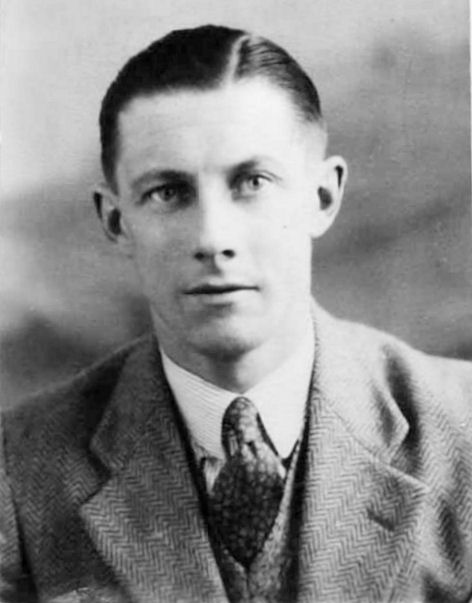 1935
1935 ATAM
ATAM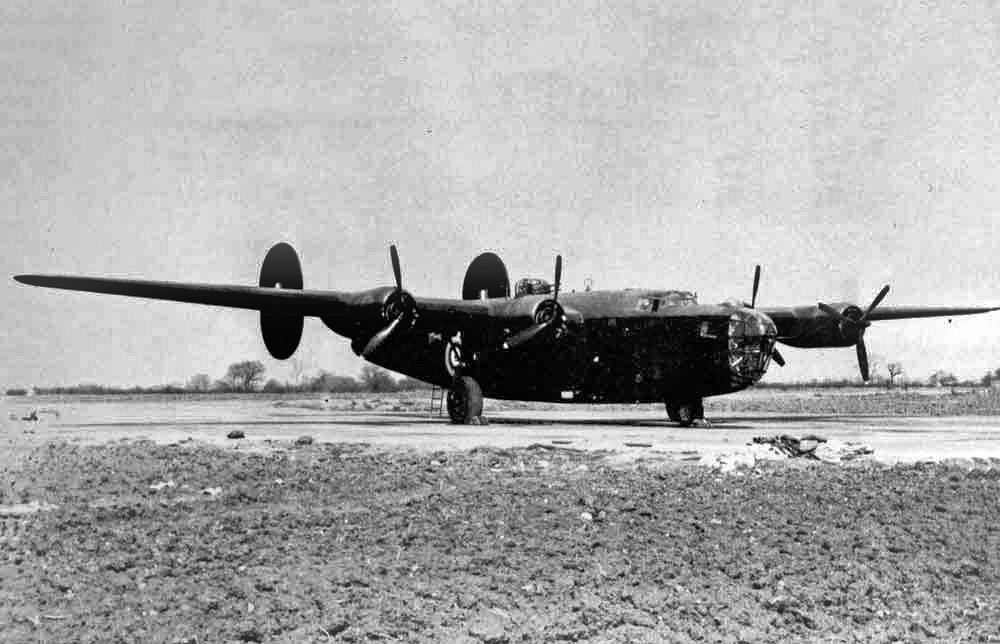
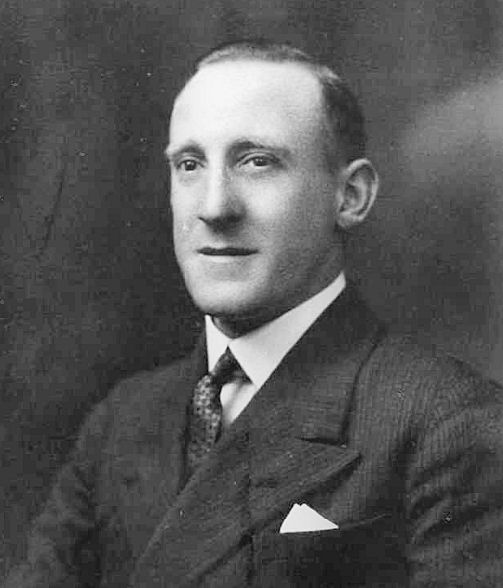 1932
1932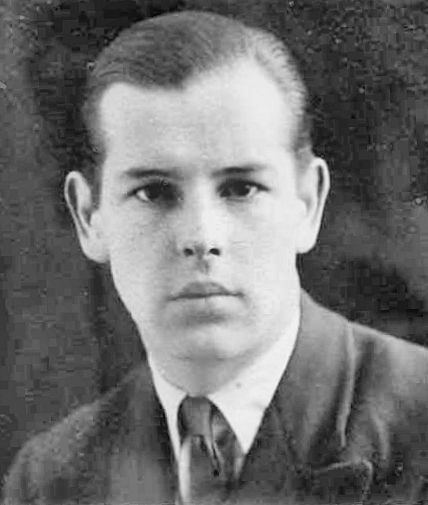 1931
1931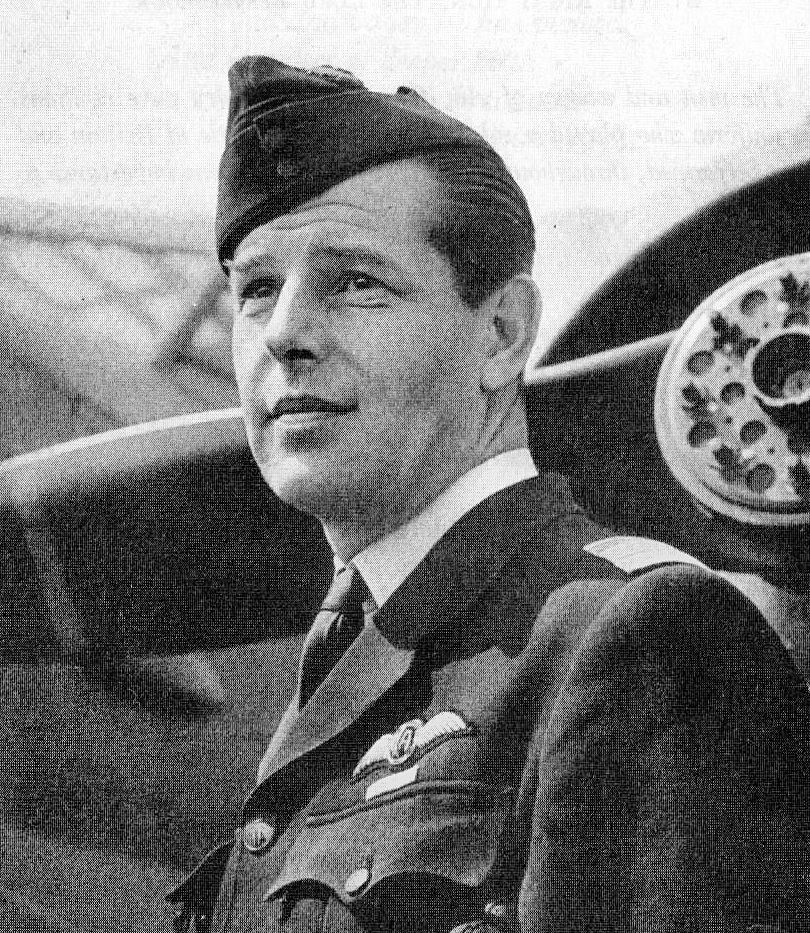 Brief Glory
Brief Glory
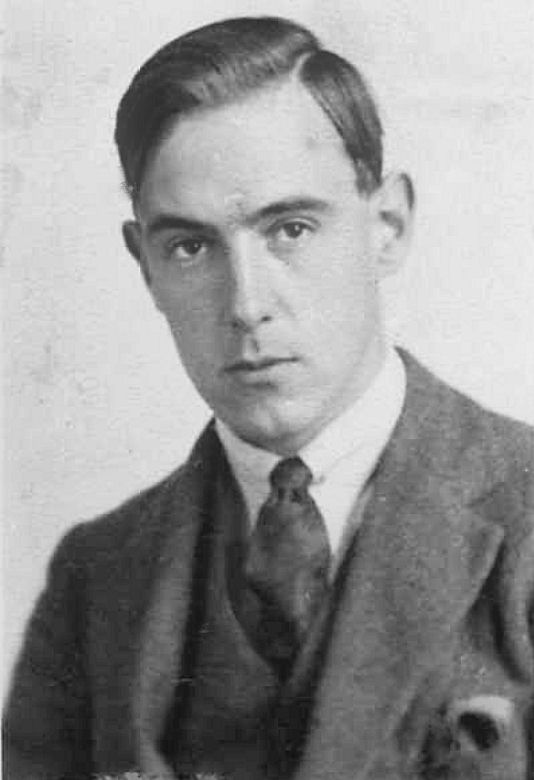
 ATAM
ATAM 1935 (Flight)
1935 (Flight)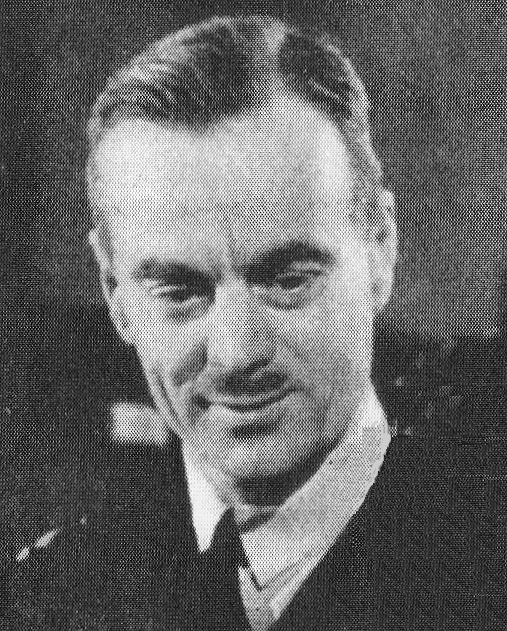 Brief Glory
Brief Glory ATAM
ATAM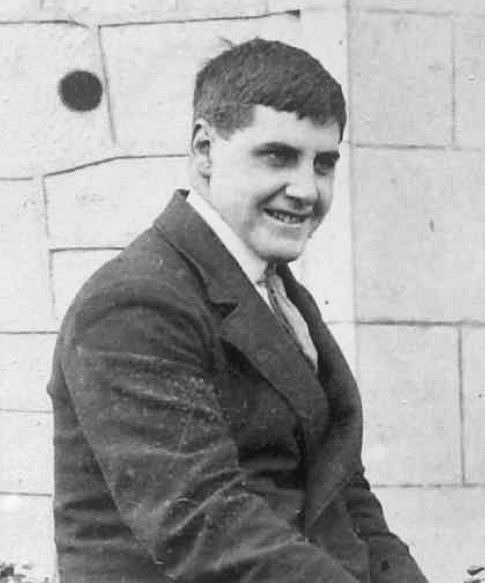


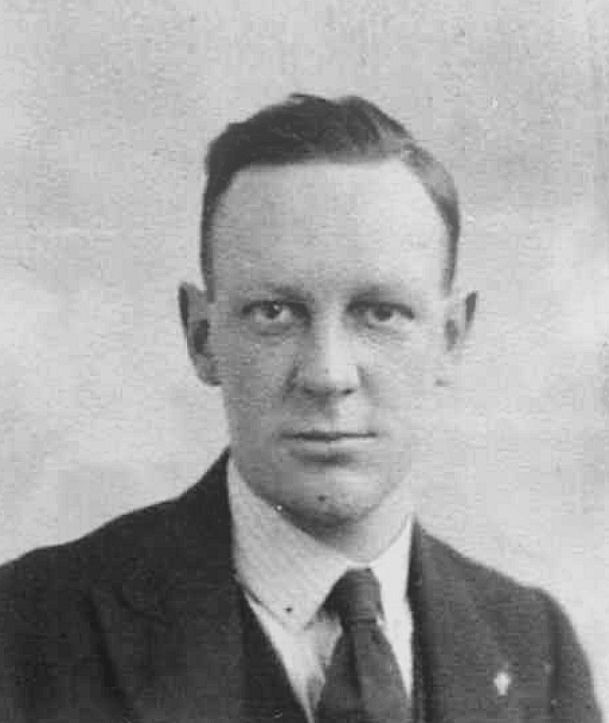
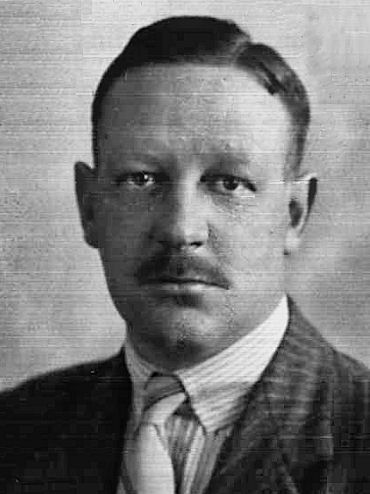 1936
1936 ATAM
ATAM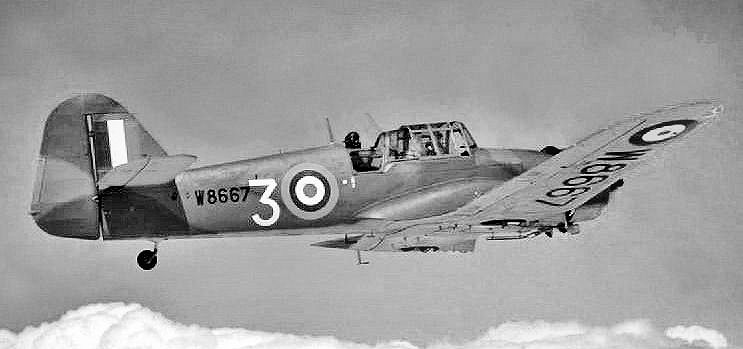
 "To live in the hearts of those we love is not to die"
"To live in the hearts of those we love is not to die"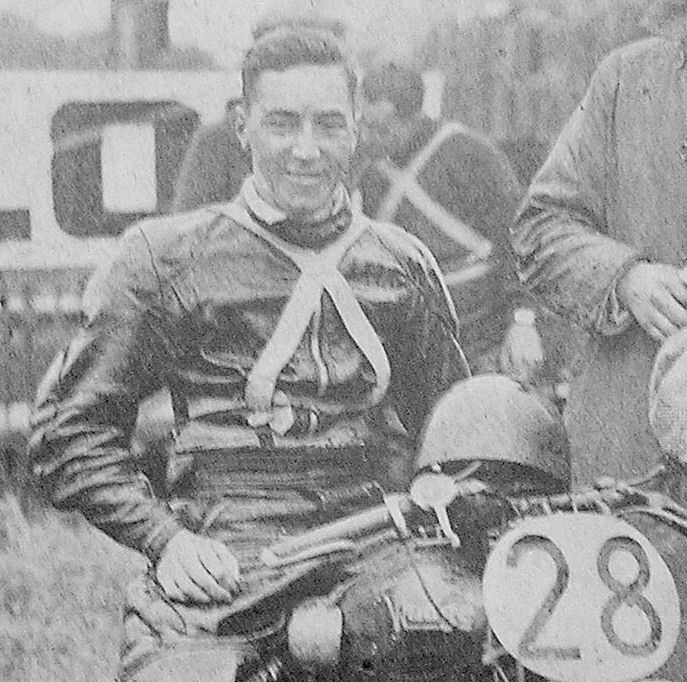
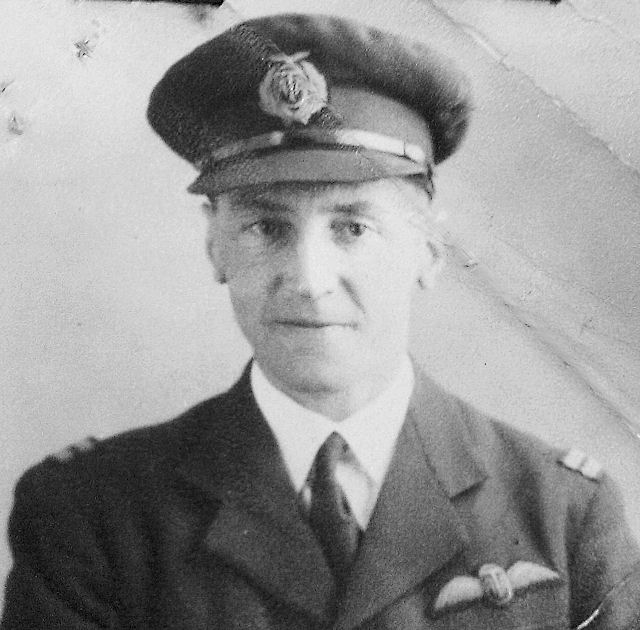

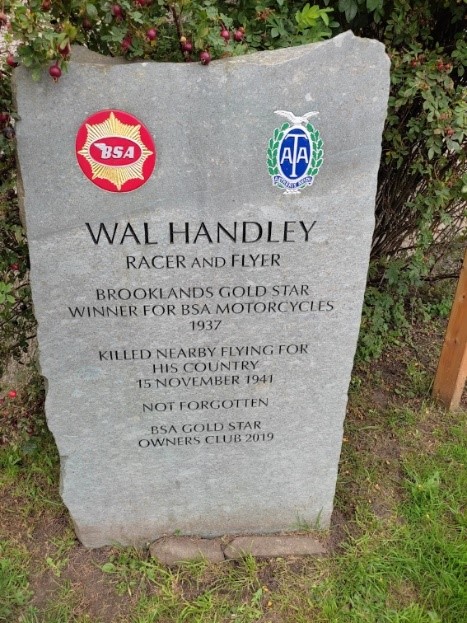
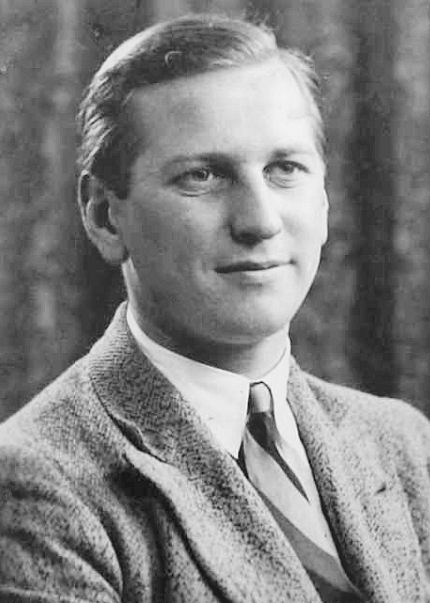
 ATAM
ATAM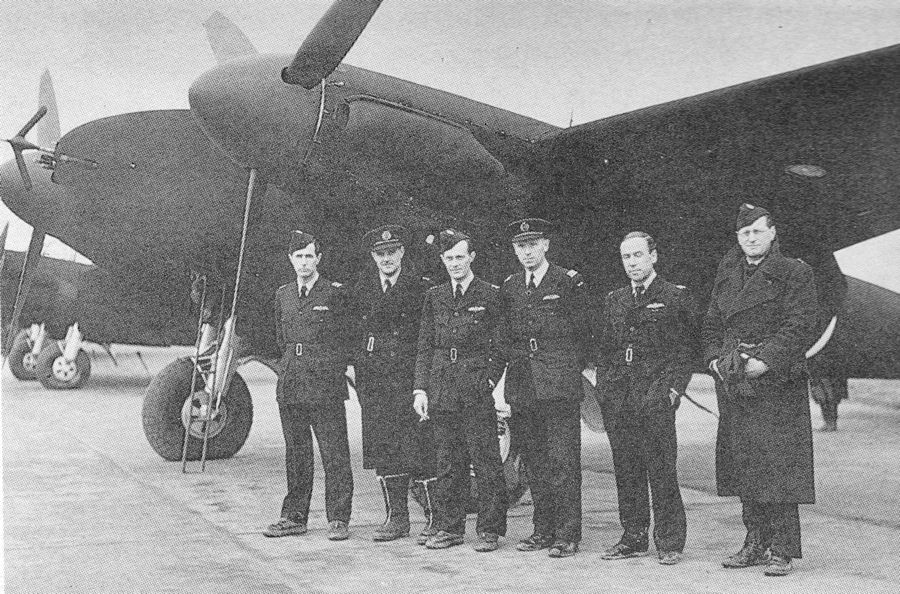
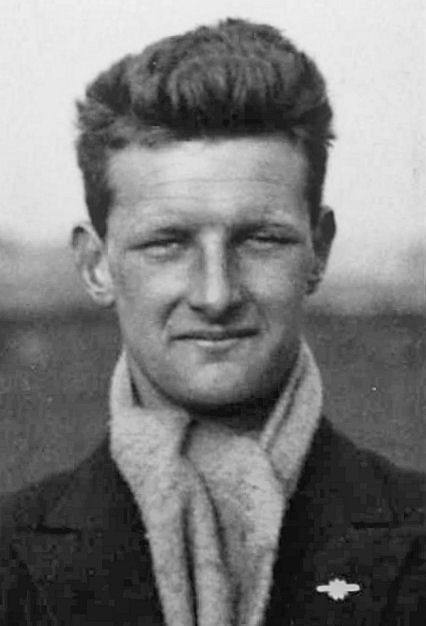
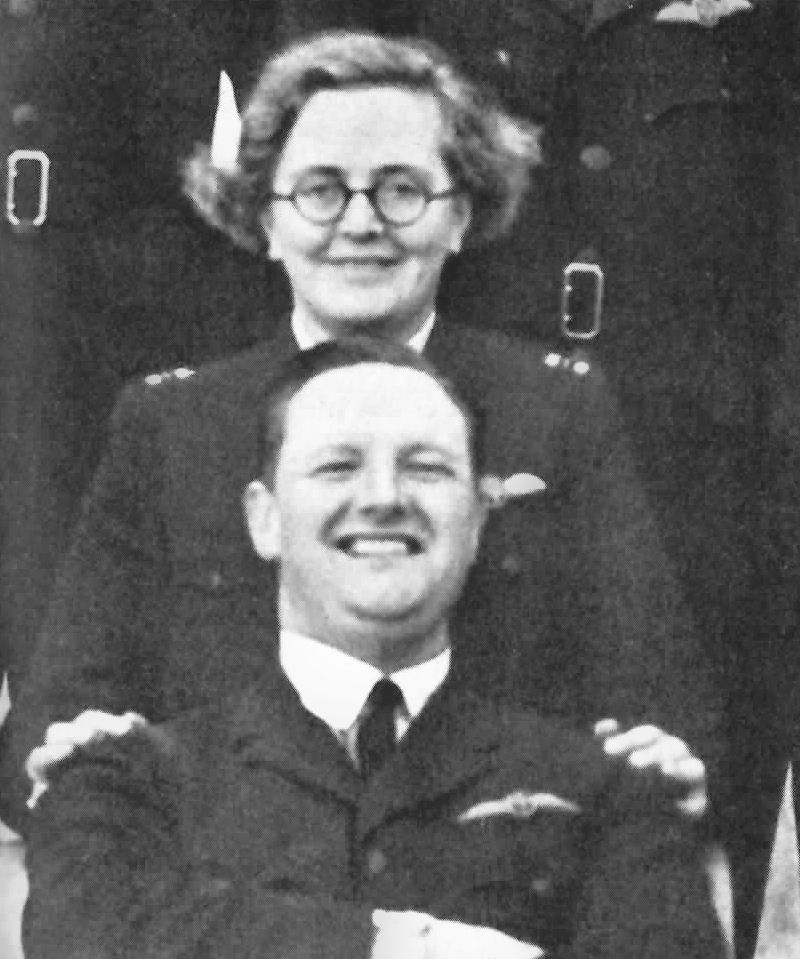

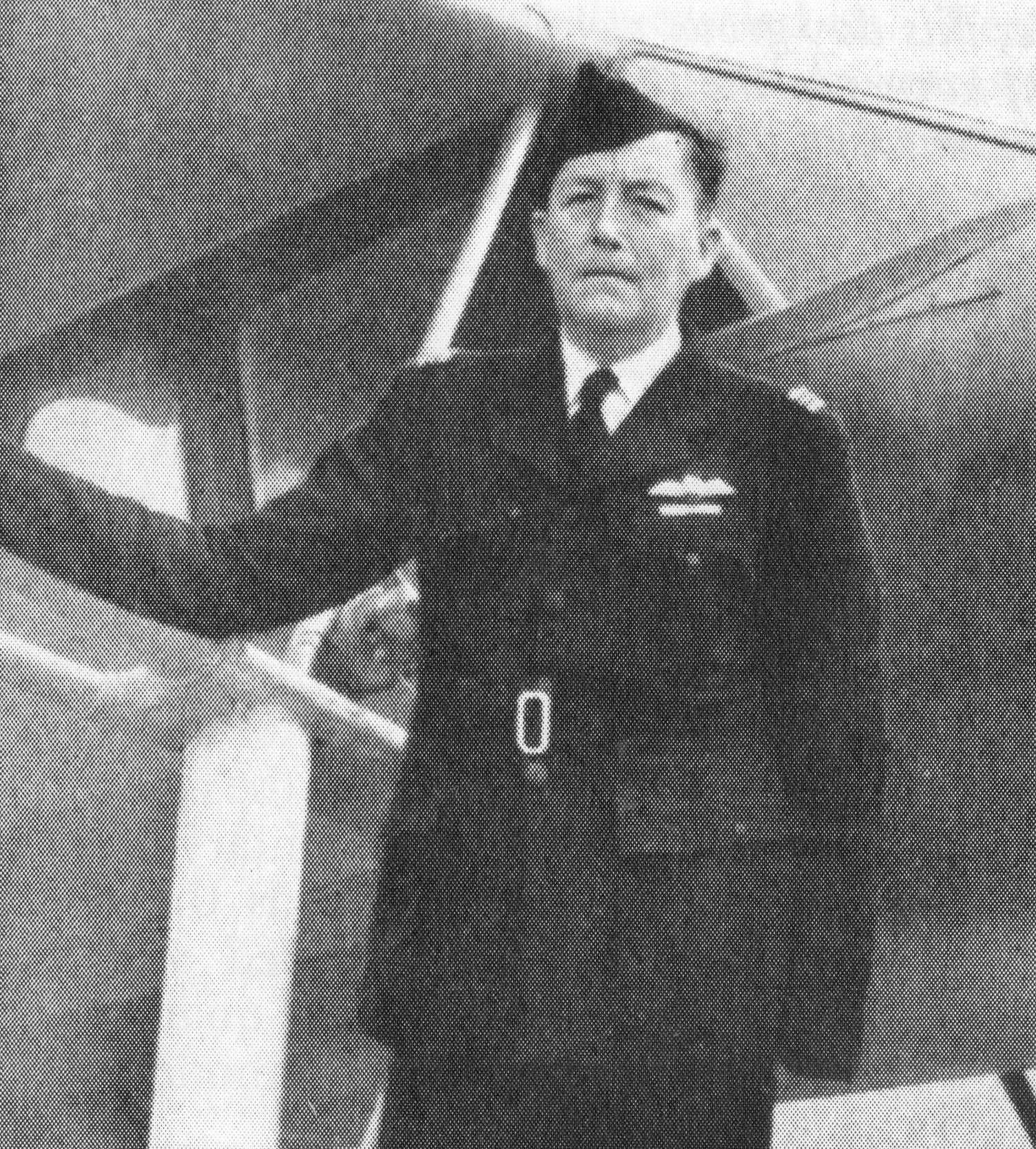 Brief Glory
Brief Glory ATAM
ATAM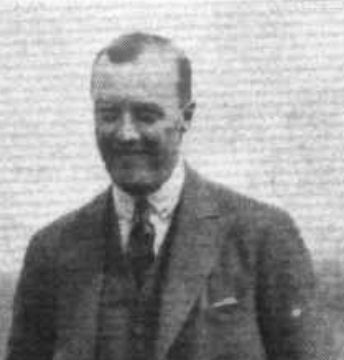
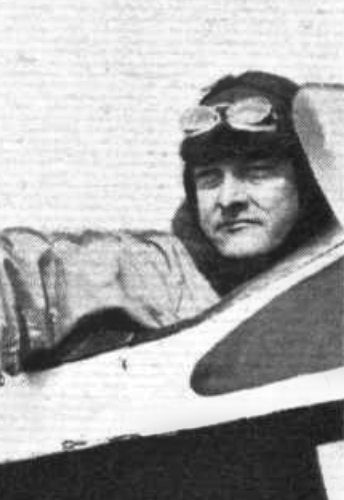
 ATAM
ATAM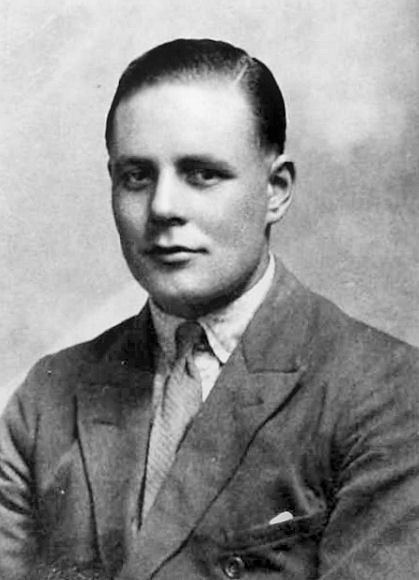
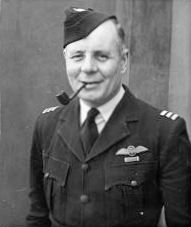 Manx Aviation & Military Museum
Manx Aviation & Military Museum

 ATAM
ATAM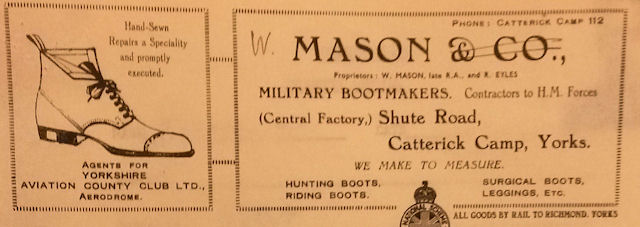
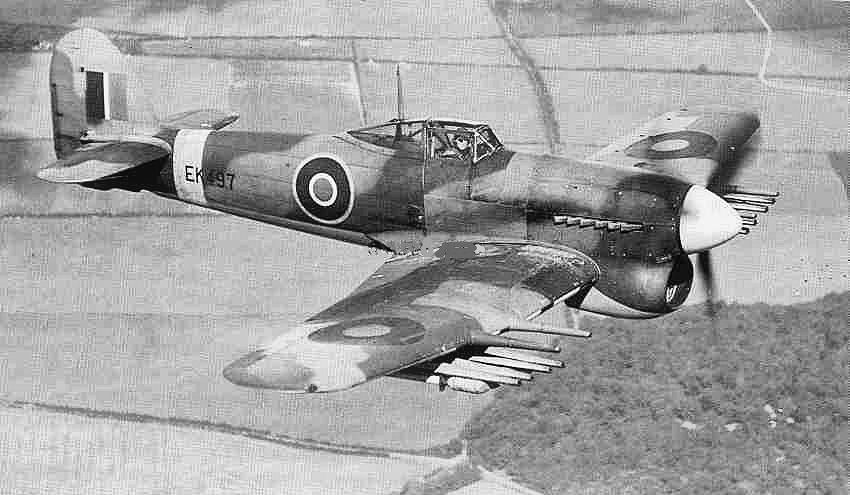
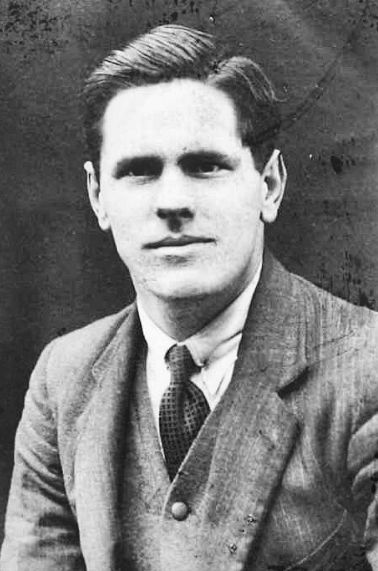
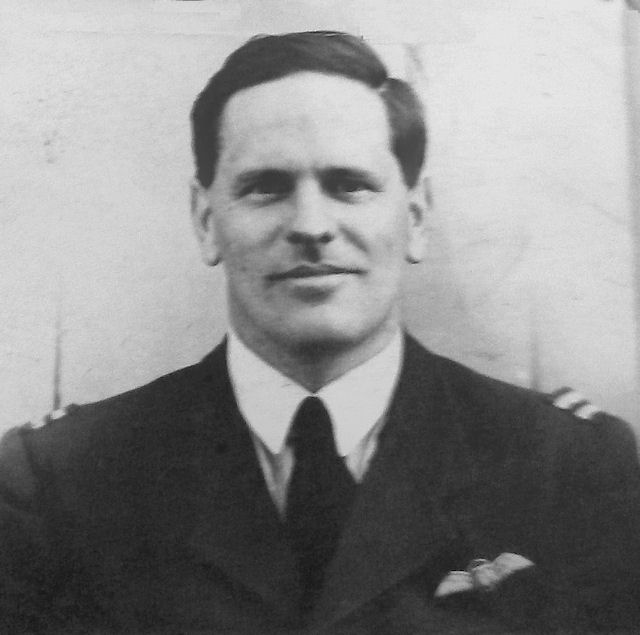
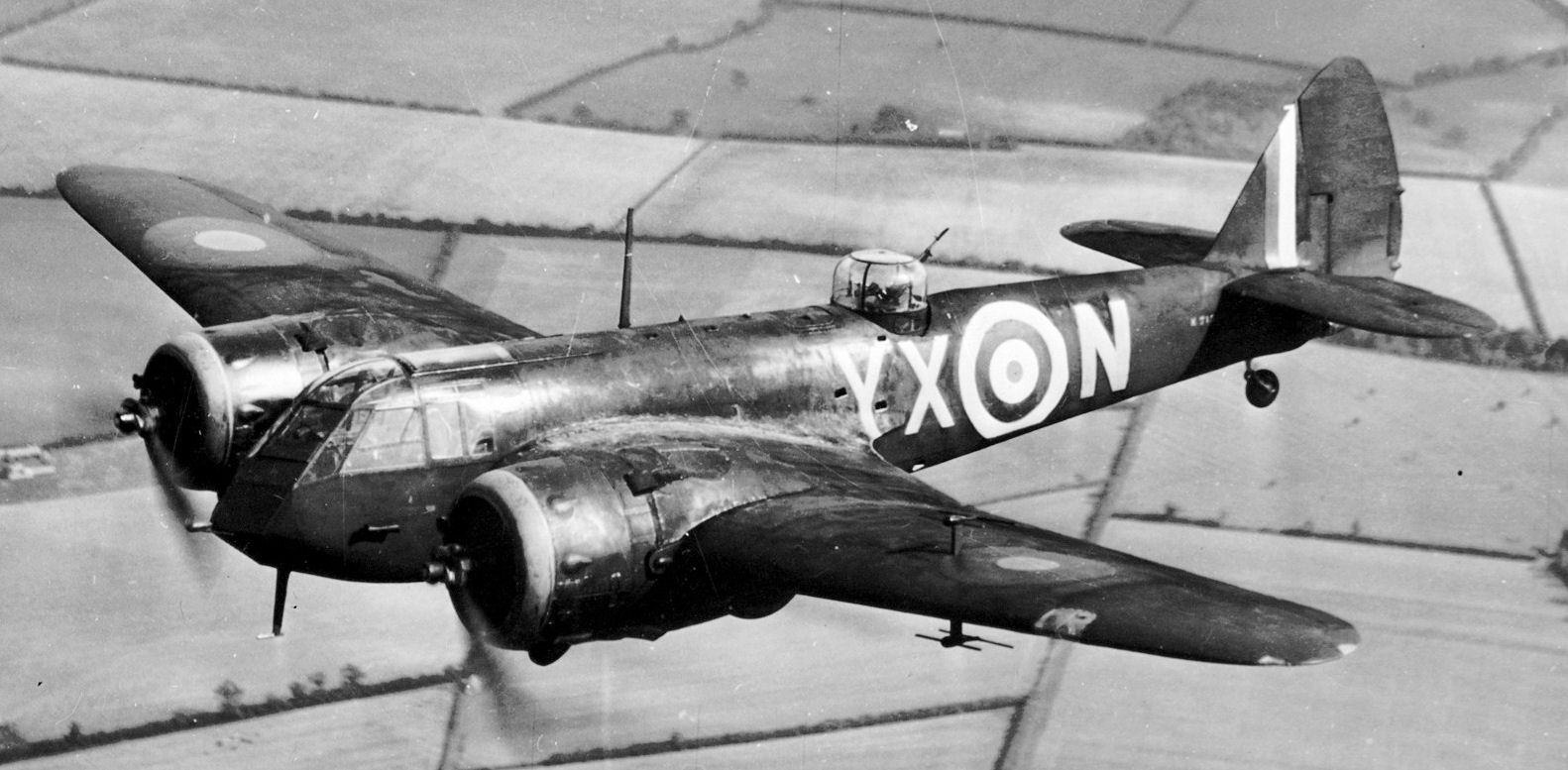
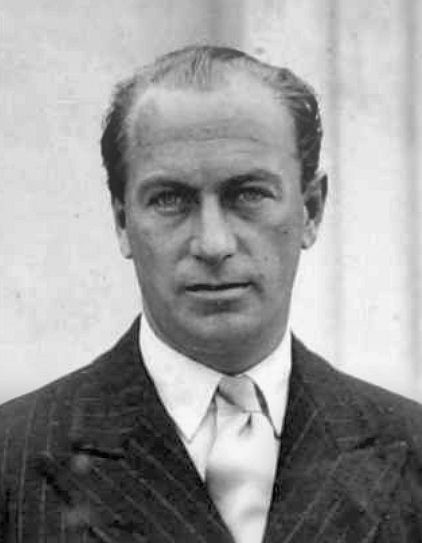
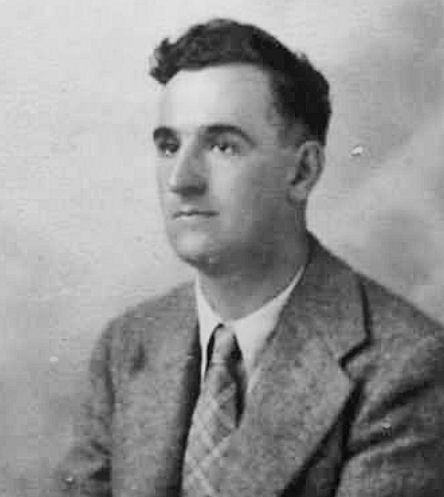
 ATAM
ATAM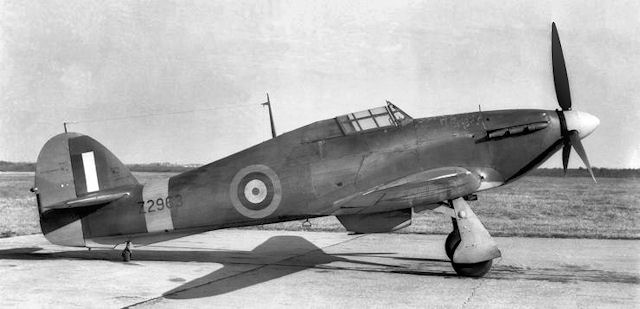
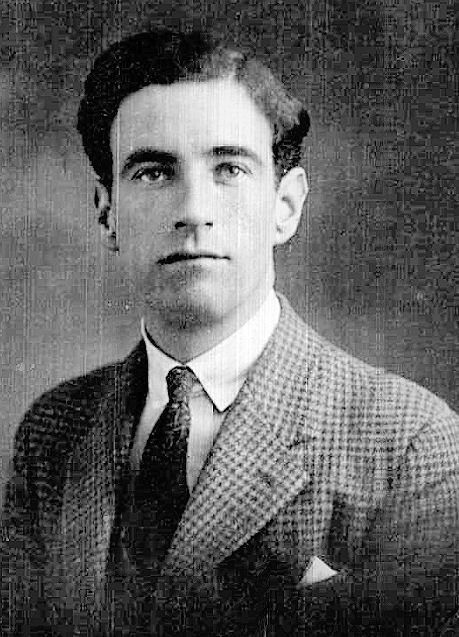 1937
1937 ATAM
ATAM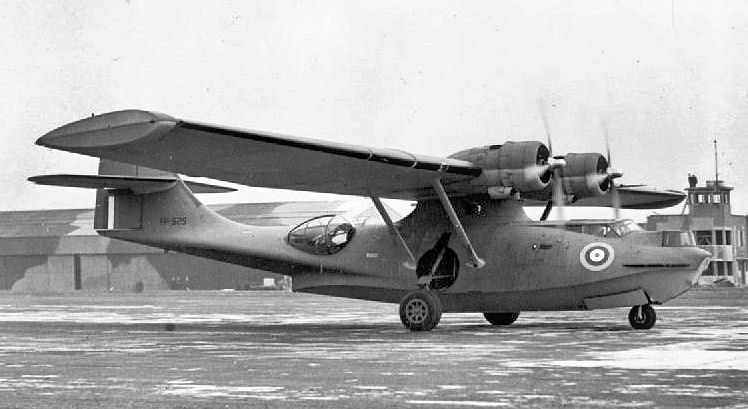
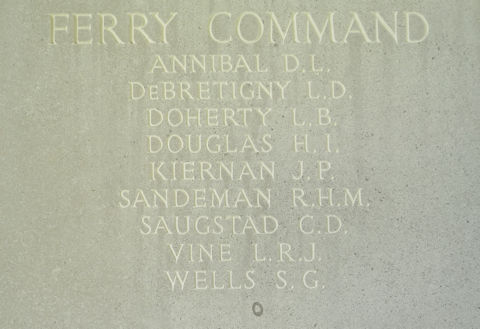
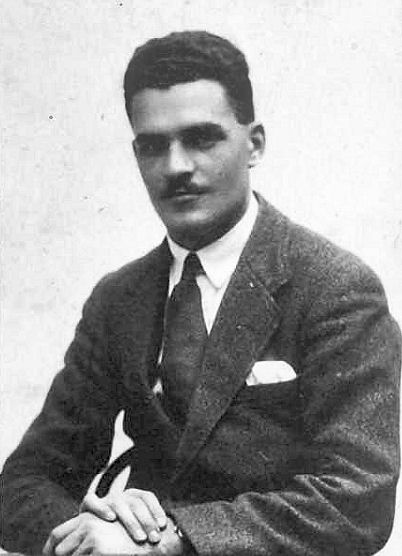 1929
1929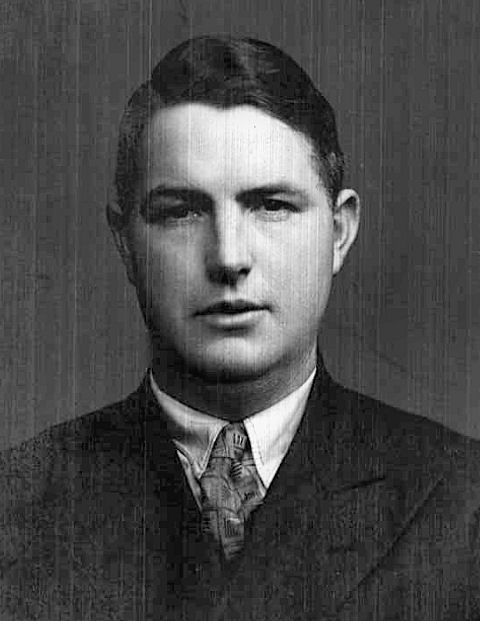 1937
1937 ATAM
ATAM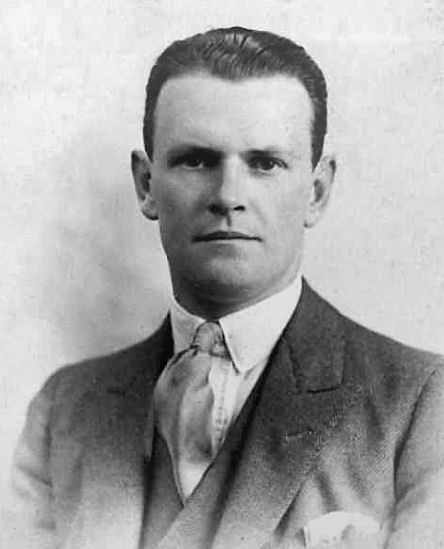 1928
1928 1933
1933 ATAM
ATAM ATAM
ATAM 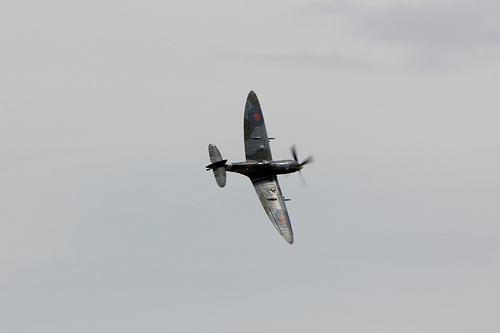
 findagrave
findagrave 1935
1935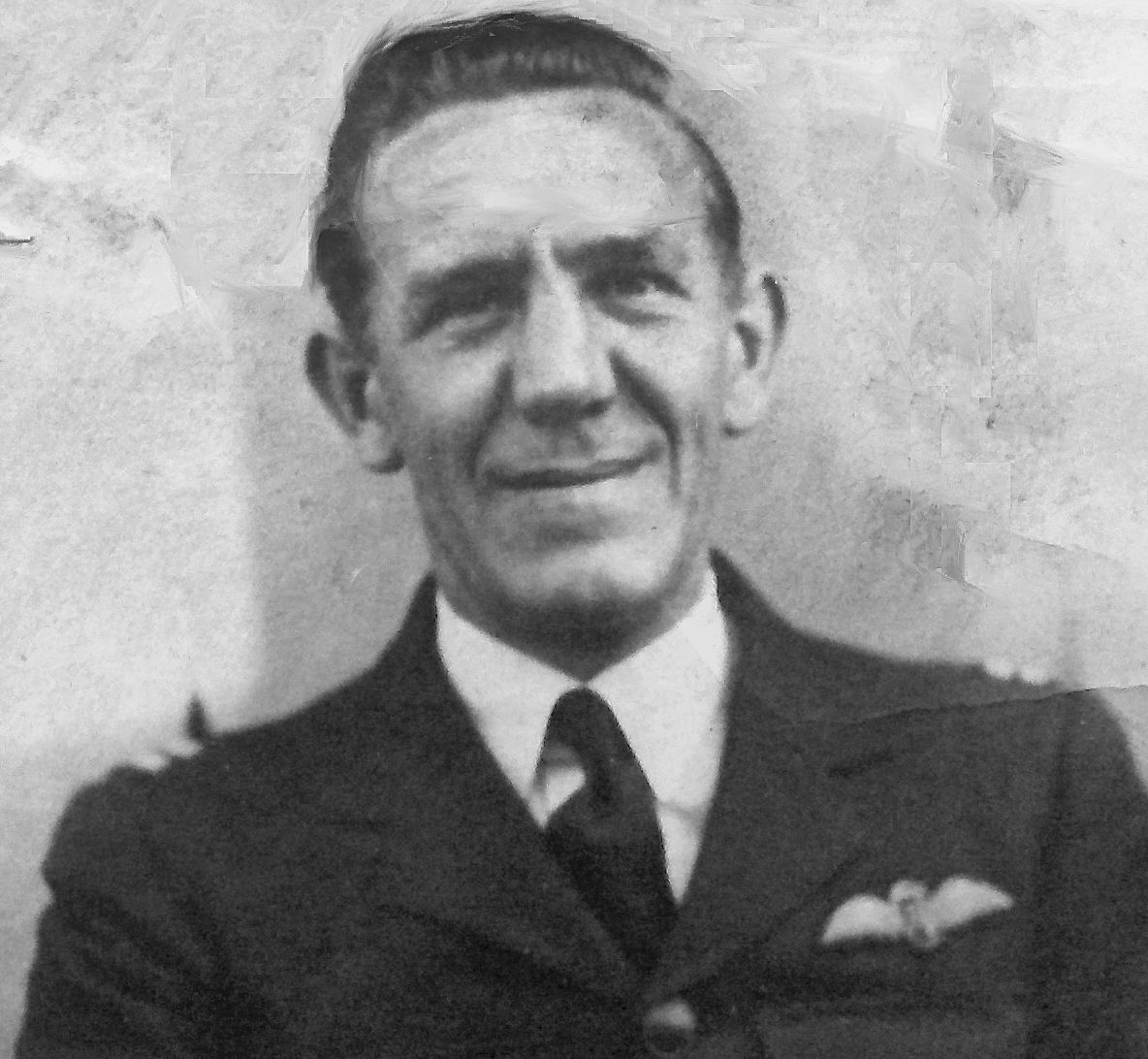 ATA
ATA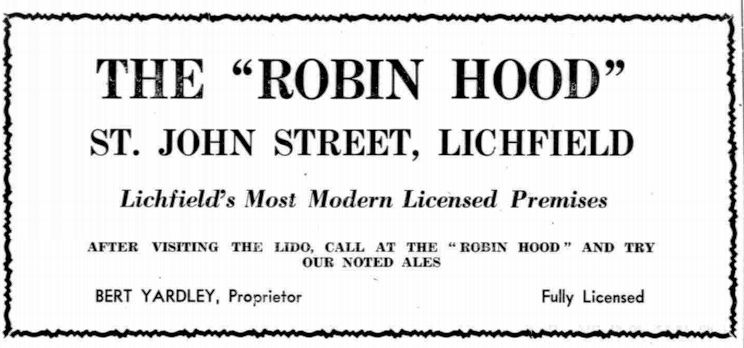
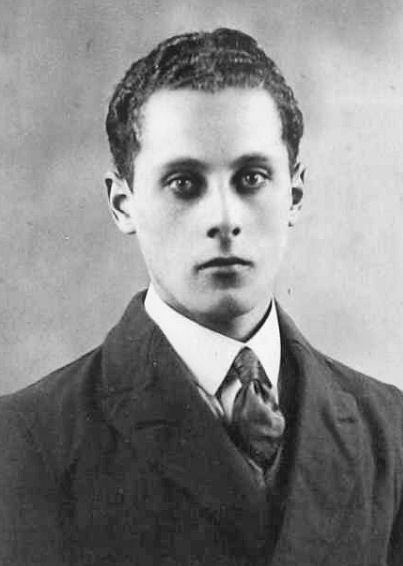
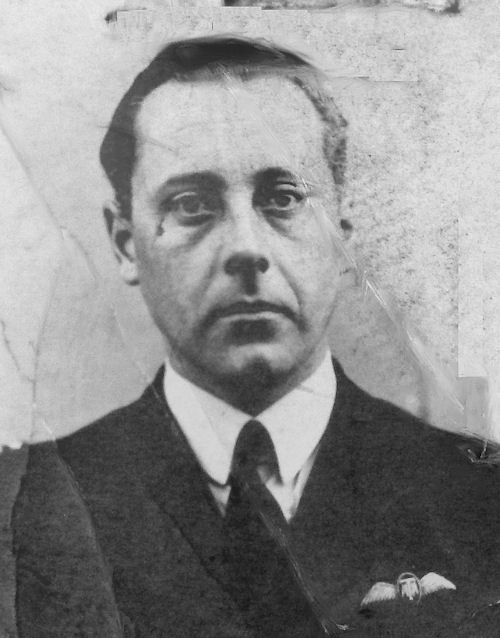

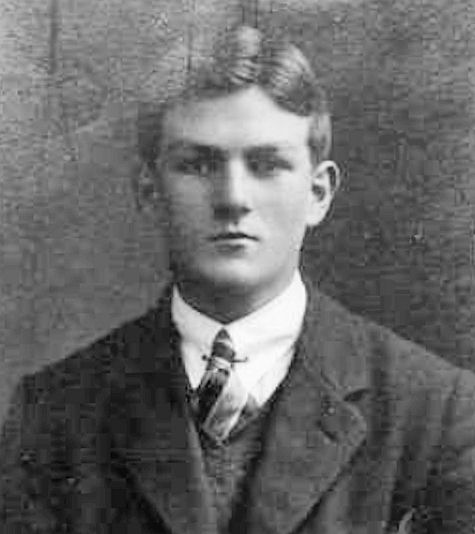 1929
1929
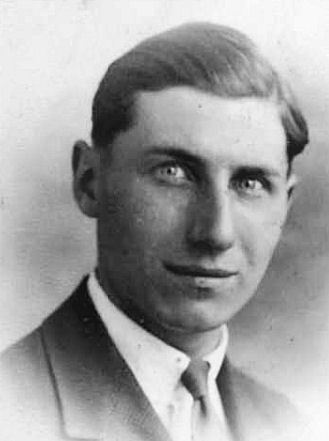
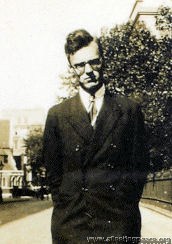
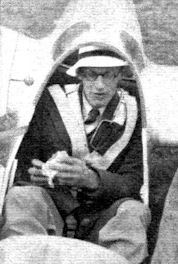
 ATAM
ATAM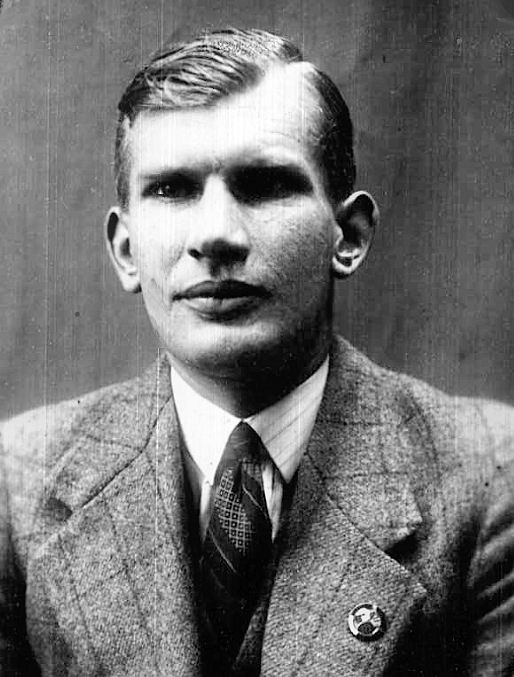 1938
1938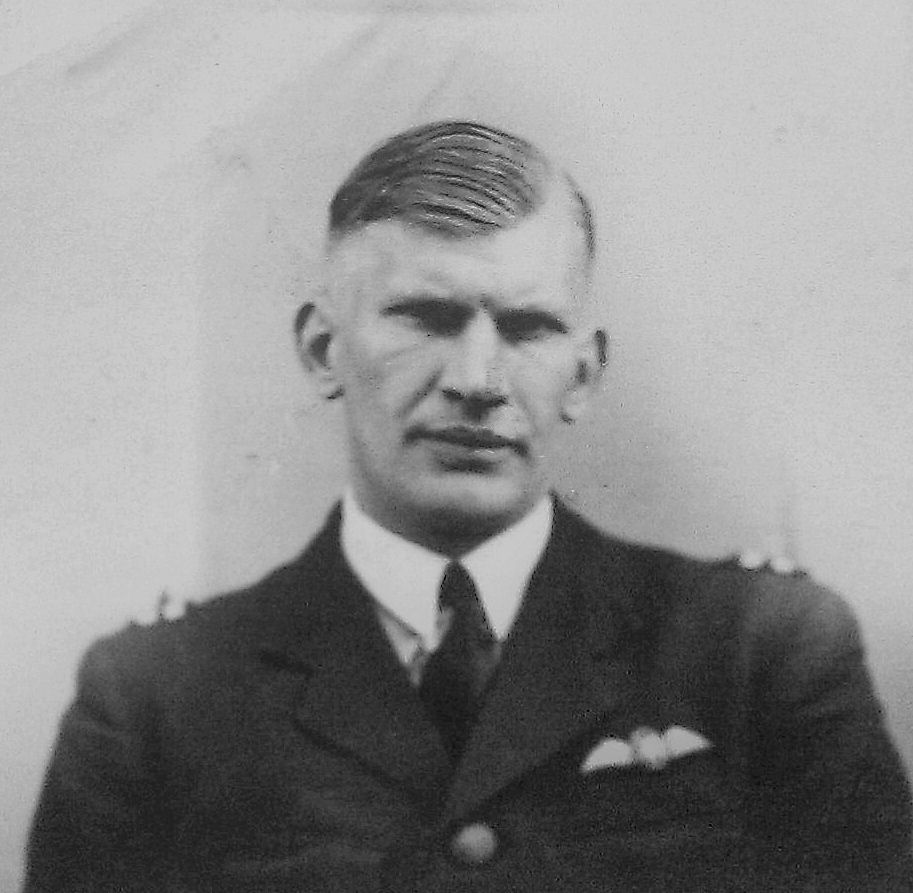 ATA
ATA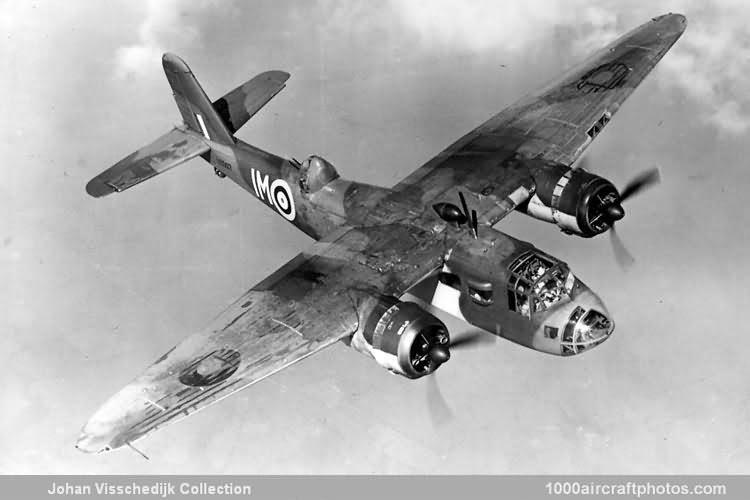
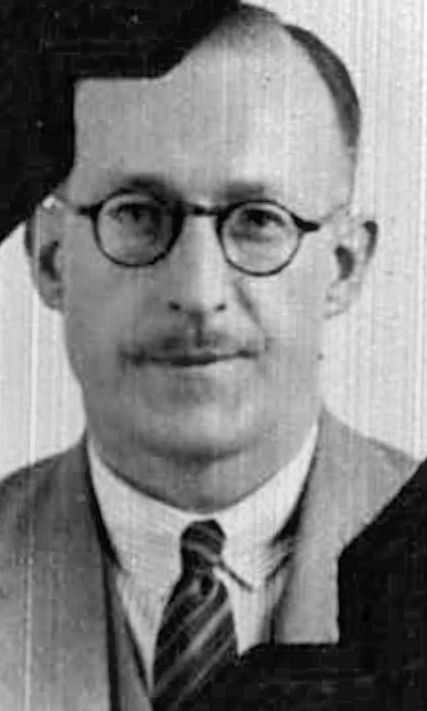
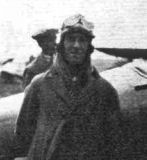
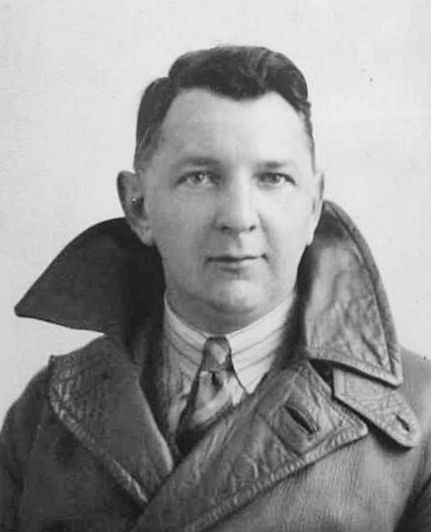
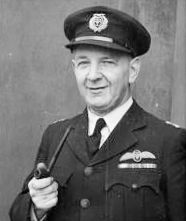
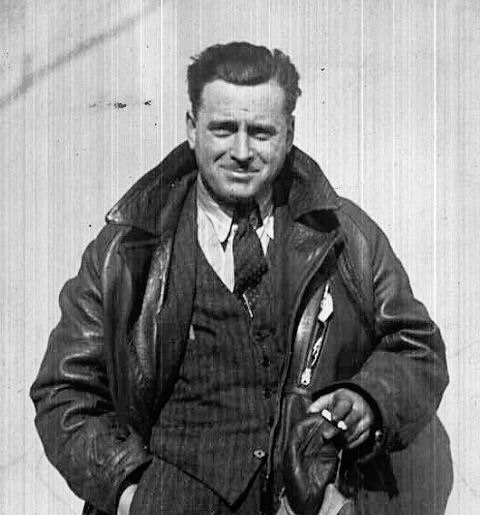
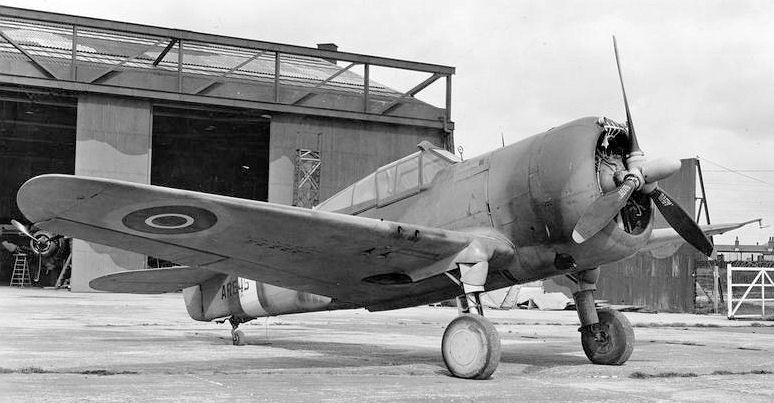
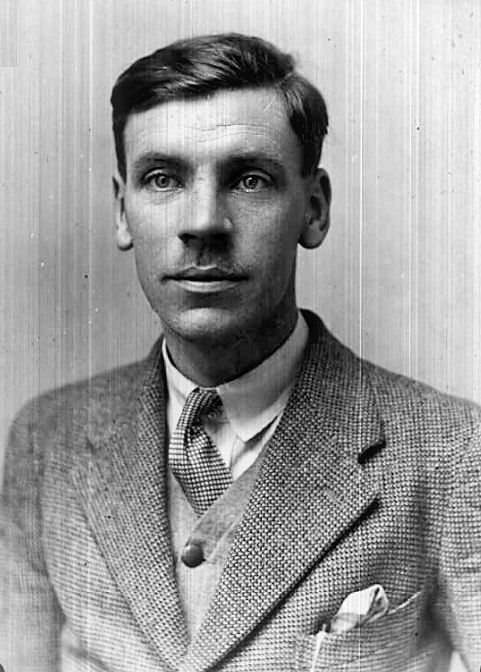
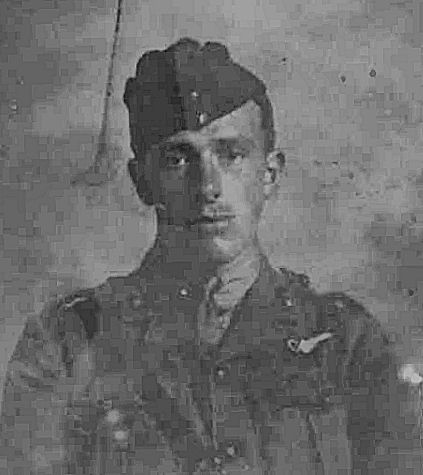
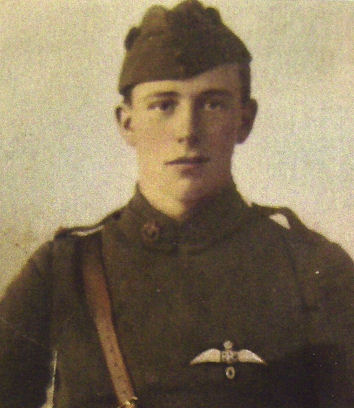
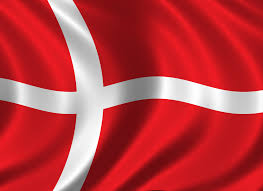
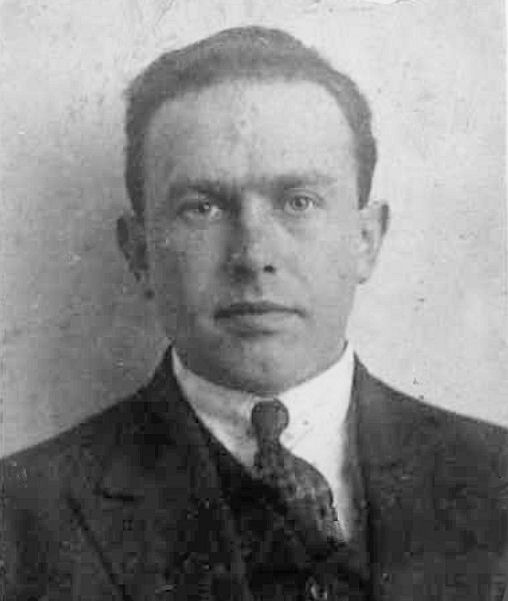
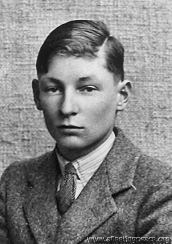
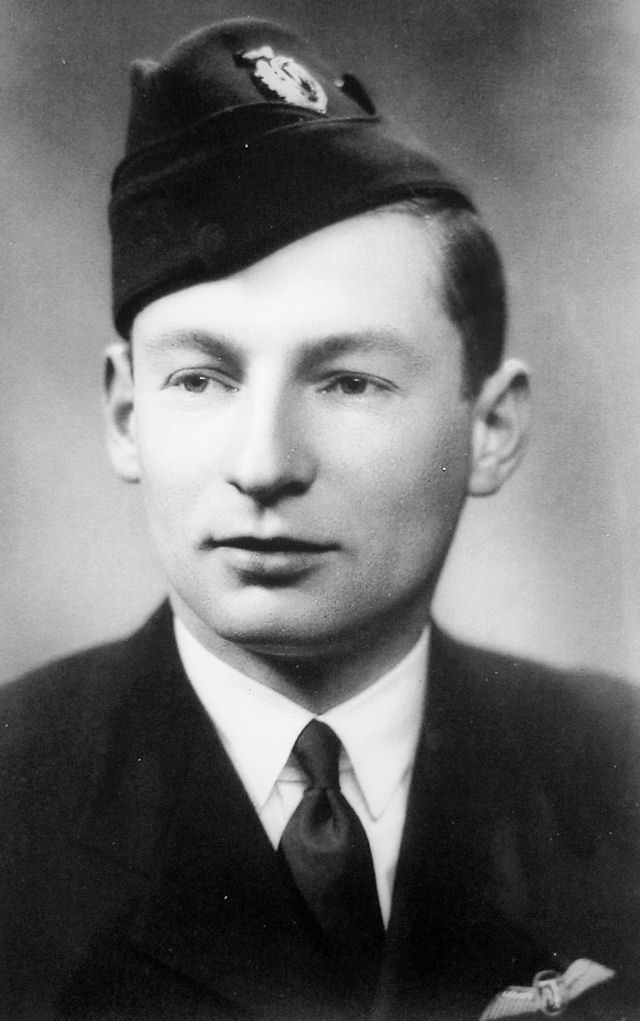
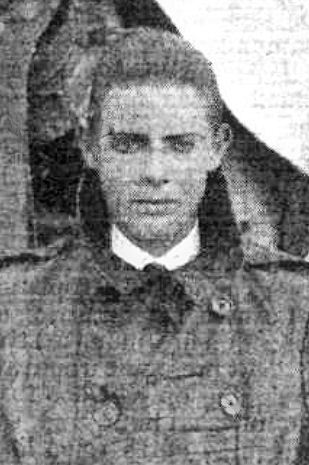
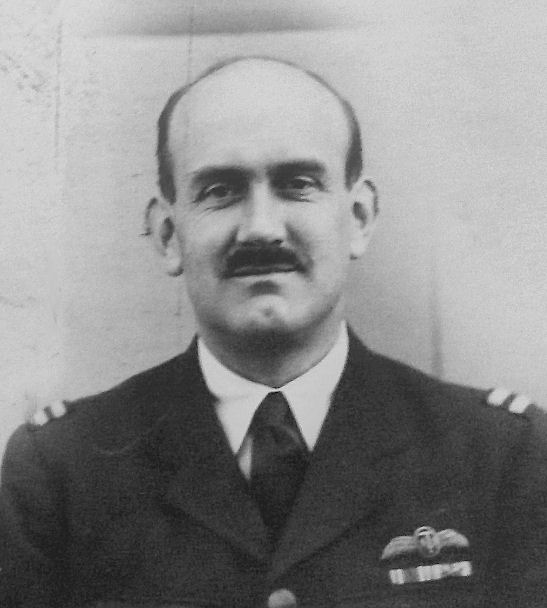
 RAeC 1930
RAeC 1930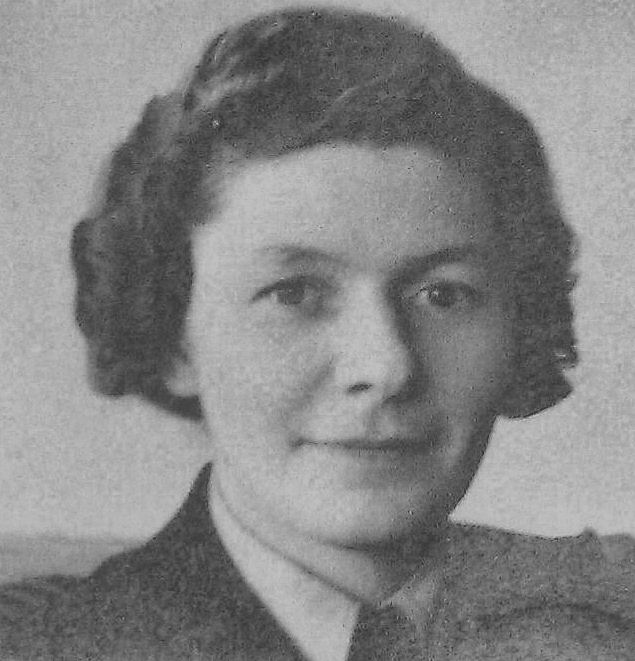 ATA
ATA
 1942 caricature by
1942 caricature by 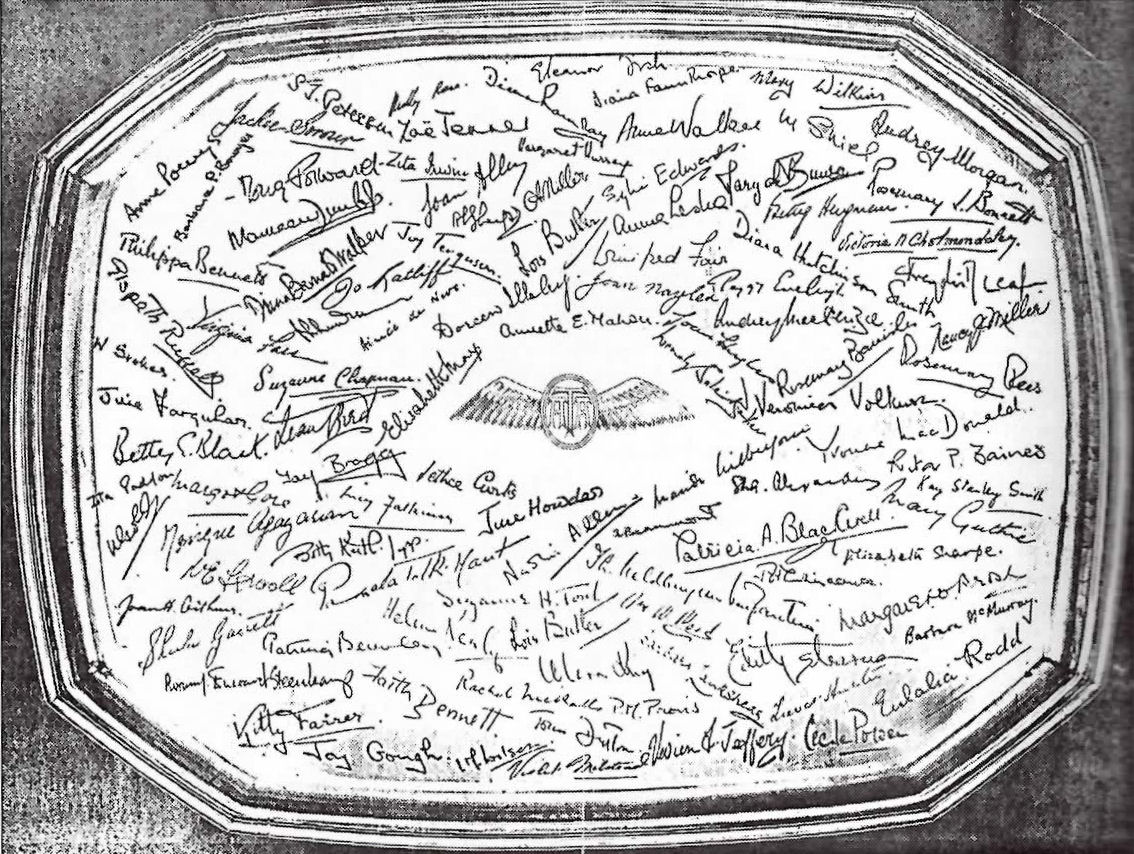

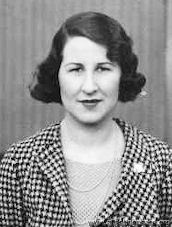
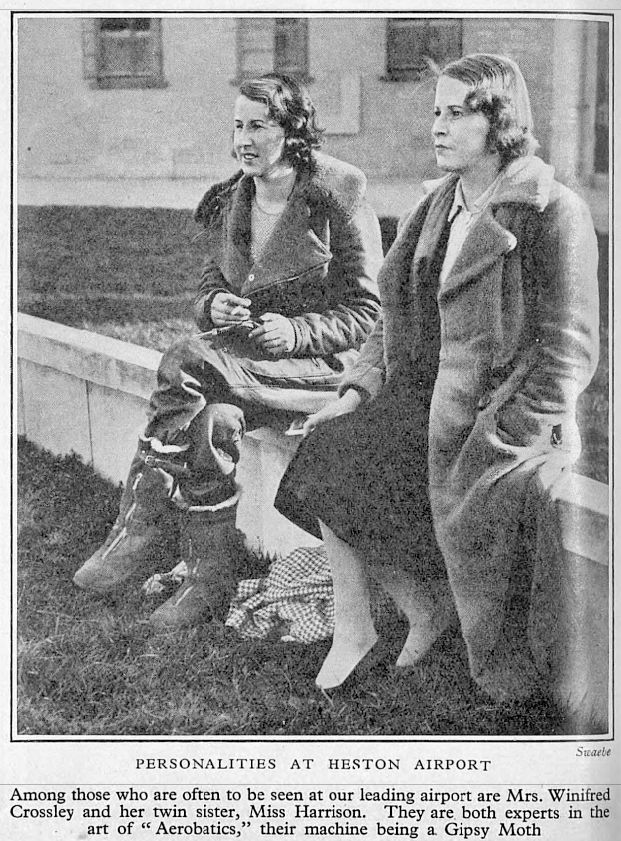 The Tatler, 1935
The Tatler, 1935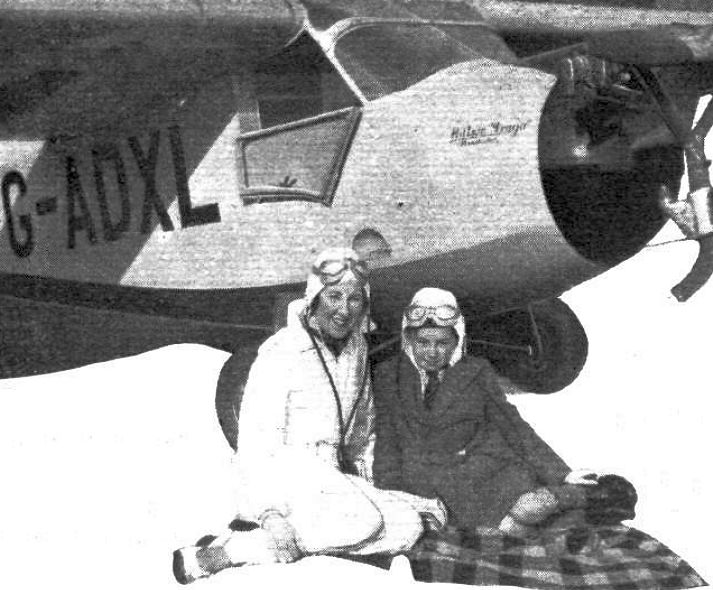
 1942 caricature by
1942 caricature by 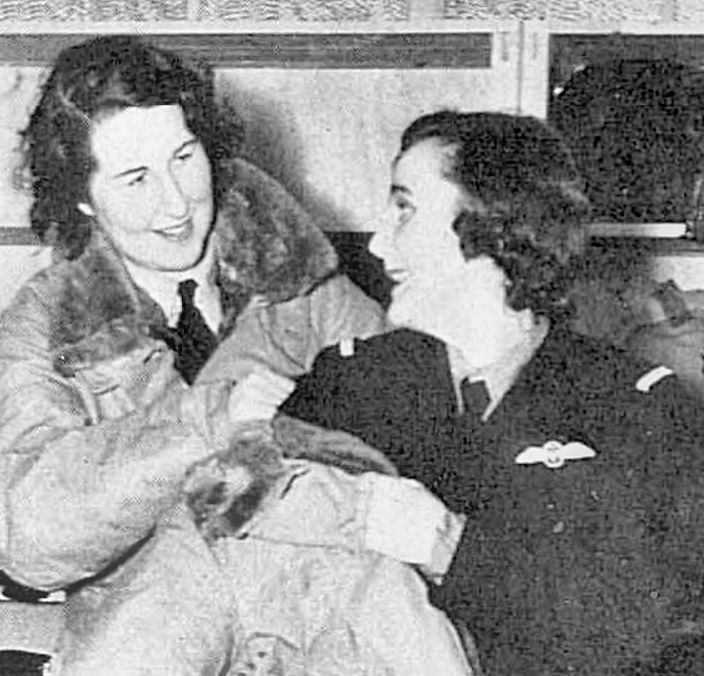 with Joan Hughes in 1940
with Joan Hughes in 1940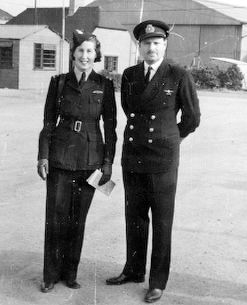 ELC
ELC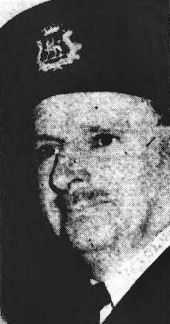
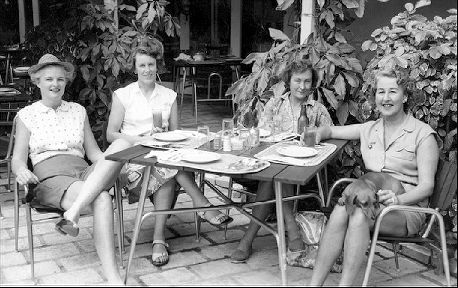

 Dec 1939
Dec 1939 Jun 1937, with quite tall members of Strathtay Aero Club
Jun 1937, with quite tall members of Strathtay Aero Club
 1942 caricature by
1942 caricature by 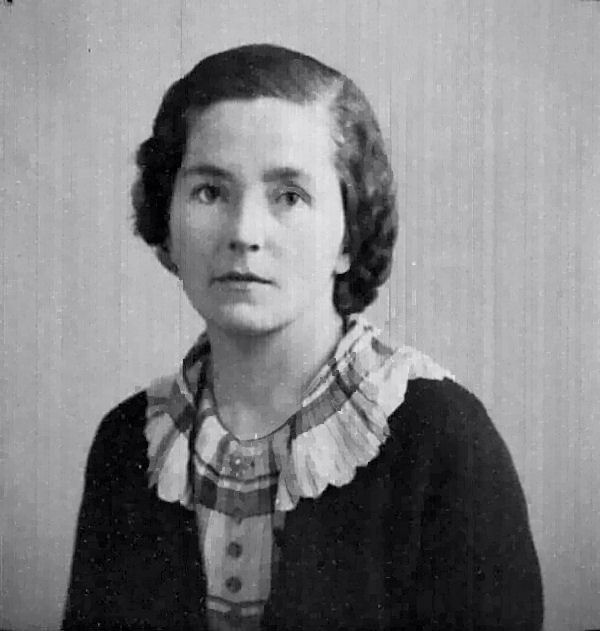 RAeC 1931
RAeC 1931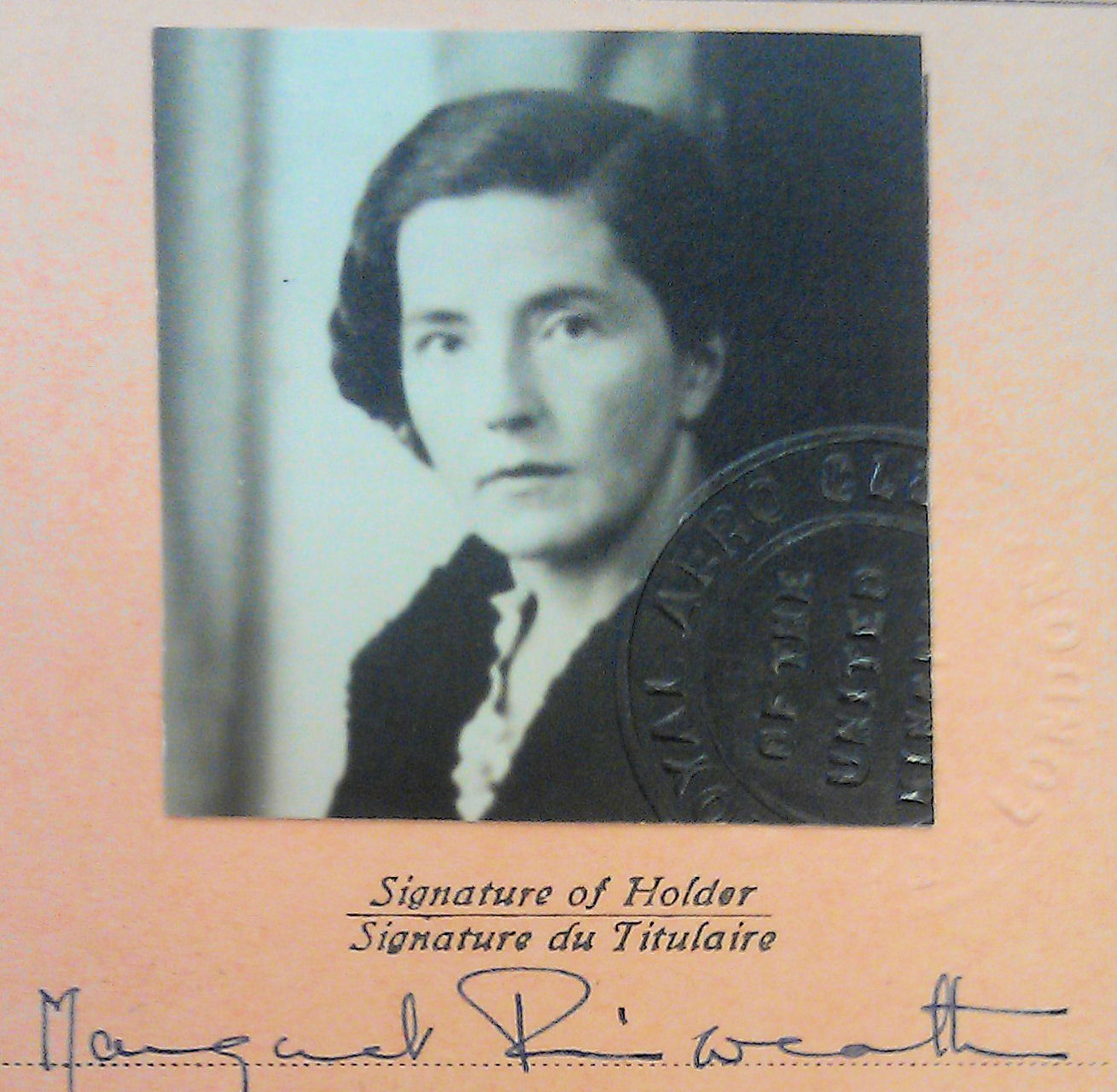 FAI 1939
FAI 1939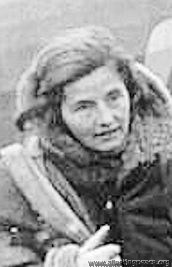
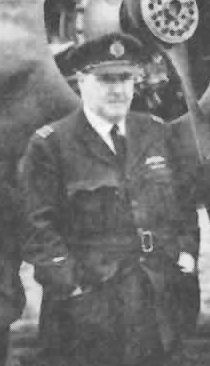 [For more about Douglas, I can recommend 'Brief Glory - the Story of the ATA']
[For more about Douglas, I can recommend 'Brief Glory - the Story of the ATA']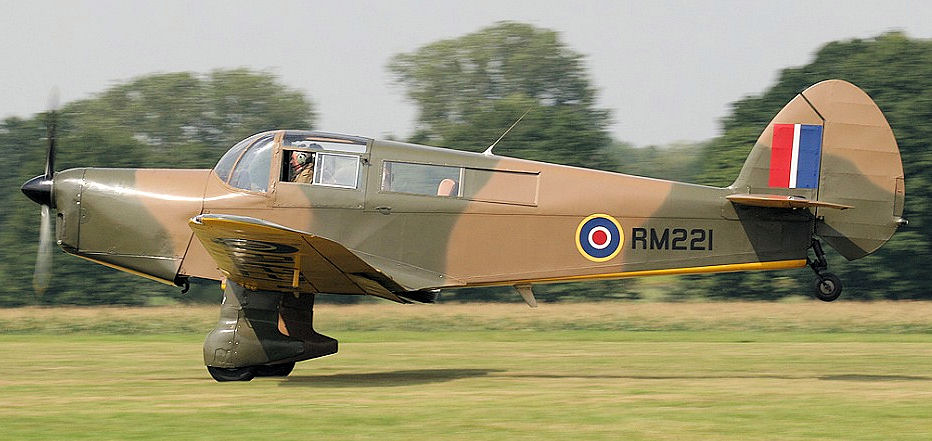
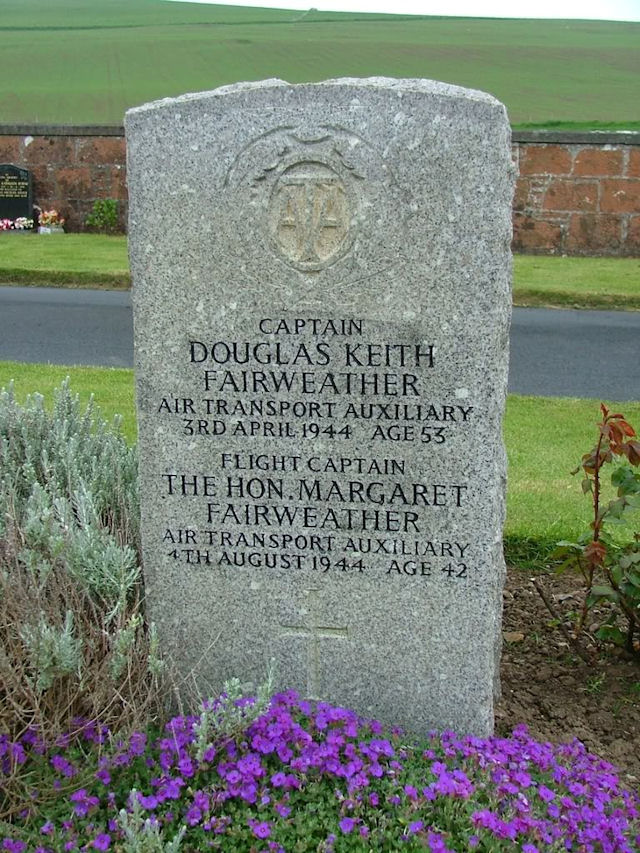
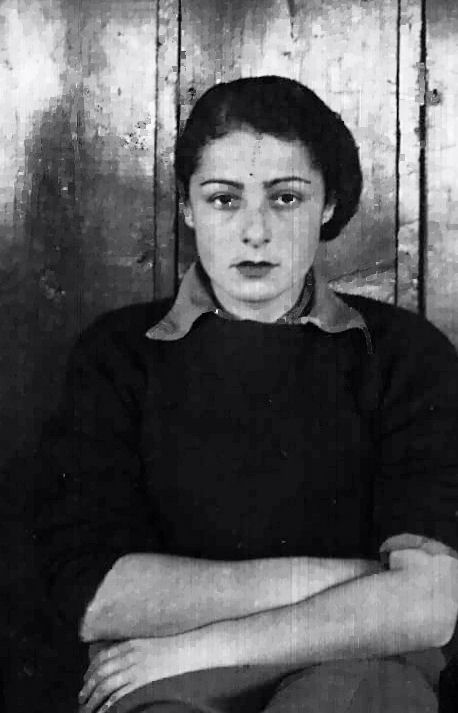 RAeC 1936 - Brooklands
RAeC 1936 - Brooklands ATA
ATA 1939
1939 Playing for the 'Wembley Lionesses' in 1937 - Daily Mirror
Playing for the 'Wembley Lionesses' in 1937 - Daily Mirror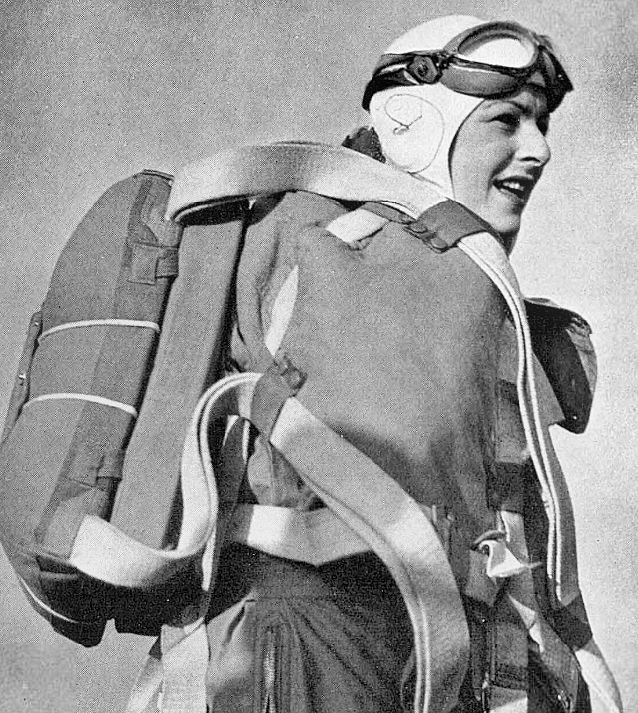
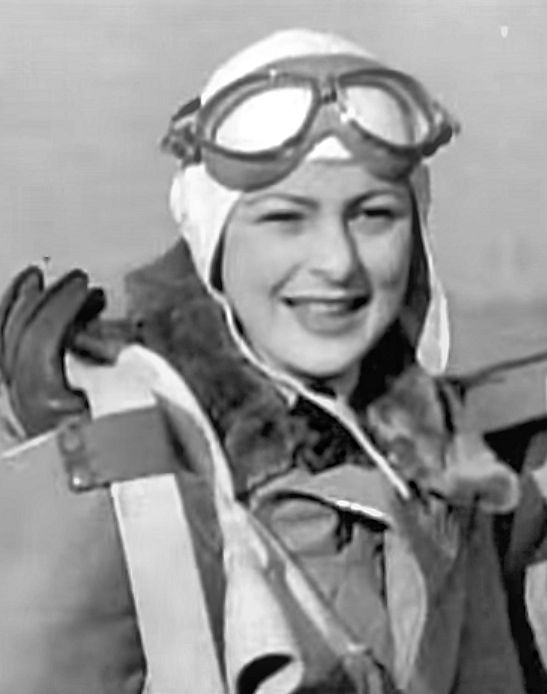 1940
1940 1935 - London Aeroplane Club
1935 - London Aeroplane Club ATA
ATA


 1942 caricature by
1942 caricature by 
 MUWW
MUWW 1934
1934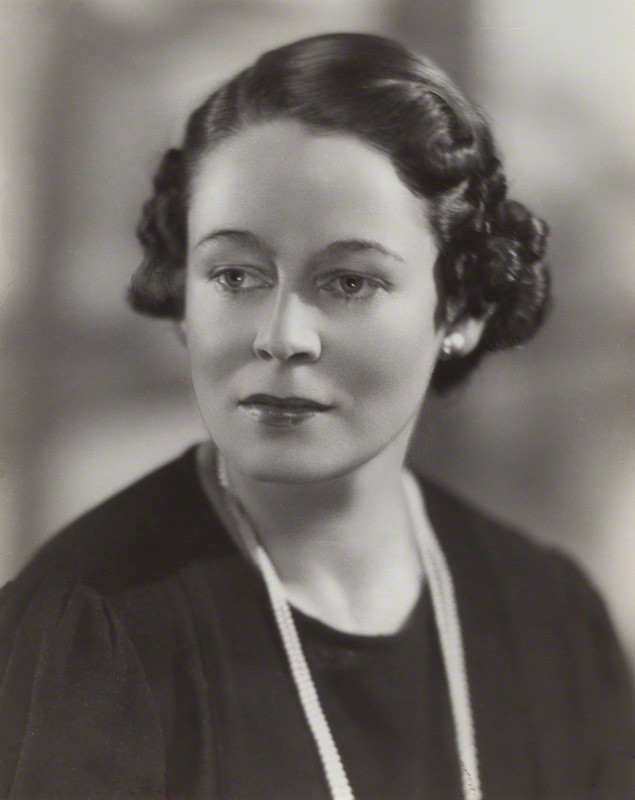 1938
1938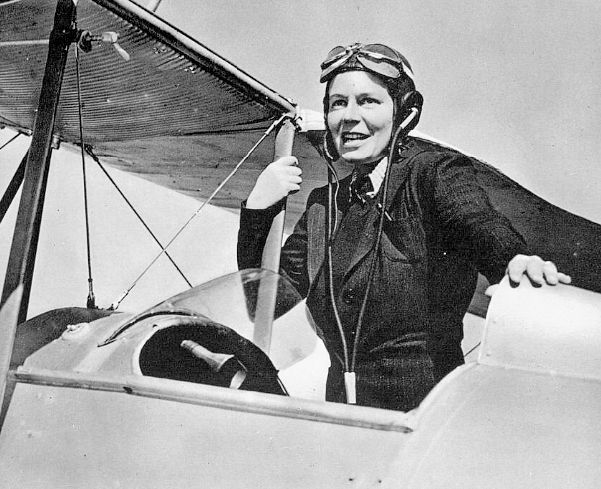 1939
1939.jpg) RAeC Cert 1931
RAeC Cert 1931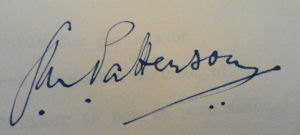
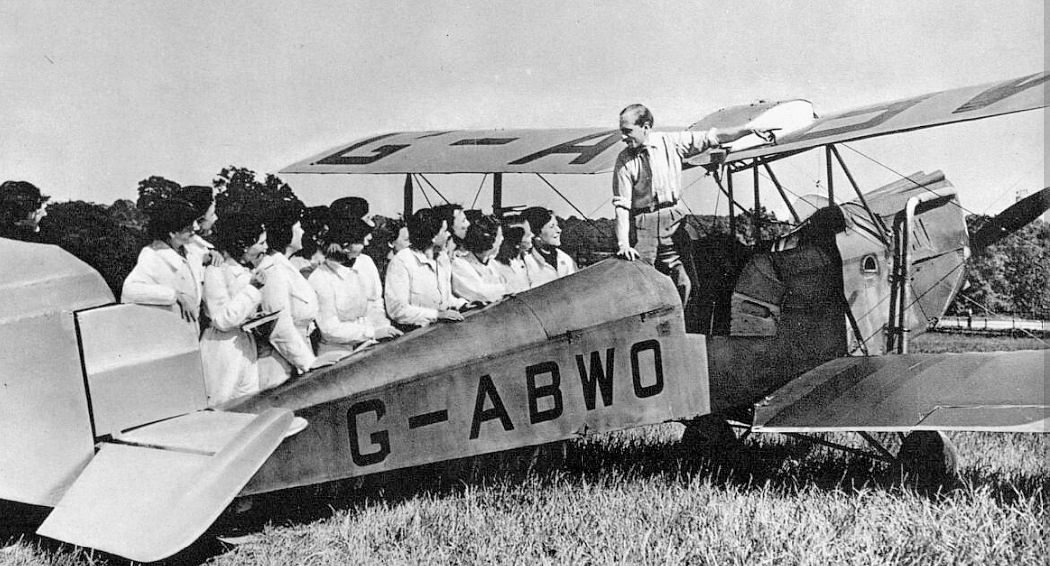


 RAeC 1934
RAeC 1934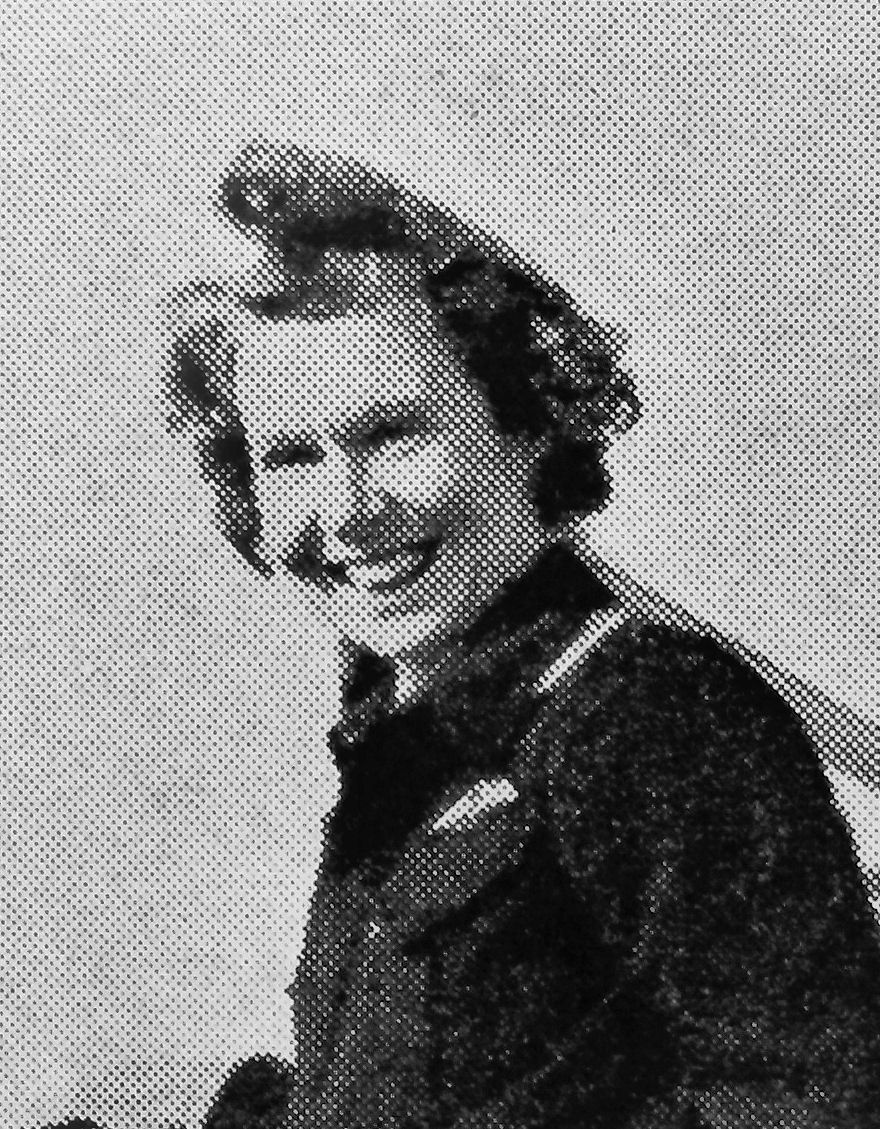 GW
GW with her mother, the Hon. Lady Rees, in 1935 - Bystander
with her mother, the Hon. Lady Rees, in 1935 - Bystander with
with  1936 - "Miss Rosemary Rees lands at Salzburg" - The Tatler
1936 - "Miss Rosemary Rees lands at Salzburg" - The Tatler RAeC 1930
RAeC 1930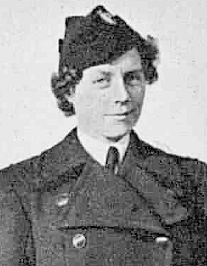 1940
1940 Nevendon Manor, Wickford, Essex
Nevendon Manor, Wickford, Essex Marion far right
Marion far right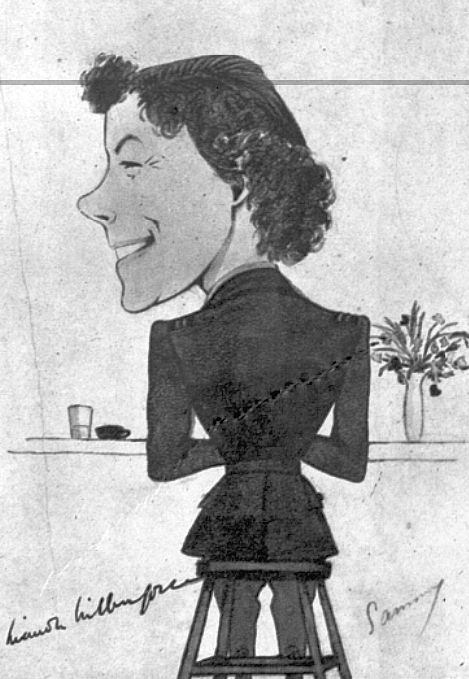 1942 caricature by
1942 caricature by

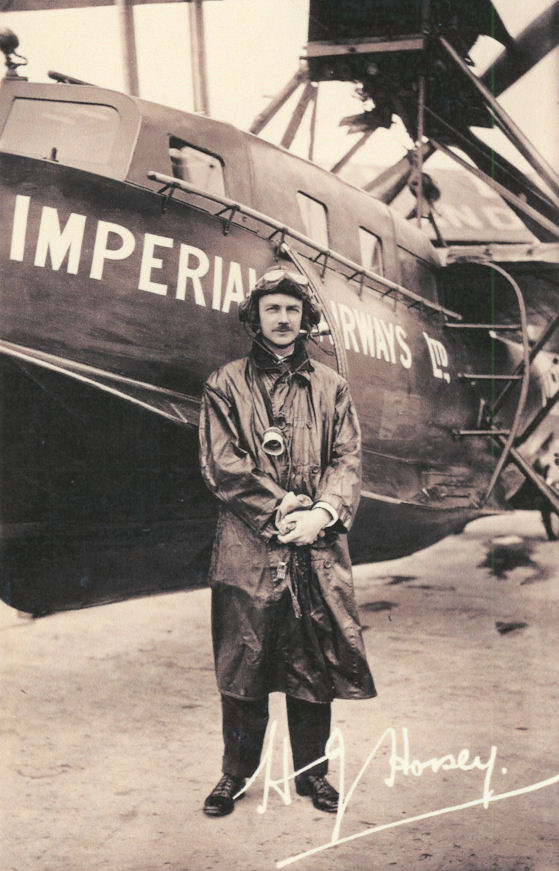
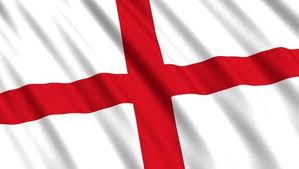
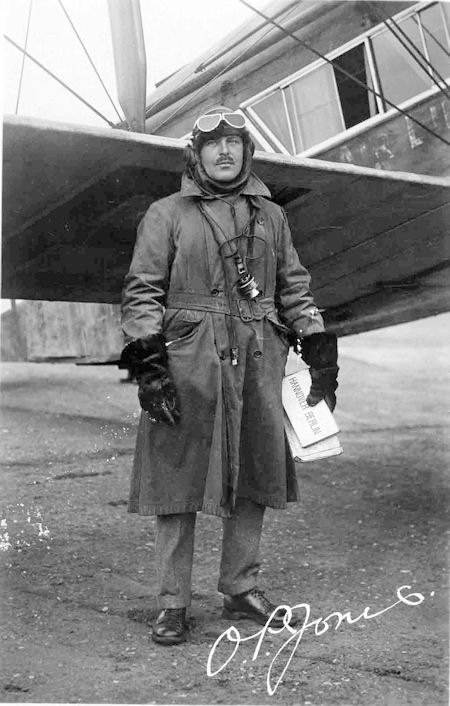
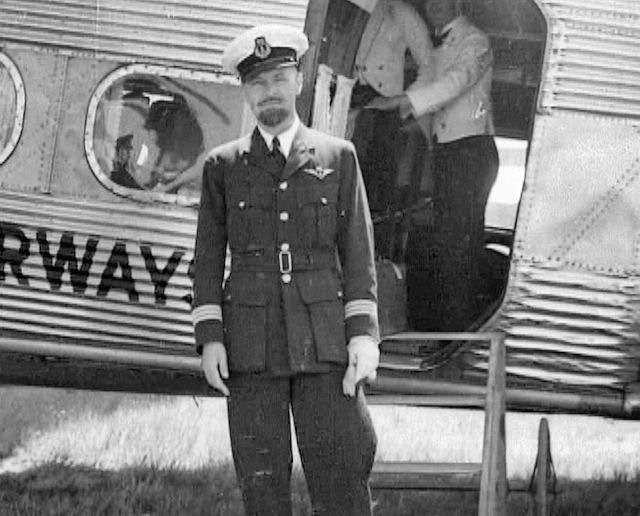
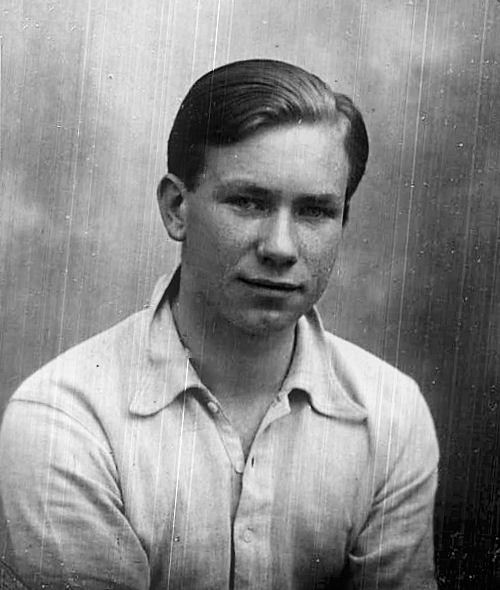
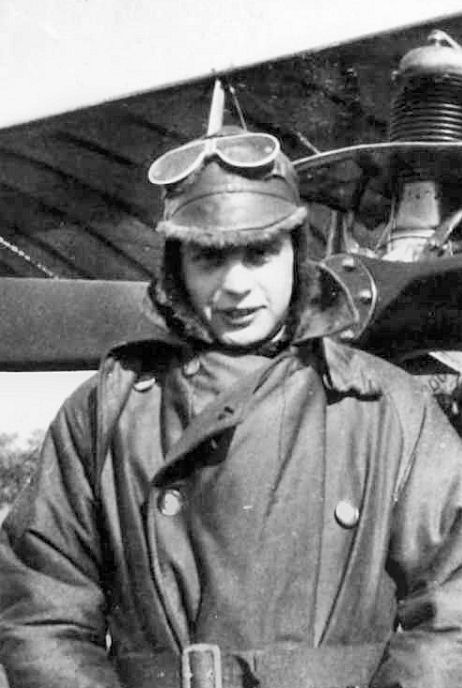
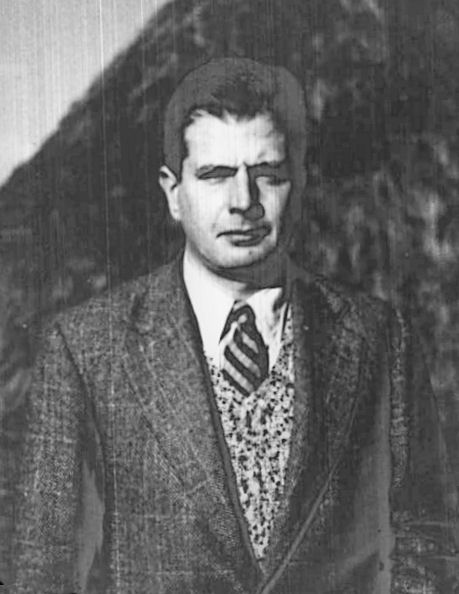
 ATAM
ATAM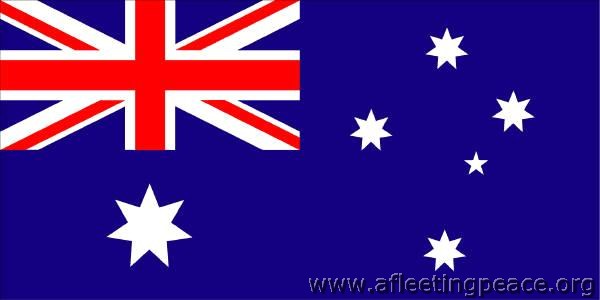
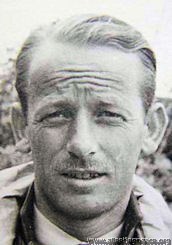
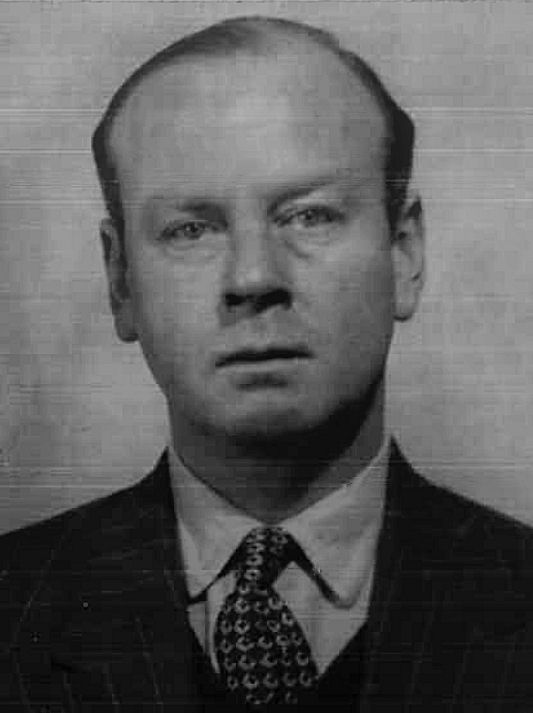
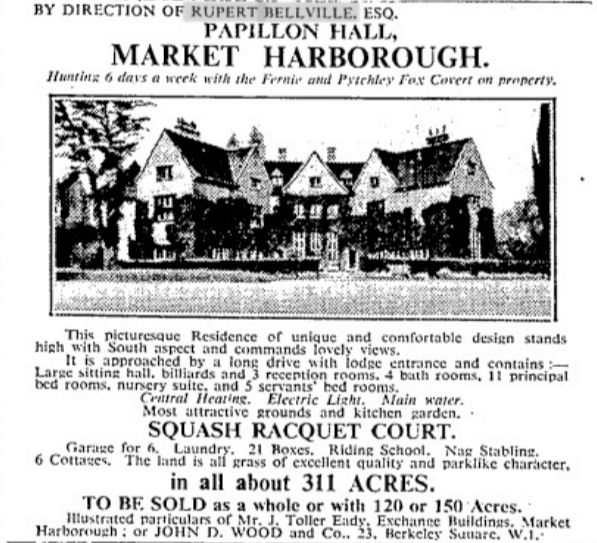
.jpg)
 photo: 1927, aged 37
photo: 1927, aged 37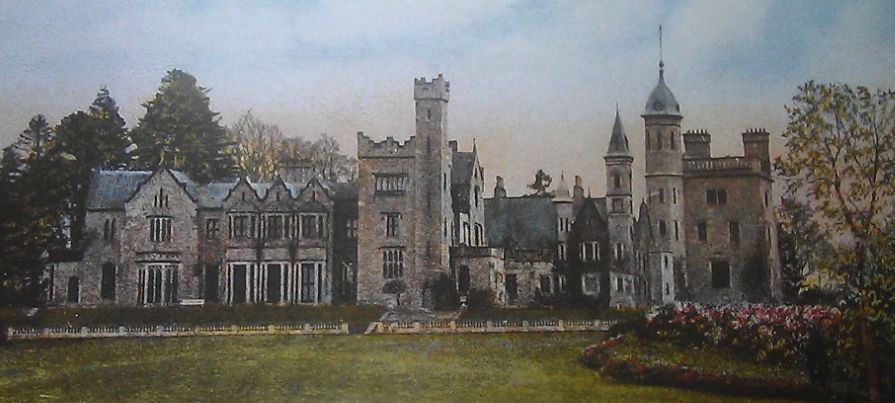 www.monaghan.ie/museum
www.monaghan.ie/museum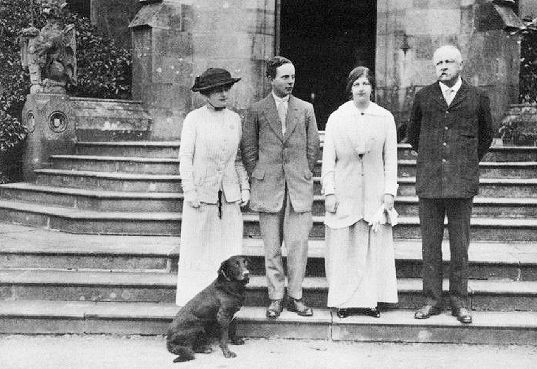 Throttle Full Open
Throttle Full Open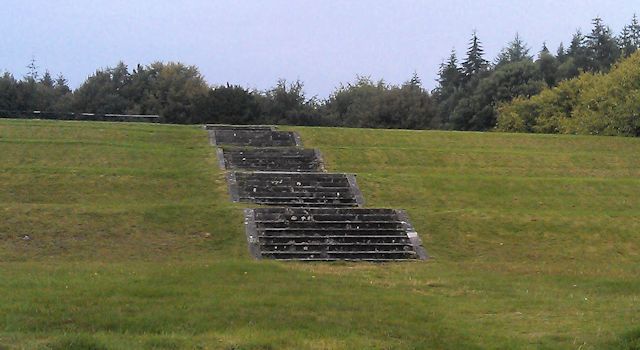
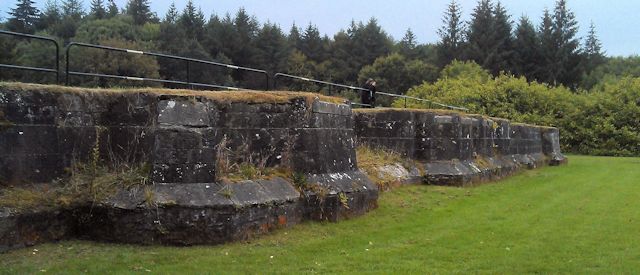
 At the Chateau d'Ardennes in 1930
At the Chateau d'Ardennes in 1930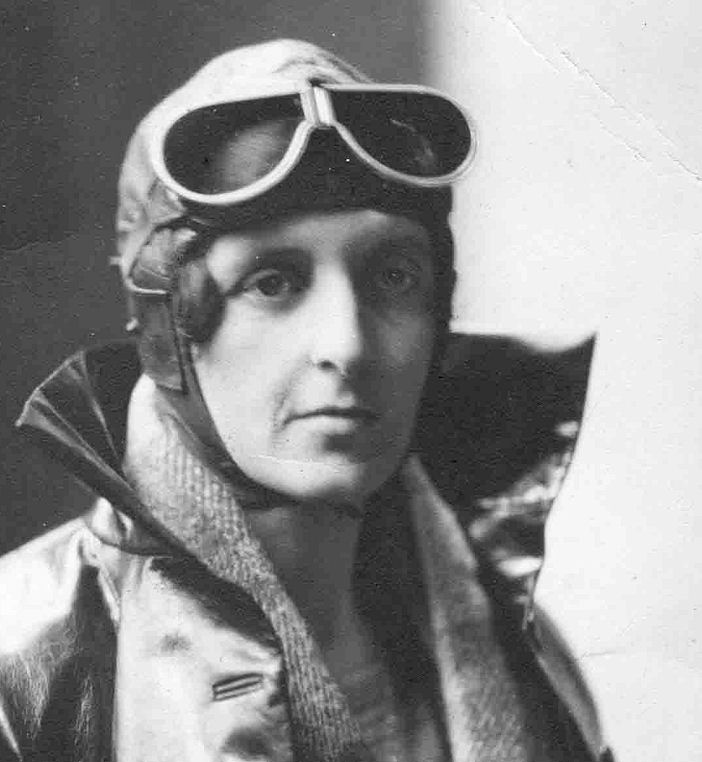
 RAeC 1929
RAeC 1929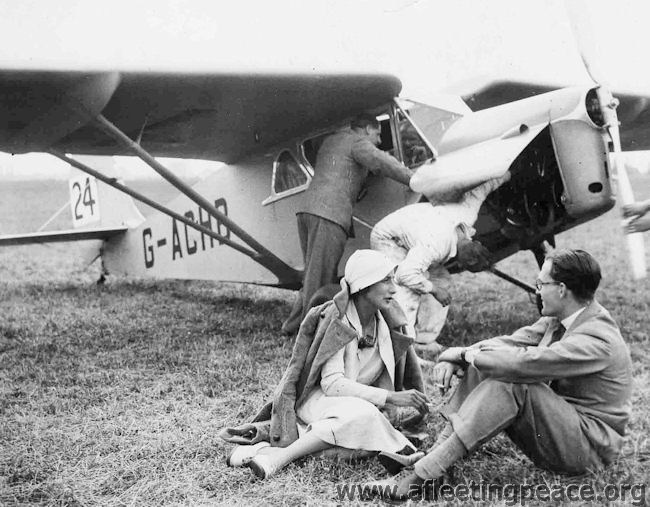 King's Cup 1933
King's Cup 1933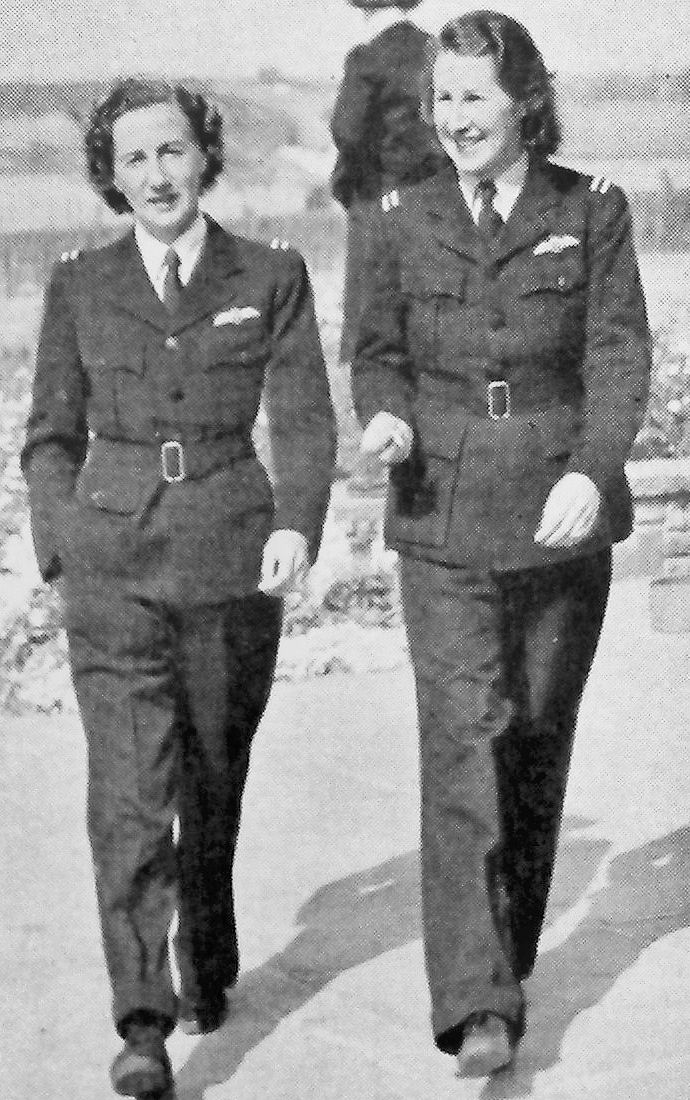 Lois and Winnie at Hatfield
Lois and Winnie at Hatfield 1942 caricature by
1942 caricature by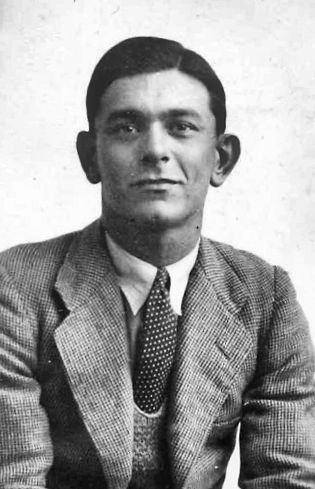 1935
1935

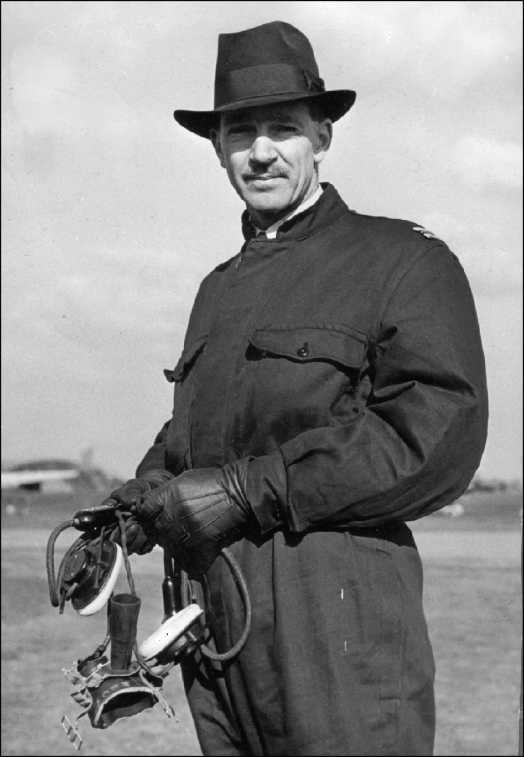 c. 1938
c. 1938 ATAM
ATAM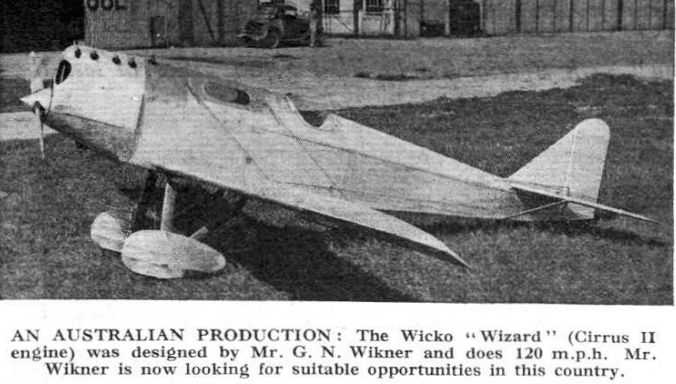 'Flight' ,
'Flight' ,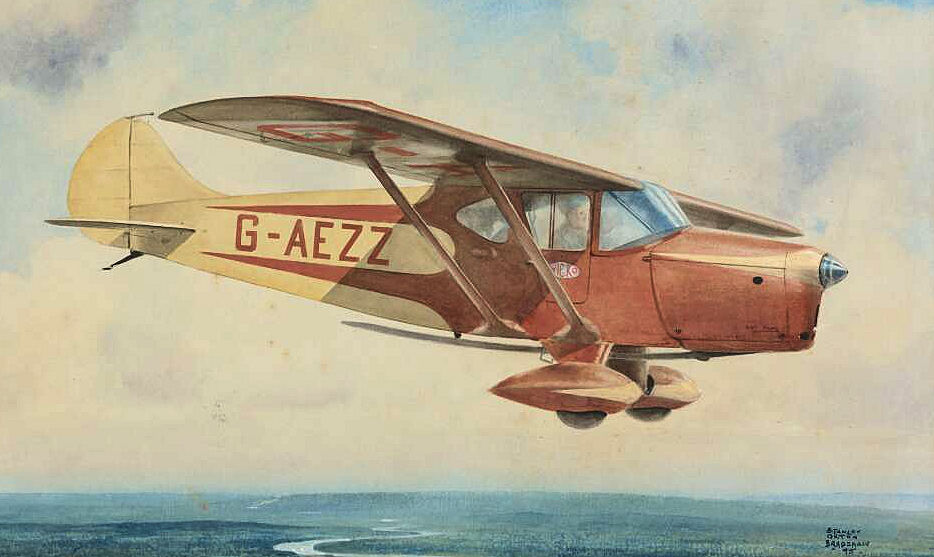
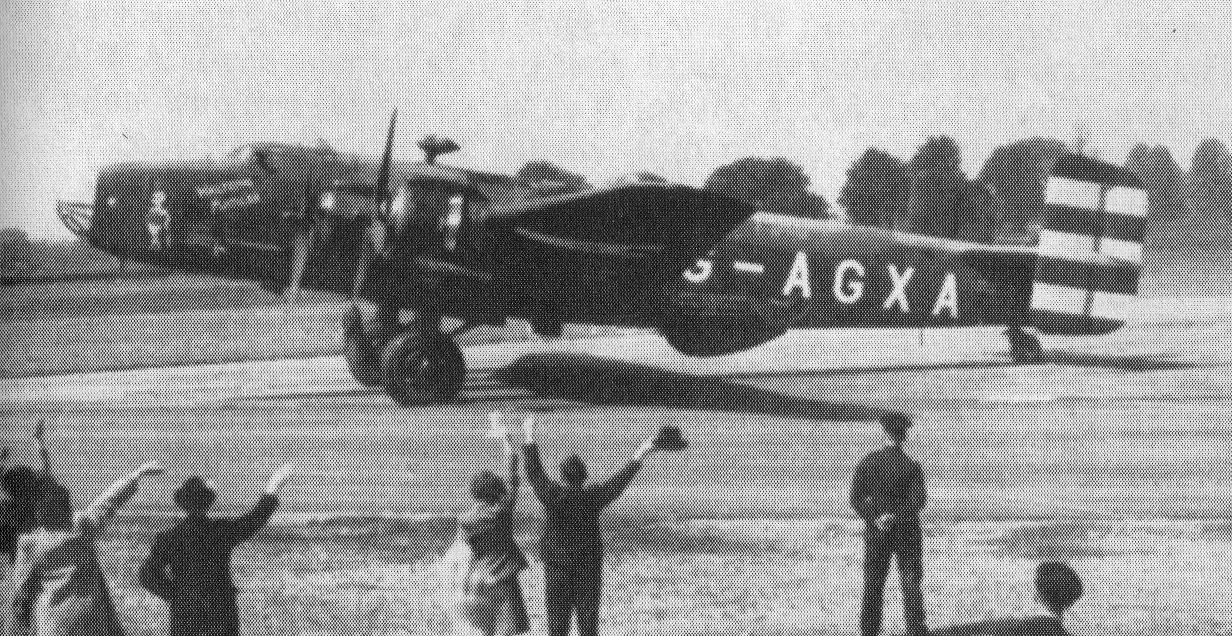 BG
BG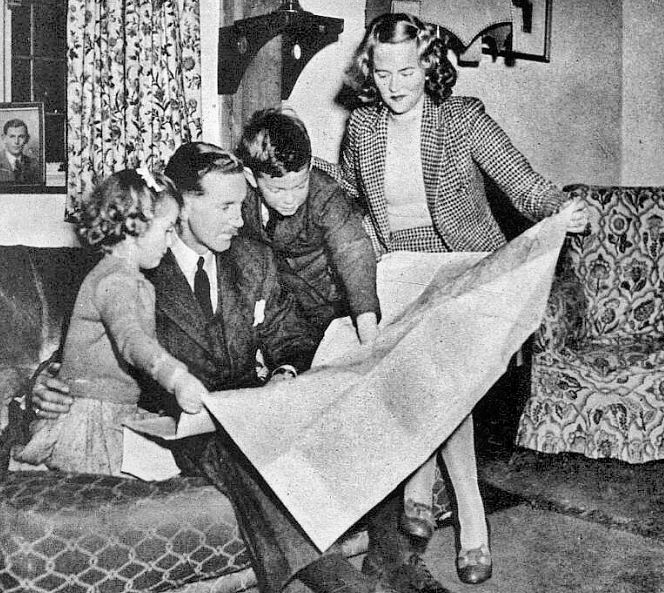
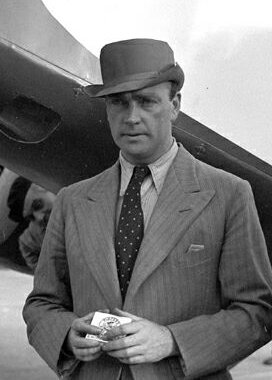 Famous pre-war pilot Neville Stack was due to be the co-pilot, but two weeks before departure he declined.
Famous pre-war pilot Neville Stack was due to be the co-pilot, but two weeks before departure he declined.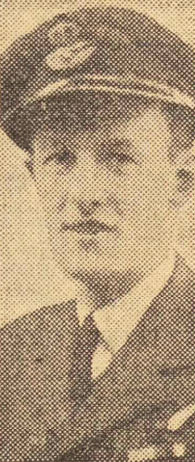
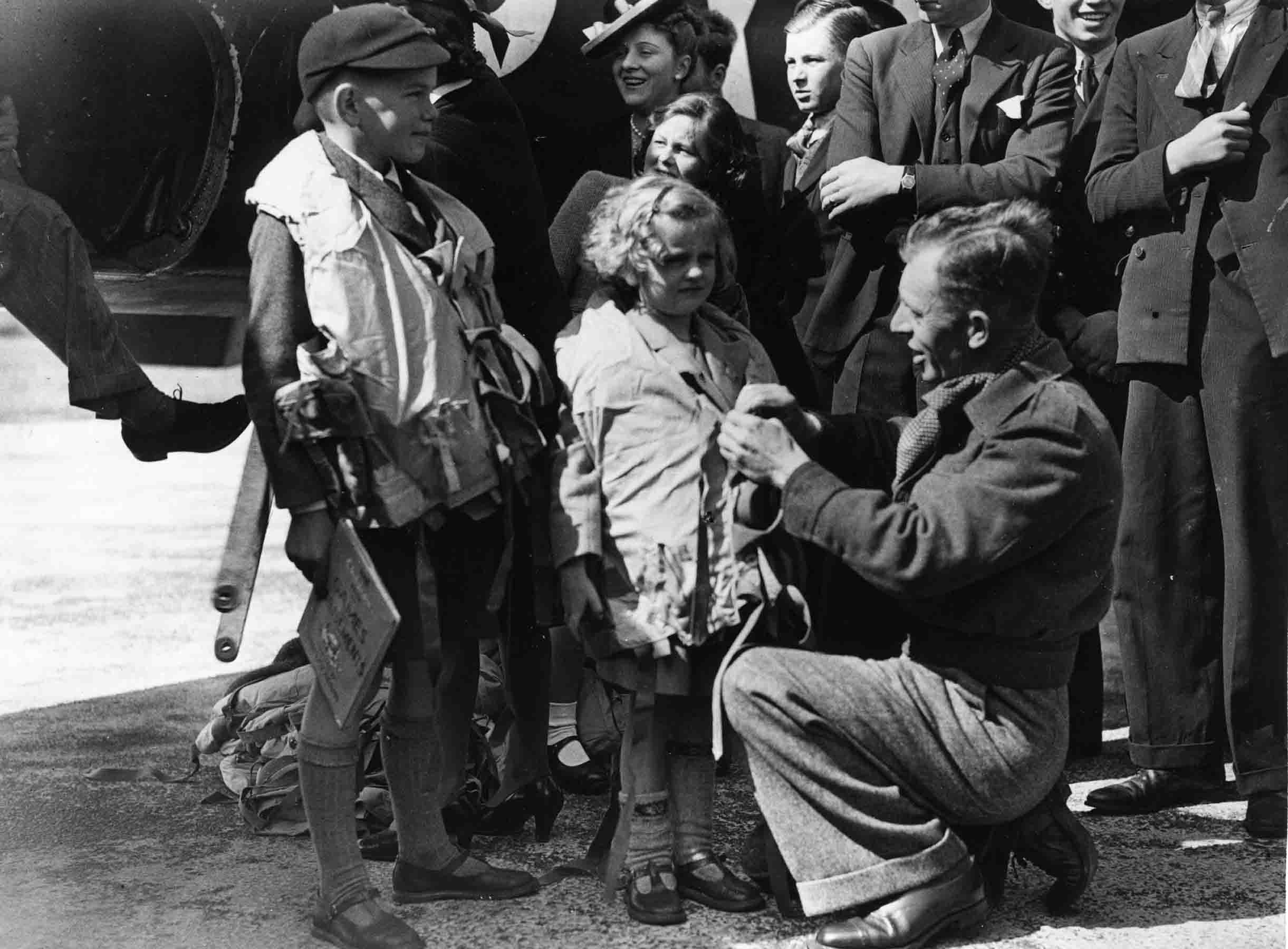 RAeC
RAeC
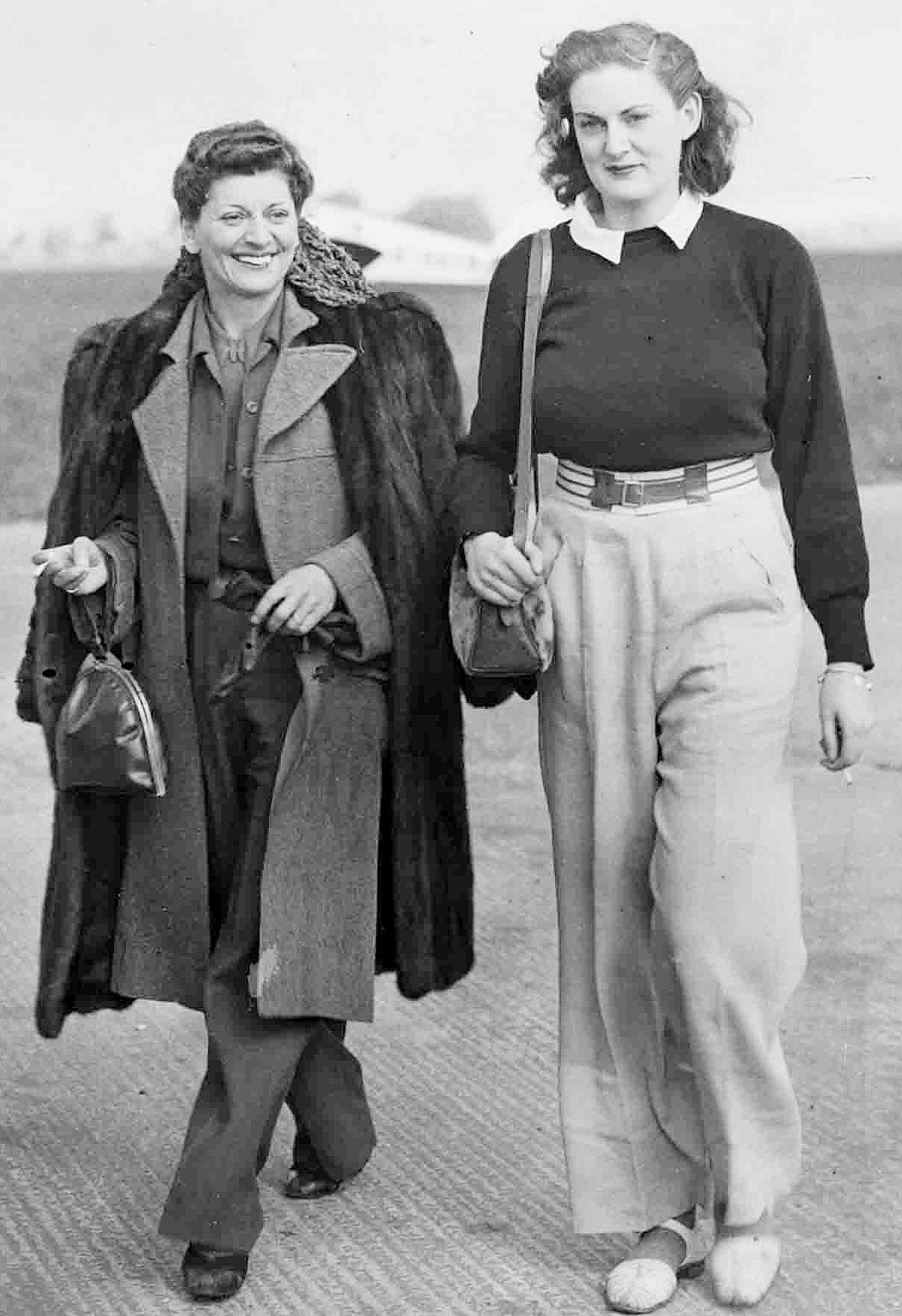 RAeC
RAeC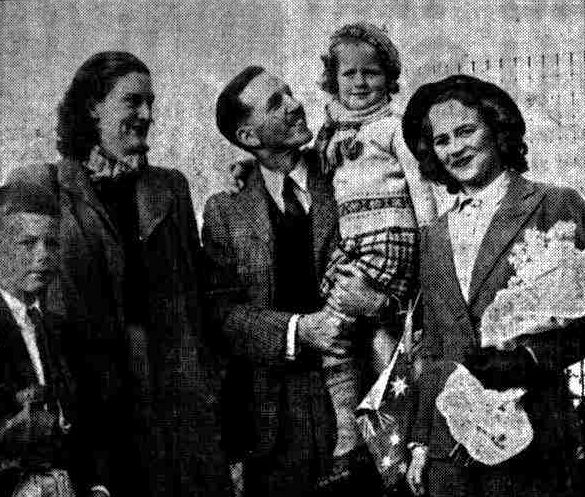

 ATAM
ATAM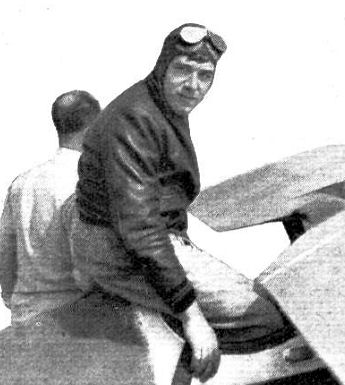 Flight
Flight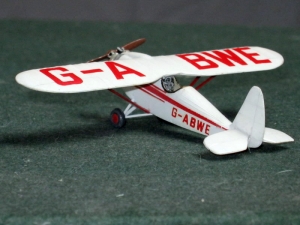
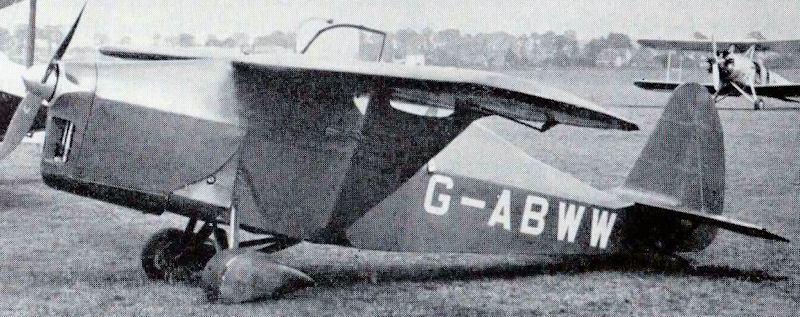 AJJ
AJJ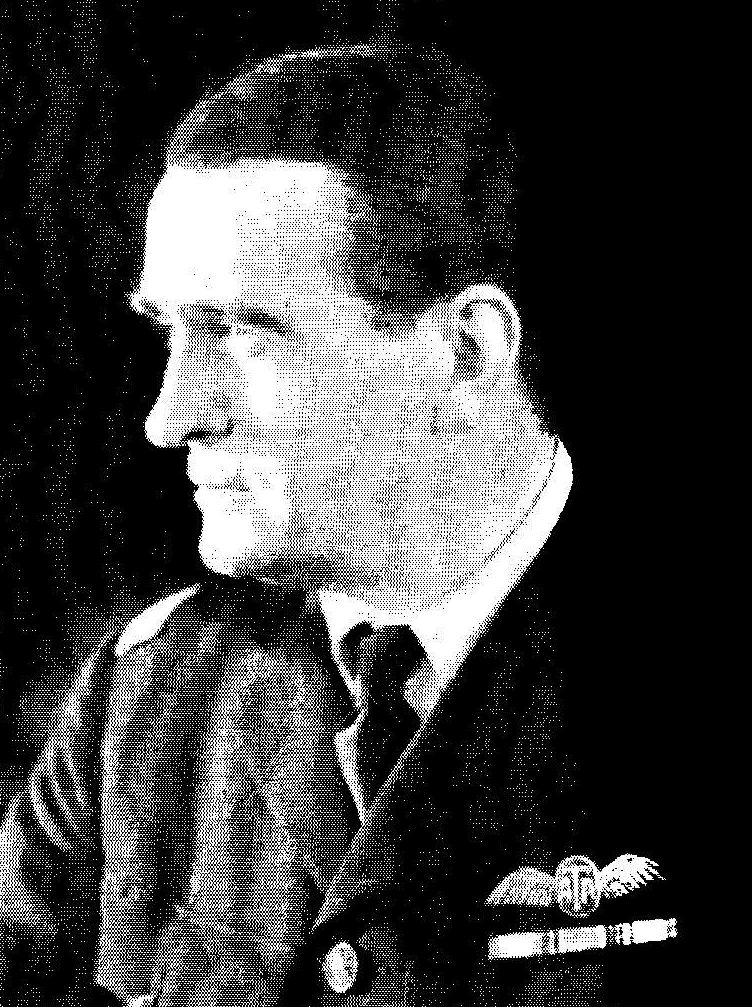 BG
BG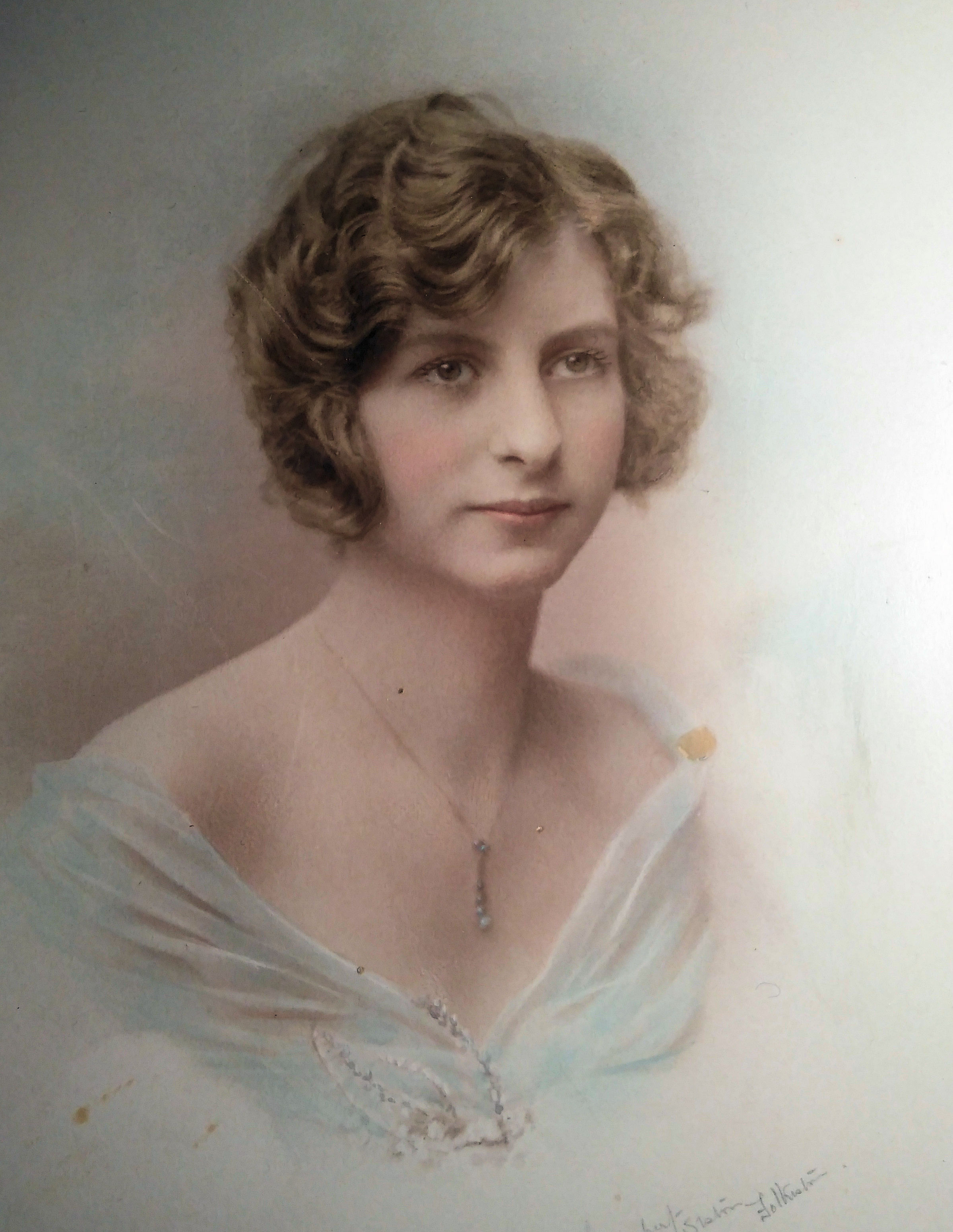 Vera
Vera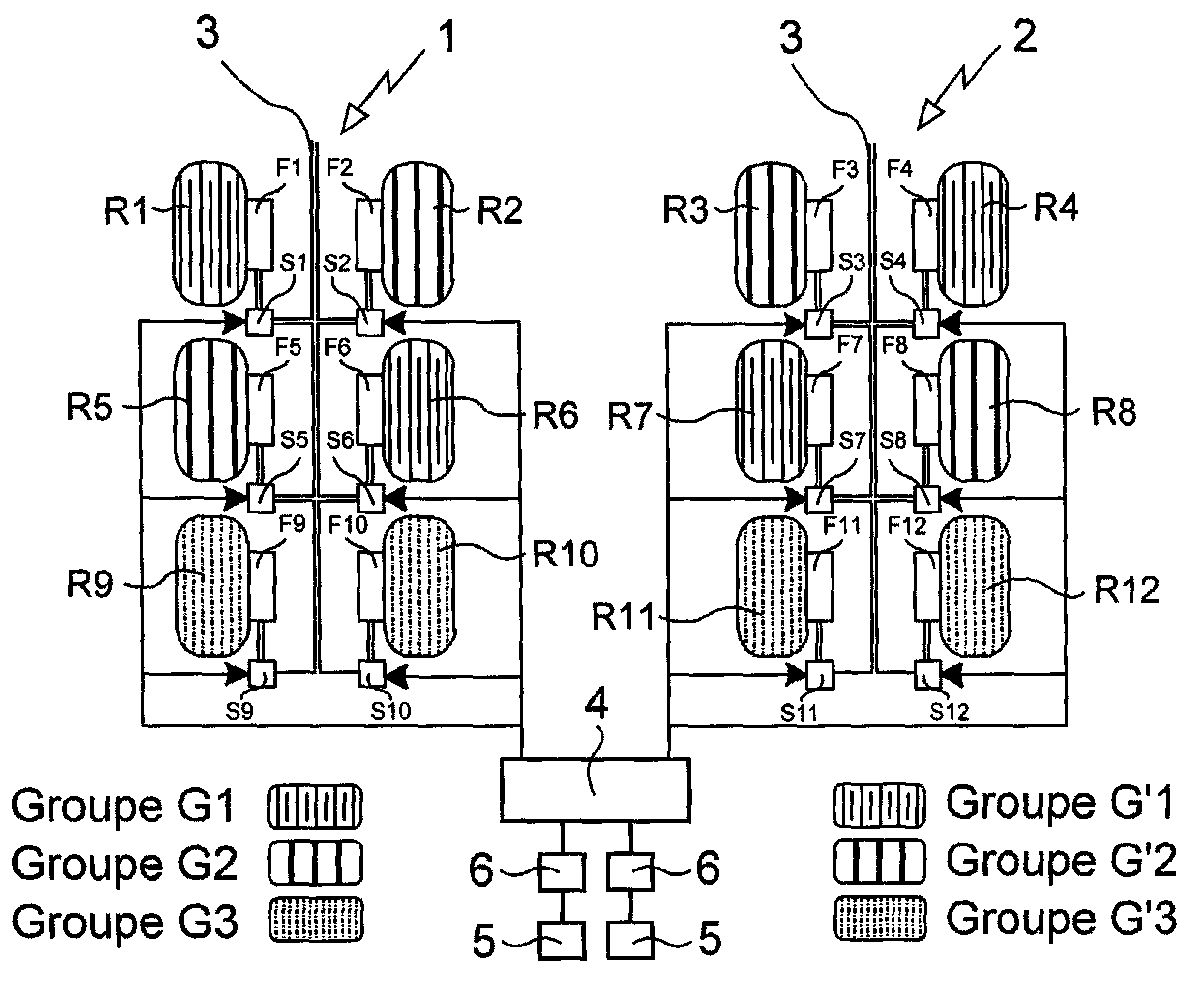
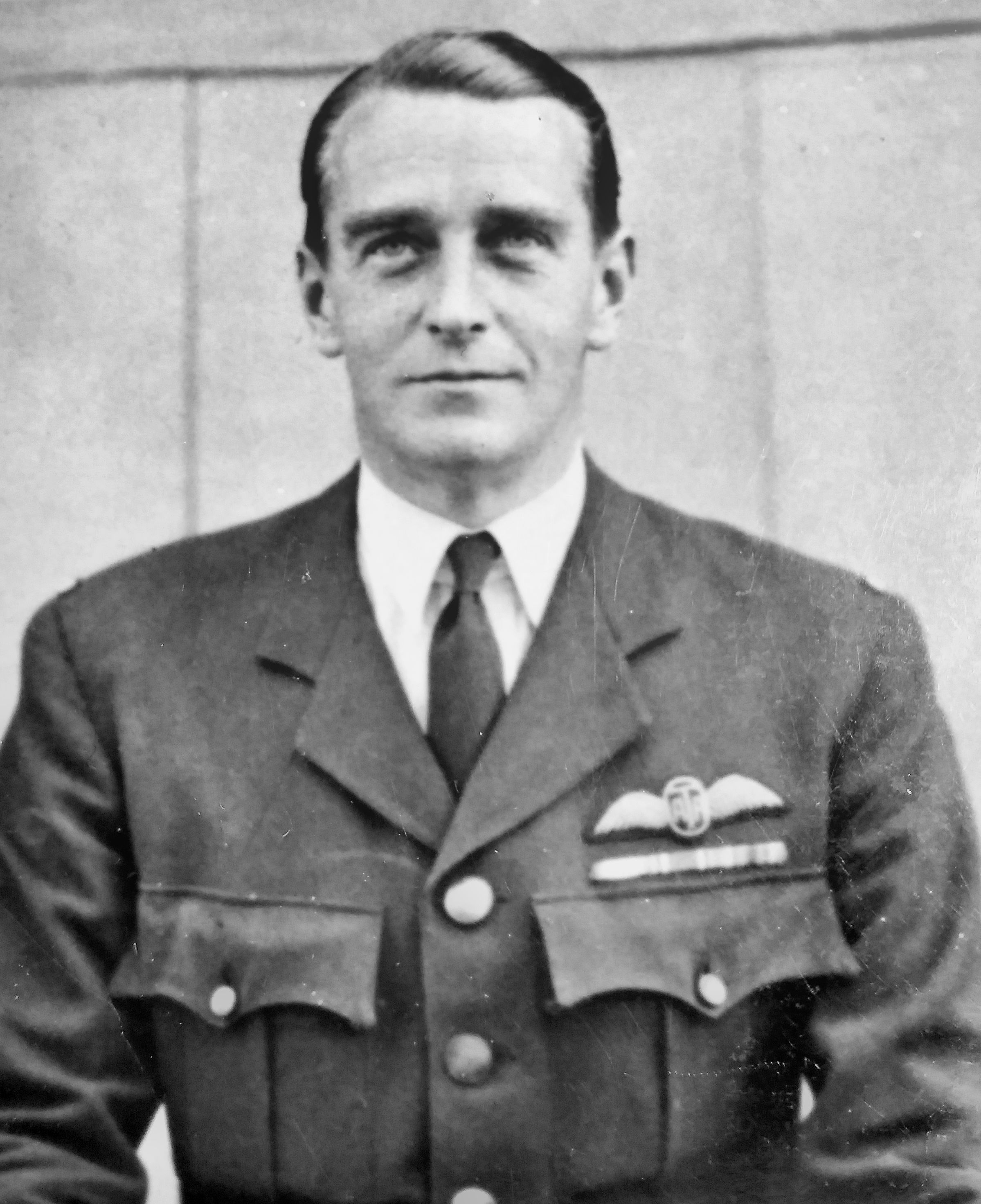
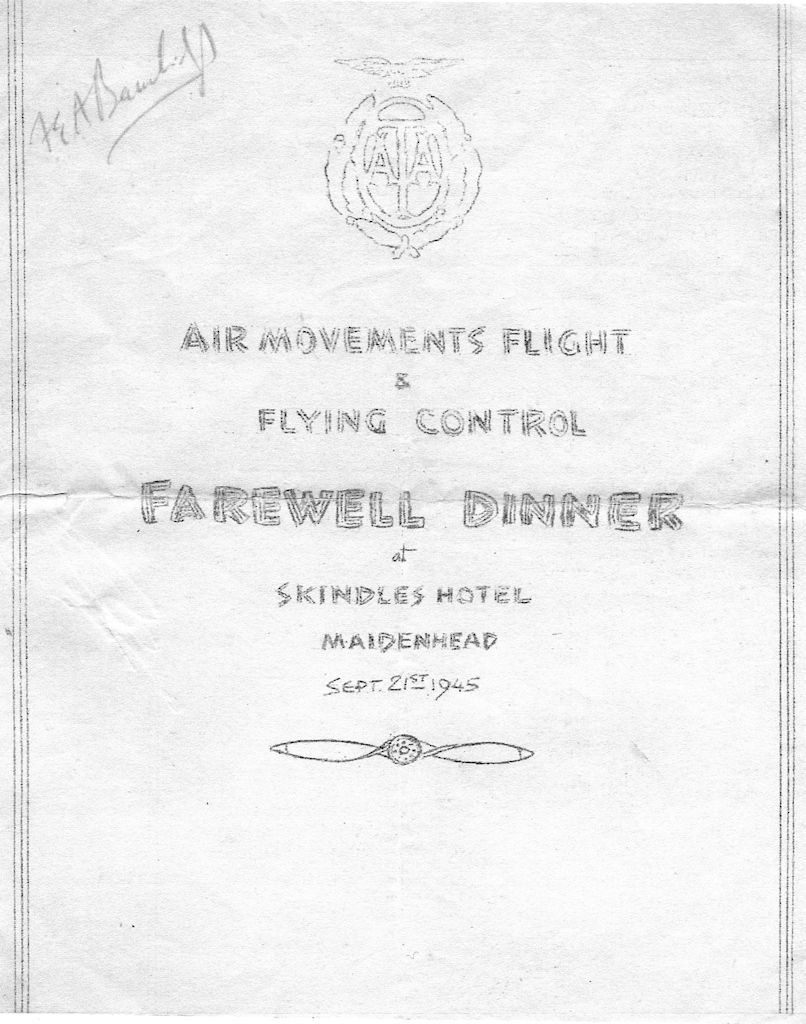
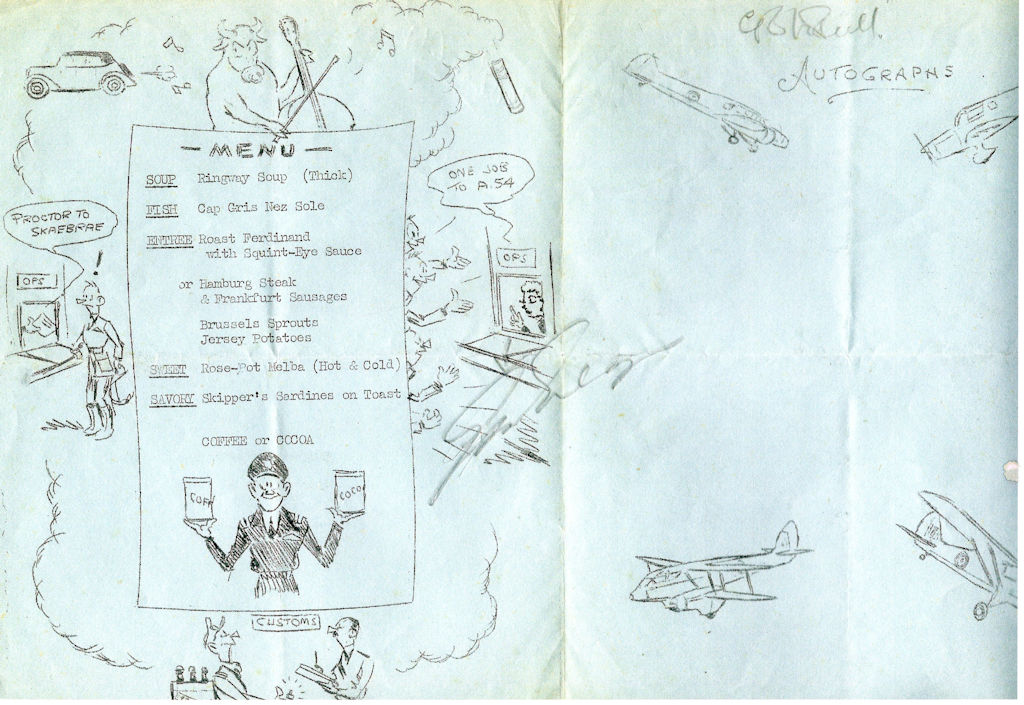
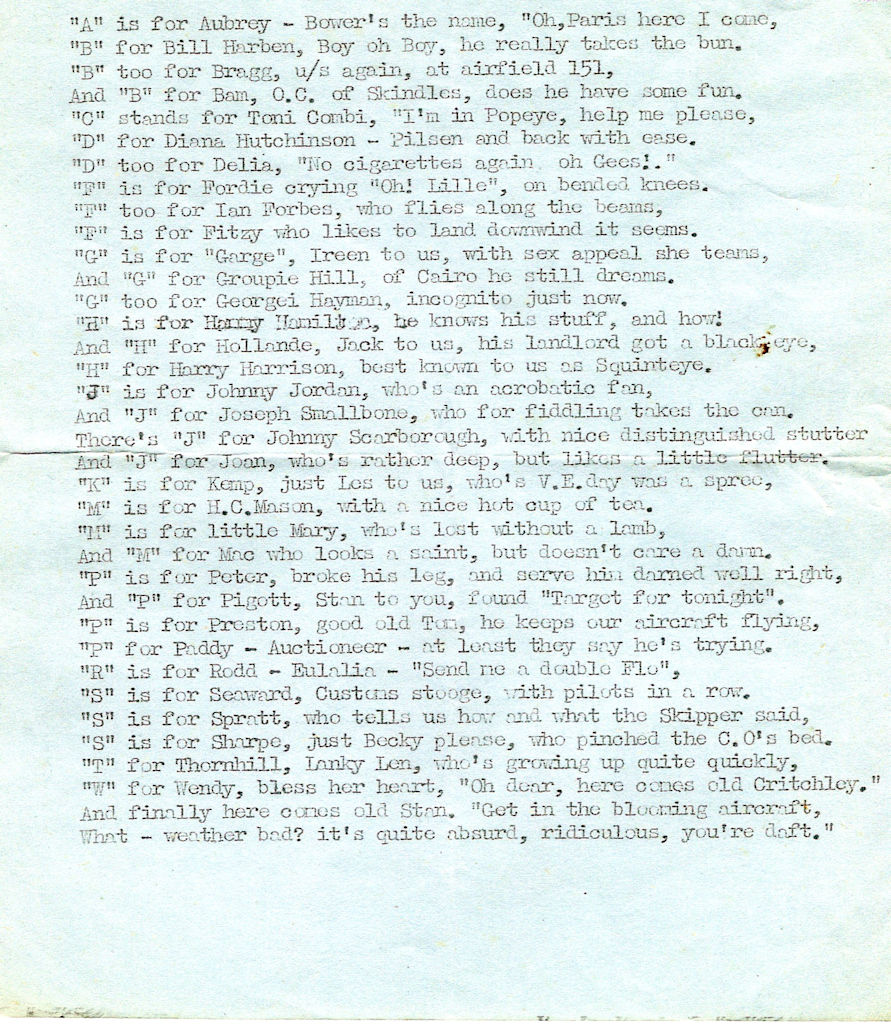
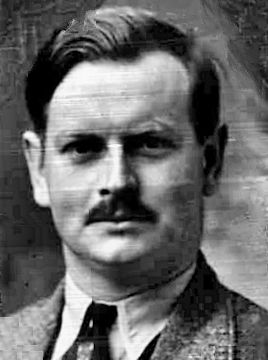 1940
1940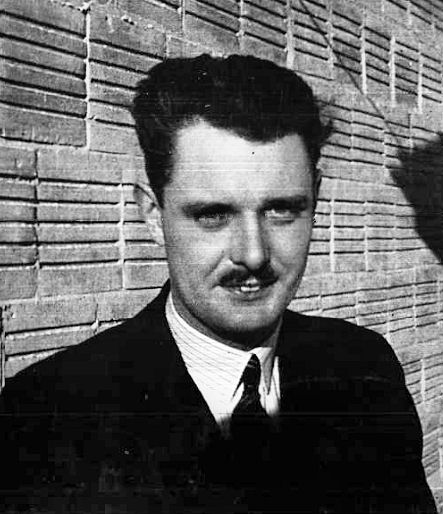 1935
1935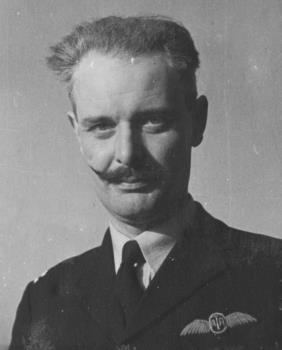 ATA
ATA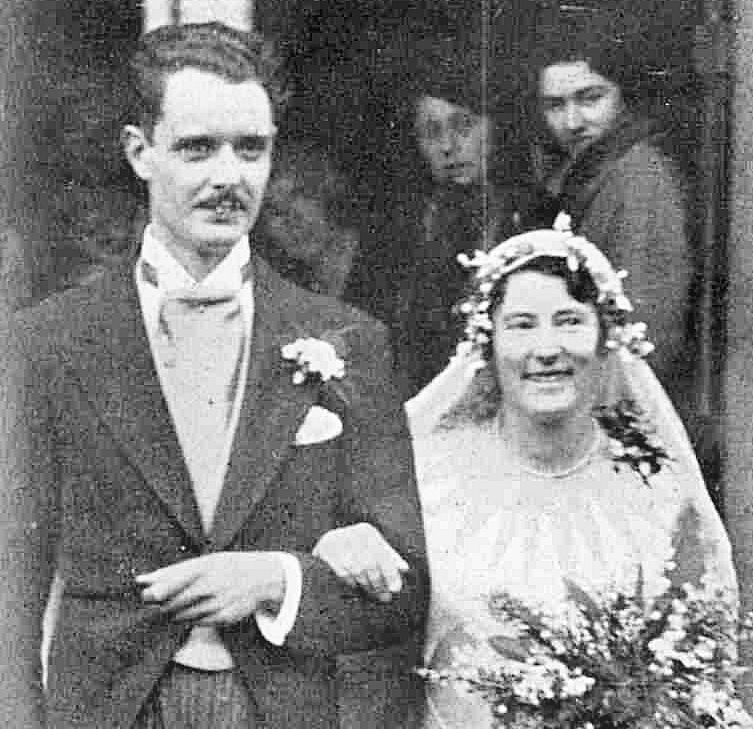
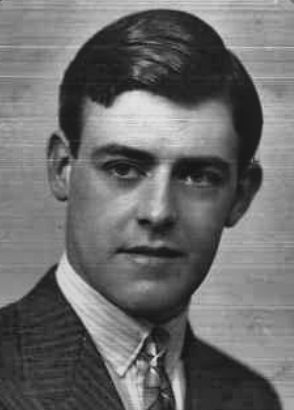 1936
1936 ATAM
ATAM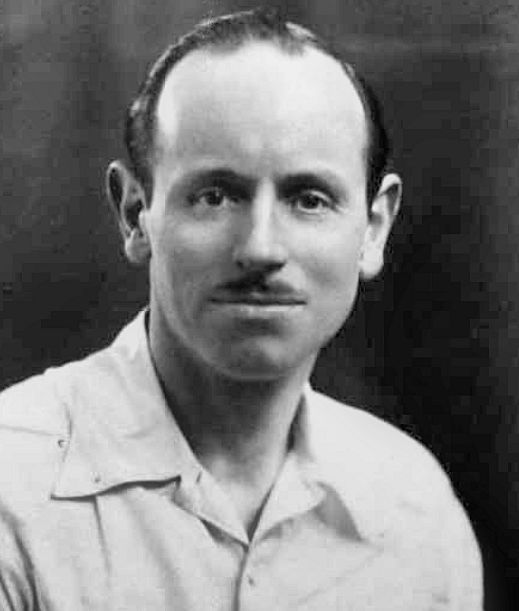 1934
1934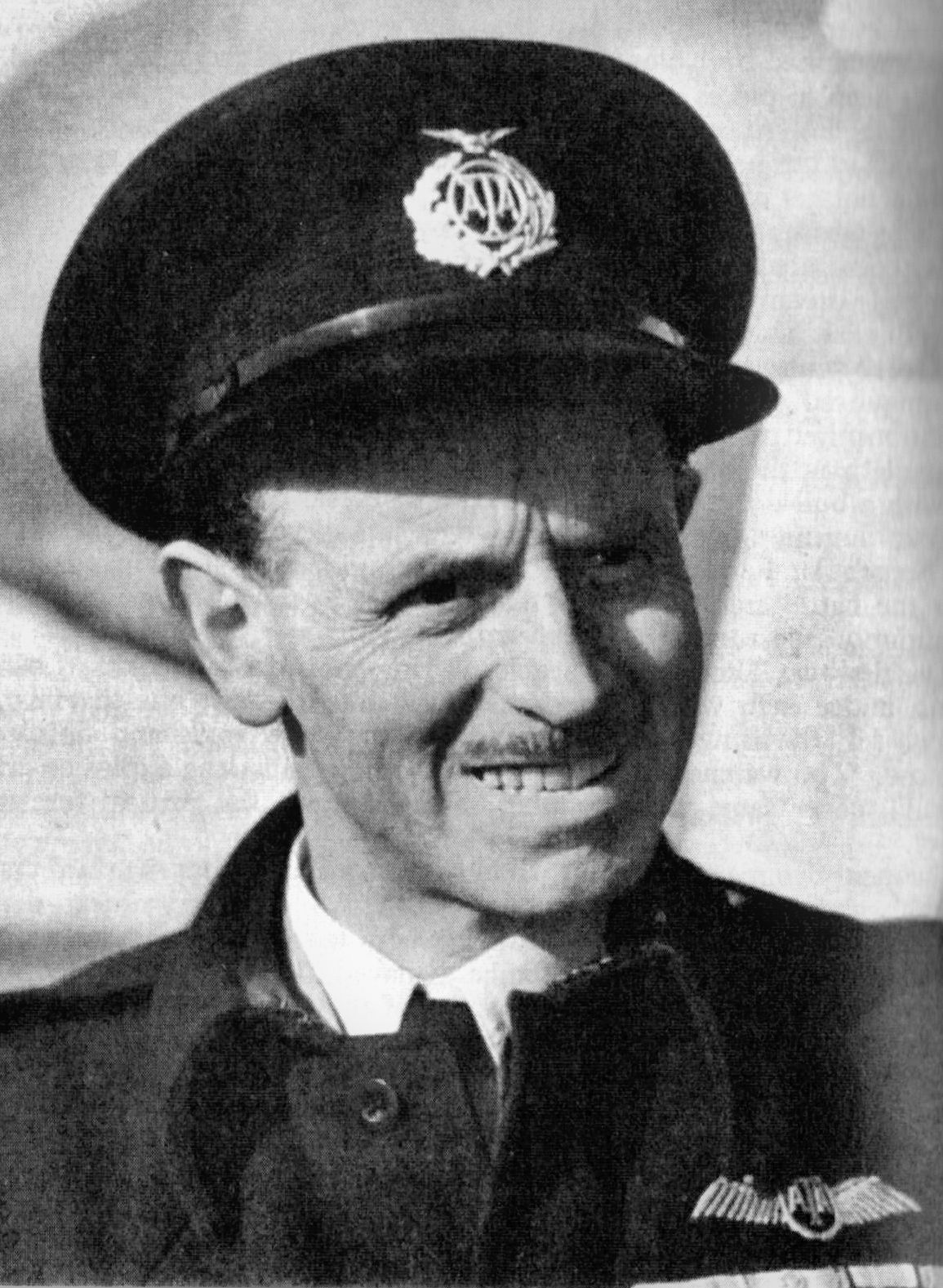 BG
BG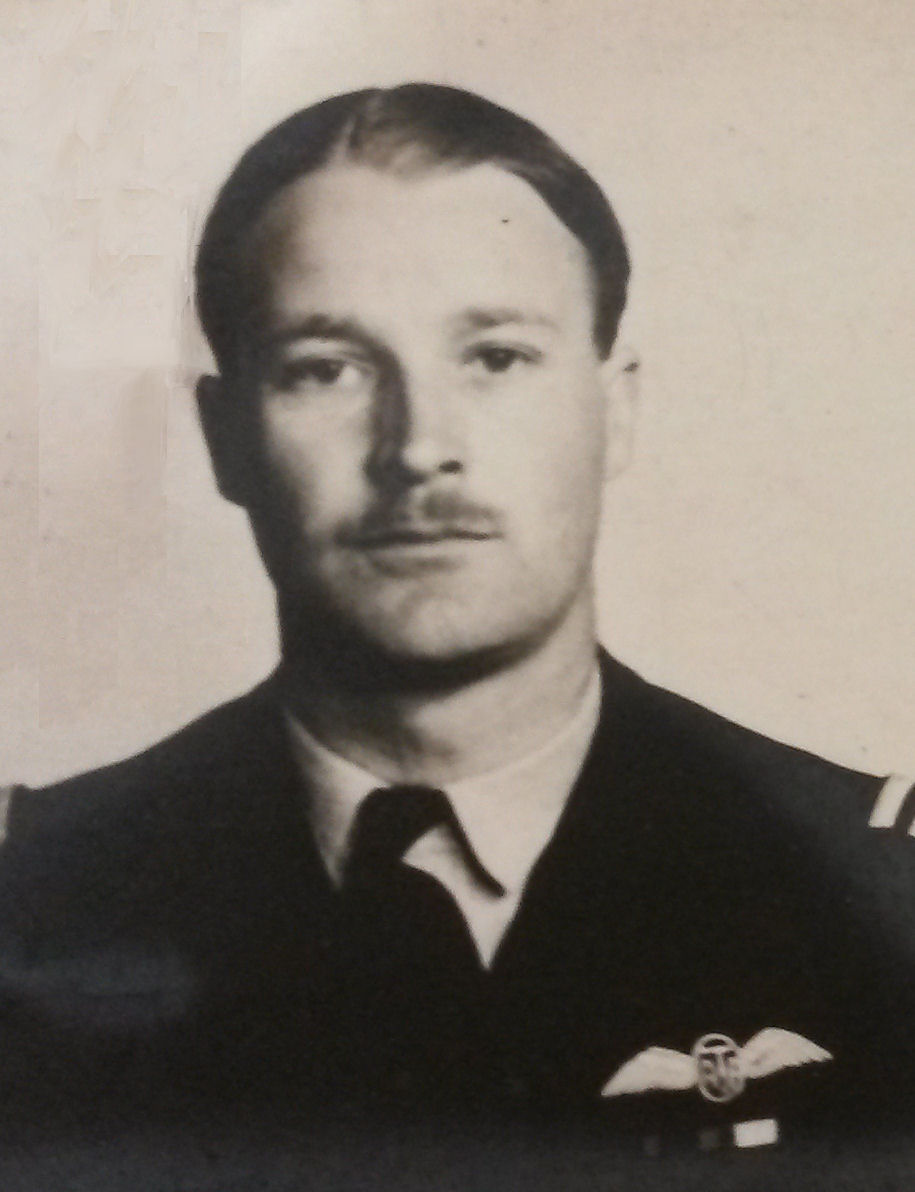
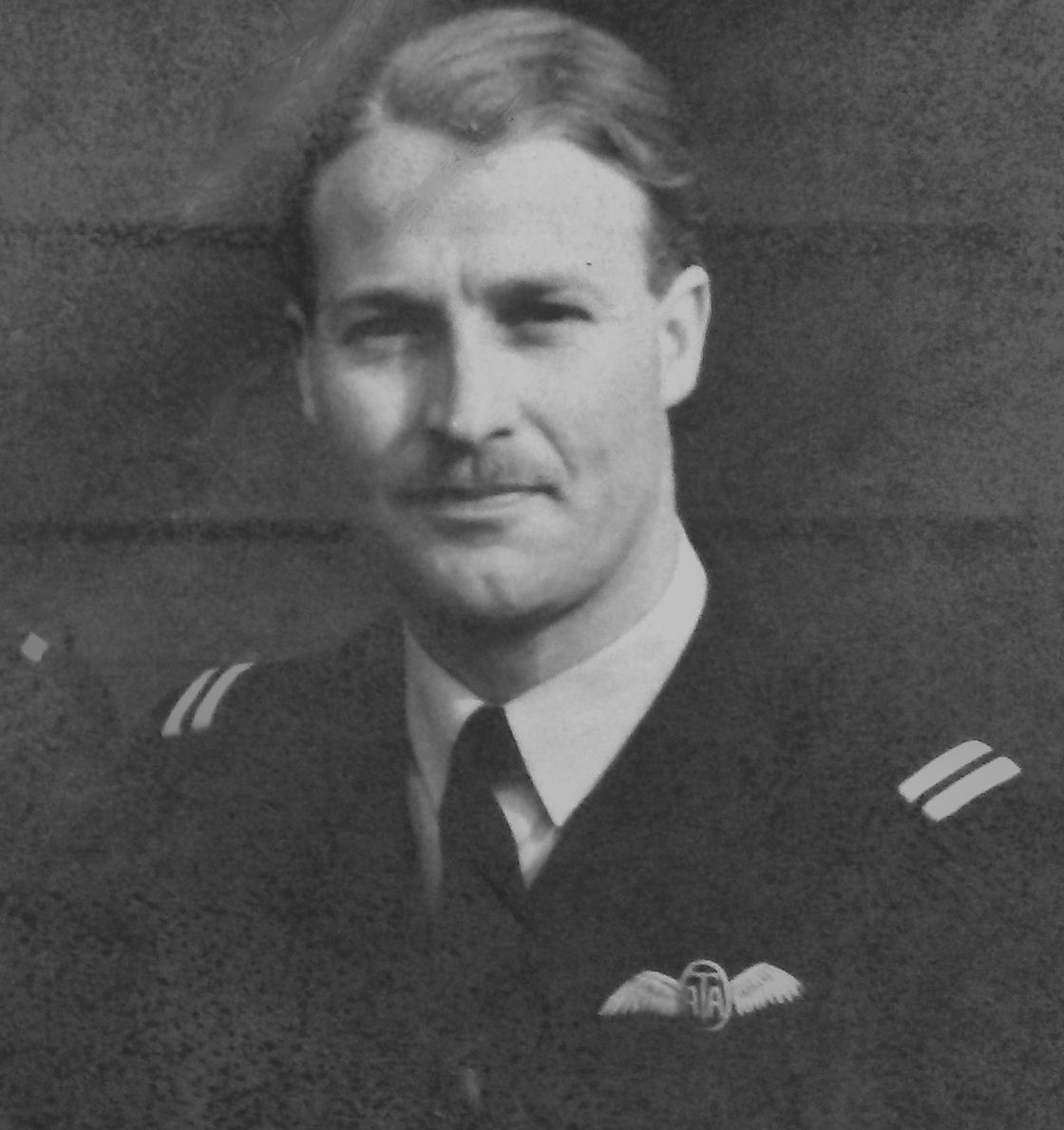 ATA
ATA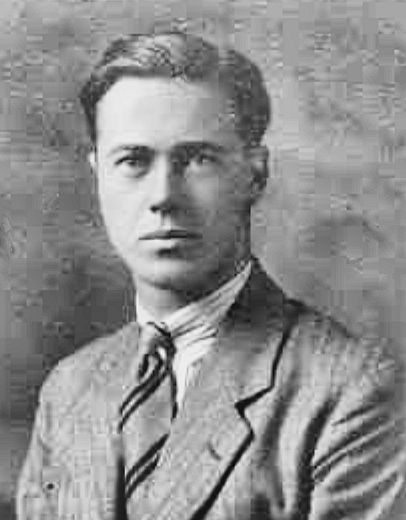 1931
1931 ATAM
ATAM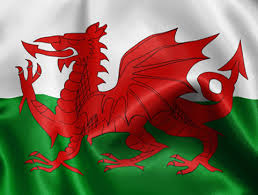
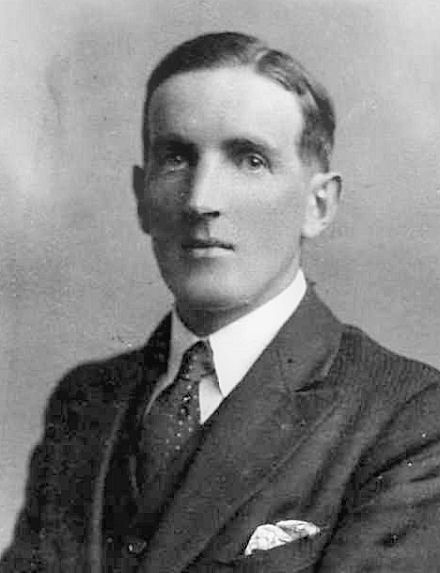
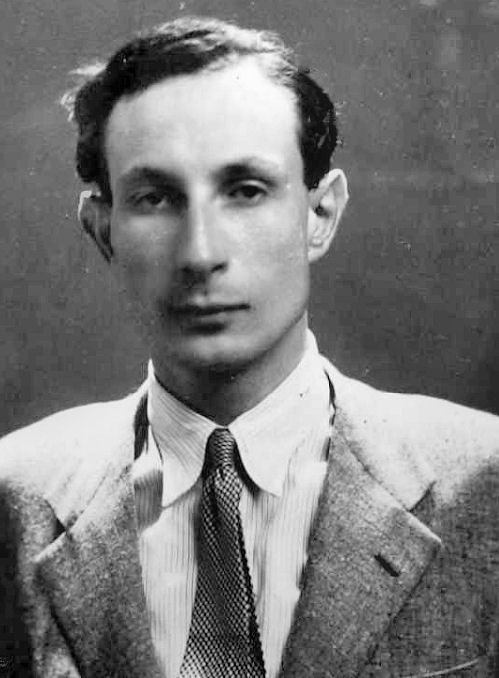 1935
1935 ATAM
ATAM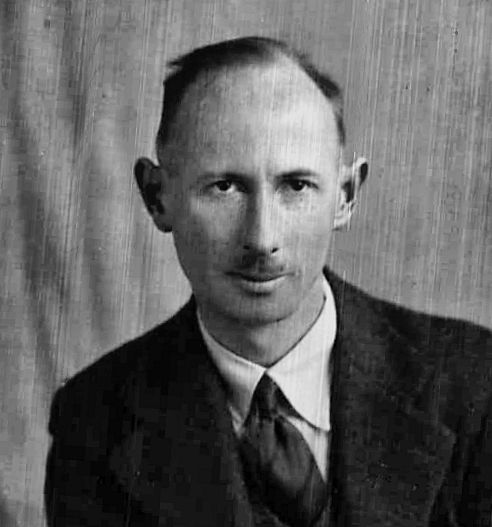 1939
1939 ATAM
ATAM 1929
1929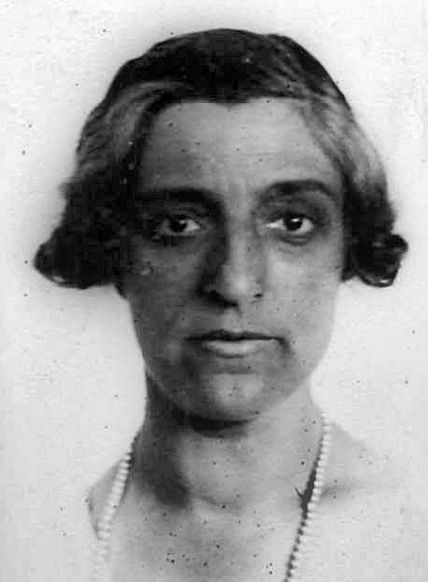 Winifred in 1935
Winifred in 1935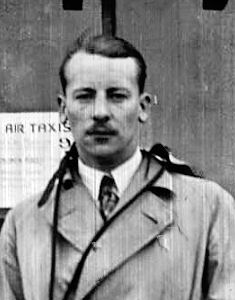

 ATAM
ATAM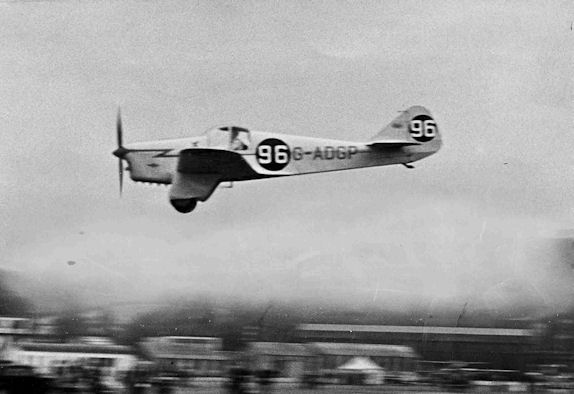
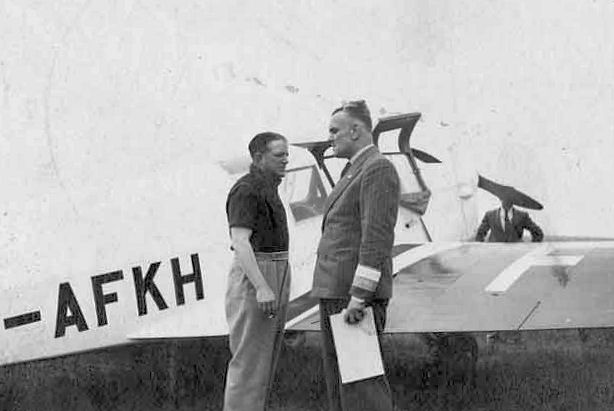
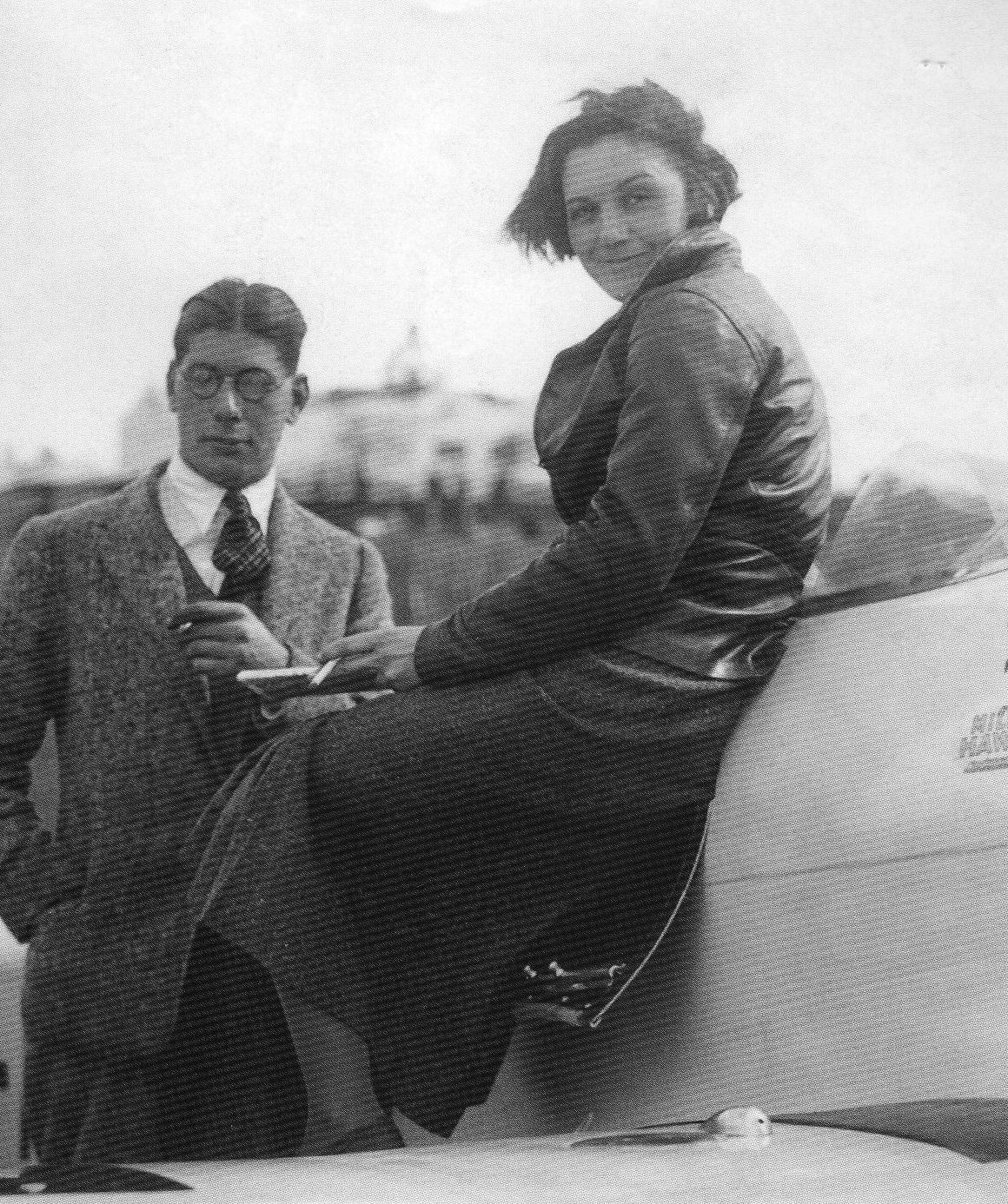

 ATAM
ATAM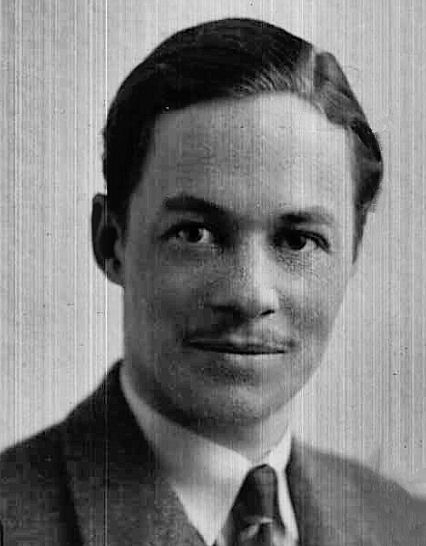 1938
1938 1936
1936 ATAM
ATAM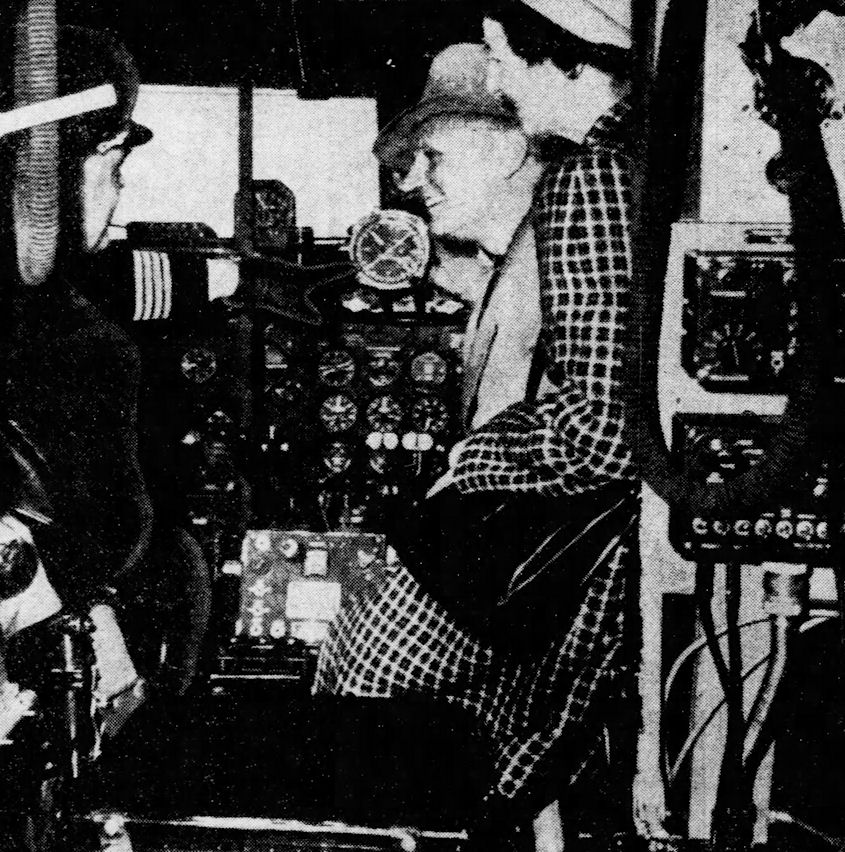

 ATAM
ATAM ATAM
ATAM 1976
1976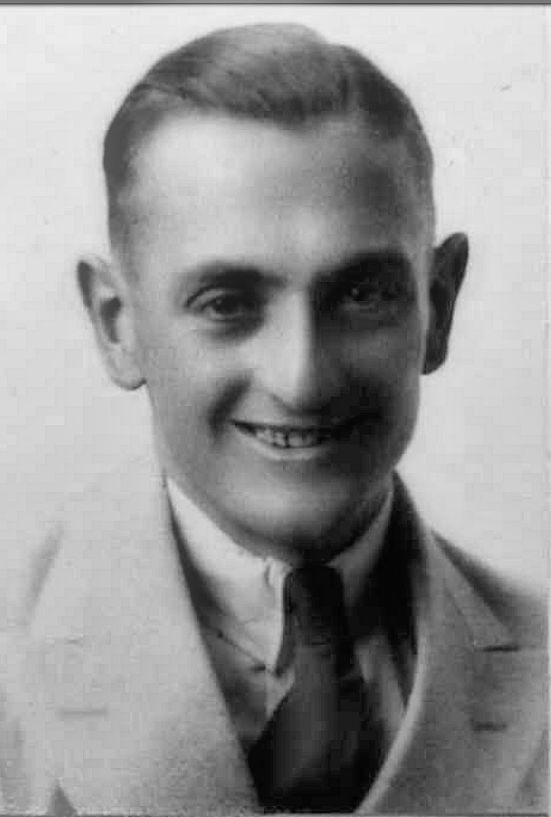 1930
1930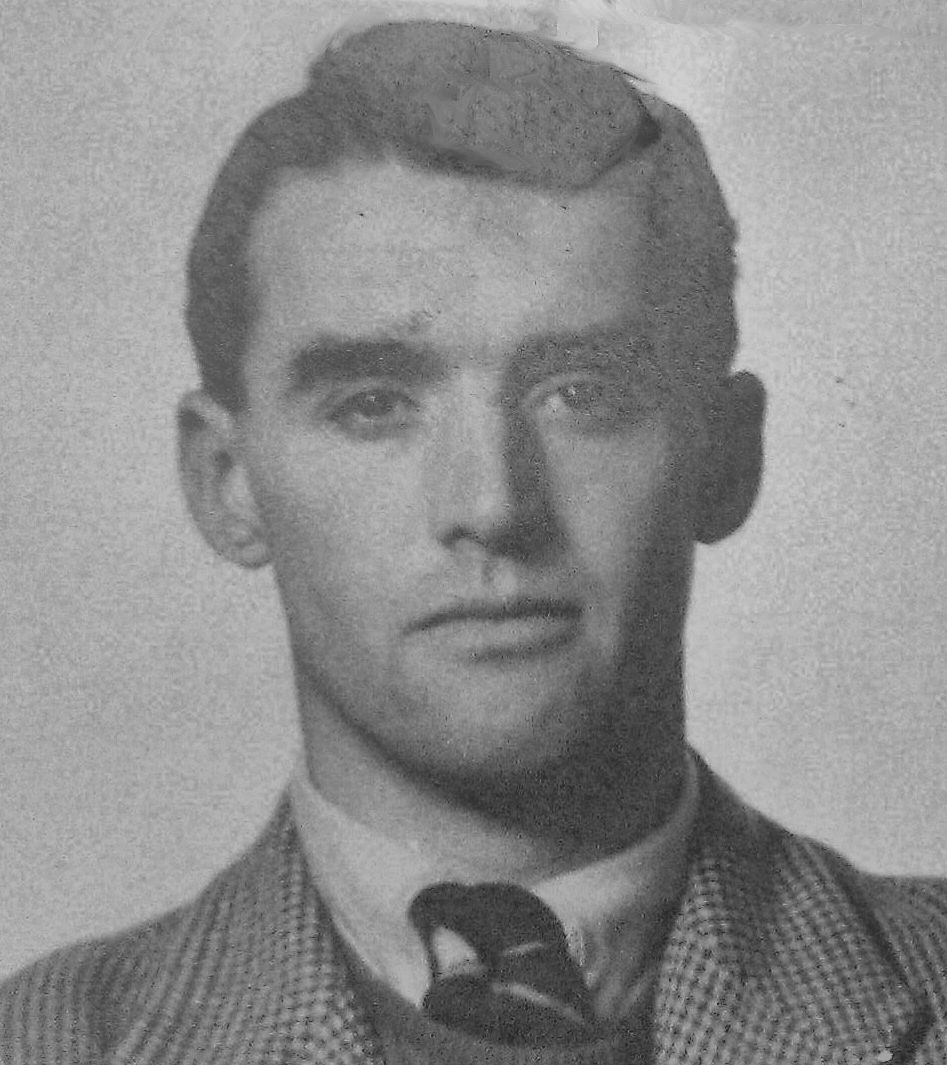
 1938
1938

 1937
1937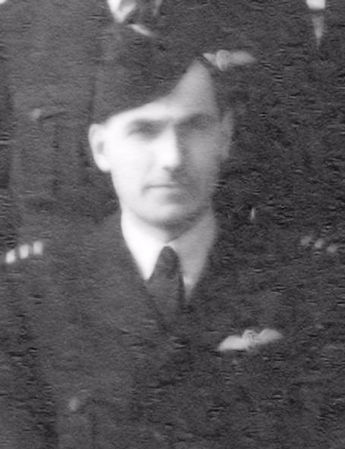 ATAM
ATAM

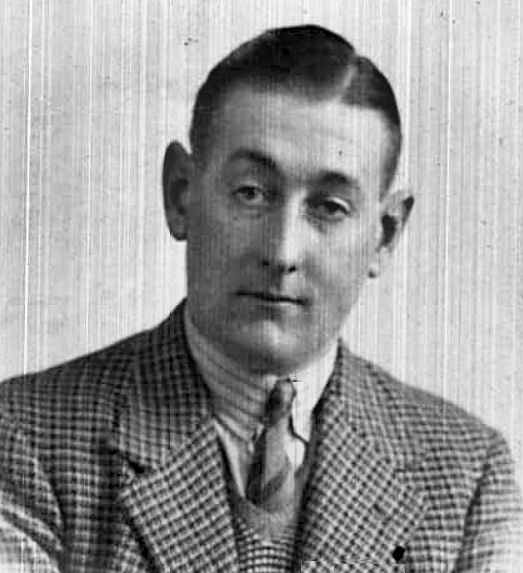 1936
1936 ATAM
ATAM ATAM
ATAM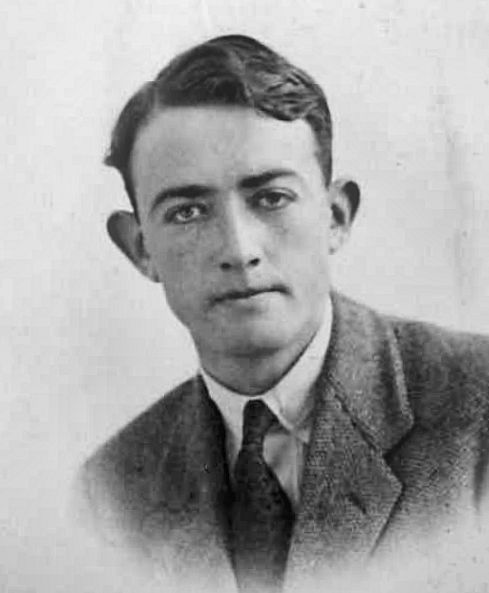 1931
1931 ATAM
ATAM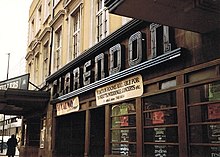 Wikipedia
Wikipedia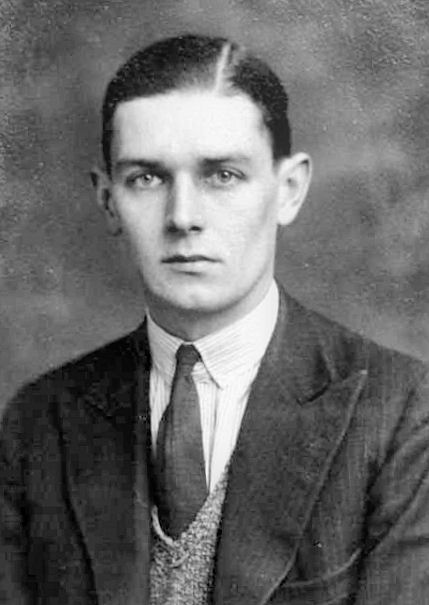 1931
1931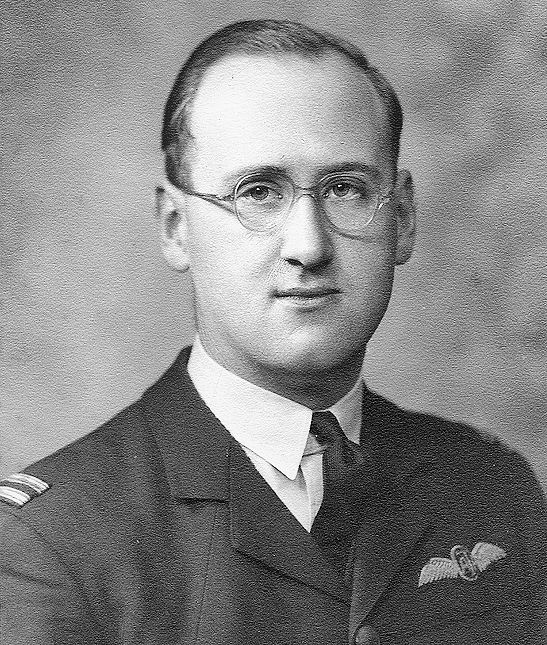 1942
1942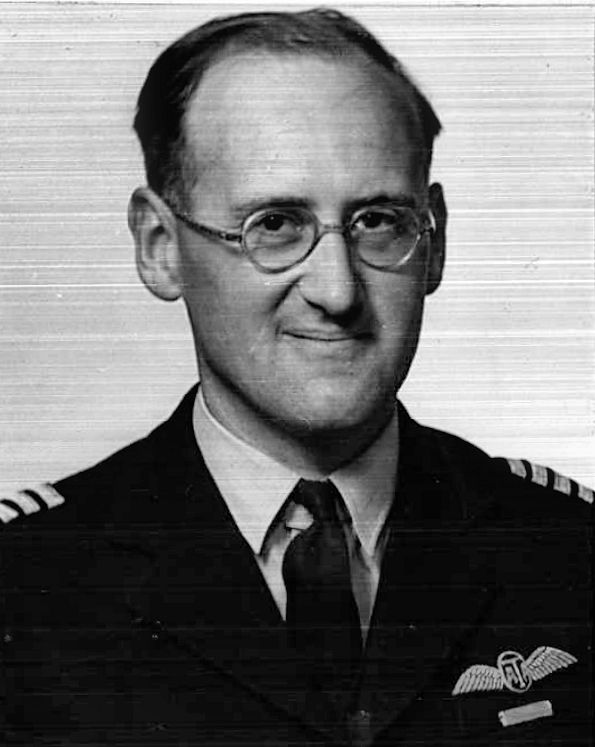 RAeC 1945
RAeC 1945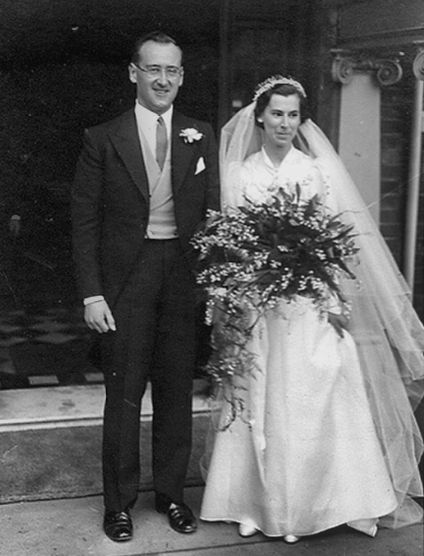

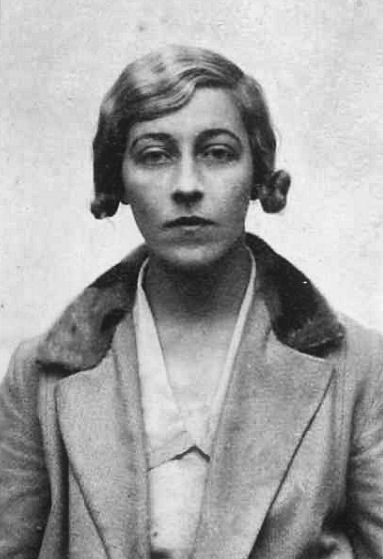 1929
1929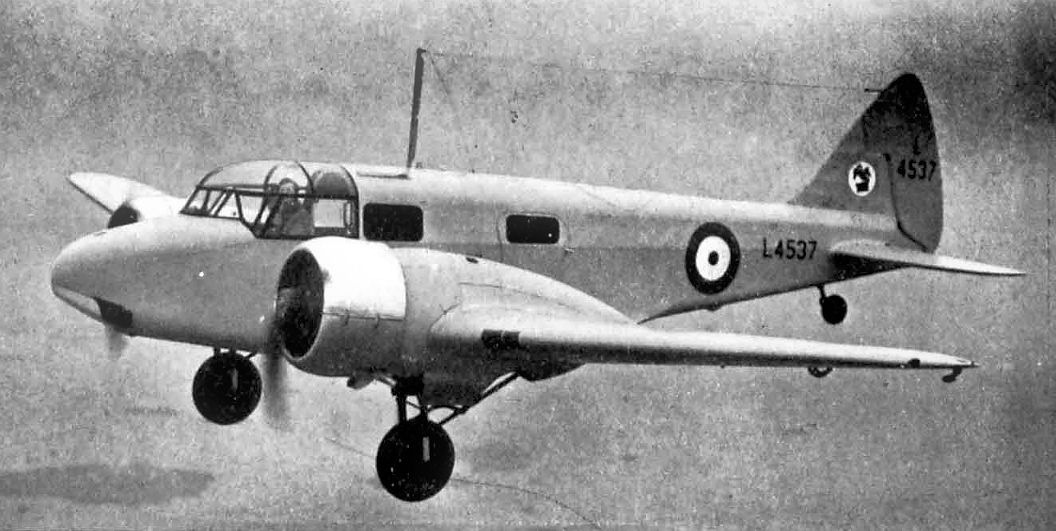

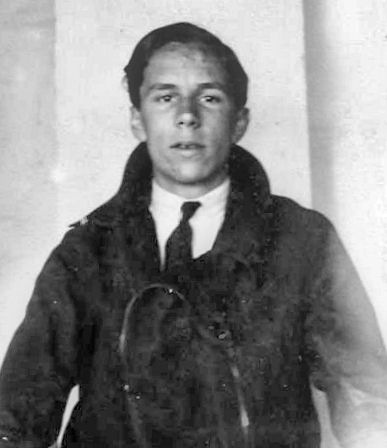 1935
1935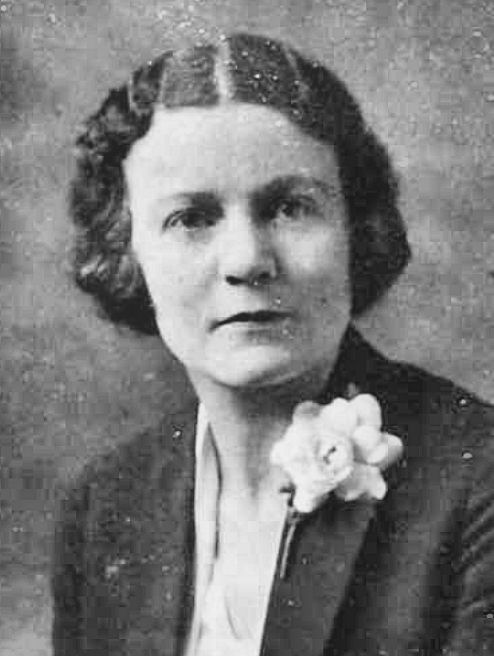 RAeC 1934
RAeC 1934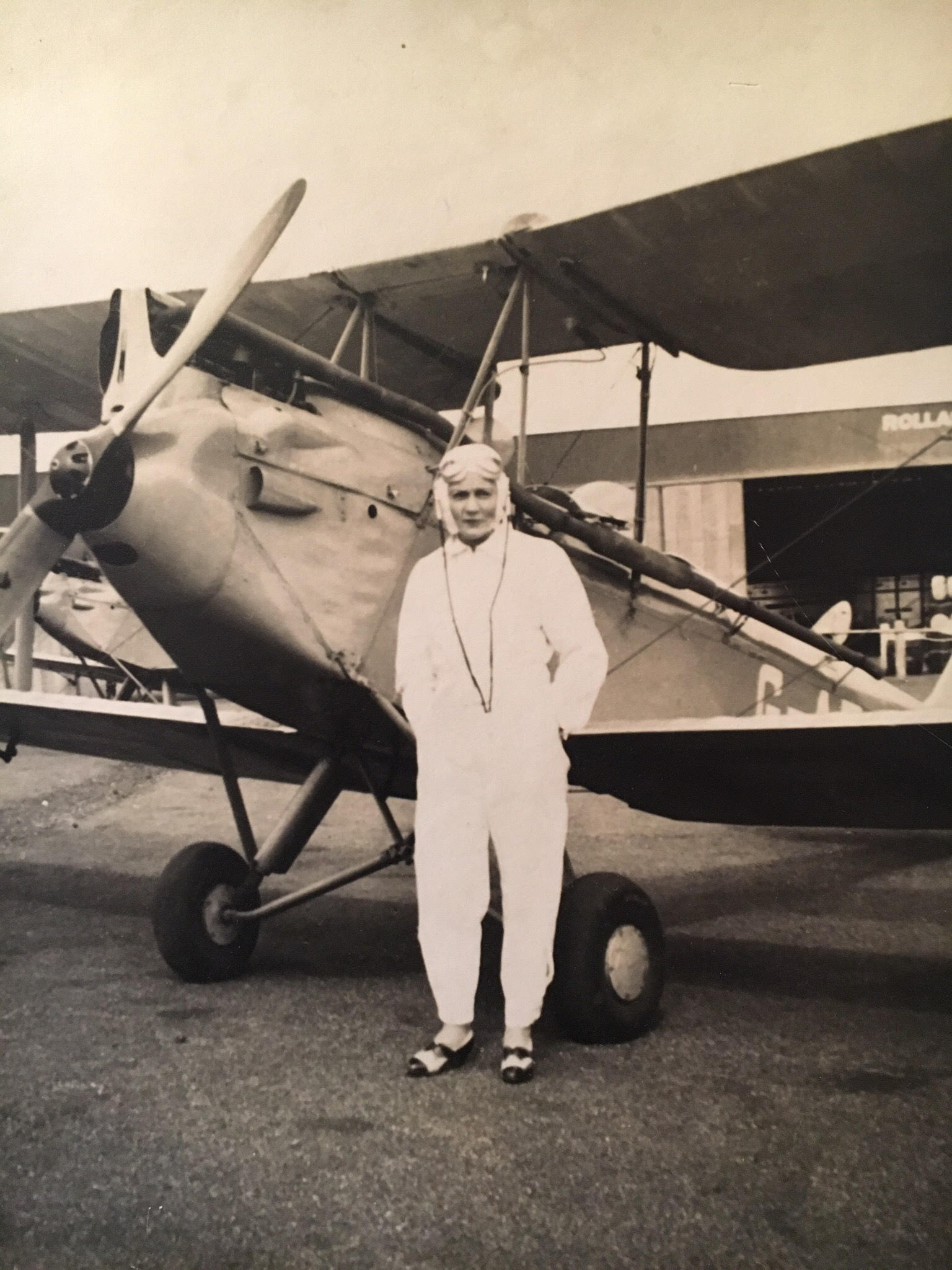
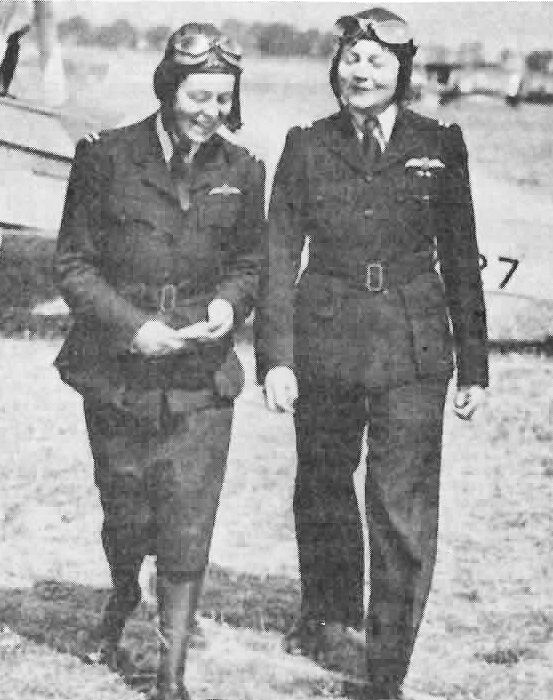 r, with Gabrielle Patterson, in 1940 (Forgotten Pilots)
r, with Gabrielle Patterson, in 1940 (Forgotten Pilots)
 Irish Free Press
Irish Free Press  ATAM
ATAM 1957
1957
 1934
1934

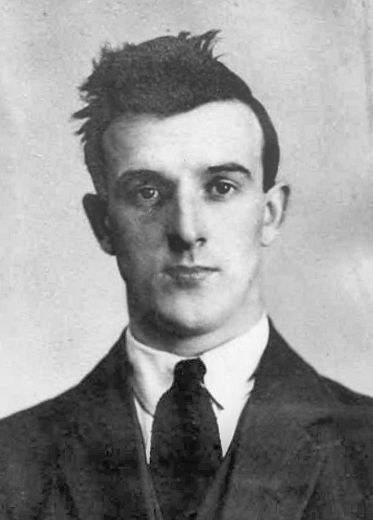 1930
1930
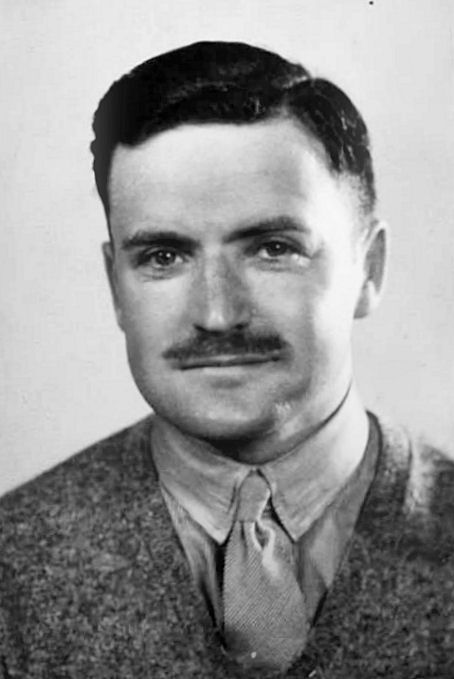 1933
1933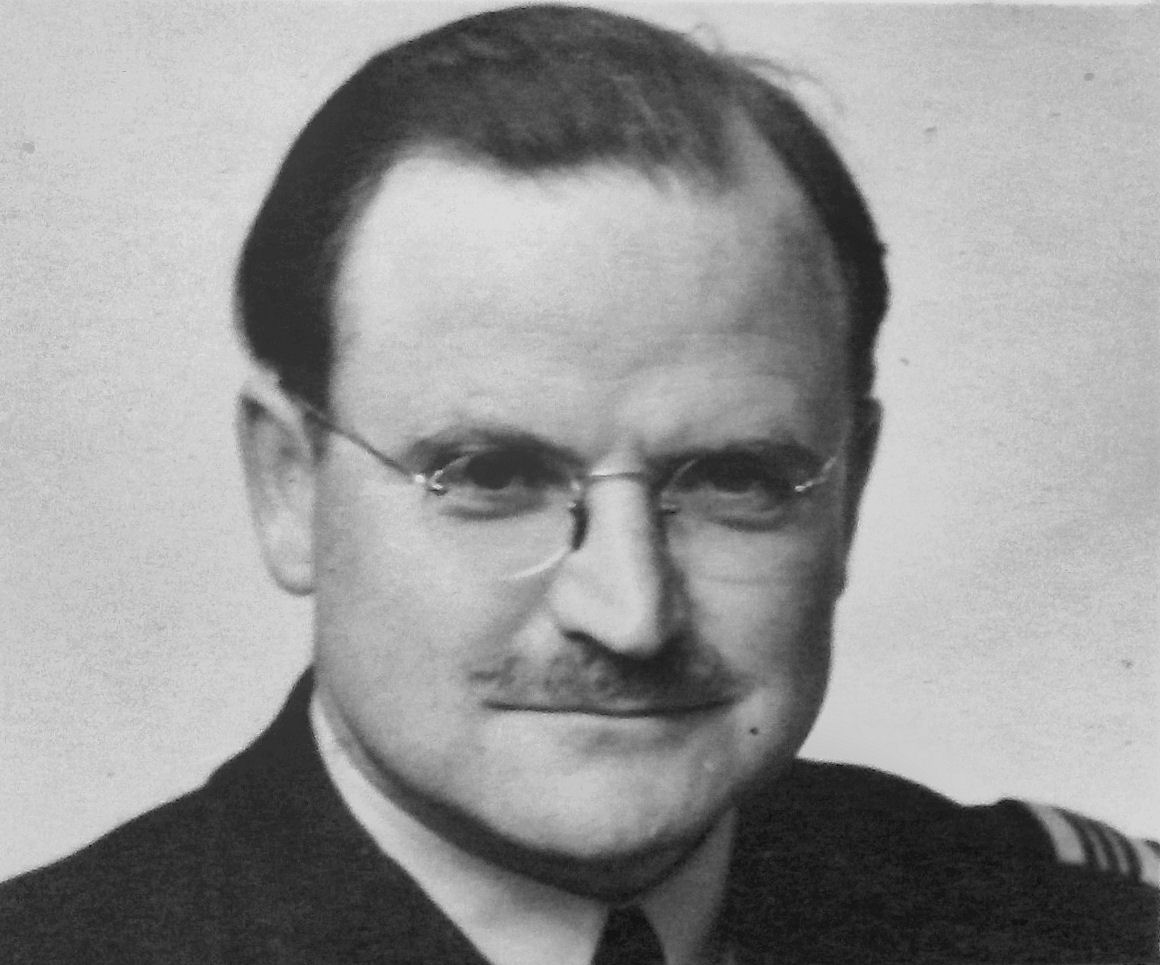 ATA
ATA 1931
1931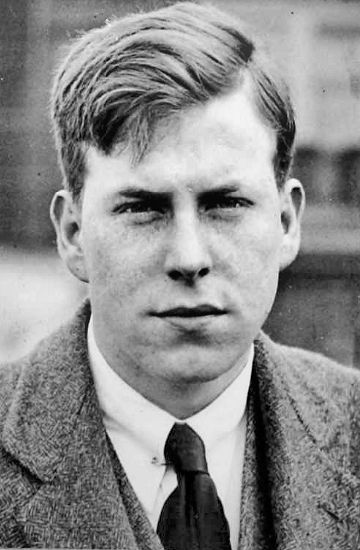 1926
1926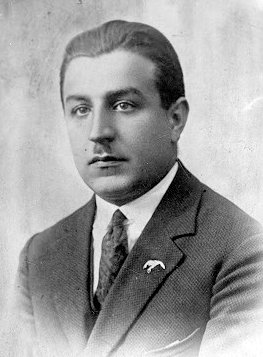 c. 1930
c. 1930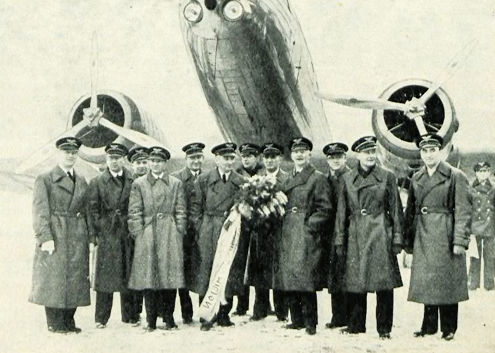
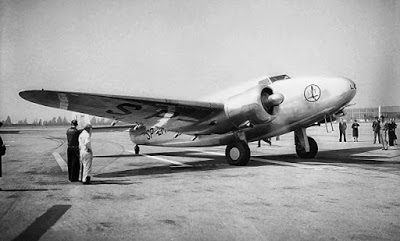
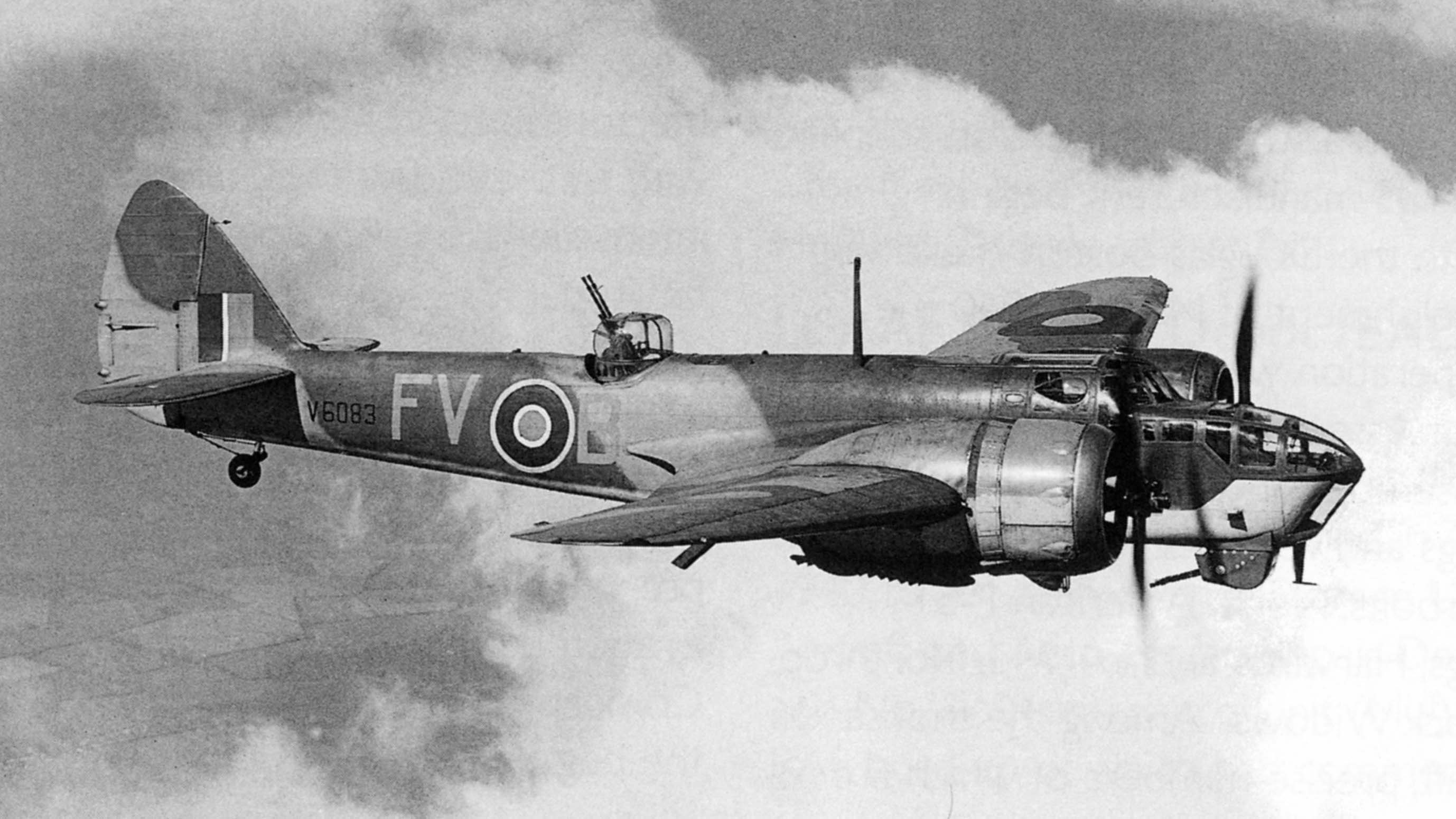

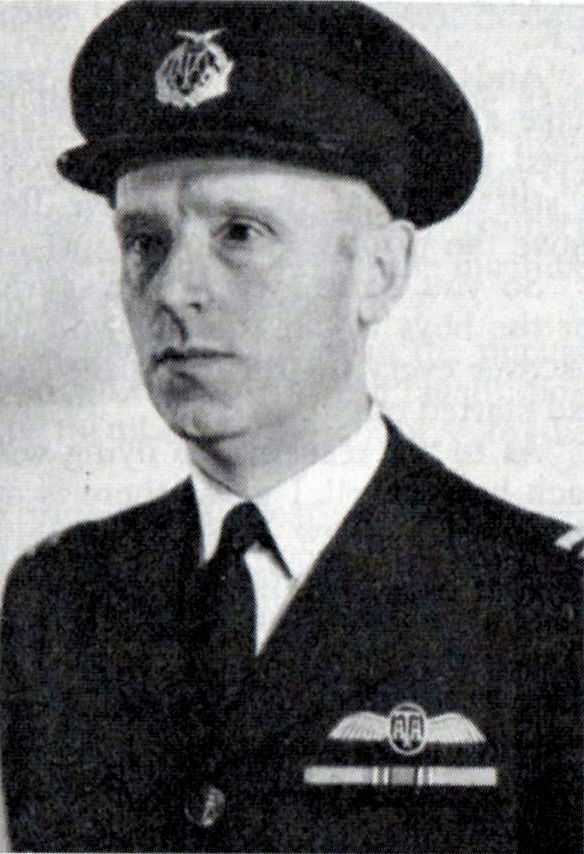 BG
BG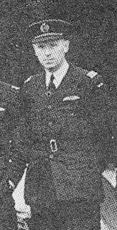
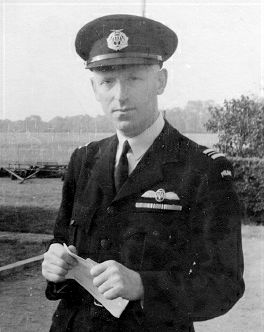 ELC
ELC ATAM
ATAM 1930
1930 1949
1949
 The Sketch
The Sketch Visa for Brazil, 1949
Visa for Brazil, 1949 findagrave
findagrave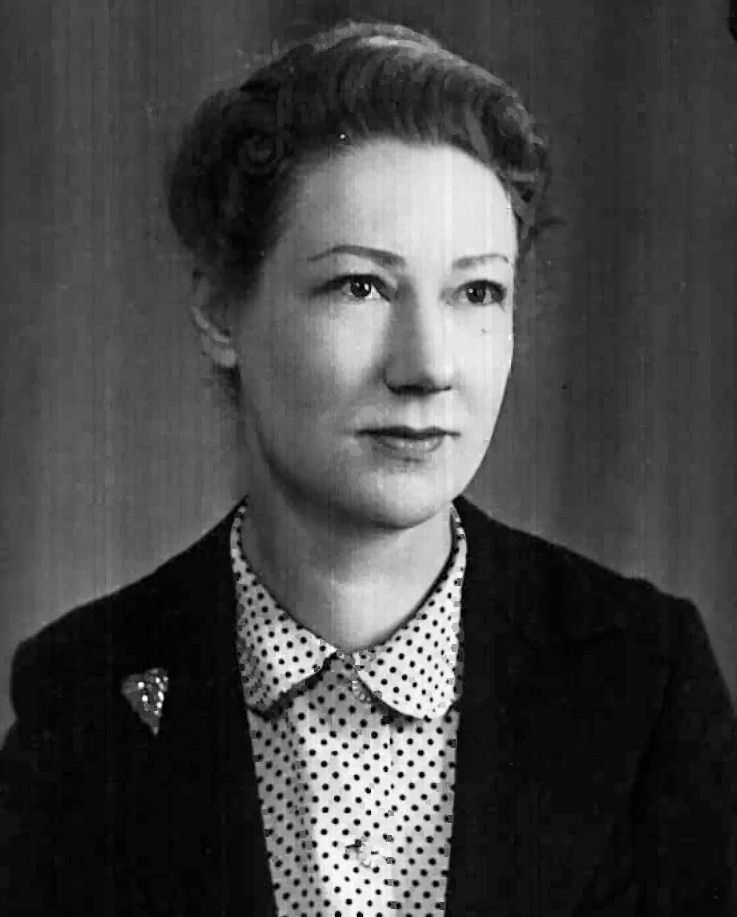 RAeC 10 May 1939
RAeC 10 May 1939 1942 caricature by
1942 caricature by 
 Ursula and Willie in 1954, with thanks to Chris Sturgess
Ursula and Willie in 1954, with thanks to Chris Sturgess 1932
1932
 1939
1939 RAeC 1938
RAeC 1938 BG
BG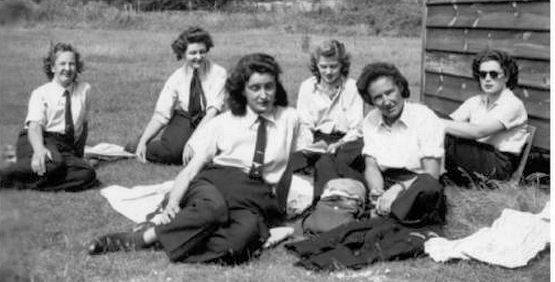 15 FPP pilots, between flights.
15 FPP pilots, between flights.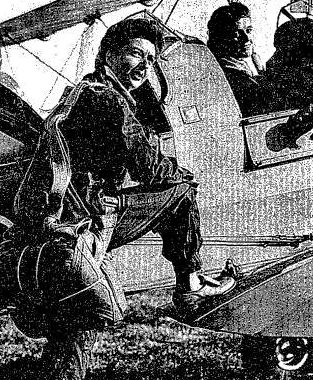 Margot and Joan in 1947 (The Times)
Margot and Joan in 1947 (The Times)

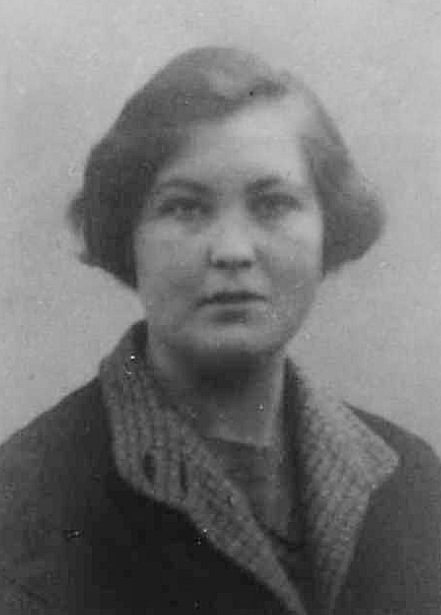 RAeC 1930
RAeC 1930 ATA (with thanks to Dana MacDuff)
ATA (with thanks to Dana MacDuff)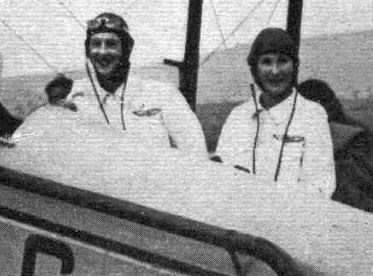 Ruth C (l) and Ruth L (r) ('Flight')
Ruth C (l) and Ruth L (r) ('Flight')

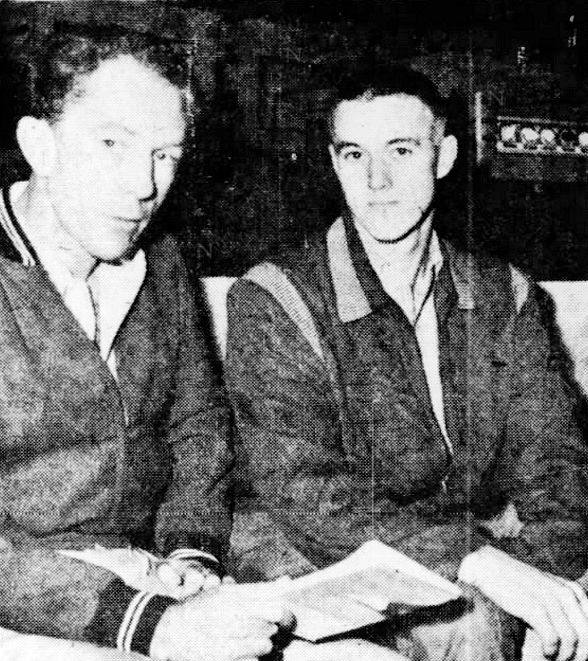 Austin Young and Peter Lambton, awaiting trial
Austin Young and Peter Lambton, awaiting trial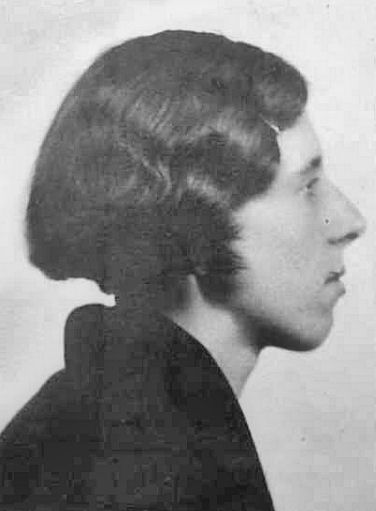 RAeC 1933
RAeC 1933 1938
1938 1934
1934 G-ADNL in 1938
G-ADNL in 1938 G-ADNL in 1935
G-ADNL in 1935

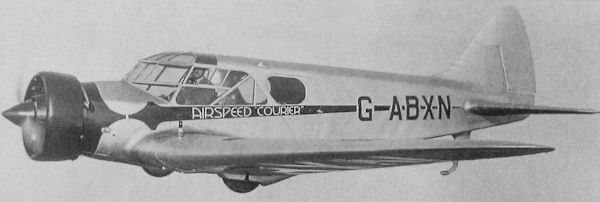

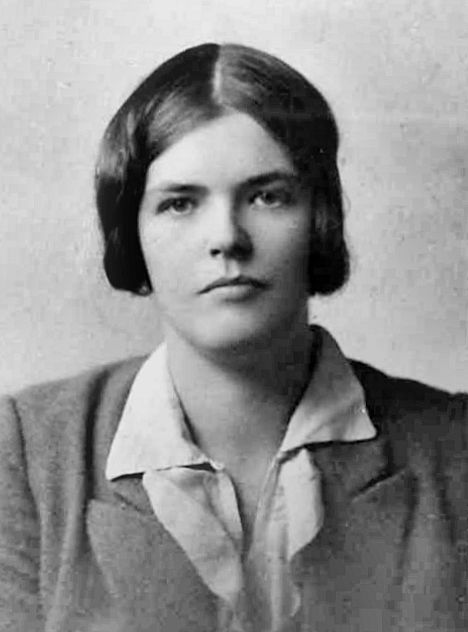 1931
1931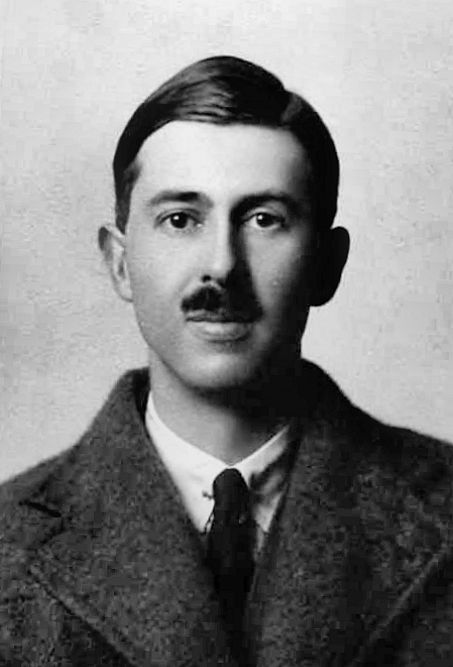 also a pilot ("a popular local owner") who won the Grimthorpe Trophy in 1934, and the Yorkshire Trophy the same year at an average speed of 104.5 mph. He owned G-AAFK, a 1929 DH60G Gypsy Moth, and then G-ABHM, a 1930 DH60G Gypsy Moth, which they used to tour Spain in 1934.
also a pilot ("a popular local owner") who won the Grimthorpe Trophy in 1934, and the Yorkshire Trophy the same year at an average speed of 104.5 mph. He owned G-AAFK, a 1929 DH60G Gypsy Moth, and then G-ABHM, a 1930 DH60G Gypsy Moth, which they used to tour Spain in 1934.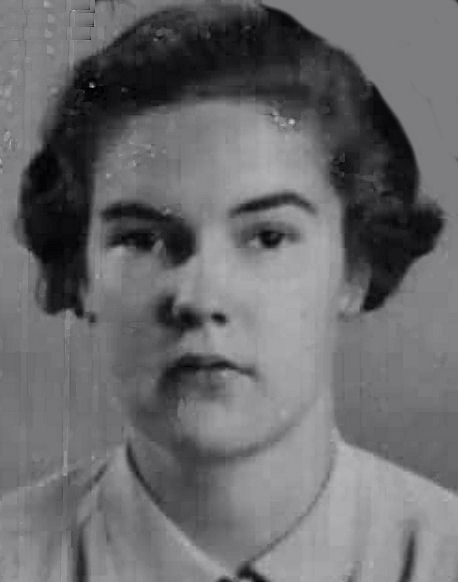 RAeC 1 Jun 1937 (age 17)
RAeC 1 Jun 1937 (age 17)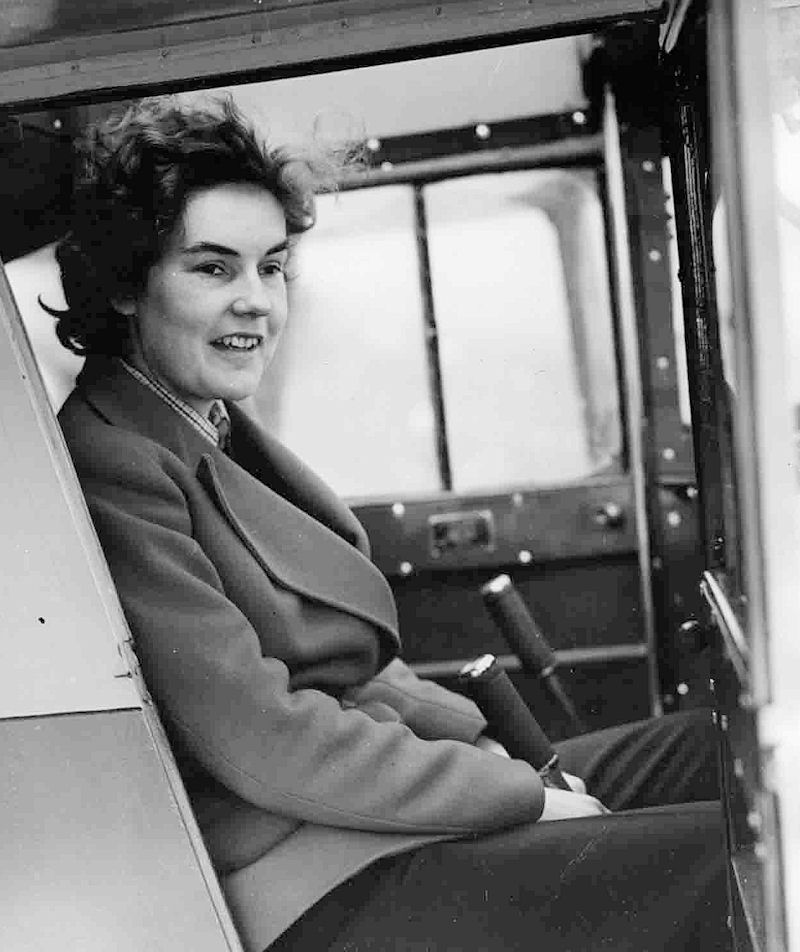 RAeC
RAeC
 RAeC 1929
RAeC 1929 'The Graphic'
'The Graphic' At Combermere Abbey, the home of
At Combermere Abbey, the home of  Daily Mirror
Daily Mirror 1939
1939
 1942 caricature by
1942 caricature by 
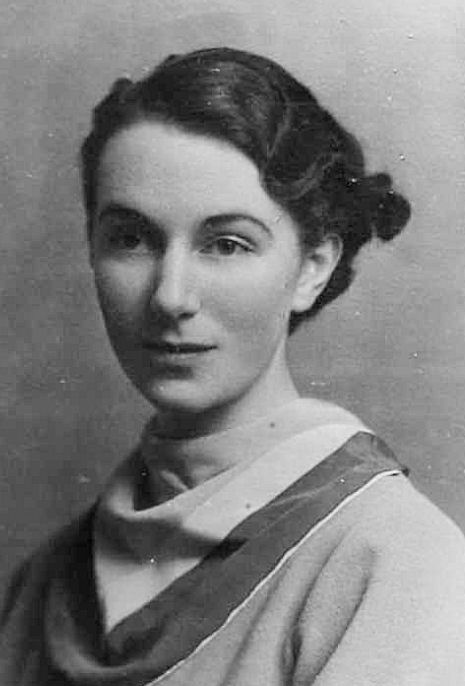 RAeC 1934
RAeC 1934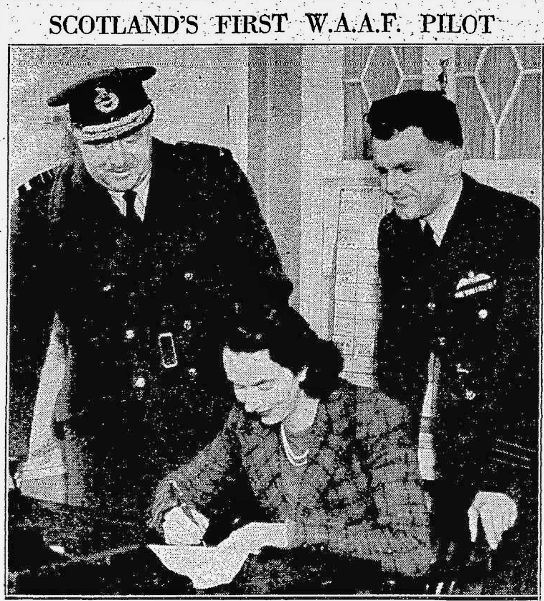 The Scotsman
The Scotsman c. 1963, at the Women of the Year Luncheon (The Times)
c. 1963, at the Women of the Year Luncheon (The Times)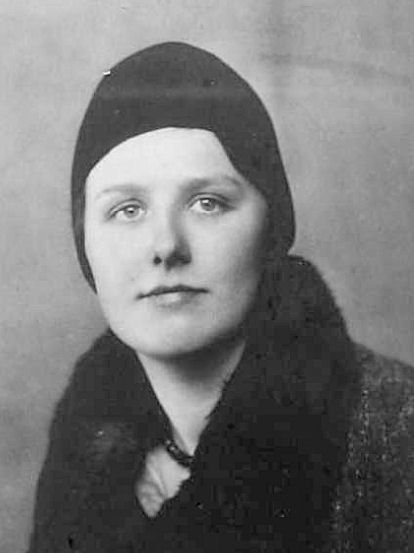 RAeC 1930
RAeC 1930 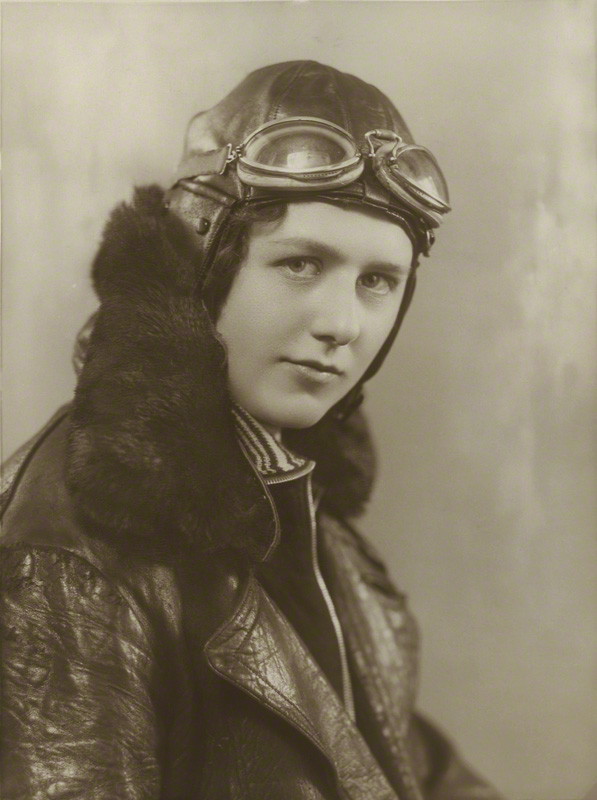 1933
1933 RAeC 1927
RAeC 1927

 1935
1935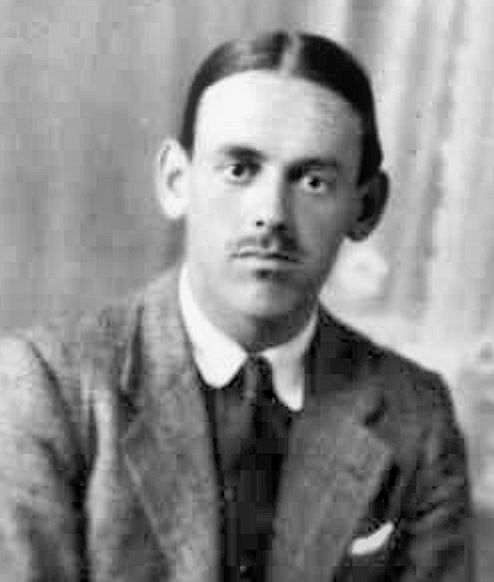 1934
1934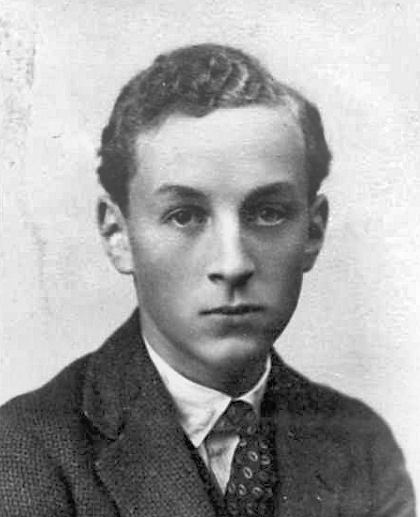
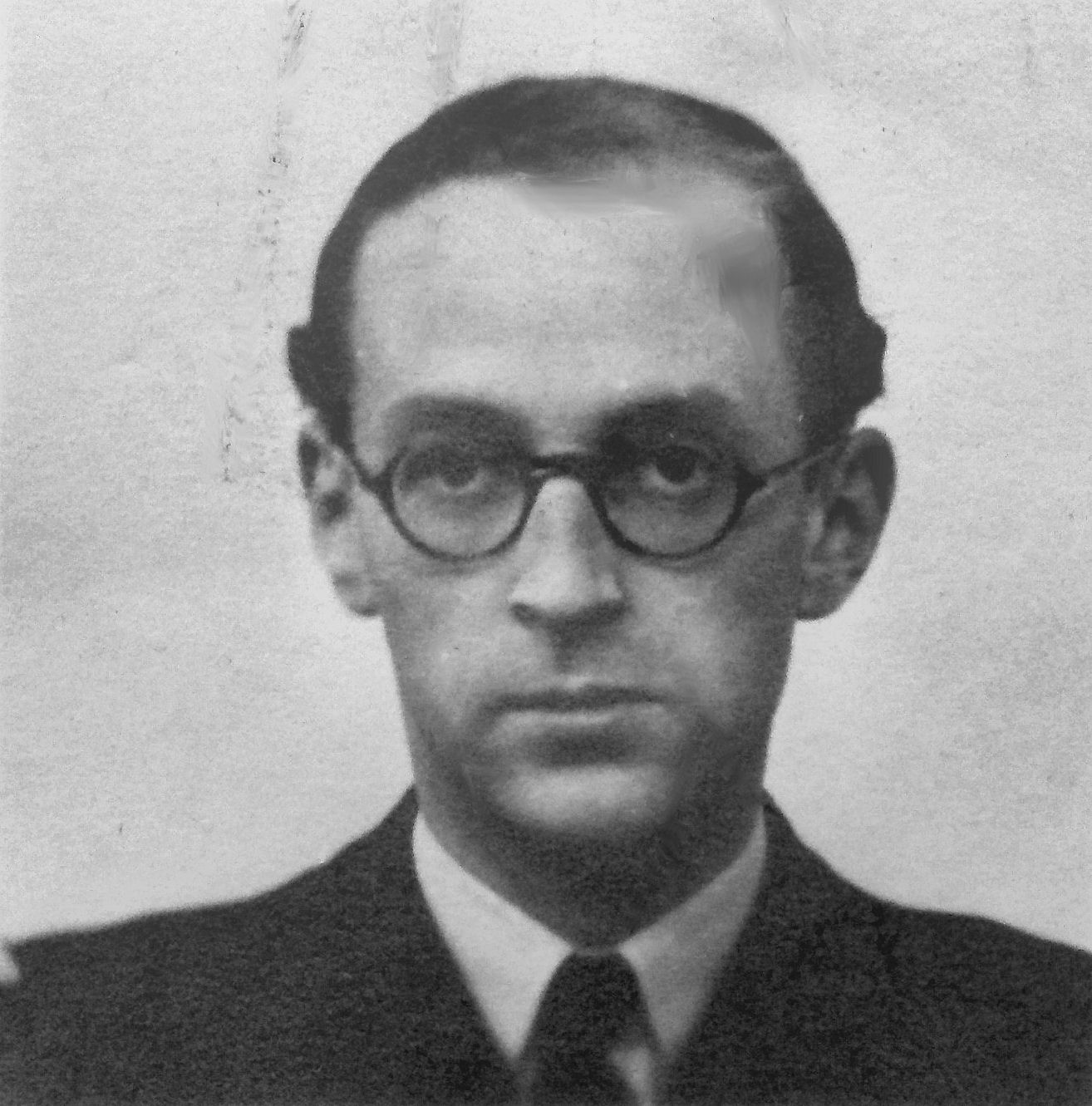 ATA
ATA MAMM
MAMM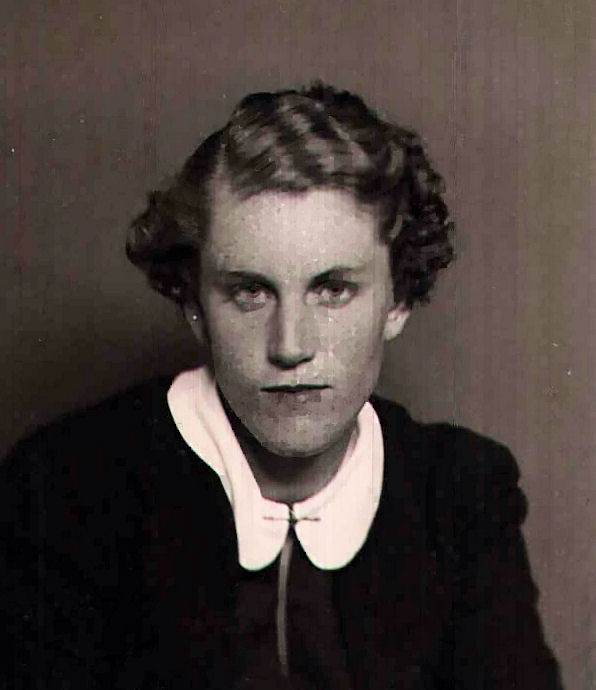 RAeC 1937
RAeC 1937
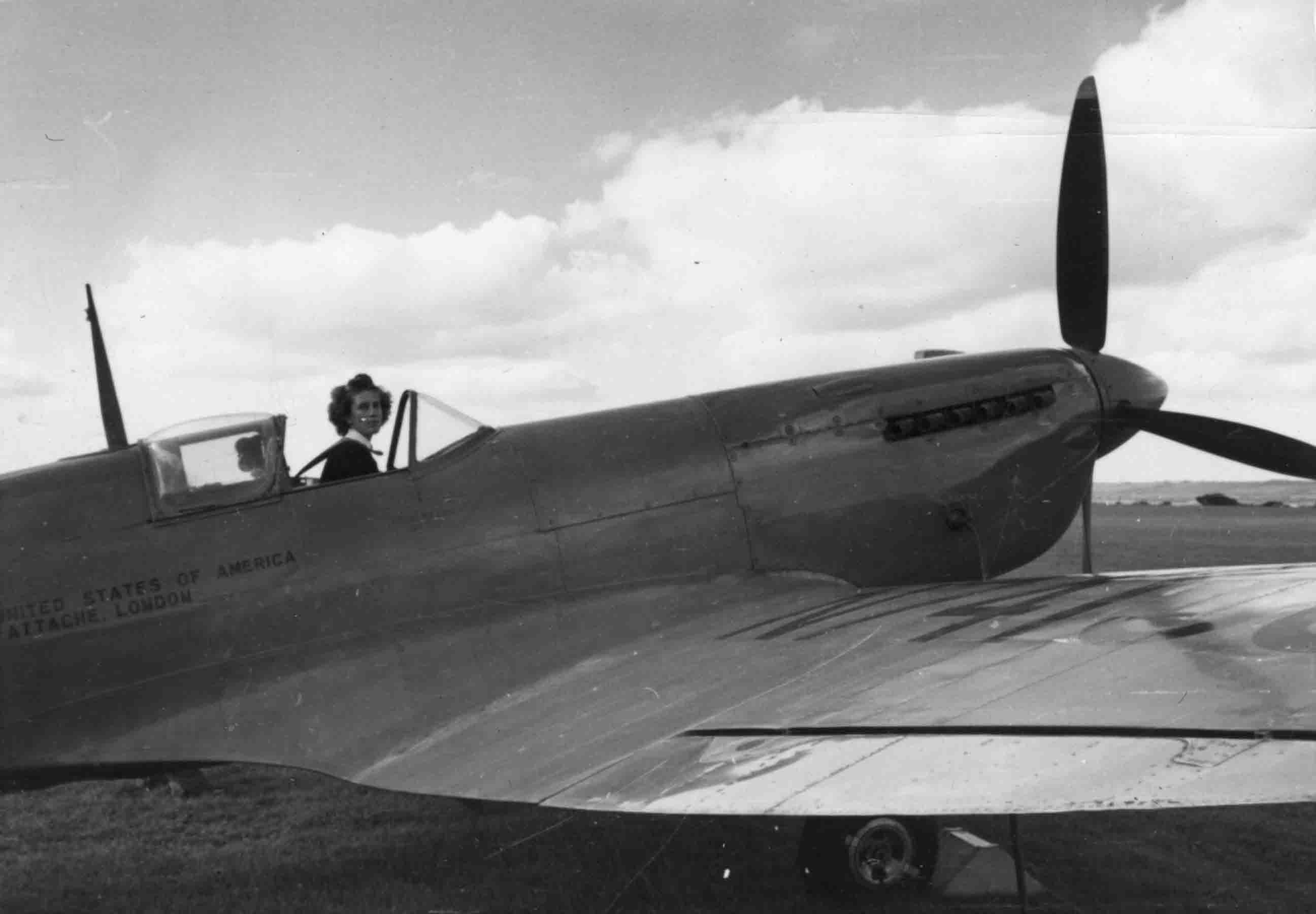
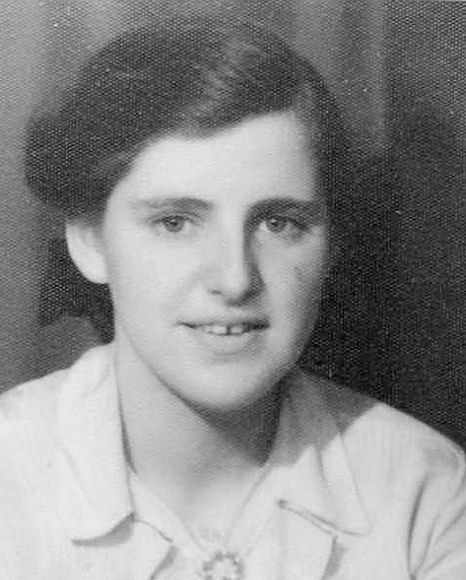
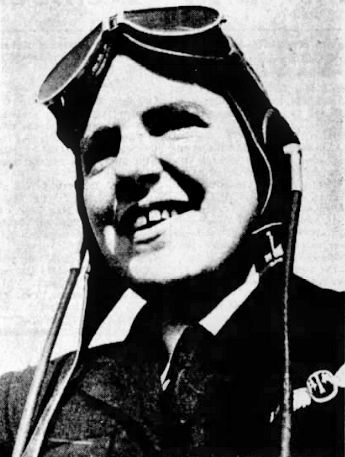 ATA
ATA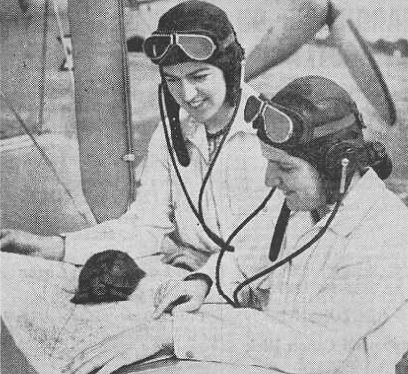
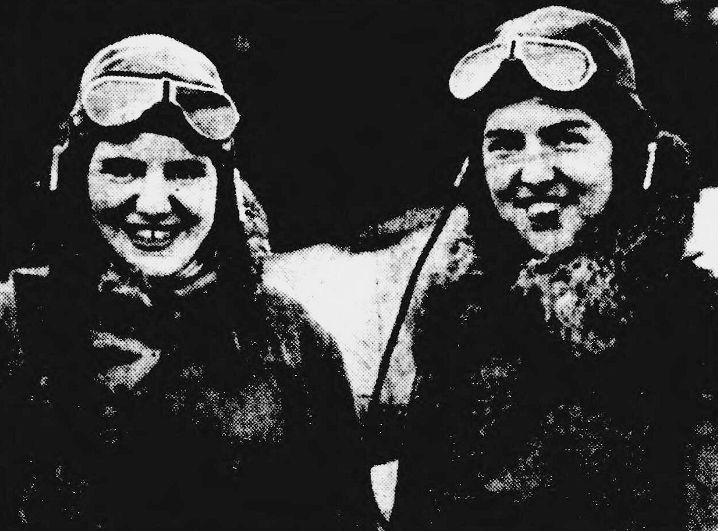
 c.1953, holding the President's Cup of the Zululand Flying Club
c.1953, holding the President's Cup of the Zululand Flying Club
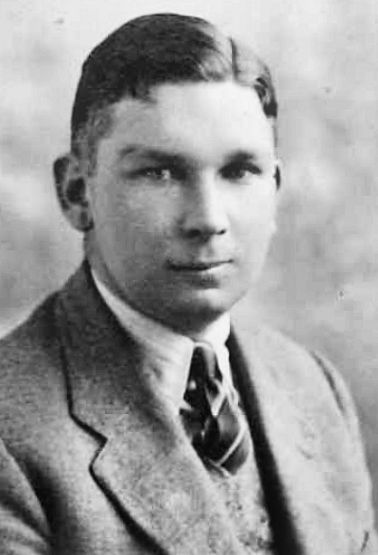 1932
1932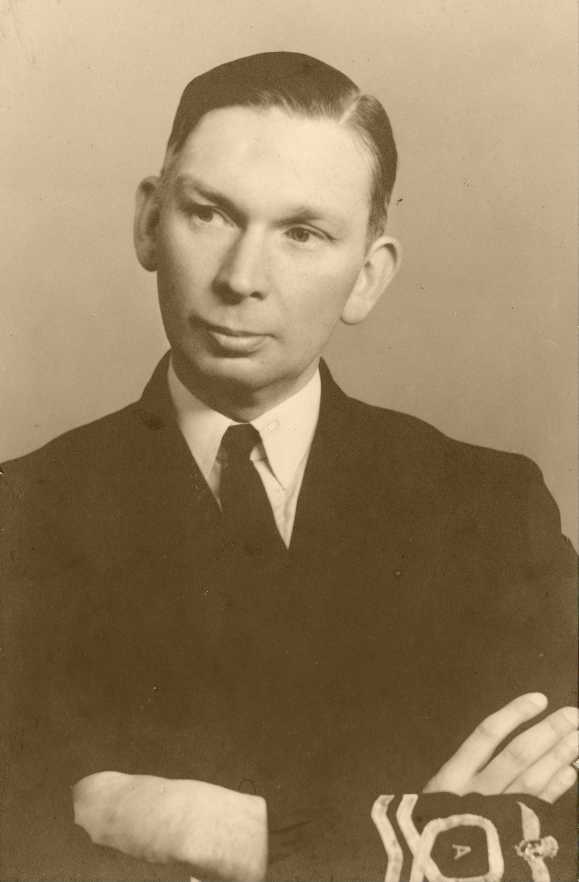 As a Lieutenant in the Royal Naval Reserve, 1943
As a Lieutenant in the Royal Naval Reserve, 1943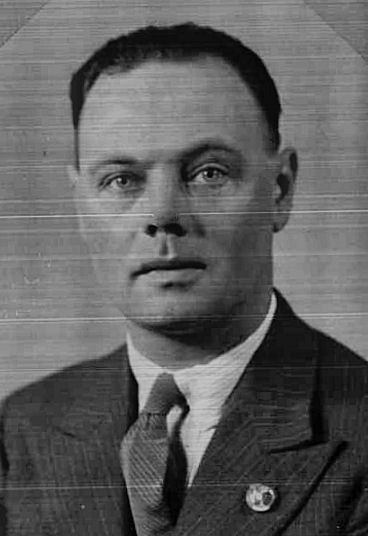 1936
1936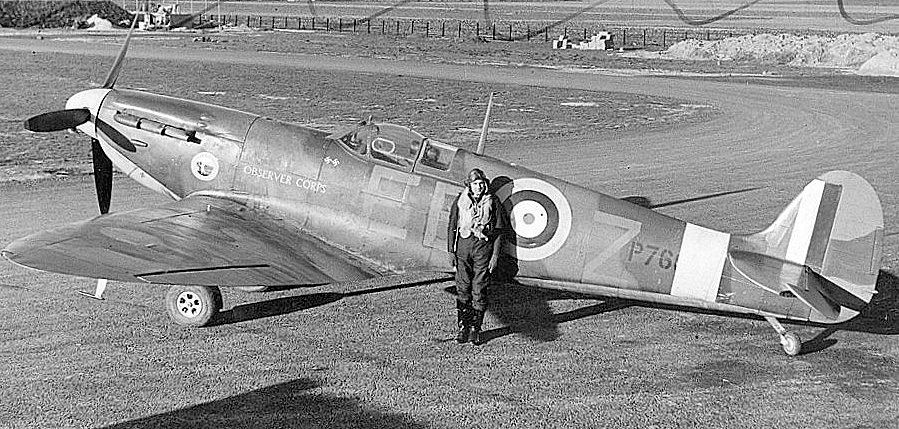
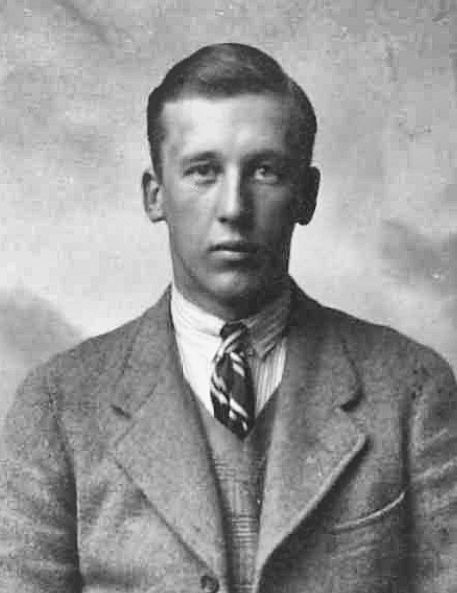 1930
1930 1946
1946 1938
1938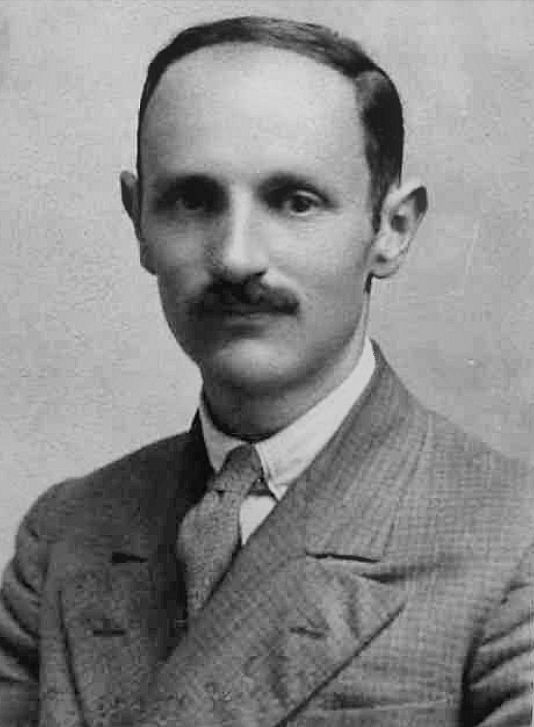 1930
1930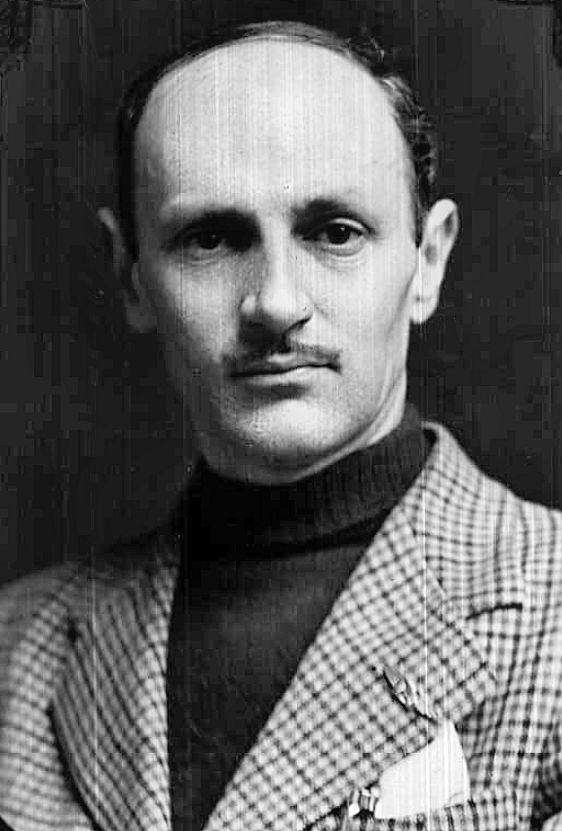 1939
1939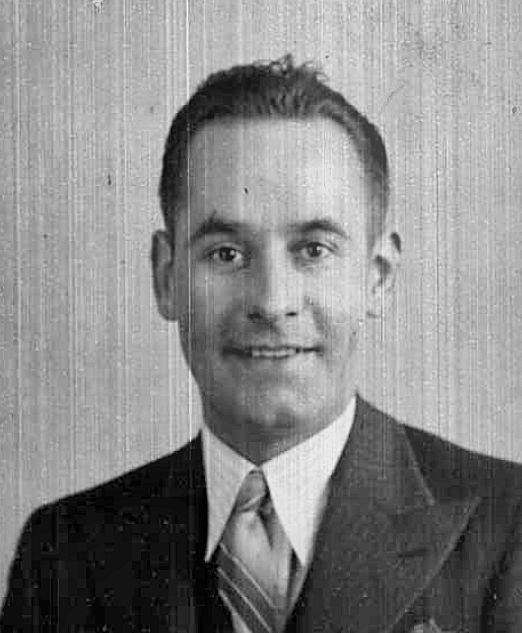 1937
1937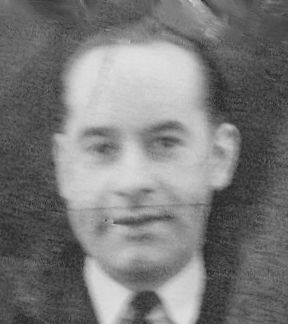 ATA
ATA Ancestry
Ancestry Ancestry
Ancestry --- maybe a bird?)
--- maybe a bird?)
 via George Cogswell
via George Cogswell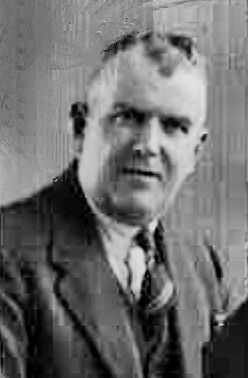 1938
1938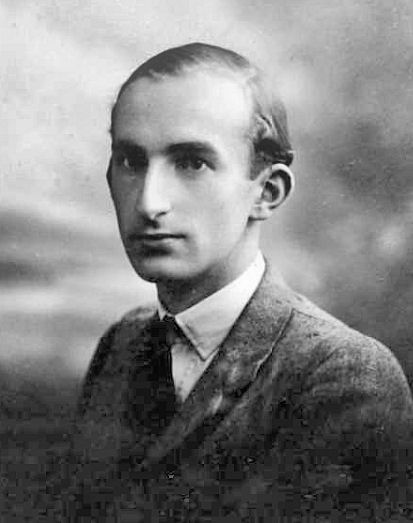 1933
1933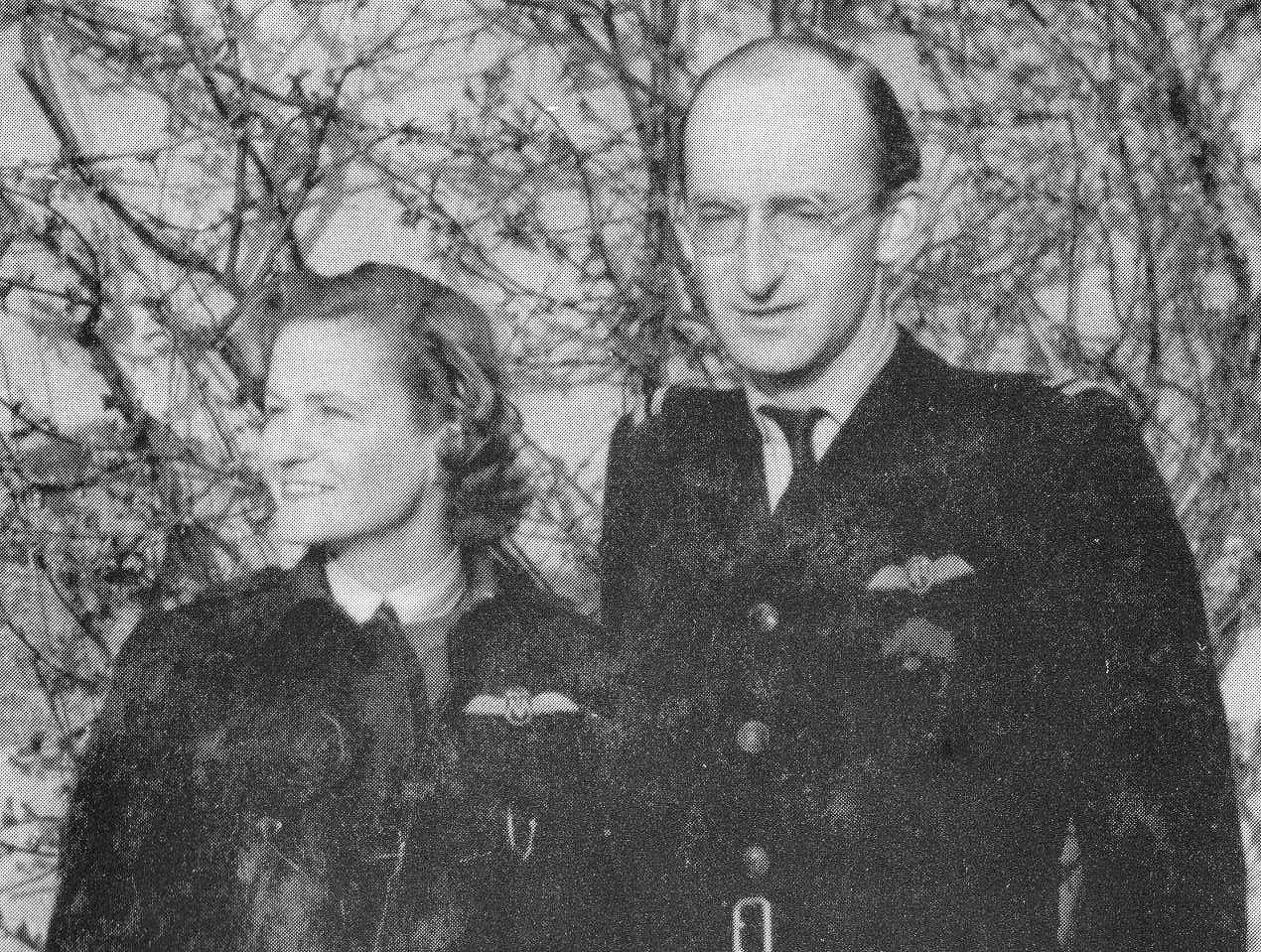 HB
HB 1935
1935 ATA
ATA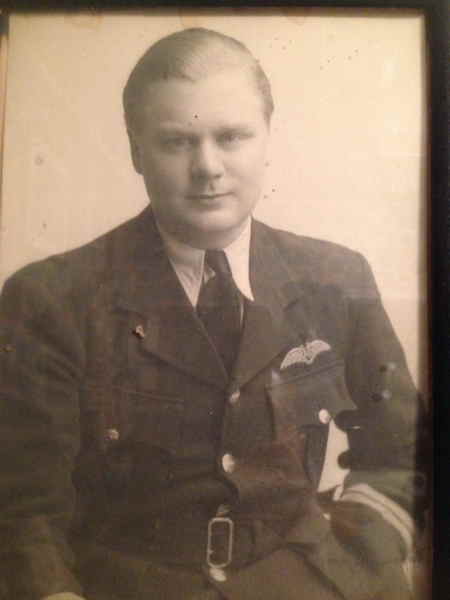
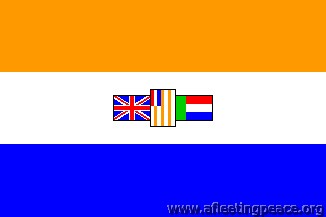
 Ancestry
Ancestry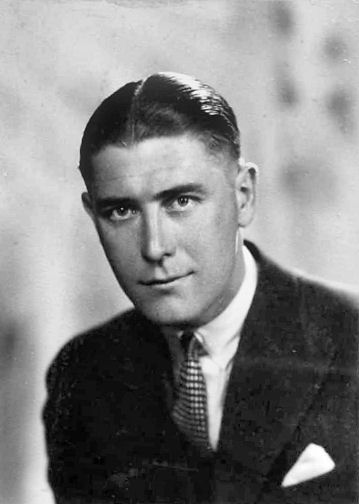 1934
1934
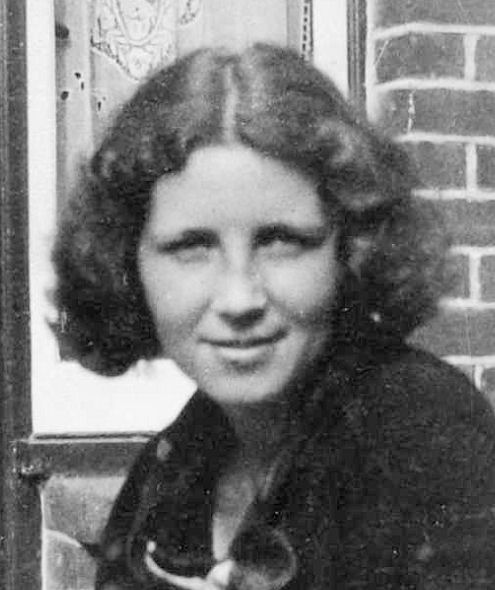 RAeC 1935
RAeC 1935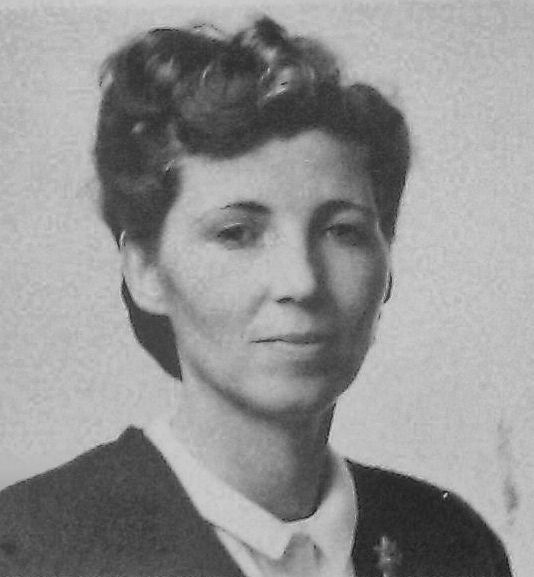 ATA
ATA 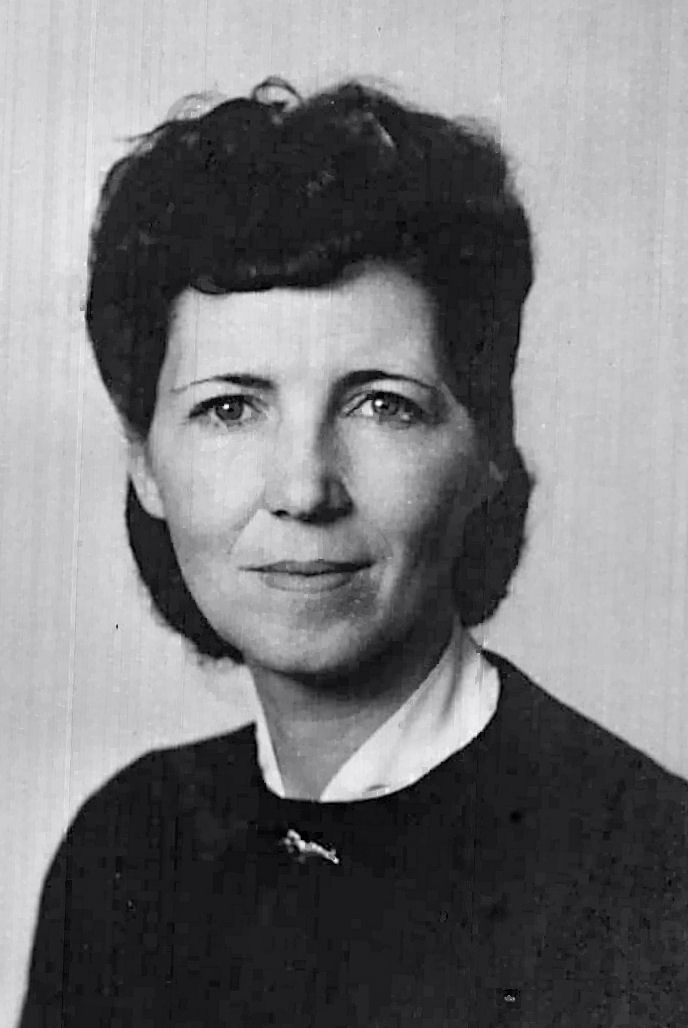 RAeC 1948
RAeC 1948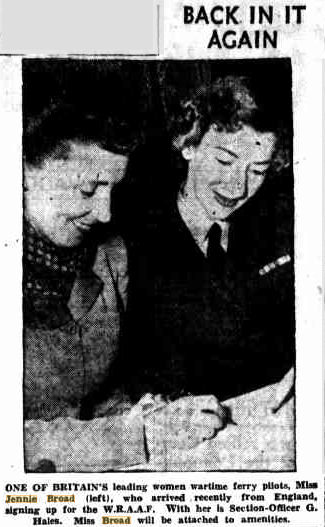

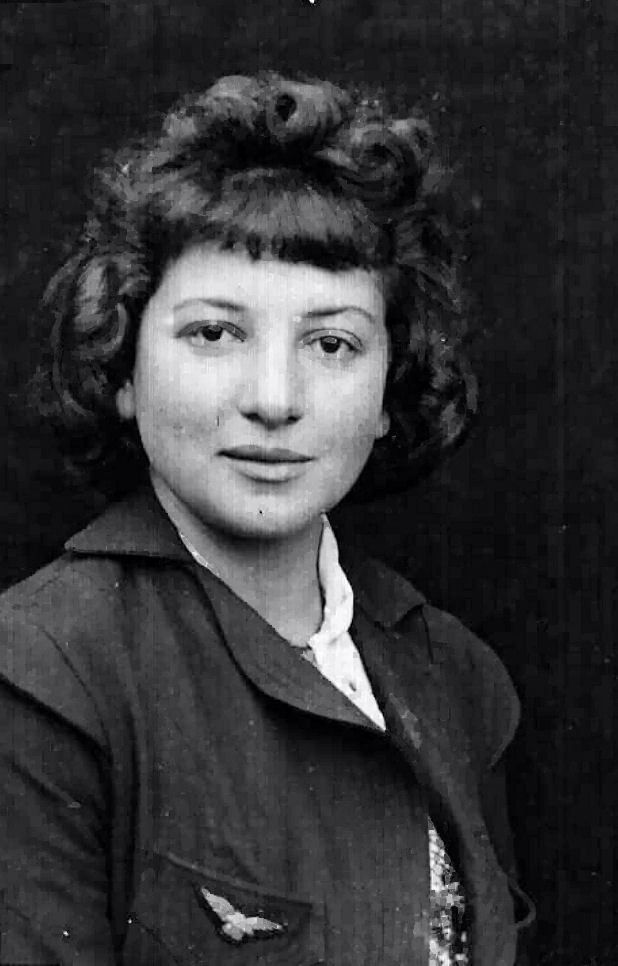 RAeC 1938
RAeC 1938

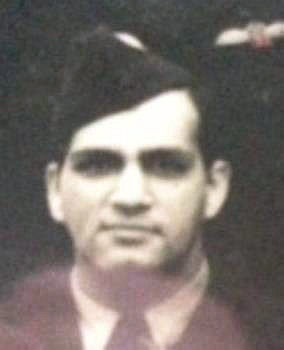 ATA
ATA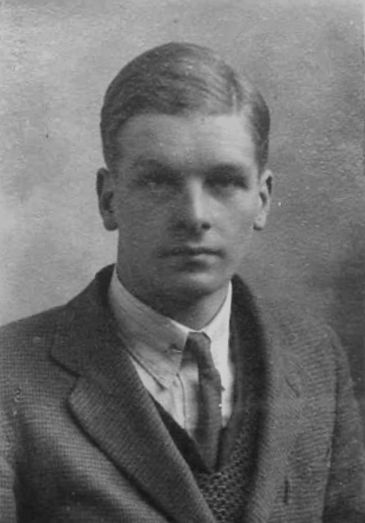 1928
1928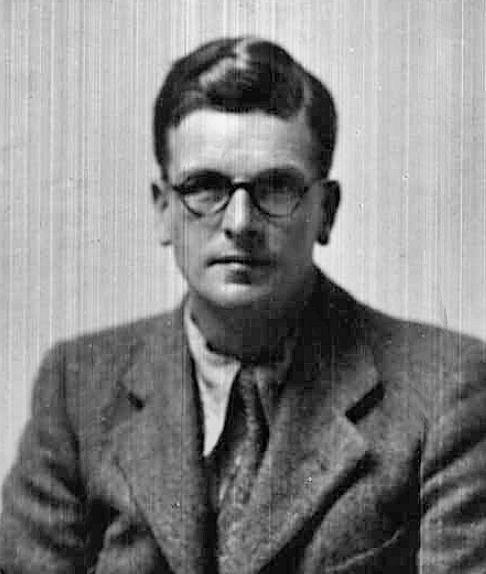 1939
1939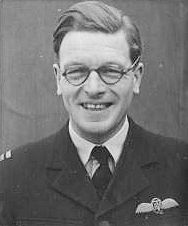 MAMM
MAMM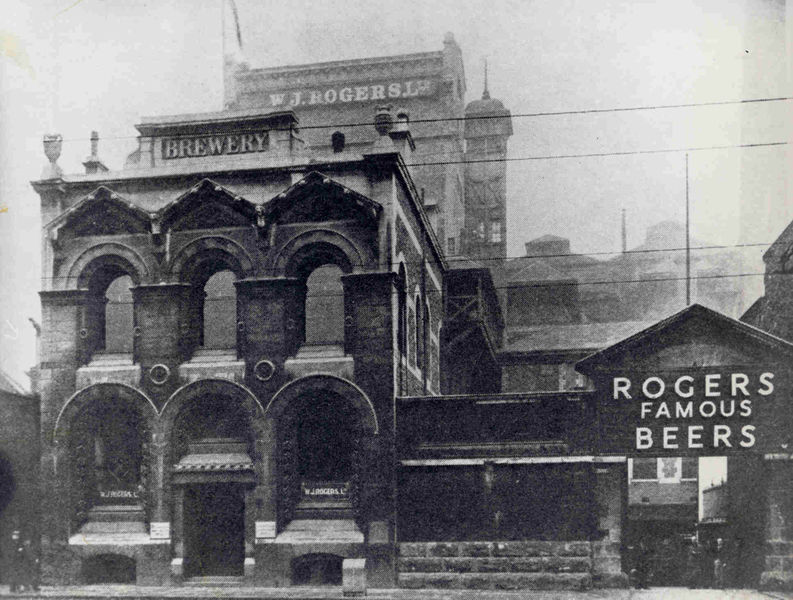

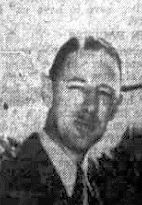 1940
1940
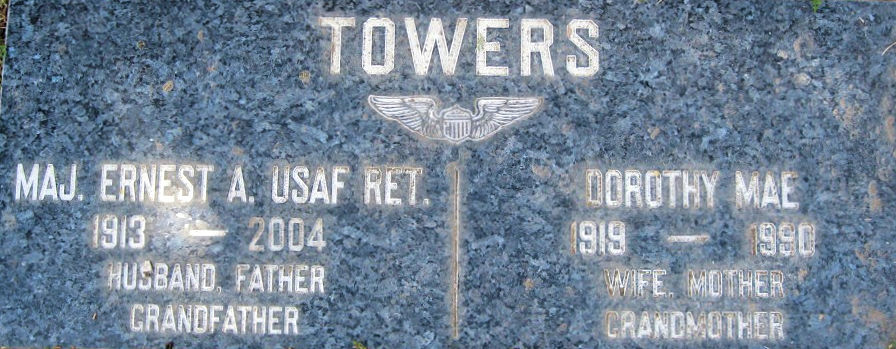
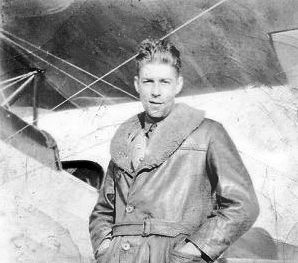 1929
1929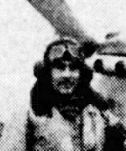
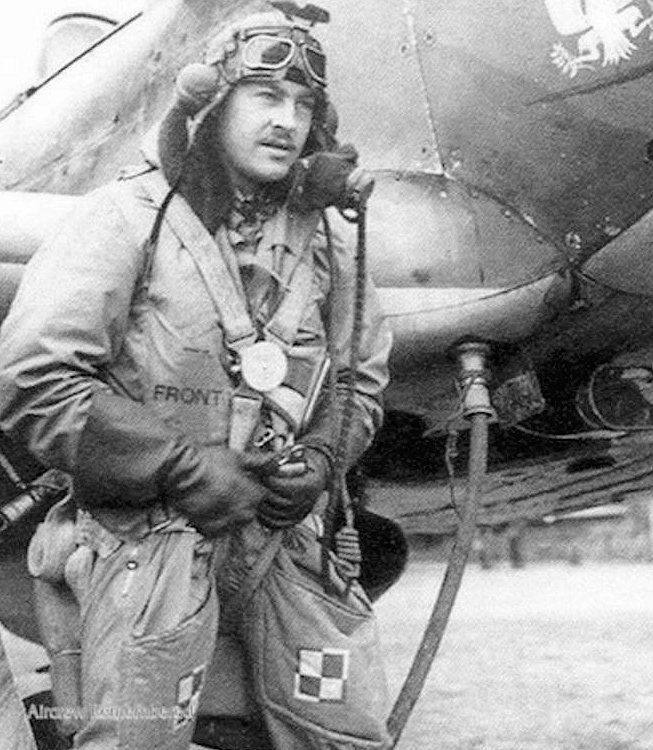 http://www.americanairmuseum.com/person/240113
http://www.americanairmuseum.com/person/240113 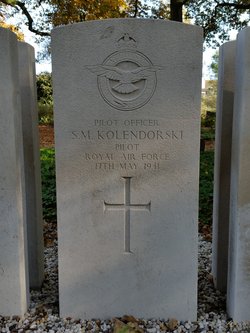 findagrave.com
findagrave.com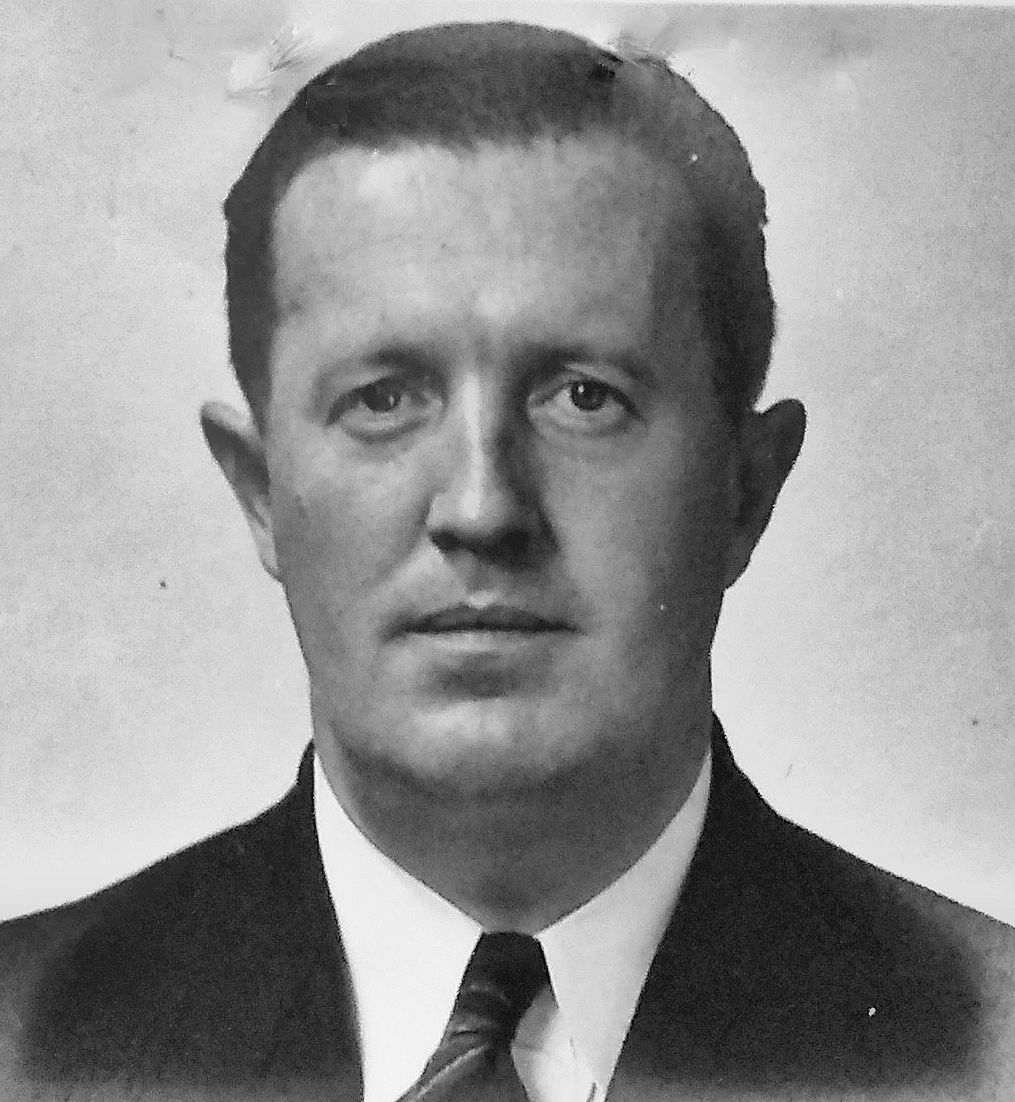 ATA
ATA

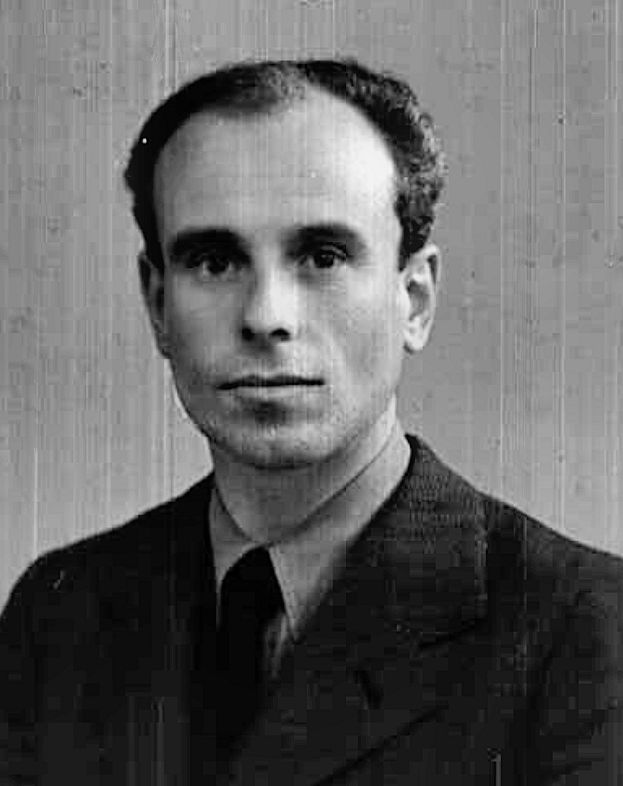 RAeC 1939
RAeC 1939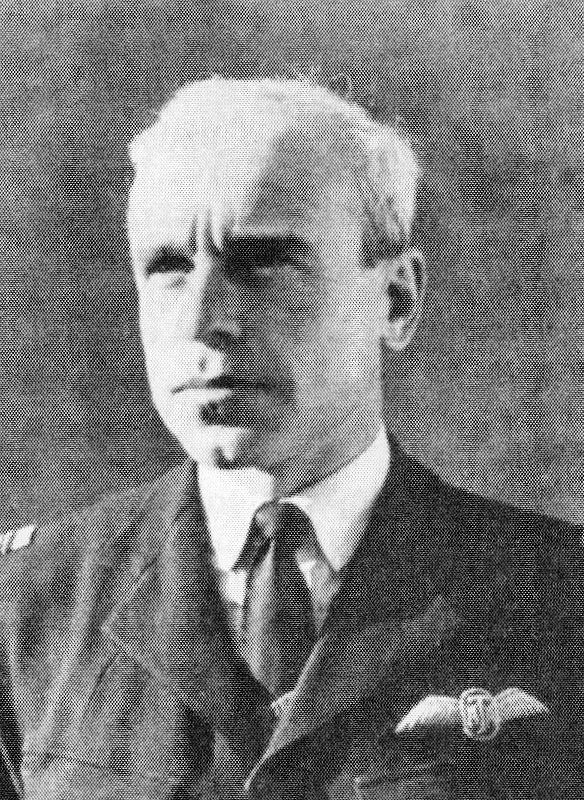
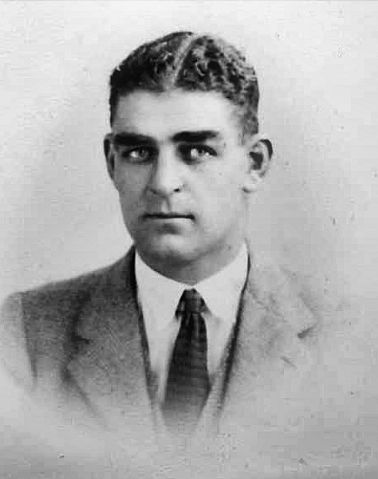 1935
1935 ATAM
ATAM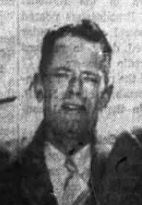 1940
1940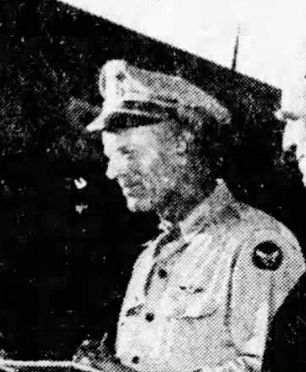 1945 [Arizona Republic]
1945 [Arizona Republic]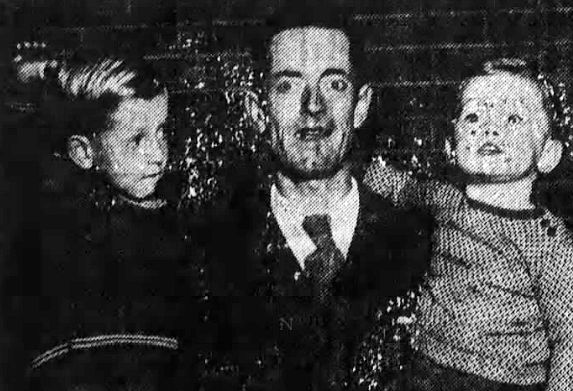
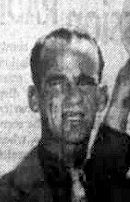 1940
1940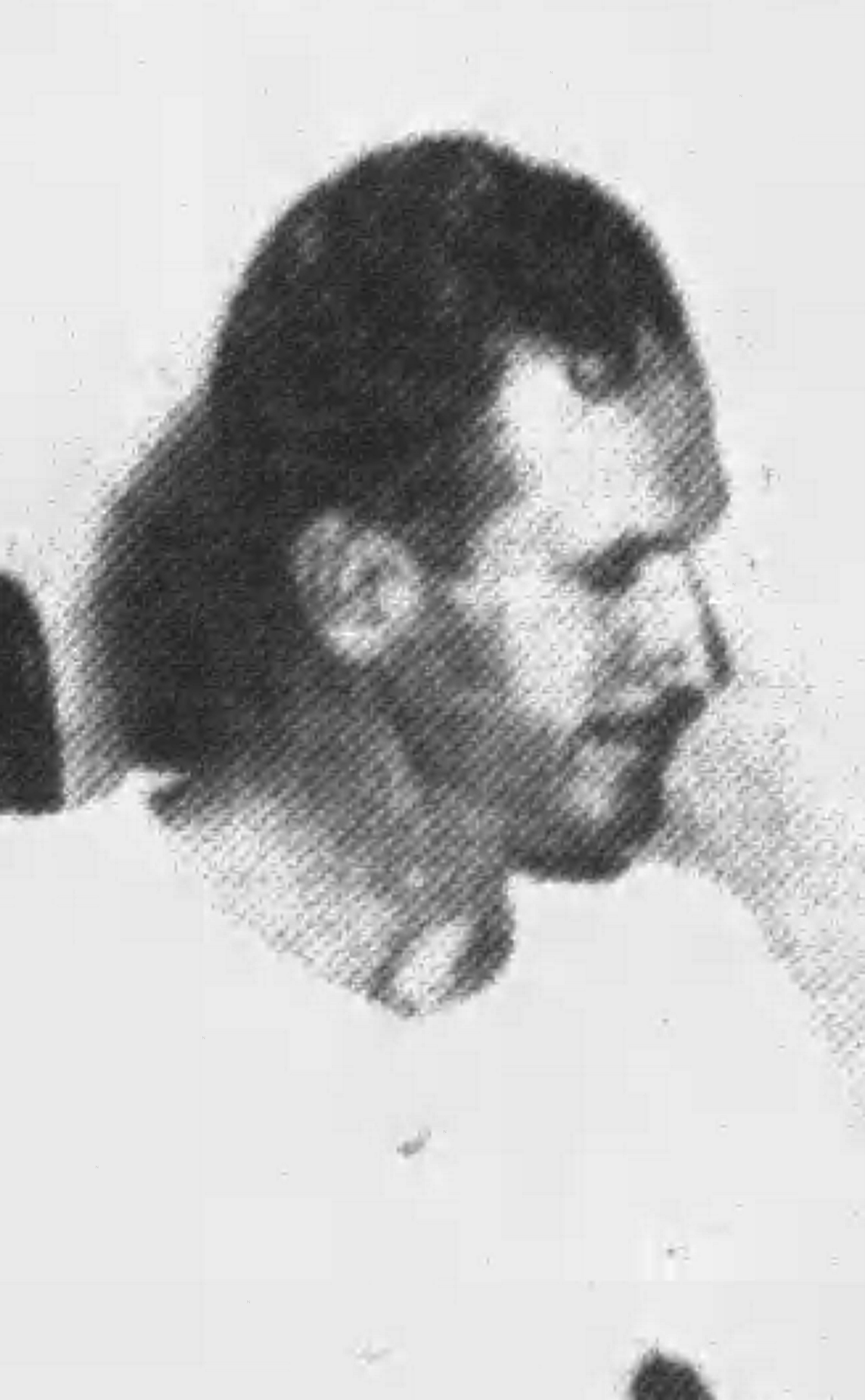 1940
1940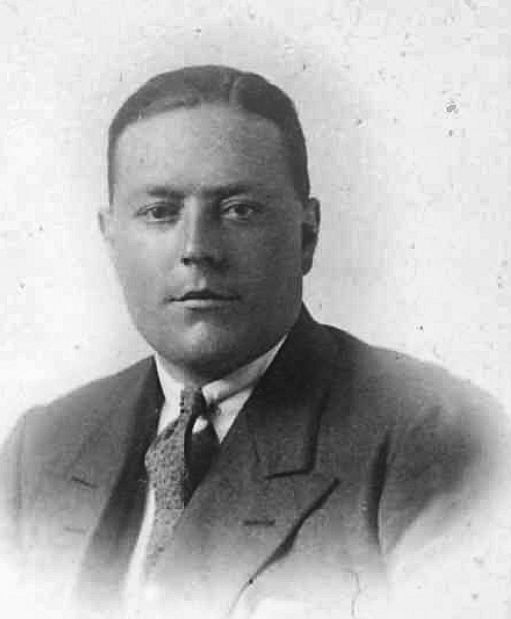 1926
1926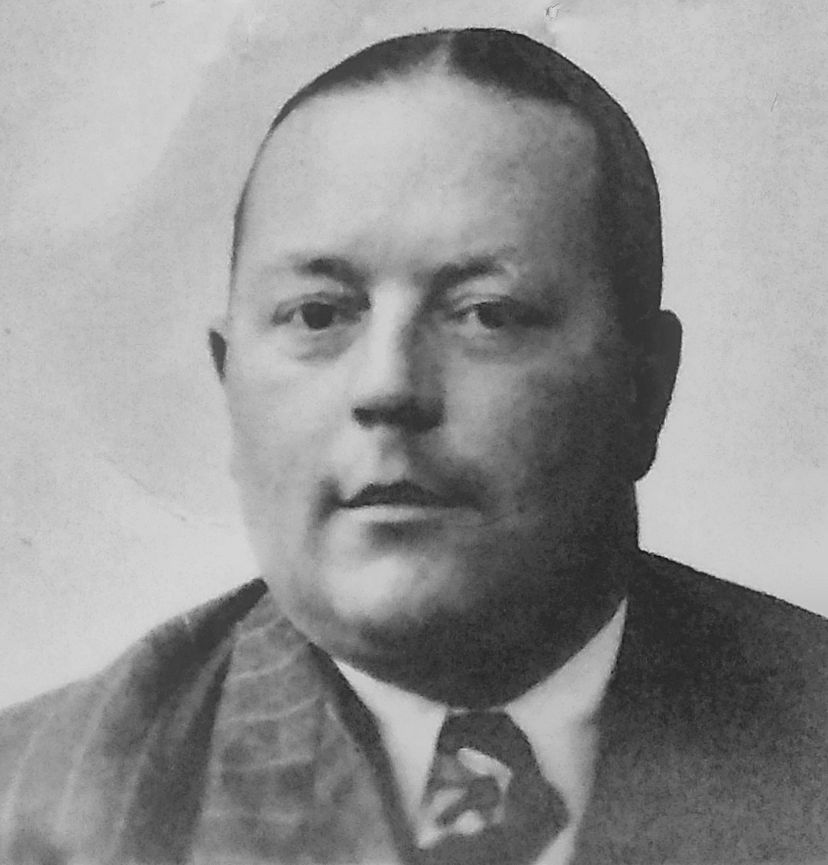 ATA
ATA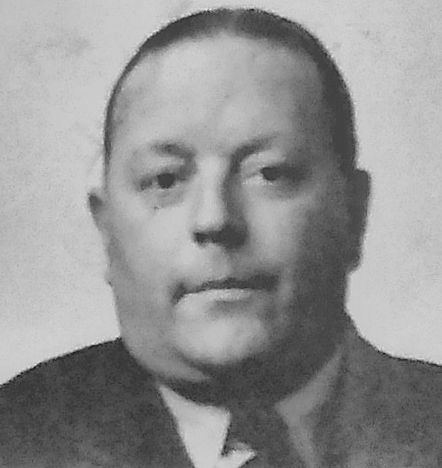 ATA
ATA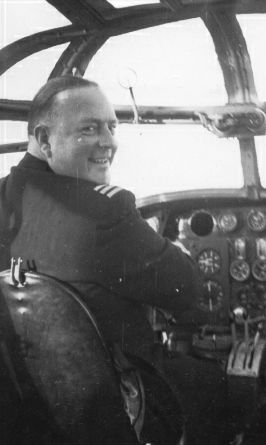 Ronnie in an Anson [ELC]
Ronnie in an Anson [ELC]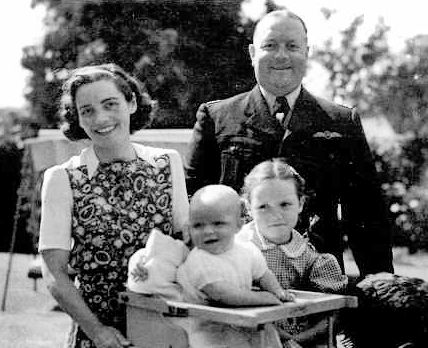
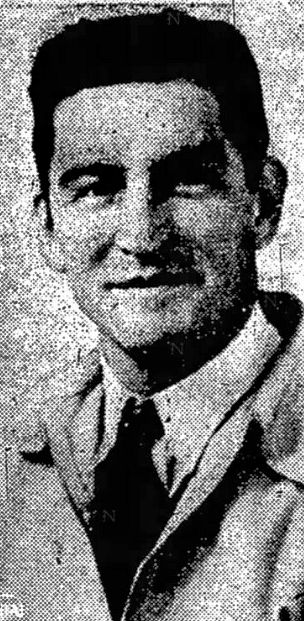
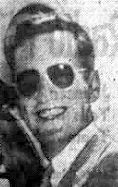 1940
1940 1932
1932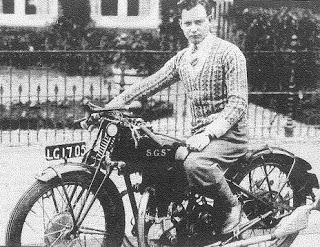
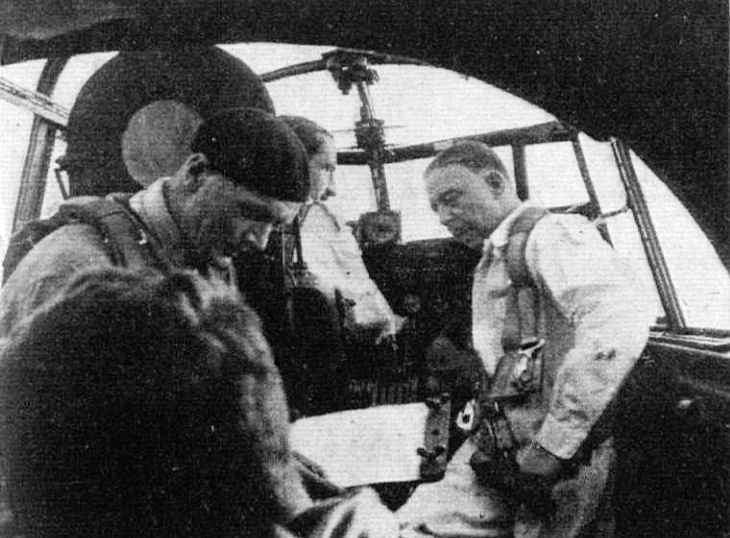
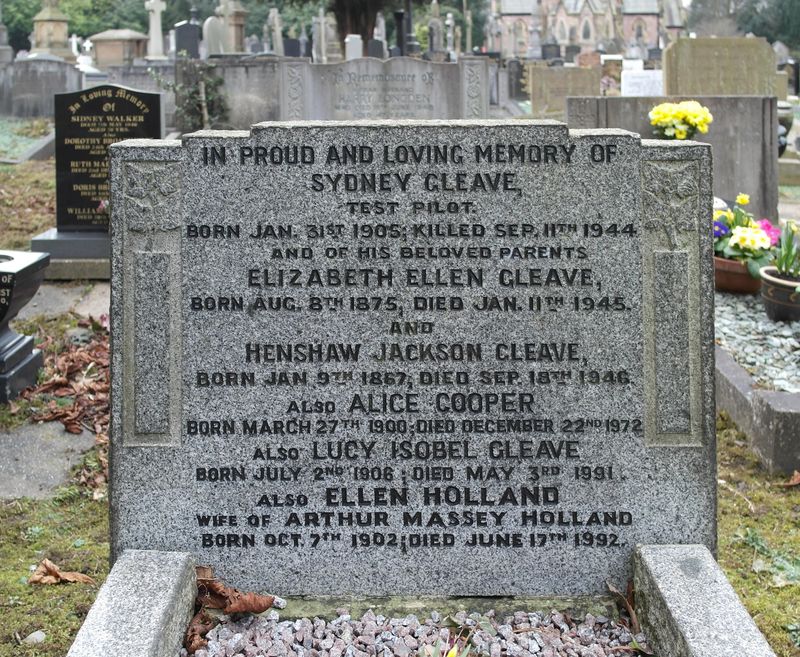
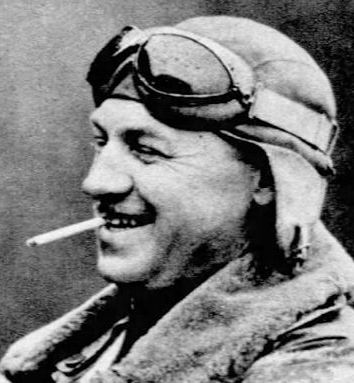 1940
1940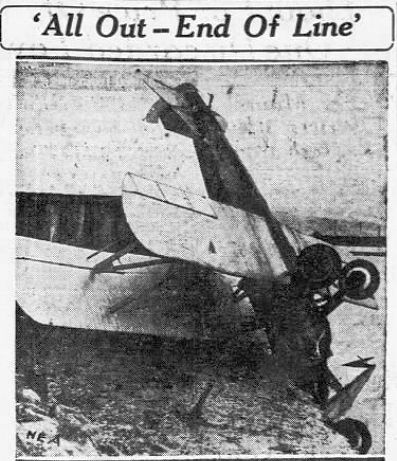
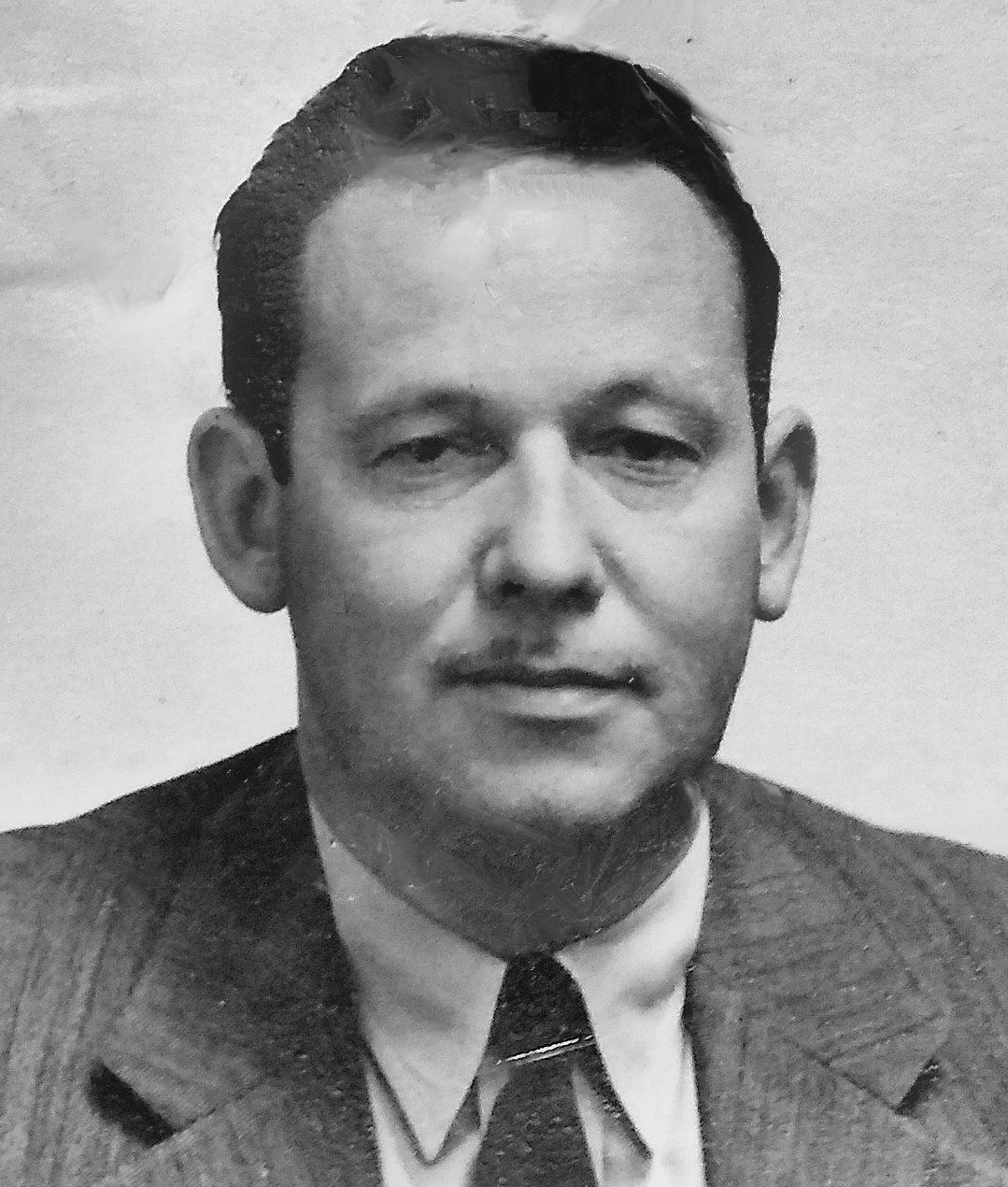 ATA
ATA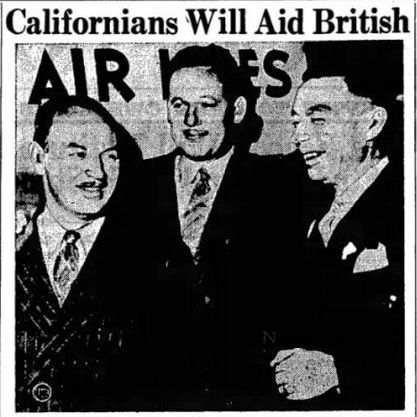 3 Sep 1940
3 Sep 1940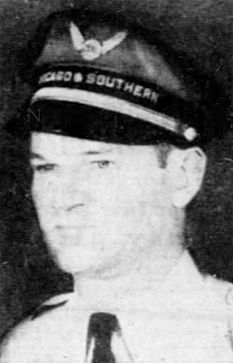
 1940
1940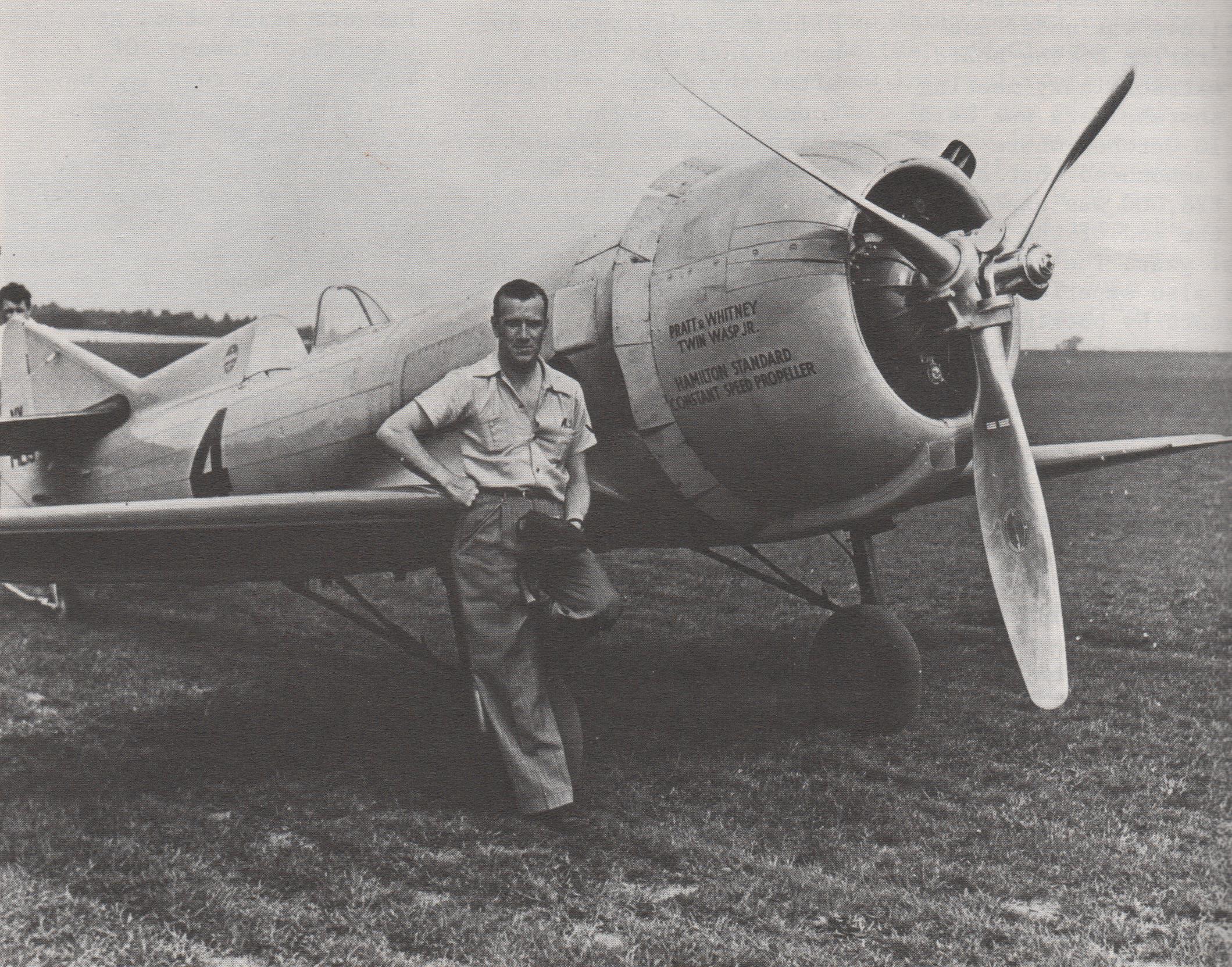 VAM
VAM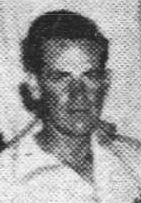 1940
1940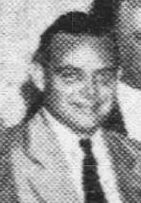 1940
1940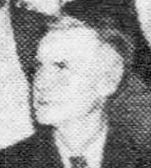 1940
1940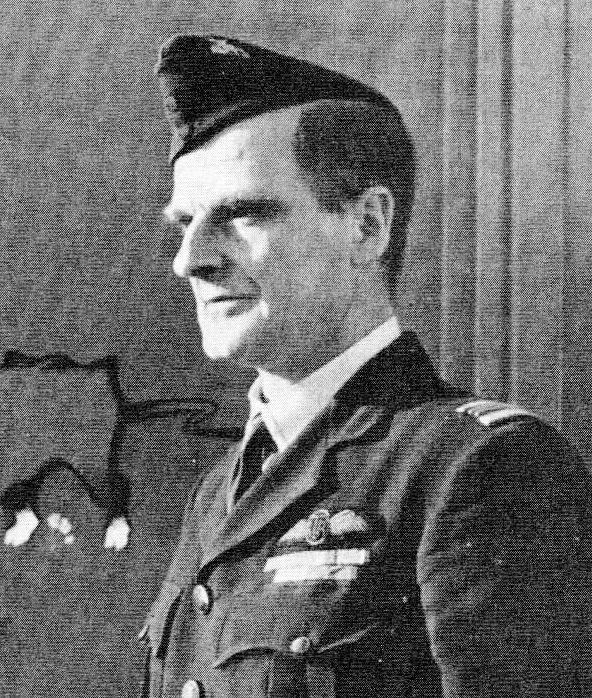 BG
BG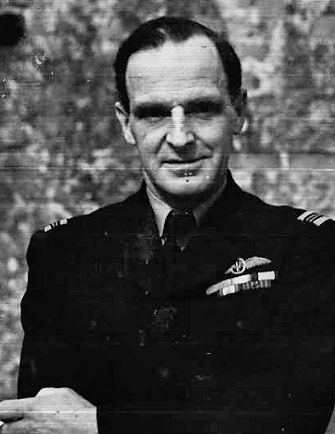 1946
1946 1930
1930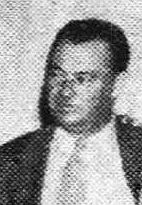 1940
1940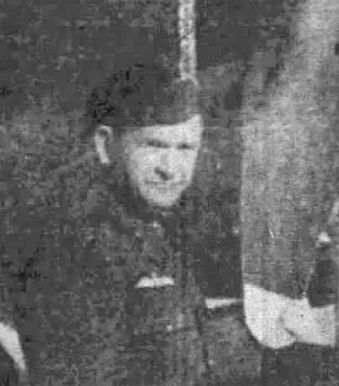 1943
1943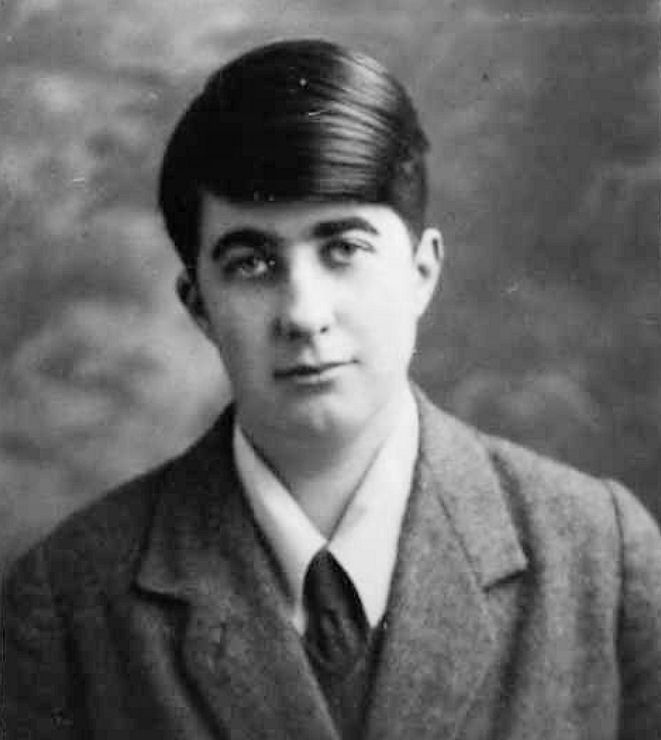

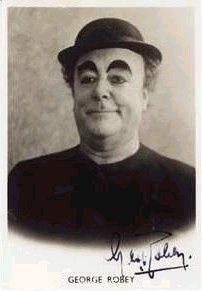
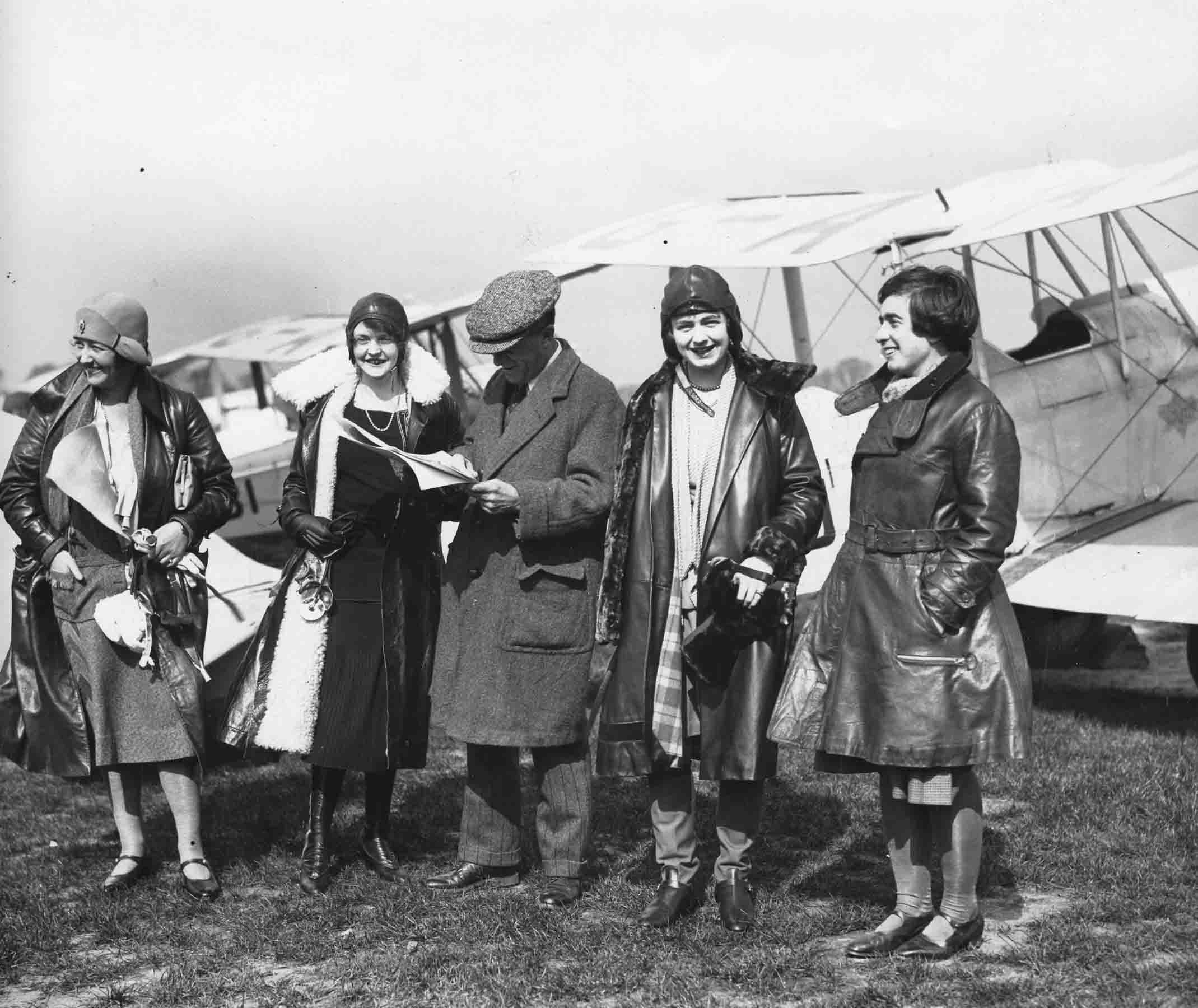
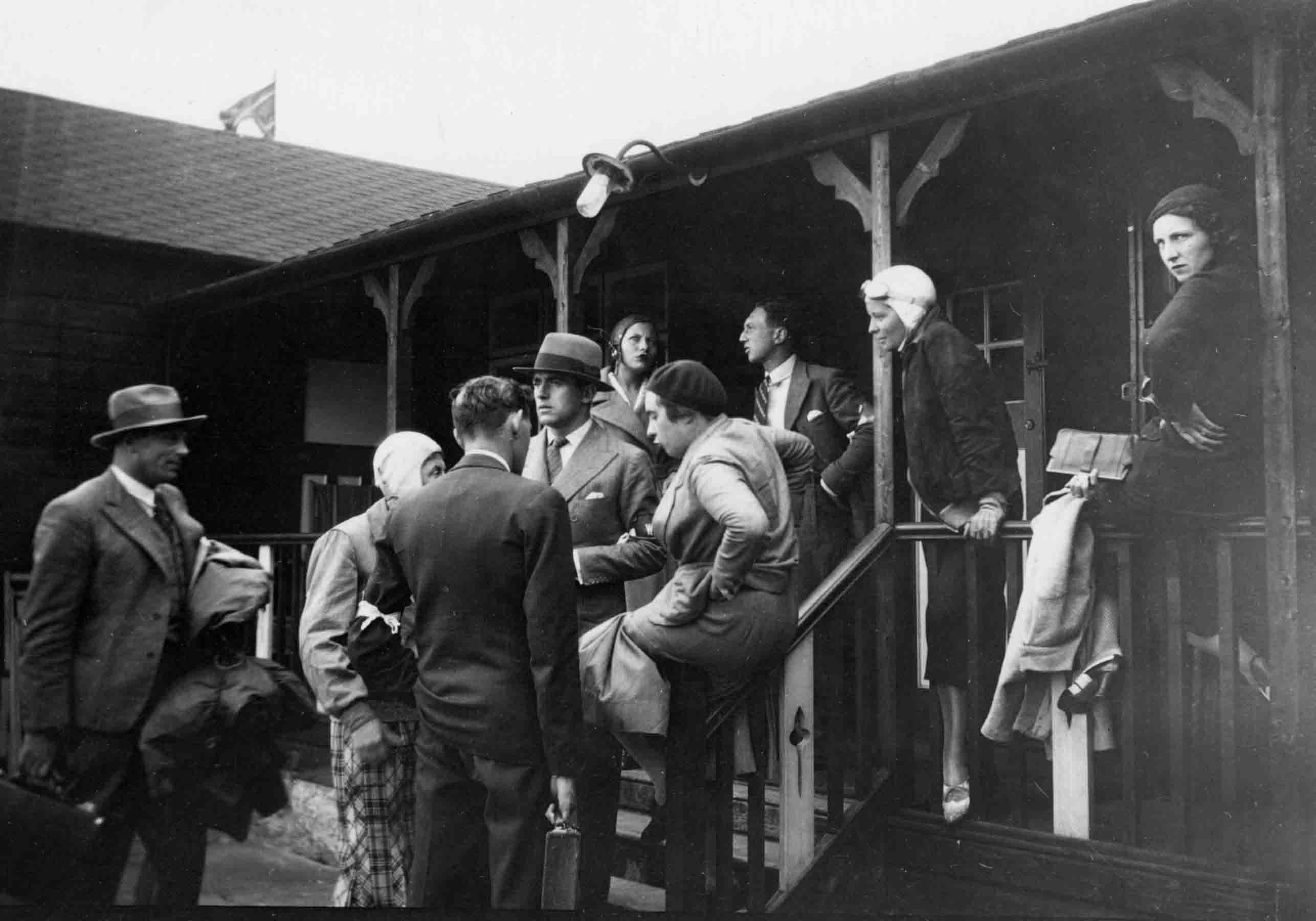
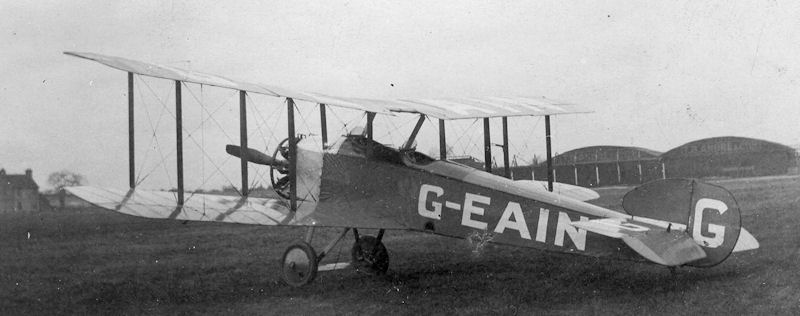 RAeC
RAeC 1942 caricature by
1942 caricature by 
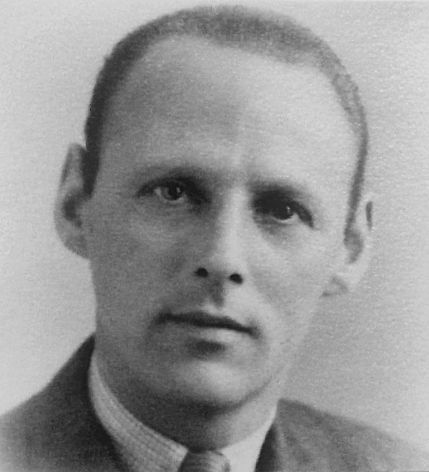
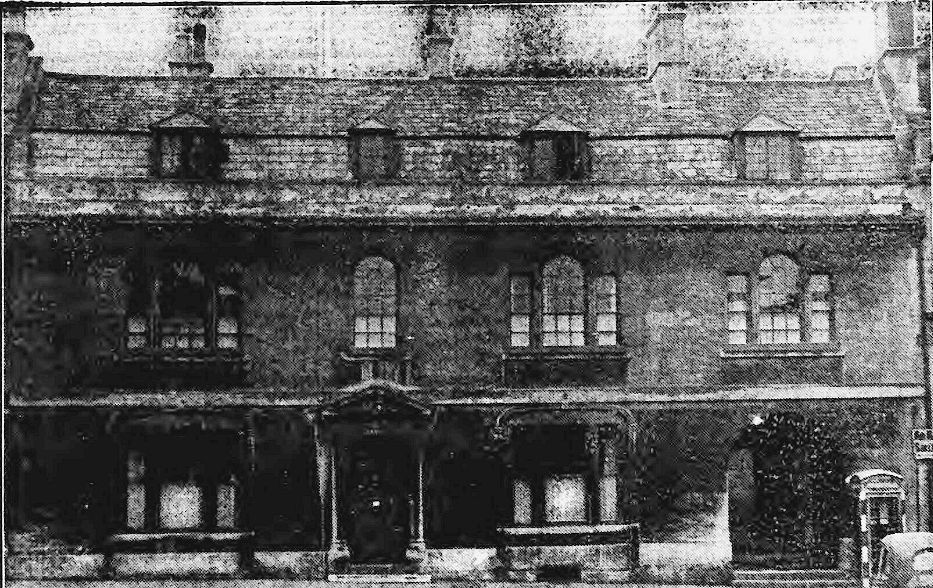


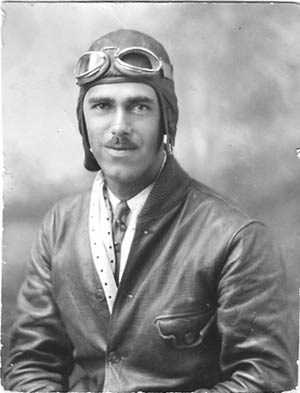
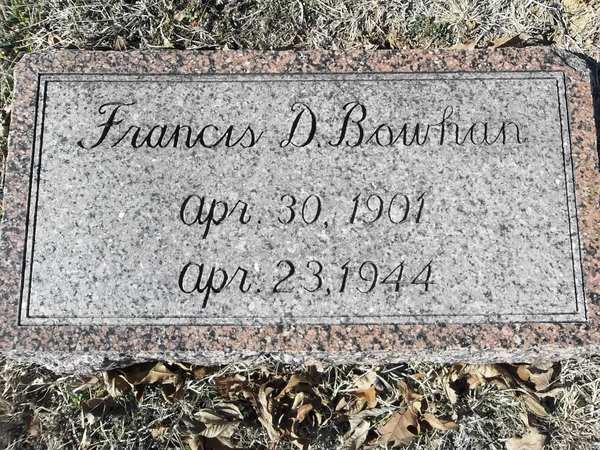
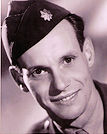
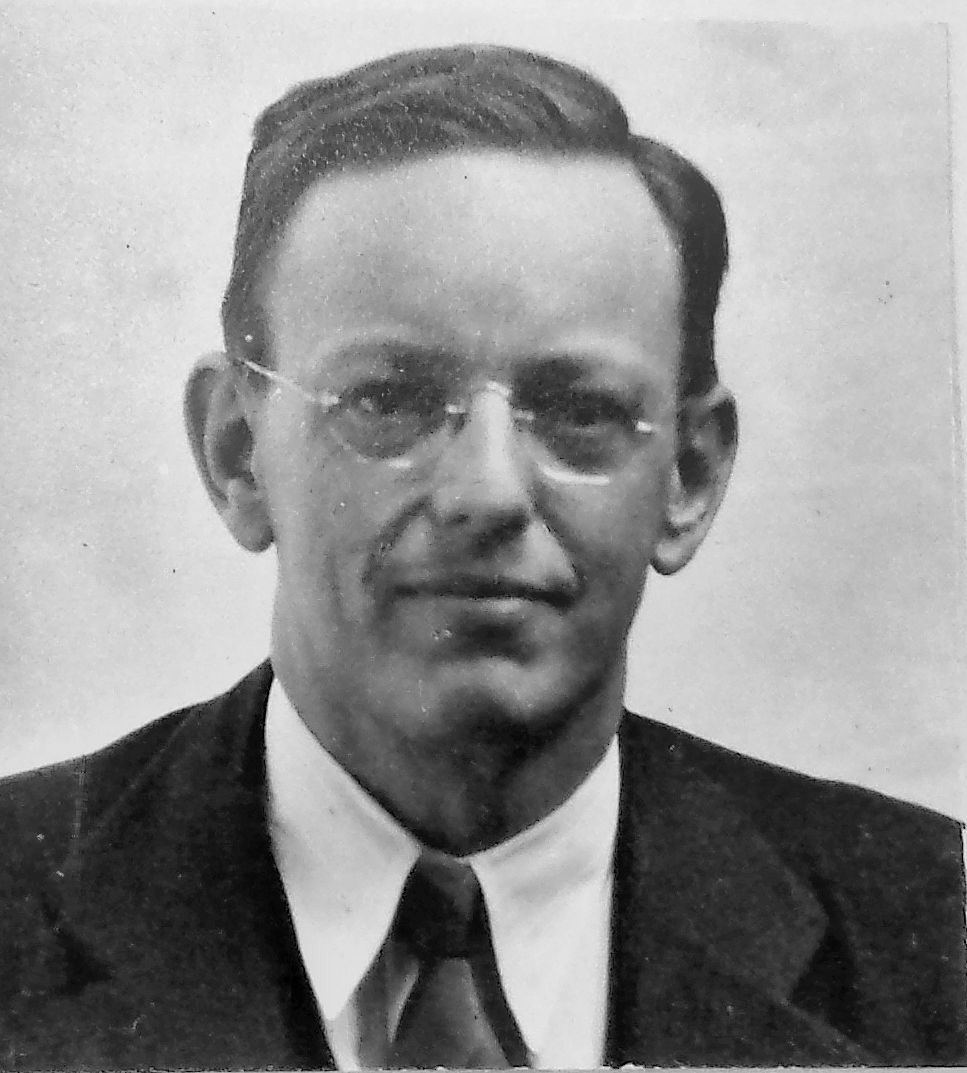
 ATA
ATA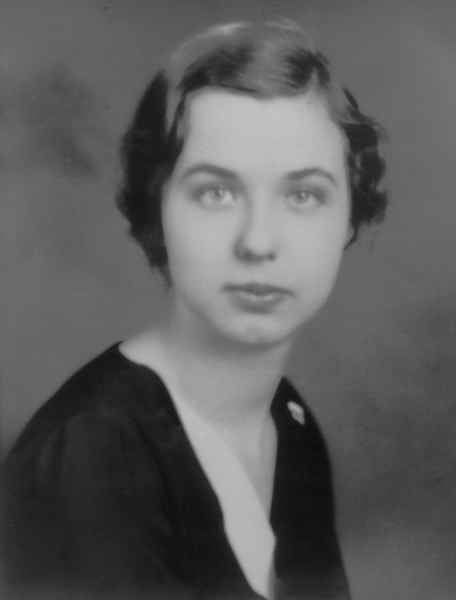
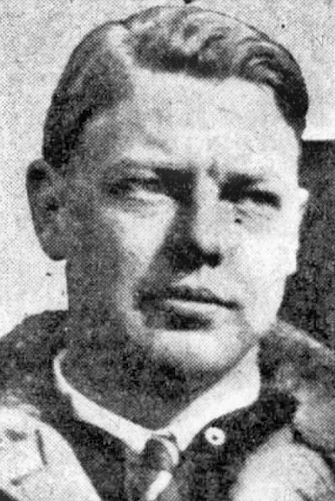 1940
1940 Ancestry
Ancestry Ancestry
Ancestry
 1934
1934
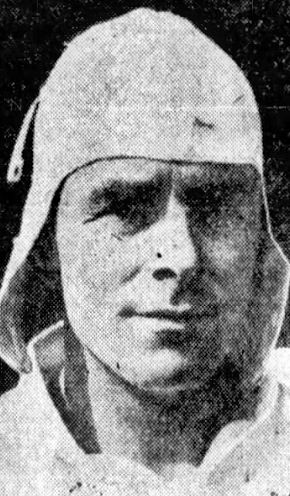
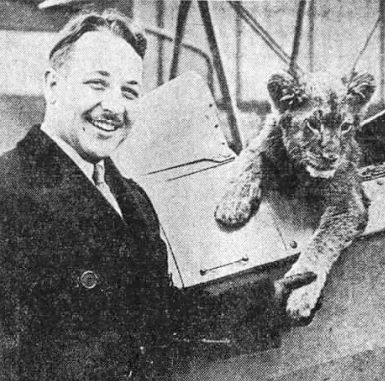
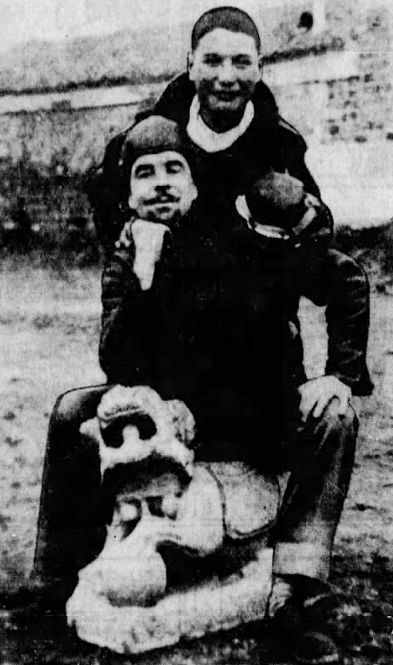
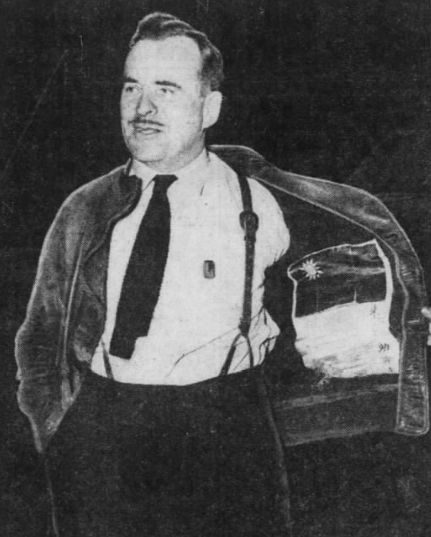 In 1943, showing his 'Chinese safe conduct pass"
In 1943, showing his 'Chinese safe conduct pass"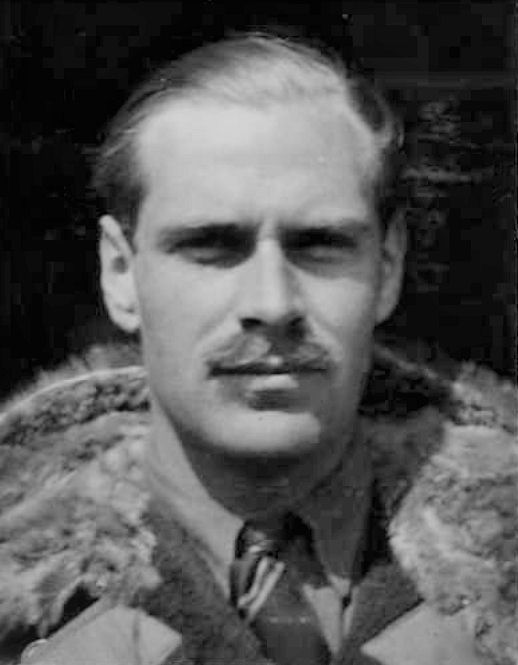 1935
1935 ATAM
ATAM 1930
1930 1934
1934

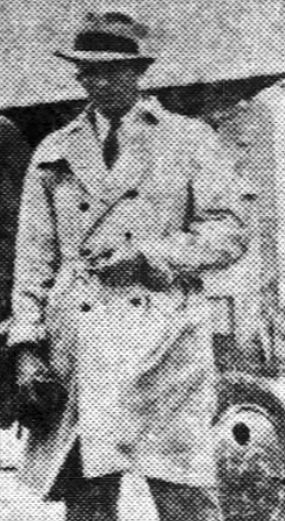 1931
1931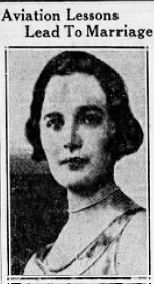 "A three-day romance between English-born actress Flora Sheffield, of New York, and Bill Whilden, aviator, reached its climax when the pair eloped. The romance started when Miss Sheffield took flying lessons under Whilden's instruction."
"A three-day romance between English-born actress Flora Sheffield, of New York, and Bill Whilden, aviator, reached its climax when the pair eloped. The romance started when Miss Sheffield took flying lessons under Whilden's instruction."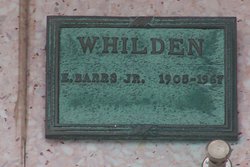
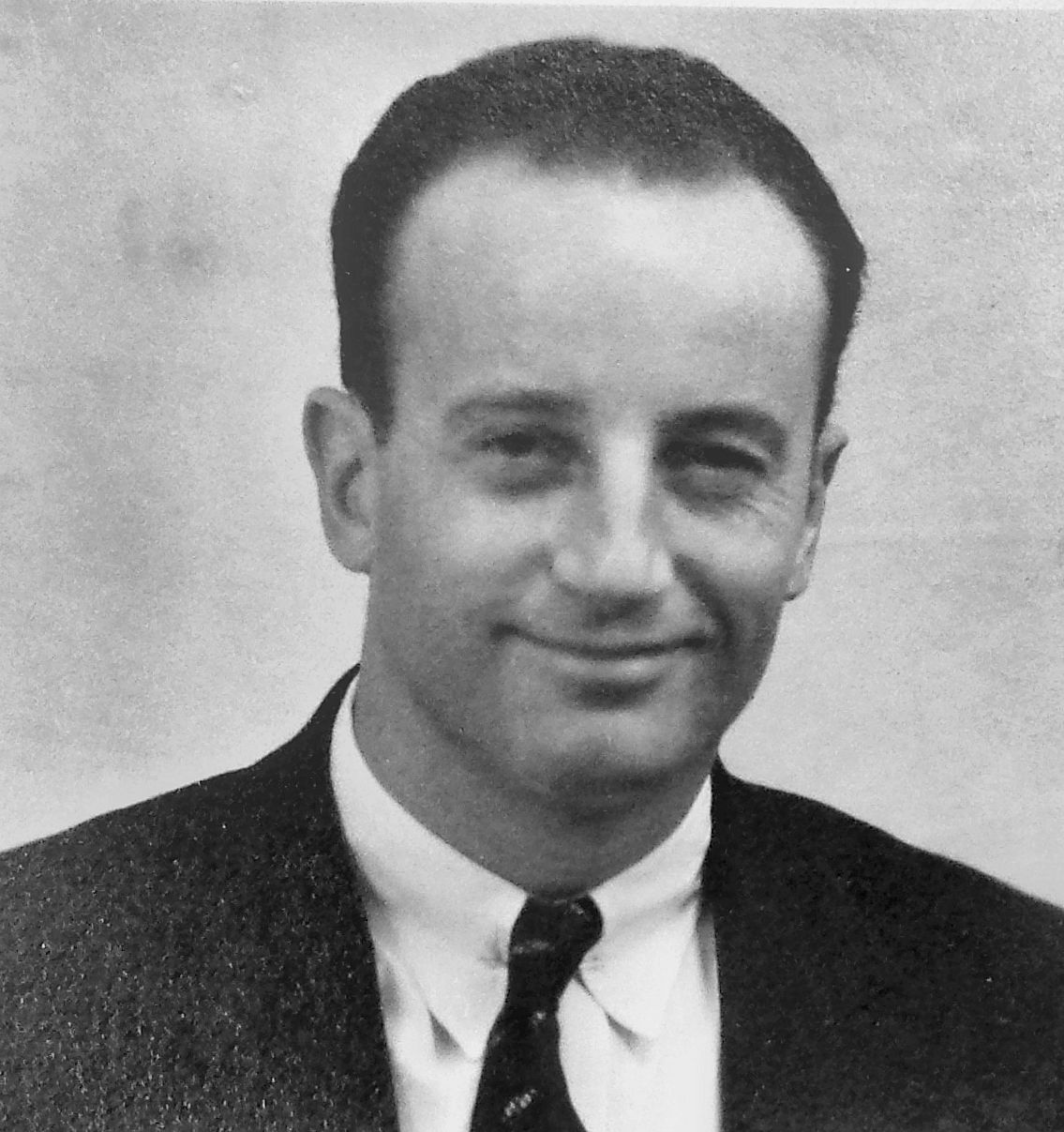
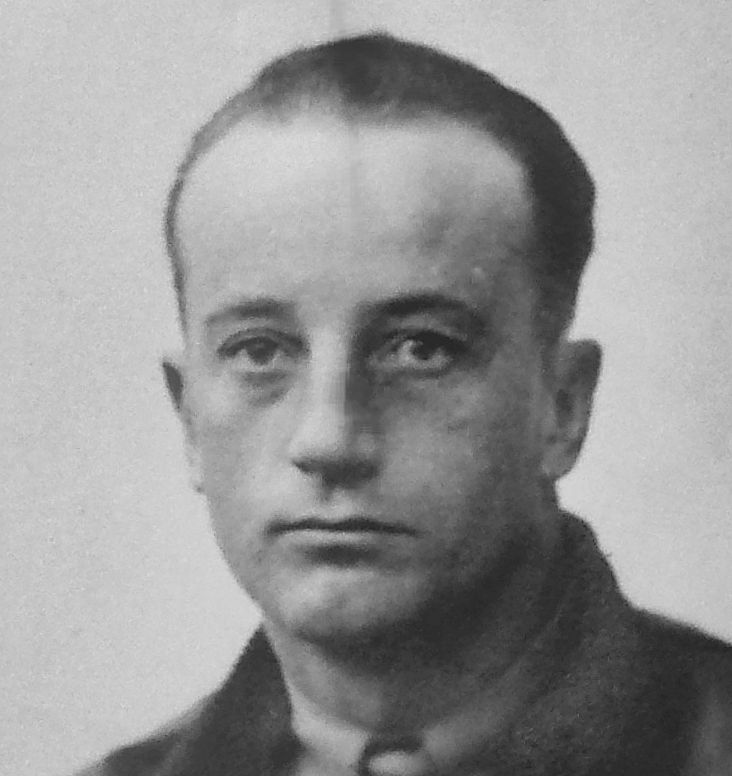 ATA
ATA ATAM
ATAM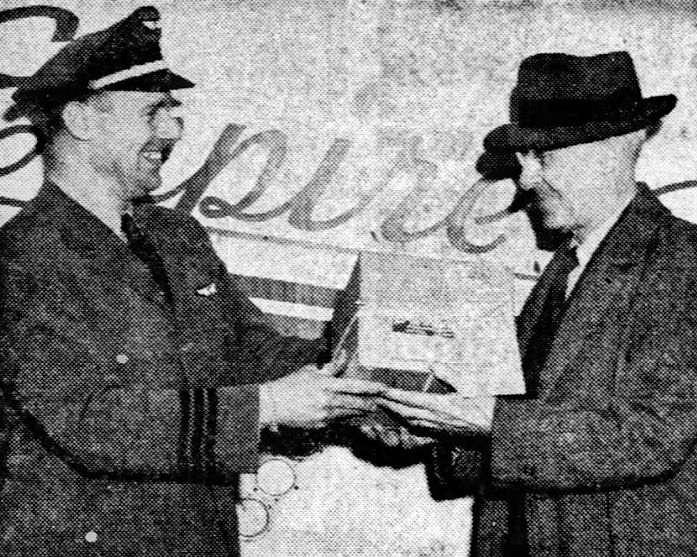 1946
1946 with Lettice Curtis in 1975 (ELC)
with Lettice Curtis in 1975 (ELC)
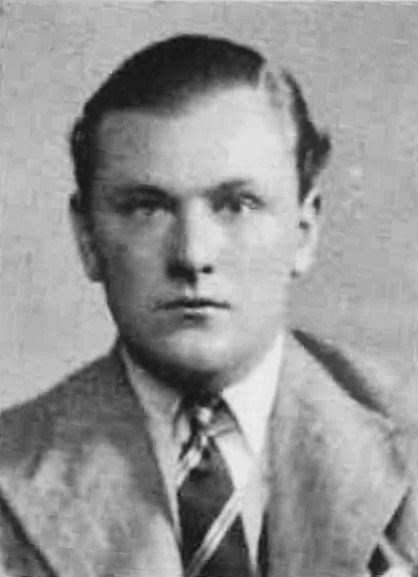 1935
1935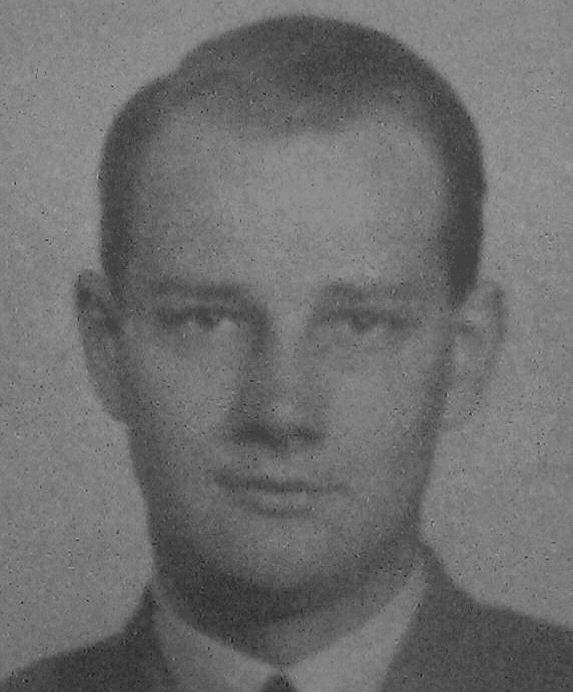
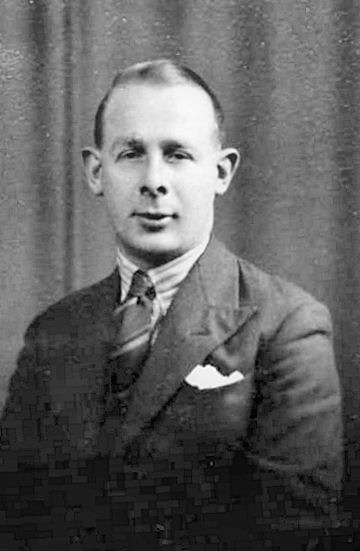 1935
1935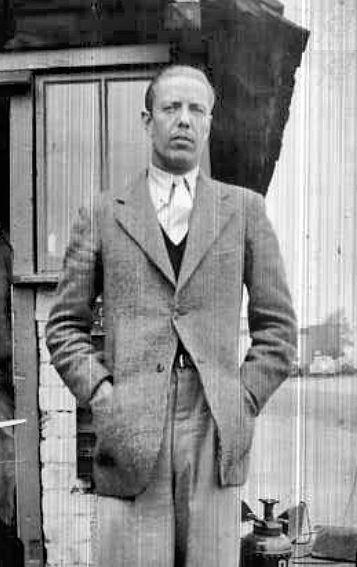 1938
1938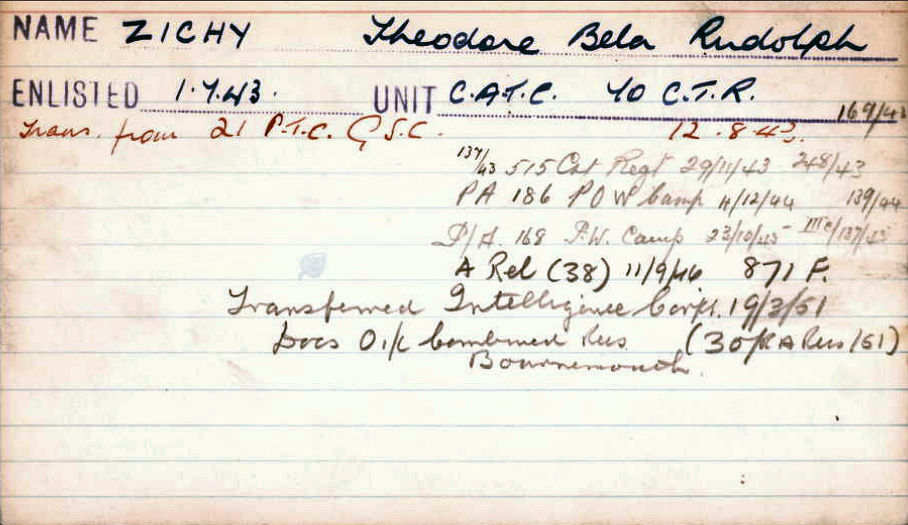
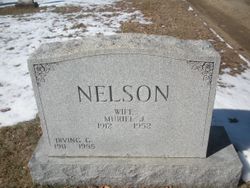 Union Cemetery, Stratford CT
Union Cemetery, Stratford CT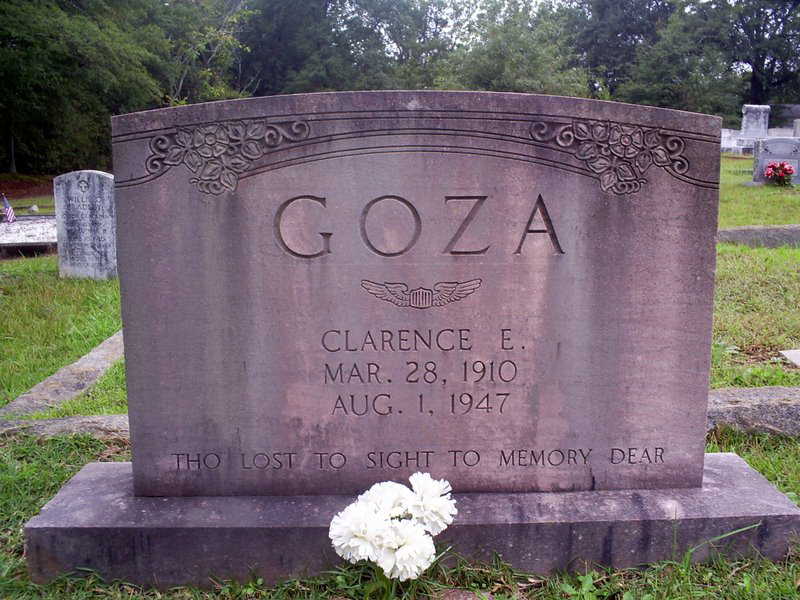
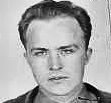
 ATAM
ATAM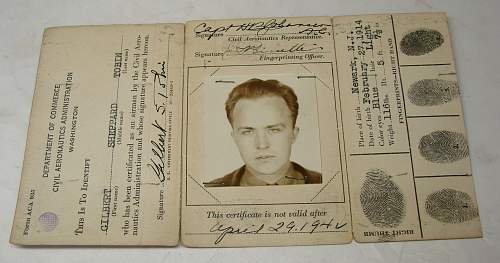
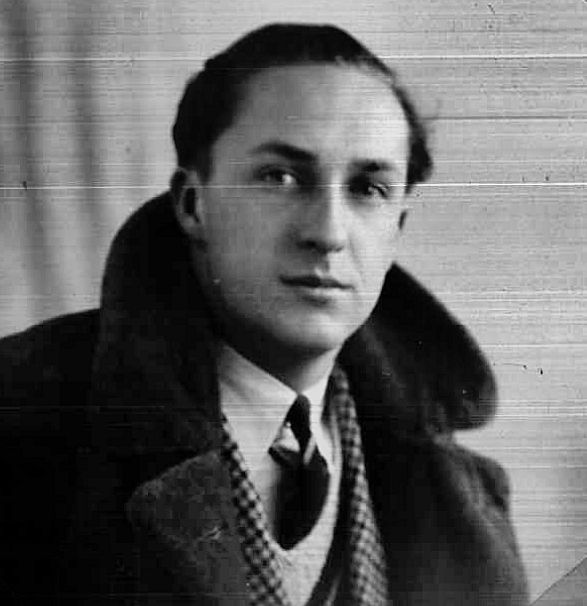 1935
1935 "Clearing the hurdles in fine style" in 1930
"Clearing the hurdles in fine style" in 1930 Belfast Telegraph, 1953
Belfast Telegraph, 1953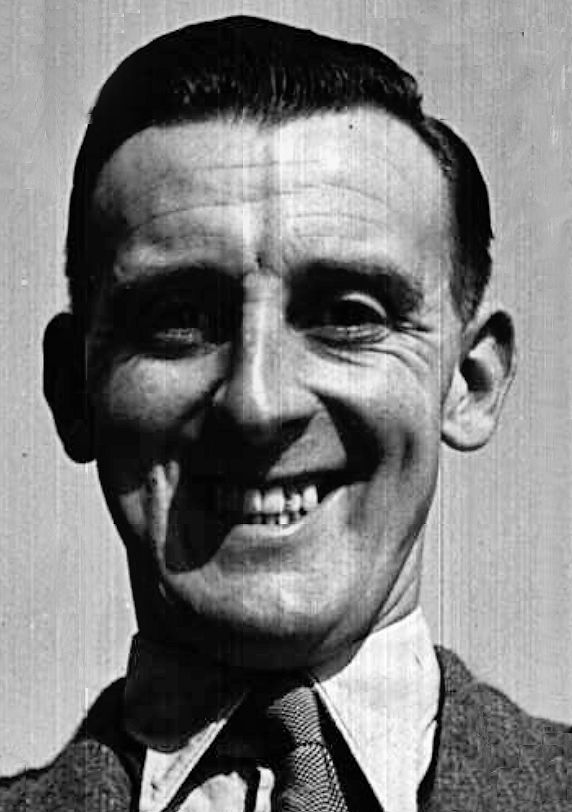 1936
1936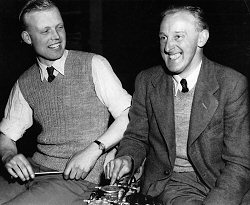
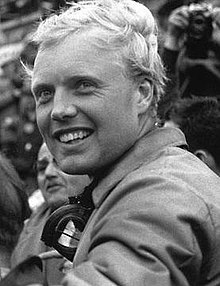
 1929
1929 1941
1941 1936
1936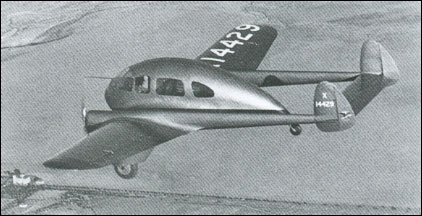
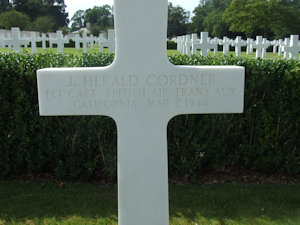
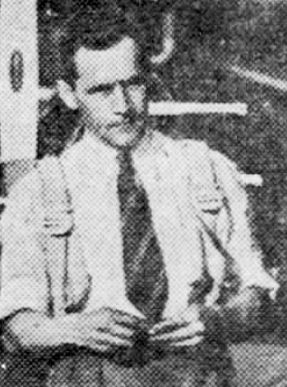 1930
1930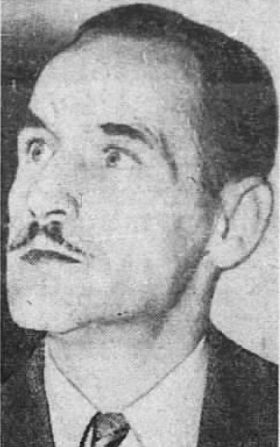 1939
1939
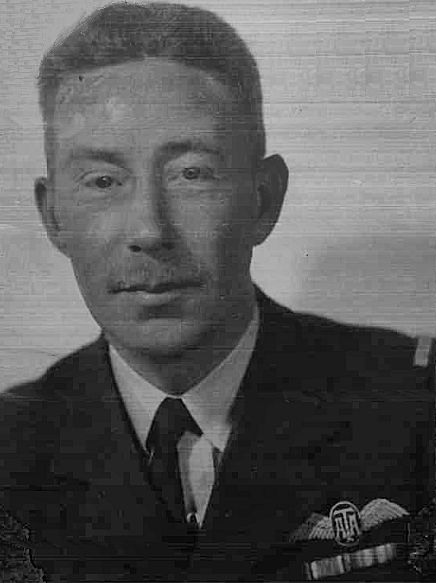 1941
1941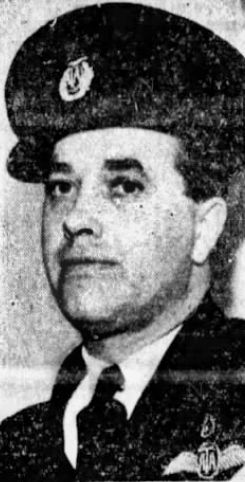 LA Times, 1942
LA Times, 1942 ATAM
ATAM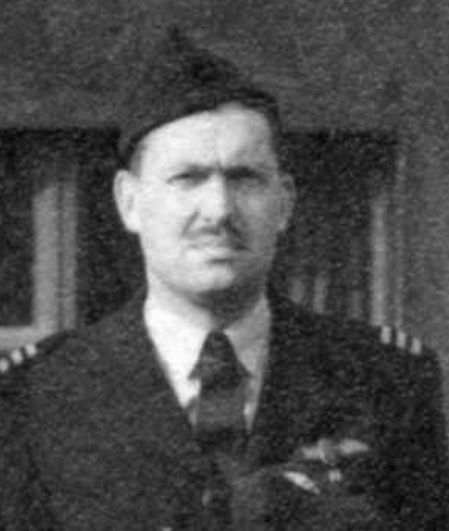 ATAM
ATAM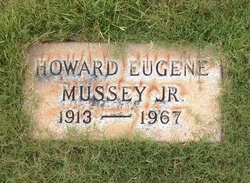
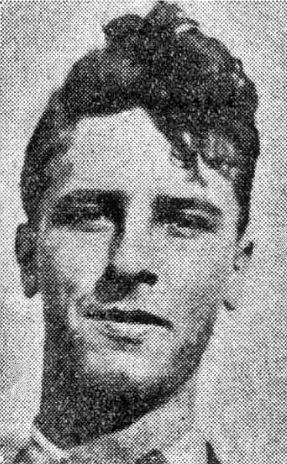 1929
1929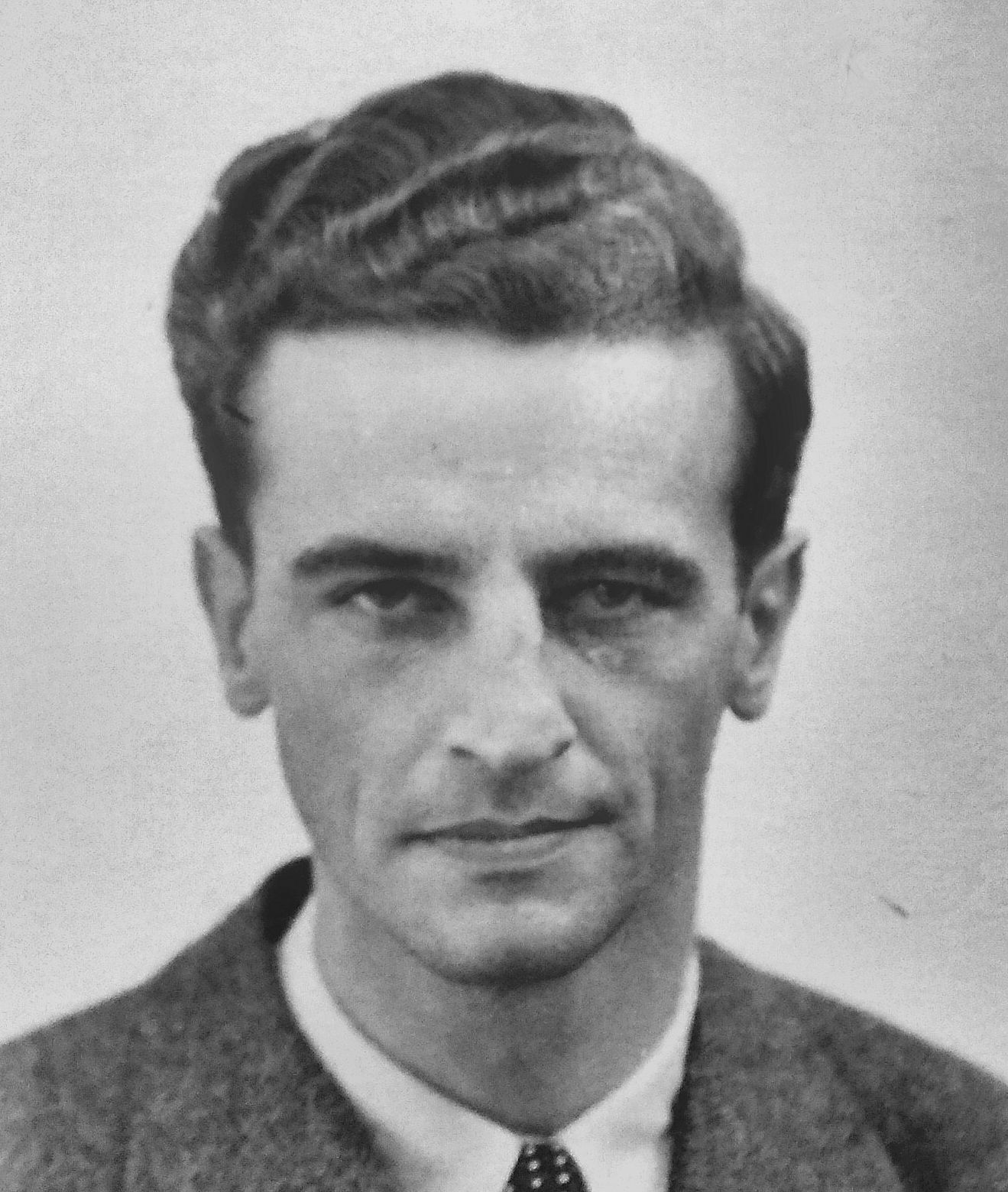 ATA
ATA ATAM
ATAM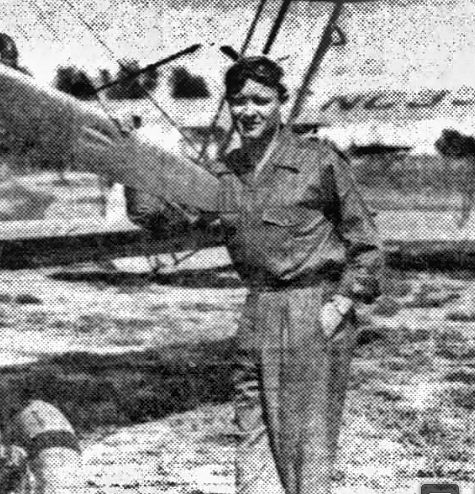
 ATAM
ATAM
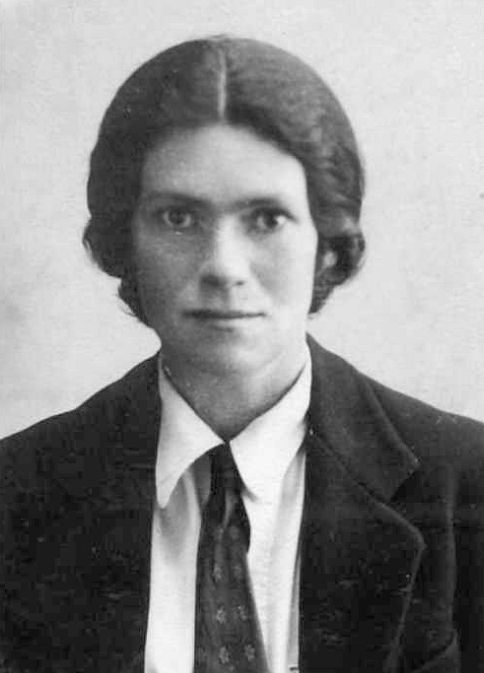 RAeC 1935
RAeC 1935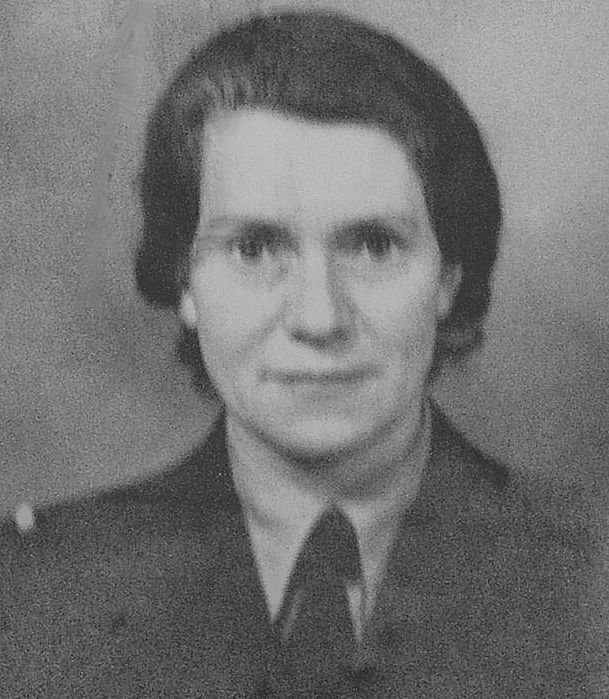 ATA
ATA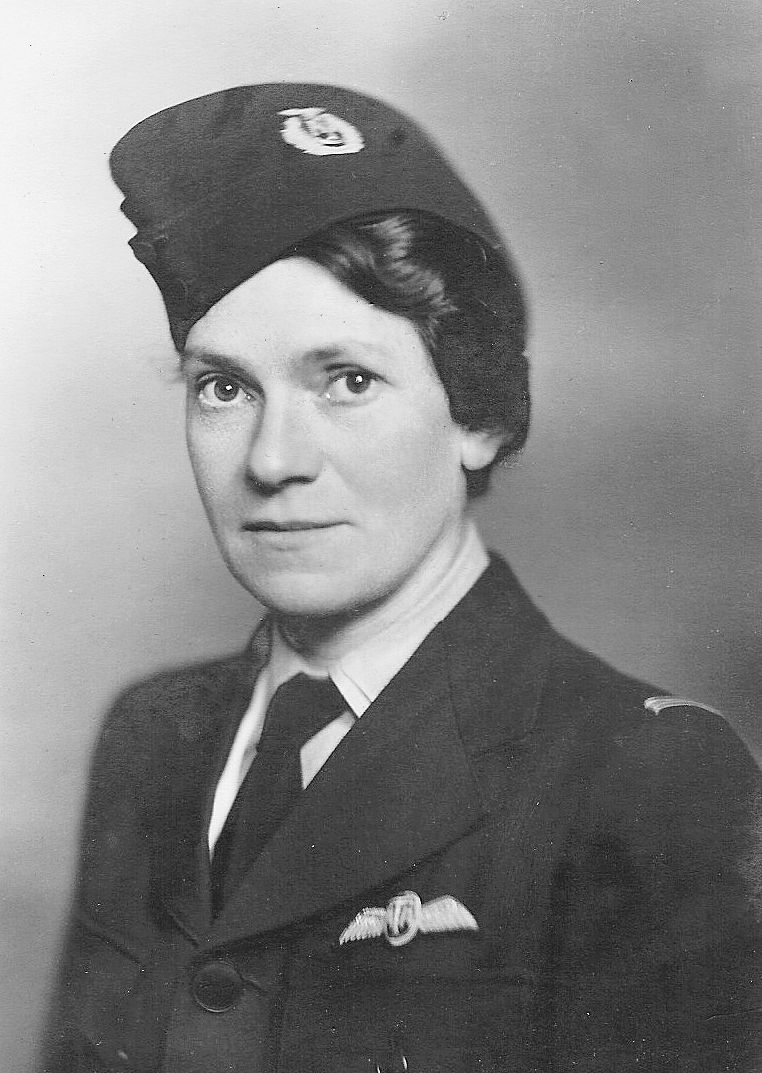
 Images via Nicholas Farnell
Images via Nicholas Farnell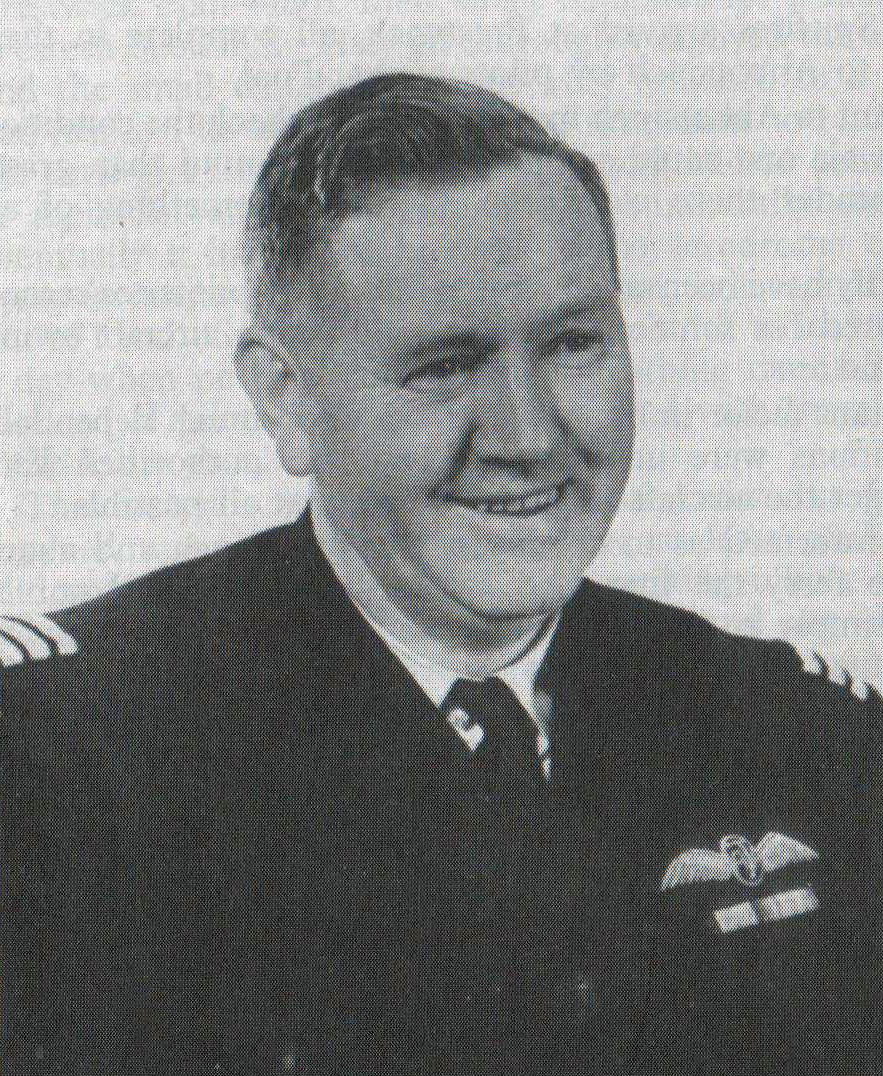
 1918
1918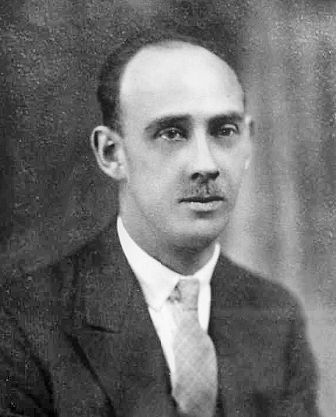 1934
1934 ATAM
ATAM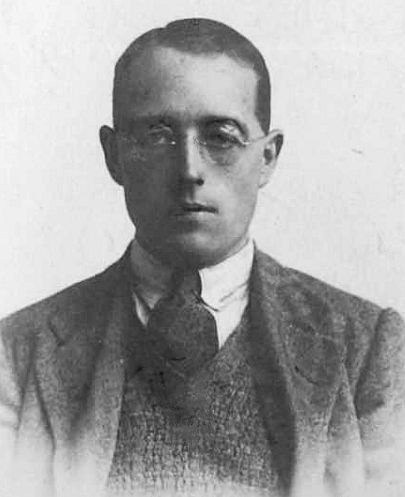 1928
1928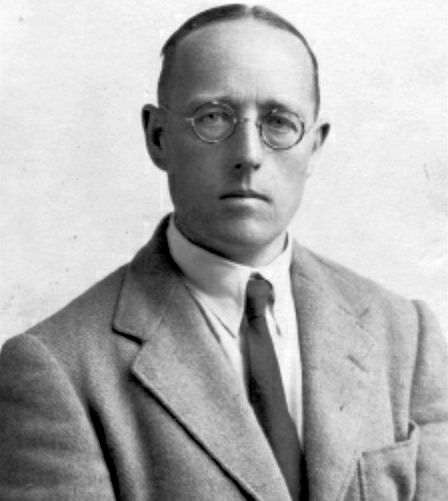 ELC
ELC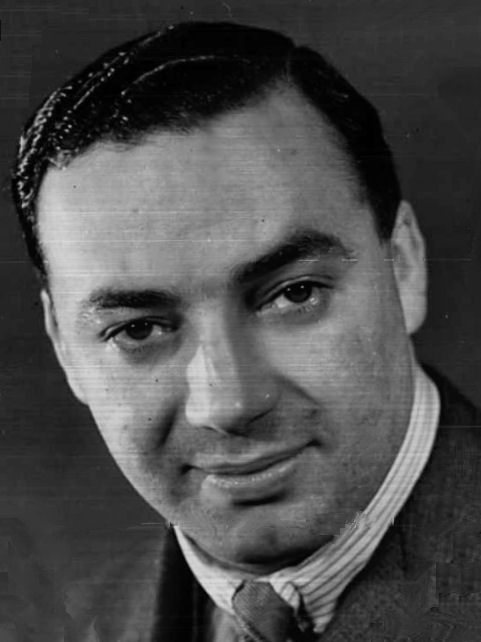 1936
1936 ATA
ATA 1930
1930 Aged 3!
Aged 3! 


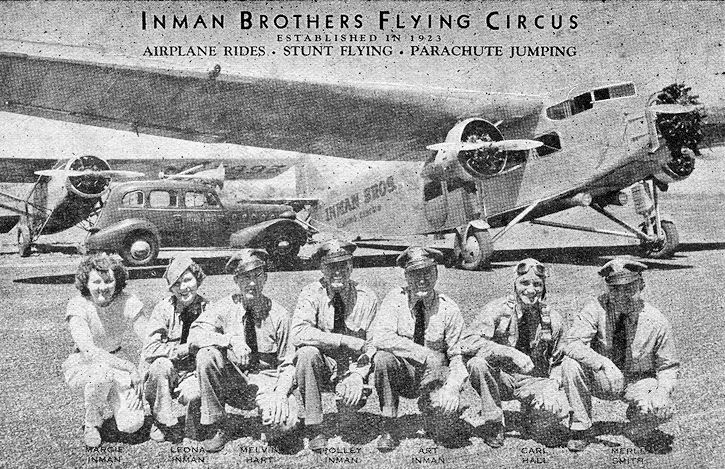
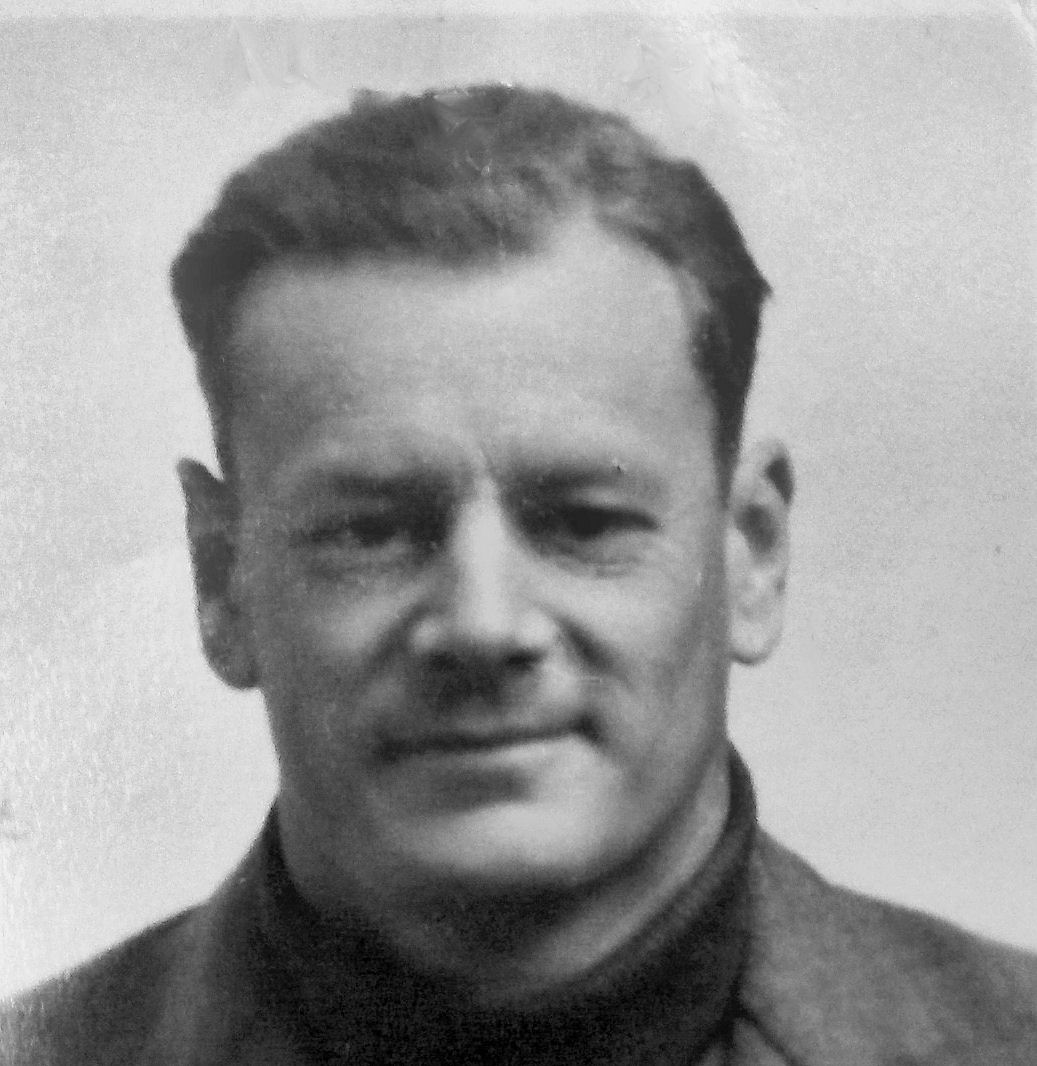 ATA
ATA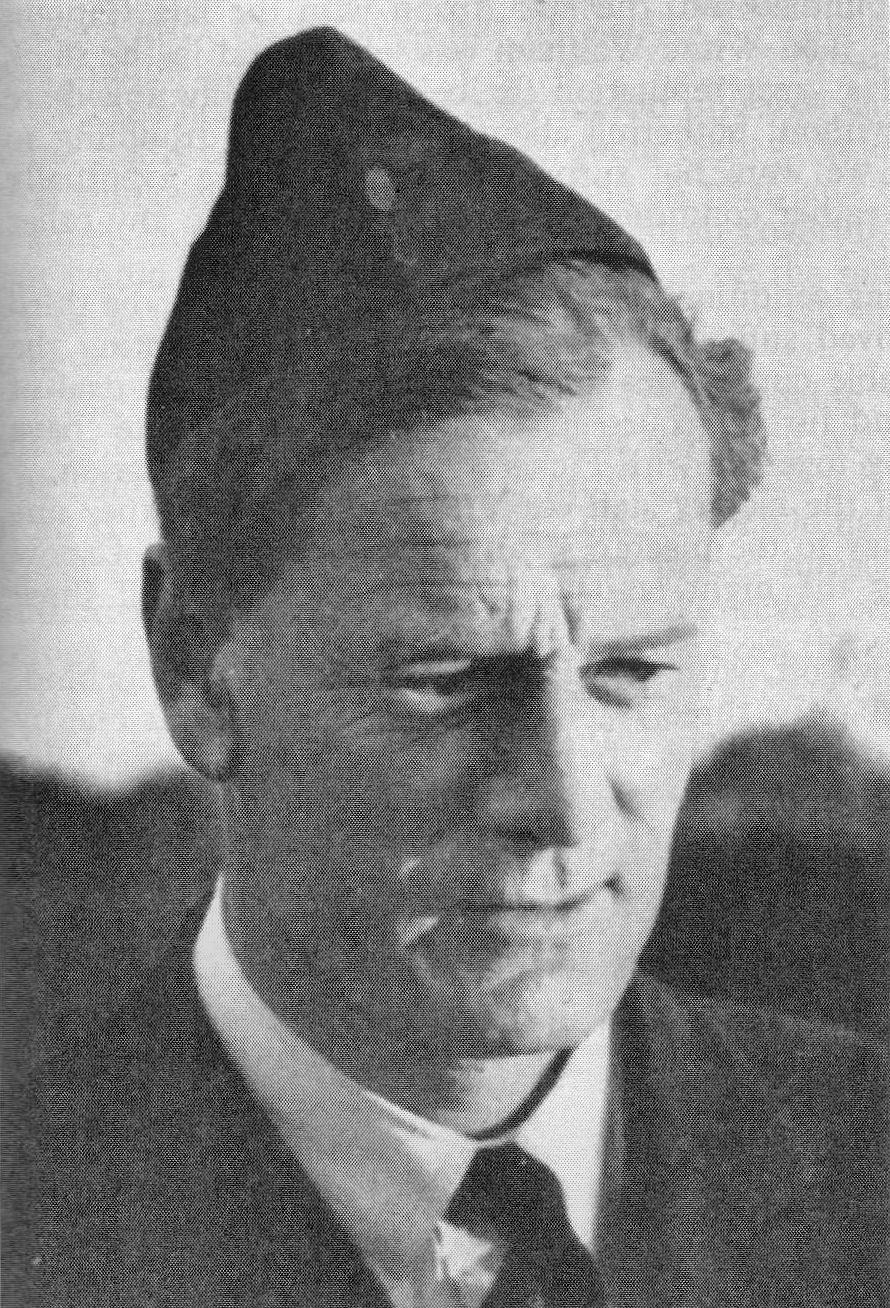 BG
BG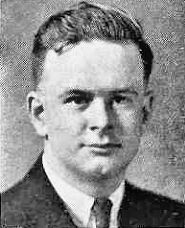 1934
1934 ATAM
ATAM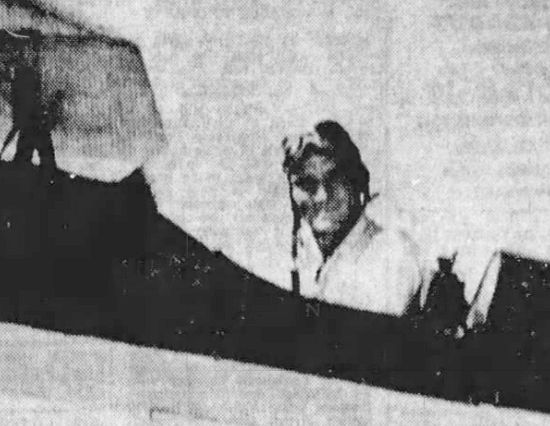 'Booger Red' in his Stearman
'Booger Red' in his Stearman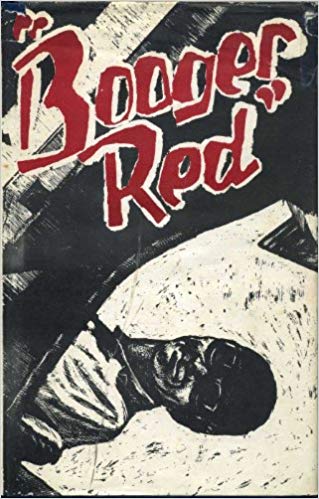
 1940
1940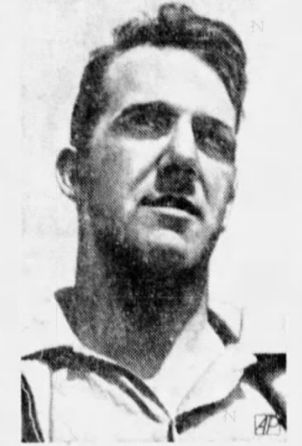
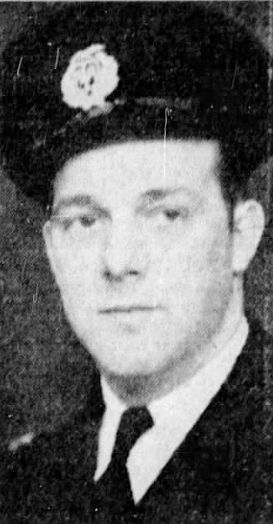 Feb 1941
Feb 1941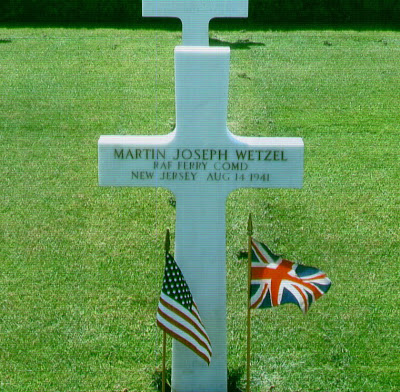
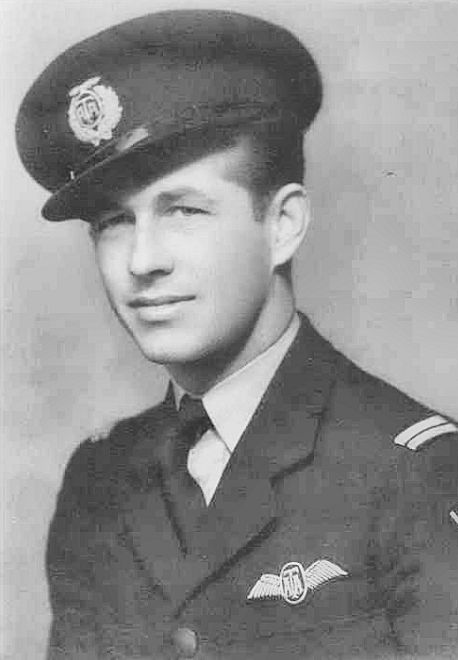 ATA
ATA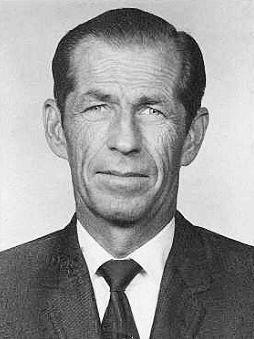 1963
1963
 ATAM
ATAM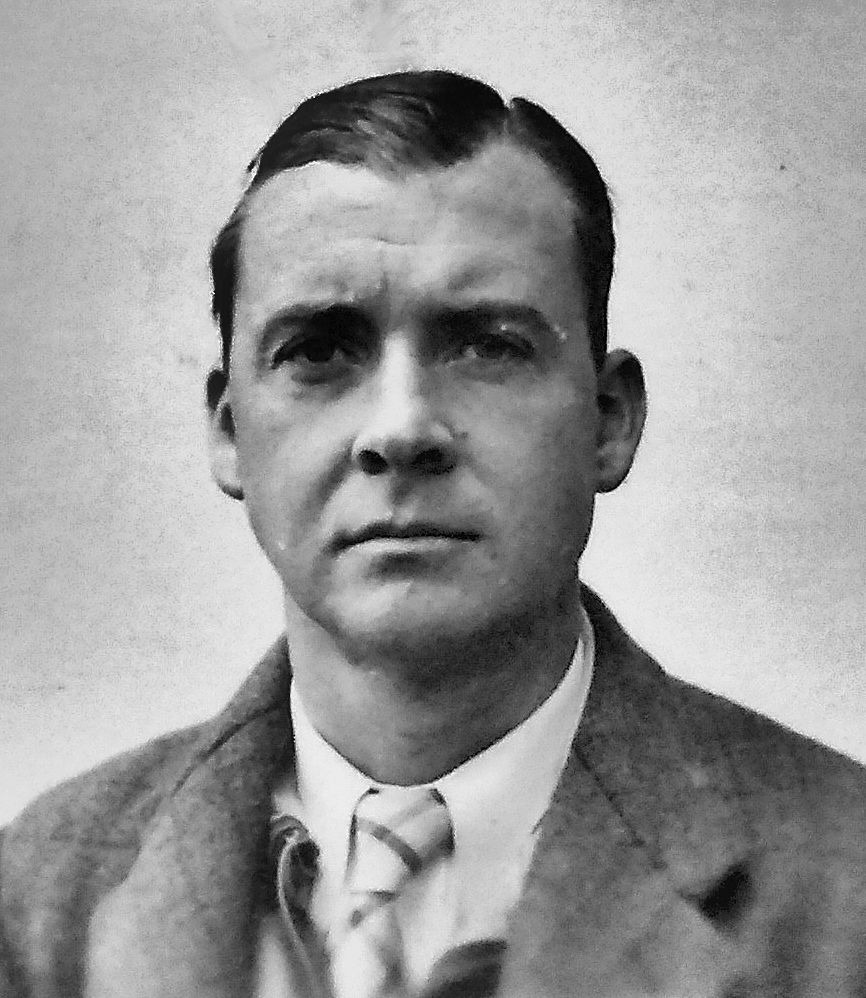
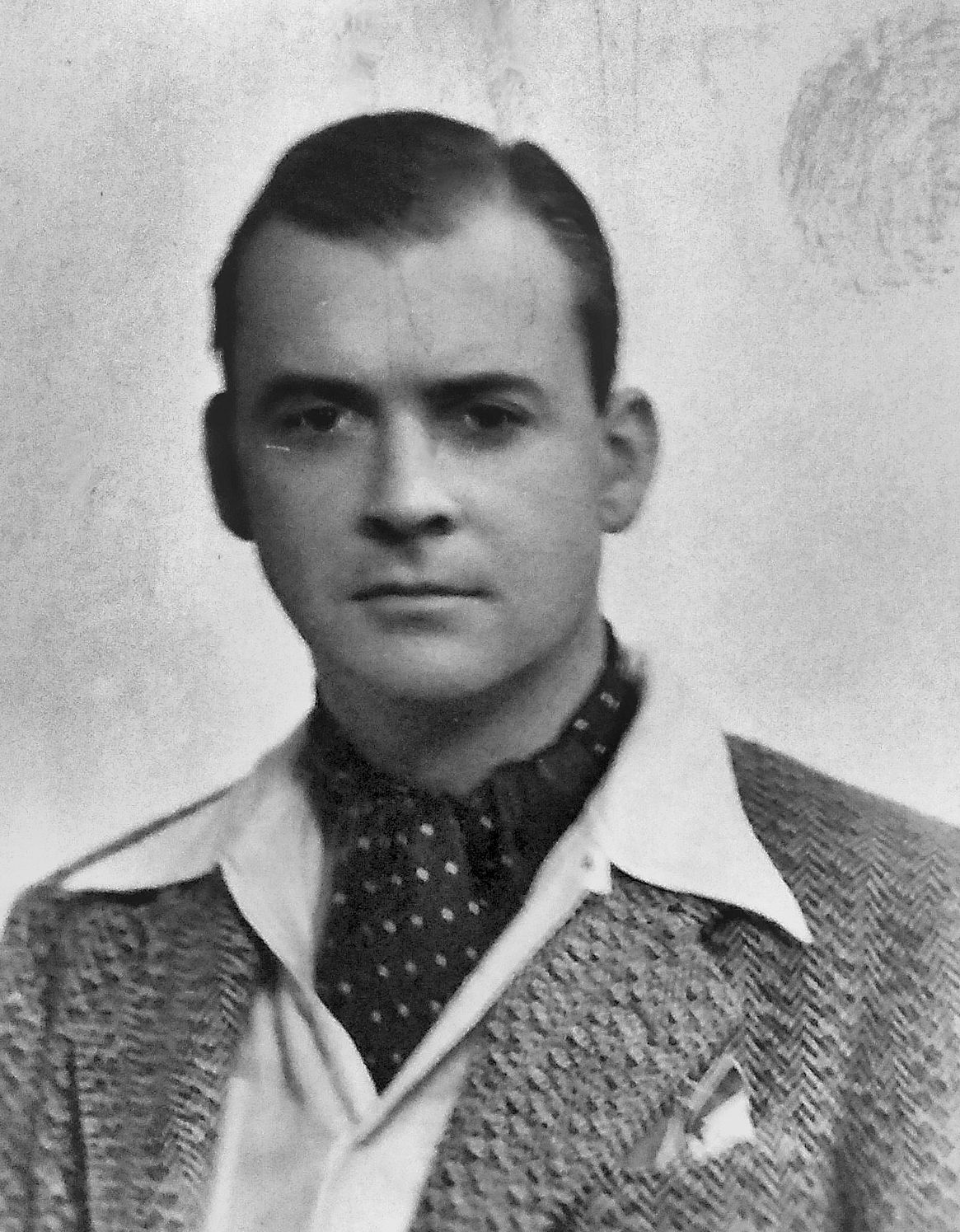 ATA
ATA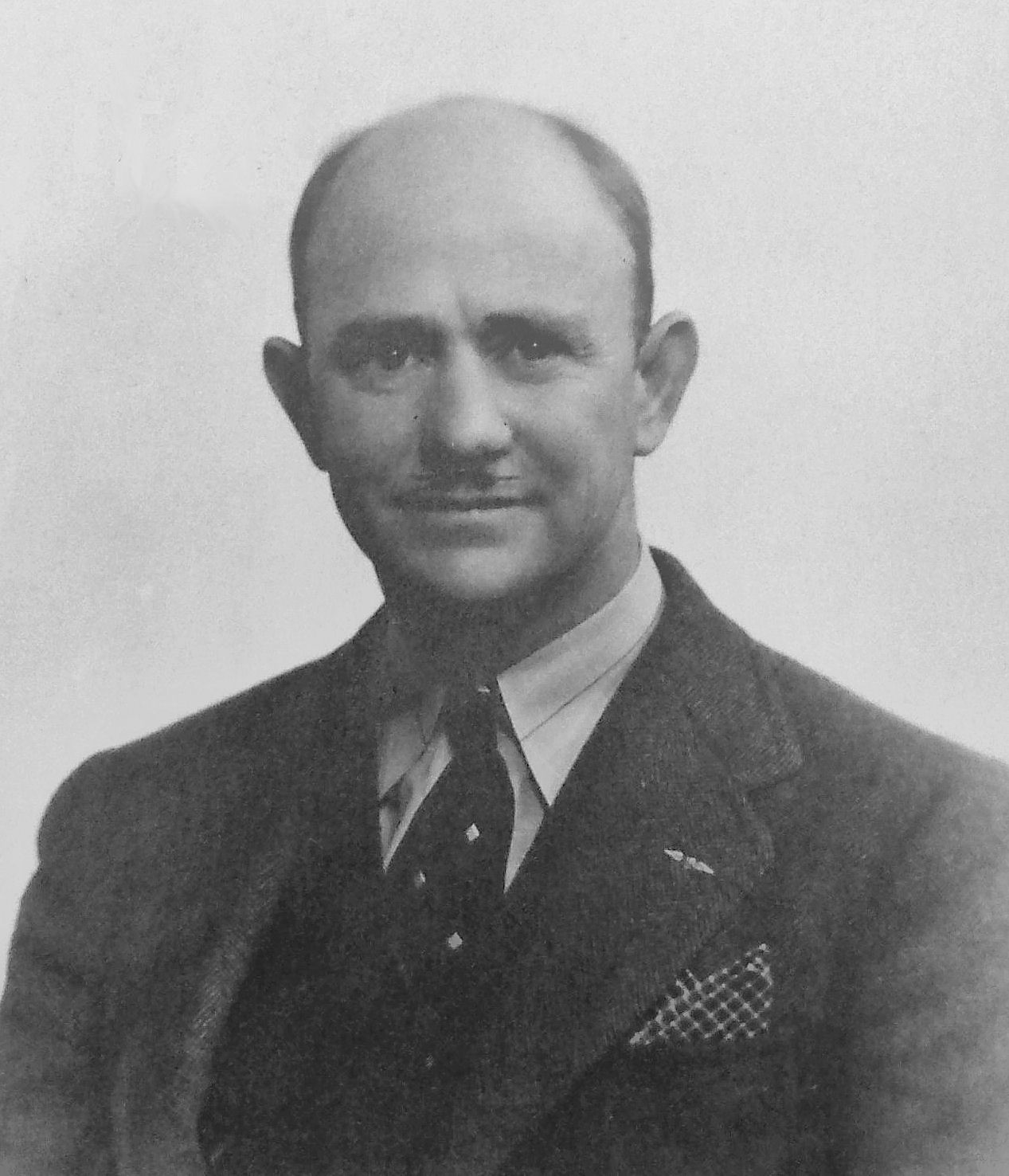 ATA
ATA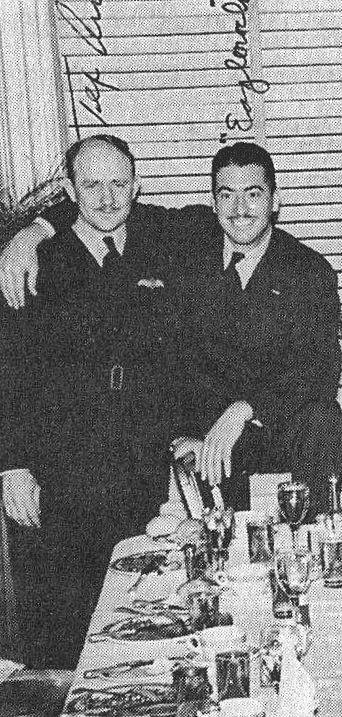
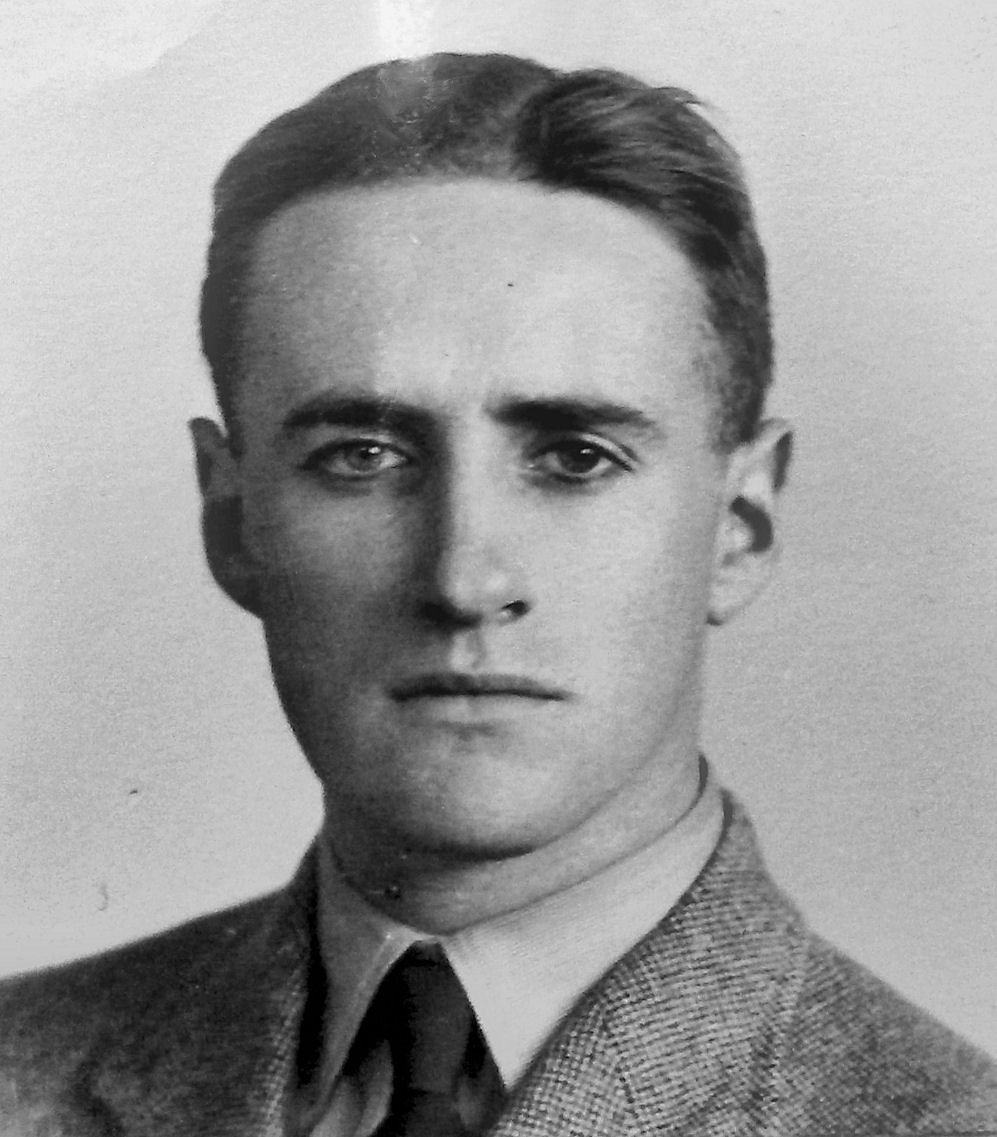 ATA
ATA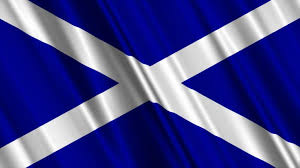
 1934
1934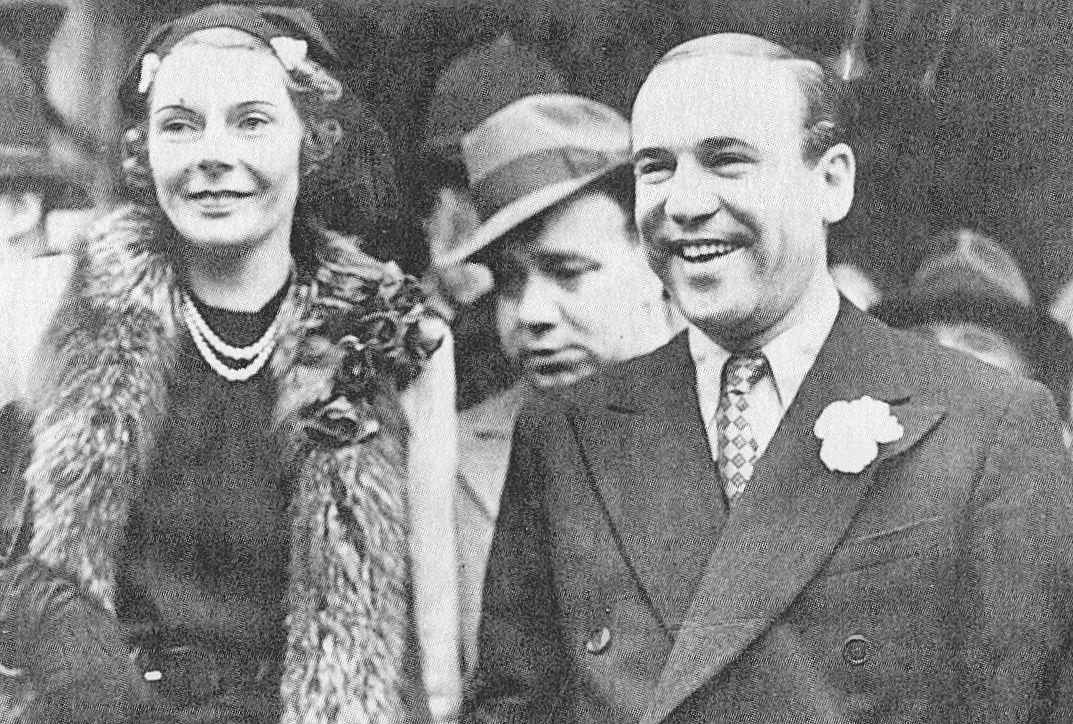
 ? ATAM
? ATAM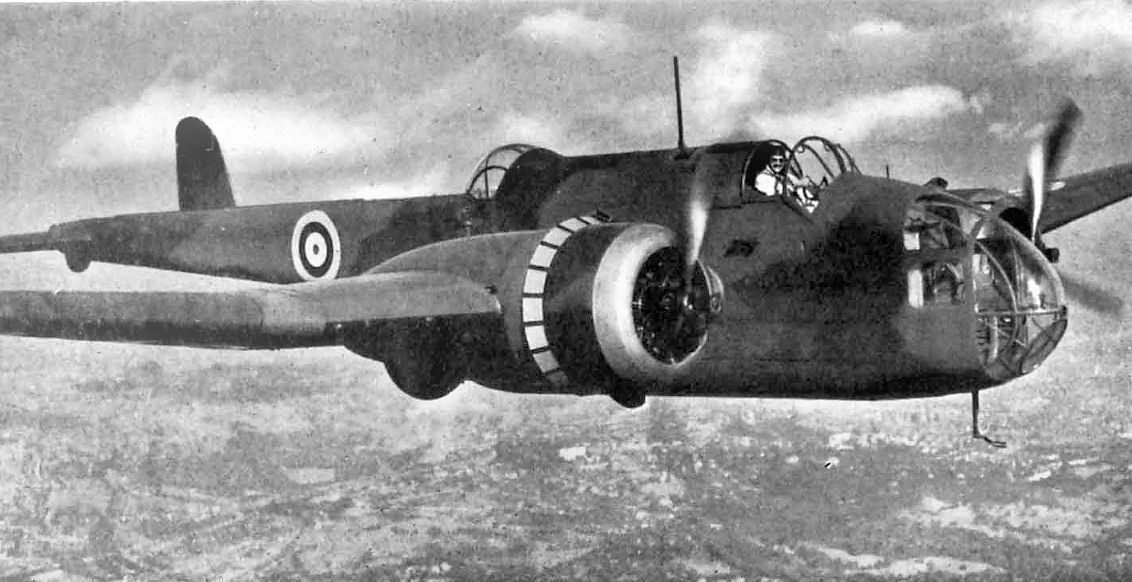


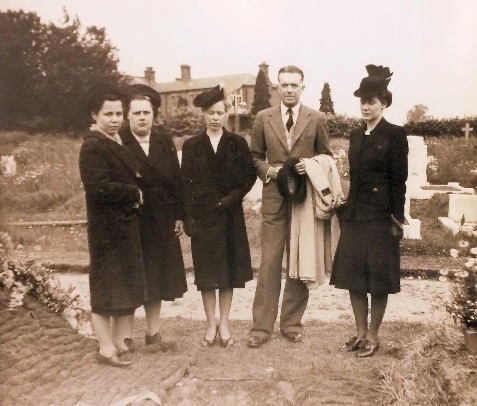
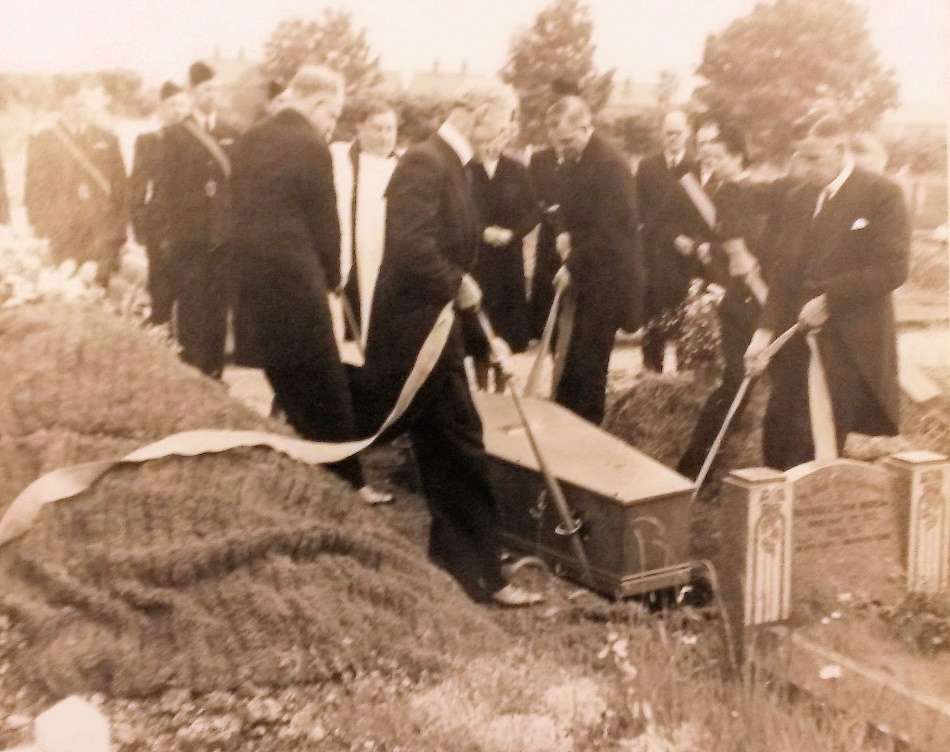
 "Sadly Missed"
"Sadly Missed" ATAM
ATAM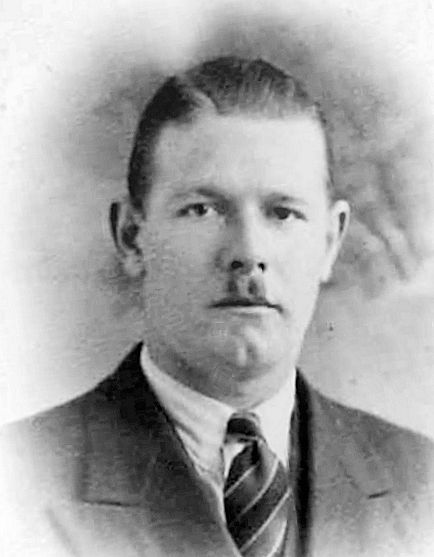 1933
1933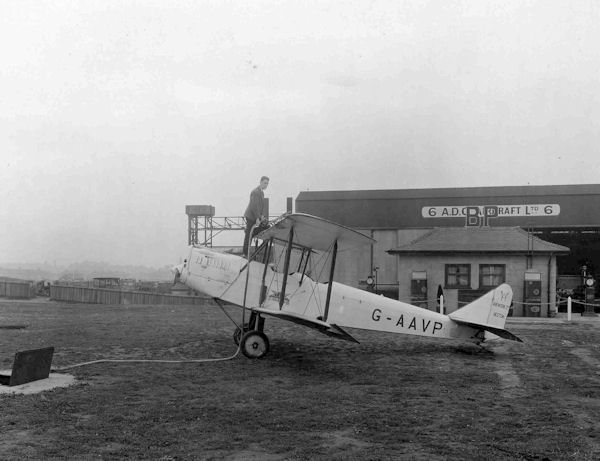
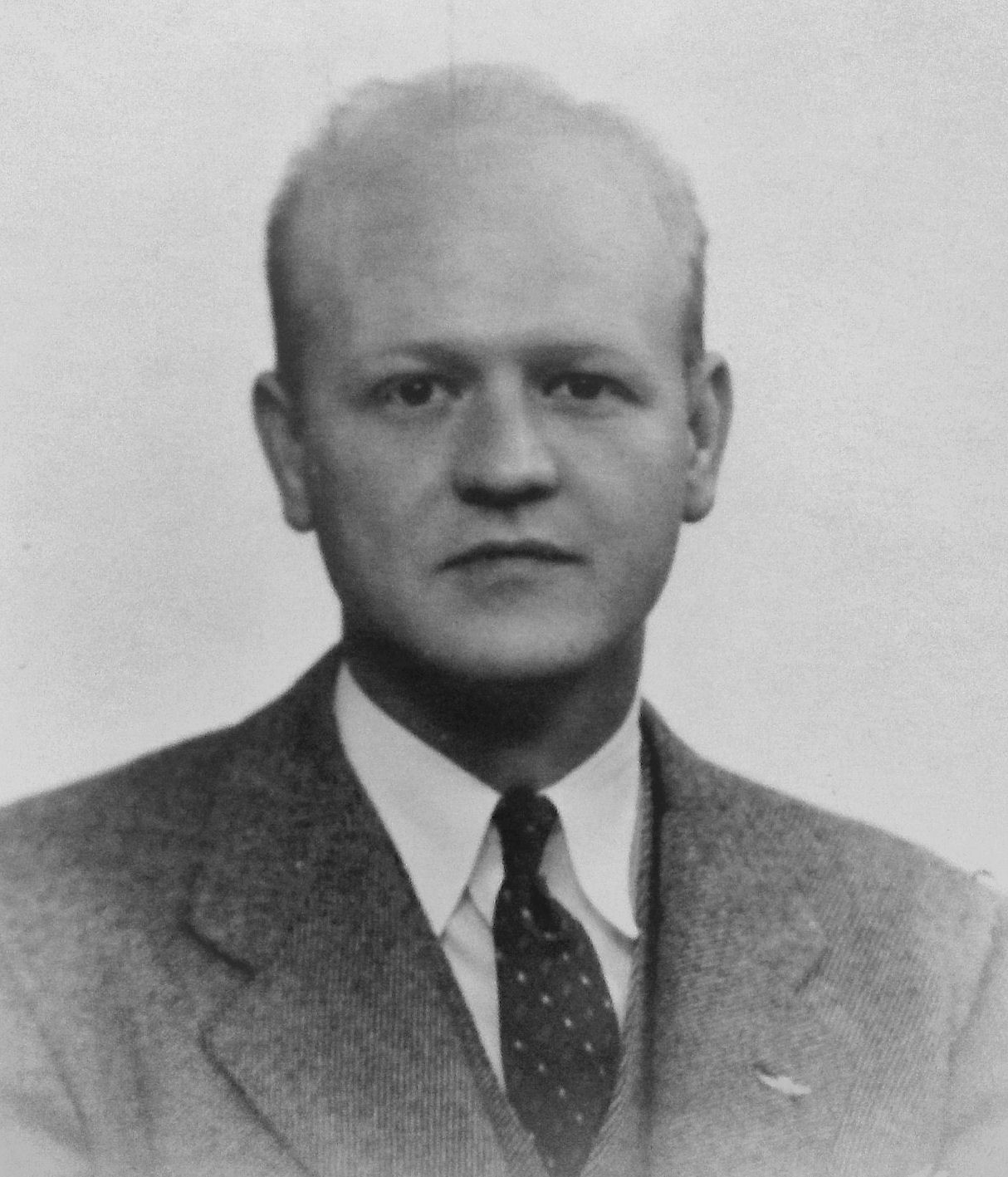 ATA
ATA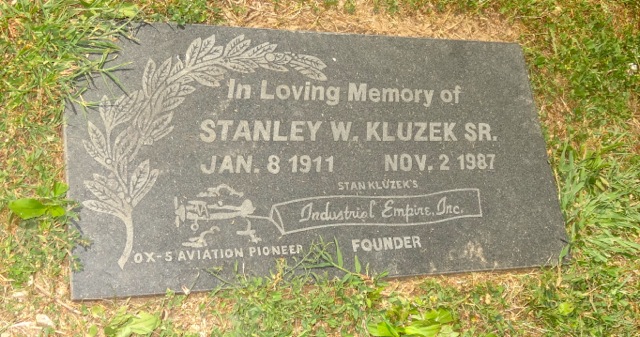 findagrave.com
findagrave.com 1932
1932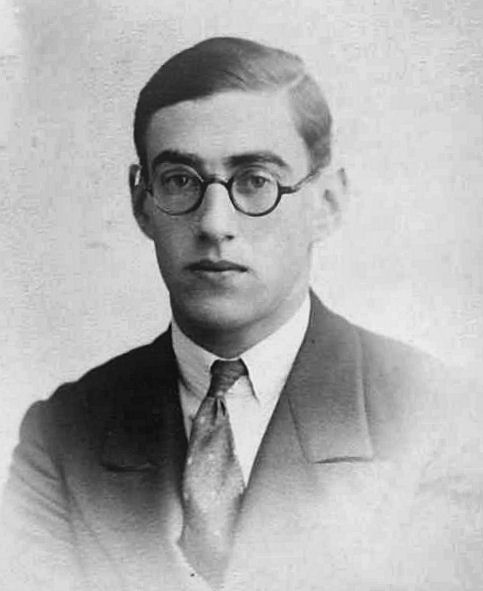 1928
1928 ATAM
ATAM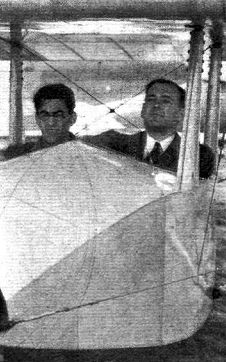 Flight
Flight 1930
1930 ATAM
ATAM 1927
1927 1938
1938 ATAM
ATAM 1934
1934 1934
1934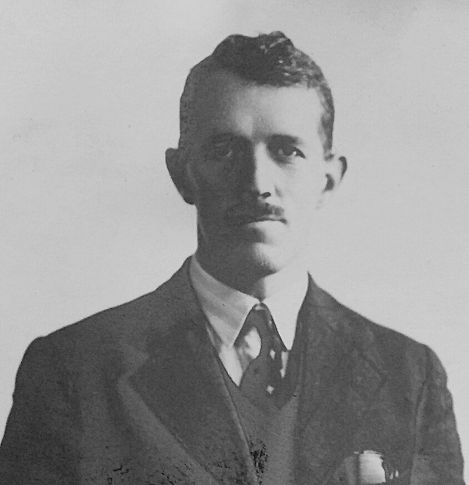
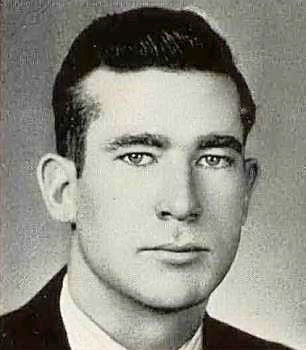 College photo
College photo
 with thanks to George Cogswell
with thanks to George Cogswell
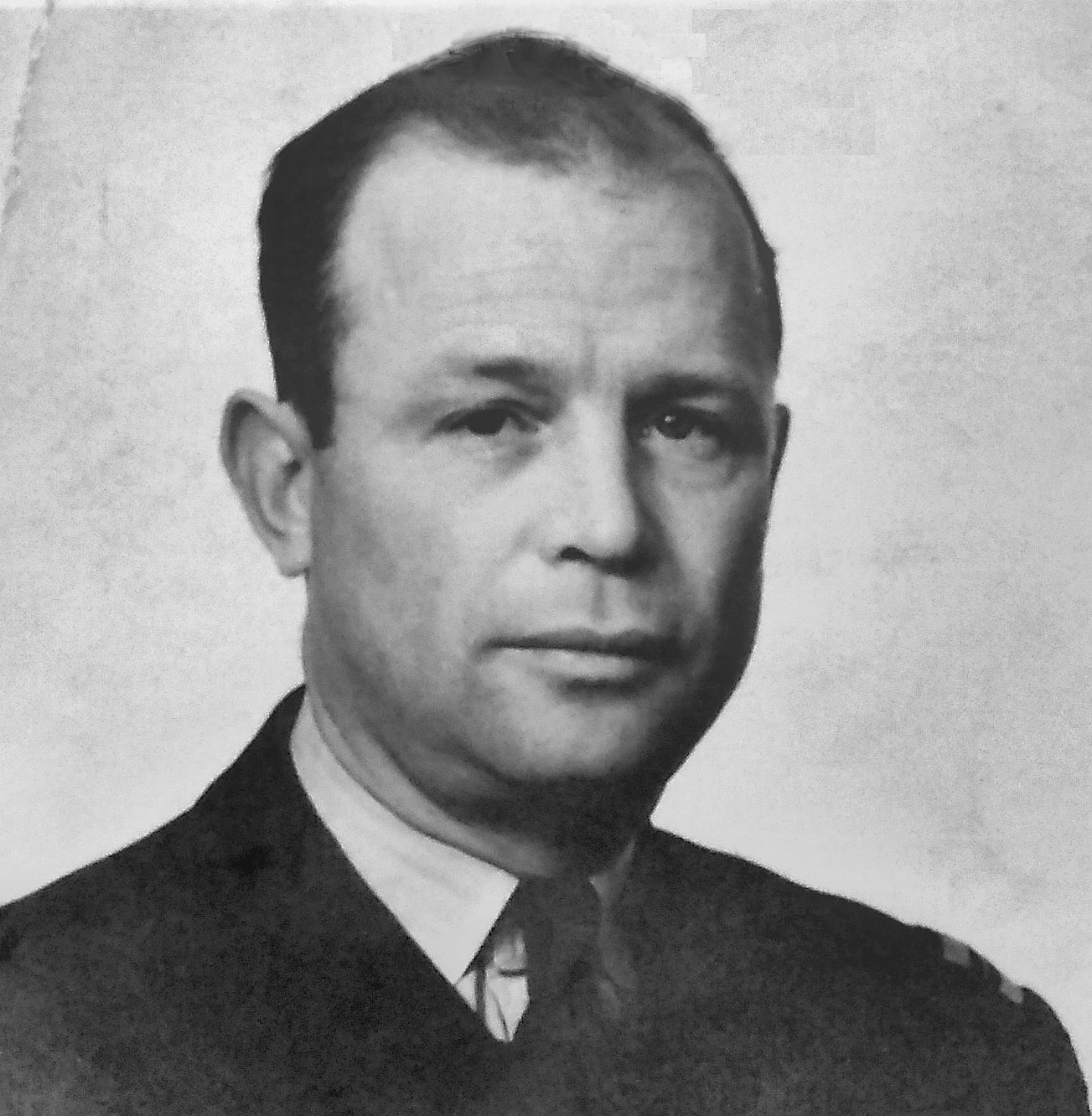 ATA
ATA FP
FP ATAM
ATAM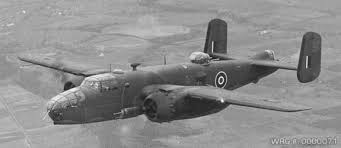

 findagrave.com
findagrave.com

 RAeC 1931
RAeC 1931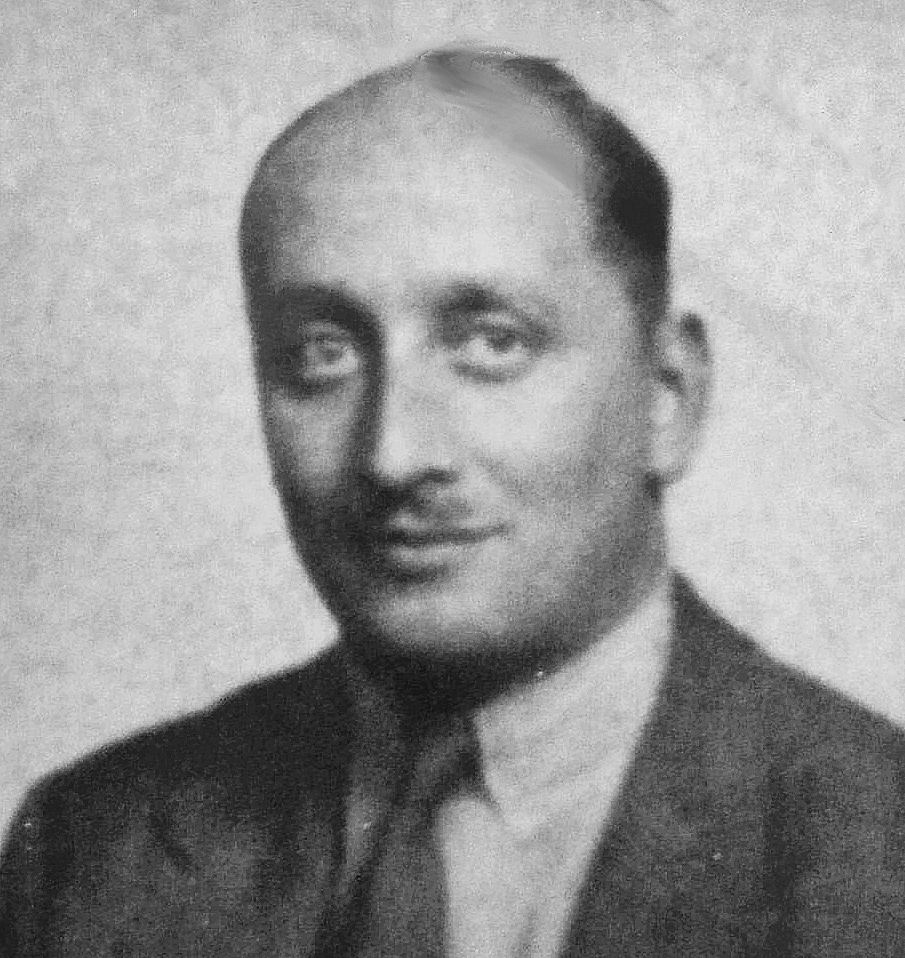

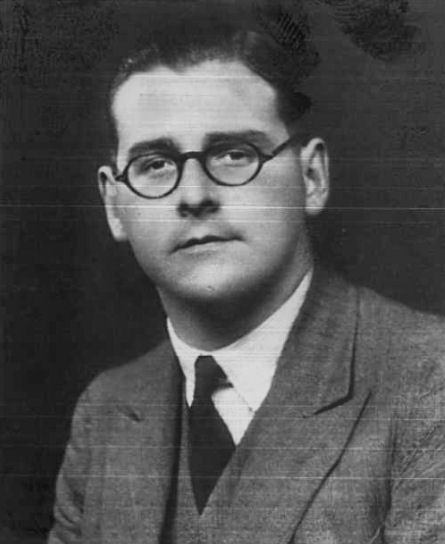 1936
1936 1932
1932 ATAM
ATAM 1938
1938 1962
1962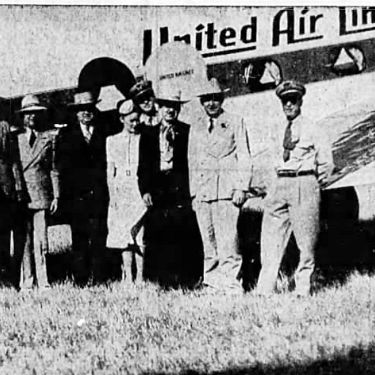
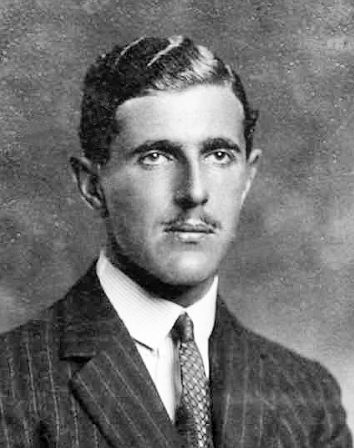 1929
1929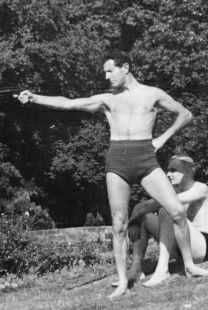
 ATAM
ATAM
 findagrave.com
findagrave.com in 1927, age 18
in 1927, age 18 1938 (Boston Globe)
1938 (Boston Globe)
 IWM
IWM
 1933
1933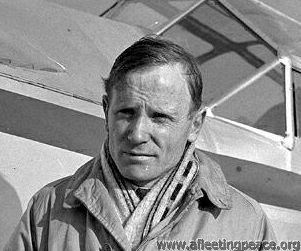 1934
1934
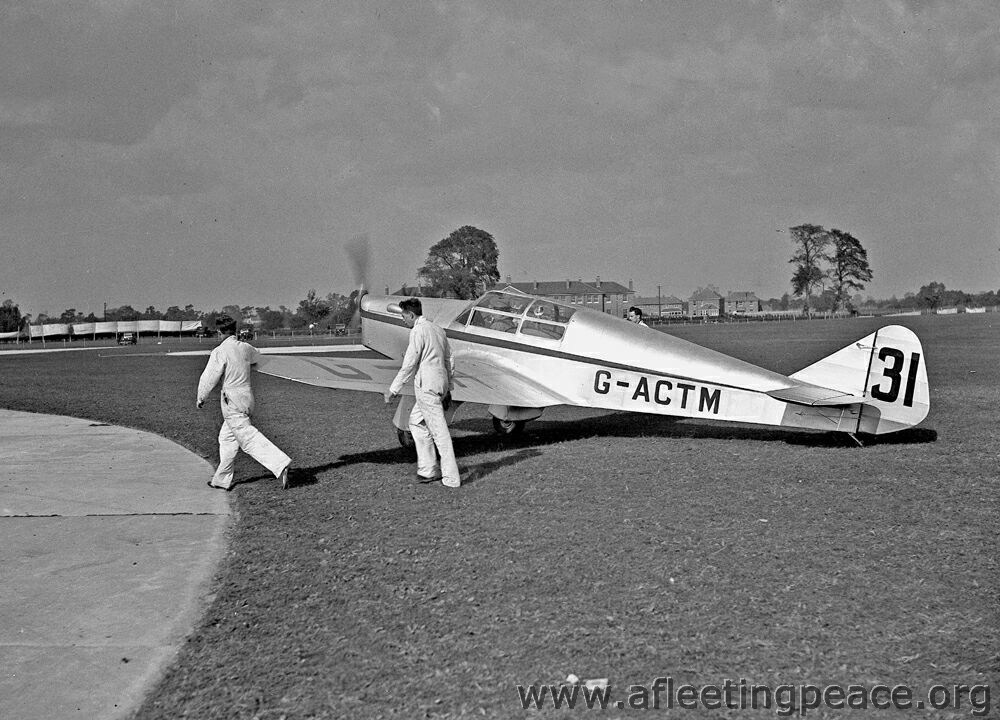


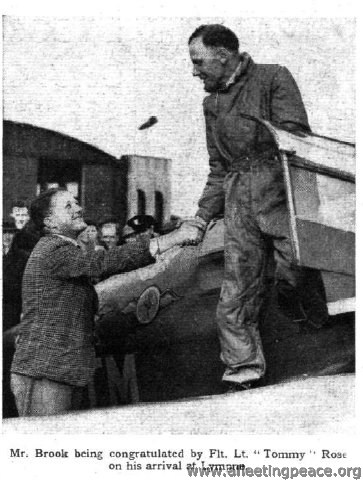
 Yorkshire Post
Yorkshire Post

 ATA
ATA
.jpg) 1928
1928 c.1935
c.1935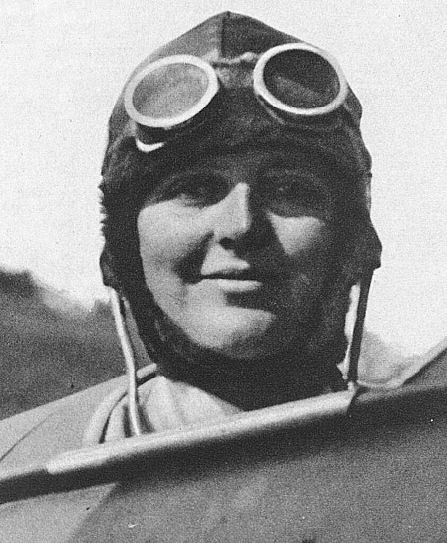 The Sketch - October 1929
The Sketch - October 1929.jpg) In Holland, with Lyndsey Everard et al
In Holland, with Lyndsey Everard et al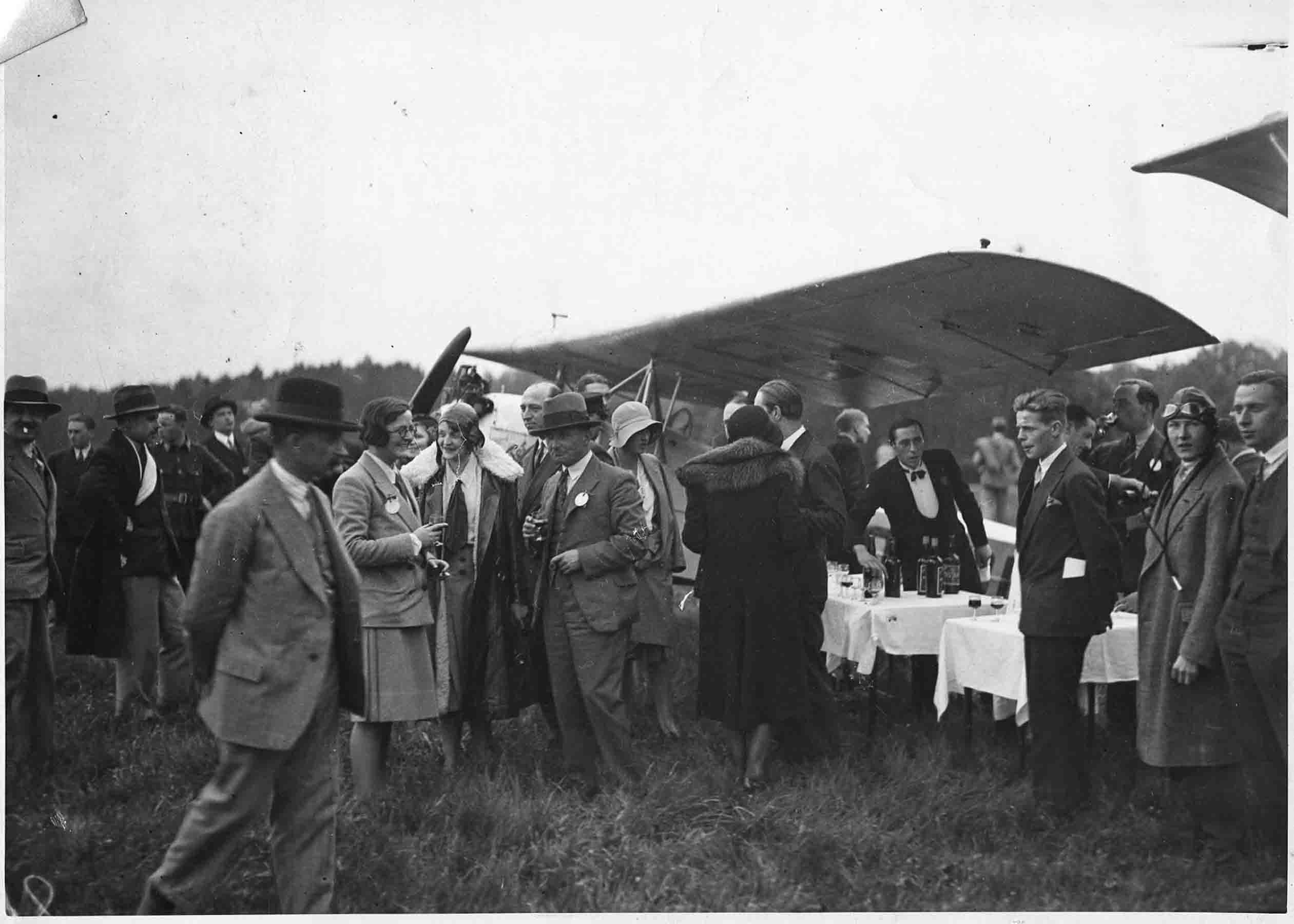 Rallye Aerien, Chateau d'Ardenne 17-19 May 1930 with Adelaide Cleaver
Rallye Aerien, Chateau d'Ardenne 17-19 May 1930 with Adelaide Cleaver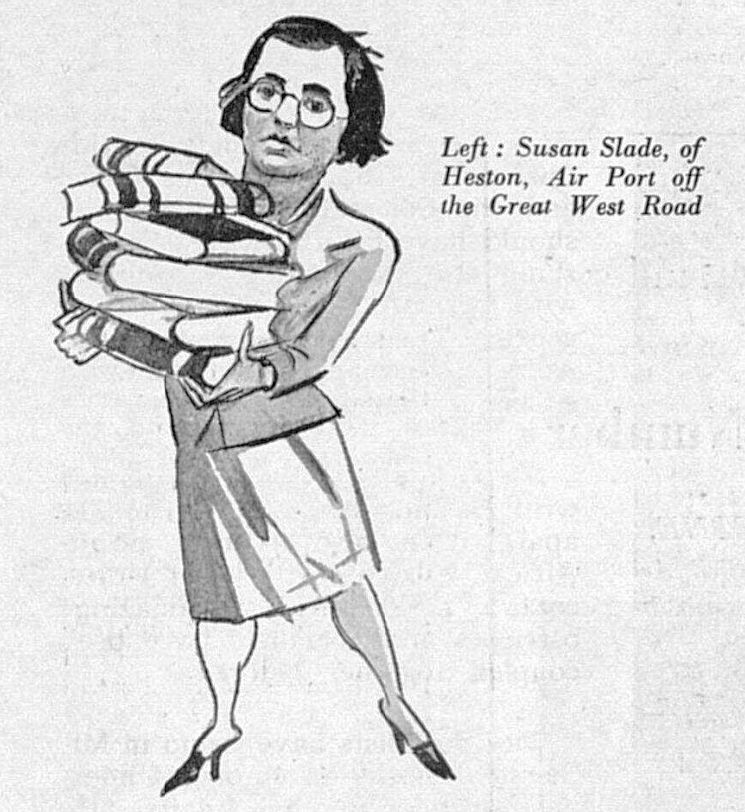
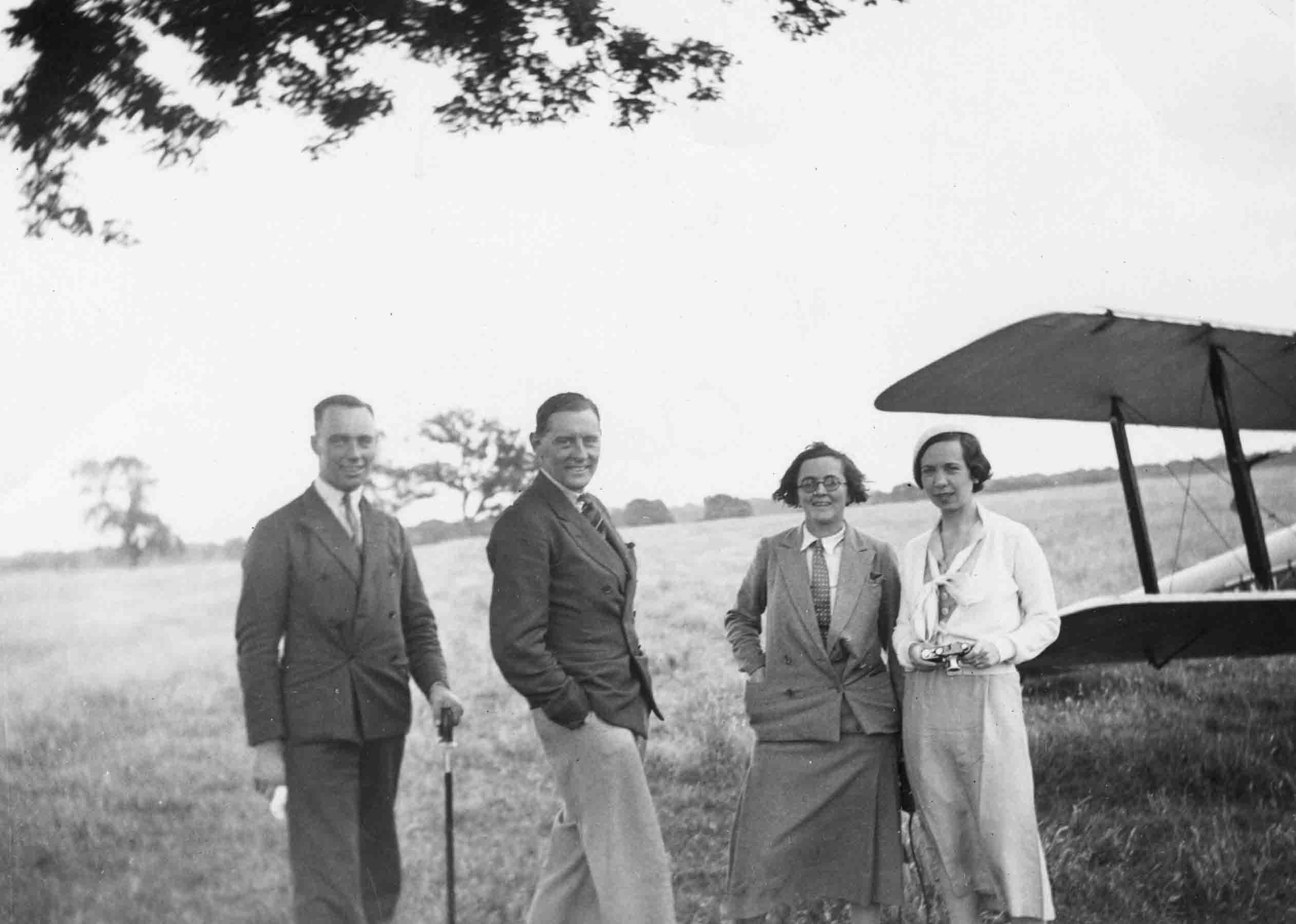
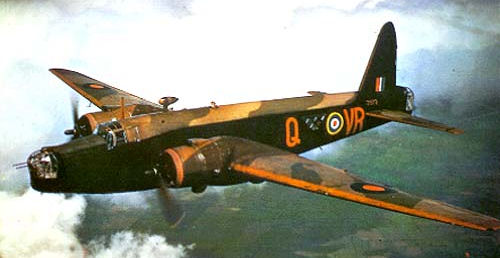
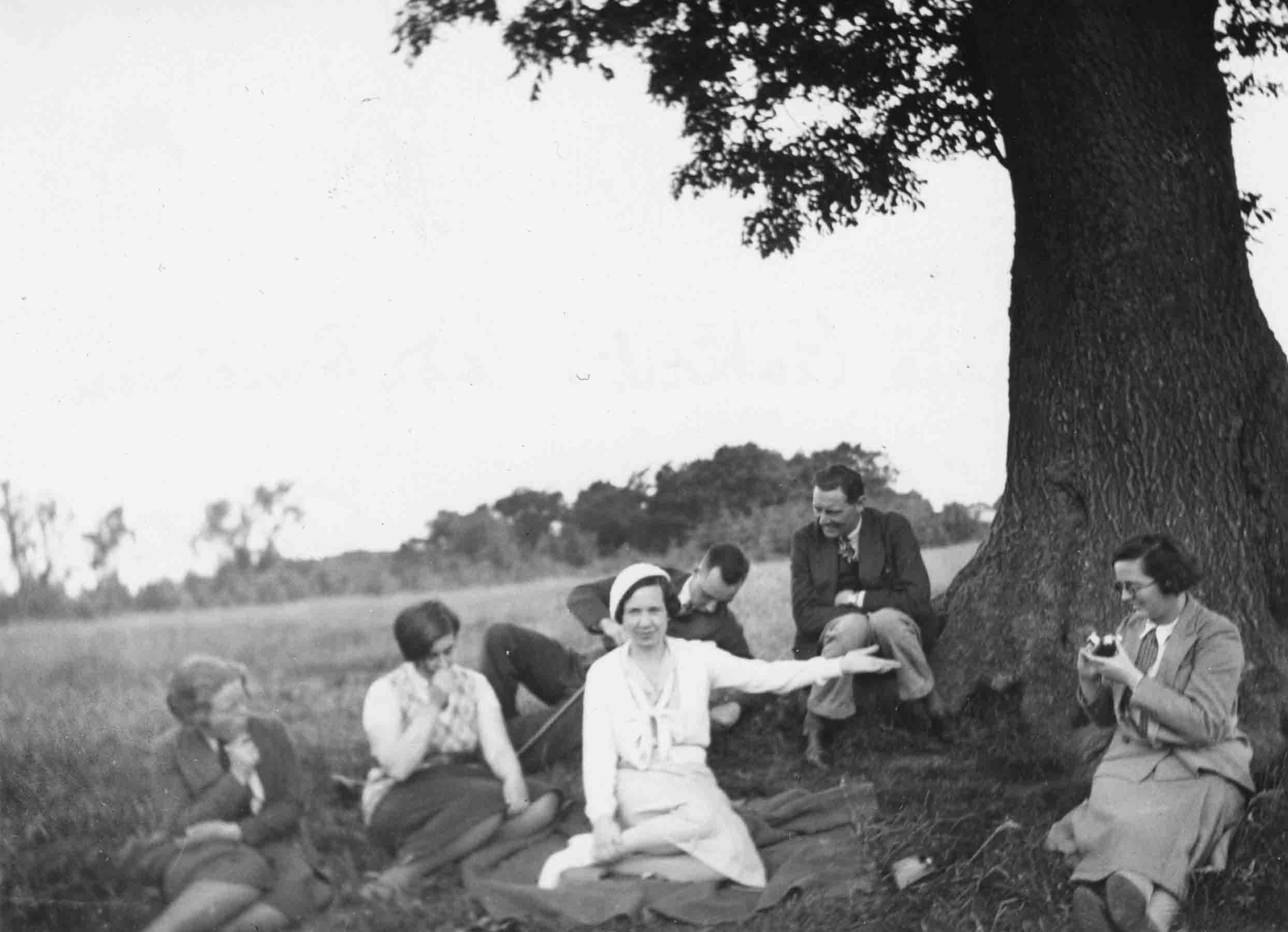

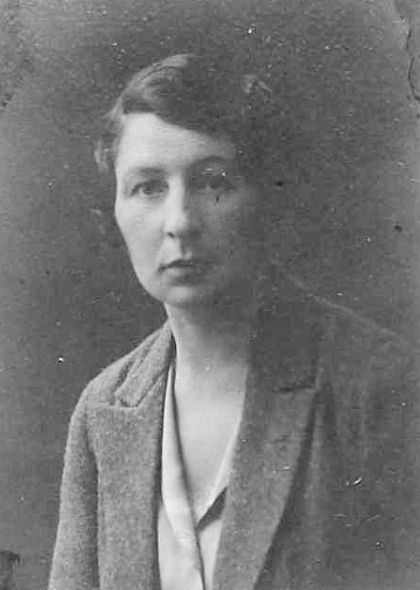 RAeC 1930
RAeC 1930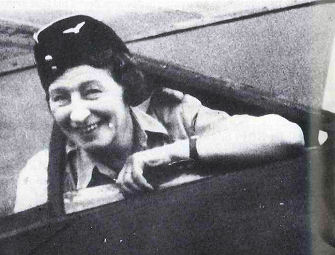
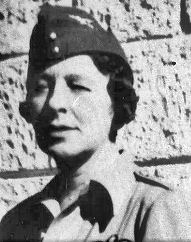 c1942, via Peter Elliott
c1942, via Peter Elliott 1937
1937 ATAM
ATAM

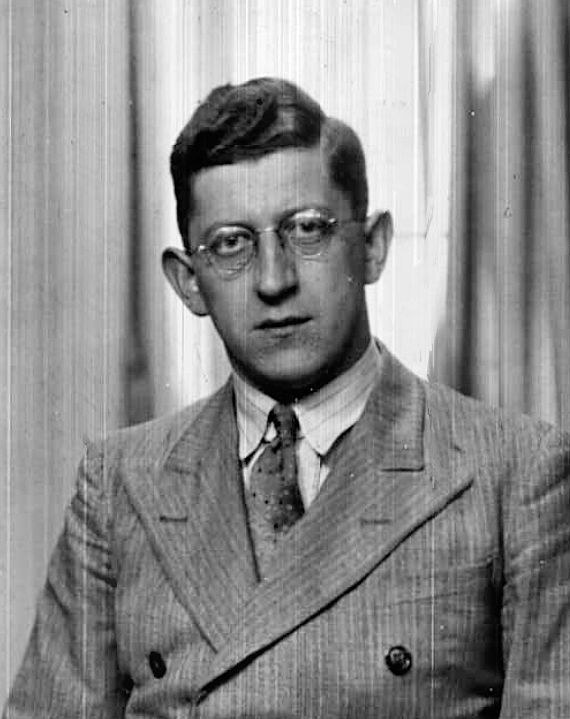 1939
1939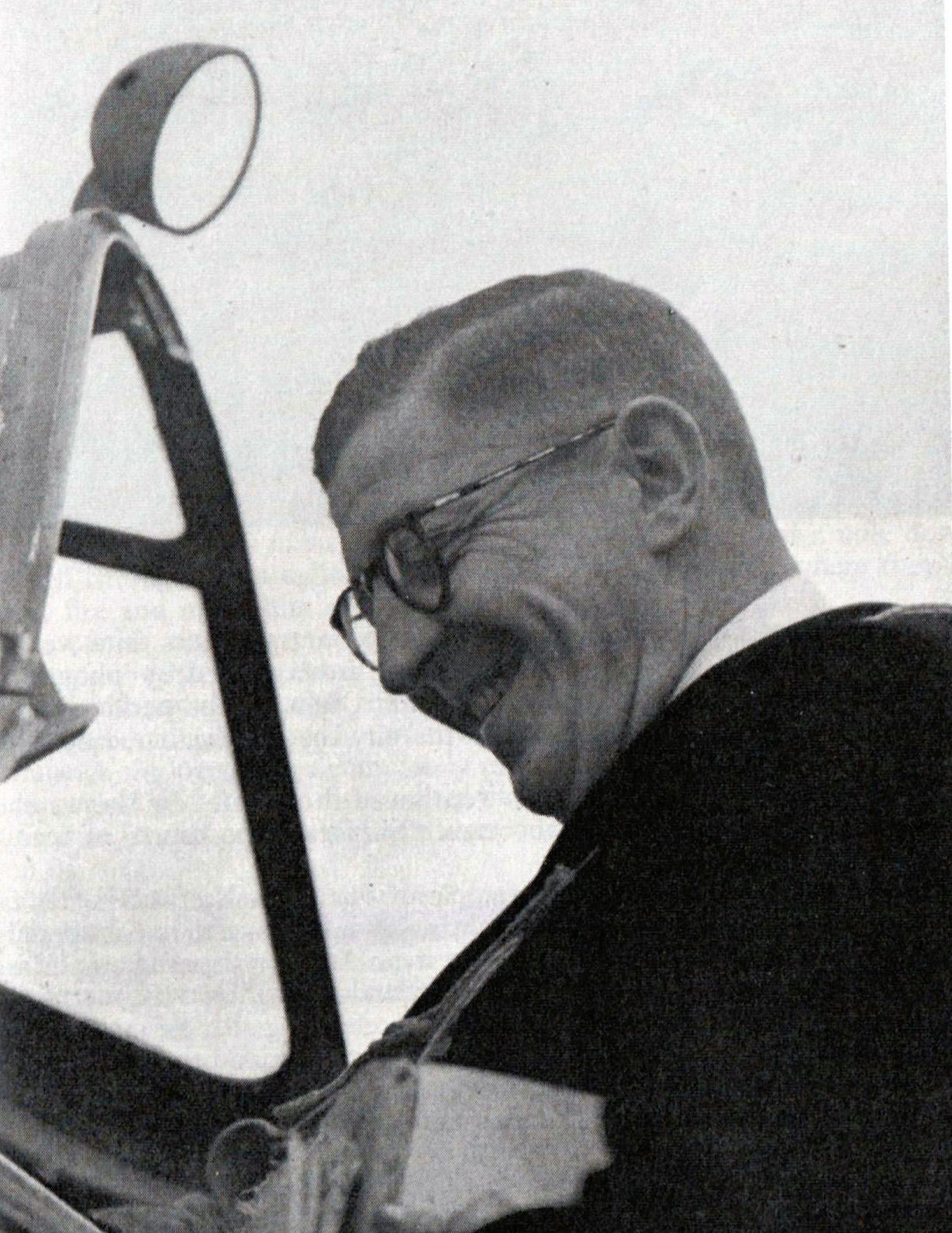 BG
BG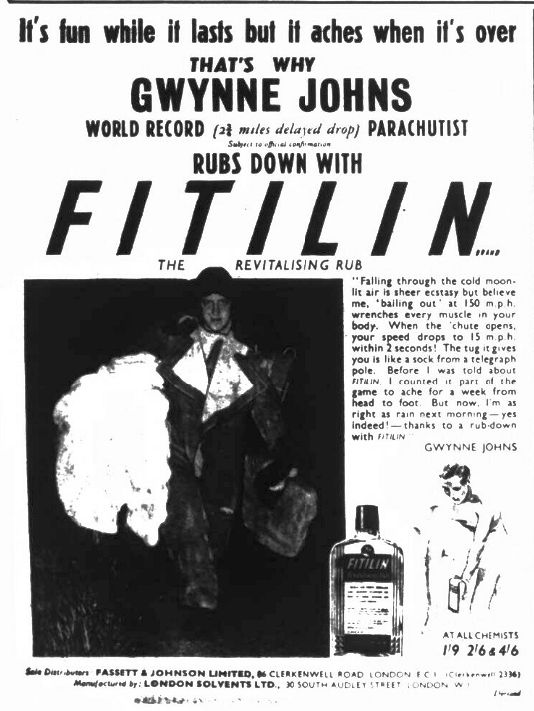
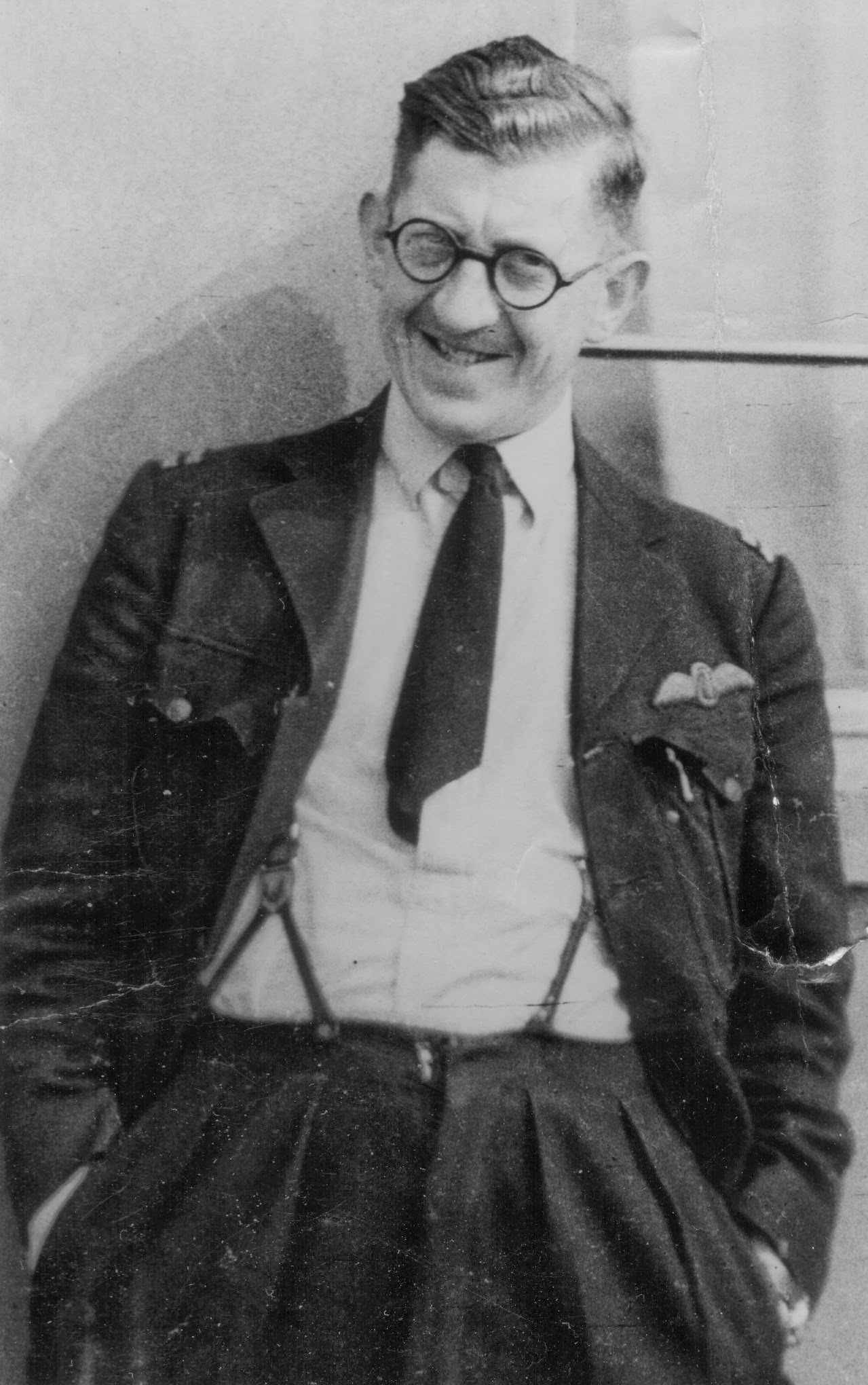 "Right oh, fair comment"
"Right oh, fair comment"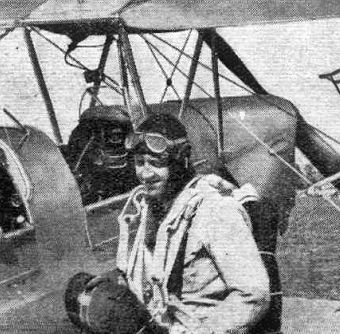
 1933
1933 1942 (
1942 (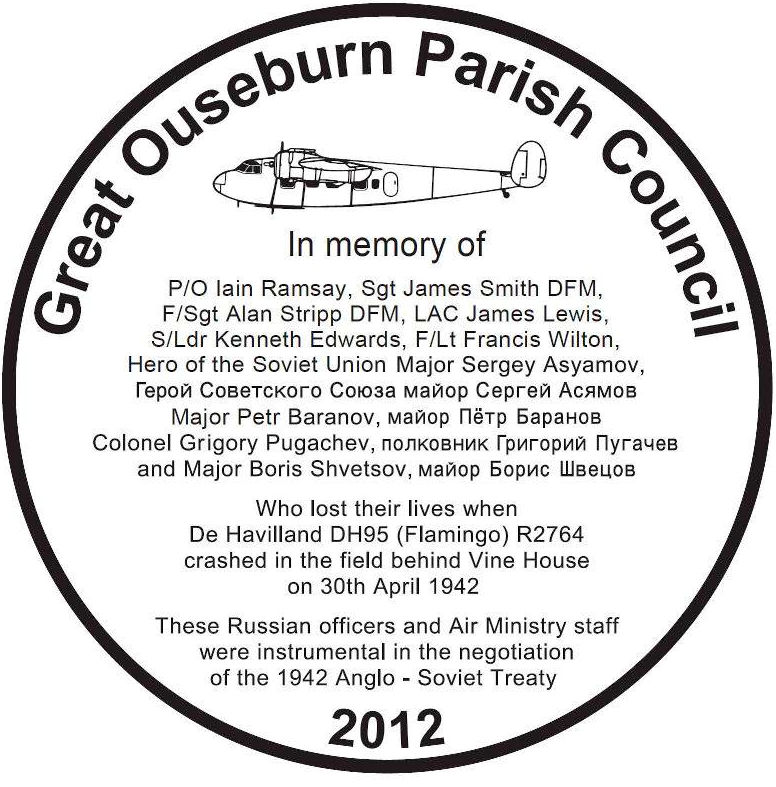 Memorial Plaque in Great Ouseburn
Memorial Plaque in Great Ouseburn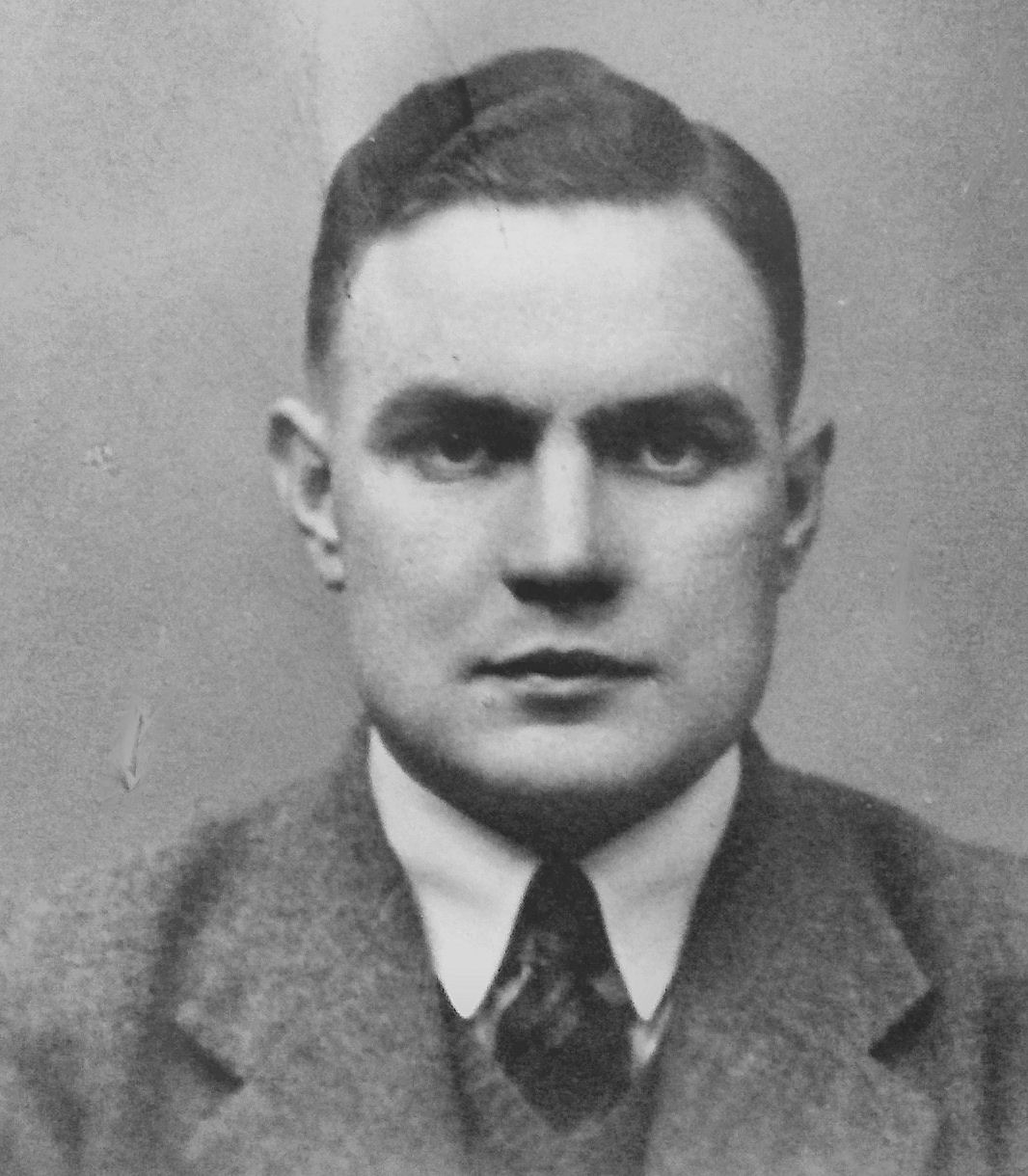 ATA
ATA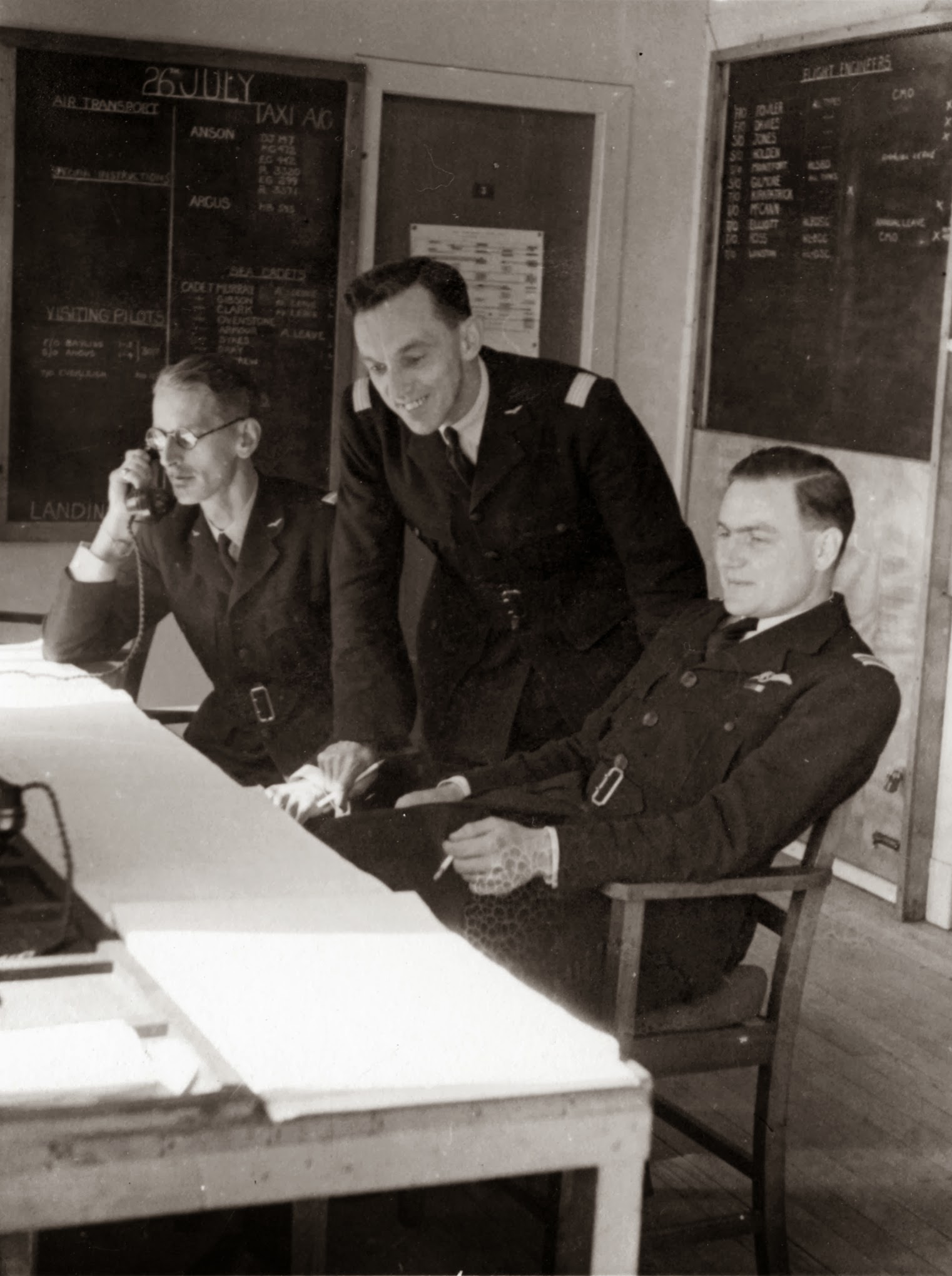
 1937
1937 13 Dec 1949
13 Dec 1949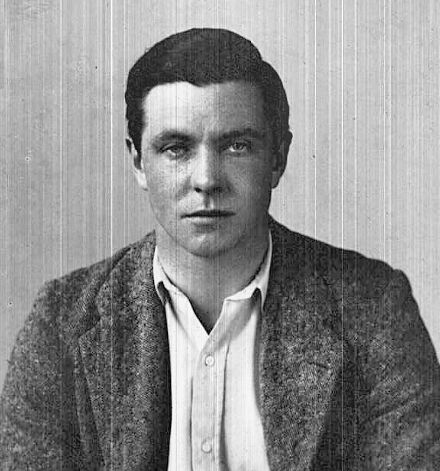 1939
1939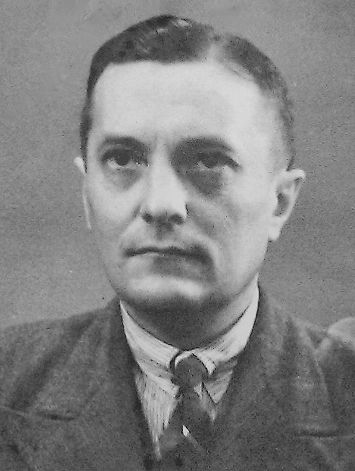


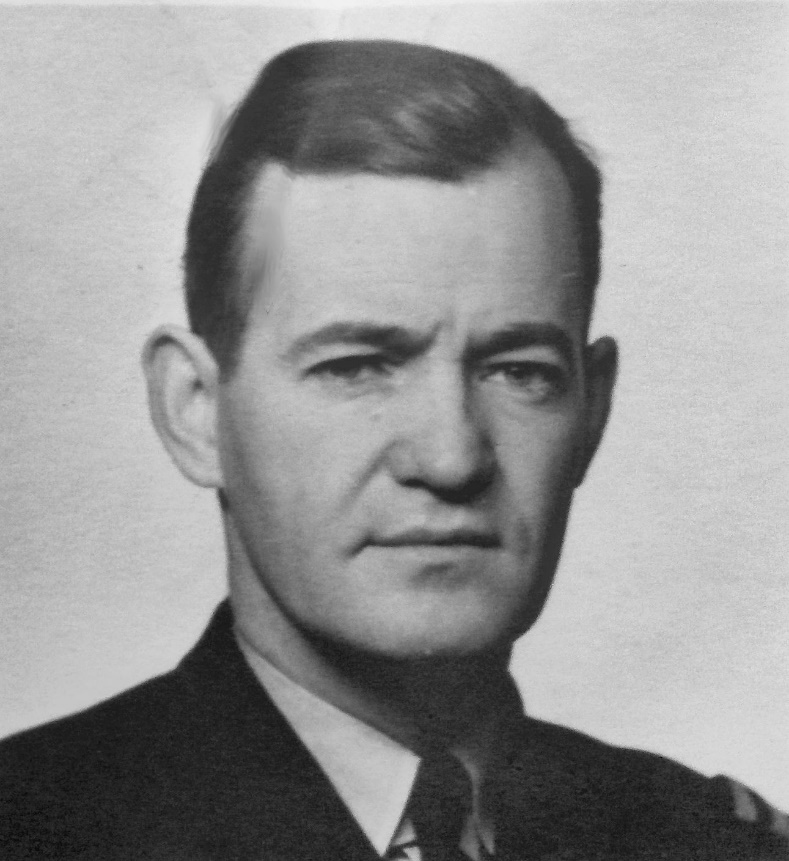 ATA
ATA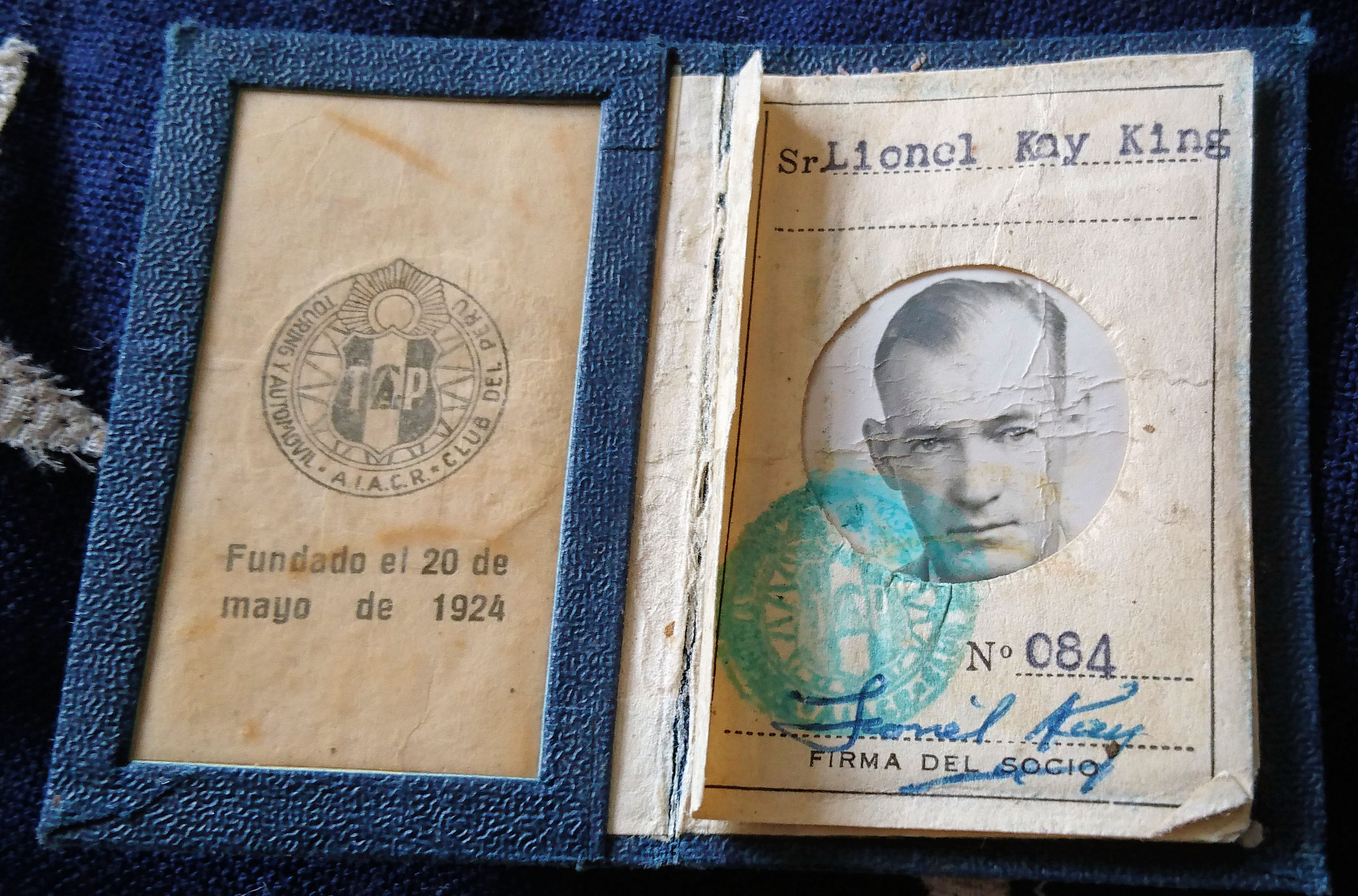 with thanks to Nick Dunning
with thanks to Nick Dunning RAeC 1939
RAeC 1939
 The 4 Flying boats - Iris, Singapore, Southampton, Valkyrie - Flight
The 4 Flying boats - Iris, Singapore, Southampton, Valkyrie - Flight 1939
1939 RAeC 1945
RAeC 1945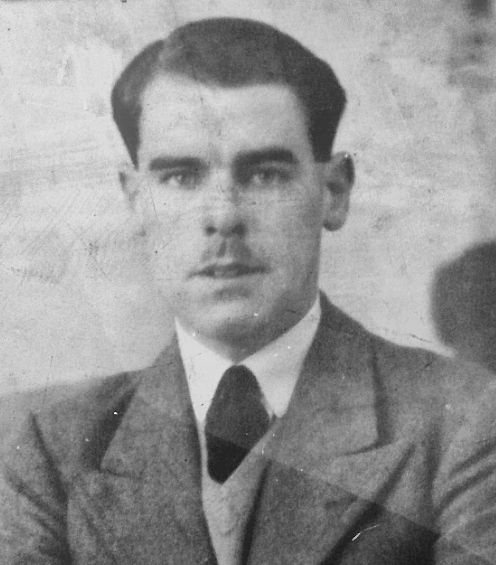
 ATAM
ATAM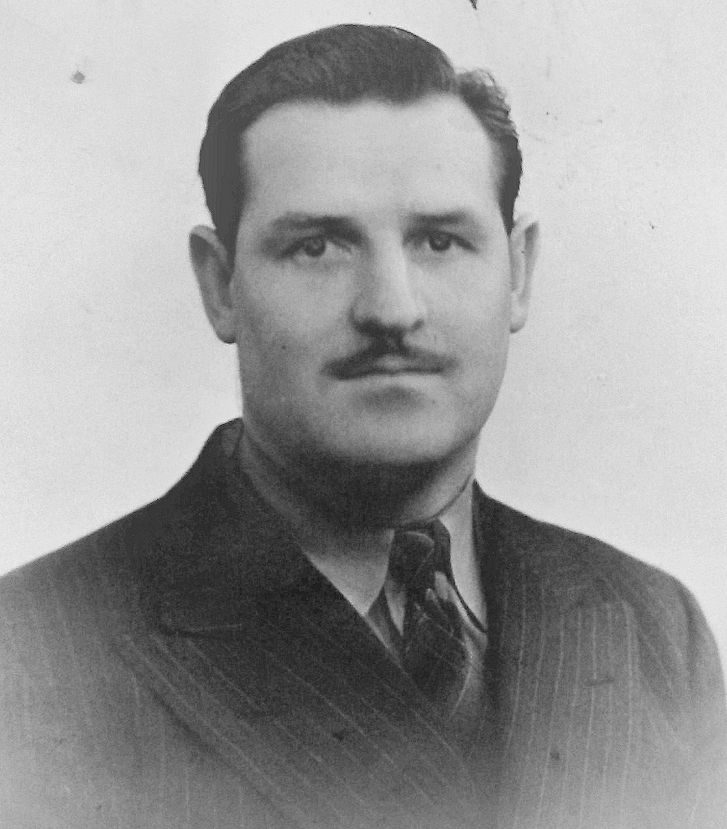
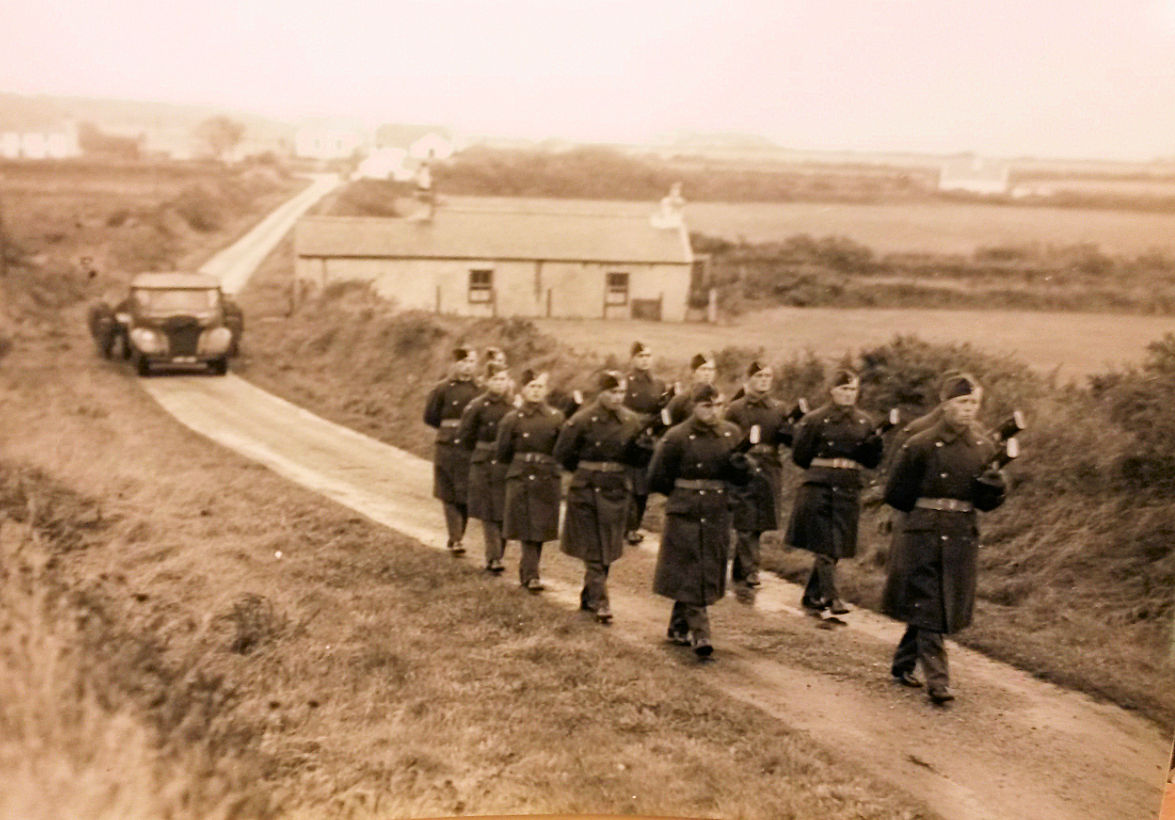
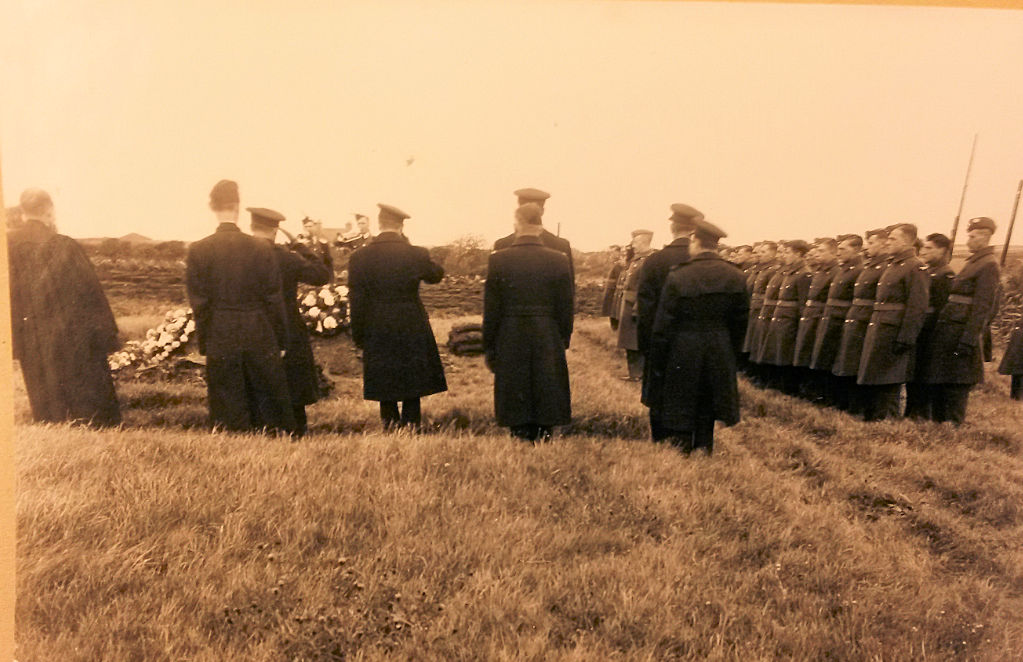
 RAeC 1935
RAeC 1935
 The Tatler, 15 Jan 1930
The Tatler, 15 Jan 1930
 1932
1932![Air Bathing Party Skegness PQ Reiss, L Everard etc [0312-0136]](https://www.afleetingpeace.org/images/gallery/bread%20and%20circuses/preview/333s333/Air%20Bathing%20Party%20Skegness%20PQ%20Reiss%2C%20L%20Everard%20etc%20%5B0312-0136%5D.jpg) (r), with an "Air Bathing Party" to Skegness, 1932. © The Royal Aero Club [0312-0136]
(r), with an "Air Bathing Party" to Skegness, 1932. © The Royal Aero Club [0312-0136] 1937
1937 1934
1934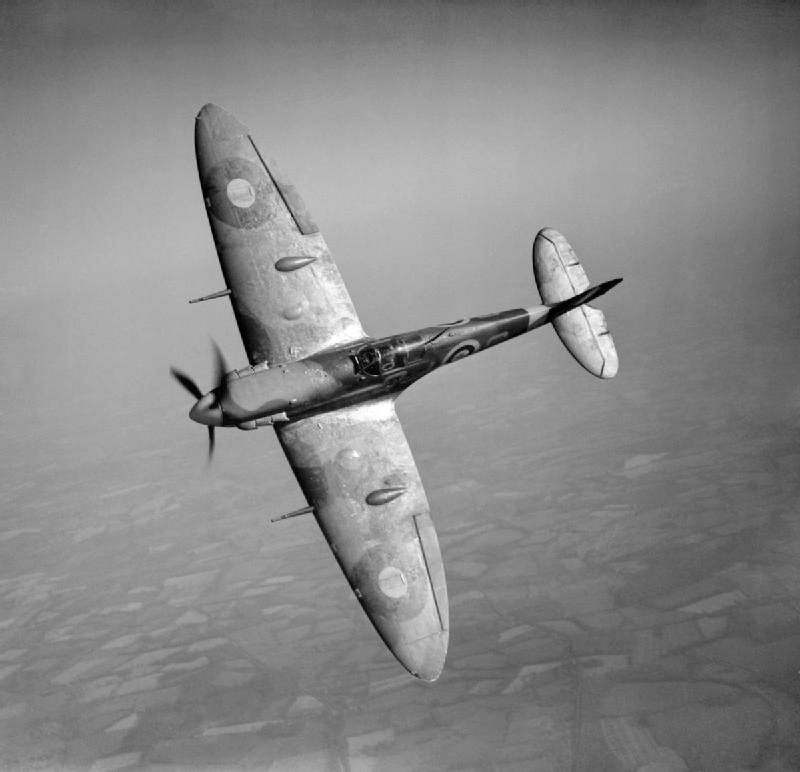
 findagrave.com
findagrave.com
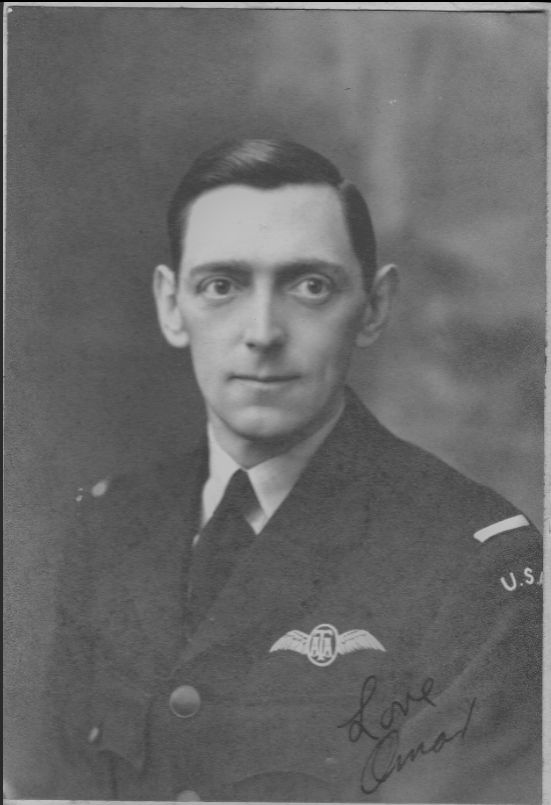
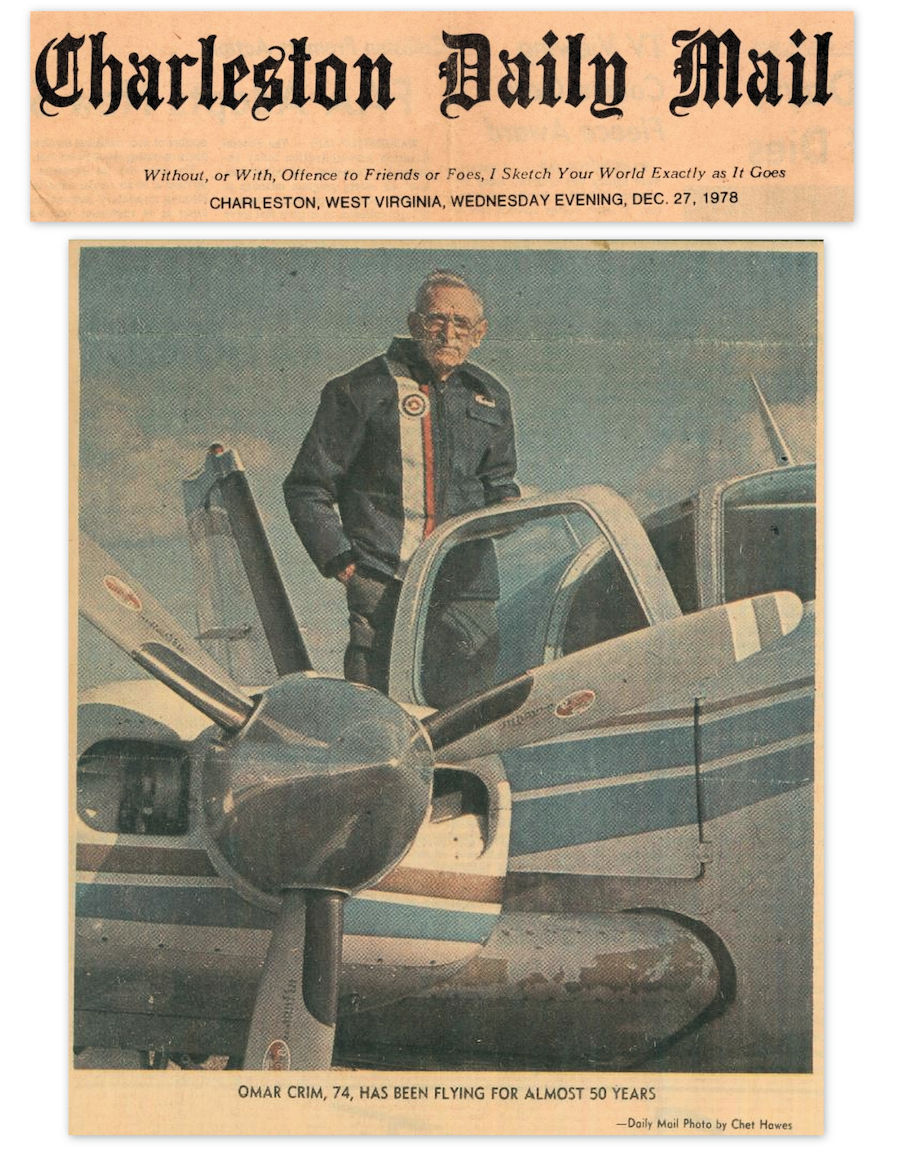
 RAeC 1934
RAeC 1934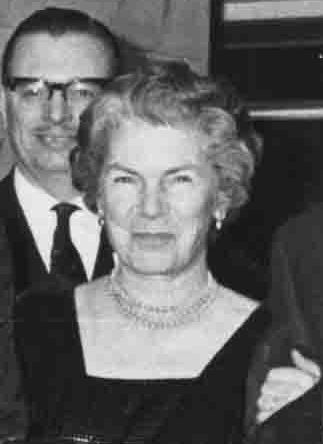 In 1959, at an RAeC 'do'
In 1959, at an RAeC 'do' 1942 caricature by
1942 caricature by  1947
1947 © RAeC [0517-0226]
© RAeC [0517-0226] 1935
1935 ATAM
ATAM 1932
1932

 ATA
ATA Draft Card, dated 16 Oct 1940
Draft Card, dated 16 Oct 1940 Carlsbad Current-Argus, 25 Nov 1957
Carlsbad Current-Argus, 25 Nov 1957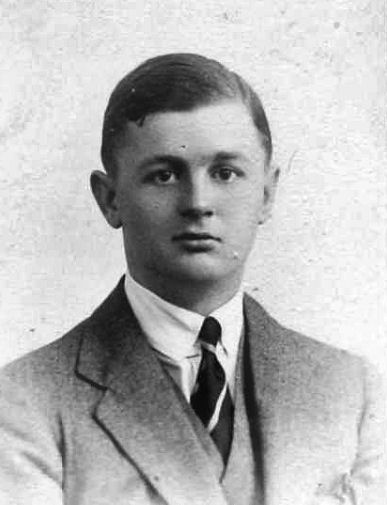 1929
1929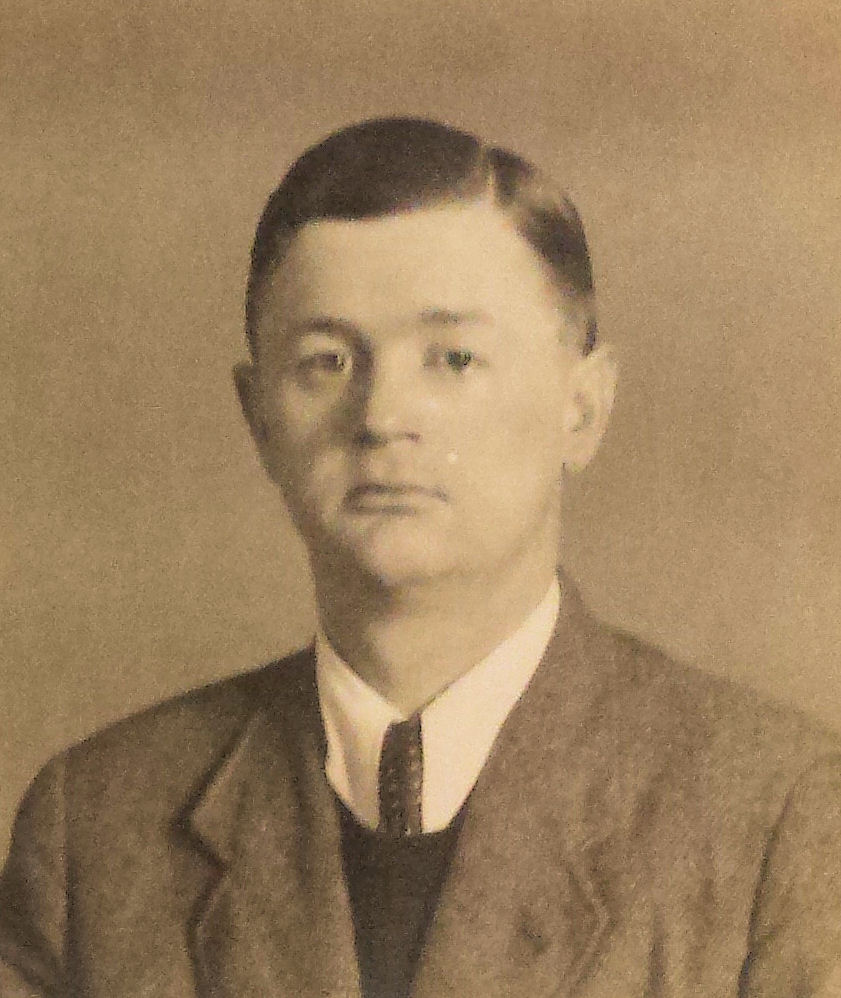
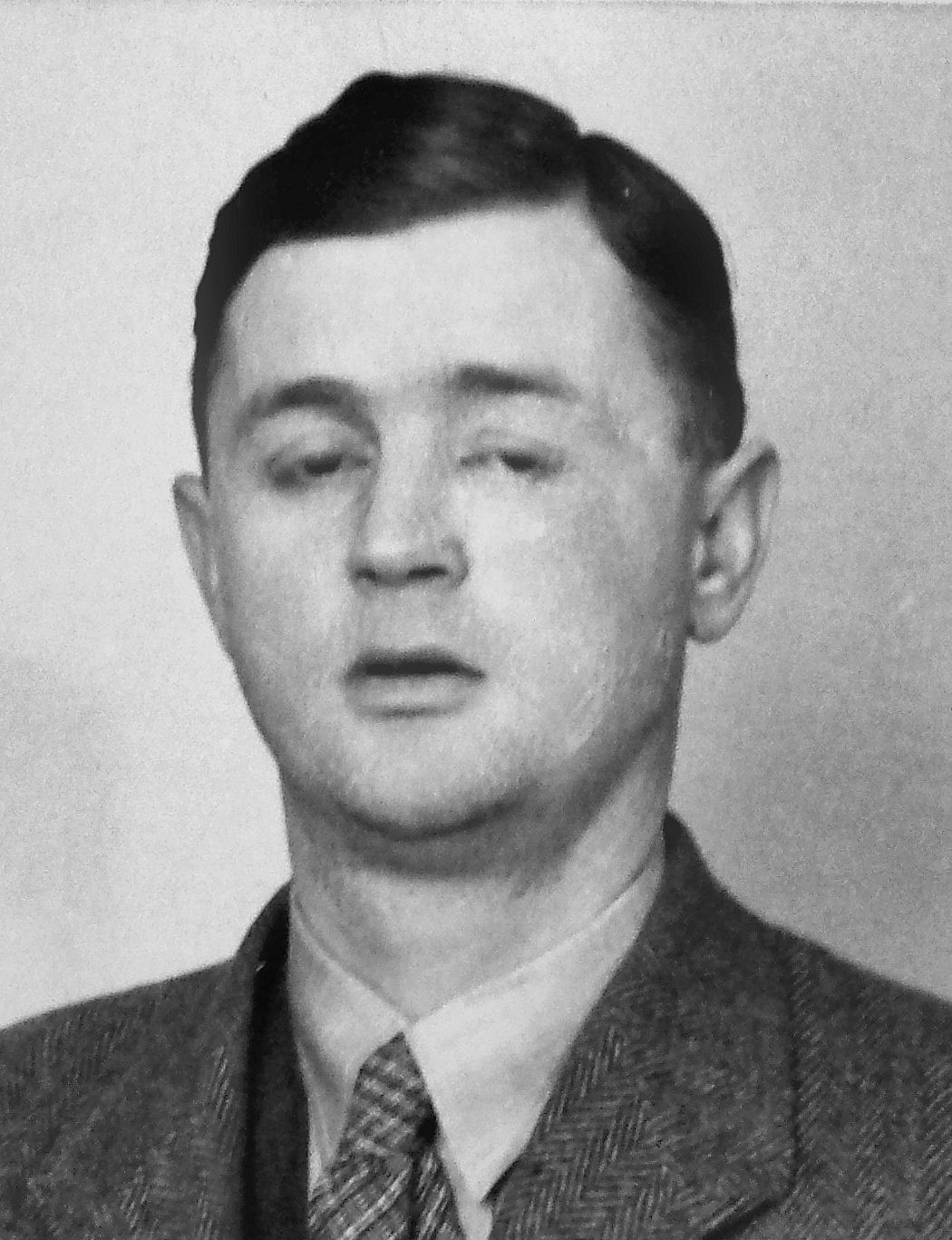 ATA
ATA "They shall mount with wings as eagles"
"They shall mount with wings as eagles"
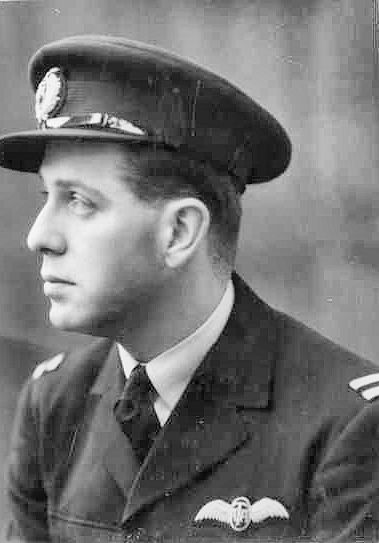 ATA
ATA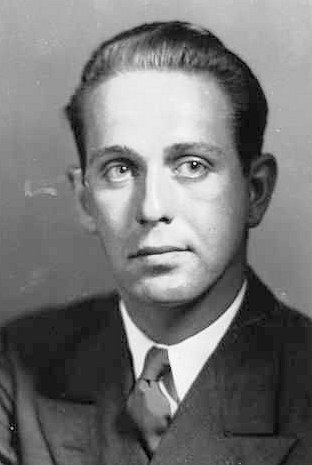 findagrave.com
findagrave.com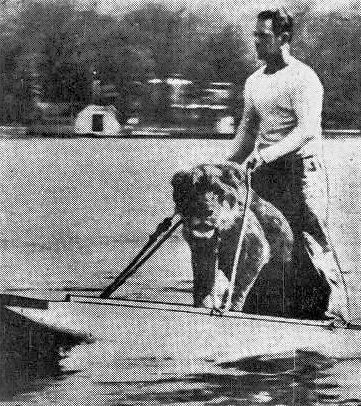 Paul and Jerry II
Paul and Jerry II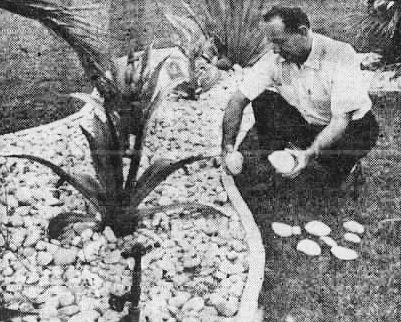
 ICCL
ICCL
 ATAM
ATAM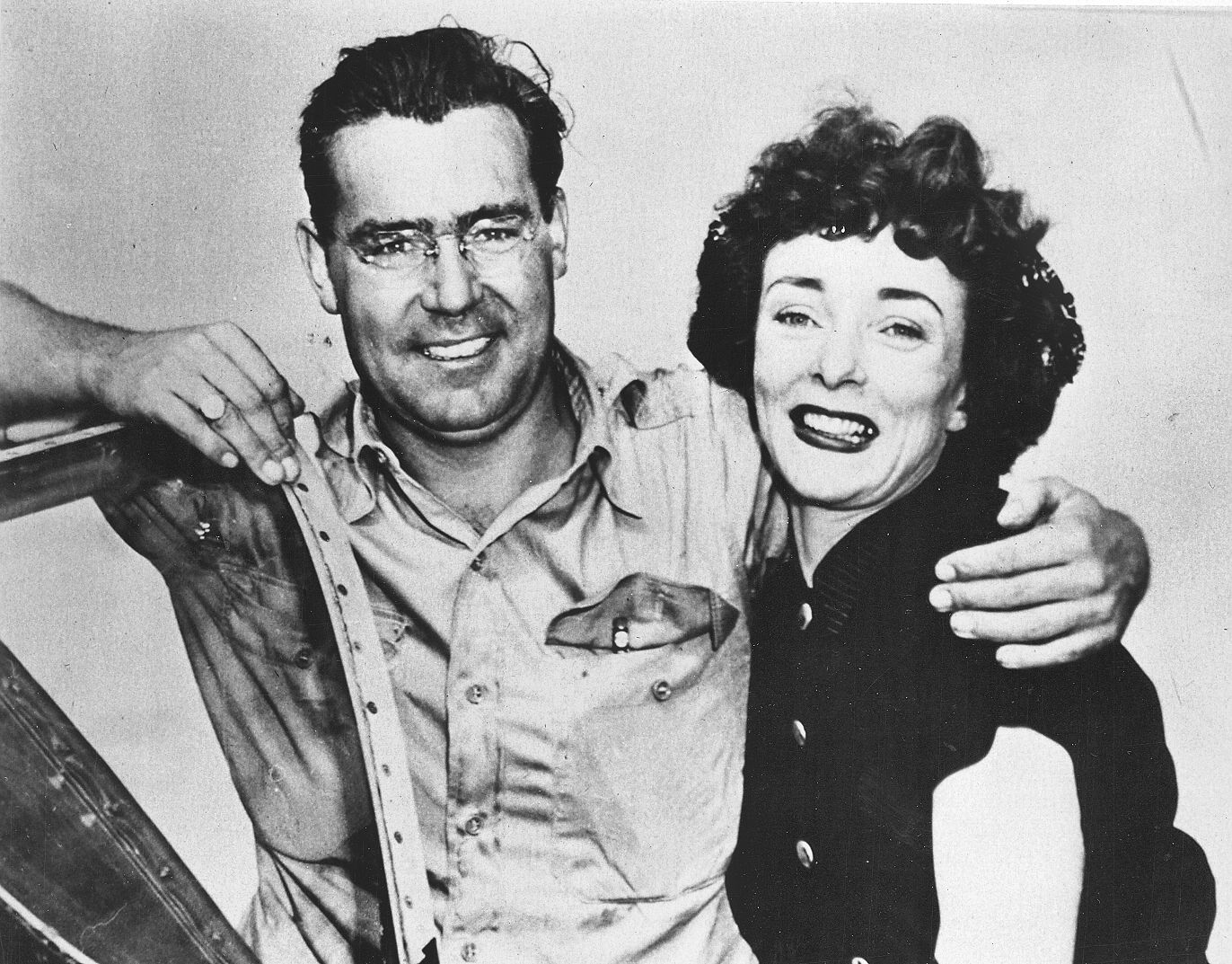 findagrave.com
findagrave.com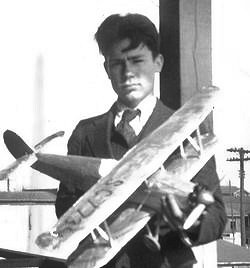
 1935
1935
 1939 -
1939 - 

 1931
1931 Draft Card, dated 16 Oct 1940
Draft Card, dated 16 Oct 1940 RAeC 1930
RAeC 1930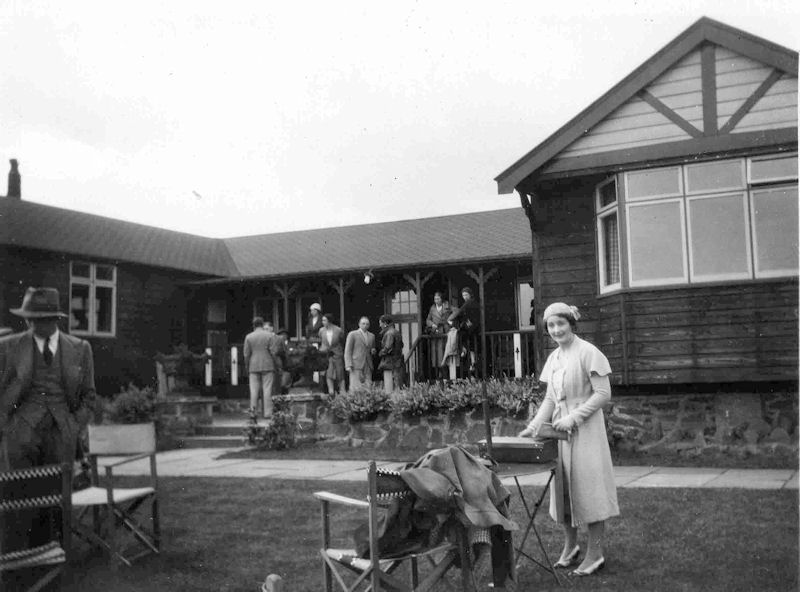
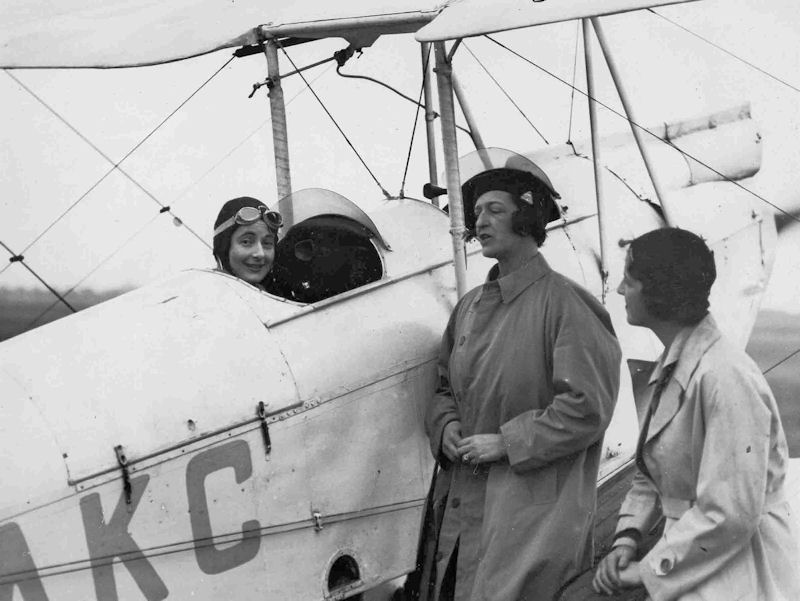
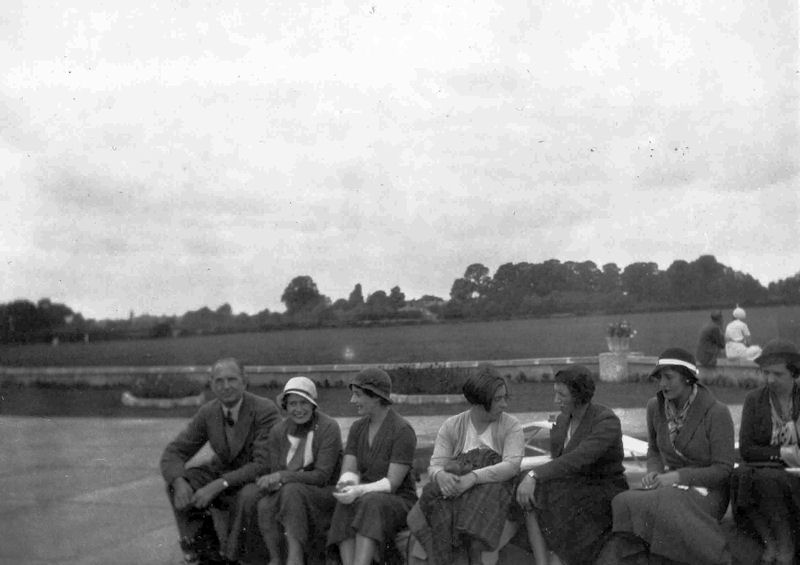
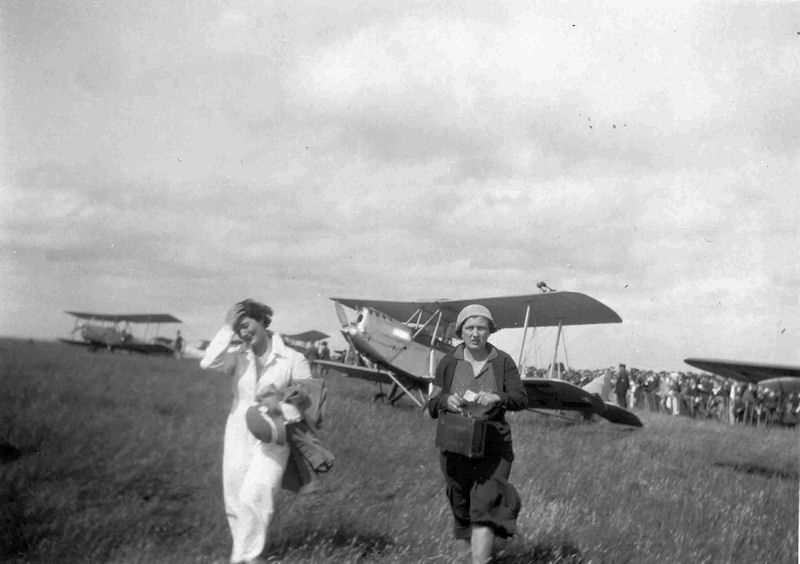
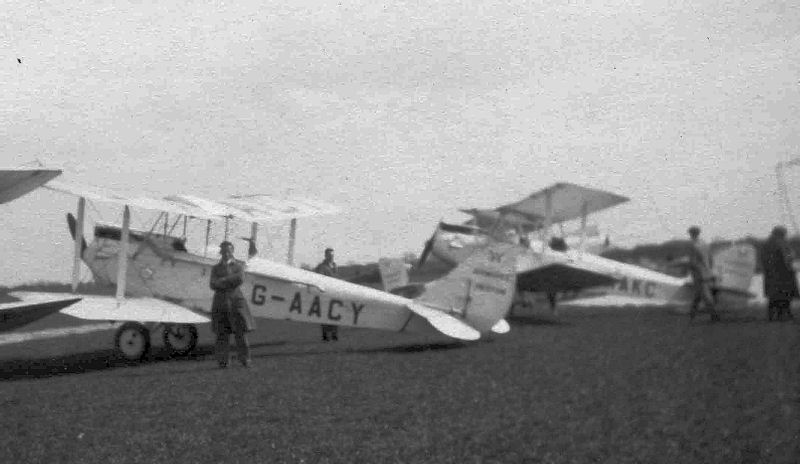
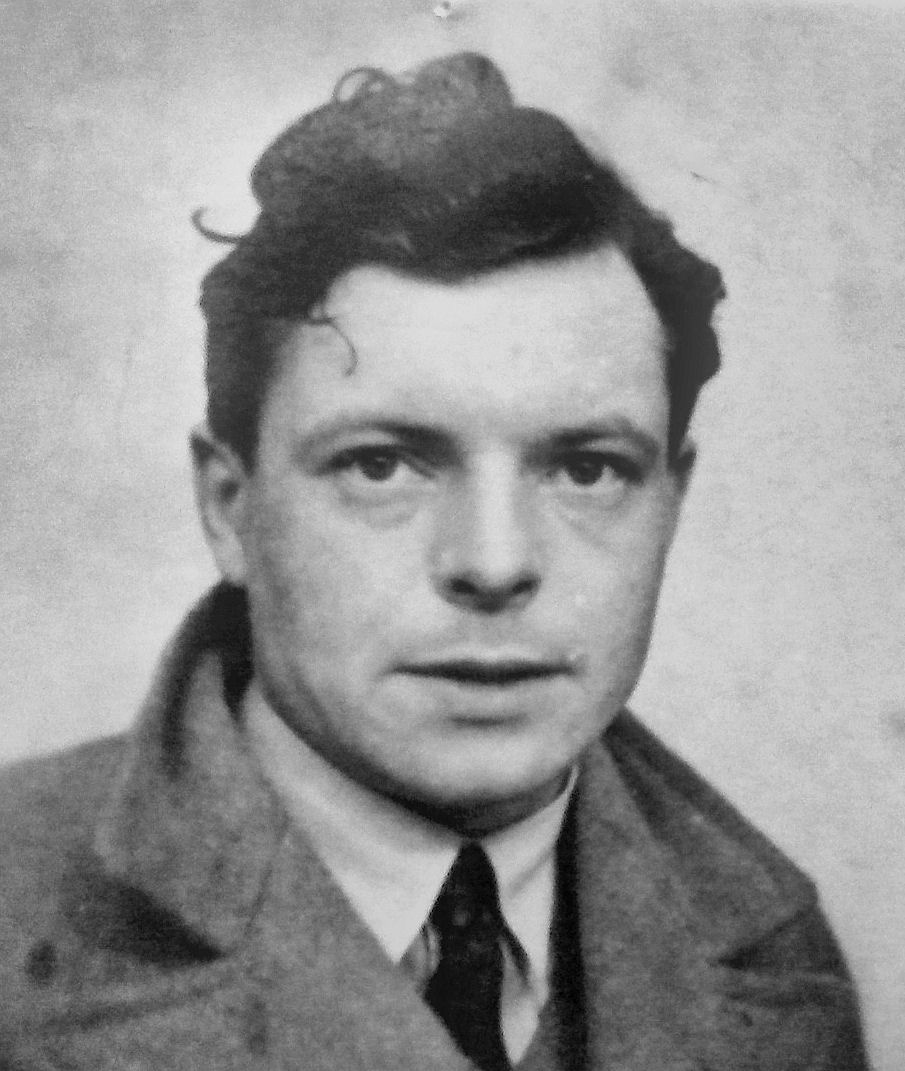 ATA
ATA The Norfolk Ledger Star, 1942
The Norfolk Ledger Star, 1942

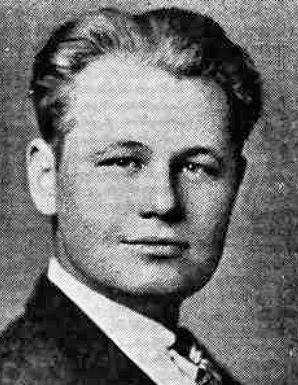 1933
1933
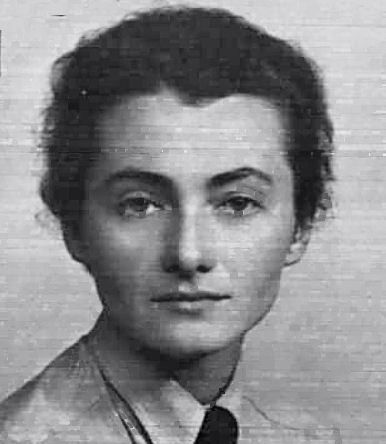 RAeC 1941
RAeC 1941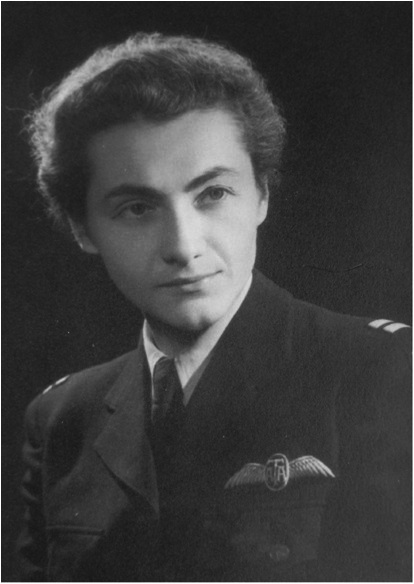 with thanks to Krzysztof Kubala
with thanks to Krzysztof Kubala RWD-8 Trainer
RWD-8 Trainer 1942 caricature by
1942 caricature by  US Citizenship 17 Sep 1963
US Citizenship 17 Sep 1963 13 Sep 1963
13 Sep 1963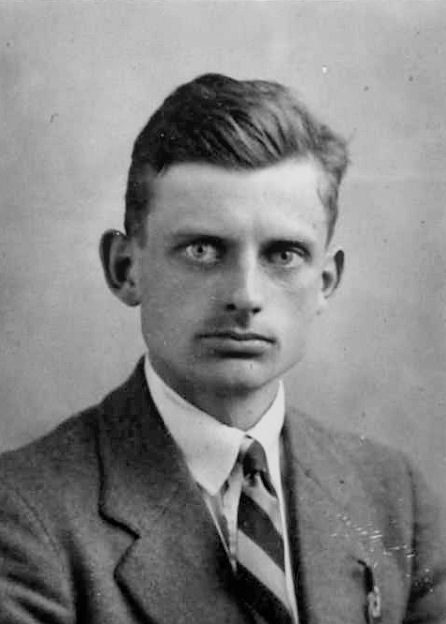 1928
1928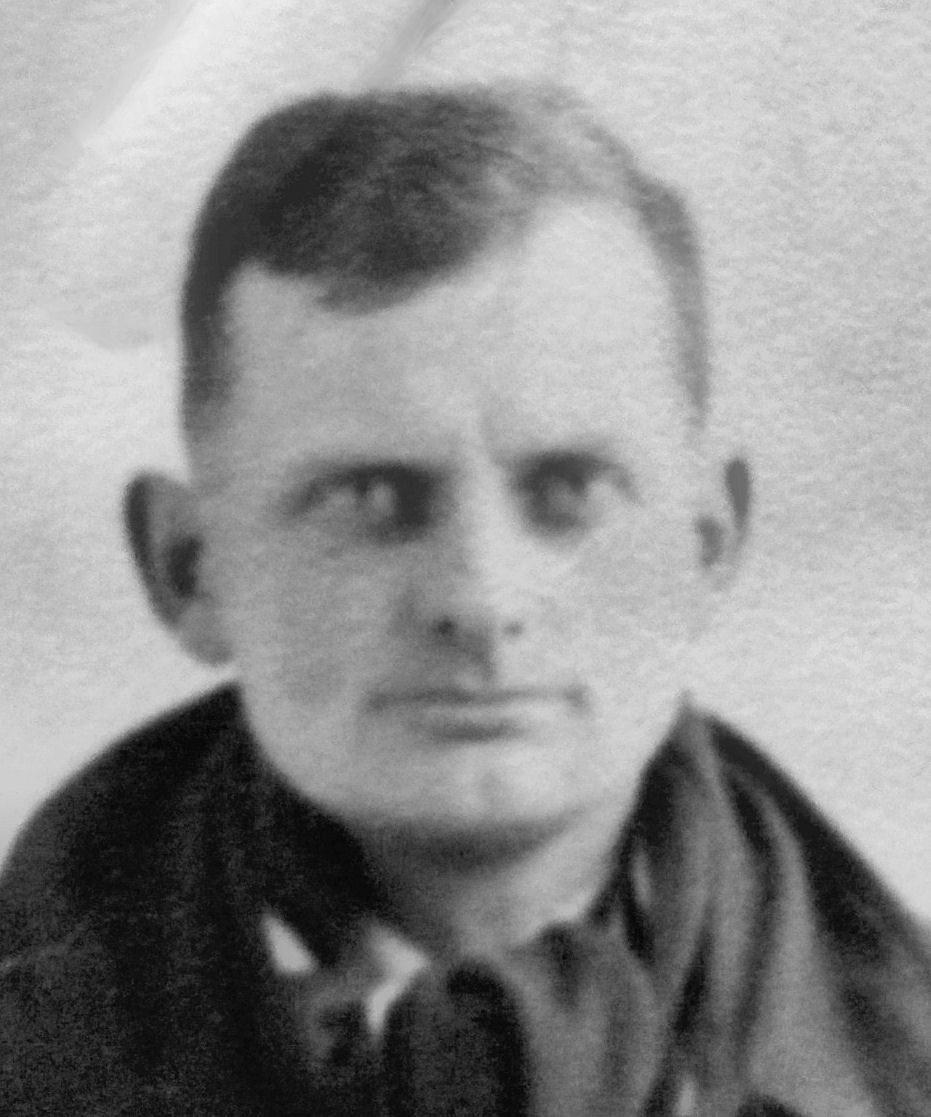 ATA
ATA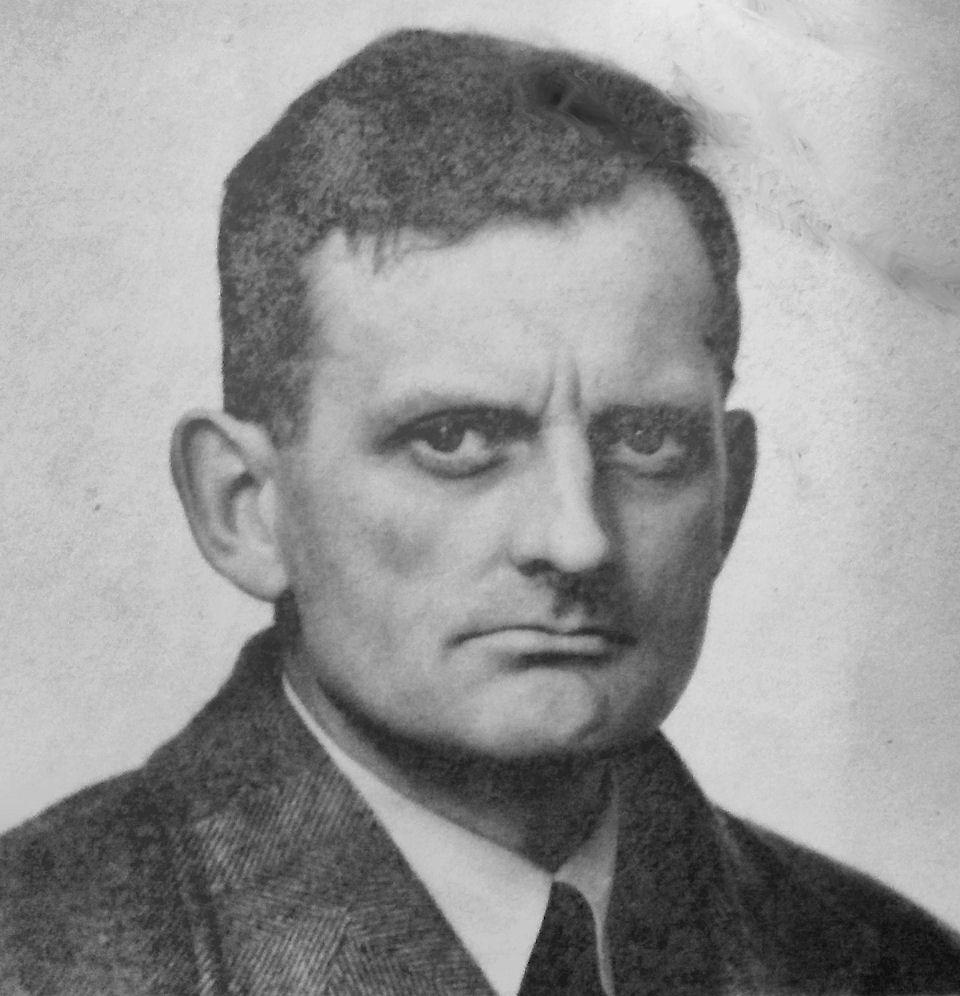 ATA
ATA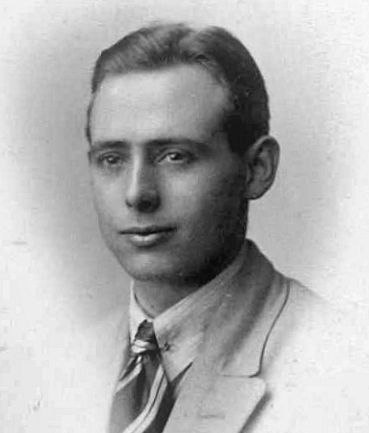 1929
1929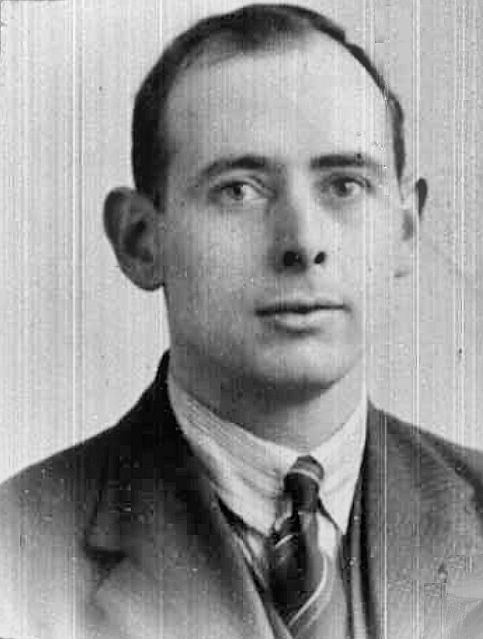 1939
1939 with
with 
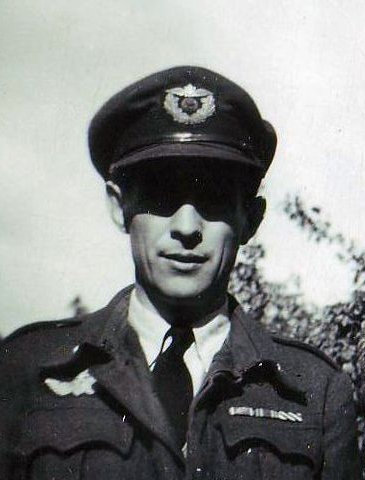

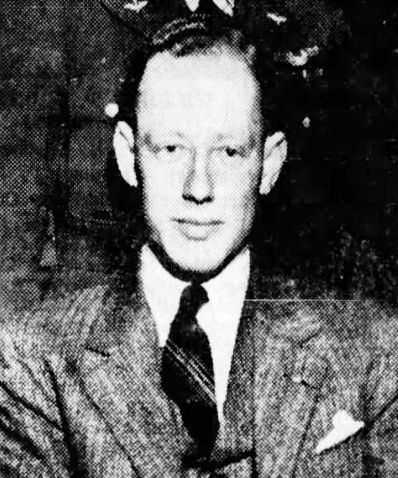
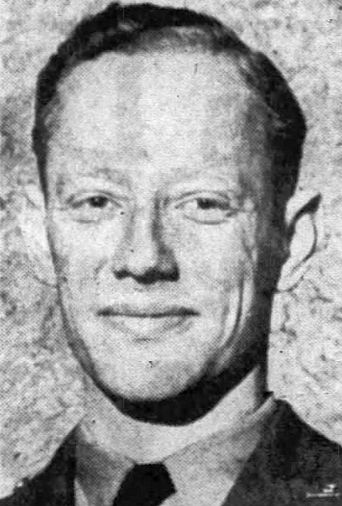
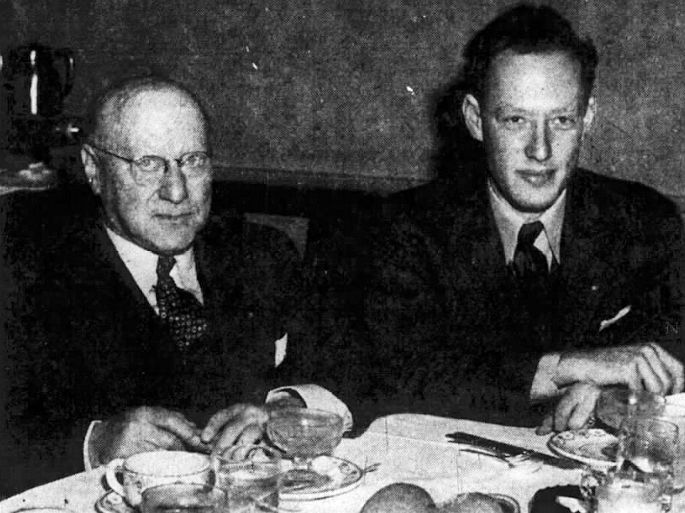
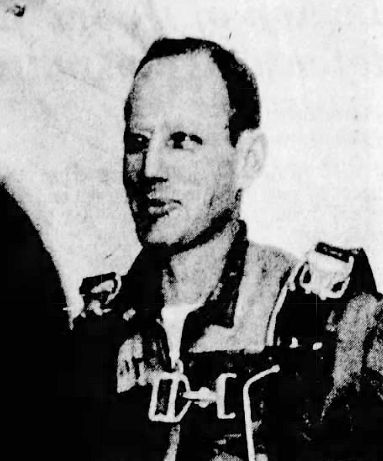
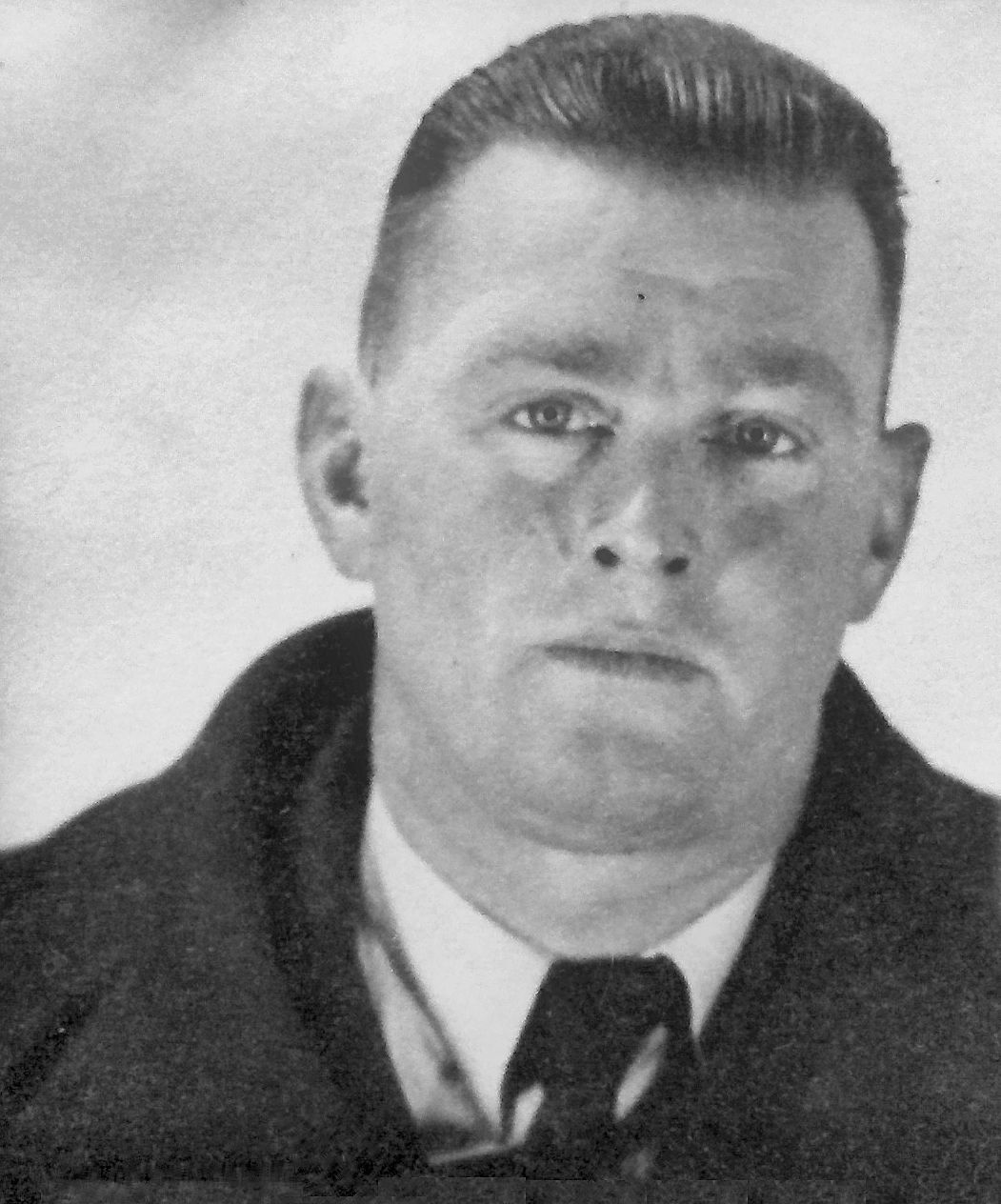 ATA
ATA from "Fighting Men of Texas" (1948)
from "Fighting Men of Texas" (1948)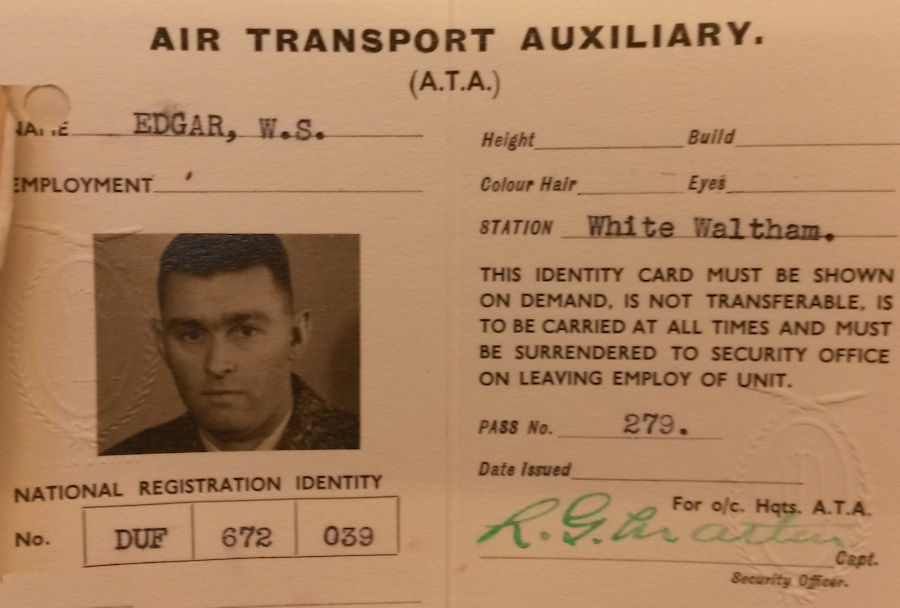

 1944
1944


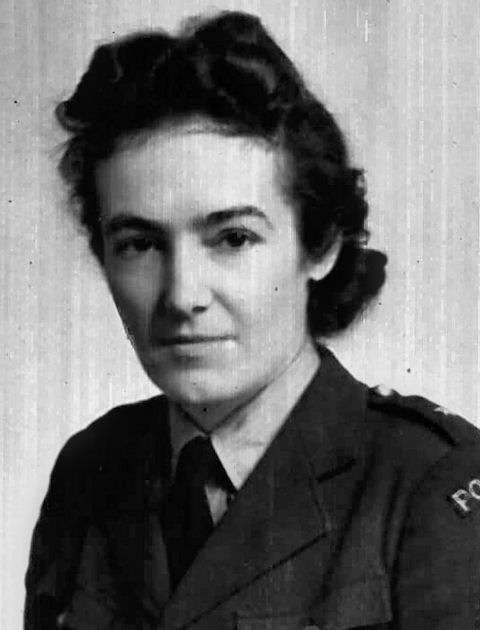 RAeC 1941
RAeC 1941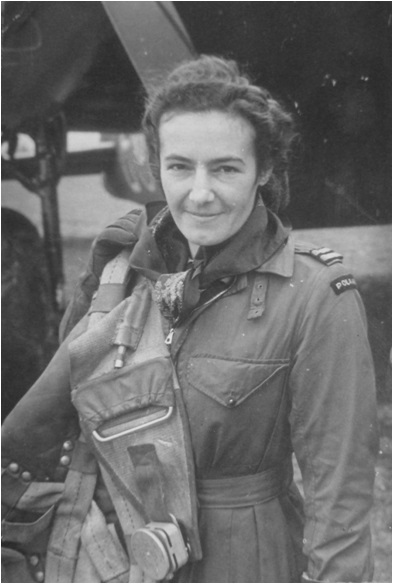
 1942 caricature by
1942 caricature by 

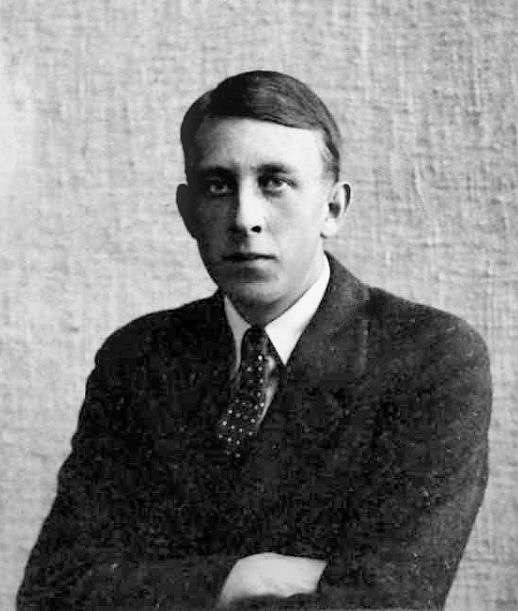 1929
1929
 Petition for US Naturalization, 1968 (Granted 20 Jan 1976)
Petition for US Naturalization, 1968 (Granted 20 Jan 1976)


 ATA
ATA
 1936
1936 1936
1936 Visa for Brazil, 1946
Visa for Brazil, 1946 from "Mollison - The Flying Scotsman" by David Luff
from "Mollison - The Flying Scotsman" by David Luff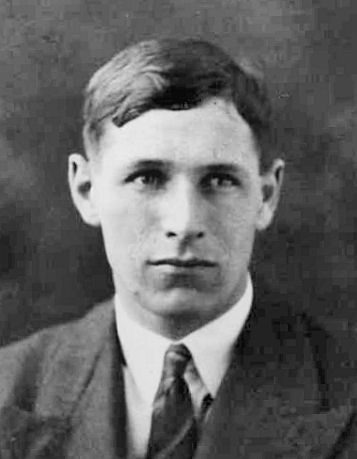 1931
1931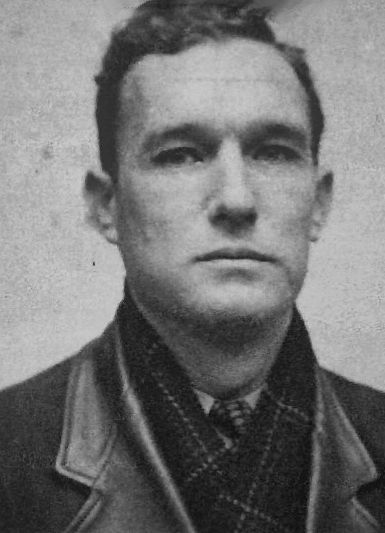 ATA
ATA c.1932
c.1932 Draft card, 16 Oct 1940
Draft card, 16 Oct 1940

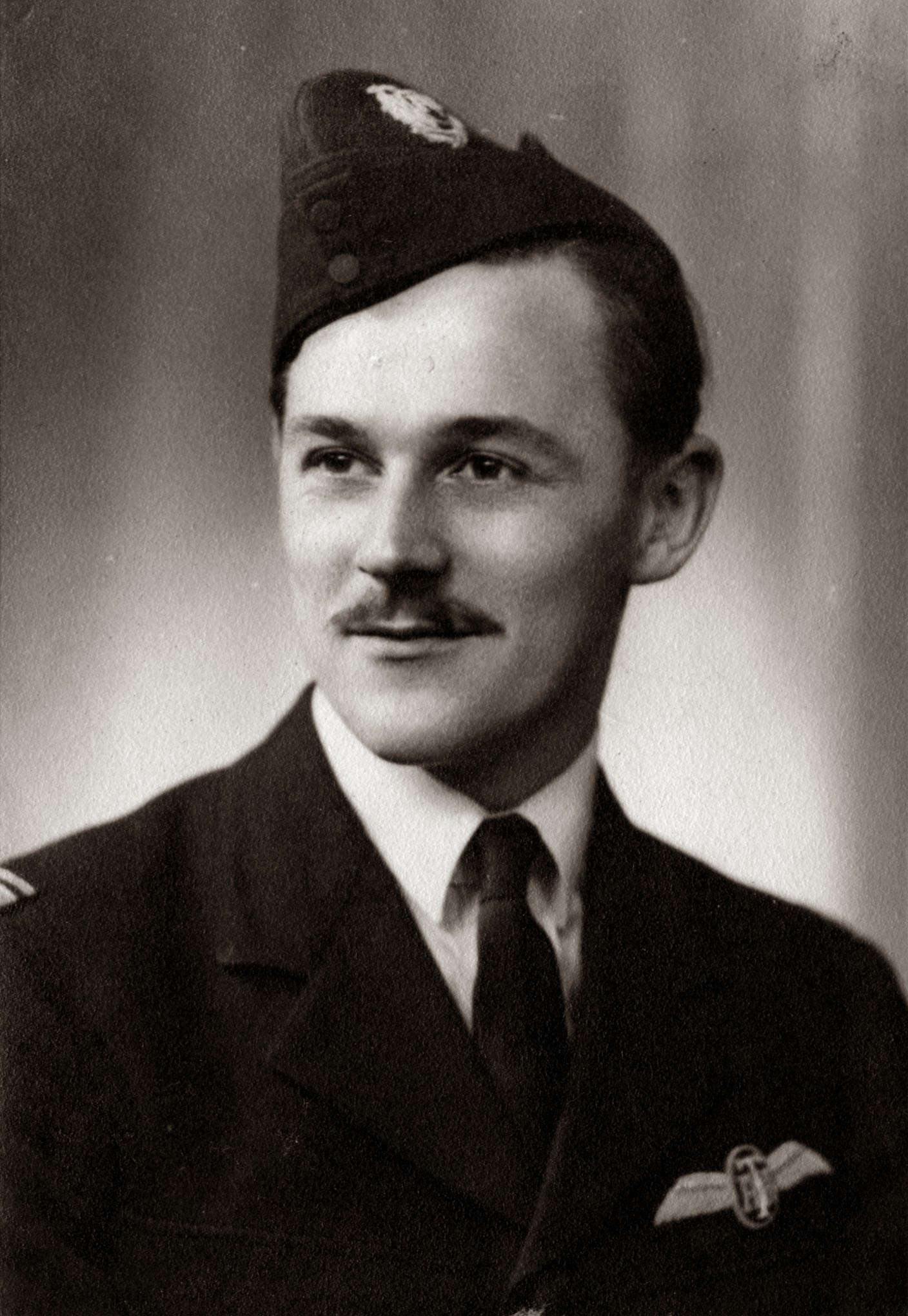 1942
1942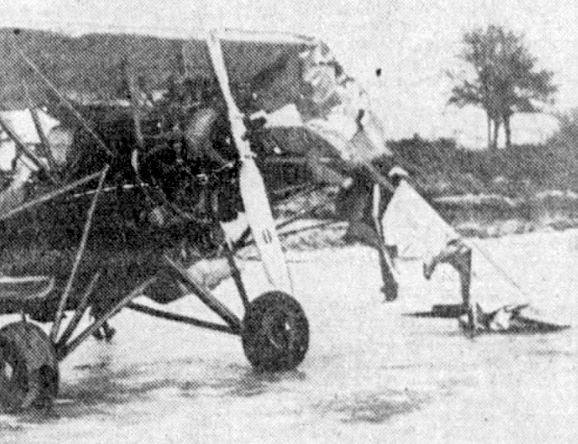
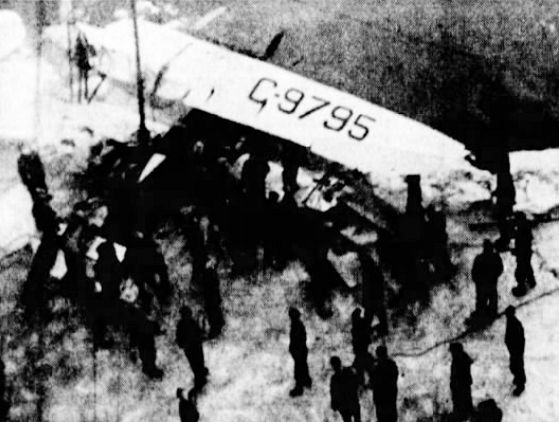
 ATA
ATA Draft Card, dated 7 Aug 1943
Draft Card, dated 7 Aug 1943 1941
1941
 1937
1937 ATA
ATA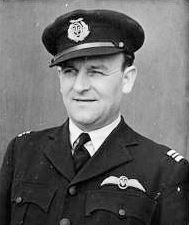 Manx Aviation and Military Museum
Manx Aviation and Military Museum 1934
1934 G-AEEU, owned by Robert C Ramsay
G-AEEU, owned by Robert C Ramsay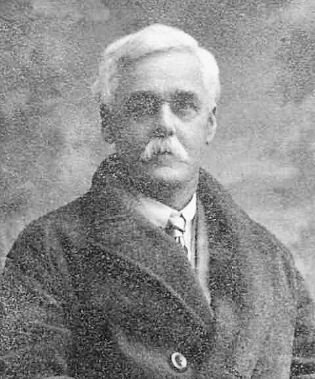
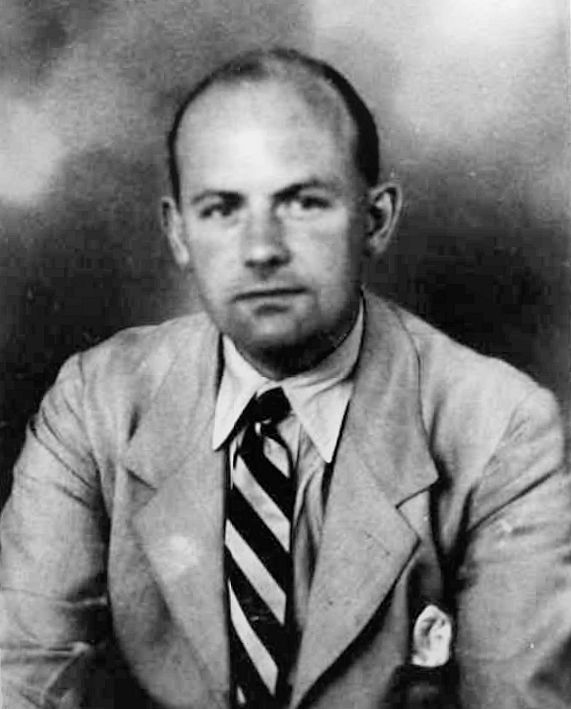 1935
1935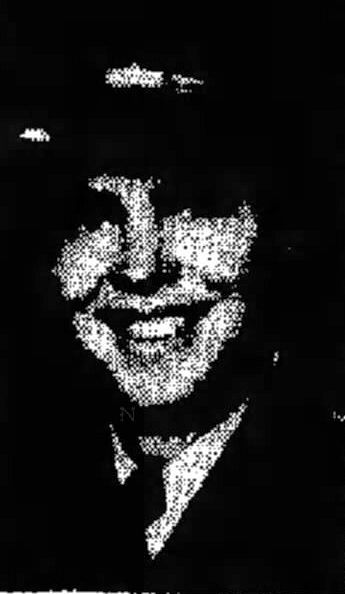 AR
AR ATAM
ATAM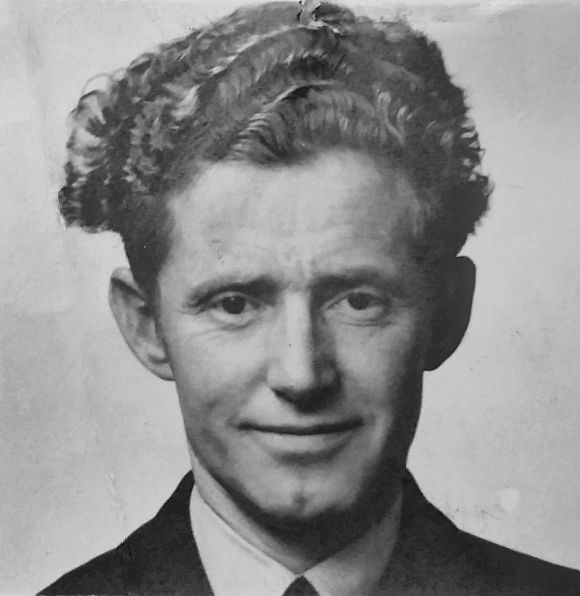 ATA
ATA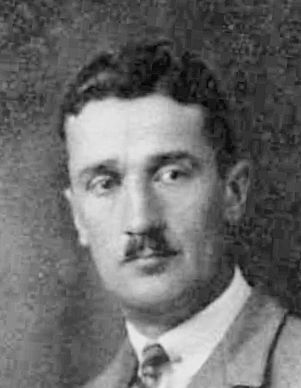 1932
1932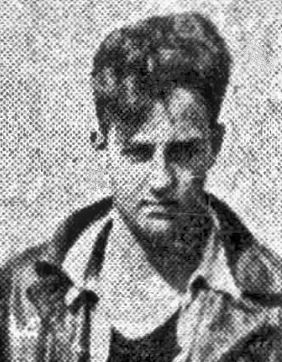 1932
1932 ATAM
ATAM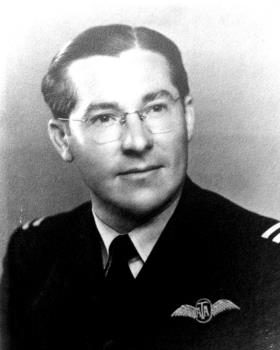 ATA
ATA 1933
1933
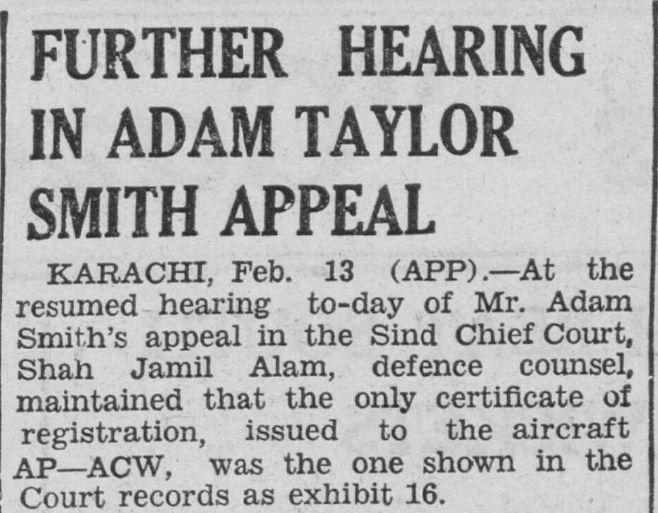 -
- 

 1943
1943 1952
1952 Abingdon Episcopal Church Cemetery, White Marsh, Gloucester County, Virginia
Abingdon Episcopal Church Cemetery, White Marsh, Gloucester County, Virginia 1938 -
1938 -  Draft card, dated 16 Oct 1940
Draft card, dated 16 Oct 1940 © Dave Welch Collection
© Dave Welch Collection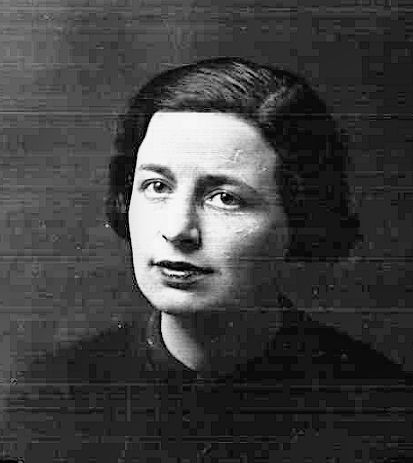 RAeC 1936
RAeC 1936 Now a hotel ...
Now a hotel ... The Three Graces
The Three Graces "Miss Tollemache in the cockpit of the machine" - Daily Mirror
"Miss Tollemache in the cockpit of the machine" - Daily Mirror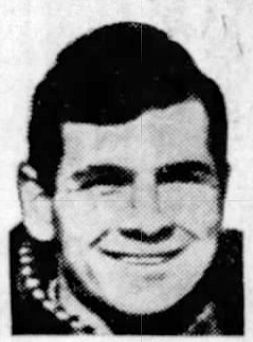 Jan 1941 Chicago Tribune
Jan 1941 Chicago Tribune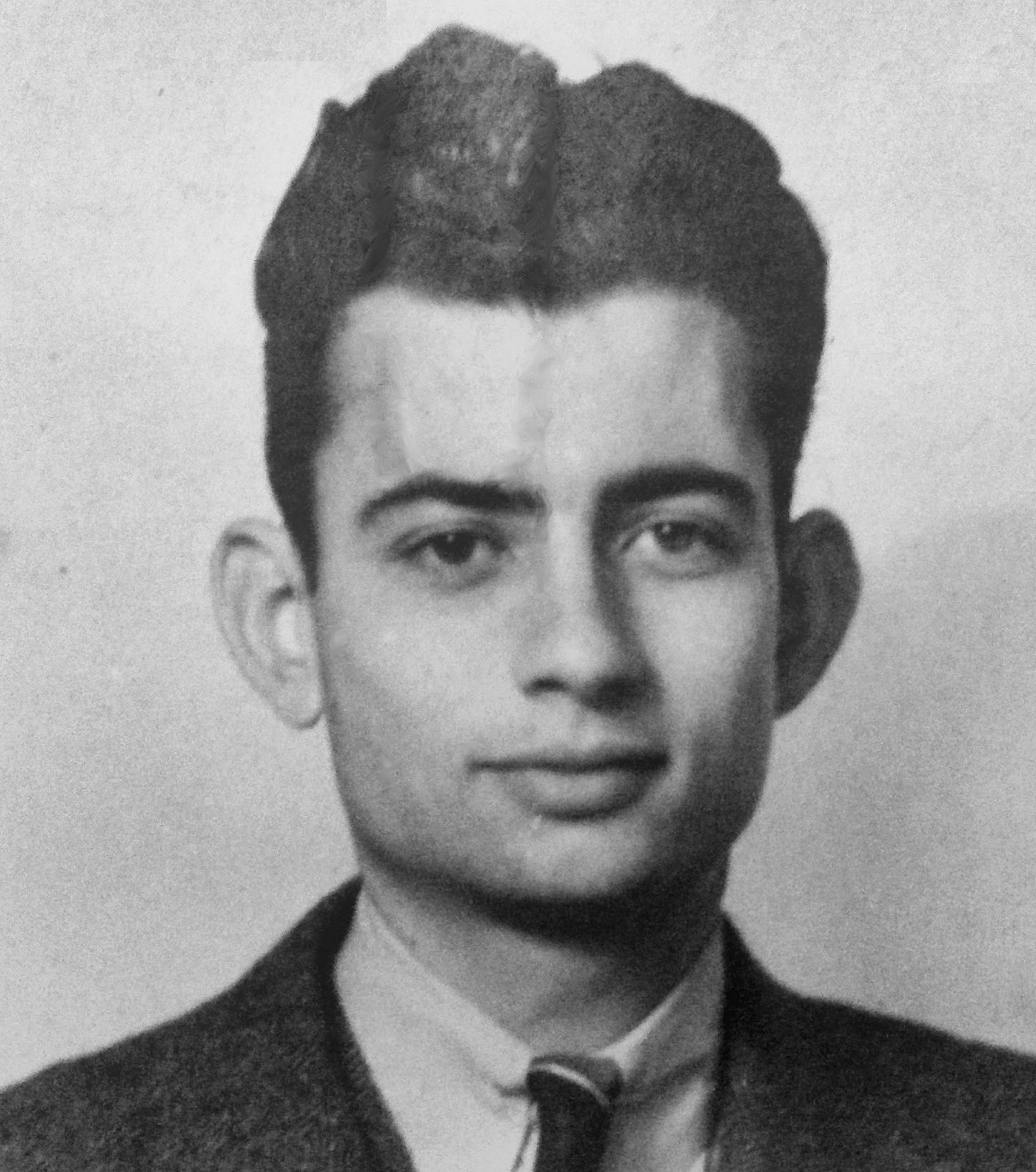 ATA
ATA Draft Card, dated 16 Oct 1940
Draft Card, dated 16 Oct 1940
 ATAM
ATAM ATA
ATA Draft Card, dated 16 Oct 1940
Draft Card, dated 16 Oct 1940 Fairbanks Daily News Miner
Fairbanks Daily News Miner
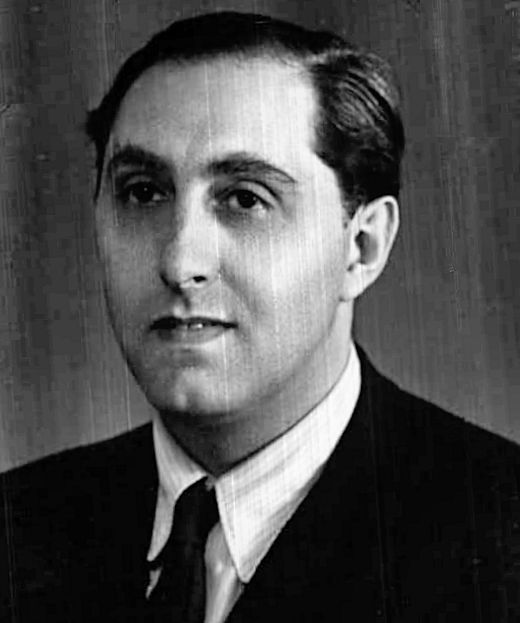 1938
1938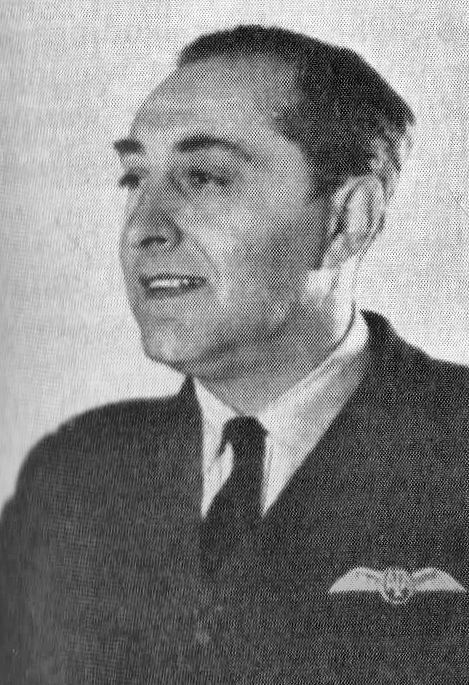 BG
BG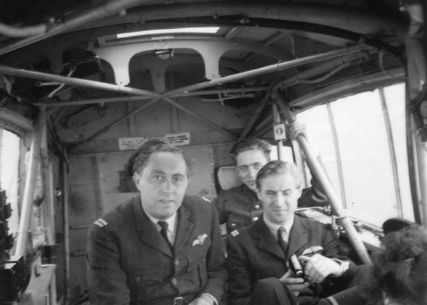
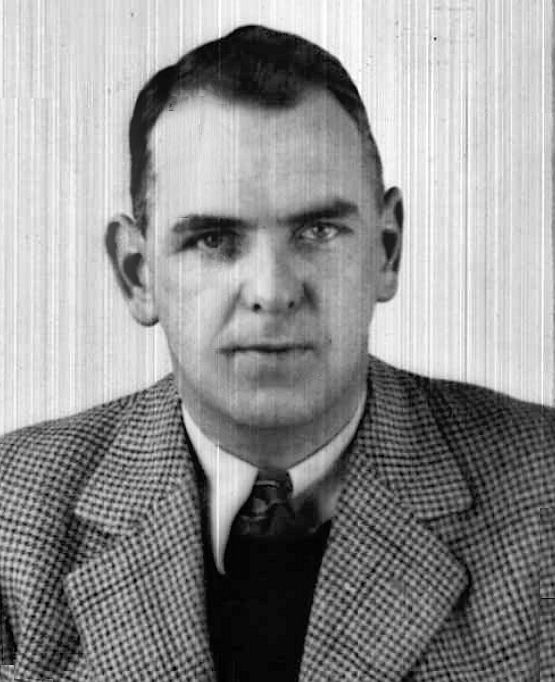 1938
1938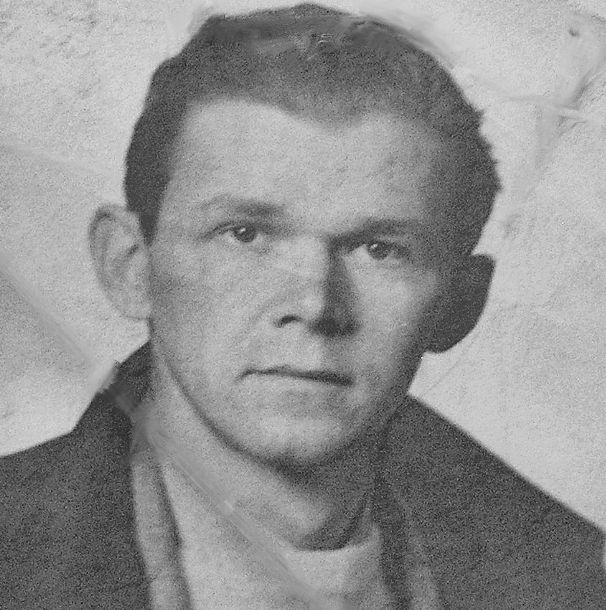
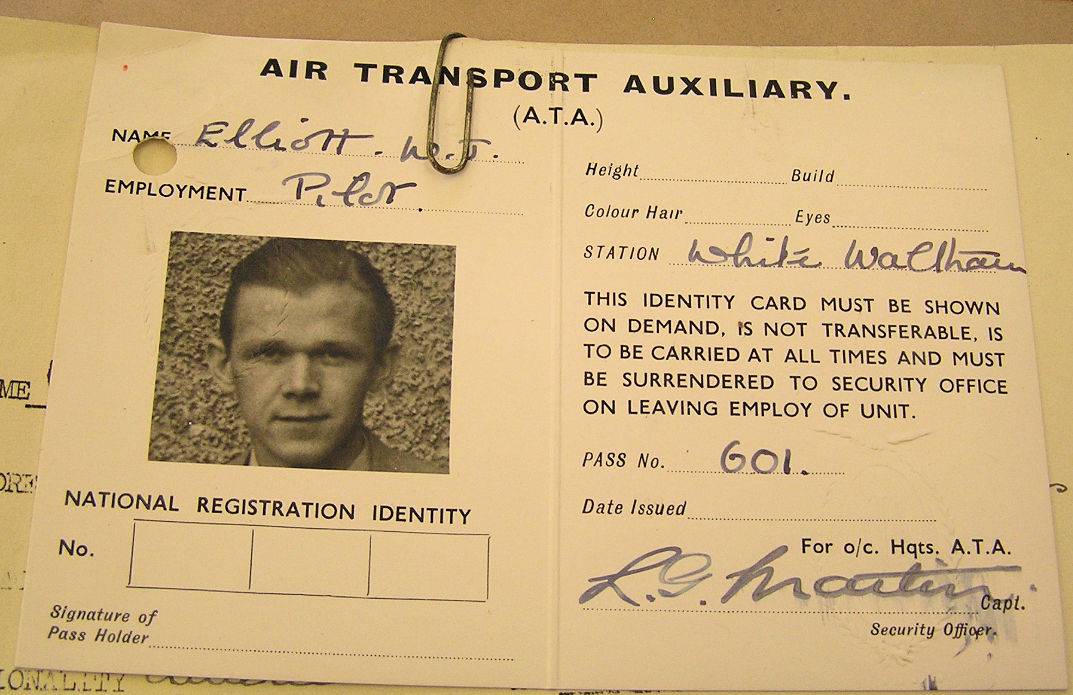

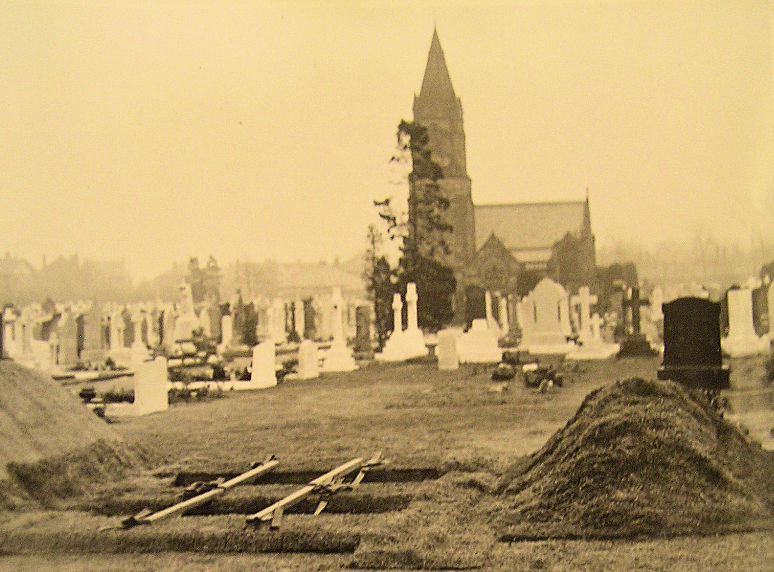
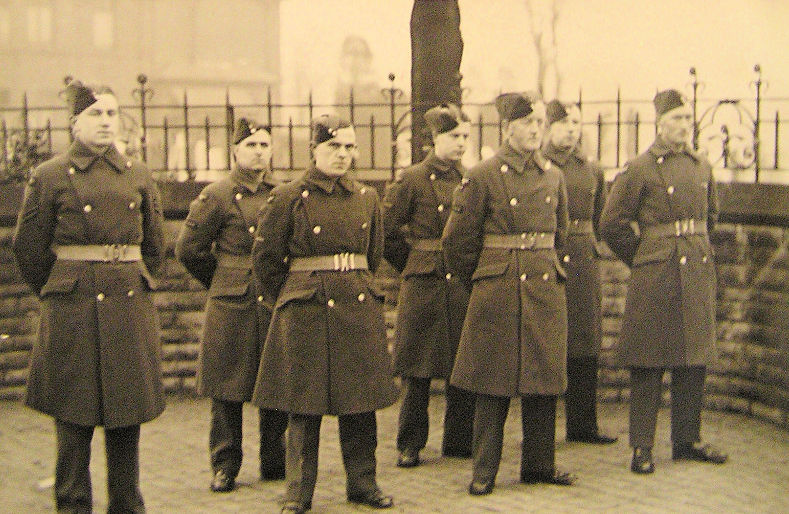
 via George Cogswell
via George Cogswell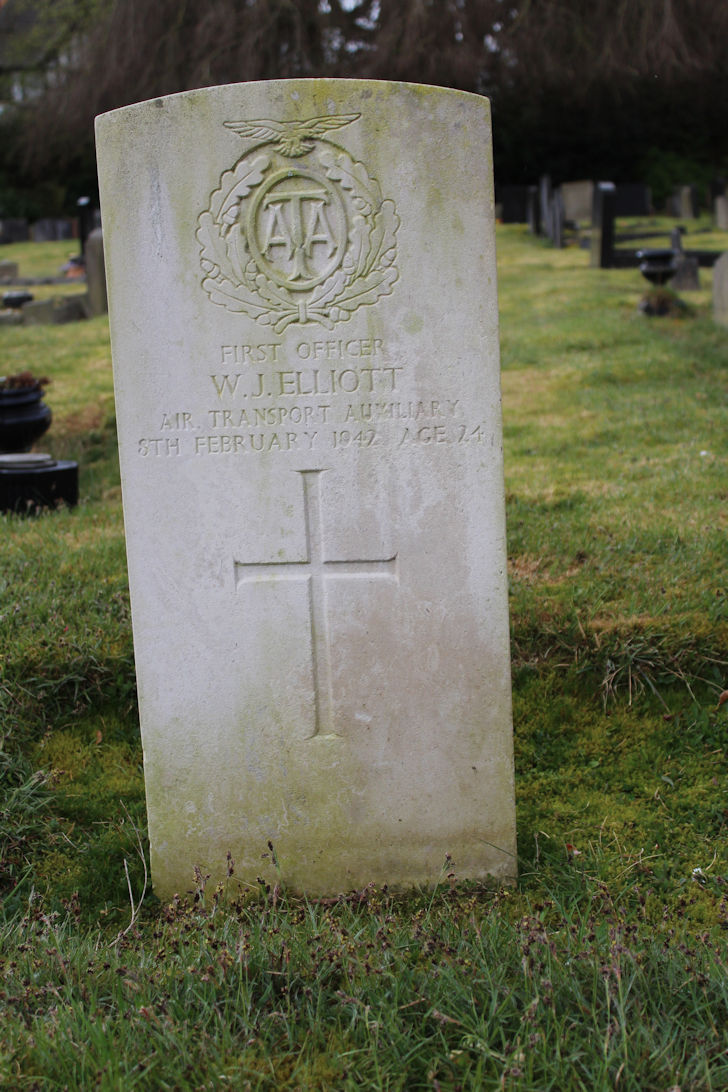
 ATAM
ATAM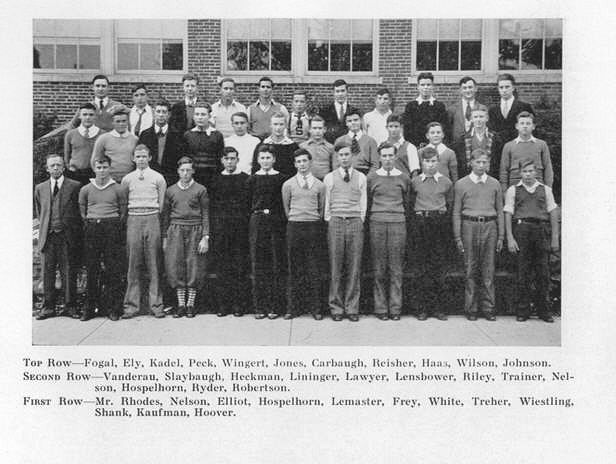
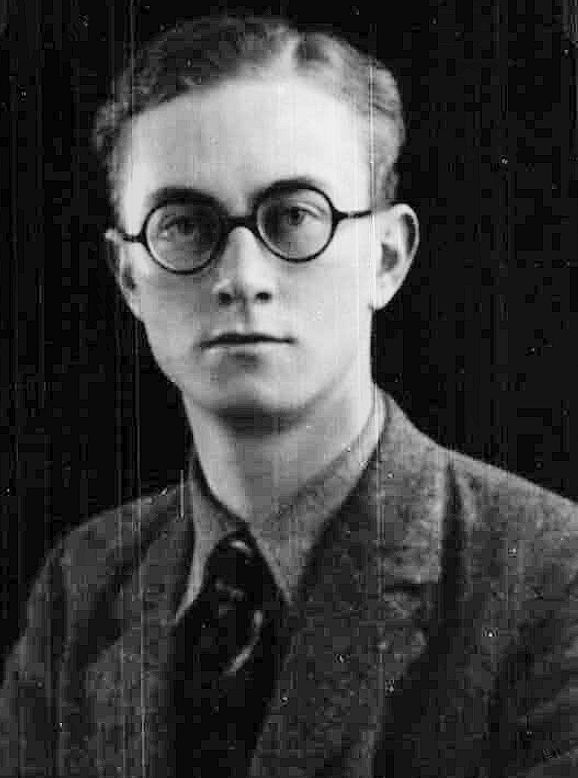 1939
1939

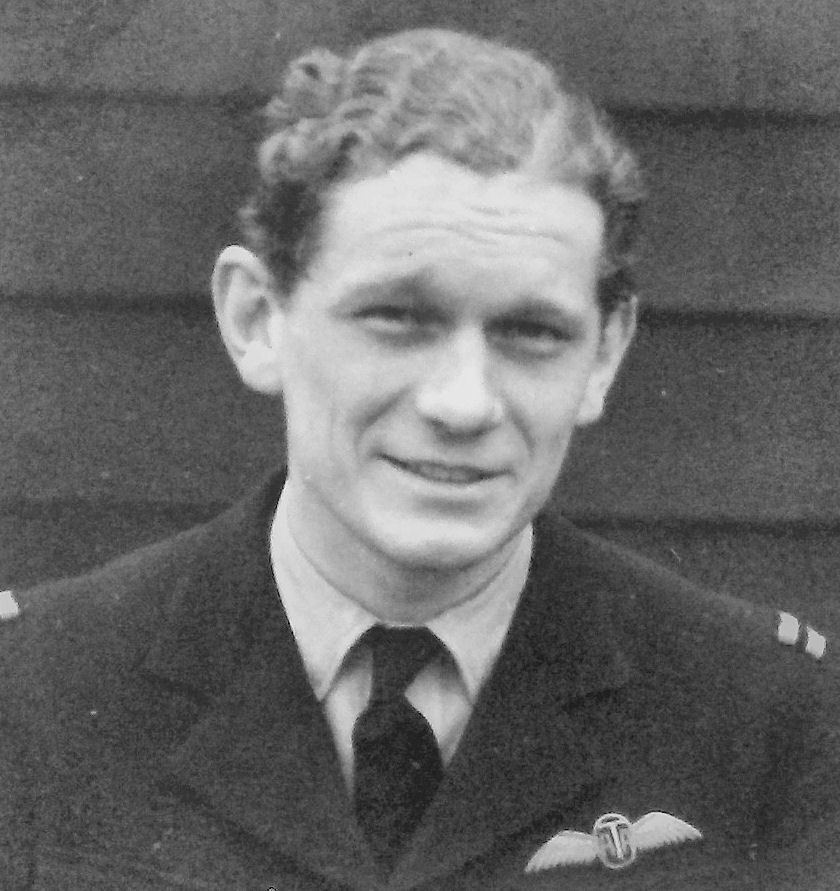 ATA
ATA
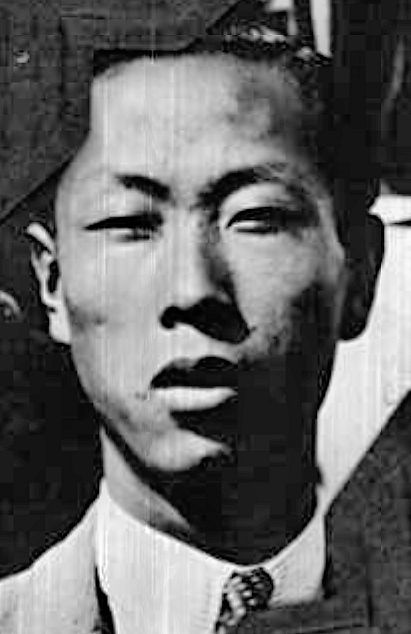 1938
1938 c.1918 (Ancestry)
c.1918 (Ancestry) c.1920 (Ancestry)
c.1920 (Ancestry) Chattanooga Daily Times, 29 Jun 1950
Chattanooga Daily Times, 29 Jun 1950 Ancestry
Ancestry 1939 Chattanooga Air Show
1939 Chattanooga Air Show
 Draft Card, dated 16 Oct 1940
Draft Card, dated 16 Oct 1940
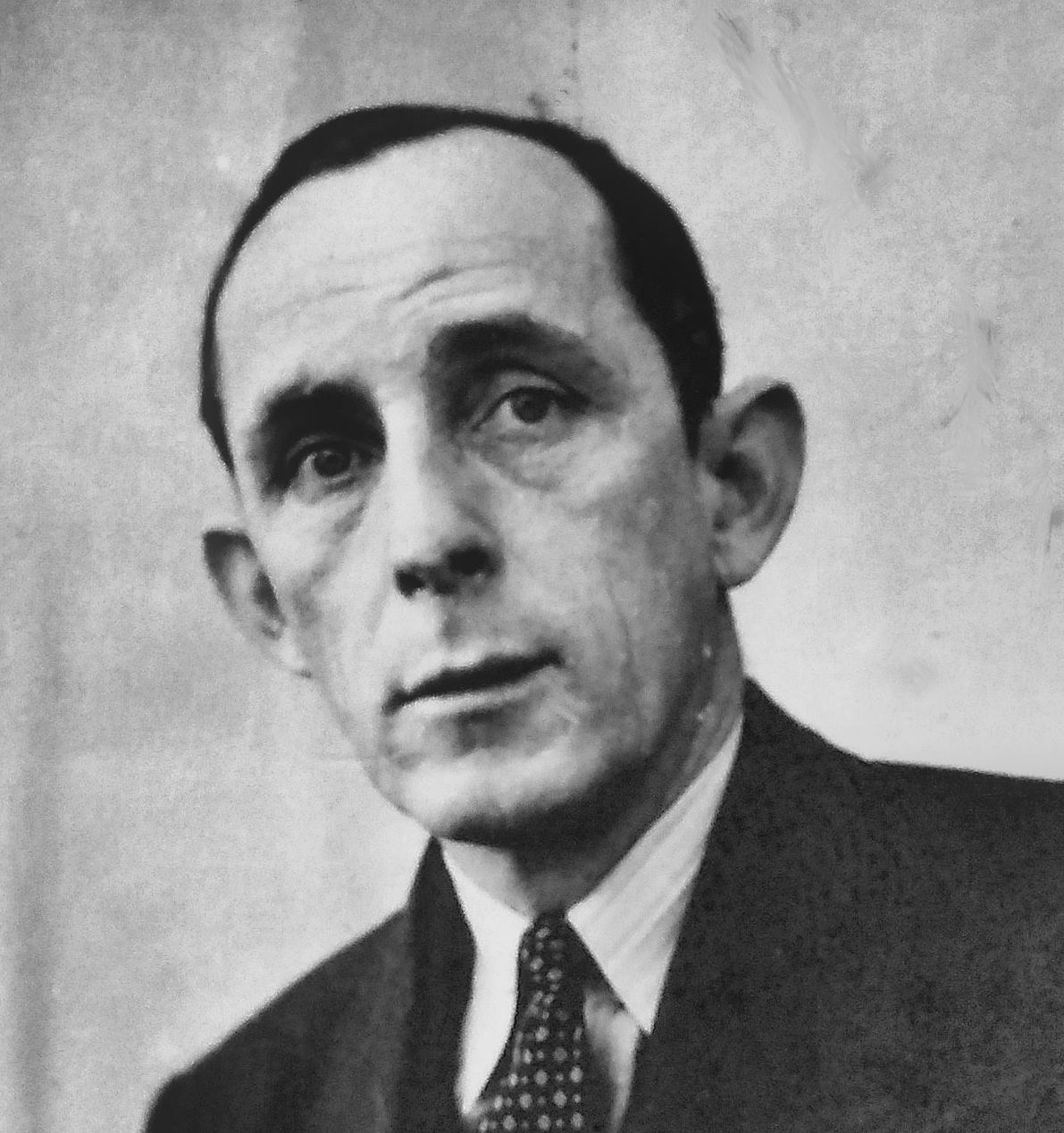 ATA
ATA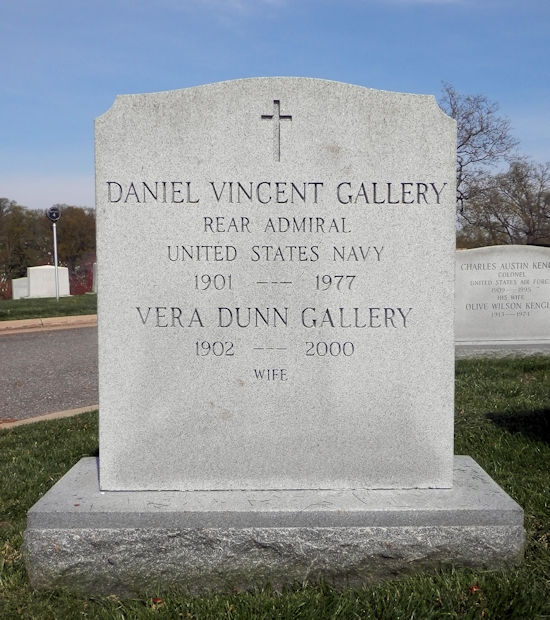 findagrave.com
findagrave.com
 1946
1946 Draft Card, dated 21 Jan 1941
Draft Card, dated 21 Jan 1941
 1959
1959 Draft Card, dated 16 Oct 1940
Draft Card, dated 16 Oct 1940
 1941 - Pittsburgh Post-Gazette
1941 - Pittsburgh Post-Gazette Draft Card, dated 16 Oct 1940
Draft Card, dated 16 Oct 1940

 1939
1939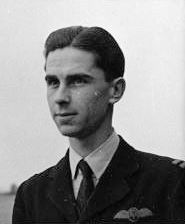 MAMM
MAMM ATA
ATA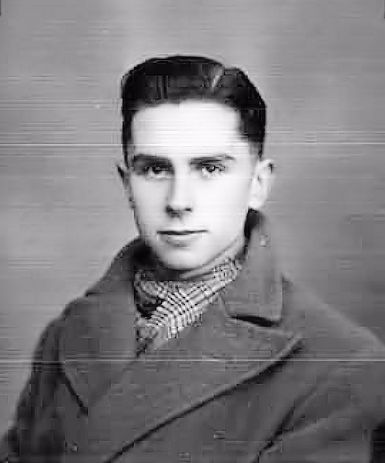 1941
1941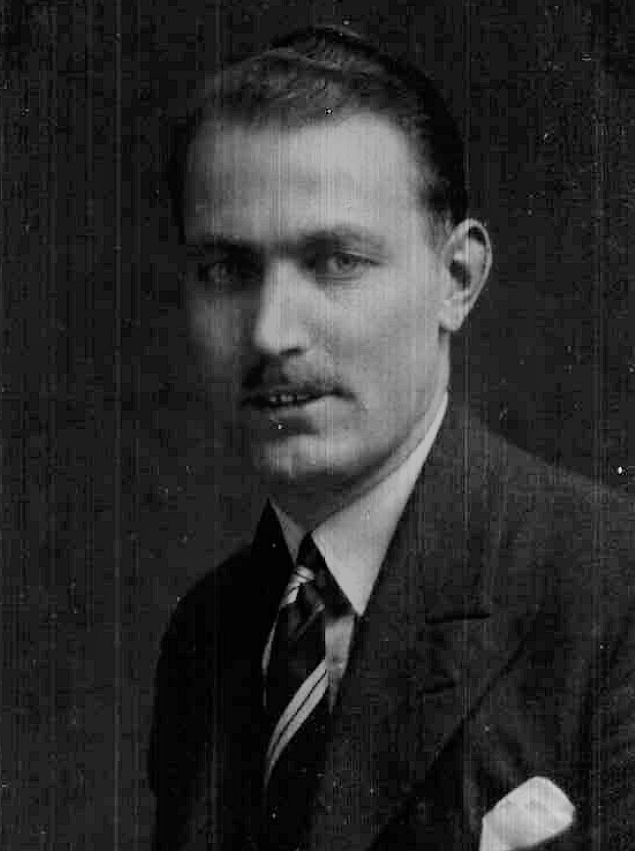 1939
1939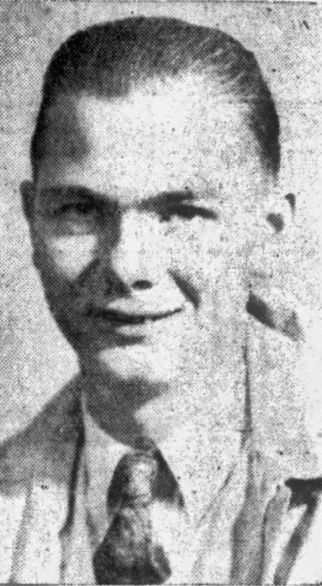
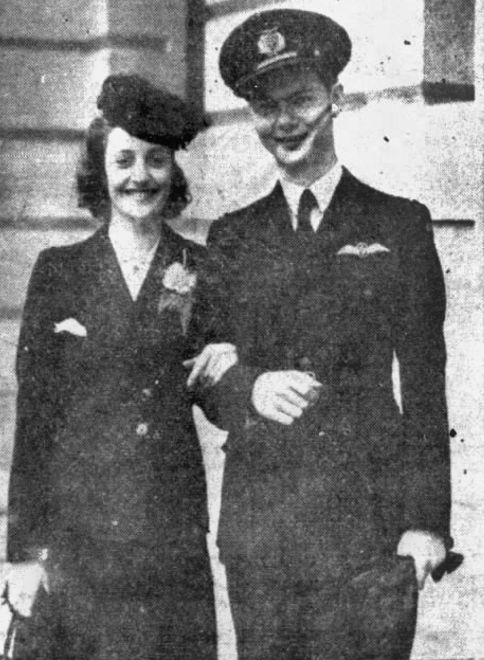

 ATA
ATA
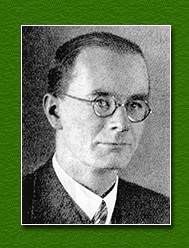
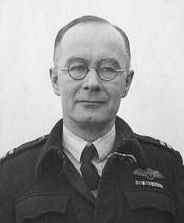 Manx Aviation & Military Museum
Manx Aviation & Military Museum Getting his MBE from the Parlaimentary Secretary to the MAP, 21 Feb 1945
Getting his MBE from the Parlaimentary Secretary to the MAP, 21 Feb 1945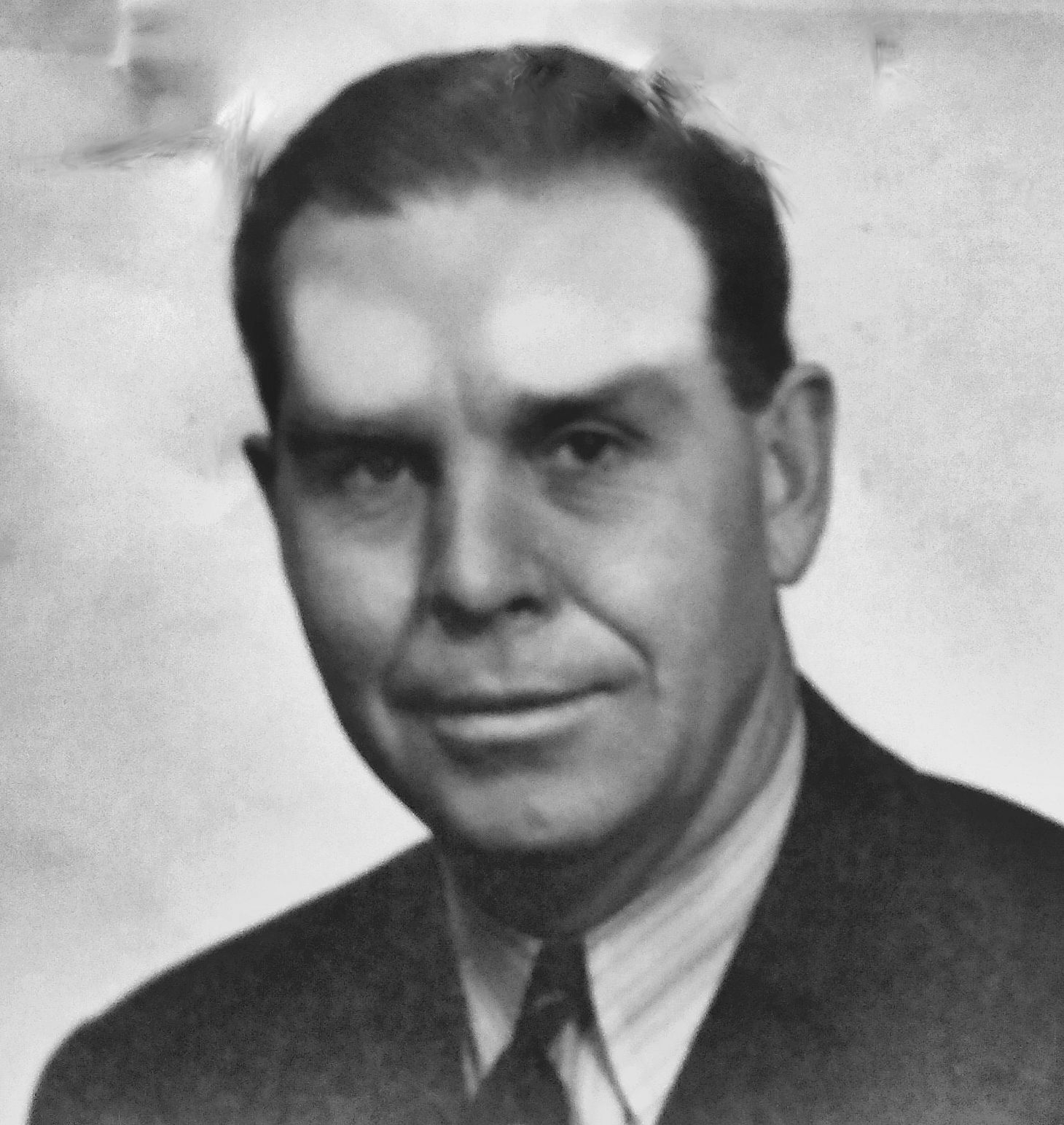 ATA
ATA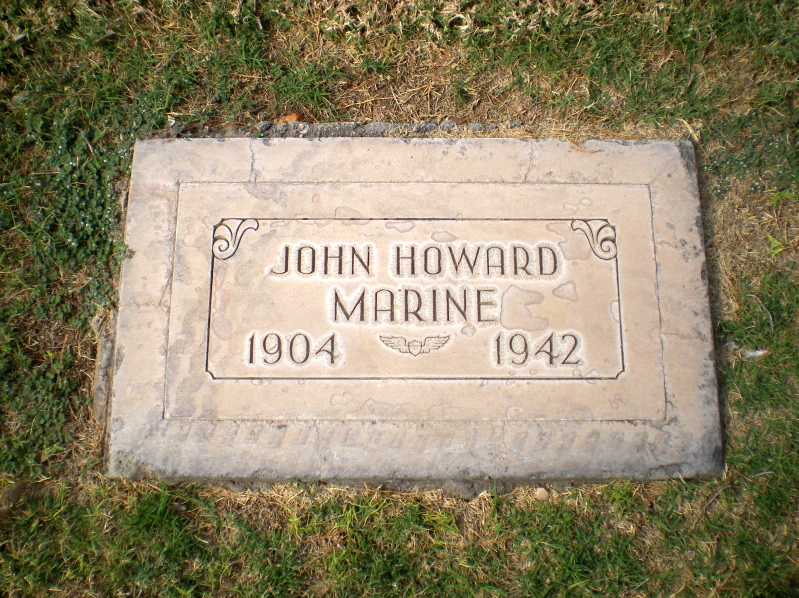
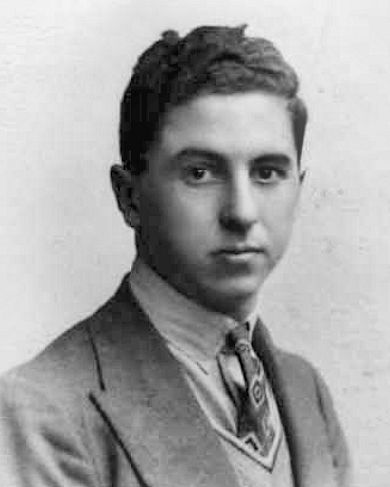 1934
1934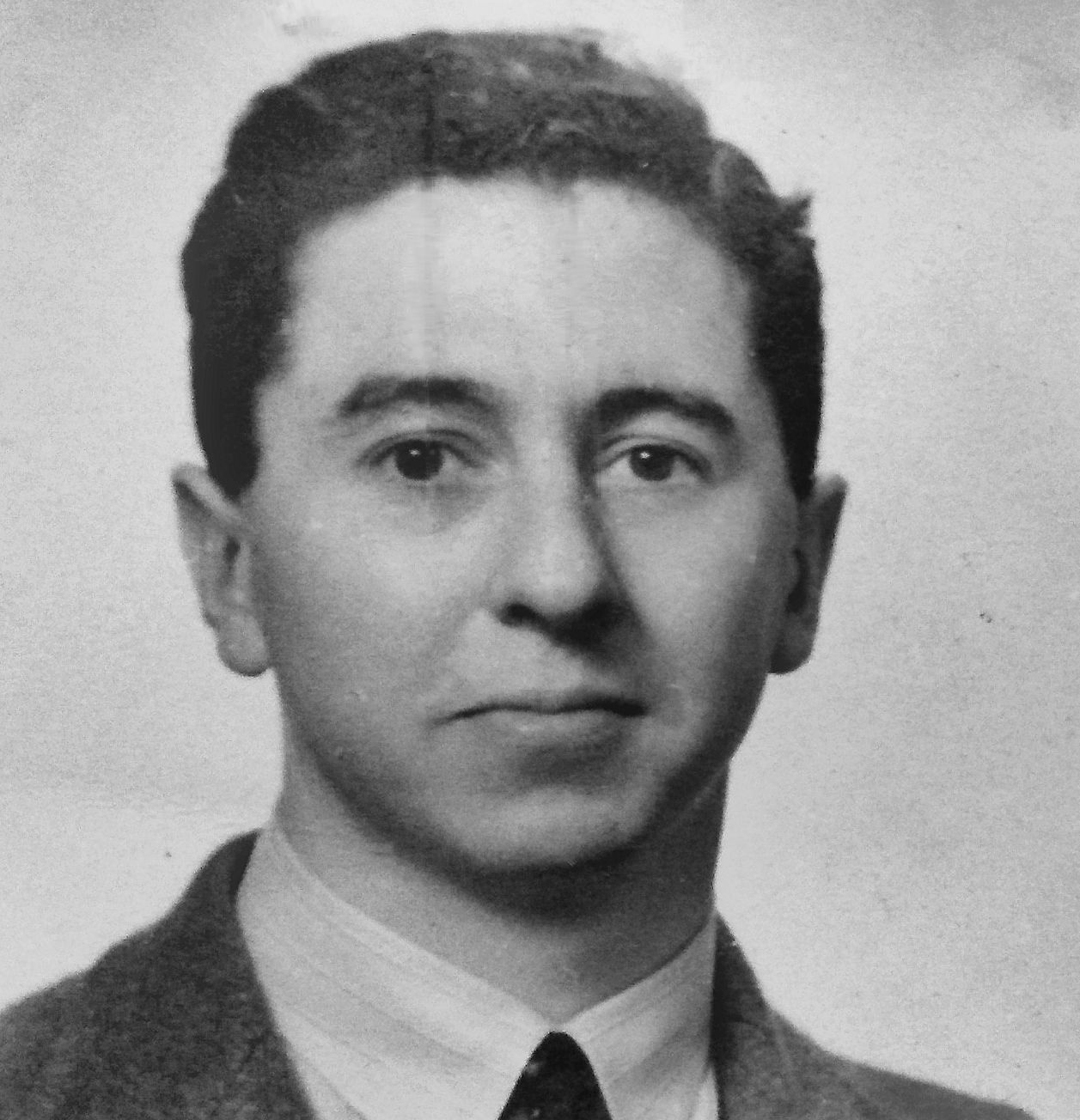 ATA
ATA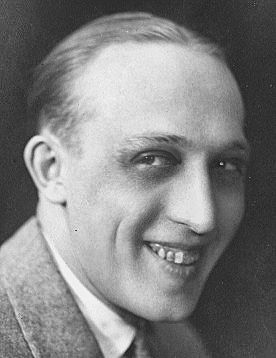 findagrave.com
findagrave.com
 1937
1937 ATAM
ATAM


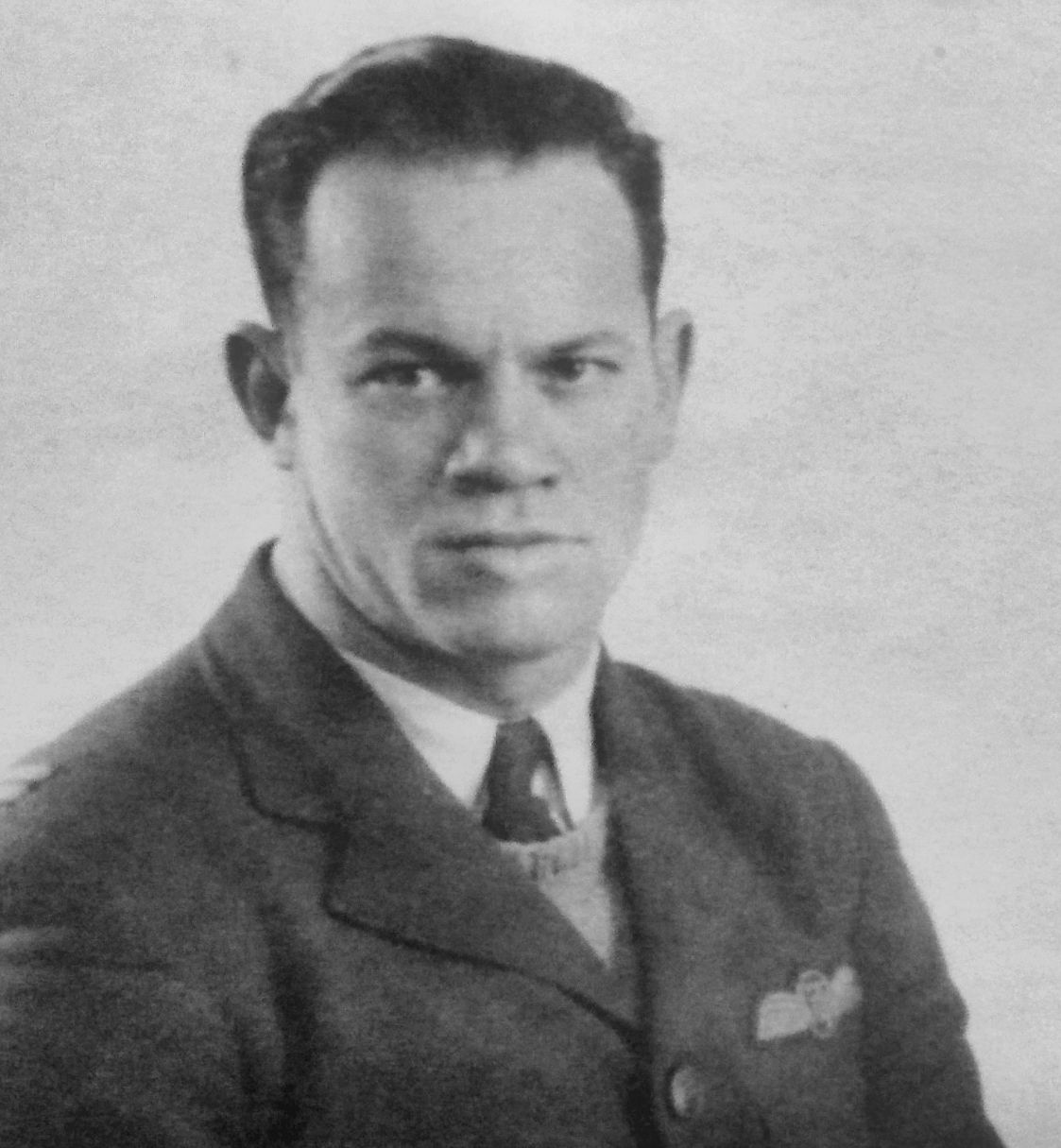
 ATA
ATA ? ATAM
? ATAM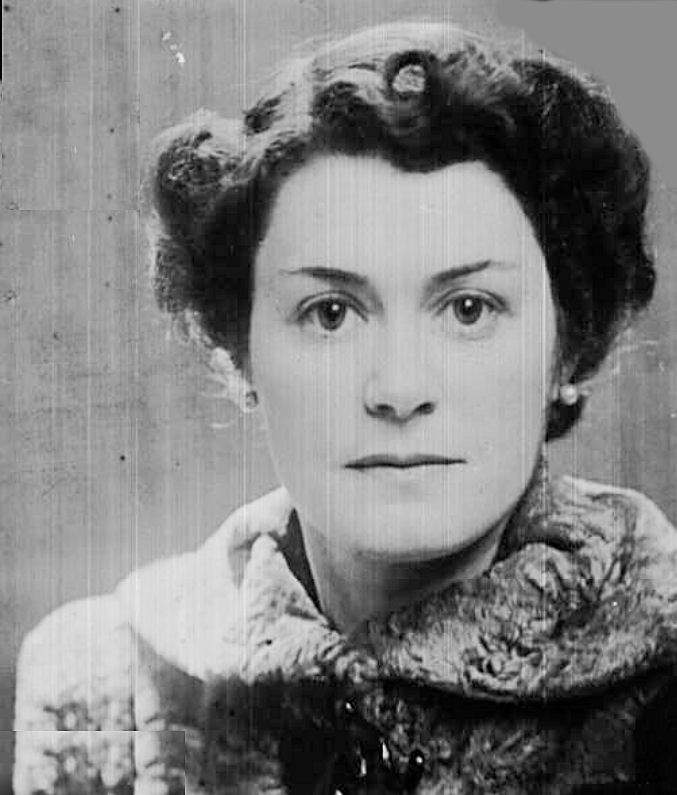 RAeC 1936
RAeC 1936 The Sketch, 1942
The Sketch, 1942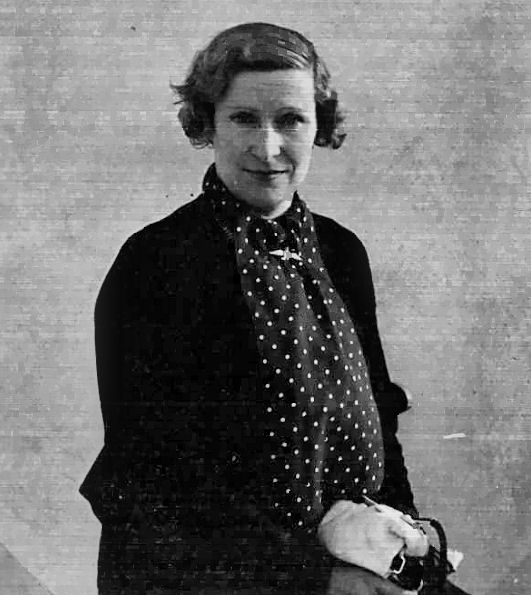 RAeC
RAeC ATA1935
ATA1935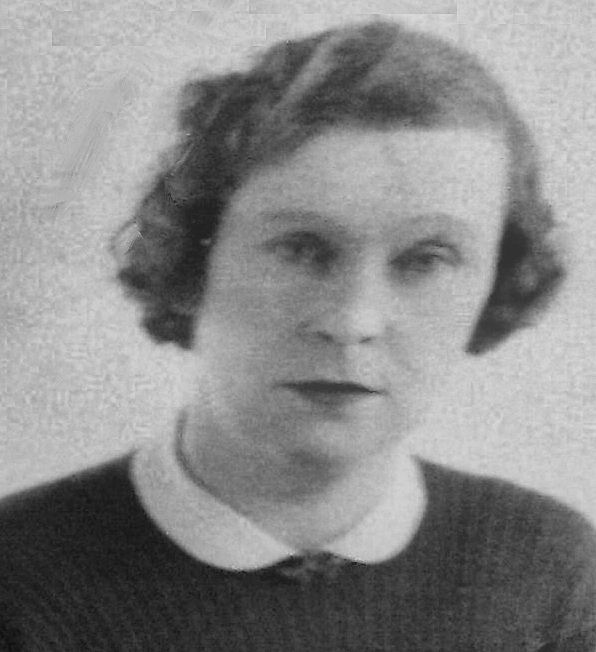
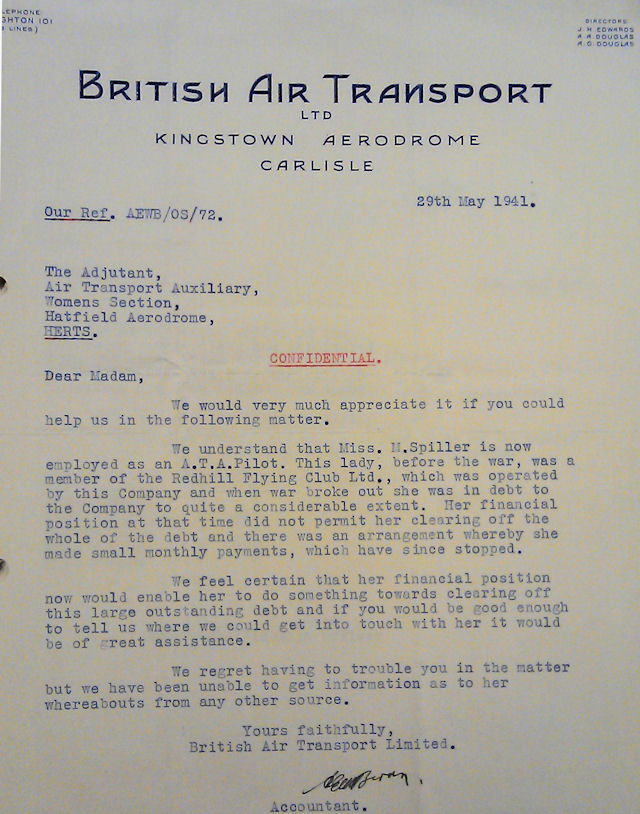
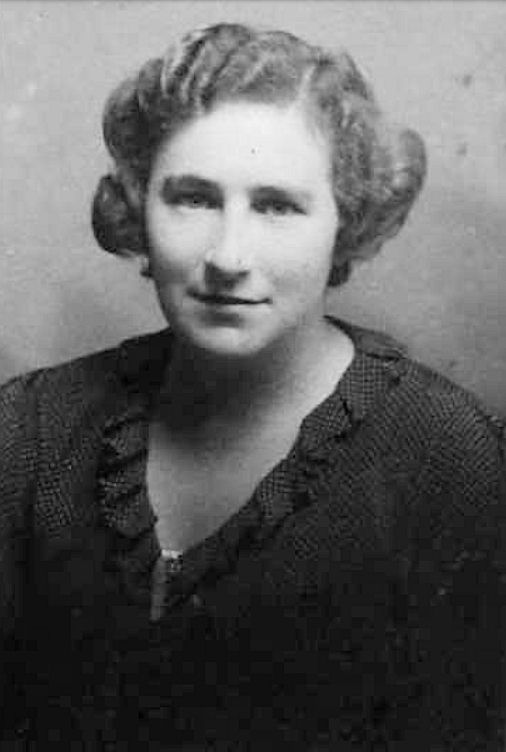 RAeC 1934
RAeC 1934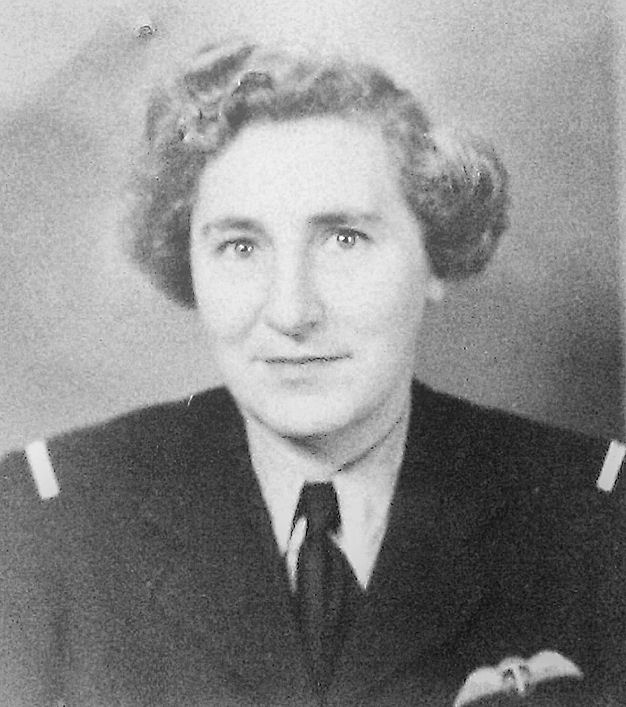 ATA
ATA  1942 caricature by
1942 caricature by 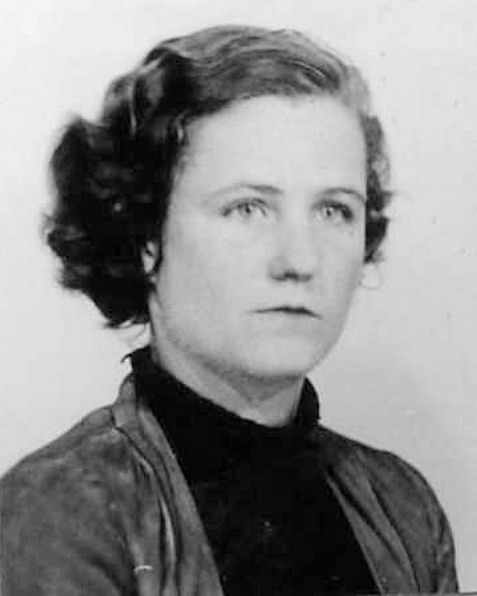
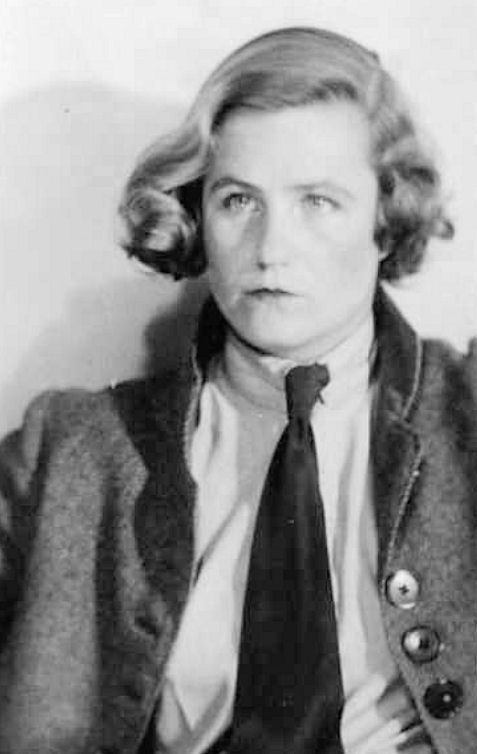
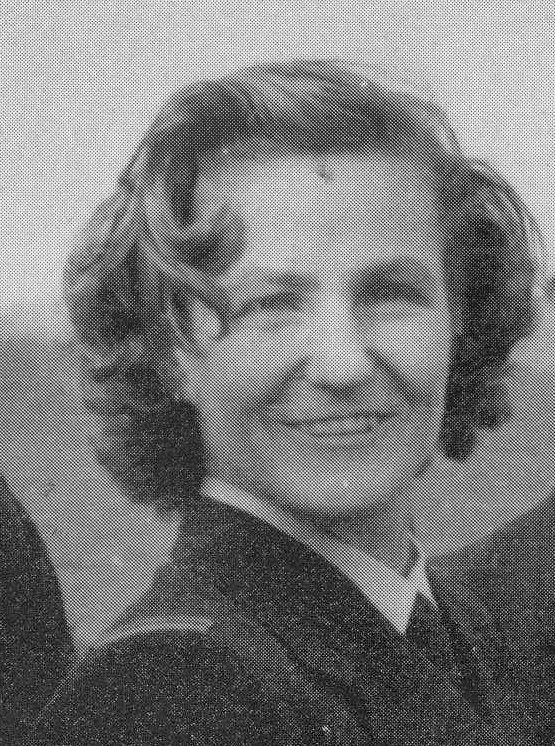
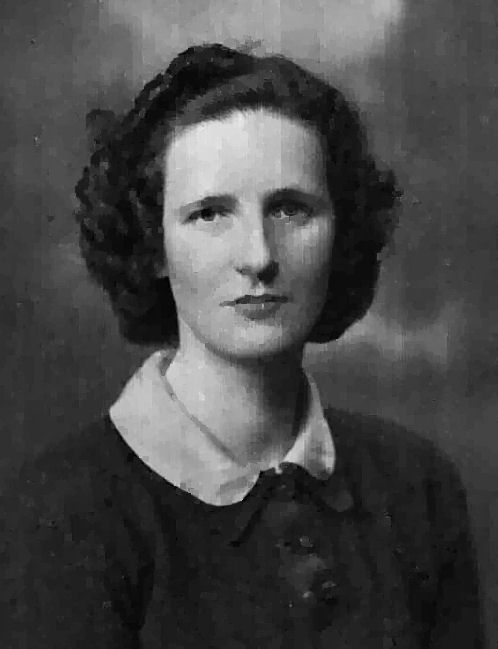 RAeC 1939
RAeC 1939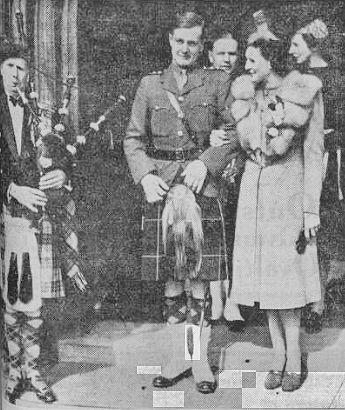
 1942 caricature by
1942 caricature by 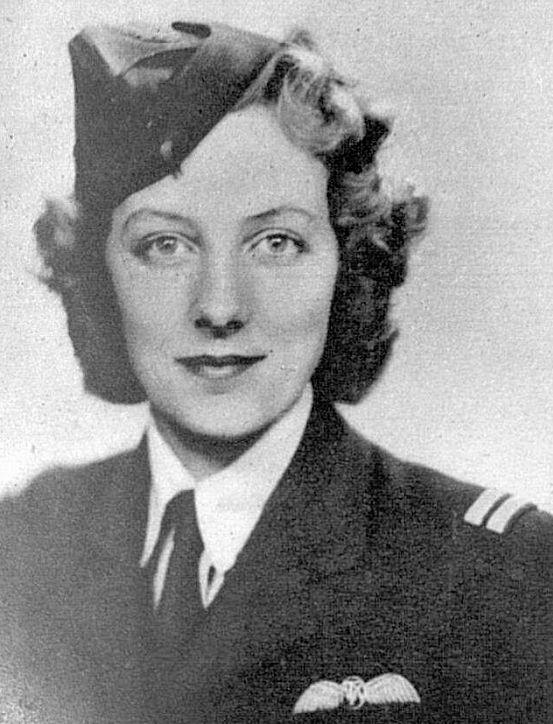 1942
1942
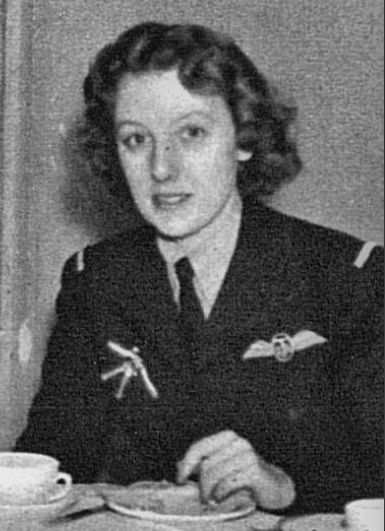 "Sunday tea-dance" in December 1941
"Sunday tea-dance" in December 1941 1942 caricature by
1942 caricature by  The Tatler
The Tatler
 Veronica with Sqn-Ldr D R Turley-George DFC -
Veronica with Sqn-Ldr D R Turley-George DFC - 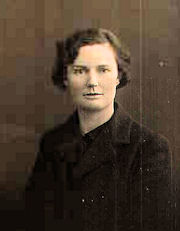
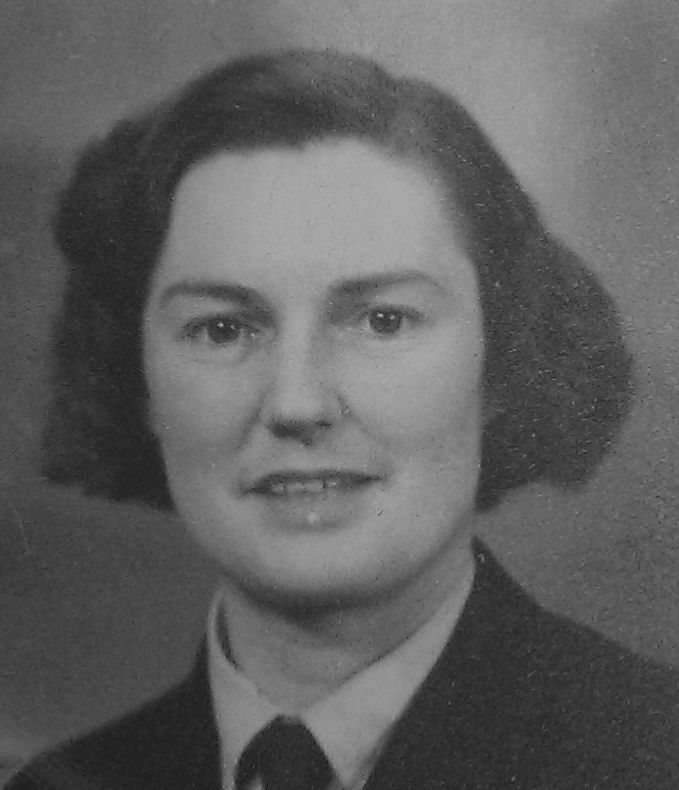
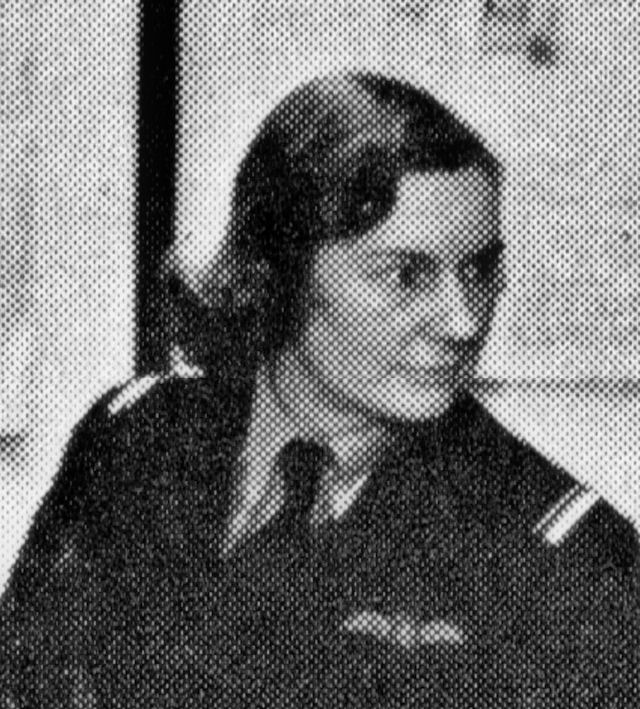
 1942 caricature by
1942 caricature by 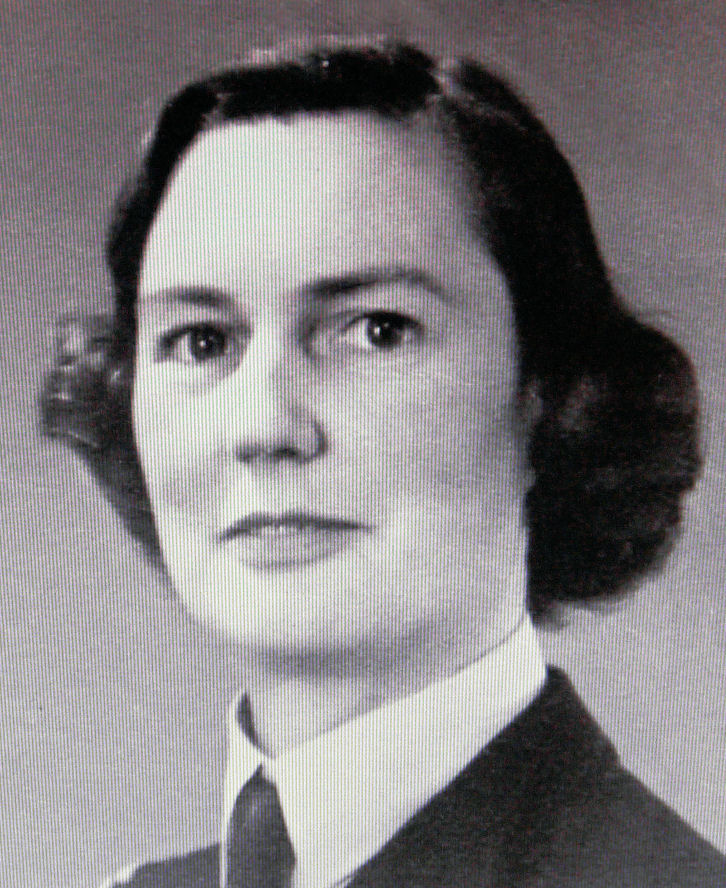 via Andrew Heron
via Andrew Heron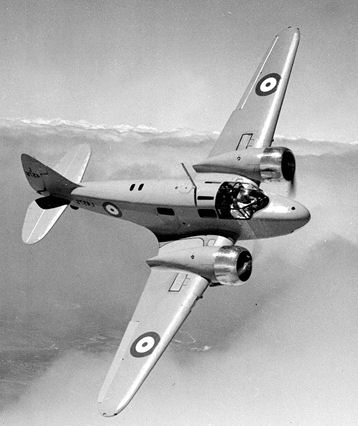
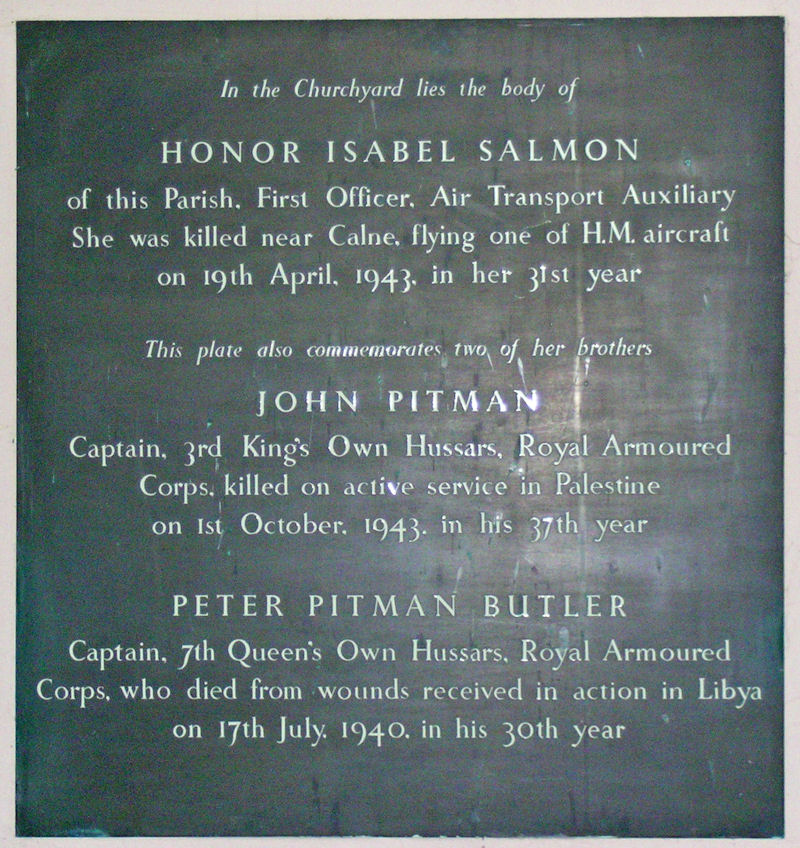
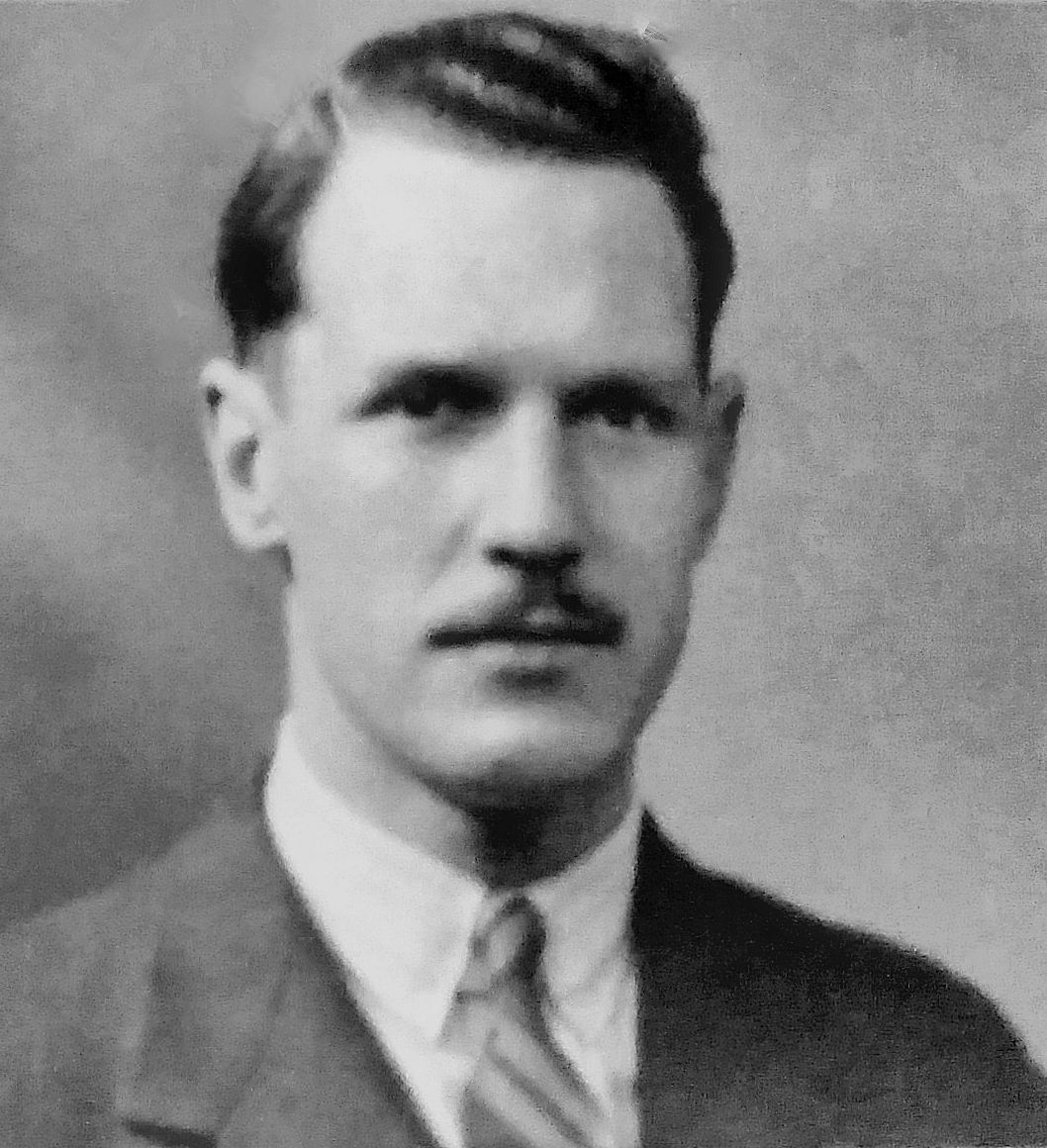
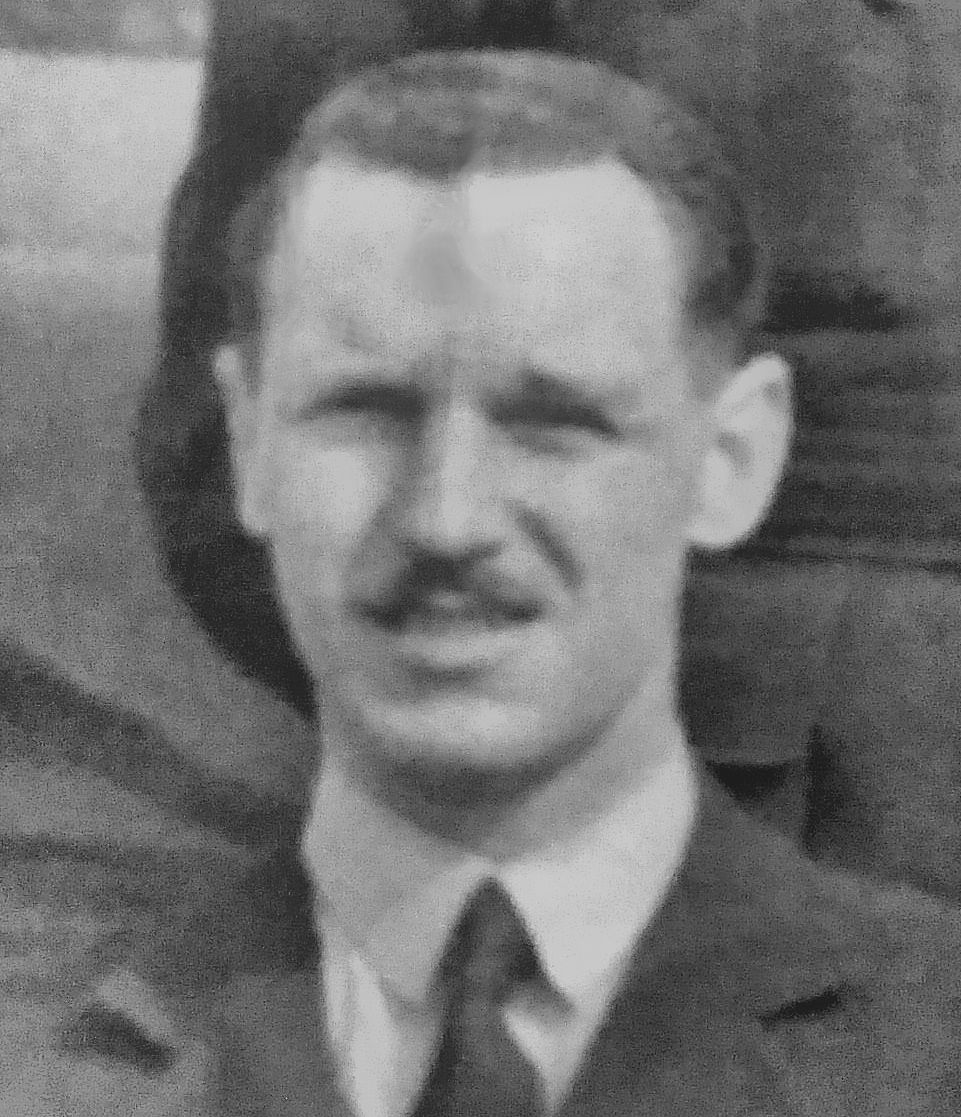 ATA
ATA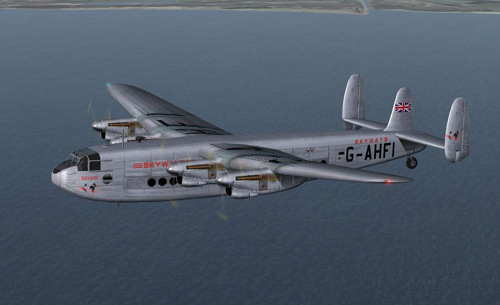
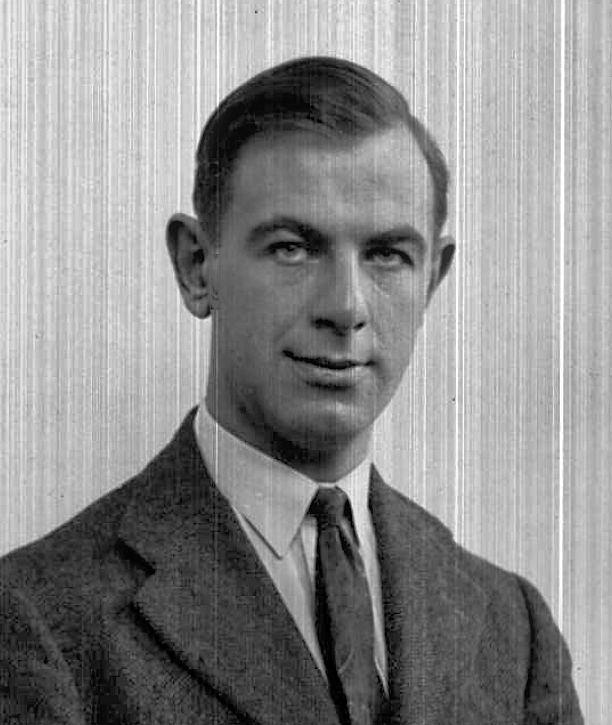 Henry Thomas Newman in 1946, aged 22
Henry Thomas Newman in 1946, aged 22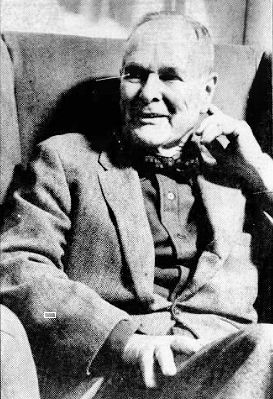 1980 - still fighting the county over tax
1980 - still fighting the county over tax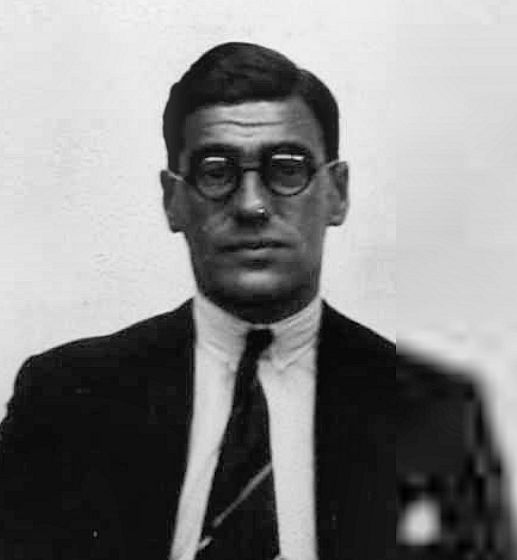
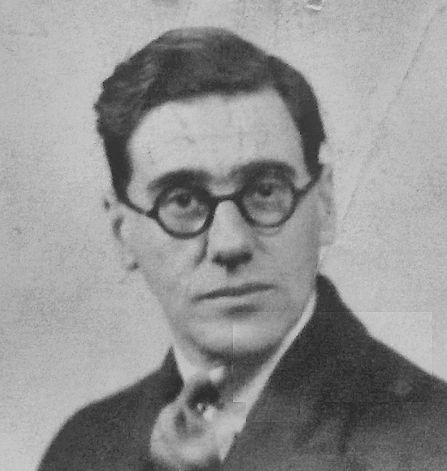
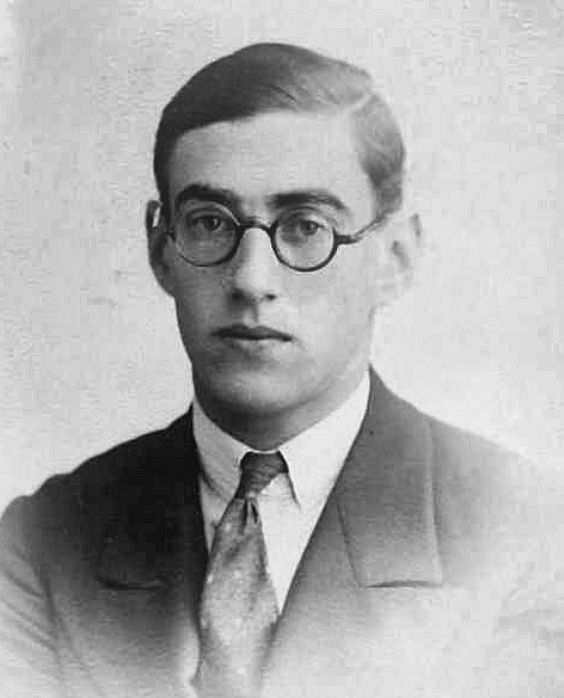

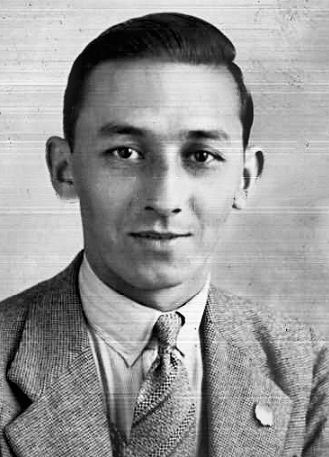 1936
1936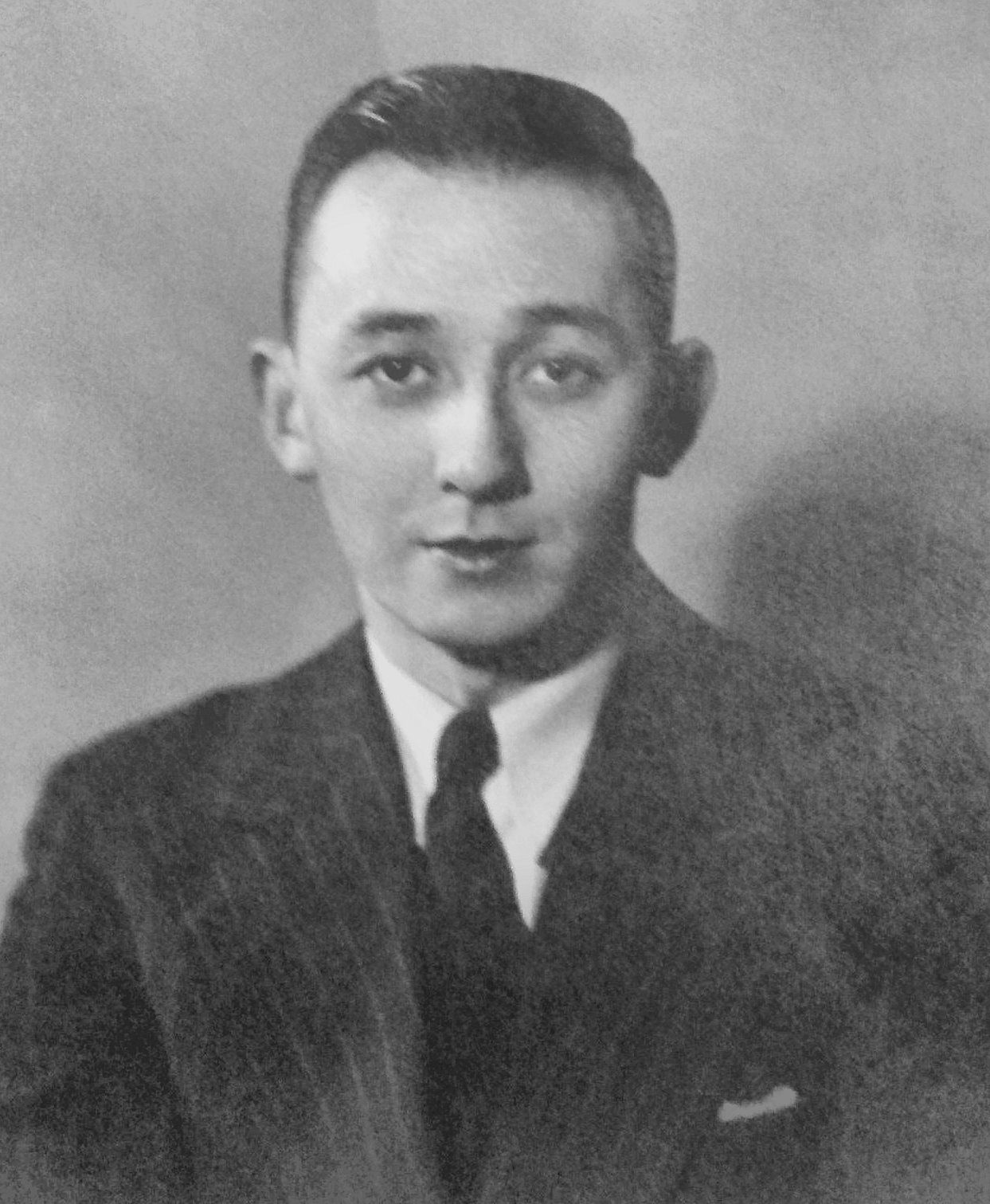 ATA
ATA ATAM
ATAM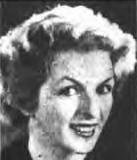
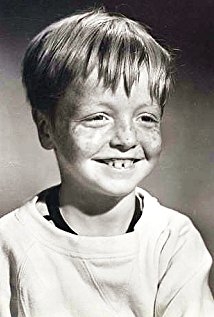 b: 29 Aug 1937 in Los Angeles
b: 29 Aug 1937 in Los Angeles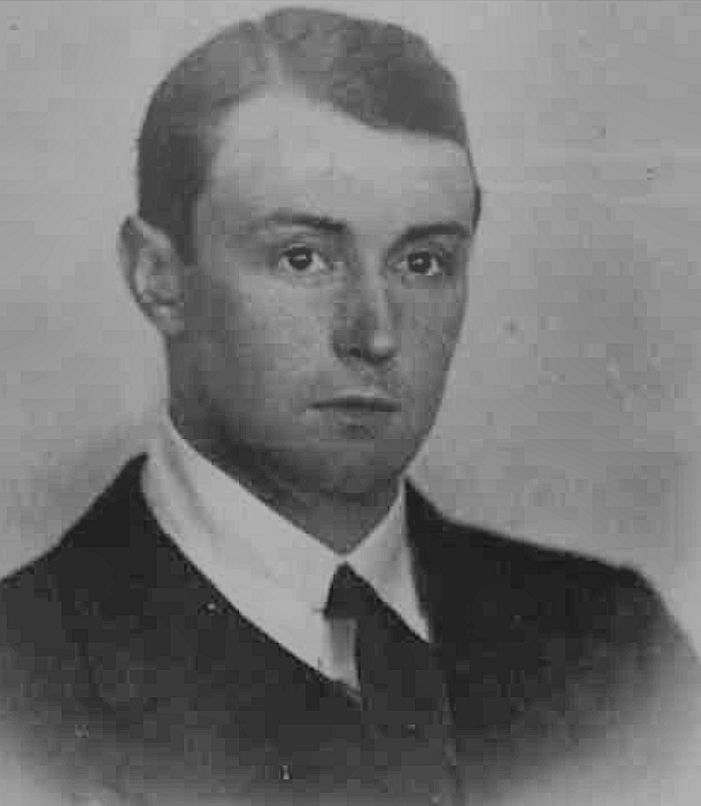 1915
1915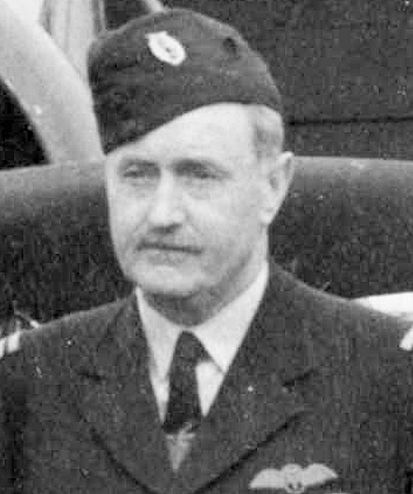 ATAM
ATAM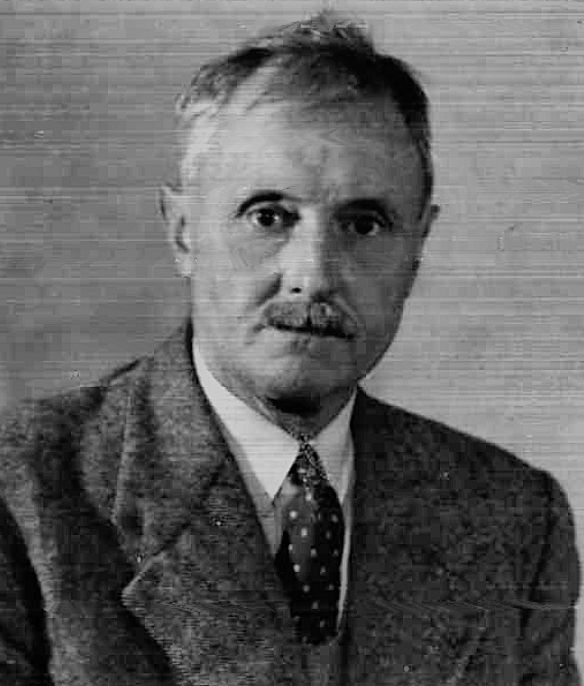 1946
1946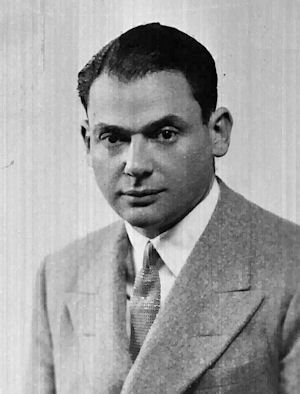 1938
1938 Ancestry
Ancestry
 Herbert's business card
Herbert's business card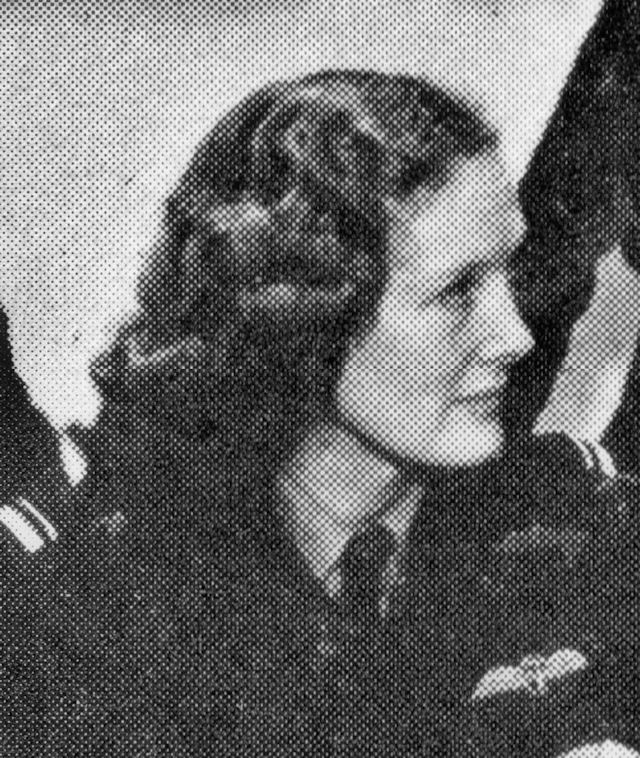
 Faith (l) and Herbert (r) visiting Gleneagles Hotel in 1952
Faith (l) and Herbert (r) visiting Gleneagles Hotel in 1952 1937
1937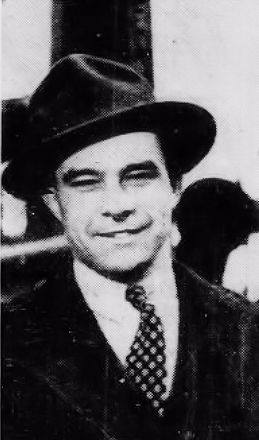 1941
1941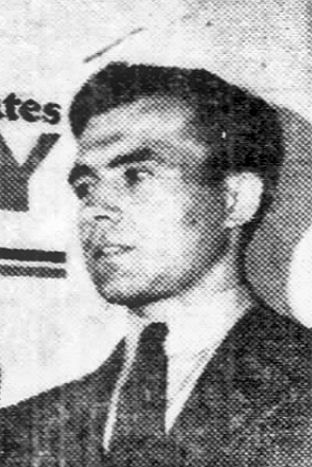 1942
1942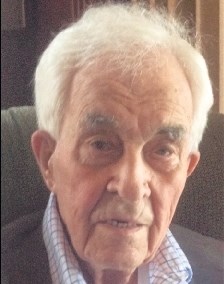
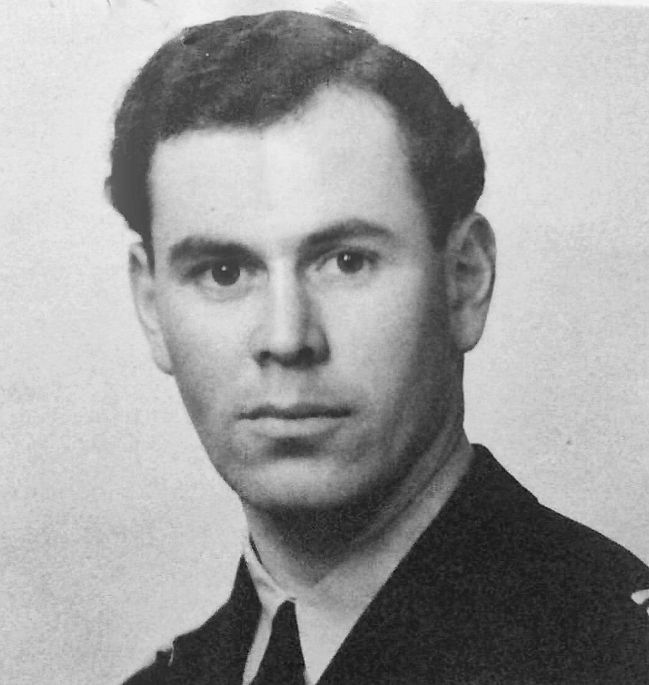
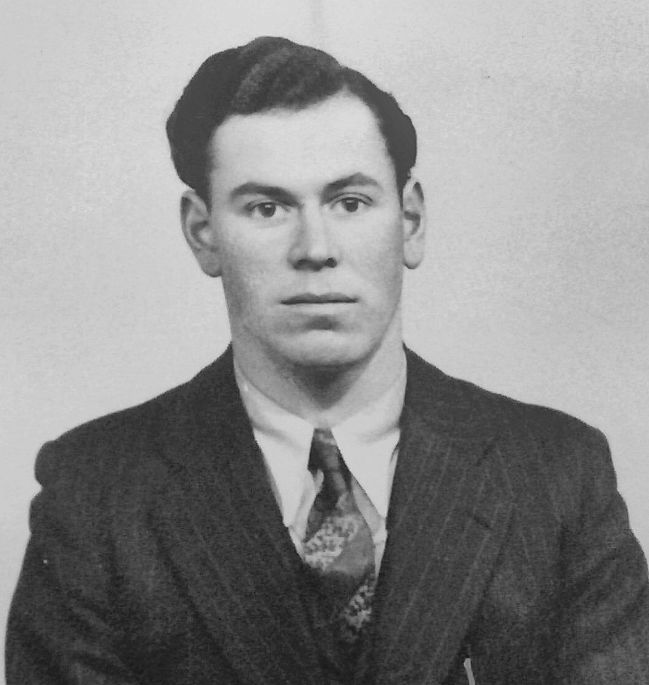
 ATAM
ATAM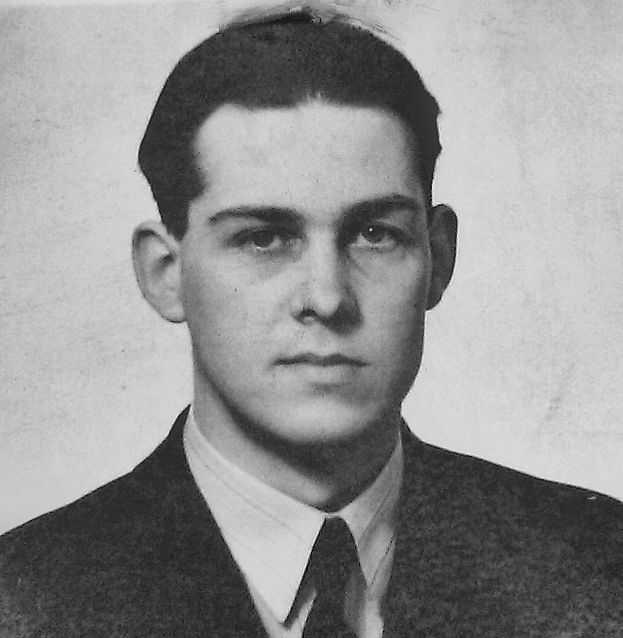
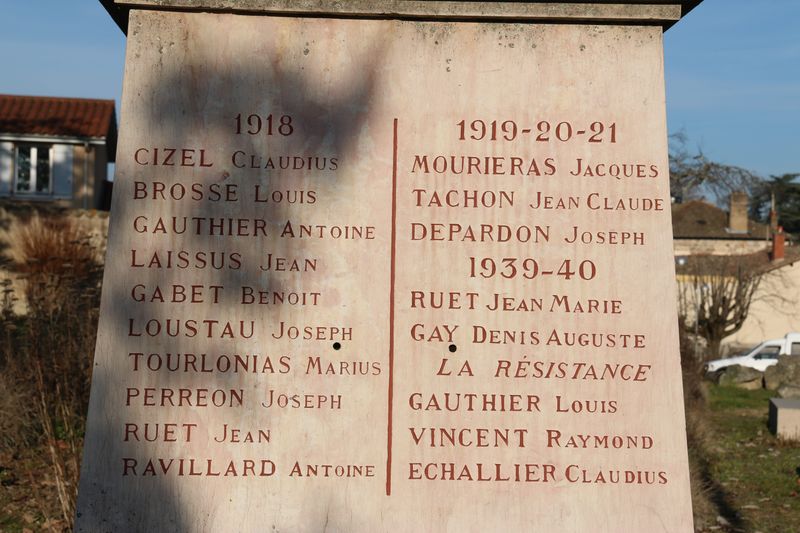
 RAeC 1932
RAeC 1932 1929
1929 1942 caricature by
1942 caricature by 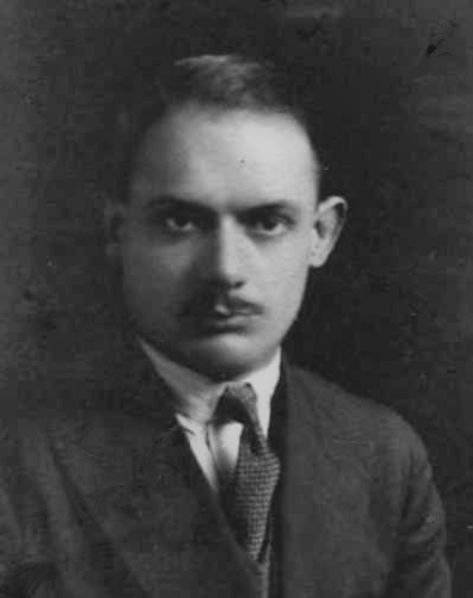
 1939
1939 ATA
ATA The 'Bystander'
The 'Bystander'

 ATA
ATA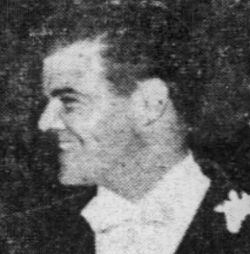 1944
1944
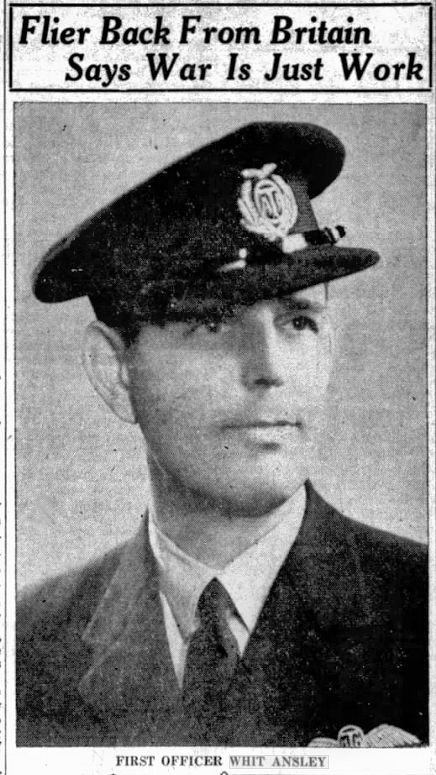
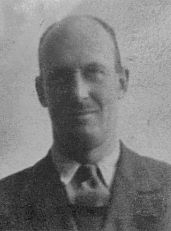
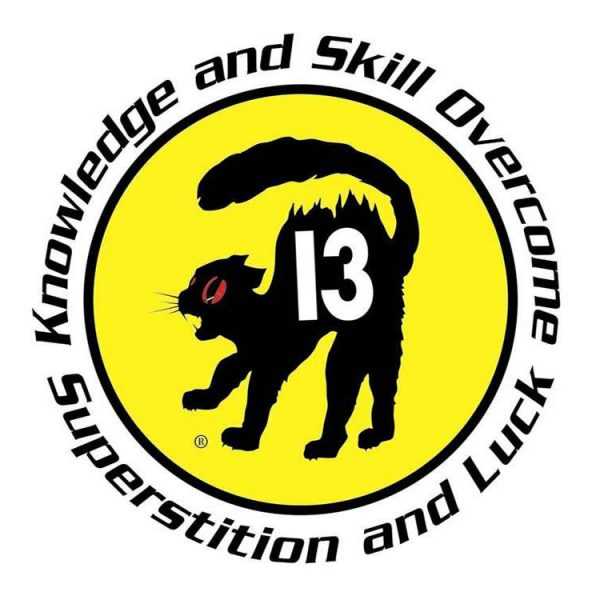 The Spartan College Black Cat with the 13 signifies that “Knowledge and Skill Overcome Superstition and Luck”.
The Spartan College Black Cat with the 13 signifies that “Knowledge and Skill Overcome Superstition and Luck”.


 Golden Wedding in 1962 - Ainsworth Star-Journal
Golden Wedding in 1962 - Ainsworth Star-Journal 1947 - Lincoln Journal Star
1947 - Lincoln Journal Star Spartan Instructor - 1941
Spartan Instructor - 1941 US Draft Card, dated 16 Oct 1940
US Draft Card, dated 16 Oct 1940 "Nebraska ferry pilot and wife
"Nebraska ferry pilot and wife

 1943
1943 1948
1948  Honolulu USNAF Air News, 1948
Honolulu USNAF Air News, 1948 ATA
ATA at West Lafayette, Purdue University 1938
at West Lafayette, Purdue University 1938 Draft Card, dated 1940
Draft Card, dated 1940



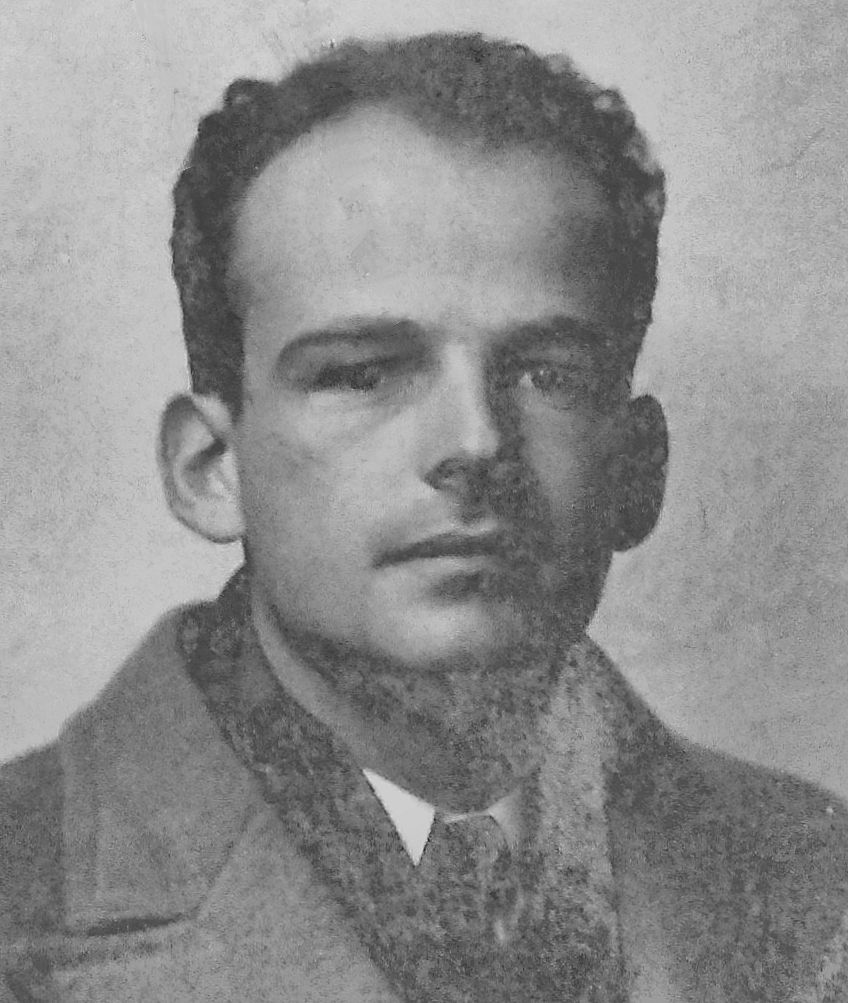 ATA
ATA ATA
ATA Draft card, dated 16 Oct 1940
Draft card, dated 16 Oct 1940
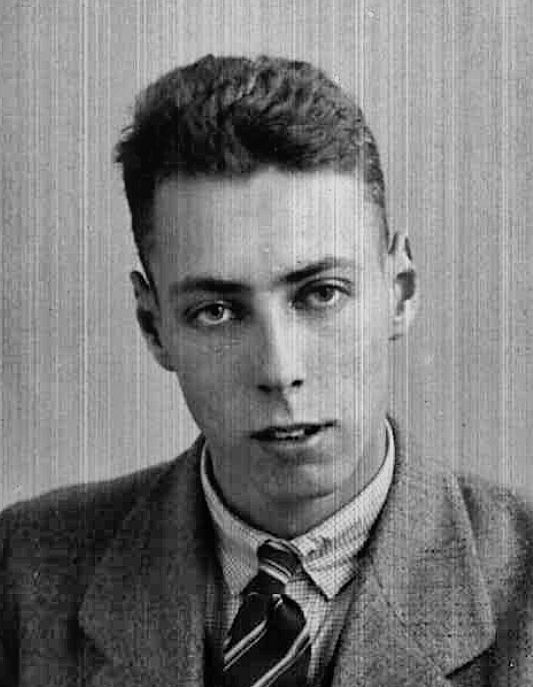 1937
1937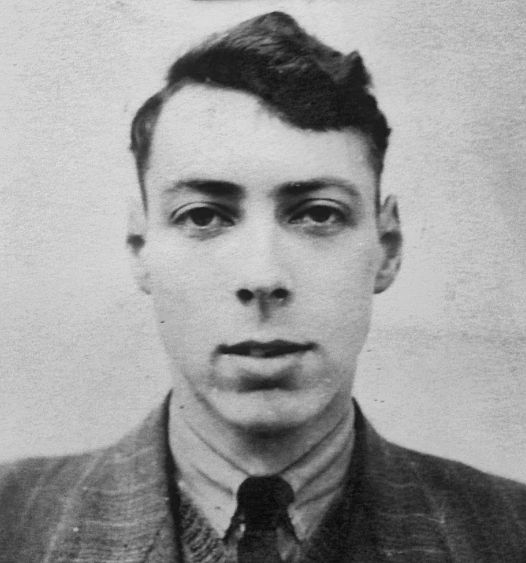 ATA
ATA
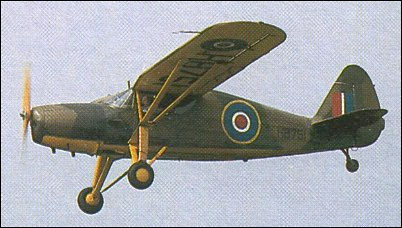
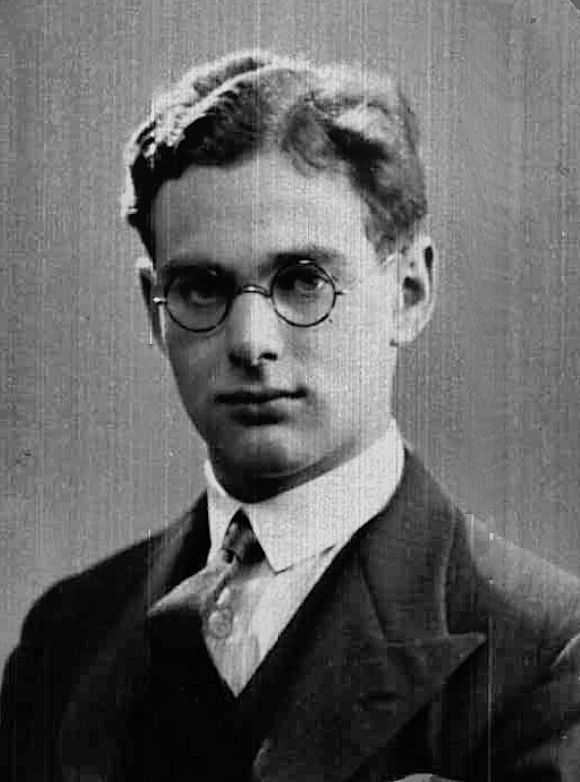 1937
1937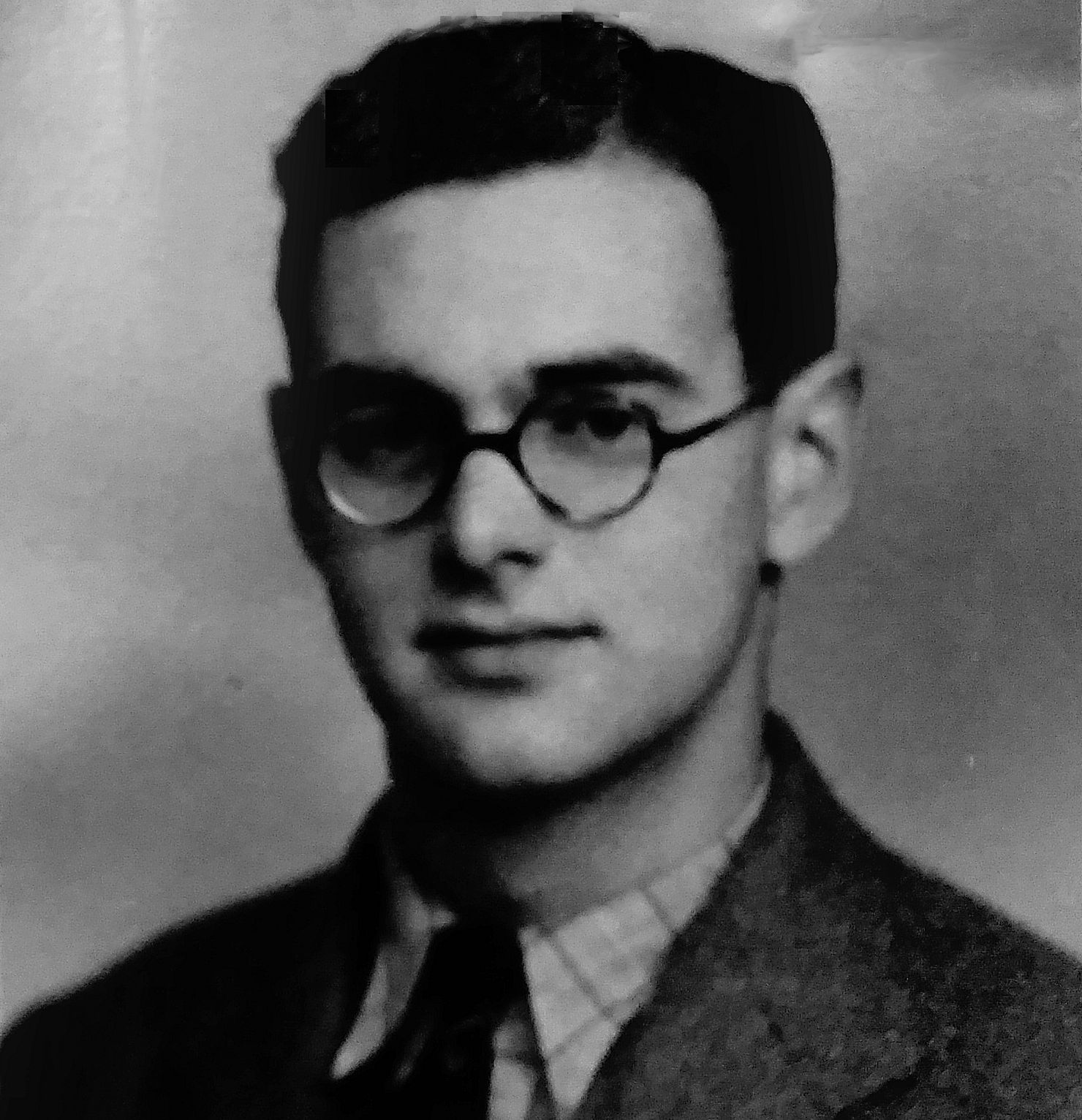 ATA
ATA
 c.1919 (Ancestry)
c.1919 (Ancestry) The Queen's Head Public House: Sandy Lane, Northill, Beds, one of many owned by Wells & Co.
The Queen's Head Public House: Sandy Lane, Northill, Beds, one of many owned by Wells & Co. at Trinity College (Ancestry)
at Trinity College (Ancestry)
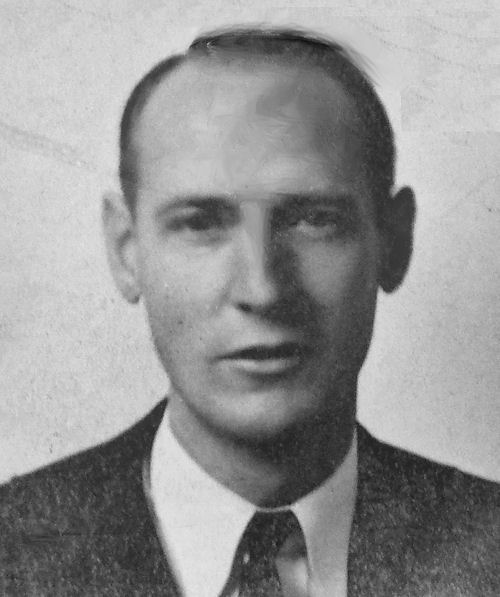 ATA
ATA
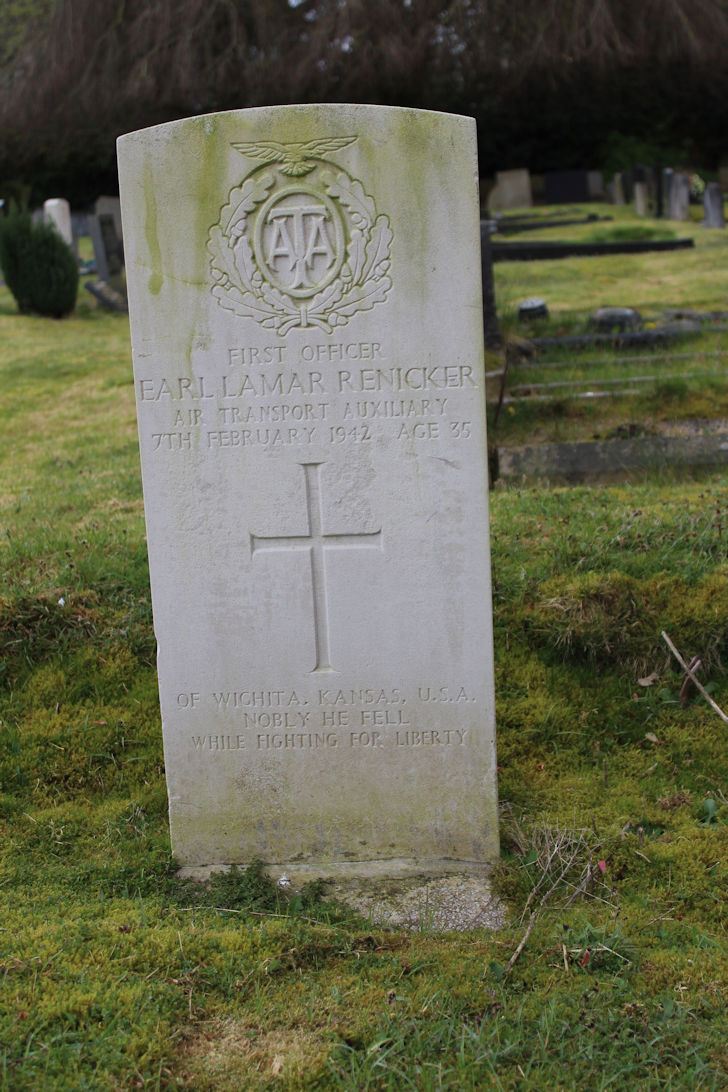 with thanks to Barbara Grayson
with thanks to Barbara Grayson Draft Card, dated 16 Oct 1940
Draft Card, dated 16 Oct 1940 ATA
ATA 1936
1936
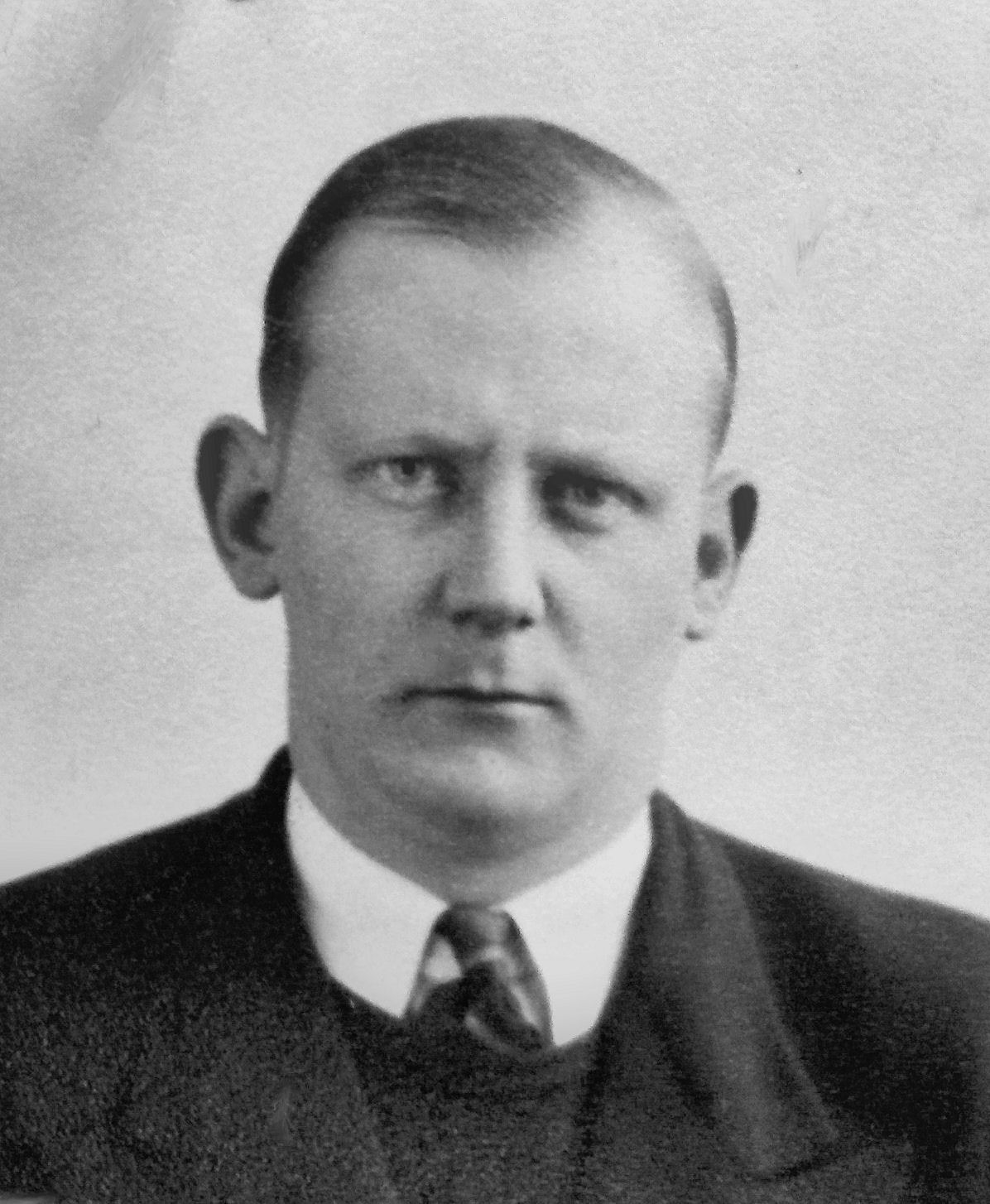 ATA
ATA ATAM
ATAM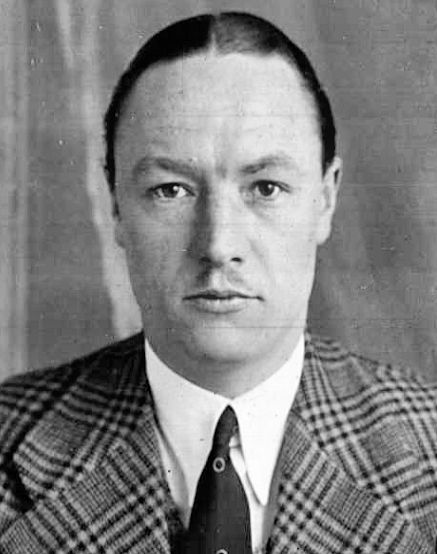 1936
1936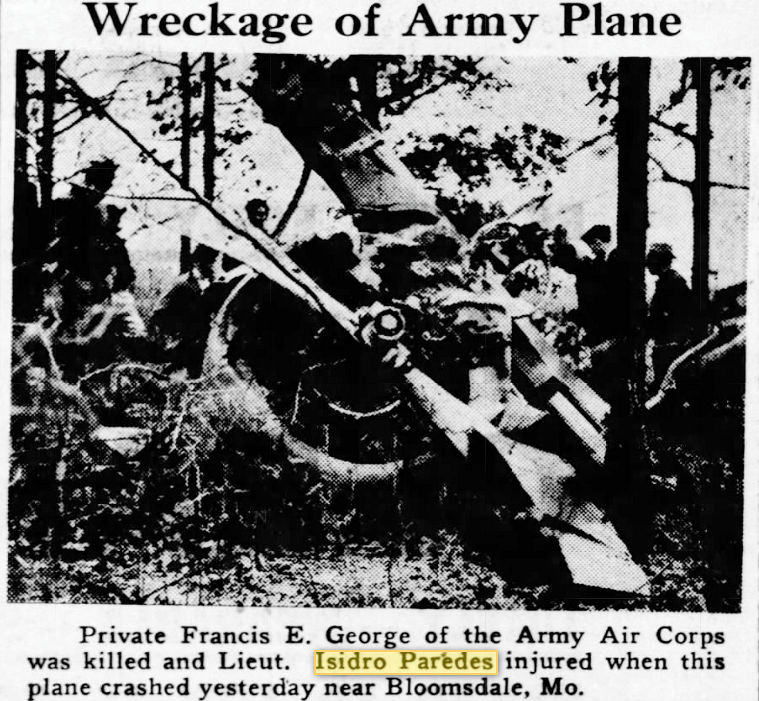
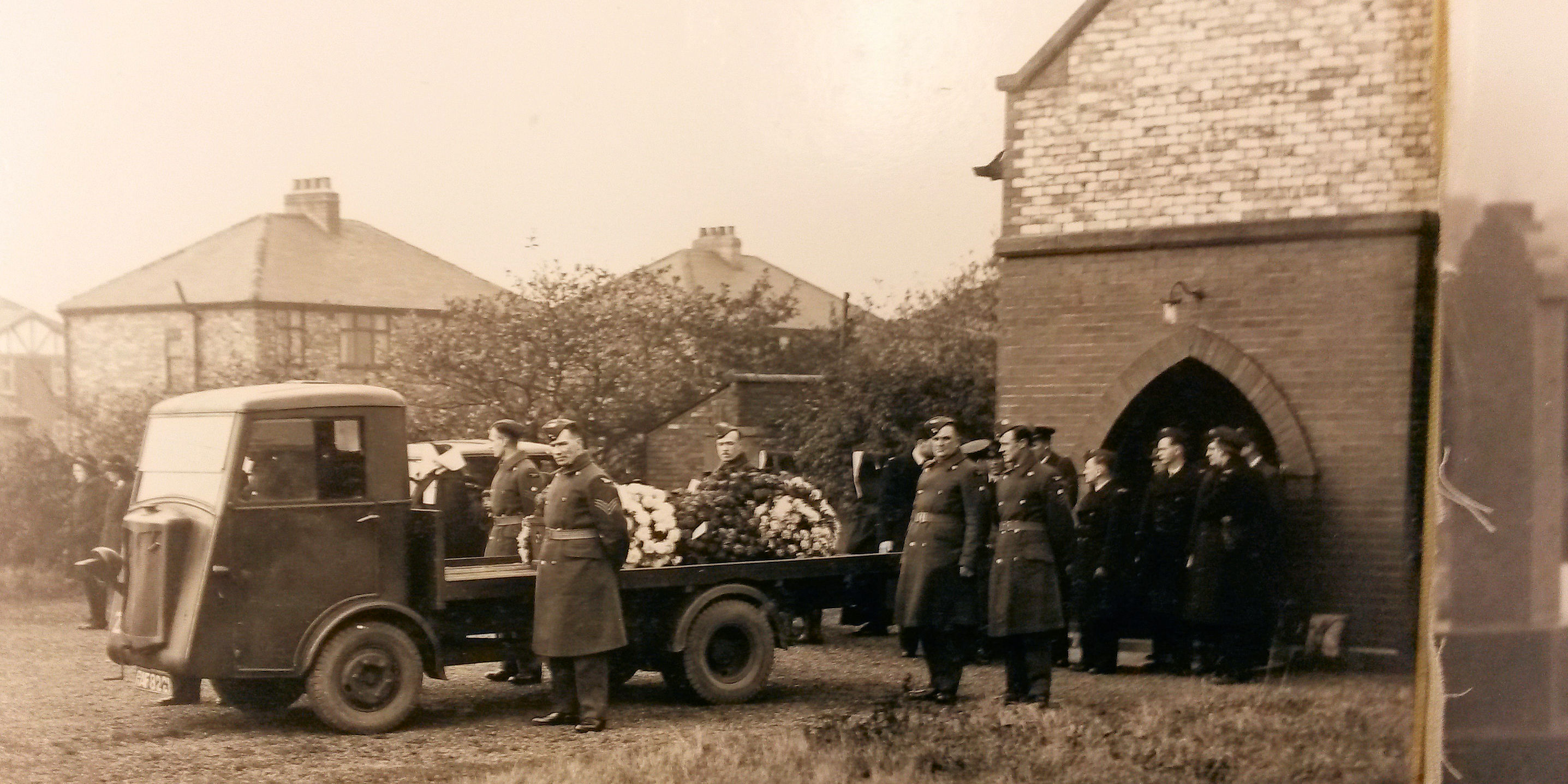
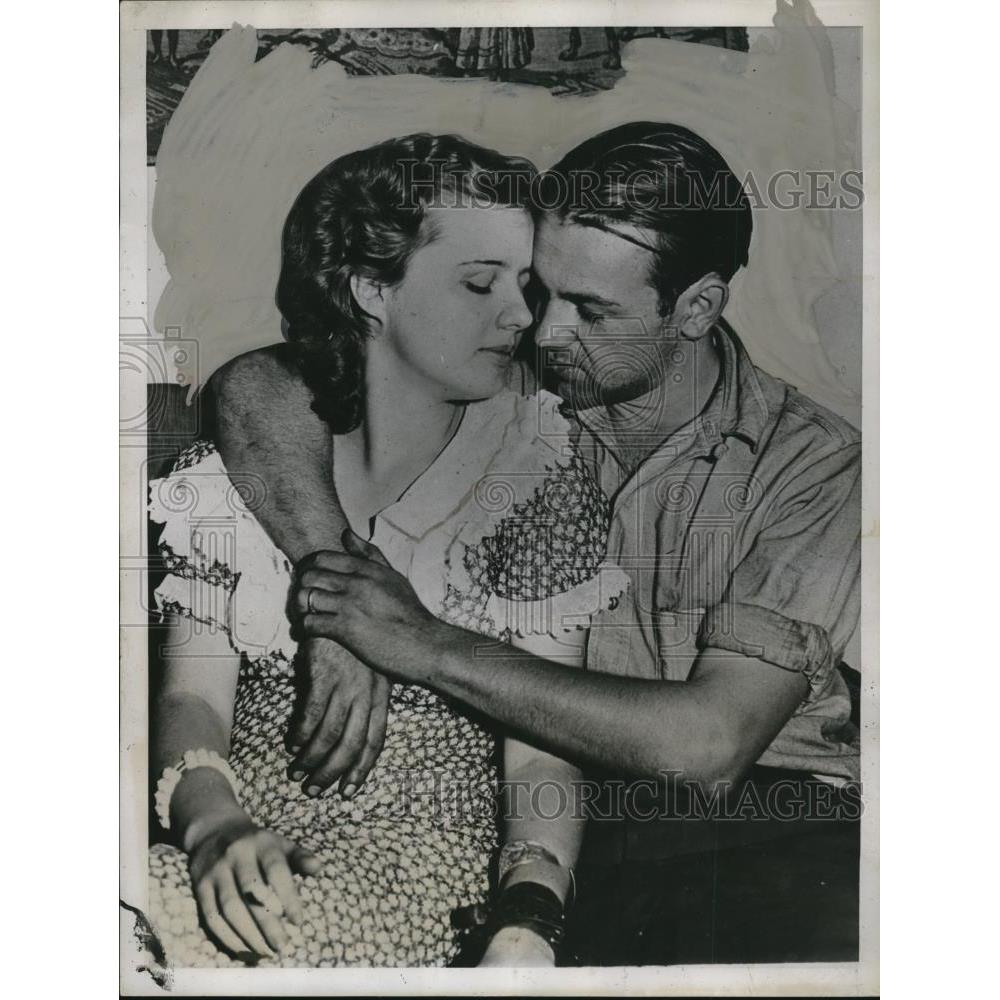 ©
© 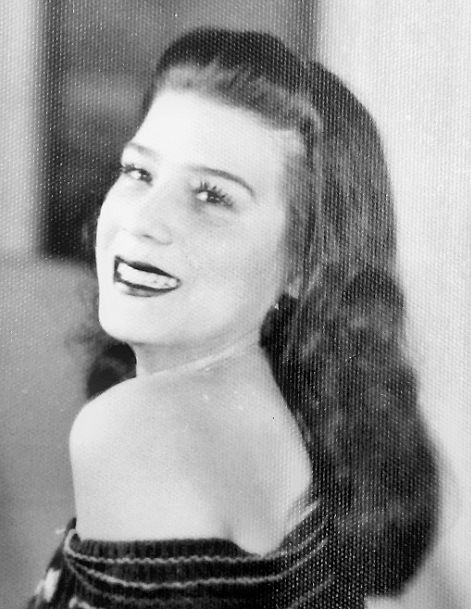
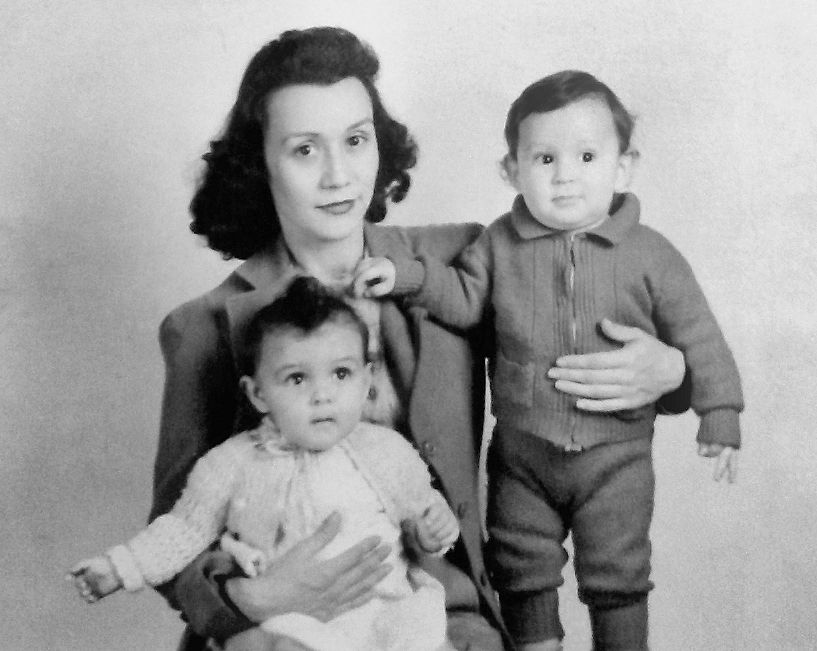
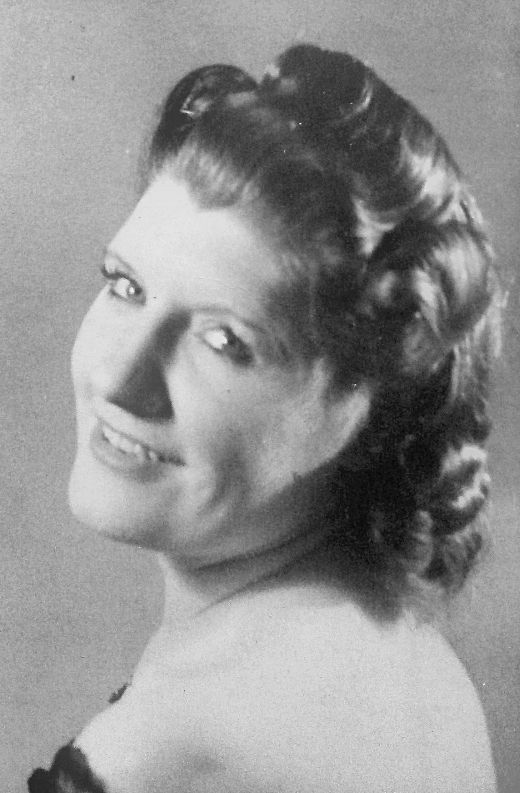 Kate Worledge, in a strikingly similar pose to Josephine ...
Kate Worledge, in a strikingly similar pose to Josephine ...
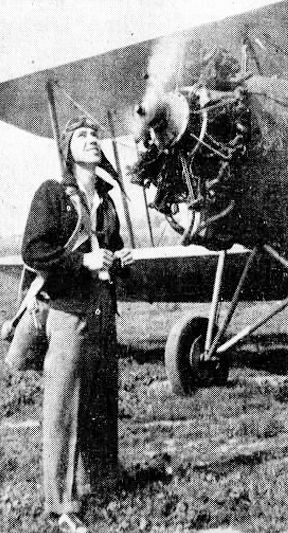
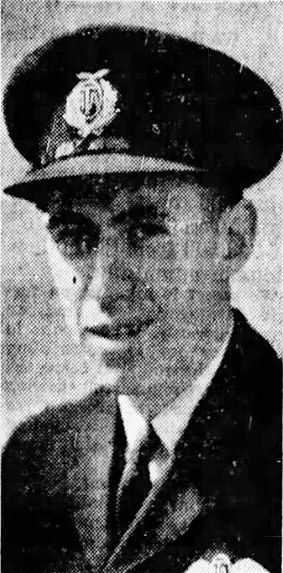
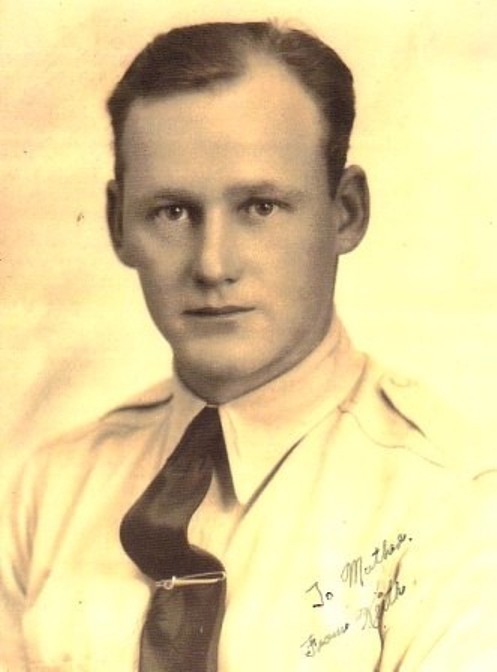
 [Please note that this coupon is no longer valid :-} ]
[Please note that this coupon is no longer valid :-} ]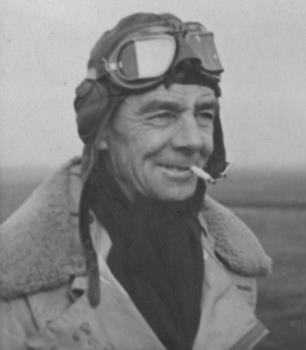 ATA
ATA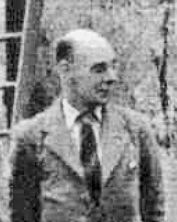 1971
1971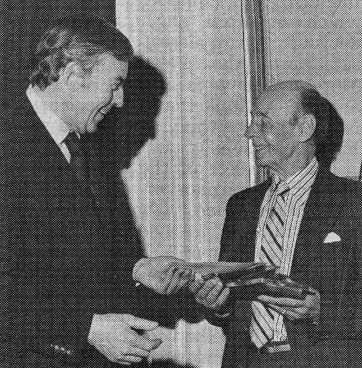 1977 (both 'Flight')
1977 (both 'Flight') 1936
1936
 Draft Card, dated 16 Oct 1940
Draft Card, dated 16 Oct 1940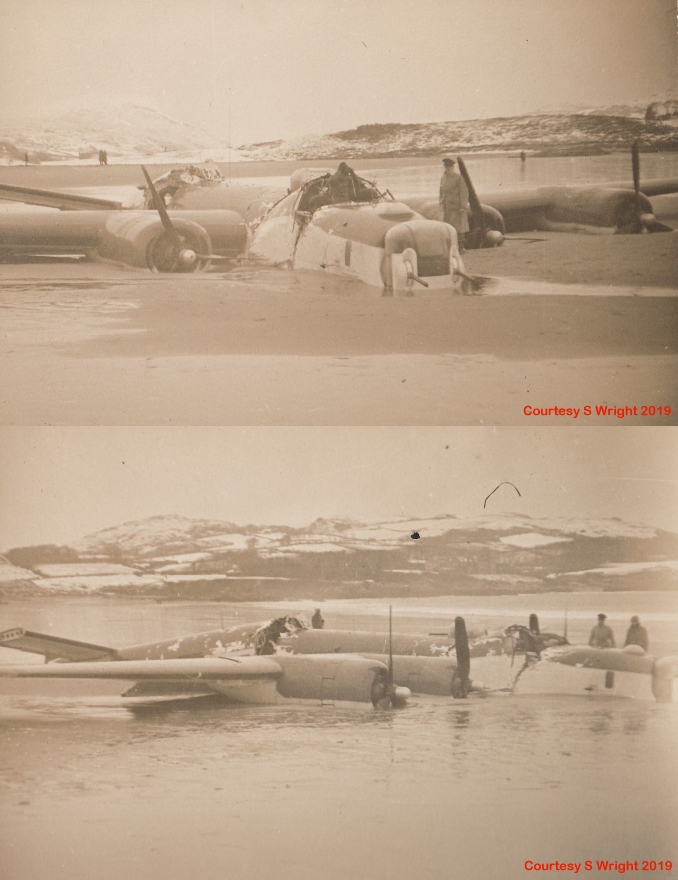 from
from 

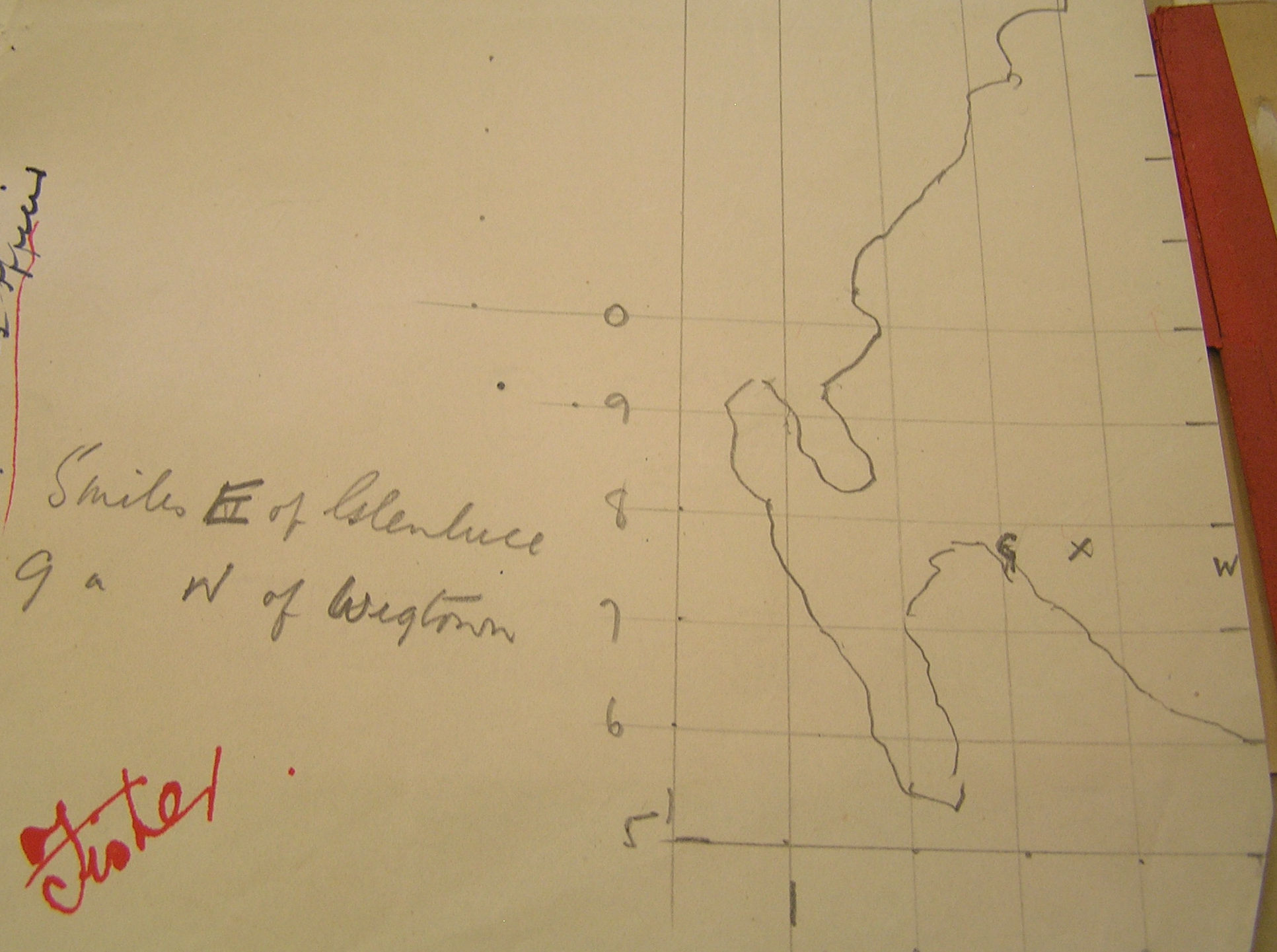
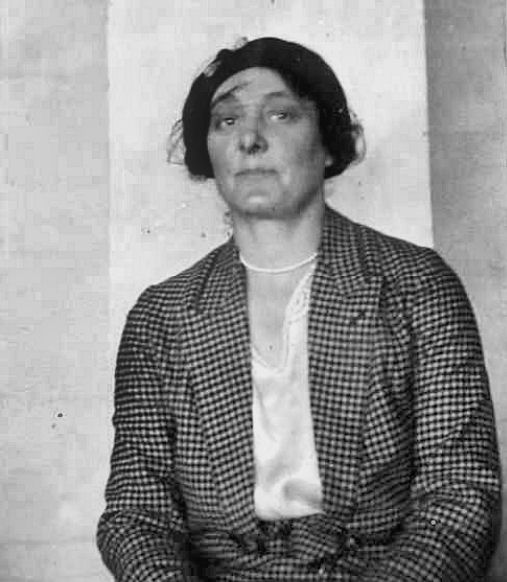 RAeC 1935
RAeC 1935 Looking forward to it!
Looking forward to it! 1935
1935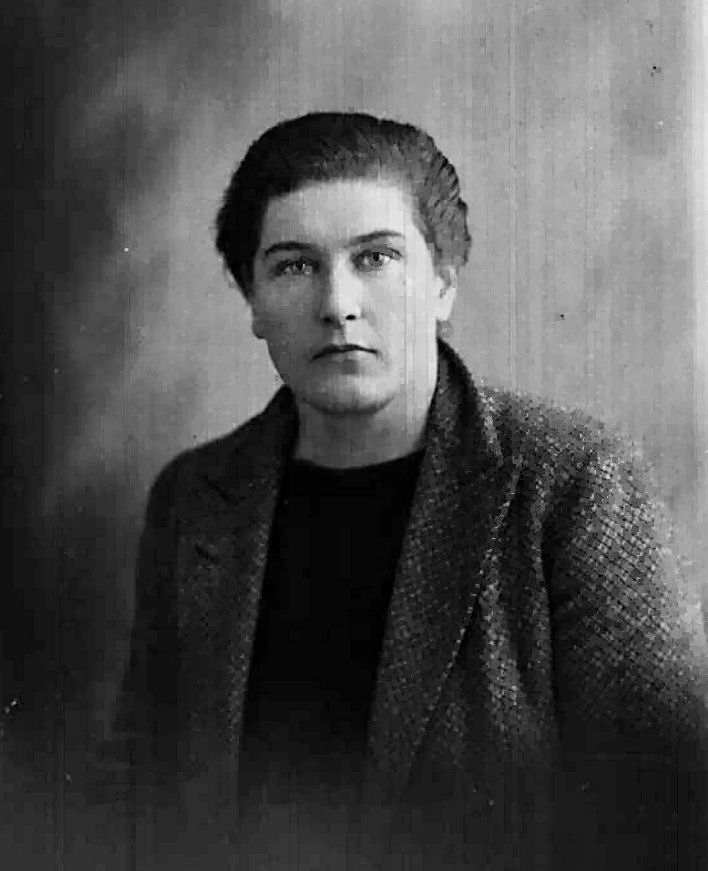 RAeC 1938
RAeC 1938 1929
1929 with her brother, the Hon. Thomas Adrian, at the 'Lincoln Stuff Ball' in 1930
with her brother, the Hon. Thomas Adrian, at the 'Lincoln Stuff Ball' in 1930 Ancestry
Ancestry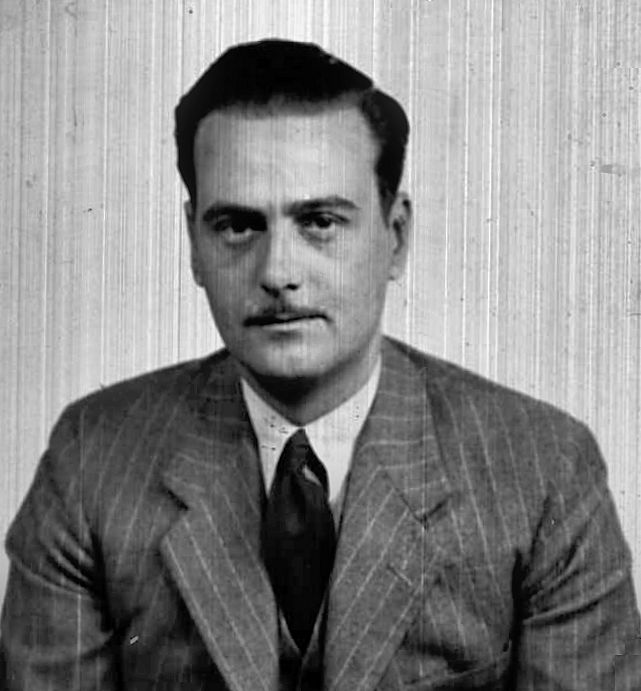 1939
1939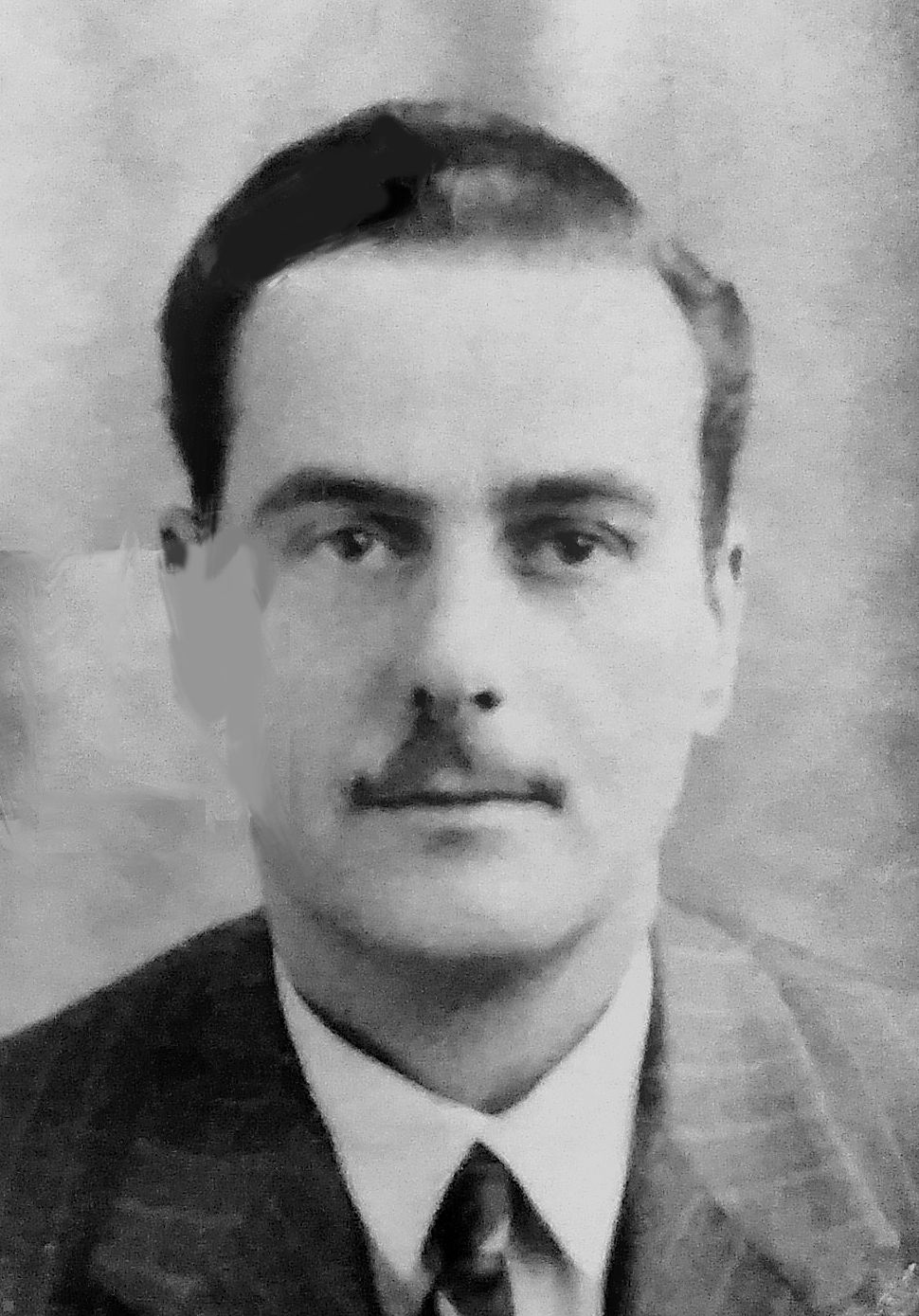 ATA
ATA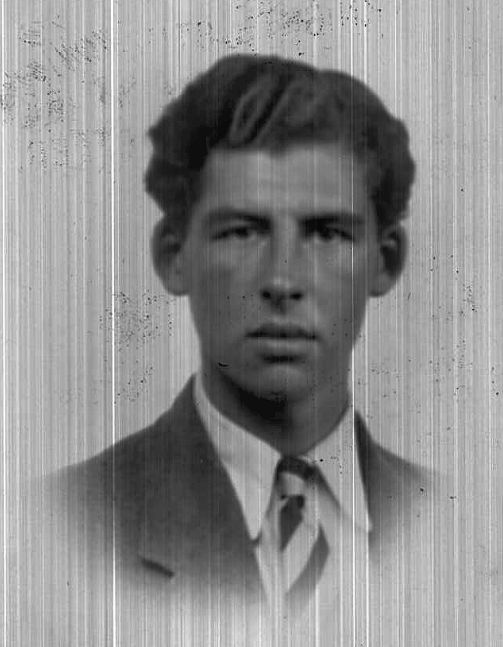
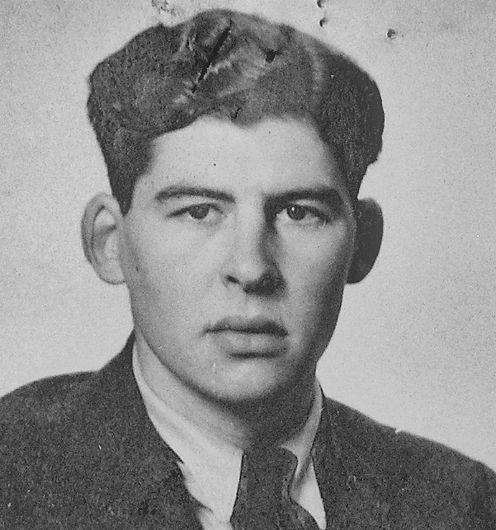
 ATAM
ATAM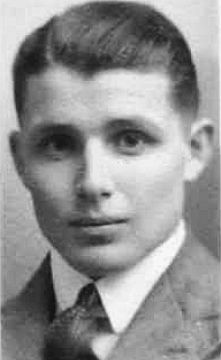 1933
1933 ATAM
ATAM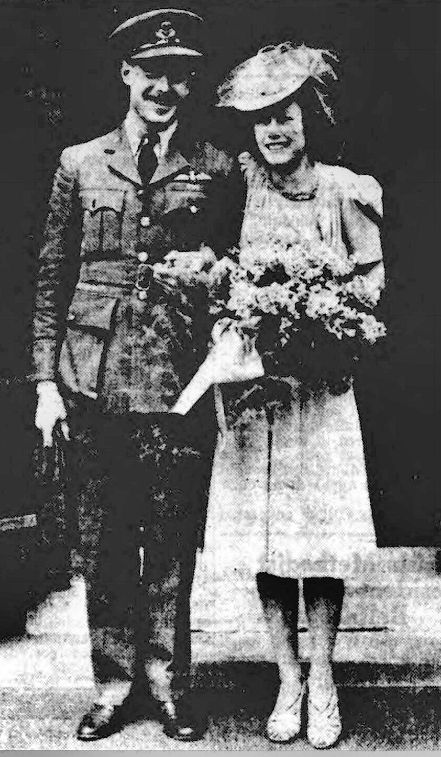 Kenneth and Patricia [Pruett], 7 Jun 1941
Kenneth and Patricia [Pruett], 7 Jun 1941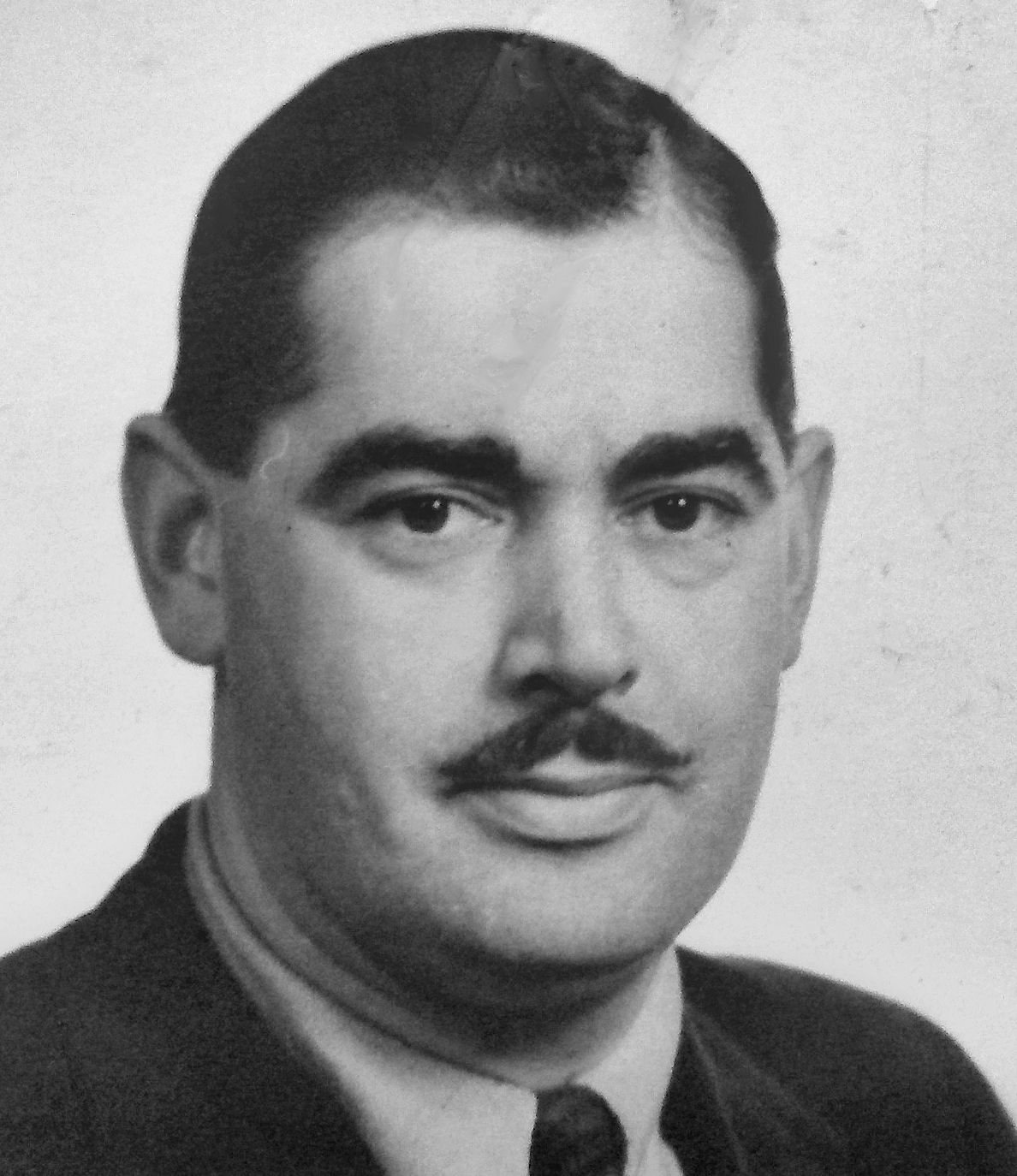 ATA
ATA
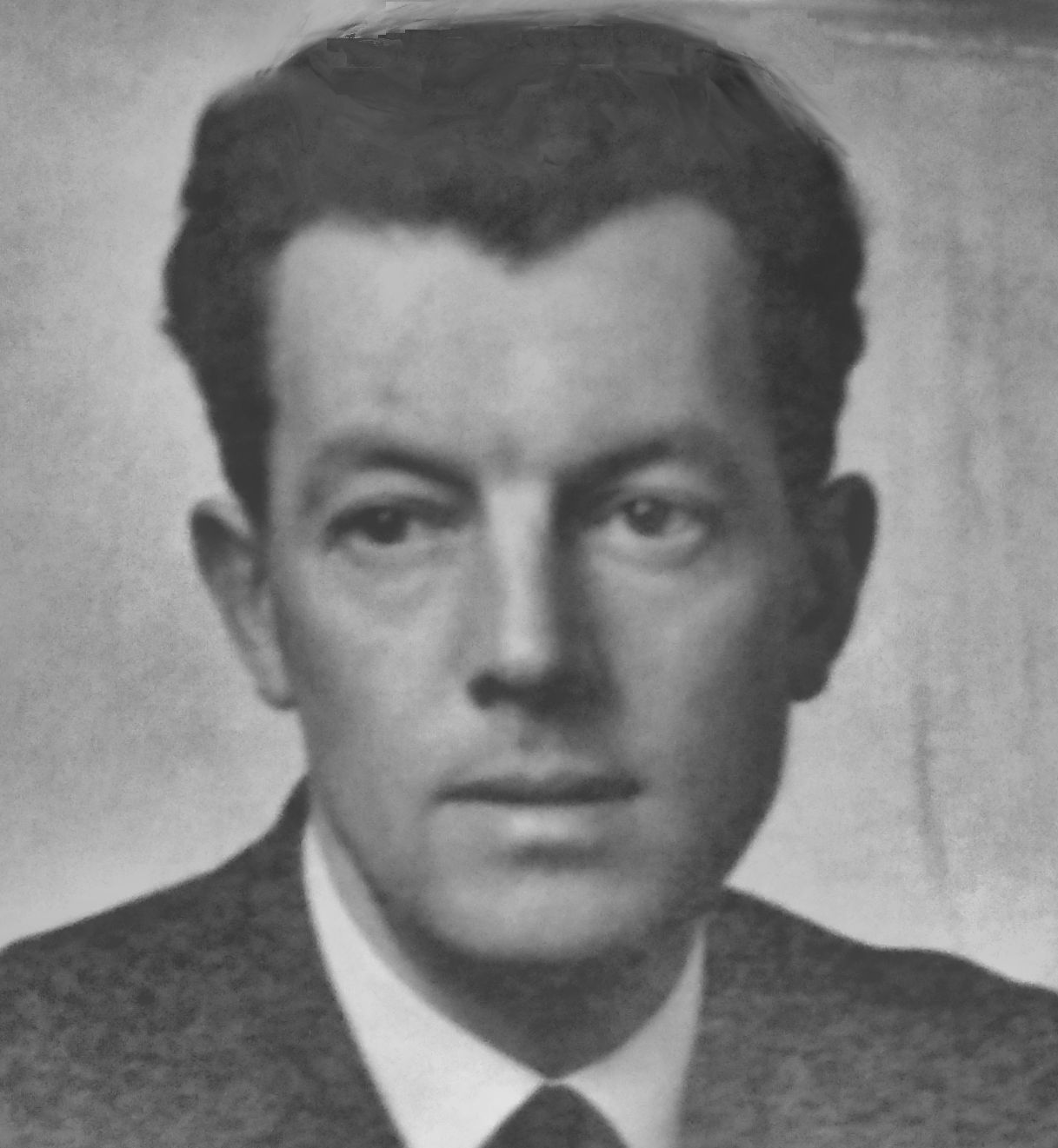
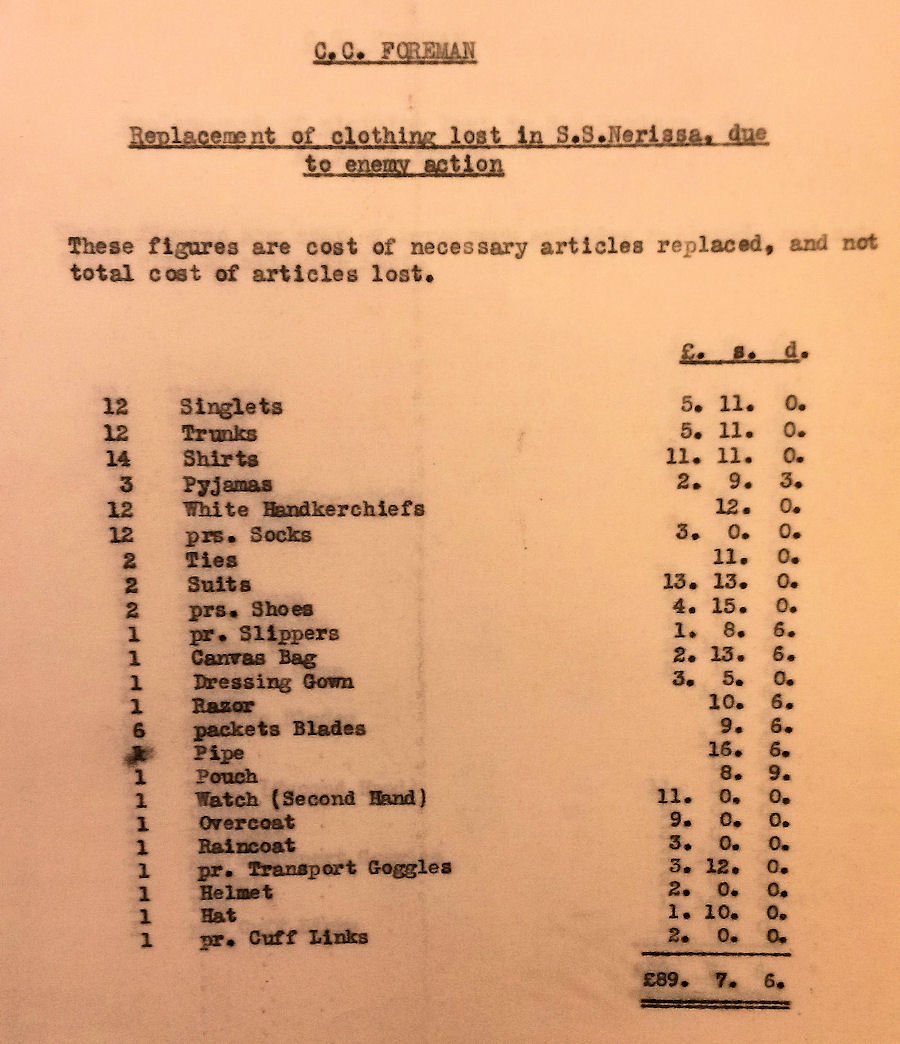
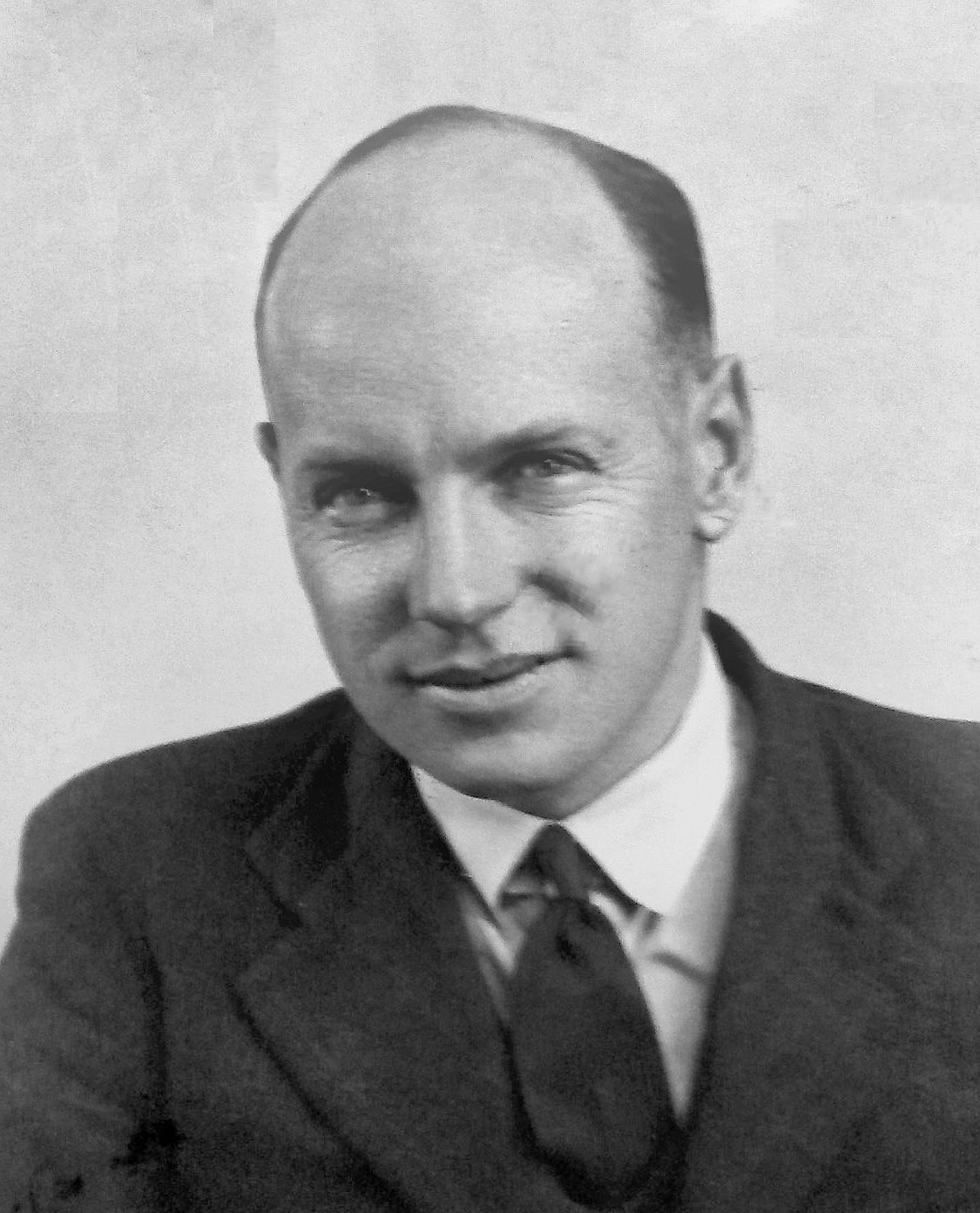 ATA
ATA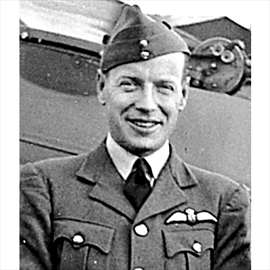
 1959
1959 ATAM
ATAM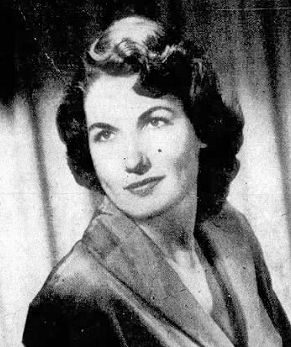
 Austin Young and Peter Lambton, awaiting trial
Austin Young and Peter Lambton, awaiting trial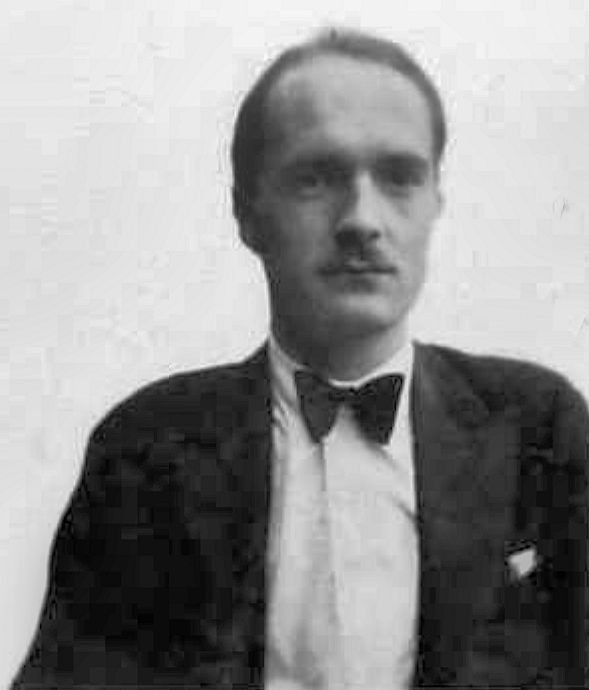 1932
1932  ATAM
ATAM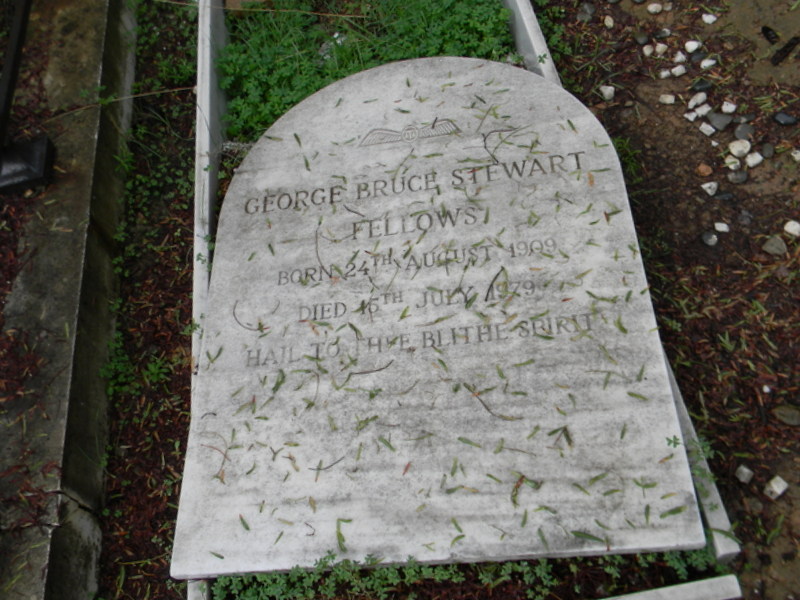 "Hail to the blithe spirit"
"Hail to the blithe spirit"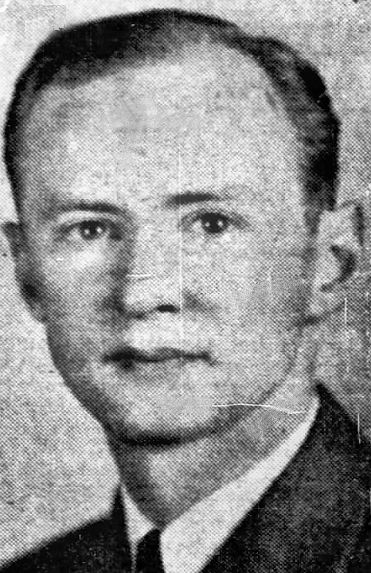
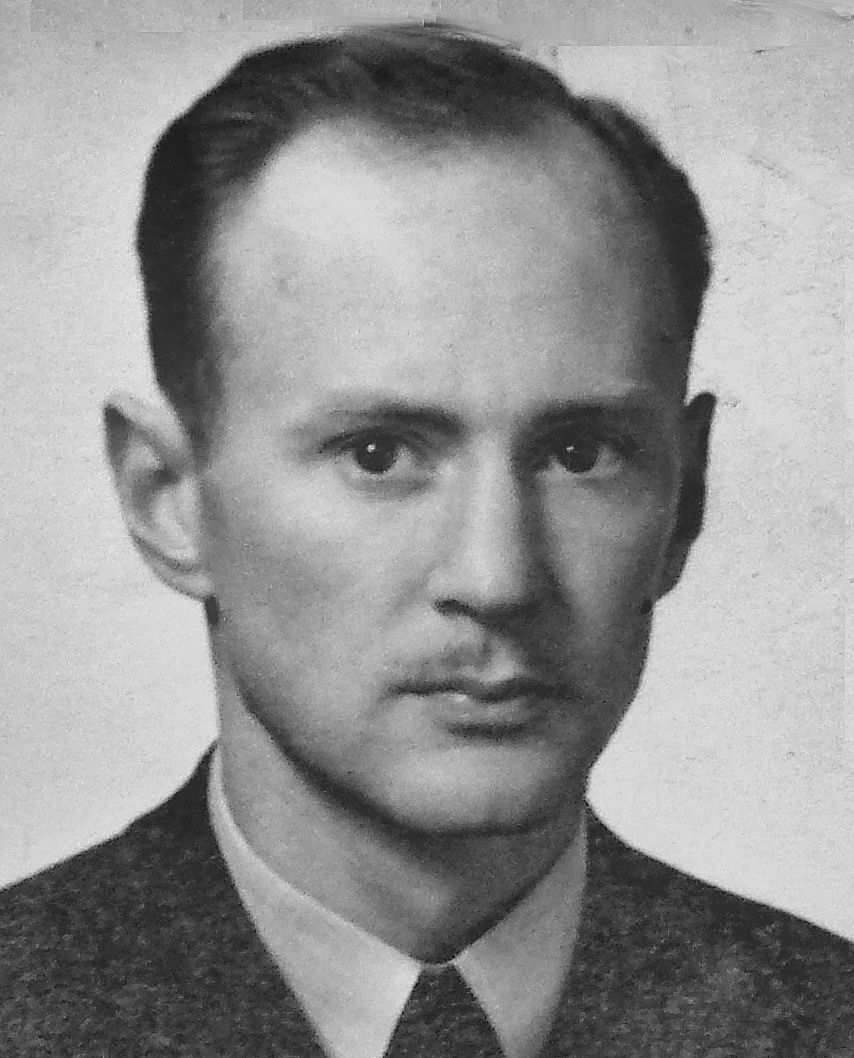
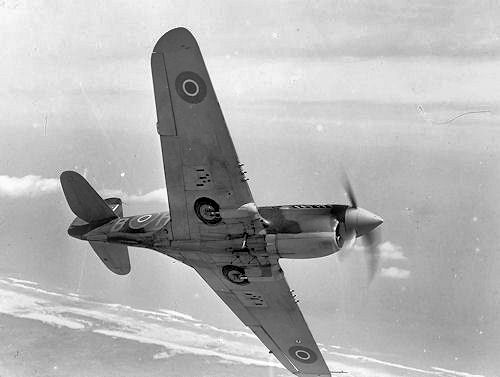
 "To Stuart, Happy Memories of June 1941. Mildred"
"To Stuart, Happy Memories of June 1941. Mildred"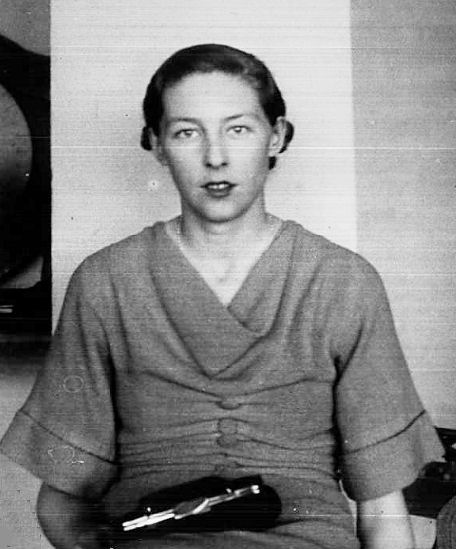 RAeC
RAeC 1942 caricature by
1942 caricature by 
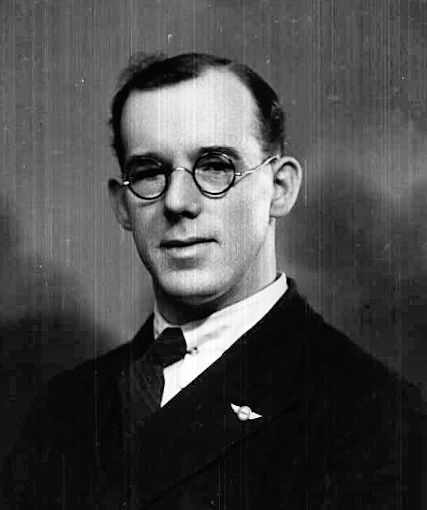
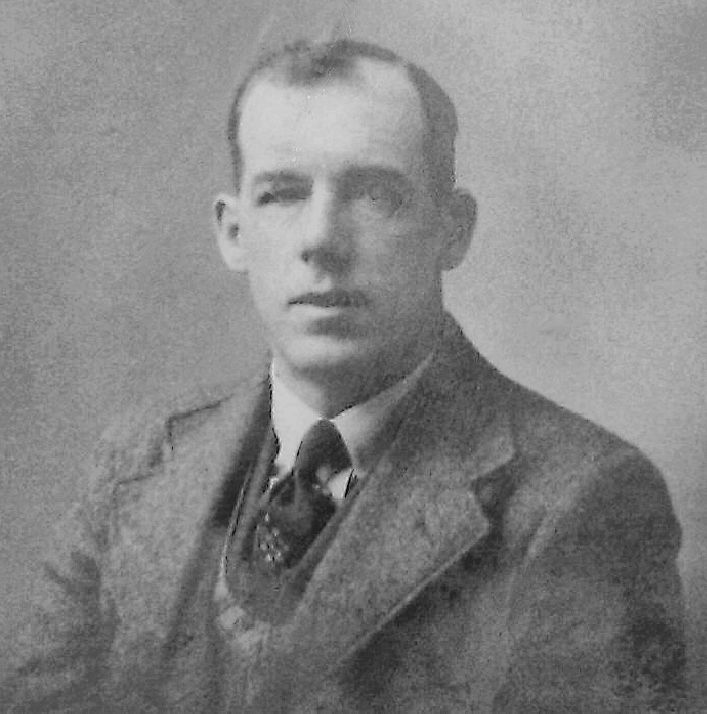
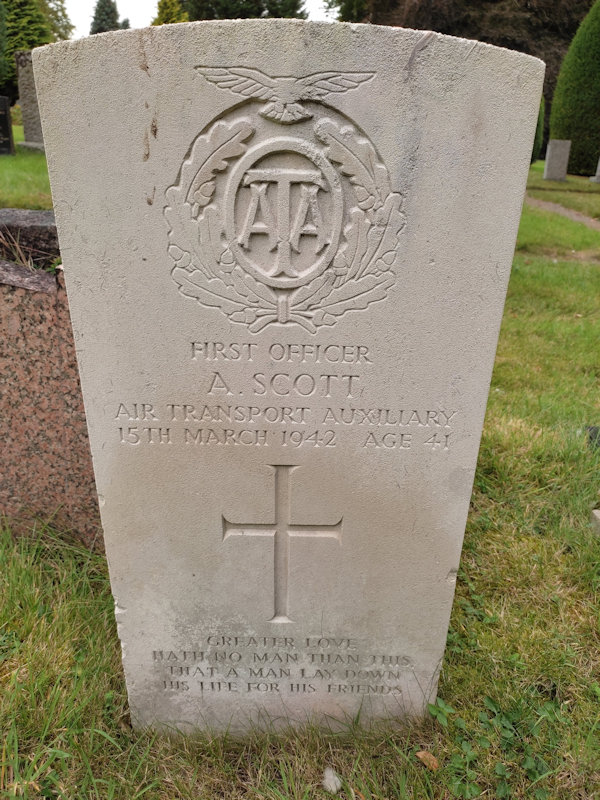
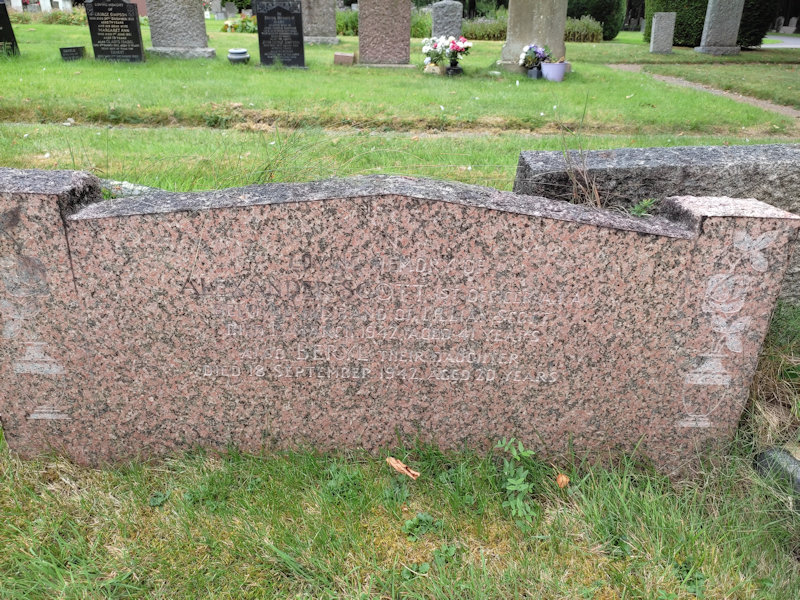
 1928
1928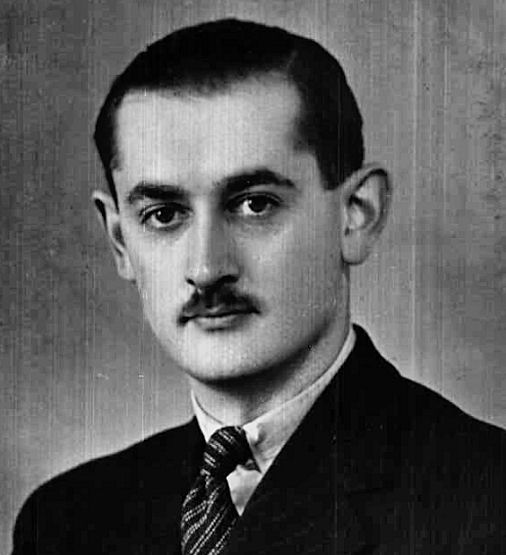 1937
1937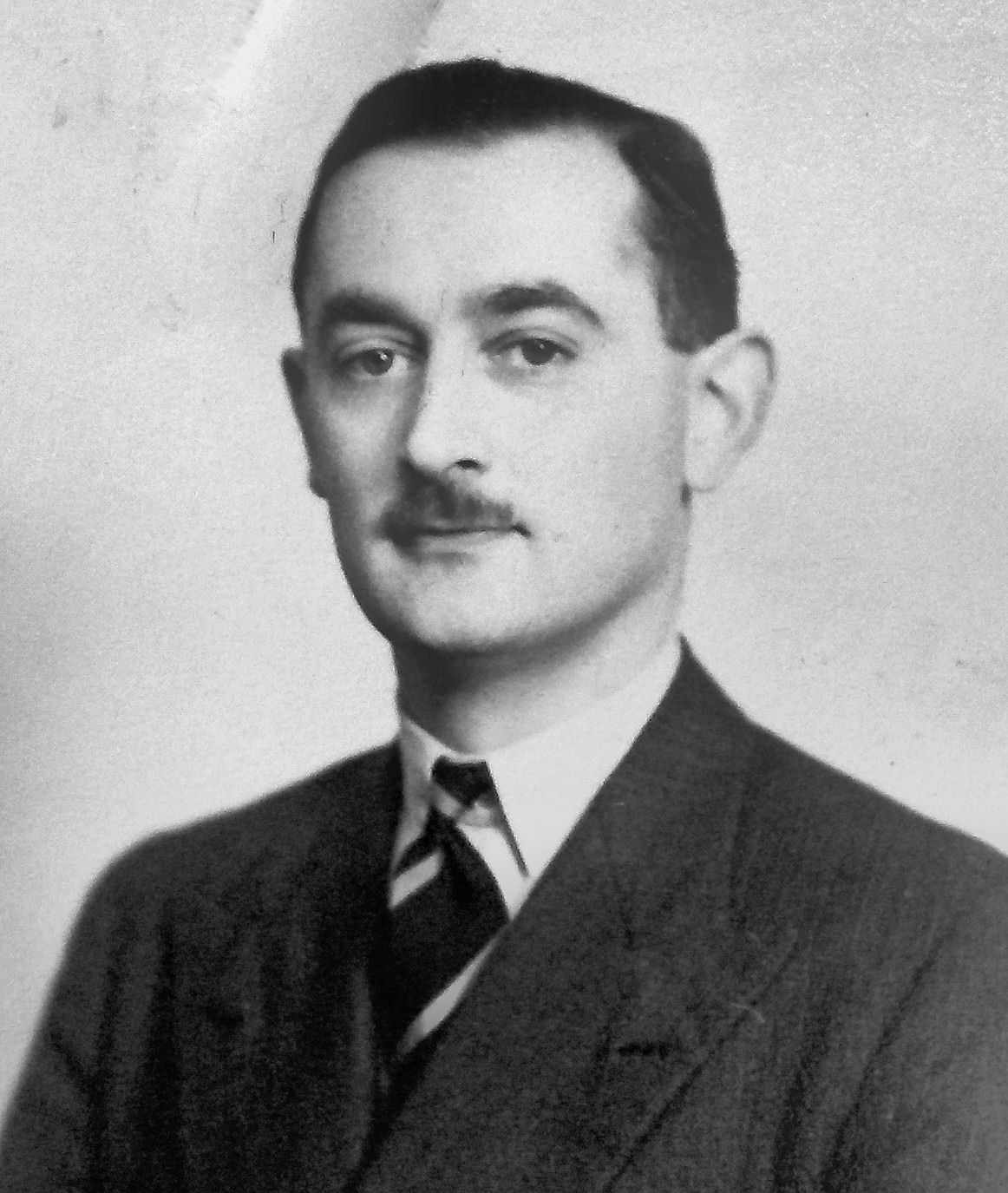 ATA
ATA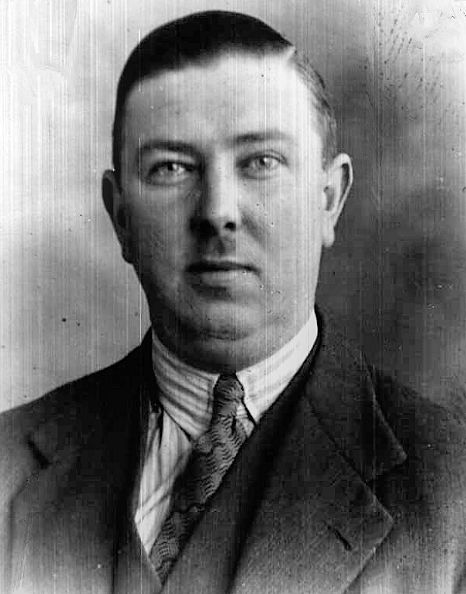 1936
1936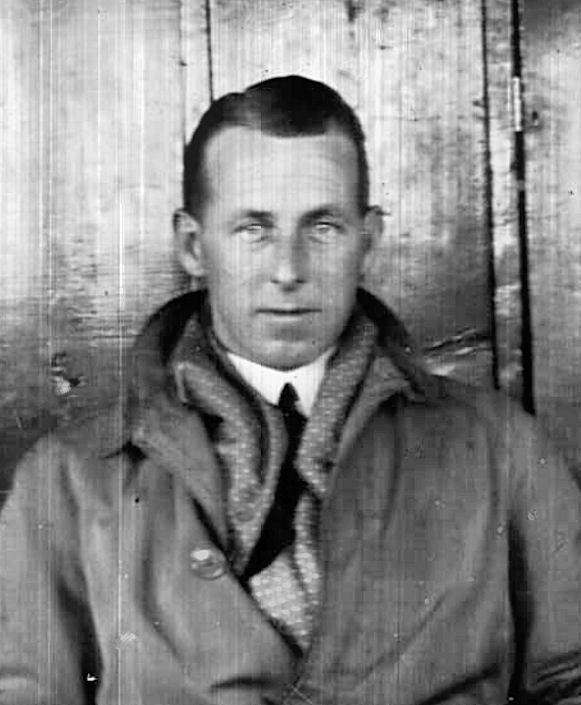 1937
1937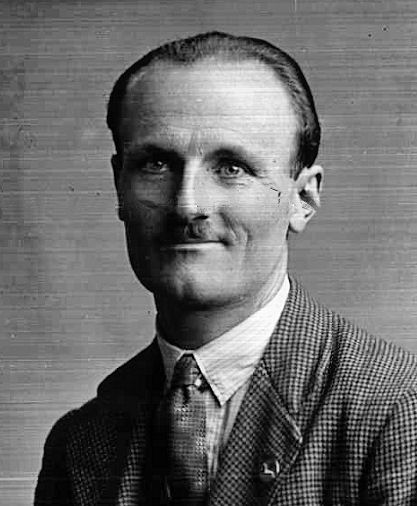
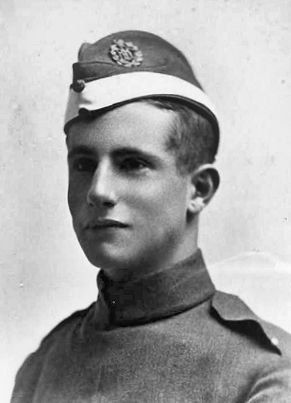 1918
1918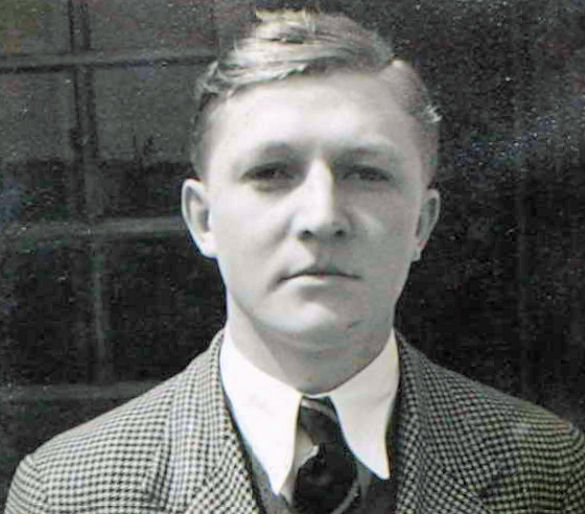 1934
1934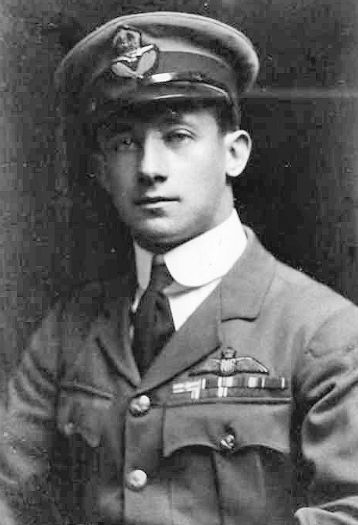
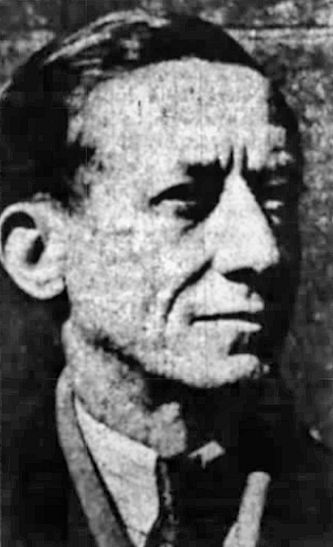 1941
1941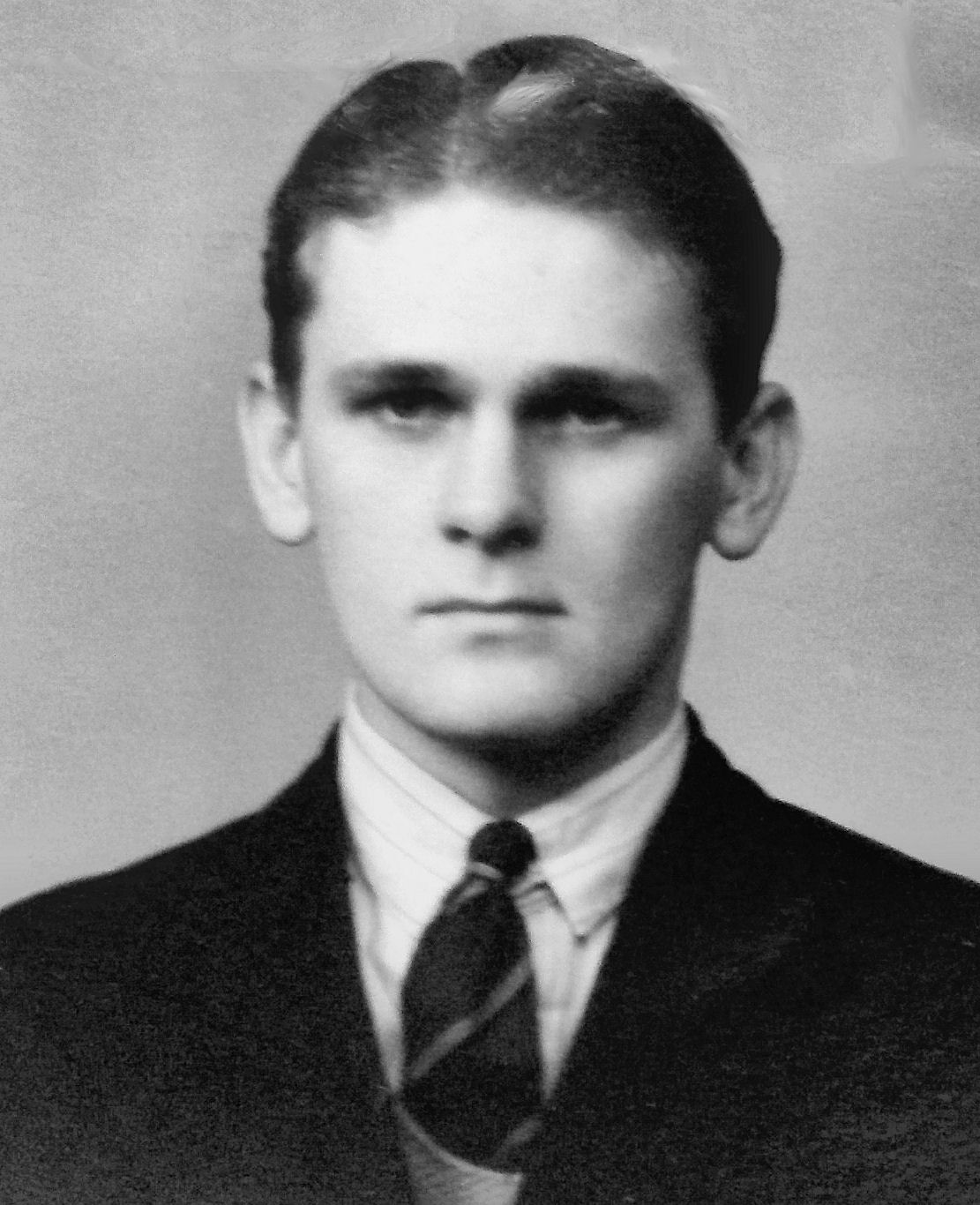 ATA
ATA
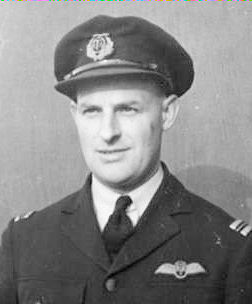
 1935
1935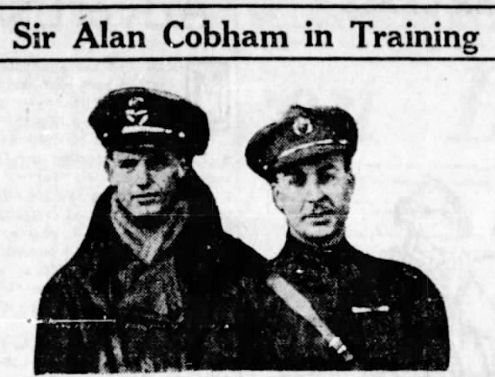
 HB
HB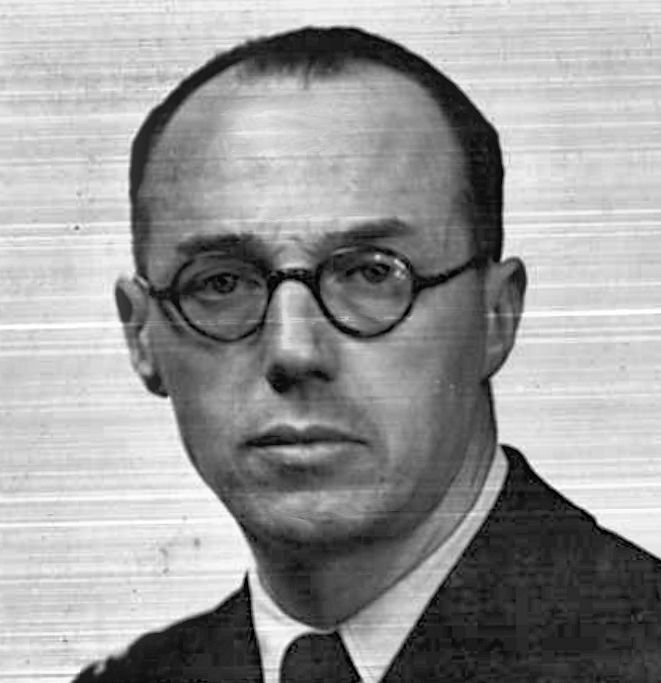 1945
1945
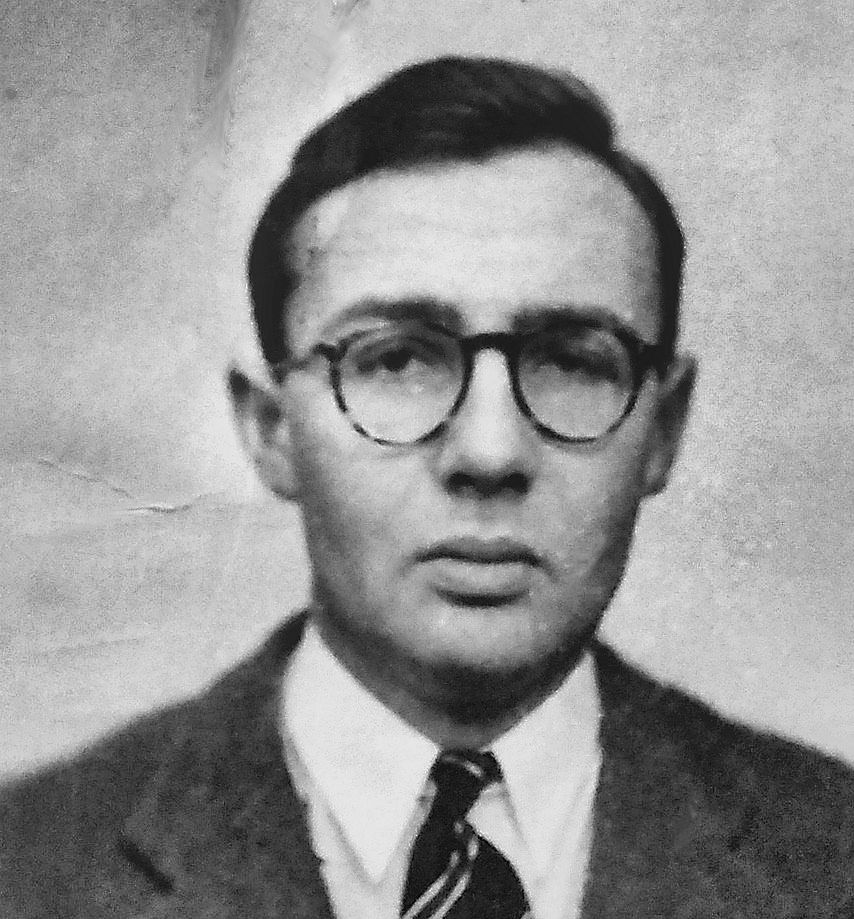





 Draft Card, dated 16 Oct 1940
Draft Card, dated 16 Oct 1940 Ben's MBE - via
Ben's MBE - via 

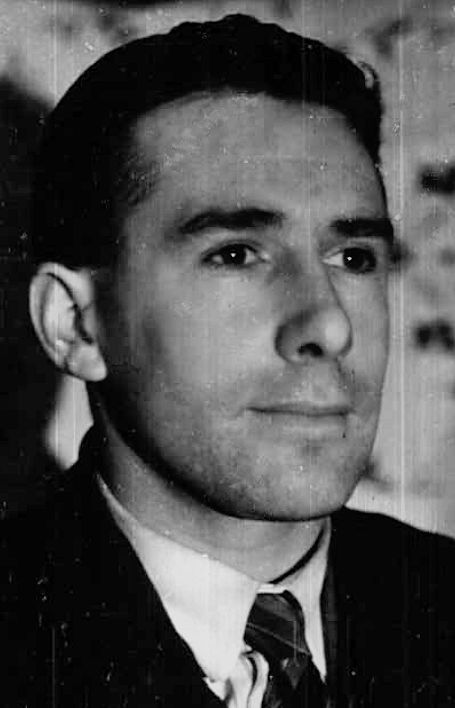 1938
1938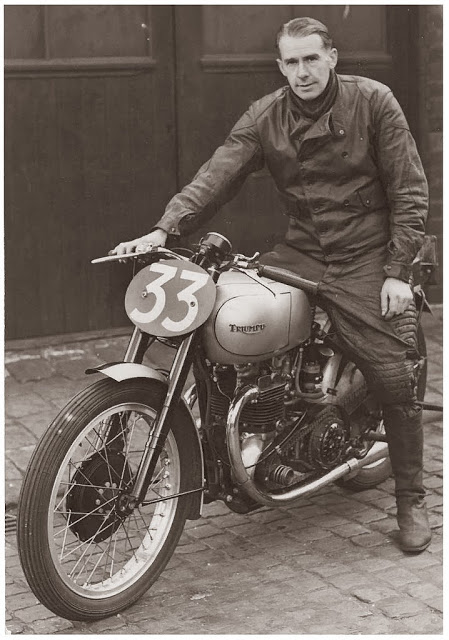 1949
1949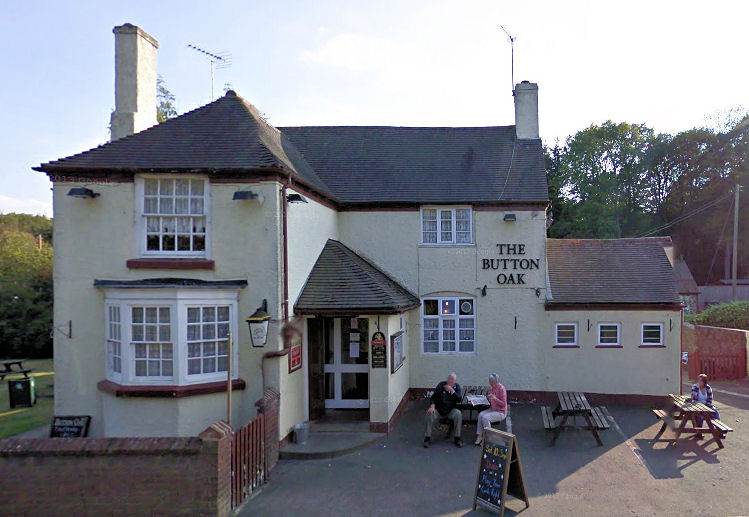 The Button Oak Inn, 2015
The Button Oak Inn, 2015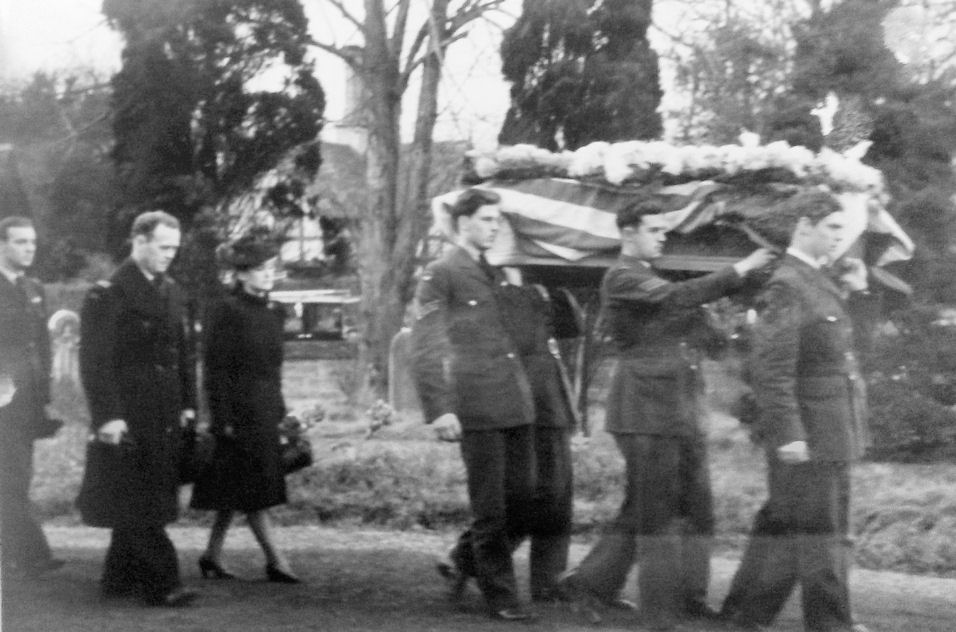 ATA
ATA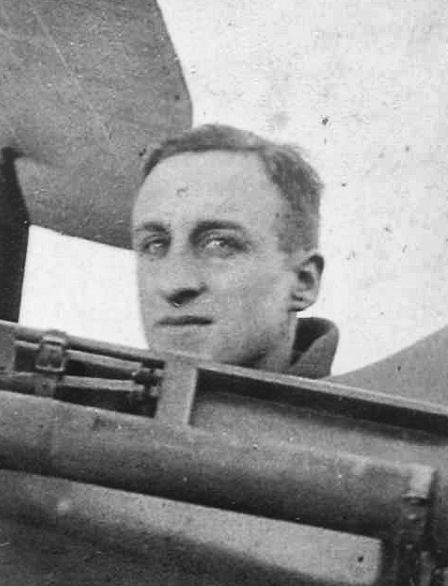 1927
1927 ICCL
ICCL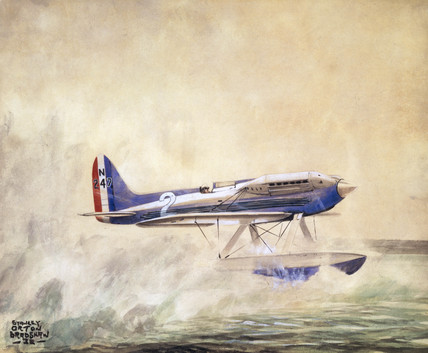
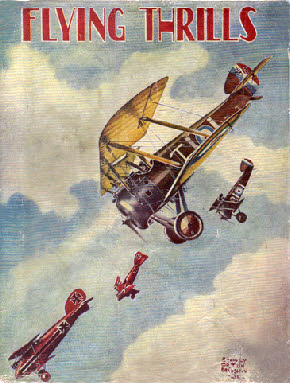


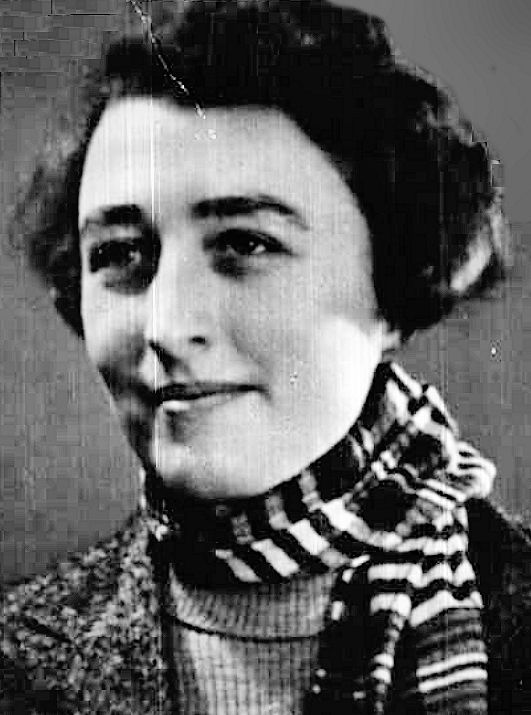 RAeC 1938
RAeC 1938 ATAM
ATAM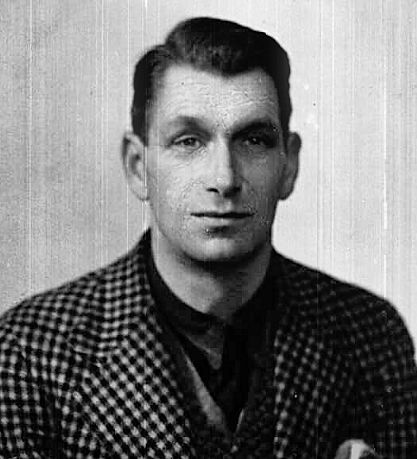 1938
1938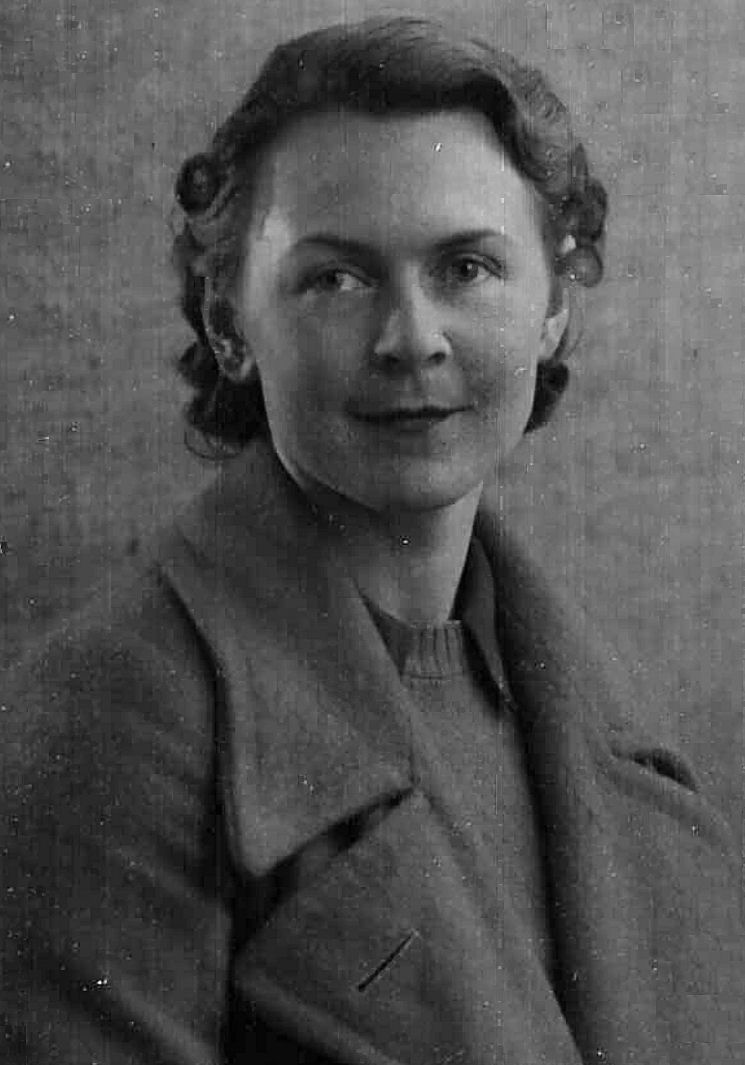 RAeC
RAeC RAeC 1937
RAeC 1937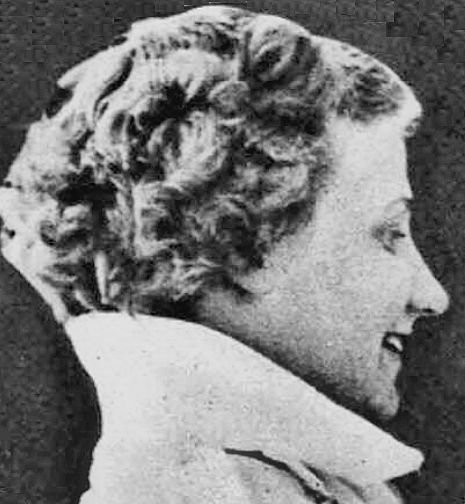 Illustrated News, 1942
Illustrated News, 1942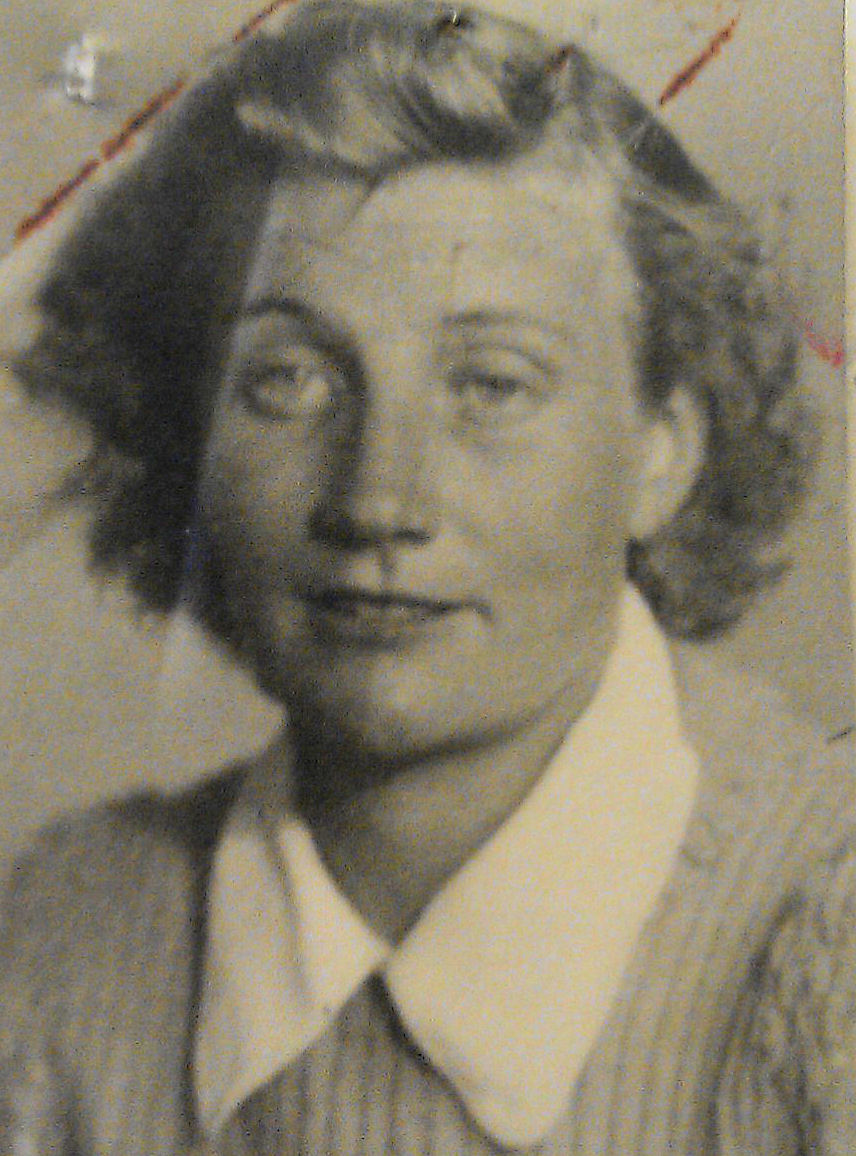

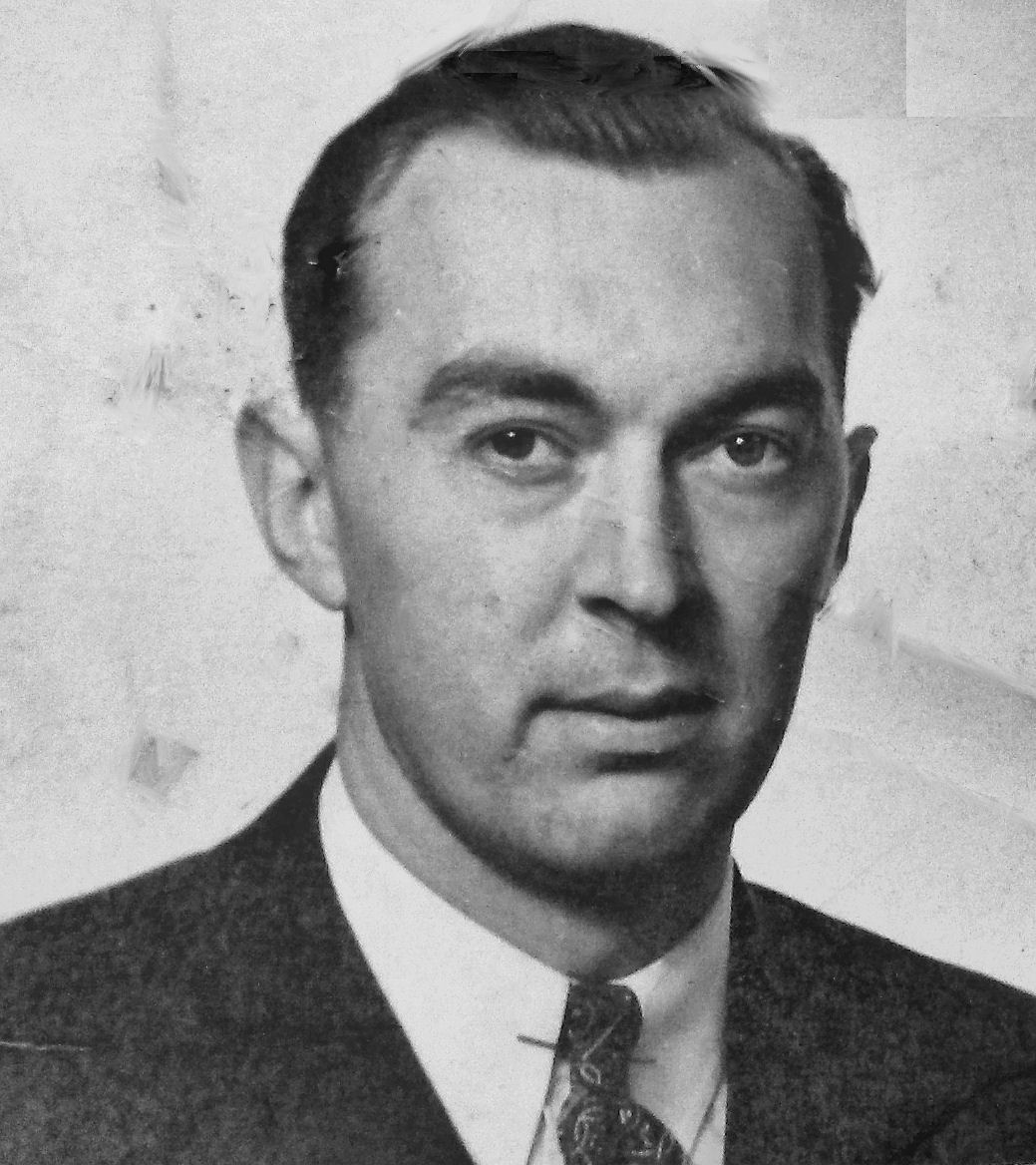 ATA
ATA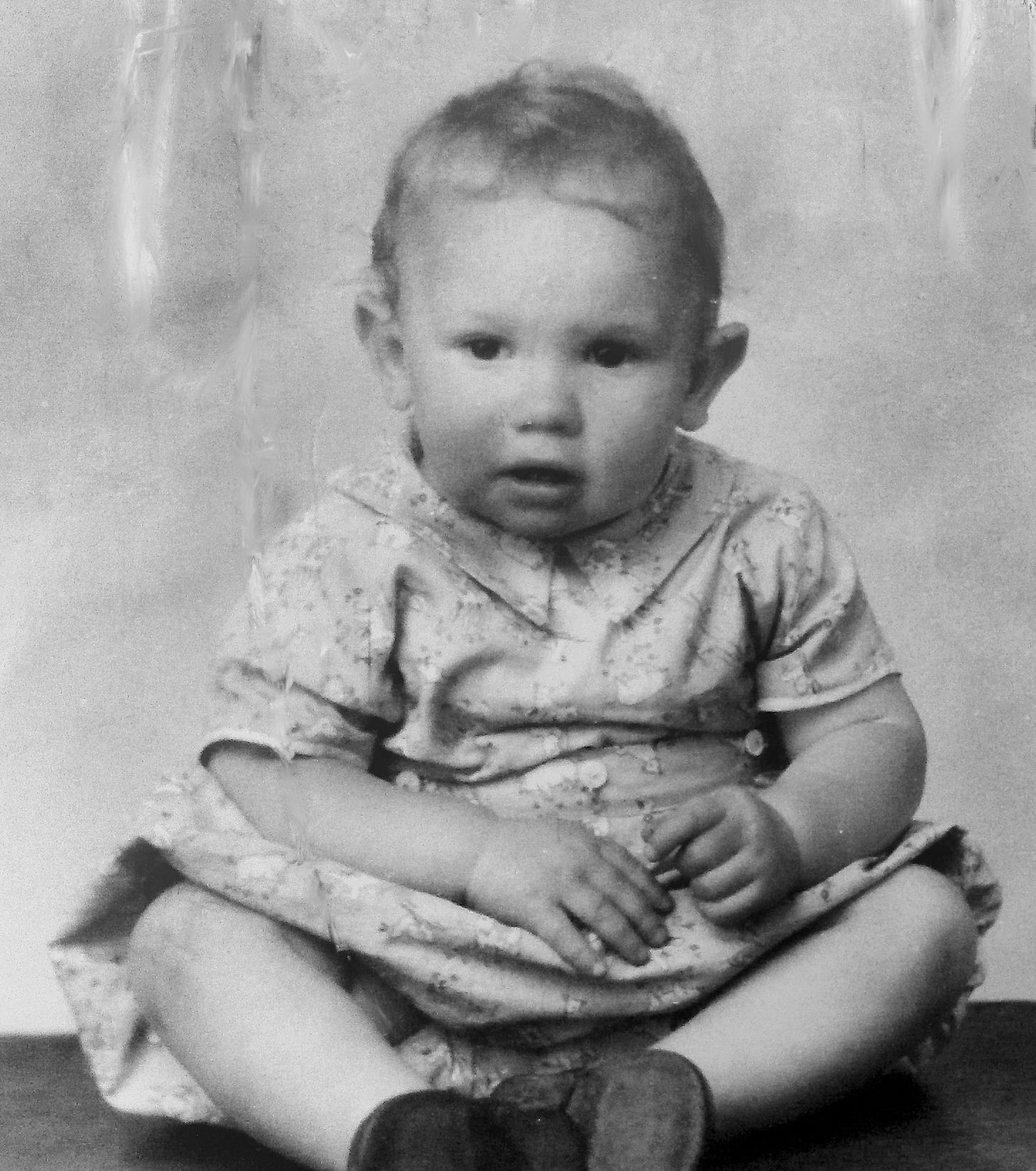
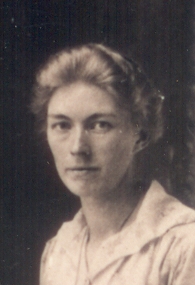
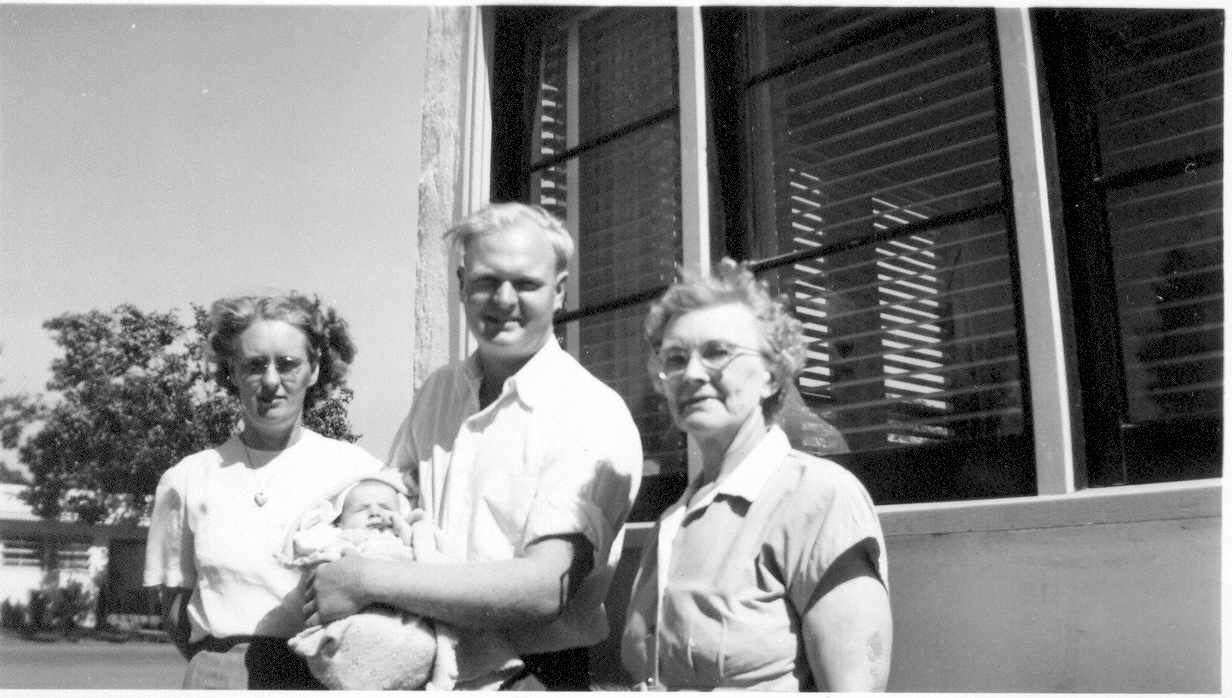
 Frona in 1980: photo courtesy of Howard Hickman
Frona in 1980: photo courtesy of Howard Hickman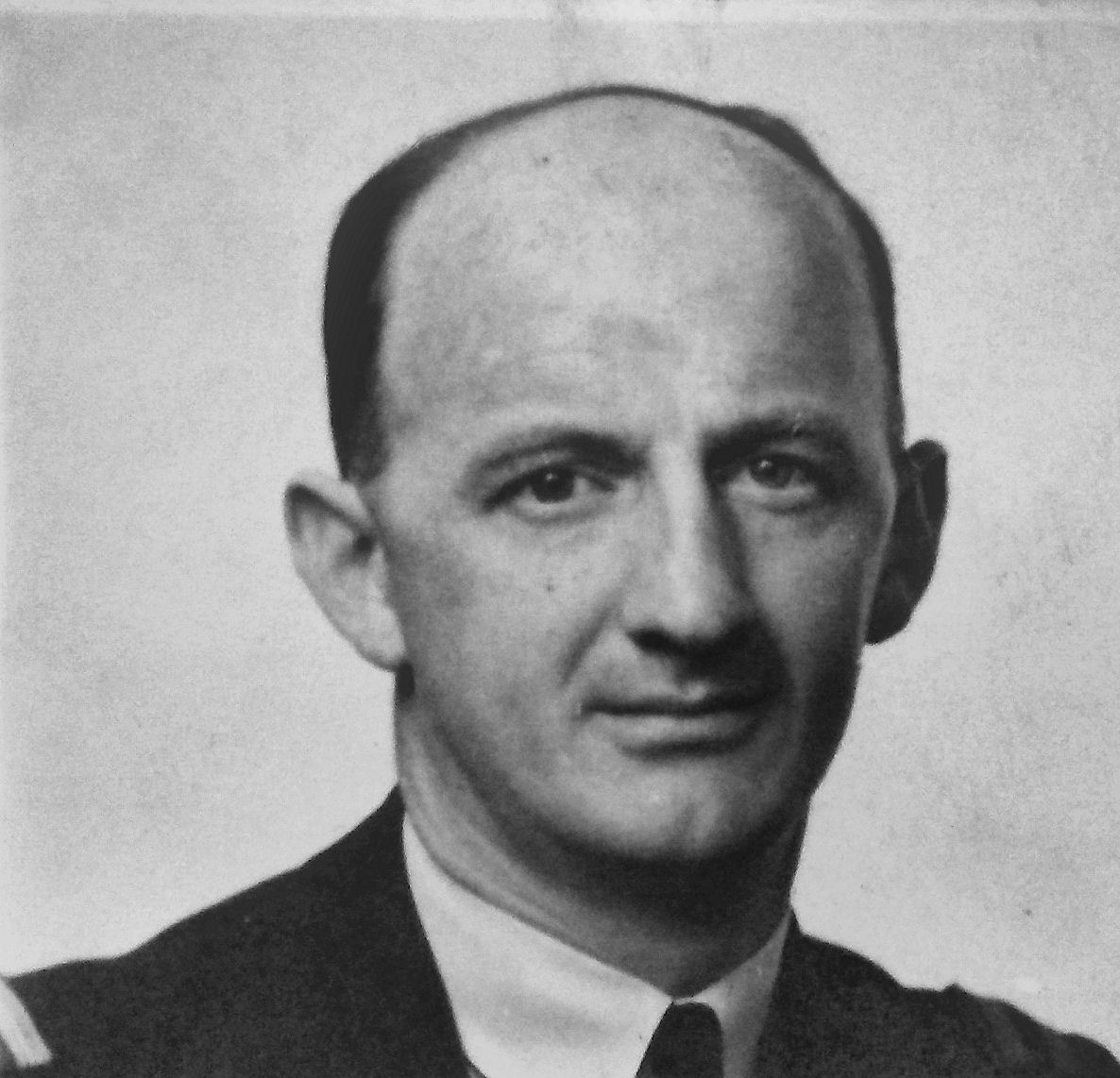 ATA
ATA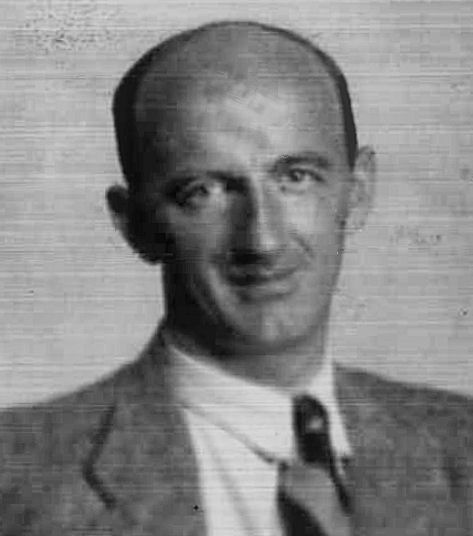 1946
1946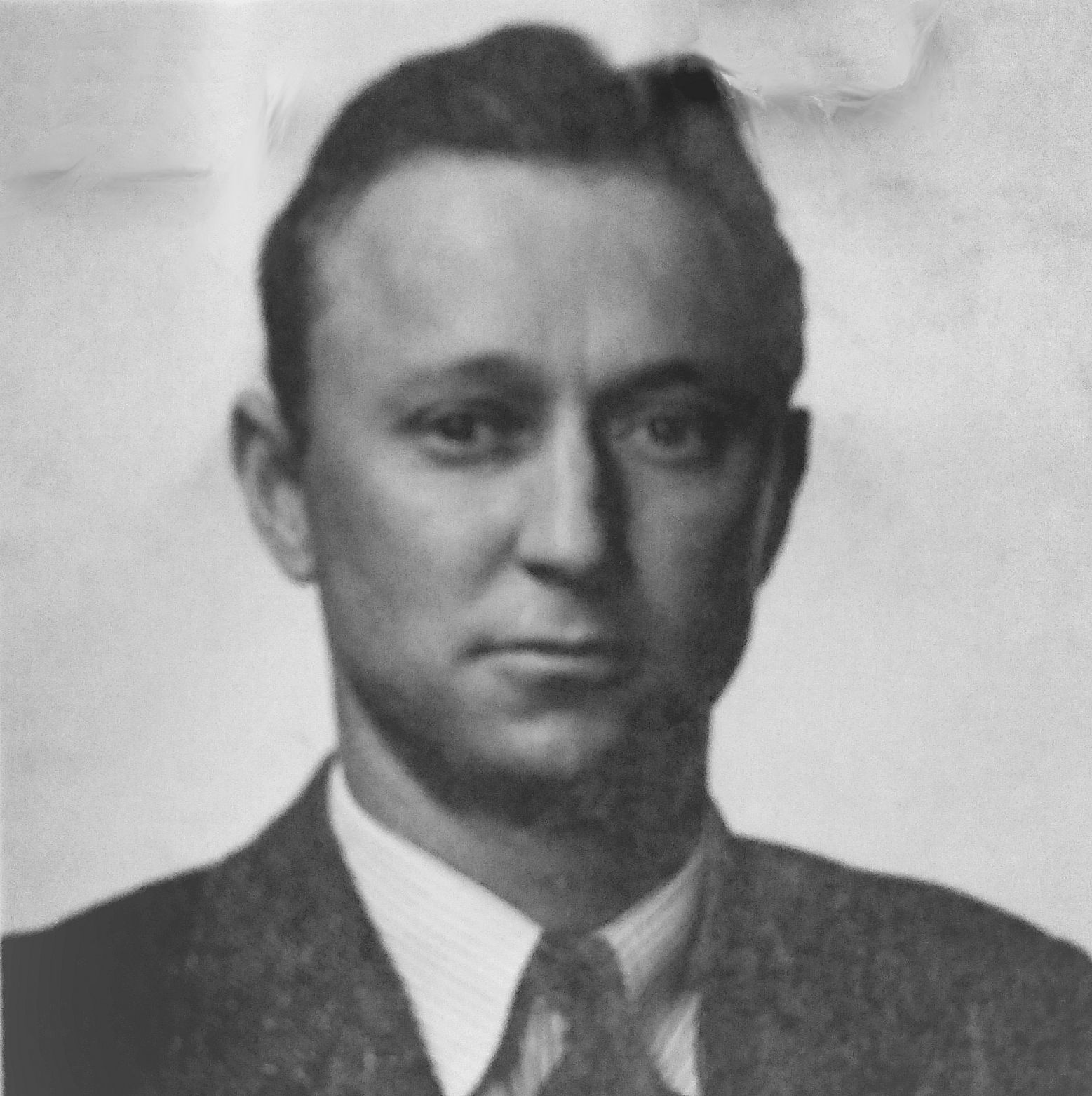 ATA
ATA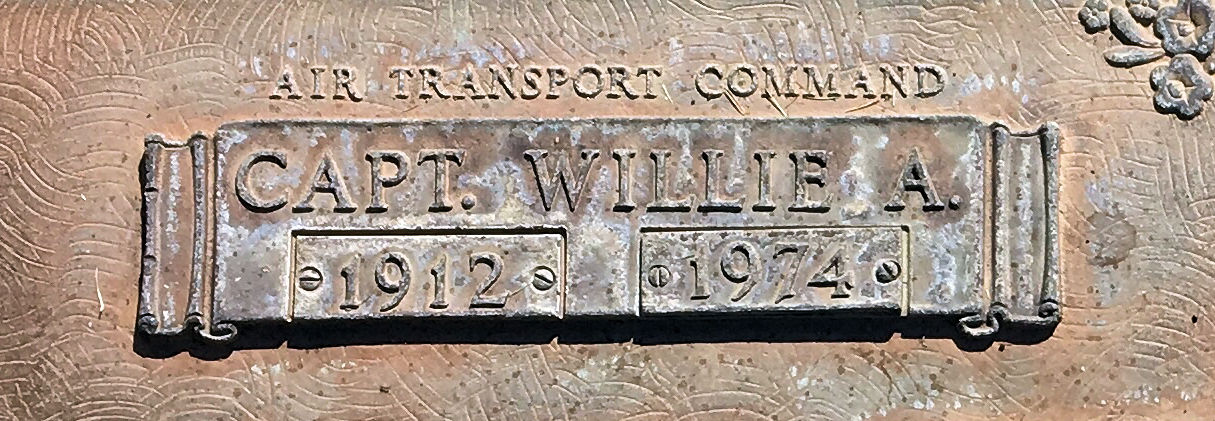
 ATAM
ATAM ATAM
ATAM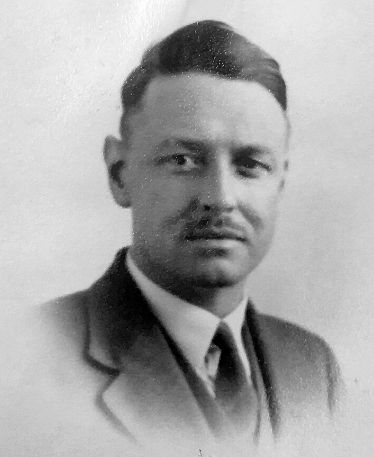 ATA
ATA RAeC 1937
RAeC 1937 ATA
ATA

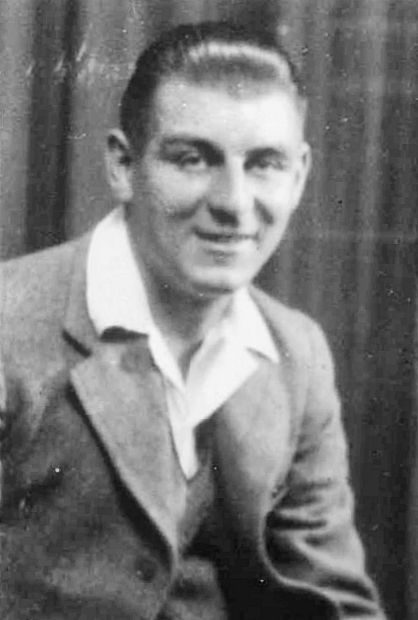 1935
1935 ATAM
ATAM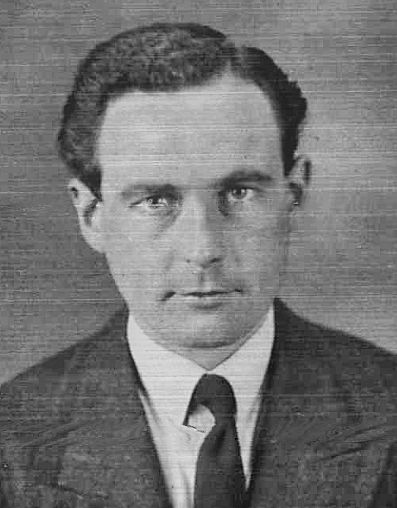 1946
1946
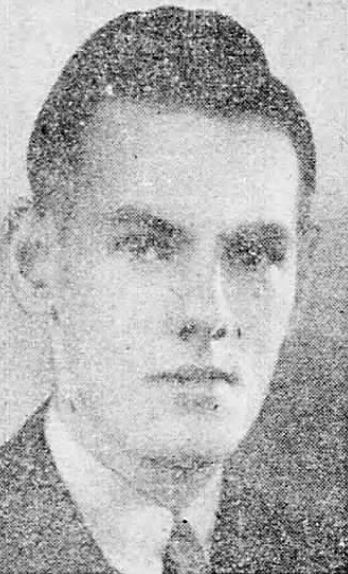
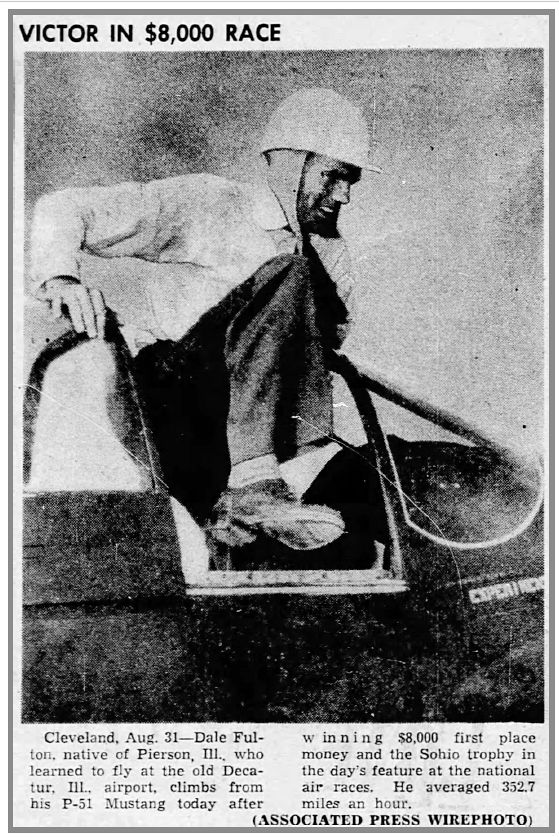 Decatur Herald, 1 September 1946
Decatur Herald, 1 September 1946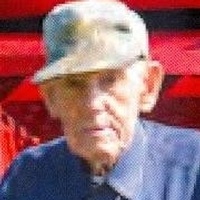
 ATAM
ATAM
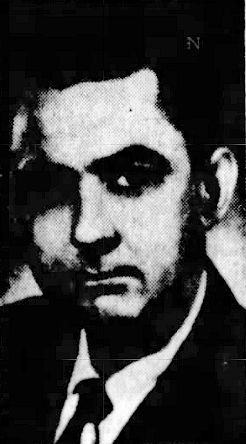
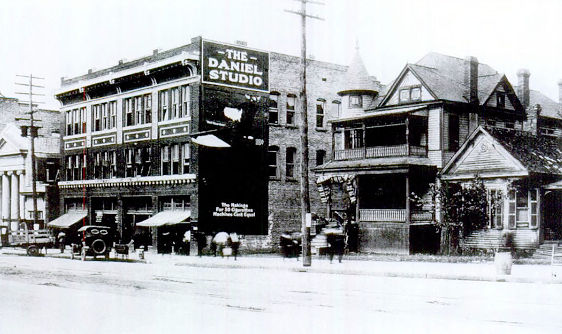
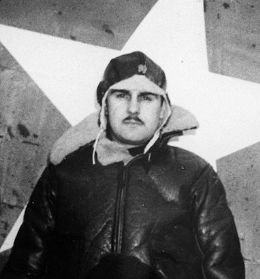
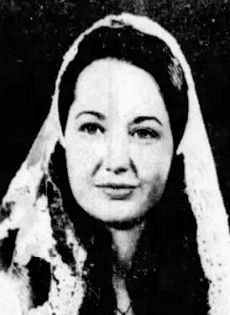
 1939
1939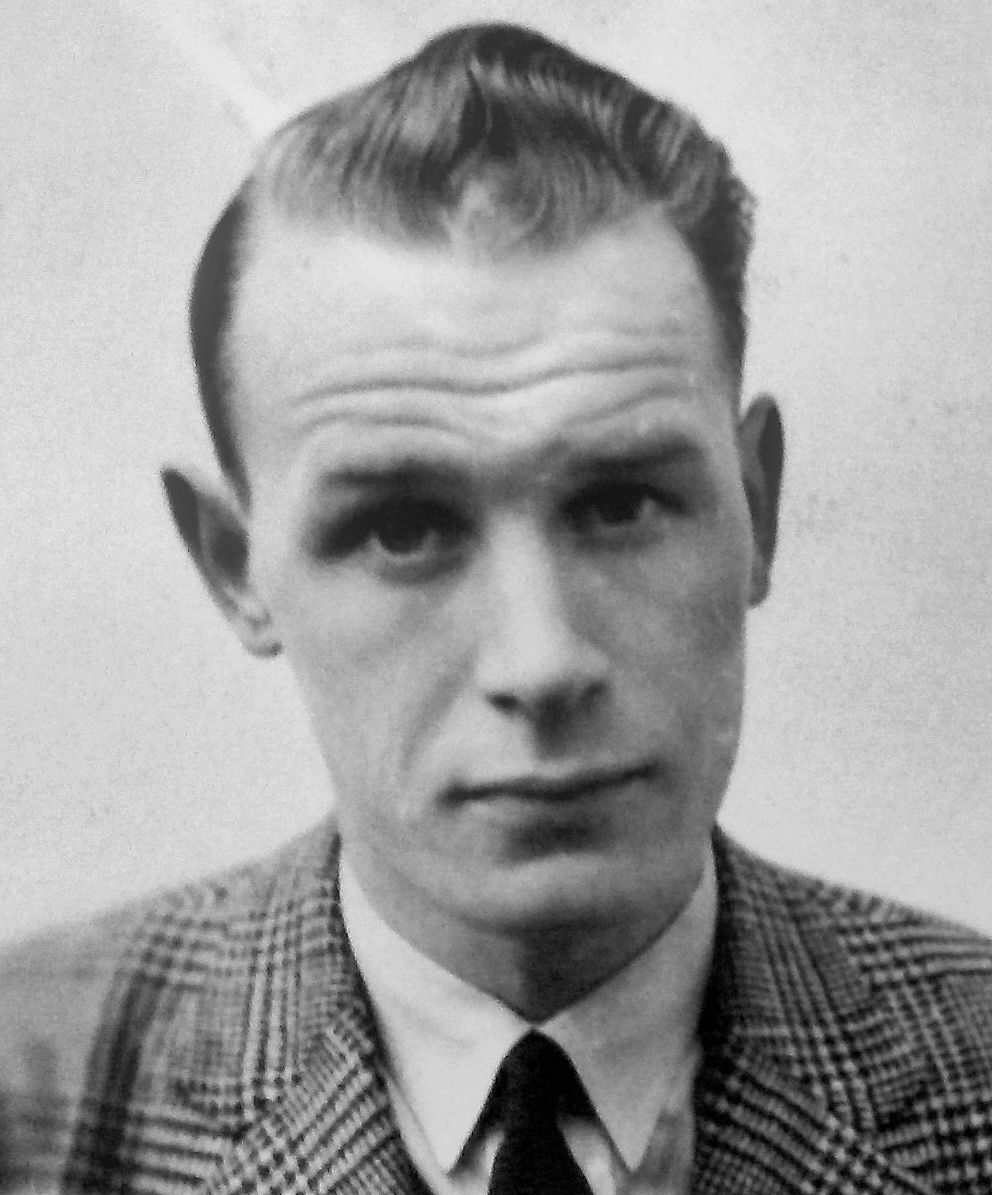 ATA
ATA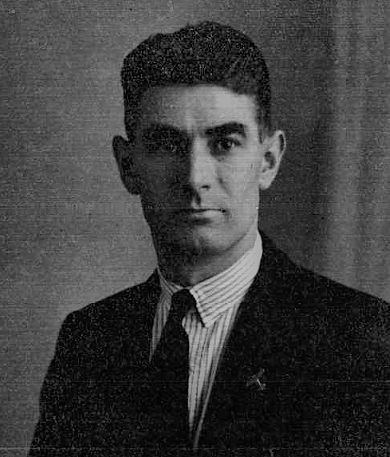 1936
1936 ATAM
ATAM 1930
1930 1941
1941

 1939
1939 ATA
ATA 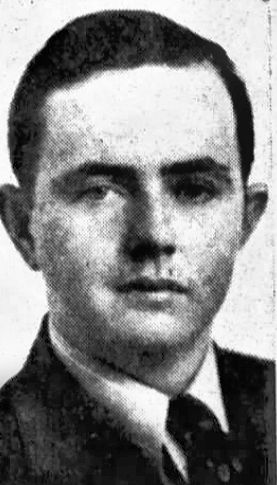 1940
1940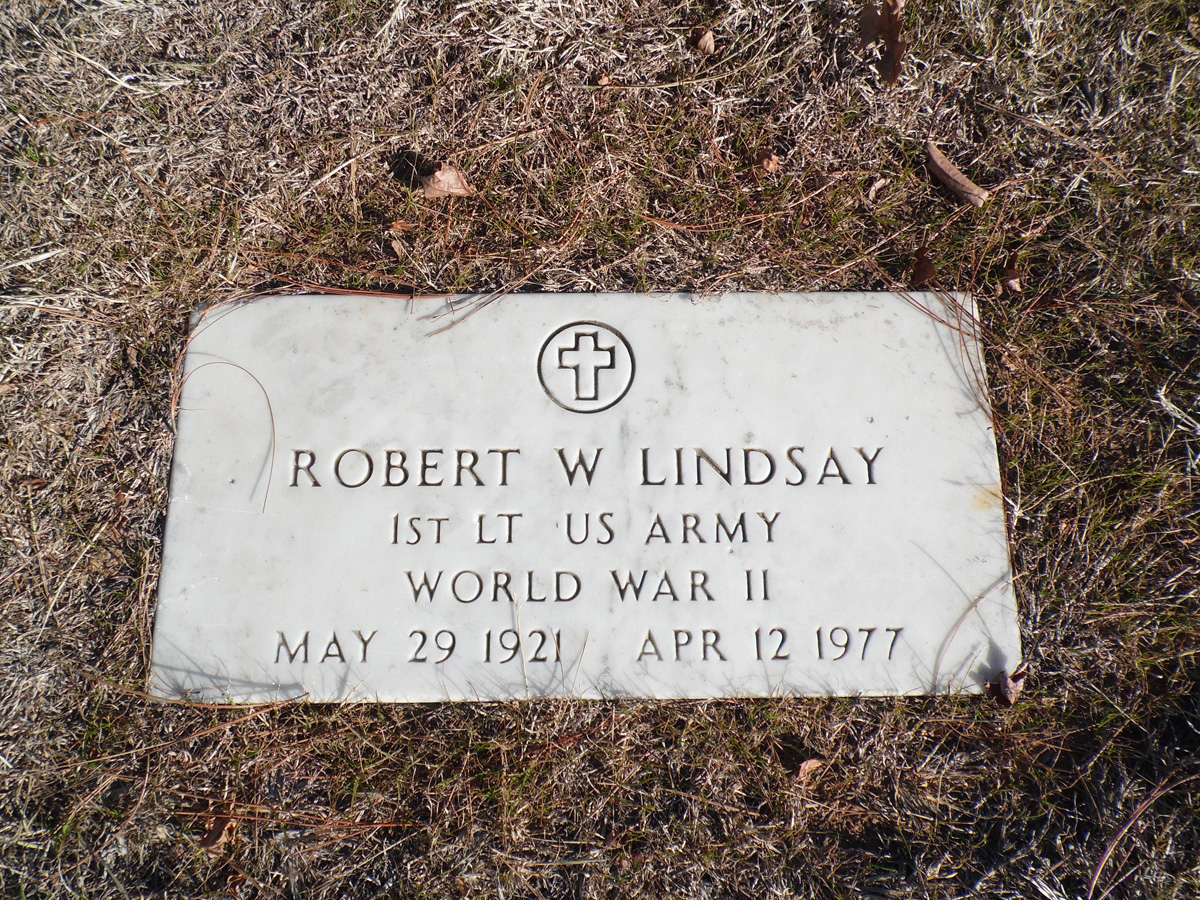
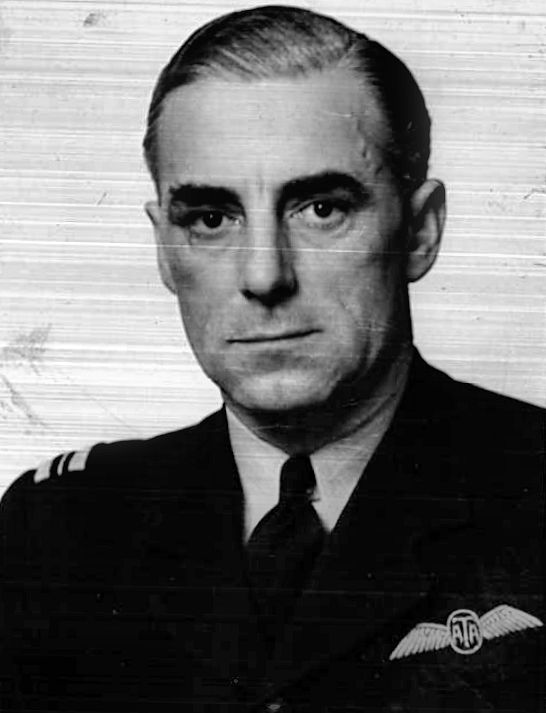
 via Marcus J Hale
via Marcus J Hale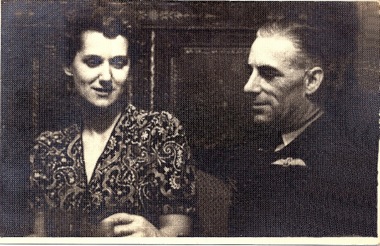
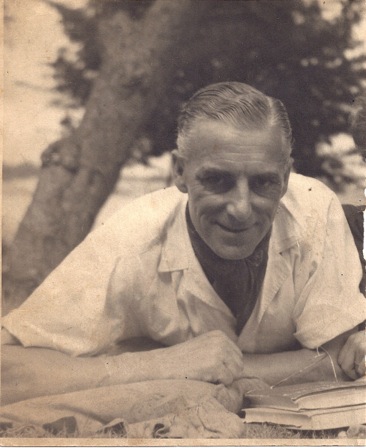
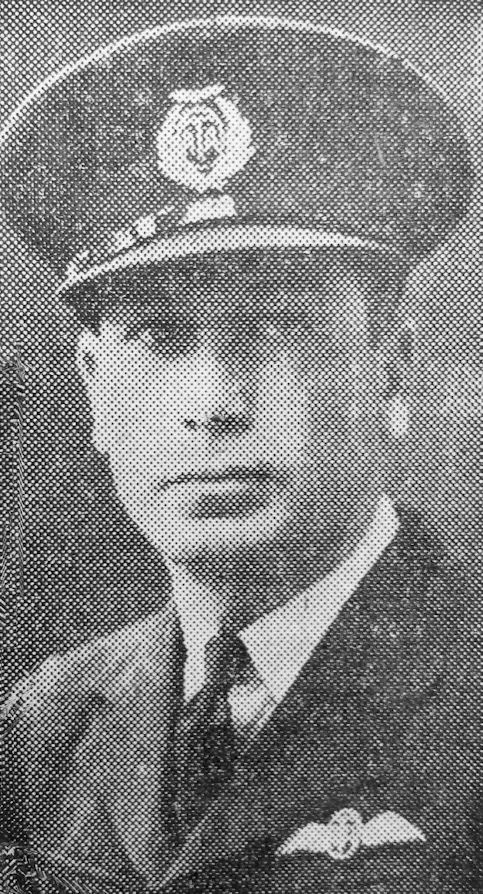

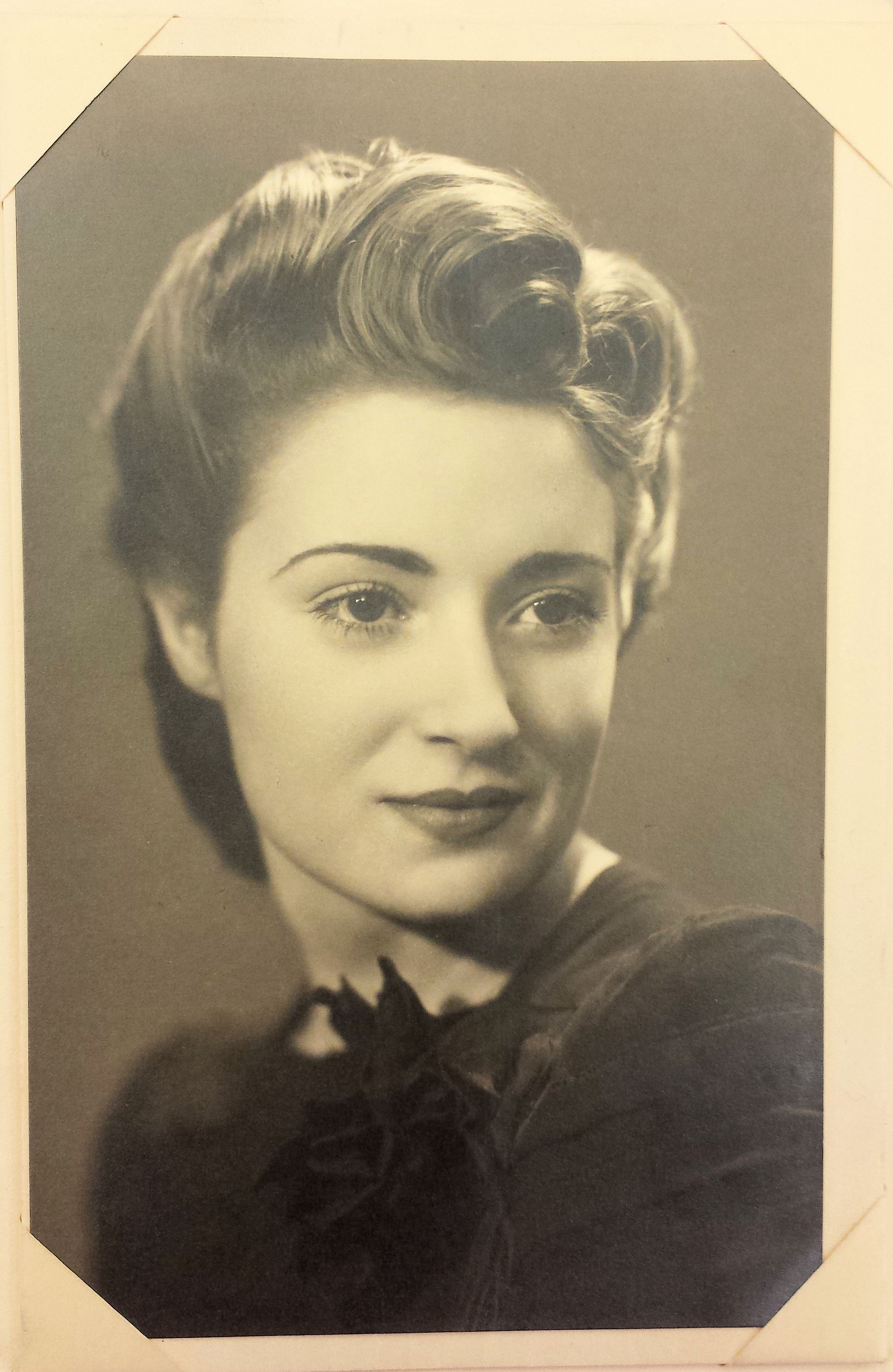

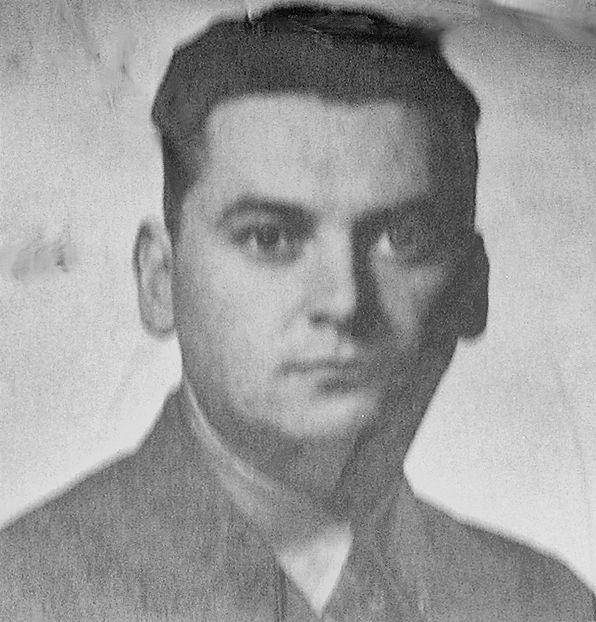
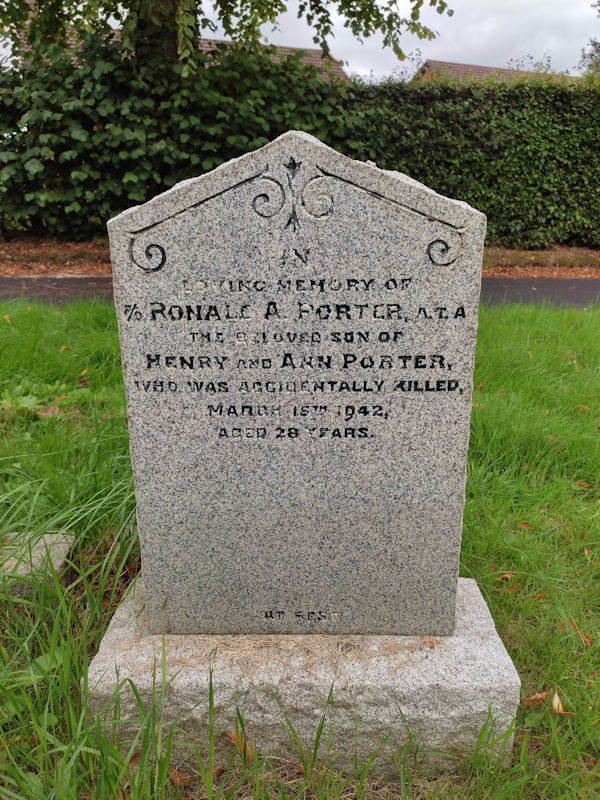
 1939
1939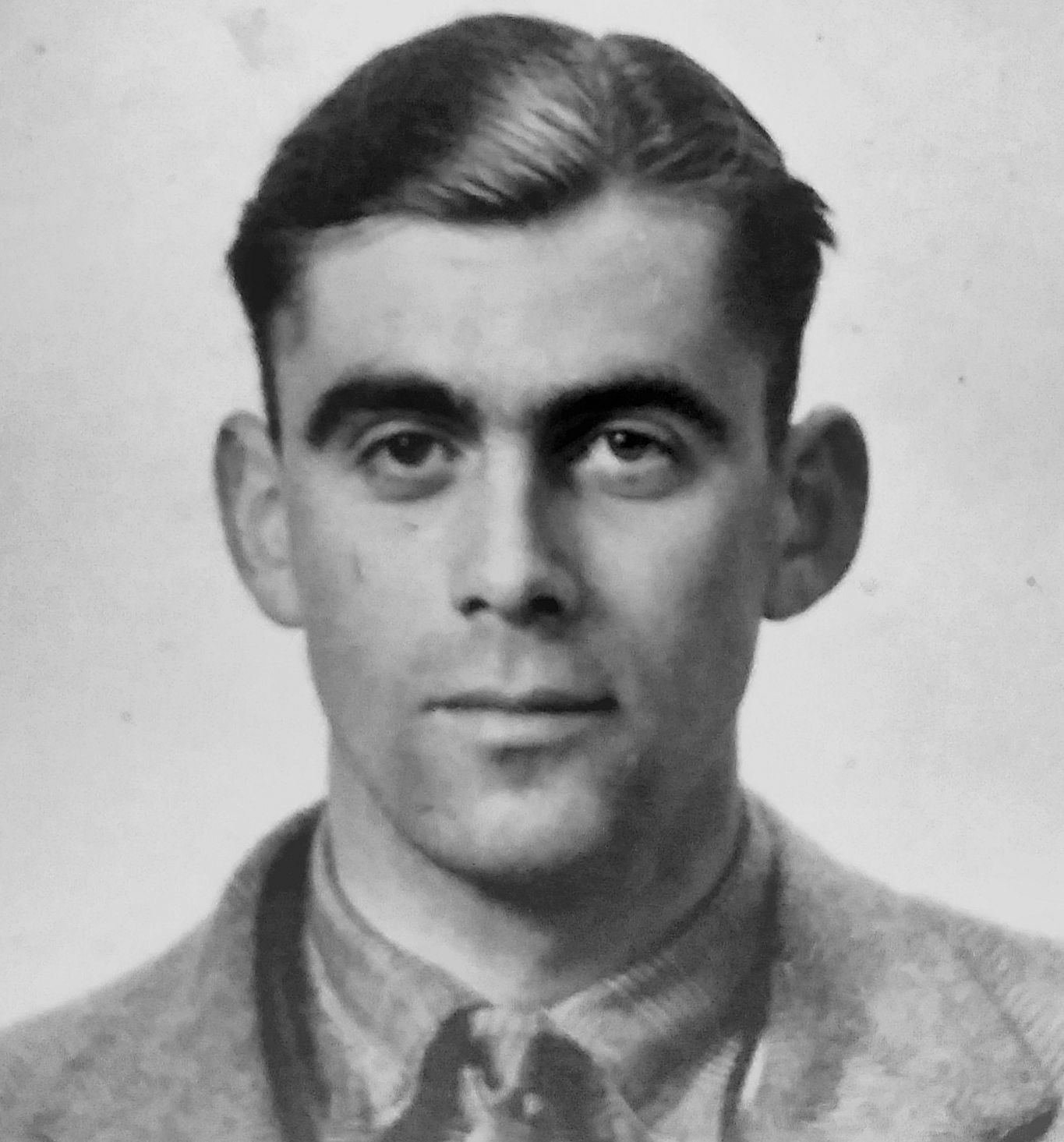 ATA
ATA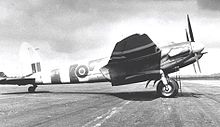
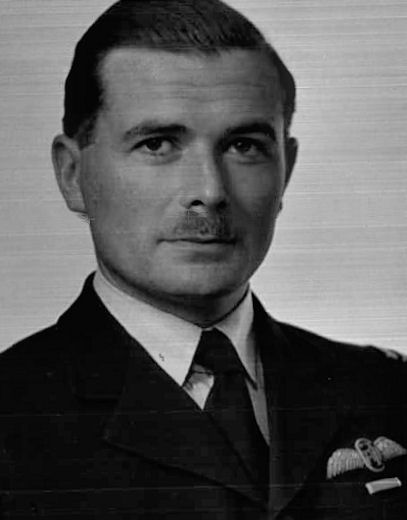 1945
1945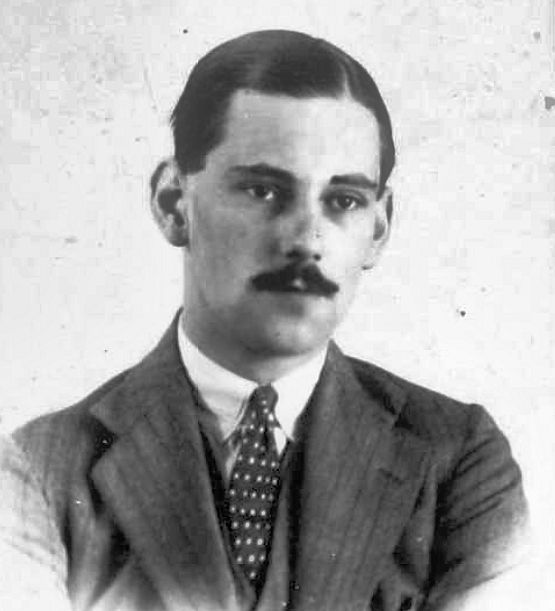 1931
1931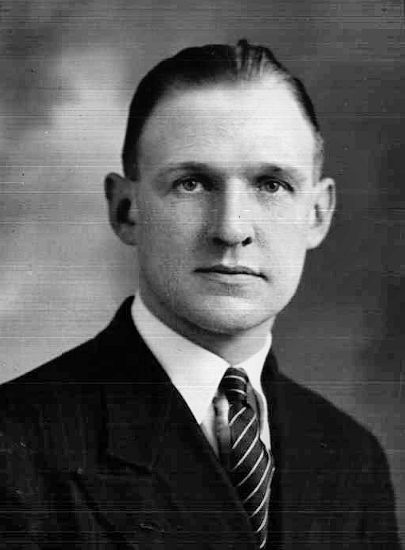 1936
1936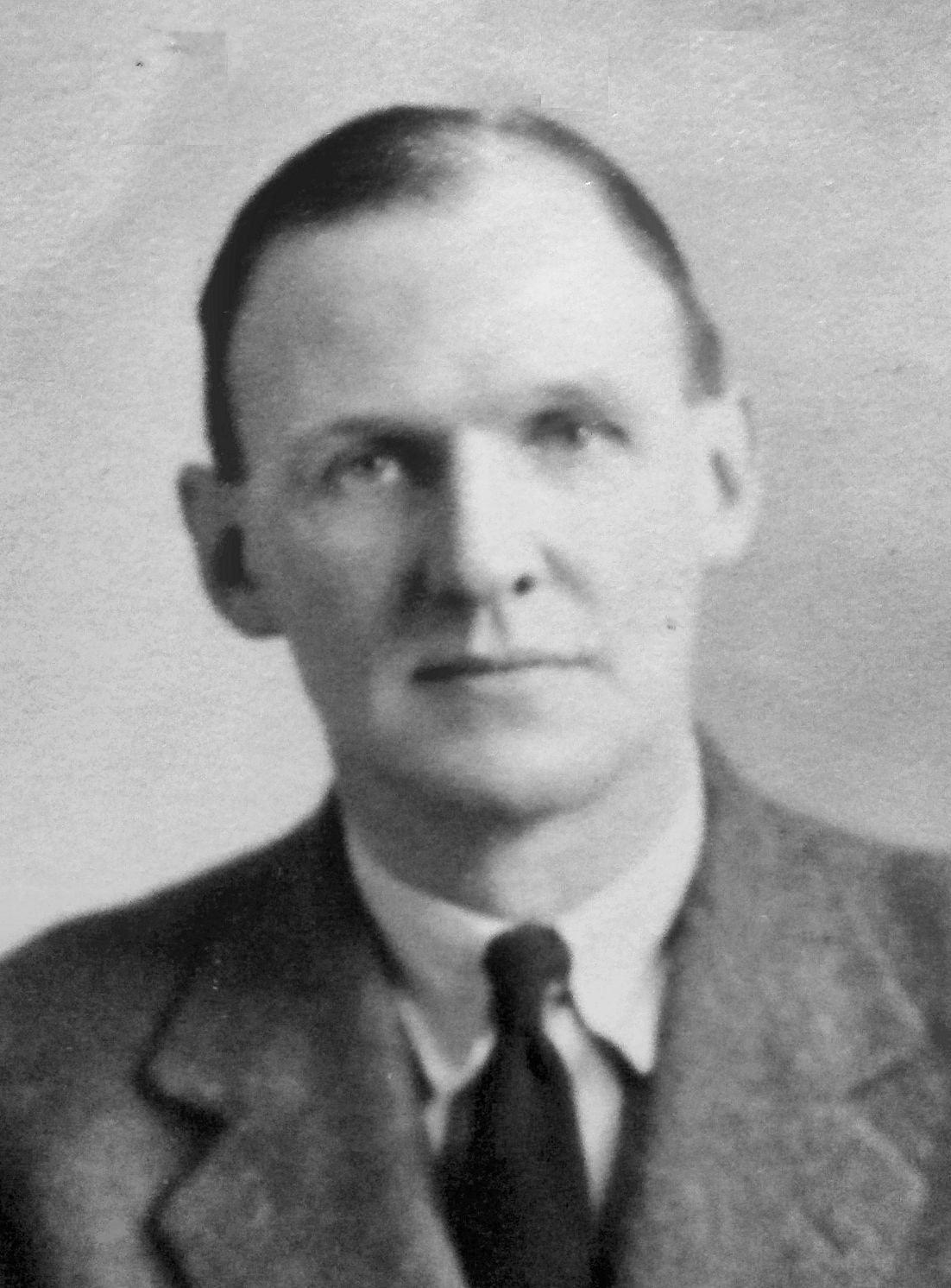
 ATA
ATA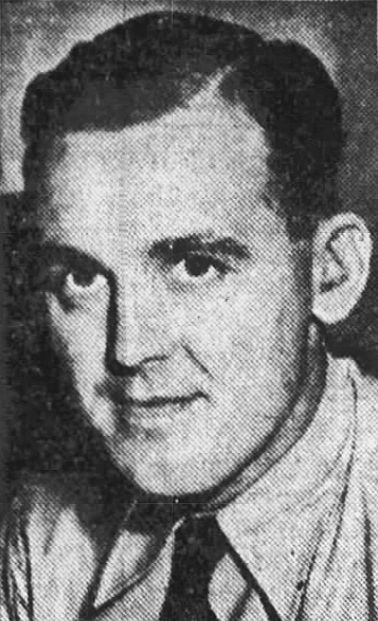
 ATAM
ATAM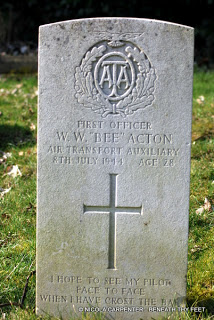
 in 1916, as a 2nd Lieut, RFC
in 1916, as a 2nd Lieut, RFC MAMM
MAMM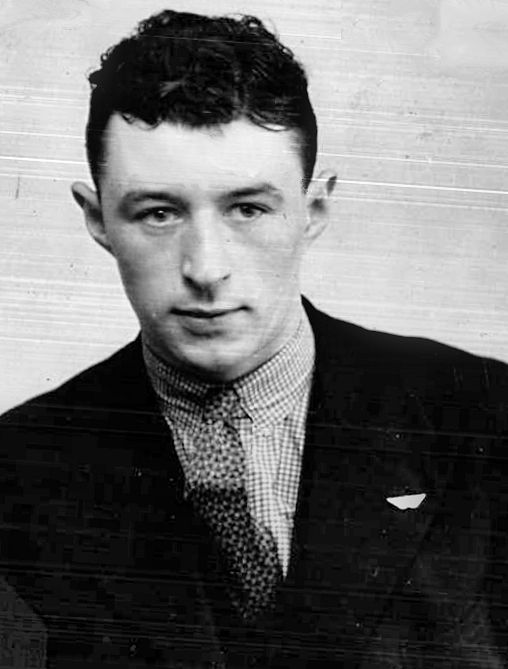 1936
1936 ATAM
ATAM

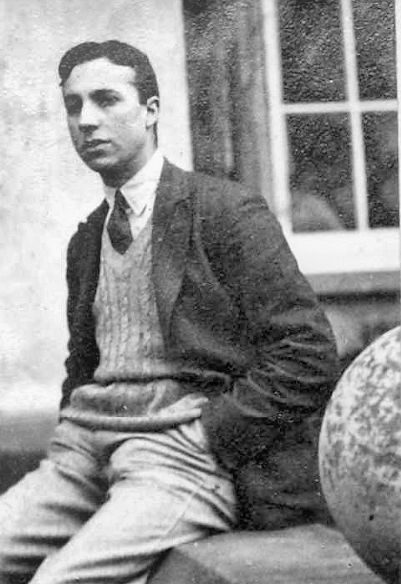 1927
1927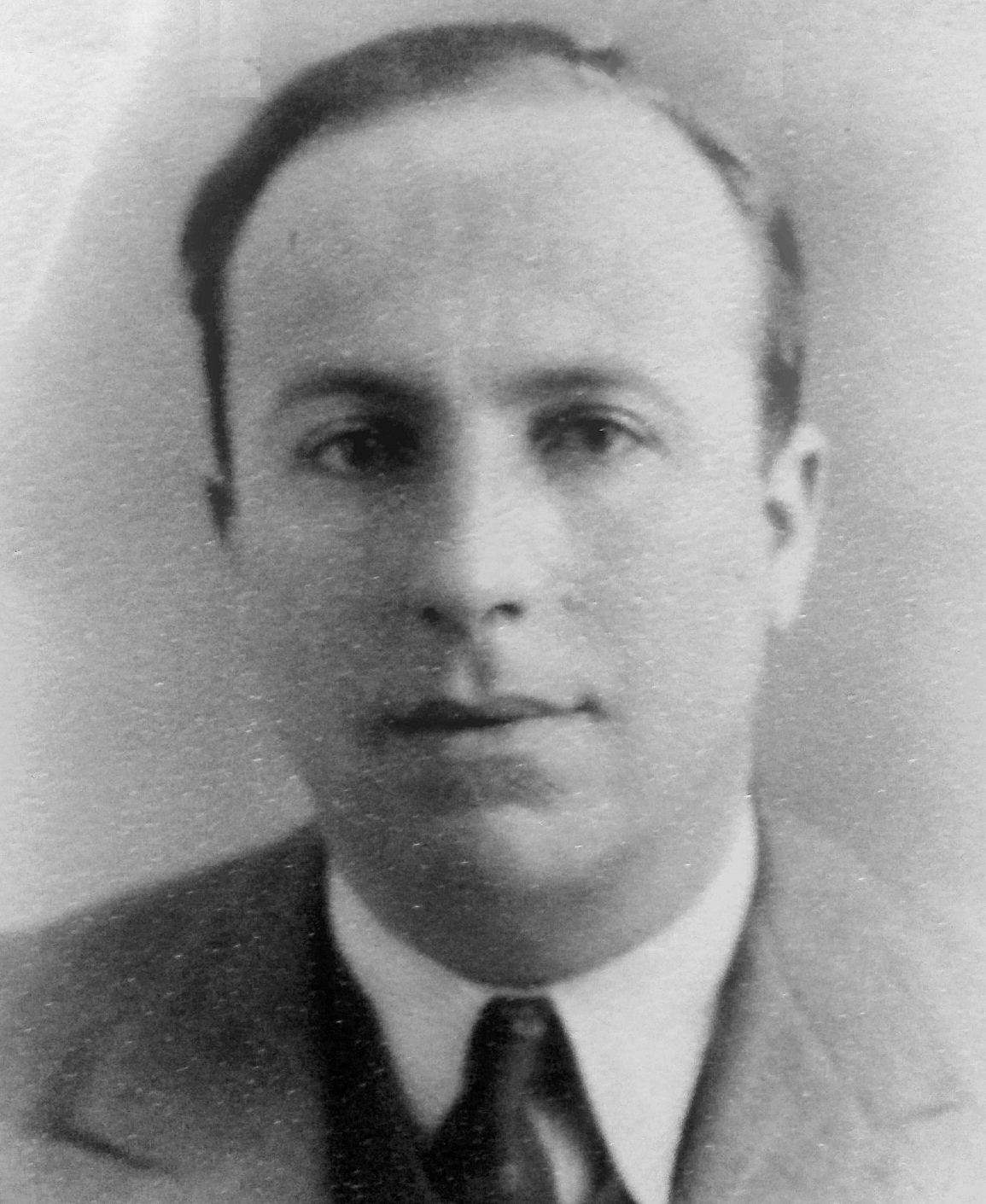 ATA
ATA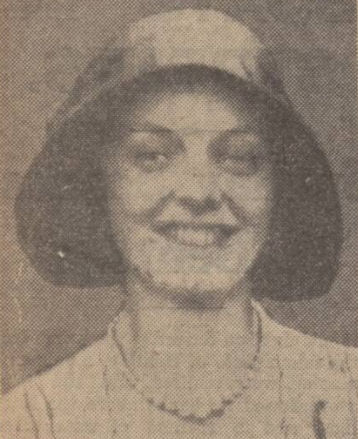
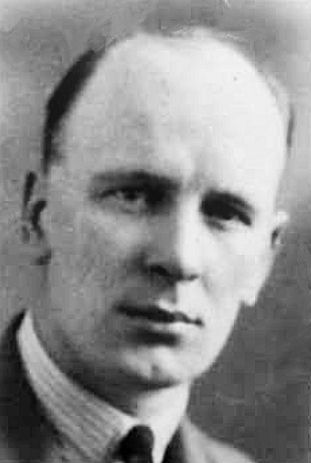 1933
1933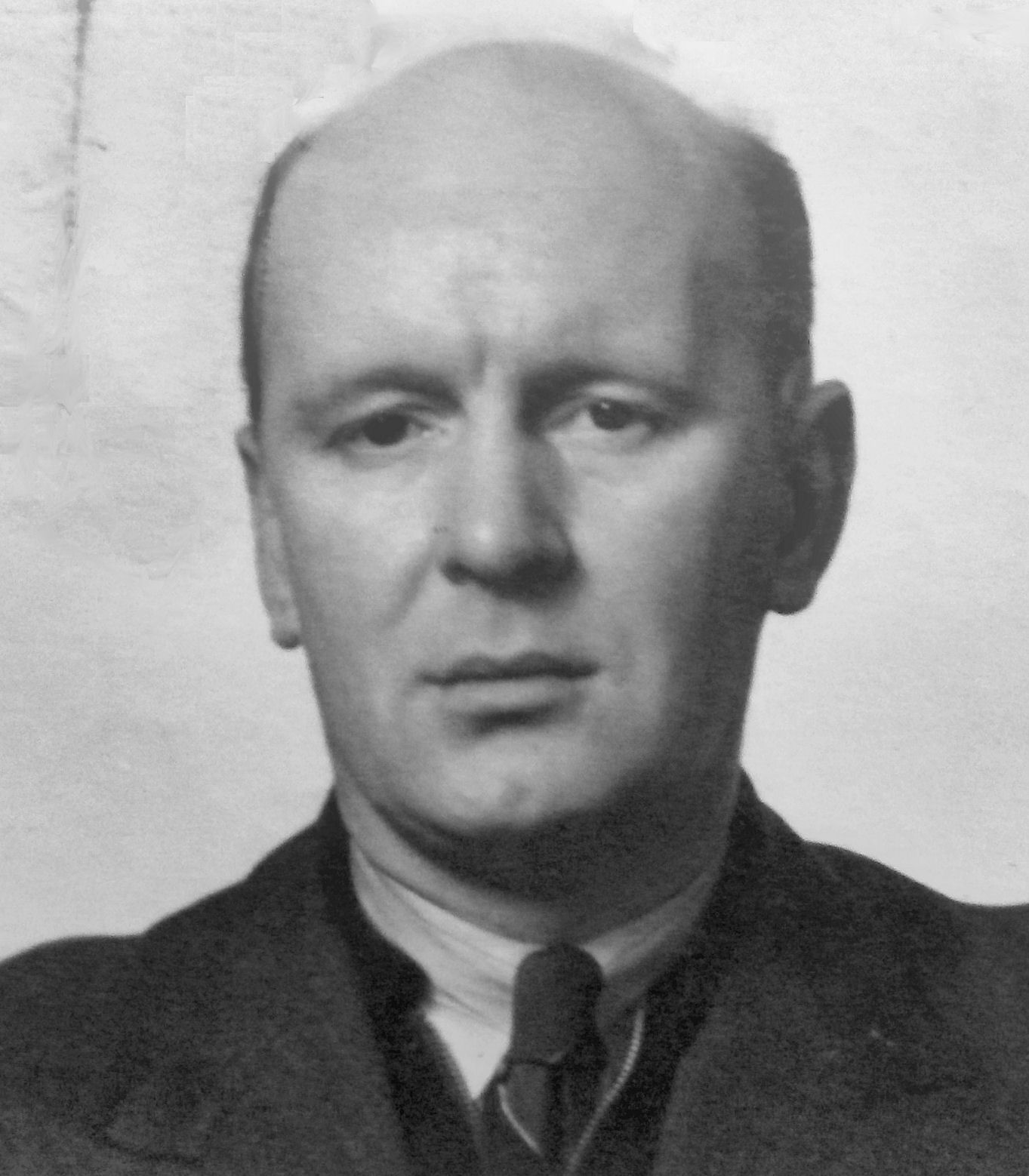 ATA
ATA
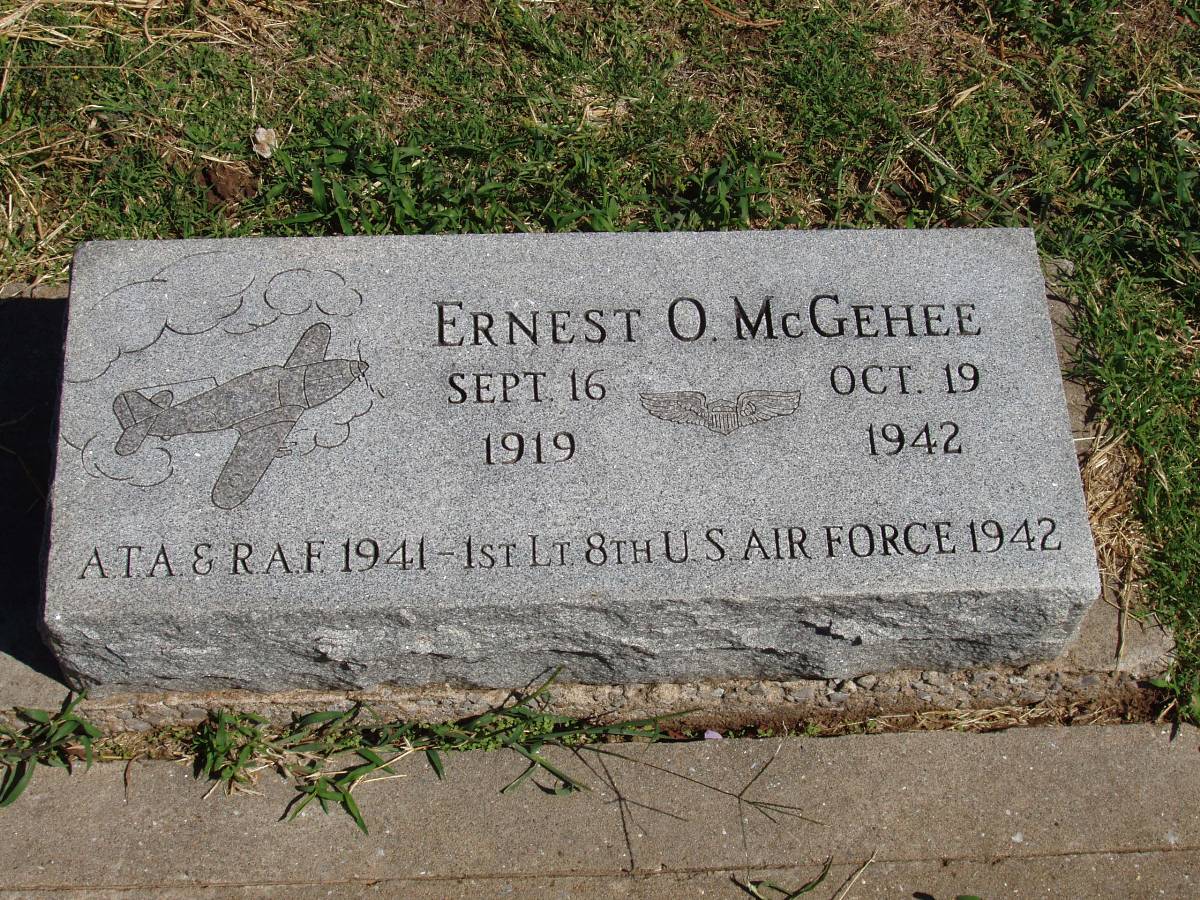
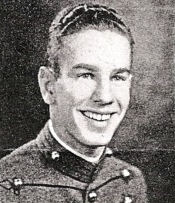
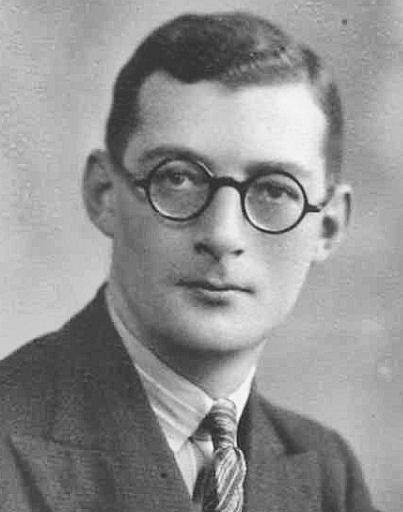



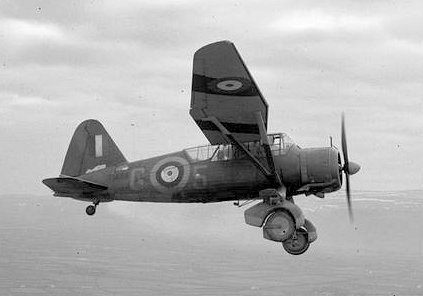
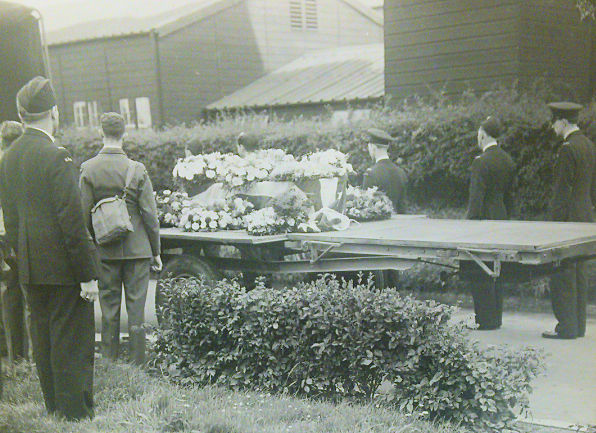
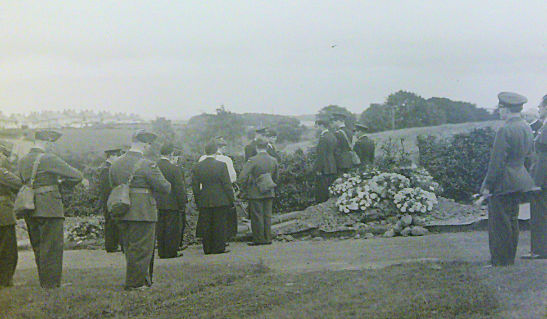
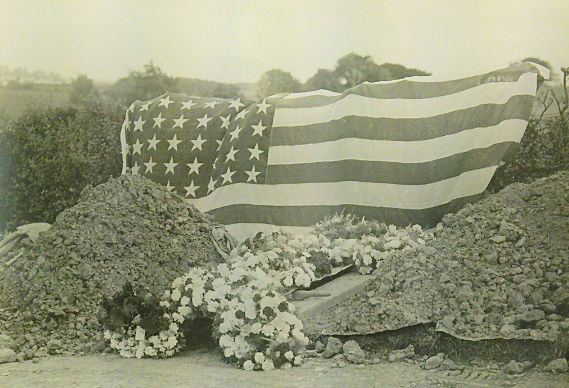

 Jeslyn in 1940
Jeslyn in 1940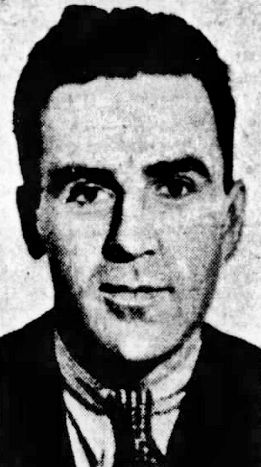
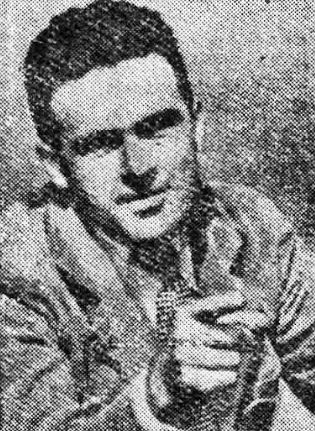 1948
1948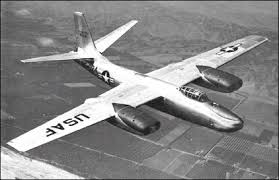
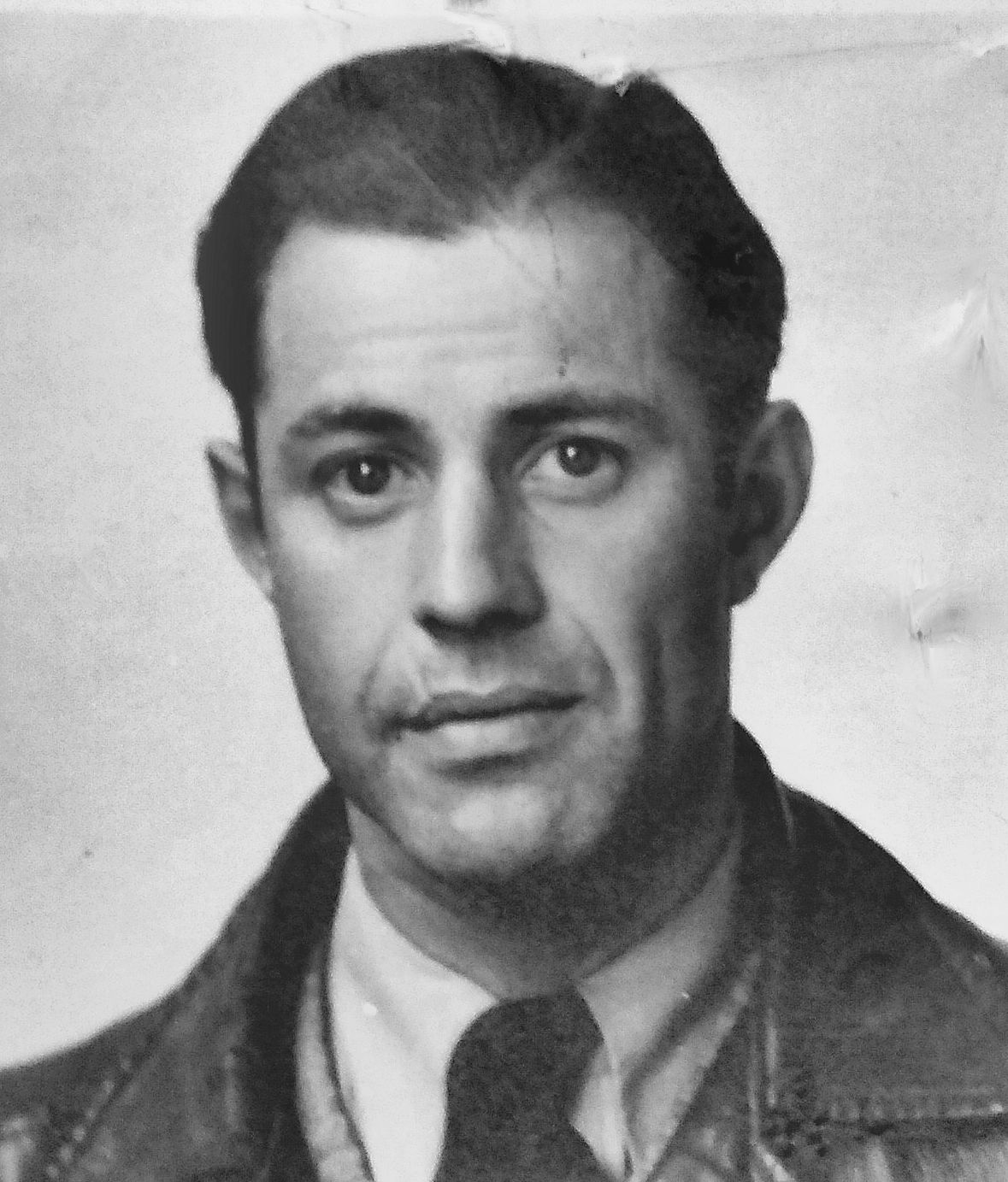 ATA
ATA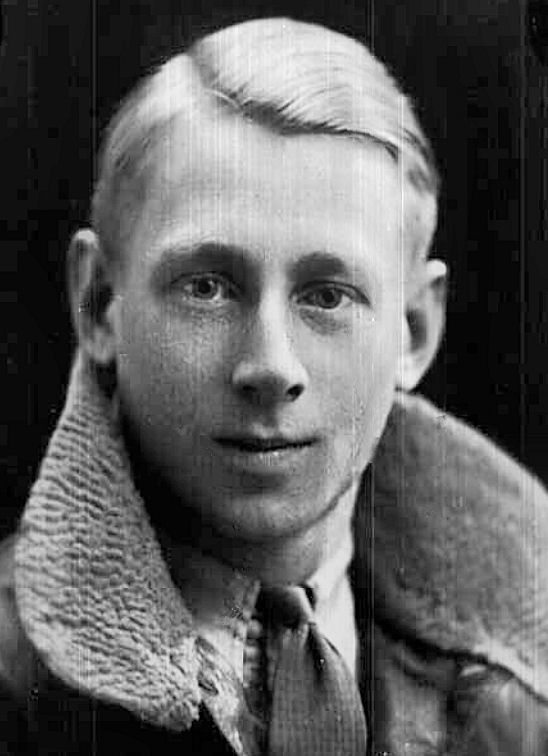 1936
1936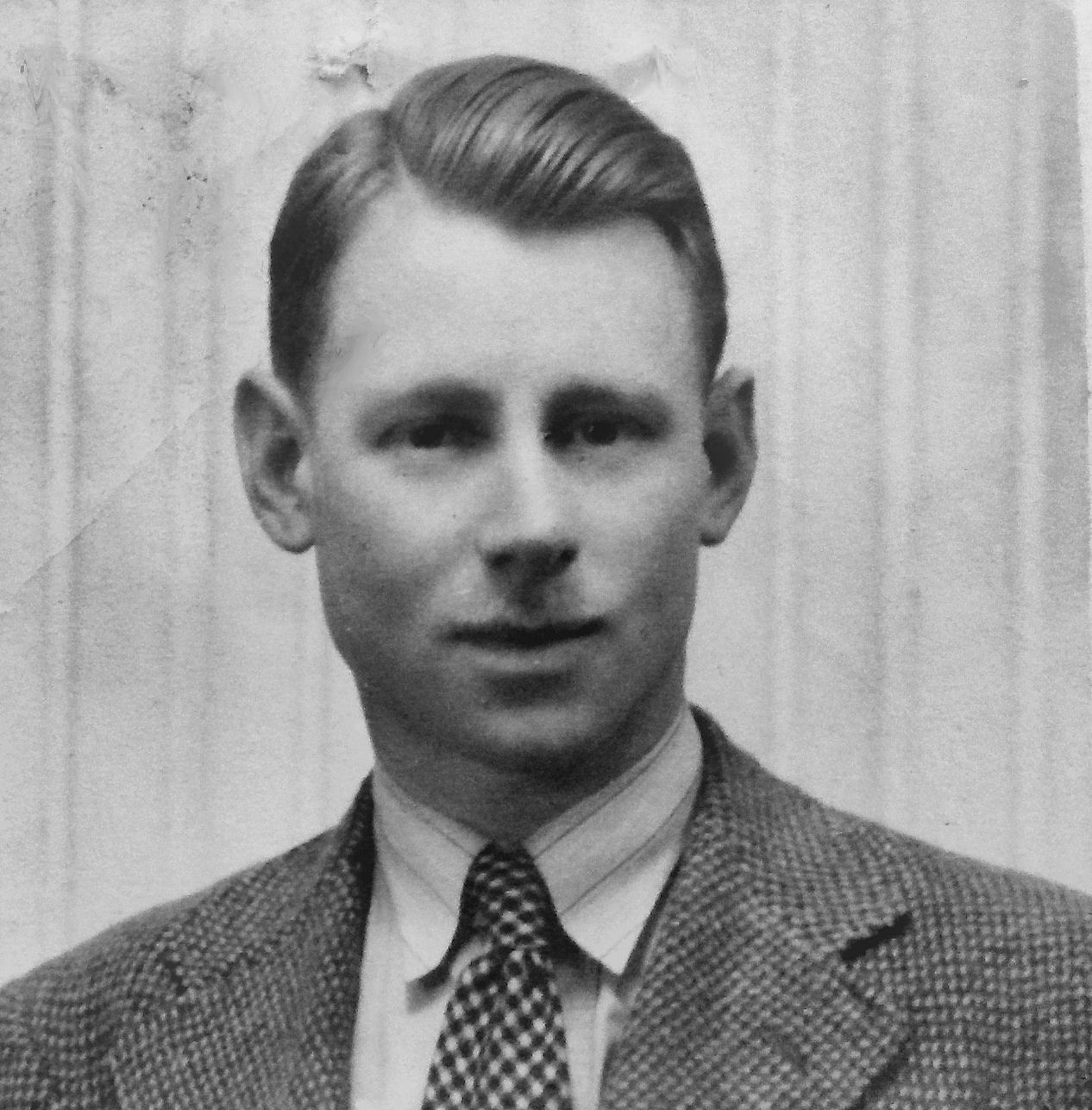 ATA
ATA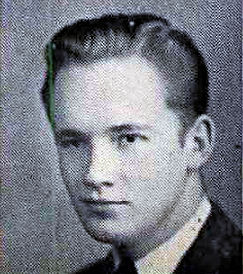 1938
1938
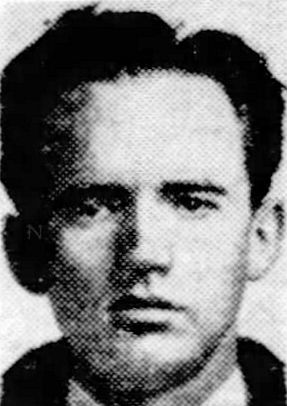
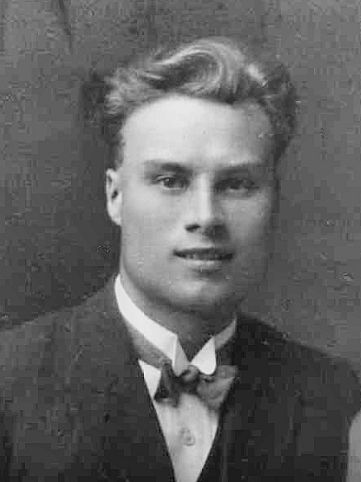 1935
1935 ATA
ATA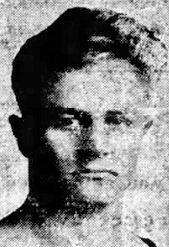 1932
1932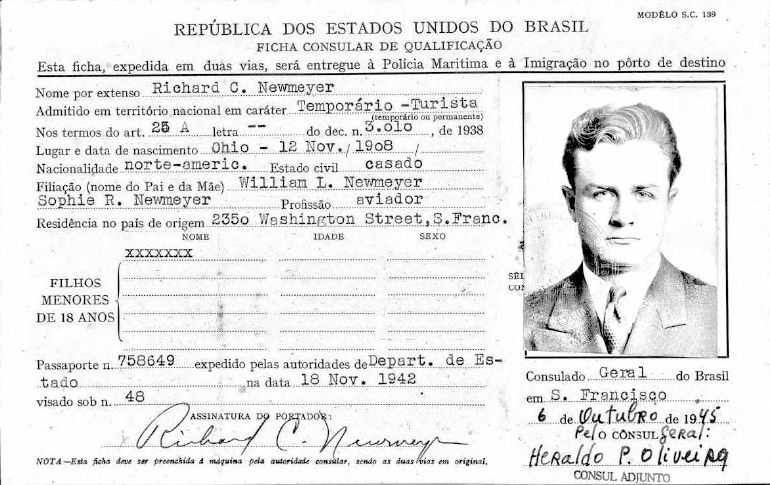
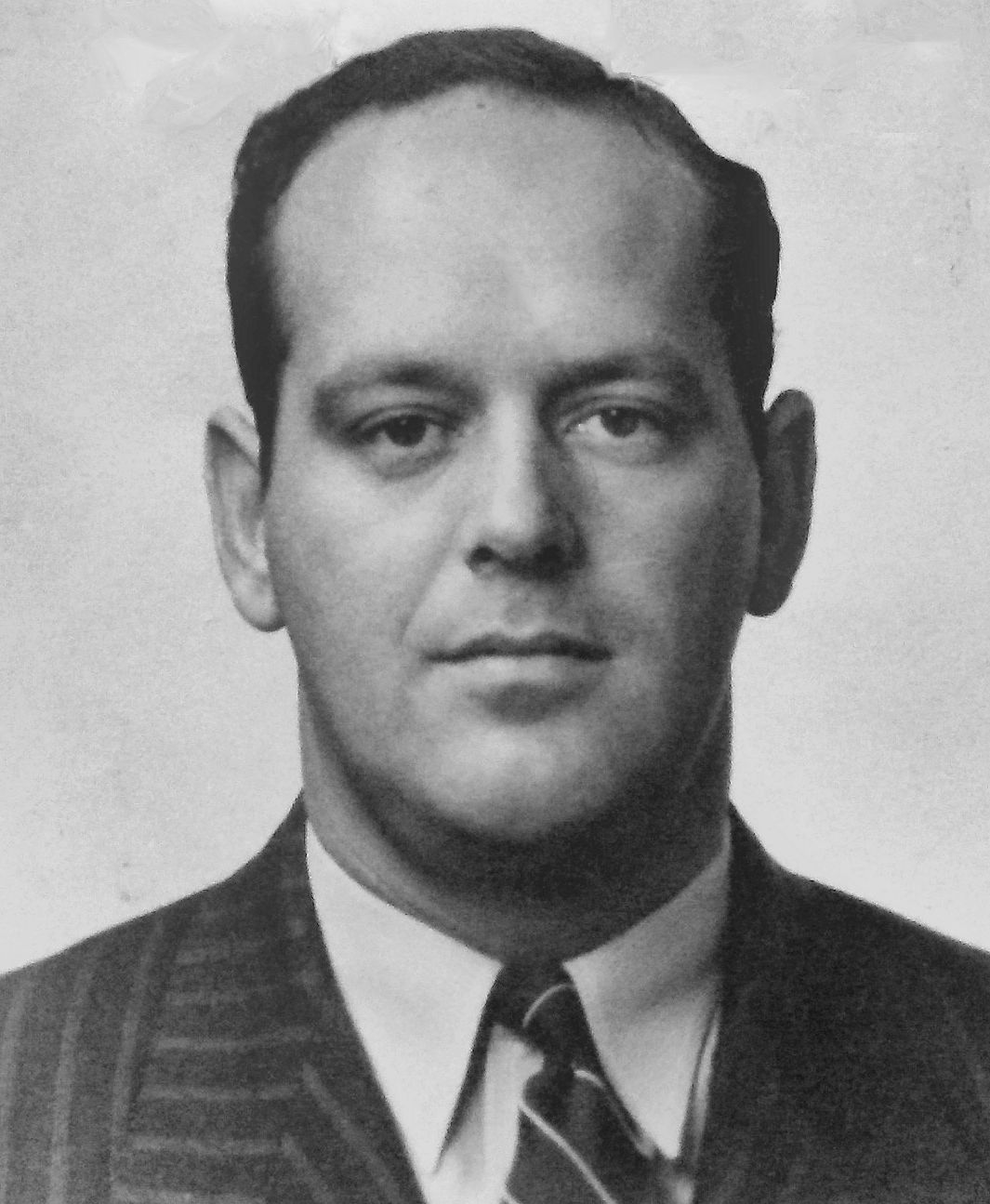 ATA
ATA ATAM
ATAM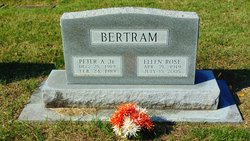 buried Mattoon, IL
buried Mattoon, IL 1936, when a student at GWU
1936, when a student at GWU
 1946 (pilot on TWA Skymaster La Guardia - Cairo flight) - Brooklyn Daily Eagle
1946 (pilot on TWA Skymaster La Guardia - Cairo flight) - Brooklyn Daily Eagle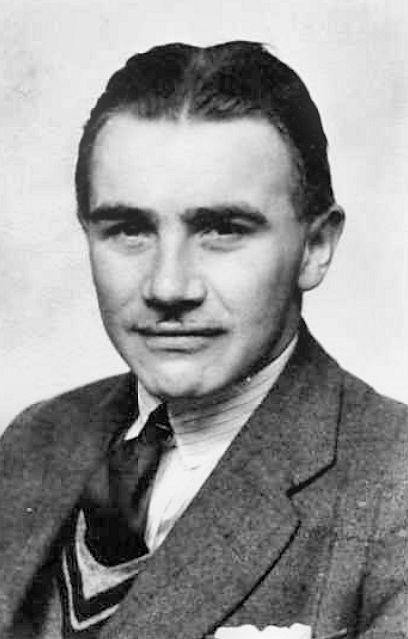 1931
1931 1939
1939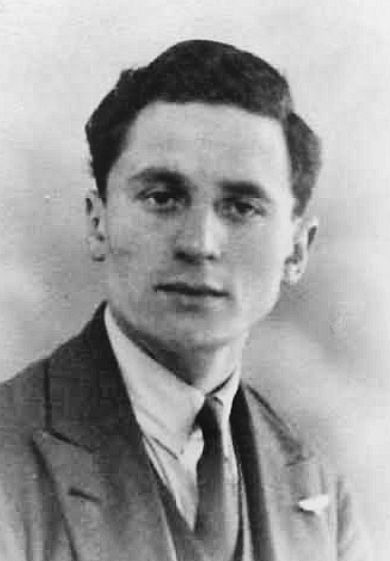 1931
1931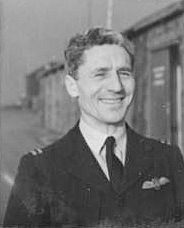 MAMM
MAMM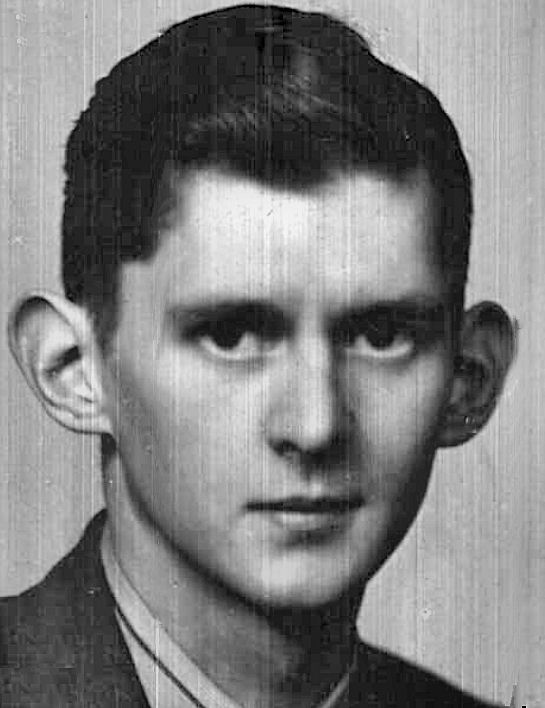
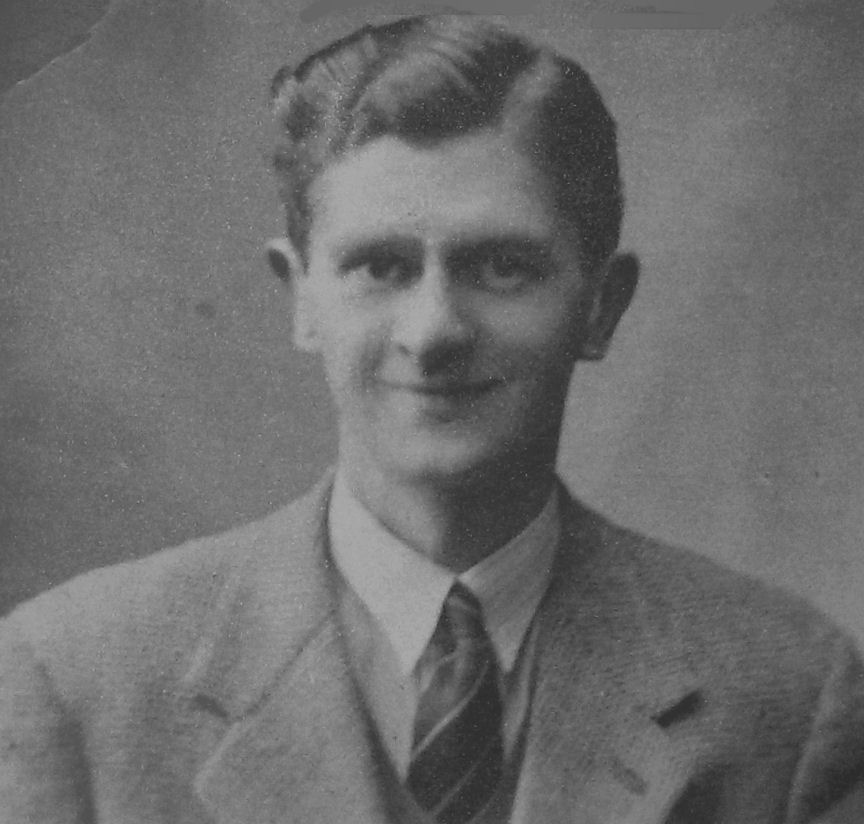

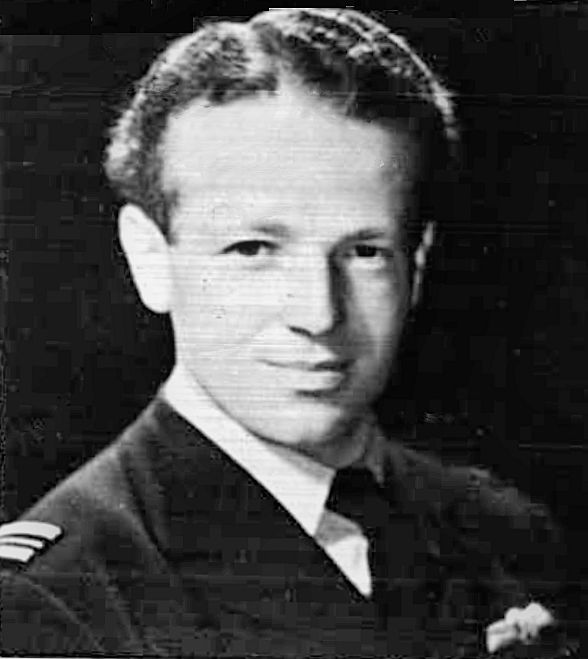 RAeC 1945
RAeC 1945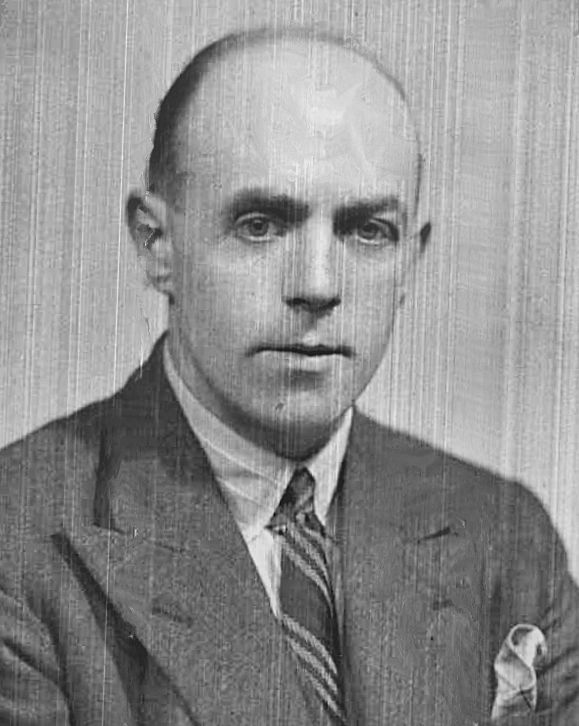 1937
1937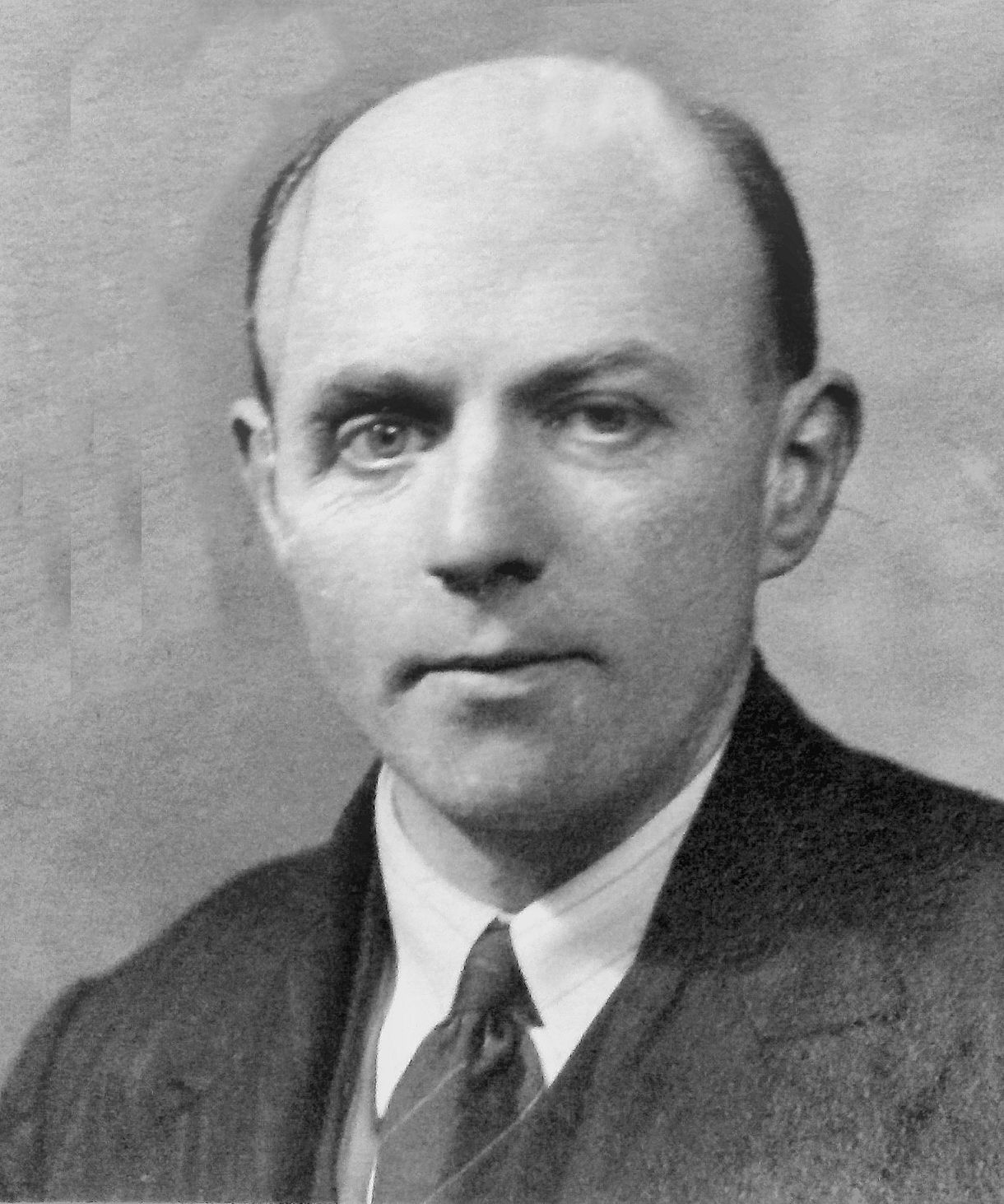 ATA
ATA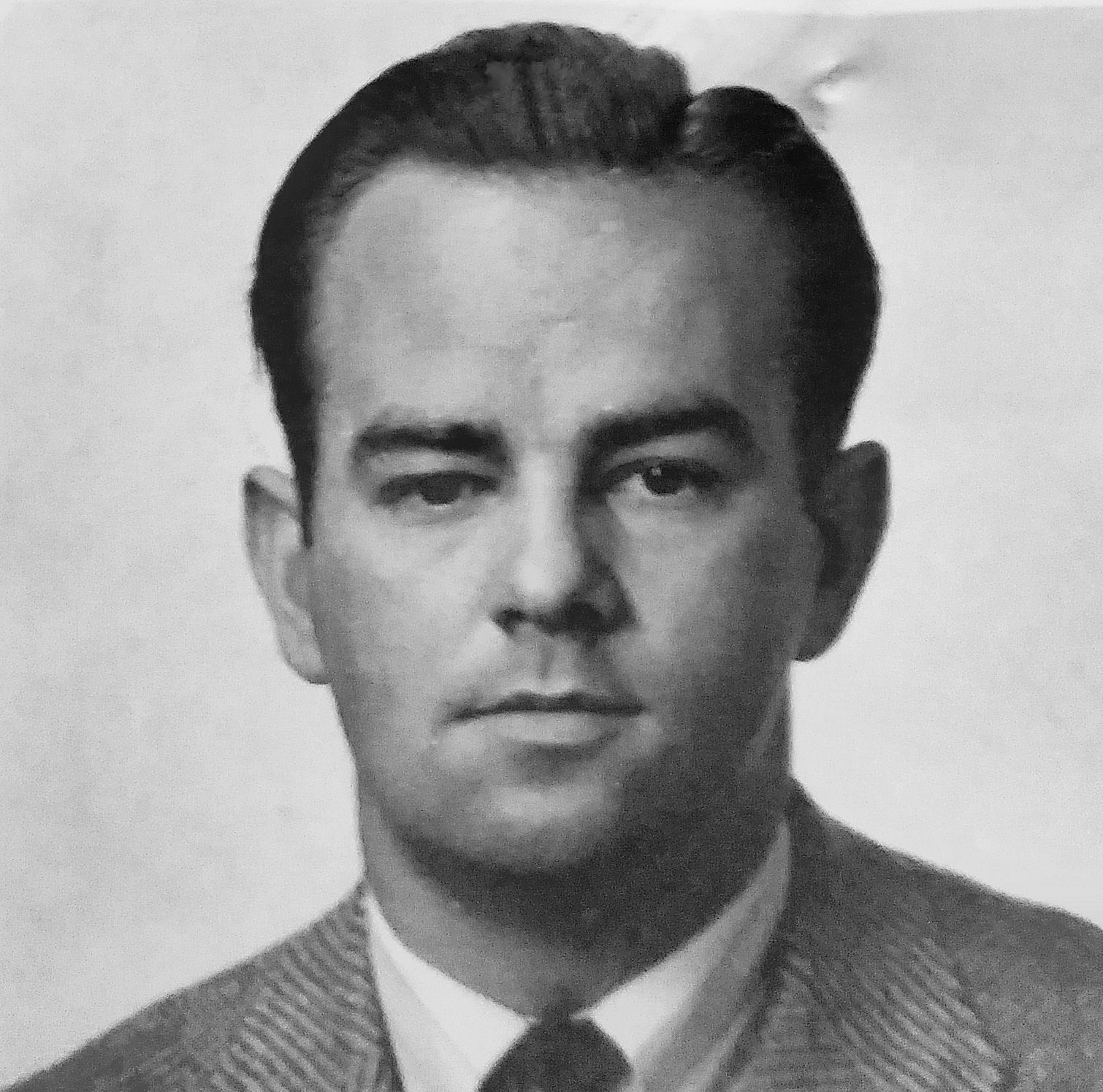 ATA
ATA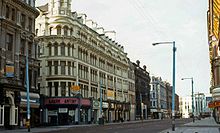
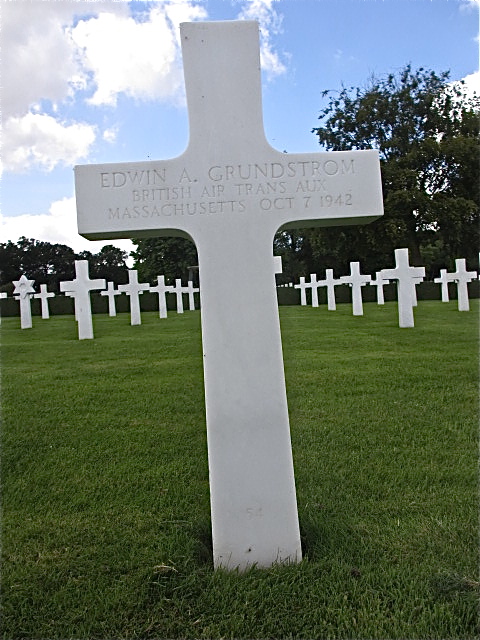
 ATAM
ATAM ATAM
ATAM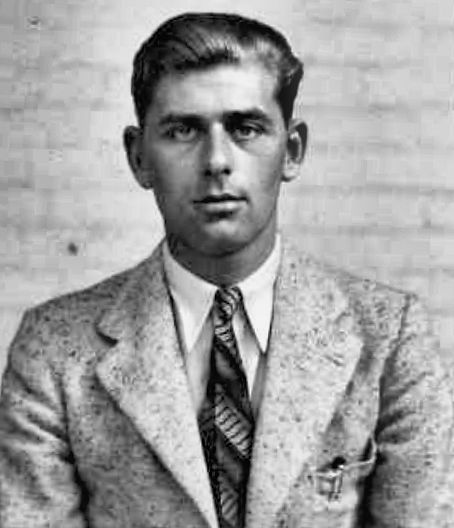 1935
1935 1935
1935 1939
1939 ATA
ATA
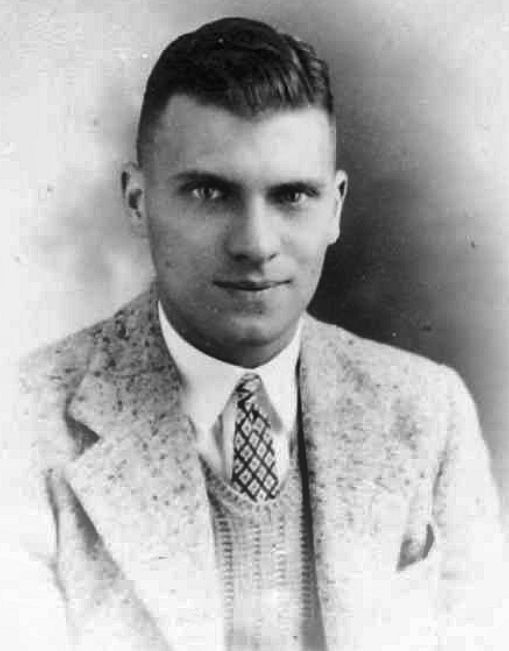 1935
1935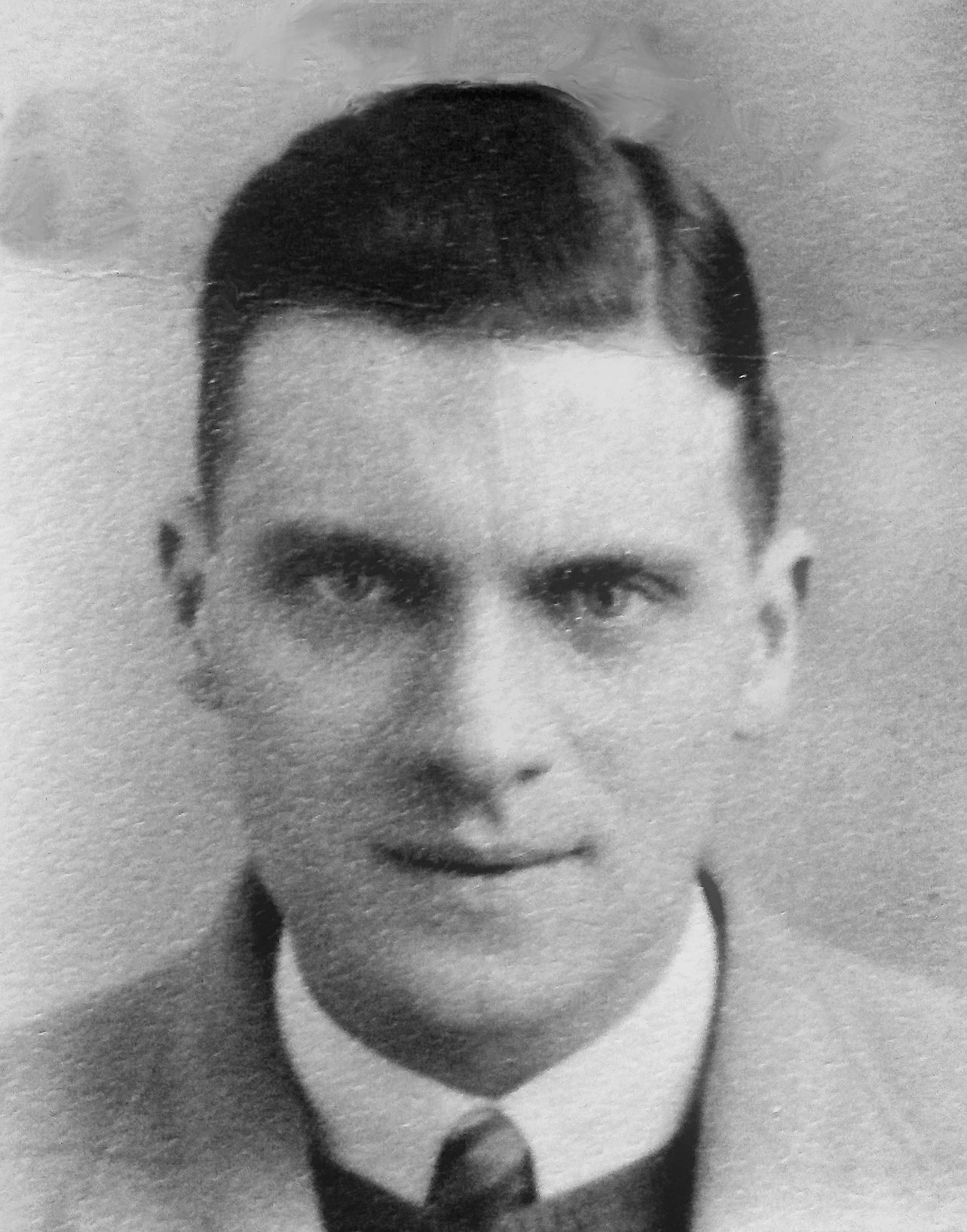 ATA
ATA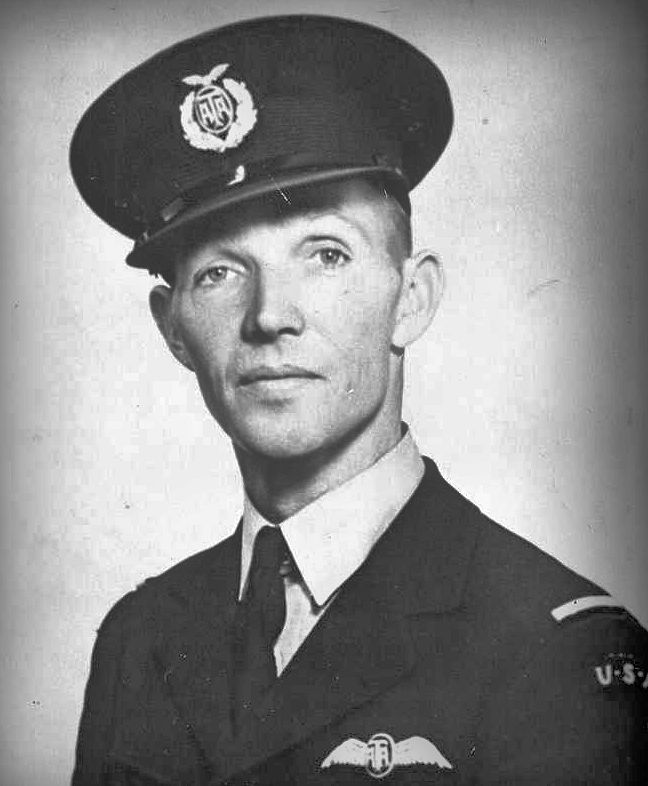 ATA
ATA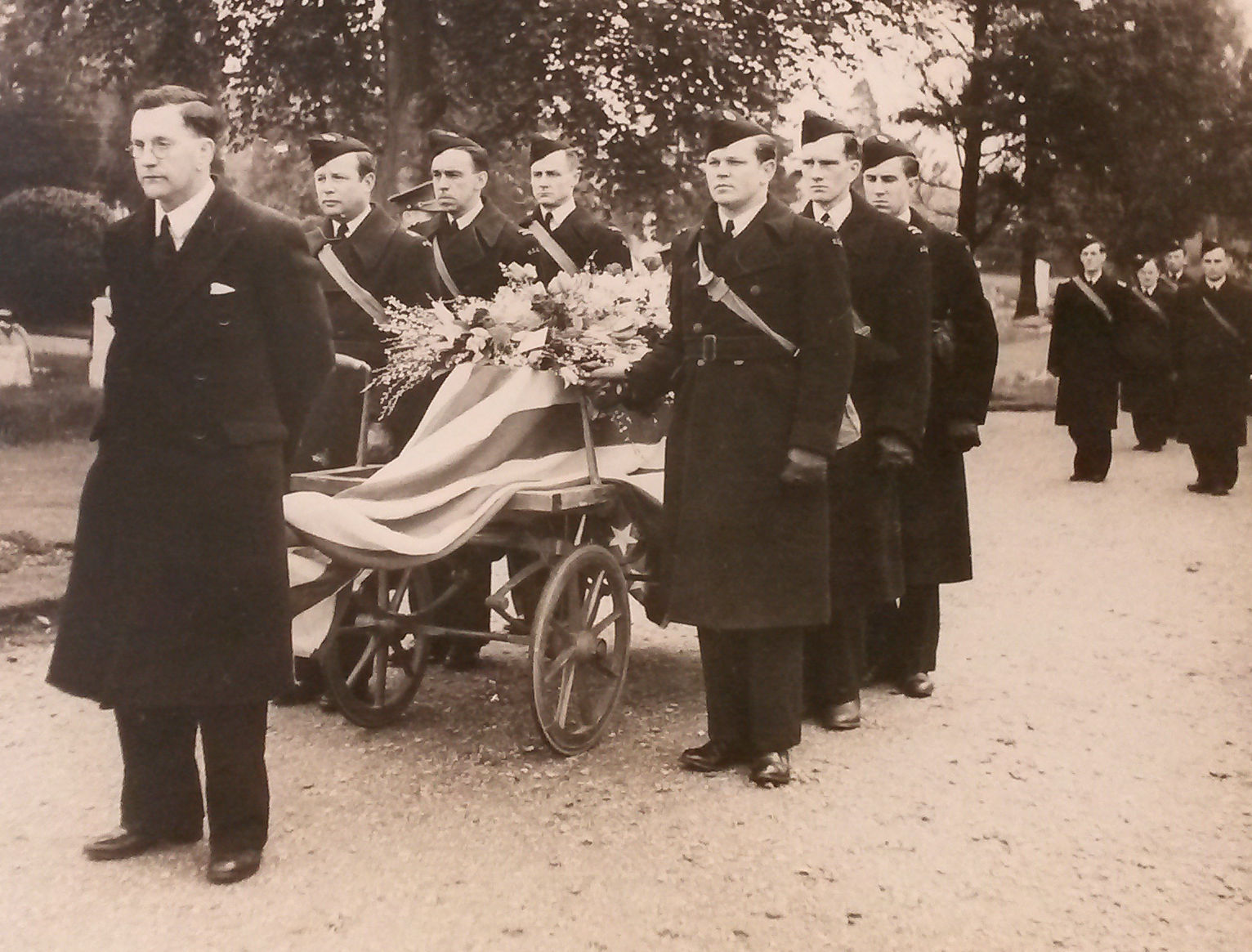

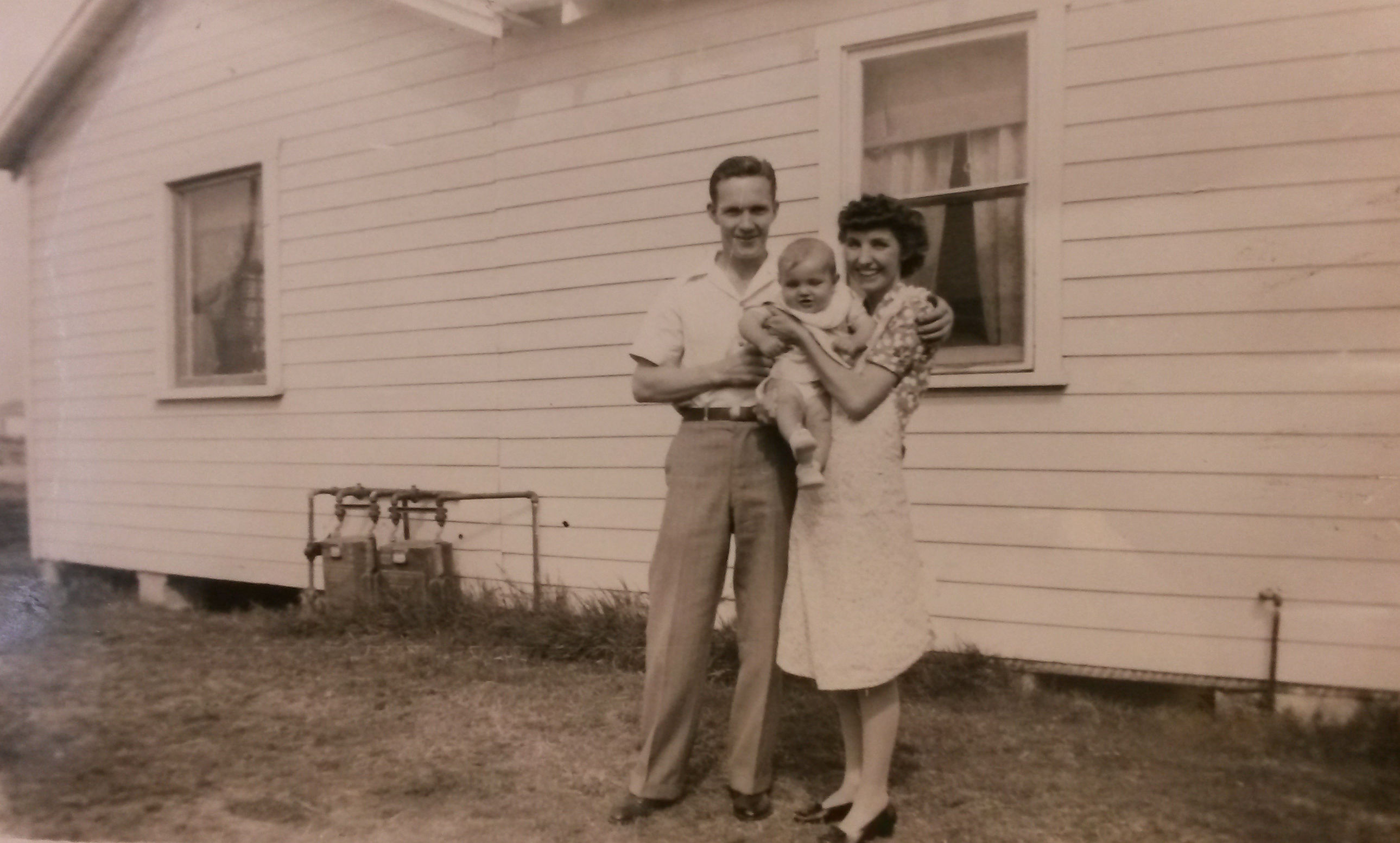
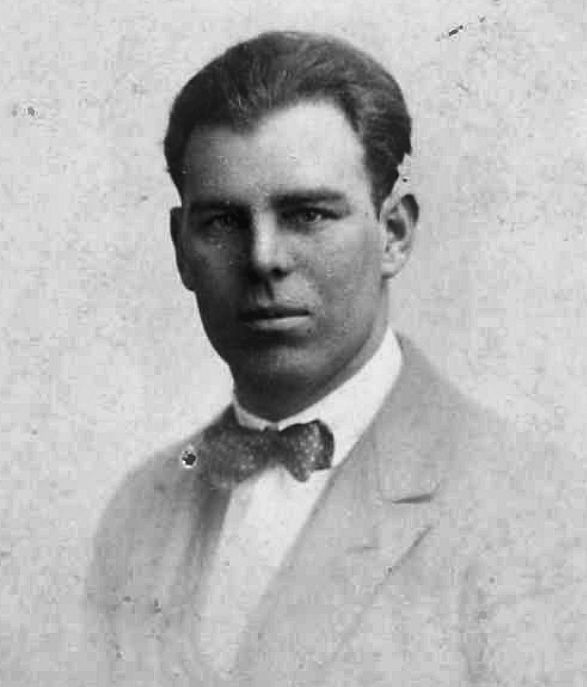 1925
1925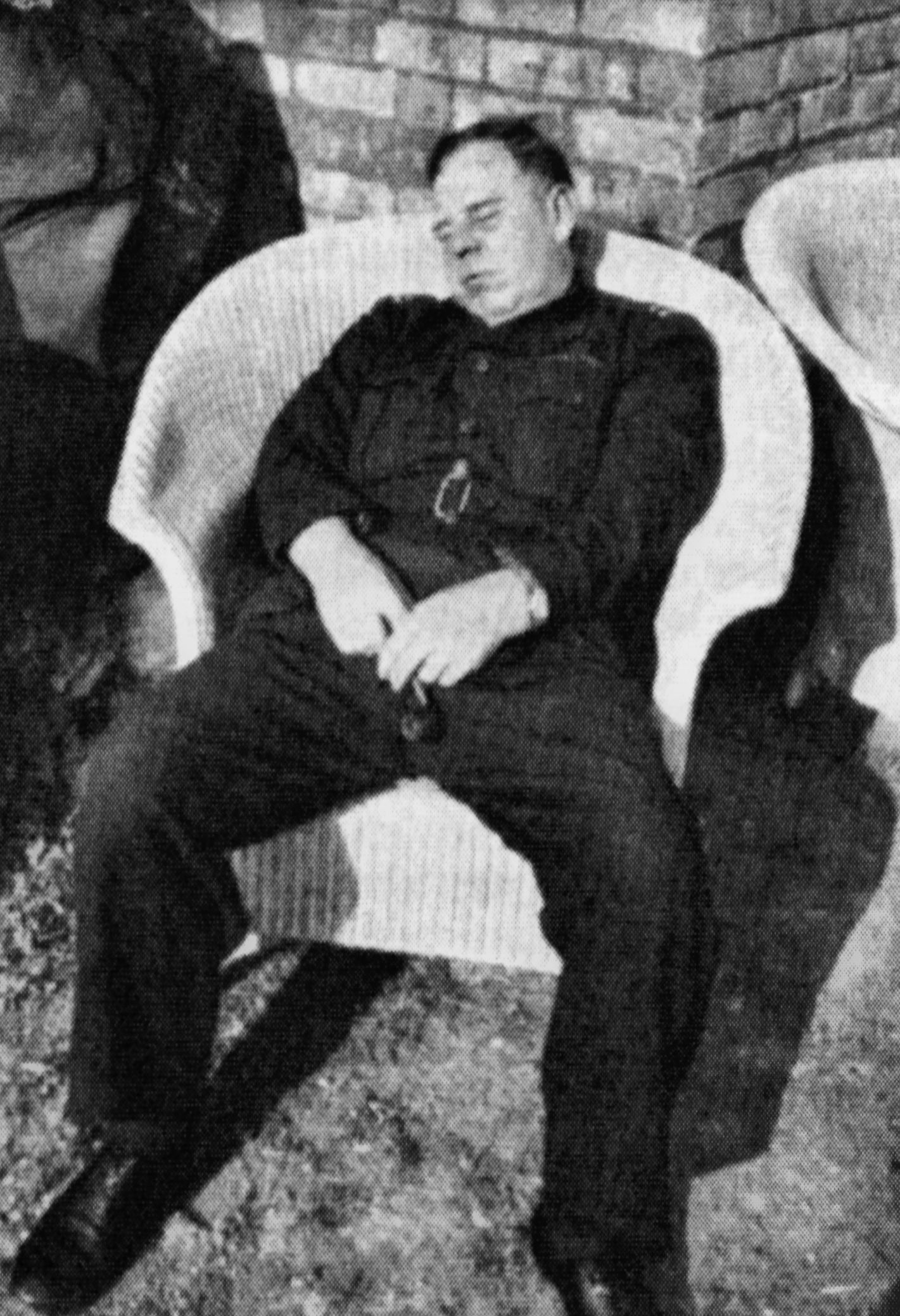 BG
BG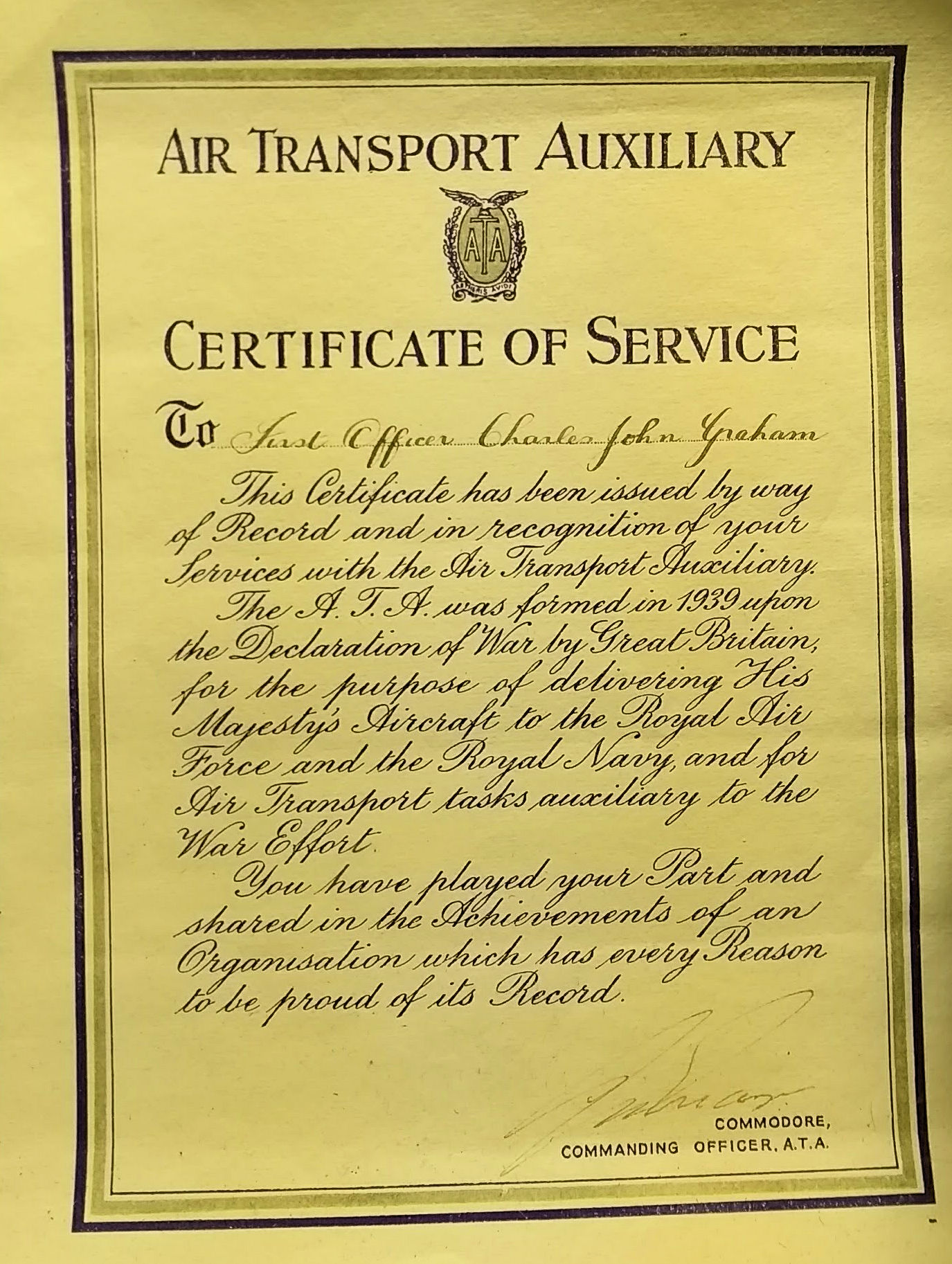
 1930
1930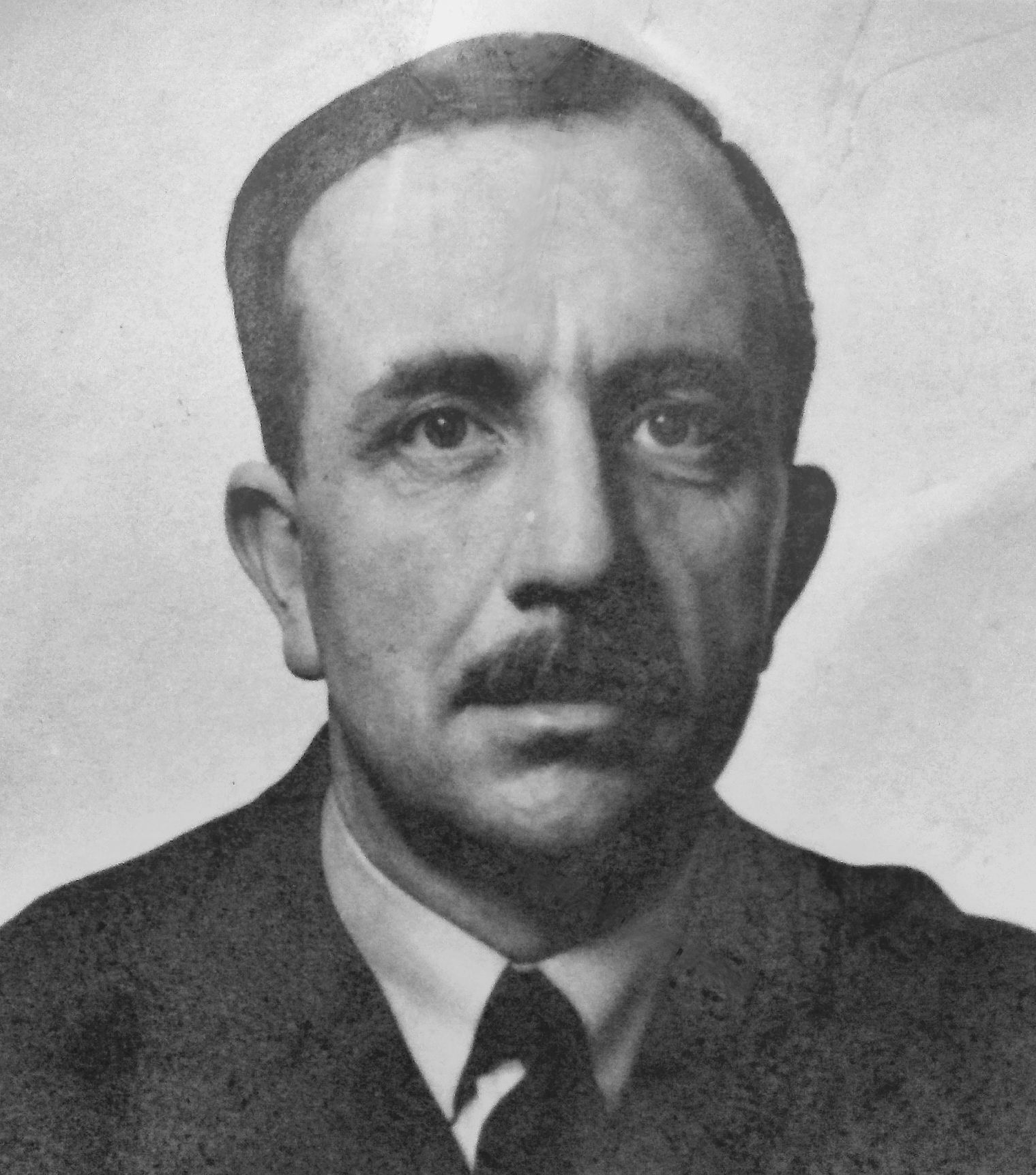 ATA
ATA ATAM
ATAM 1928
1928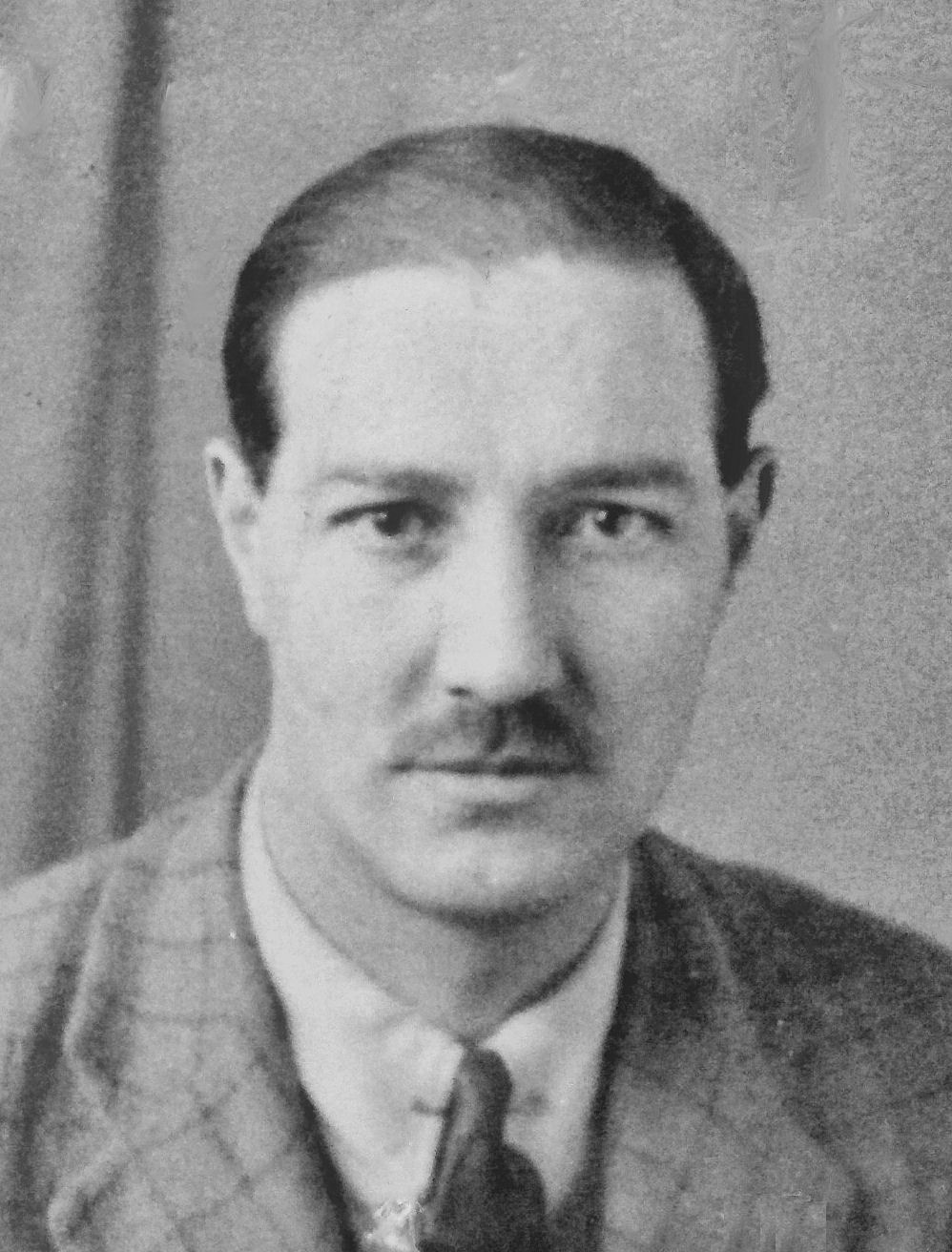 ATA
ATA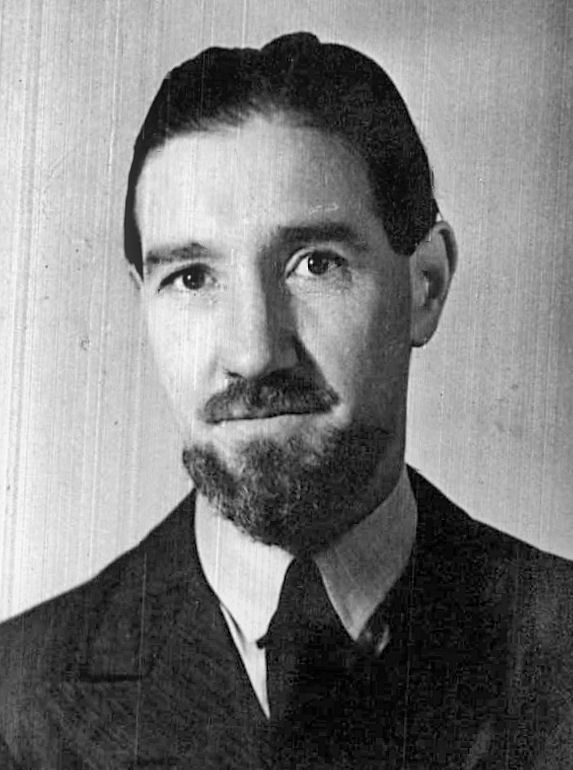 1946
1946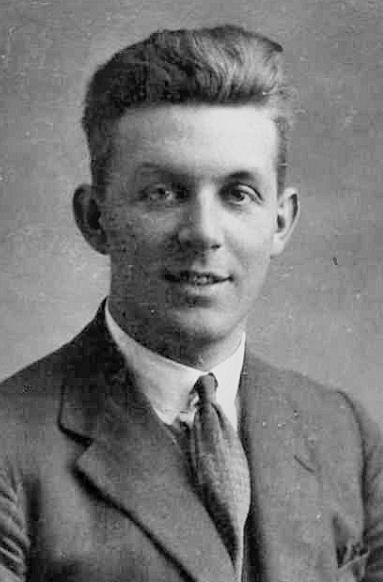
 ATA
ATA
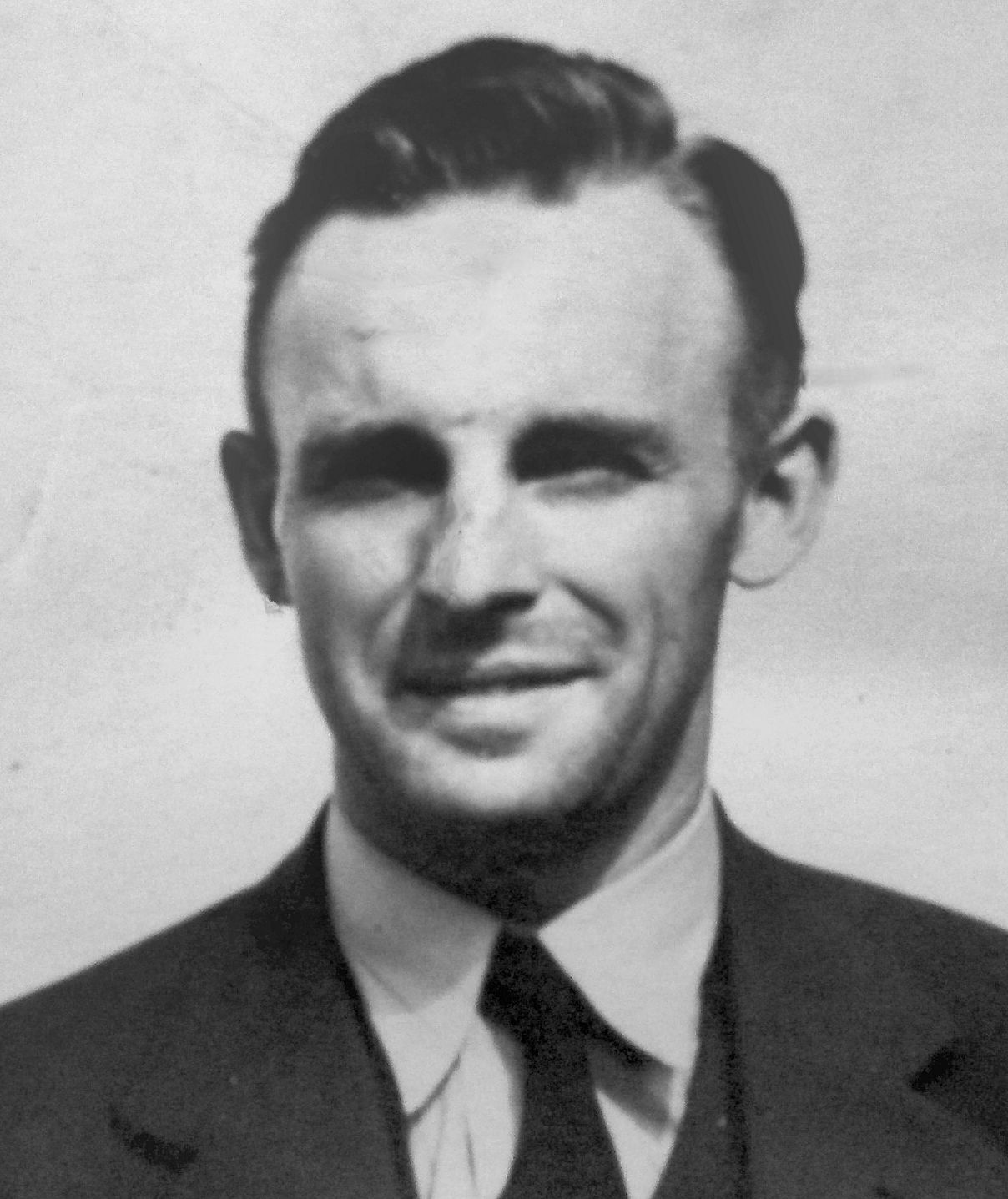 ATA
ATA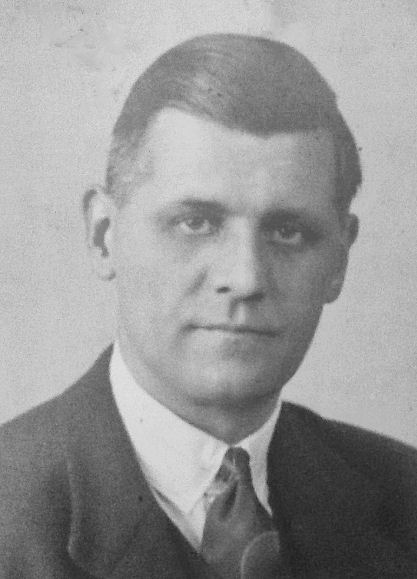
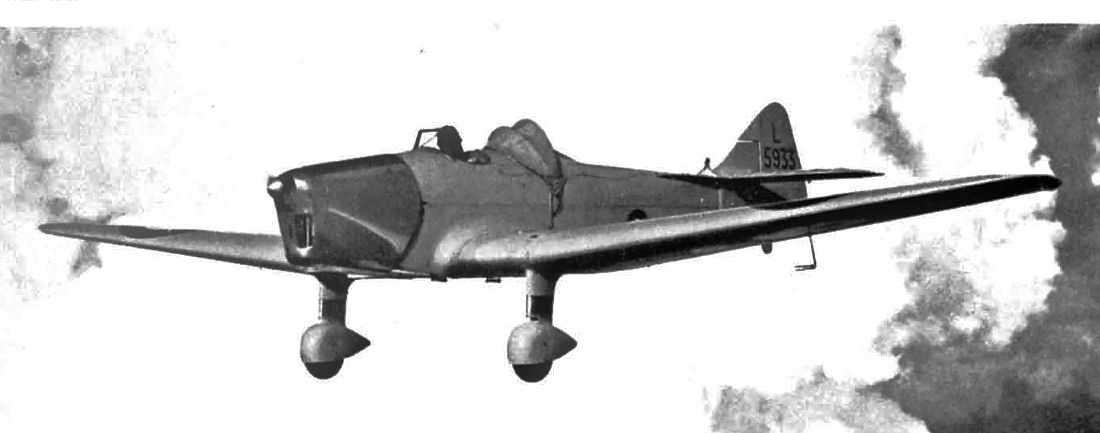
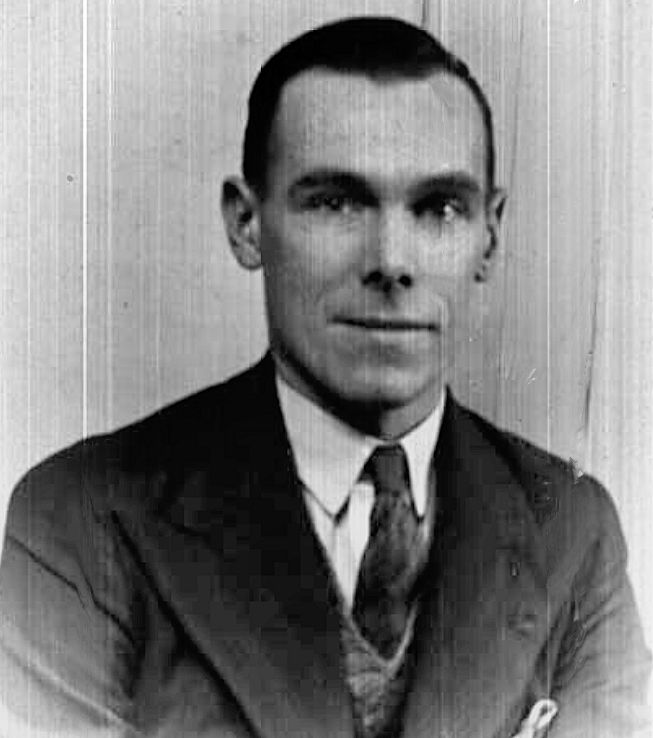 1938
1938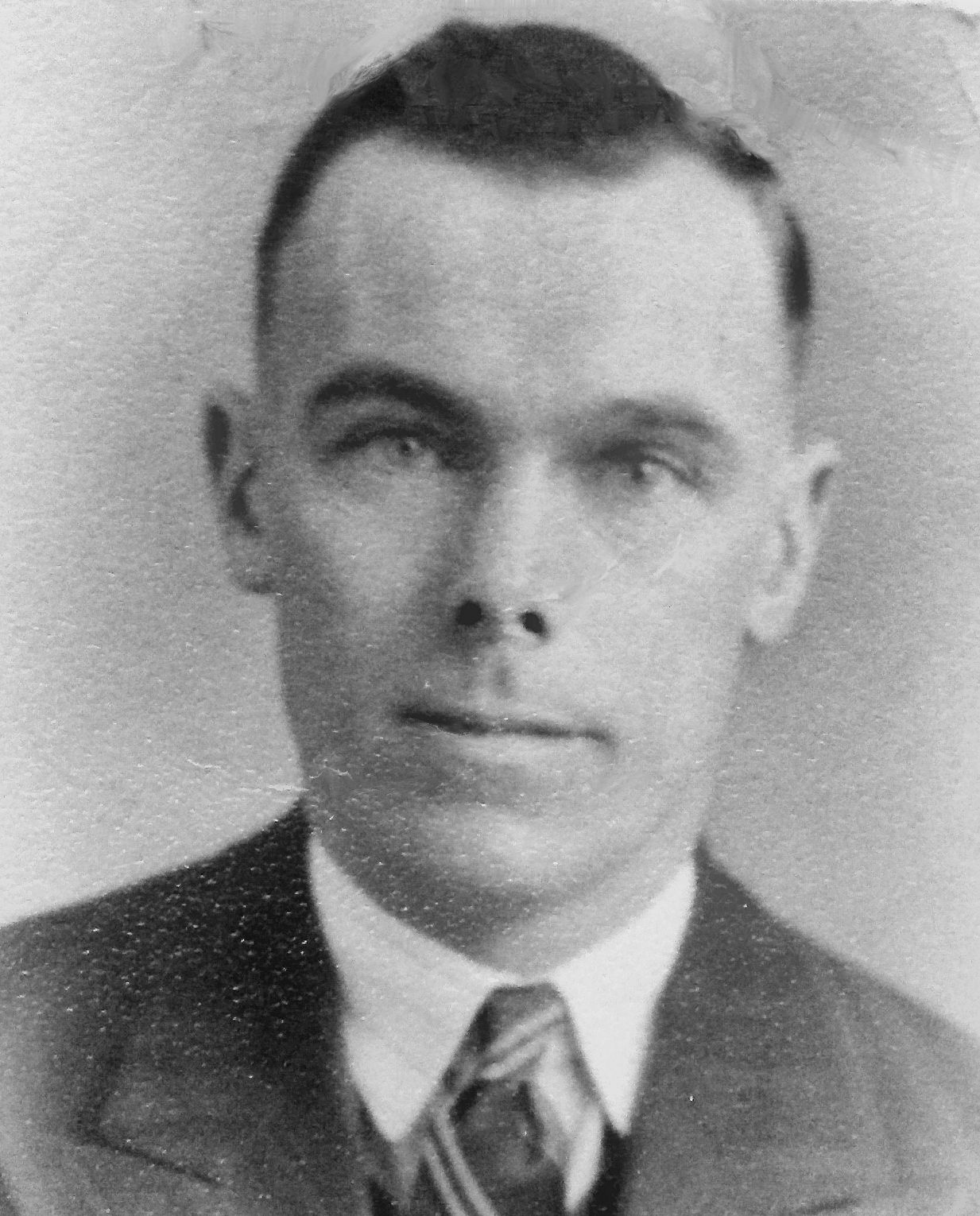 ATA
ATA 1931
1931 ATA
ATA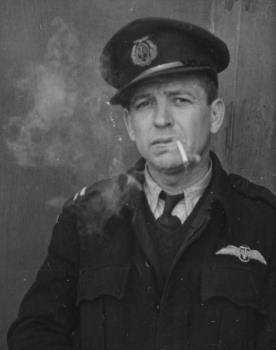
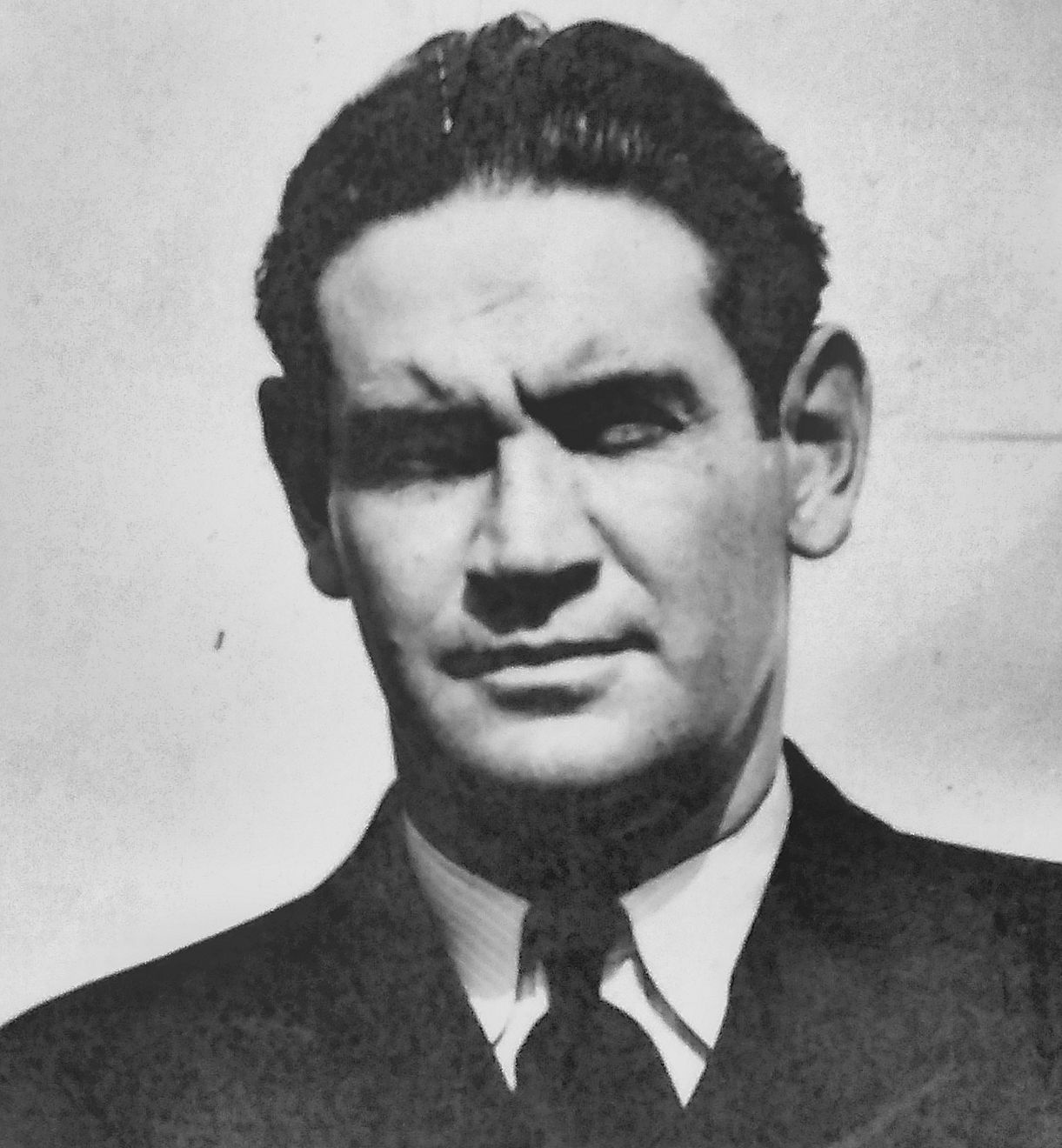 ATA
ATA RAeC 1937
RAeC 1937
 In ATA uniform, with Irene
In ATA uniform, with Irene
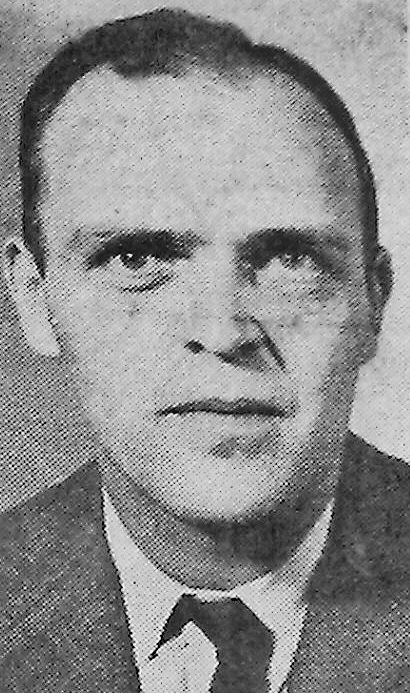 1942
1942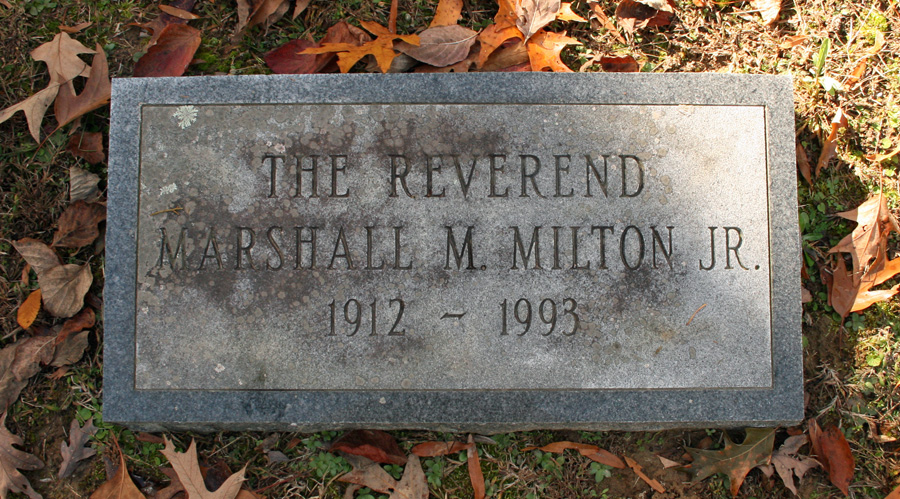
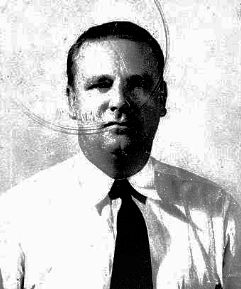 1951
1951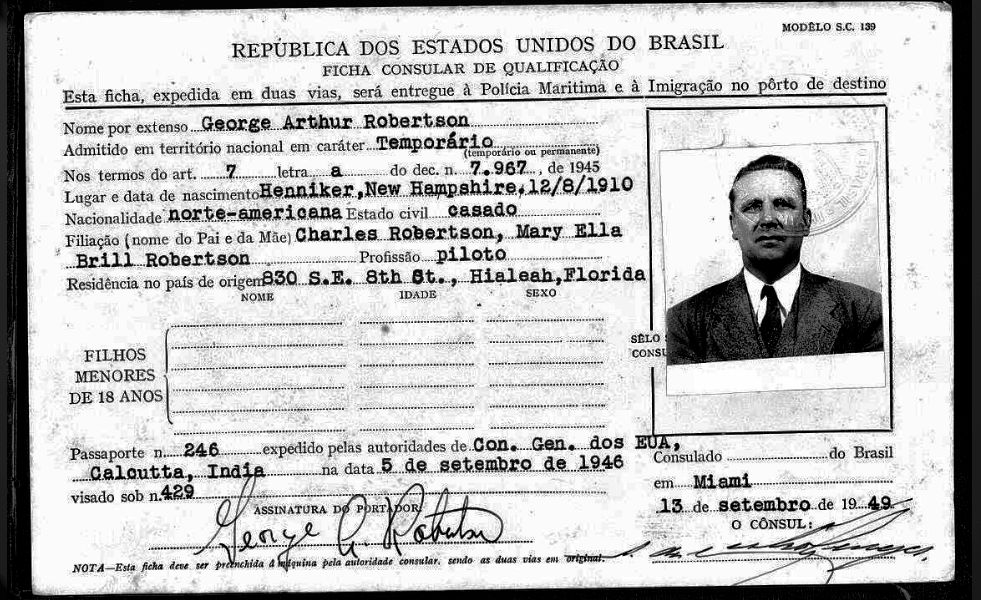
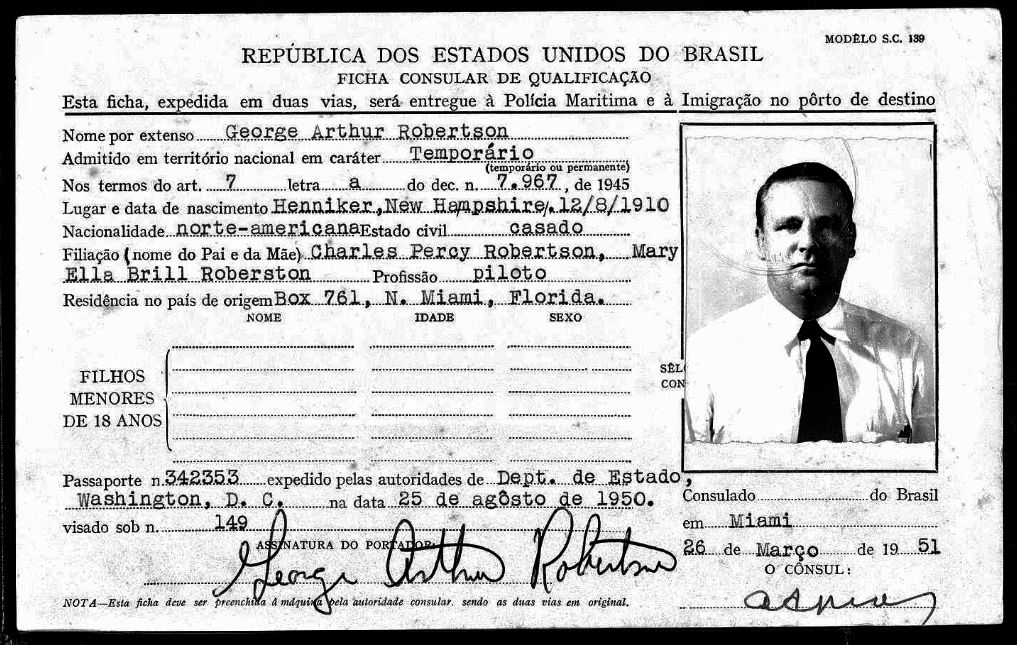
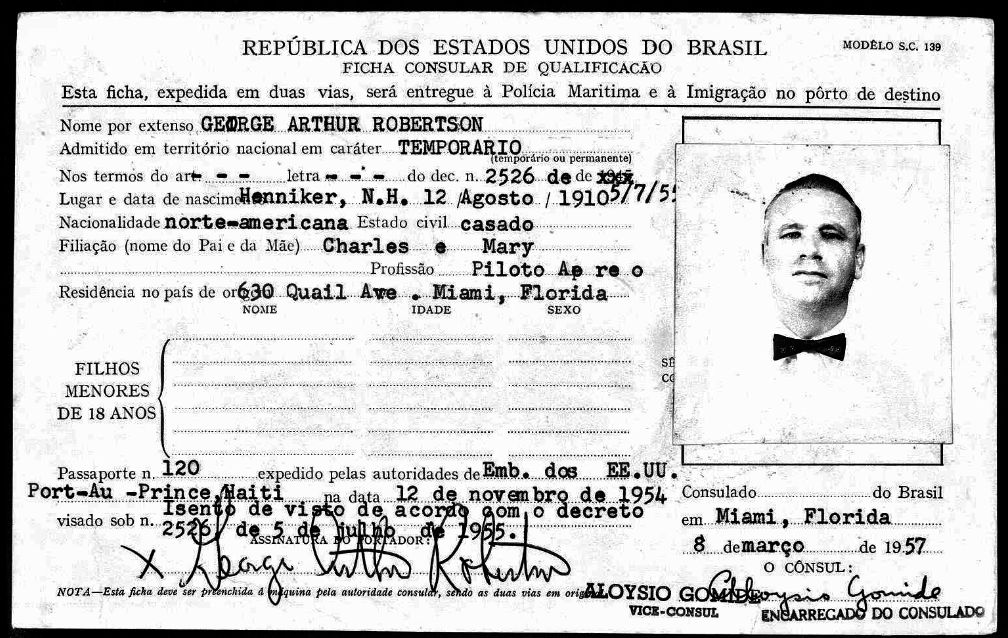
 1930
1930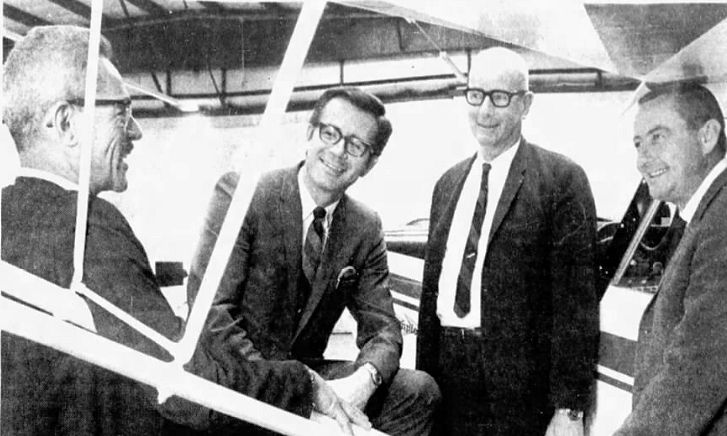

 ATA
ATA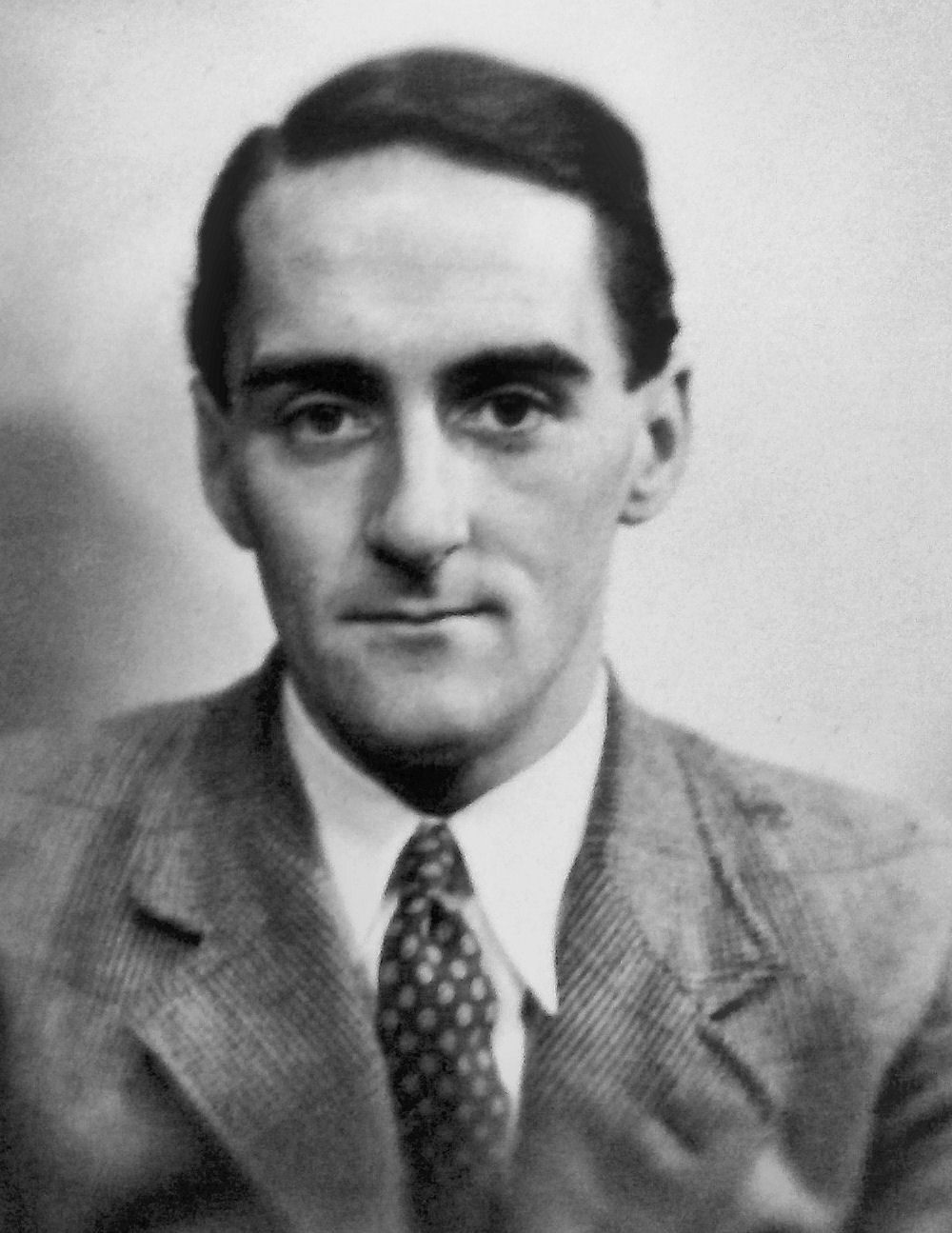 ATA
ATA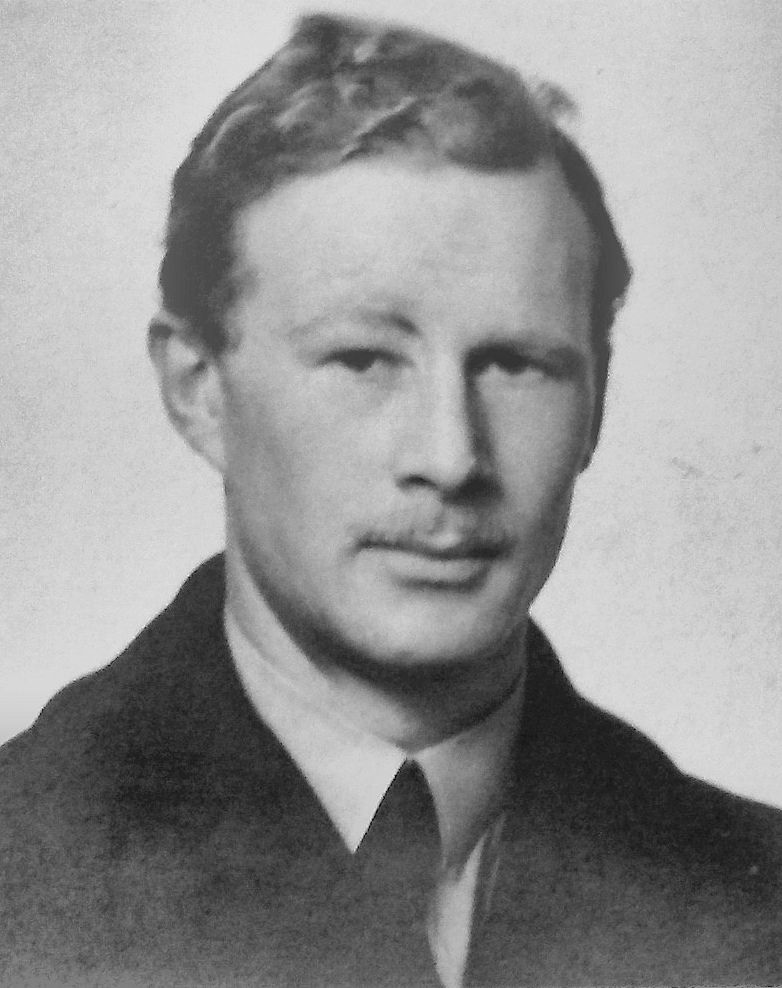
 ATA
ATA
 MAMM
MAMM
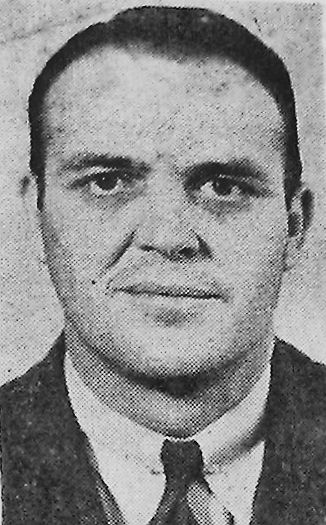 1942
1942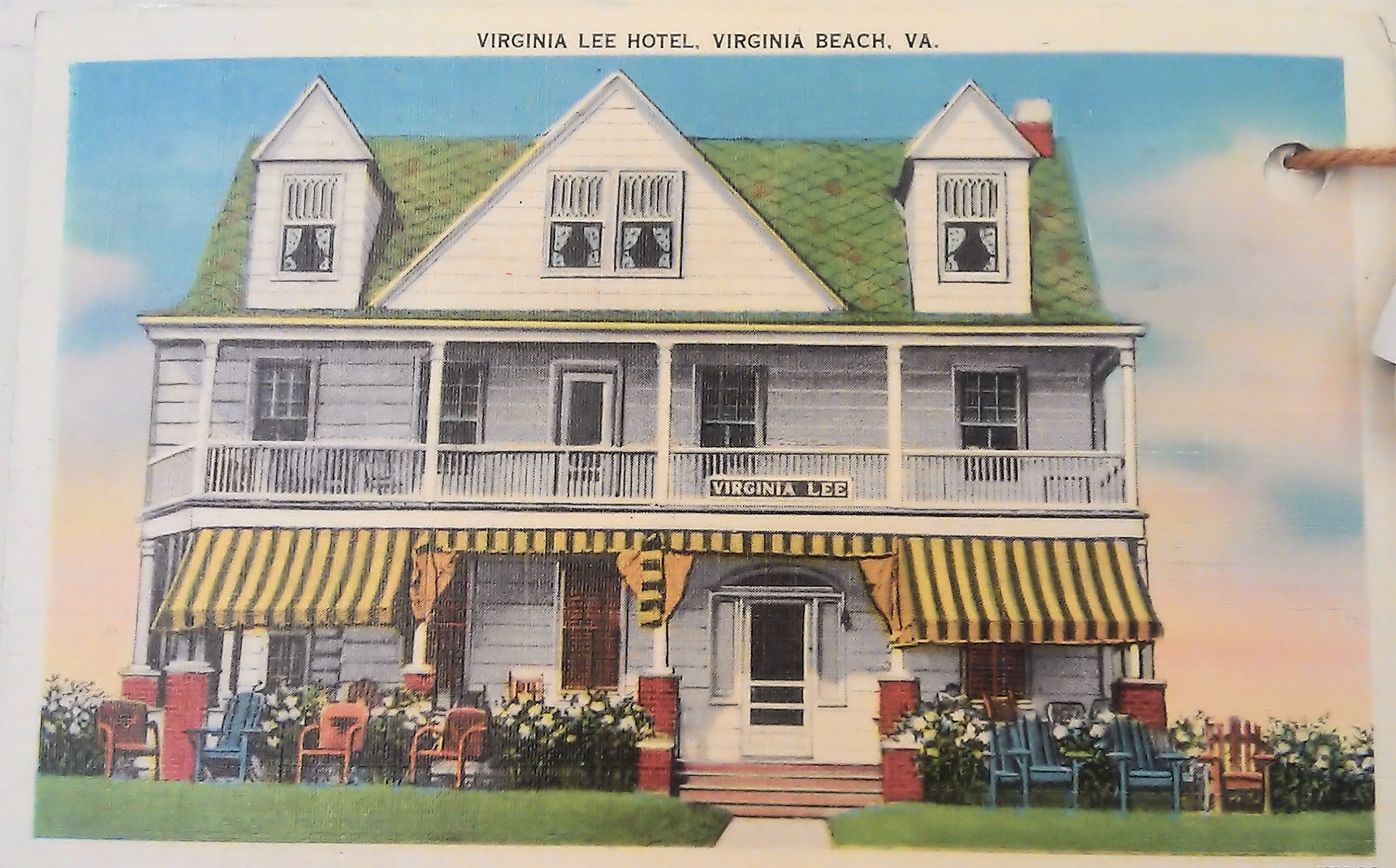
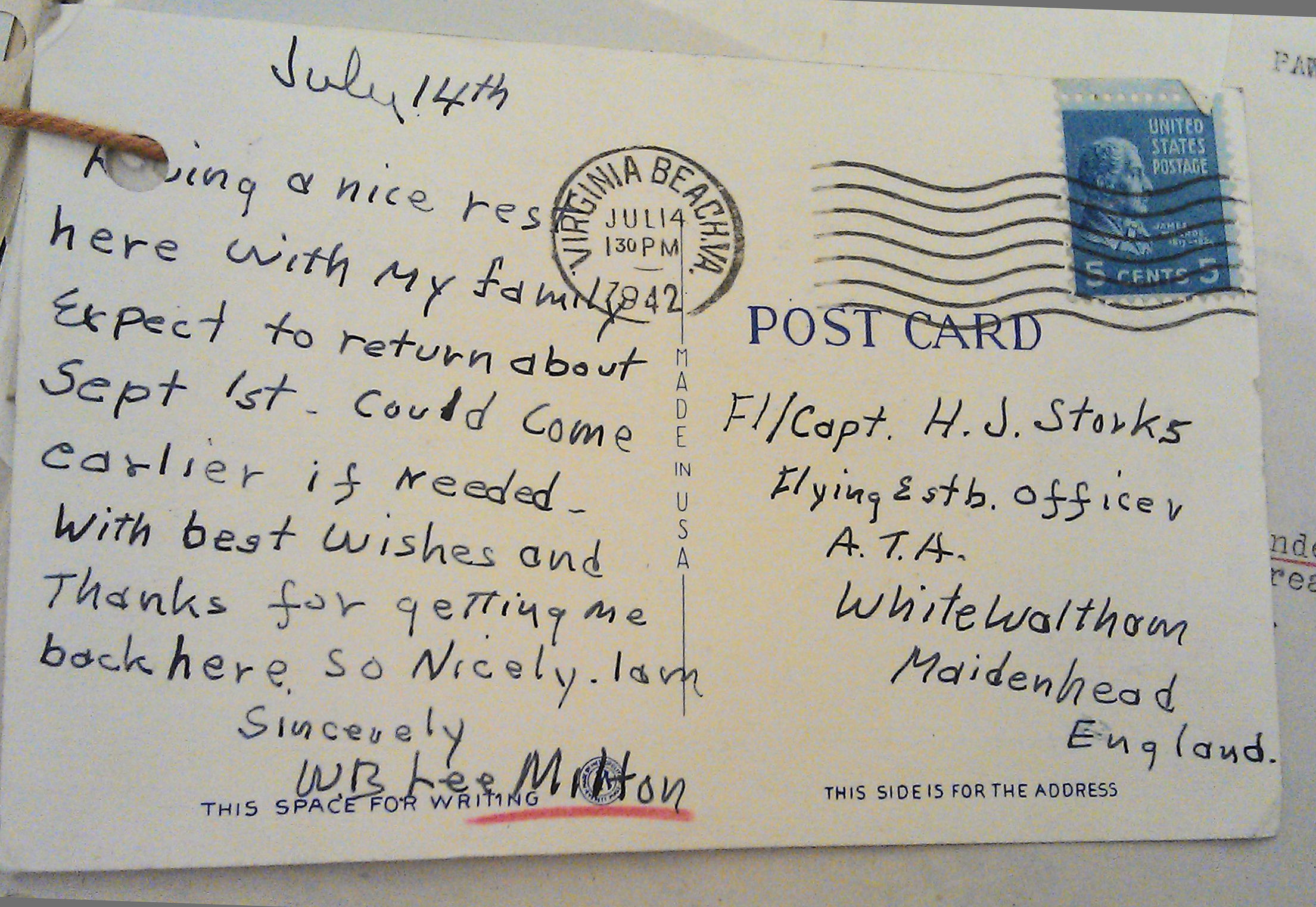
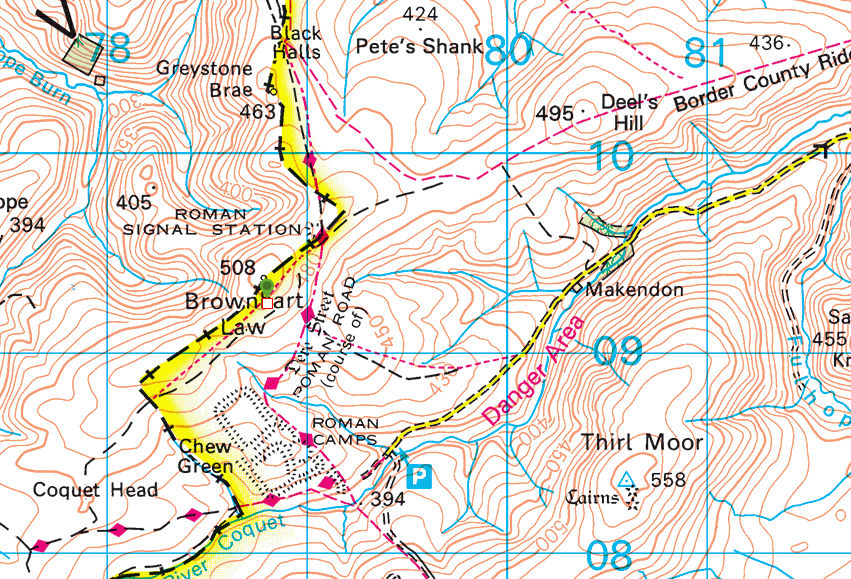 Map Coords 55.383333, -2.333333
Map Coords 55.383333, -2.333333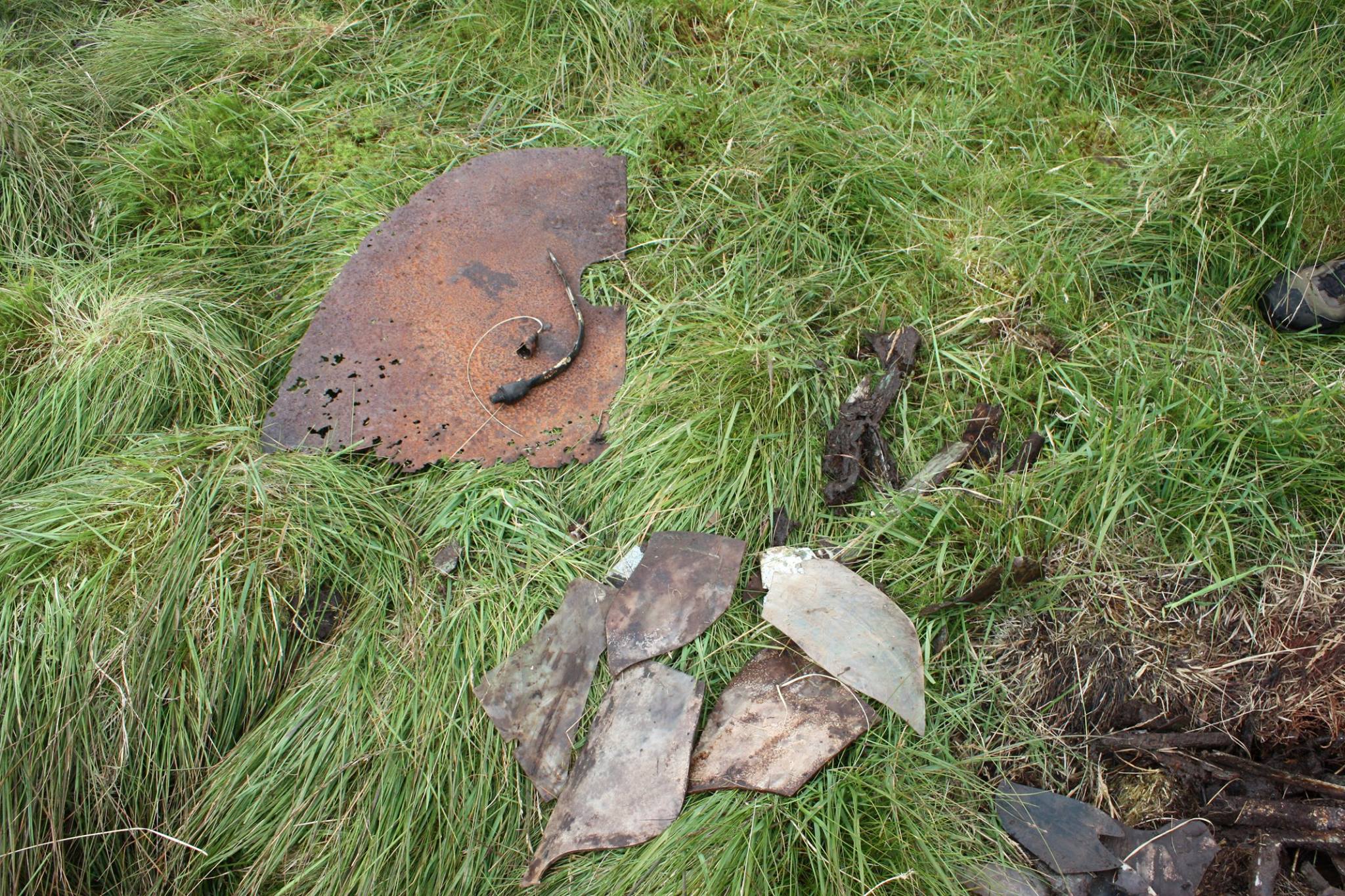
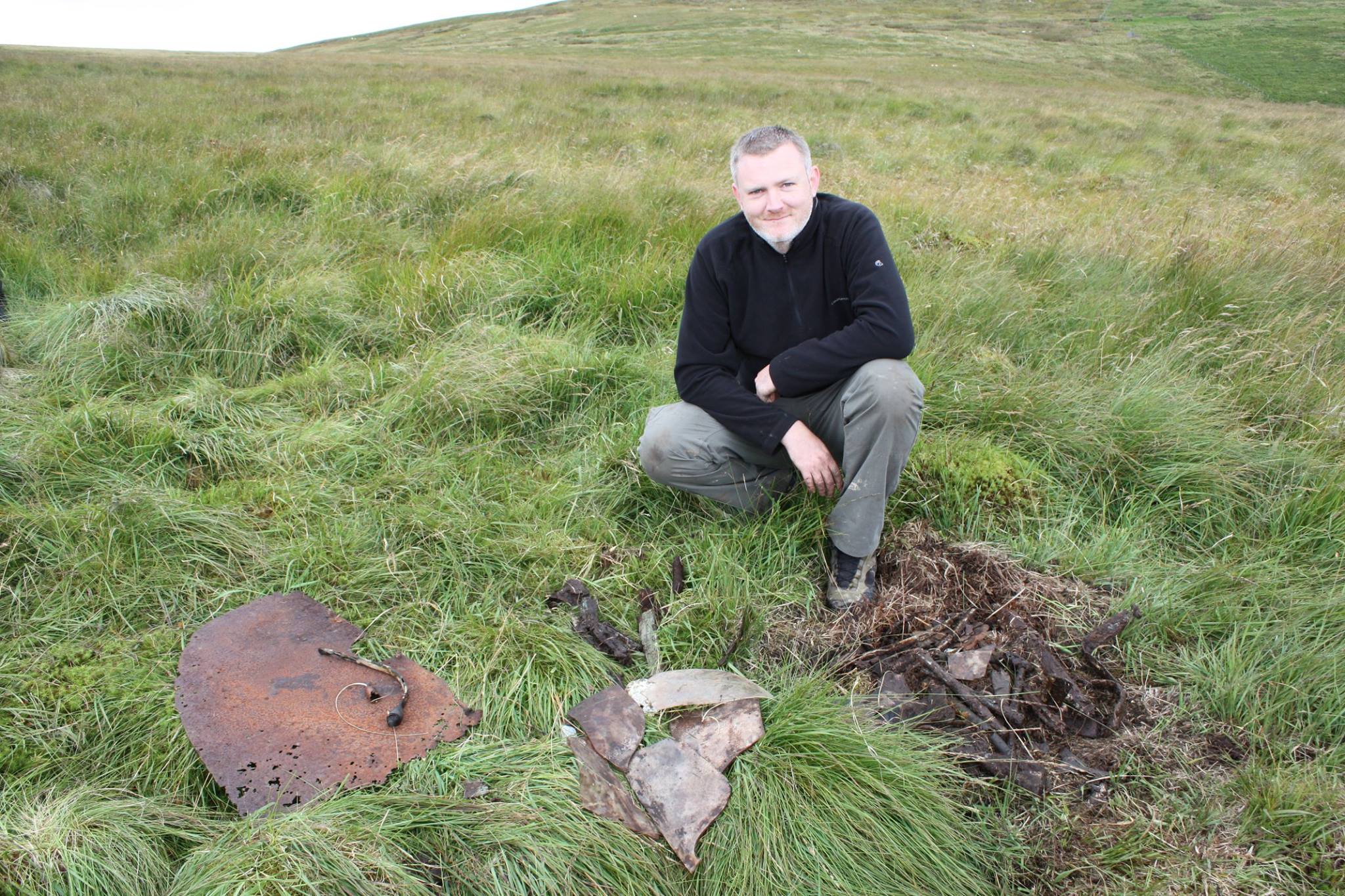
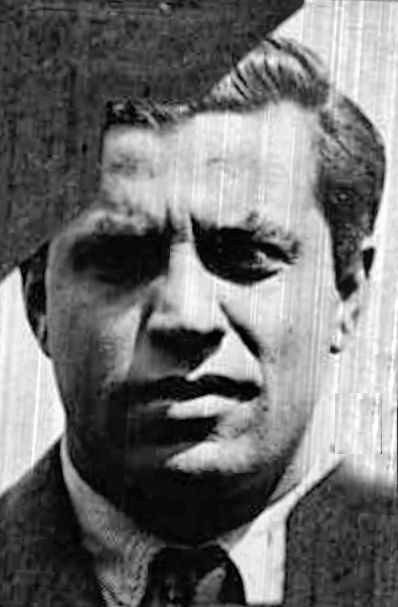 1938
1938 ATAM
ATAM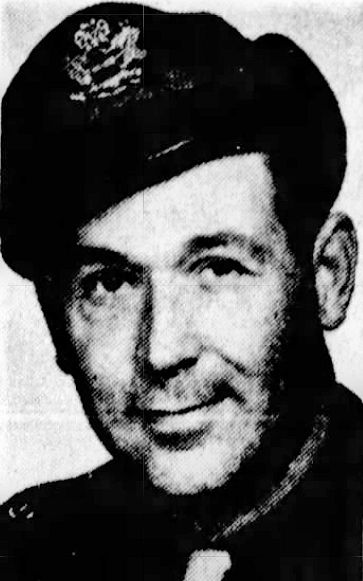


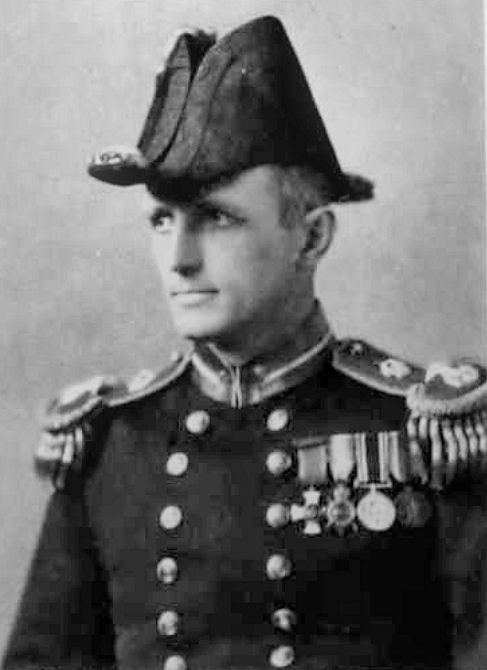
 ATAM
ATAM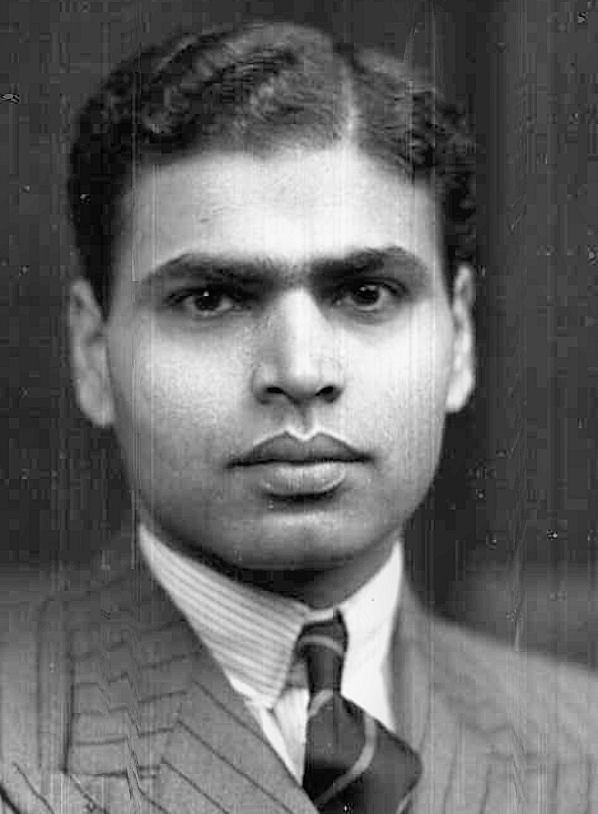
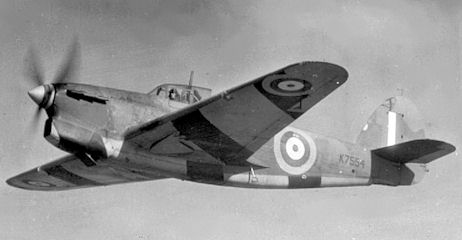
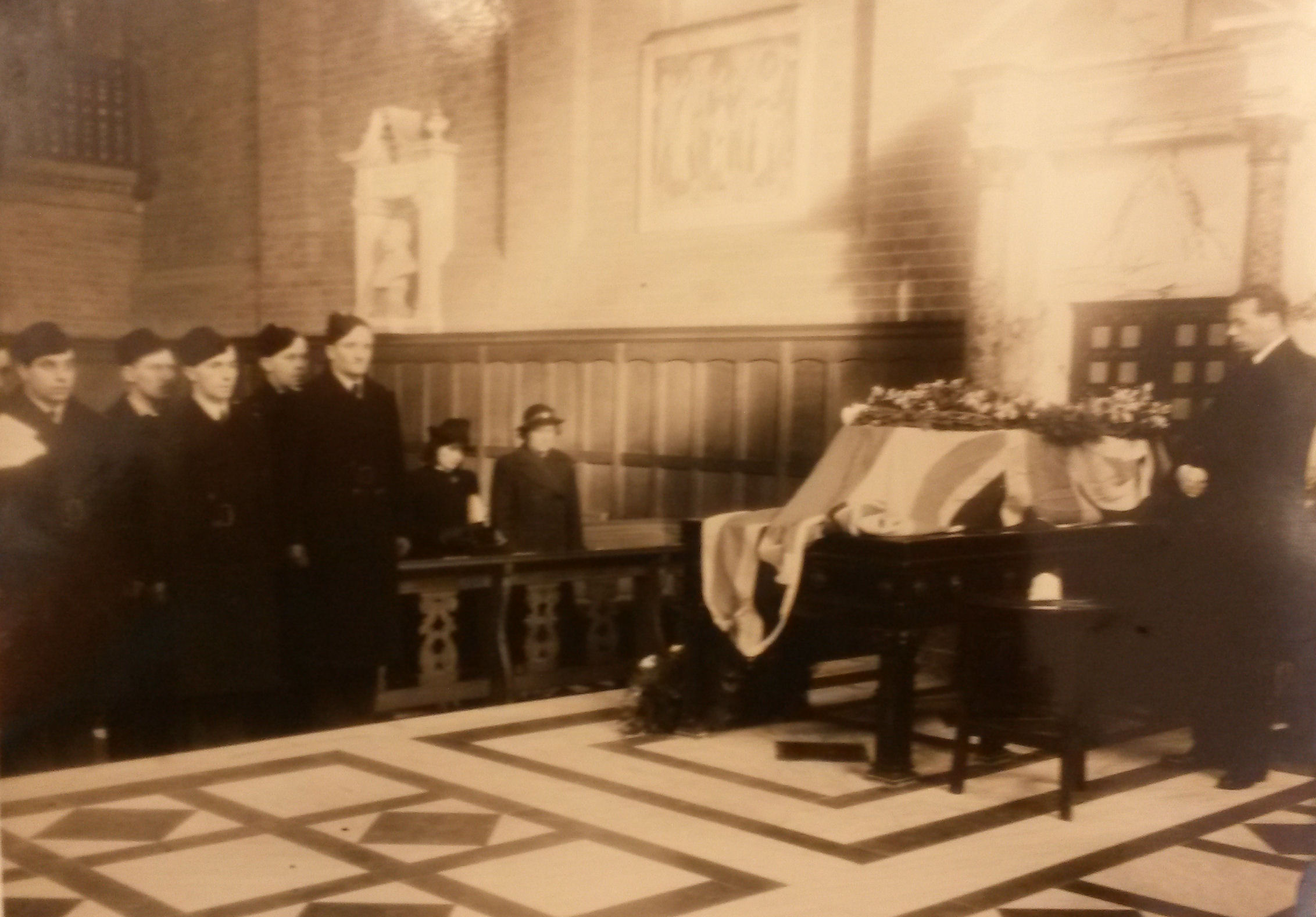
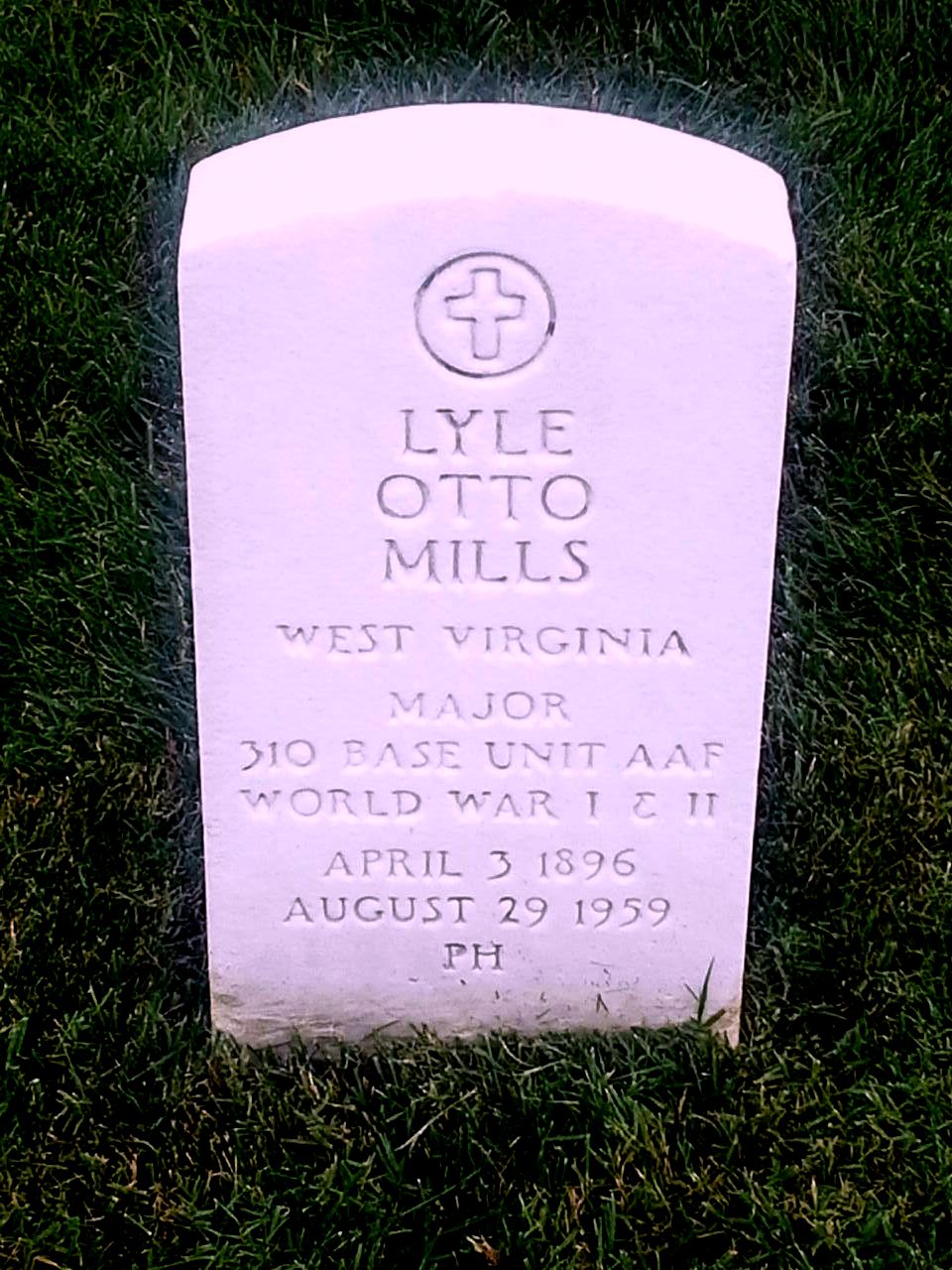
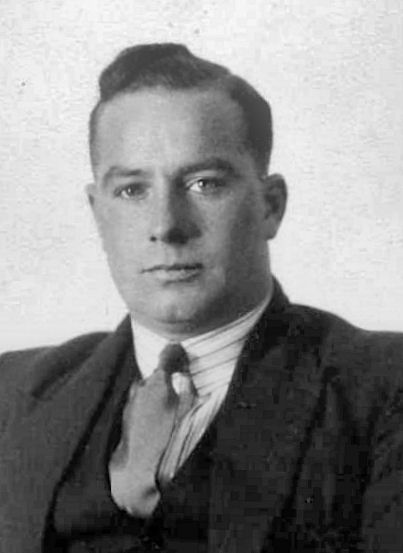 1931
1931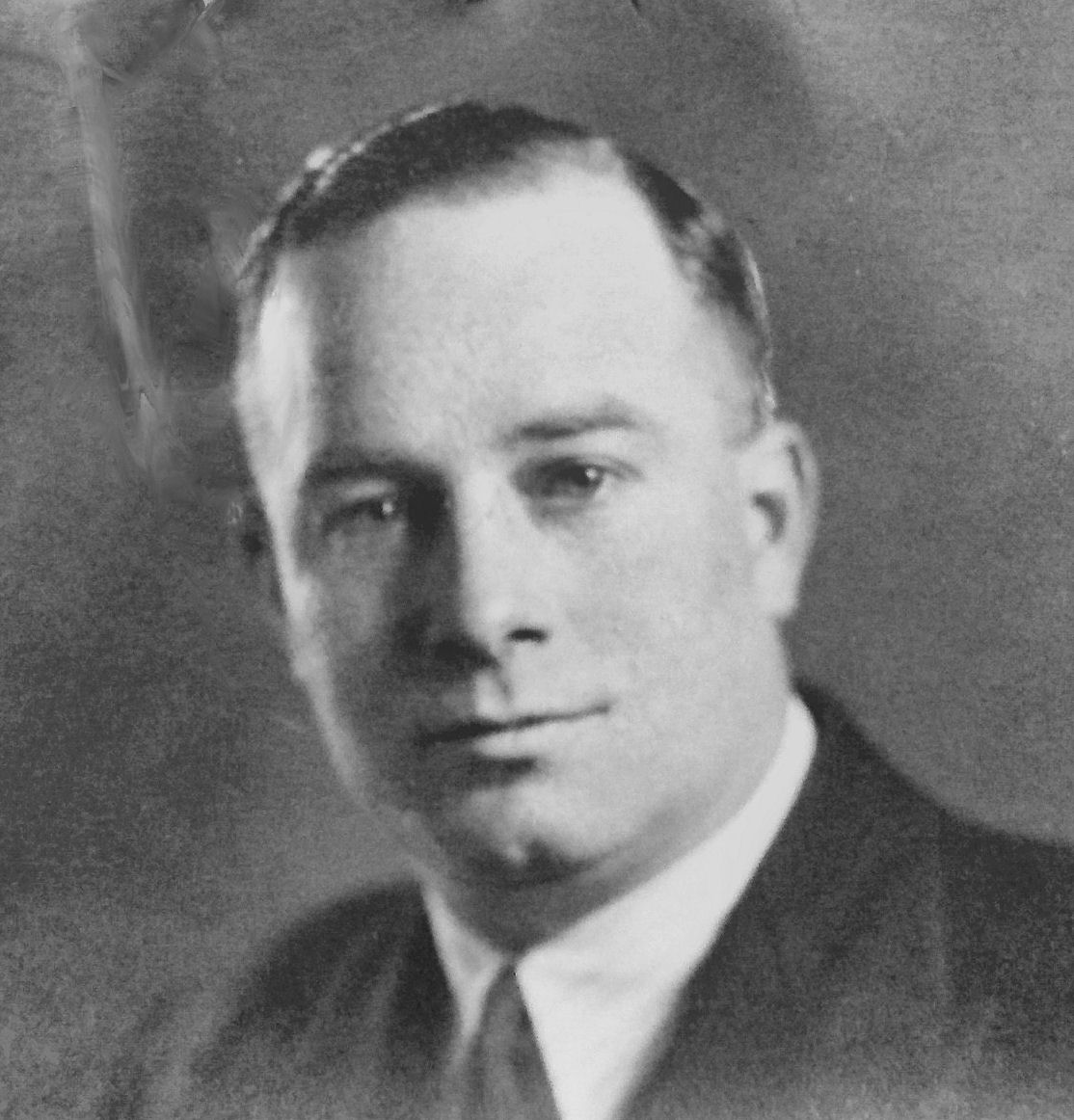
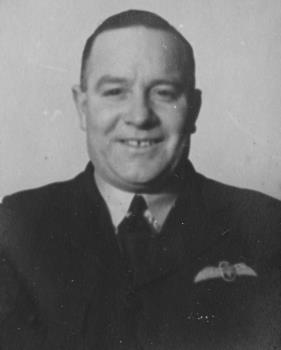
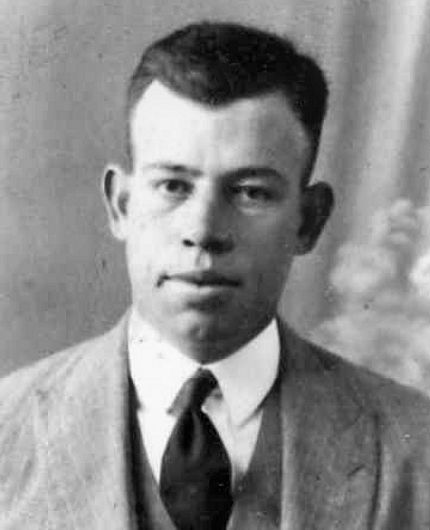 1932
1932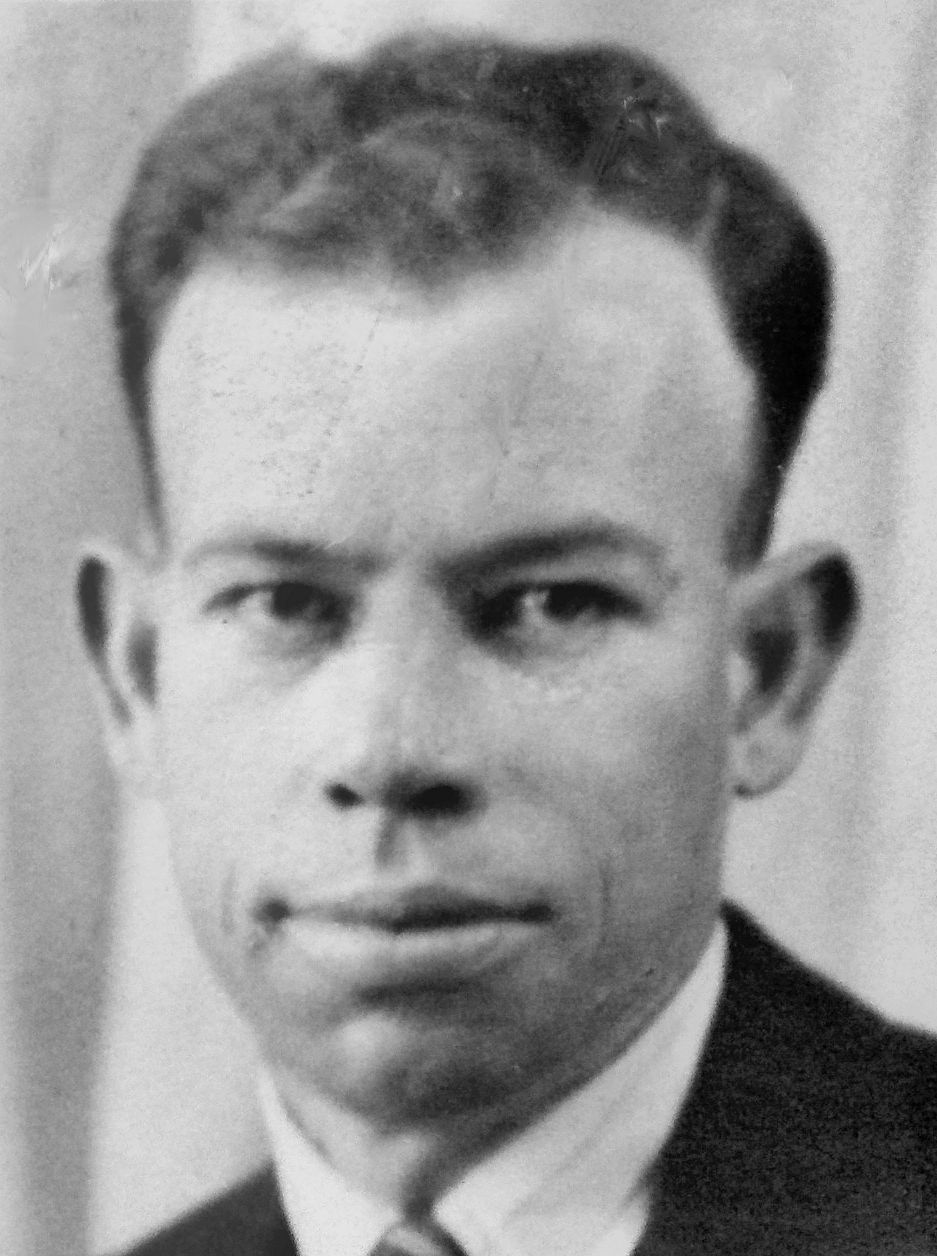 ATA
ATA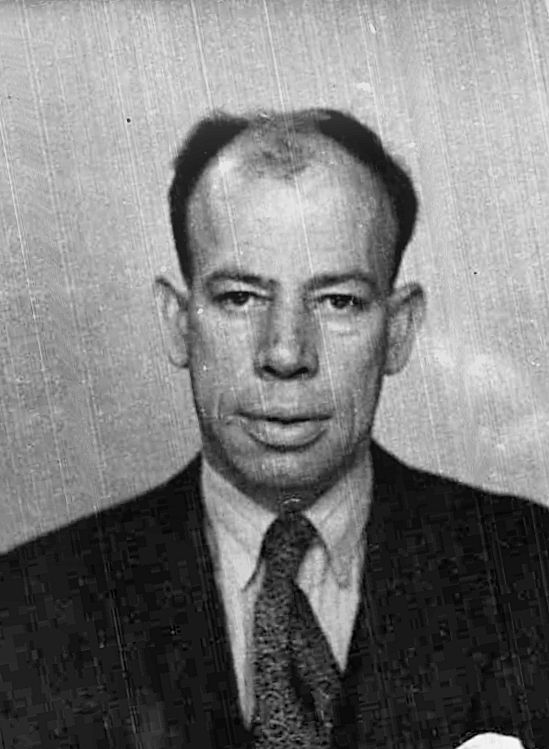 1948
1948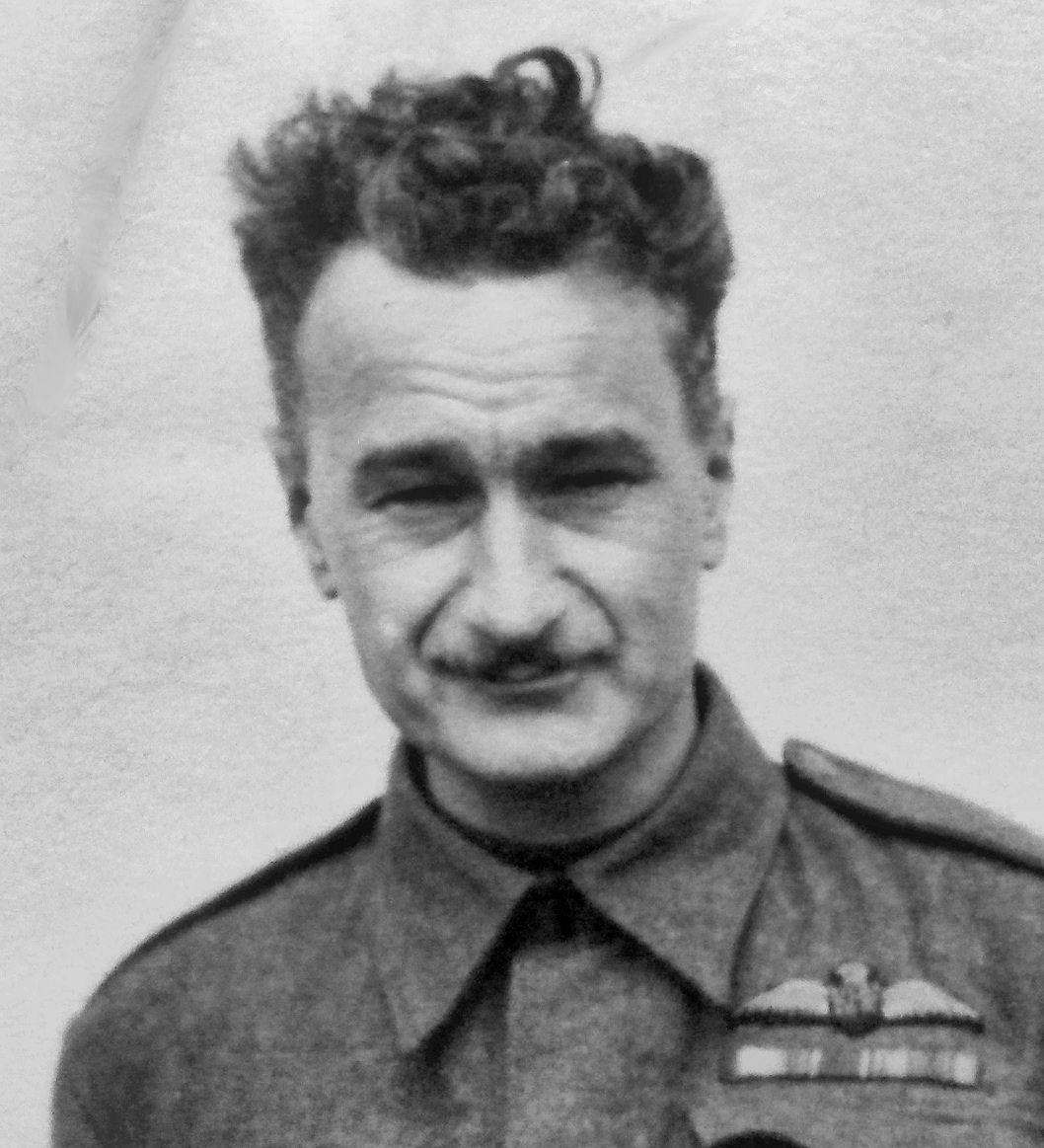 ATA
ATA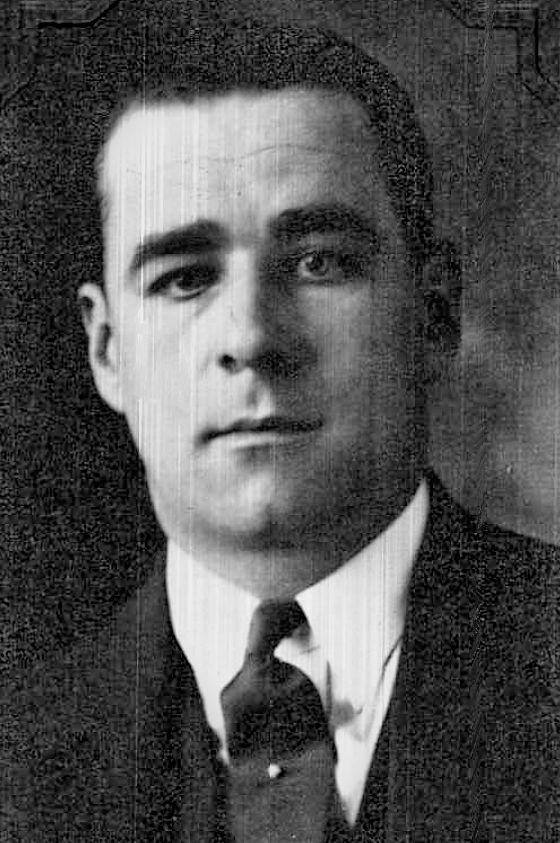 1939
1939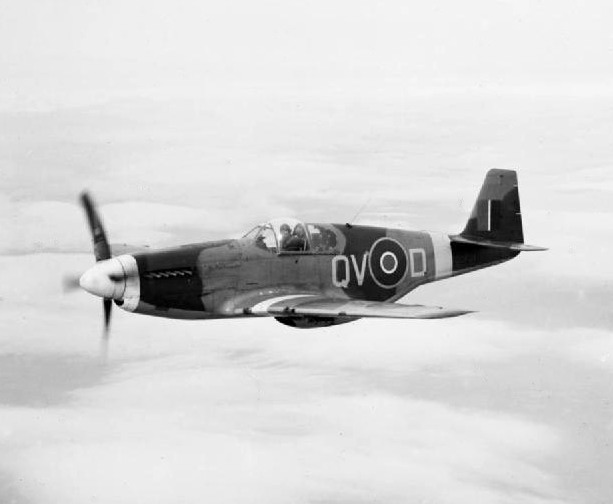

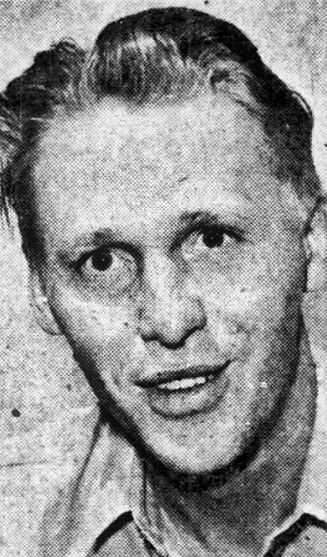 1941
1941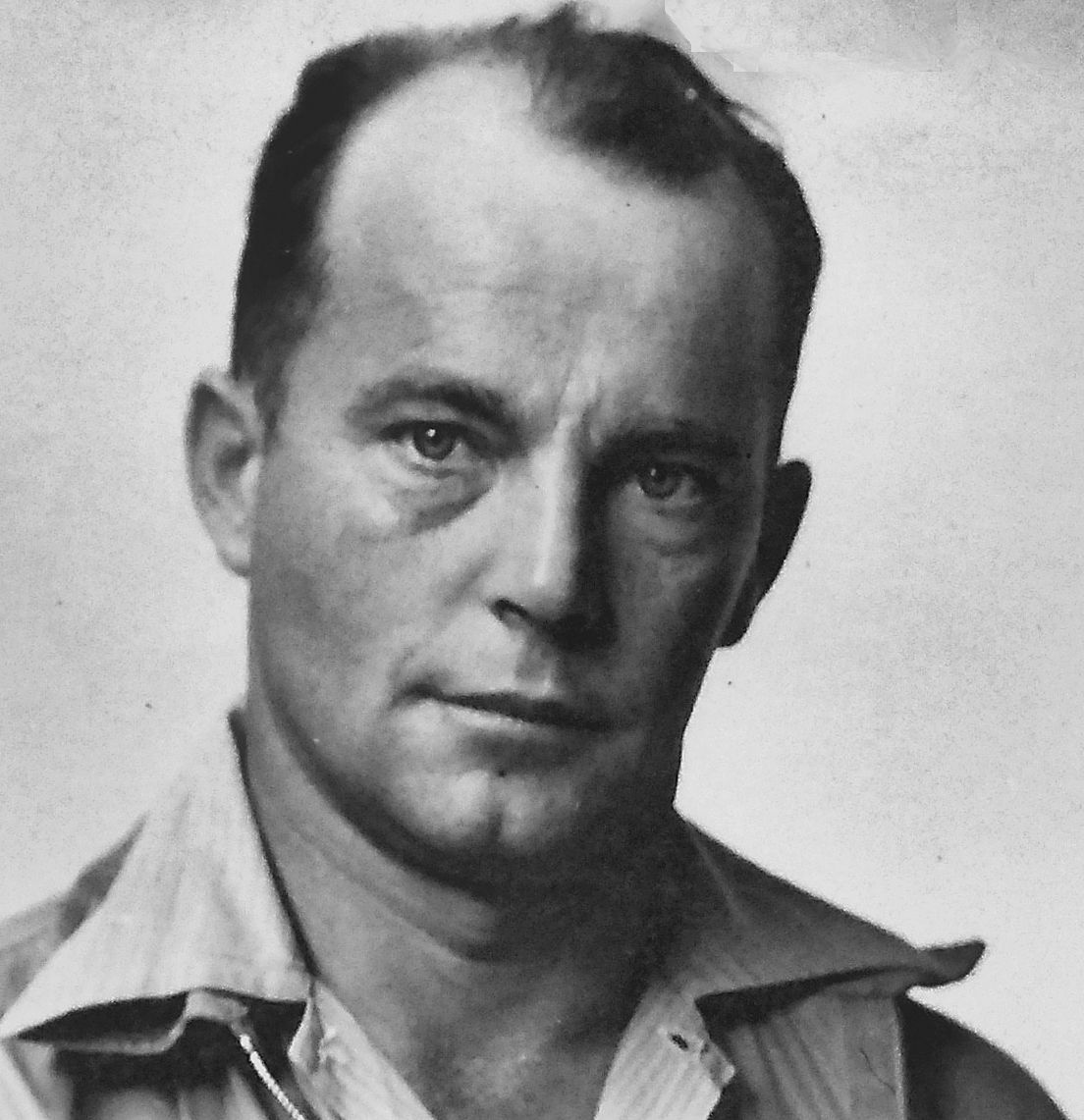 ATA
ATA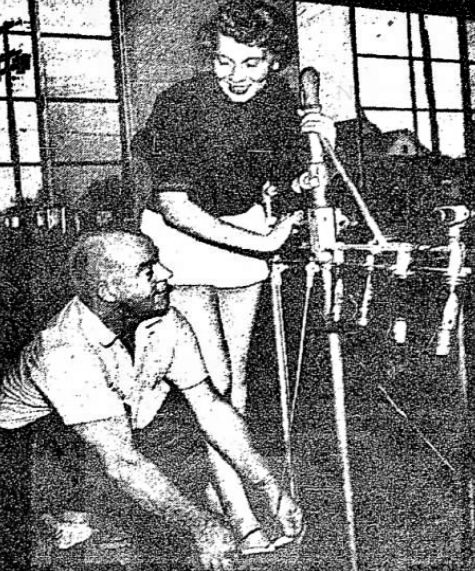
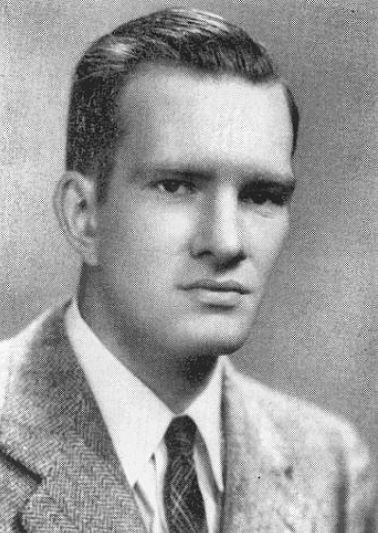
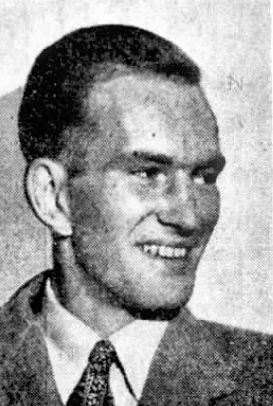 1941
1941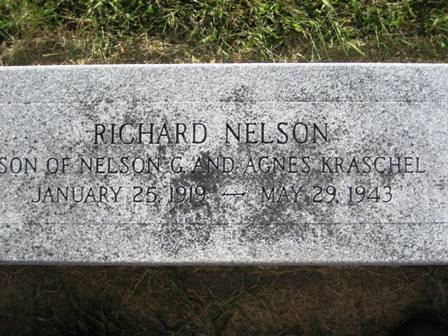 findagrave.com
findagrave.com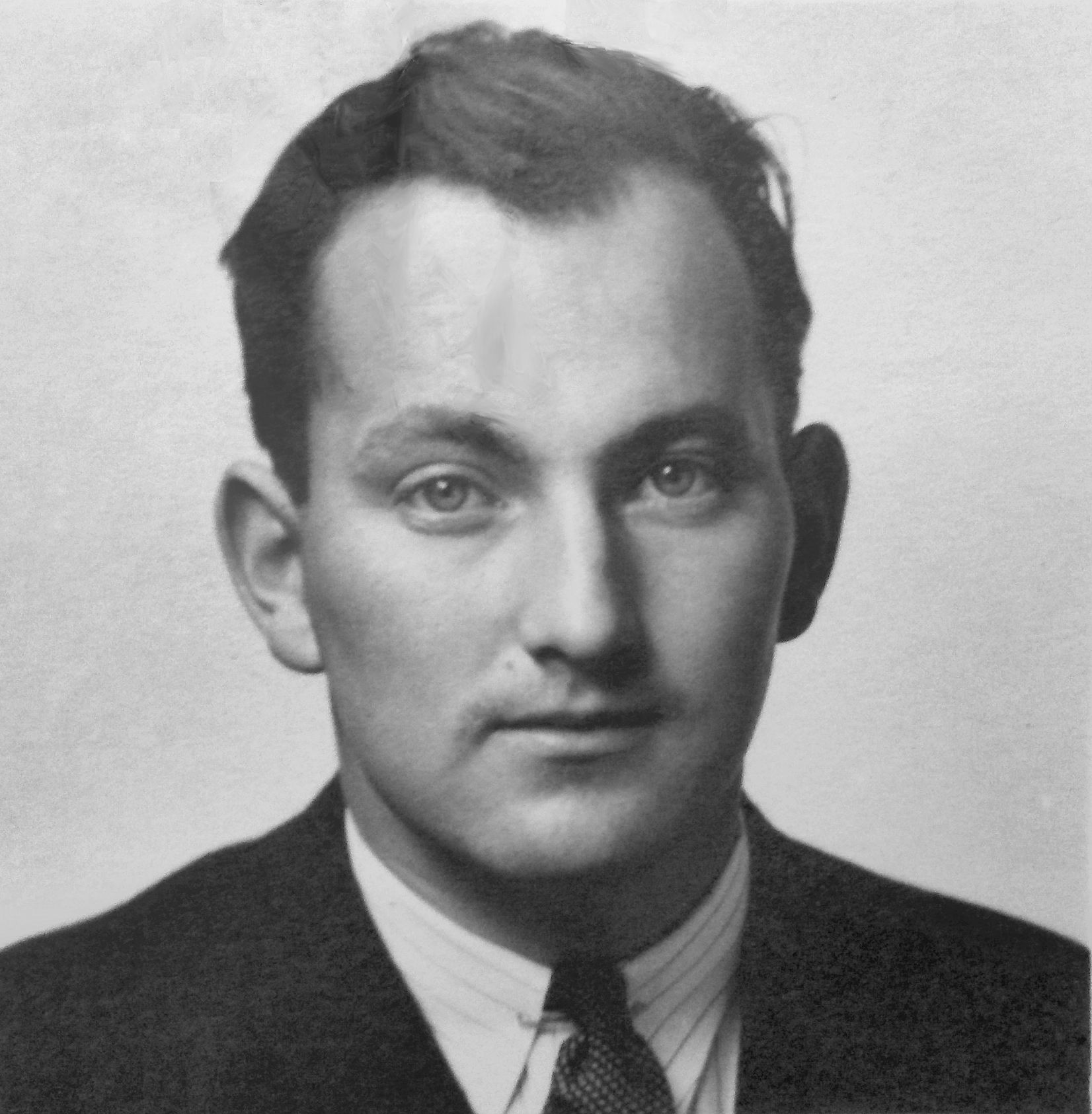 ATA
ATA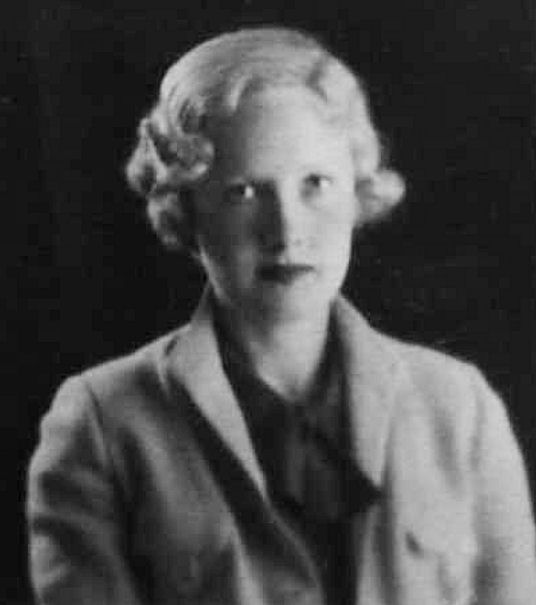 RAeC 1934
RAeC 1934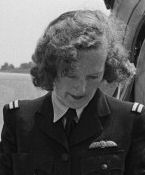 1944
1944


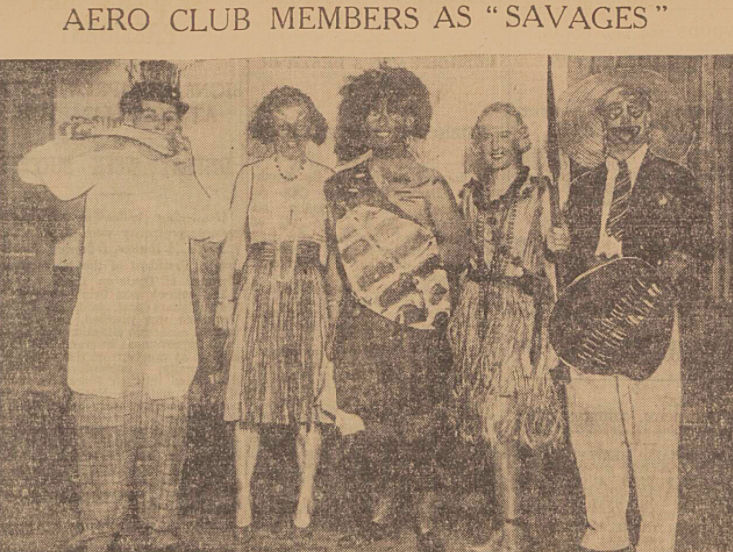
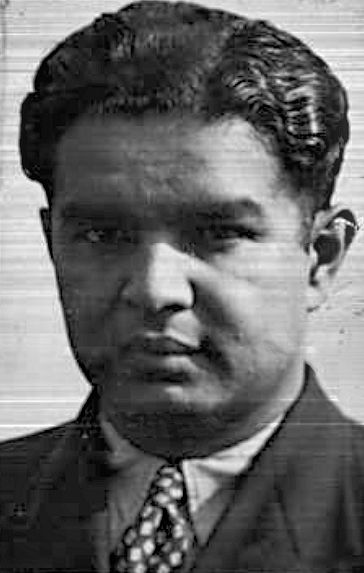 1936
1936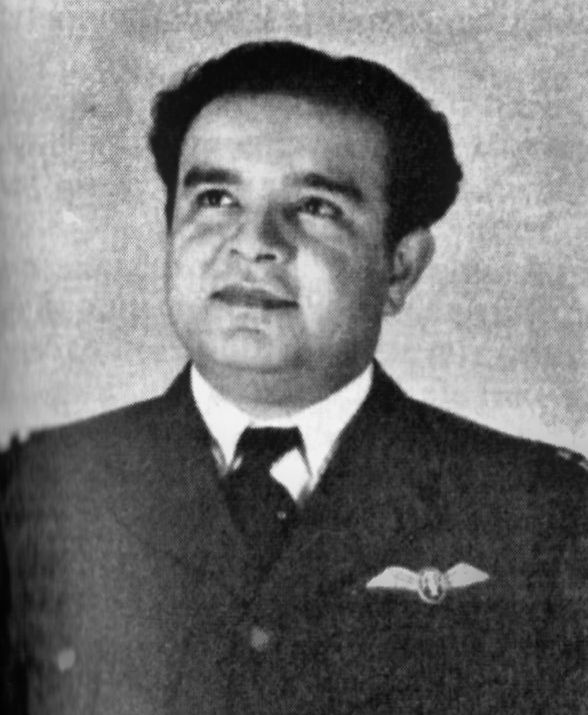 BG
BG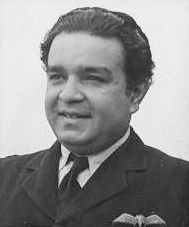 MAMM
MAMM 1934
1934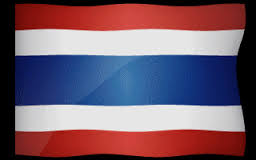
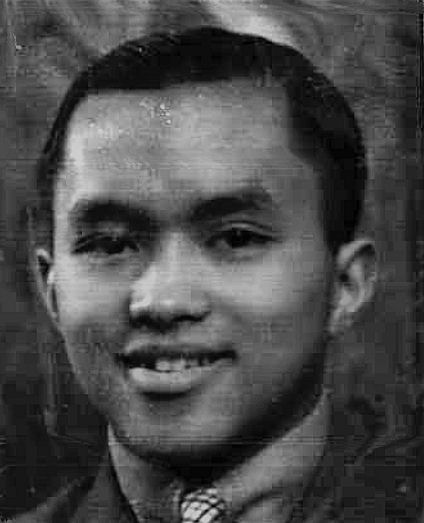
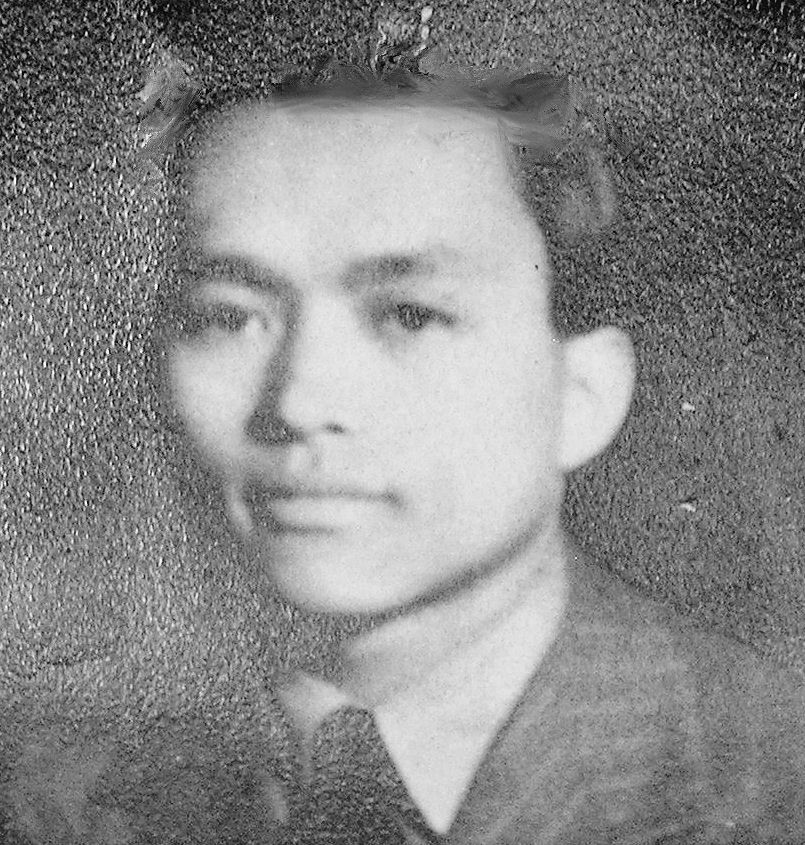
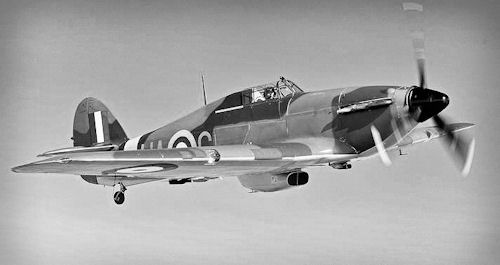
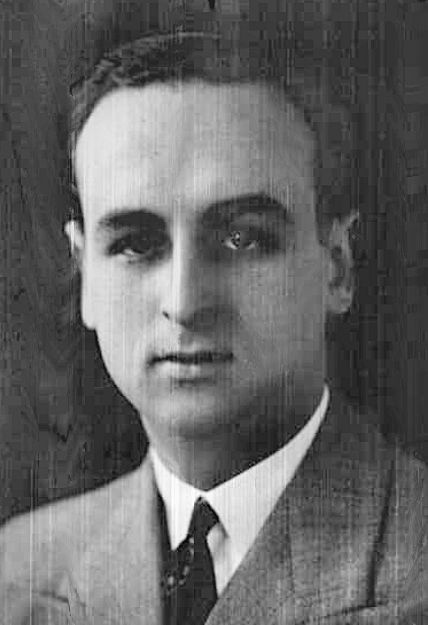 1937
1937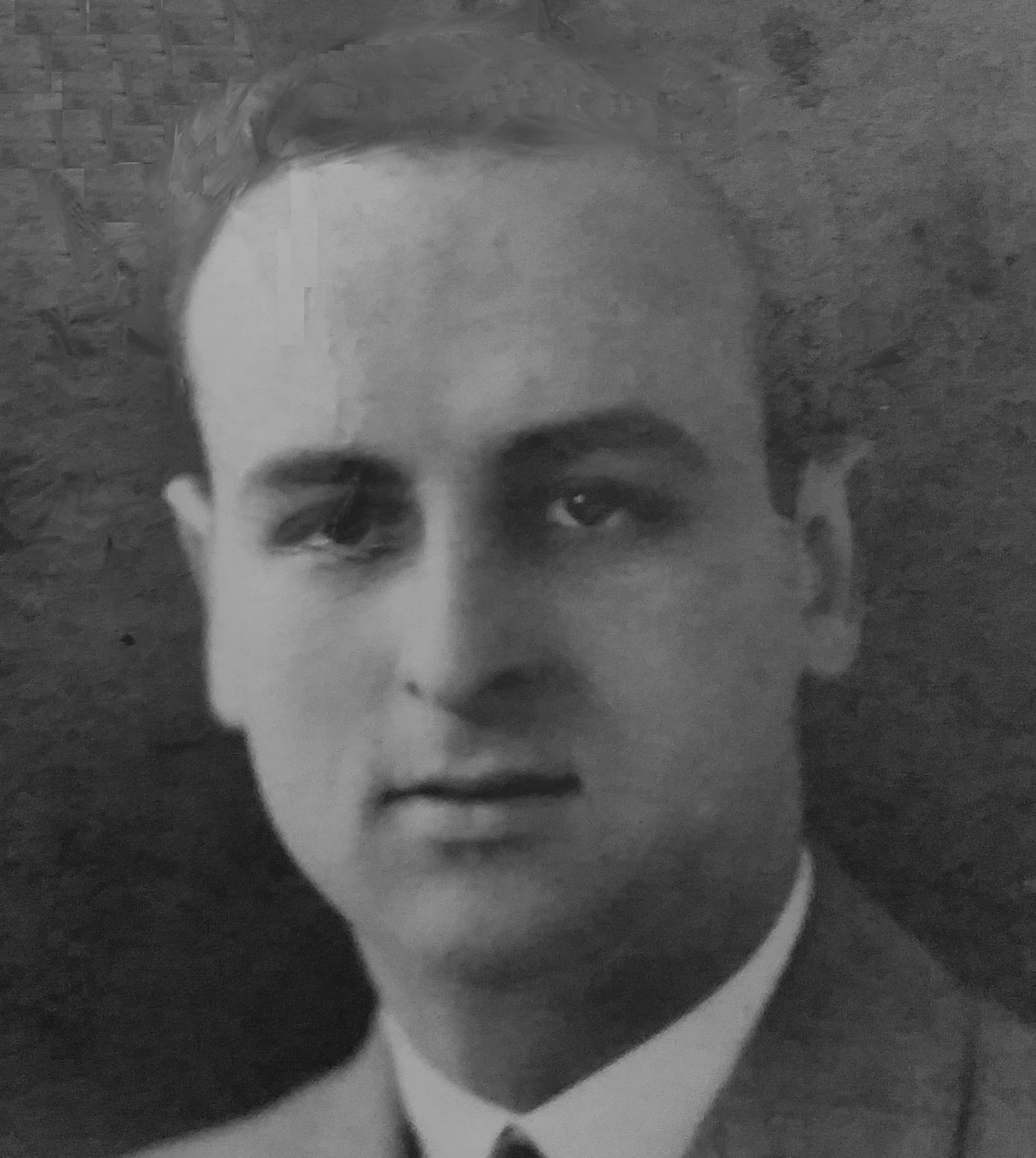 ATA
ATA
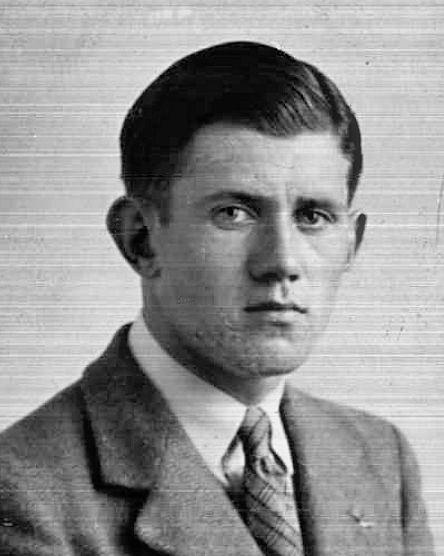 1936
1936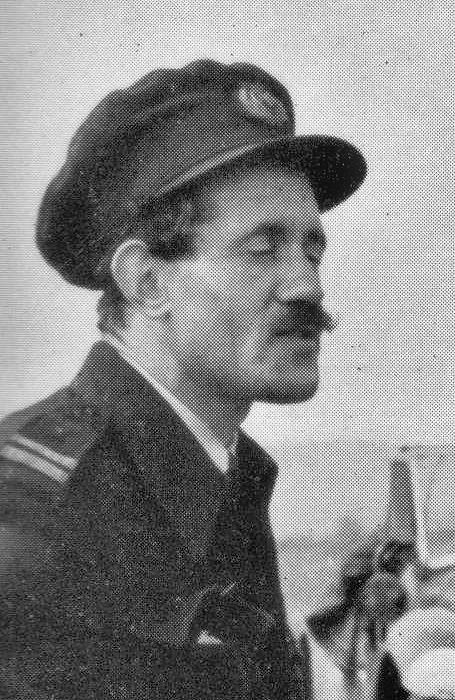 ICCL
ICCL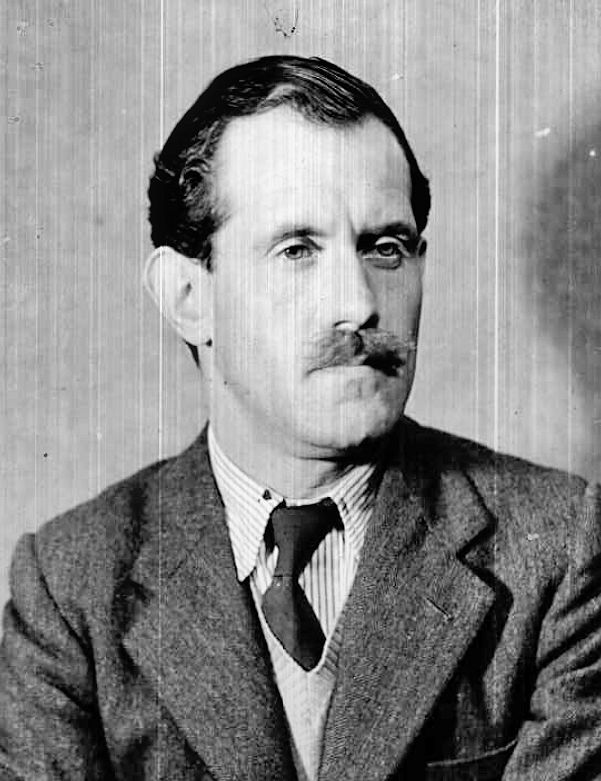 1947
1947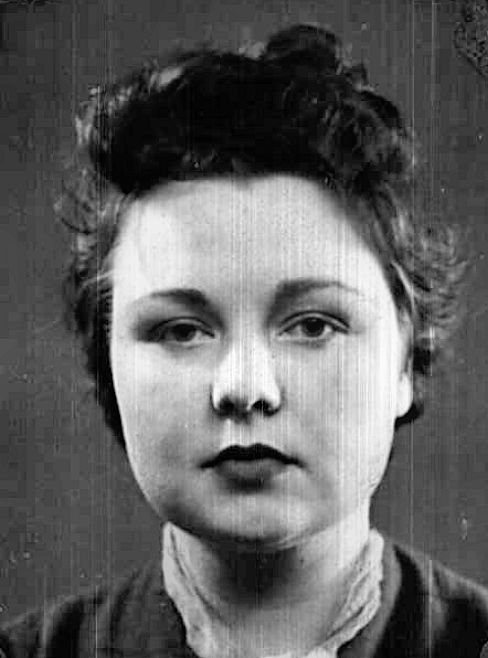 Trudy's 1939 RAeC Cert photo
Trudy's 1939 RAeC Cert photo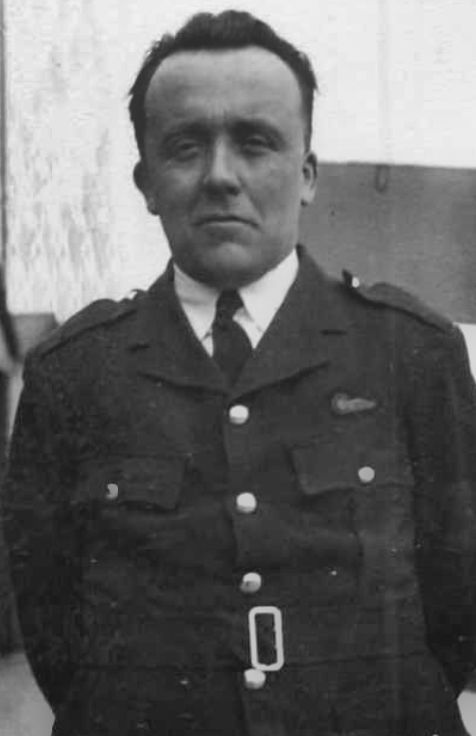 1935
1935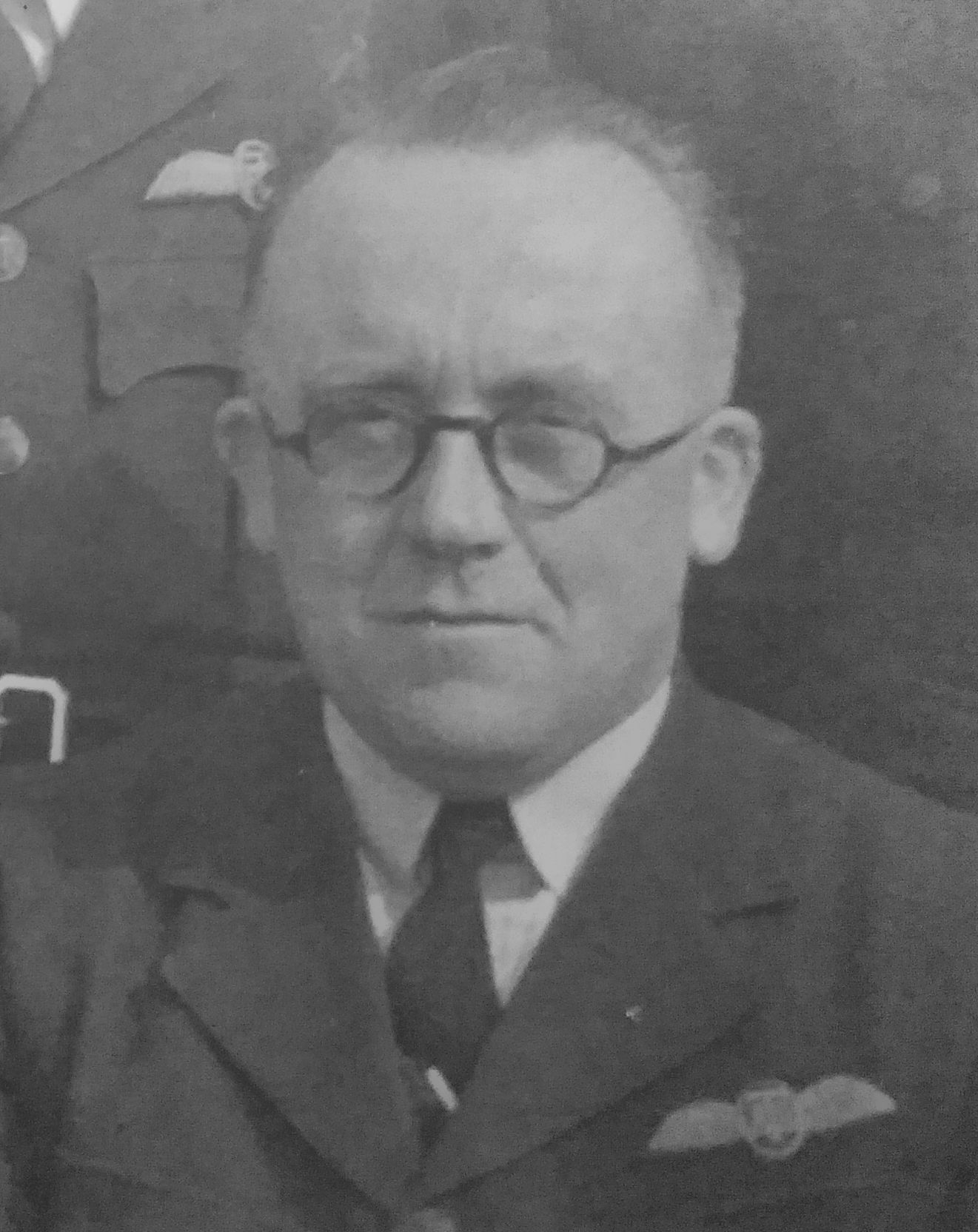 ATA
ATA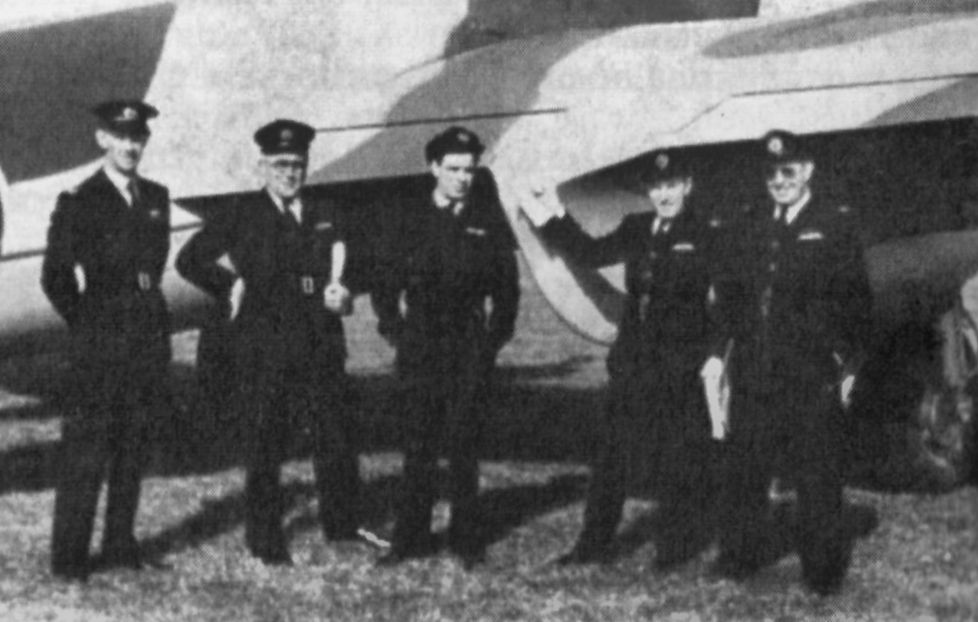
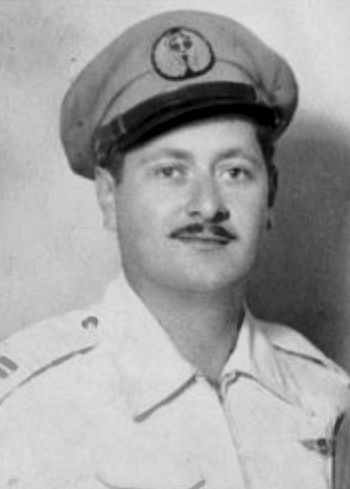
 1938
1938 ATAM
ATAM 1928
1928 ATA
ATA
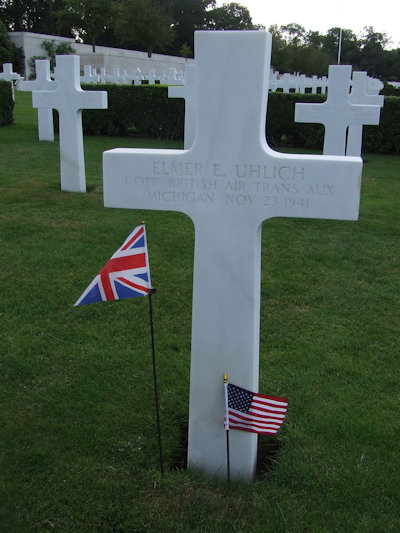
 1931
1931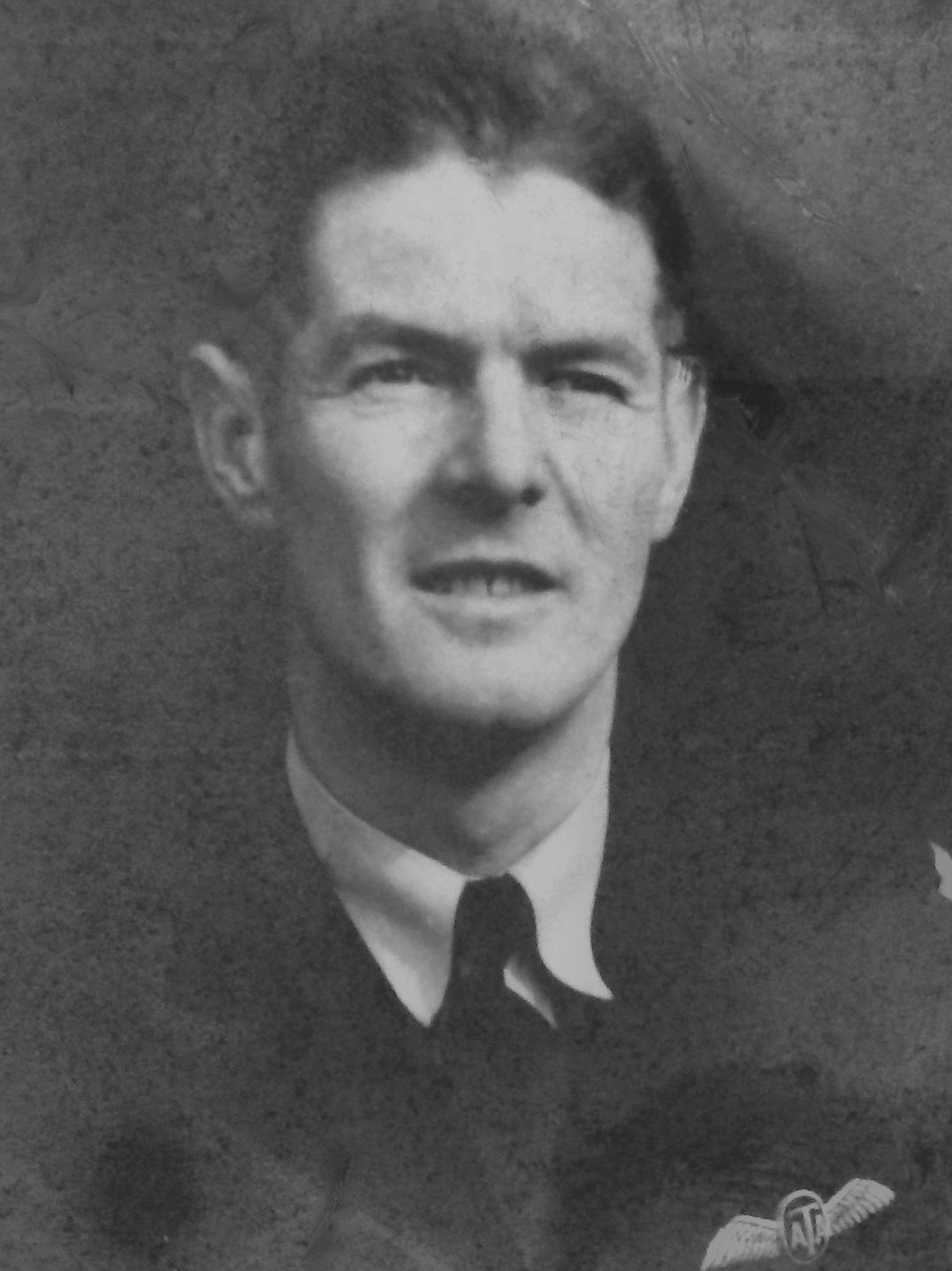 ATA
ATA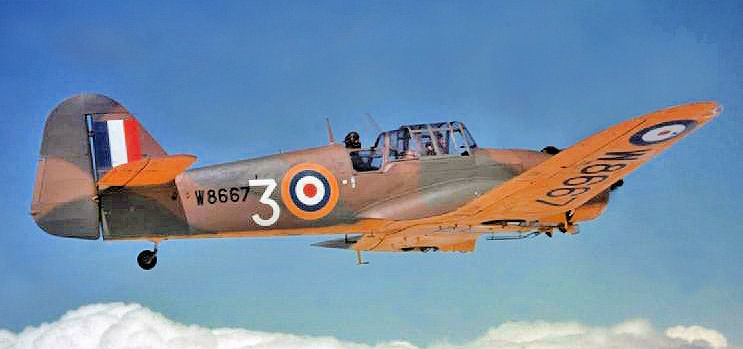

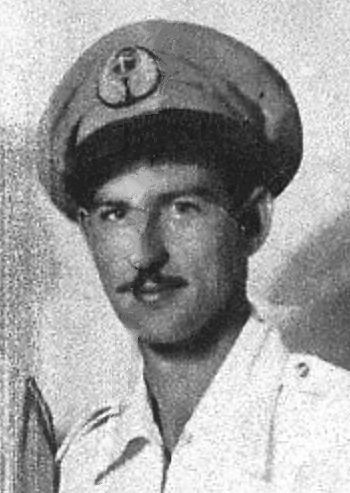
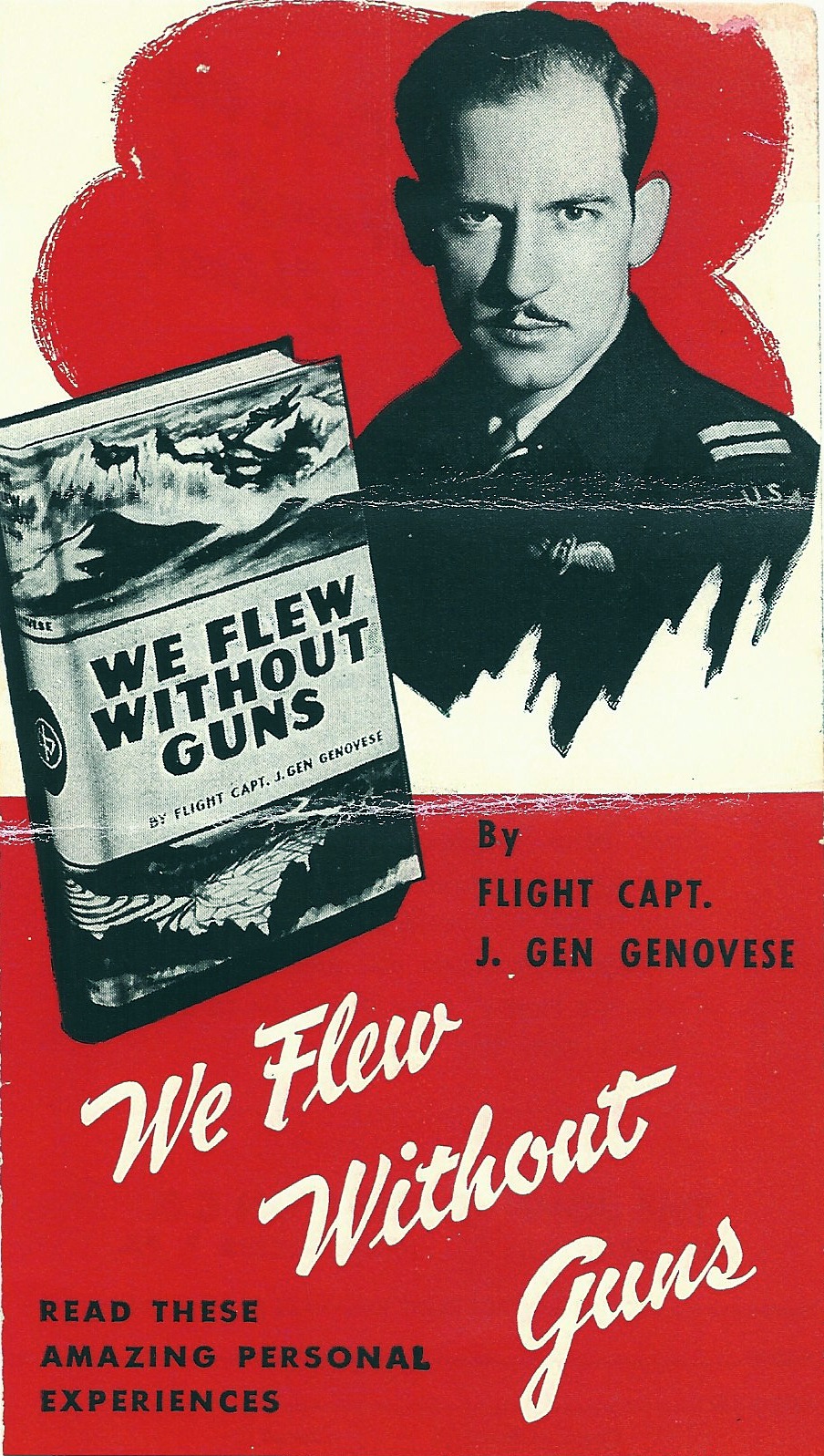

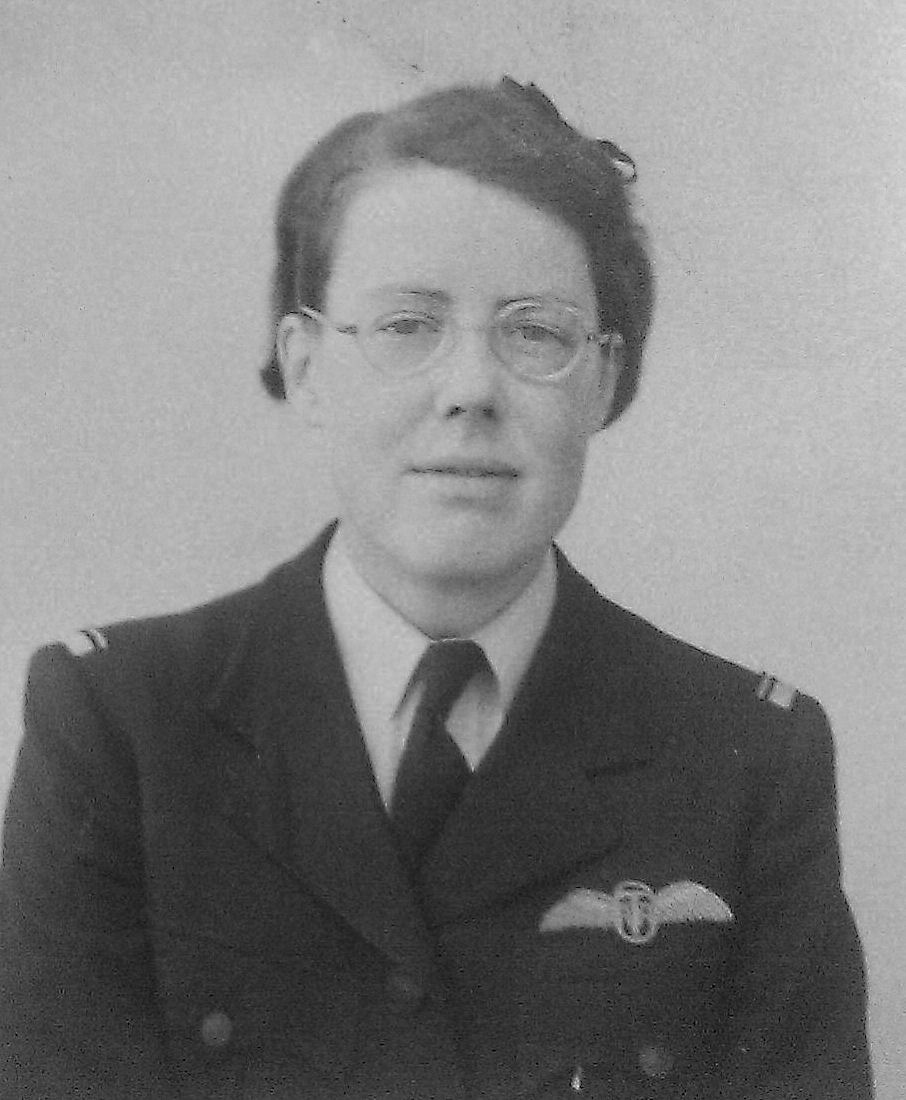
 1932
1932
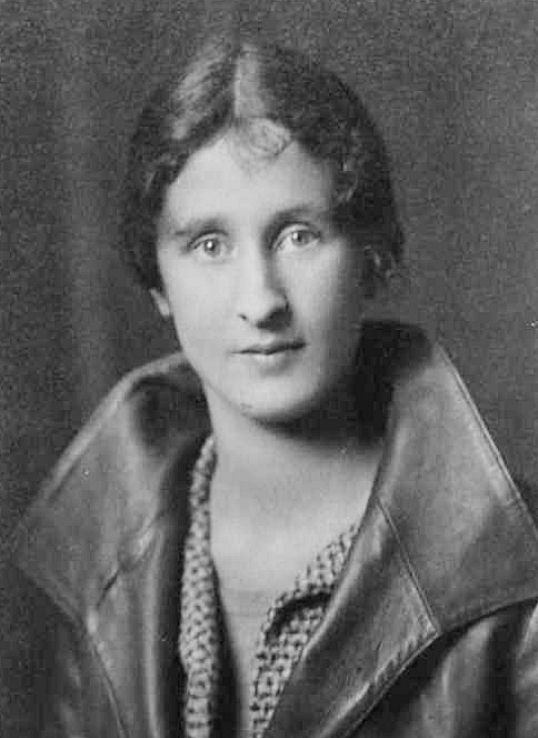

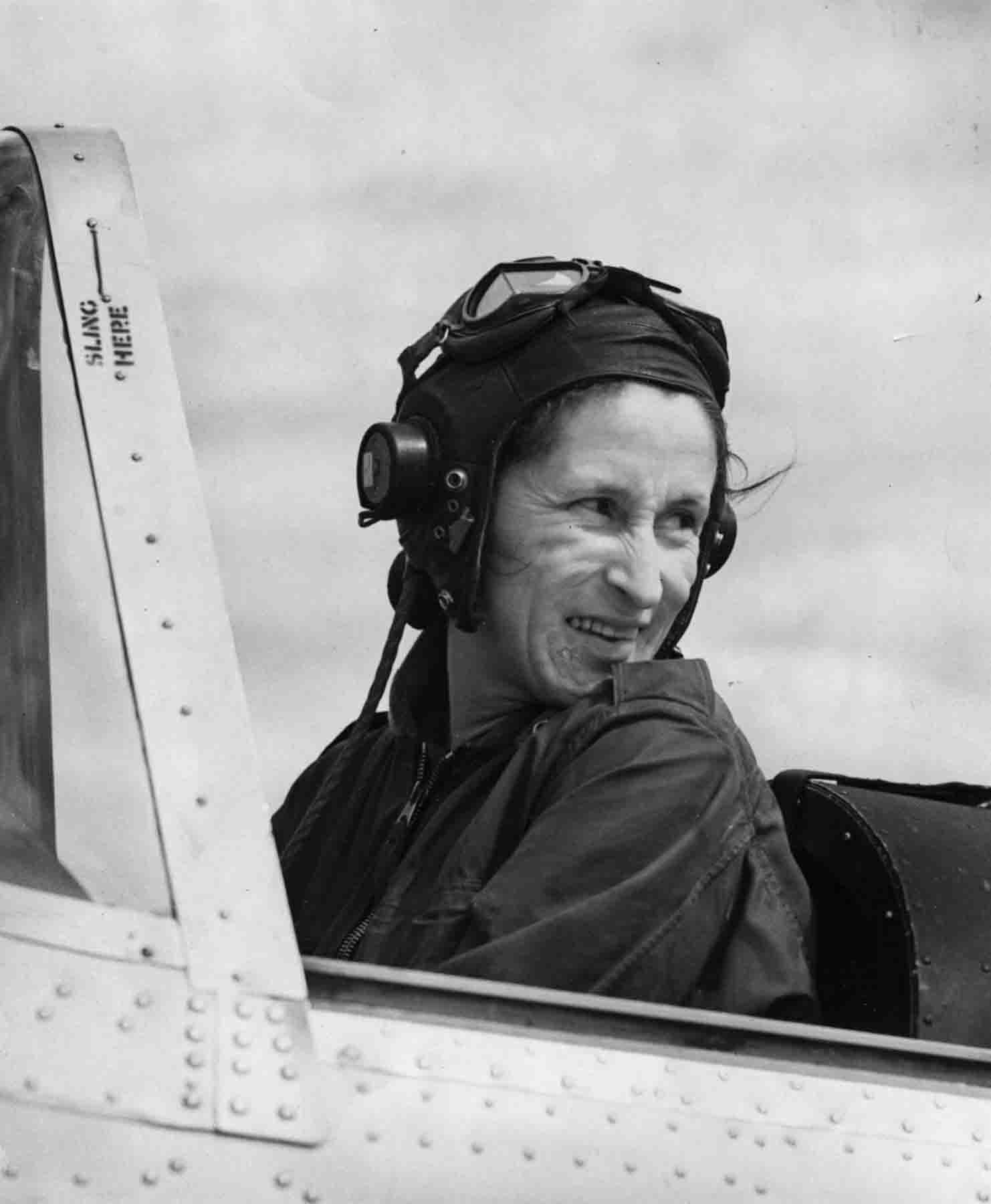


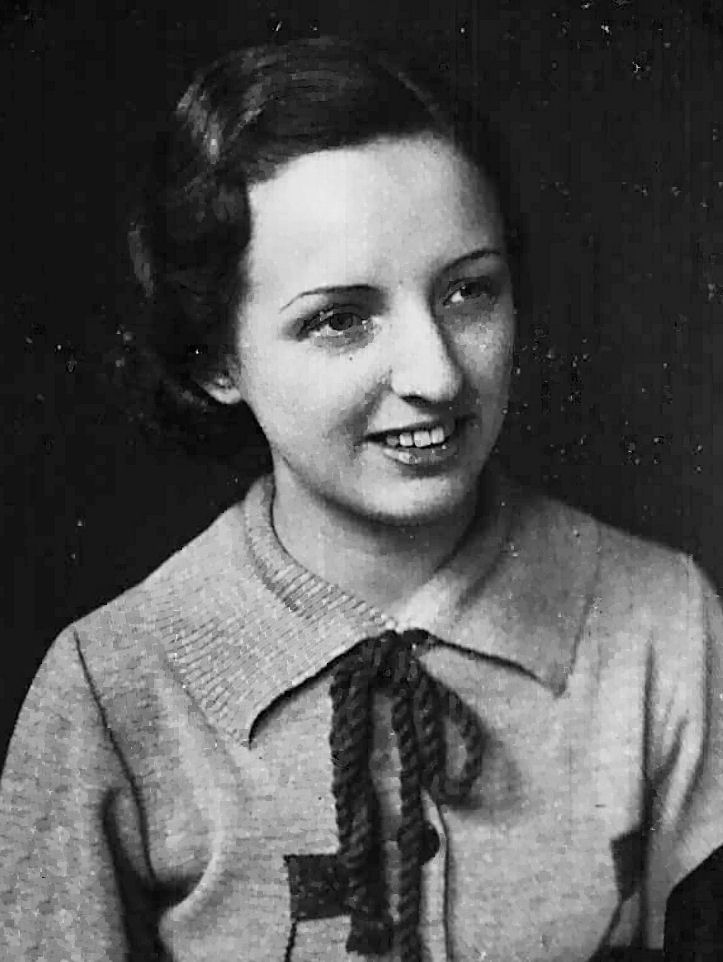 RAeC 1937
RAeC 1937 MUWW
MUWW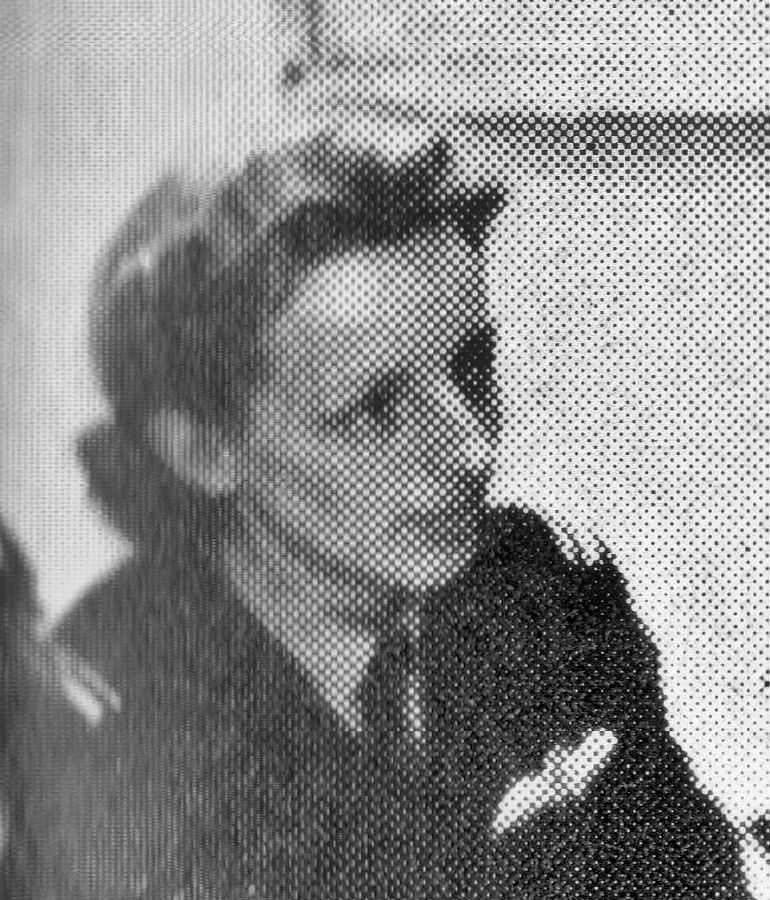
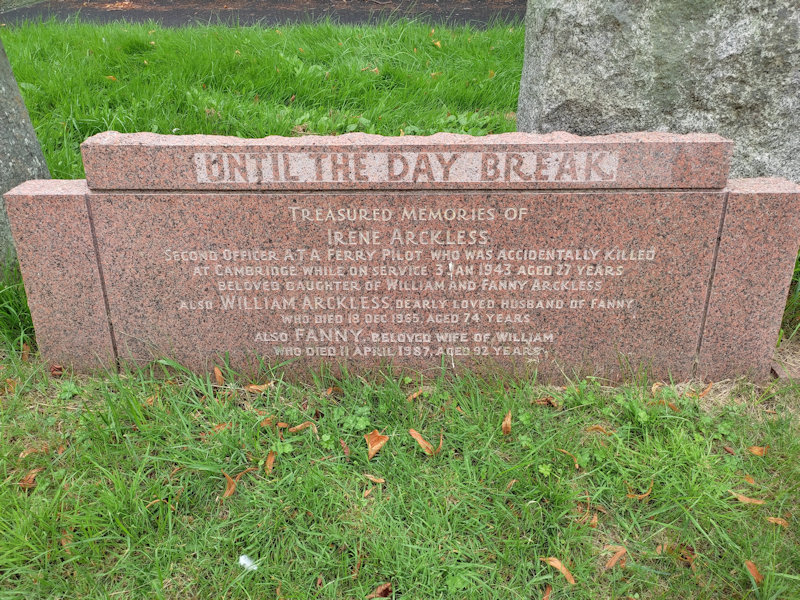
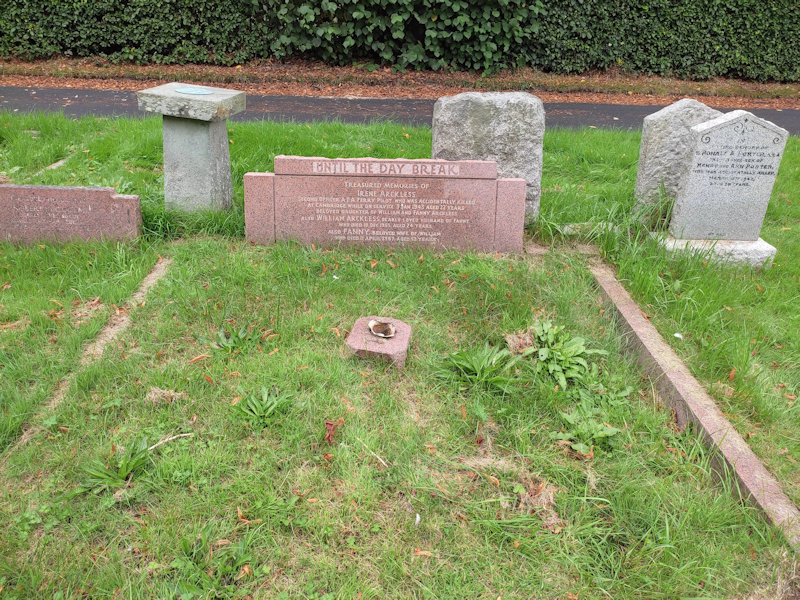
 RAeC 1936
RAeC 1936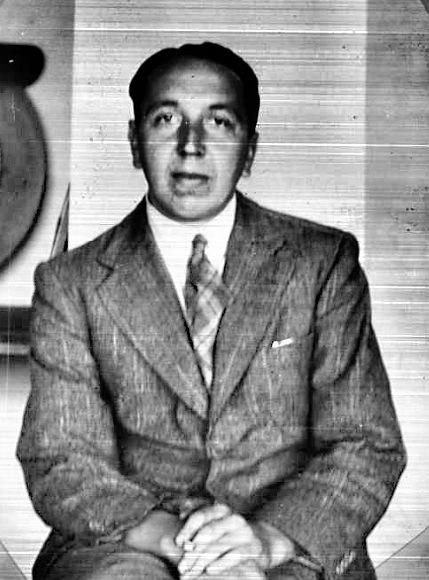
 1933
1933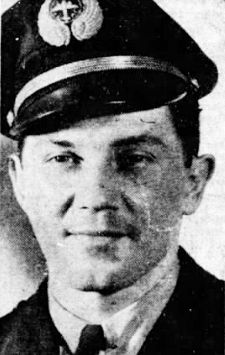 1944
1944 (l), with Peter Gouterie and Ray Allen (ex-ATA)
(l), with Peter Gouterie and Ray Allen (ex-ATA) Antoinette Elise [Hach, d.2010] (2 children)
Antoinette Elise [Hach, d.2010] (2 children) 1939
1939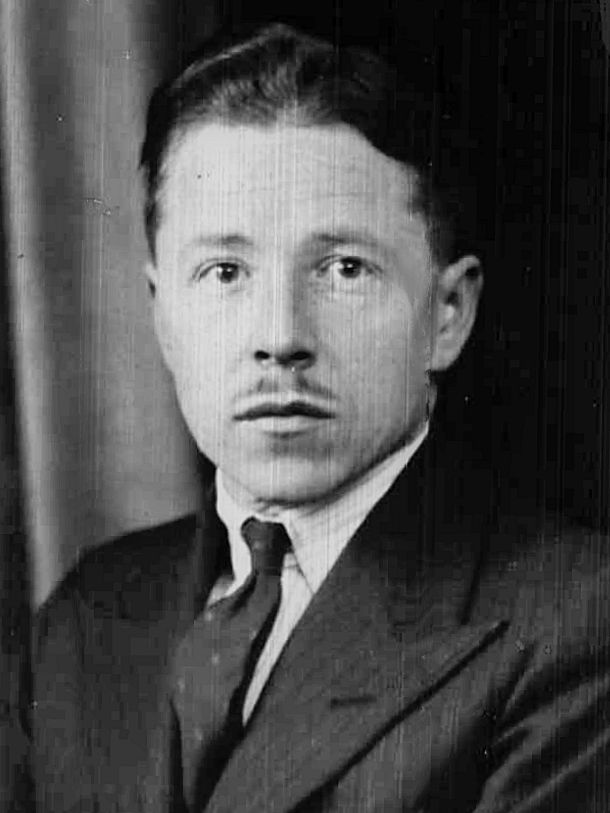 1938
1938 ATAM
ATAM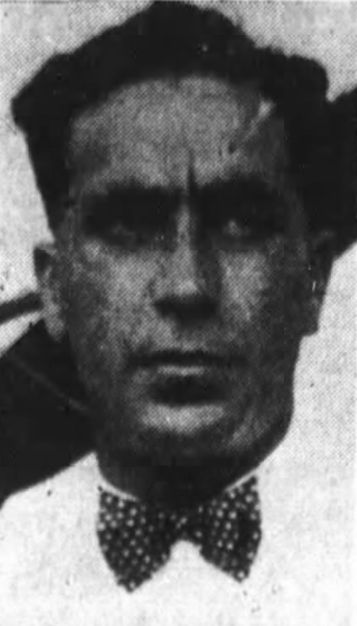 c. 1935
c. 1935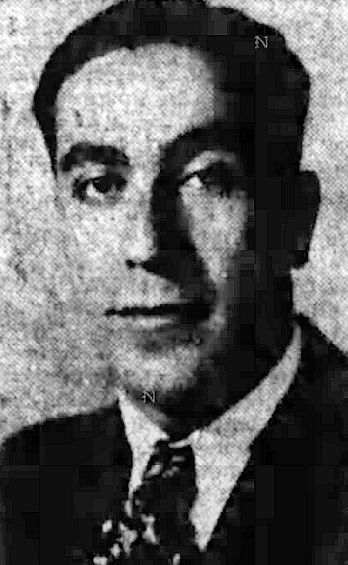
 ATA 1941
ATA 1941 ATA 1944
ATA 1944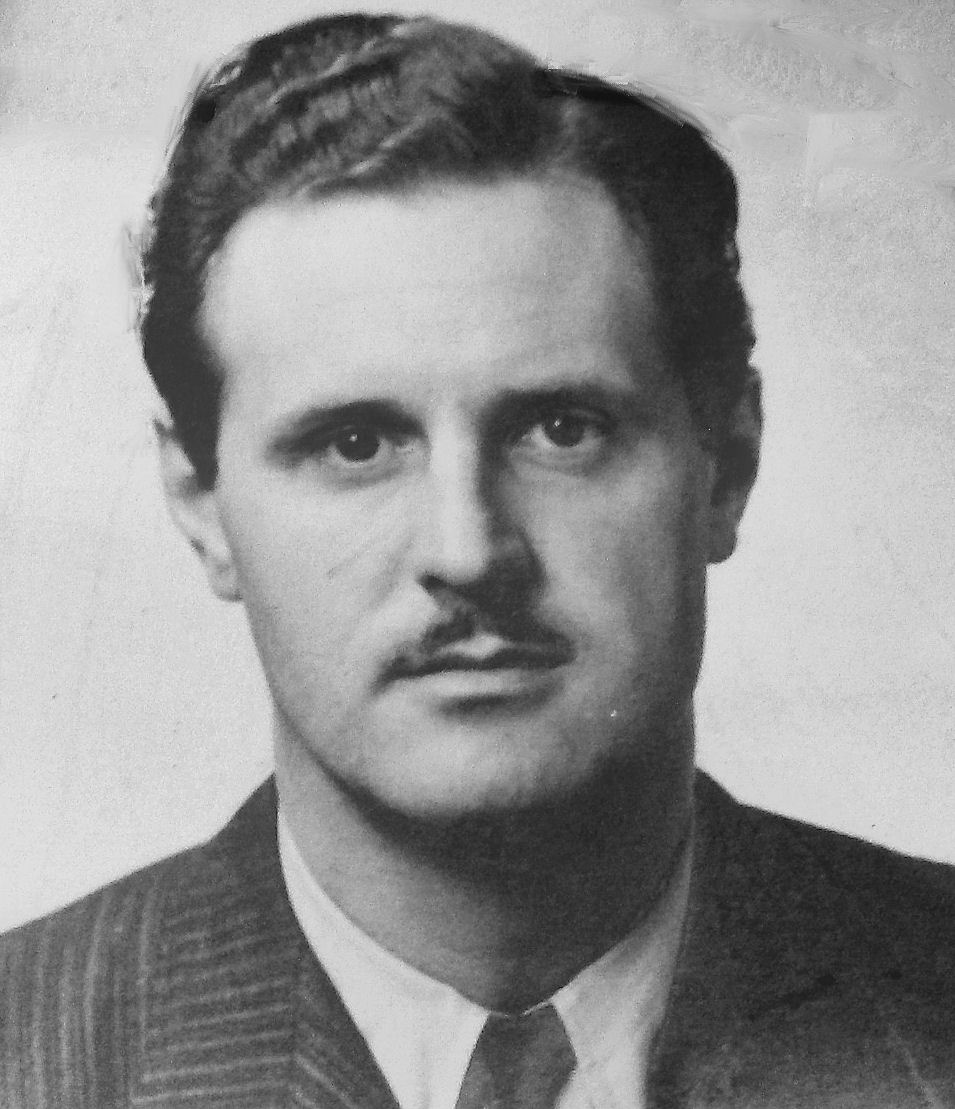
 1918
1918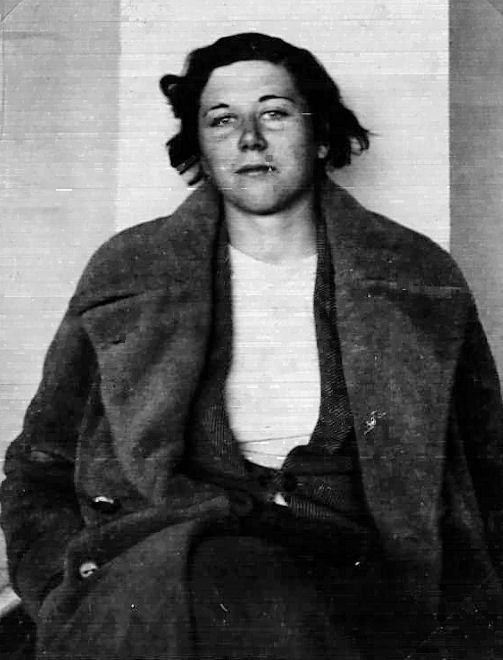 RAeC 1935
RAeC 1935 1942
1942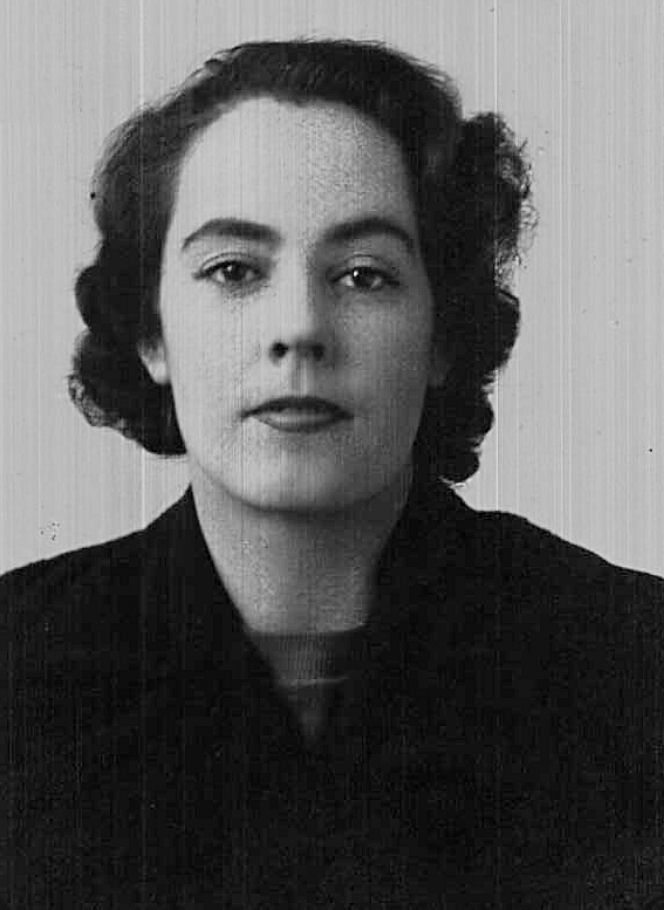

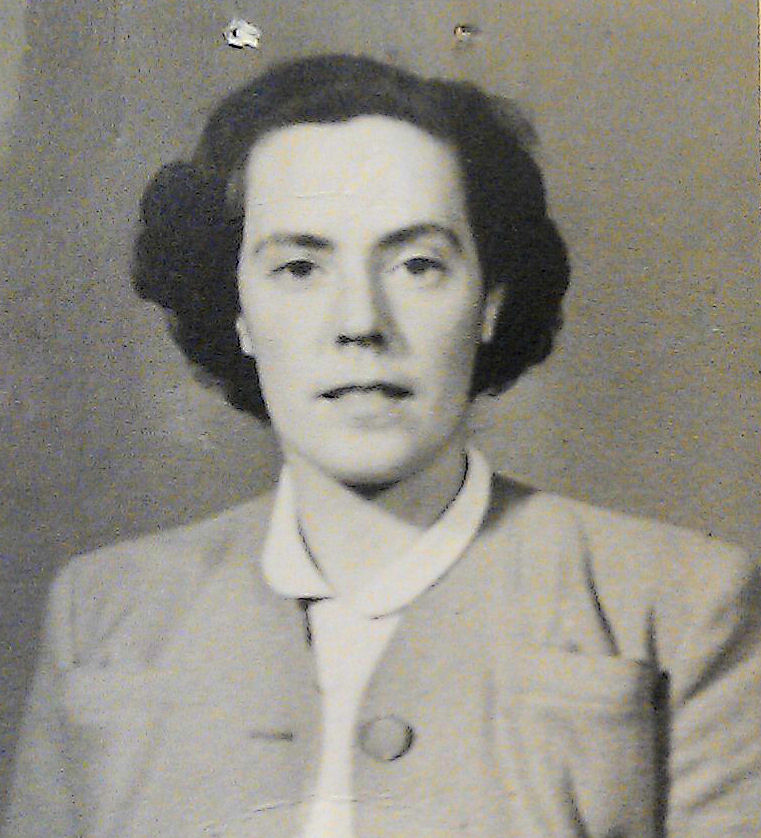
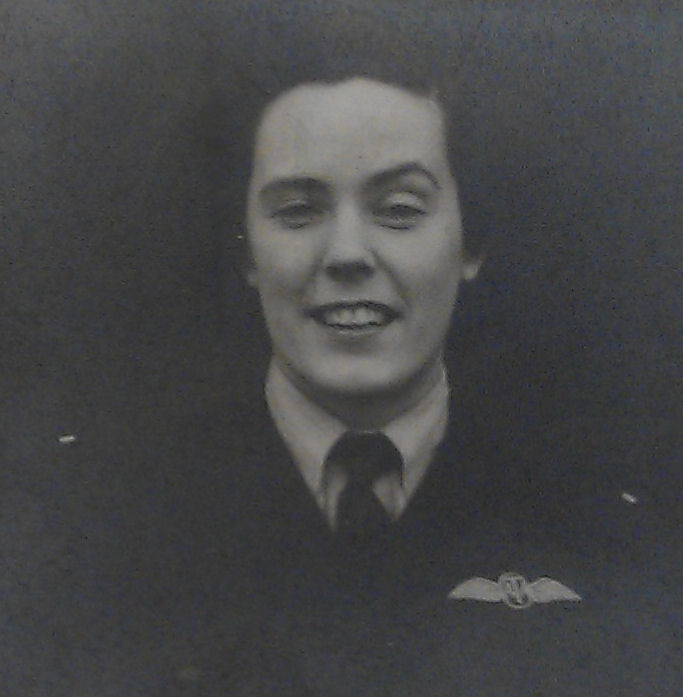
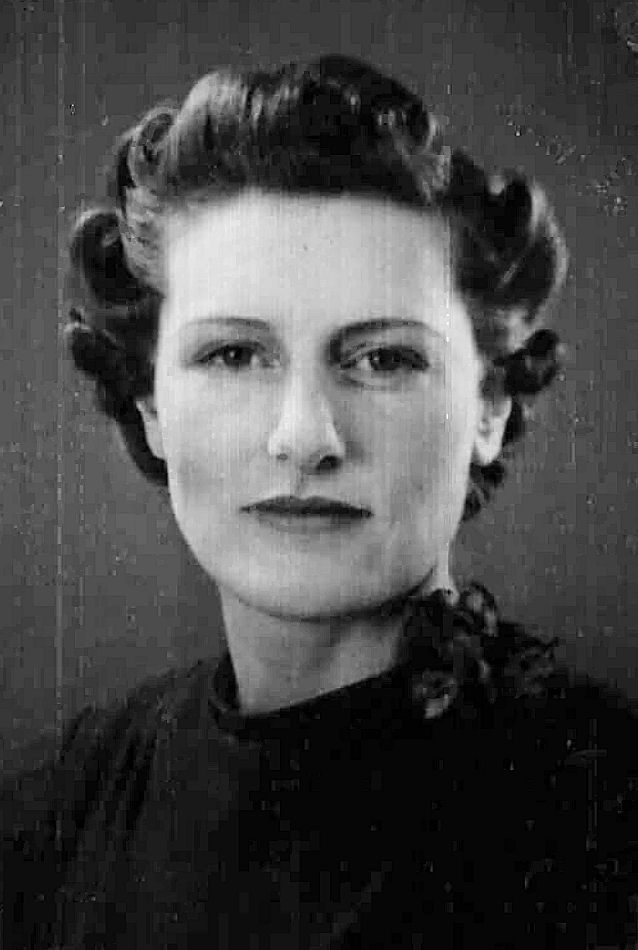 RAeC Mar 1939
RAeC Mar 1939 HB
HB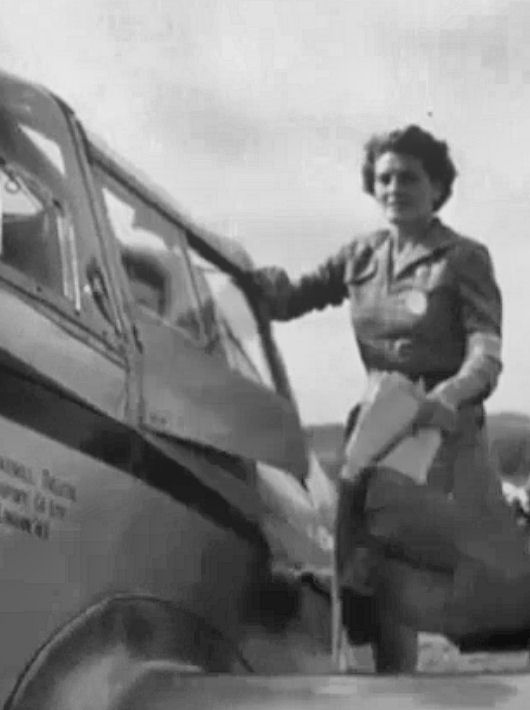

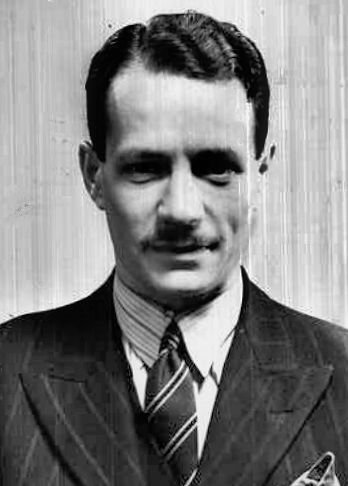 1939
1939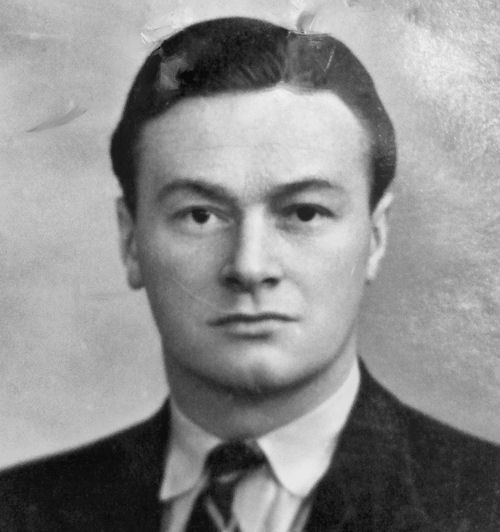 ATA
ATA ATAM
ATAM ATAM
ATAM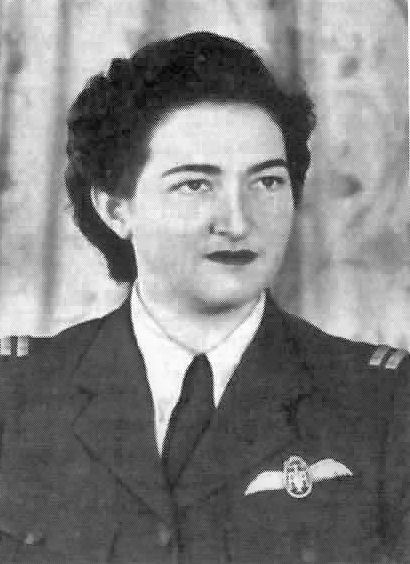 Brief Glory
Brief Glory
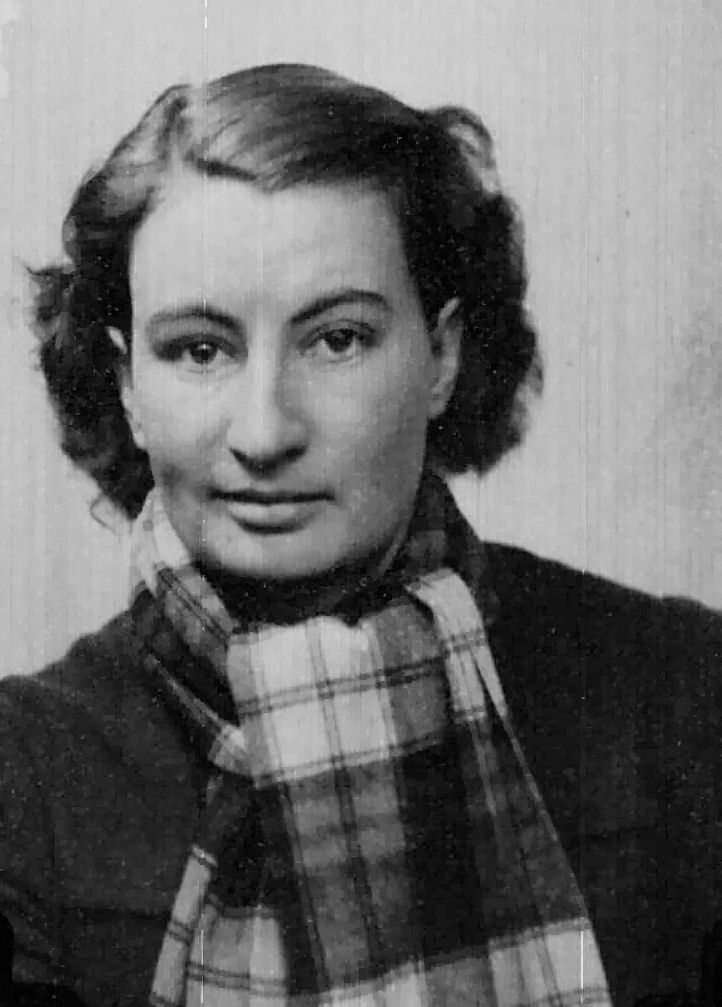 RAeC 1937
RAeC 1937 ATAM
ATAM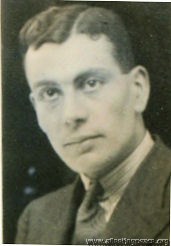

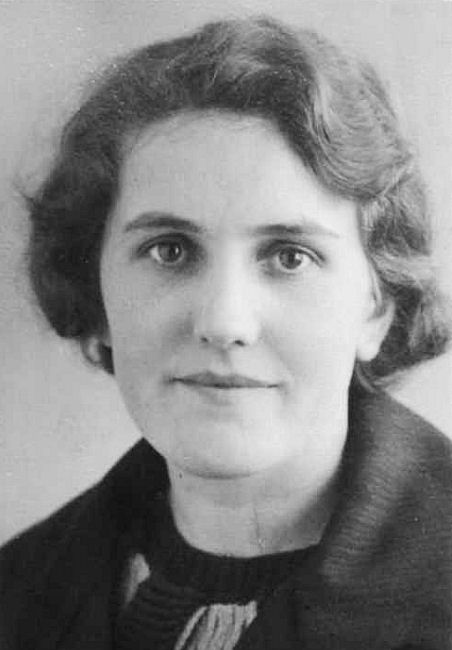 RAeC 1935
RAeC 1935 ATA
ATA  ATA
ATA With her friend Bunty James at Port Hope Simpson, Newfoundland in 1935 - Wikimedia
With her friend Bunty James at Port Hope Simpson, Newfoundland in 1935 - Wikimedia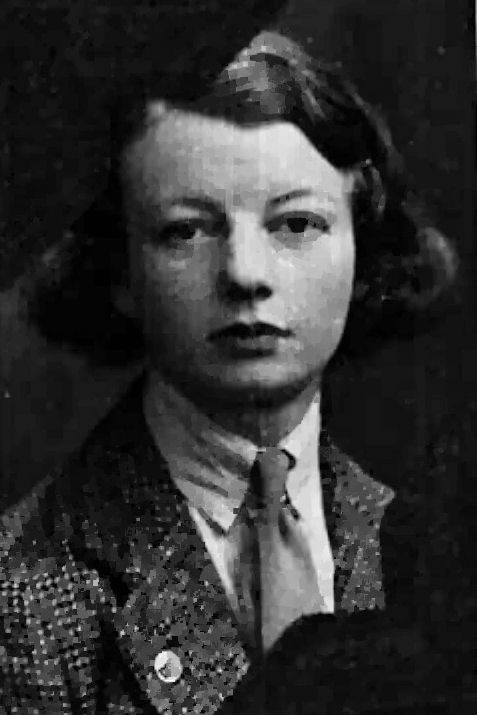 RAeC 1938
RAeC 1938 1938 (Gloucestershire Echo)
1938 (Gloucestershire Echo) ATAM
ATAM RAeC 1939
RAeC 1939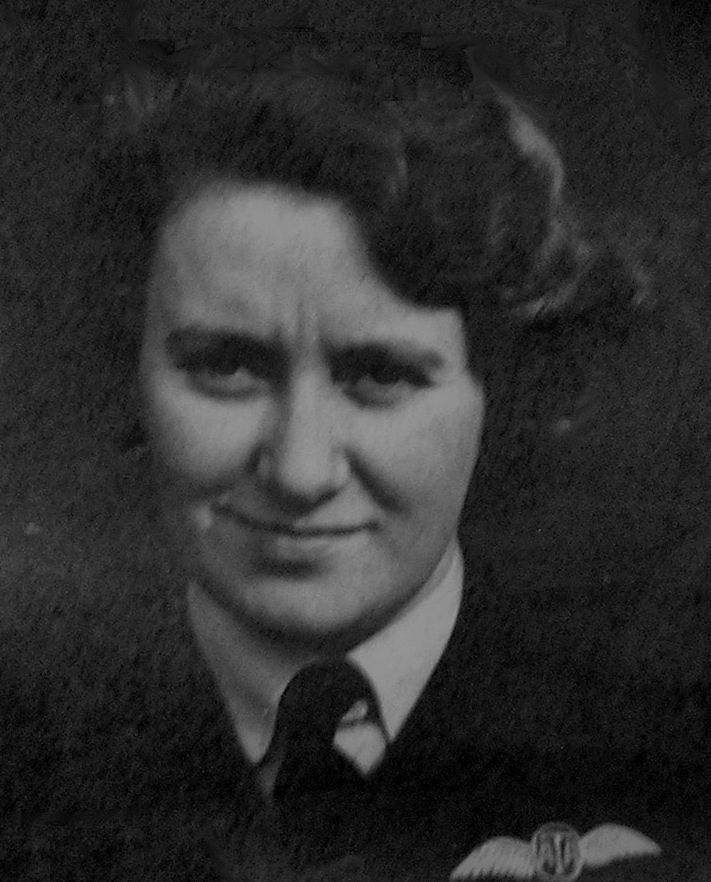 ATA
ATA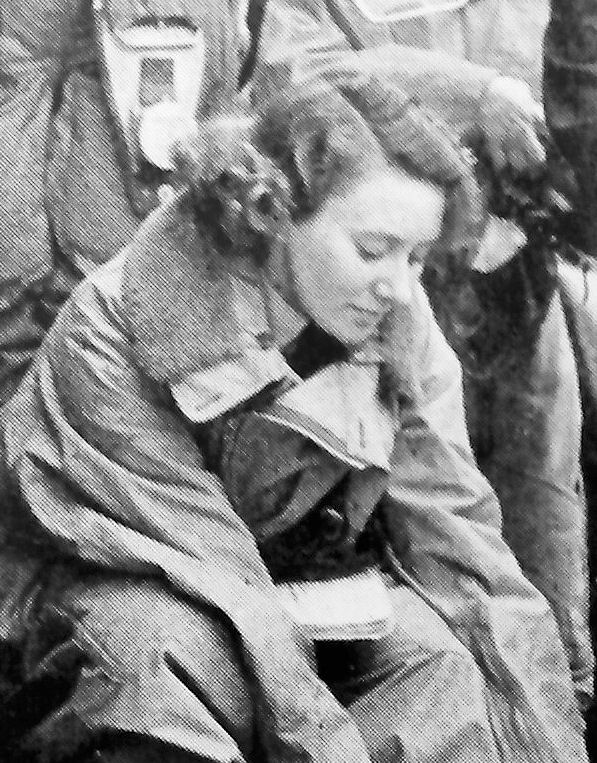


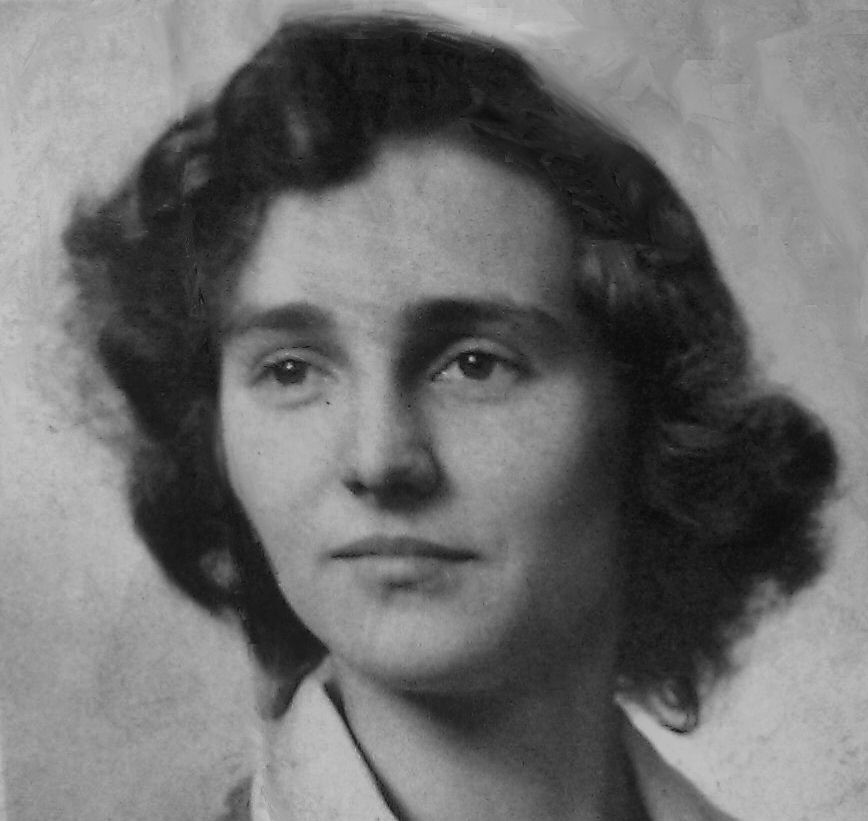

 Ancestry.co.uk
Ancestry.co.uk ATAM
ATAM
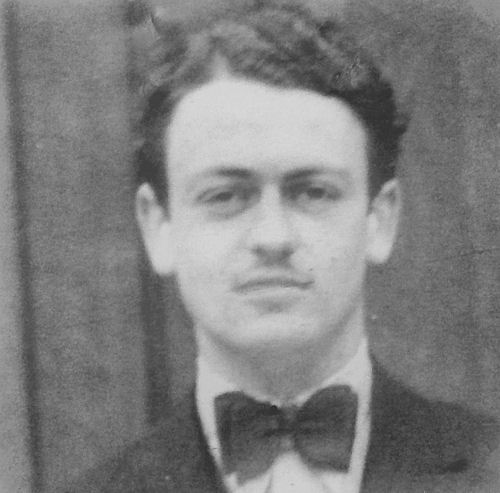 ATA
ATA 1928
1928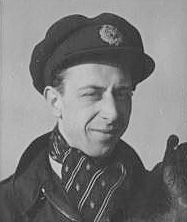
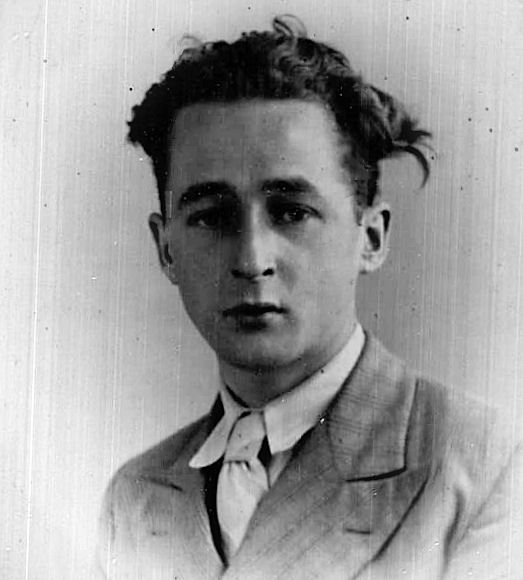
 ATA
ATA
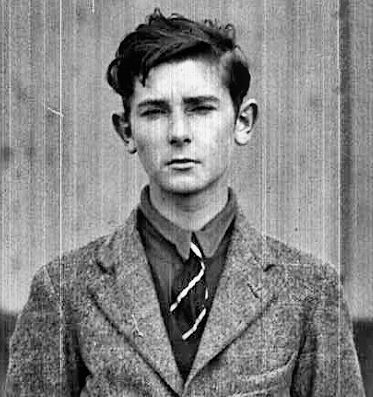 1937
1937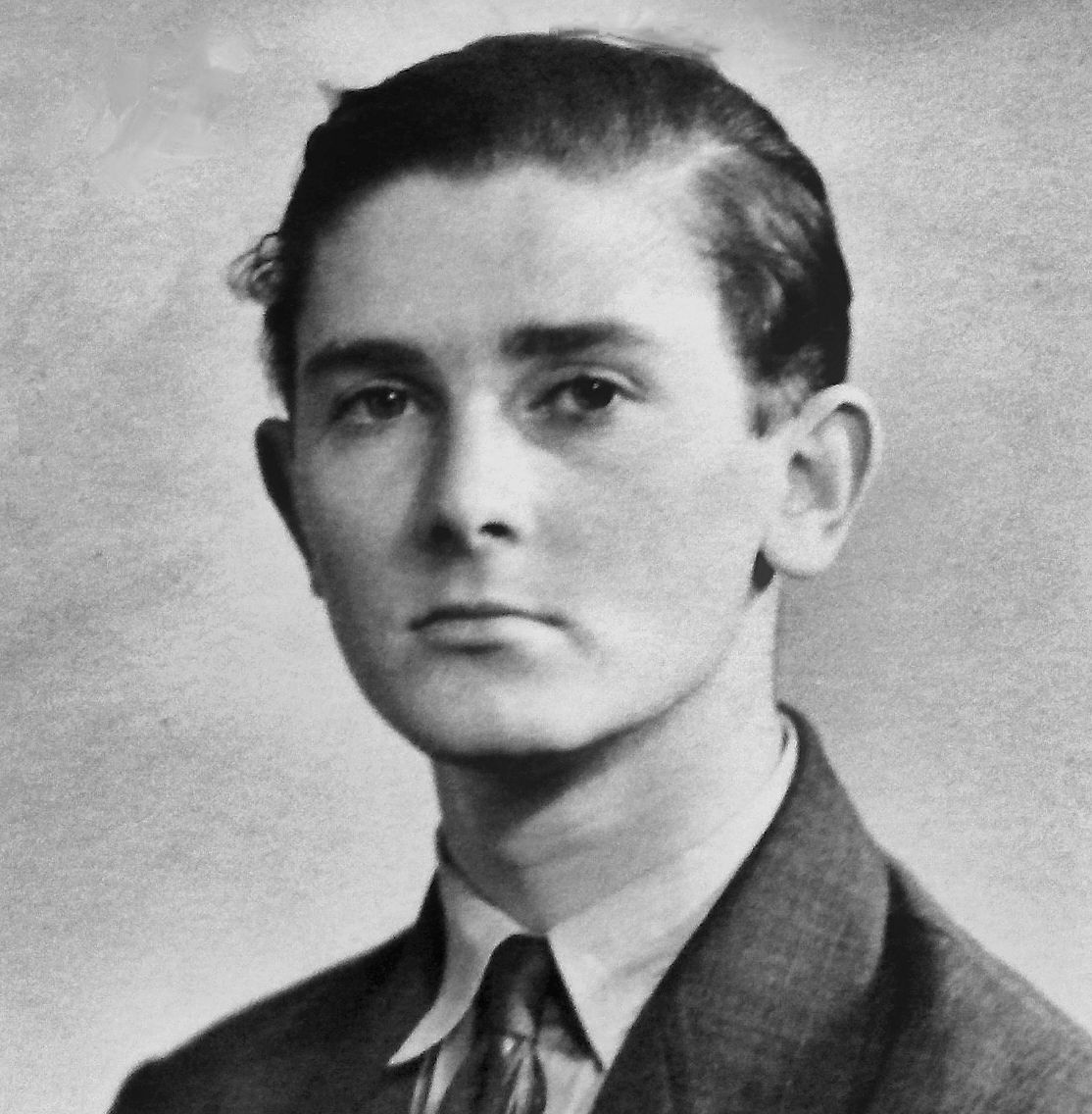 ATA
ATA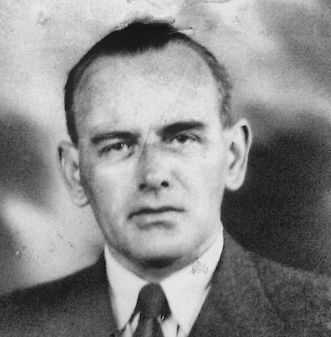 ATA
ATA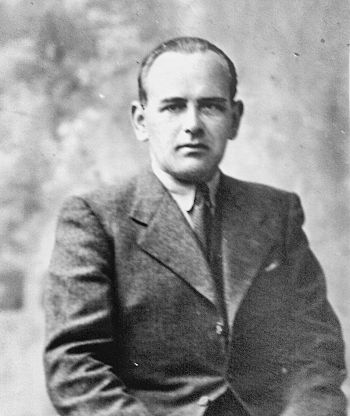 ATA
ATA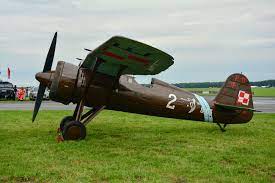
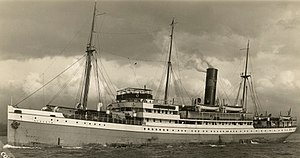 SS Avoceta
SS Avoceta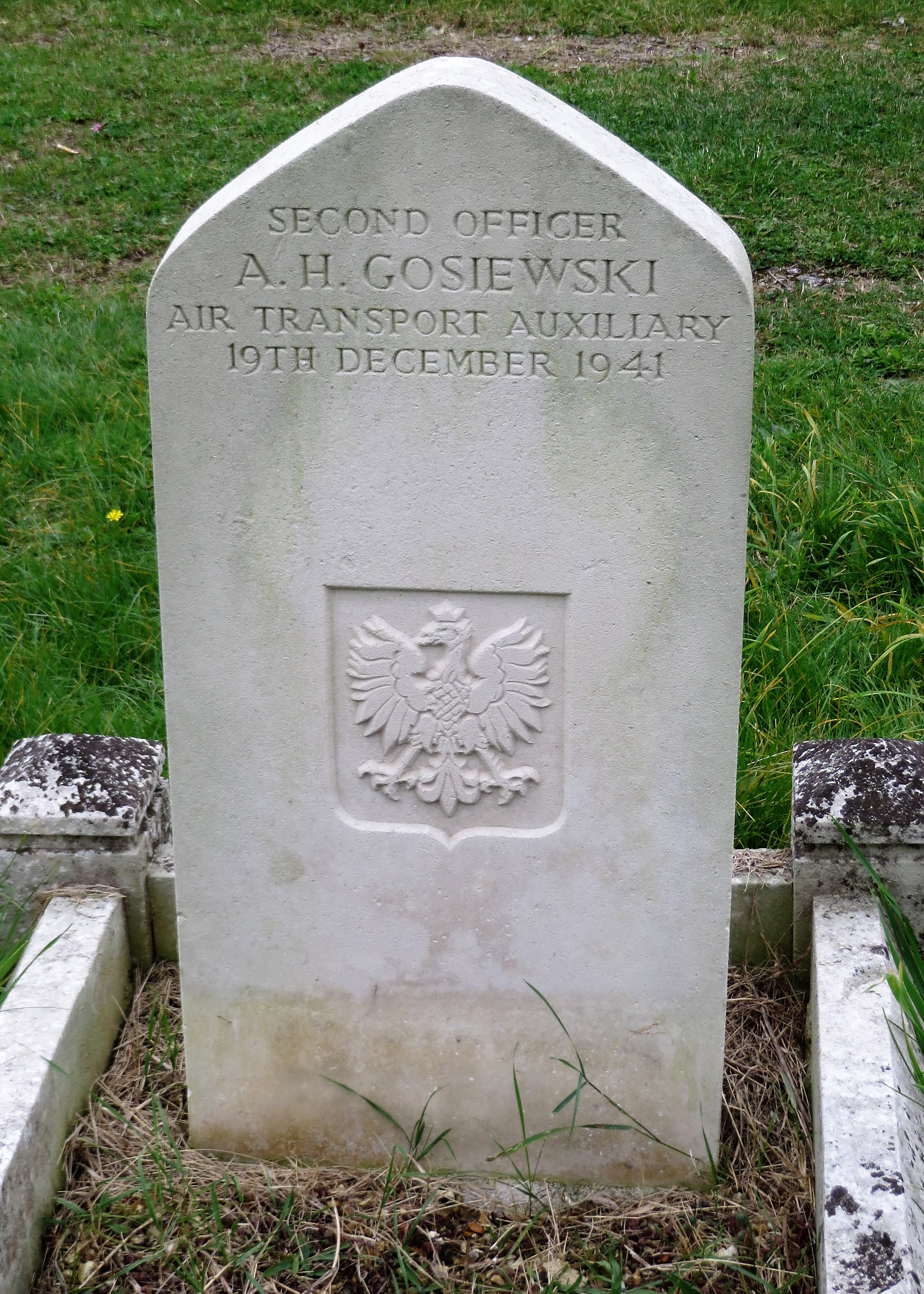

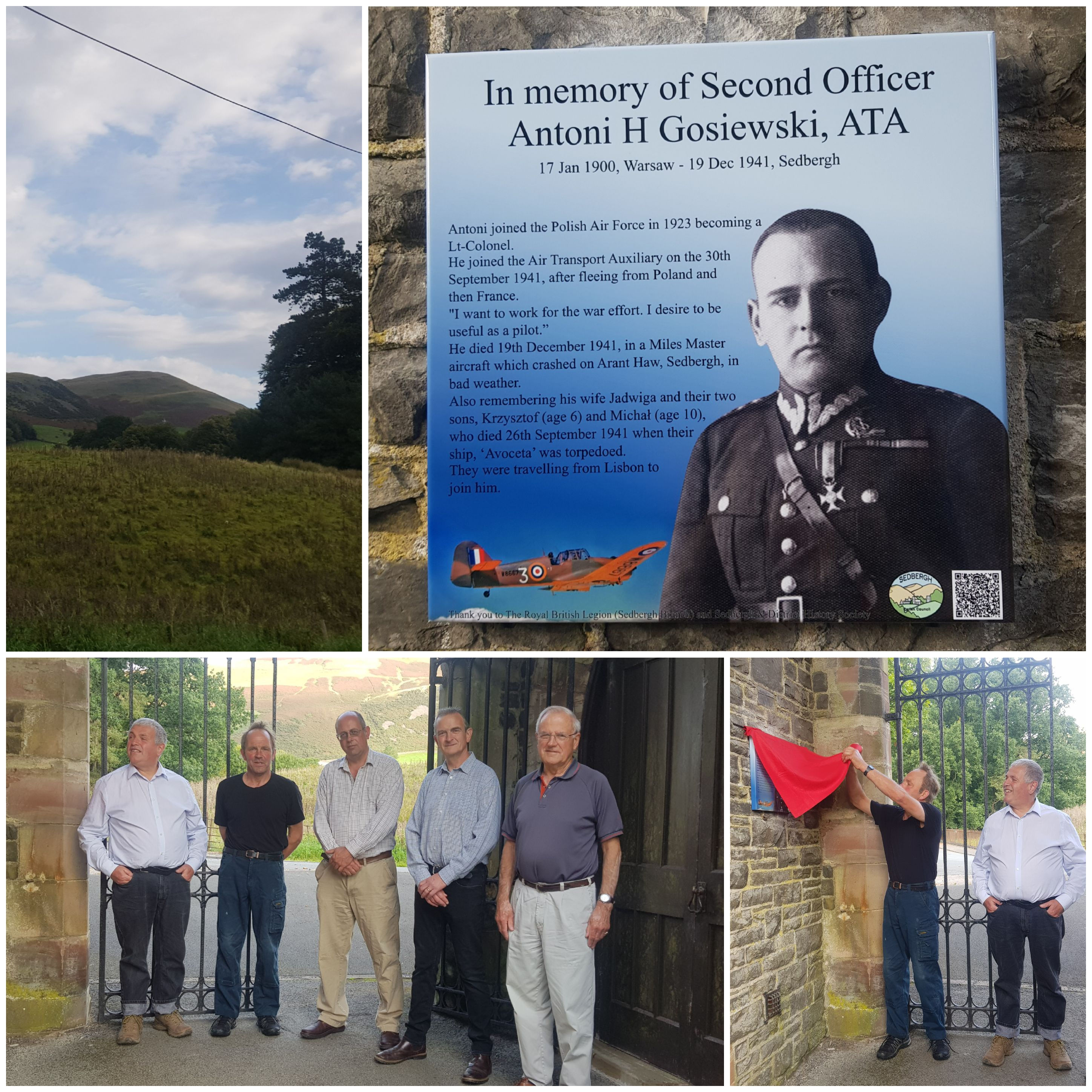
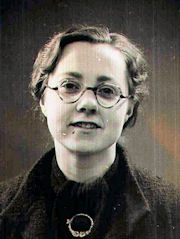
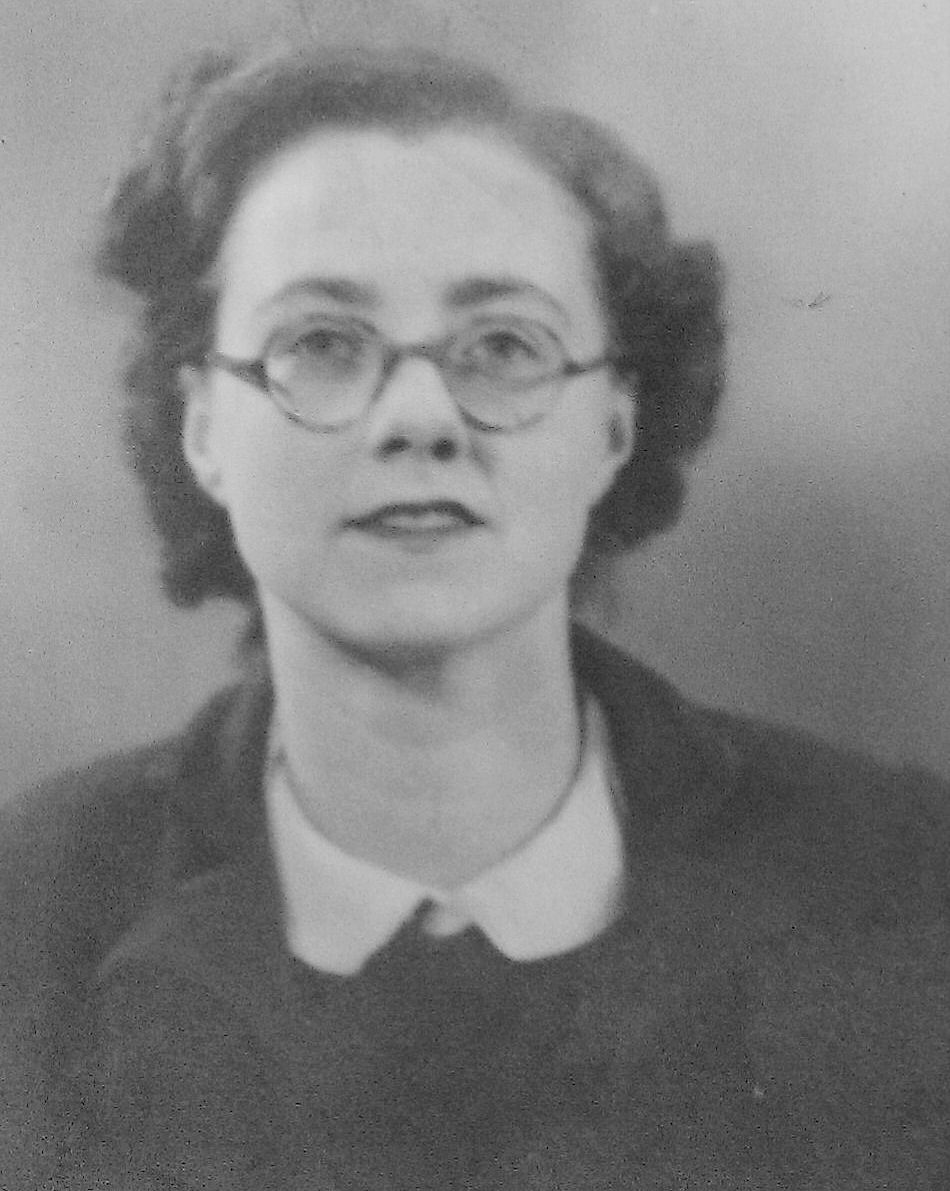
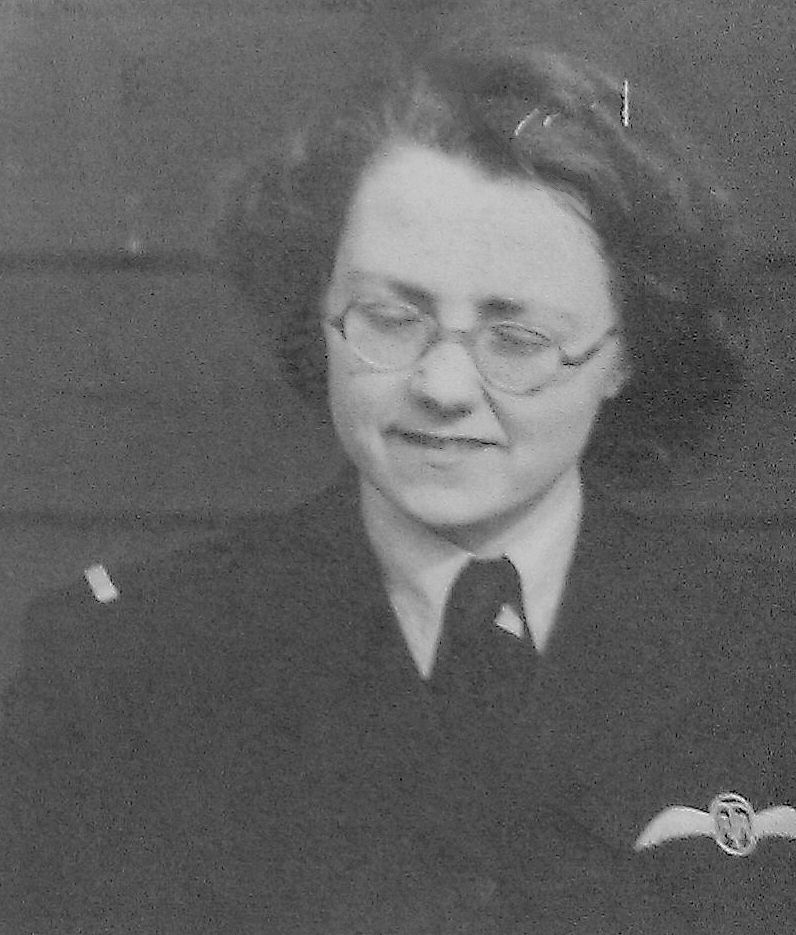 ATA
ATA
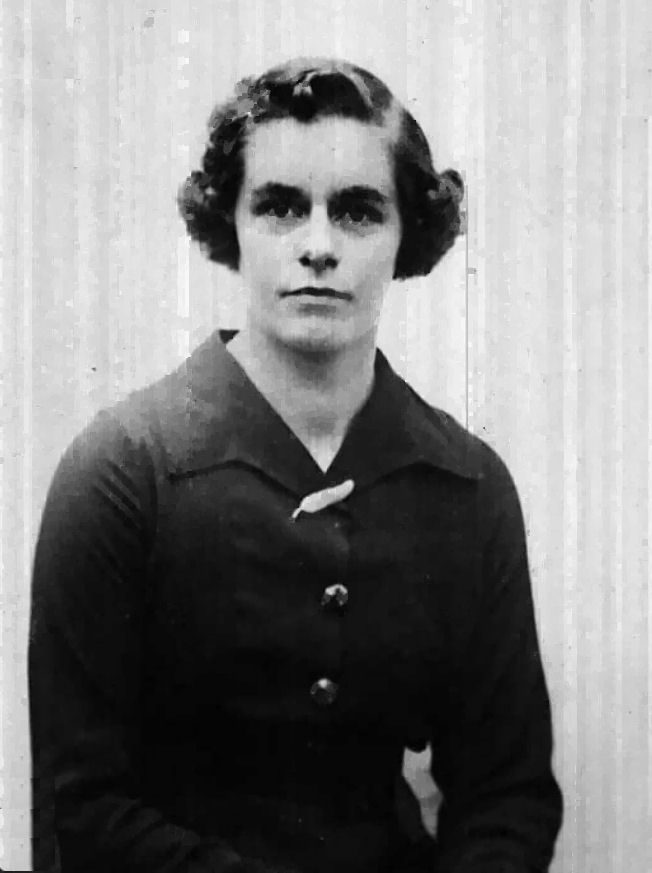 RAeC 1938
RAeC 1938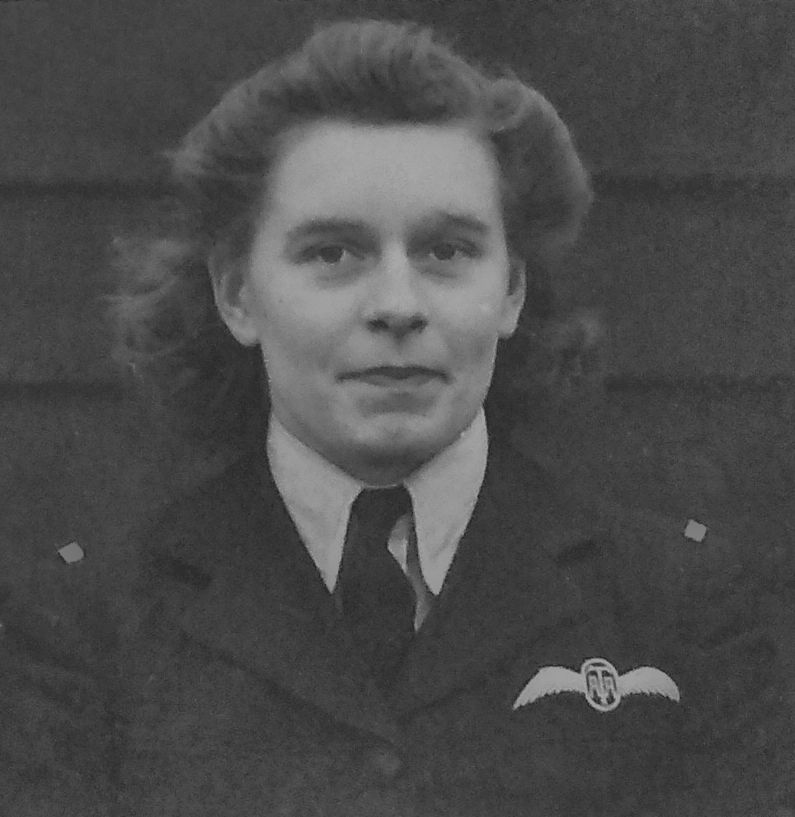 ATA
ATA 2010
2010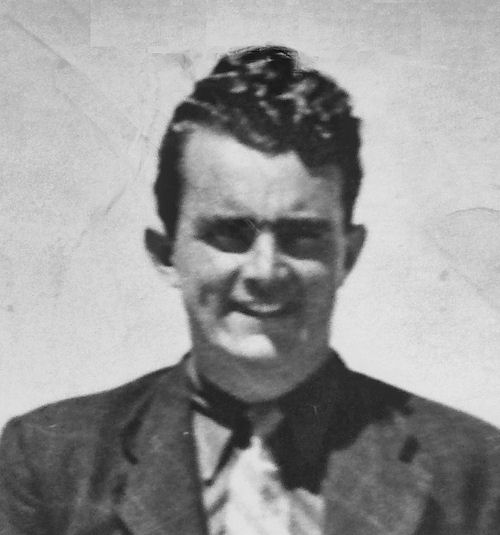 ATA
ATA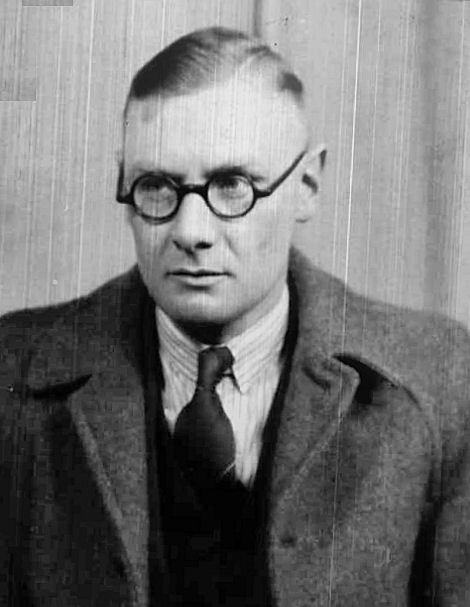 1939
1939 1936
1936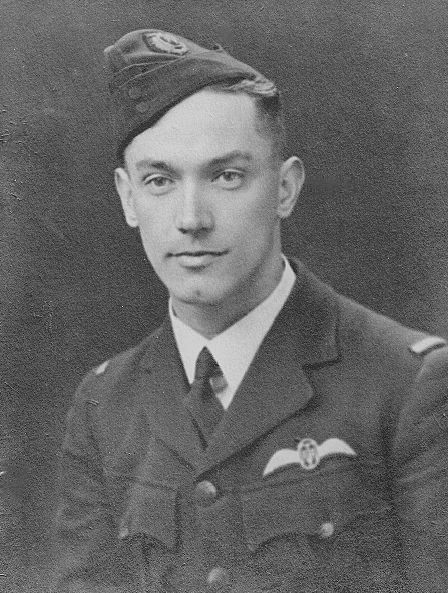
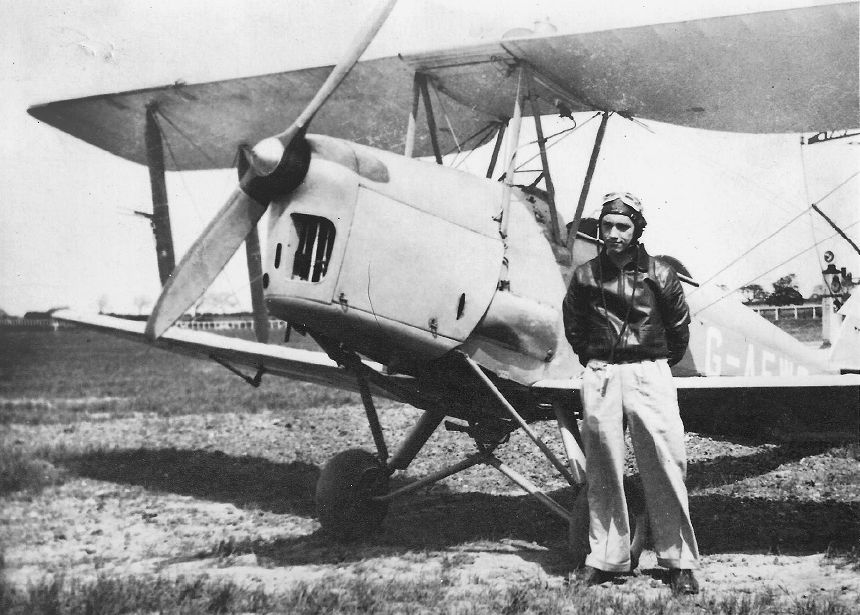

 1934
1934 ATA
ATA (he was injured).
(he was injured). Photo © Tom Cole]
Photo © Tom Cole]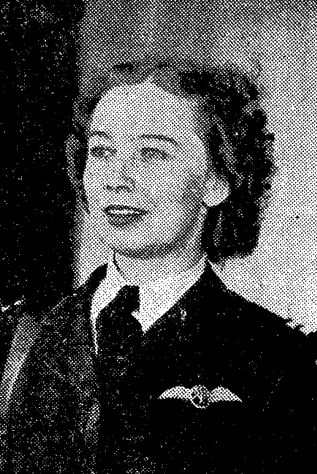 NZ Evening Post 1945
NZ Evening Post 1945 ATAM
ATAM Teddy Harvie and family (Alexander Turnbull Library, WA-06347-F)
Teddy Harvie and family (Alexander Turnbull Library, WA-06347-F) ATAM
ATAM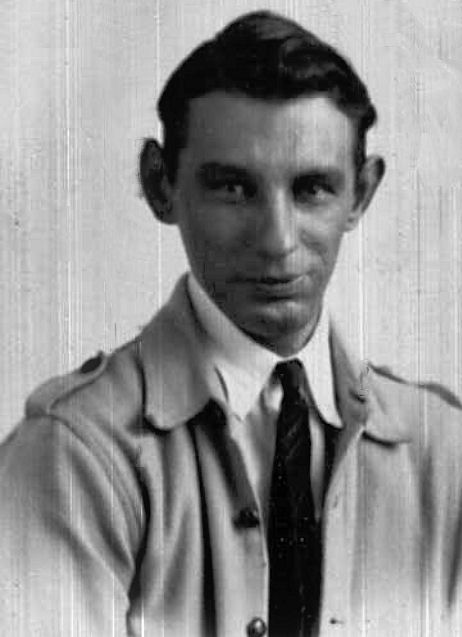 1938
1938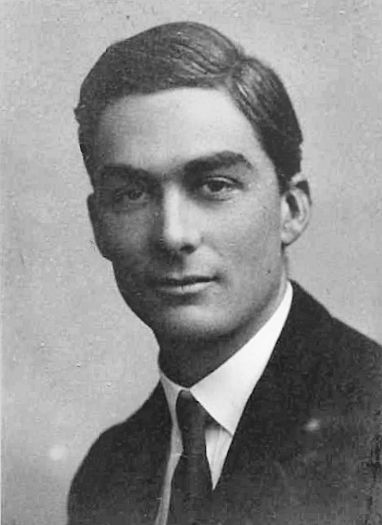 1928
1928 ATAM
ATAM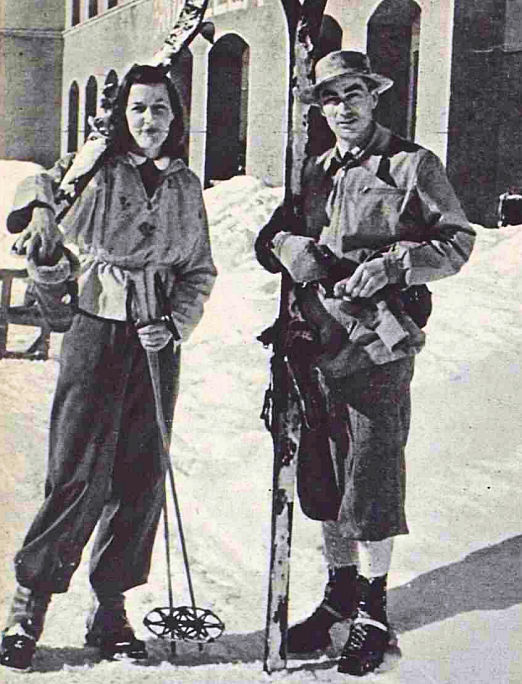
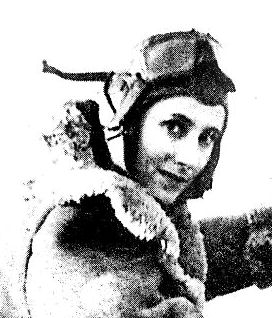 ATA
ATA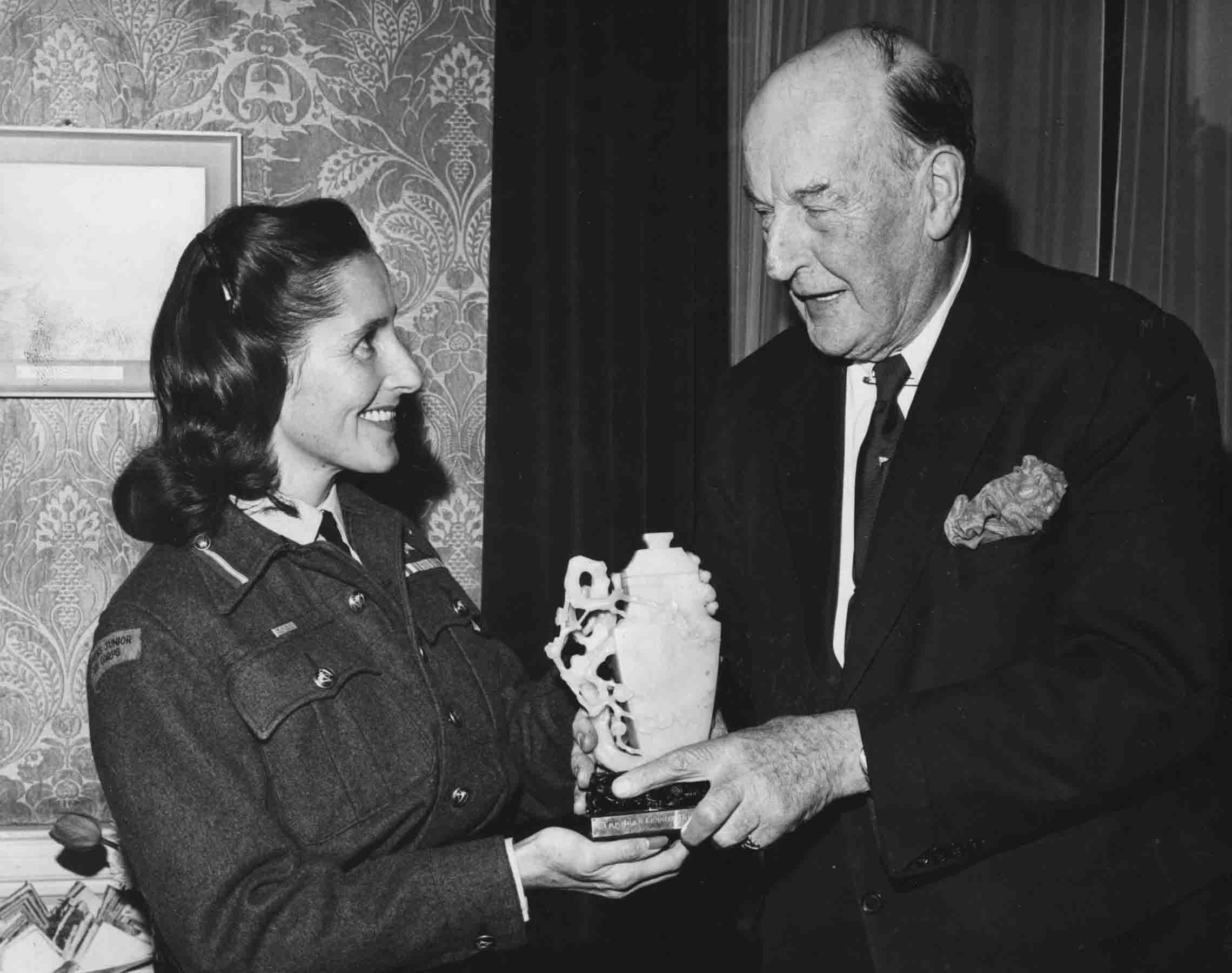
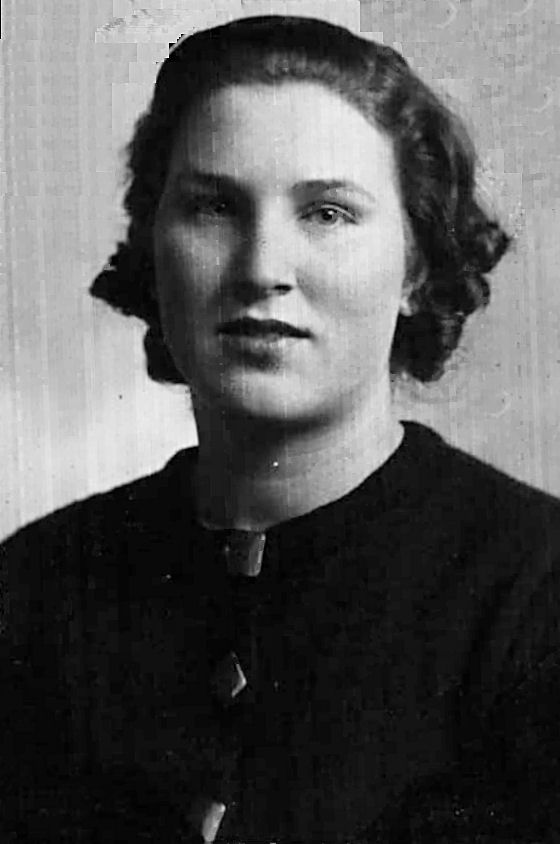 RAeC 1937
RAeC 1937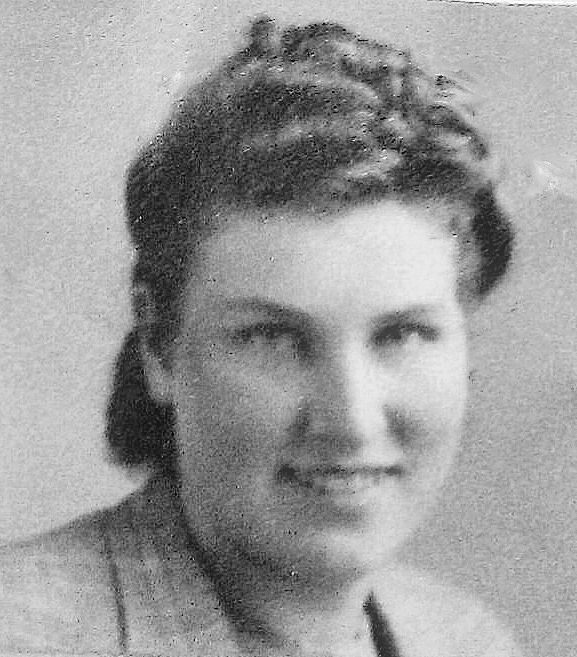 ATA
ATA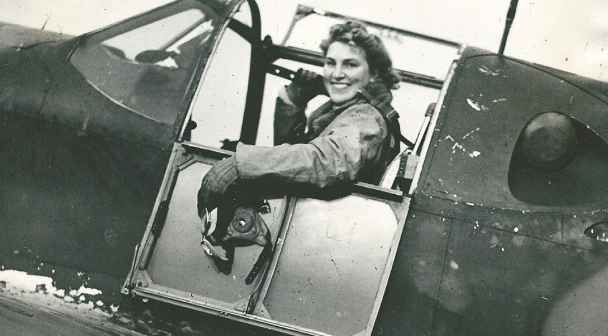 Vera with Mustang, 1943 - Wikipedia
Vera with Mustang, 1943 - Wikipedia 1972
1972
 Edmonton Municipal Cemetery, Alberta, Canada
Edmonton Municipal Cemetery, Alberta, Canada 1990
1990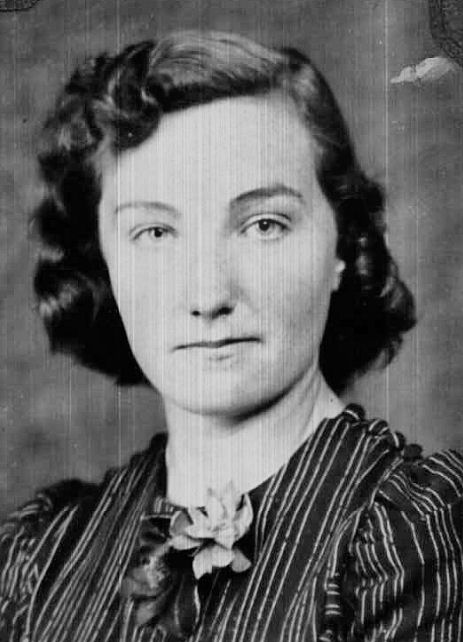
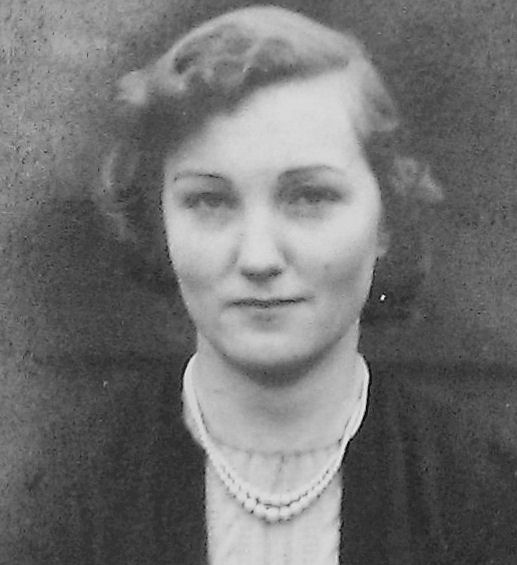

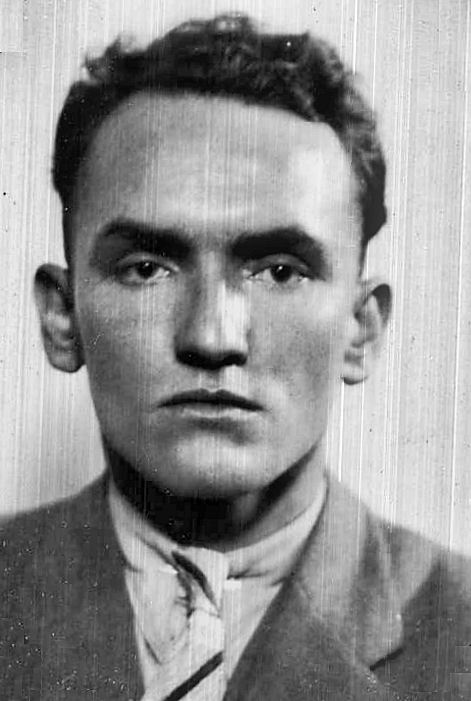 1939
1939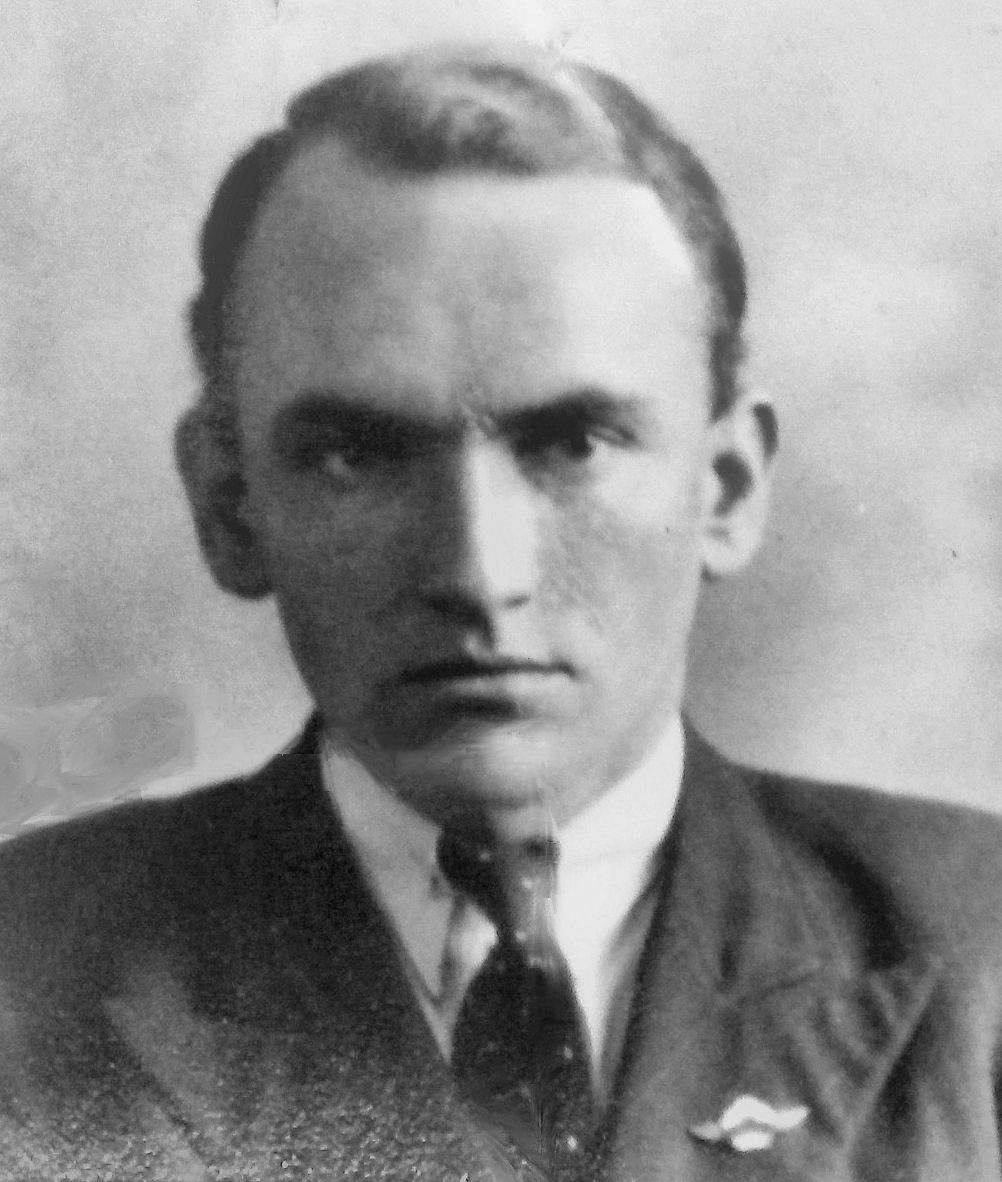 ATA
ATA ATAM
ATAM 
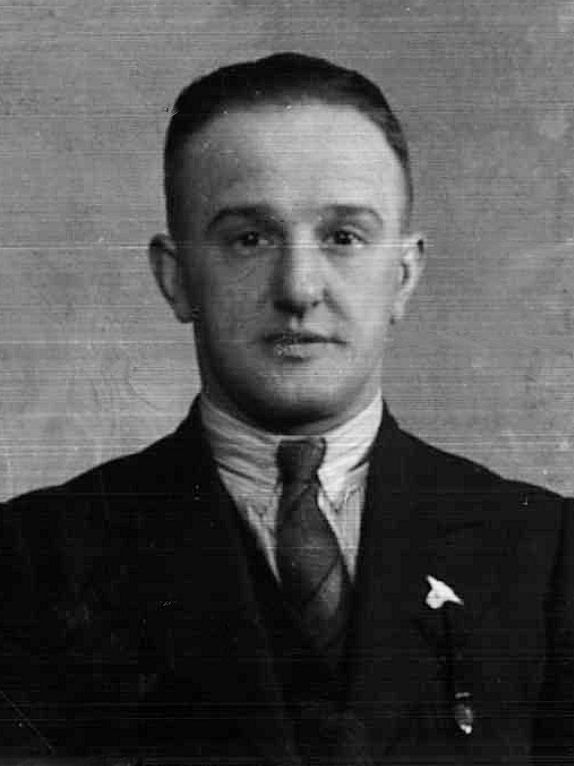 1936
1936 1939
1939 Royal Aero Club Certificate No. 18315, 24 Sep 1938 (Airwork School of Flying, Heston)
Royal Aero Club Certificate No. 18315, 24 Sep 1938 (Airwork School of Flying, Heston) ... and this is presumably Dorothy and Saleh with the Aerogypt I (she was registered as the owner)
... and this is presumably Dorothy and Saleh with the Aerogypt I (she was registered as the owner) in 1960 ('Flight')
in 1960 ('Flight')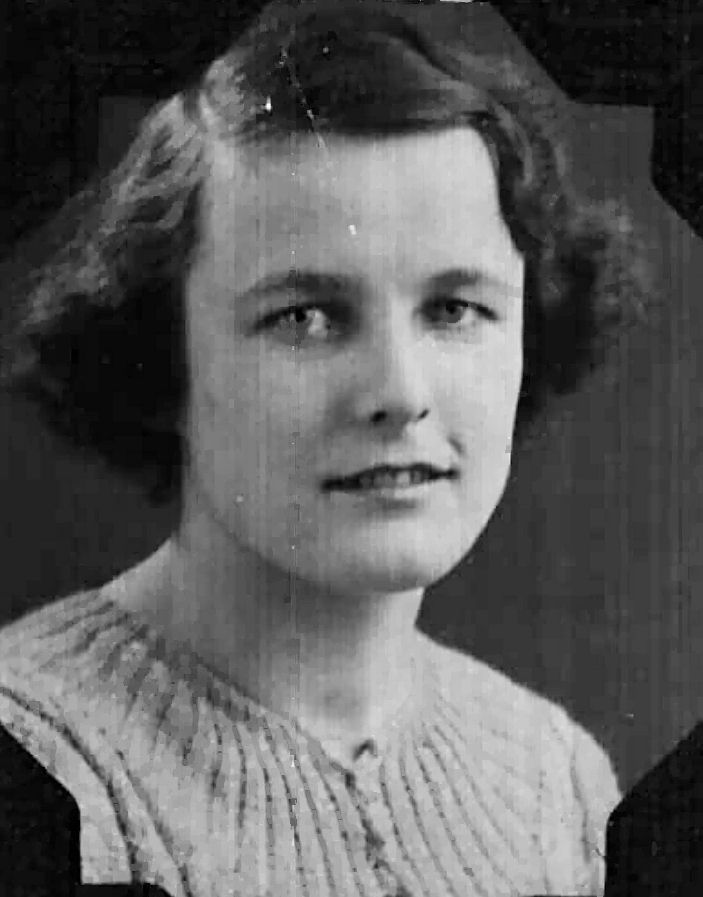 RAeC 1937
RAeC 1937 Sunderland Daily Echo and Shipping Gazette
Sunderland Daily Echo and Shipping Gazette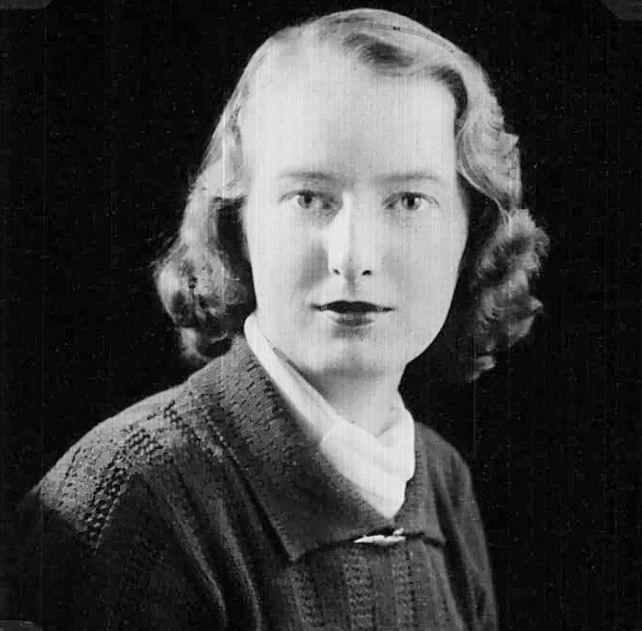 RAeC 23 May 1939
RAeC 23 May 1939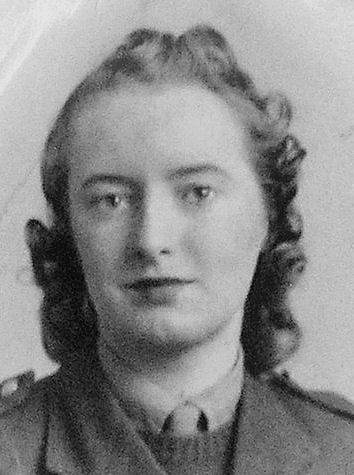 ATS
ATS

 Newcastle Journal
Newcastle Journal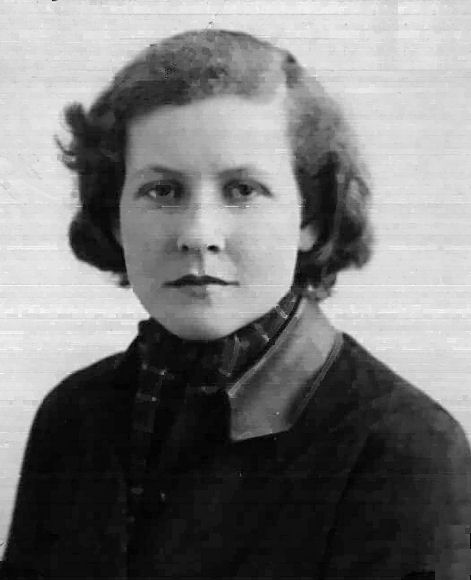 RAeC
RAeC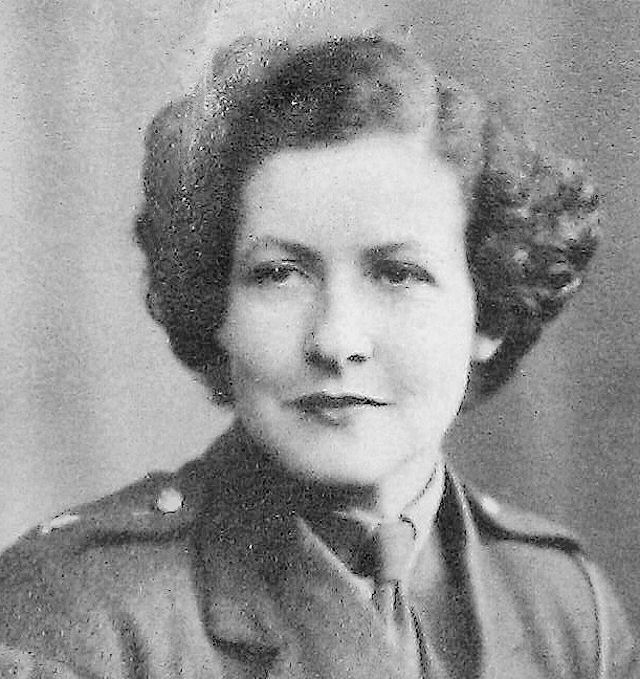 FANY 1940
FANY 1940
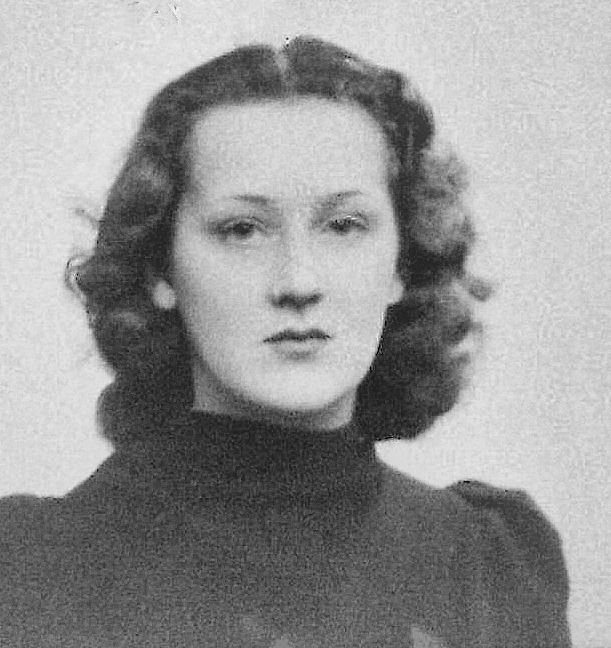
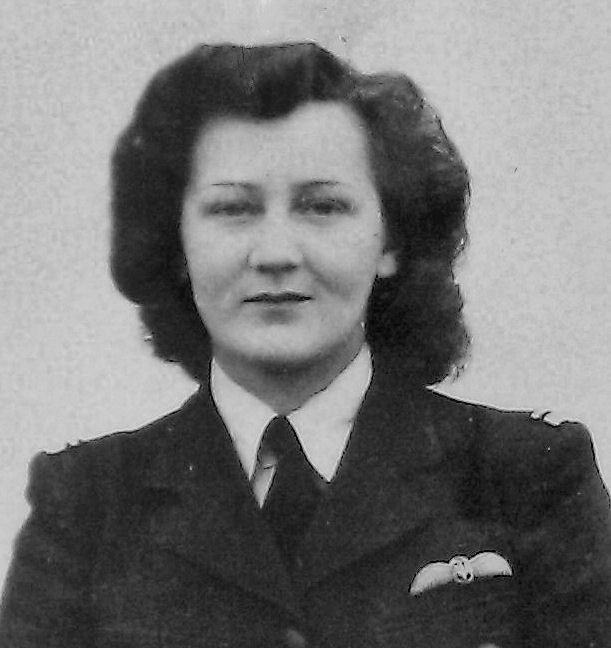 ATA
ATA ATAM
ATAM



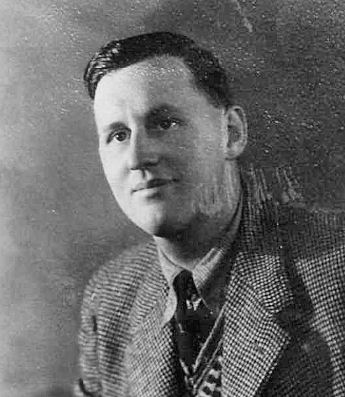
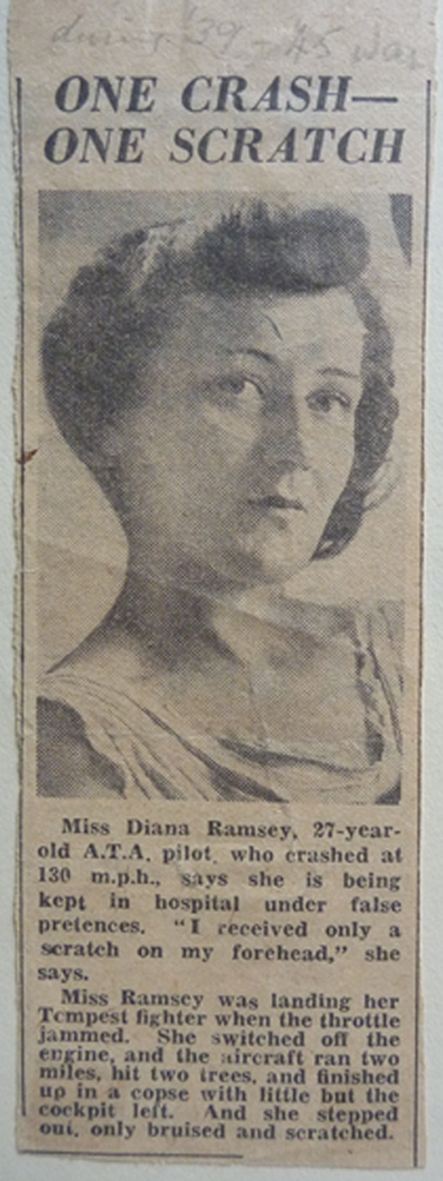

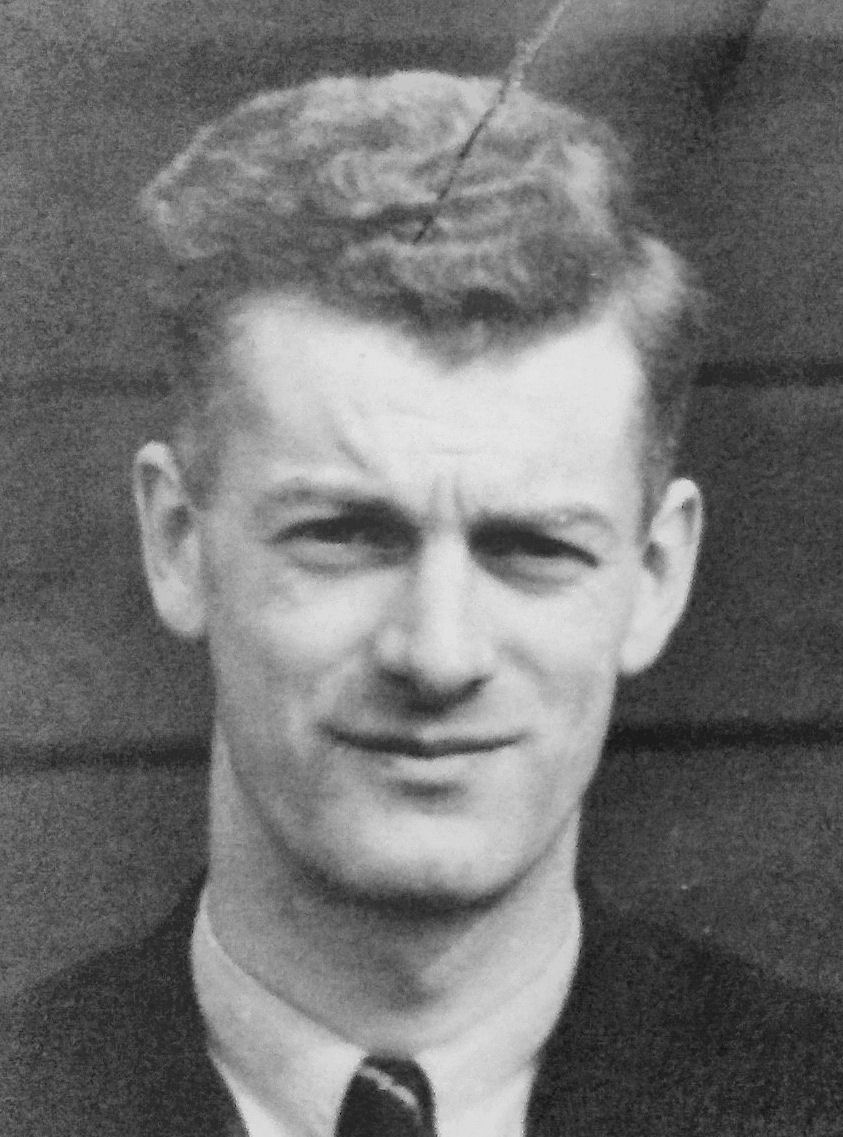
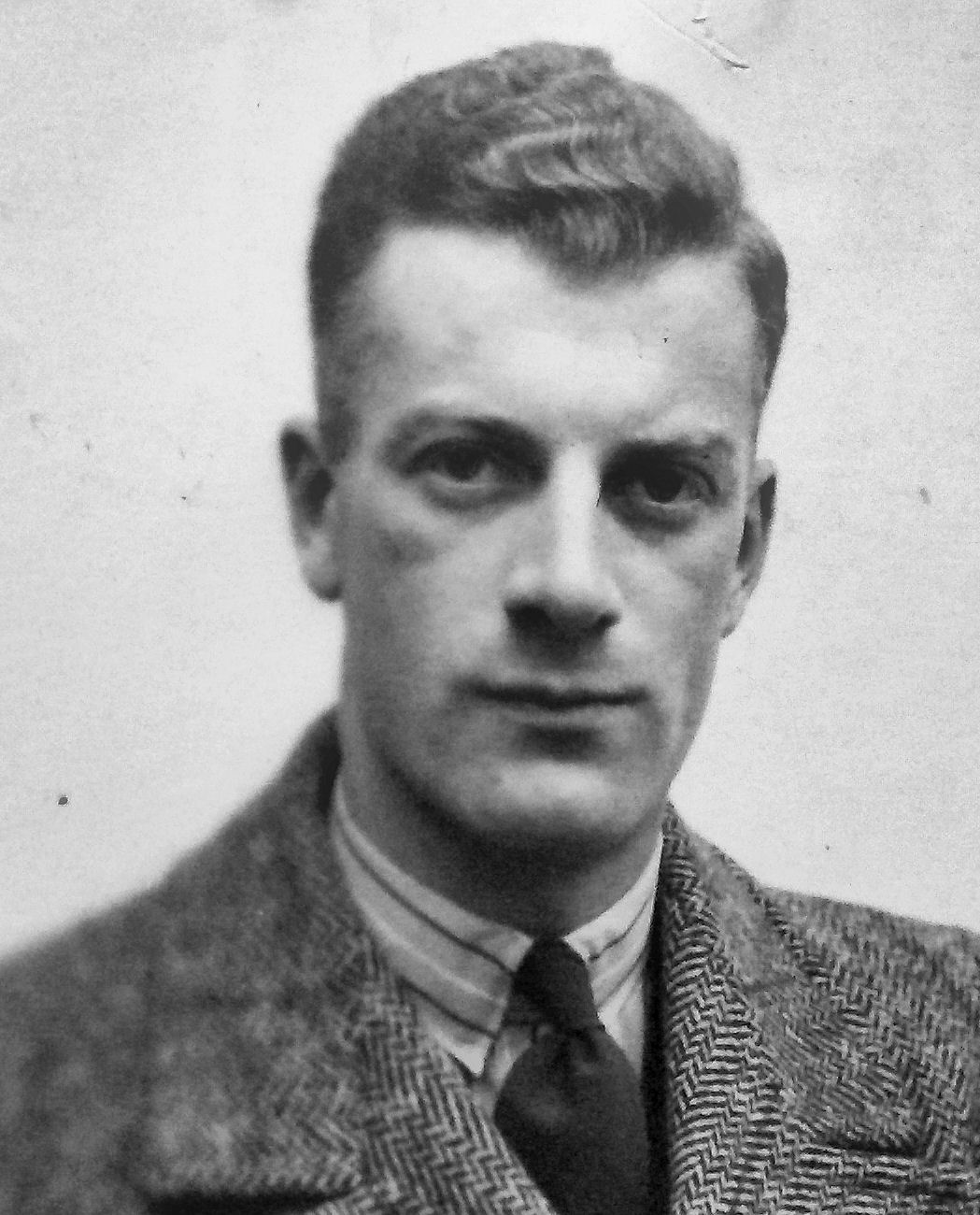 ATA
ATA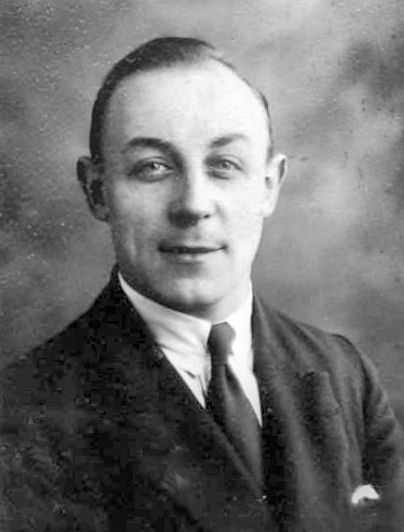 1931
1931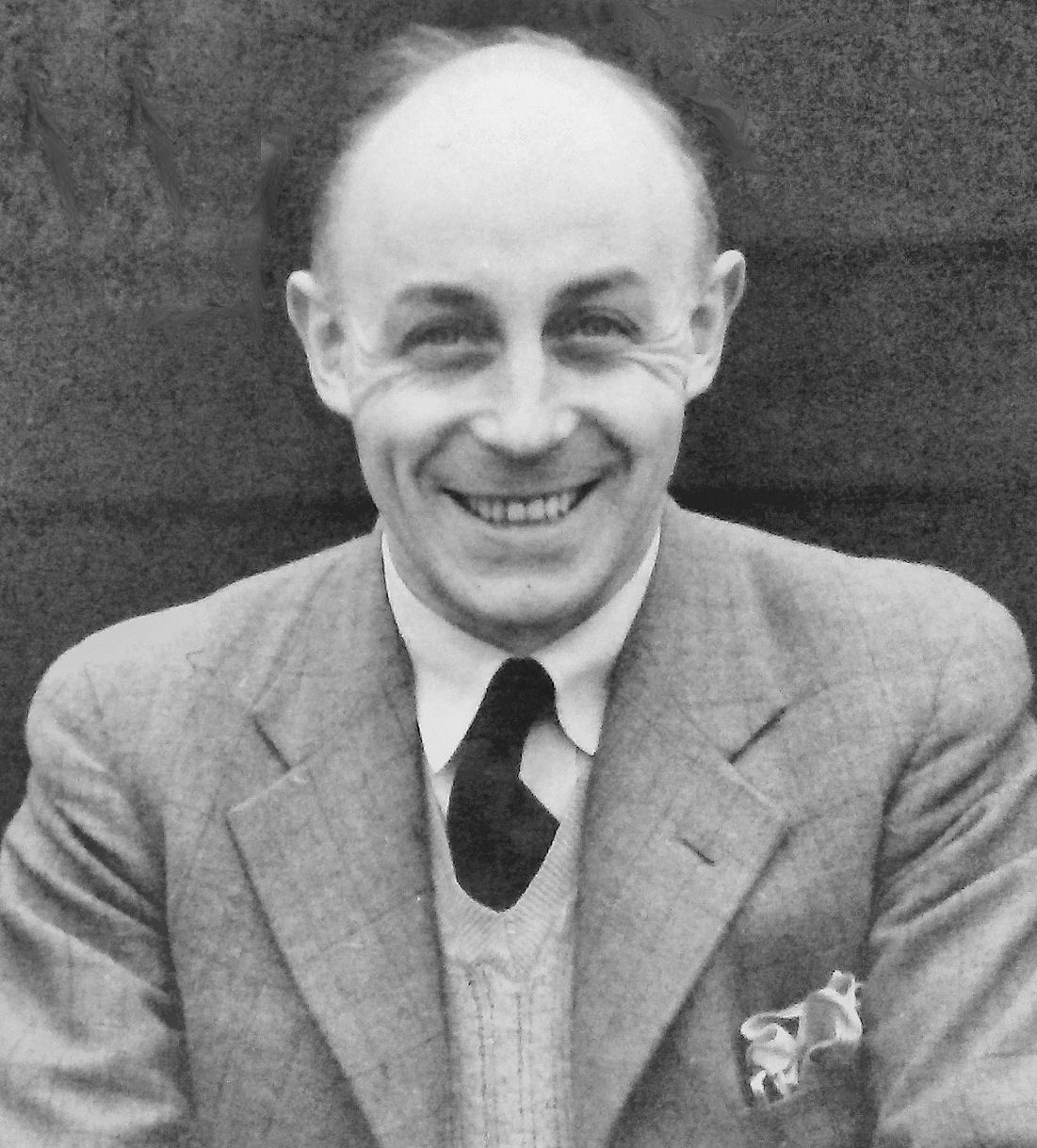
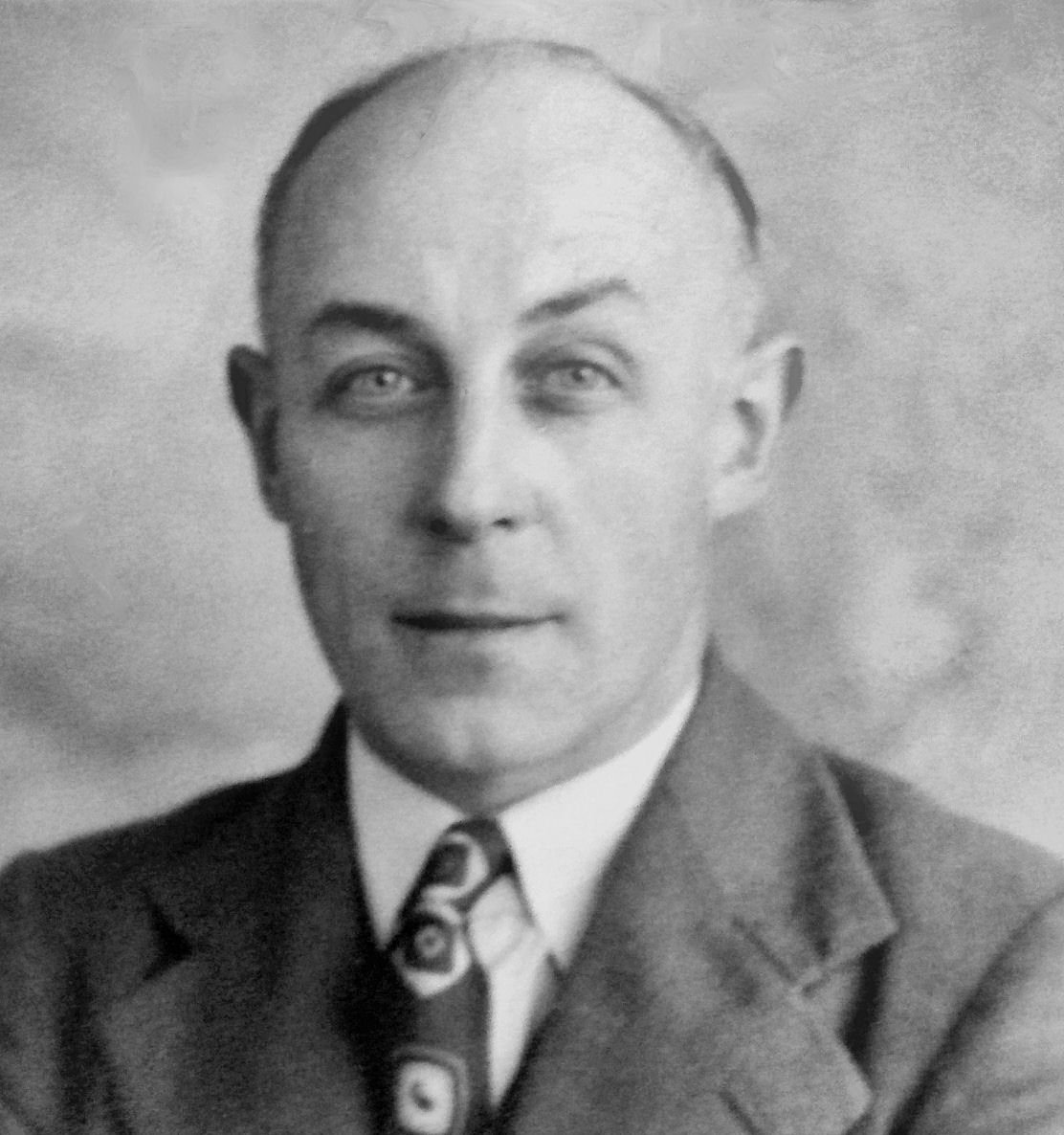 ATA
ATA
 ATA
ATA Harry and Celia bbm.org.uk
Harry and Celia bbm.org.uk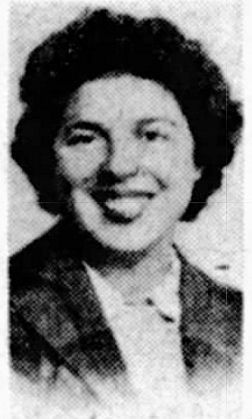 1942
1942
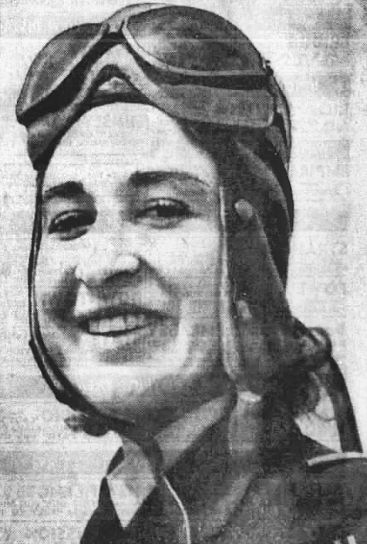 1942
1942 ATAM
ATAM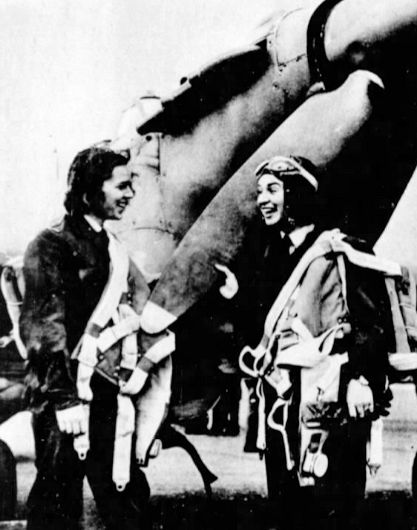
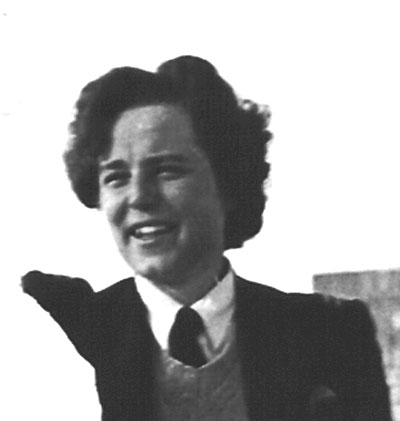
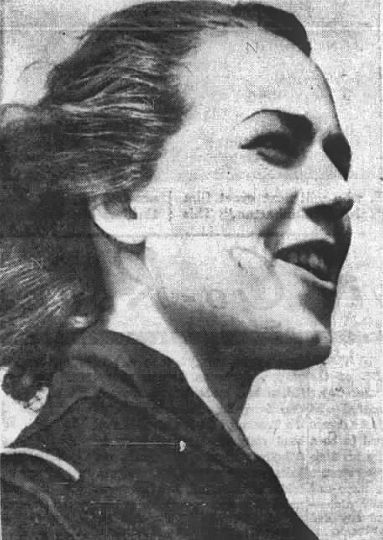
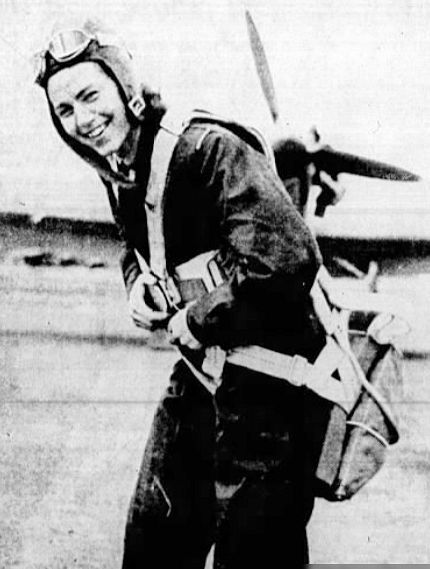 1942
1942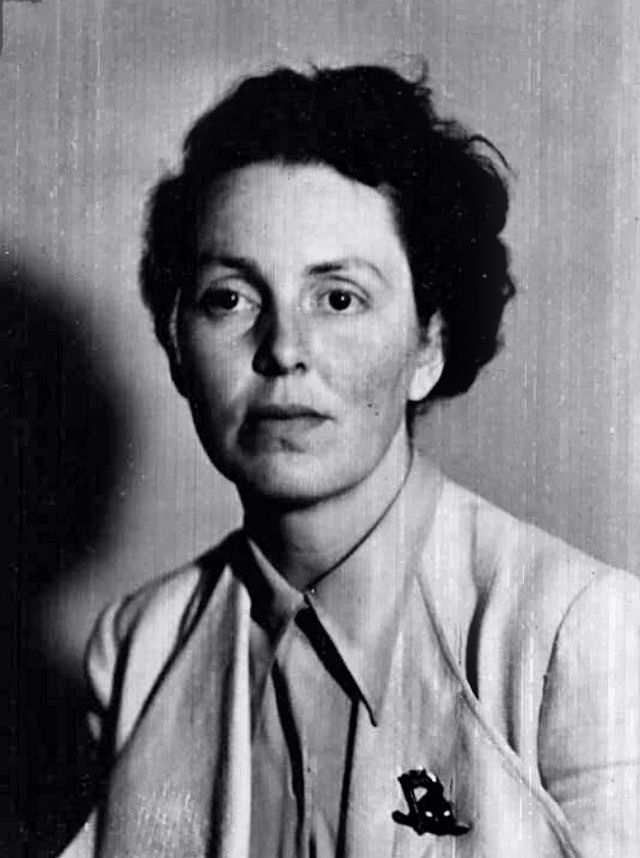 Vivien Jeffery in 1939
Vivien Jeffery in 1939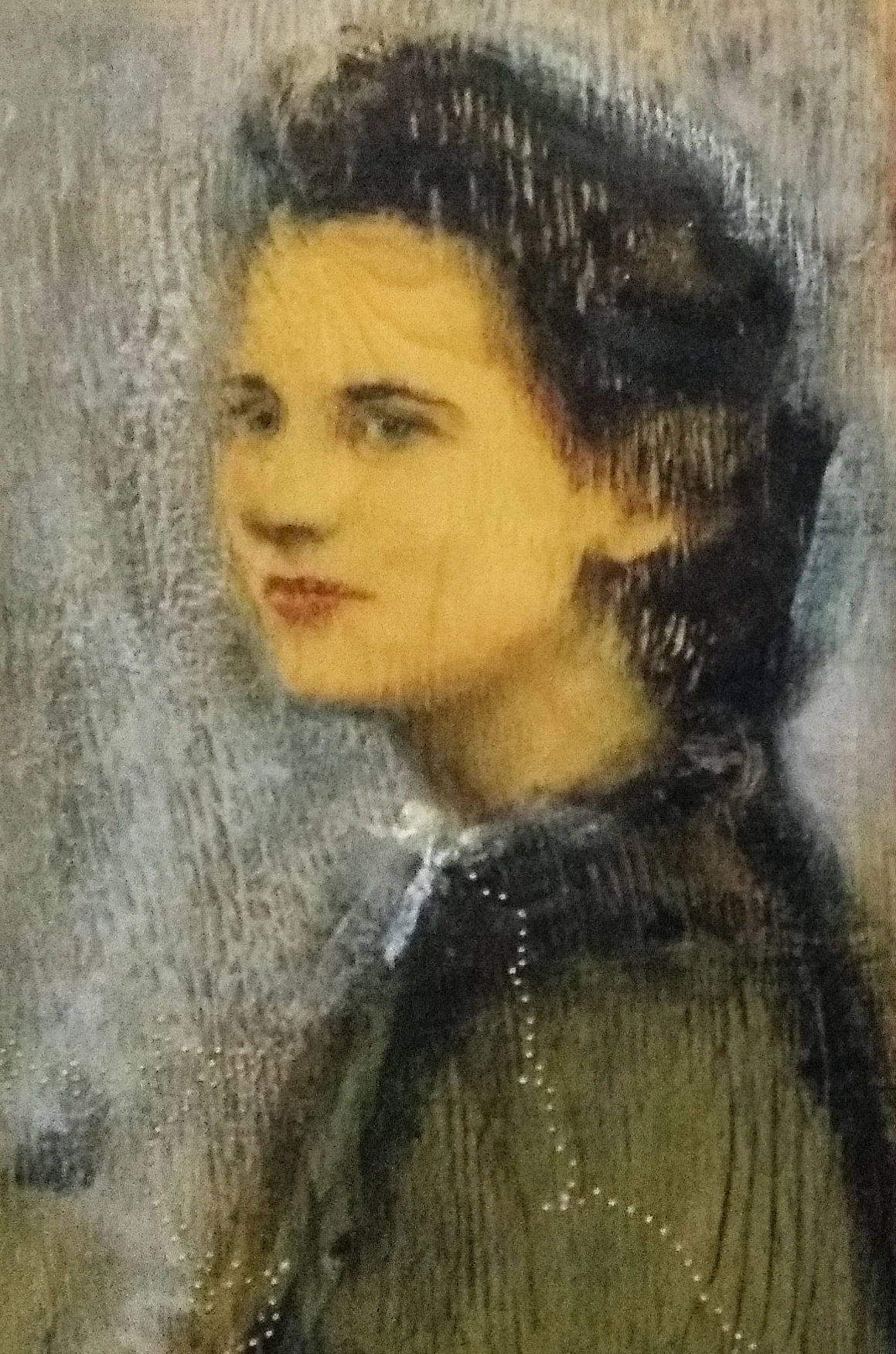 RAFM
RAFM
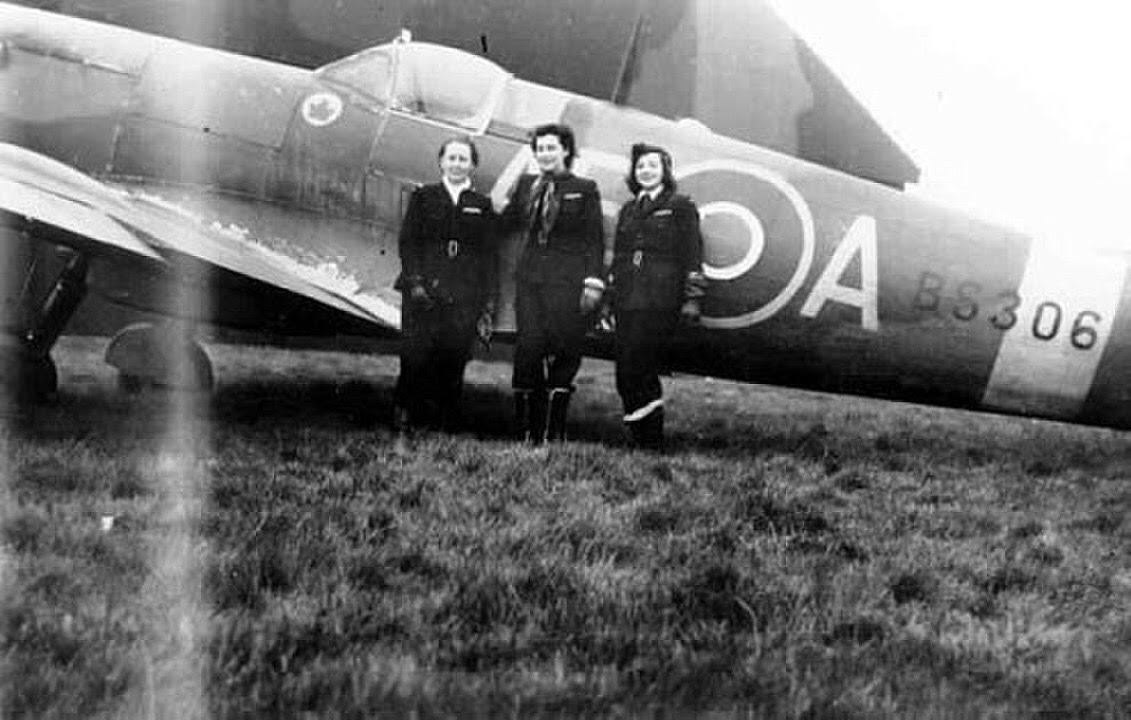
 1992
1992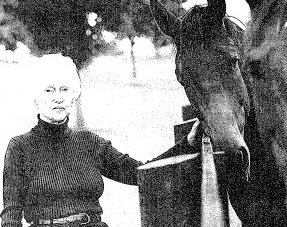 2000 (The Times)
2000 (The Times)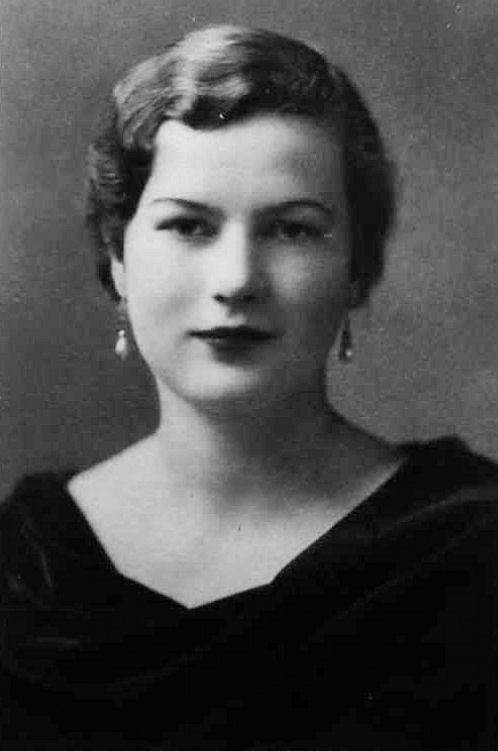 RAeC 1934
RAeC 1934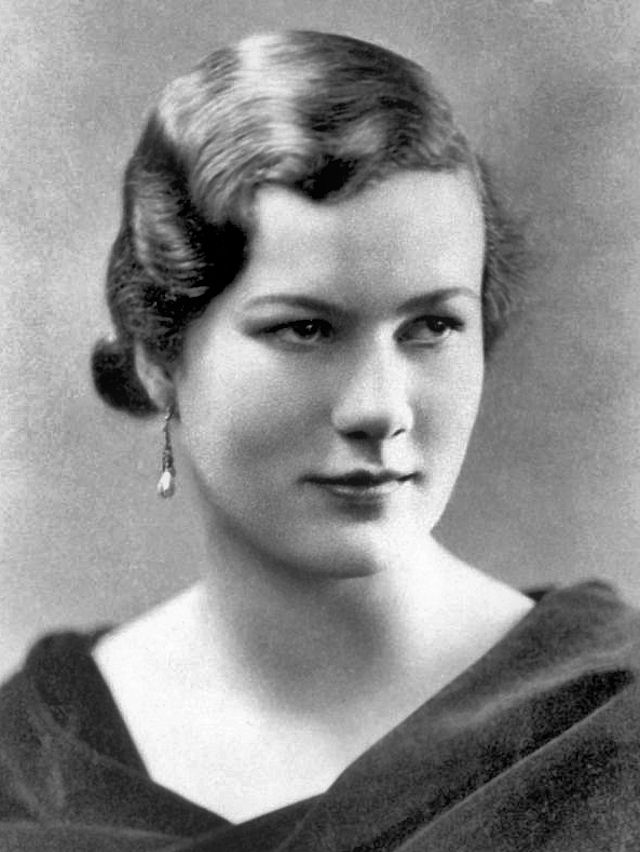 Also 1934
Also 1934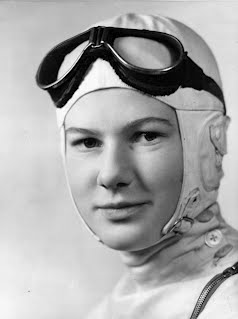
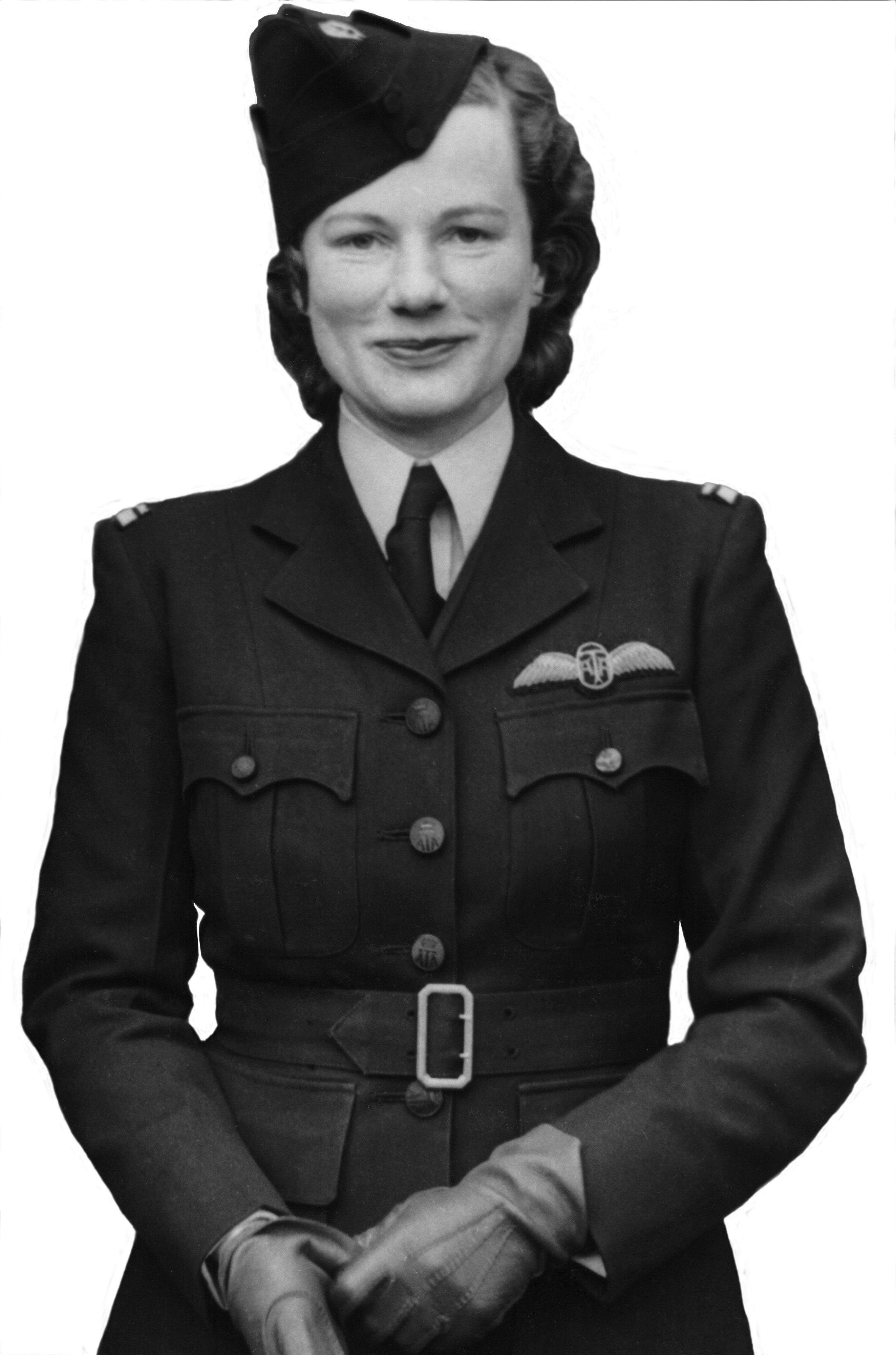 ATA
ATA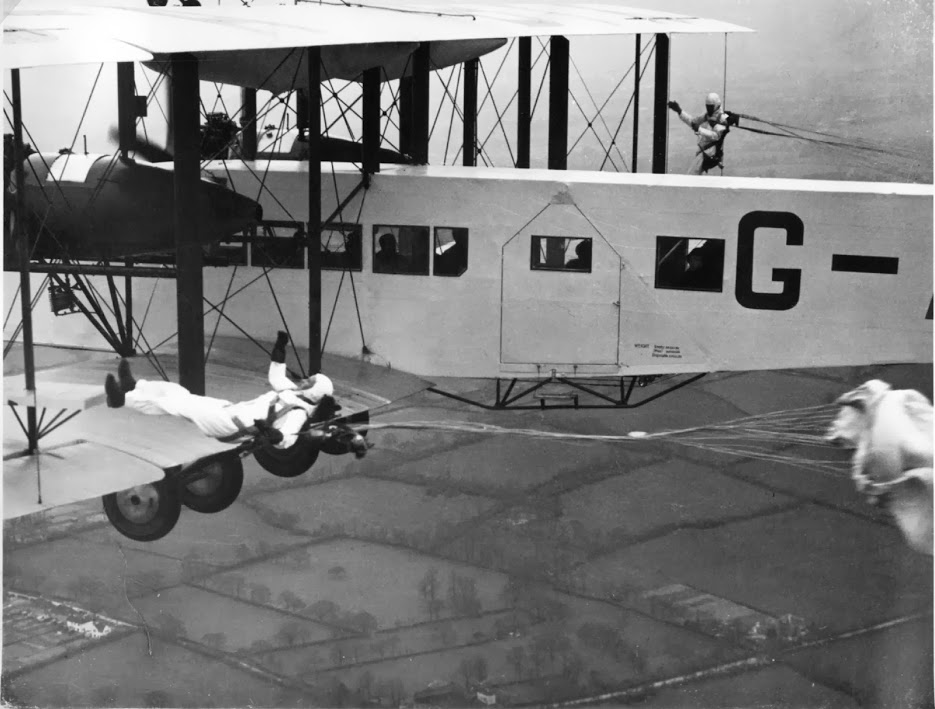
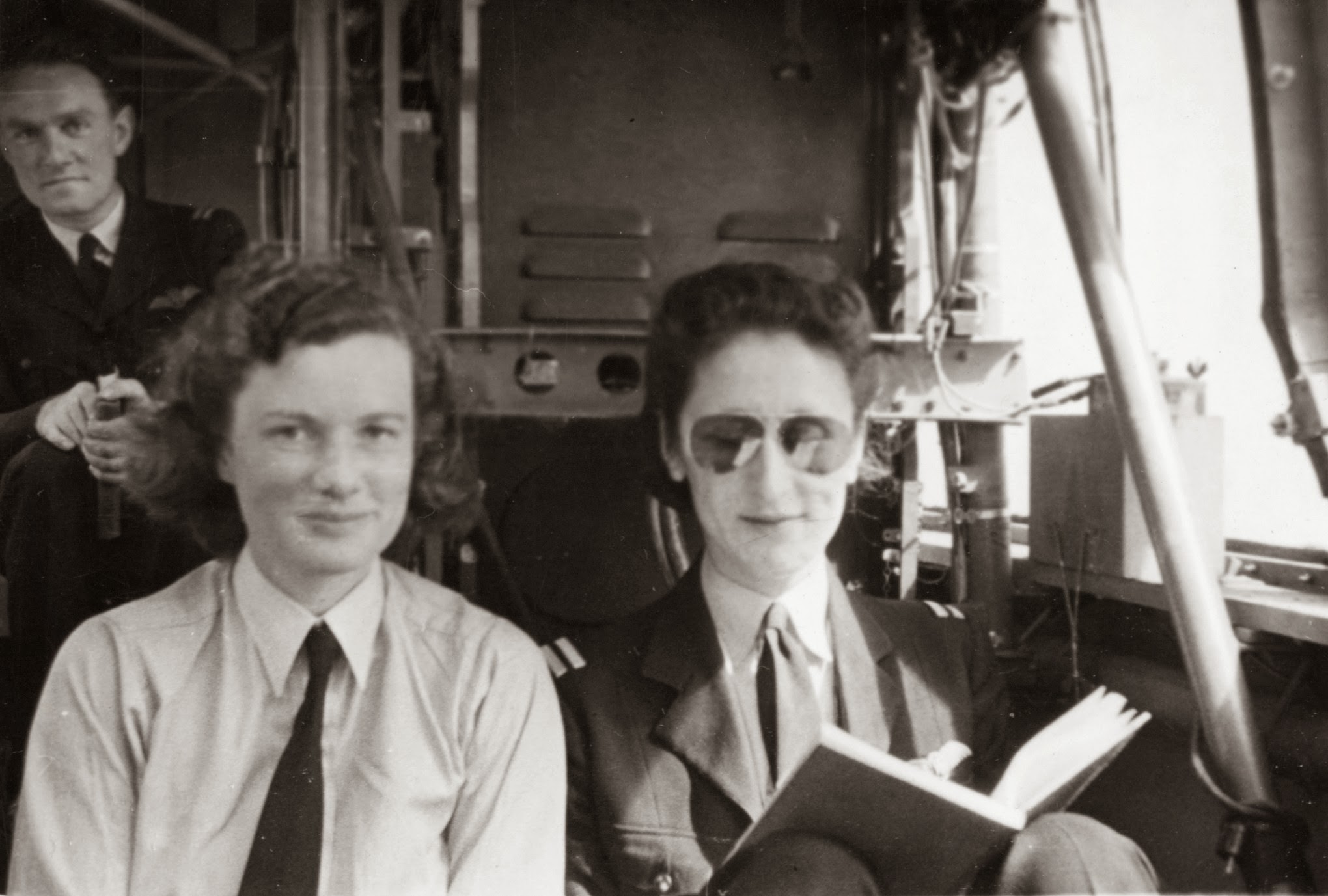 with Jean Bird in a taxi Anson, 1942 [all photos with thanks to Nick Thomas]
with Jean Bird in a taxi Anson, 1942 [all photos with thanks to Nick Thomas]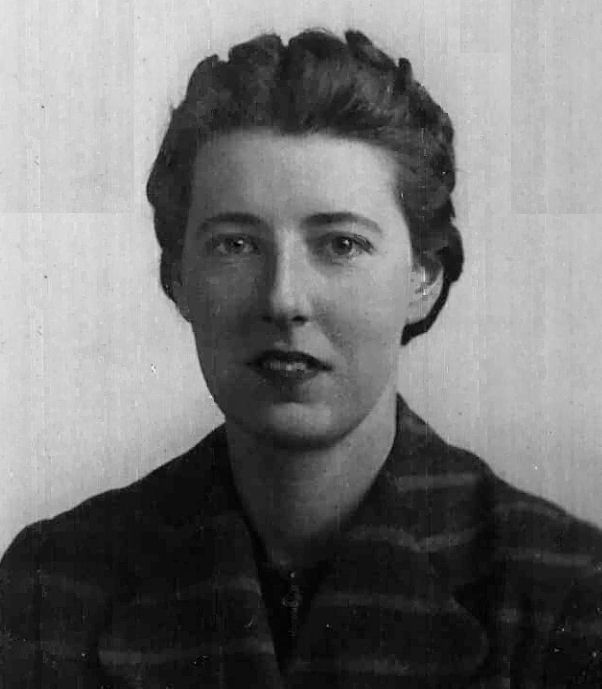 RAeC 1939
RAeC 1939 The Bystander
The Bystander (George moved to Canada, then the USA in October 1945 and became an American citizen.)
(George moved to Canada, then the USA in October 1945 and became an American citizen.)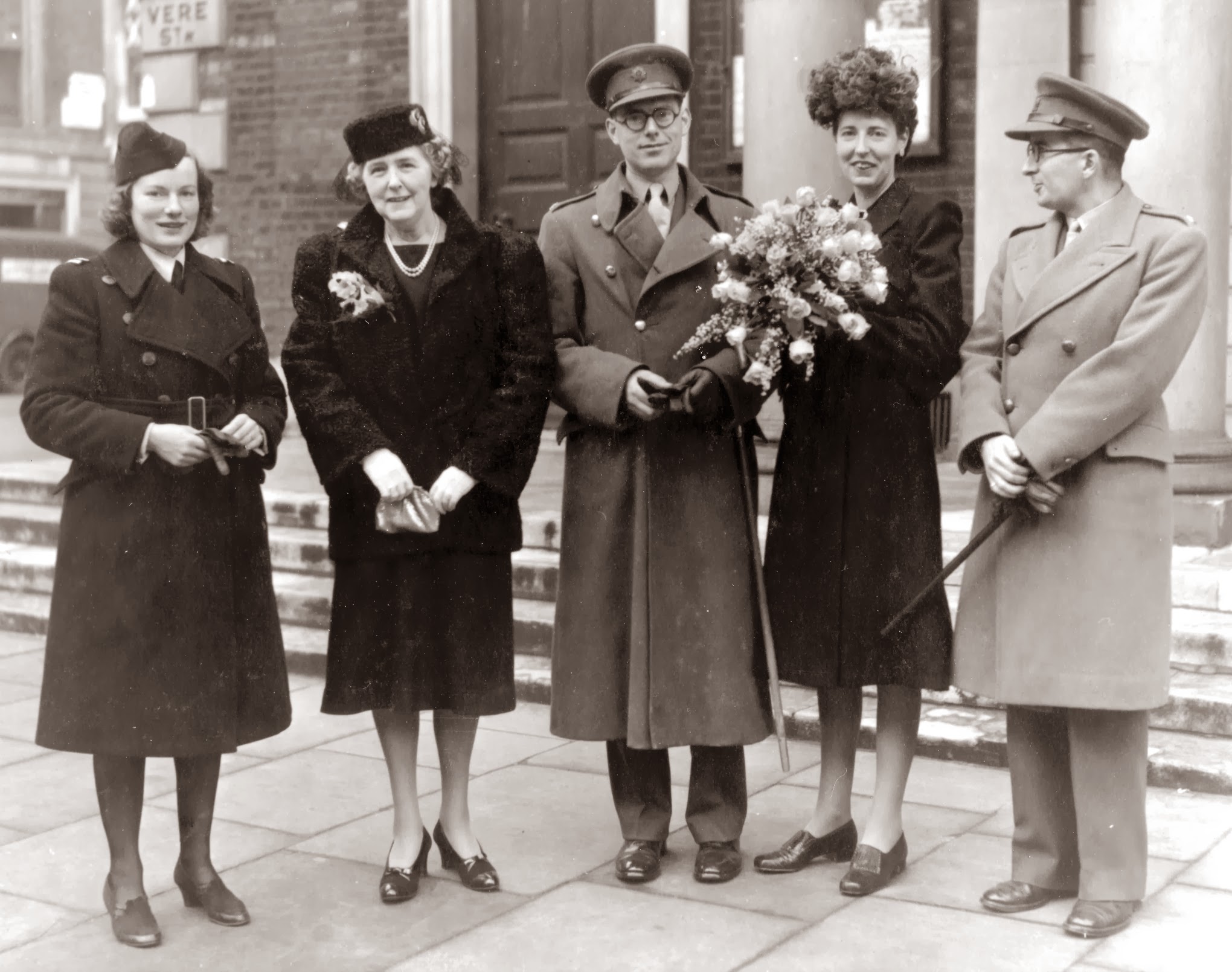 Naomi Allen on the left, Ann 2nd right. 1942?
Naomi Allen on the left, Ann 2nd right. 1942?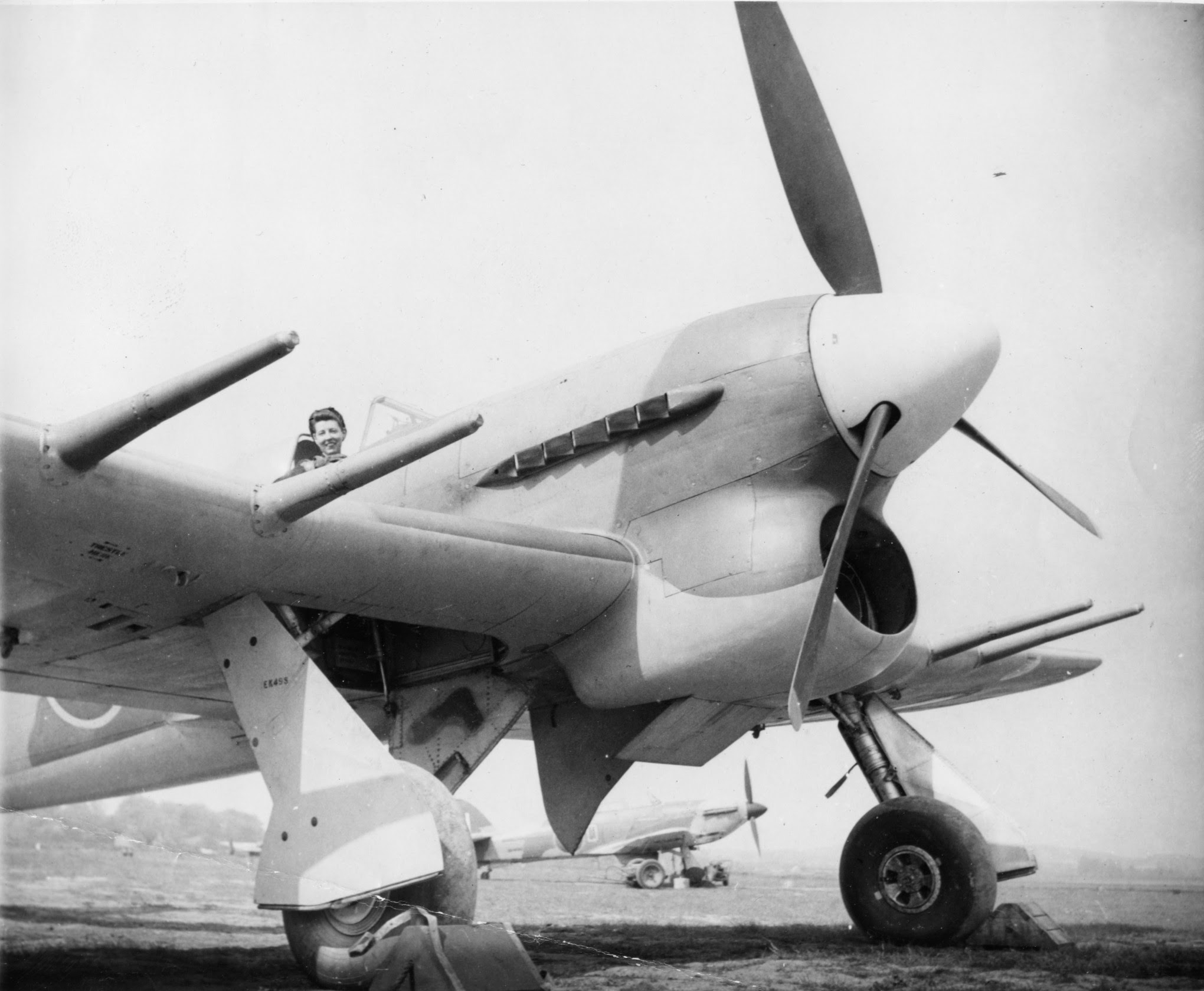 Ann in a Typhoon [photos with thanks to Nicholas Thomas]
Ann in a Typhoon [photos with thanks to Nicholas Thomas] 1939
1939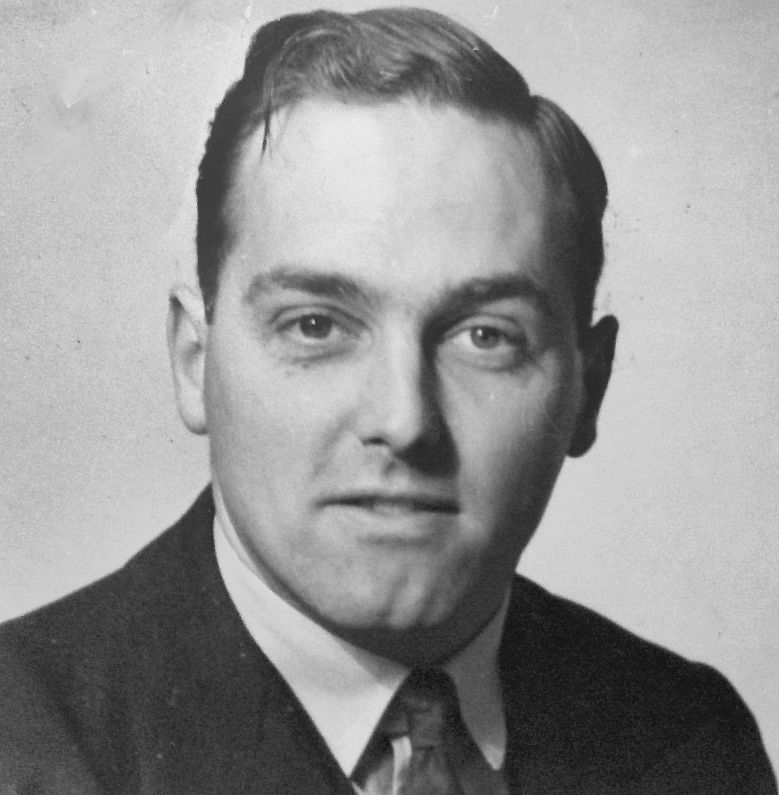 ATA
ATA
 Alan's original ATA Identity Card
Alan's original ATA Identity Card

 RAeC 1940
RAeC 1940

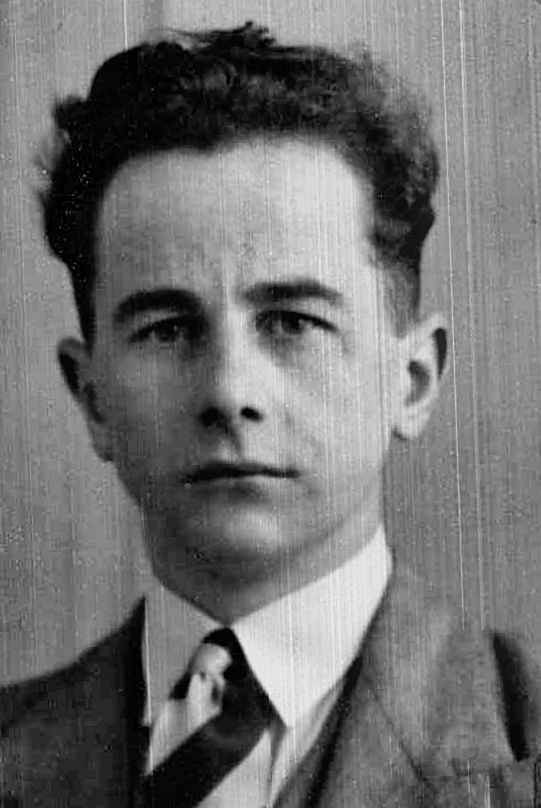 1938
1938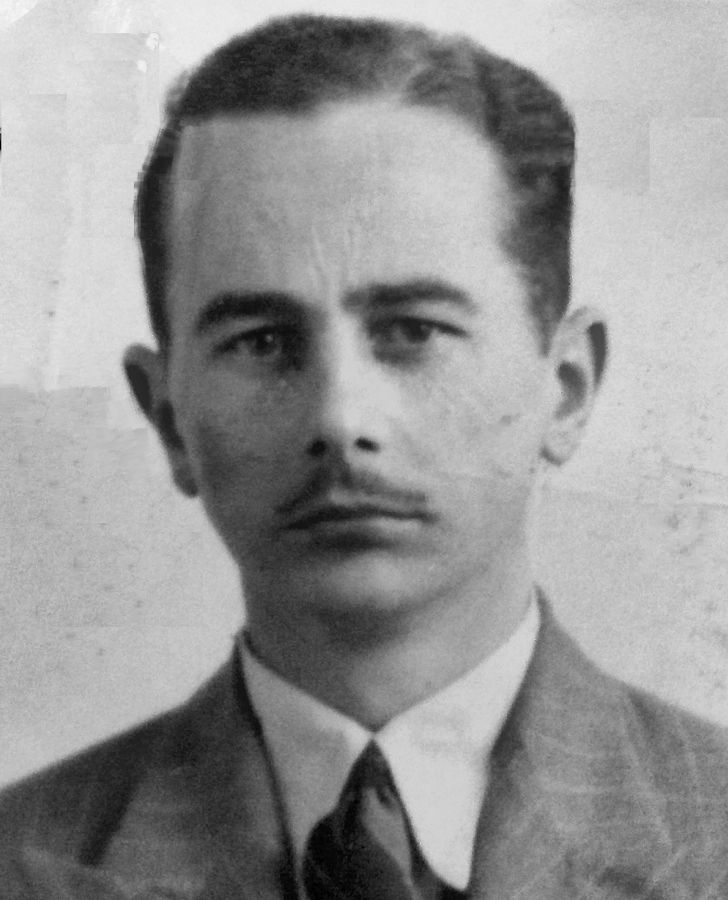 ATA
ATA
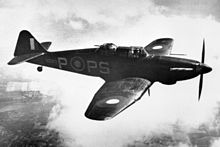
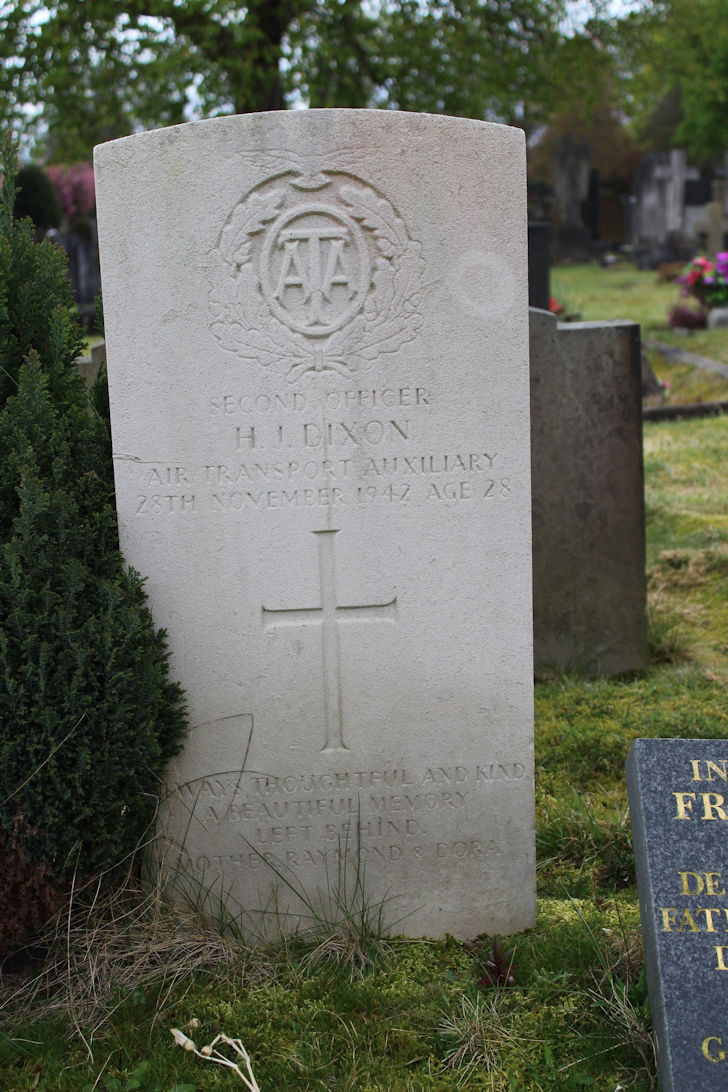
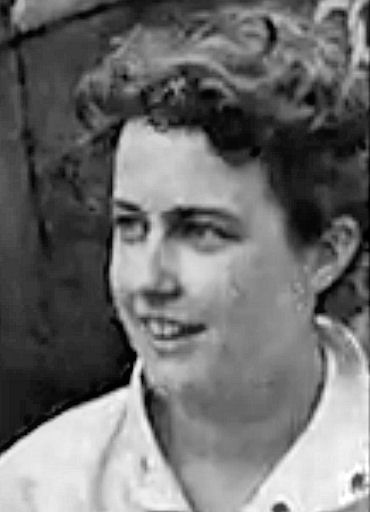
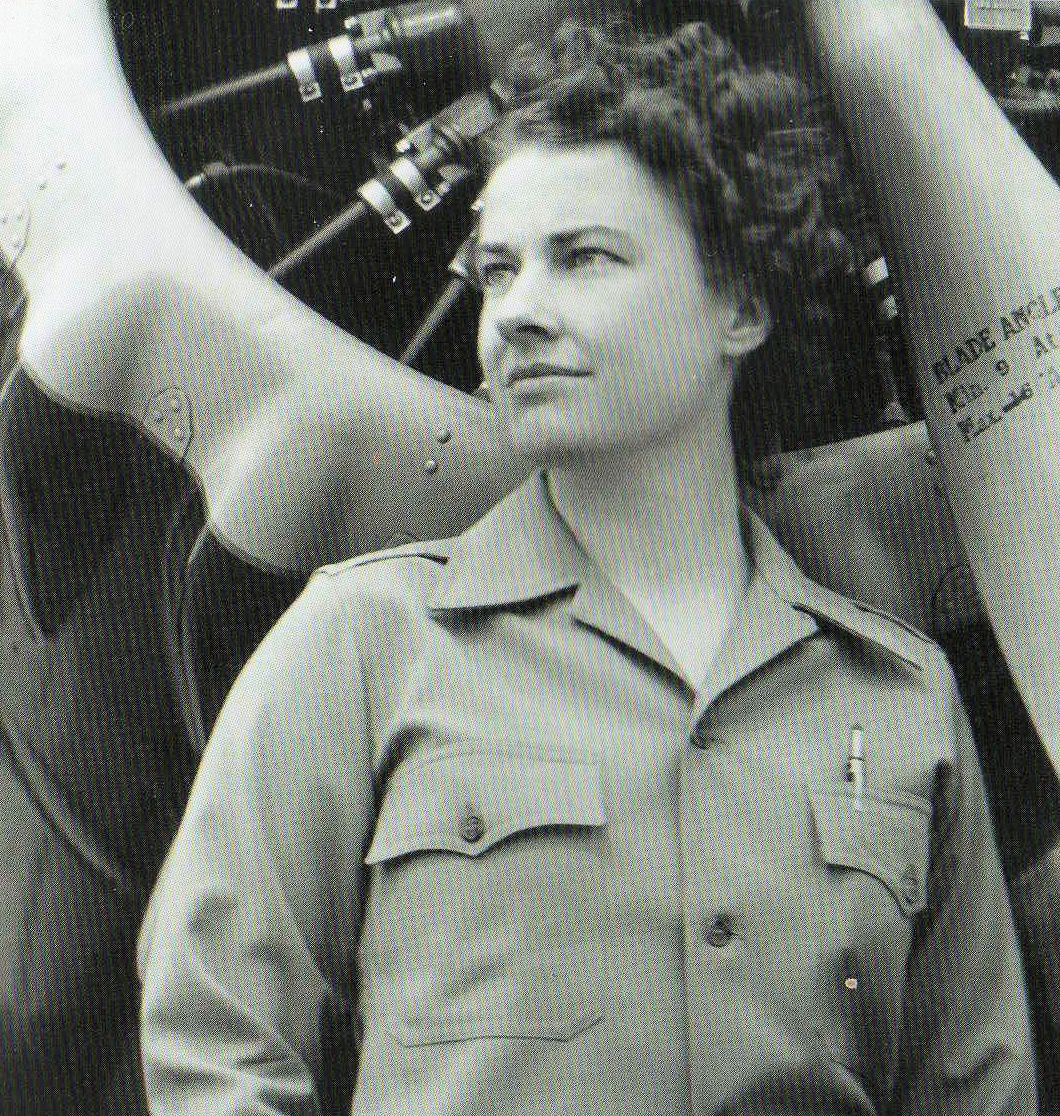

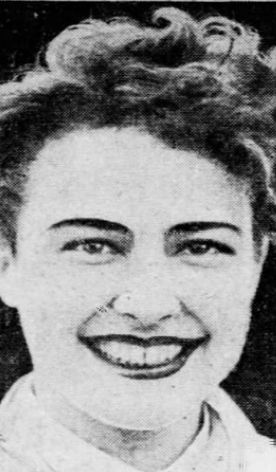

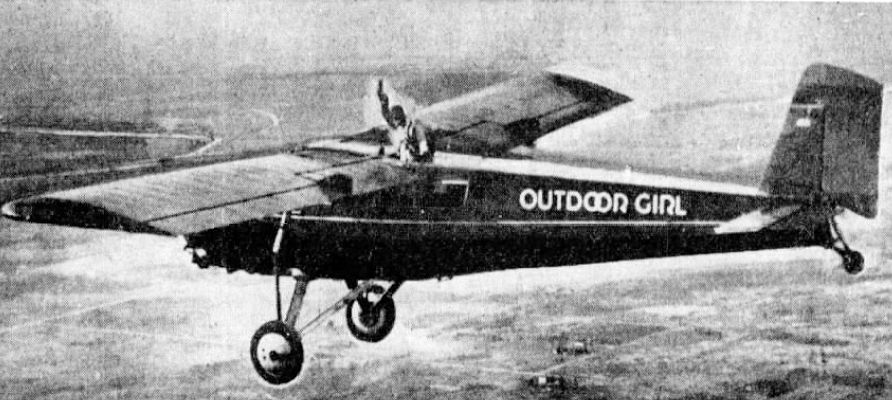
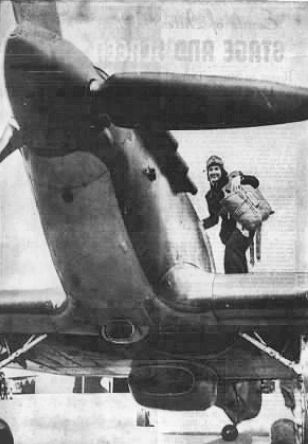 San Franciso Examiner, Aug 1942
San Franciso Examiner, Aug 1942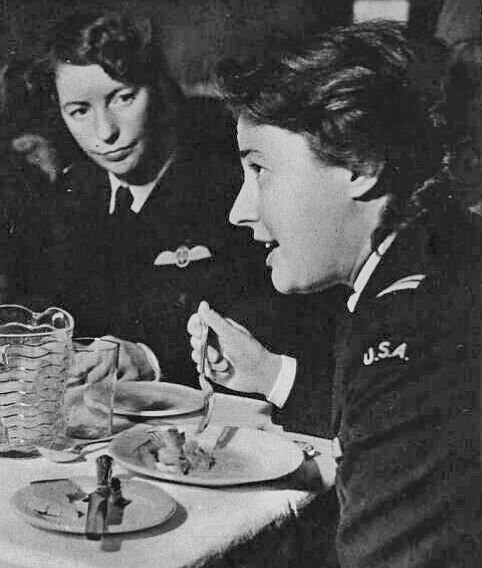
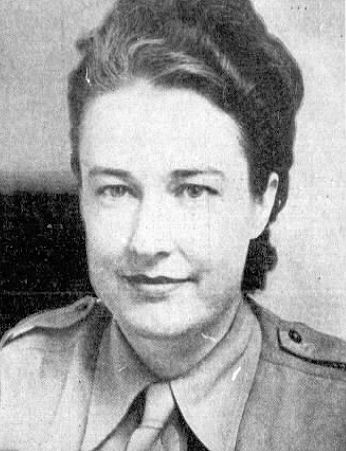
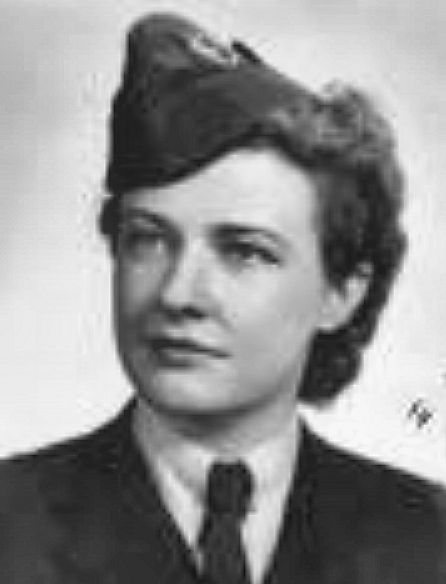

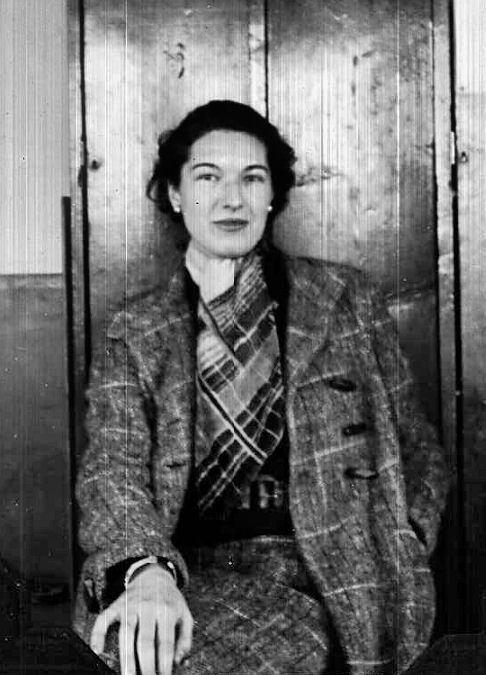 RAeC 1936
RAeC 1936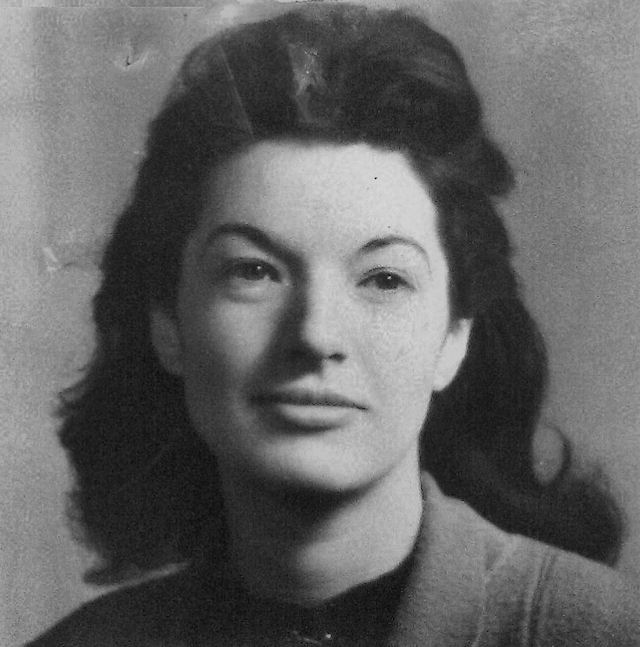 ATA
ATA 1939. "Mummy's Vauxhall & Daddy's M.G." - Ancestry
1939. "Mummy's Vauxhall & Daddy's M.G." - Ancestry Ancestry
Ancestry ATA
ATA RAeC 1936
RAeC 1936
 1935 RAeC
1935 RAeC ATA
ATA ATA
ATA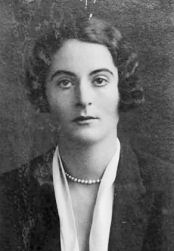 RAeC 1930
RAeC 1930



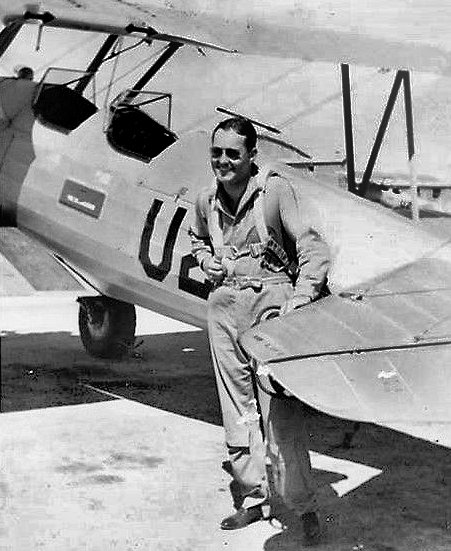
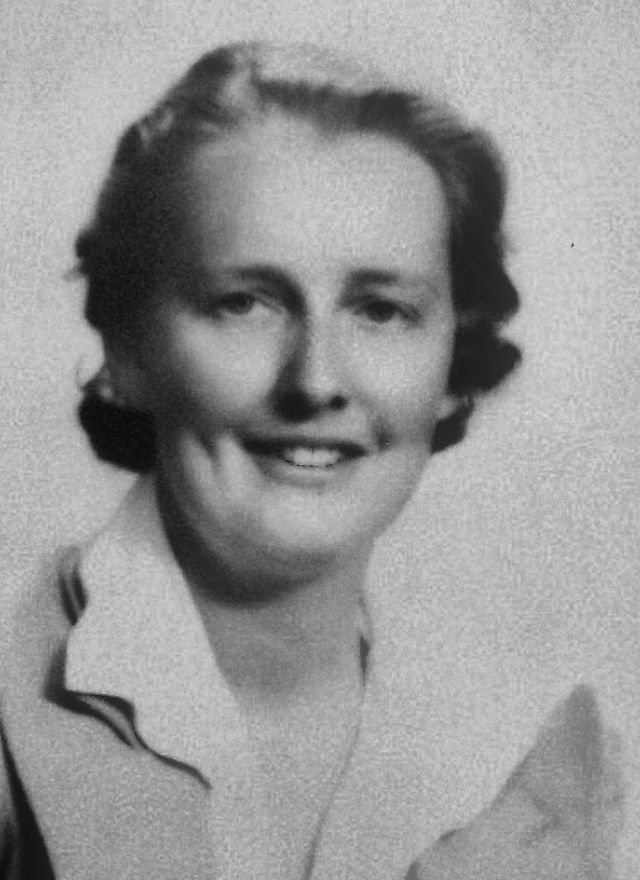 ATA
ATA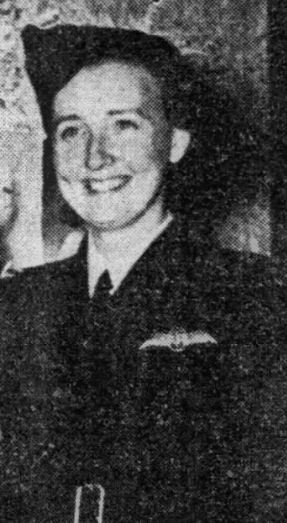 1943
1943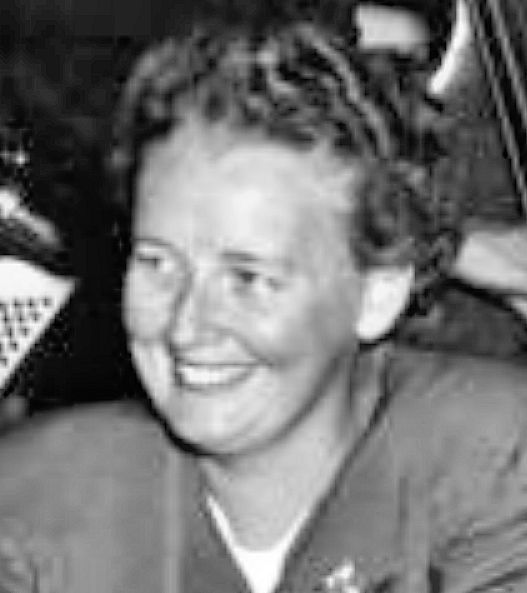
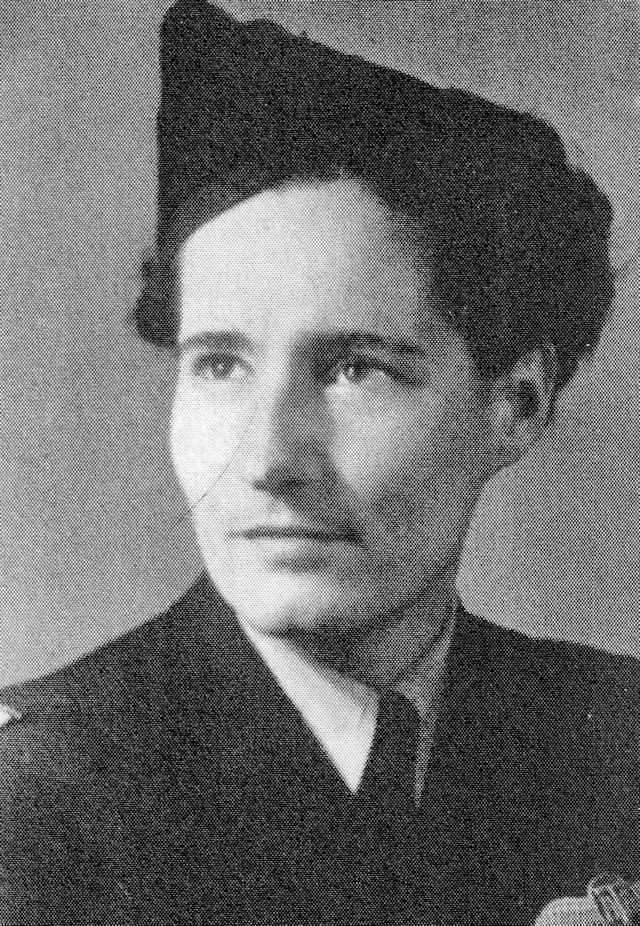

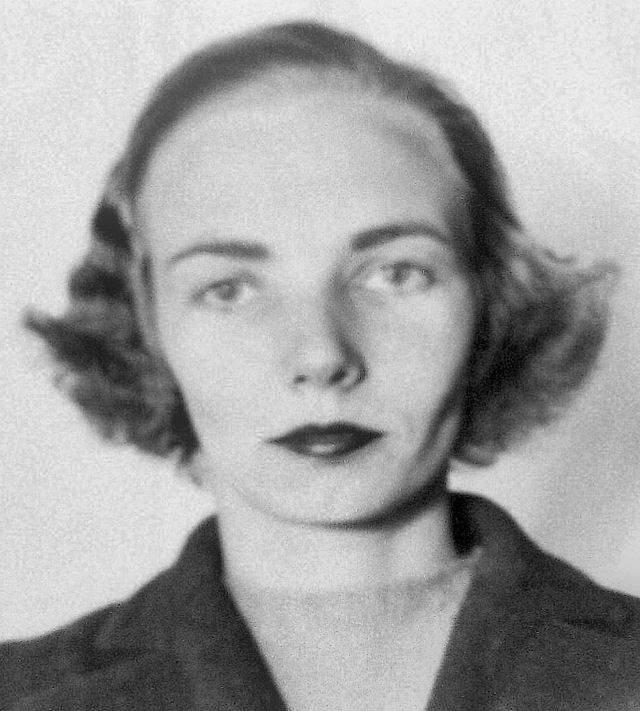
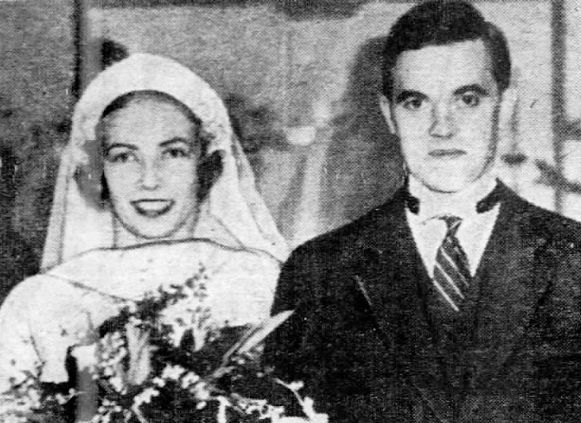
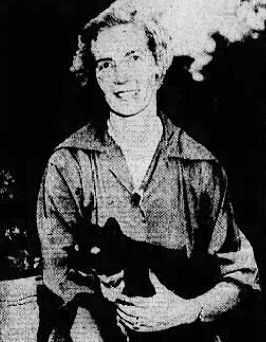
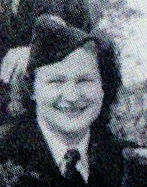 CB
CB NZ Herald 1943
NZ Herald 1943
 ATAM
ATAM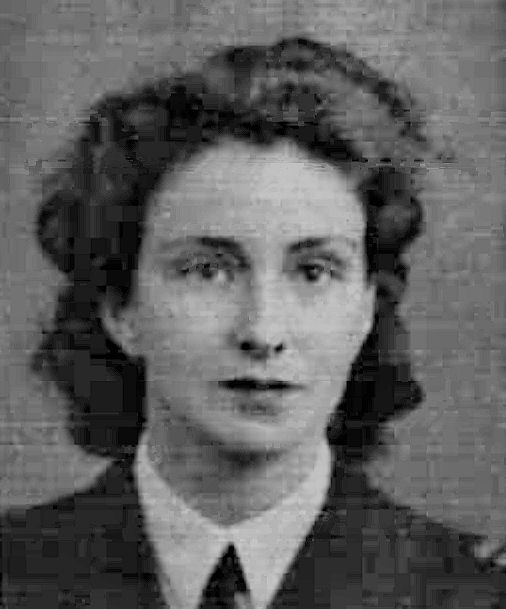 RAeC 1945
RAeC 1945 Yes, that picture, 1944
Yes, that picture, 1944 ATAM
ATAM 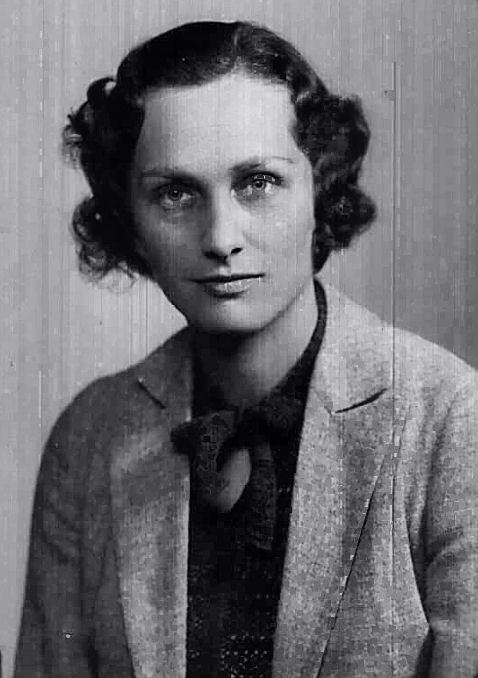 RAeC 1936
RAeC 1936

 RAeC 1939
RAeC 1939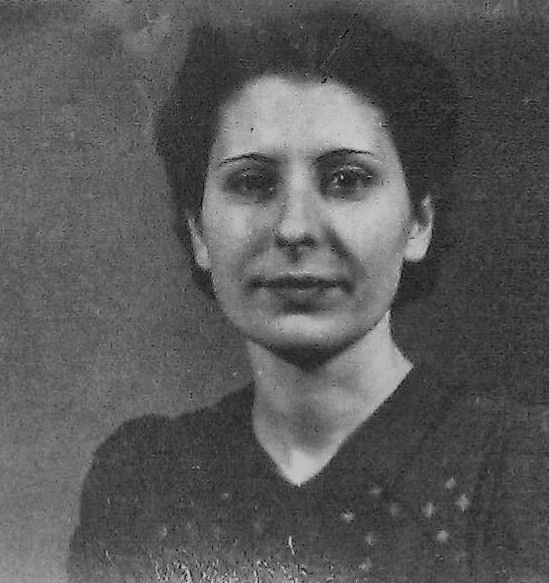 ATA
ATA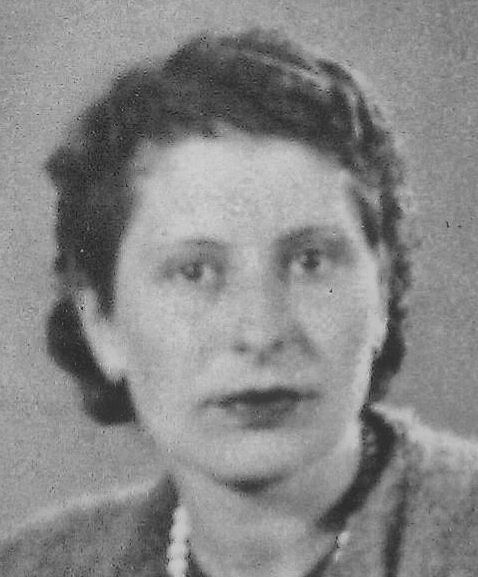 ATA
ATA Ancestry
Ancestry  ATA
ATA
 MAMM
MAMM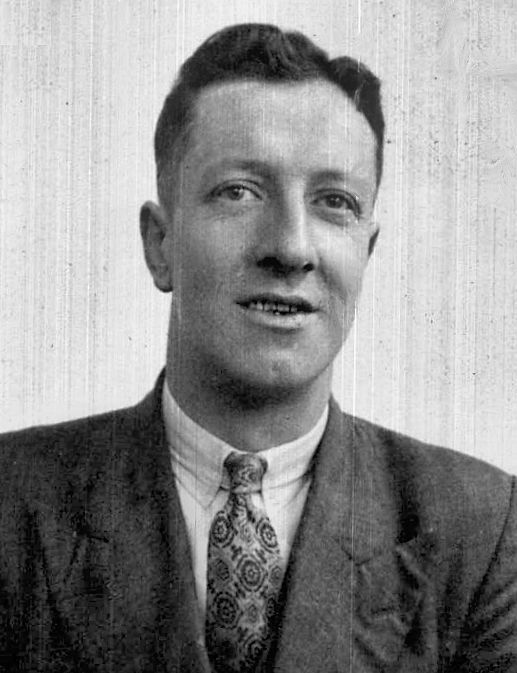 1939
1939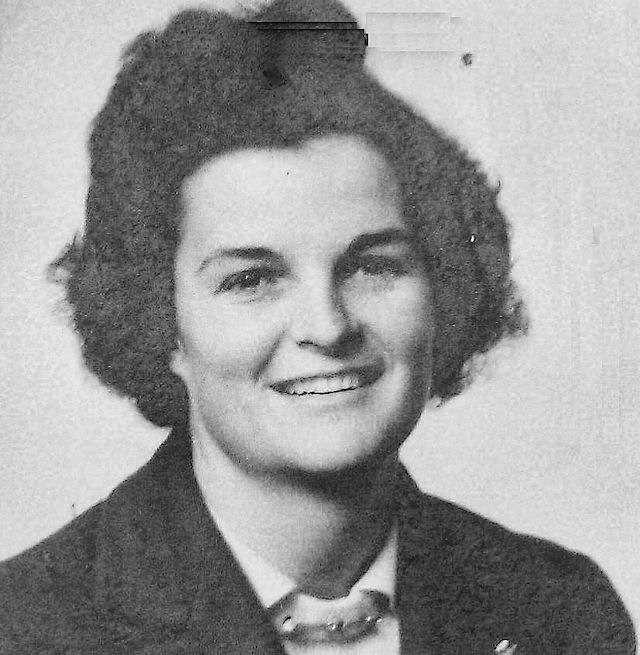 ATA
ATA 1949
1949 1949
1949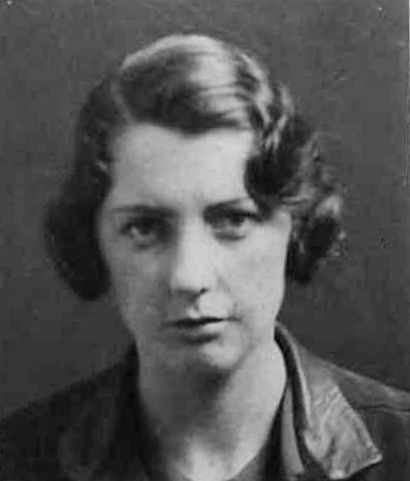
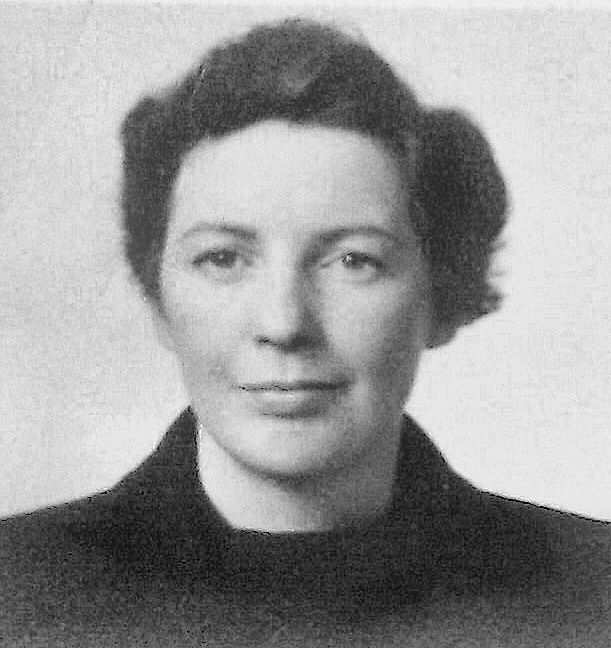
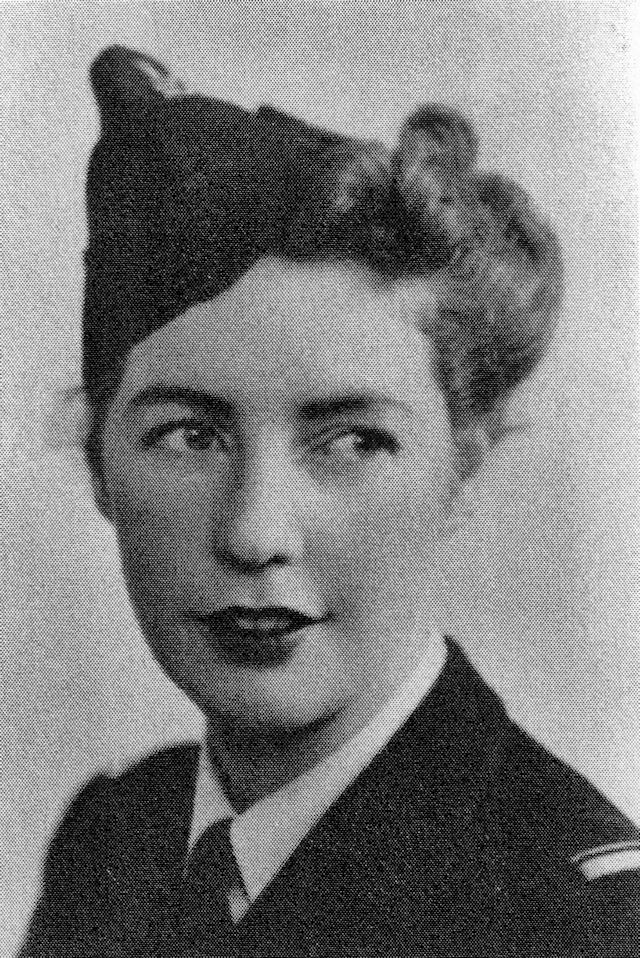
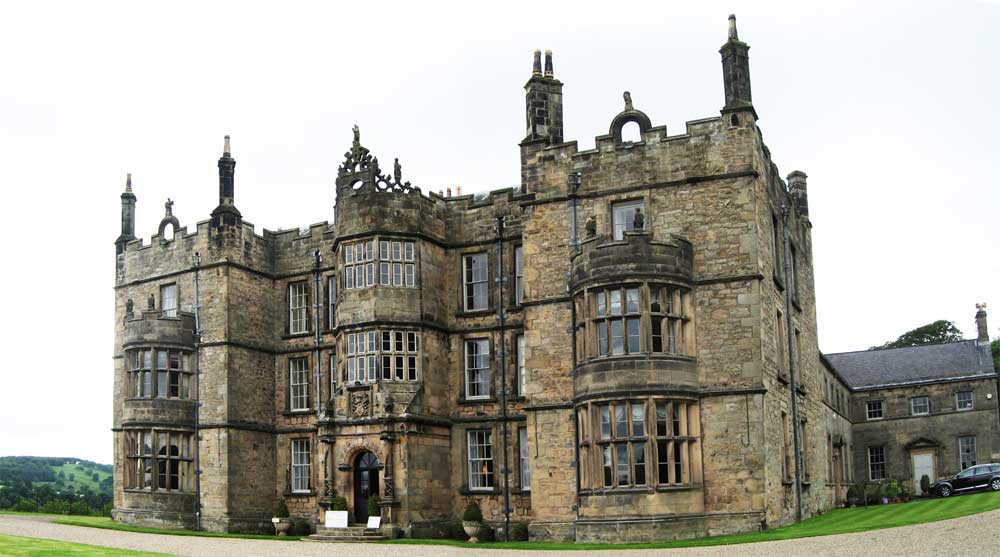
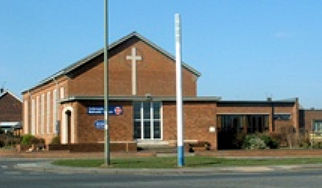 I think this must be it - Cullercoats Methodist Church...
I think this must be it - Cullercoats Methodist Church...

 ATA
ATA ATAM
ATAM


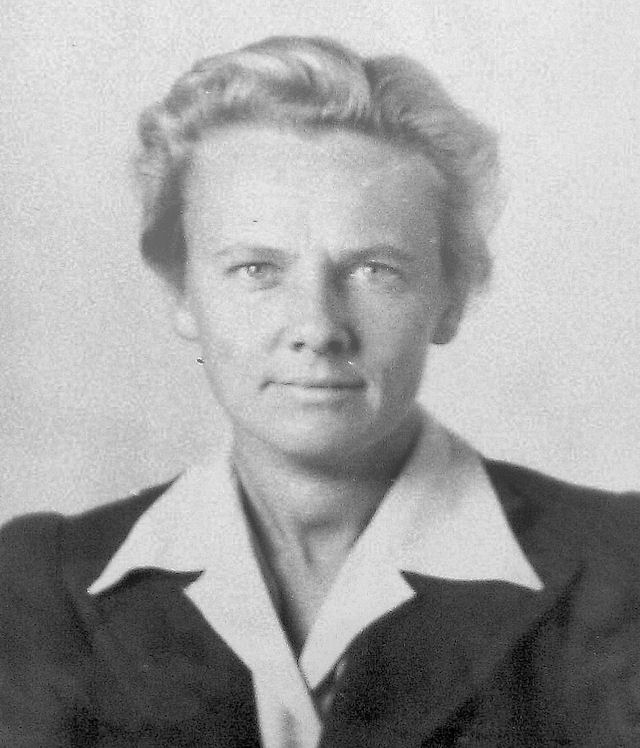 ATA
ATA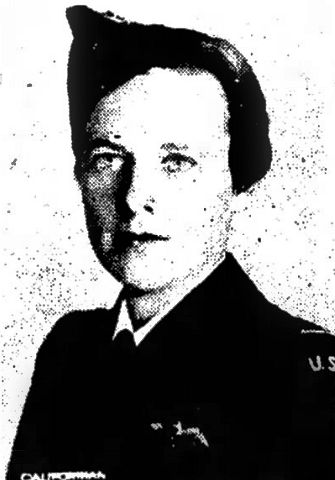
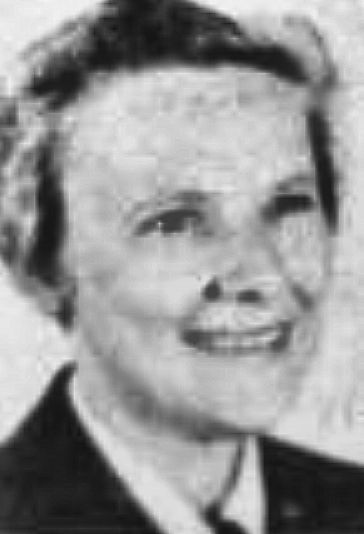
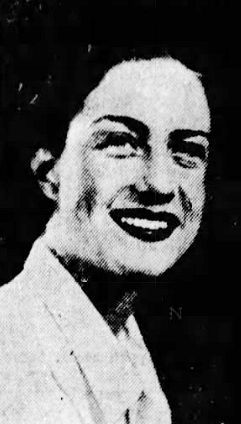 1937
1937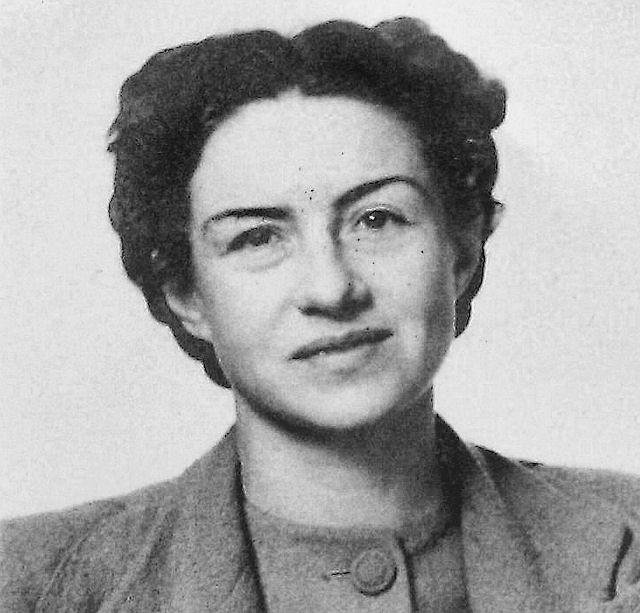
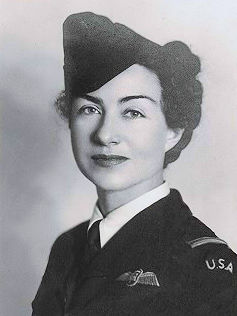
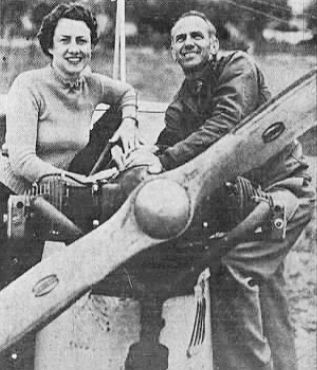
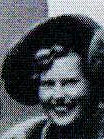 CB
CB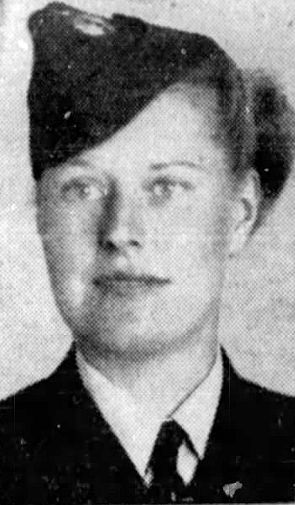 1943
1943
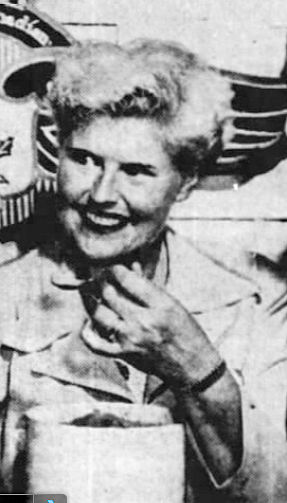 Peggy in 1951, after finishing first
Peggy in 1951, after finishing first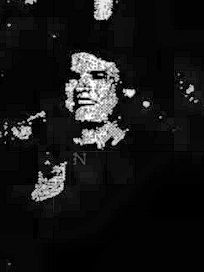
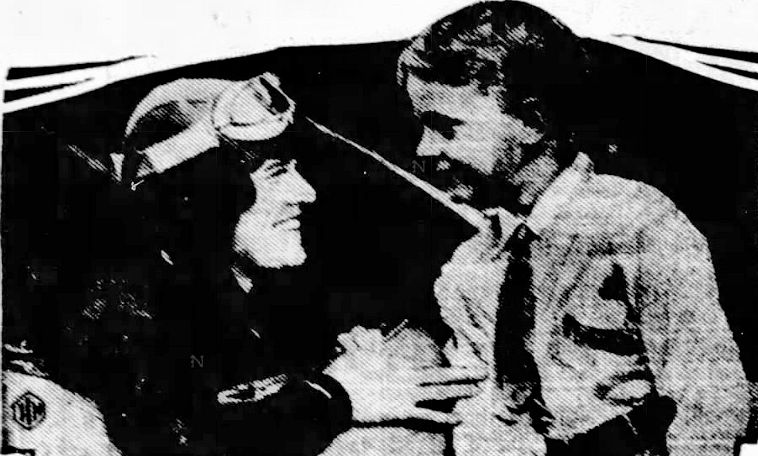 with Richard in 1931
with Richard in 1931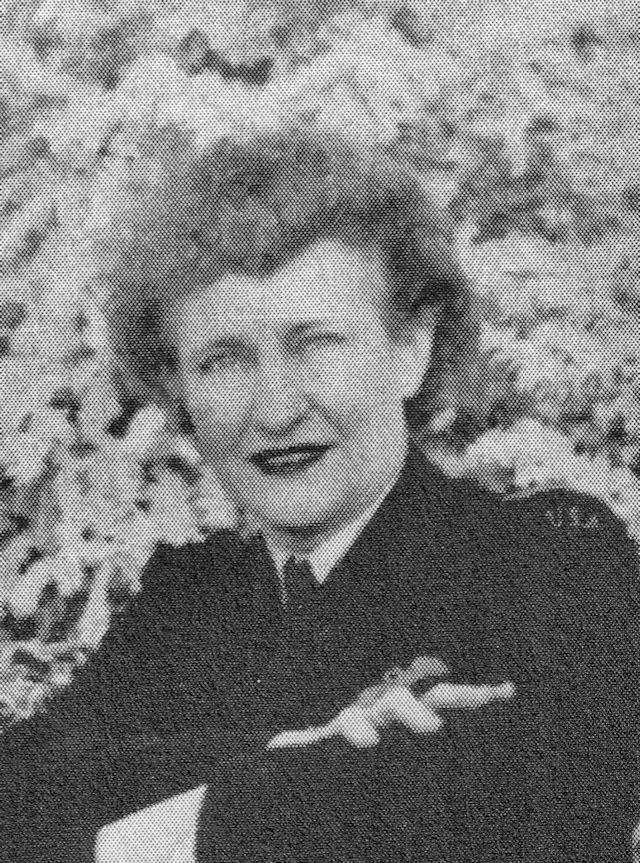 ATA
ATA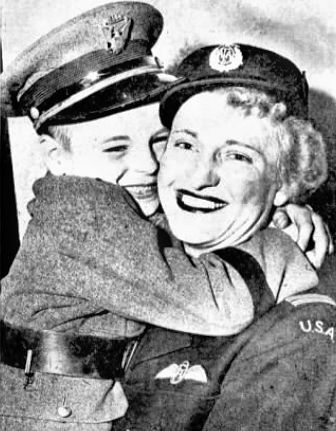
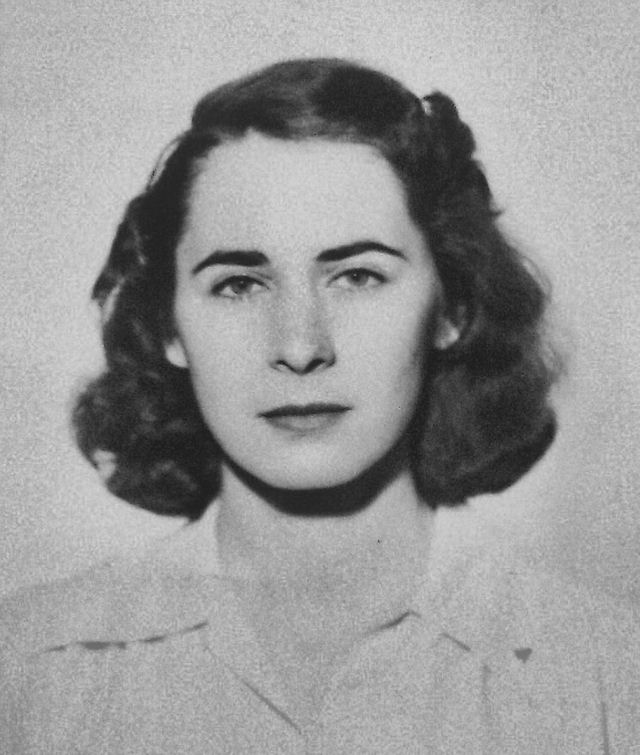
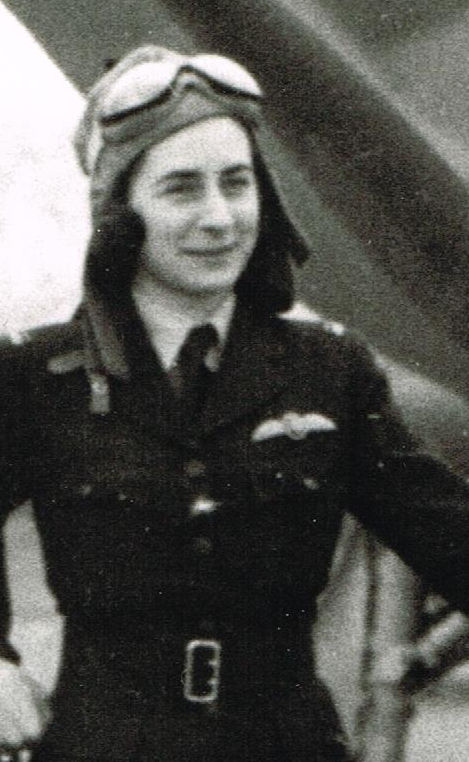

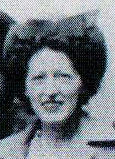 CB
CB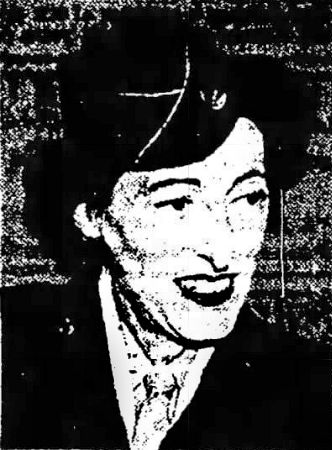
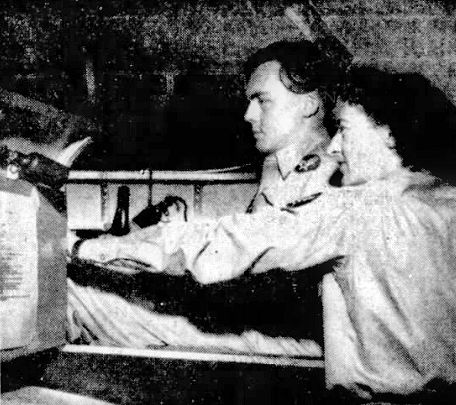
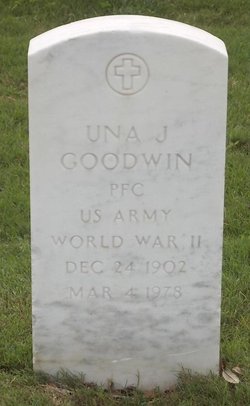 Fort Sam Houston National Cemetery
Fort Sam Houston National Cemetery 1939
1939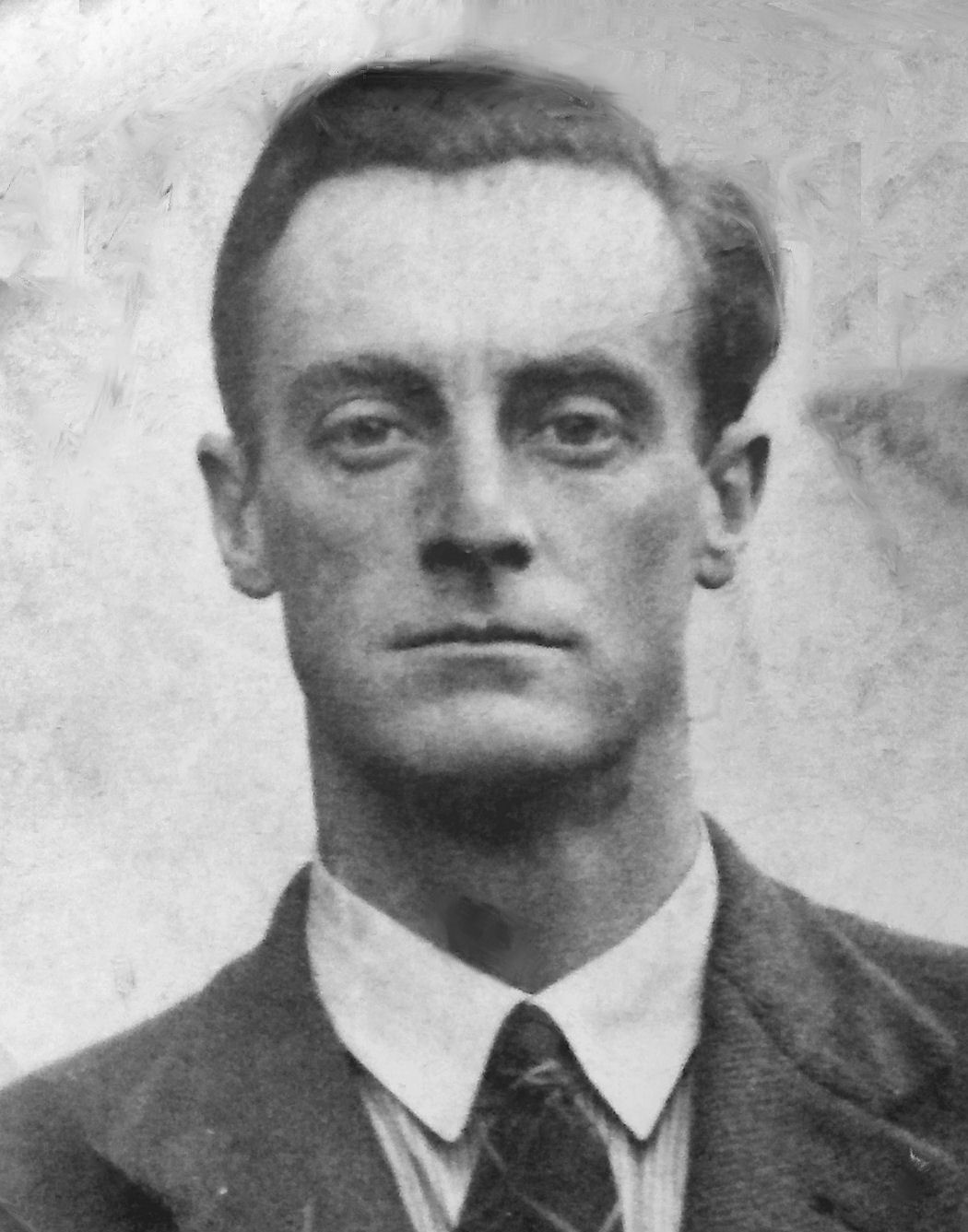 ATA
ATA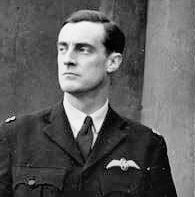 MAMM
MAMM
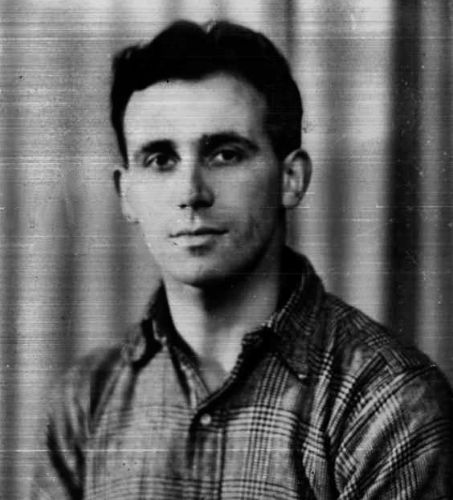 1946
1946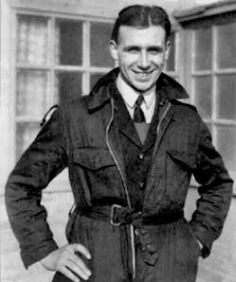
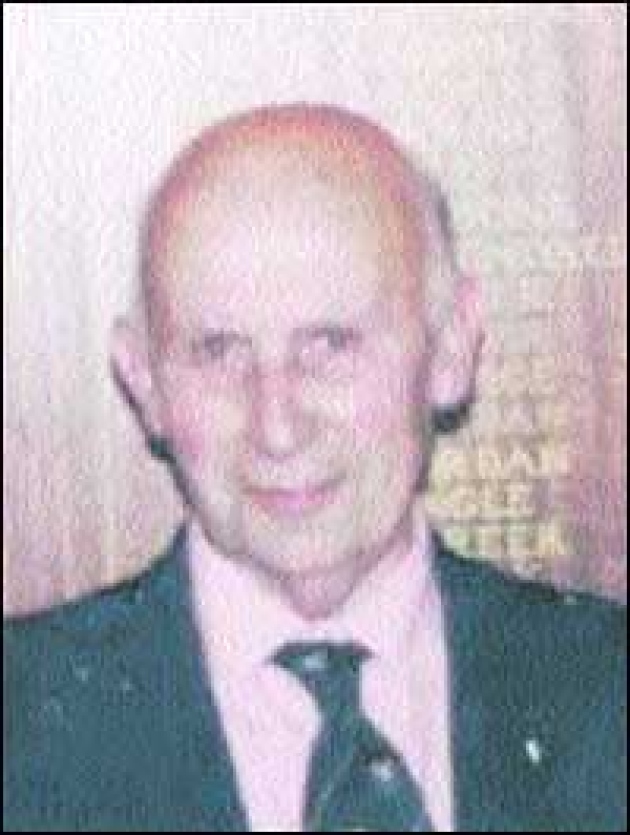
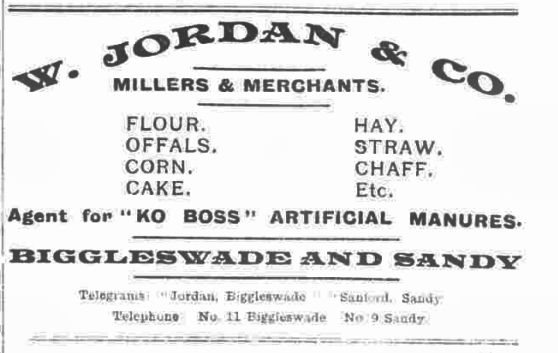 1908
1908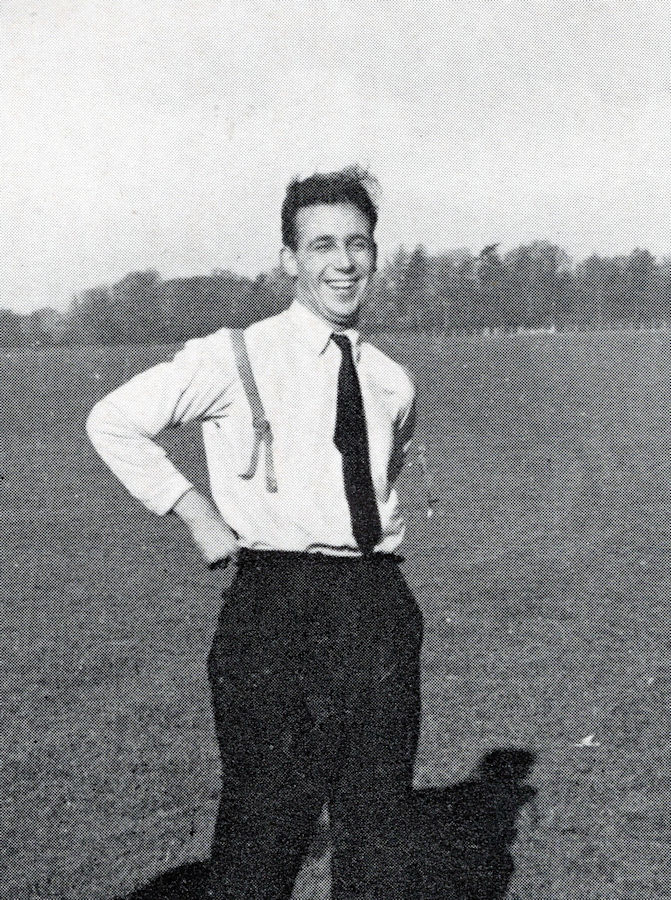 ICCL
ICCL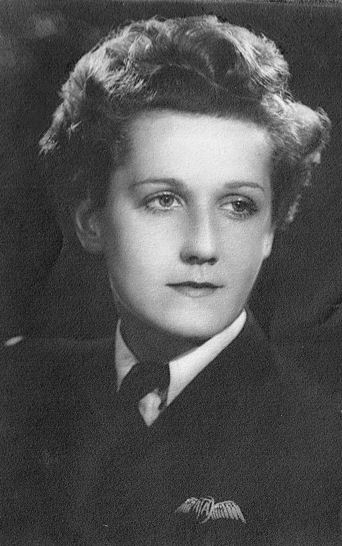 via Marcus J Hale
via Marcus J Hale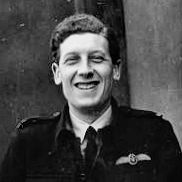 MAMM
MAMM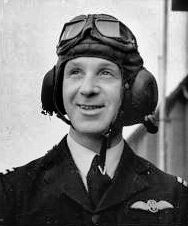 MAMM
MAMM RAeC, 18 Oct 1936
RAeC, 18 Oct 1936  Daily Herald, 29 Jul 1936
Daily Herald, 29 Jul 1936
 Daily Mirror 15th May 1953
Daily Mirror 15th May 1953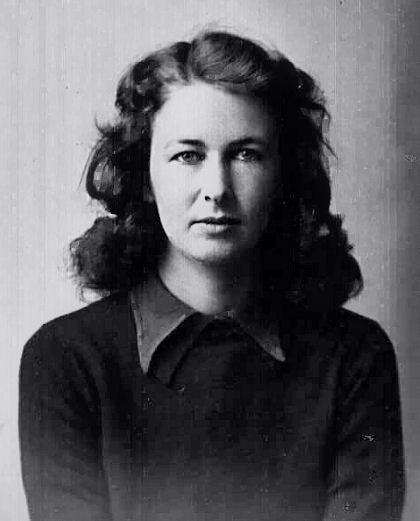 RAeC 1939
RAeC 1939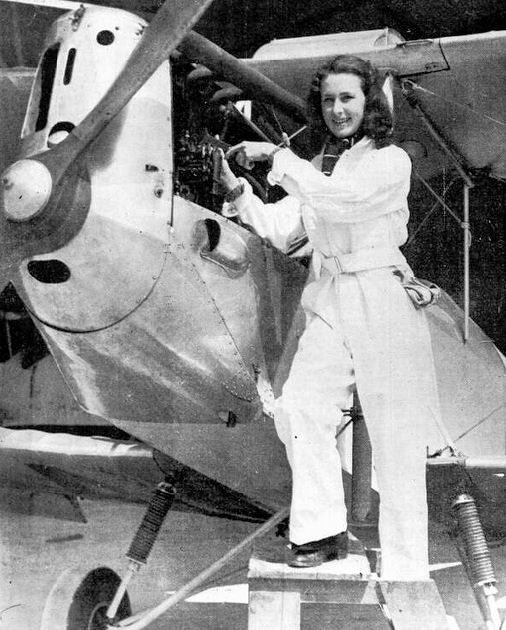 Empire Air Day 1939
Empire Air Day 1939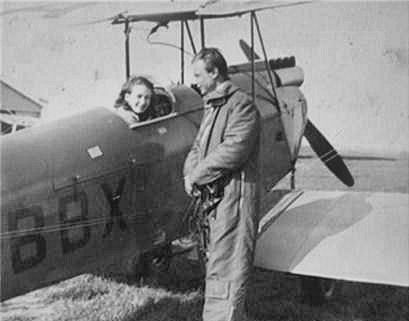
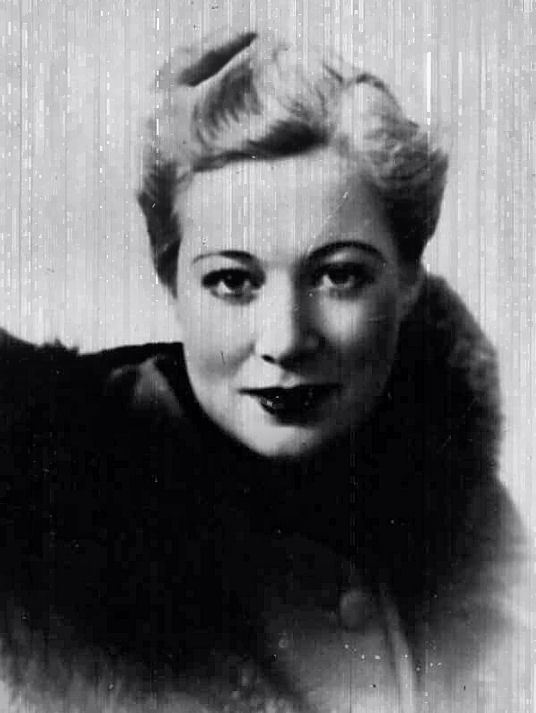 RAeC 1938
RAeC 1938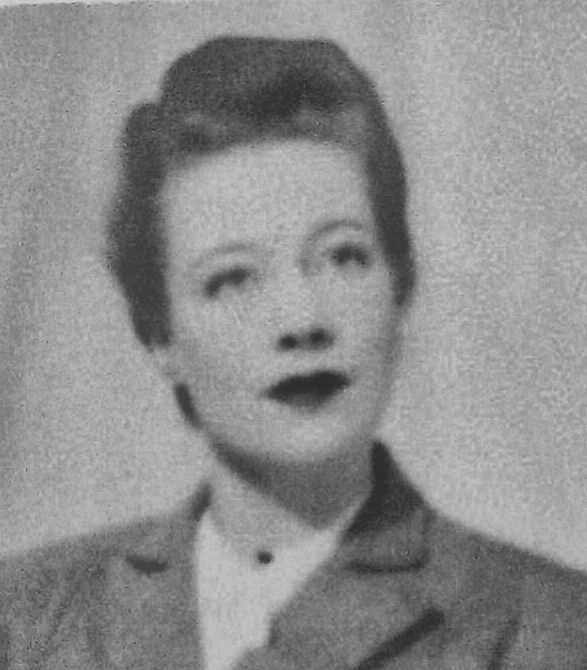 ATA
ATA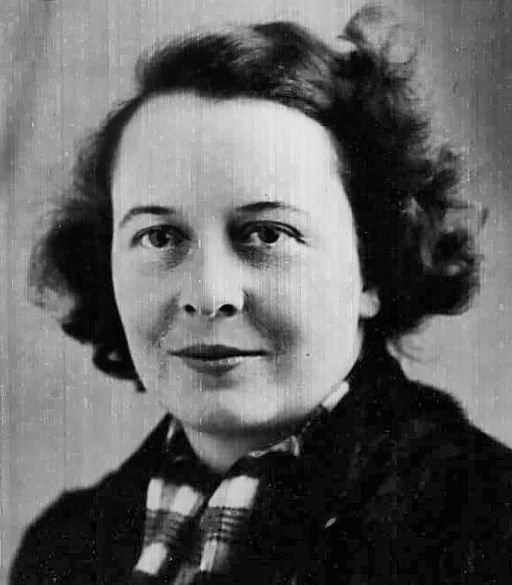 RAeC 1939
RAeC 1939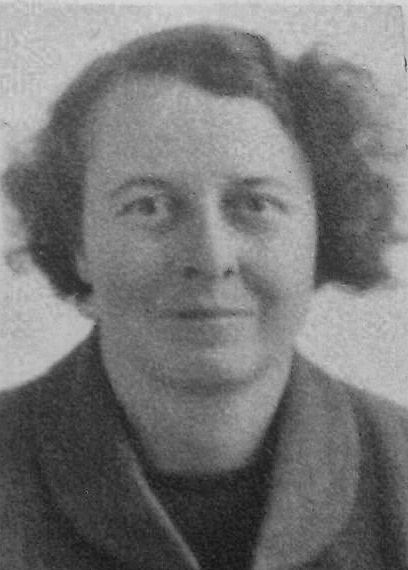 ATA
ATA
 Cennydd in 1937
Cennydd in 1937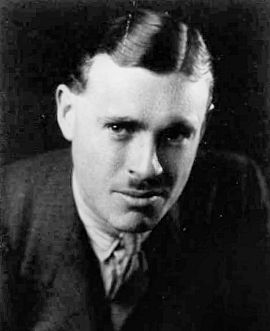 1930
1930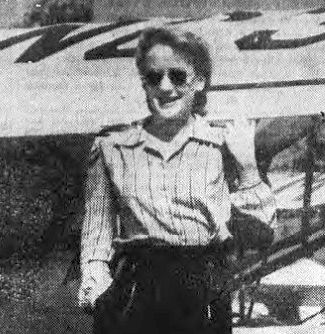

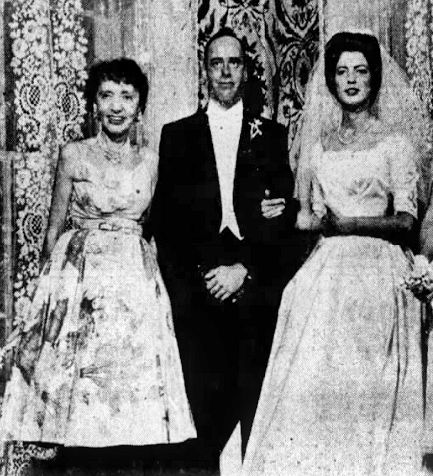 Esther, Jim and Janet
Esther, Jim and Janet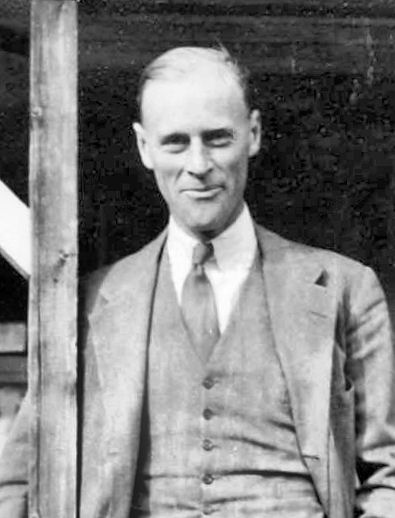 1932
1932 ATA
ATA
 1939 [RAeC]
1939 [RAeC] ATA
ATA


 ATAM
ATAM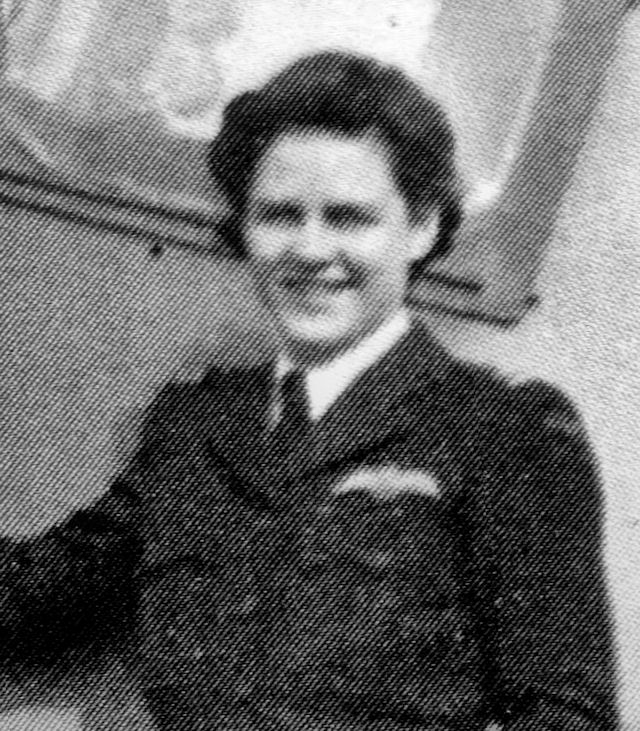 CB
CB Nancy's 1937 school photo
Nancy's 1937 school photo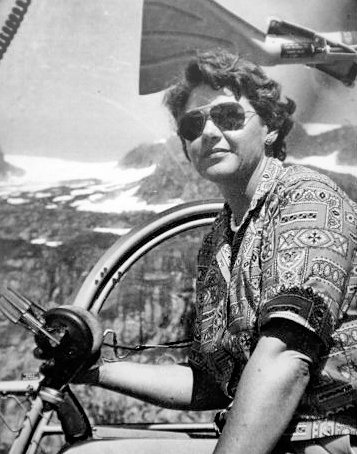 Nancy in the early 60s in Alaska
Nancy in the early 60s in Alaska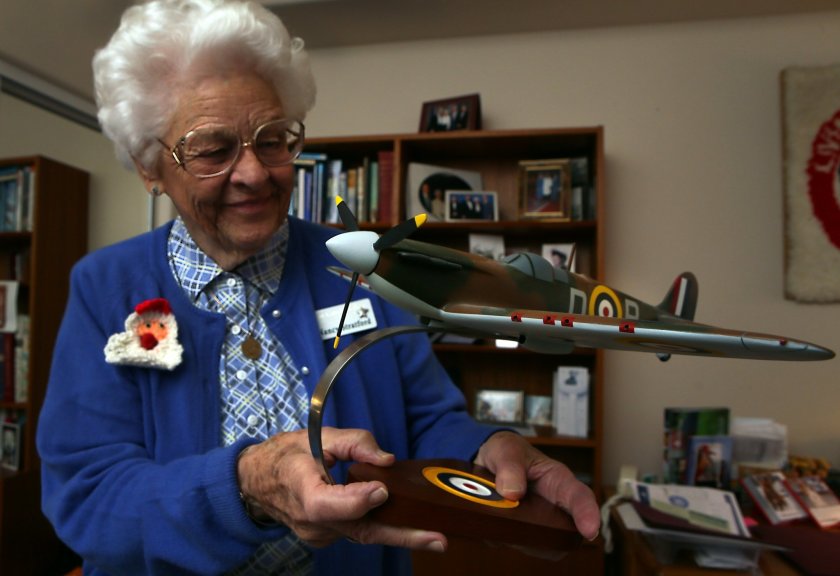 in 2014 - San Diego Union-Tribune
in 2014 - San Diego Union-Tribune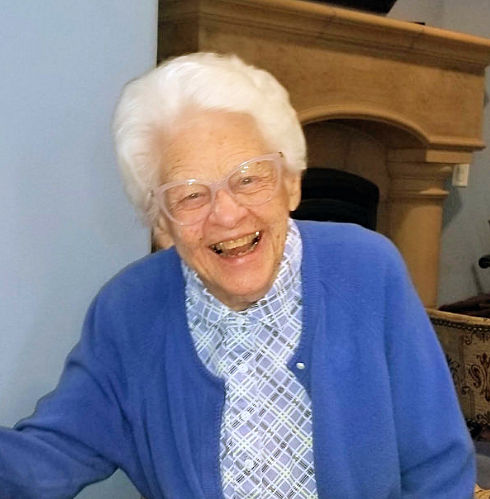 12 June 2019 (Dot Wilson)
12 June 2019 (Dot Wilson) MAMM
MAMM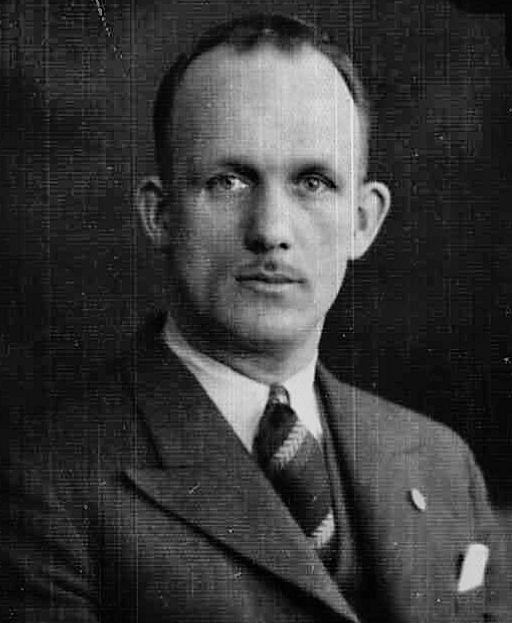 1939
1939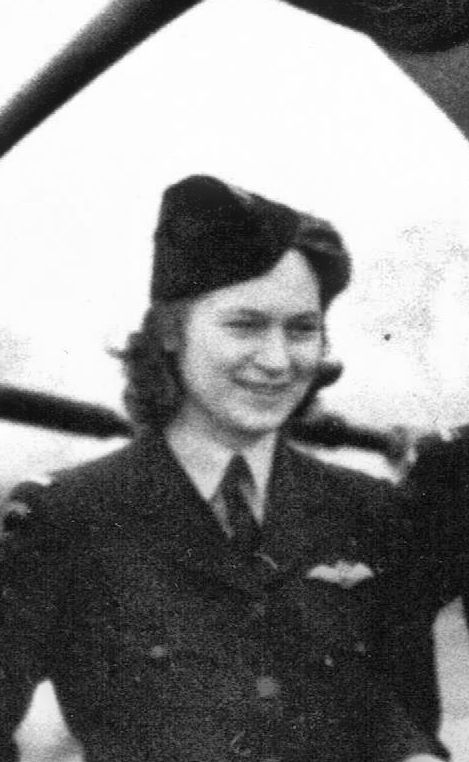 via Ania Stefanicka
via Ania Stefanicka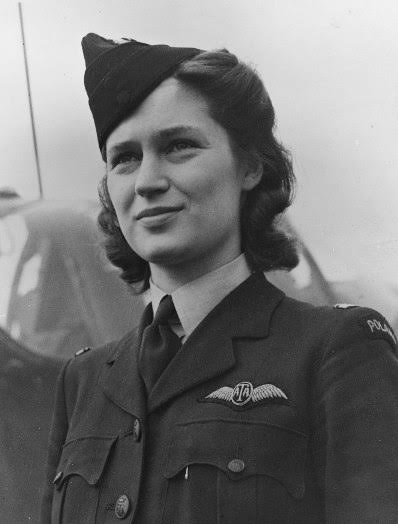 with thanks to Krzysztof Kubala
with thanks to Krzysztof Kubala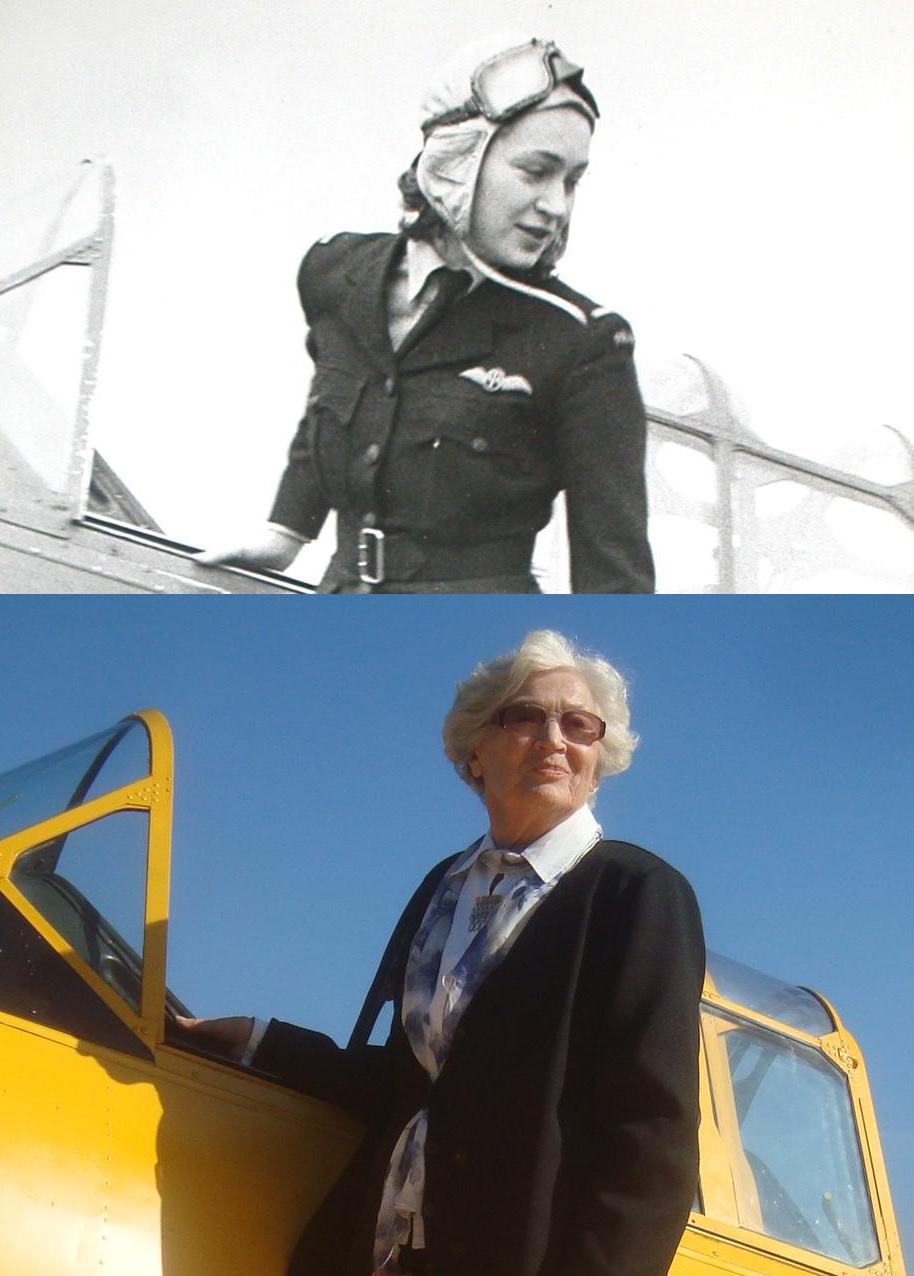
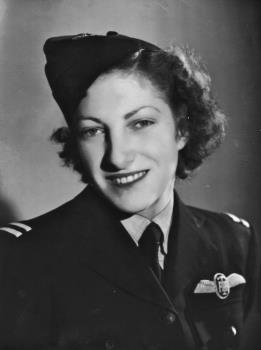 ATA
ATA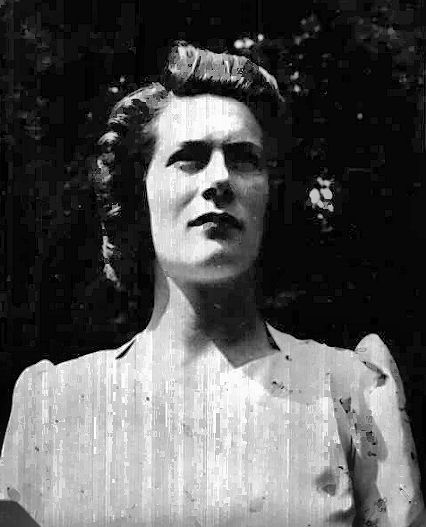 RAeC, 21 Aug 1939
RAeC, 21 Aug 1939 ATAM
ATAM ATA
ATA
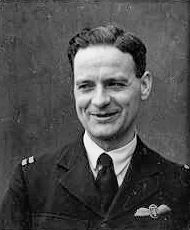 MAMM
MAMM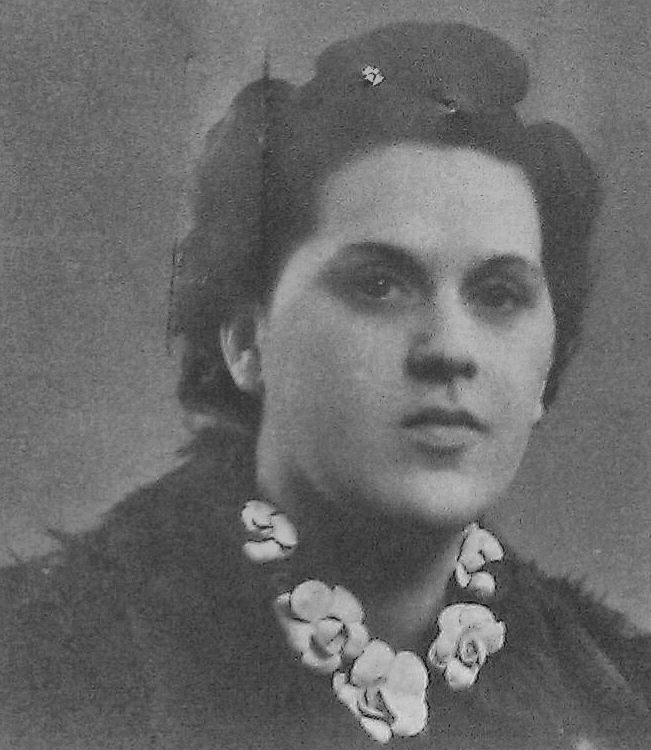
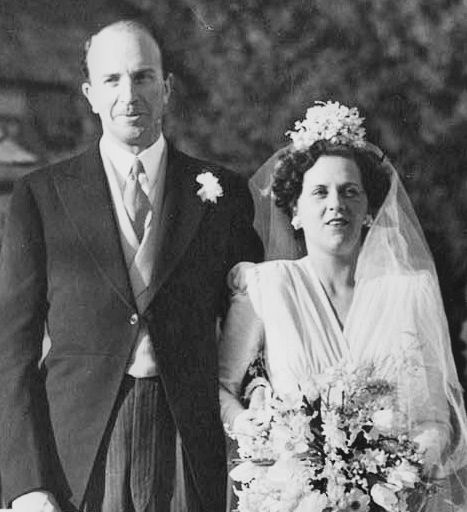

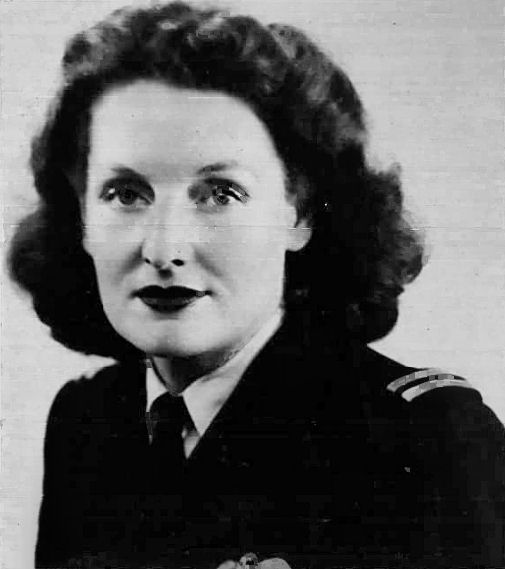 ATA
ATA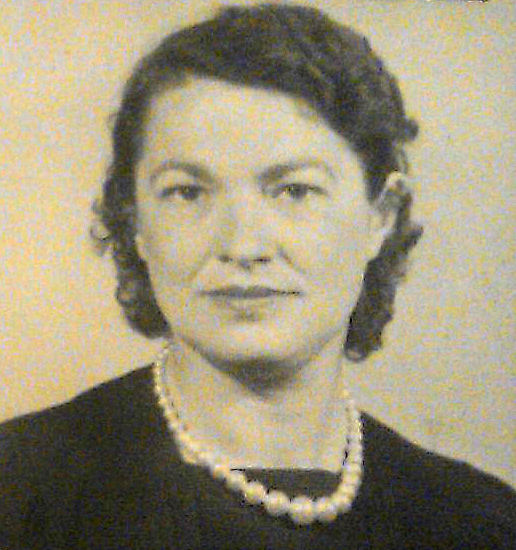

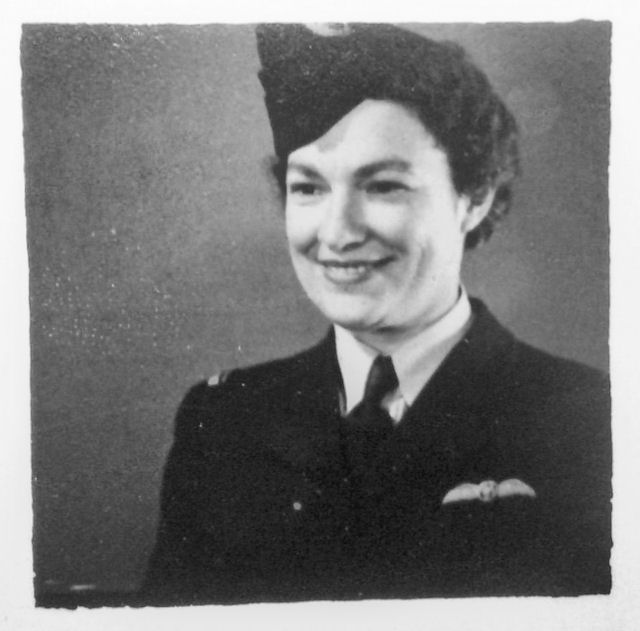






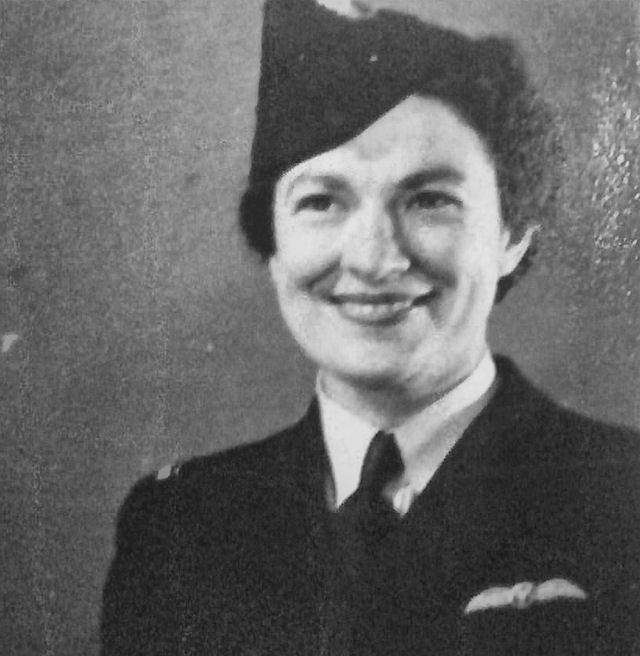
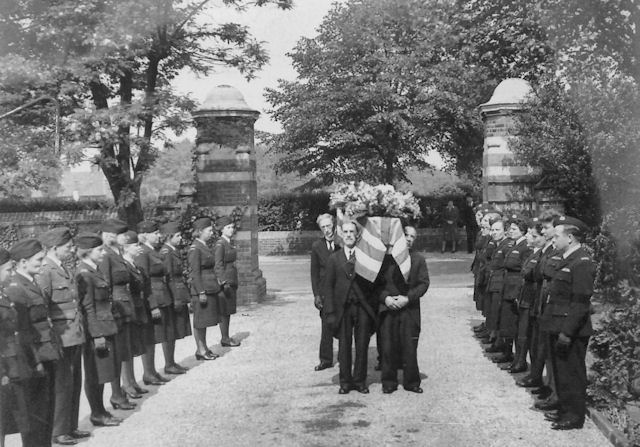
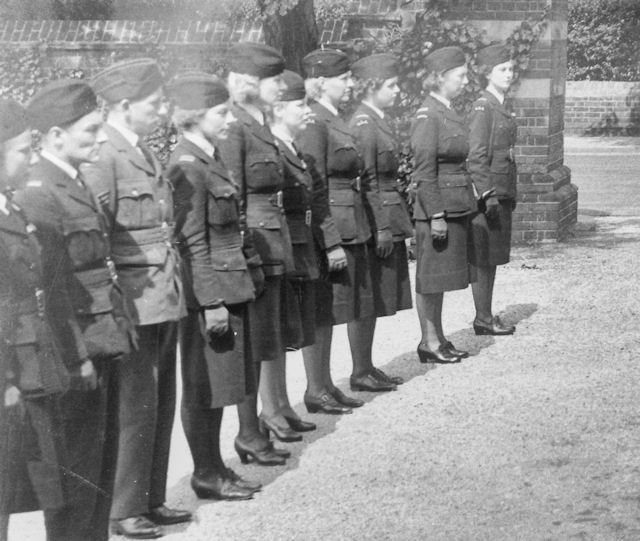
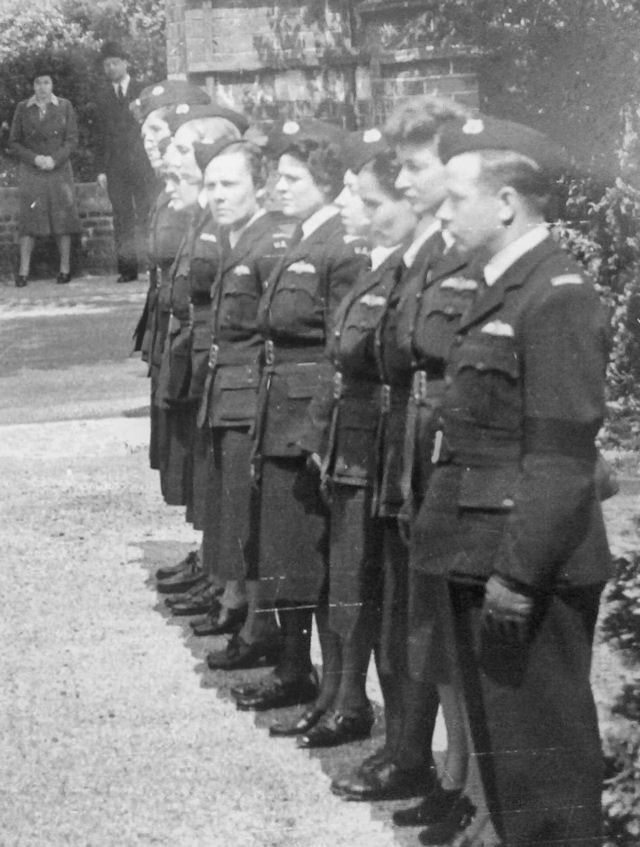

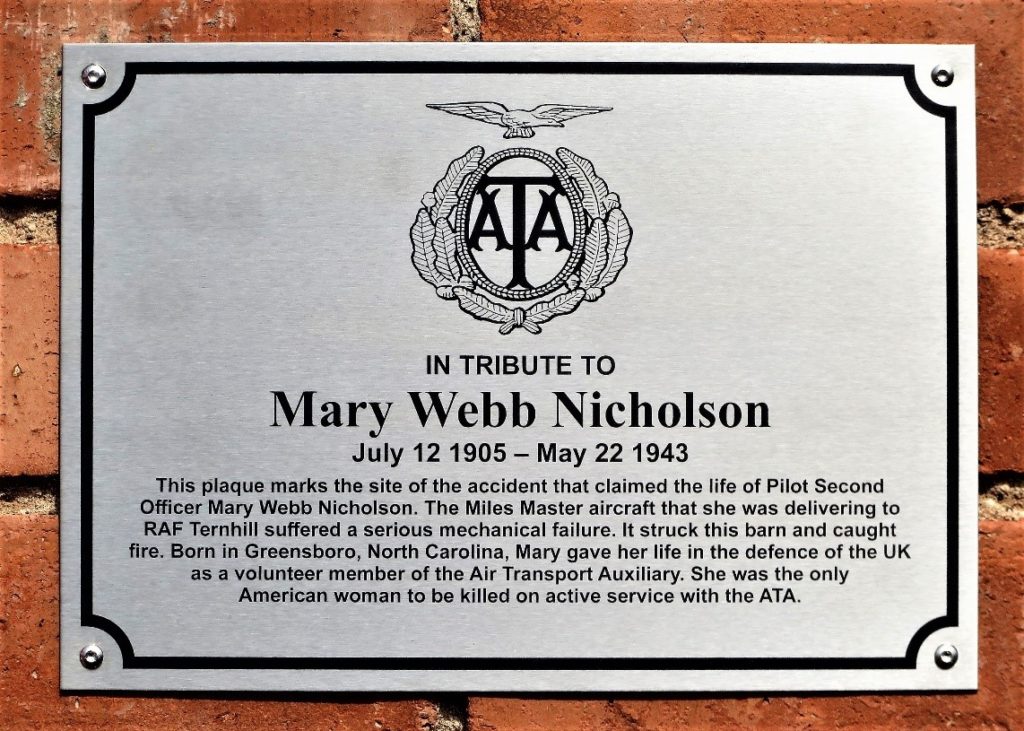
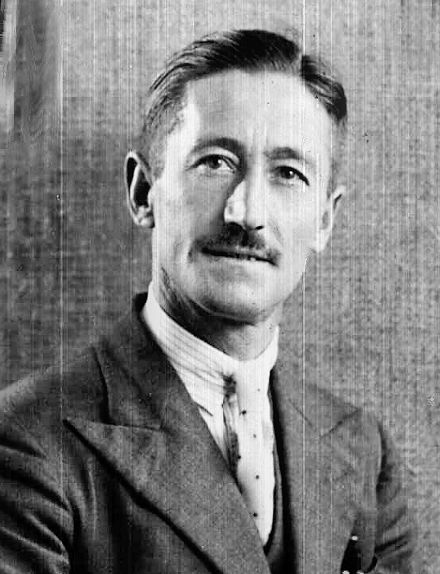 1939
1939 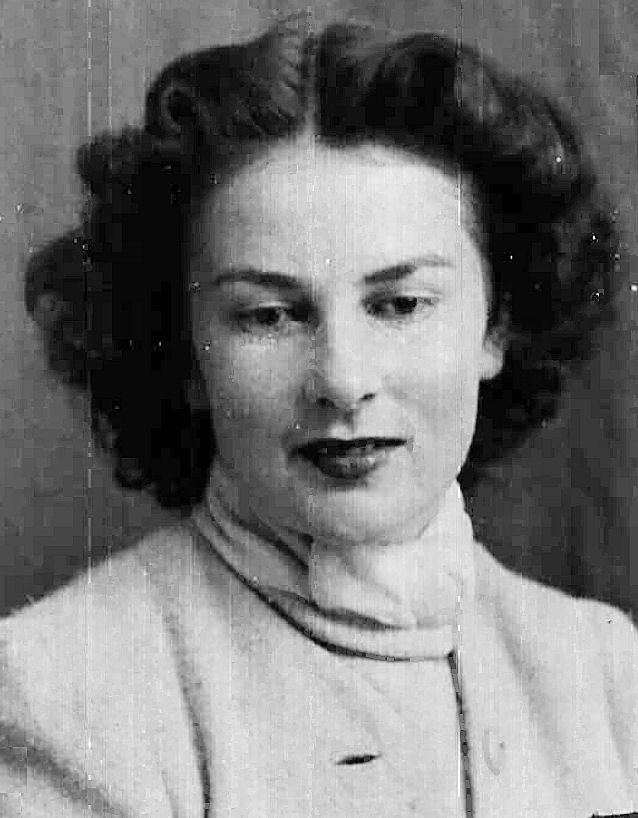 RAeC 1939
RAeC 1939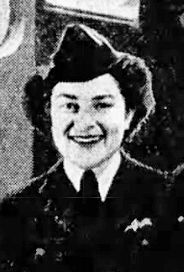 1945
1945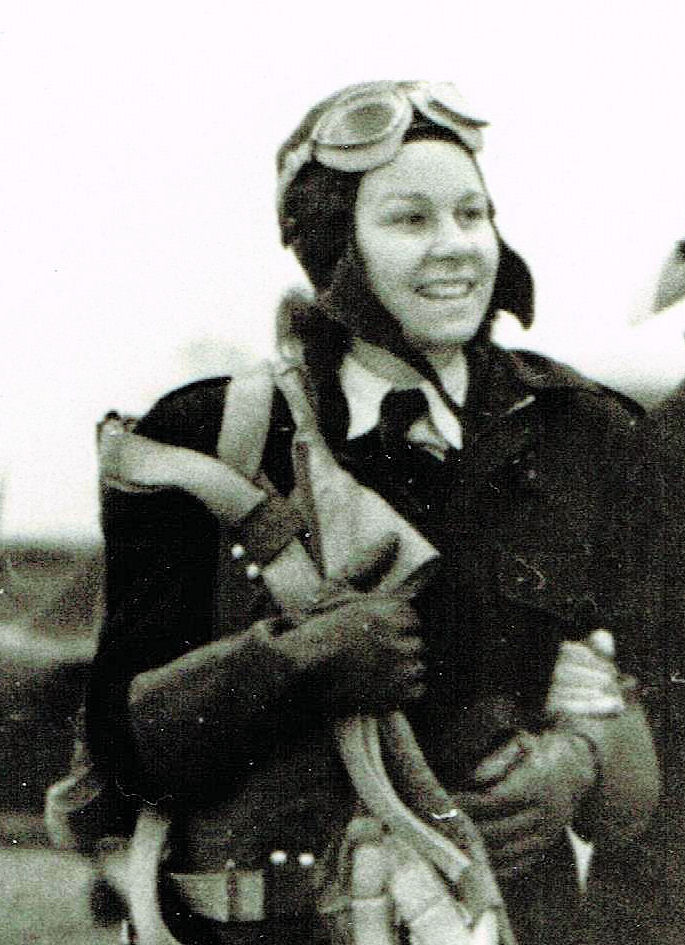
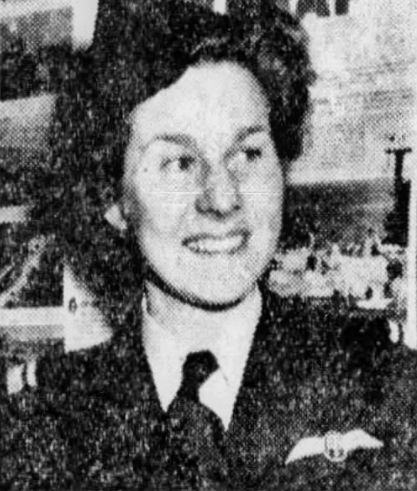 1943
1943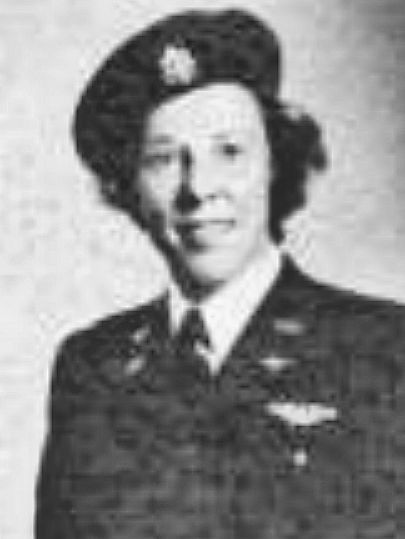
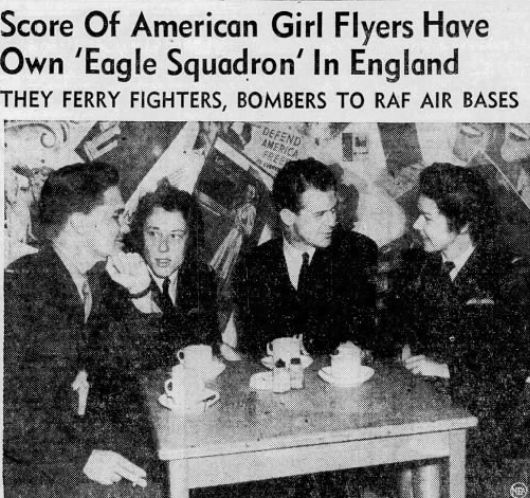
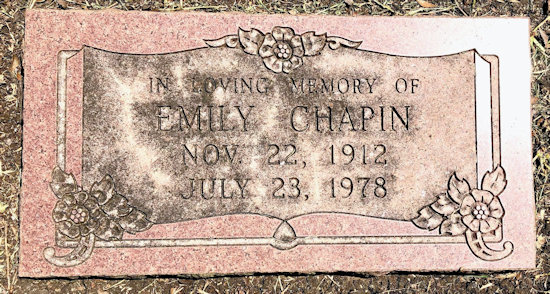
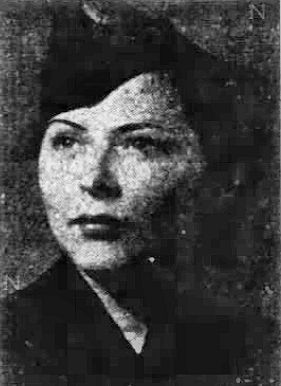 1945
1945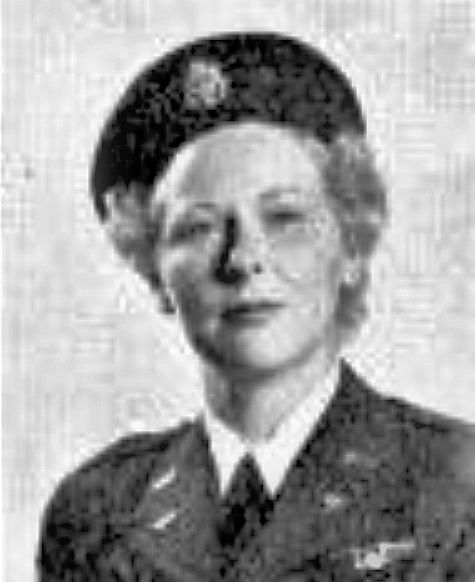
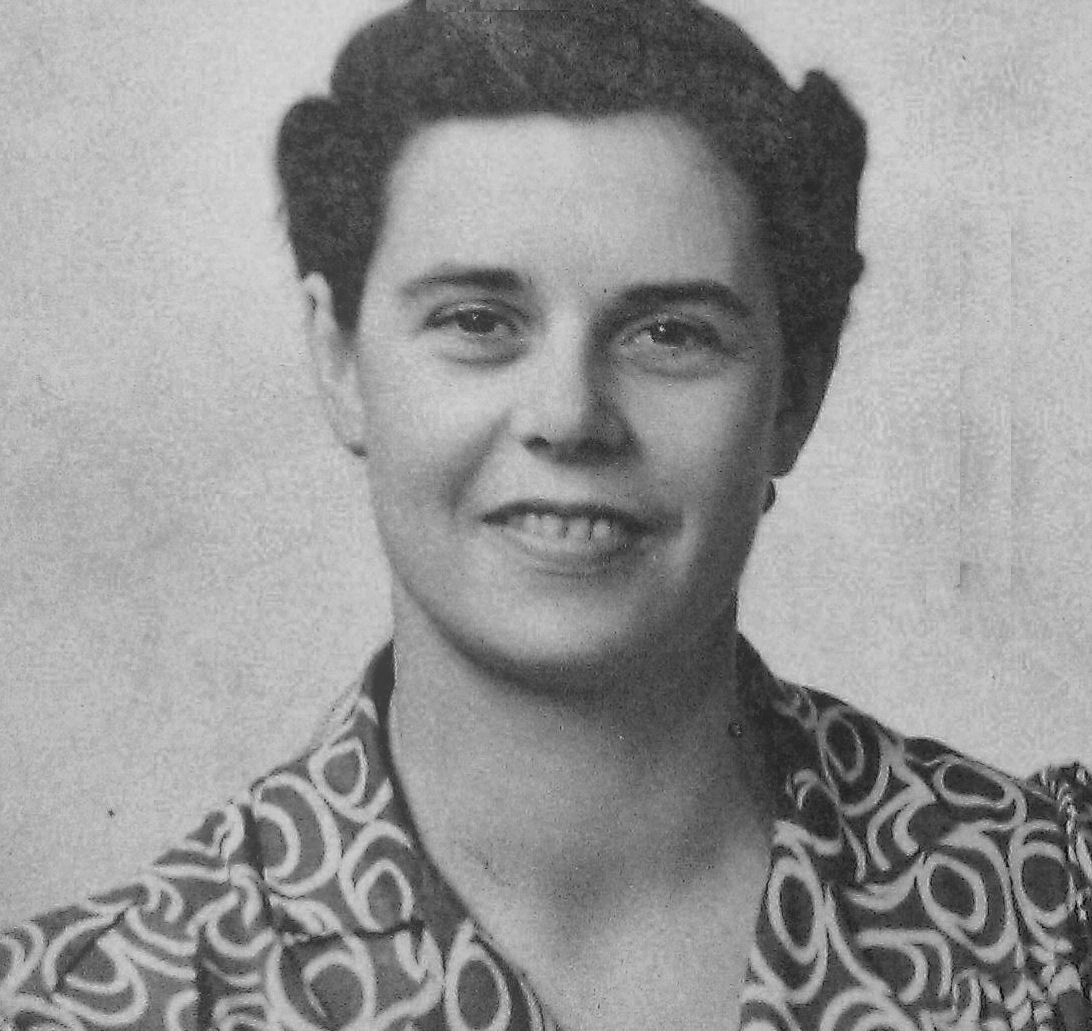
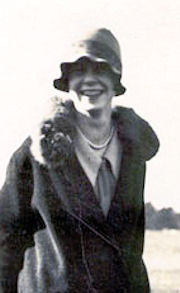

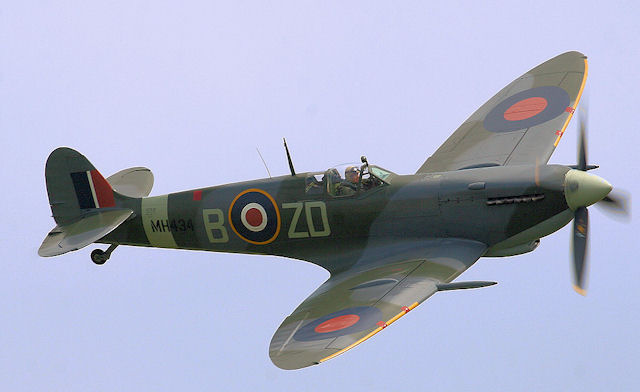

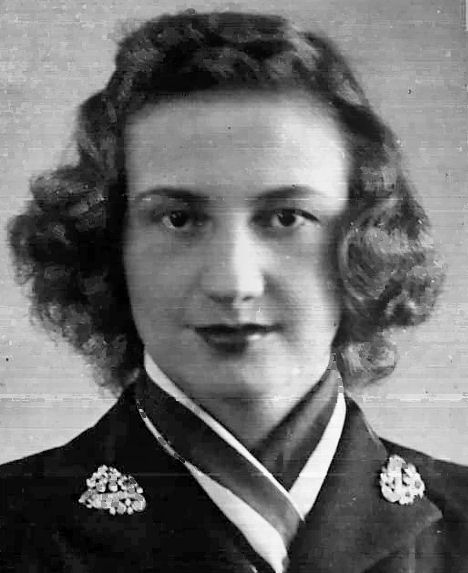 RAeC 1945
RAeC 1945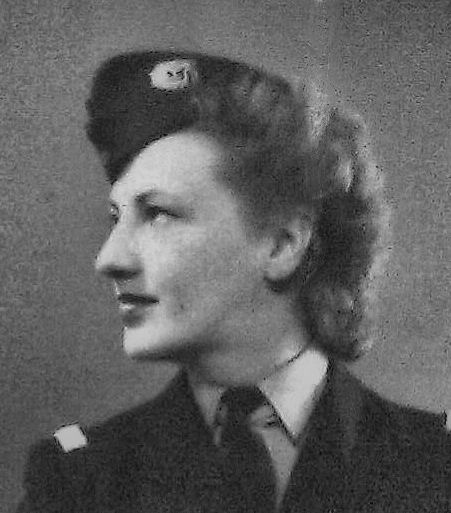 ATA
ATA ATAM
ATAM Daily Mirror
Daily Mirror Mid Sussex Times, 8 Nov 1938
Mid Sussex Times, 8 Nov 1938 The Sketch, 15 Mar 1939
The Sketch, 15 Mar 1939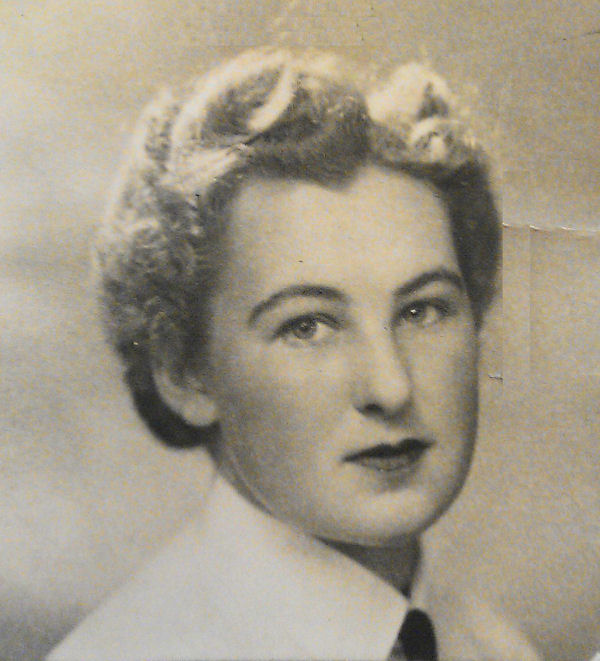
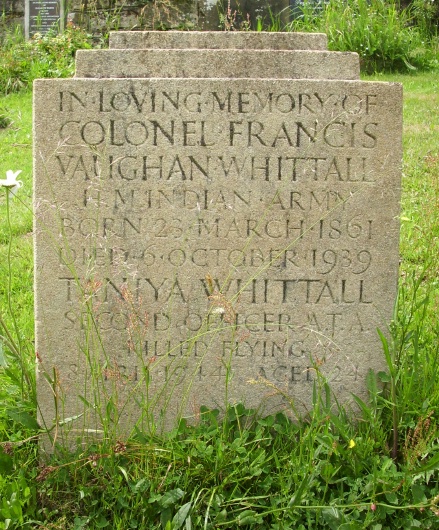 With thanks to Bill Merry
With thanks to Bill Merry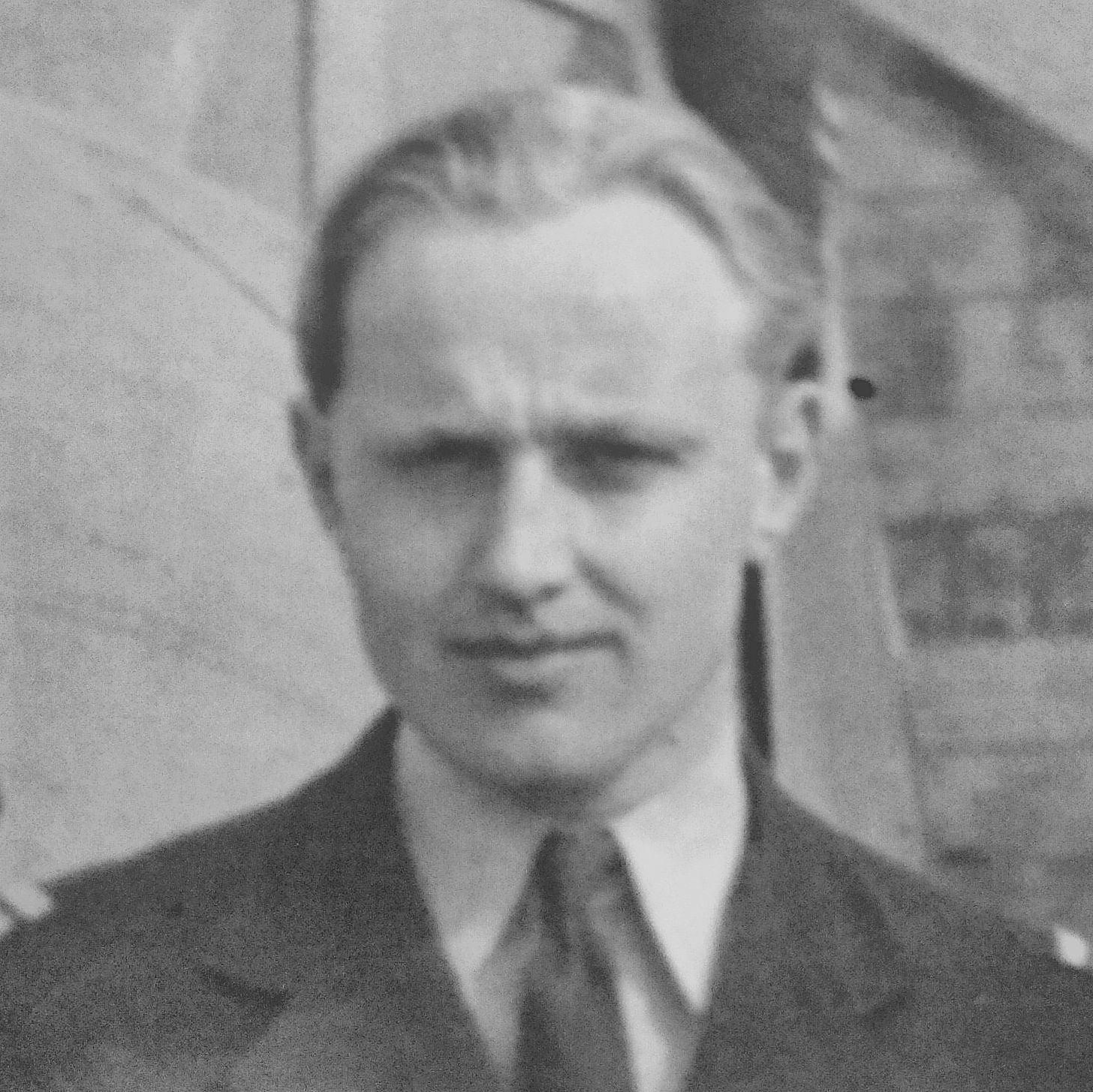
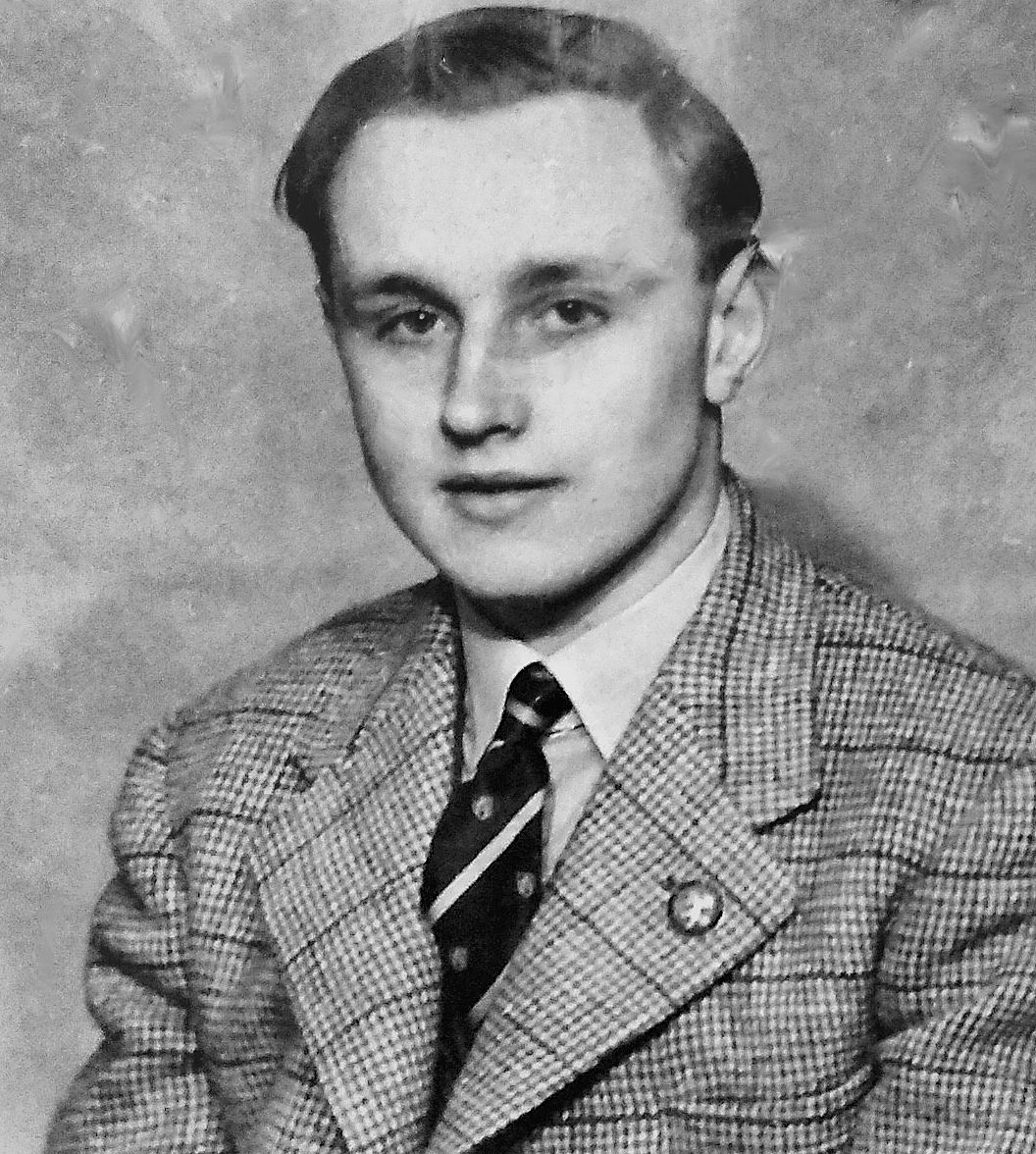 ATA
ATA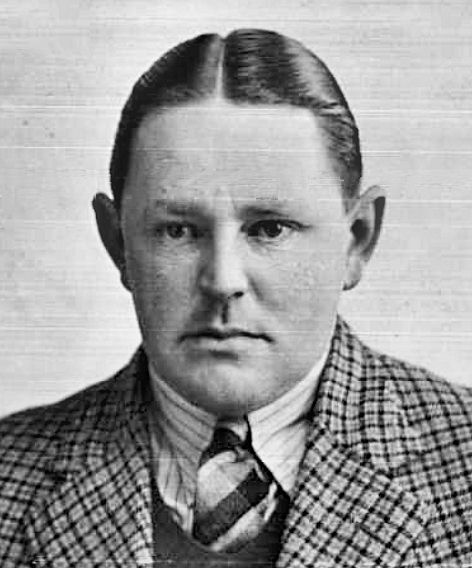 1936
1936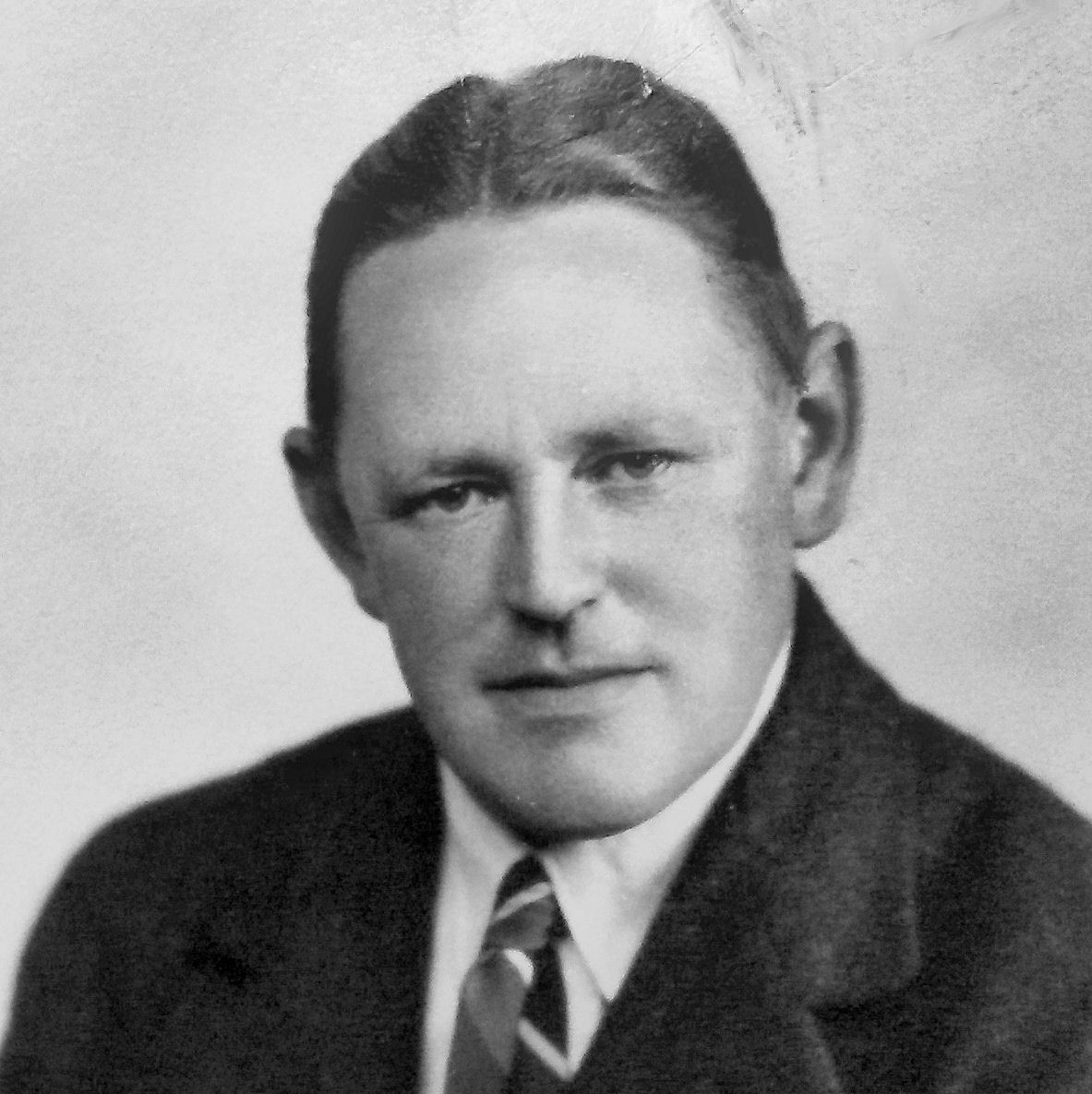 ATA
ATA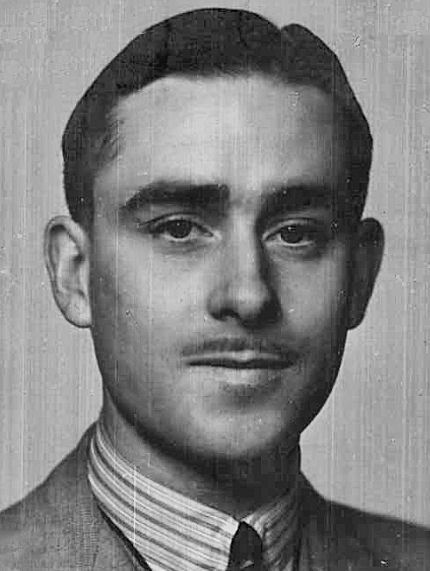 1938
1938 ATA
ATA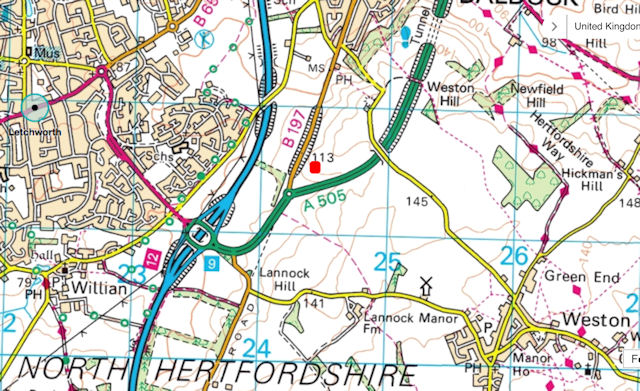
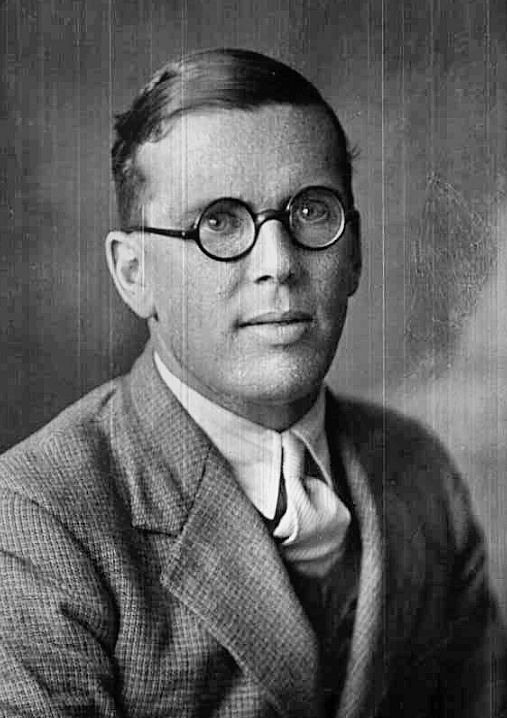 1938
1938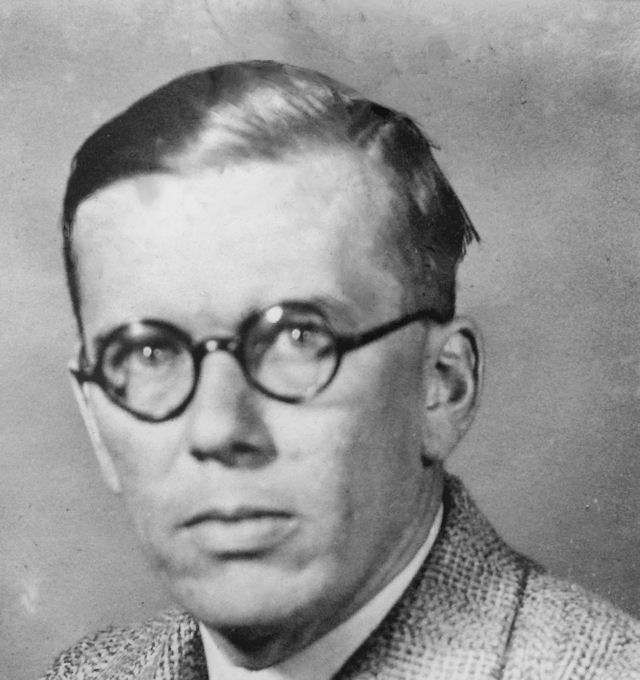 ATA
ATA ATAM
ATAM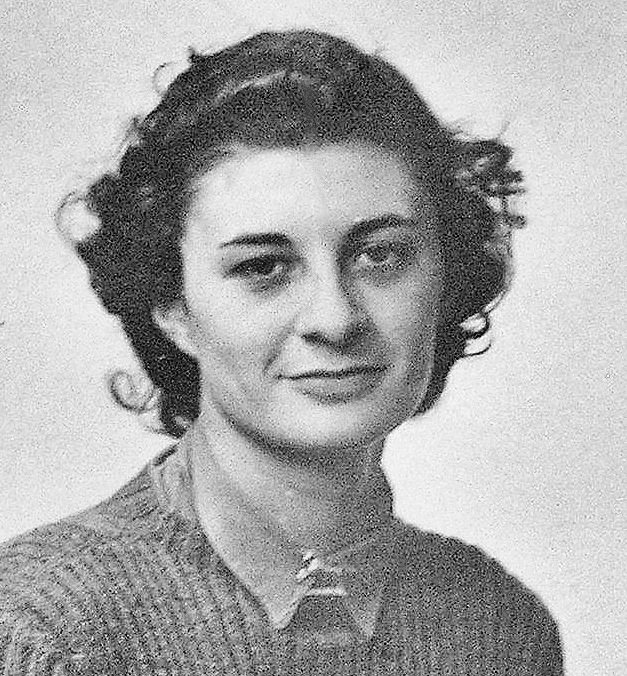
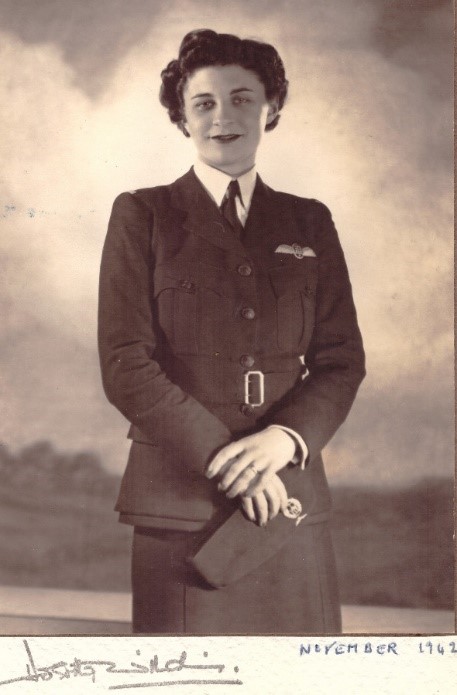
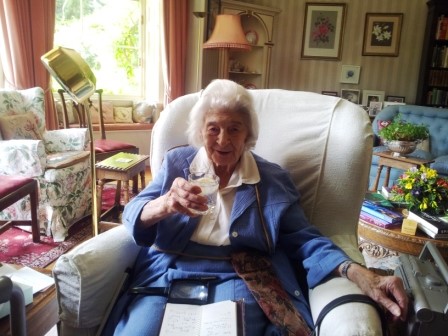

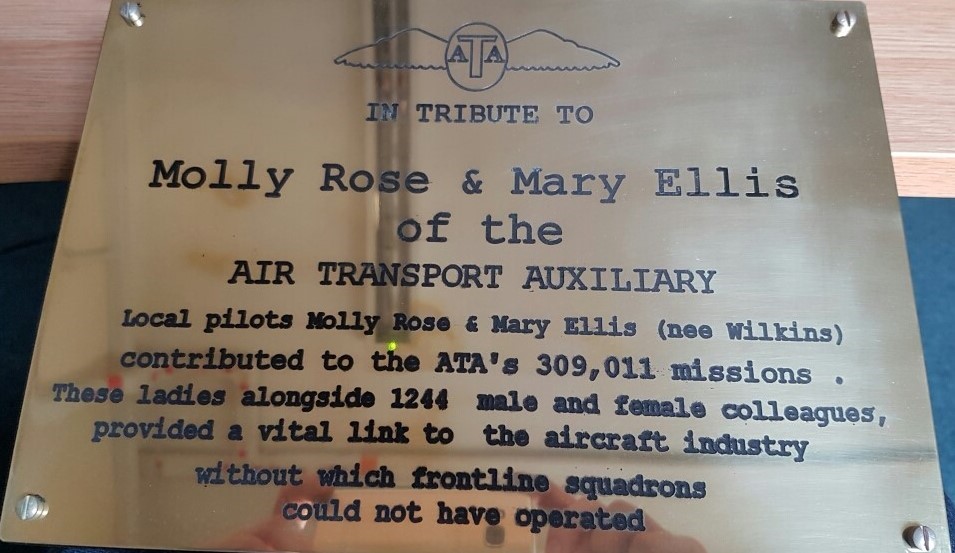
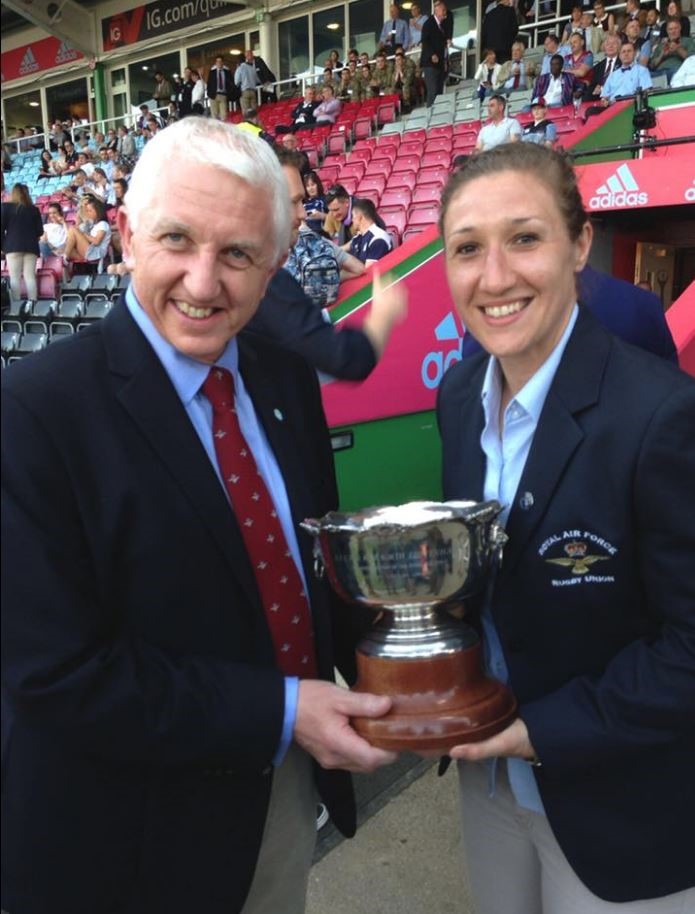
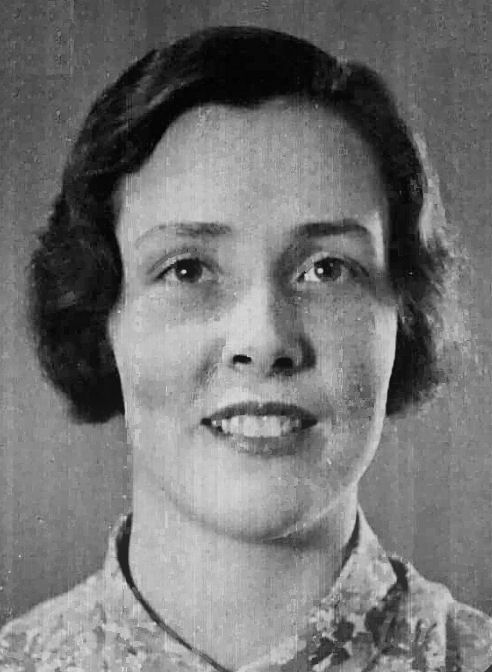 RAeC 1937
RAeC 1937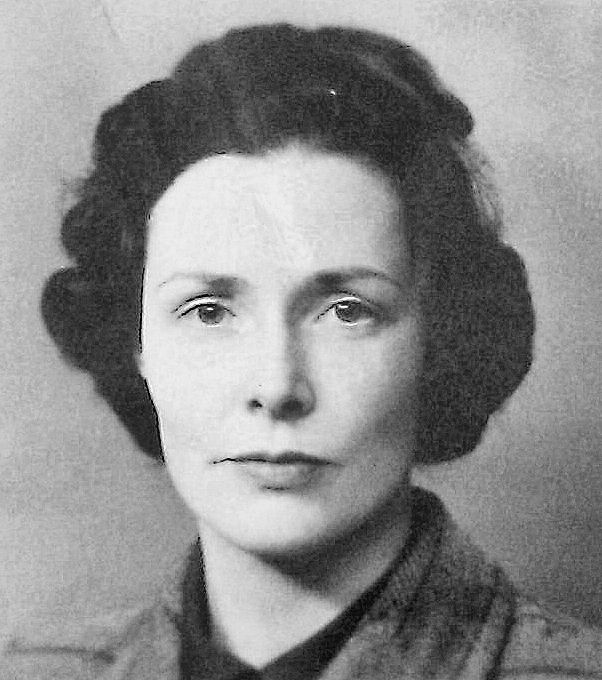 ATA
ATA ATAM
ATAM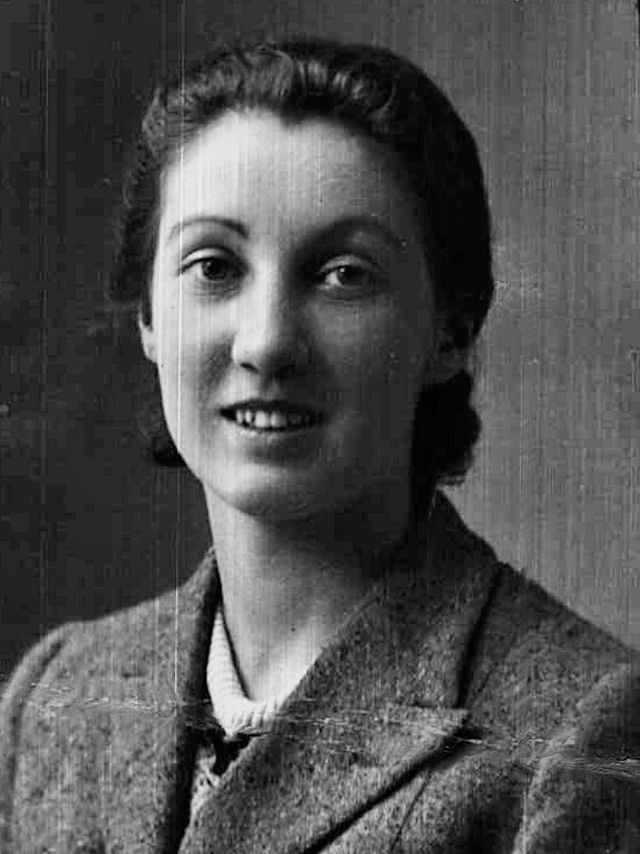 RAeC 1938
RAeC 1938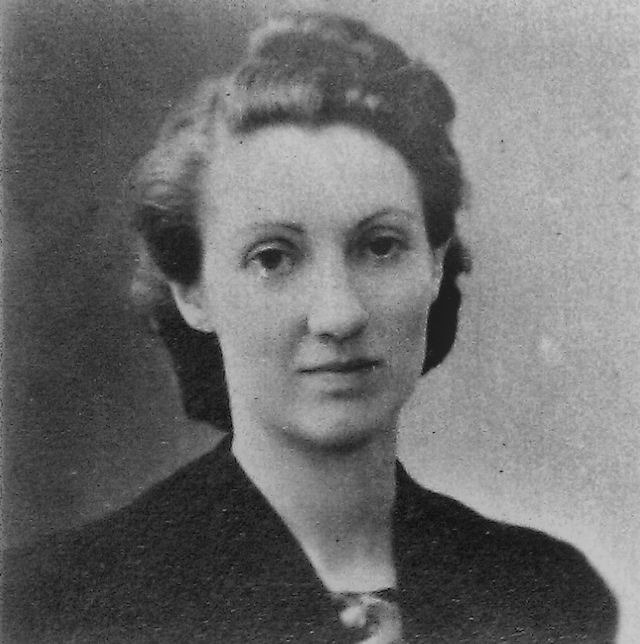 ATA
ATA RAeC 1938
RAeC 1938 1924
1924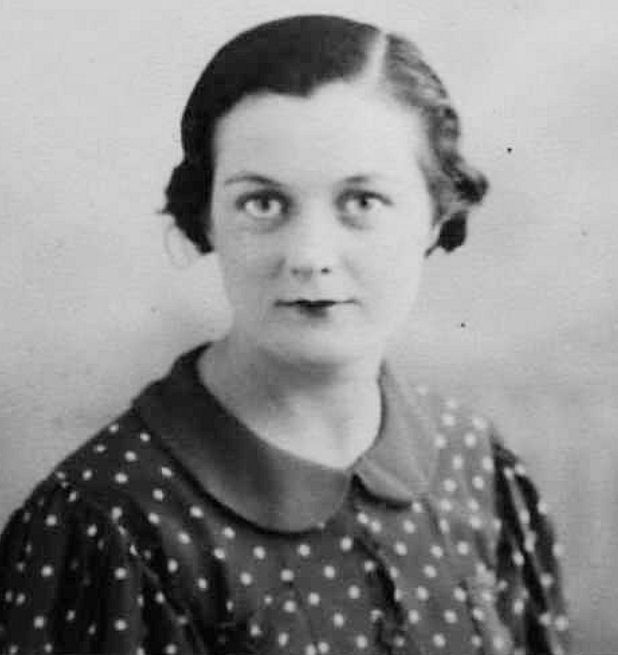 RAeC 1935
RAeC 1935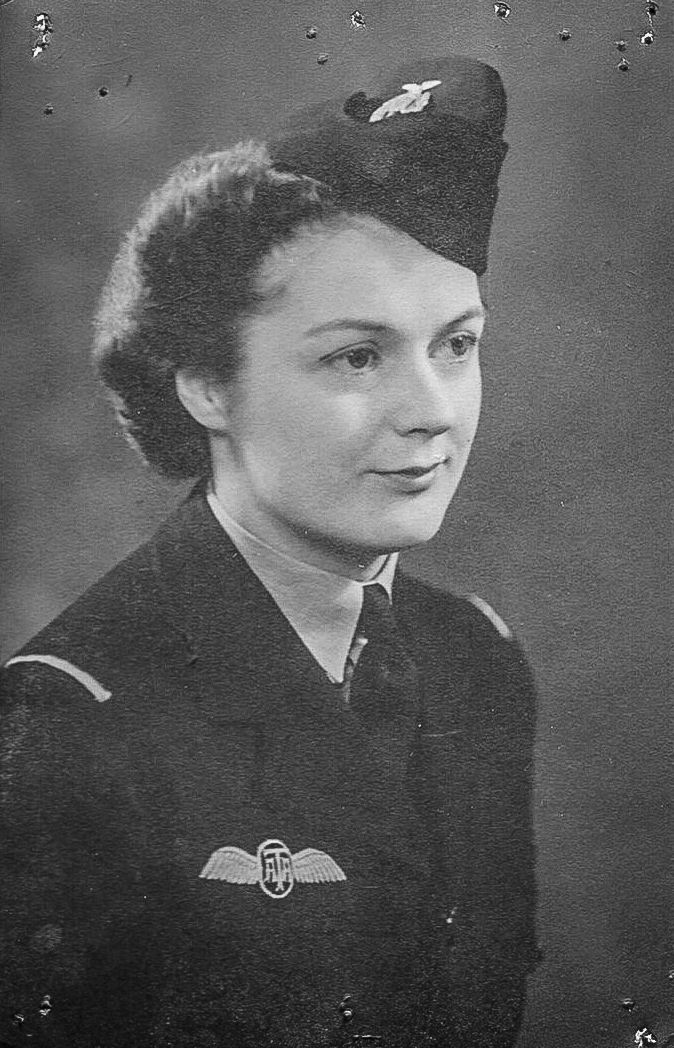 via Taniya Morris
via Taniya Morris RAeC 1939
RAeC 1939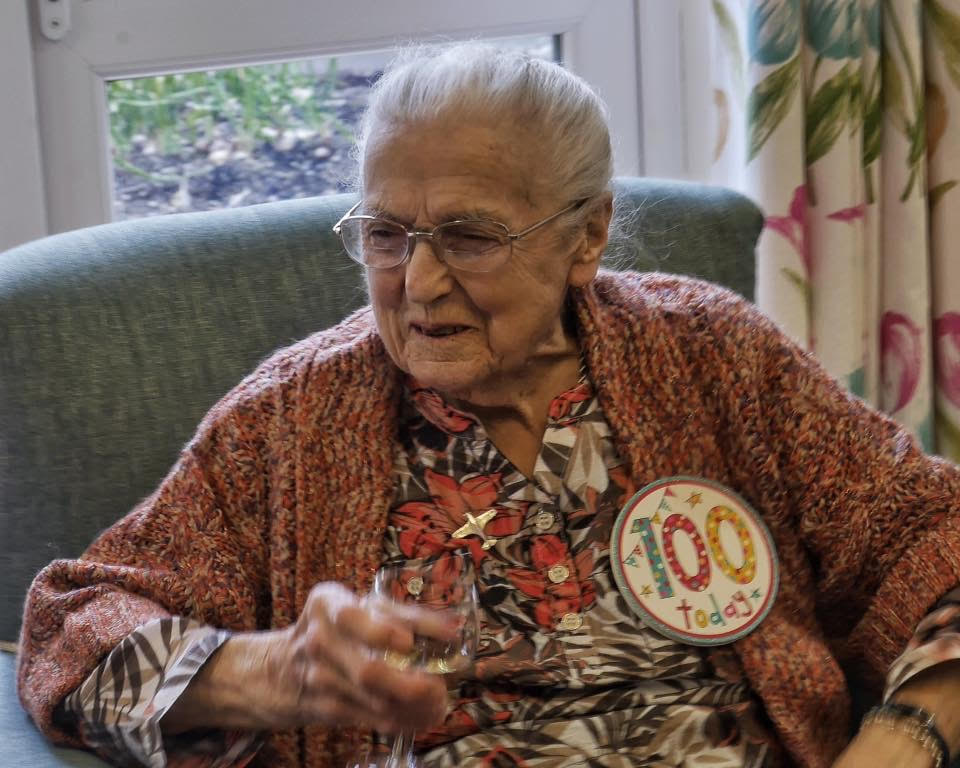 11 Mar 2016
11 Mar 2016 ATA
ATA ATA
ATA ATAM
ATAM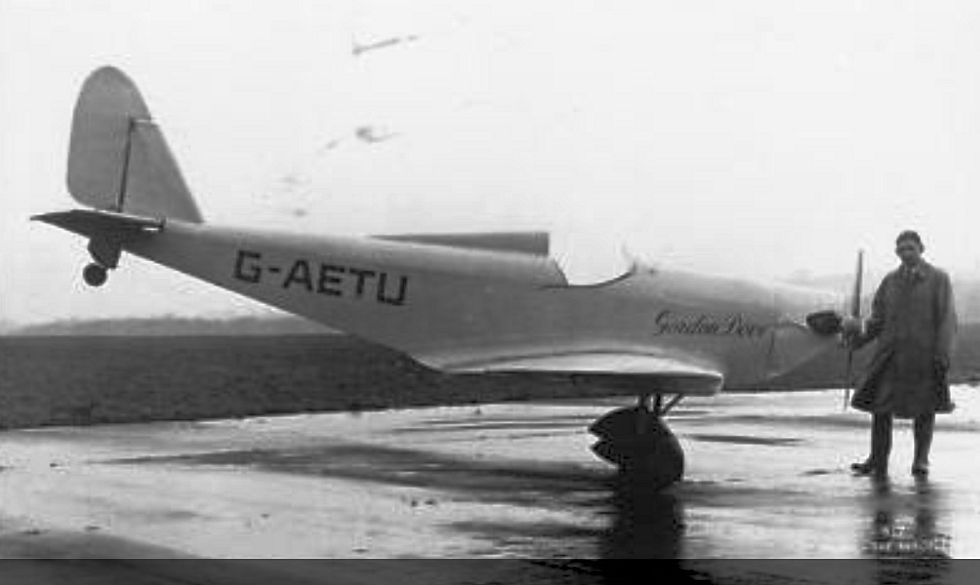 via Richard Durrant
via Richard Durrant ATA
ATA via
via  findagrave.com
findagrave.com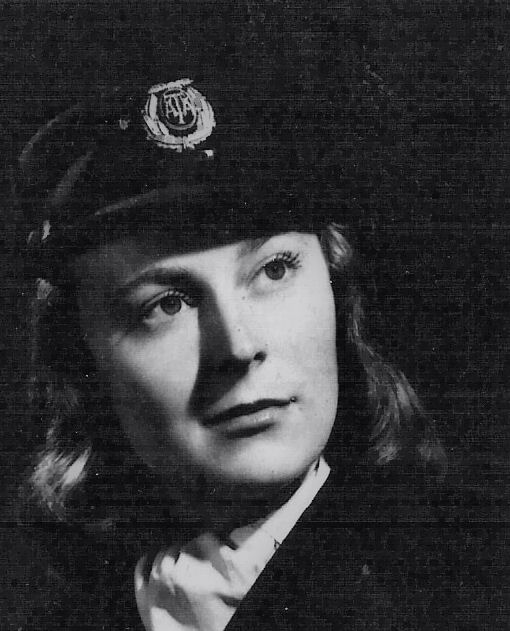
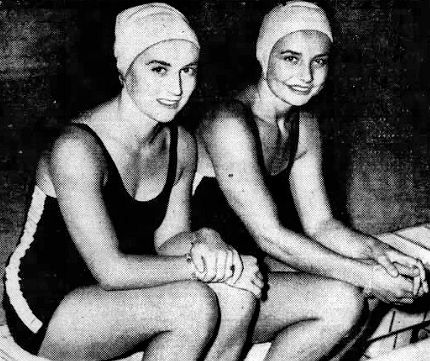 Nita, 18, and Betty aged 20
Nita, 18, and Betty aged 20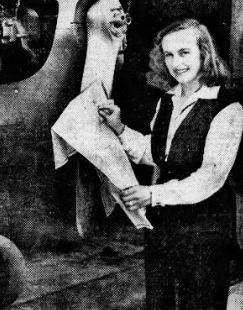 1942
1942


 Ferrying a Wellington from Broughton to Dumfries, Sep 1943
Ferrying a Wellington from Broughton to Dumfries, Sep 1943


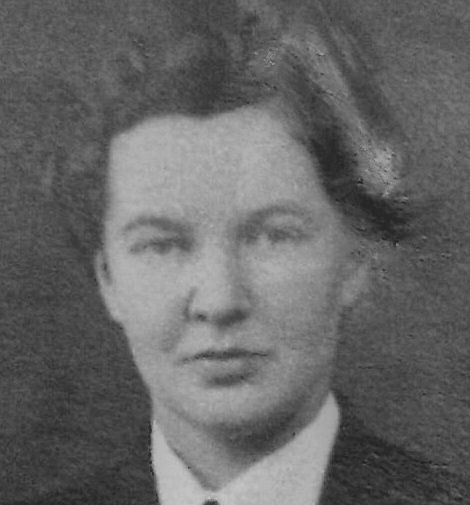 ATA
ATA ATAM
ATAM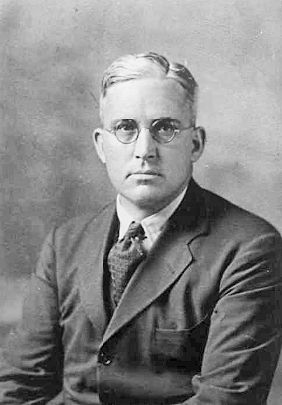 1932
1932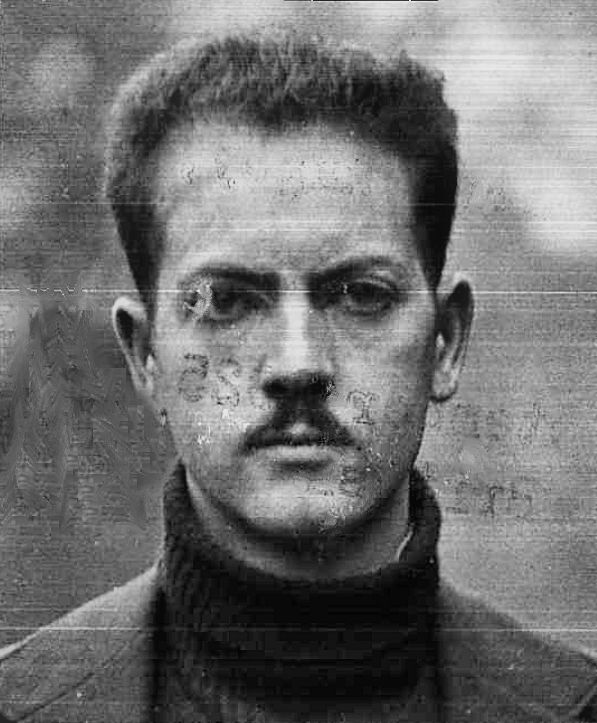 1945
1945 ATAM
ATAM ATA
ATA
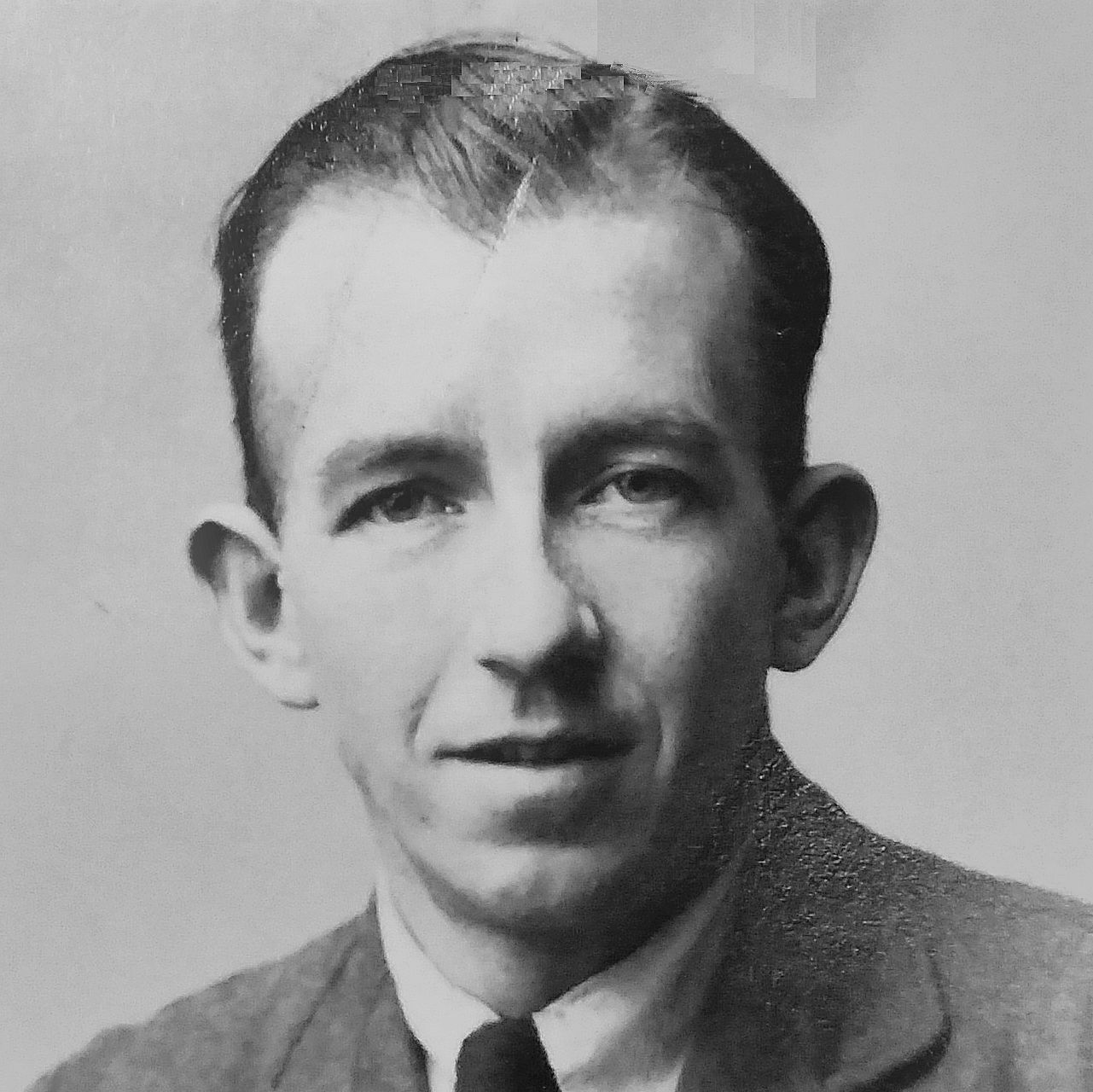 ATA
ATA findagrave.com
findagrave.com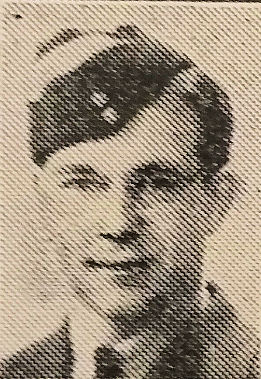
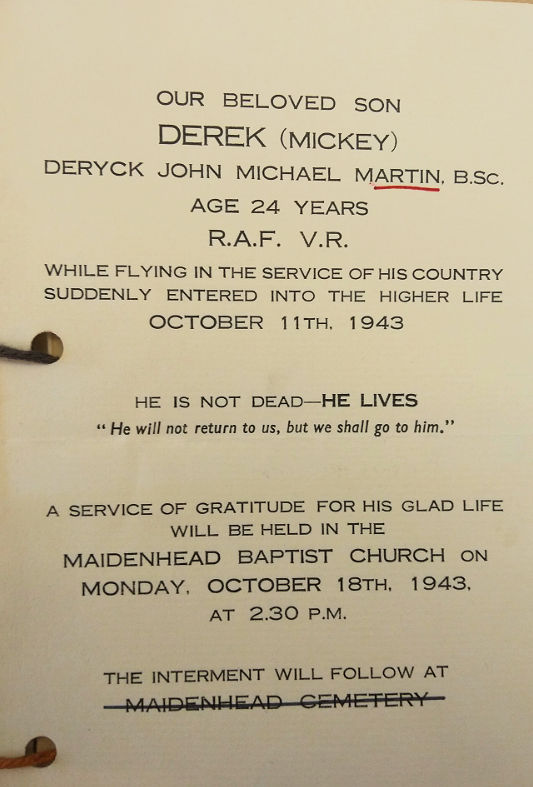
 1942
1942
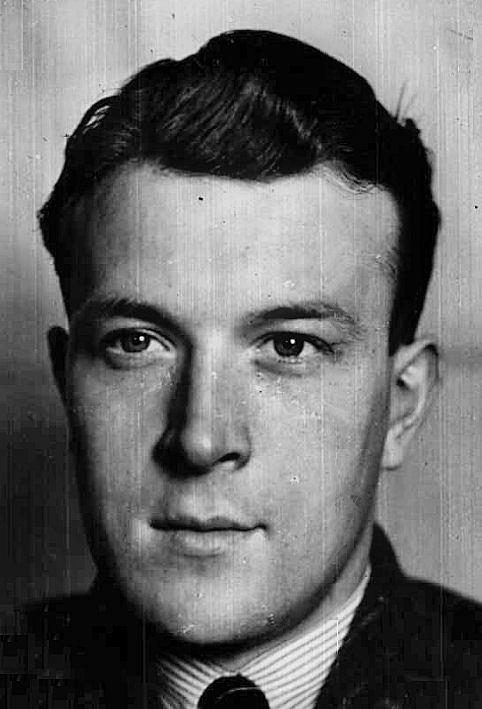 1939
1939 ATAM
ATAM
 Manchester Evening News, with thanks to Michael Warburton
Manchester Evening News, with thanks to Michael Warburton
 ATA
ATA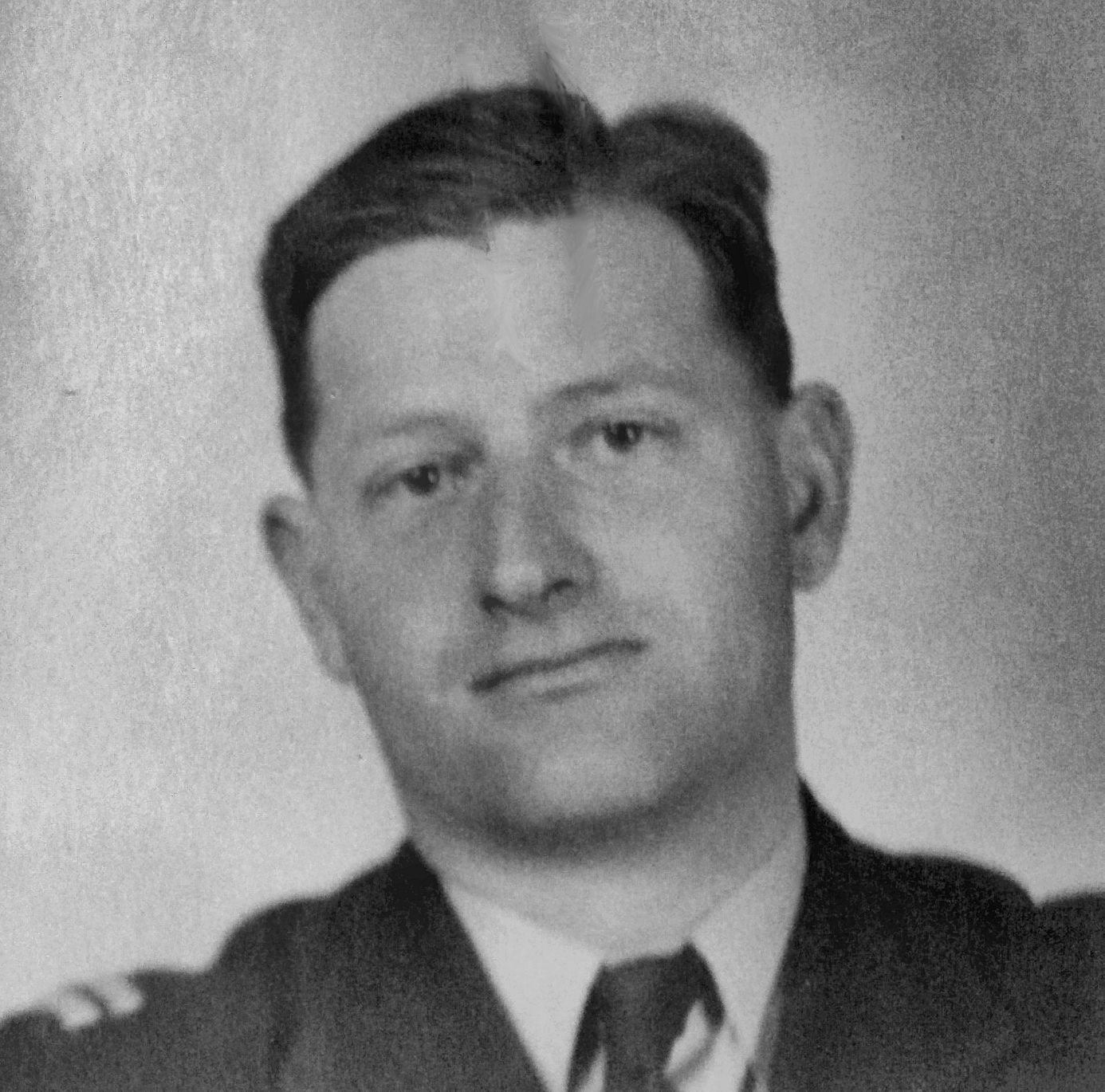 RAFM
RAFM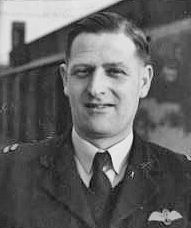 MAMM
MAMM "1316791 Flight Sergeant J C Milliken. Pilot, Royal Air Force. Sometime of Bicknell Farm"
"1316791 Flight Sergeant J C Milliken. Pilot, Royal Air Force. Sometime of Bicknell Farm"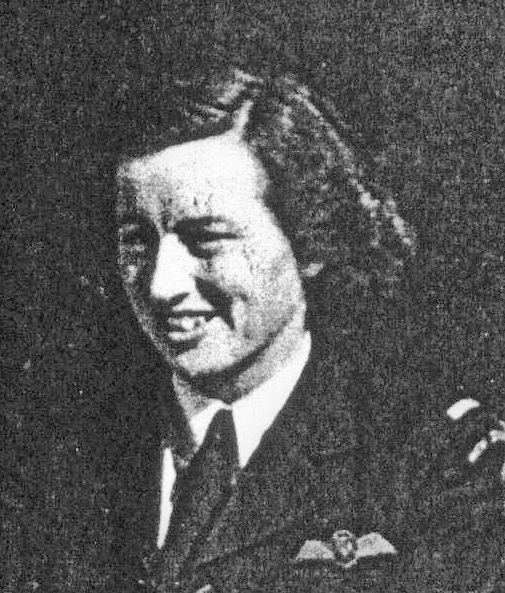
 AWMM
AWMM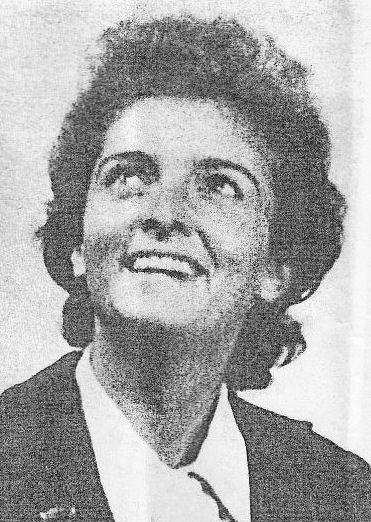
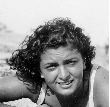
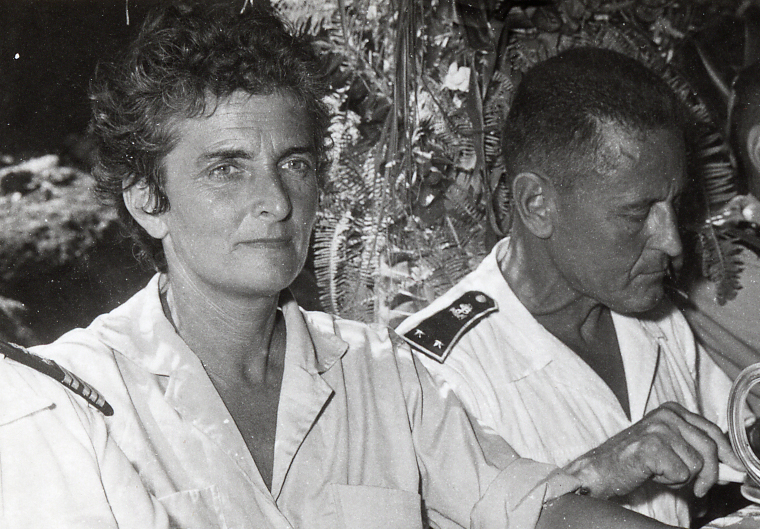
 ATA
ATA ATA
ATA 1939 - Yorkshire Aero Club
1939 - Yorkshire Aero Club ATAM
ATAM ATA
ATA "Constantly remembered by his wife, parents and all relatives"
"Constantly remembered by his wife, parents and all relatives"
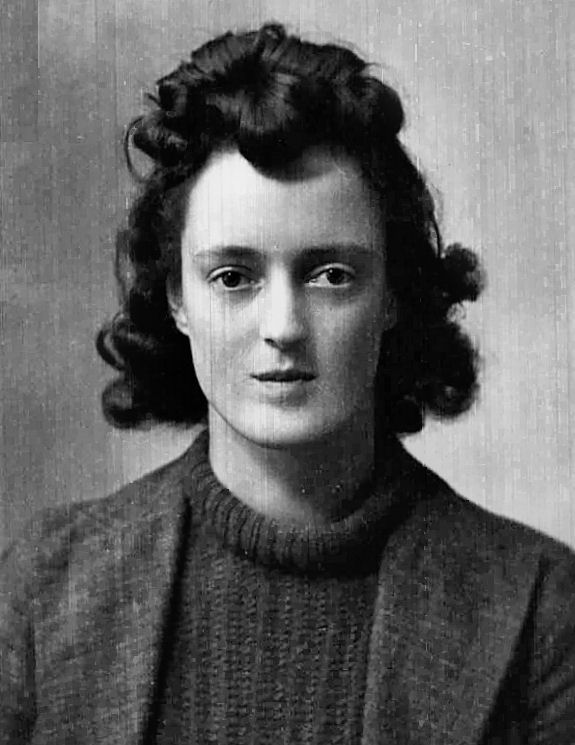 RAeC 1939
RAeC 1939 1943
1943 The Sketch
The Sketch Margaret and Freydis, Nottingham Evening Post, 17 Jan 1948
Margaret and Freydis, Nottingham Evening Post, 17 Jan 1948 RAeC
RAeC
 Ancestry
Ancestry ATA
ATA
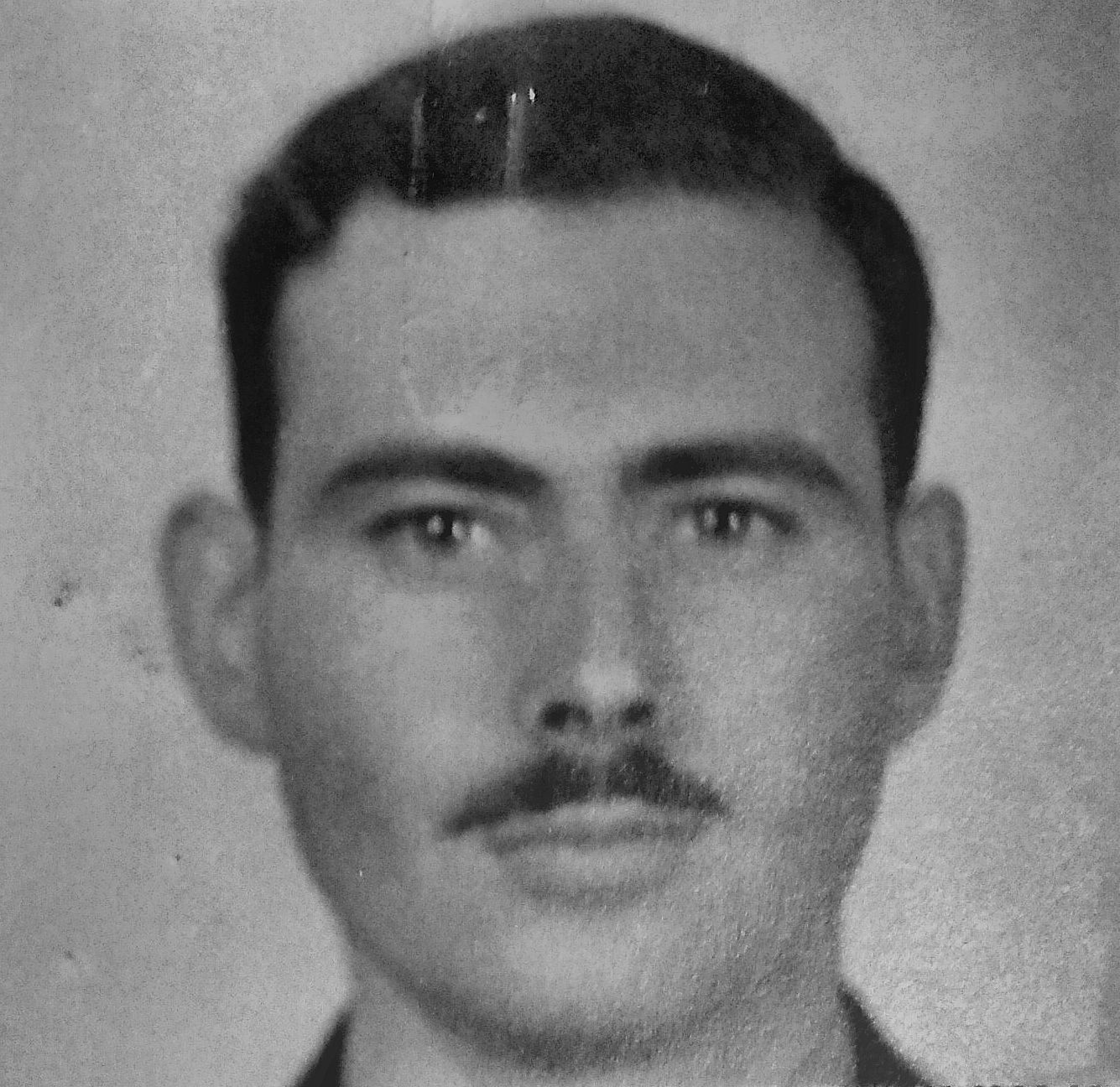 ATA
ATA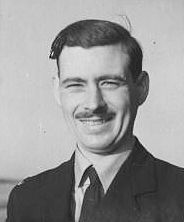 MAMM
MAMM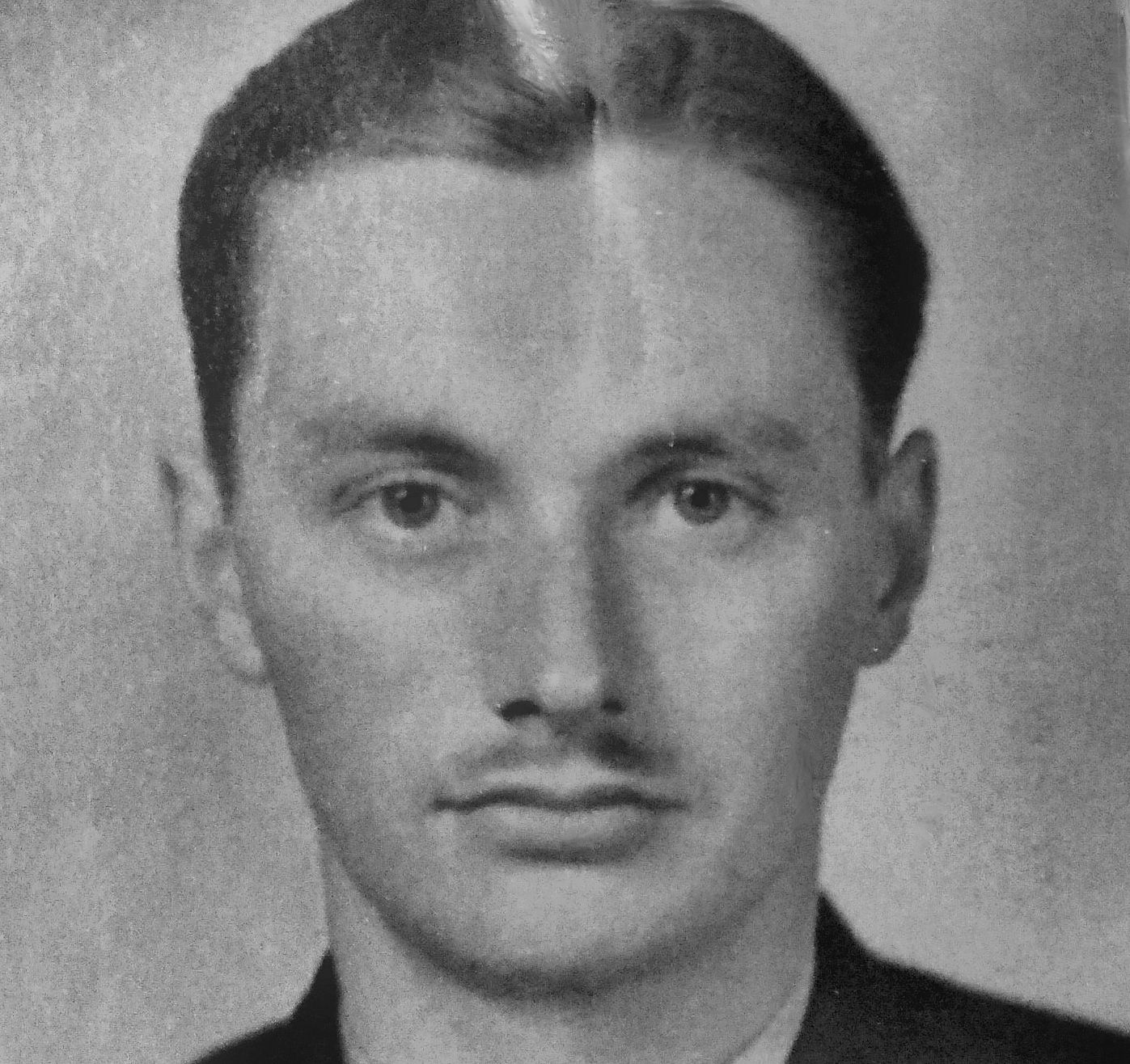
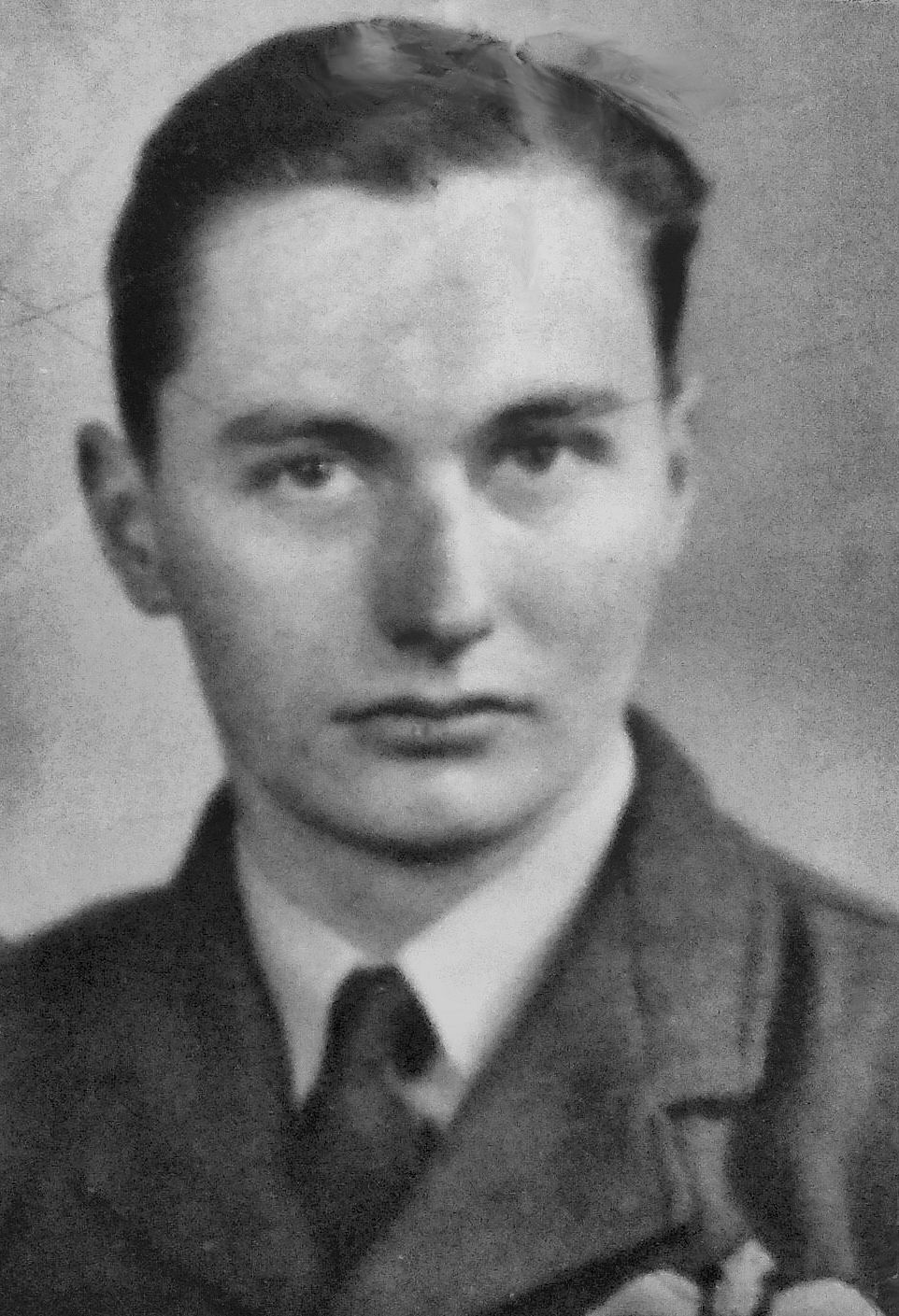
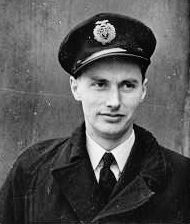 MAMM
MAMM  ATAM
ATAM ATA
ATA



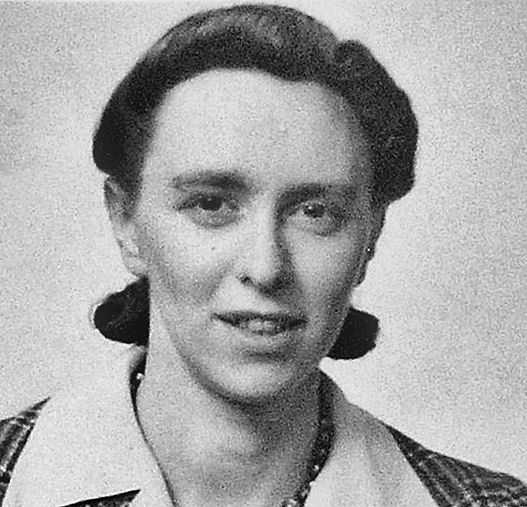 RAFM
RAFM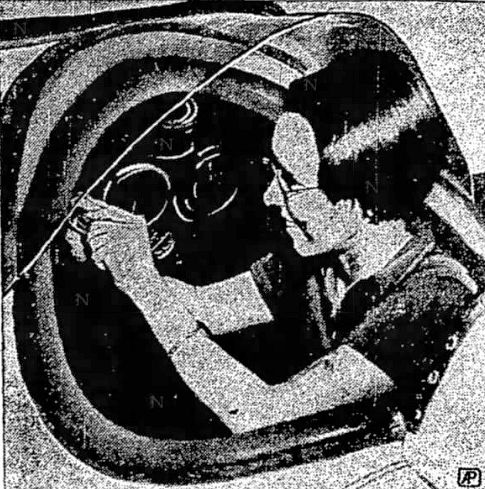 She started early...
She started early... Jane's 1940 school photo
Jane's 1940 school photo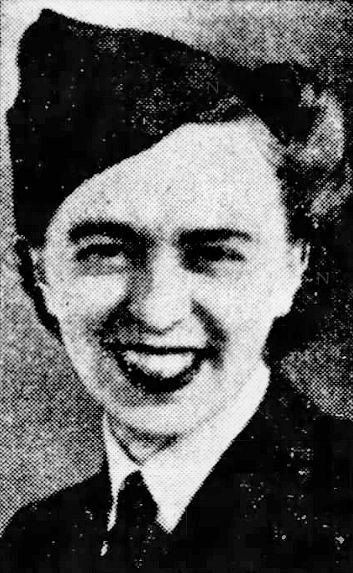
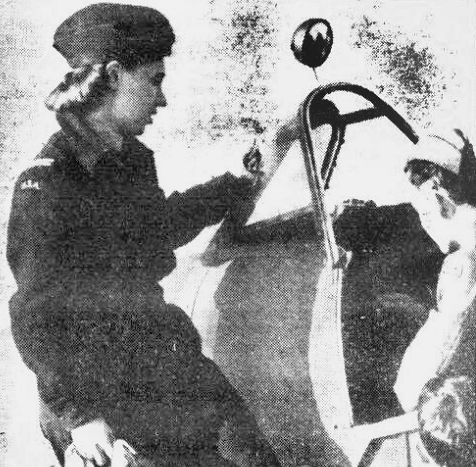
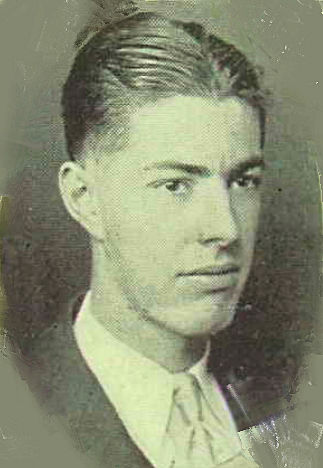 1934
1934 ATA
ATA
 ATAM
ATAM 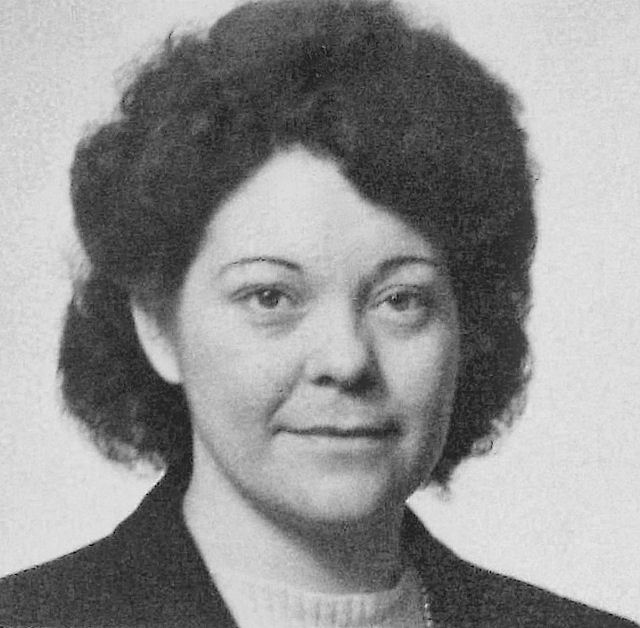 ATA
ATA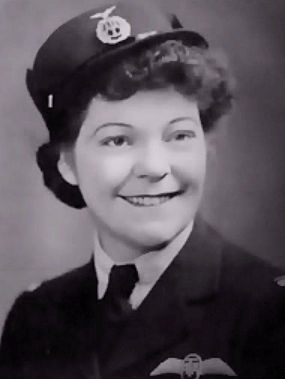 ATA
ATA  1941
1941 ATA
ATA France, 1940 with thanks to Andrzej Schmidt
France, 1940 with thanks to Andrzej Schmidt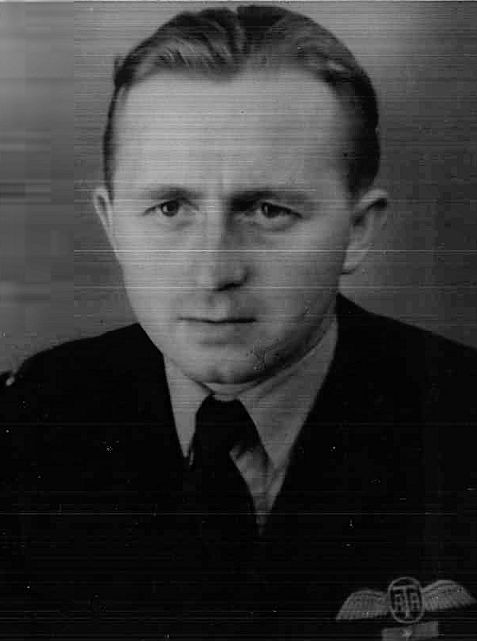 1945
1945
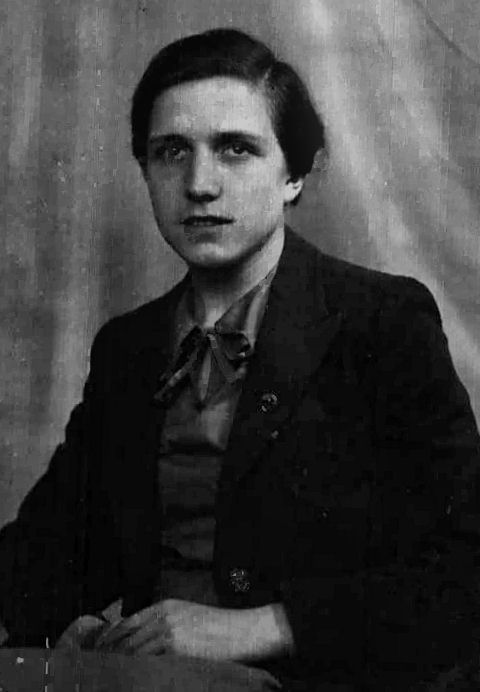 RAeC 1939
RAeC 1939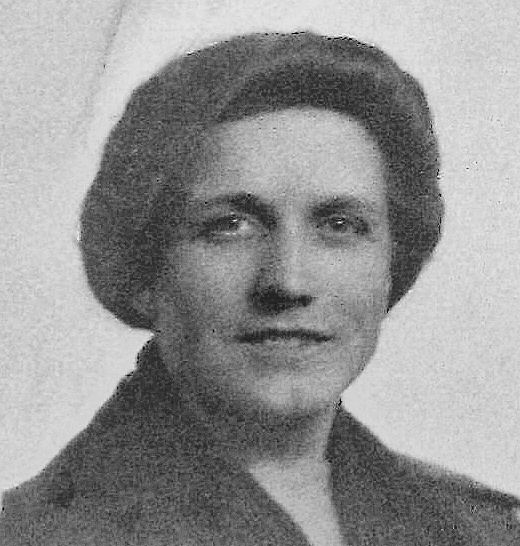 ATA
ATA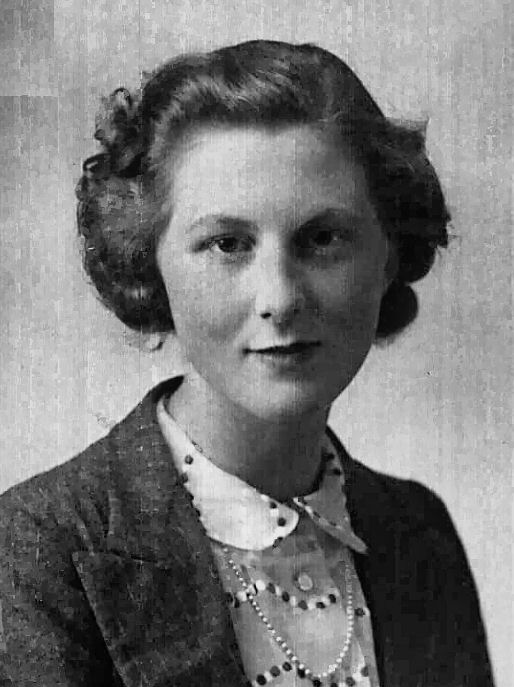 RAeC 1939
RAeC 1939 RAeC 1939
RAeC 1939
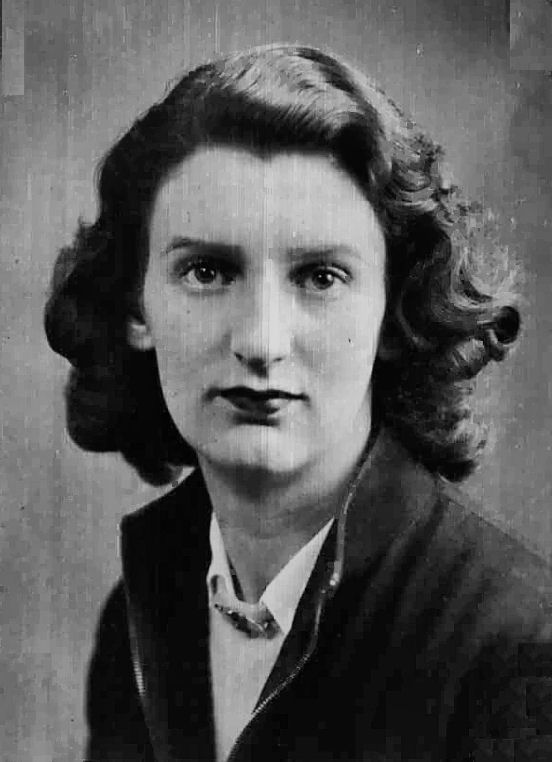 RAeC May 1939
RAeC May 1939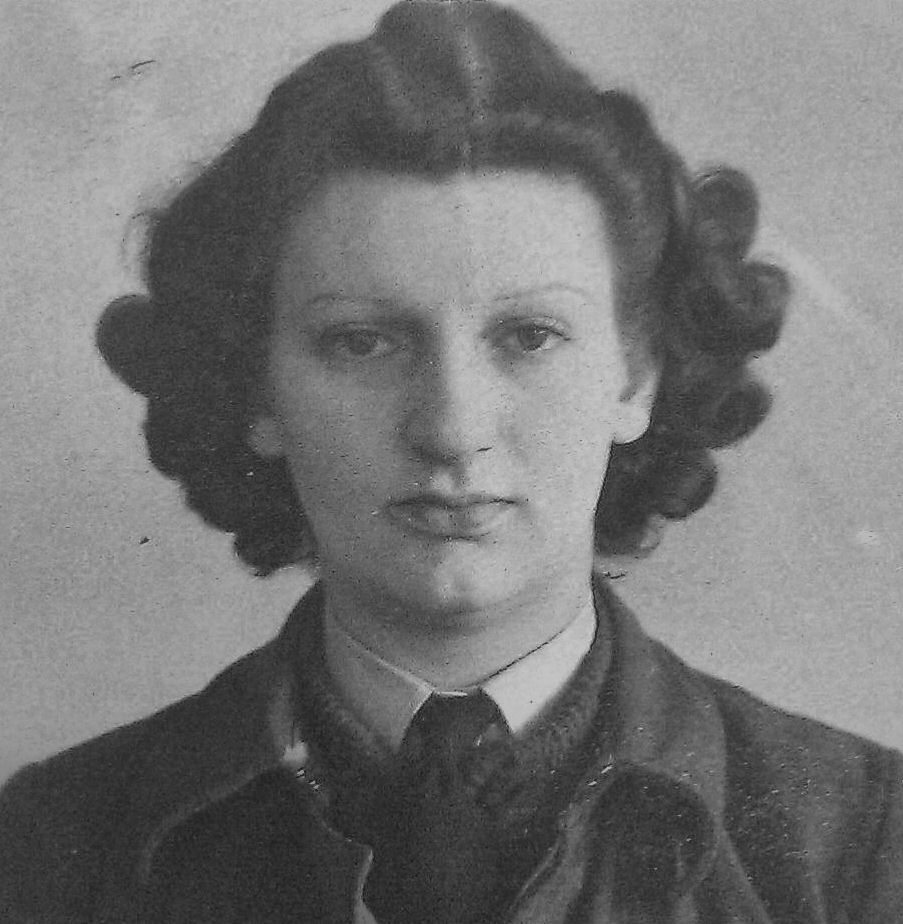 ATA
ATA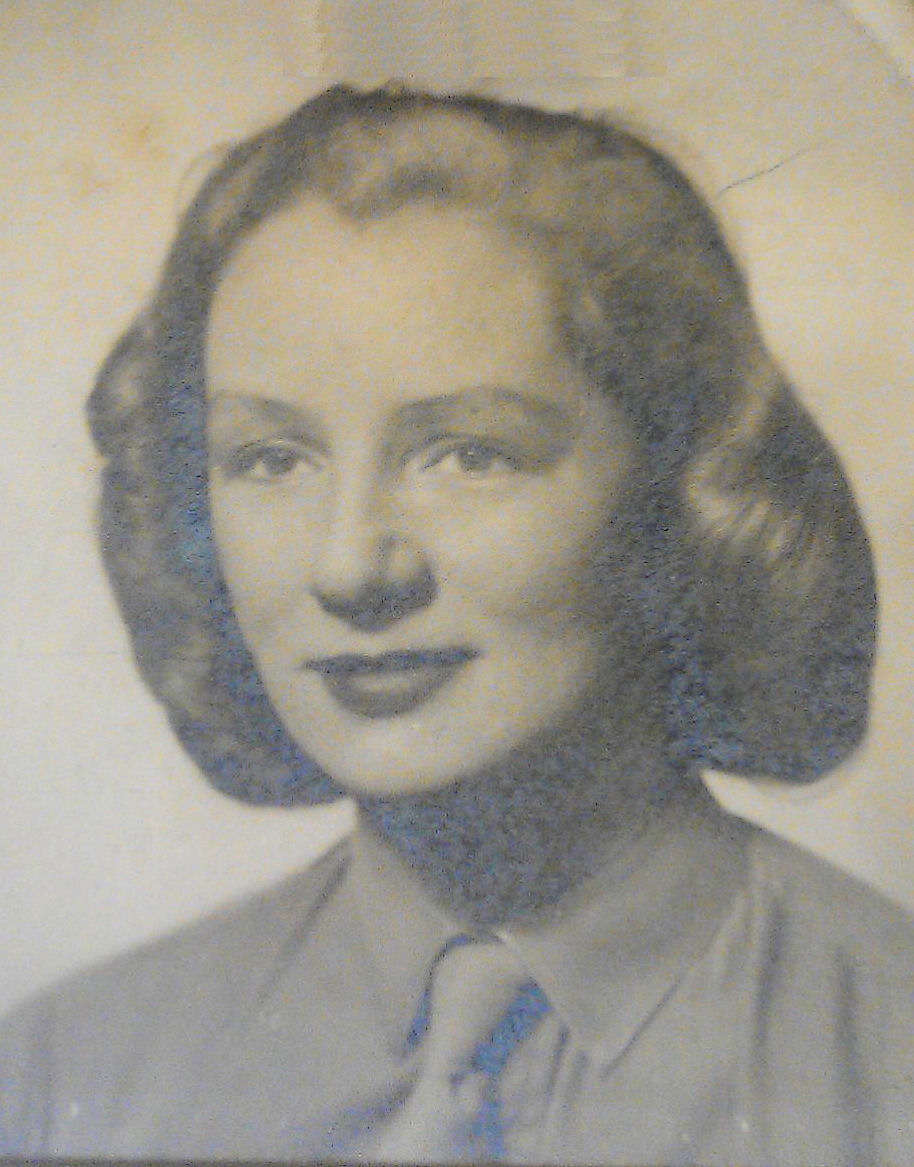
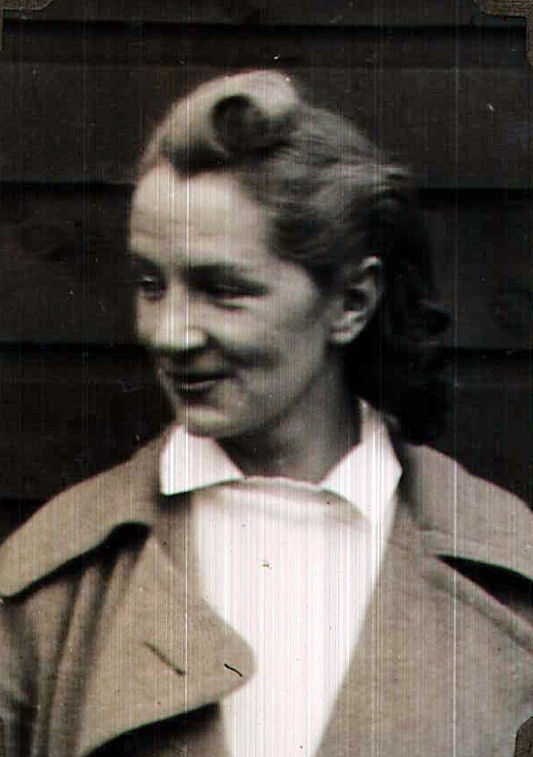


 ATAM
ATAM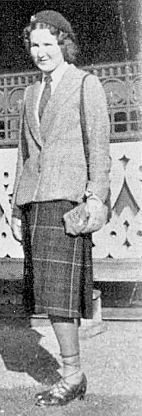
 RAeC 1938
RAeC 1938 Wikipedia
Wikipedia ATAM
ATAM 
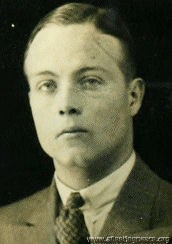 John
John 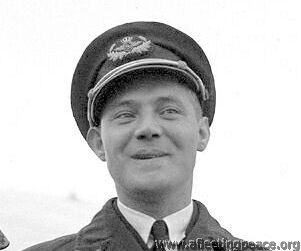 Dirk
Dirk 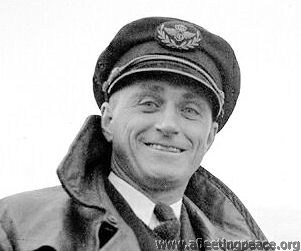 Jan
Jan
 ATA
ATA Australian War Memorial
Australian War Memorial


 1945
1945
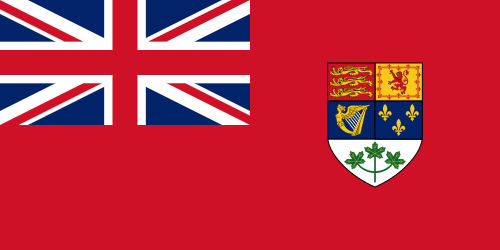

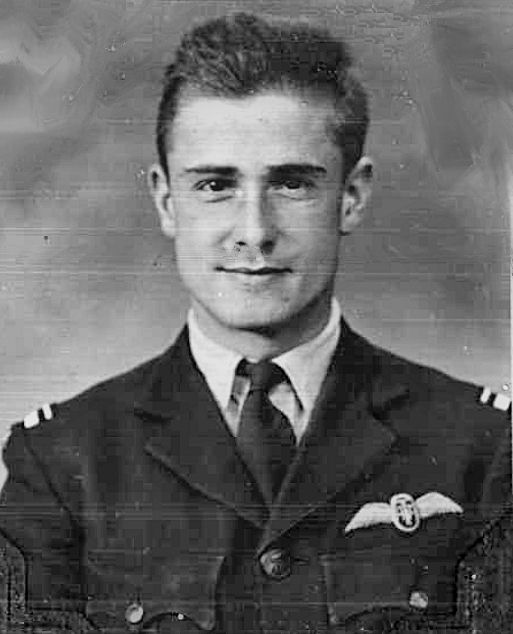 1945
1945 ATA
ATA
 ATAM
ATAM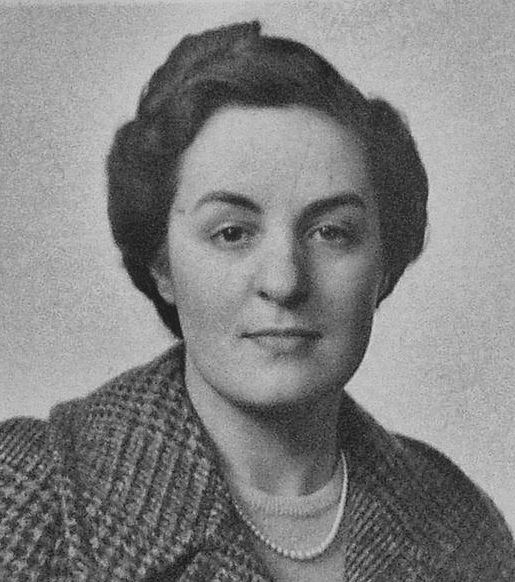
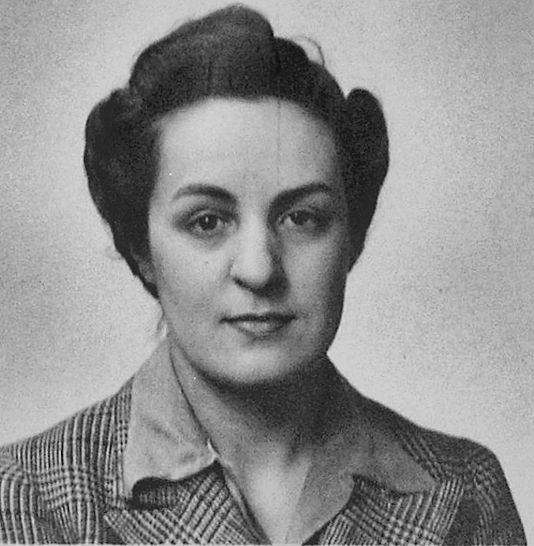 ATA
ATA 2019
2019 1940
1940 ATAM
ATAM
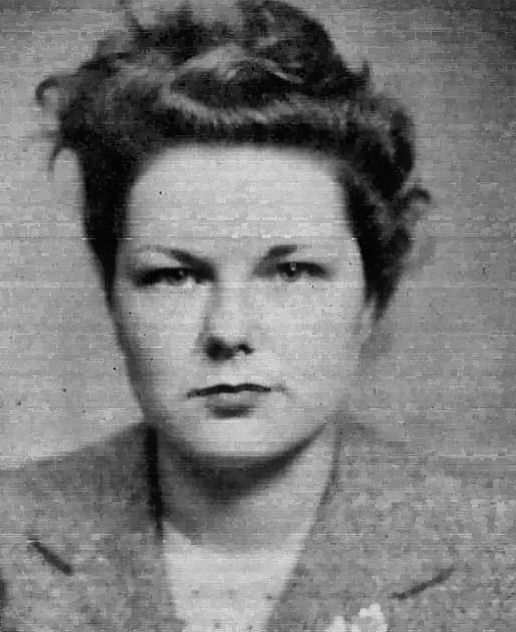 RAeC 1945
RAeC 1945 RAeC 1936
RAeC 1936 ATA Museum
ATA Museum The Bystander
The Bystander RAeC 1939
RAeC 1939 "An extraordinary Woman"
"An extraordinary Woman"
 this is one of his many paintings, "Squally Weather in the Channel"
this is one of his many paintings, "Squally Weather in the Channel" 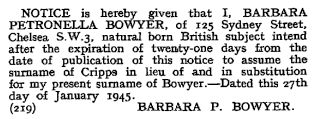
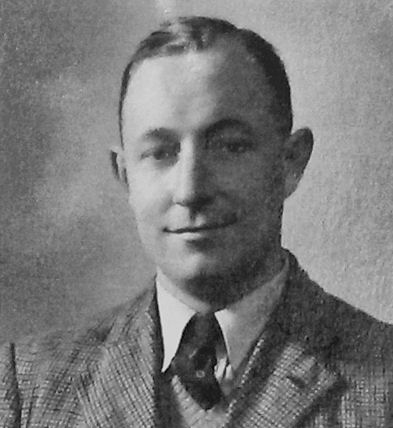 1932
1932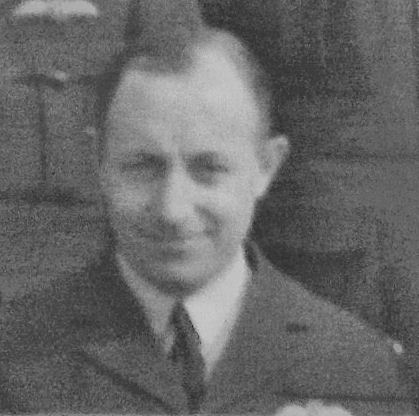 ATA
ATA
 RAeC 1931
RAeC 1931 ATA 1943
ATA 1943
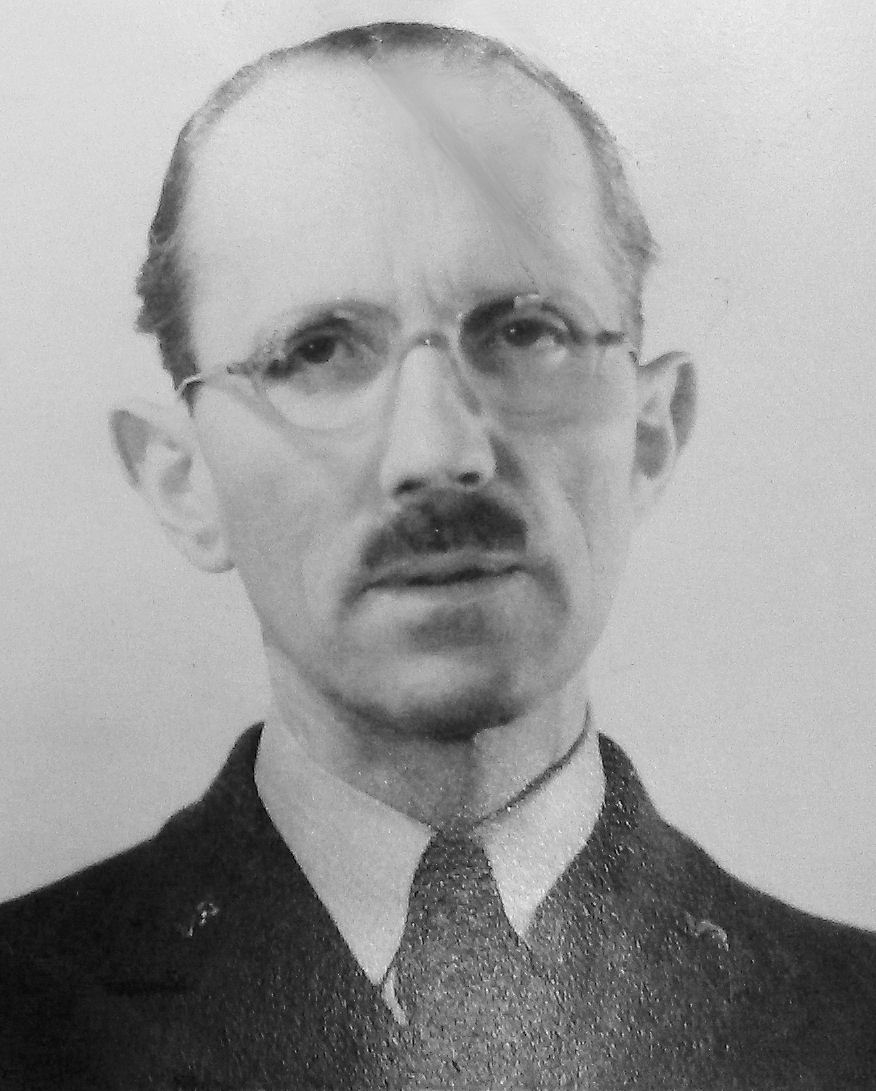 1930
1930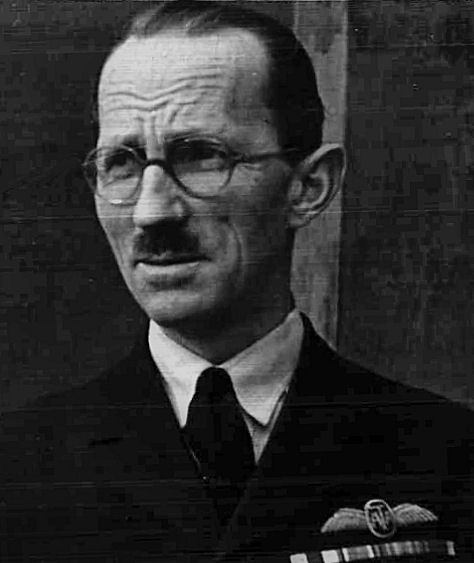 ATA
ATA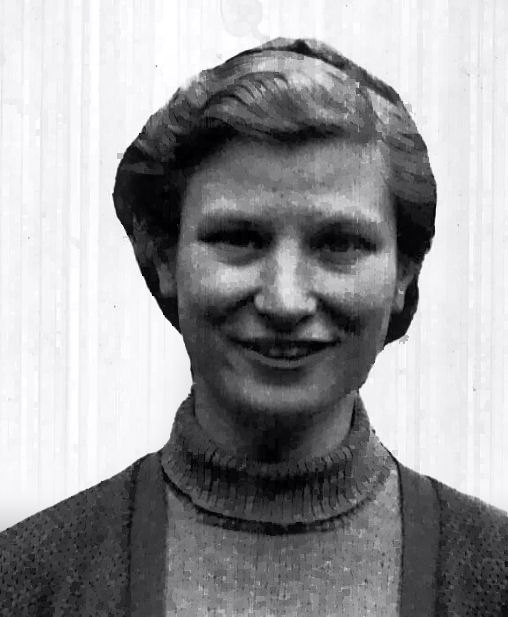 RAeC 1939
RAeC 1939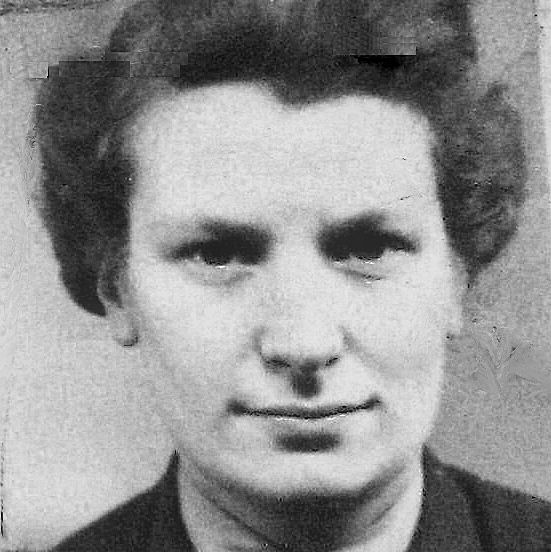 ATA
ATA 
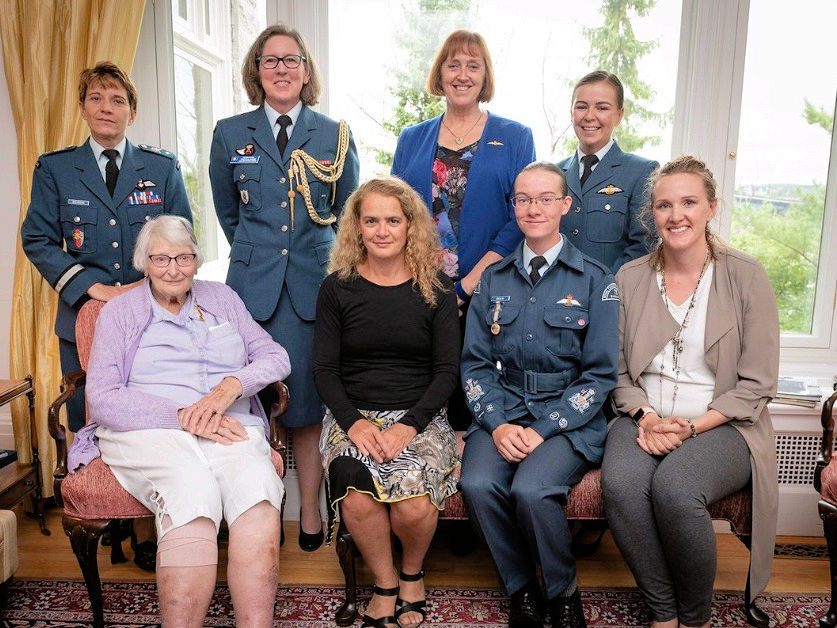
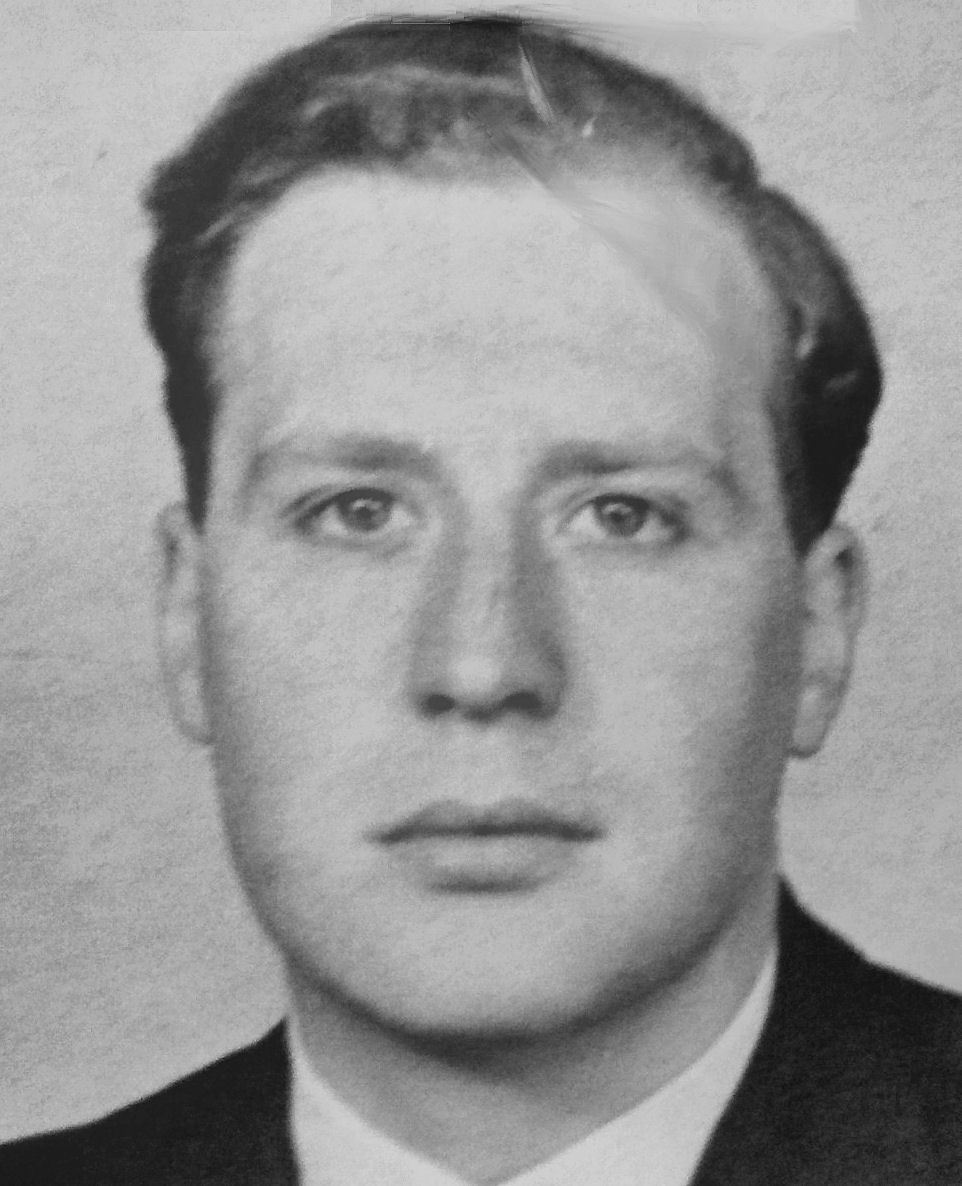
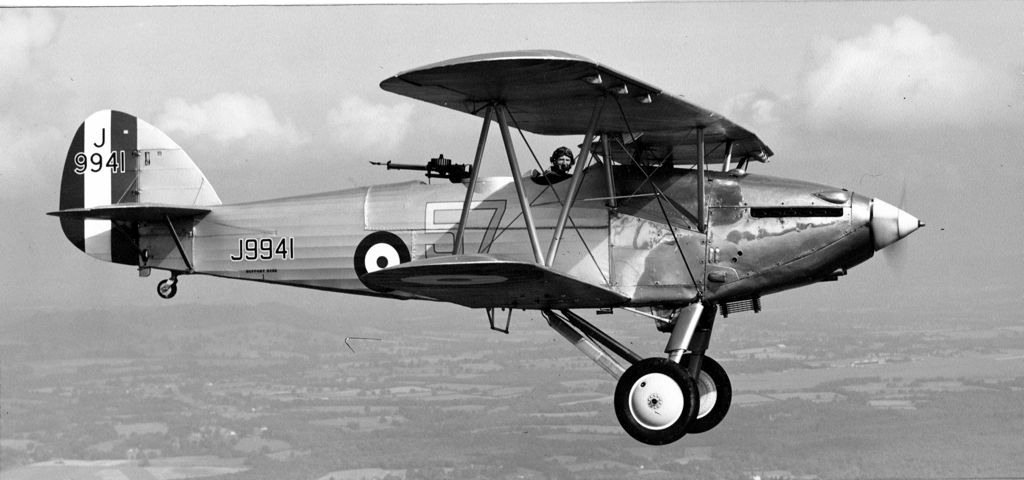
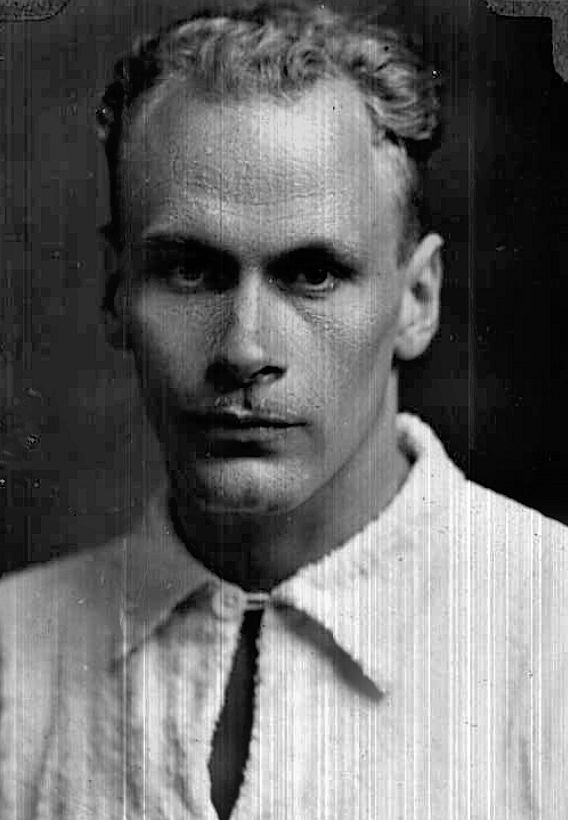 1939
1939 1943
1943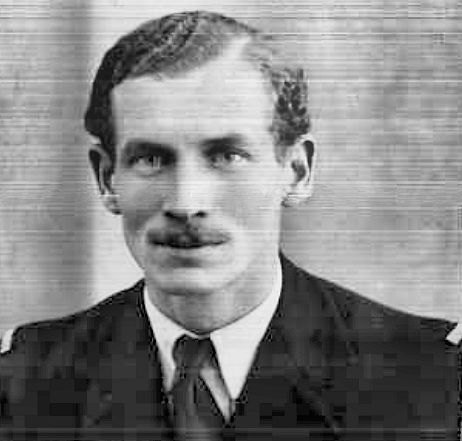 1945
1945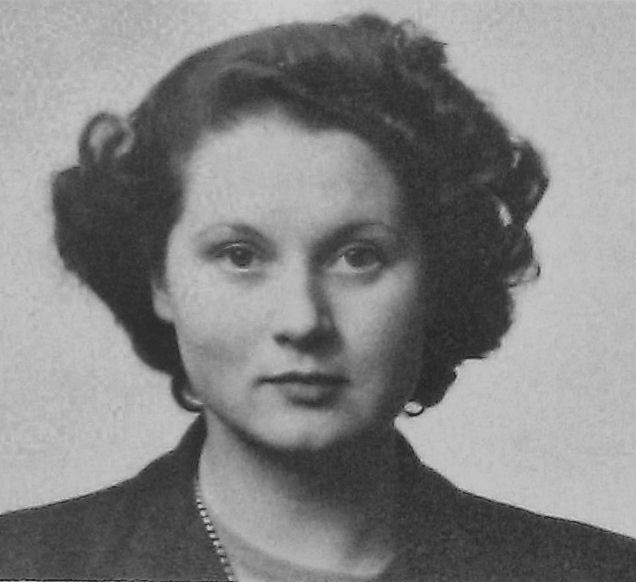

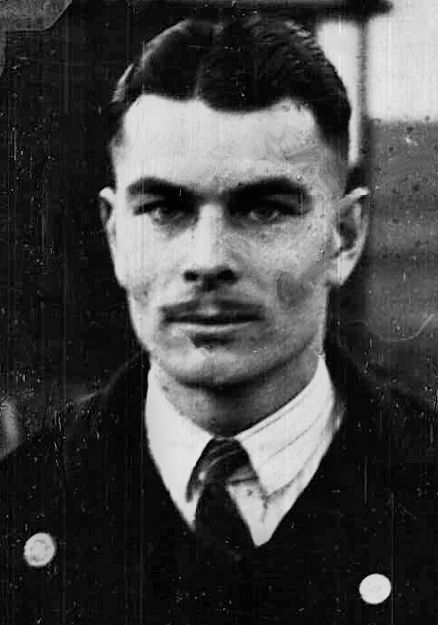 1939
1939 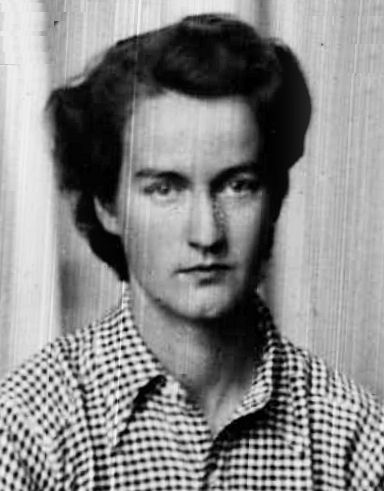 RAeC 1939
RAeC 1939 1940 (The Bystander)
1940 (The Bystander)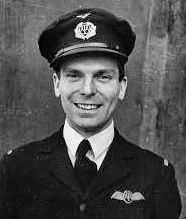 MAMM
MAMM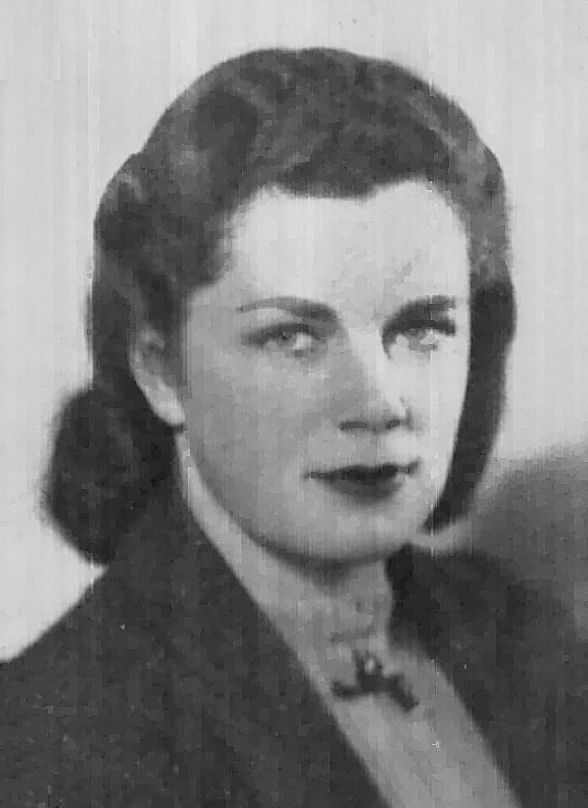 RAeC 1939
RAeC 1939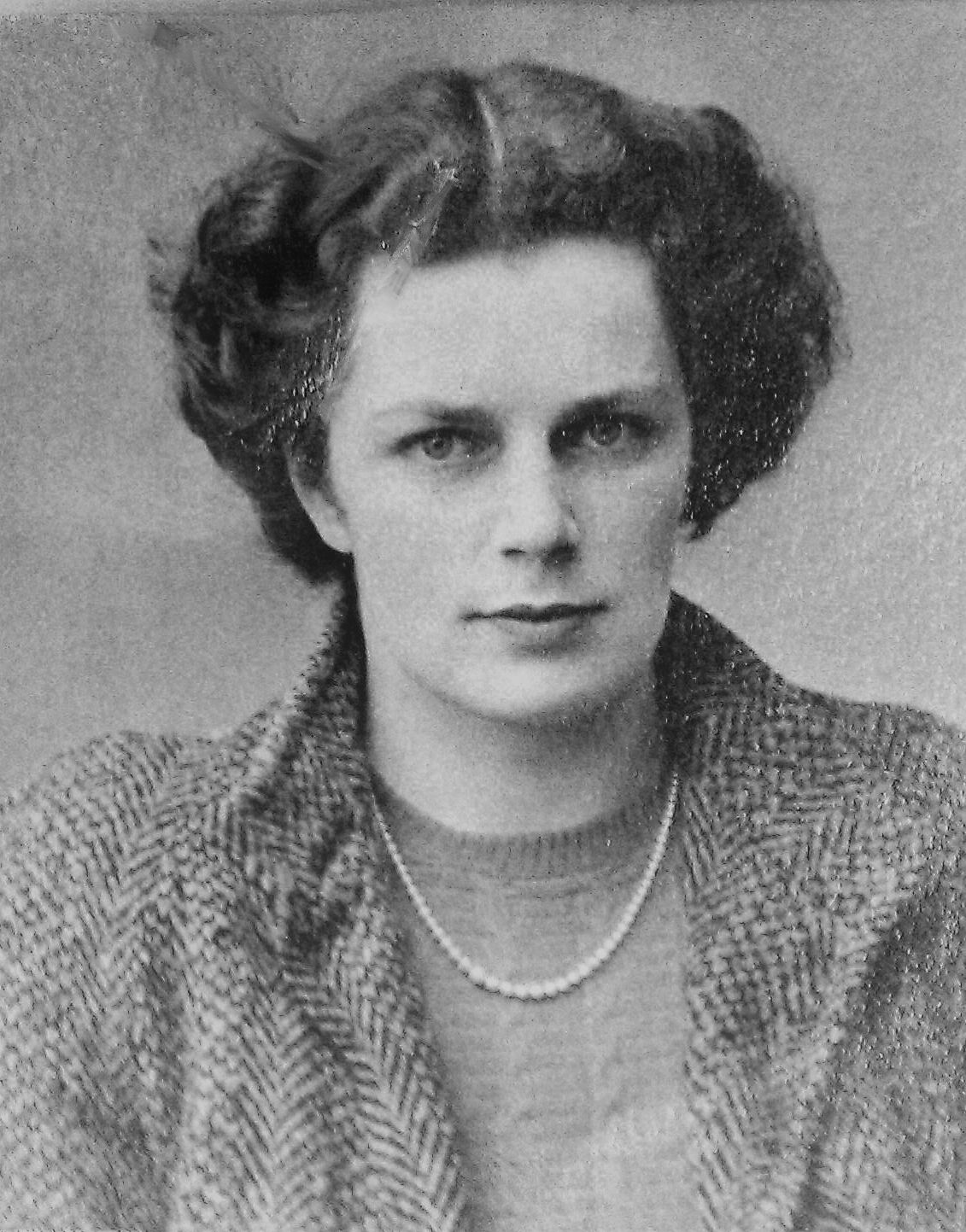 ATA
ATA 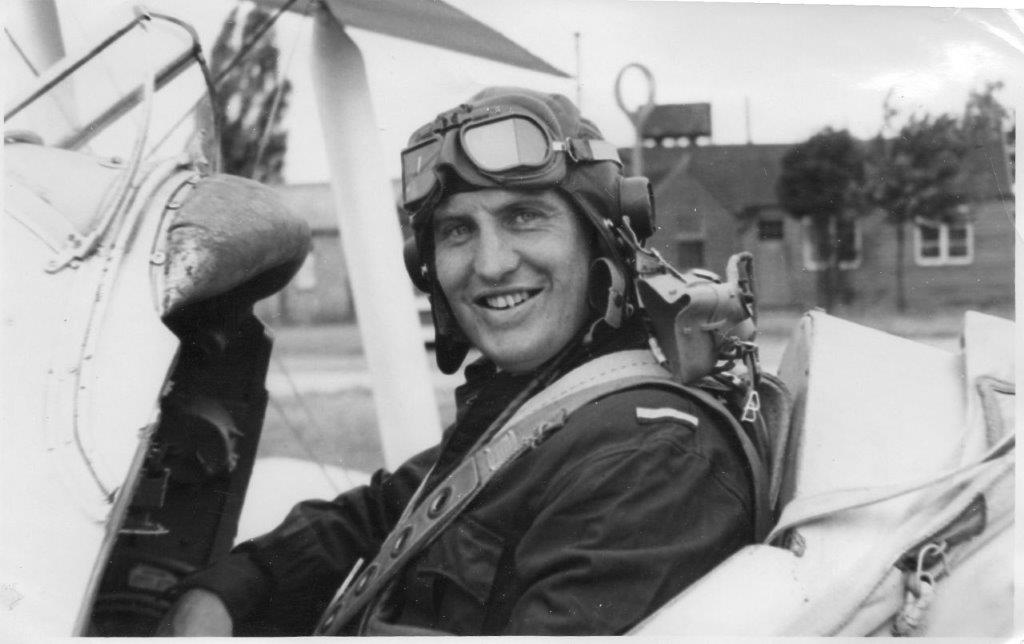 1943
1943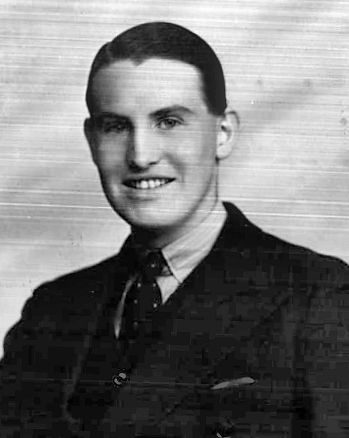 1945
1945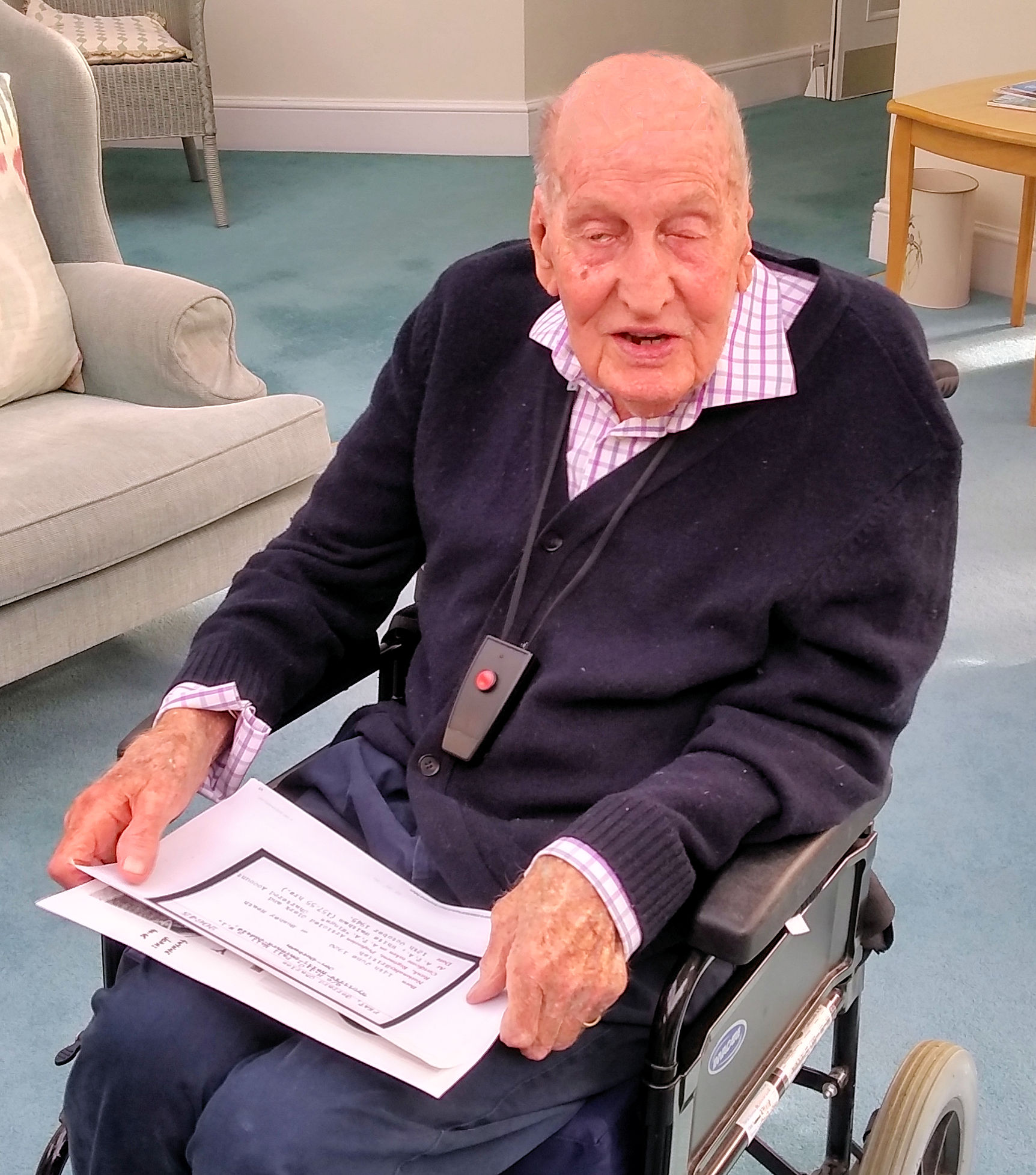 in 2018
in 2018
 1949
1949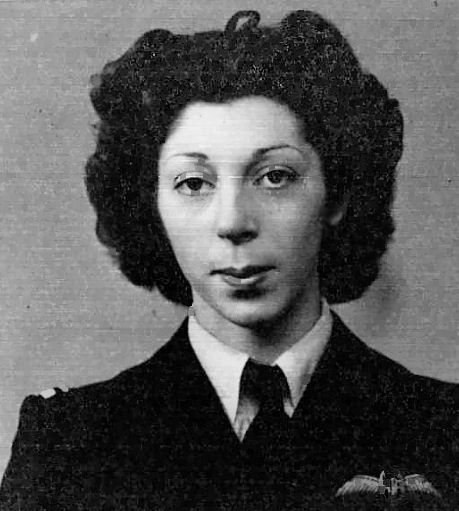 RAeC 1945
RAeC 1945
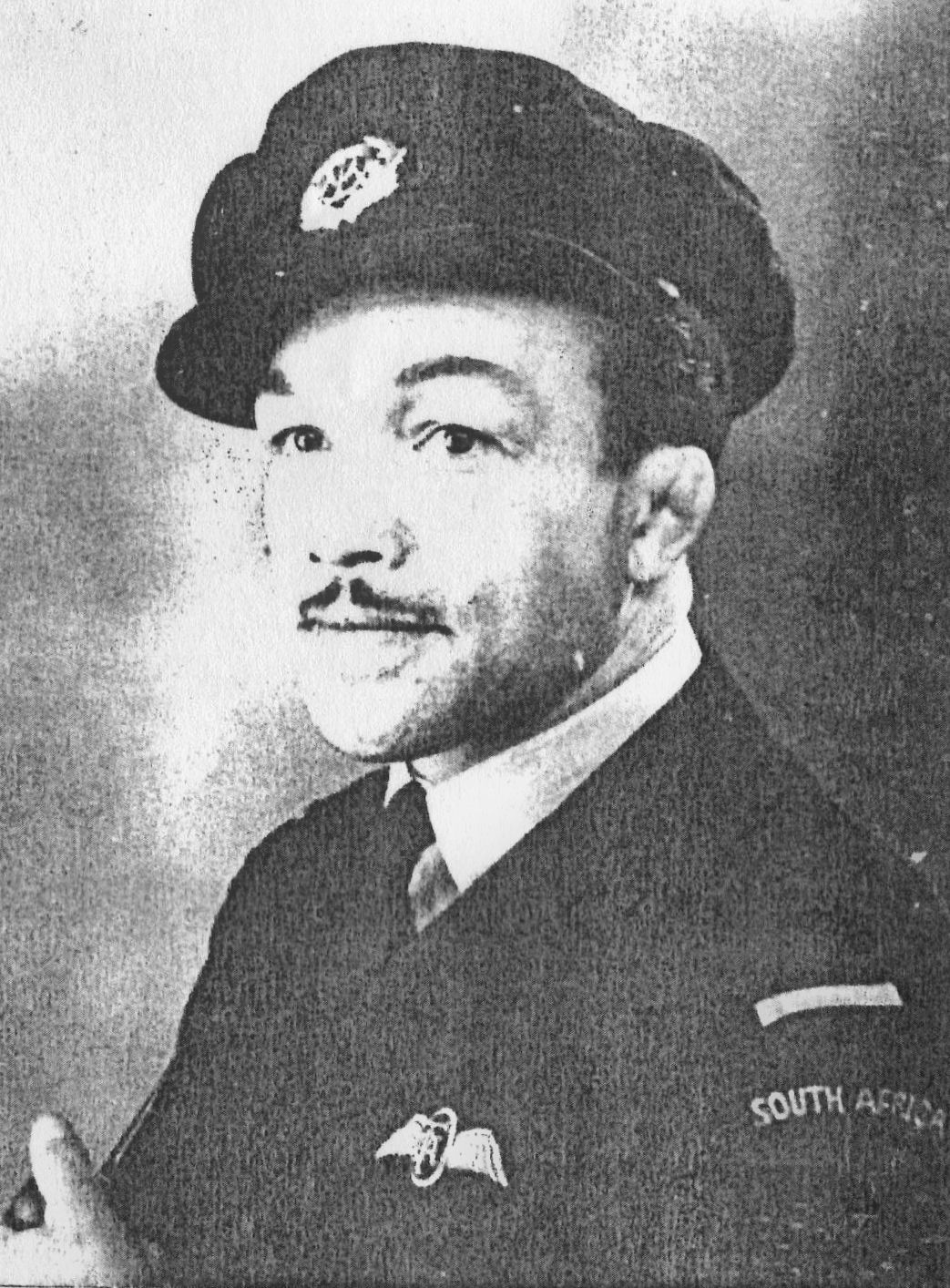 RAFM
RAFM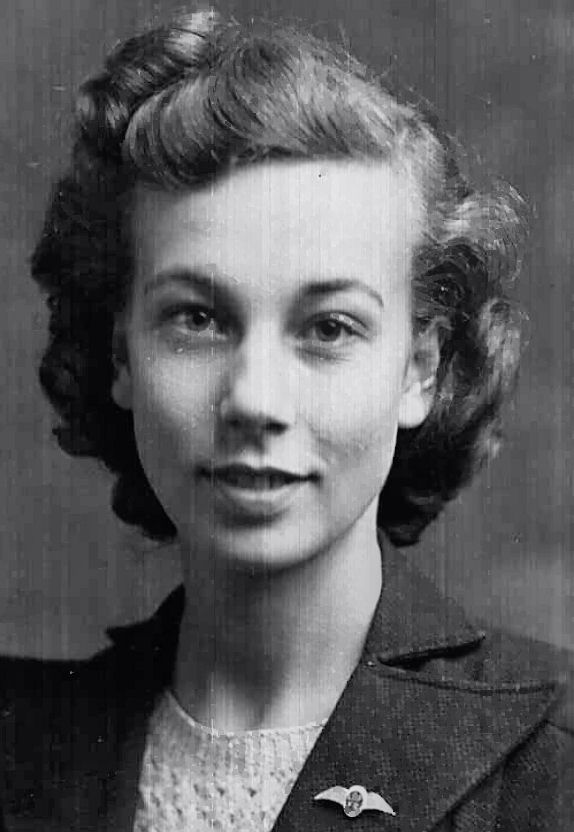 RAeC 1938
RAeC 1938 ATA
ATA
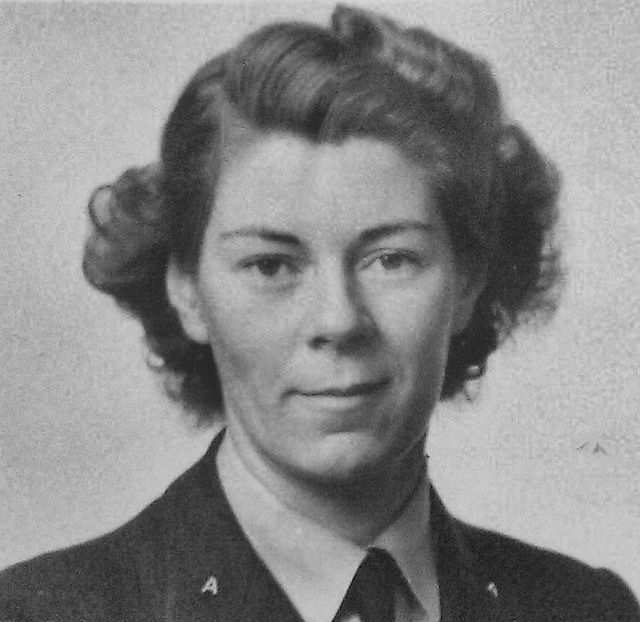 ATA
ATA RAeC 1946
RAeC 1946 possibly this is her, in 1948
possibly this is her, in 1948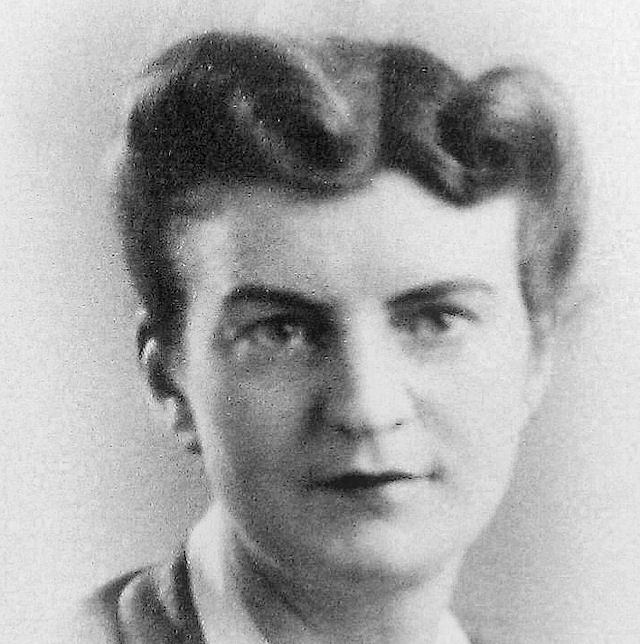 ATA
ATA Aukland Museum
Aukland Museum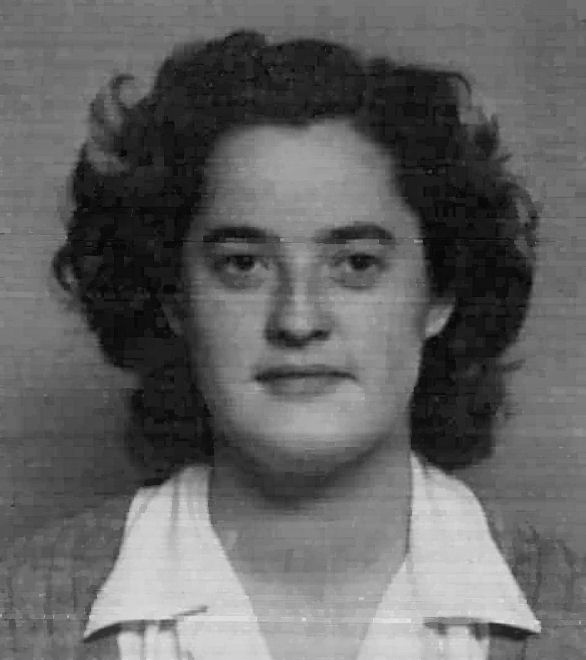 RAeC 1945
RAeC 1945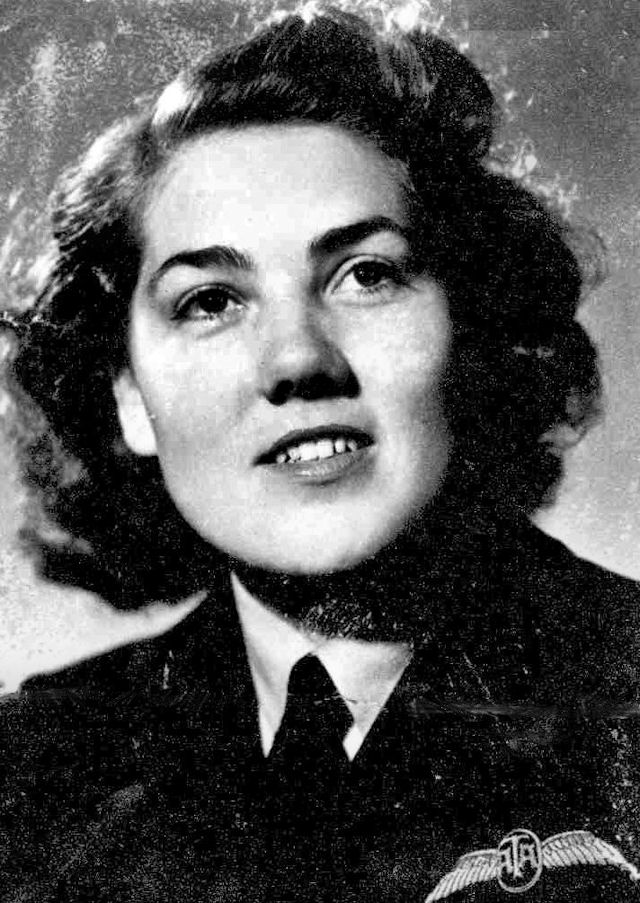 ATA
ATA Memorial erected in 2014
Memorial erected in 2014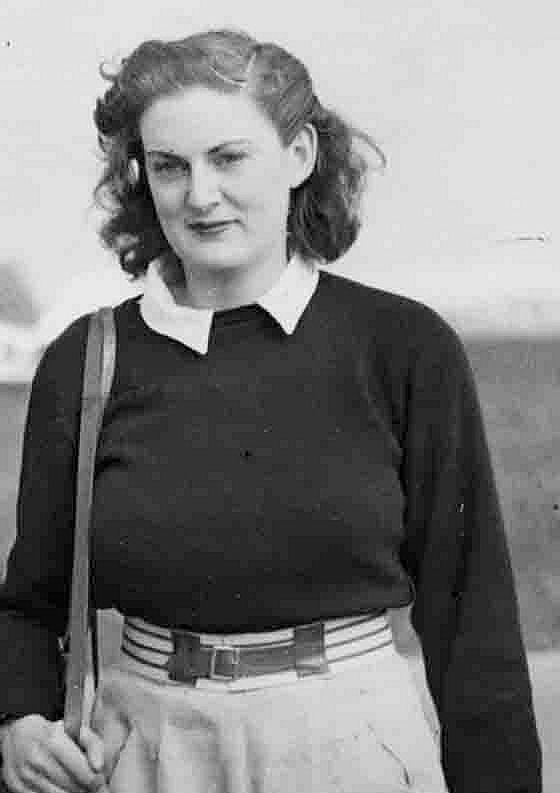 1946
1946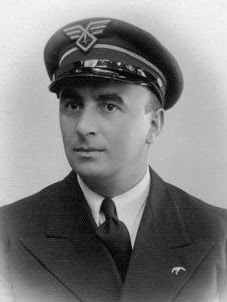 c1934
c1934 ATA
ATA 1945
1945 "Wildcat, Aug 45"
"Wildcat, Aug 45"
 Imperial War Museum
Imperial War Museum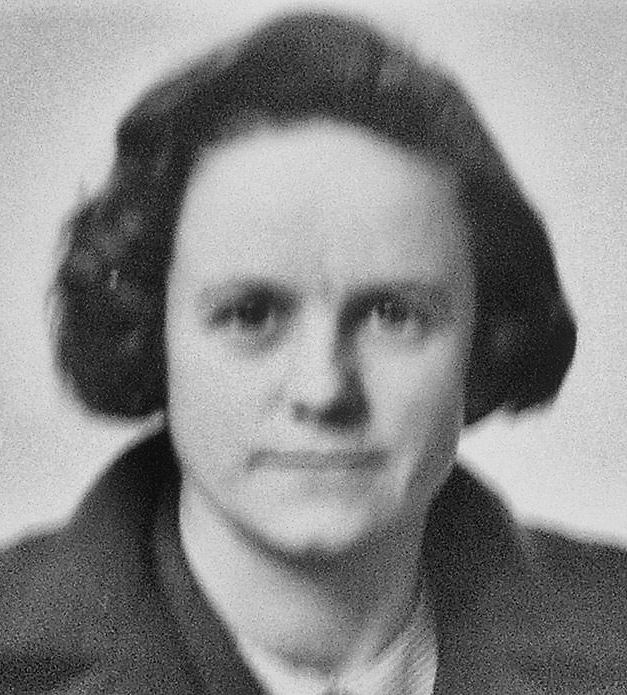 ATA
ATA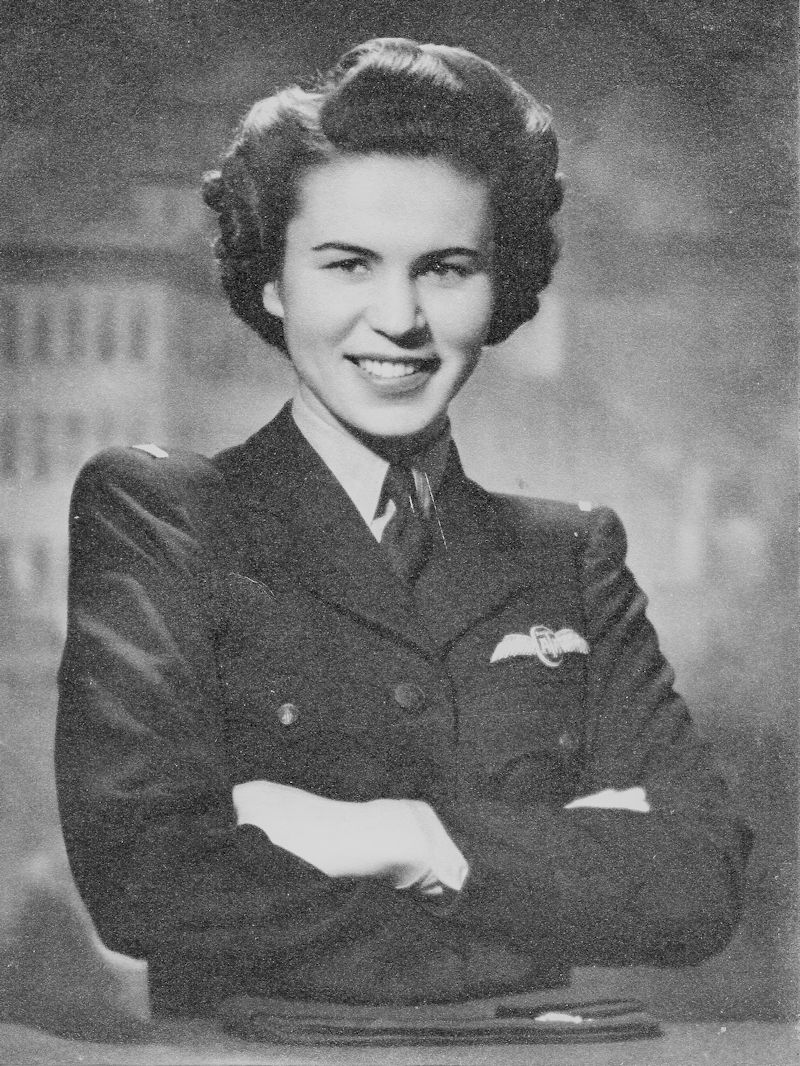
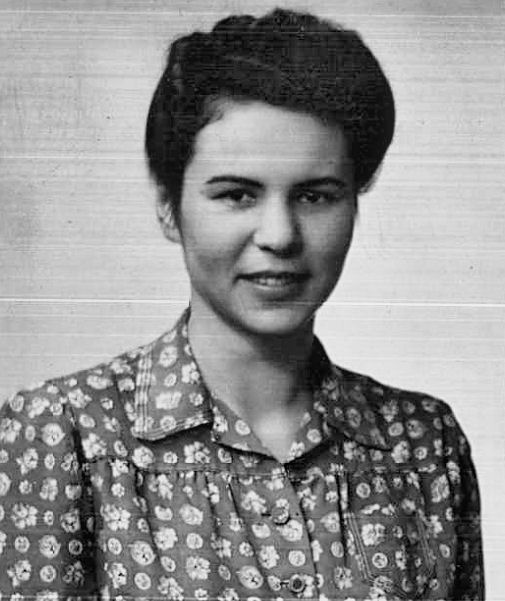 RAeC 1945
RAeC 1945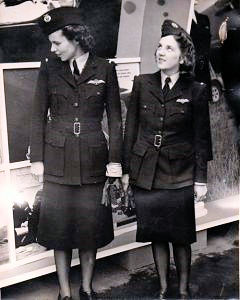
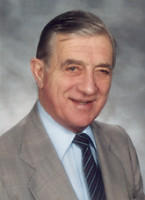
 ATA
ATA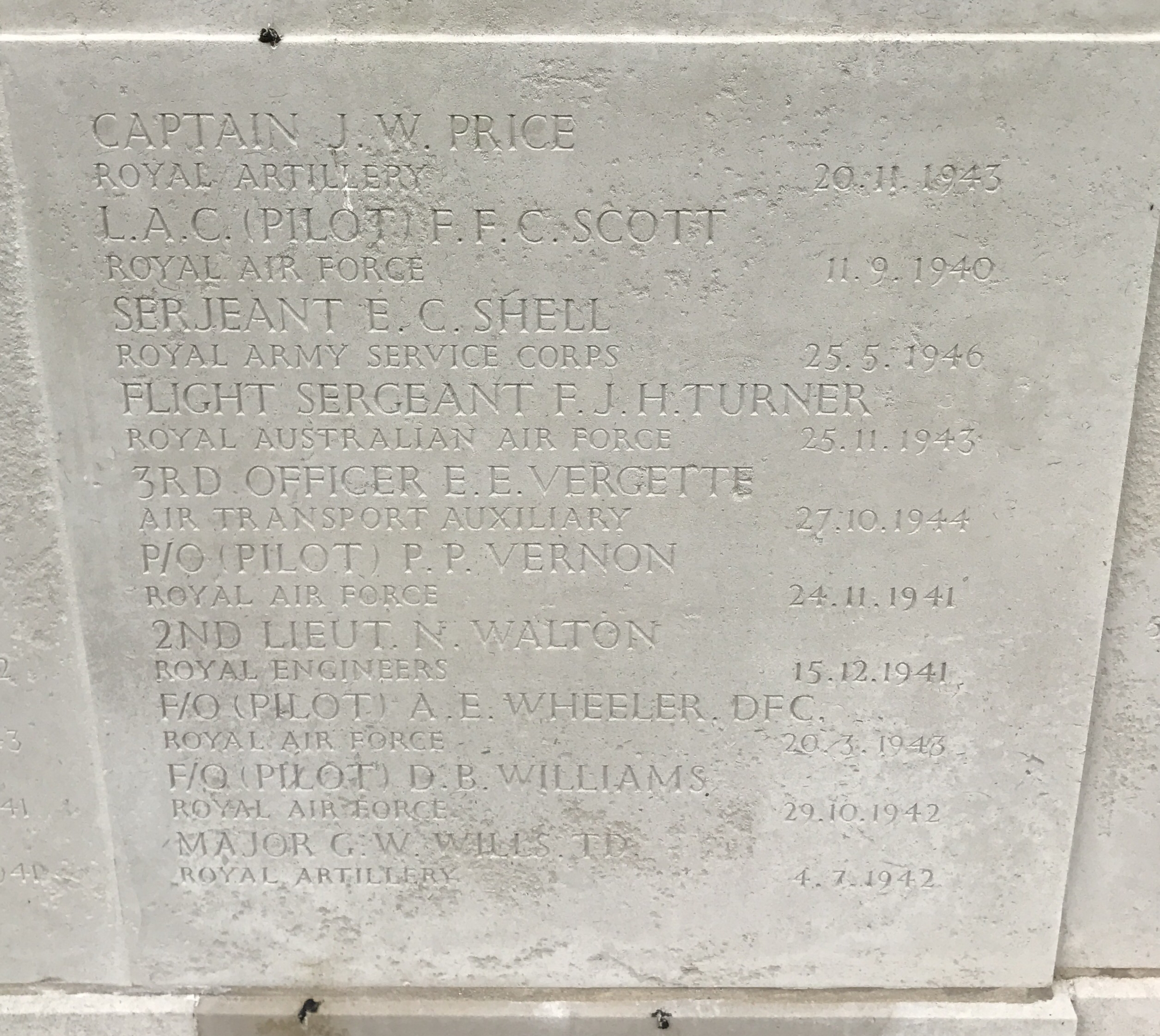 findagrave.com
findagrave.com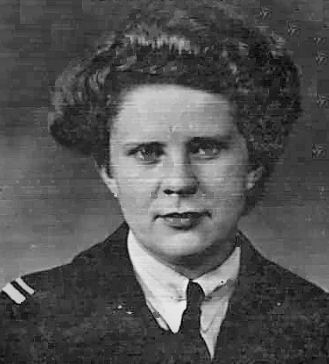 RAeC 1945
RAeC 1945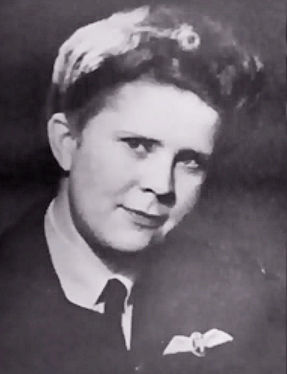 ATA
ATA
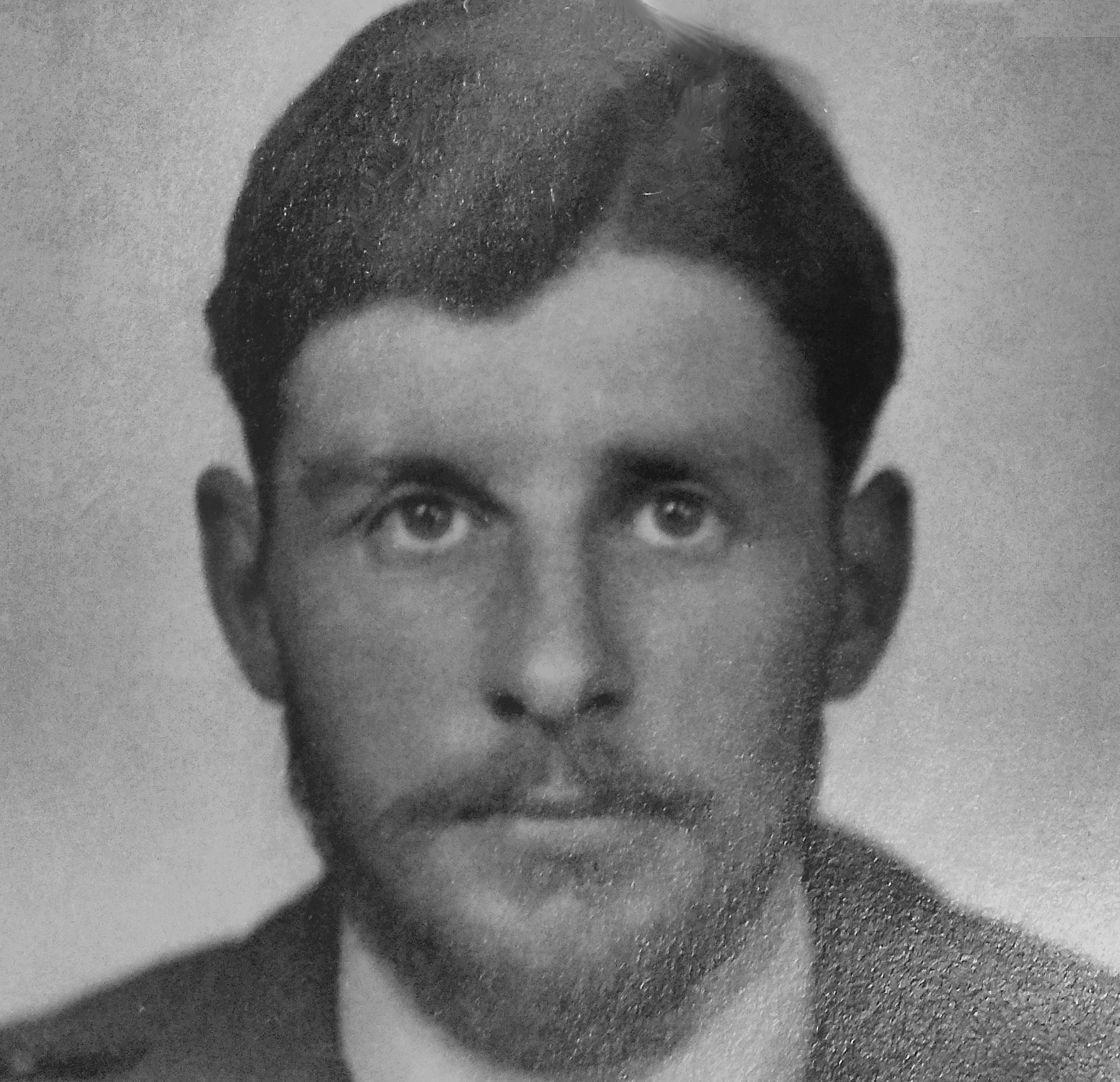 ATA
ATA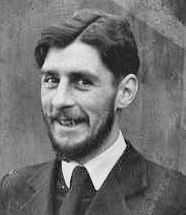 MAMM
MAMM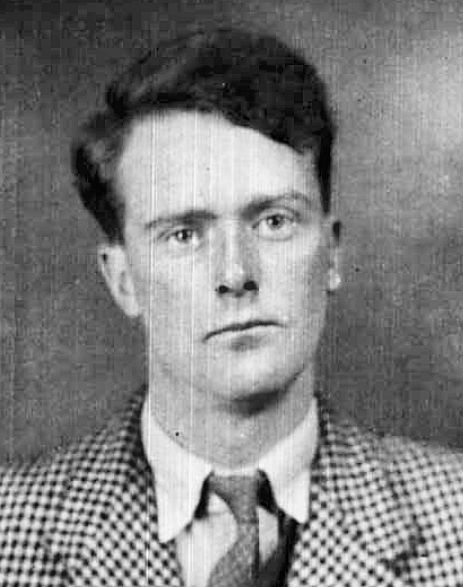 1947
1947 ATAM
ATAM ATAM
ATAM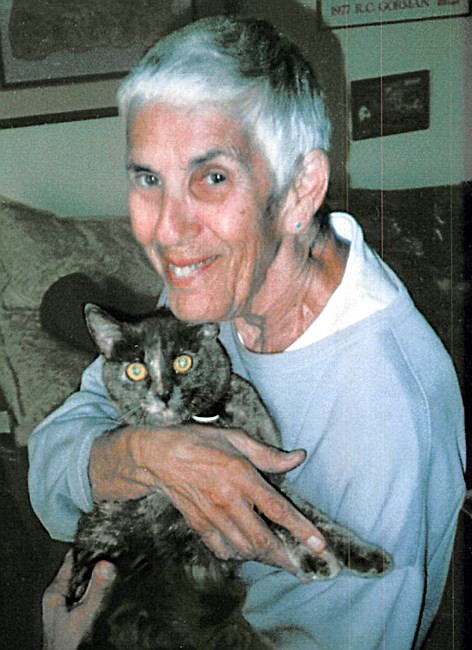
 ATA
ATA


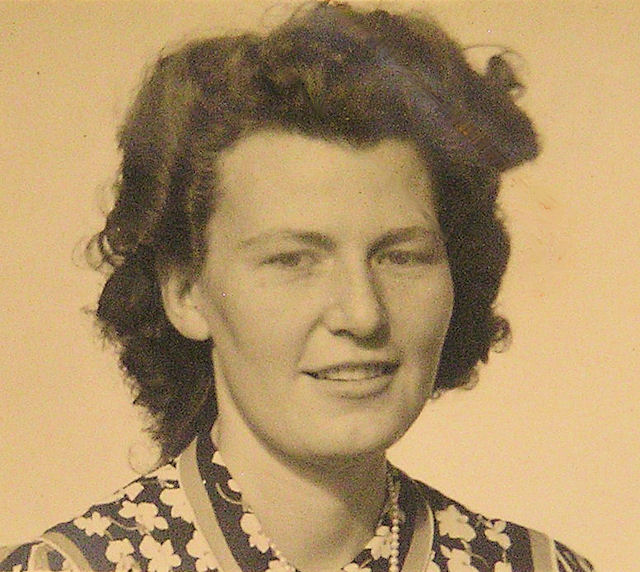 ATA
ATA ATAM
ATAM
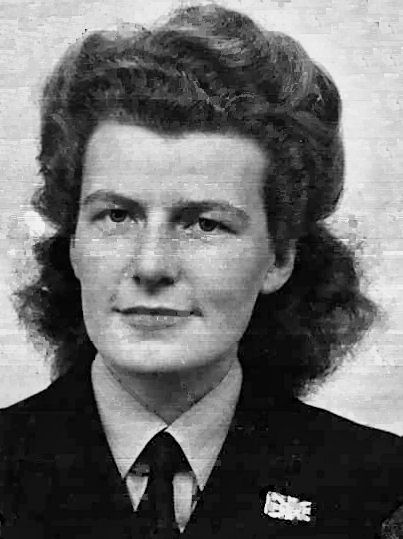 RAeC 1945
RAeC 1945
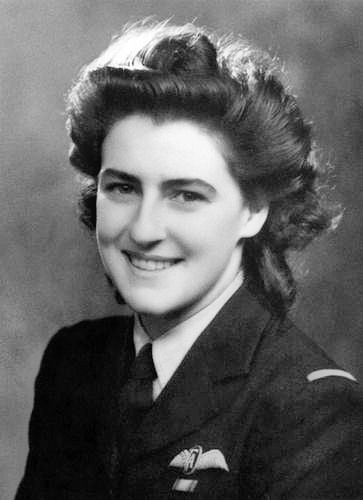 ATA
ATA
 Daily Mirror
Daily Mirror

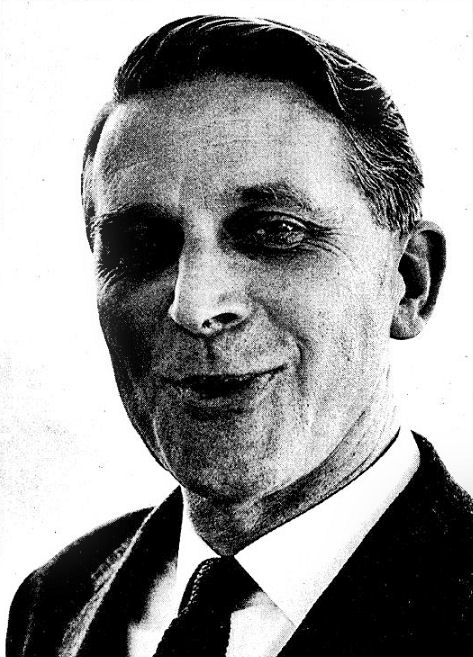
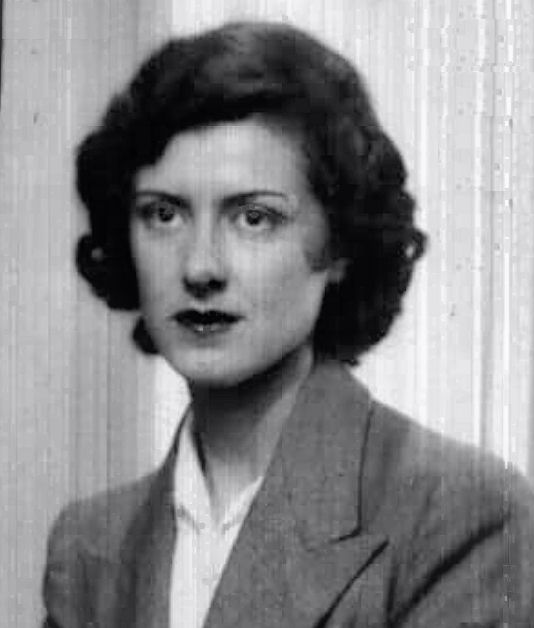 RAeC 1939
RAeC 1939 ATA
ATA ATA
ATA 1946
1946 Entry Visa for Brazil, 8 Apr 1946. At the time her son, Dorian Christopher, was 10 weeks old.
Entry Visa for Brazil, 8 Apr 1946. At the time her son, Dorian Christopher, was 10 weeks old.
 1955 - Pacific Island Weekly
1955 - Pacific Island Weekly
 Ratu Seru Epenisa Cakobau in 1883
Ratu Seru Epenisa Cakobau in 1883

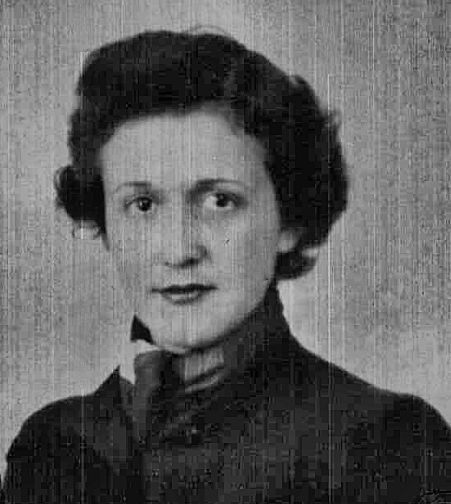 RAeC 1939
RAeC 1939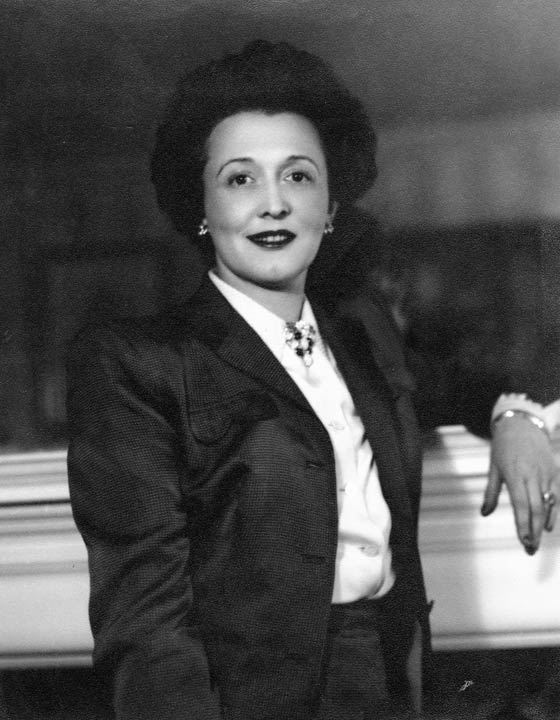
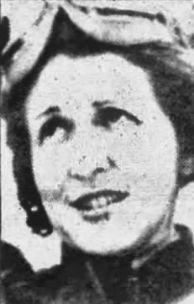 In 1934, the first woman to fly solo from NYC to Mexico and back.
In 1934, the first woman to fly solo from NYC to Mexico and back.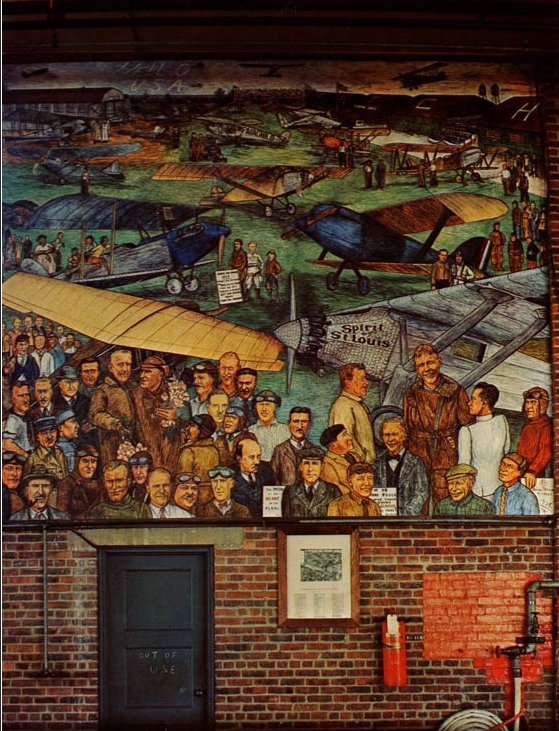 part of Aline's 38m 'Aviation History' mural painted in 1938 in Hangar F of Roosevelt Field, now at the Smithsonian.
part of Aline's 38m 'Aviation History' mural painted in 1938 in Hangar F of Roosevelt Field, now at the Smithsonian.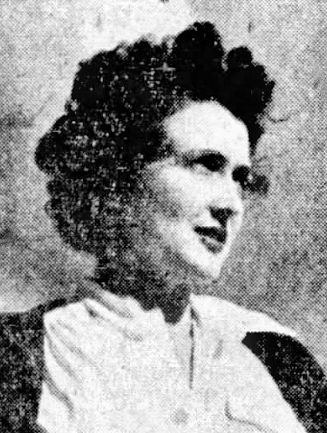 1951
1951 ATA
ATA
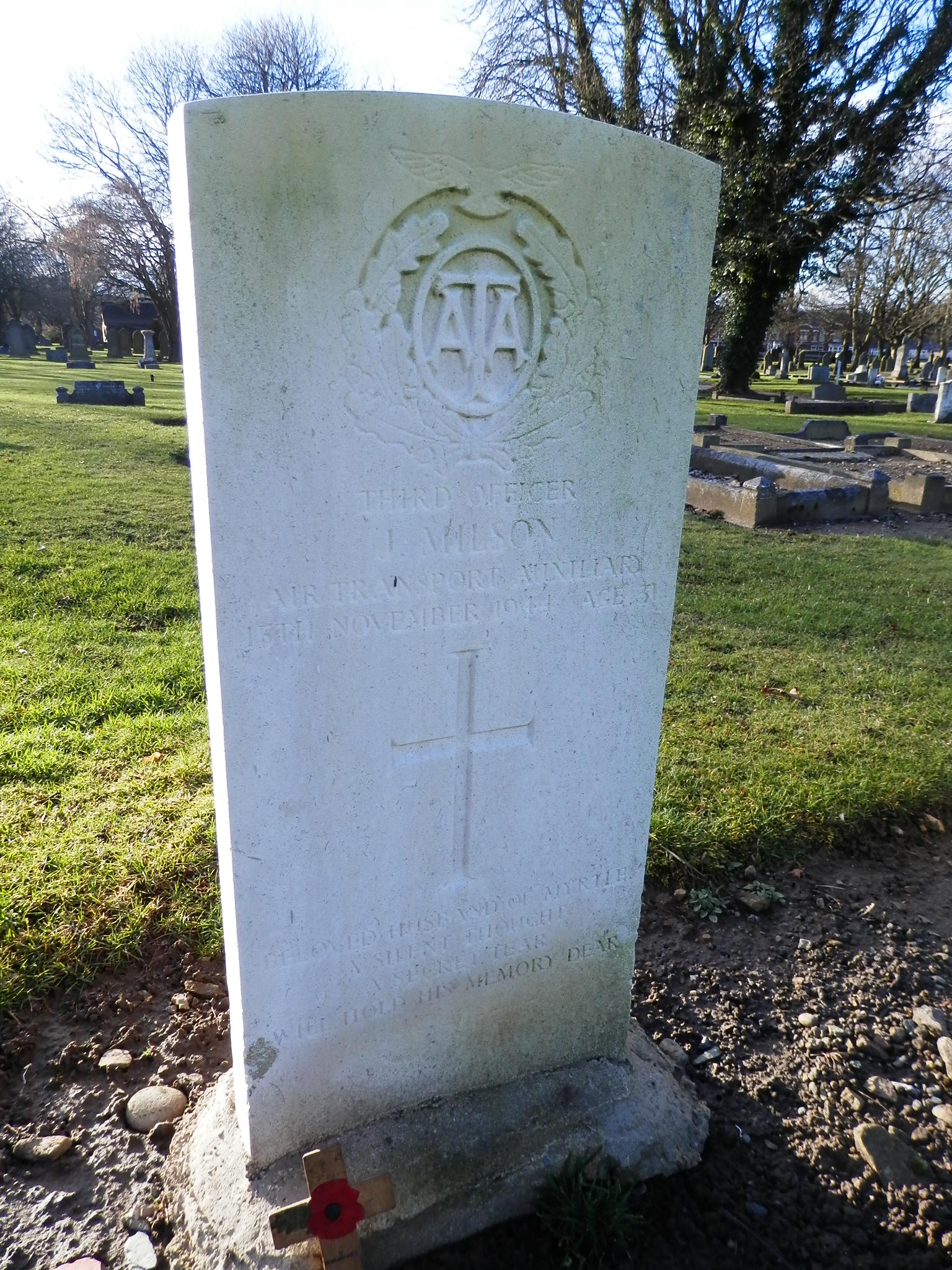 findagrave.com
findagrave.com
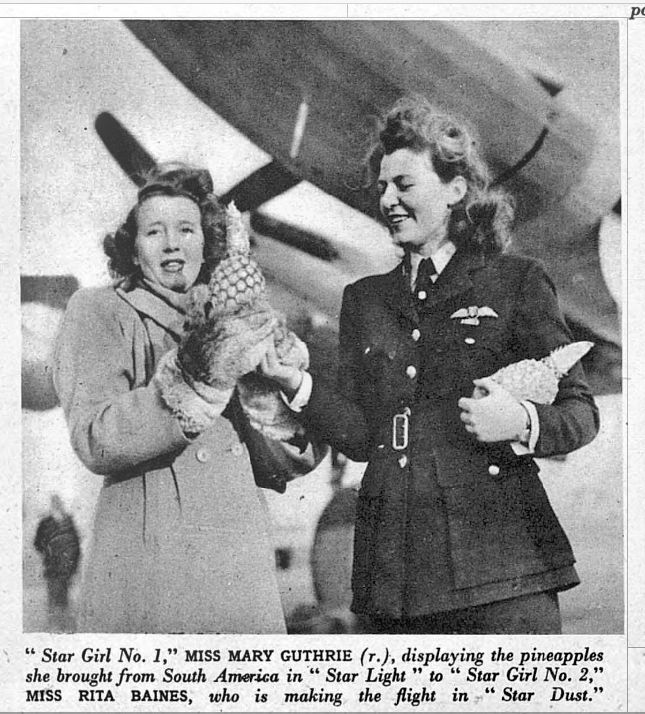
 The Tatler
The Tatler ATA
ATA
 ATA
ATA Falkirk Herald
Falkirk Herald



 - The Sydney Morning Herald, 15 Jun 1936
- The Sydney Morning Herald, 15 Jun 1936

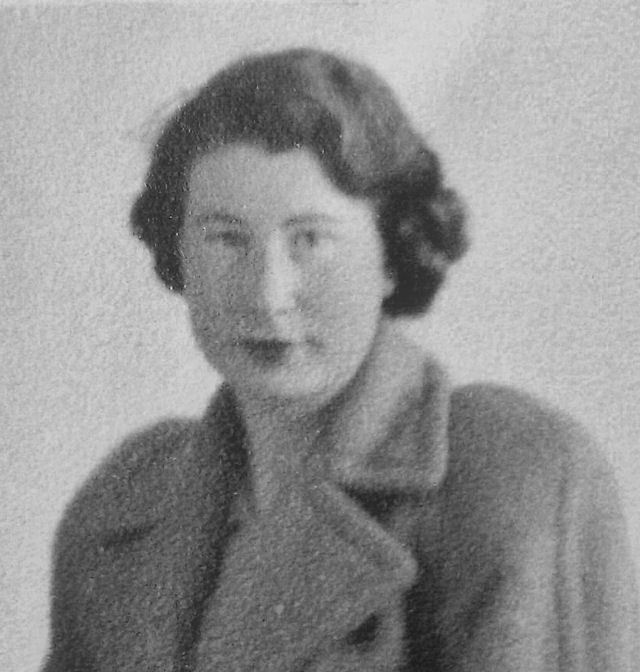 ATA
ATA

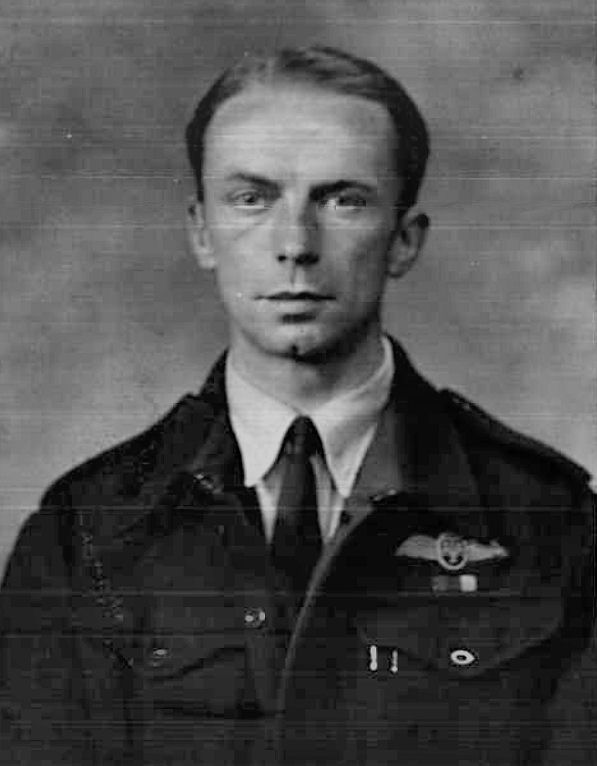 1945
1945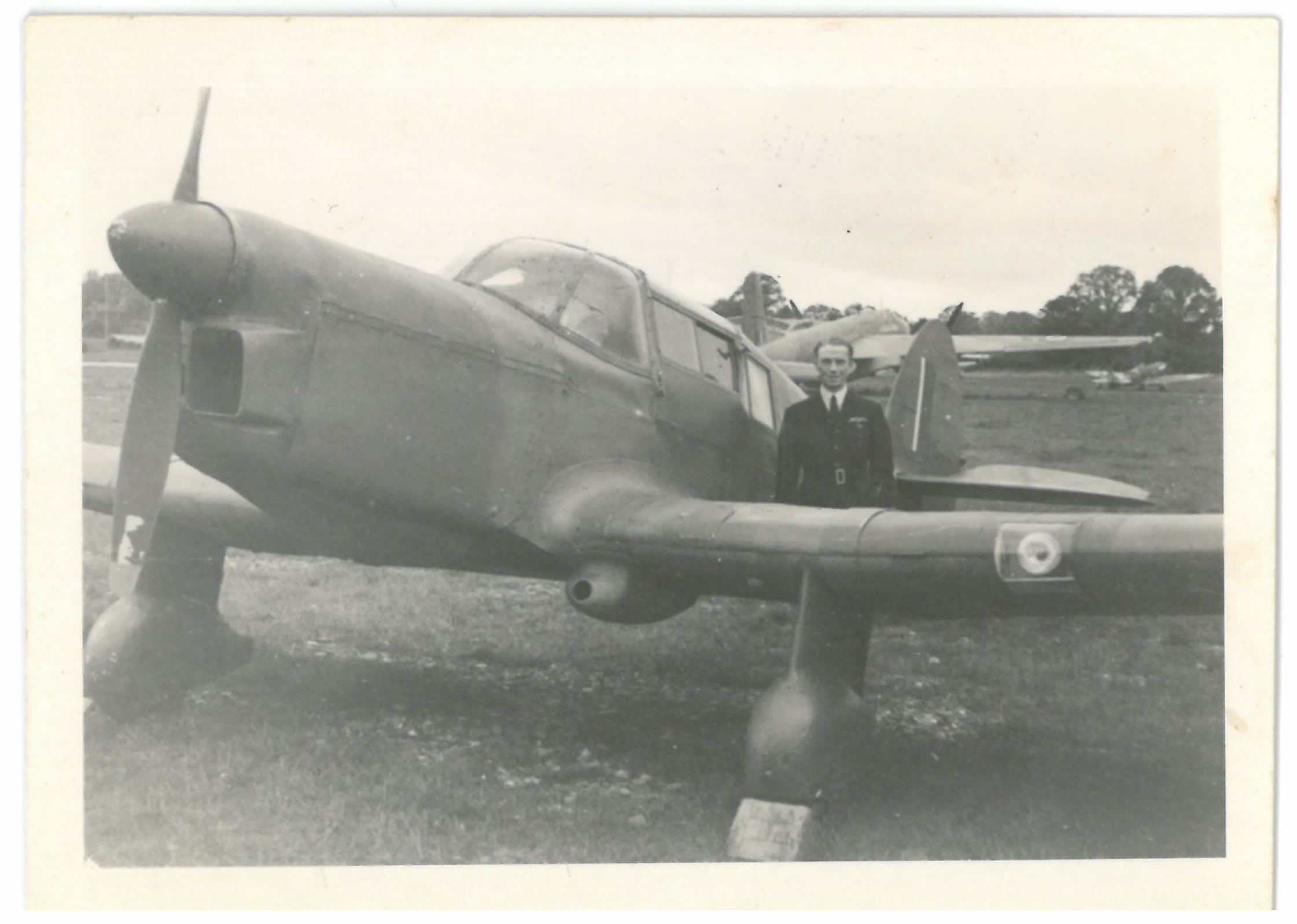

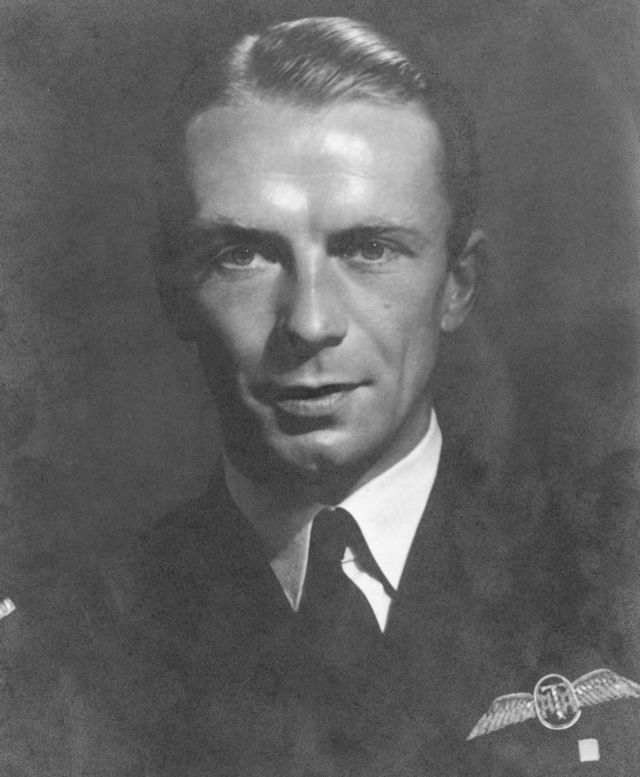
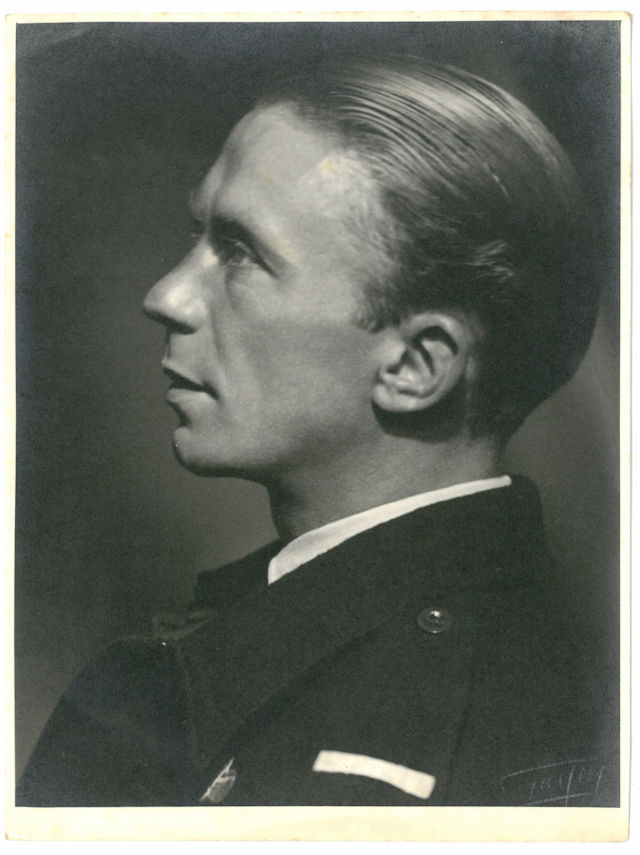
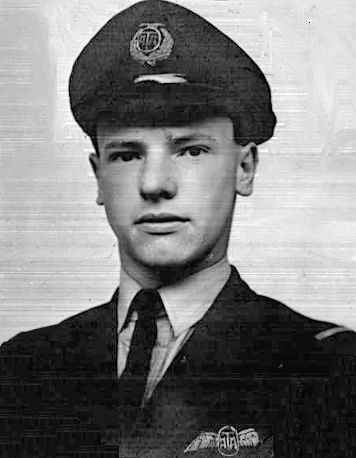 1945
1945 ATAM
ATAM ATAM
ATAM "Great-hearted Greatly loved. Death hath no more dominion over her"
"Great-hearted Greatly loved. Death hath no more dominion over her" RAeC 1945
RAeC 1945 (39 Sqn RAF, d. 24 Oct 1942 in Lancaster I W4306, which crashed in England on return from a daylight raid on Milan)
(39 Sqn RAF, d. 24 Oct 1942 in Lancaster I W4306, which crashed in England on return from a daylight raid on Milan) RAeC 1945
RAeC 1945 WwW
WwW ATA
ATA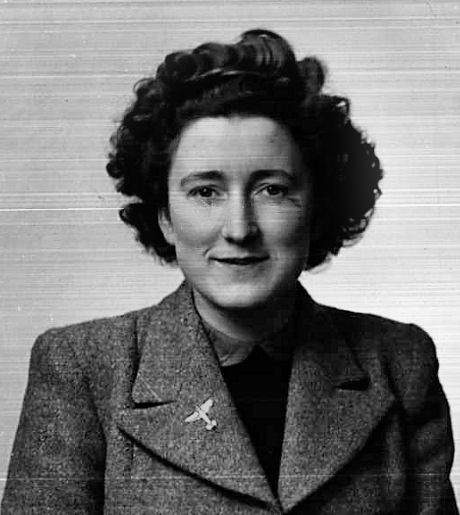 RAeC 1945
RAeC 1945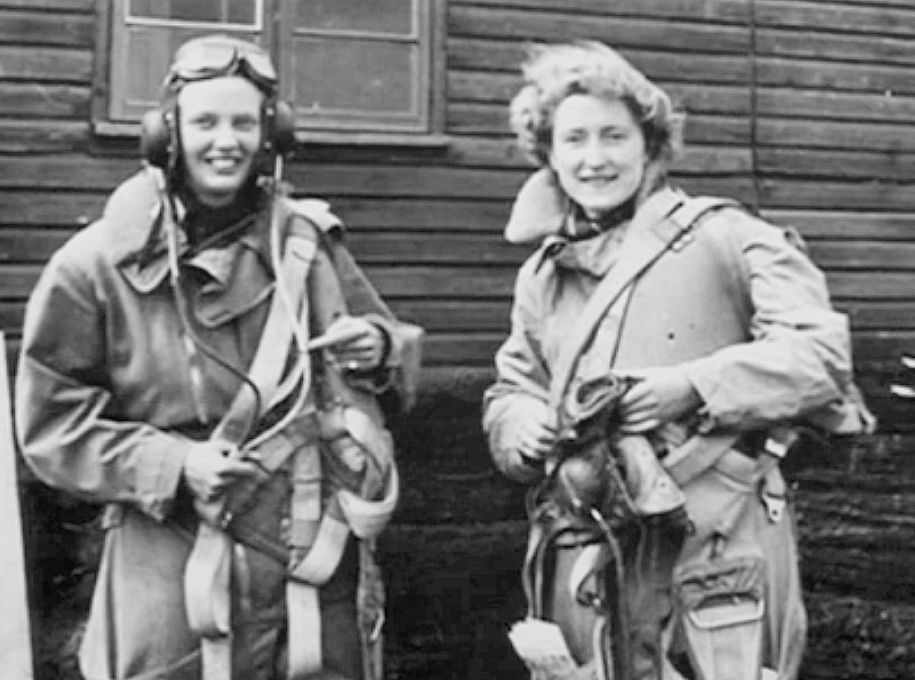 with (l) Di Faunthorpe
with (l) Di Faunthorpe 1951
1951
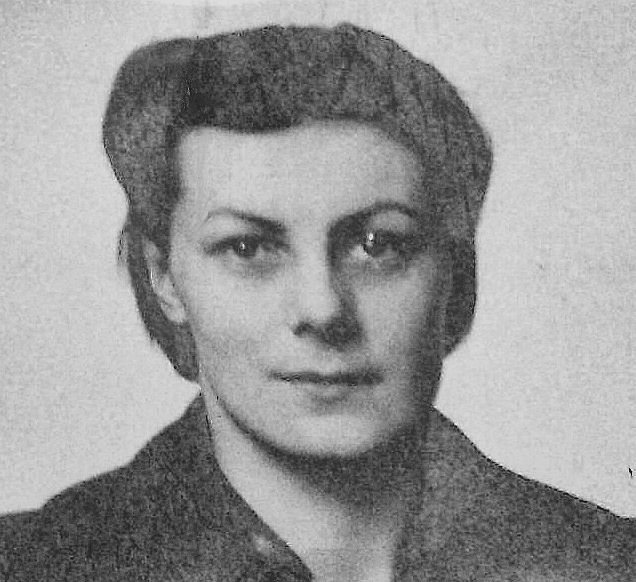 ATA
ATA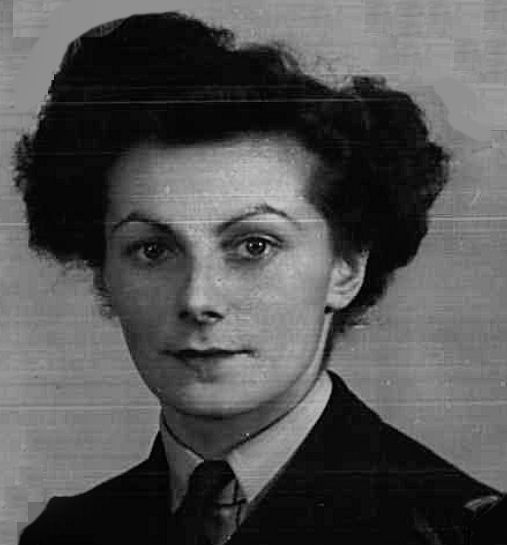 RAeC 1945
RAeC 1945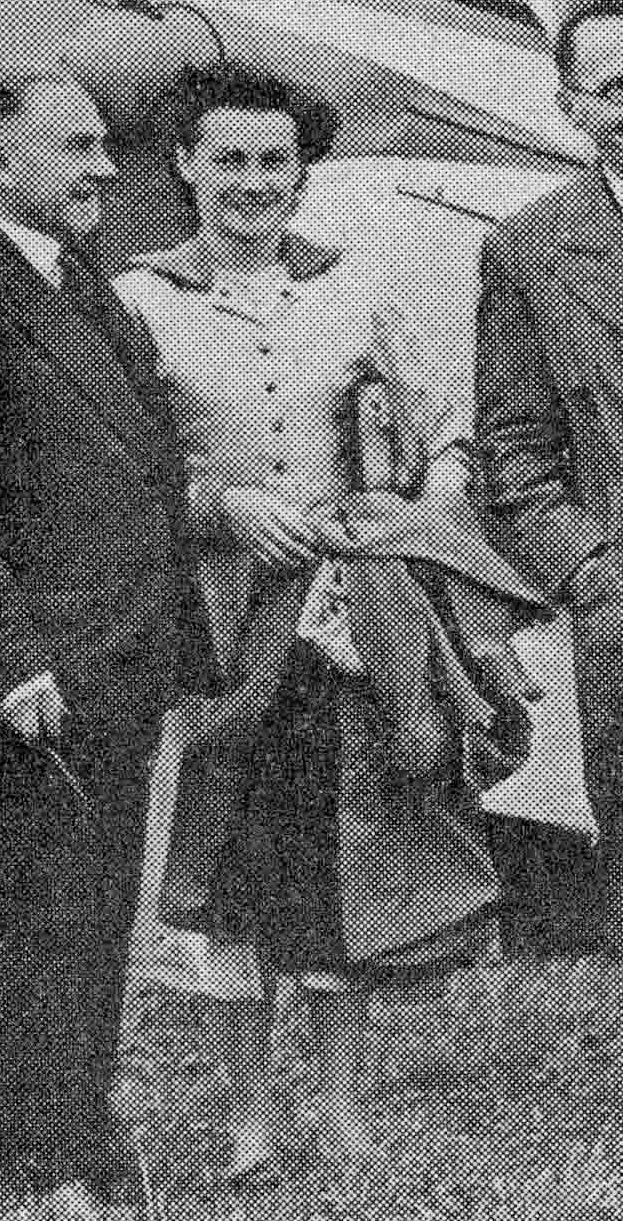 c.1952
c.1952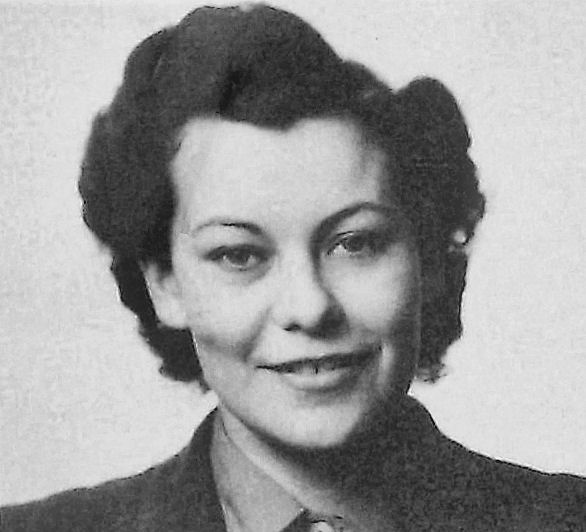 ATA
ATA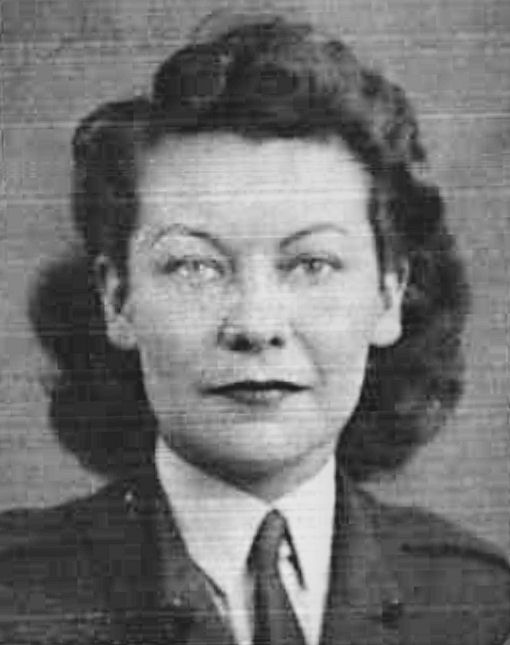 RAeC 1945
RAeC 1945 1993
1993
 in 1944
in 1944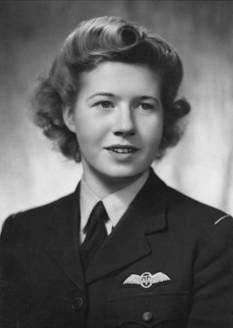 ATA
ATA RAeC 1945
RAeC 1945 With the Hertfordshire Hunt in 1940
With the Hertfordshire Hunt in 1940

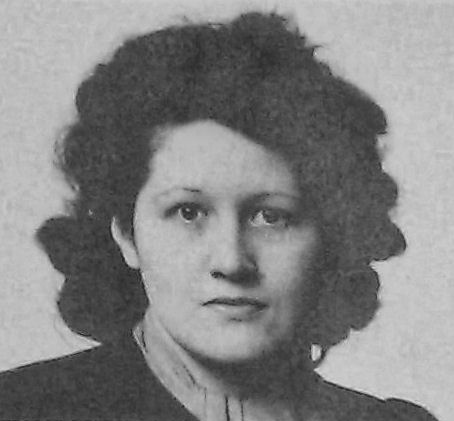 ATA
ATA 1993
1993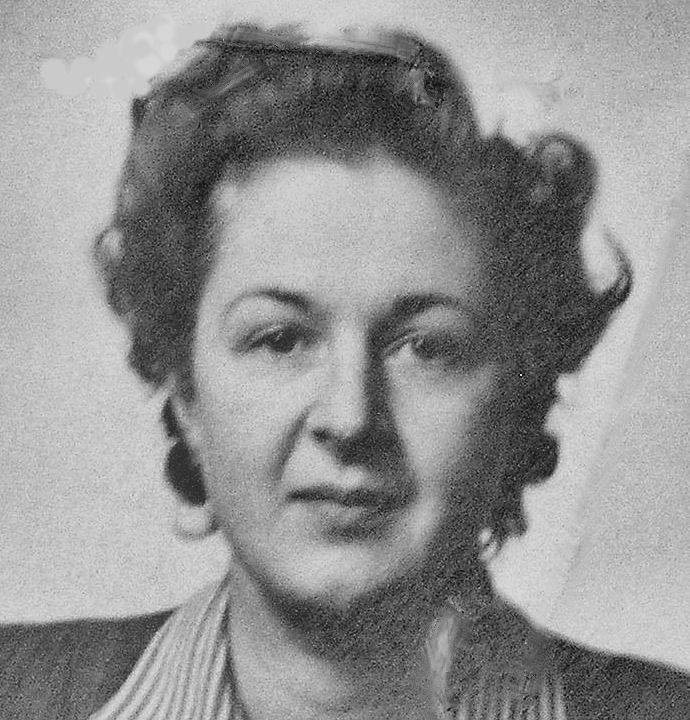 ATA
ATA
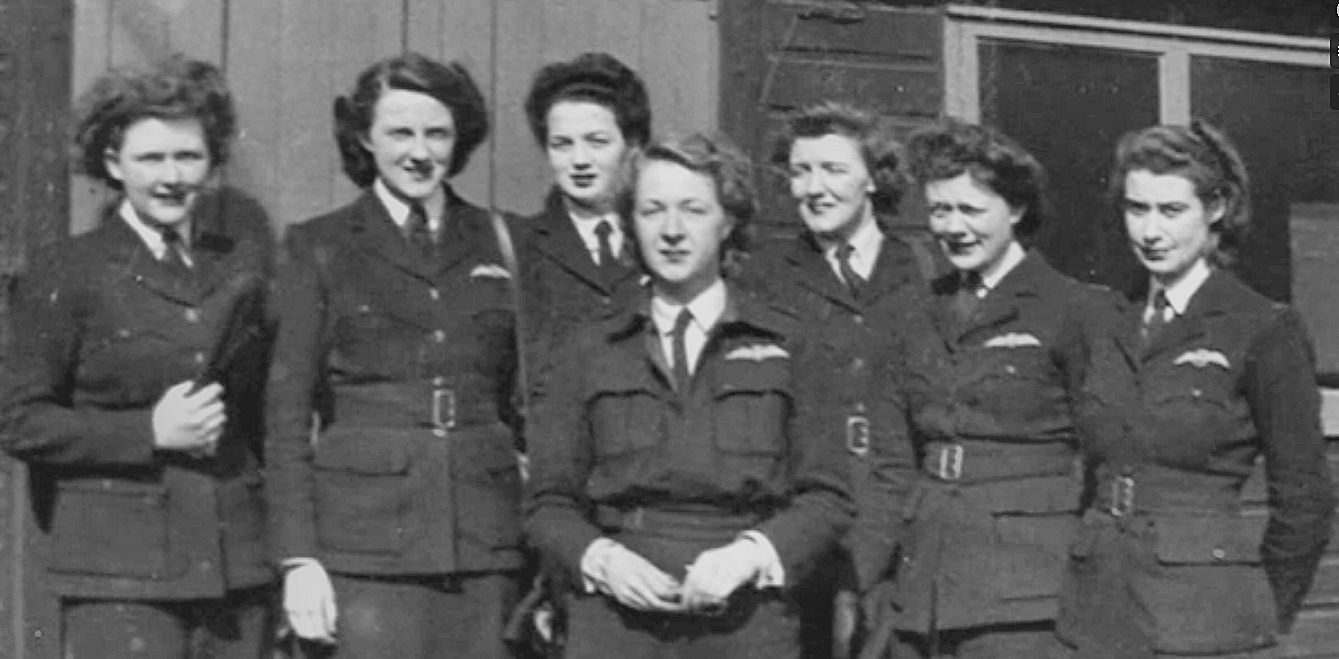
 Sgt. Codlin's ATA contract was terminated the same day.
Sgt. Codlin's ATA contract was terminated the same day.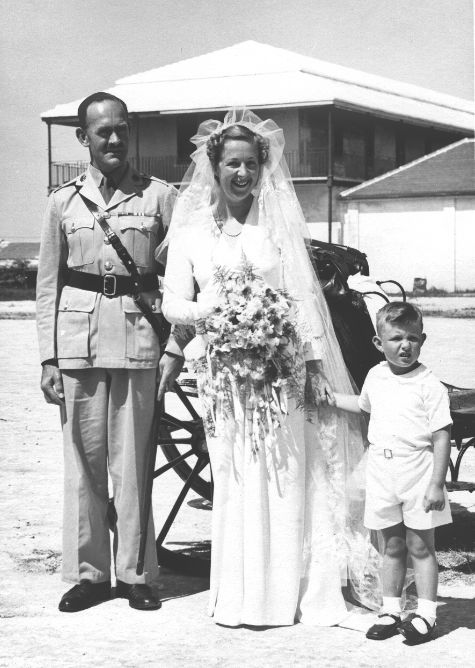



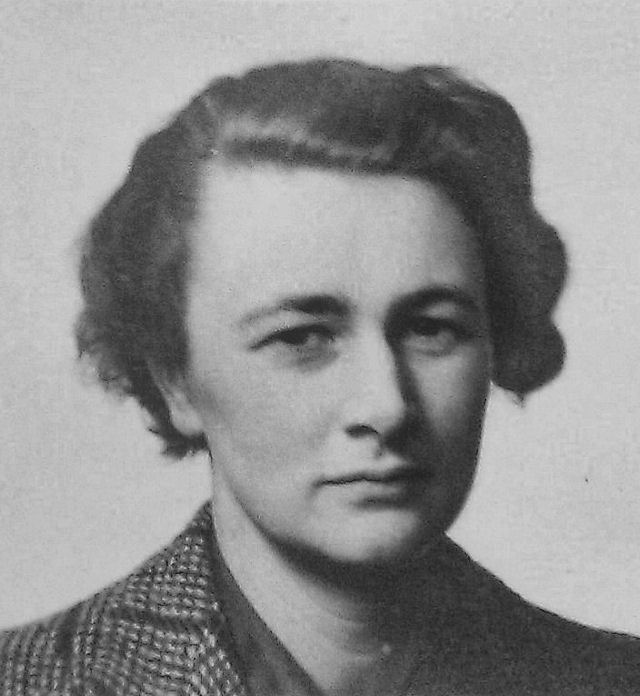 ATA
ATA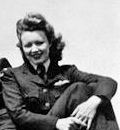 ATA
ATA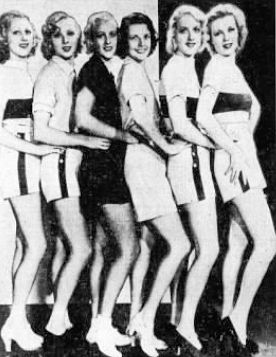 Far right, representing "Missouri" in 1935
Far right, representing "Missouri" in 1935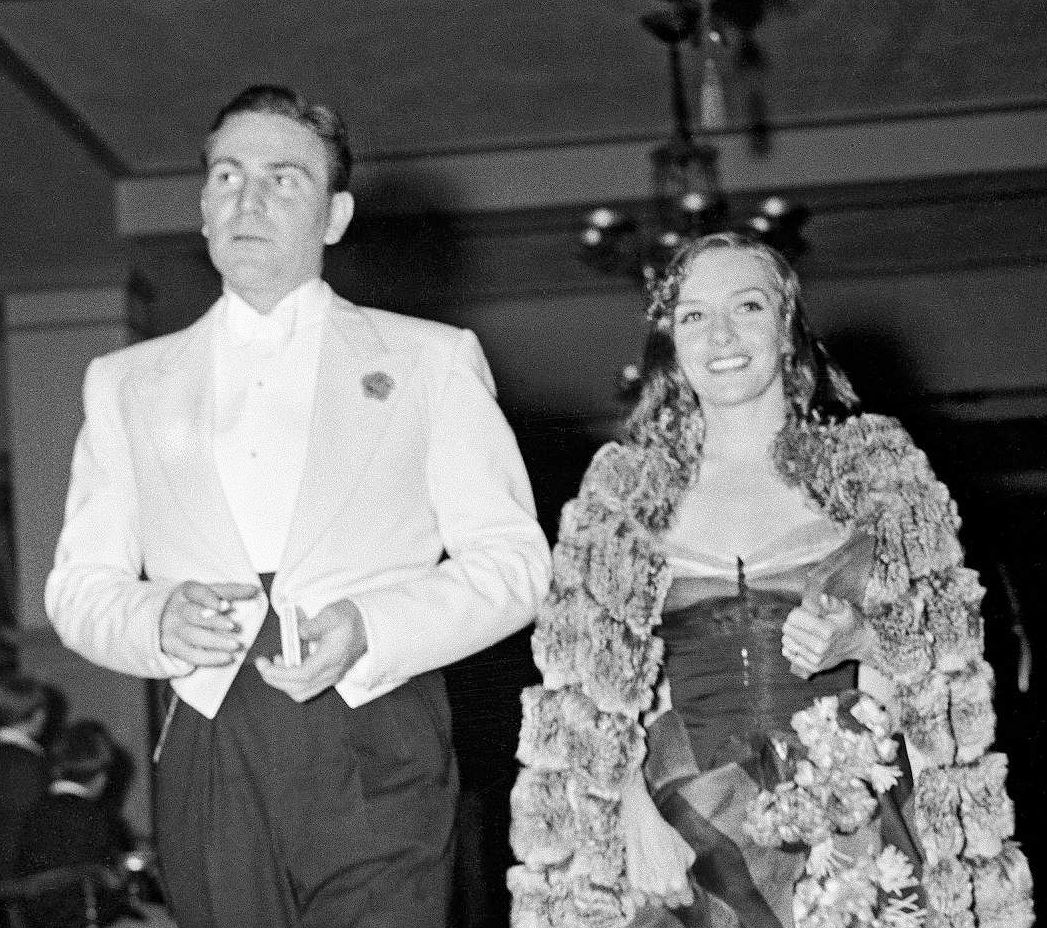 1936
1936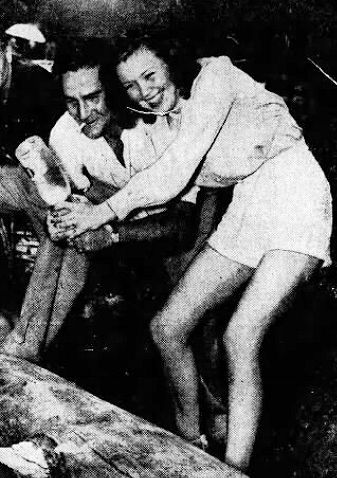 The Los Angeles Times
The Los Angeles Times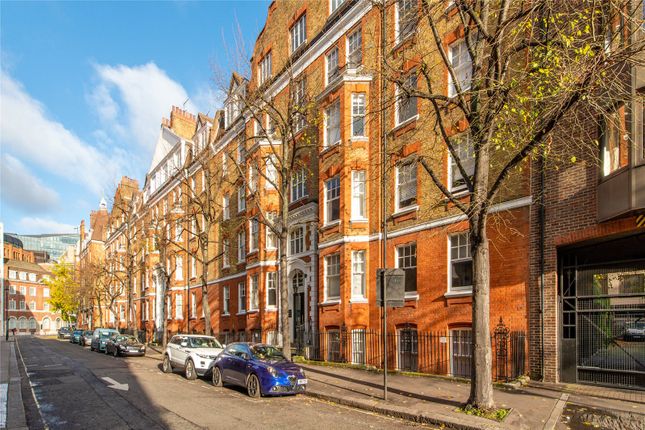 ...a flat at 7 Greycoat Gardens, London SW1
...a flat at 7 Greycoat Gardens, London SW1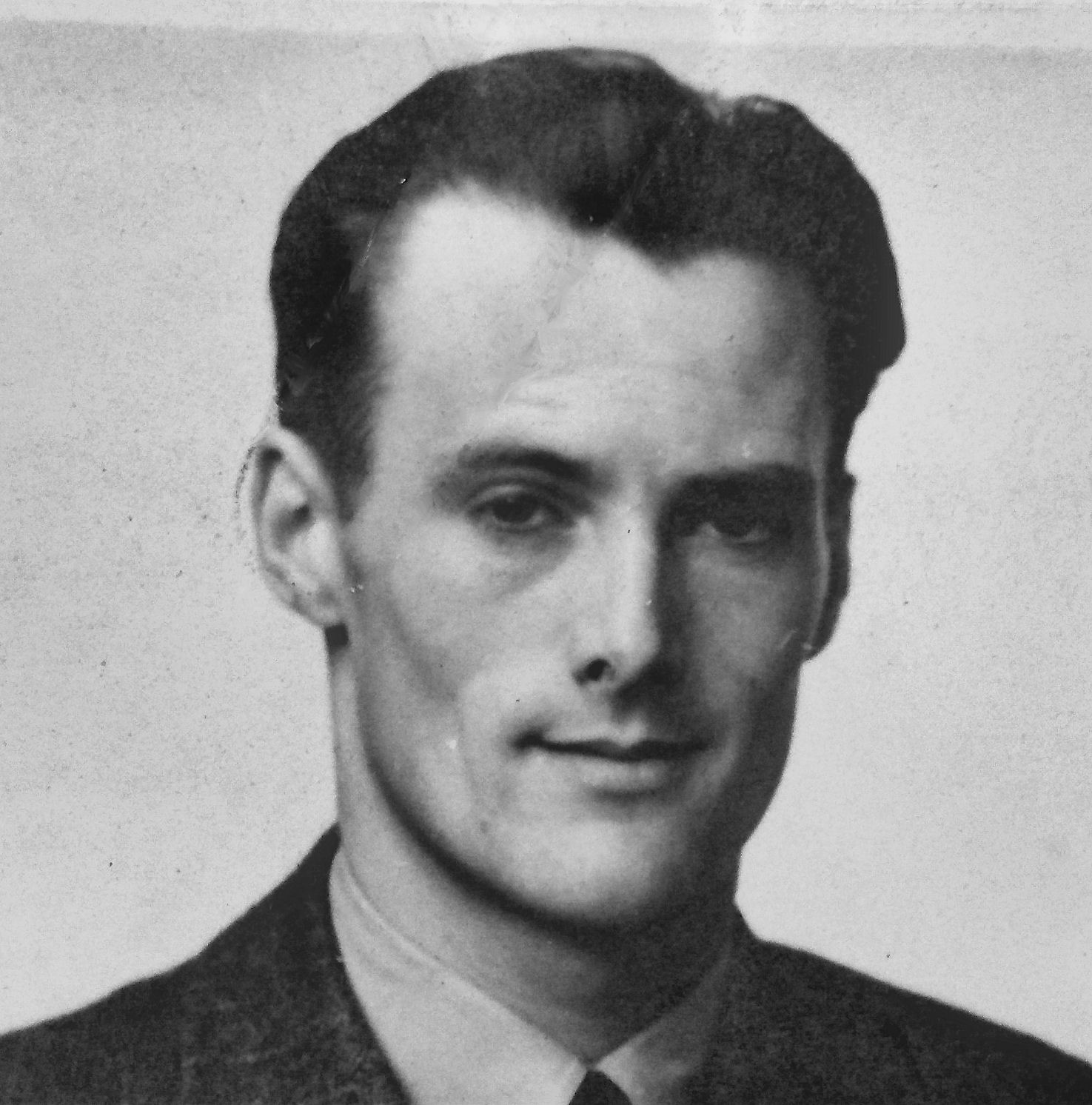 ATA
ATA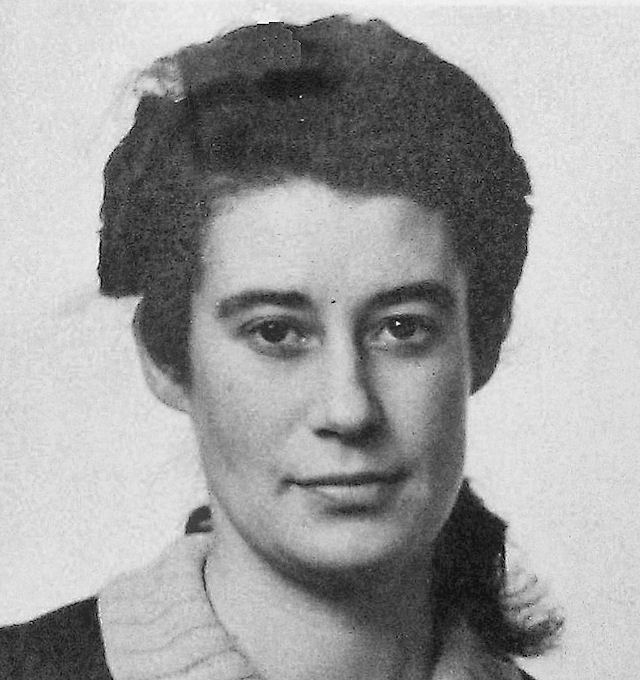 ATA
ATA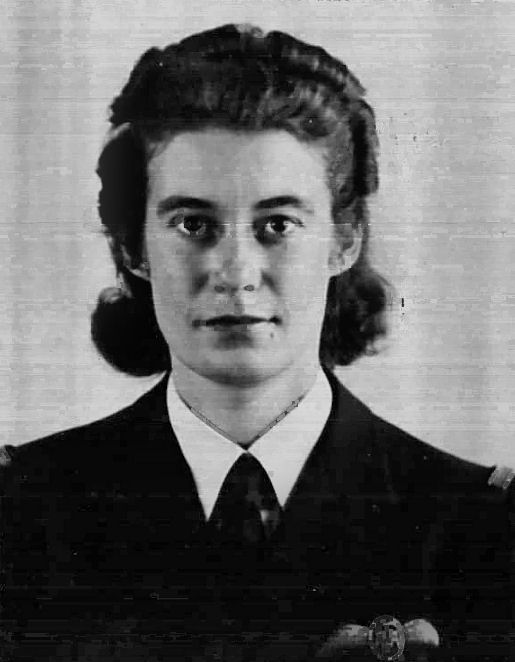 RAeC 1945
RAeC 1945
 1944
1944 Raithby Hall, the home of the Rawnsley family
Raithby Hall, the home of the Rawnsley family
 1993
1993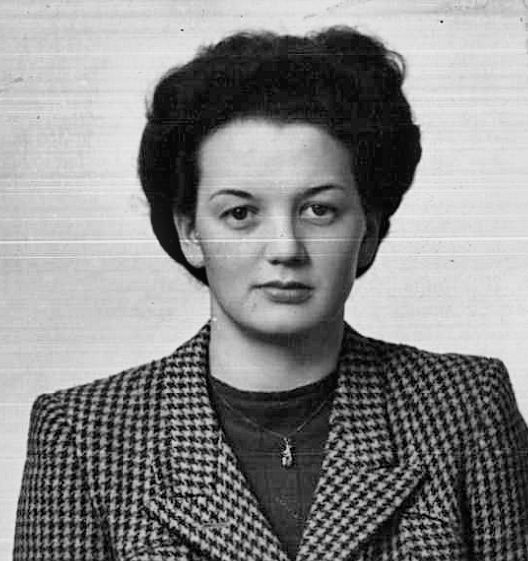 RAeC 1945
RAeC 1945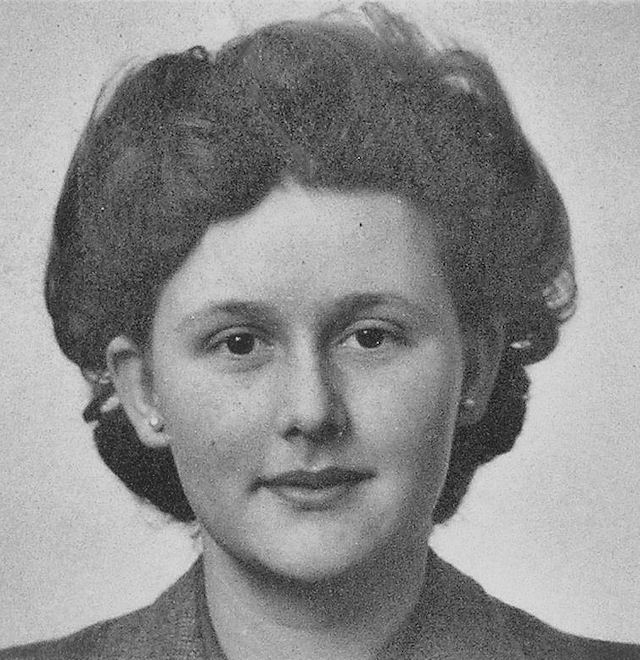 ATA
ATA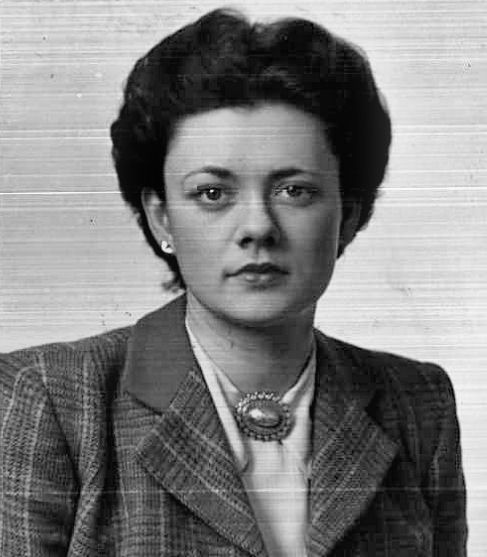 RAeC 1945
RAeC 1945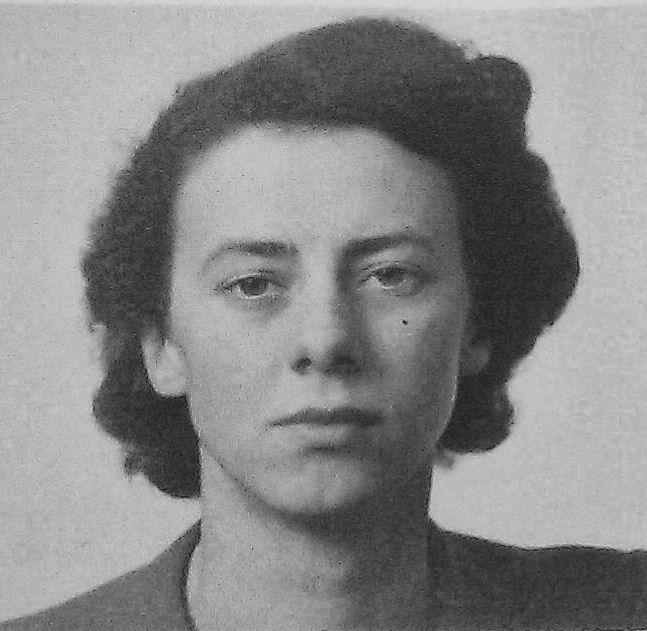 ATA
ATA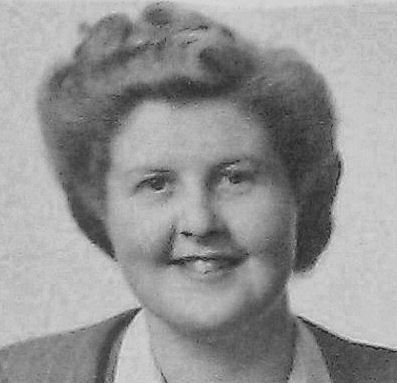
 with David Crichton, 1946
with David Crichton, 1946 1944
1944
 RAeC 1946
RAeC 1946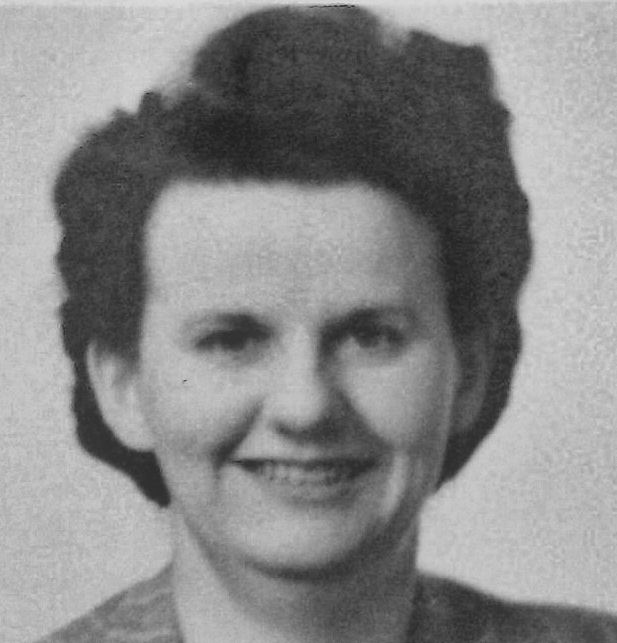 ATA
ATA
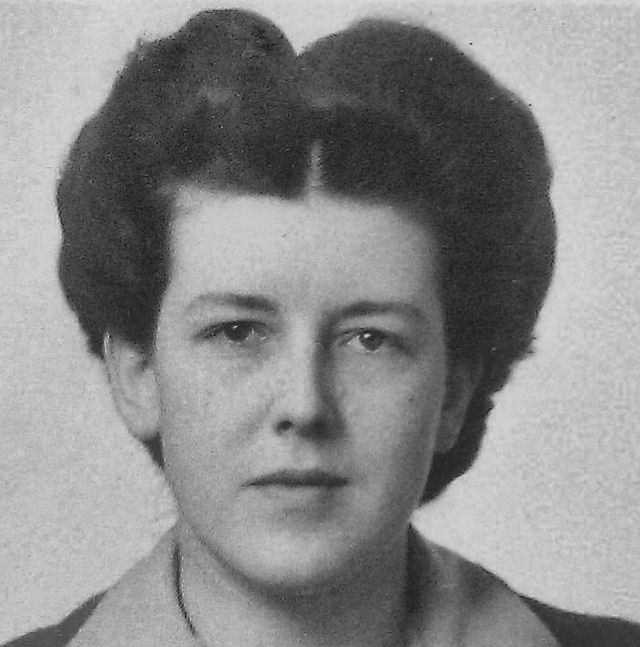 ATA
ATA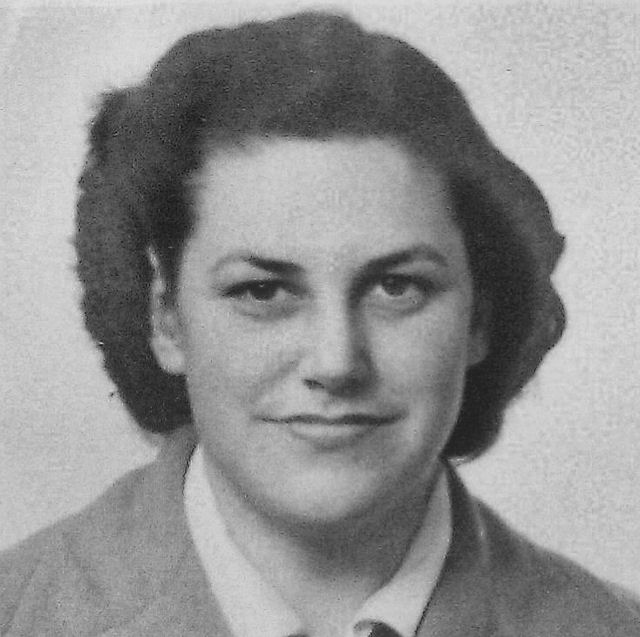 ATA
ATA Plymouth Herald
Plymouth Herald See
See  2008
2008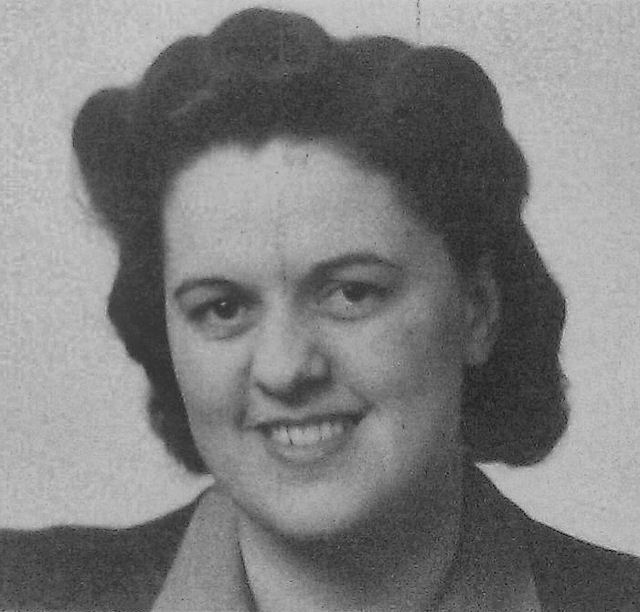 ATA
ATA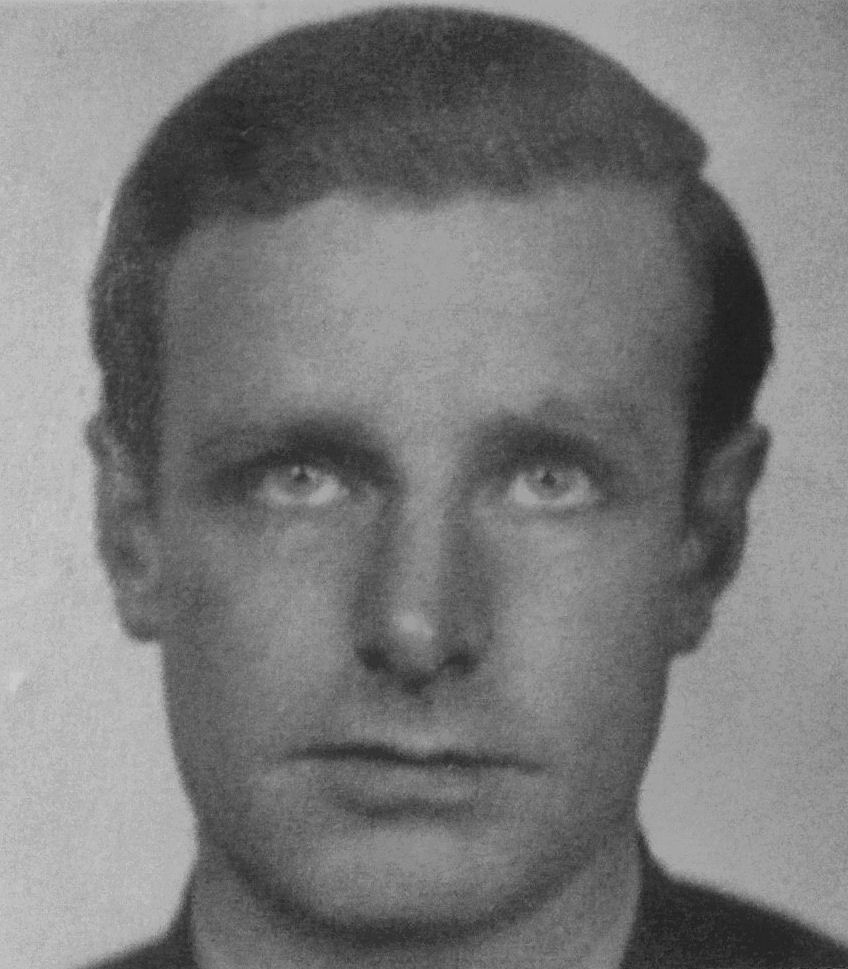
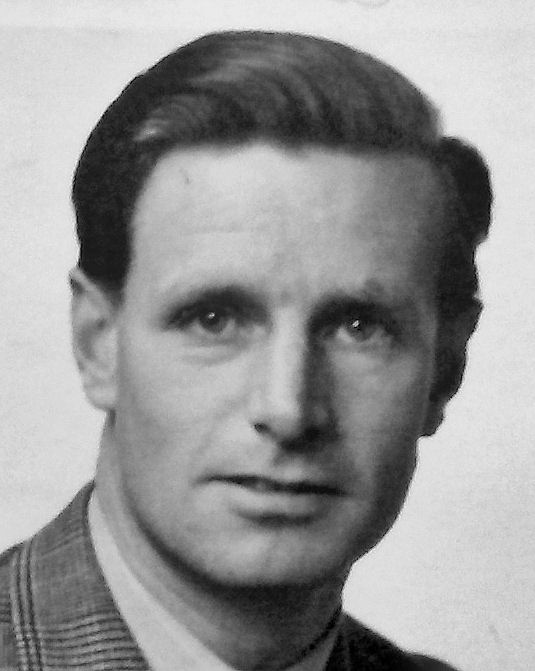 ATA
ATA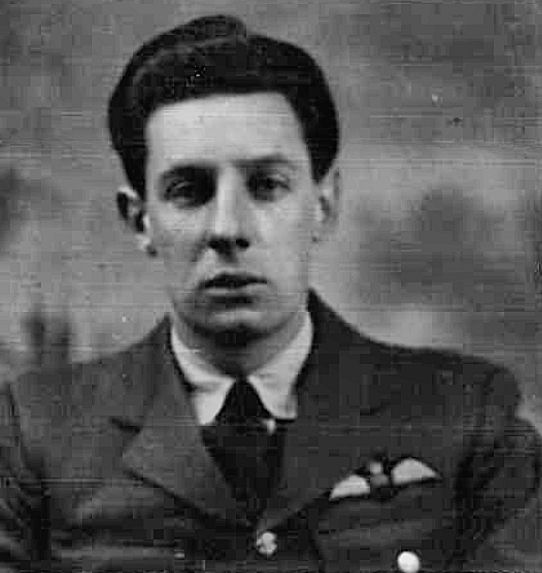 1946
1946 ATAM
ATAM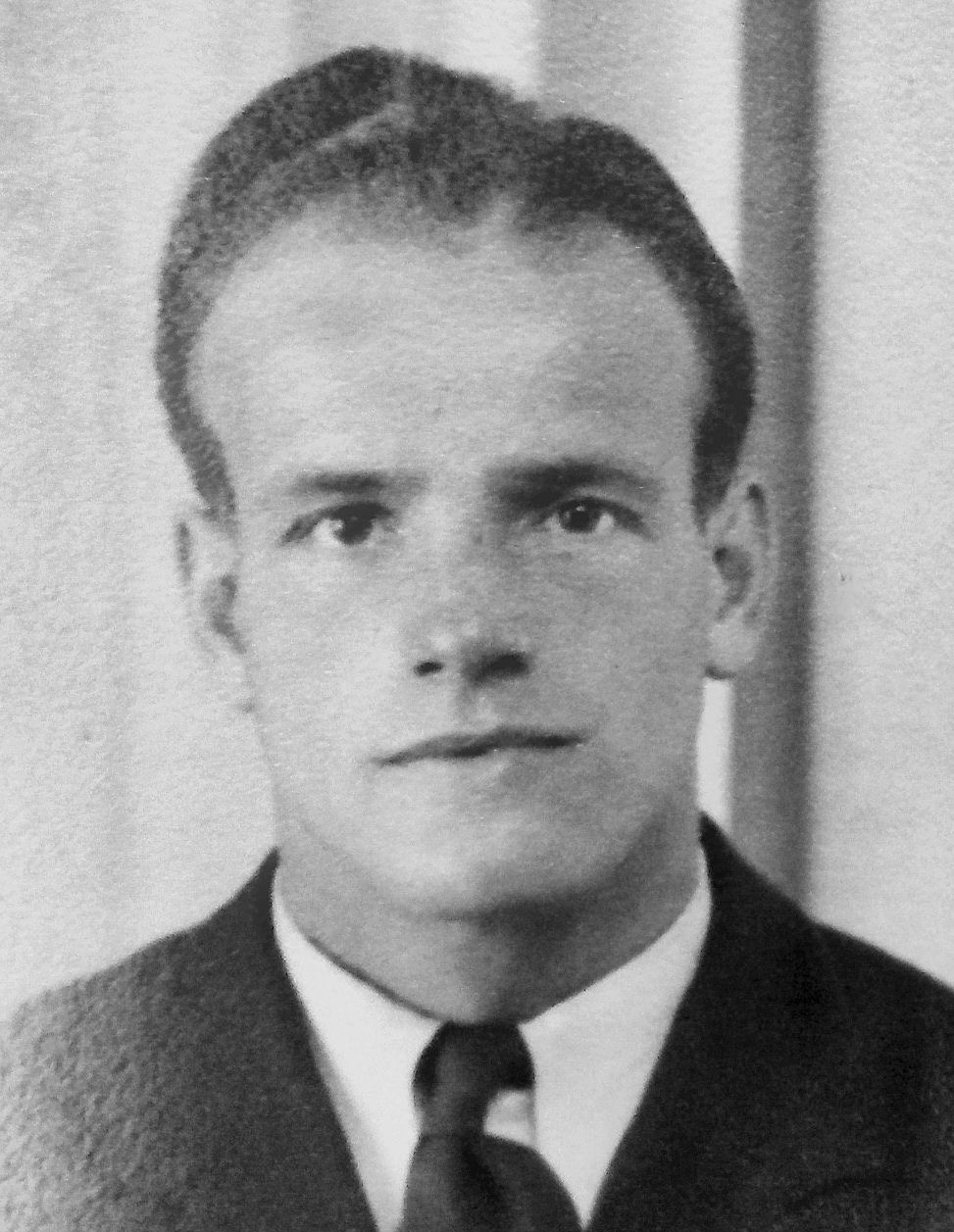
 ATA
ATA HB
HB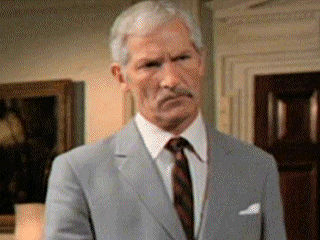 1979
1979
 ATA
ATA 1947
1947 ATA
ATA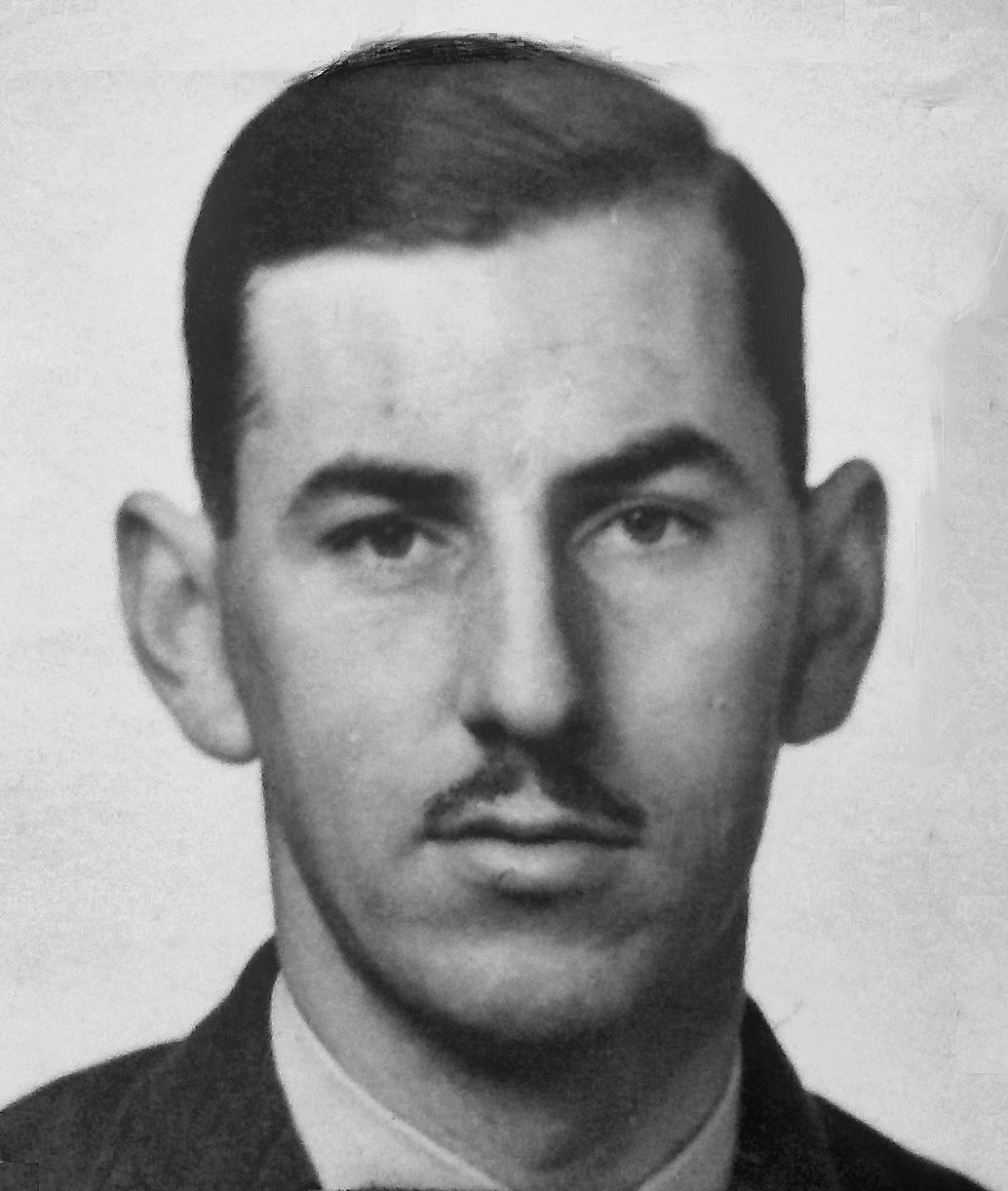 ATA
ATA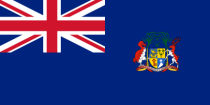
 ATA
ATA Albert's Flight Authorization card, 16 Aug 1944
Albert's Flight Authorization card, 16 Aug 1944
 At the crash site in 2010, including Albert's two younger sisters
At the crash site in 2010, including Albert's two younger sisters  "F/Lieut" appears to be a mistake
"F/Lieut" appears to be a mistake ATA
ATA ATA
ATA Michael's Flight Authorization Card, 24 Aug 1944
Michael's Flight Authorization Card, 24 Aug 1944
 1949
1949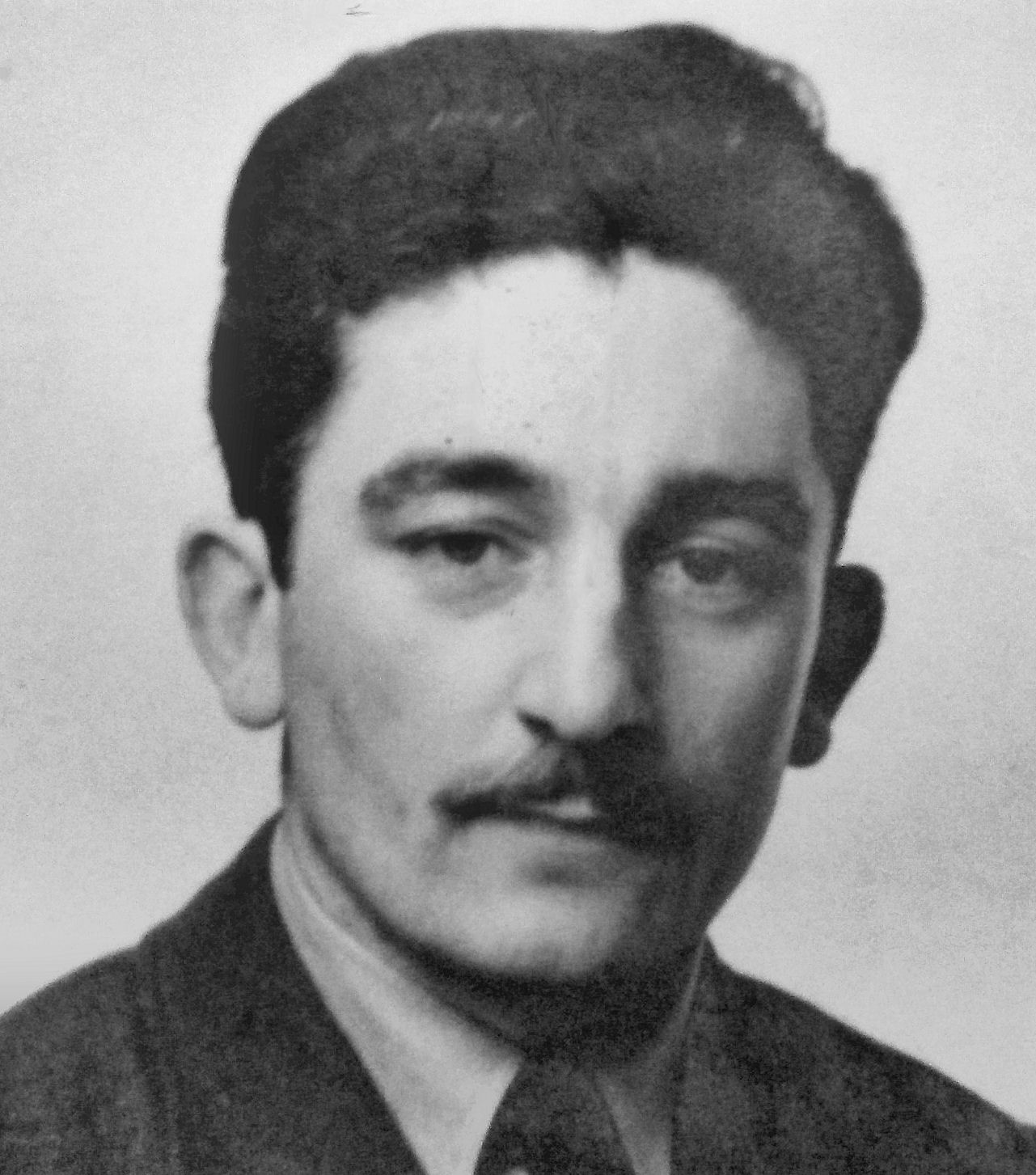 ATA
ATA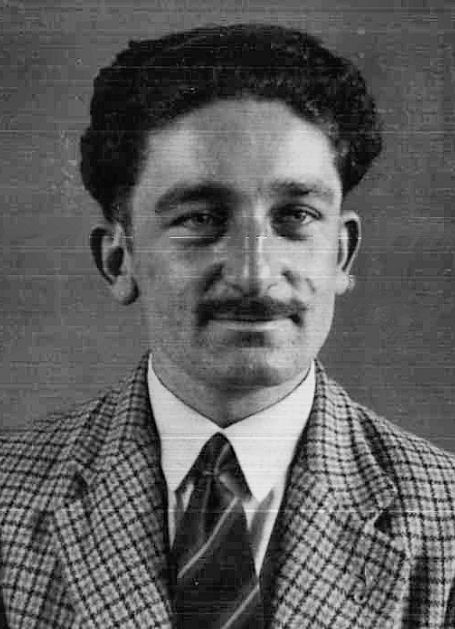 1946
1946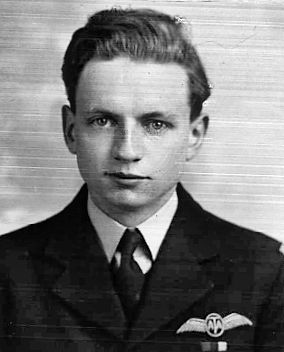 1945
1945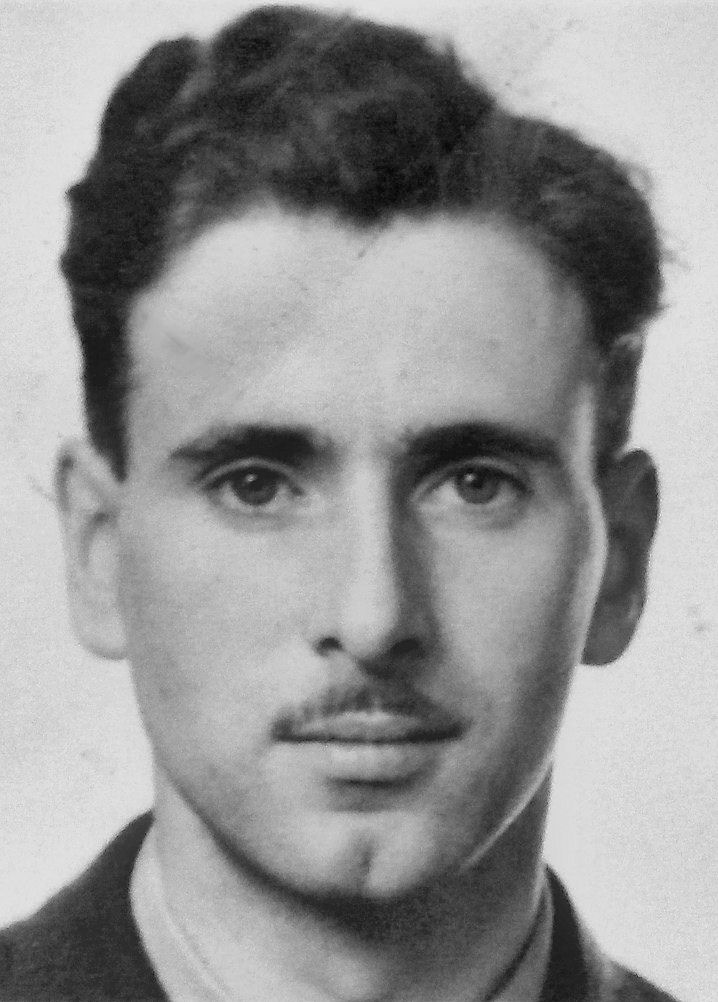 ATA
ATA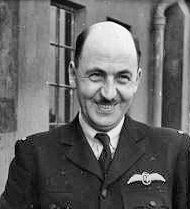 MAMM
MAMM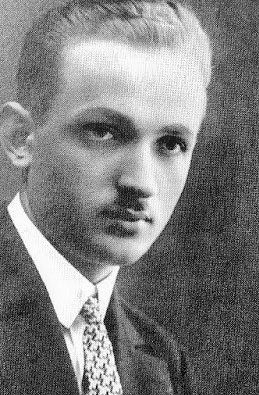 c. 1930
c. 1930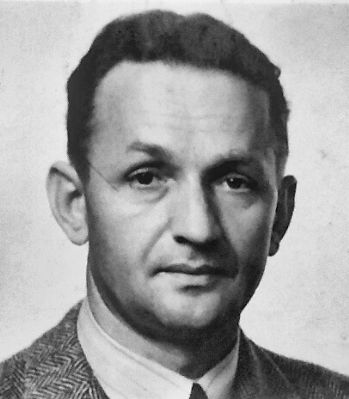 ATA
ATA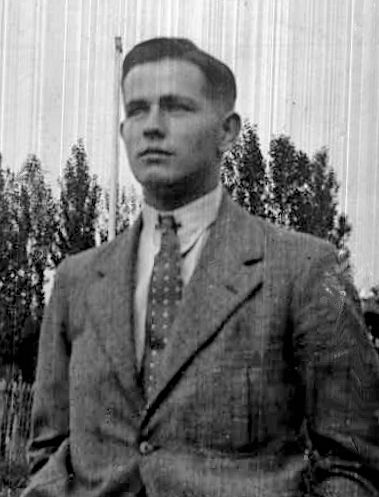 1938
1938
